Search Result
Results for "
Anti-inflammatory Inhibitors
" in MedChemExpress (MCE) Product Catalog:
1141
Inhibitors & Agonists
5
Biochemical Assay Reagents
108
Isotope-Labeled Compounds
| Cat. No. |
Product Name |
Target |
Research Areas |
Chemical Structure |
-
- HY-106823
-
-
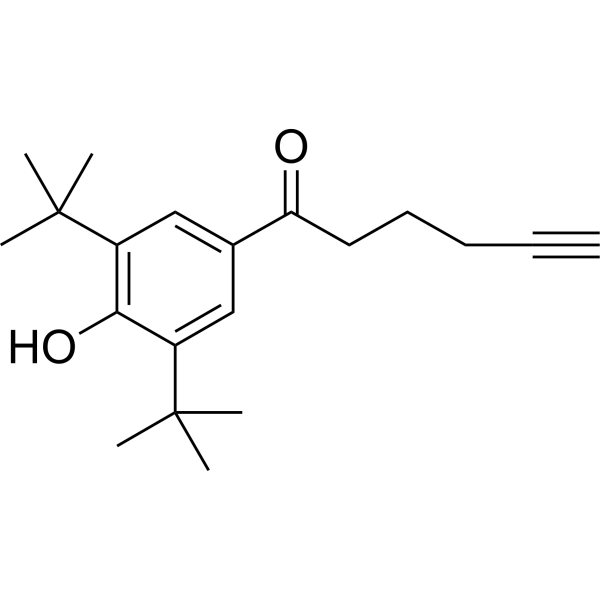
-
- HY-156340
-
|
|
Interleukin Related
|
Inflammation/Immunology
|
|
Anti-inflammatory agent 58 is an anti-inflammatory agent. Anti-inflammatory agent 58 inhibits IL-1β with an IC50 of 1.08 μM. Anti-inflammatory agent 58 decreases pro-inflammatory gene expression, protein secretion, and NF-κB phosphorylation .
|
-
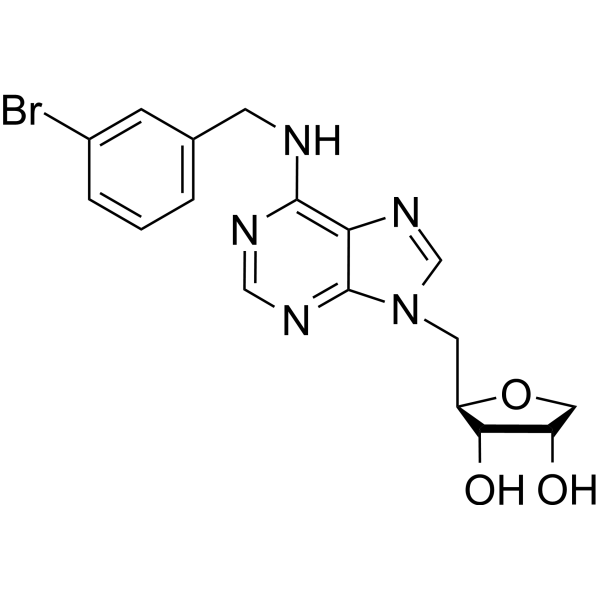
-
- HY-156342
-
|
|
Interleukin Related
|
Inflammation/Immunology
|
|
Anti-inflammatory agent 59 is an anti-inflammatory agent. Anti-inflammatory agent 58 inhibits IL-1β with an IC50 of 2.28 μM. Anti-inflammatory agent 58 decreases pro-inflammatory gene expression, protein secretion, and NF-κB phosphorylation .
|
-
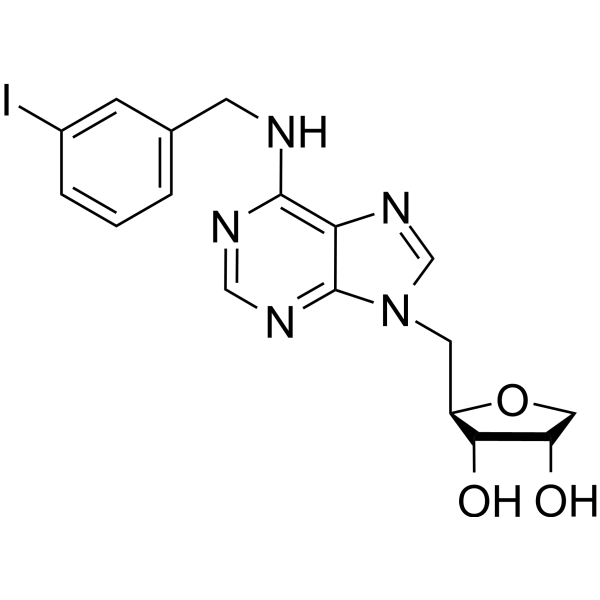
-
- HY-150587
-
|
|
ERK
NF-κB
|
Inflammation/Immunology
|
|
Anti-inflammatory agent 31 (enone 17) is a kind of andrographolide derivatives, is a anti-inflammatory agent. Anti-inflammatory agent 31 inhibits NF-κB activation by upstream blockade of PI3K/Akt and ERK1/2 MAPK activation. Anti-inflammatory agent 31 shows recovery effective of the intracellular GSH levels and protective effect on liver .
|
-
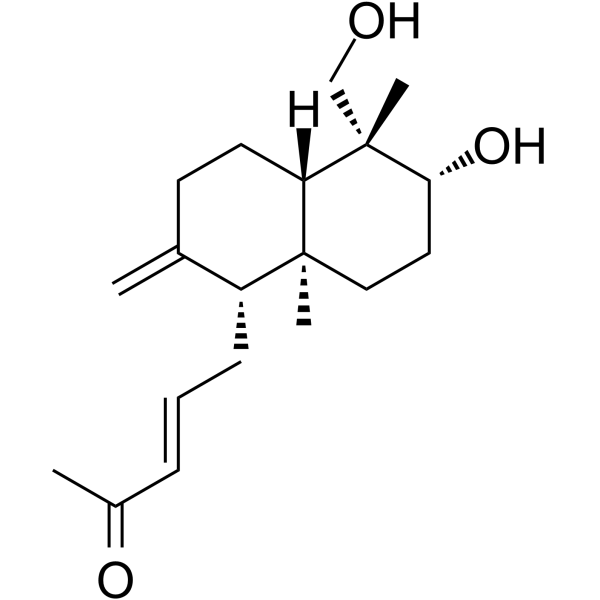
-
- HY-N1159
-
|
|
NF-κB
|
Inflammation/Immunology
|
|
Teuclatriol is an NF-κB inhibitor can be isolated from salvia mirzayanii, has anti-inflammatory effects. Teuclatriol inhibits TNF-α secretion in a dose-dependent manner .
|
-
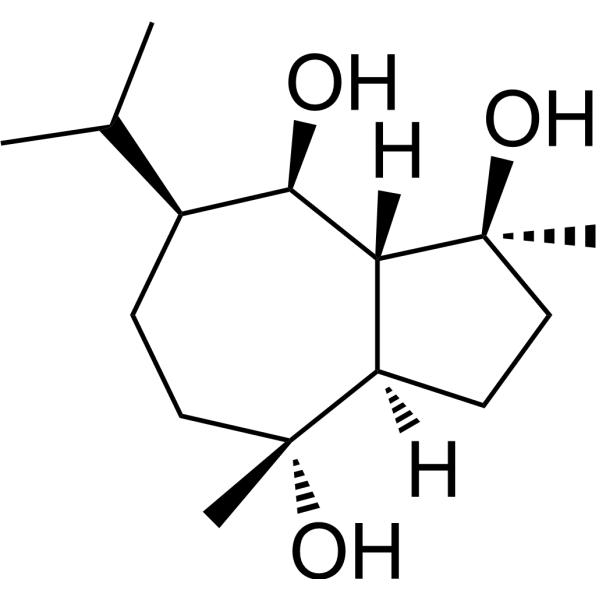
-
- HY-126294
-
|
AZD4604; JAK1-IN-7
|
JAK
|
Inflammation/Immunology
|
|
Londamocitinib (AZD4604) is a potent and selective JAK1 inhibitor with IC50 at 0.54 nM. Londamocitinib has anti-inflammatory activity .
|
-
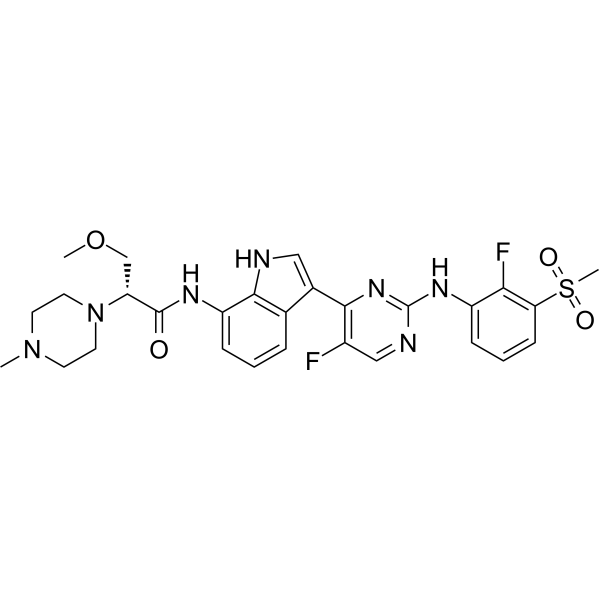
-
- HY-161315
-
-
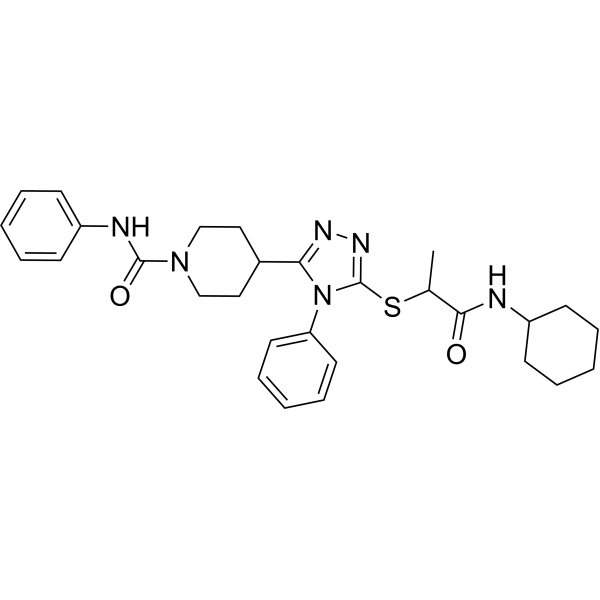
-
- HY-156254
-
|
|
COX
|
Inflammation/Immunology
|
|
COX-2-IN-35 (compound 7) is a selective COX-2 inhibitor with an IC50 of 4.37 nM. COX-2-IN-35 has anti-inflammatory activity .
|
-
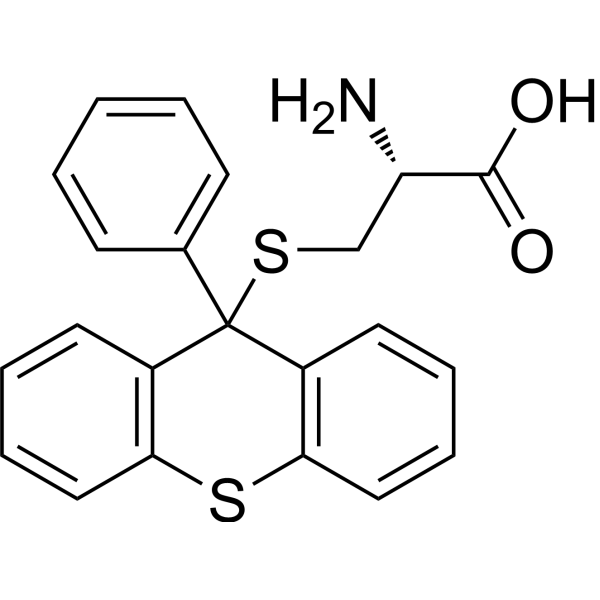
-
- HY-10403A
-
|
|
p38 MAPK
|
Inflammation/Immunology
|
|
(aS)-PH-797804 is a selective p38 MAPK inhibitor with IC50 values for p38 α /β of 26 nM and 102 nM, respectively. (aS)-PH-797804 has anti-inflammatory activity .
|
-
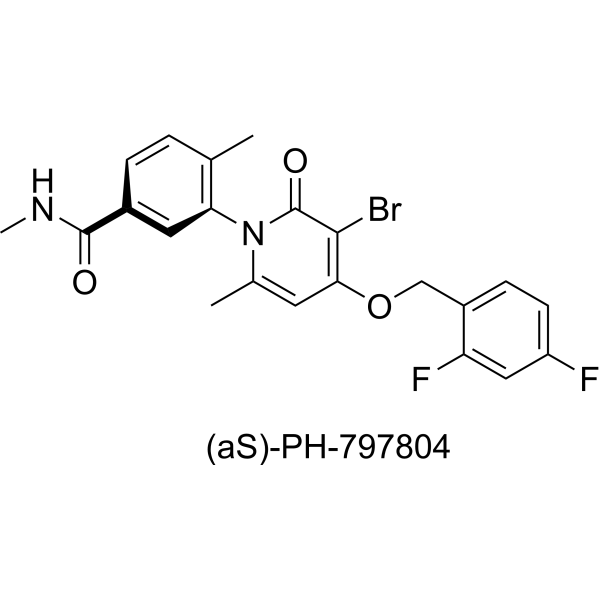
-
- HY-161297
-
-
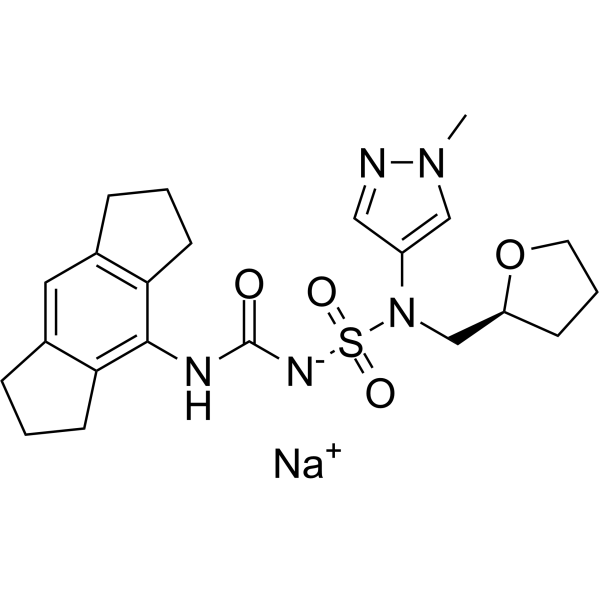
-
- HY-12642
-
|
|
Parasite
|
Infection
Inflammation/Immunology
|
|
Diethylcarbamazine citrate is an orally active anthropoidal compound. Diethylcarbamazine citrate is an inhibitor of arachidonic acid metabolism of filaria microfilaria. Diethylcarbamazine citrate has anti-inflammatory and antiparasitic activity .
|
-
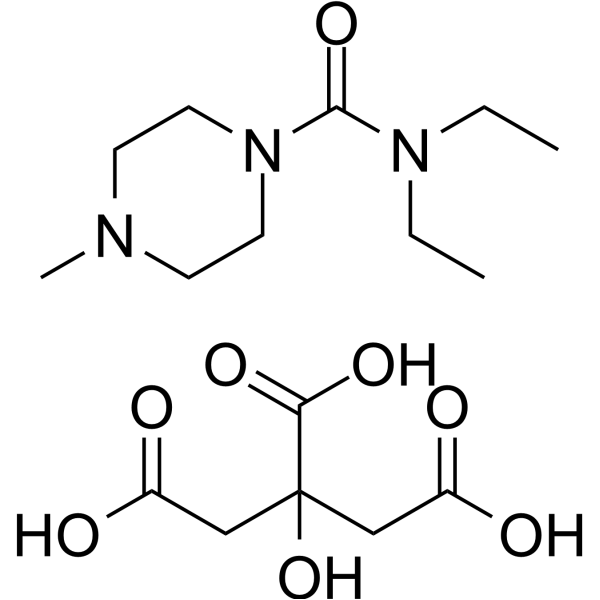
-
- HY-B0494
-
|
Bufexamic acid
|
HDAC
Aminopeptidase
|
Inflammation/Immunology
Cancer
|
|
Bufexamac is a selective Ⅱb HDAC (HDAC6, HDAC10) and LTA4H dual inhibitor, with Kds of 0.53 µM and 0.22 µM for HDAC6 and HDAC10. Bufexamac is a nonsteroida anti-inflammatory drug .
|
-
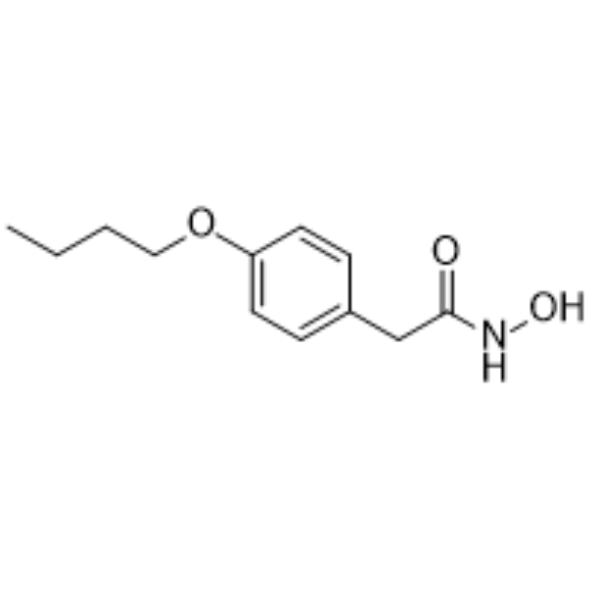
-
- HY-118704
-
|
|
mTOR
|
Inflammation/Immunology
Cancer
|
|
P-2281 is a mTOR inhibitor with anticancer and anti-inflammatory efficacies. P-2281 suppresses dextran sulfate sodium (DSS)-induced colitis by inhibiting T cell function and is efficacious in a murine model of human colitis .
|
-
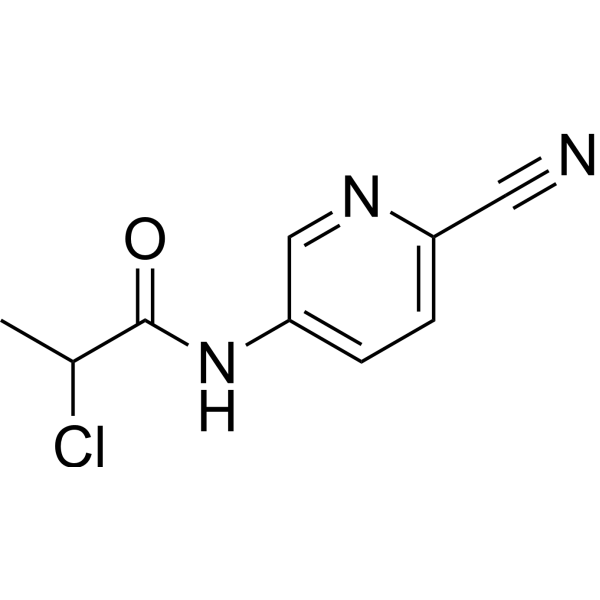
-
- HY-121097
-
-
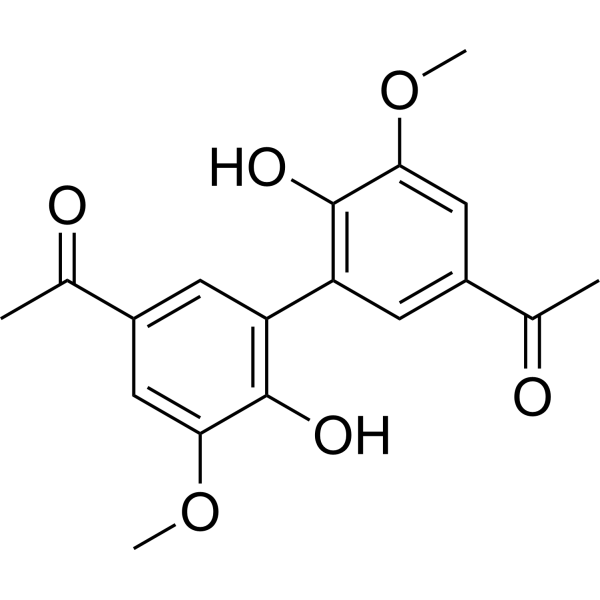
-
- HY-N8304
-
|
(+)-Shegansu B; Parvifolol D
|
Interleukin Related
|
Inflammation/Immunology
|
|
Shegansu B is an inhibitor of IL-1β. Shegansu B 6 inhibits IL-1β expression on LPS-induced THP-1 cells with 64.74% inhibition. Shegansu B has anti-inflammatory activity .
|
-
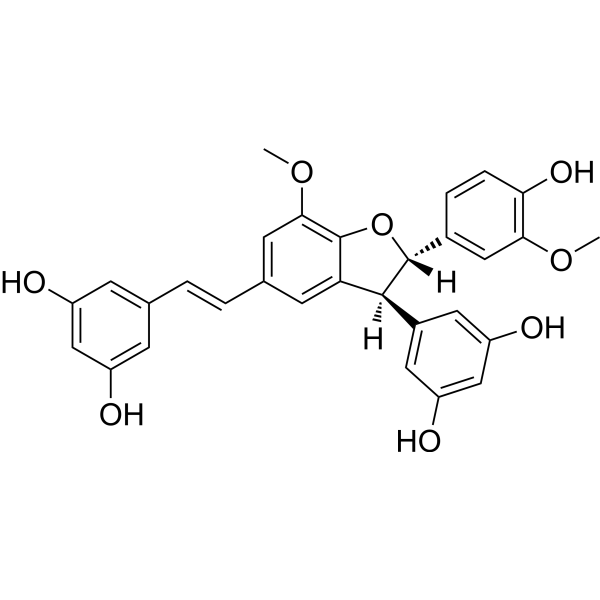
-
- HY-148553
-
|
|
Others
|
Inflammation/Immunology
|
|
Anti-inflammatory agent 36 is an anti-inflammatory agent. Anti-inflammatory agent 36 inhibits LPS-induced macrophage activation .
|
-
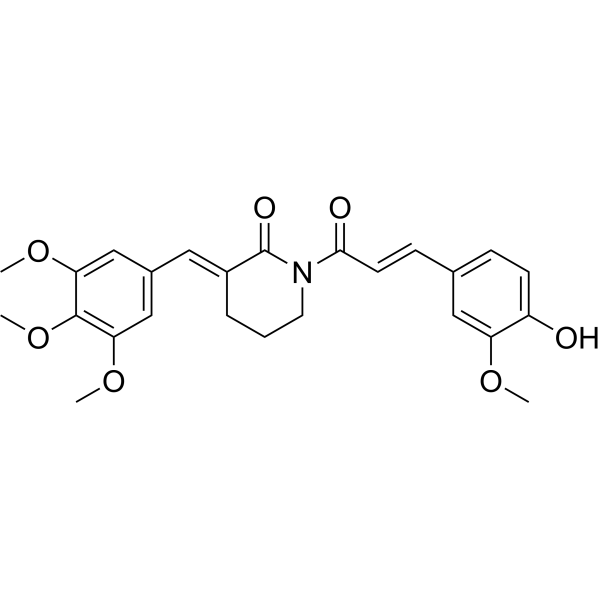
-
- HY-157963
-
-
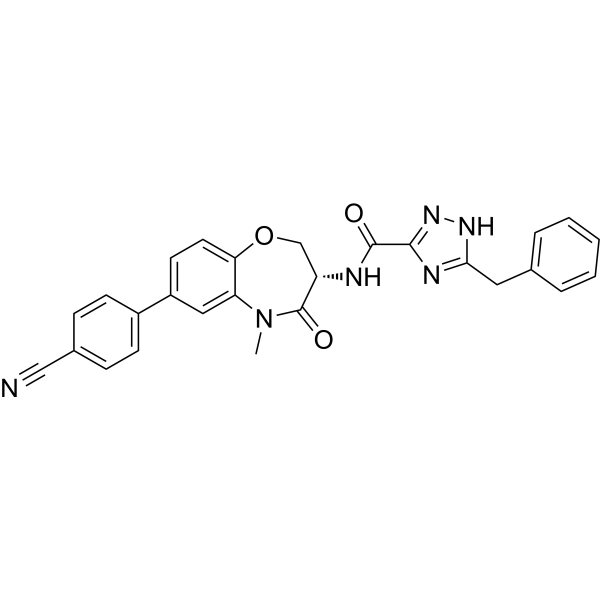
-
- HY-108617
-
|
|
Phosphodiesterase (PDE)
|
Inflammation/Immunology
|
|
YM976 is a phosphodiesterase 4 (PDE4) inhibitor with an IC50 of 2.2 nM. YM976 shows the dissociation of anti-inflammatory activities from emetic effects and inhibits the antigen-induced airway responses .
|
-
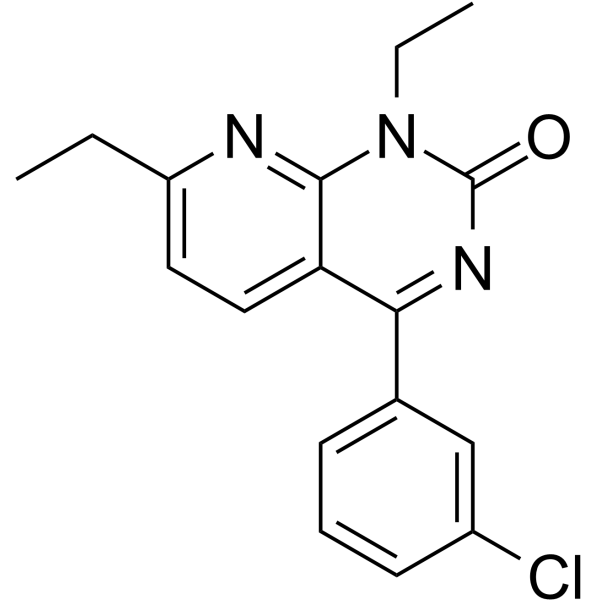
-
- HY-150551
-
|
|
COX
|
Inflammation/Immunology
|
|
COX-2-IN-27 is a potent and selective COX-2 inhibitor with IC50 values of 13.22, 0.045, 1.67 µM for COX-1, COX-2, 15-LOX, respectively. COX-2-IN-27 shows anti-inflammatory activity .
|
-
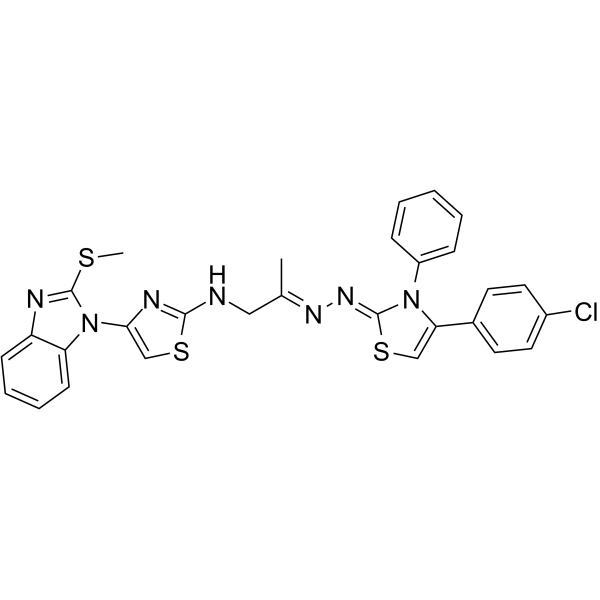
-
- HY-151921
-
|
|
p38 MAPK
|
Inflammation/Immunology
|
|
Anti-inflammatory agent 33 is a potent p38α inhibitor. Anti-inflammatory agent 33 inhibits NO production. Anti-inflammatory agent 33 inhibits LPS-induced iNOS, COX-2, p-p38α, p-MK2 protein expression. Anti-inflammatory agent 33 shows anti-inflammatory activity .
|
-
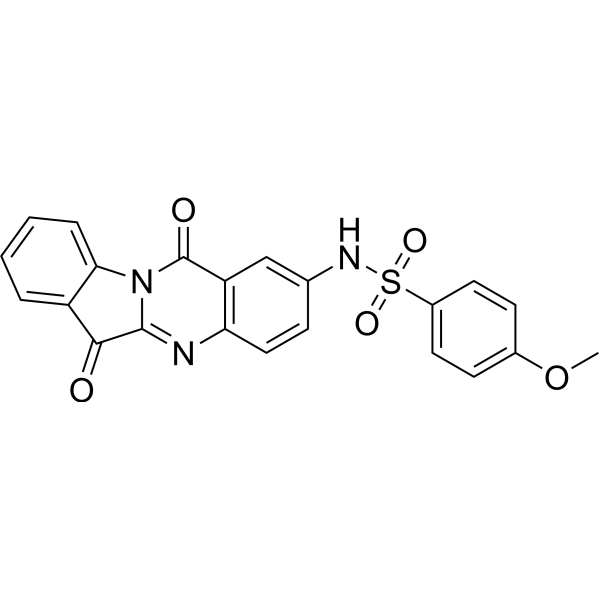
-
- HY-146547
-
|
|
Interleukin Related
TNF Receptor
|
Inflammation/Immunology
|
|
Anti-inflammatory agent 17 is a potent and orally active anti-inflammatory agent. Anti-inflammatory agent 17 inhibits the release of IL-6 and TNF-α in vitro experiments without cytotoxicity. Anti-inflammatory agent 17 exhibits anti-inflammatory activity in vivo. Anti-inflammatory agent 17 has the potential for the research of Acute lung injury (ALI) .
|
-
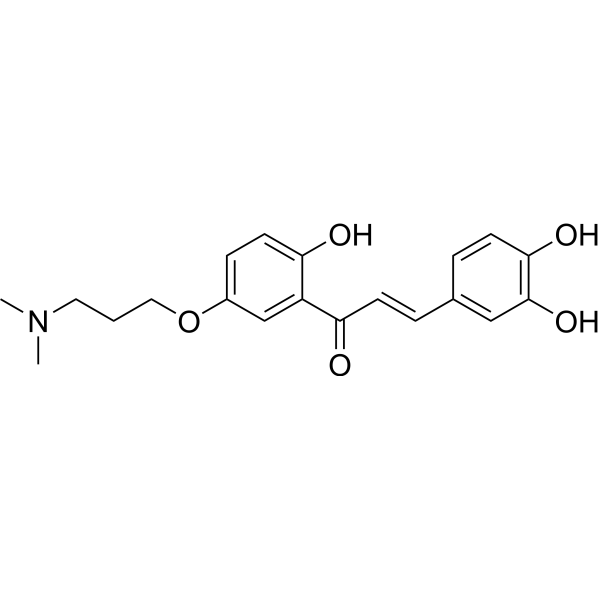
-
- HY-155997
-
|
|
COX
|
Inflammation/Immunology
|
|
Anti-inflammatory agent 56 (Compound 9) is a selective COX-2 inhibitor (IC50: 0.54 μM). Anti-inflammatory agent 56 has anti-oxidant and anti-inflammatory effects. Anti-inflammatory agent 56 inhibits oxidative stress induced cell death. Anti-inflammatory agent 56 inhibits oxidative stress and neuroinflammation by inhibiting Keap1, COX-2 and iNOS. Anti-inflammatory agent 56 has low acute toxicity in mice (LD50: 1000 mg/kg) .
|
-
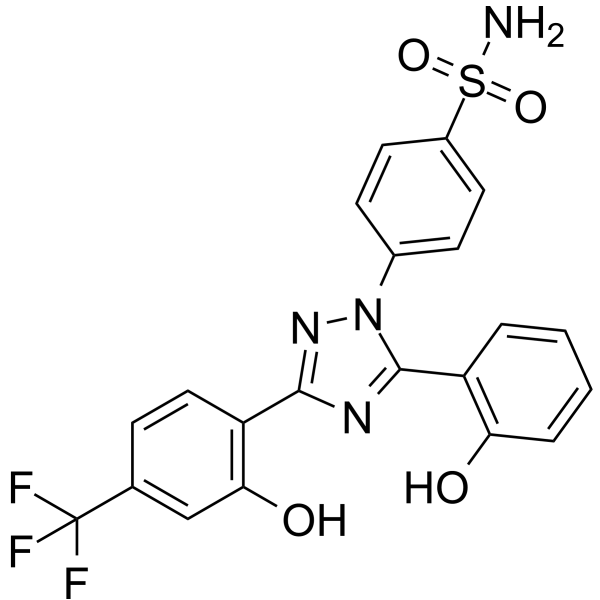
-
- HY-149961
-
|
|
Parasite
|
Infection
Inflammation/Immunology
|
|
Anti-inflammatory agent 40 is a potential and orally active anti-malarial and anti-inflammatory agent. Anti-inflammatory agent 40 inhibits carrageenan induced paw swelling in vivo.
|
-
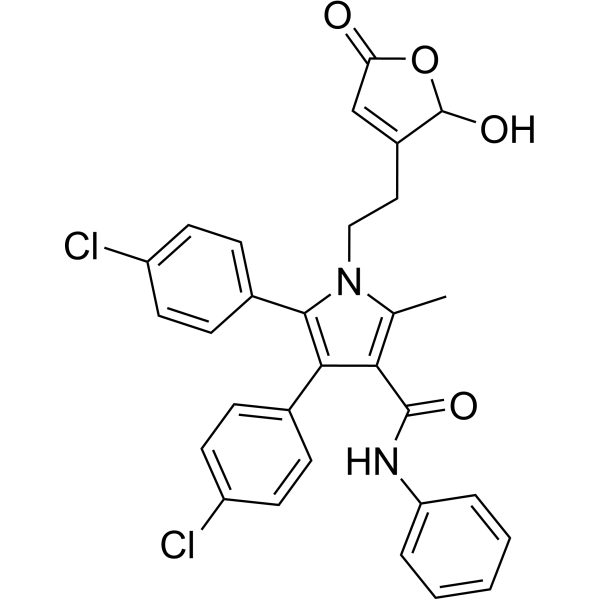
-
- HY-160027
-
|
|
TNF Receptor
|
Inflammation/Immunology
|
|
TNF-alpha-IN-1 (compound 202) is an orally active inhibitor of TNF-alpha. TNF-alpha-IN-1 has anti-inflammatory activity which can used in study rheumatoid arthritis, psoriasis, and asthma .
|
-
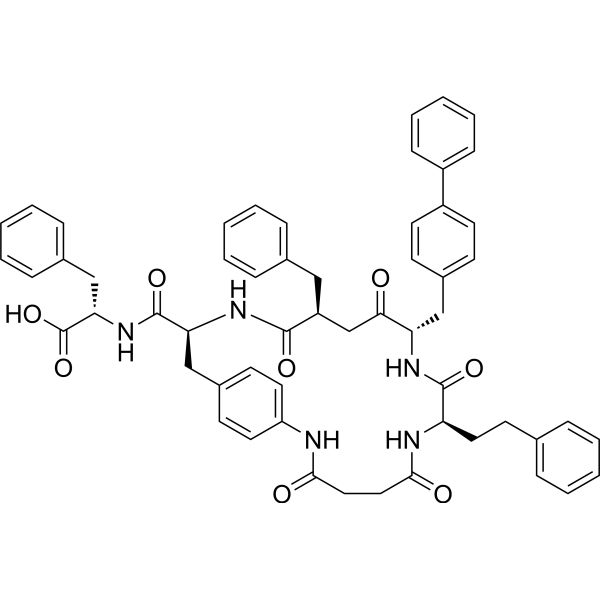
-
- HY-147769
-
|
|
Others
|
Inflammation/Immunology
|
|
Anti-inflammatory agent 23 (Compound 4m) is an anti-inflammatory agent. Anti-inflammatory agent 23 inhibits the production of NO activated by LPS with an IC50 of 0.449 μM. Anti-inflammatory agent 23 has a good affinity for p65 protein .
|
-
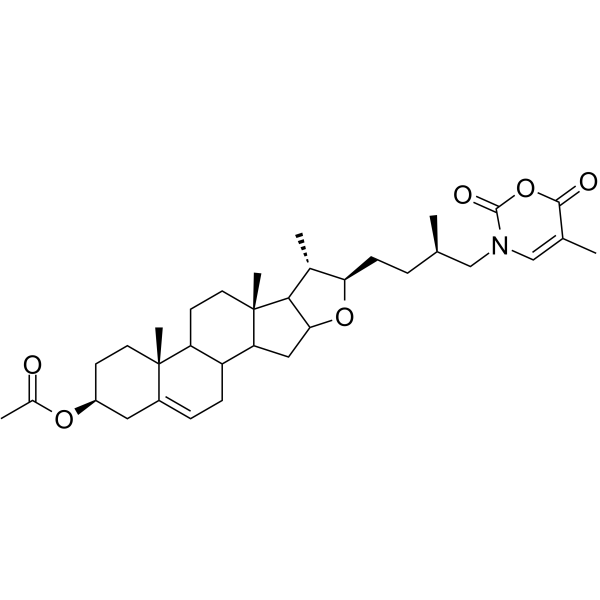
-
- HY-155405
-
|
|
ROS Kinase
Interleukin Related
|
Inflammation/Immunology
|
|
Anti-inflammatory agent 64 (compound 4b) inhibits the secretion of IL-6 and TNF-α. Anti-inflammatory agent 64 has antioxidant and anti-inflammatory activity in vitro and in vivo. Anti-inflammatory agent 64 can effectively reduce paw edema .
|
-
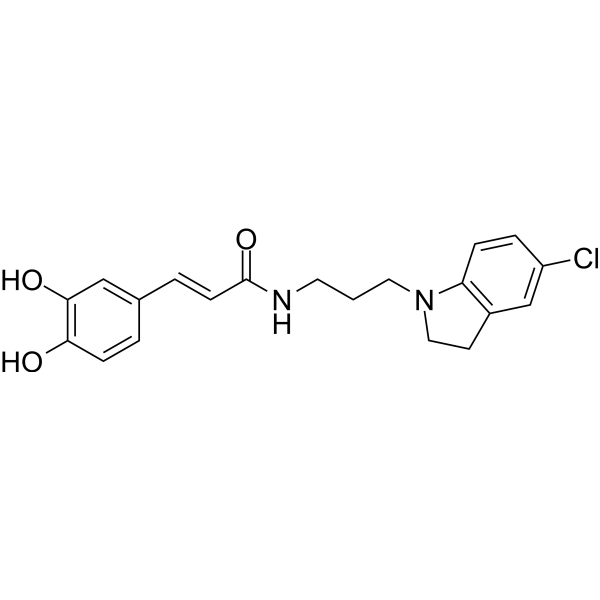
-
- HY-157570
-
|
|
STING
|
Infection
|
|
Anti-inflammatory agent 70 (N-Me-SP23) is a STING protein degrader and inhibits the STING signaling pathway. Anti-inflammatory agent 70 has anti-inflammatory activity .
|
-
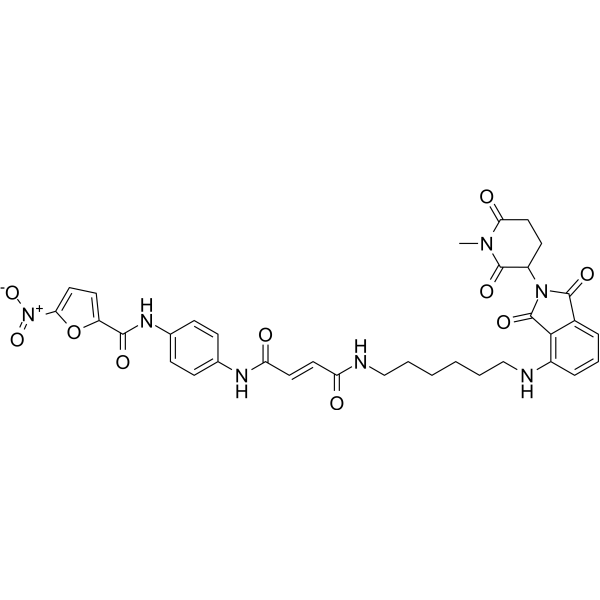
-
- HY-146435
-
|
|
TNF Receptor
|
Inflammation/Immunology
|
|
Anti-inflammatory agent 22 (compound 14a) is an orally active anti-inflammatory agent. Anti-inflammatory agent 22 inhibits LPS-induced TNF-α production with an IC50 value of 14.6 μM. Anti-inflammatory agent 22 has preventive effects on lymphedematous tissue via suppression of adipogenesis. Anti-inflammatory agent 22 suppresses limb lymphedema volume in mice .
|
-
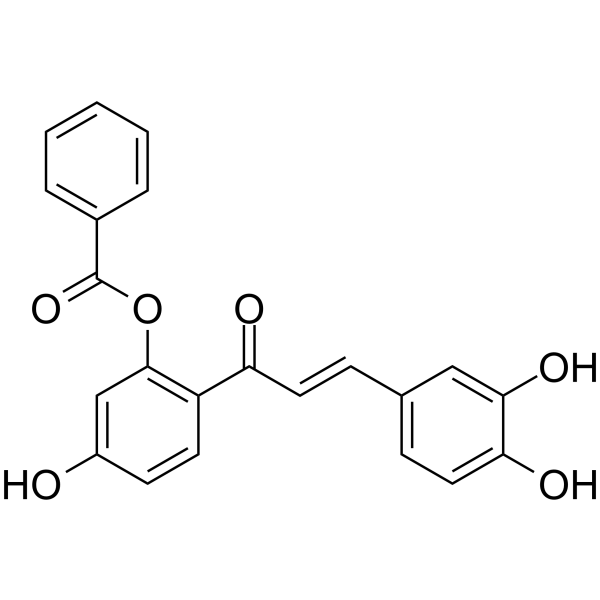
-
- HY-146419
-
|
|
NF-κB
COX
TNF Receptor
|
Inflammation/Immunology
|
|
Anti-inflammatory agent 20 (compound 5a) is a potent inhibitor of NO activity. Anti-inflammatory agent 20 shows anti-inflammatory activity. Anti-inflammatory agent 20 suppresses LPS-induced inflammation via inhibiting the activation of NF-κB and MAPK signaling and thereby reducing IL-6, TNF-α, iNOS, and COX-2 upregulation .
|
-
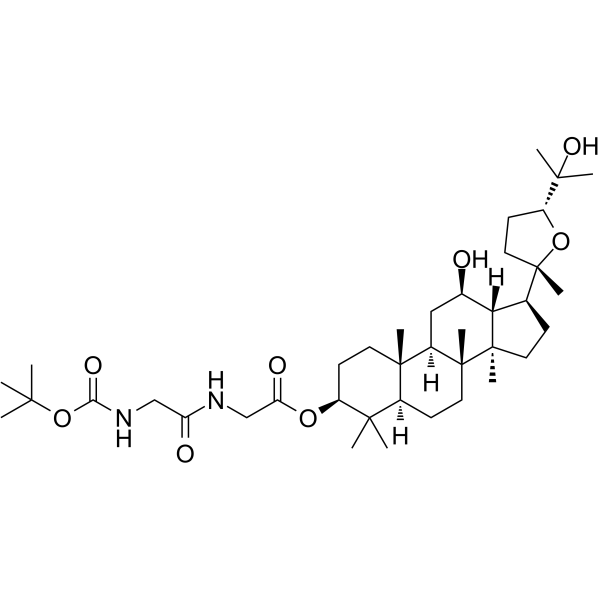
-
- HY-P9928
-
|
REGN 727; SAR 236553
|
Ser/Thr Protease
|
Cardiovascular Disease
|
|
Alirocumab (REGN 727) is a human monoclonal antibody inhibitor of PCSK9. Alirocumab is a monoclonal antibody. Alirocumab has anti-inflammatory, antiangiogenic and antioxidant effects. Alirocumab can be used in the study of hypercholesterolemia .
|
-

-
- HY-149724
-
|
|
STING
NO Synthase
|
Inflammation/Immunology
|
|
Anti-inflammatory agent 65 (compound 29) is a Hederagonic acid derivative with potent anti-inflammatory activity. Anti-inflammatory agent 65 inhibits nitric oxide (NO) release. Anti-inflammatory agent 65 inhibits the nuclear translocation of IRF3 and p65, and disrupts the STING/IRF3/NF-κB signaling pathway, thereby attenuating the inflammatory response .
|
-
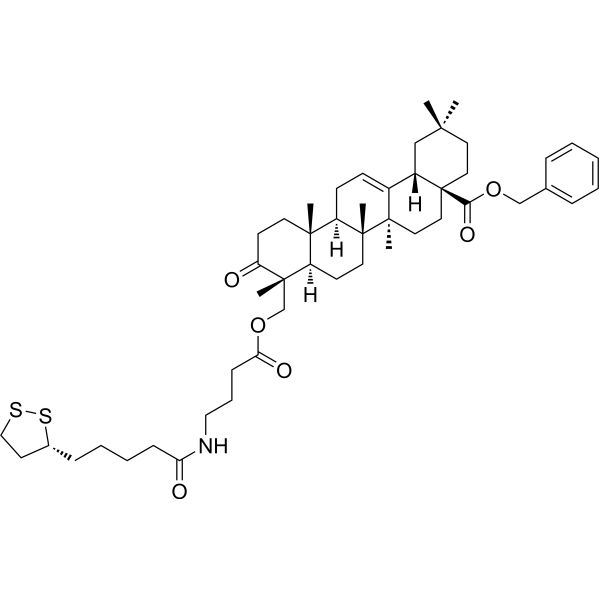
-
- HY-155551
-
|
|
NO Synthase
|
Inflammation/Immunology
|
|
Anti-inflammatory agent 46 (compound 7h) is an anti-inflammatory agent with nitric oxide (NO) inhibitory effect. Anti-inflammatory agent 46 binds to iNOS with low energies, inhibits swelling in mice (at dose of 10 mg/kg) .
|
-
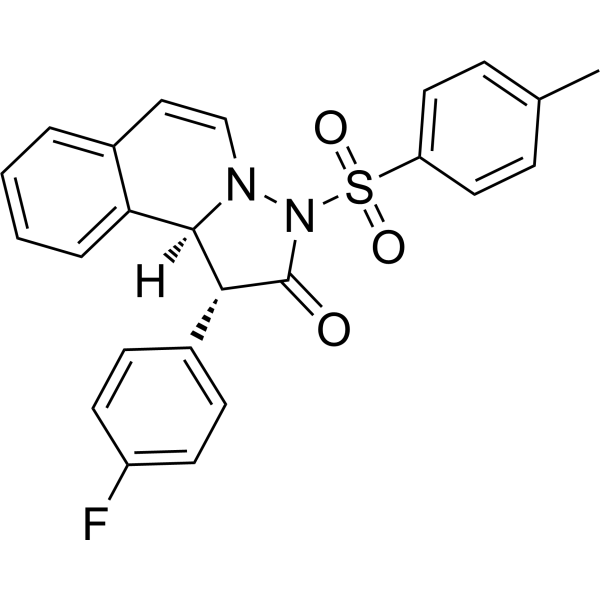
-
- HY-N8862
-
|
|
Others
|
Inflammation/Immunology
|
|
Anti-inflammatory agent 69 (compound 12), sesquiterpenoid, is an anti-inflammatory agent isolated from the dried flower buds of Tussilago farfara. Anti-inflammatory agent 69 can inhibit the NO production with IC50 value of 24 μM .
|
-
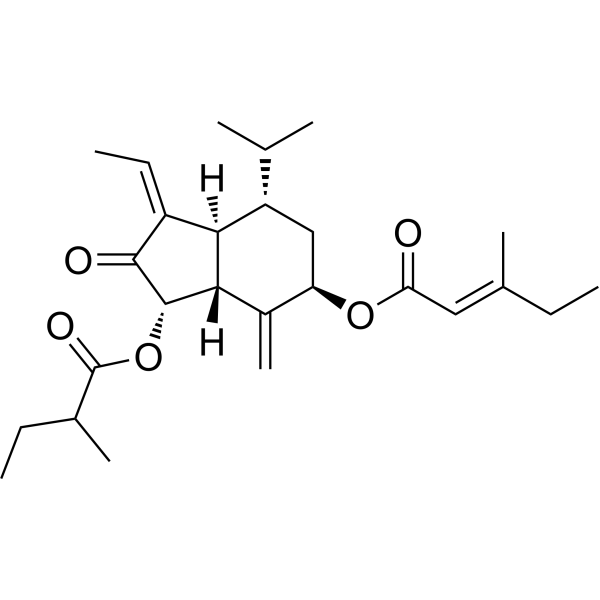
-
- HY-155820
-
|
|
NF-κB
NO Synthase
TNF Receptor
Interleukin Related
|
Inflammation/Immunology
|
|
Anti-inflammatory agent 54 (compound 9c) is a derivative of Coixol and has anti-inflammatory activity. Anti-inflammatory agent 54 inhibits the NF-κB pathway and downregulates the expression of iNOS, TNF-α, IL-6 and IL-1β. Anti-inflammatory agent 54 inhibits LPS-induced nitric oxide (NO) production in RAW264.7 macrophages (IC50: 2.4 μM) and exerts in vivo anti-inflammatory activity in a mouse auricular edema model .
|
-
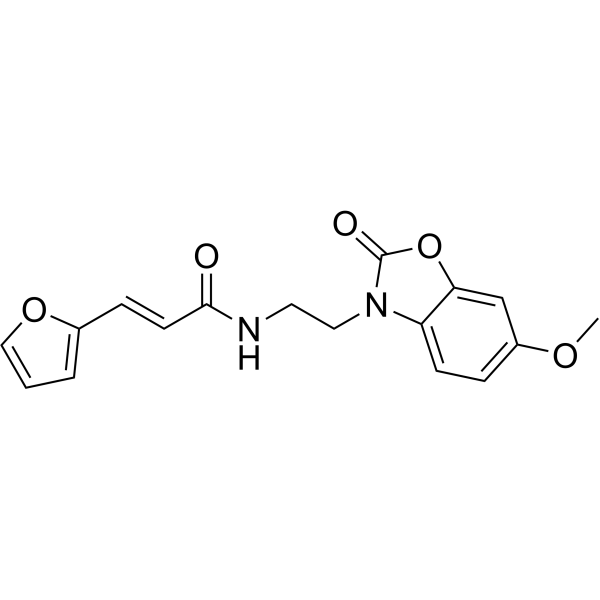
-
- HY-155821
-
|
|
NF-κB
NO Synthase
TNF Receptor
Interleukin Related
|
Inflammation/Immunology
|
|
Anti-inflammatory agent 55 (compound 9j) is a derivative of Coixol and has anti-inflammatory activity. Anti-inflammatory agent 54 inhibits the NF-κB pathway and downregulates the expression of iNOS, TNF-α, IL-6 and IL-1β. Anti-inflammatory agent 54 inhibits LPS-induced nitric oxide (NO) production in RAW264.7 macrophages (IC50: 0.8 μM) and exerts in vivo anti-inflammatory activity in a mouse auricular edema model .
|
-
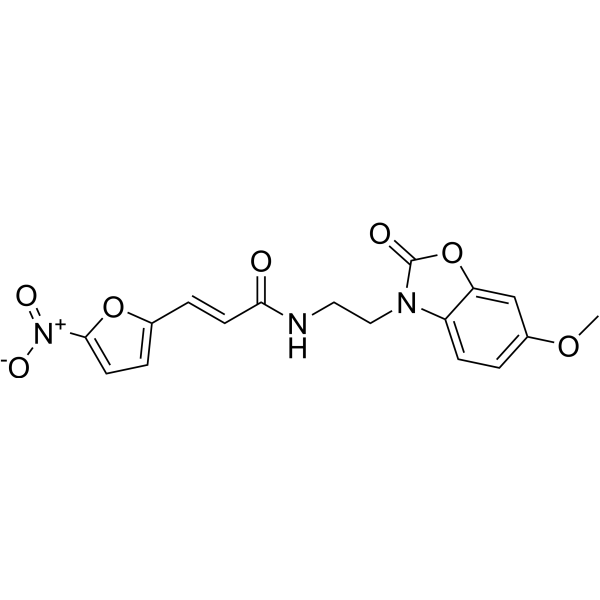
-
- HY-146971
-
|
|
NO Synthase
Reactive Oxygen Species
|
Inflammation/Immunology
|
|
Anti-inflammatory agent 38 (compound 23d) is a potent Nrf2/HO-1 pathway inhibitor, with an IC50 value of 0.38 μM for NO. Anti-inflammatory agent 38 can significantly reduce the level of ROS in cells. Anti-inflammatory agent 38 can be used for researching anti-inflammatory .
|
-
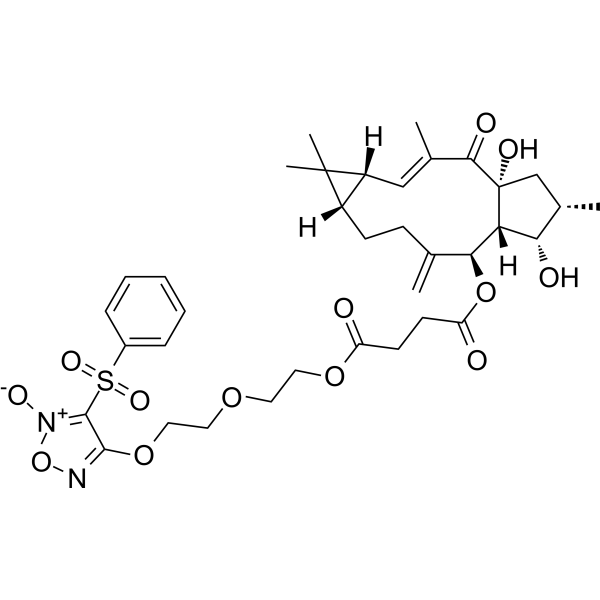
-
- HY-N3261
-
|
|
AP-1
ERK
STAT
|
Inflammation/Immunology
Cancer
|
|
Methyllinderone is an inhibitor of AP-1/STAT/ERK. Methyllinderone has anti-inflammatory effect. Methyllinderone reduce the invasion and migration rate of TPA-stimulated MCF-7 cells. Methyllinderone can be used in study breast cancer metastasis .
|
-
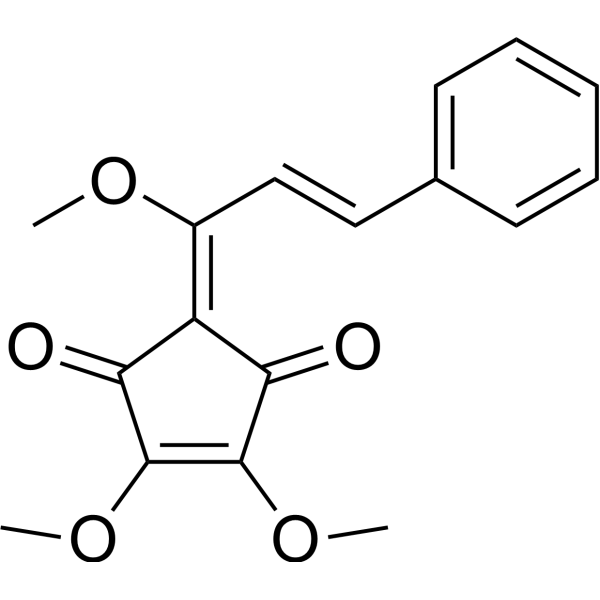
-
- HY-155765
-
|
|
NF-κB
|
Inflammation/Immunology
|
|
Anti-inflammatory agent 51 (compound 11d) is an amide/sulfonamide derivative with anti-inflammatory activities. Anti-inflammatory agent 51 inhibits NF-κB activation, has the potential for acute lung injury and ulcerative colitis research .
|
-
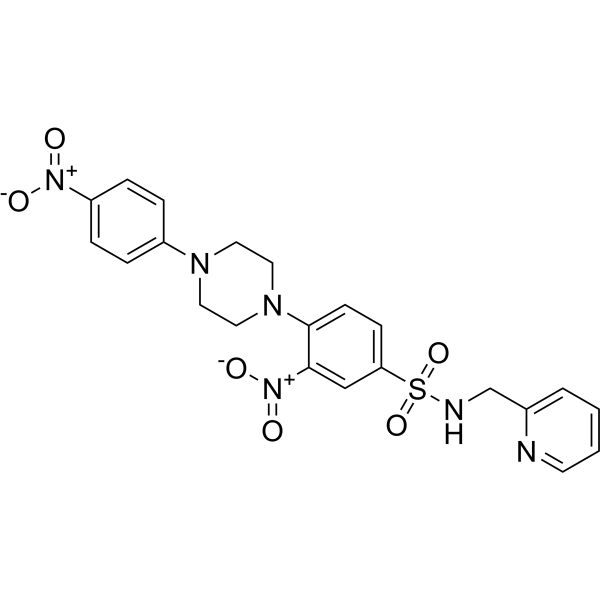
-
- HY-148552
-
|
|
p38 MAPK
ERK
NF-κB
Interleukin Related
TNF Receptor
|
Inflammation/Immunology
|
|
Anti-inflammatory agent 35 (compound 5a27) is an orally active curcumin analogue with anti-inflammatory activity. Anti-inflammatory agent 35 blocks mitogen-activated protein kinase (MAPK) signaling and p65 nuclear translocation of NF-kB. Anti-inflammatory agent 35 also inhibits yellow neutrophil infiltration and pro-inflammatory cytokine production. Anti-inflammatory agent 35 significantly attenuates lipopolysaccharide (LPS)-induced acute lung injury (ALI) in vivo .
|
-
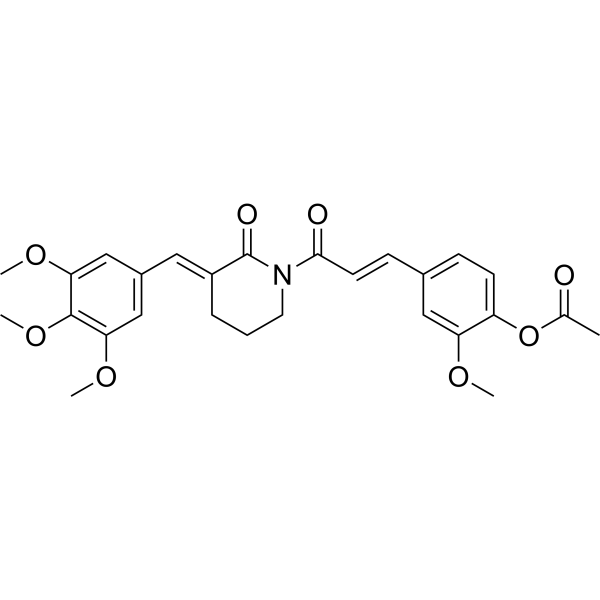
-
- HY-155753
-
|
|
NF-κB
COX
|
Inflammation/Immunology
|
|
Anti-inflammatory agent 50 (compound a1) is a Fusidic acid derivative with anti-inflammatory effects. Anti-inflammatory agent 50 inhibits inflammatory factor NO, IL-6 and TNF-α. Anti-inflammatory agent 50 alleviates acute lung injury by regulating inflammatory mediators and suppressing the MAPK, NF-κB and NLRP3 inflammasome signaling pathways .
|
-
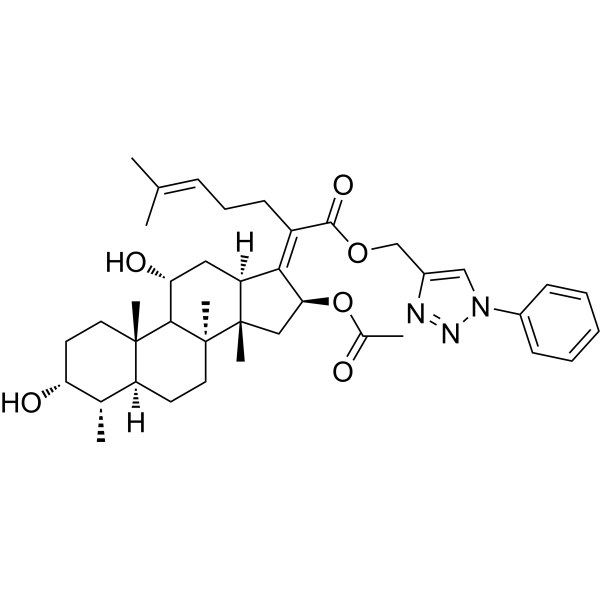
-
- HY-155692
-
|
|
Phosphodiesterase (PDE)
|
Inflammation/Immunology
|
|
PDE4-IN-13 is a PDE4 inhibitor with an IC50 of 1.56 μM. PDE4-IN-13 shows anti-inflammatory and antioxidant properties, and can be used for chronic obstructive pulmonary disease (COPD) research .
|
-
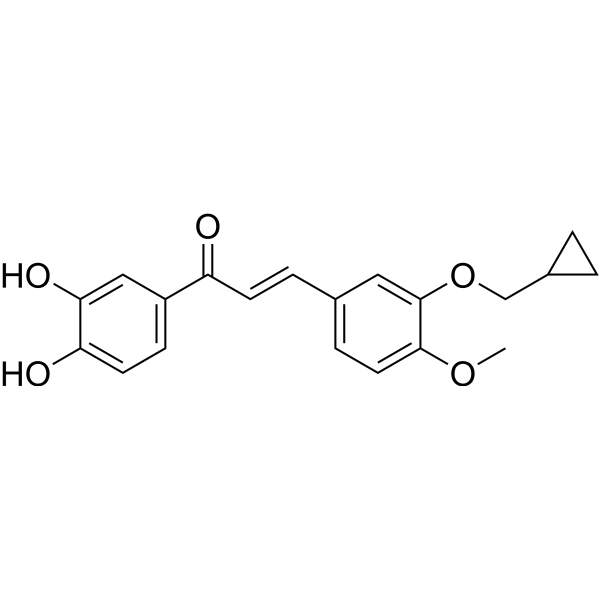
-
- HY-144727
-
|
|
Bacterial
TNF Receptor
|
Infection
Inflammation/Immunology
|
|
Anti-inflammatory agent 11 (compound 16) is a potent antimycobacterial and anti-inflammatory agent. Anti-inflammatory agent 11 inhibits Mtb H37Rv and M299 growth, with MIC50 (minimum inhibitory concentration 50%) of 1.3 and 6.9 μM, respectively. Anti-inflammatory agent 11 inhibits NO through the suppression of iNOS expression, and also inhibited the production of TNF-α and IL-1β. Anti-inflammatory agent 11 can be used for tuberculosis (TB) research .
|
-
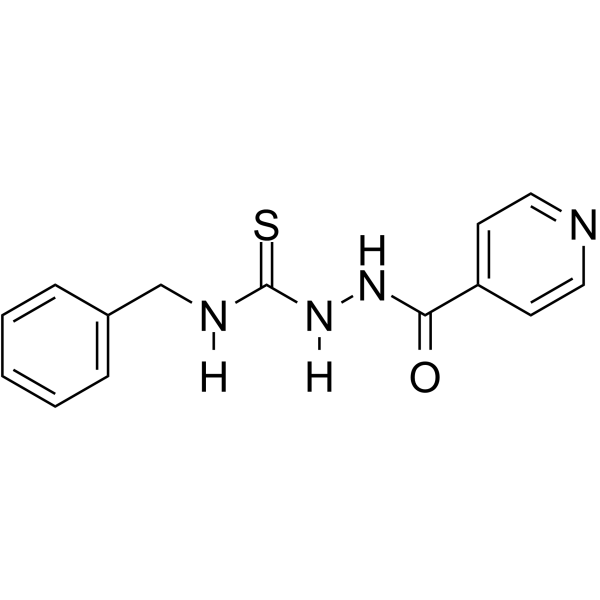
-
- HY-144737
-
|
|
Bacterial
TNF Receptor
|
Infection
Inflammation/Immunology
|
|
Anti-inflammatory agent 15 (compound 29) is a potent antimycobacterial and anti-inflammatory agent. Anti-inflammatory agent 15 inhibits Mtb H37Rv and M299 growth, with MIC50 (minimum inhibitory concentration 50%) of 2.3 and 7.8 μM, respectively. Anti-inflammatory agent 15 inhibits NO through the suppression of iNOS expression, and also inhibited the production of TNF-α and IL-1β. Anti-inflammatory agent 15 can be used for tuberculosis (TB) research .
|
-
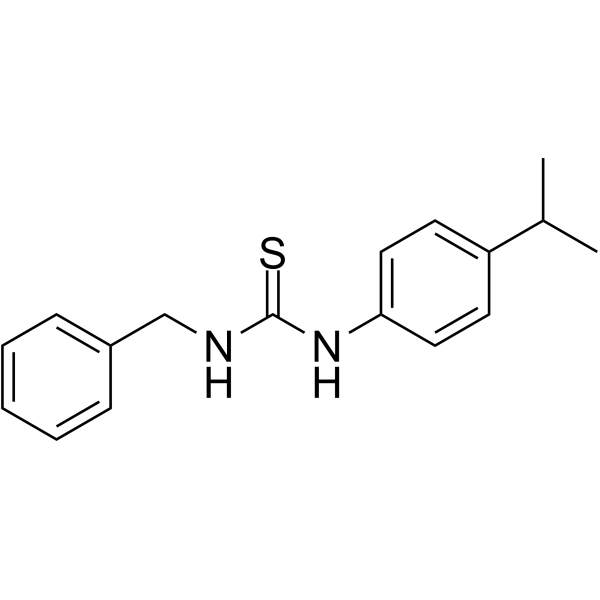
-
- HY-161266
-
-
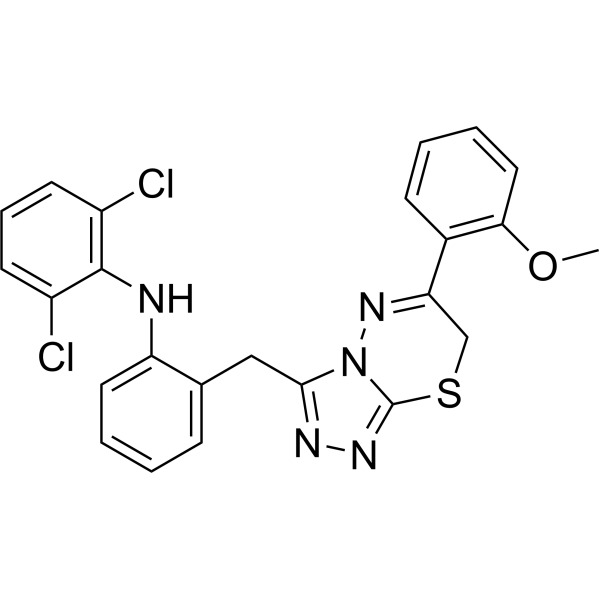
-
- HY-105939
-
|
LM 22070
|
PGE synthase
|
Inflammation/Immunology
|
|
Isofezolac (LM 22070) is a non-steroidal anti-inflammatory drug (NSAID) that inhibits prostaglandin-synthetase. Isofezolac anti-inflammatory, and antipyretic properties .
|
-
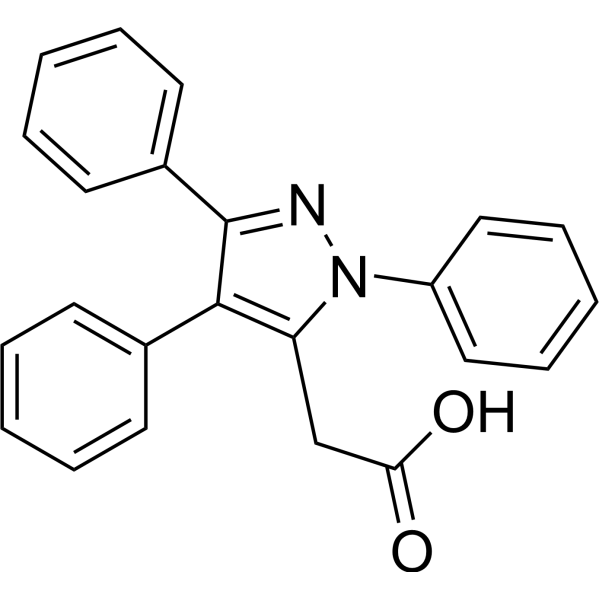
-
- HY-157211
-
|
|
NF-κB
p38 MAPK
|
Inflammation/Immunology
|
|
Anti-inflammatory agent 66 (compound 8) is a pterostilbene derivative with anti-inflammatory activity. Anti-inflammatory agent 66 inhibits pro-inflammatory cytokines by blocking the LPS-induced NF-κB/MAPK signaling pathway and effectively alleviates DSS-induced acute colitis in mice .
|
-
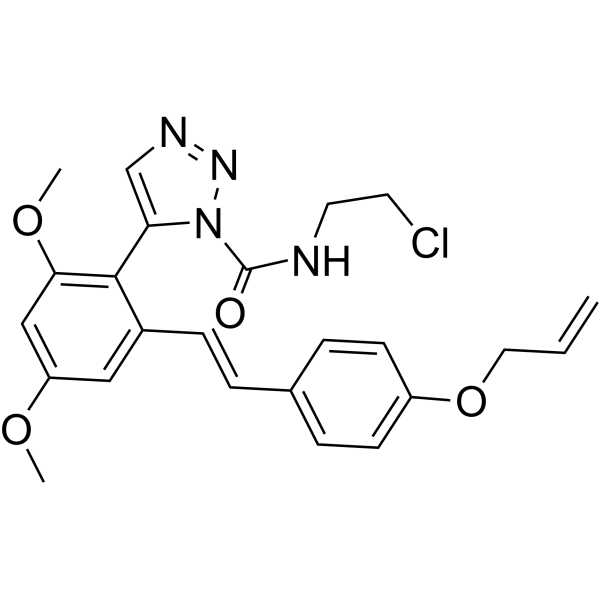
-
- HY-162170
-
|
|
NF-κB
Keap1-Nrf2
p38 MAPK
|
Inflammation/Immunology
|
|
Anti-inflammatory agent 72 (compound 5) is a novel resveratrol derivative hybrid with benzoylhydrazine. Anti-inflammatory agent 72 shows anti-inflammatory and antioxidant activities by activating Nrf2 and inhibiting NF-κB p65/iNOS and MAPKs signaling pathways .
|
-
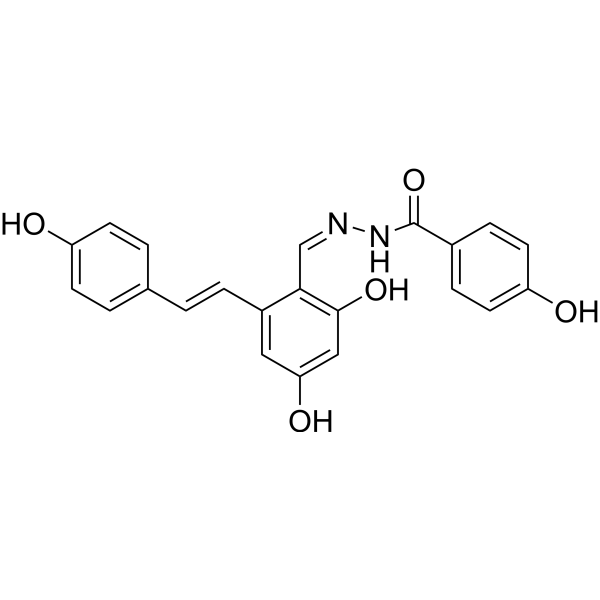
-
- HY-155646
-
|
|
NF-κB
|
Inflammation/Immunology
|
|
Anti-inflammatory agent 48 is an anti-inflammatory agent based on its role in inhibiting the NF-κB signaling pathway and activating HO-1 expression .
|
-
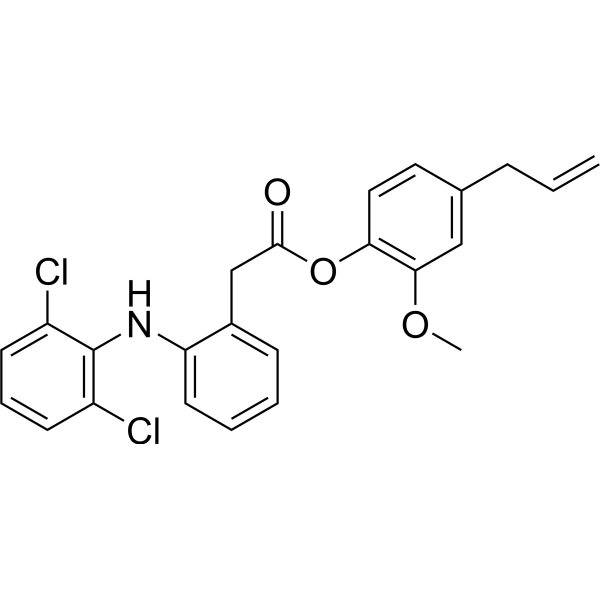
-
- HY-N9971
-
-

-
- HY-148224
-
|
|
COX
|
Inflammation/Immunology
|
|
Pifoxime is a COX-1/2 inhibitor, a non-steroidal anti-inflammatory agent (NSAID). Pifoxime shows anti-inflammatory activity, and can be used in neuropsychiatric research .
|
-
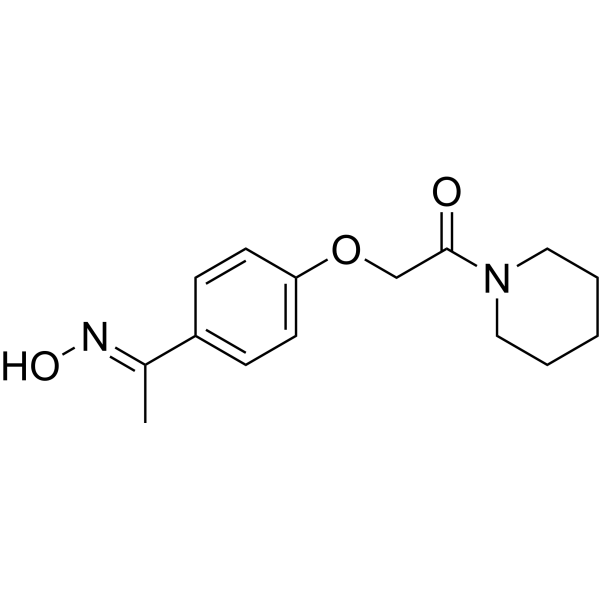
- HY-157809
-
|
|
Interleukin Related
TNF Receptor
NF-κB
p38 MAPK
|
Inflammation/Immunology
|
|
Anti-inflammatory agent 74 (B5) is an anti-inflammatory agent that can inhibit NO, IL-6, and TNF-α, with IC50 values of 10.88 μM and 4.93 μM for NO and IL-6, respectively. Anti-inflammatory agent 74 alleviates acute lung injury (ALI) by regulating inflammatory mediators and inhibiting the MAPK and NF-κB signaling pathways .
|
-
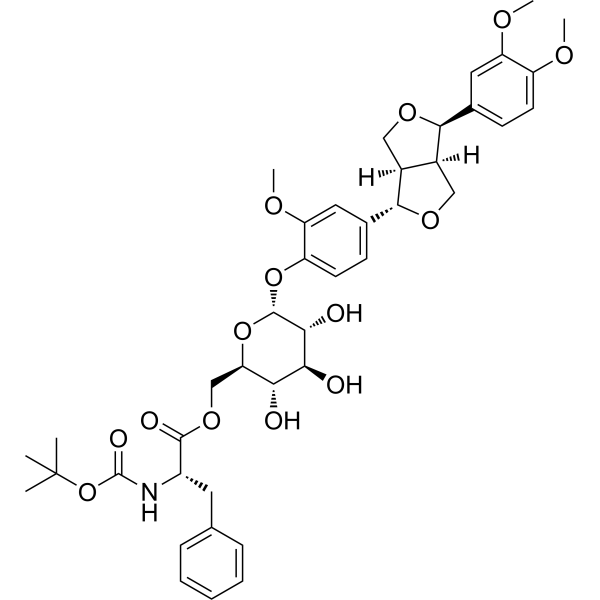
- HY-B0227
-
|
RP-19583
|
COX
|
Metabolic Disease
Inflammation/Immunology
Cancer
|
|
Ketoprofen (RP-19583) is a non-steroidal anti-inflammatory agent. Ketoprofen can inhibits the activity of cyclooxygenase with IC50 values of 2 nM (COX-1) and 26 nM (COX-2). which is potential in the research of inflammation, immunology, and metabolic disease such as obesity .
|
-
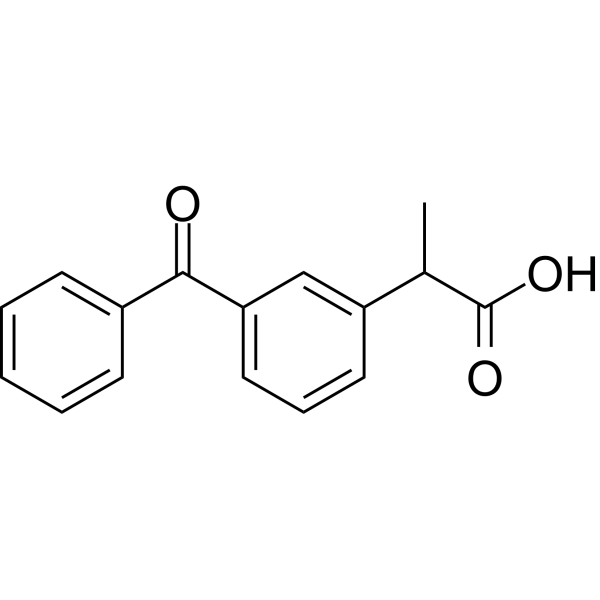
- HY-N7934
-
|
(-)-Trachelogenin
|
HCV
|
Infection
Neurological Disease
Inflammation/Immunology
|
|
Trachelogenin ((-)-Trachelogenin) is an HCV entry inhibitor without genotype specificity, and with low cytotoxicity. Trachelogenin inhibits HCVcc infection and HCVpp cell entry in a dose-dependent manner with an IC50 of 0.325 and 0.259 μg/mL in HCVcc and HCVpp models, respectively. Trachelogenin exhibits effective antiviral, anti-inflammatory and analgesic effects .
|
-
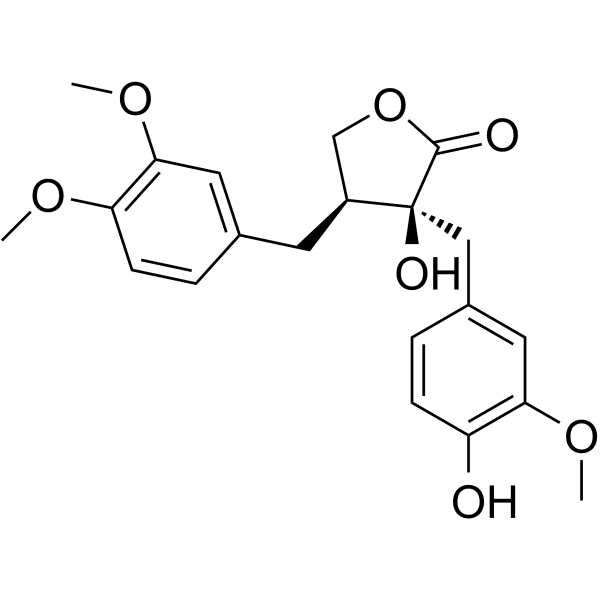
- HY-101655
-
|
|
COX
|
Inflammation/Immunology
|
|
COX-2-IN-2 is a selective and inducible COX2 inhibitor with an IC50 of 0.24 μM. COX-2-IN-1 is an anti-inflammatory compound with anti-inflammatory and analgesic activities.
|
-
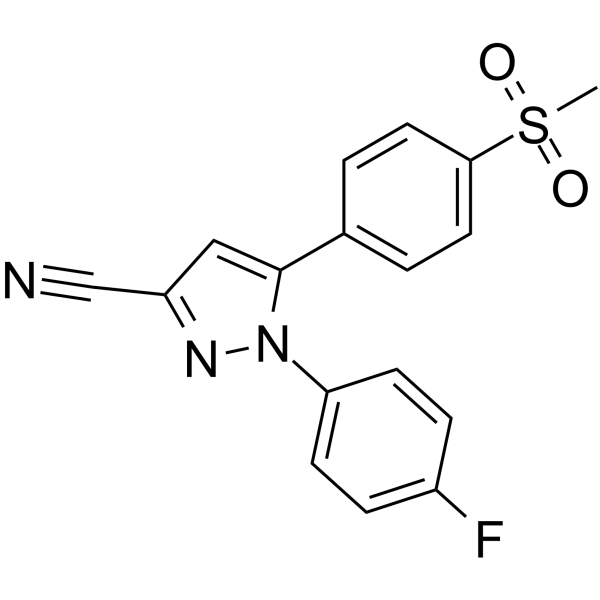
- HY-150550
-
|
|
COX
|
Inflammation/Immunology
|
|
COX-2-IN-26 is a potent, selective and orally active COX-2 inhibitor with IC50 values of 10.61, 0.067, 1.96 µM for COX-1, COX-2, 15-LOX, respectively. COX-2-IN-26 shows anti-inflammatory activity. COX-2-IN-26 shows gastrointestinal safety profile .
|
-
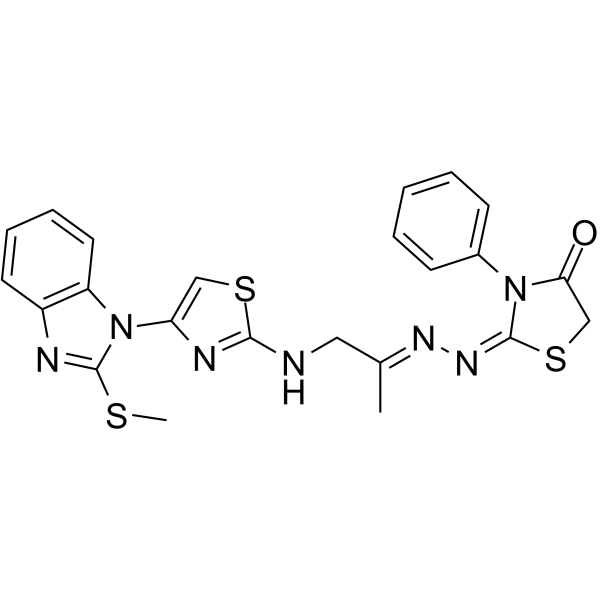
- HY-155780
-
|
|
COX
|
Inflammation/Immunology
|
|
Anti-inflammatory agent 52 (compound 7j) is an orally active selective COX-2 inhibitor. Anti-inflammatory agent 52 has anti-HT29 transfer activity, which leads to periodic arrest in G2/M phase. Anti-inflammatory agent 52 has safety, moderate ability to suppress inflammation. Anti-inflammatory agent 52 has a rare property of suppressing the development of tumor in mouse model, showing anti-cancer activity .
|
-
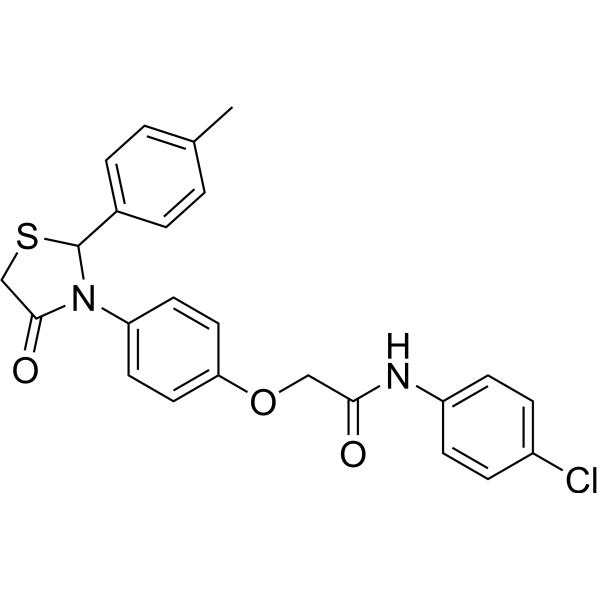
- HY-143456
-
|
|
Others
|
Inflammation/Immunology
|
|
Anti-inflammatory agent 18 (compound 3b) shows NO inhibitory activity, with an IC50 of 15.94 μM. Anti-inflammatory agent 18 inhibits HMGB1-induced later inflammation. Anti-inflammatory agent 18 can be used for the research of later inflammation diseases such as coronavirus diseases (COVID-19) and sepsis, etc .
|
-
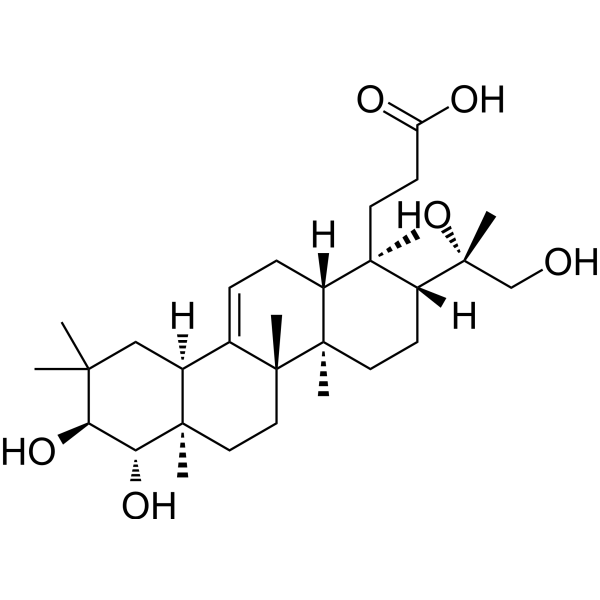
- HY-143457
-
|
|
Others
|
Inflammation/Immunology
|
|
Anti-inflammatory agent 19 (compound 2b) shows NO inhibitory activity, with an IC50 of 36.00 μM. Anti-inflammatory agent 19 inhibits HMGB1-induced later inflammation. Anti-inflammatory agent 19 can be used for the research of later inflammation diseases such as coronavirus diseases (COVID-19) and sepsis, etc .
|
-
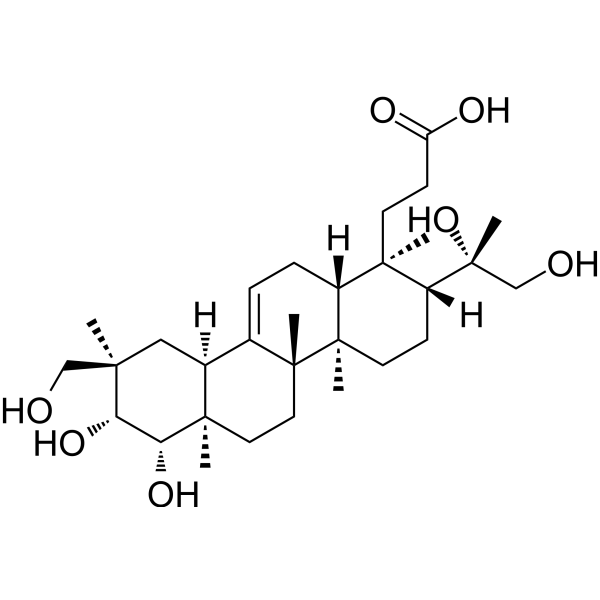
- HY-106579
-
|
|
COX
|
Inflammation/Immunology
|
|
Tiaprofenic acid is an orally active nonsteroidal anti-inflammatory agent (NSAID) with anti-inflammatory and analgesic potency. Tiaprofenic acid inhibits prostaglandin synthesis by suppressing cyclo-oxygenase (COX). Tiaprofenic acid can be used in the treatment of rheumatic diseases .
|
-
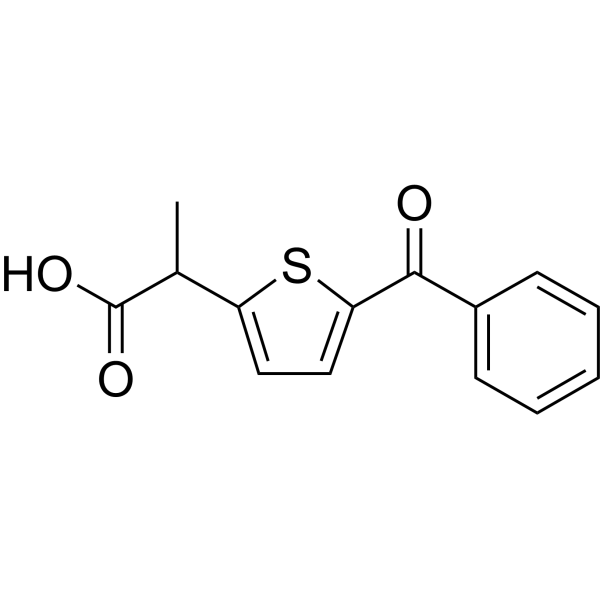
- HY-B0227A
-
|
RP-19583 (lysinate)
|
COX
|
Metabolic Disease
Inflammation/Immunology
|
|
Ketoprofen (RP-19583) lysinate is a non-steroidal anti-inflammatory agent. Ketoprofen lysinate can inhibit the activity of cyclooxygenase with IC50 values of 2 nM (COX-1) and 26 nM (COX-2). which is potential in the research of inflammation, immunology, and metabolic disease such as obesity .
|
-
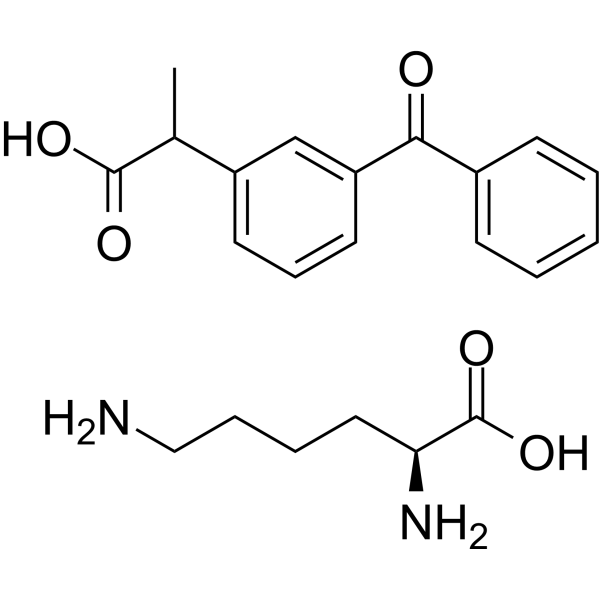
- HY-126898
-
|
|
Lipoxygenase
PGE synthase
|
Inflammation/Immunology
|
|
5-LO/mPGES1-IN-1 (Compound 16) is a dual inhibitor of microsomal prostaglandin E2 synthase-1 (mPGES-1) and 5-lipoxygenase (5-LO). IC50 values are 0.3 and 0.4 μM, respectively. 5-LO/mPGES1-IN-1 has anti-inflammatory activity .
|
-
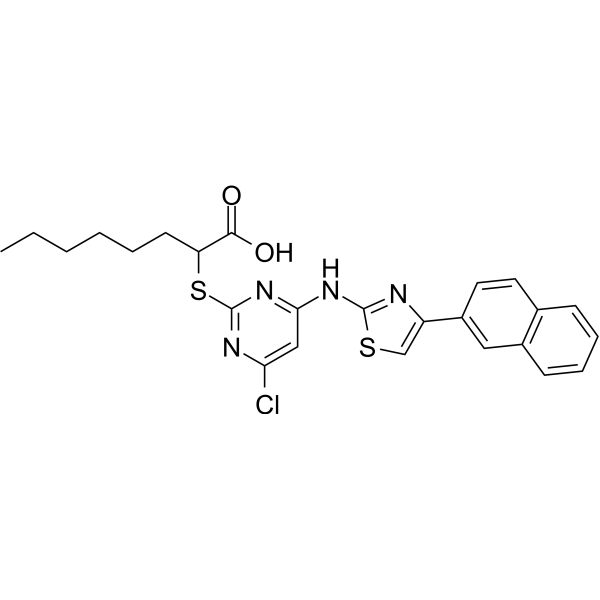
- HY-160040A
-
|
|
Toll-like Receptor (TLR)
|
Inflammation/Immunology
|
|
Cobitolimod sodium is a DNA oligonucleotide agonist of TLR-9 with anti-inflammatory activity. Cobitolimod sodium inhibits Th17 cells and induces anti-inflammatory FoxP3 and IL-10 expression, inhibiting the IL-17 signaling pathway .
|
-
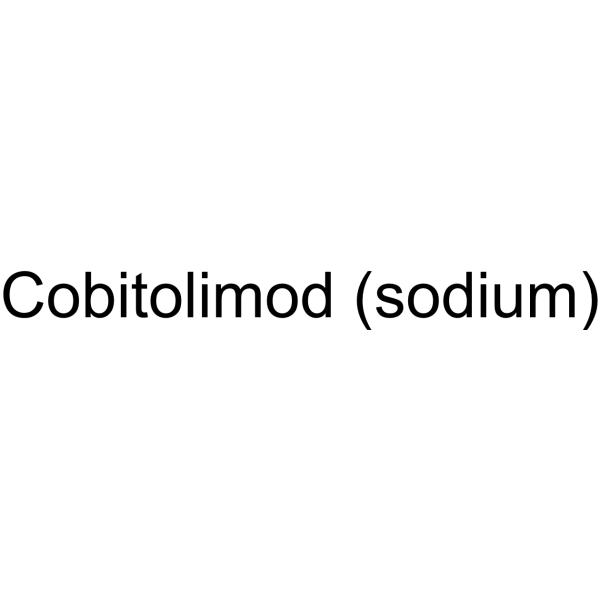
- HY-111950
-
|
(R)-Ibuprofenamide
|
Others
|
Inflammation/Immunology
|
|
(-)-Ibuprofenamide is an amide proagent of Ibuprofen with anti-inflammatory activity . Ibuprofen is an anti-inflammatory inhibitor targeting COX-1 and COX-2 with IC50s of 13 μM and 370 μM, respectively .
|
-
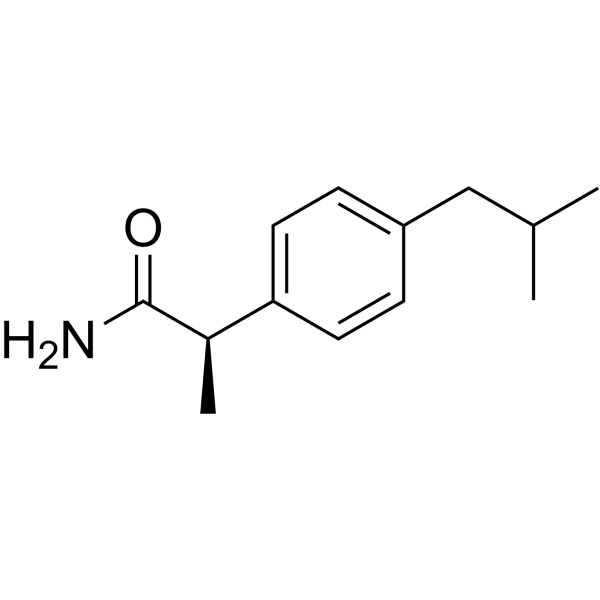
- HY-148791
-
-
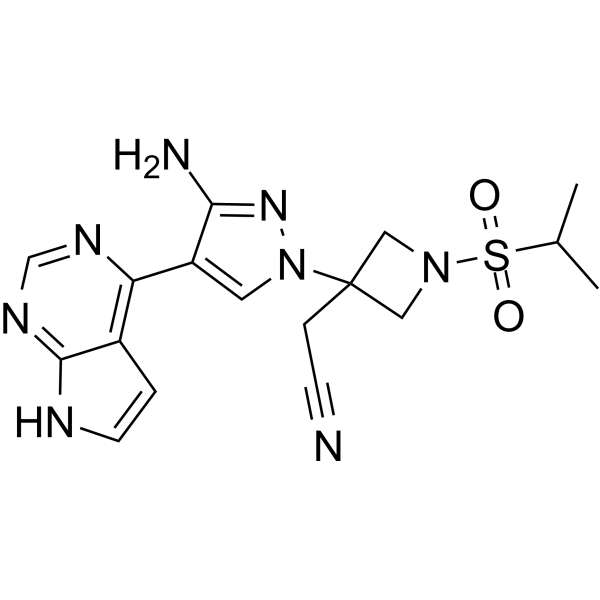
- HY-155781
-
|
|
COX
|
Inflammation/Immunology
|
|
Anti-inflammatory agent 53 (compound 7c) is an orally active selective COX-2 inhibitor. Anti-inflammatory agent 52 has anti-HT29 transfer activity, which leads to periodic arrest in S phase and G2/M phase. Anti-inflammatory agent 52 has safety, moderate ability to suppress inflammation. Anti-inflammatory agent 52 has a rare property of suppressing the development of tumor in mouse model, showing anti-cancer activity .
|
-
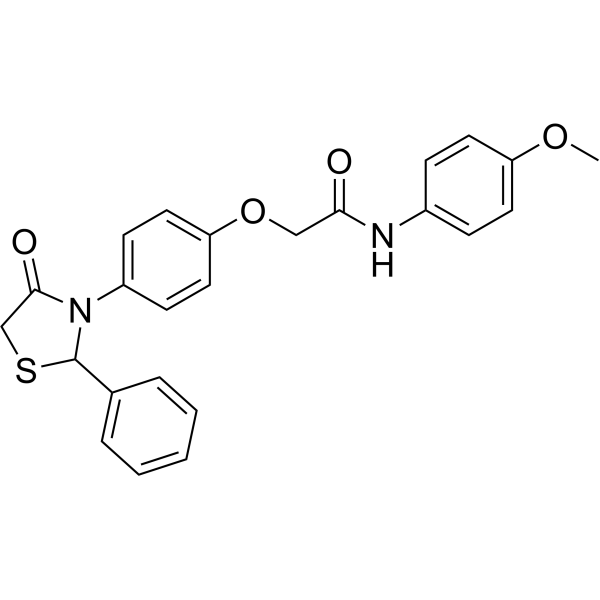
- HY-17485
-
|
EB-382
|
Phospholipase
COX
|
Inflammation/Immunology
|
|
Alminoprofen (EB-382) is a nonsteroidal anti-inflammatory agent (NSAID) of the phenylpropionic acid class. Alminoprofen possesses a dual anti-inflammatory action, by inhibiting both secretory phospholipase A2 (sPLA2) and COX-2 .
|
-
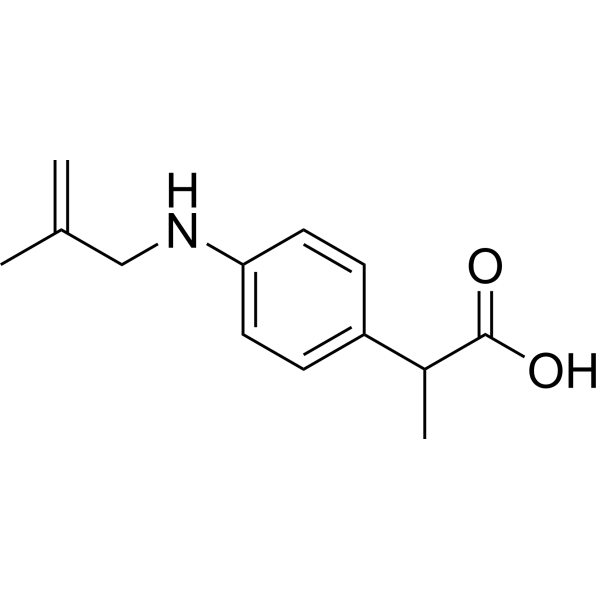
- HY-103672
-
-
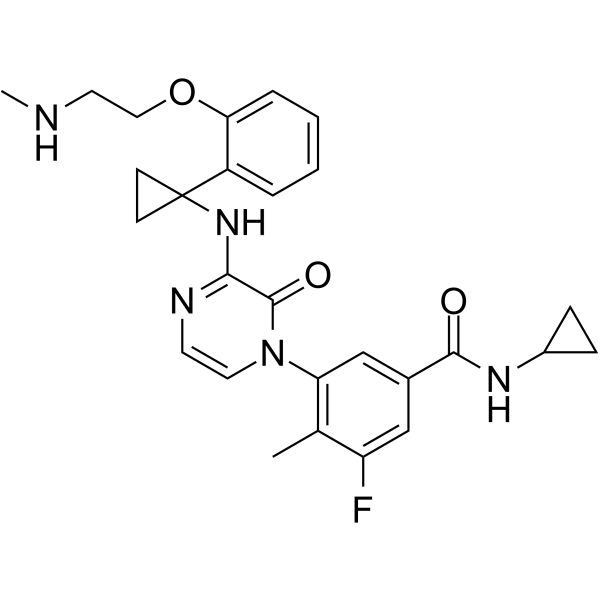
- HY-17361
-
|
|
COX
|
Inflammation/Immunology
|
|
Etofenamate, a non-steroid anti-inflammatory agent (NSAID) and a non-selective COX inhibitor, possesses analgesic, anti-rheumatic, antipyretic and anti-inflammatory properties. Etofenamate is used in the research for osteoarthritis, arthritis and other inflammatory diseases .
|
-

- HY-163355
-
|
|
COX
Lipoxygenase
NF-κB
|
Inflammation/Immunology
|
|
COX-2/15-LOX-IN-5 (Compound 4f) is a dual inhibitor of COX-2/15-LOX. COX-2/15-LOX-IN-5 attenuates increased NF-κB activation in RAW 264.7 macrophages mediated by lipopolysaccharide (HY-D1056). COX-2/15-LOX-IN-5 has anti-inflammatory and antioxidant activities .
|
-
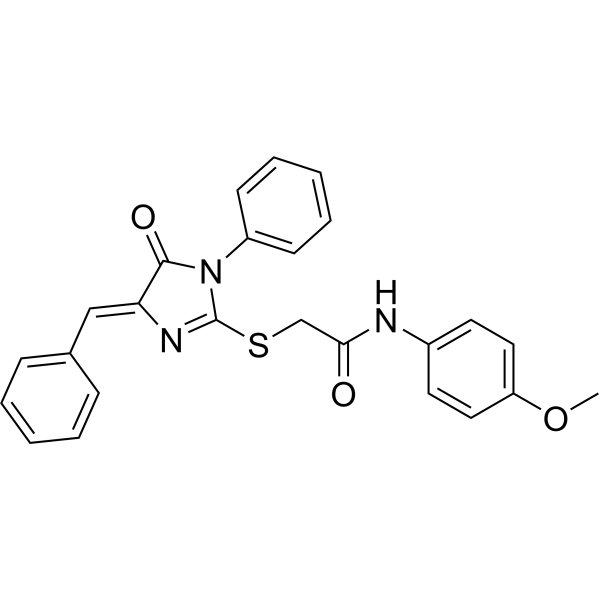
- HY-163116
-
|
|
COX
Carbonic Anhydrase
|
Neurological Disease
Inflammation/Immunology
|
|
Anti-inflammatory agent 67 (compound 7a) is a dual inhibitor of carbonic anhydrase and COX-2, a sulfonamide derivative of Polmacoxib (HY-16726), and has anti-inflammatory properties and analgesic activity. Anti-inflammatory agent 67 has IC50s of 10.4 μM and 50 nM for COX-1 and COX-2, respectively. The Ki of anti-inflammatory agent 67 binding to different isoforms of carbonic anhydrase are 48.3 nM (CA I), 42.2 nM (CA II), 52.3 nM (CA IX), and 13.3 nM (CA XII) .
|
-
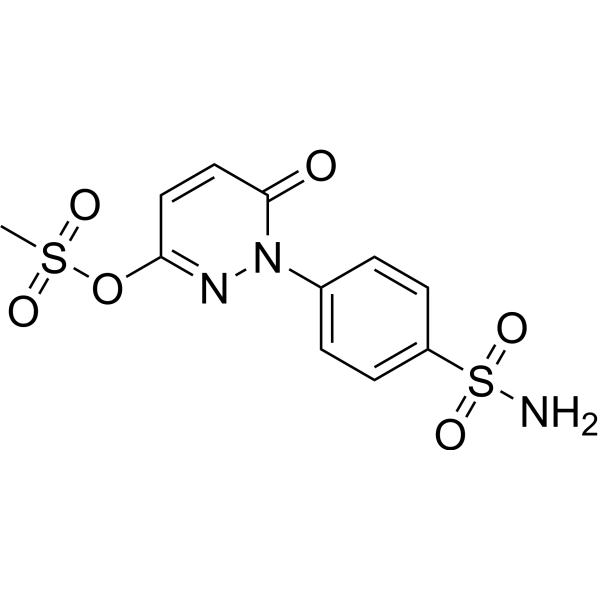
- HY-163117
-
|
|
COX
Carbonic Anhydrase
|
Neurological Disease
Inflammation/Immunology
|
|
Anti-inflammatory agent 68 (compound 7b) is a dual inhibitor of carbonic anhydrase and COX-2, a sulfonamide derivative of Polmacoxib (HY-16726), with anti-inflammatory properties and analgesic activity. Anti-inflammatory agent 68 has IC50s of 12.6 μM and 60 nM for COX-1 and COX-2, respectively. The Ki of anti-inflammatory agent 68 binding to different isoforms of carbonic anhydrase are 52.6 nM (CA I), 79.1 nM (CA II), 58.1 nM (CA IX), and 17.2 nM (CA XII) .
|
-
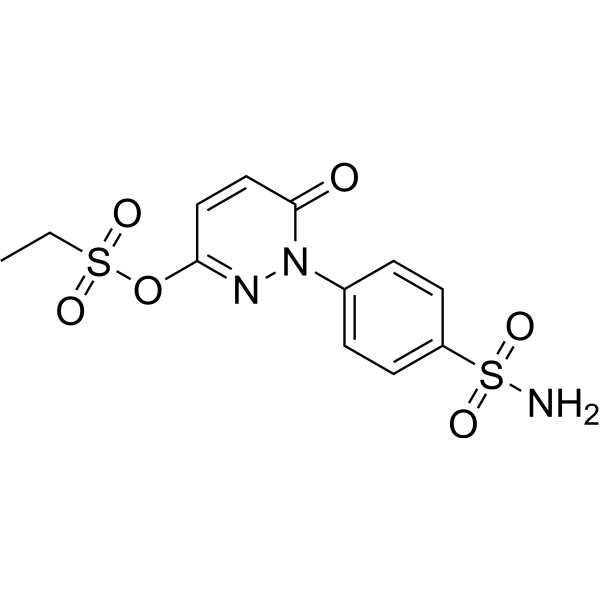
- HY-A0273
-
|
4-IsopropylAntipyrine; Isopropylphenazone
|
COX
|
Inflammation/Immunology
|
|
Propyphenazone (4-Isopropylantipyrine) is an orally active nonacidic pyrazole nonsteroidal anti-inflammatory drug (NSAID). Propyphenazone is a weak nonselective COX inhibitor. Propyphenazone has the effect of reducing pain and antipyretic activity with minimal anti-inflammatory activity .
|
-
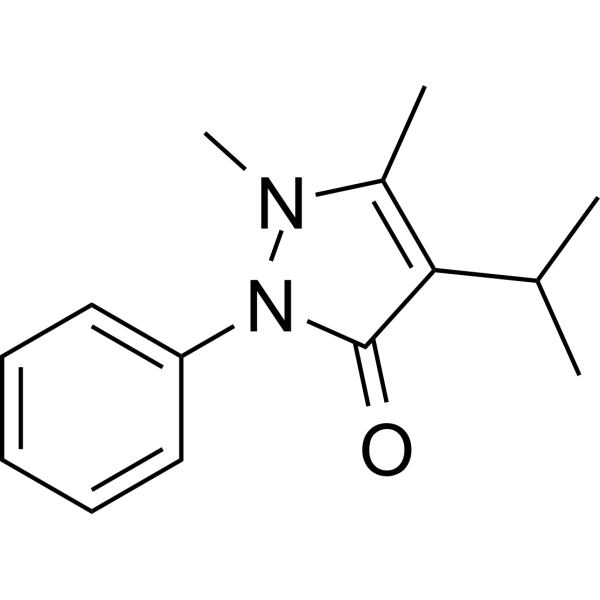
- HY-B1320
-
|
Meclofenamate sodium
|
|
|
|
Meclofenamic acid (Meclofenamate) sodium is a non-steroidal anti-inflammatory agent (NSAID). Meclofenamic acid sodium is a non-selective gap-junction blocker and a highly selective inhibitor of fat - and obesity-related enzyme (FTO). Meclofenamic acid sodium has anti-inflammatory and antitumor activities .
|
-
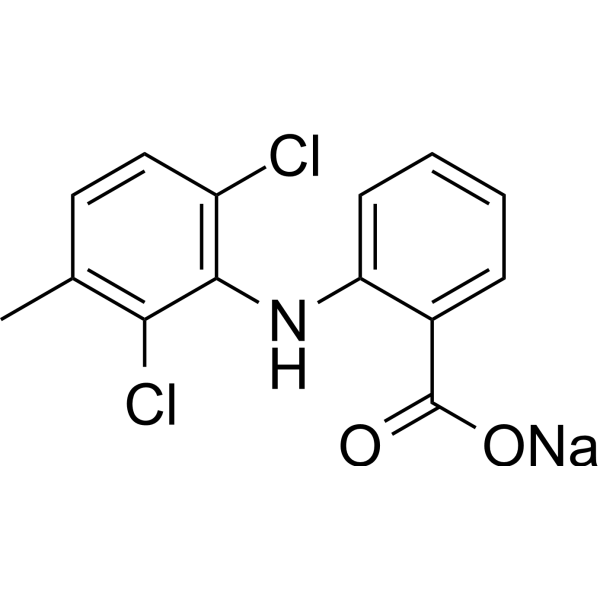
- HY-160040
-
|
|
Toll-like Receptor (TLR)
|
Inflammation/Immunology
|
|
Cobitolimod is a DNA oligonucleotide agonist of TLR-9 with anti-inflammatory activity. Cobitolimod suppresses Th17 cells and induces anti-inflammatory FoxP3 and IL-10 expression, inhibiting the IL-17 signaling pathway .
|
-

- HY-163458
-
|
|
Interleukin Related
|
Inflammation/Immunology
|
|
Anti-inflammatory agent 77 (C12) is a β-cycloacinamide derived mono-carbonyl curcumin analog and an inhibitor of interleukin-6 (IL-6). Anti-inflammatory agent 77 can be used in the study of wound healing .
|
-
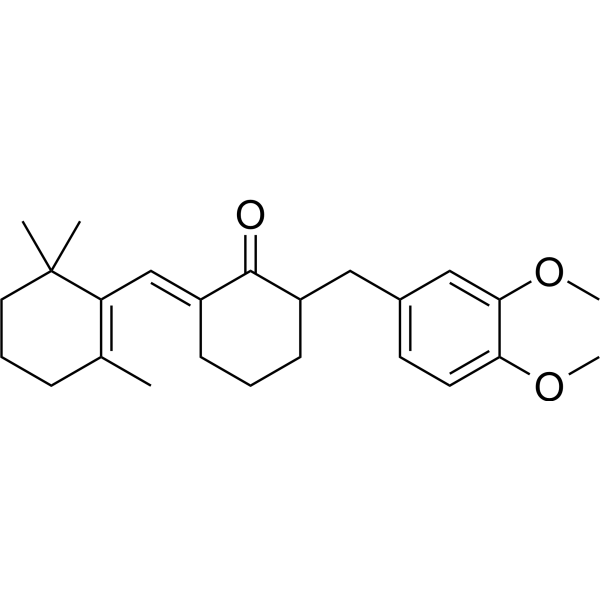
- HY-N9814
-
|
|
NO Synthase
|
Inflammation/Immunology
|
|
Shanciol B, isolated from the ethyl acetate extract of the air-dried whole plant of Pholidota imbricate Hook, inhibits nitric oxide (NO) production and 1,1-diphenyl-2-picrylhydrazil (DPPH) radical scavenging activity . Shanciol B is a microsomal prostaglandin E synthase-1 (mPGES-1) inhibitor with anti-inflammatory activity .
|
-
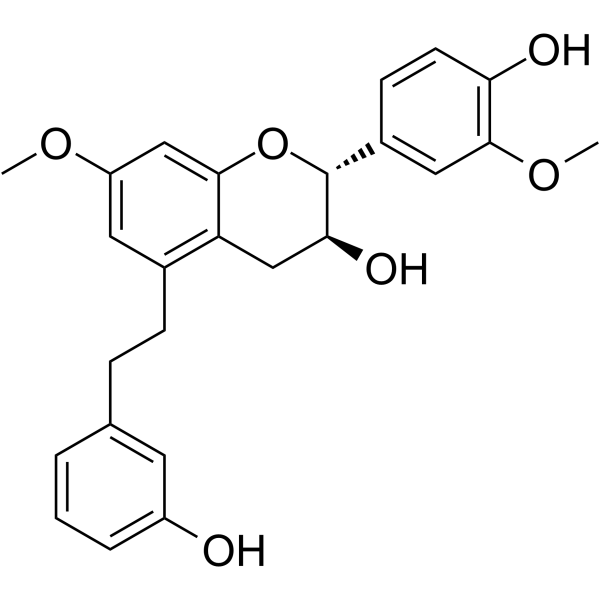
- HY-17484
-
|
CP 65703
|
COX
|
Inflammation/Immunology
|
|
Ampiroxicam(CP65703) is a nonselective cyclooxygenase inhibitor uesd as anti-inflammatory drug.
|
-
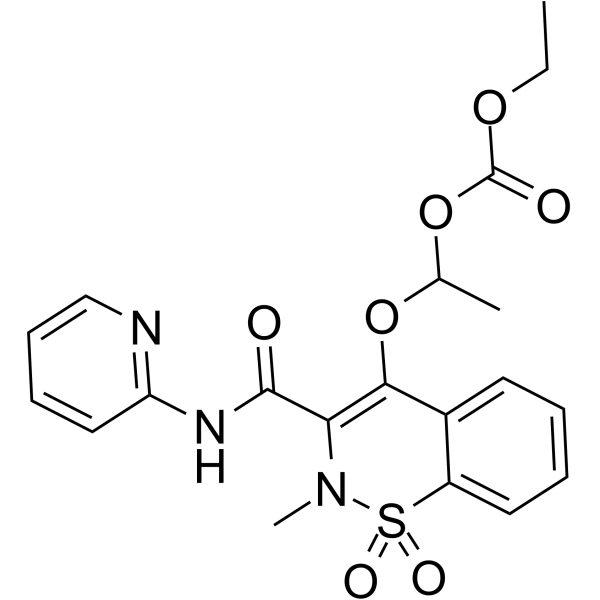
- HY-19384
-
|
E 6087
|
|
|
|
Enflicoxib (E 6087) is a nonsteroidal anti-inflammatory compound that selectively inhibits cyclooxygenase-2 (COX-2). Enflicoxib does not inhibit cyclooxygenase-1 (COX-1). E-6087 shows anti-inflammatory, analgesic and antipyretic activities in animal models .
|
-
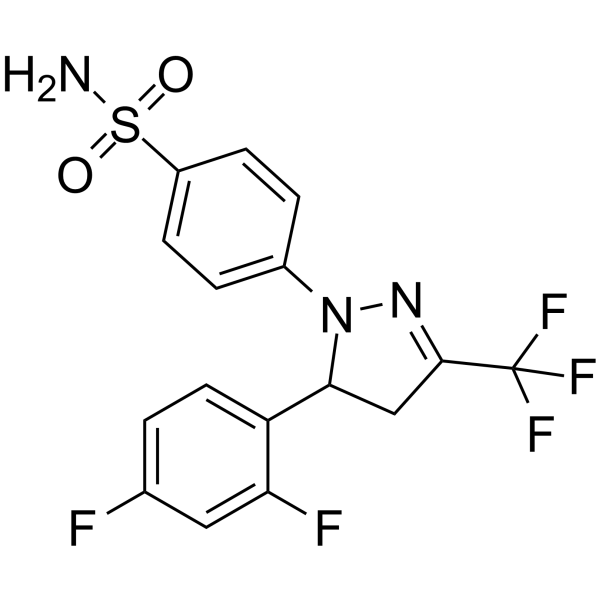
- HY-B0482
-
|
TVX 1322
|
COX
|
Inflammation/Immunology
|
|
Acemetacin (TVX 1322) is a non-steroidal anti-inflammatory drug and a glycolic acid ester of indometacin that is a cyclooxygenase inhibitor.
|
-
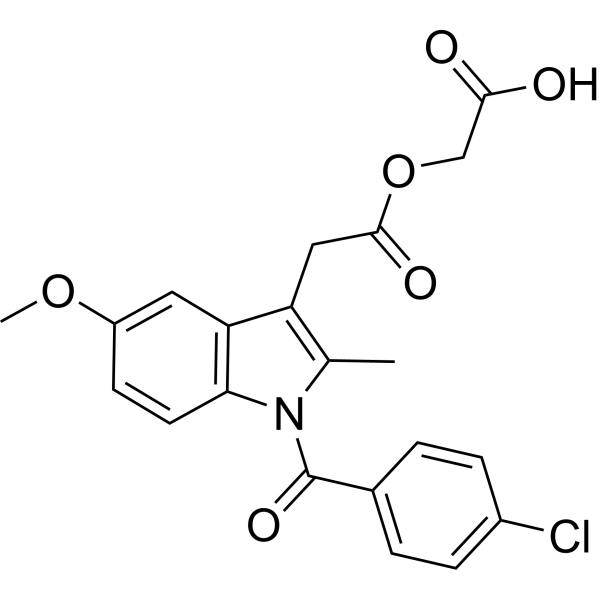
- HY-14857
-
-
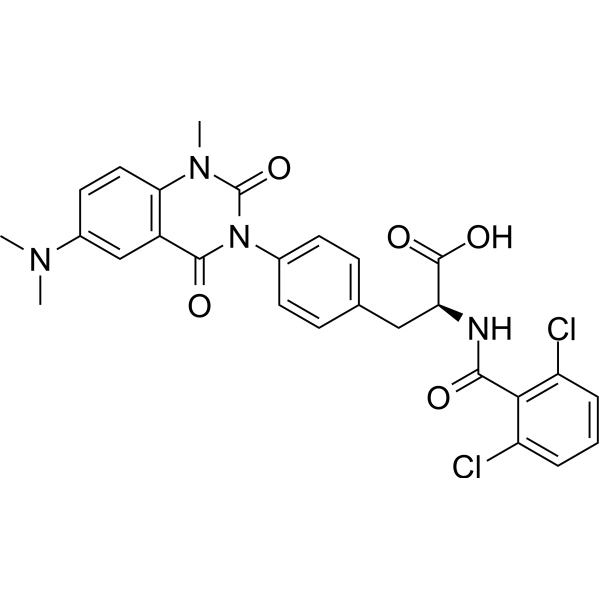
- HY-U00048
-
-
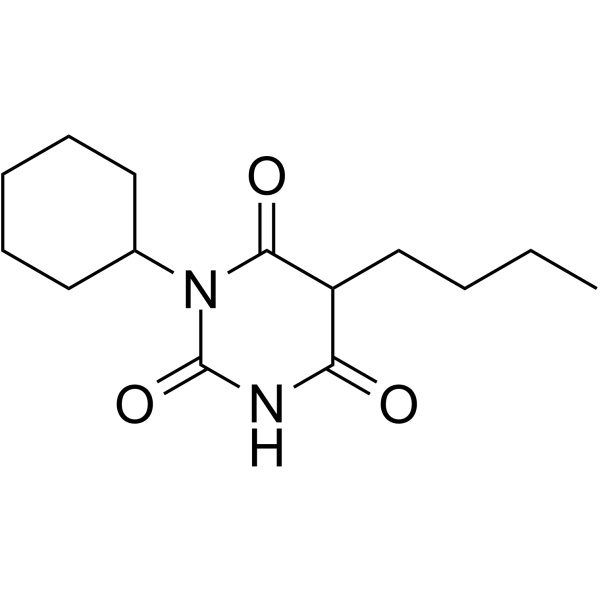
- HY-W173220
-
-
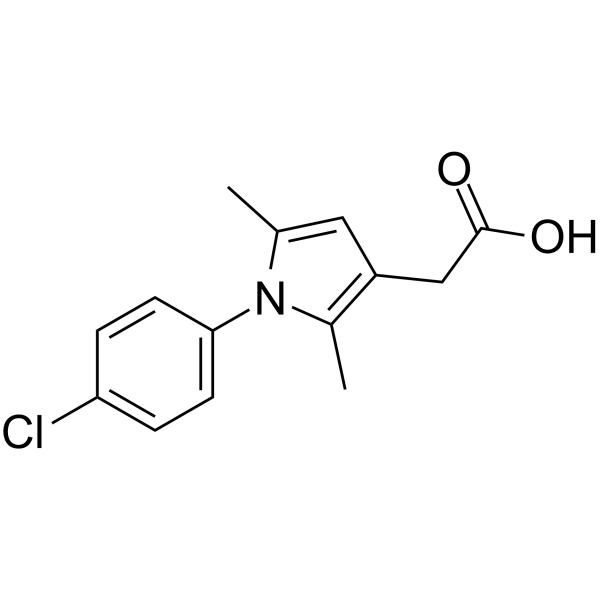
- HY-156612
-
-
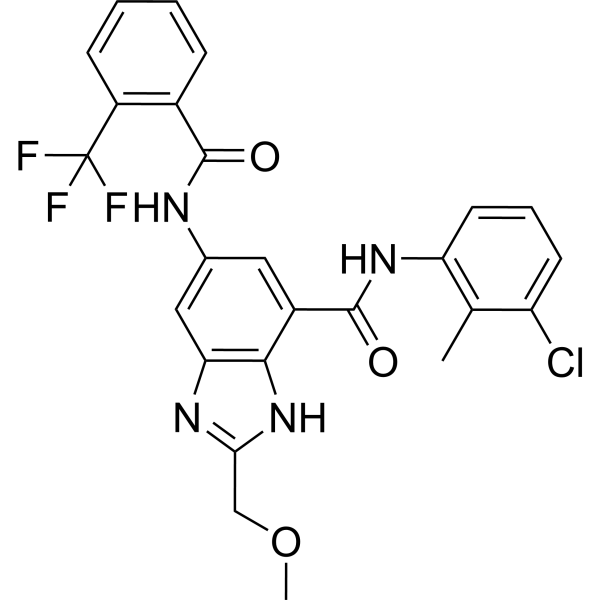
- HY-30235A
-
-
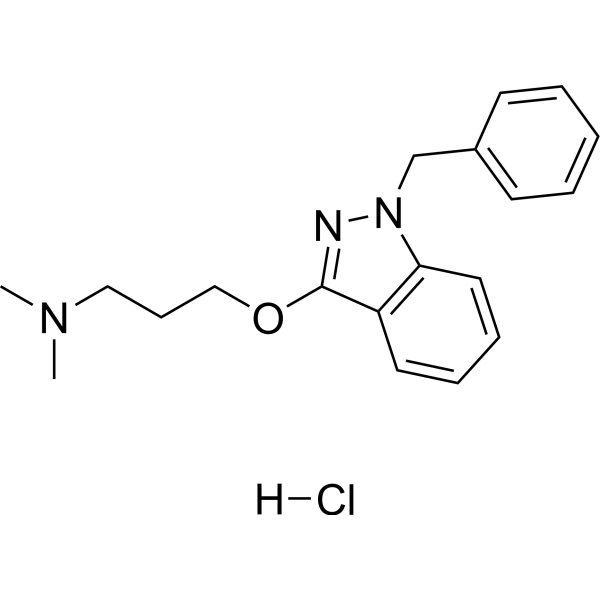
- HY-115319
-
|
|
Ferroptosis
|
Inflammation/Immunology
|
|
CP-24879 (hydrochloride) is a potent, selective and combined delta5D/delta6D inhibitor. CP-24879 (hydrochloride) can significantly reduce intracellular lipid accumulation and inflammatory injury in hepatocytes. CP-24879 (hydrochloride) exhibits superior antisteatotic and anti-inflammatory actions in fat-1 and ω-3-treated hepatocytes, and can be used for non-alcoholic steatohepatitis research .
|
-
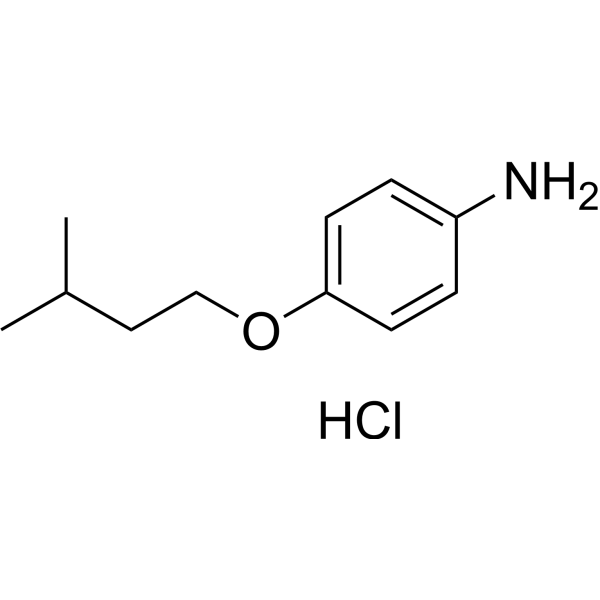
- HY-120824
-
|
|
COX
|
Inflammation/Immunology
|
|
Mofezolac, a non-steroidal anti-inflammatory drug (NSAID), is a selective, reversible and orally active COX-1 inhibitor with an IC50 of 1.44 nM. Mofezolac shows weak inhibitory activity on COX-2 (IC50 of 447 nM). Mofezolac can relieve pain and has anti-inflammatory activities .
|
-
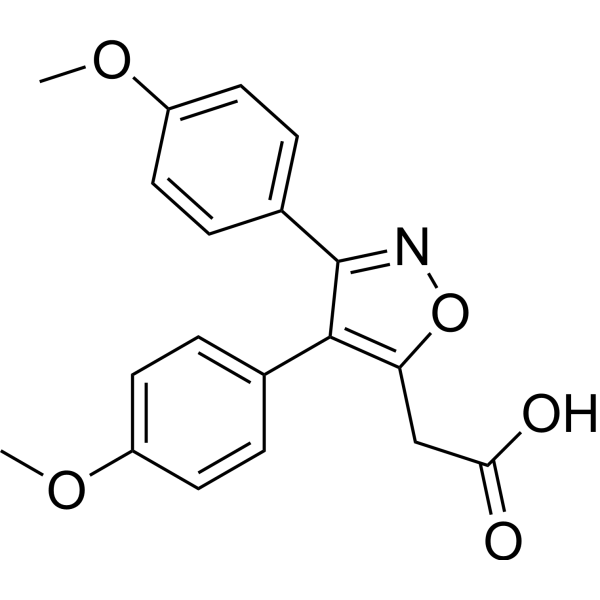
- HY-17509
-
|
SC 046; SC 46; SC 59046
|
COX
Apoptosis
|
Inflammation/Immunology
|
|
Deracoxib, a selective cyclooxygenase-2 inhibitor, is a non-narcotic, non-steroidal anti-inflammatory drug (NSAID).
|
-
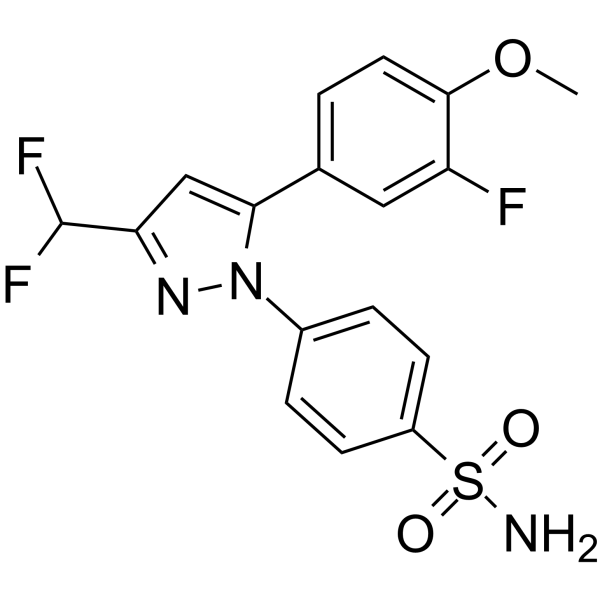
- HY-N1089
-
-
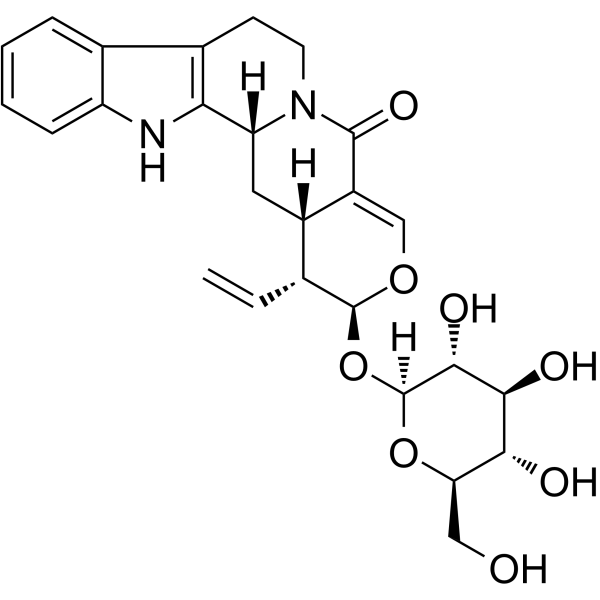
- HY-101481
-
|
|
COX
|
Inflammation/Immunology
|
|
Flurbiprofen axetil is a non-selective cyclooxygenase (COX) inhibitor. Flurbiprofen axetil has anti-inflammatory effect .
|
-
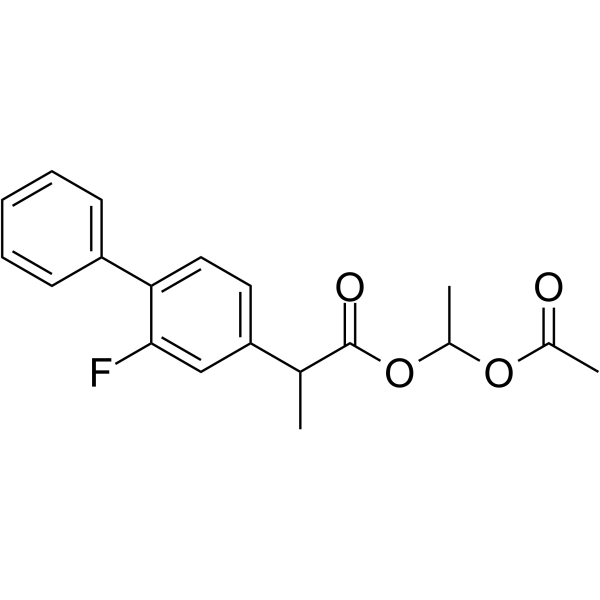
- HY-147404
-
-
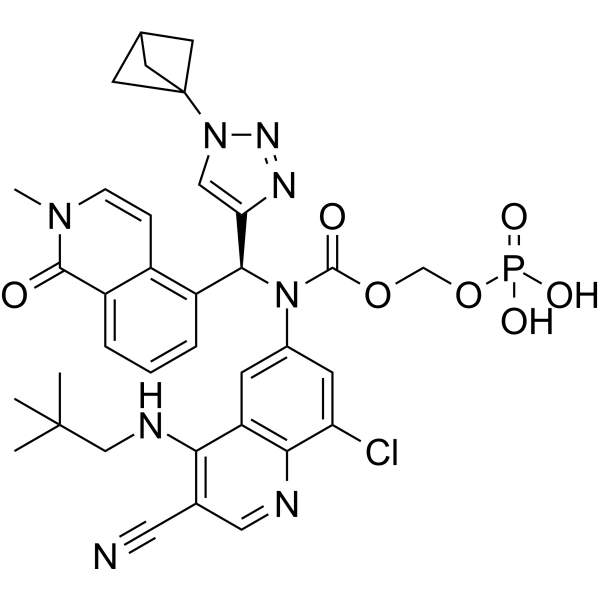
- HY-148798A
-
|
|
JAK
|
Inflammation/Immunology
Cancer
|
|
Rovadicitinib hydrochloride is a JAK inhibitor with an IC50 value <20 nM. Rovadicitinib hydrochloride also exhibits anti-inflammatory activity .
|
-
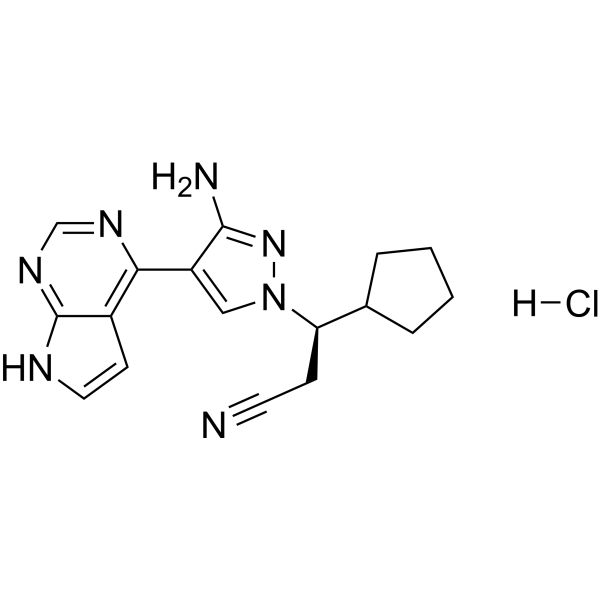
- HY-N1147
-
|
Tagitinin D
|
|
|
|
Tirotundin (Tagitinin D) is a potent anti-inflammatory agent. Tirotundin inhibits the activation of NF-Kβ .
|
-
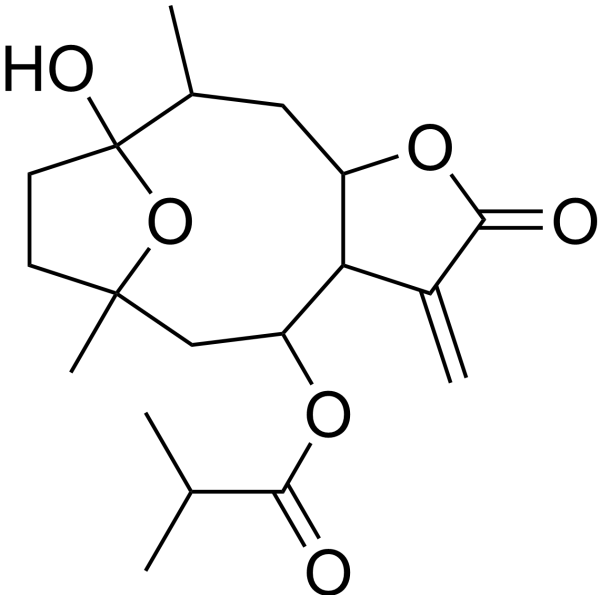
- HY-118078
-
|
|
COX
|
Inflammation/Immunology
|
|
Robenacoxib is a nonsteroidal anti-inflammatory and analgesic agent. Robenacoxib is a selective COX-2 inhibitor .
|
-
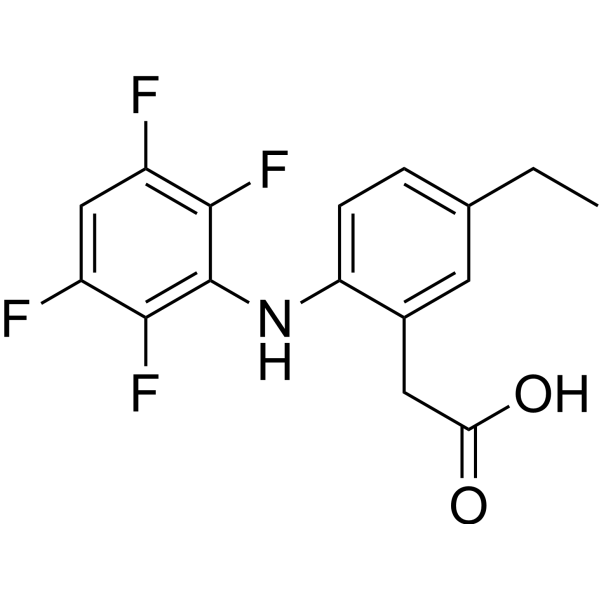
- HY-17361S
-
|
|
Isotope-Labeled Compounds
COX
|
Inflammation/Immunology
|
|
Etofenamate-d4 is the deuterium labeled Etofenamate. Etofenamate, a non-steroid anti-inflammatory agent (NSAID) and a non-selective COX inhibitor, possesses analgesic, anti-rheumatic, antipyretic and anti-inflammatory properties. Etofenamate is used in the research for osteoarthritis, arthritis and other inflammatory diseases[1][2][3].
|
-
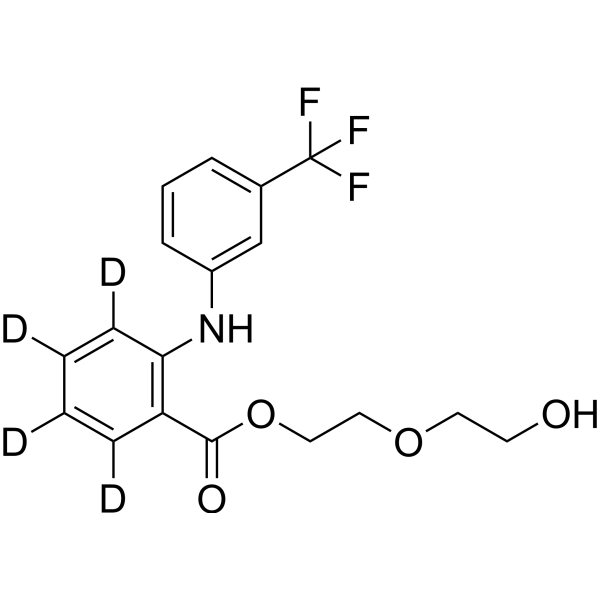
- HY-105028
-
|
CP-66248
|
COX
|
Inflammation/Immunology
|
|
Tenidap, a non-steroidal anti-inflammatory drug, is a selective COX-1 inhibitor, with IC50 values of 0.03 μM and 1.2 μM for COX-1 and COX-2, respectively. Tenidap has anti-inflammatory and antirheumatic properties . Tenidap is also a specific SLC26A3 inhibitor .
|
-
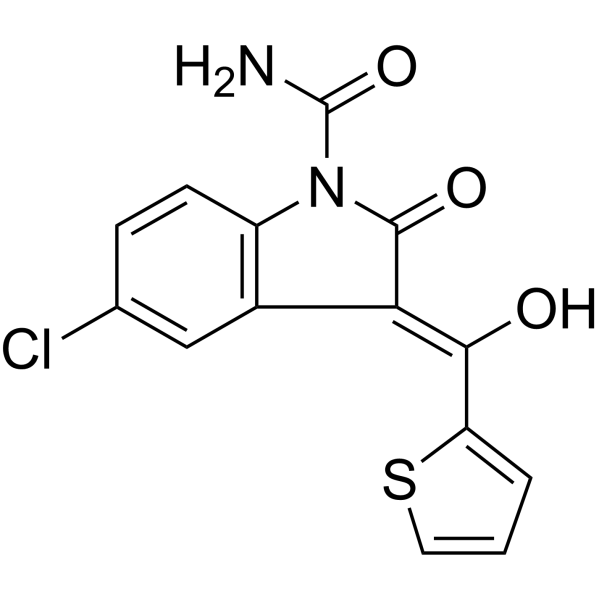
- HY-B0367
-
-
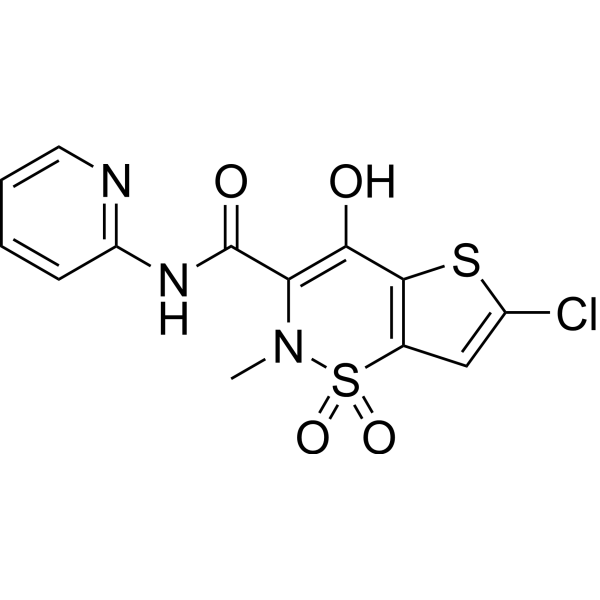
- HY-14398
-
|
SC 58635
|
COX
|
Inflammation/Immunology
Cancer
|
|
Celecoxib,a selective non-steroidal anti-inflammatory drug (NSAID), is a selective COX-2 inhibitor with an IC50 of 40 nM.
|
-
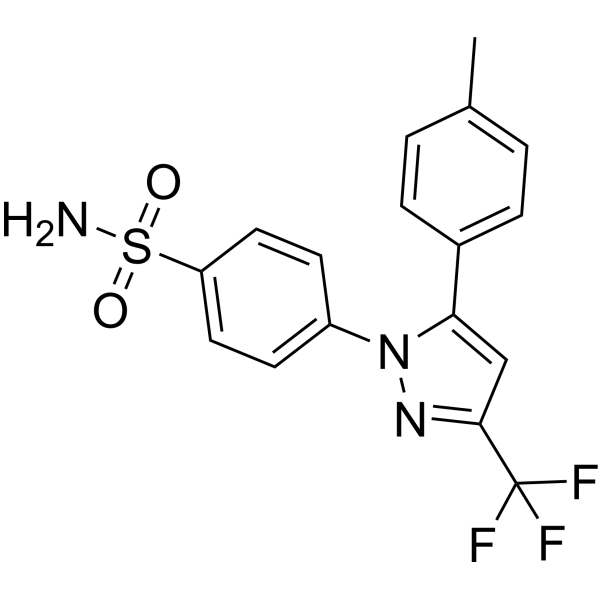
- HY-N2263
-
Skimmin
1 Publications Verification
Umbelliferone glucoside
|
|
|
|
Skimmin (Umbelliferone glucoside) is a coumarin found in Hydrangea paniculata, inhibits immune complex deposition, with anti-inflammatory activity .
|
-
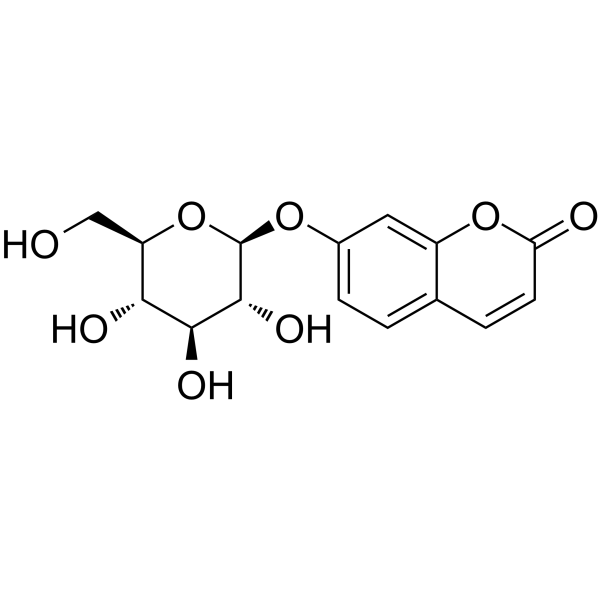
- HY-N2401
-
-
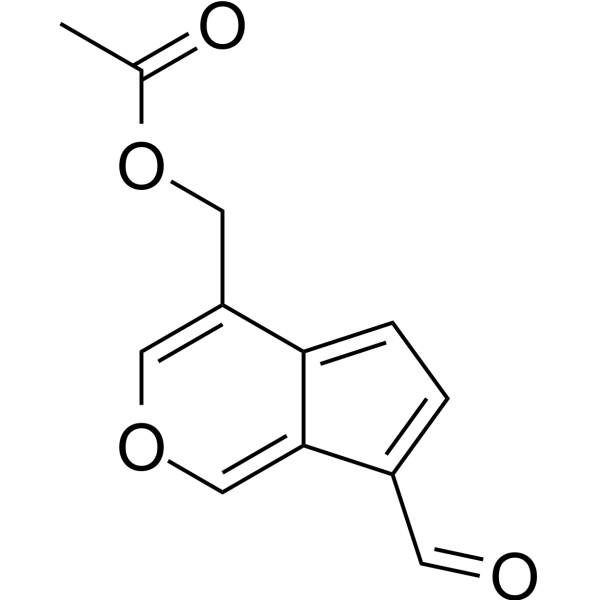
- HY-13075
-
|
|
c-Fms
|
Inflammation/Immunology
|
|
c-Fms-IN-3 is a novel c-Fms kinase inhibitor with a potential as anti-inflammatory agent and antirheumatic agent.
|
-
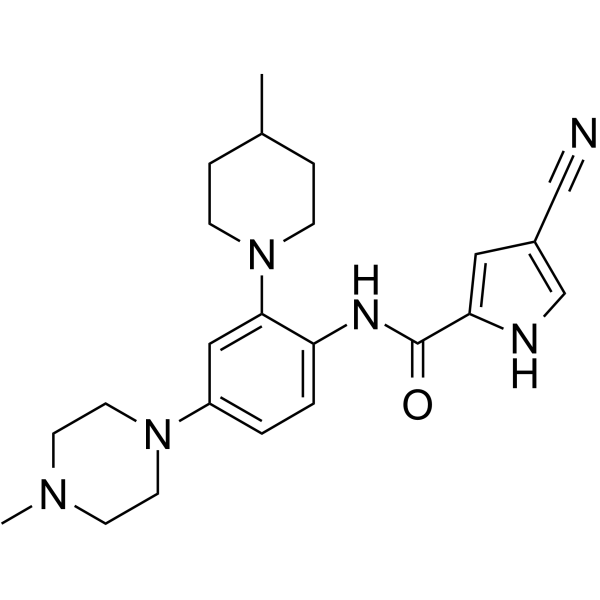
- HY-N2053
-
|
|
NO Synthase
Endogenous Metabolite
|
|
|
Physalin L inhibits LPS-induced NO production in macrophages with the average inhibitory rate of 70.97%. Anti-inflammatory activity .
|
-
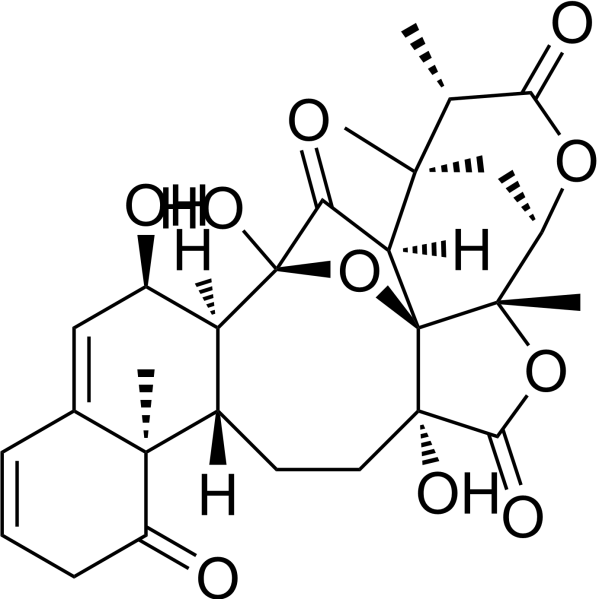
- HY-120007
-
-
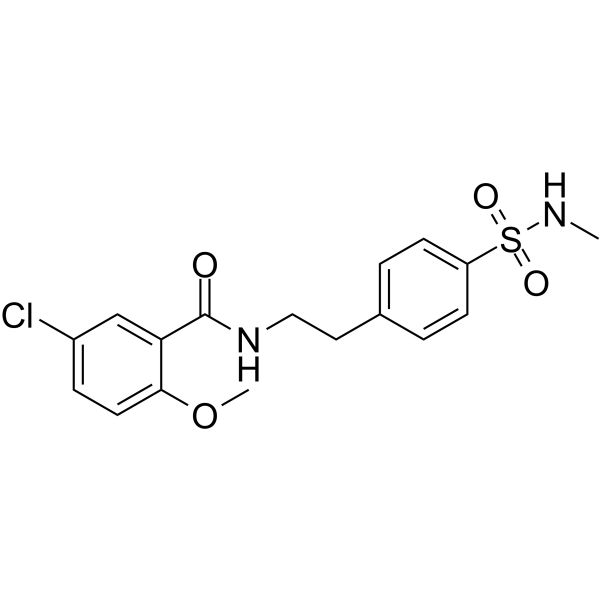
- HY-109082A
-
|
SKI-O-703 dimesylate
|
Syk
|
Inflammation/Immunology
|
|
Cevidoplenib is an orally available inhibitor of spleen tyrosine kinase (Syk), with potential anti-inflammatory and immunomodulating activities .
|
-
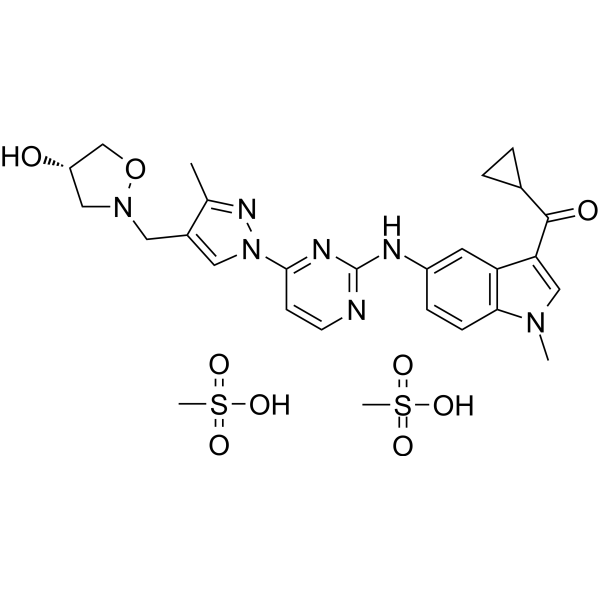
- HY-D1782
-
-
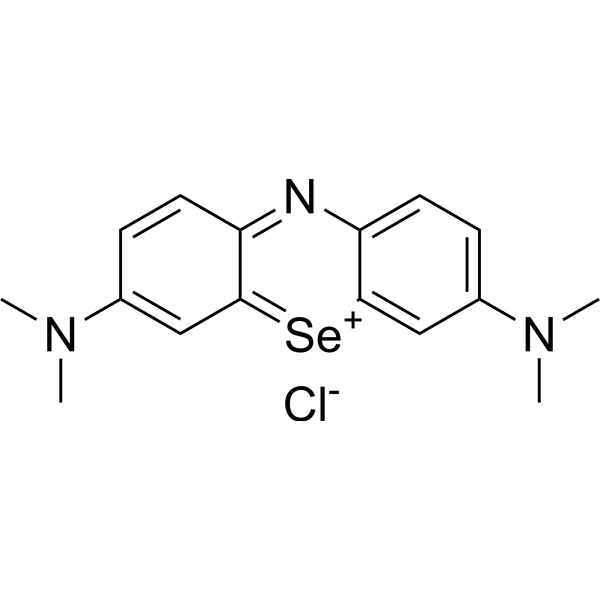
- HY-N7312
-
|
(-)-Ditryptophenaline
|
Neurokinin Receptor
|
Inflammation/Immunology
|
|
Ditryptophenaline ((-)-Ditryptophenaline) is the metabolites of Aspergillus flavus. Ditryptophenaline inhibits substance P receptor and has anti-inflammatory activity .
|
-
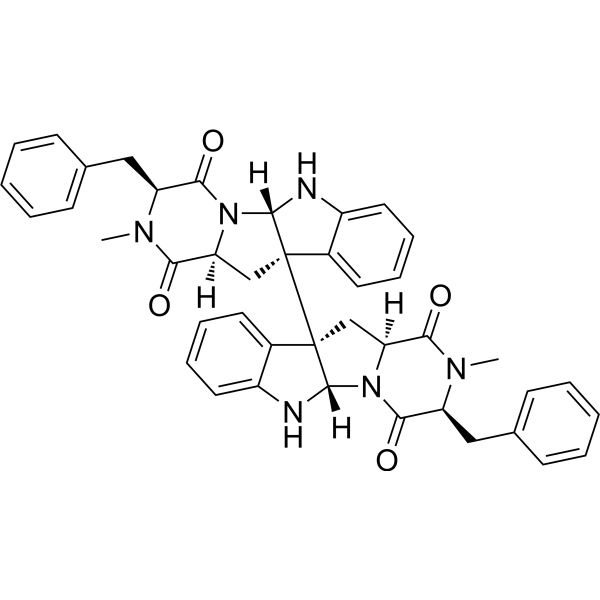
- HY-114519
-
-
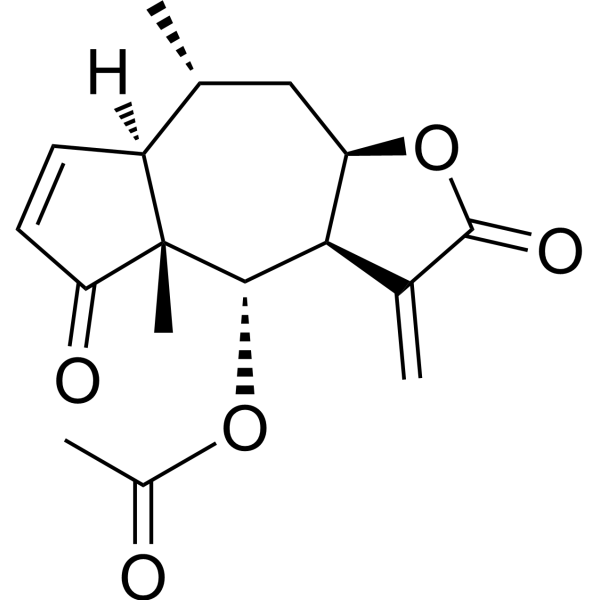
- HY-Y0189
-
|
Salicylic acid methyl ester
|
COX
|
Inflammation/Immunology
|
|
Methyl Salicylate (Wintergreen oil) is a topical analgesic and anti-inflammatory agent. Also used as a pesticide, a denaturant, a fragrance ingredient, and a flavoring agent in food and tobacco products . A systemic acquired resistance (SAR) signal in tobacco . A topical nonsteroidal anti-inflammatory agent (NSAID). Methyl salicylate lactoside is a COX inhibitor .
|
-
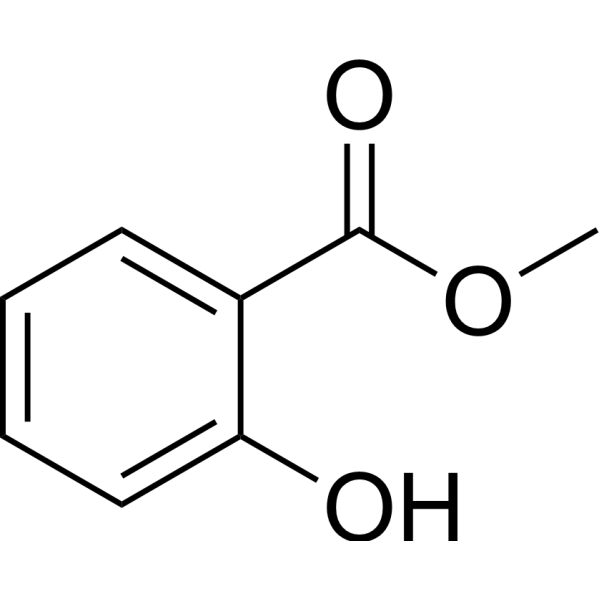
- HY-155557
-
|
|
Apoptosis
|
Cancer
|
|
Anti-inflammatory agent 45 (compound 2v) is an anticancer agent with direct inhibitory effects on the growth of different blood cancers including leukemia, lymphoma and myeloma cell lines. Anti-inflammatory agent 45 induces apoptosis and inhibits NO production in HL60 leukemia cells (IC50=14.7 μM) .
|
-
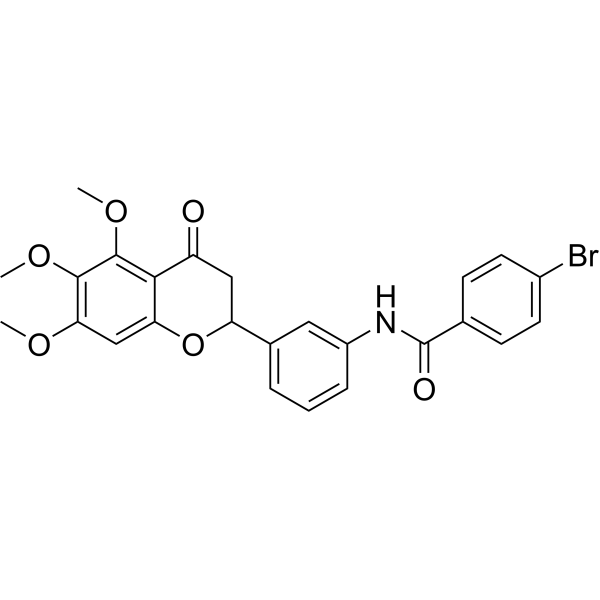
- HY-U00022
-
-
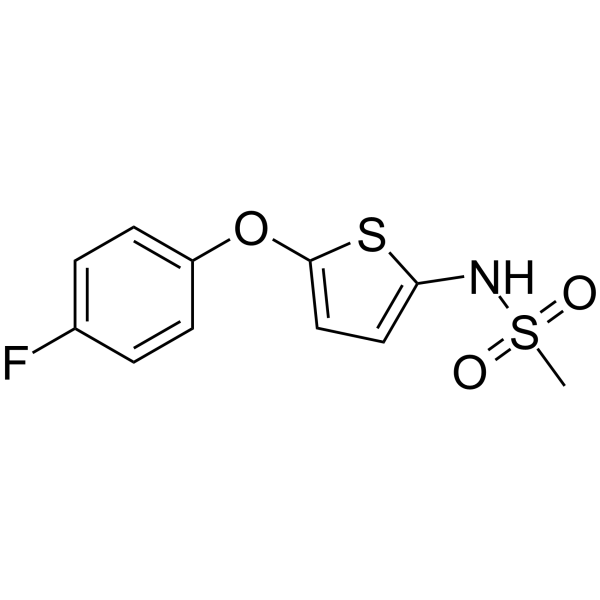
- HY-B1153A
-
|
Glafenin hydrochloride
|
Others
|
Inflammation/Immunology
|
|
Glafenine hydrochloride is a non-narcotic analgesic and non-steroidal anti-inflammatory drug. It is an ABCG2 inhibitor with an IC50 of 3.2 μM.
|
-
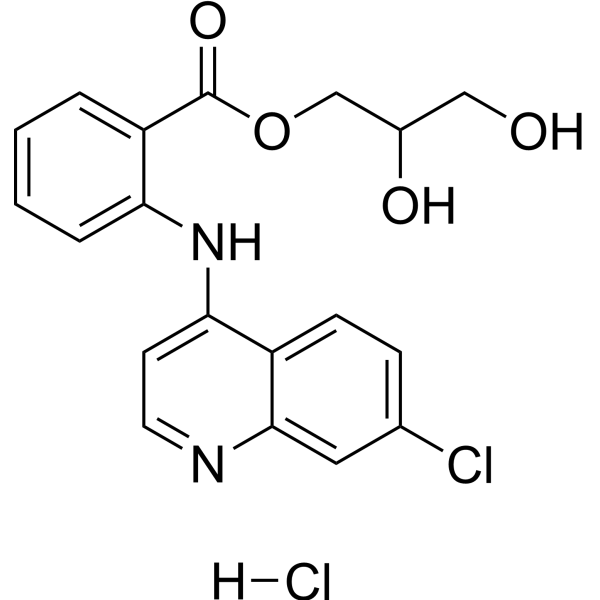
- HY-N0516
-
|
Vitexicarpin
|
STAT
|
Inflammation/Immunology
|
|
Casticin is a methyoxylated flavonol isolated from Vitex rotundifolia, with antimitotic and anti-inflammatory effect. Casticin inhibits the activation of STAT3.
|
-
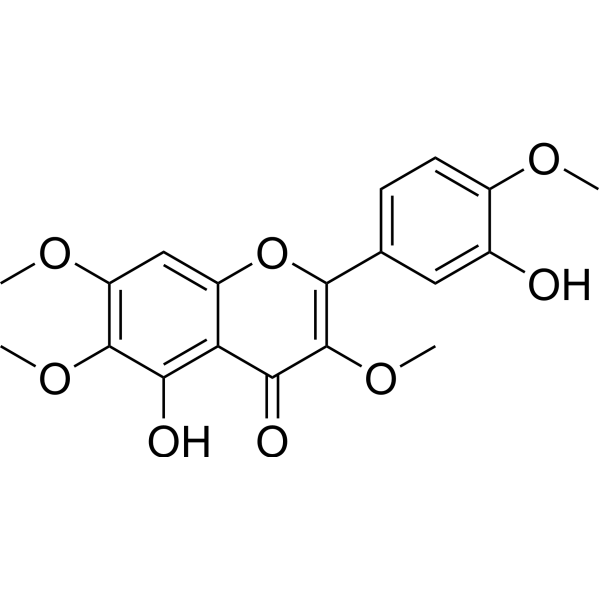
- HY-N7036
-
|
|
Phospholipase
|
Inflammation/Immunology
|
|
Rhamnetin is a quercetin derivative found in Coriandrum sativum, inhibits secretory phospholipase A2, with antioxidant and anti-inflammatory activity .
|
-
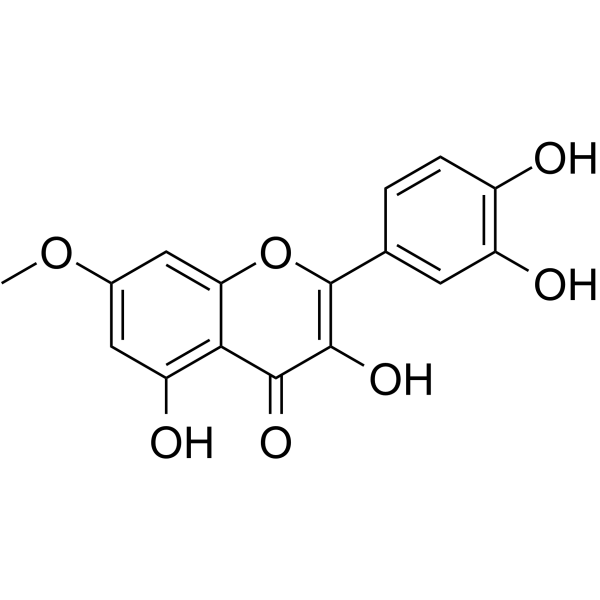
- HY-135658
-
-
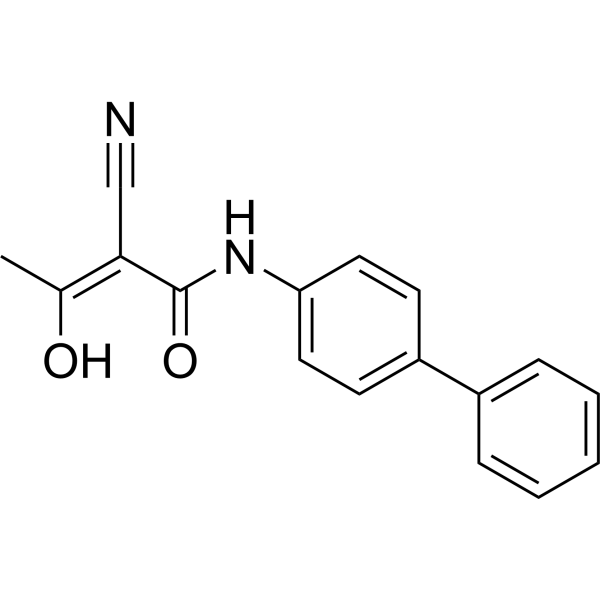
- HY-N2597
-
-
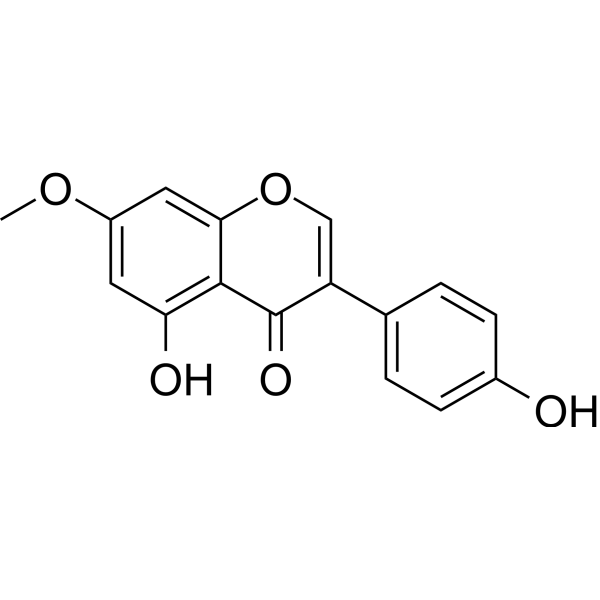
- HY-139578
-
|
|
COX
|
Inflammation/Immunology
|
|
Ocarocoxib, a potent COX-2 (cyclooxygenase-2) inhibitor, is a non-steroidal anti-inflammatory for veterinary use .
|
-
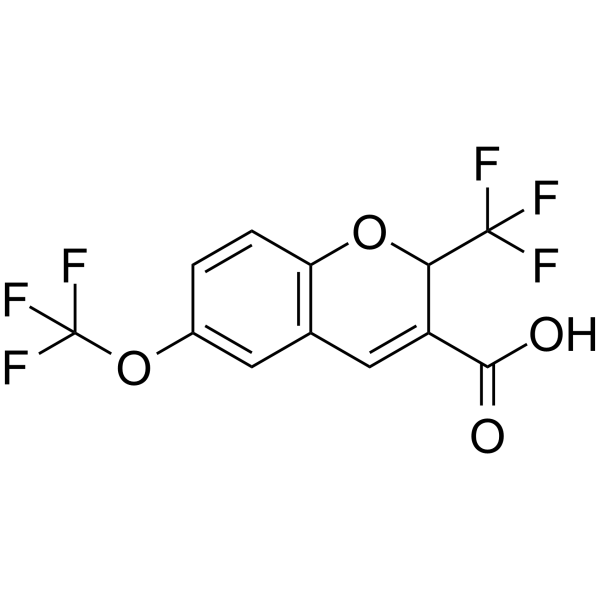
- HY-148798
-
|
|
JAK
|
Cancer
|
|
Rovadicitinib is a Janus kinase (JAK) inhibitor with an IC50 value <20 nM. Rovadicitinib also exhibits anti-inflammatory activity .
|
-
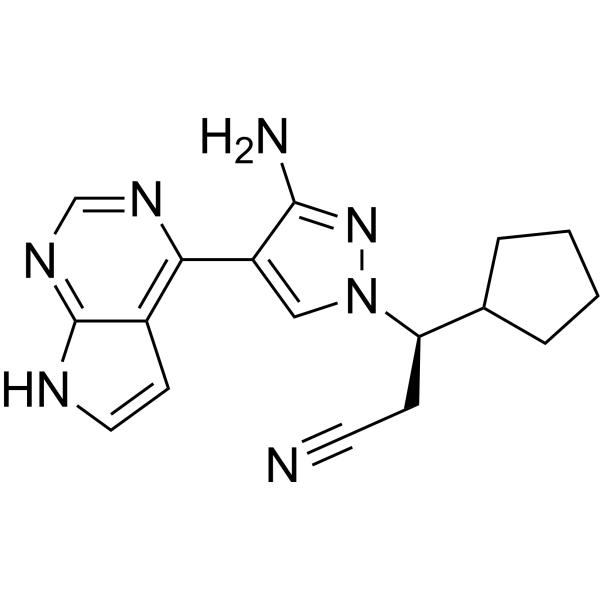
- HY-114795
-
|
|
COX
|
Inflammation/Immunology
|
|
Indomethacin heptyl ester is a selective COX-2 inhibitor with IC50 of 0.04 μM, exhibits anti-inflammatory activity .
|
-
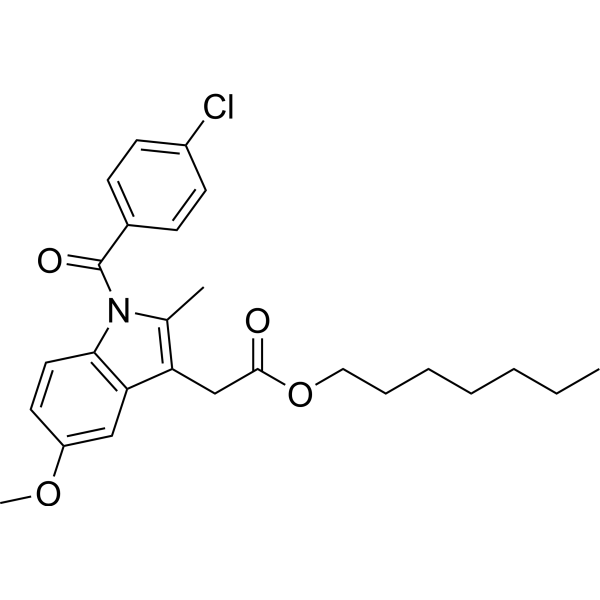
- HY-N10782
-
-
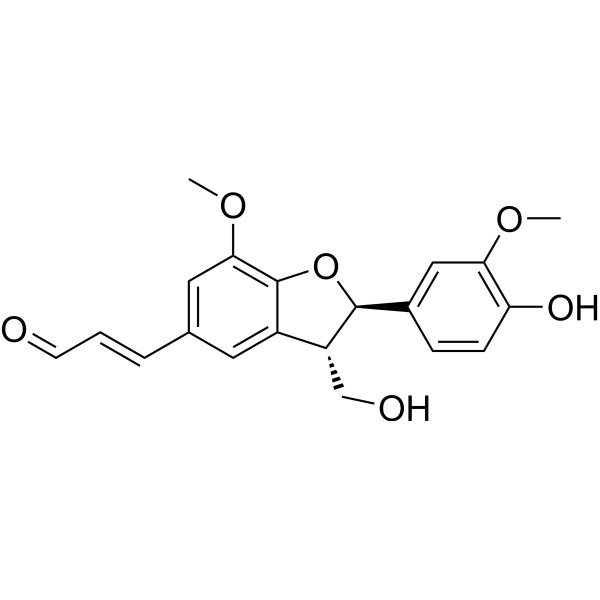
- HY-78131B
-
|
(R)-Ibuprofen
|
NF-κB
|
Inflammation/Immunology
Cancer
|
|
(R)-(-)-Ibuprofen is the R enantiomer of Ibuprofen, inactive on COX, inhibits NF-κB activation; (R)-(-)-Ibuprofen exhibits anti-inflammatory and antinociceptive effects.
|
-
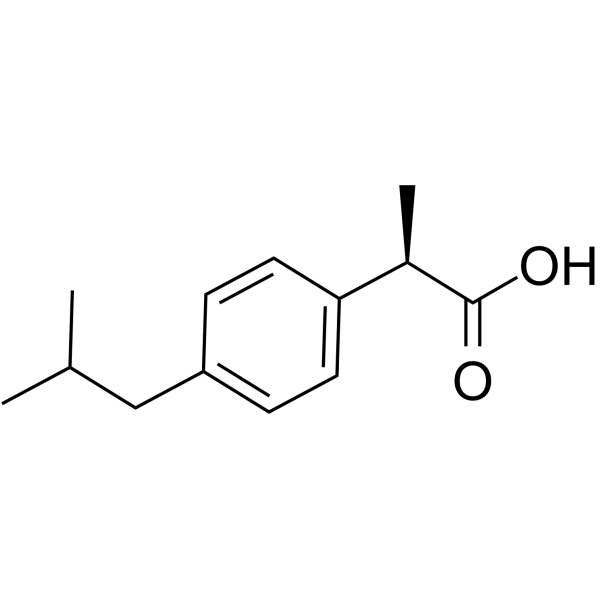
- HY-N0400
-
-
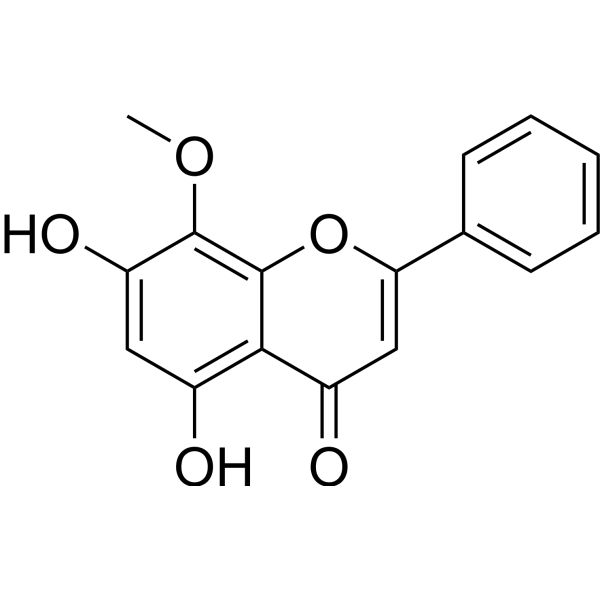
- HY-N0472
-
-
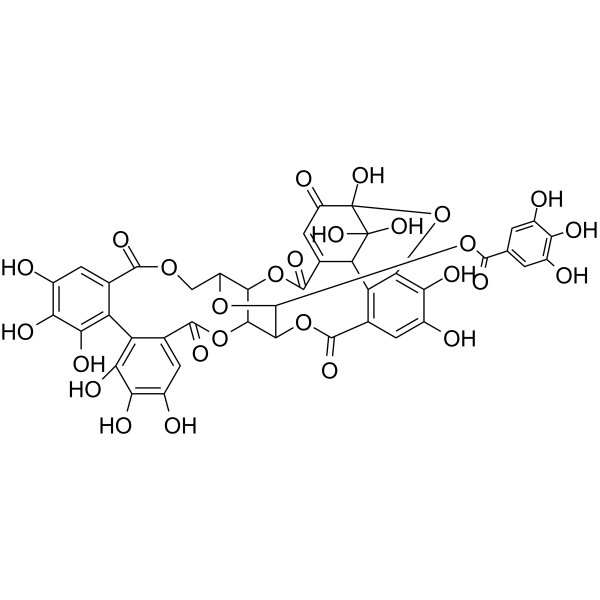
- HY-N3487
-
|
|
JNK
p38 MAPK
|
Inflammation/Immunology
|
|
Isodorsmanin A is an anti-inflammatory agent. Isodorsmanin A suppresses the production of inflammatory mediators and proinflammatory cytokines. Isodorsmanin A inhibits the phosphorylation of JNK, MAPK .
|
-
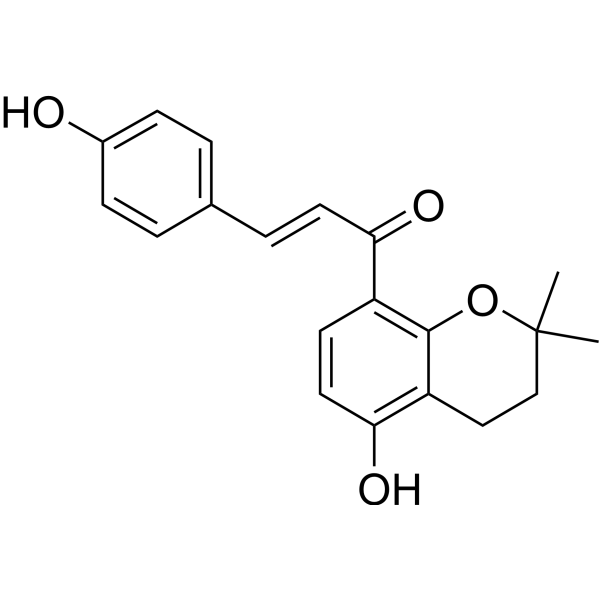
- HY-N1054
-
|
3β-Hydroxyurs-30-p-E-hydroxycinnamoyl-12-en-28-oic acid
|
|
|
|
Zamanic acid is a potent inhibitor of glutathione reductase. Zamanic acid inhibits the growth of Mycobacterium tuberculosis in culture and has also been shown to have anti-inflammatory activity .
|
-
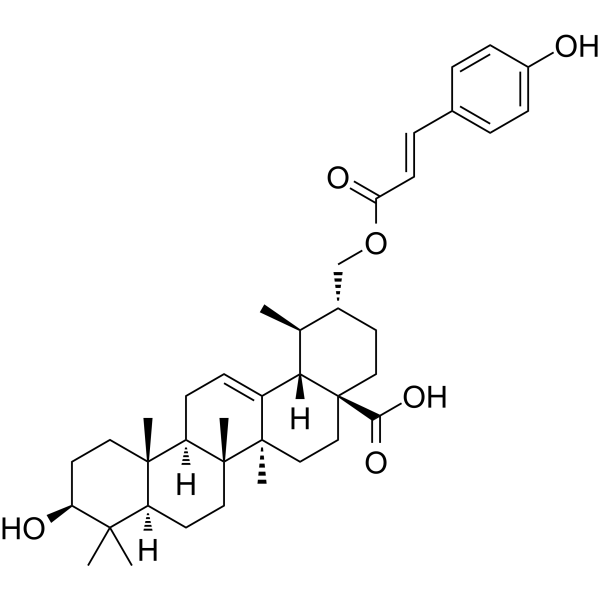
- HY-132196
-
|
|
Btk
|
Inflammation/Immunology
|
|
BTK inhibitor 18 is a potent, selective,orally active and covalent Btk inhibitor with a IC50 of 142 nM. BTK inhibitor 18 has anti-inflammatory activities .
|
-
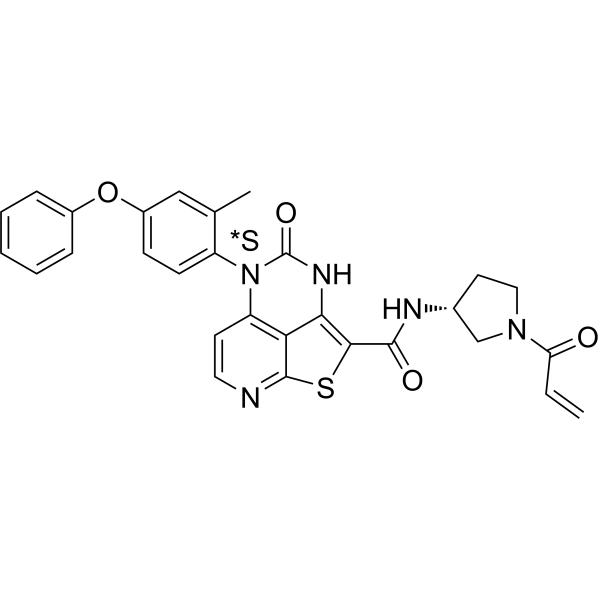
- HY-105028S
-
|
CP-66248-d3
|
COX
|
Inflammation/Immunology
|
|
Tenidap-d3 is the deuterium labeled Tenidap. Tenidap, a non-steroidal anti-inflammatory drug, is a selective COX-1 inhibitor, with IC50 values of 0.03 μM and 1.2 μM for COX-1 and COX-2, respectively. Tenidap has anti-inflammatory and antirheumatic properties[1][2]. Tenidap is also a specific SLC26A3 inhibitor[3].
|
-
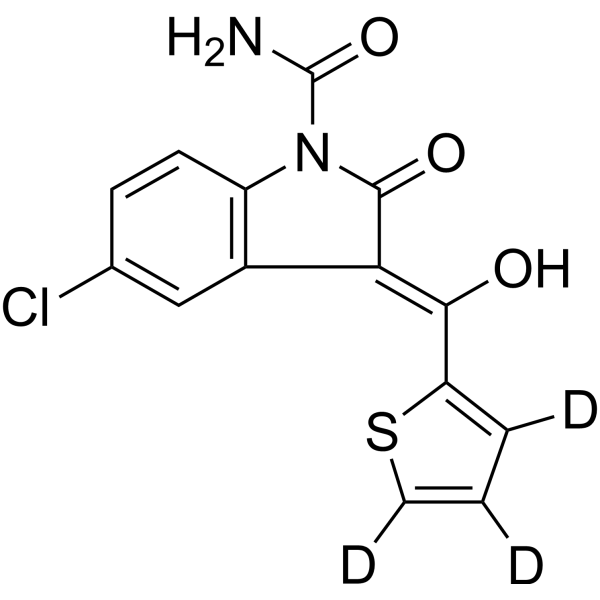
- HY-N0540
-
|
Luteolin 7-glucoside; Luteolin 7-O-β-D-glucoside
|
Influenza Virus
DNA/RNA Synthesis
Apoptosis
Parasite
Bacterial
Fungal
|
Infection
Cancer
|
|
Cynaroside (Luteolin 7-glucoside) is a flavonoid compound that exhibits anti-oxidative capabilities. Cynaroside is also a potent influenza RNA-dependent RNA polymerase inhibitor with an IC50 of 32 nM. Cynaroside also is a promising inhibitor for H2O2-induced apoptosis, has cytoprotection against oxidative stress-induced cardiovascular diseases. Cynaroside also has antibacterial, antifungal and anticancer activities, antioxidant and anti-inflammatory activities .
|
-
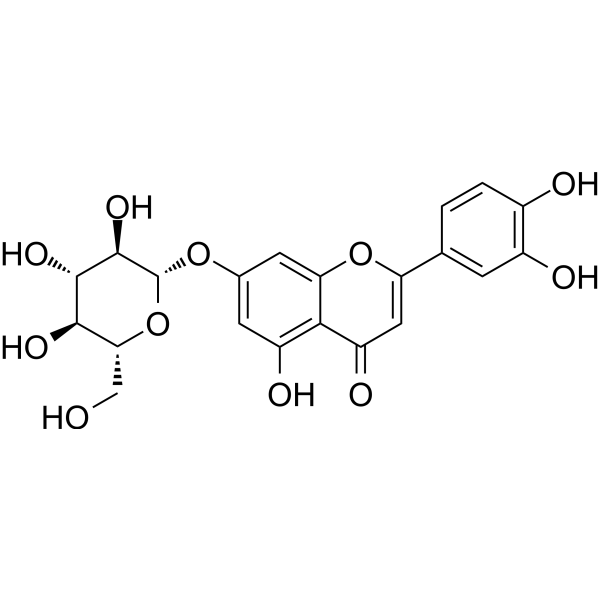
- HY-B0619
-
|
CN100
|
COX
|
Inflammation/Immunology
|
|
Zaltoprofen (CN100), a non-steroidal anti-inflammatory drug (NSAID), is a preferential and orally active COX-2 inhibitor, with IC50s of 1.3 and 0.34 μM for COX-1 and COX-2, respectively. Zaltoprofen exhibits powerful anti-inflammatory effects as well as an analgesic action on inflammatory pain .
|
-
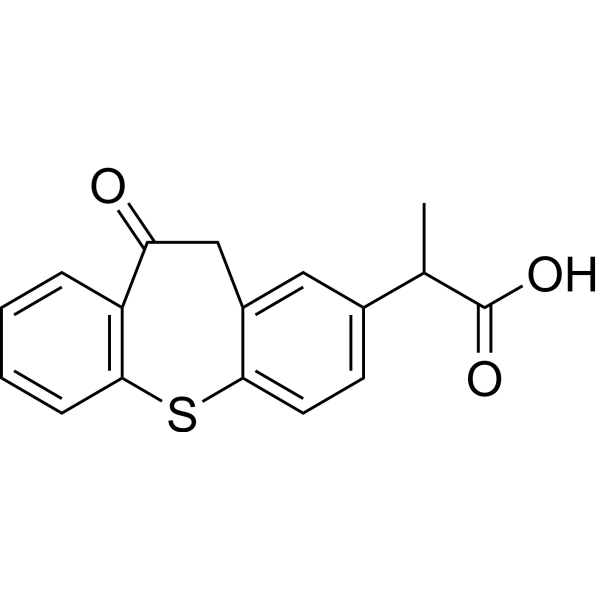
- HY-N5015
-
|
|
COX
|
Inflammation/Immunology
Cancer
|
|
Rosmanol could inhibit the oxidation of low density lipoprotein (LPL) and significantly inhibit lipopolysaccharide induced iNOS and COX-2 expression, with anti-inflammatory effect.
|
-
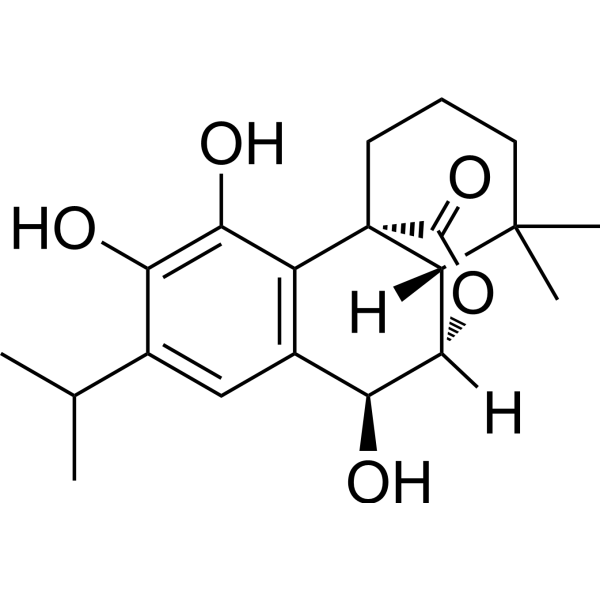
- HY-156621
-
|
|
JAK
|
Inflammation/Immunology
|
|
Lepzacitinib is a Janus kinase inhibitor targeting to JAK 1/3. Lepzacitinib exhibits anti-inflammatory effect and inhibits atopic dermatitis and other skin diseases .
|
-
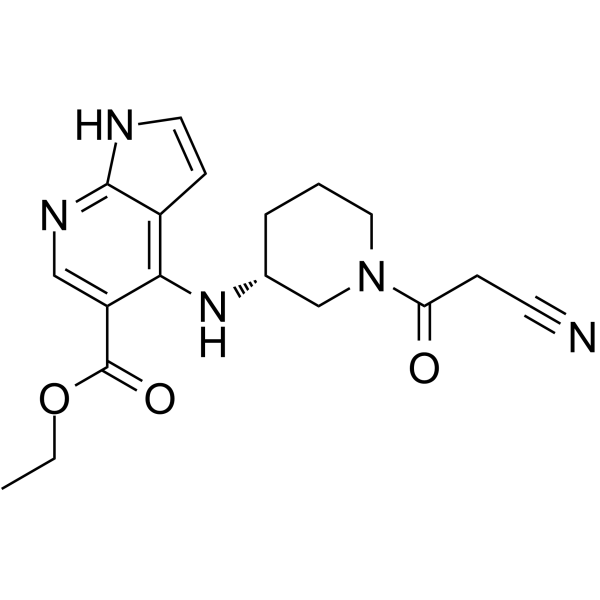
- HY-19217
-
|
L-745337
|
COX
|
Inflammation/Immunology
|
|
Thioflosulide (L-745337) is a selective cyclooxygenase-2 (COX2) inhibitor, with an IC50 of 2.3 nM, and shows anti-inflammatory activity.
|
-
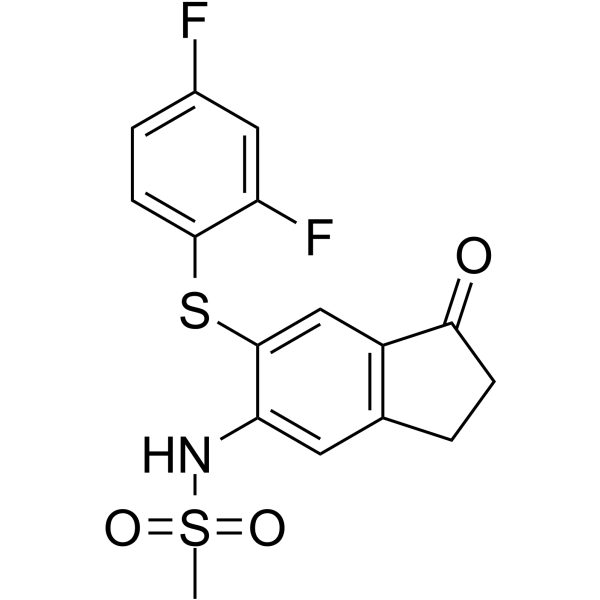
- HY-76251
-
|
AY-24236
|
COX
|
Inflammation/Immunology
Cancer
|
|
Etodolac (AY-24236) is a non-steroidal anti-inflammatory compound that is a non-selective inhibitor of COX (IC50=53.5 nM)
|
-
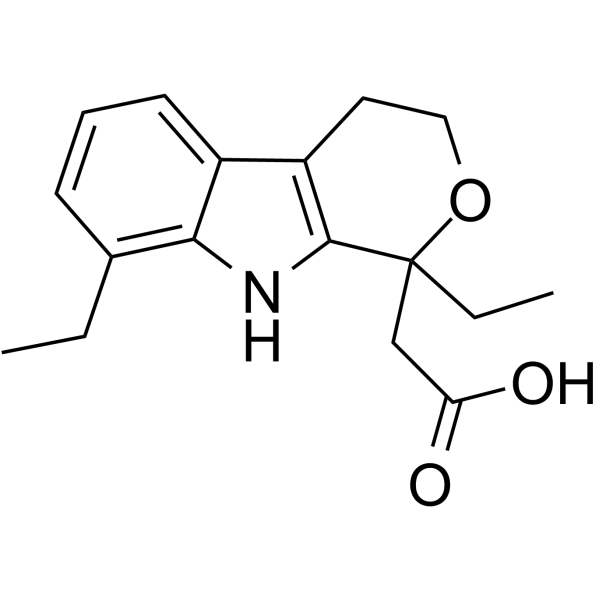
- HY-13723
-
|
SDZ-ASM 981
|
Phosphatase
|
Inflammation/Immunology
|
|
Pimecrolimus (SDZ-ASM 981) is a potent, nonsteroid and orally active calcineurin inhibitor with a Ki of 117 nM. Pimecrolimus shows anti-inflammatory activity .
|
-
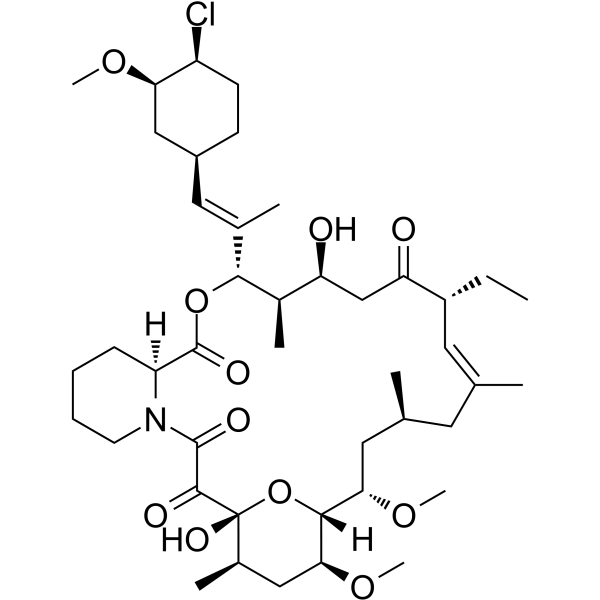
- HY-N1380
-
-
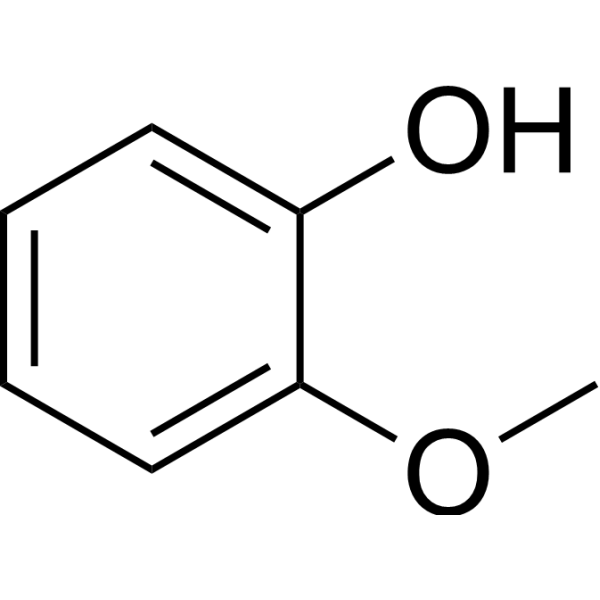
- HY-135301
-
|
|
Others
|
Inflammation/Immunology
|
|
Flavanone hydrazine is a potent non-steroidal anti-inflammatory agent. Flavanone hydrazine effectively inhibits lens protein-induced ocular inflammation .
|
-
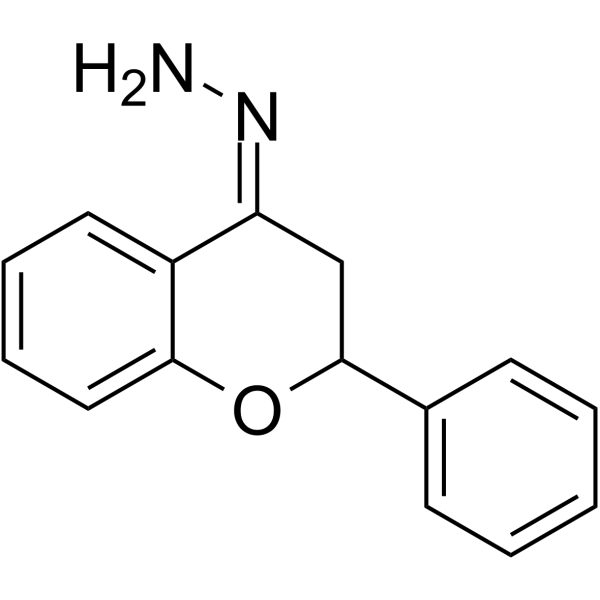
- HY-137454
-
|
|
Wnt
β-catenin
|
Inflammation/Immunology
|
|
Teplinovivint is a potent wnt/β-catenin signaling pathway inhibitor. Teplinovivint has anti-inflammatory activity and has the potential for tendinopathy research .
|
-
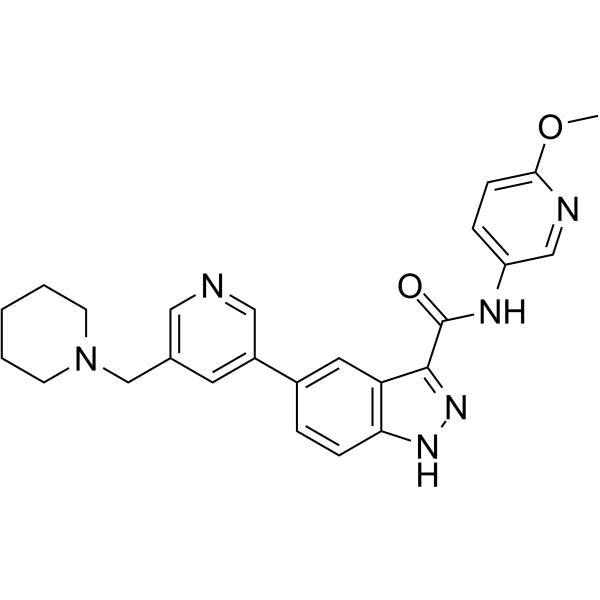
- HY-N6244
-
|
|
Tyrosinase
|
Inflammation/Immunology
|
|
Isolindleyin, a butyrophenone, is a tyrosinase inhibitor, with a Kd of 54.8 μM for human tyrosinase. Isolindleyin exhibits anti-inflammatory, analgesic and anti-melanogenic activities .
|
-
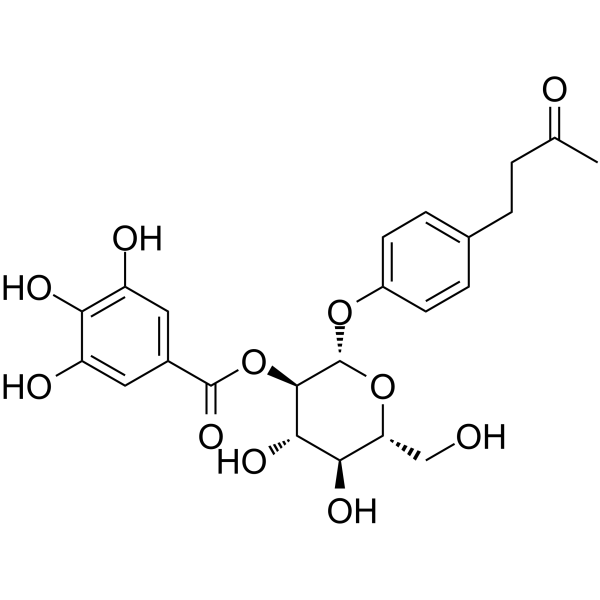
- HY-13219
-
-
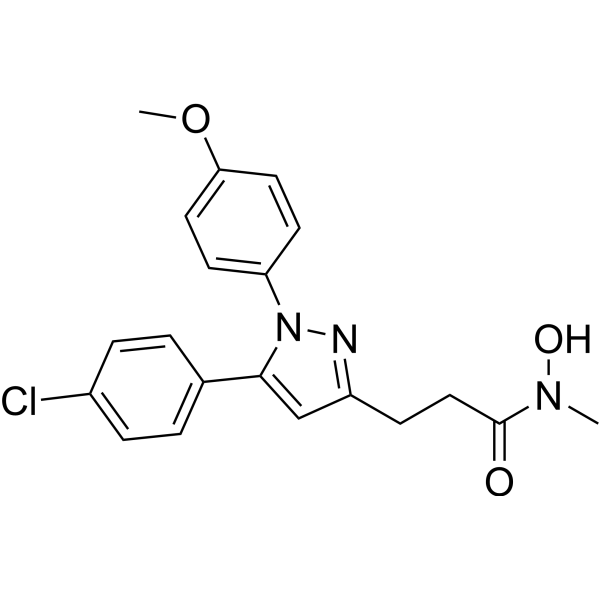
- HY-147811
-
-
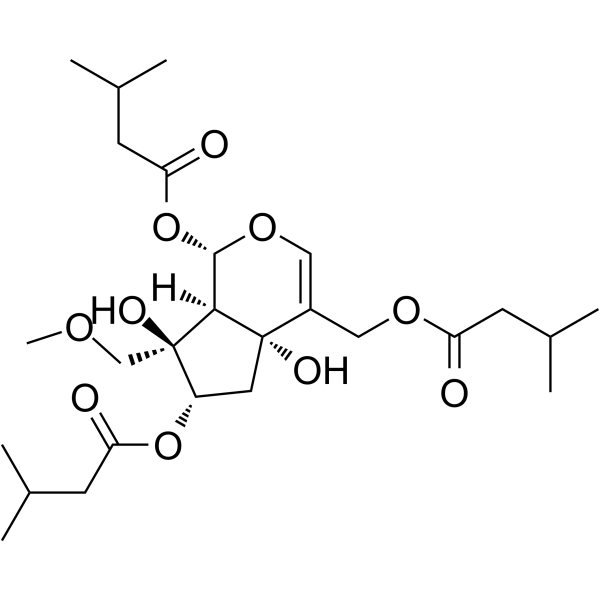
- HY-128473
-
|
Valeroyl salicylate
|
COX
|
Inflammation/Immunology
|
|
Valeryl salicylate is a potent and irreversible cyclooxygenase-1 (COX-1) inhibitor. Valeryl salicylate shows anti-inflammatory effect .
|
-
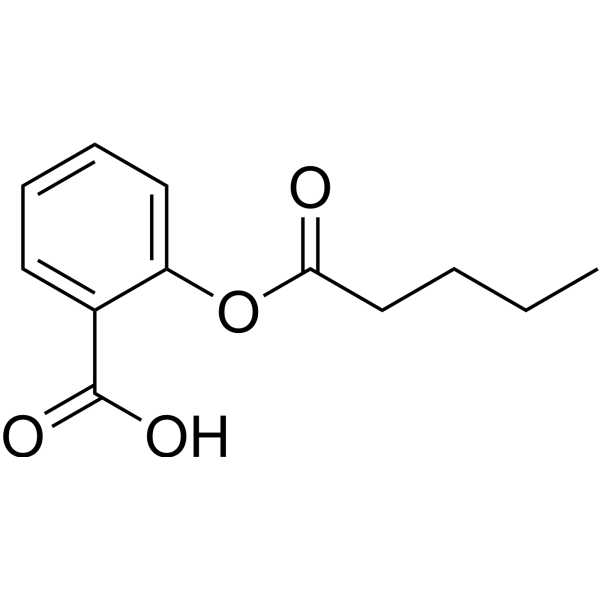
- HY-124481
-
|
|
COX
|
Inflammation/Immunology
|
|
Oleocanthal is a COX-1/2 enzyme inhibitor and a nonsteroidal anti-inflammatory agent. Oleocanthal is obtained from virgin olive oil .
|
-
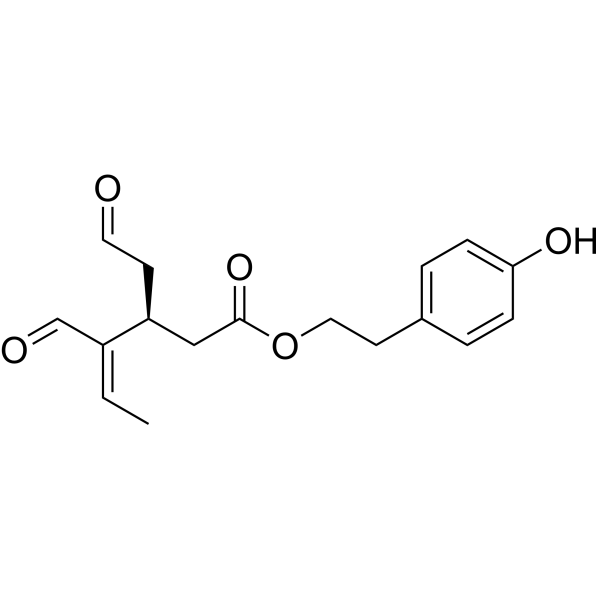
- HY-N10182
-
|
|
Histamine Receptor
|
Inflammation/Immunology
|
|
Spinacetin is a natural product that can be isolated from Inula japonica. Spinacetin inhibits the release of histamine. Spinacetin has anti-inflammatory activity .
|
-
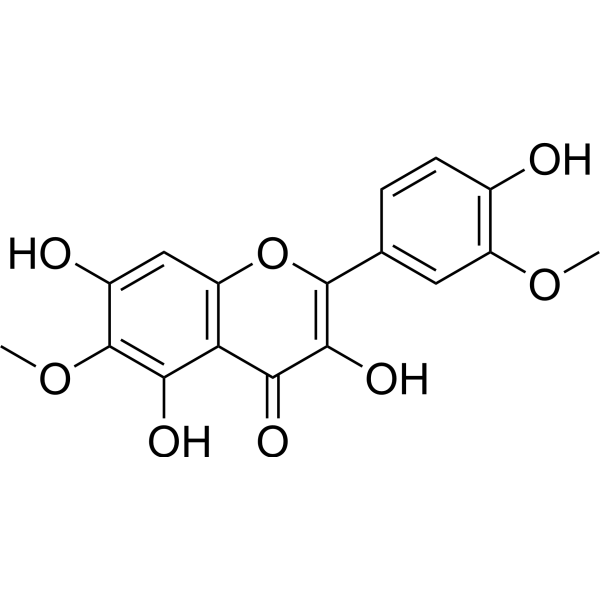
- HY-Y0038
-
|
|
Trk Receptor
|
Cancer
|
|
2-Bromo-6-methoxynaphthalene is an active intermediate in the production of anti-inflammatory agents like Naproxen and Nabumetone by Heck reaction. 2-Bromo-6-methoxynaphthalene has potential anti-inflammatory properties and Tyrosine-protein inhibitor properties. 2-Bromo-6-methoxynaphthalene can be used for the research of cancer .
|
-
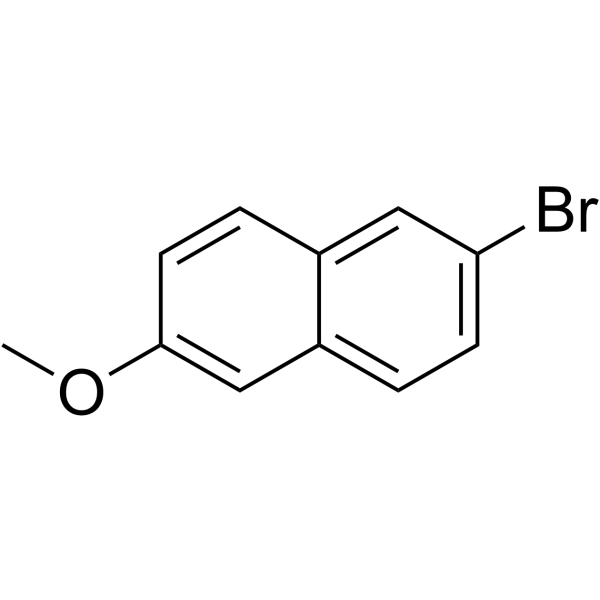
- HY-N7275
-
-
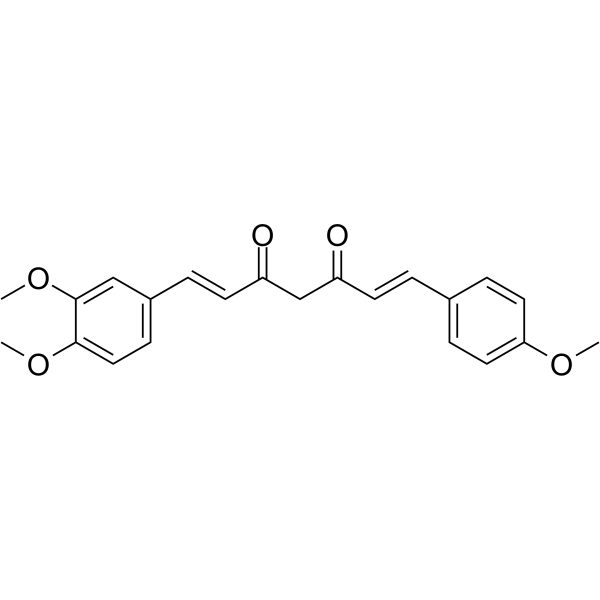
- HY-136718
-
|
|
Apoptosis
|
Cancer
|
|
CLEFMA is a curcuminoid with antitumor activity. CLEFMA inhibits tumor growth is associated with NF-κB-regulated anti-inflammatory and anti-metastatic effects .
|
-
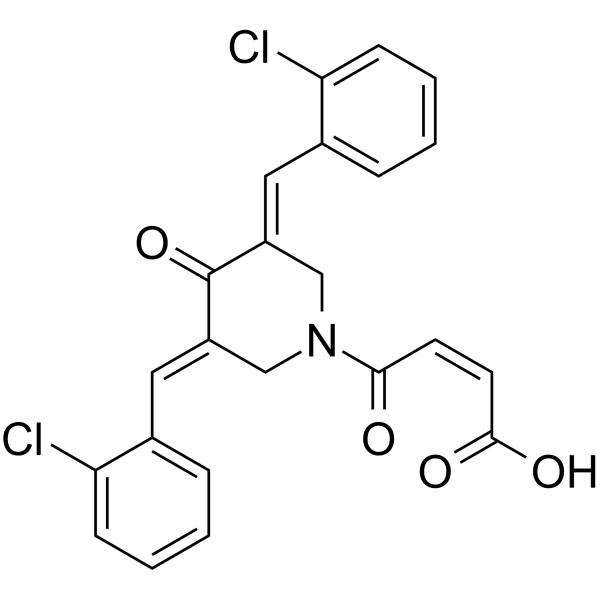
- HY-119487
-
|
|
STAT
|
Inflammation/Immunology
|
|
MMPP is an anti-inflammatory agent. MMPP prevents LPS-induced mortality by inhibiting the inflammatory response via STAT3 activity inhibition .
|
-
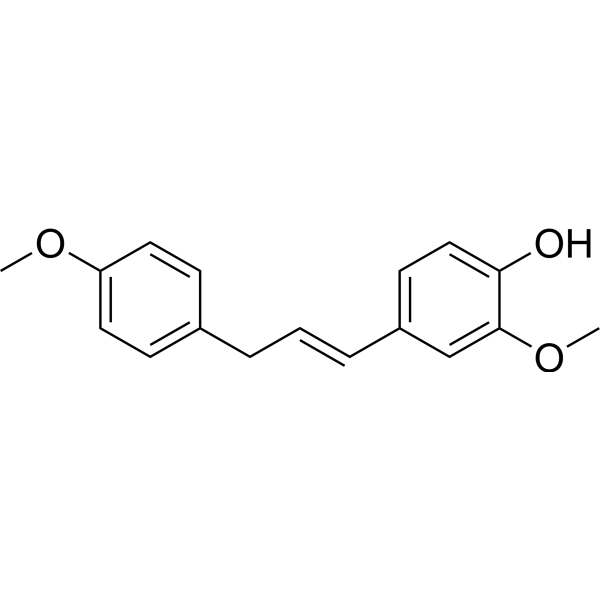
- HY-30152
-
-
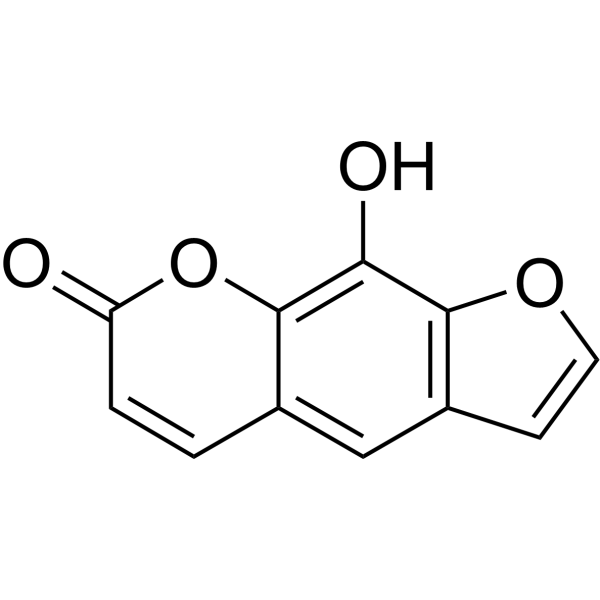
- HY-139607
-
|
|
Monoamine Oxidase
|
Inflammation/Immunology
|
|
SSAO inhibitor-1 is a semicarbazide-sensitive amine oxidase (SSAO) inhibitor. SSAO inhibitor-1 has anti-inflammatory activity and can be used for liver diseases research .
|
-
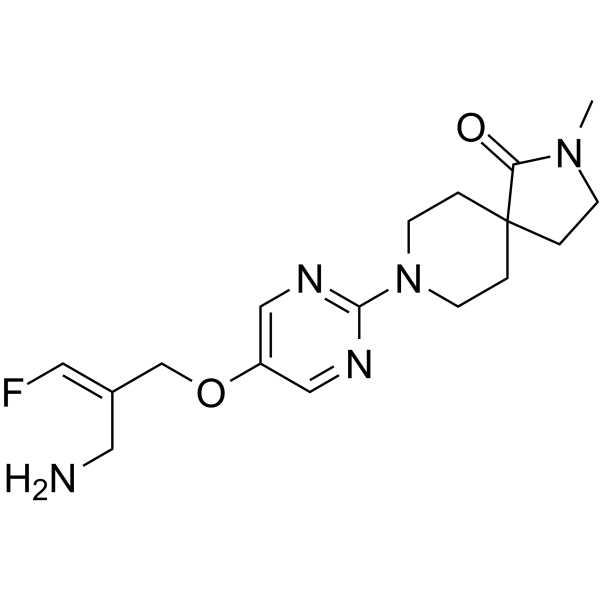
- HY-12383
-
|
|
COX
|
Neurological Disease
Inflammation/Immunology
|
|
Pelubiprofen, an orally active and non-steroidal anti-inflammatory drug, is a member of the 2-arylpropionic acid family and has relatively selective effects on COX-2 activity. Pelubiprofen inhibits COX activity and the transforming growth factor-β activated kinase 1-IκB kinase β-NF-κB pathway, and has significant anti-inflammatory and analgesic effects .
|
-
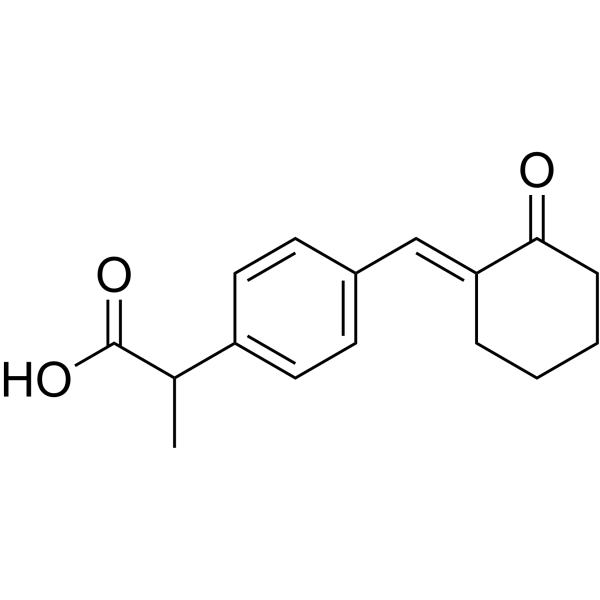
- HY-N8263
-
|
|
Bacterial
Fungal
NF-κB
|
Infection
Inflammation/Immunology
|
|
Nepetoidin B, an anti-inflammatory agent, inhibits inflammation by modulating the NF-κB and Nrf2/HO-1 signaling pathways. Nepetoidin B also has antifungal and antibacterial activity. Nepetoidin B is a natural product that can be obtained from Salvia plebeia R. Br. Nepetoidin B can be used in anti-inflammatory and anti-infectious research .
|
-
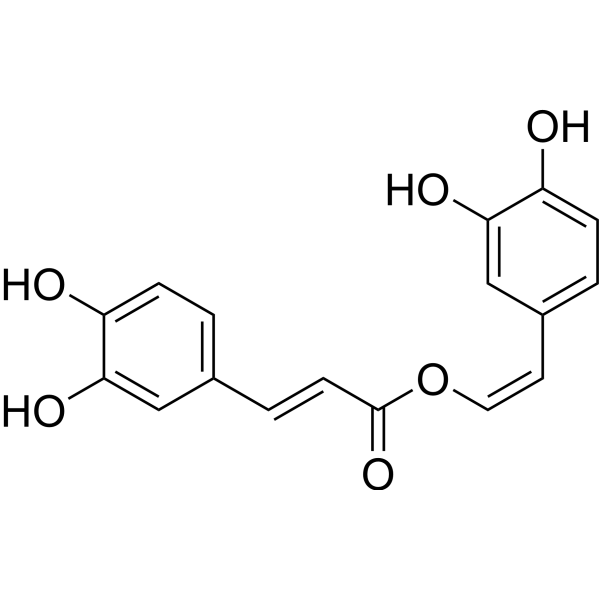
- HY-15028
-
|
ATB-346
|
COX
Apoptosis
|
Inflammation/Immunology
|
|
Otenaproxesul (ATB-346), an orally active non-steroidal anti-inflammatory drug (NSAID), inhibits cyclooxygenase-1 and 2 (COX-1 and 2). Otenaproxesul possesses antiinflammatory and antinociceptive activities .
|
-
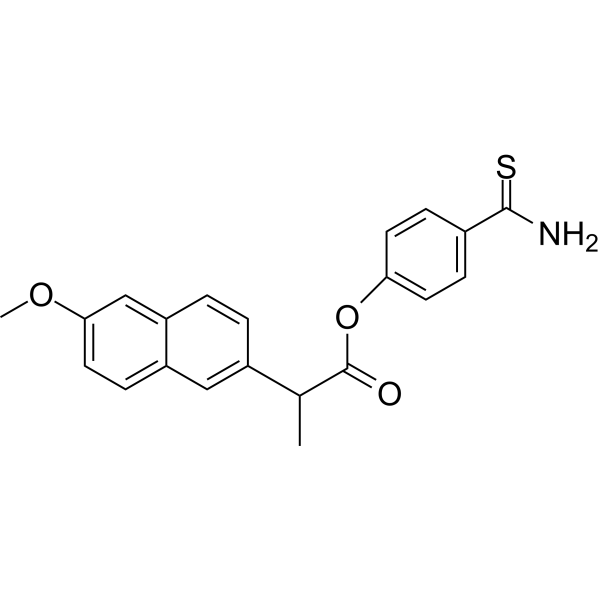
- HY-N0021
-
-
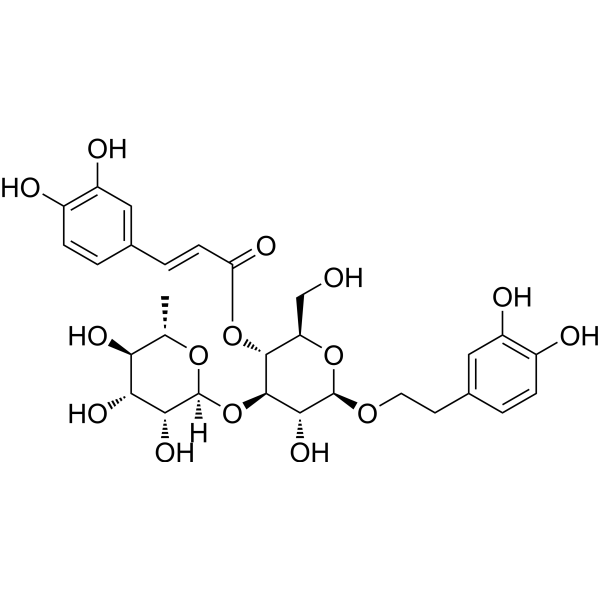
- HY-B0559
-
|
BRL14777
|
COX
|
Inflammation/Immunology
Cancer
|
|
Nabumetone is an orally active non-acidic anti-inflammatory agent, acts as a potent and selective COX-2 inhibitor, and is the proagent of the active metabolite 6MNA.
|
-
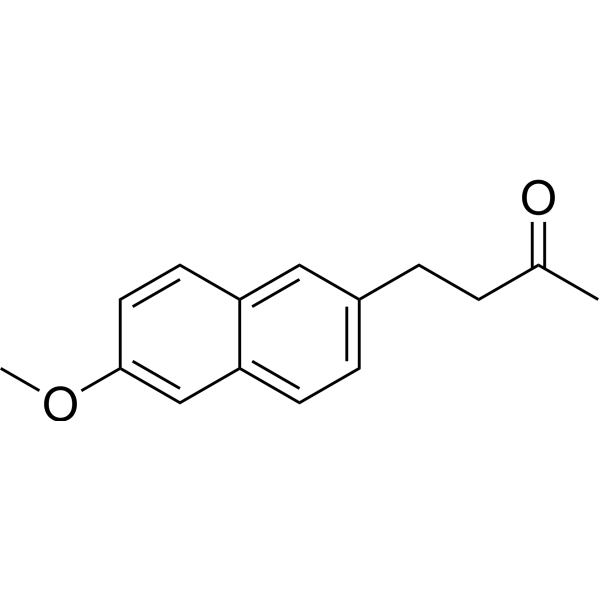
- HY-N0575
-
-
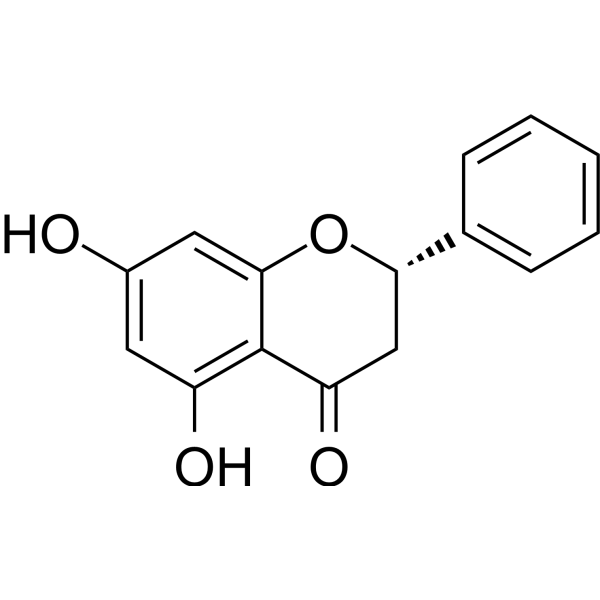
- HY-B1832
-
-
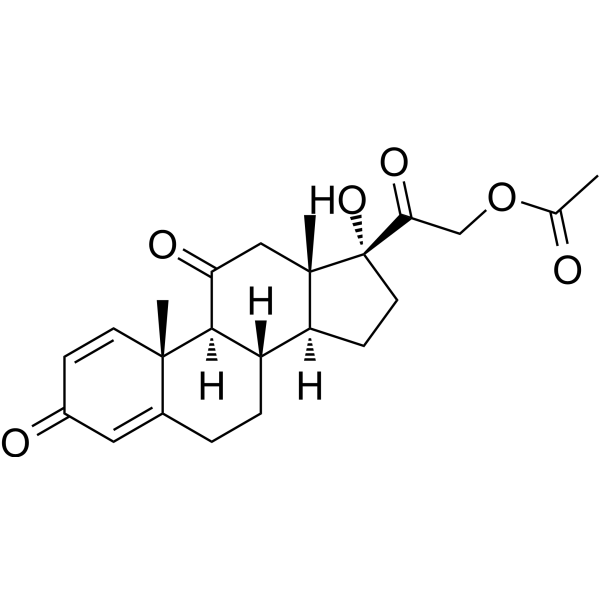
- HY-N0826
-
-
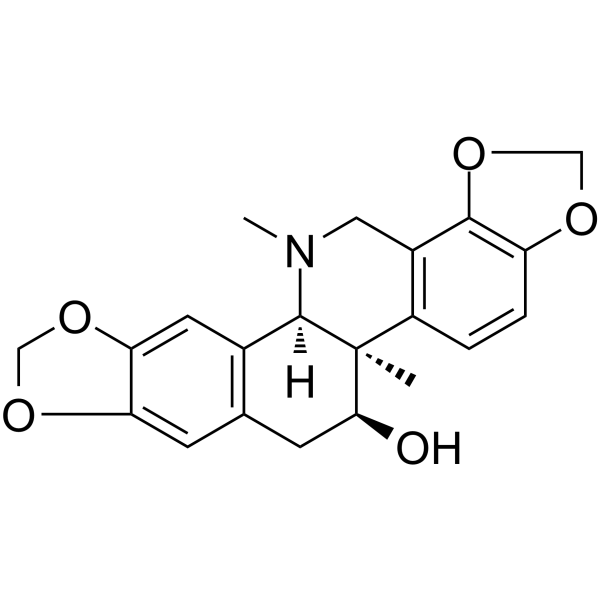
- HY-126941
-
|
|
Opioid Receptor
|
Neurological Disease
|
|
Hecogenin acetate is a steroidal sapogenin-acetylated with anti-inflammatory and antinociceptive. Hecogenin acetate shows potential antihyperalgesic activity, inhibiting descending pain and acting in opioid receptors .
|
-

- HY-N0493
-
|
|
COX
Lipoxygenase
|
Inflammation/Immunology
|
|
Pectolinarigenin is a dual inhibitor of COX-2/5-LOX. Anti-inflammatory activity . Pectolinarigenin has potent inhibitory activities on melanogenesis .
|
-
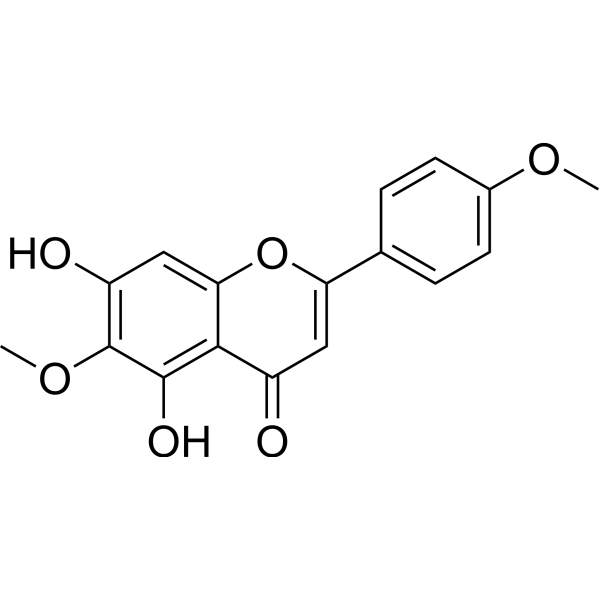
- HY-13751
-
|
|
Sigma Receptor
|
Inflammation/Immunology
|
|
SR-31747 is a sigma ligand with immunosuppressive and anti-inflammatory properties. SR-31747 blocks cell proliferation by inhibiting sterol isomerase .
|
-
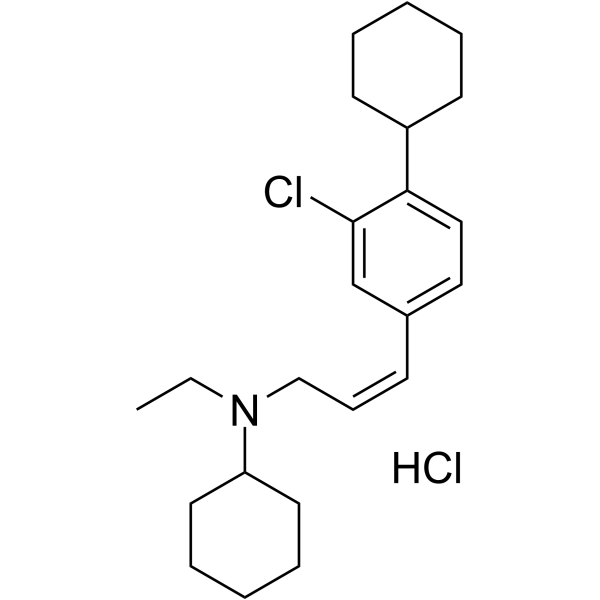
- HY-N7630
-
-
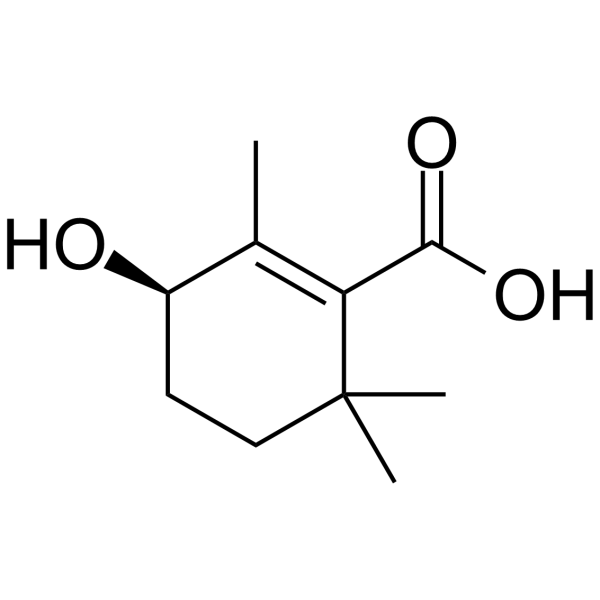
- HY-N7697C
-
|
|
Toll-like Receptor (TLR)
|
Inflammation/Immunology
|
|
Chitohexaose hexahydrochloride is a chitosan oligosaccharide with anti-inflammatory effect. Chitohexaose hexahydrochloride binds to the active sites of TLR4 and inhibits LPS induced inflammation .
|
-
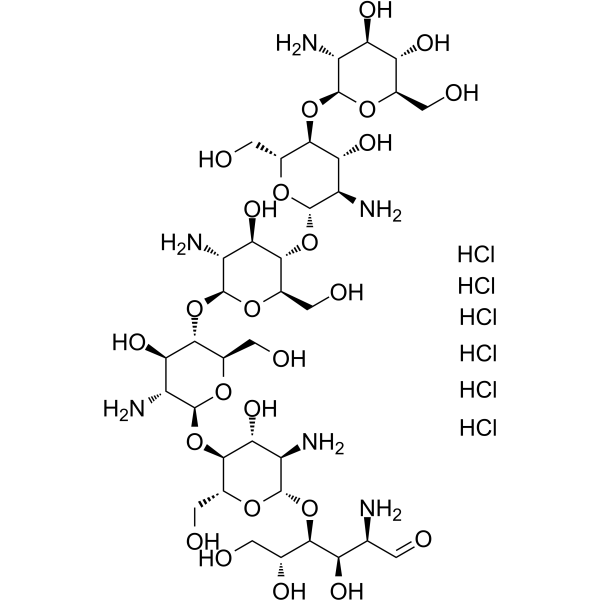
- HY-138558
-
-
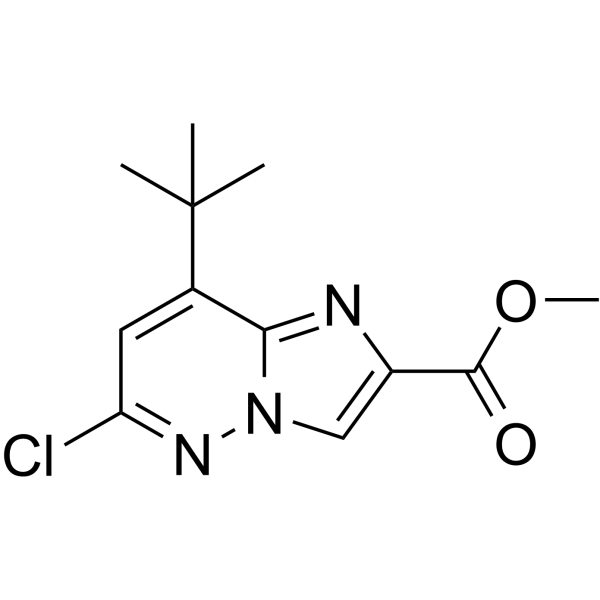
- HY-N8174
-
|
|
NO Synthase
|
Inflammation/Immunology
Cancer
|
|
Valeriandoid F is an iridoid, which potently inhibits NO production with an IC50 value of 0.88 μM. Valeriandoid F has anti-inflammatory and antiproliferative activities .
|
-
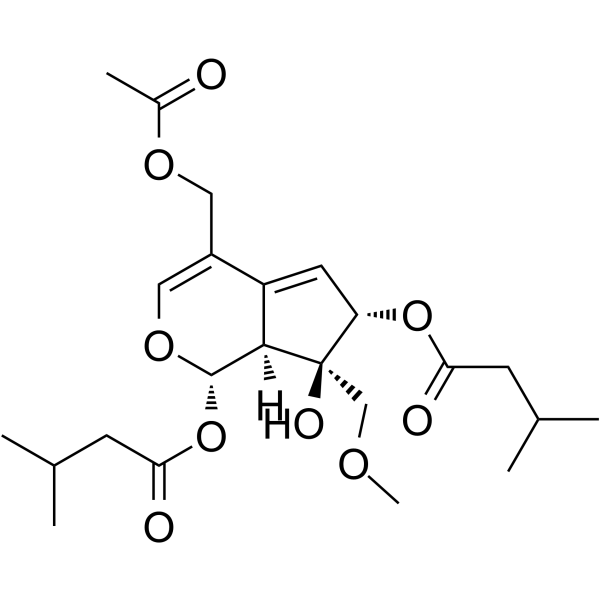
- HY-121851
-
|
SB 641257
|
Proton Pump
|
Inflammation/Immunology
|
|
Revaprazan (SB 641257) is a reversible proton pump inhibitor with significant anti-inflammatory effects. Revaprazan can be used for chronic gastric inflammation research .
|
-
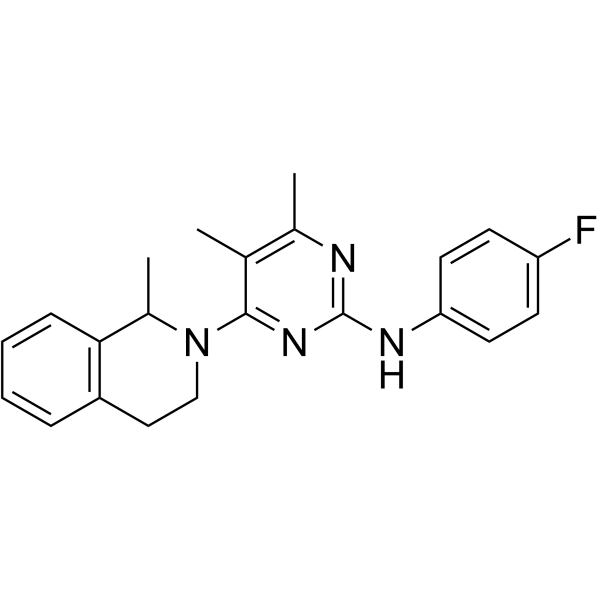
- HY-106216
-
|
|
Elastase
|
Infection
Inflammation/Immunology
|
|
Tiprelestat is a potent human neutrophil elastase inhibitor. Tiprelestat has antimicrobial and anti-inflammatory activities. Tiprelestat can be used in the research of inflammation/immune disease .
|
-

- HY-N1121
-
|
|
Others
|
Cancer
|
|
Triptonodiol can be isolated from Trypterygium wilfordii. Triptonodiol has anti-inflammatory and anti-cancer activity. Triptonodiol inhibits the biological activity of GSK .
|
-
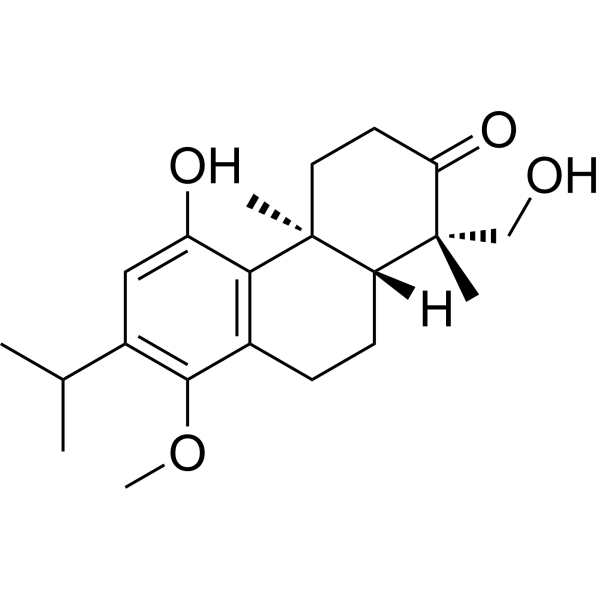
- HY-119960
-
|
|
COX
|
Inflammation/Immunology
|
|
AHR-10037 is a non-steroidal anti-inflammatory agent with low gastric toxicity. AHR-10037 is a prodrug converted in vivo to a cyclooxygenase inhibitor .
|
-
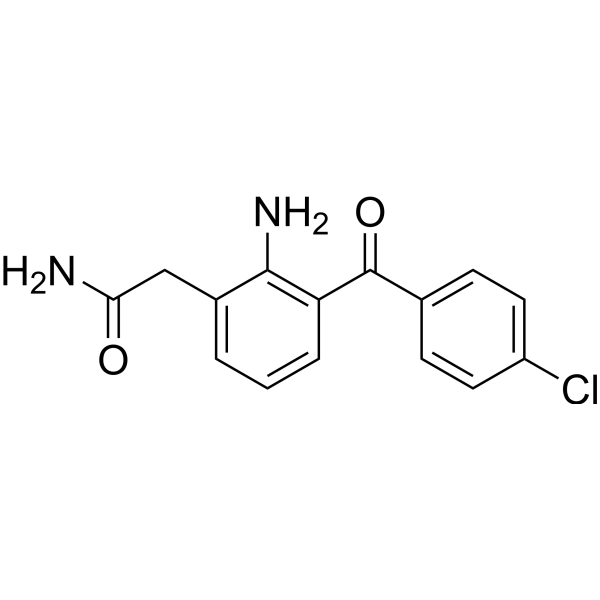
- HY-N1531
-
|
Magnotriol A
|
|
|
|
Randaiol is an antioxidant that can be isolated from the stem bark of Magnolia officinalis. Randaiol inhibits LPS-induced NO production and has anti-inflammatory and antioxidant activities .
|
-
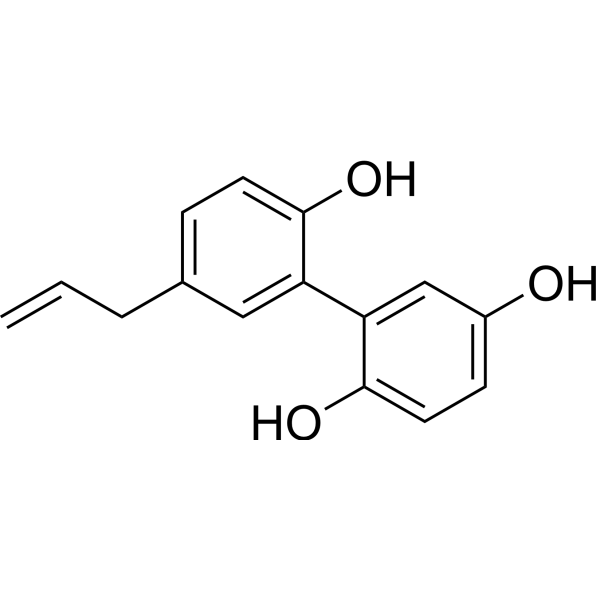
- HY-N9867
-
|
|
TNF Receptor
|
Inflammation/Immunology
|
|
Gnetifolin E is a resveratrol trimer derivative that can be isolated from Gnetum brunonianum. Gnetifolin E has anti-inflammatory activity, and inhibits TNF-α .
|
-
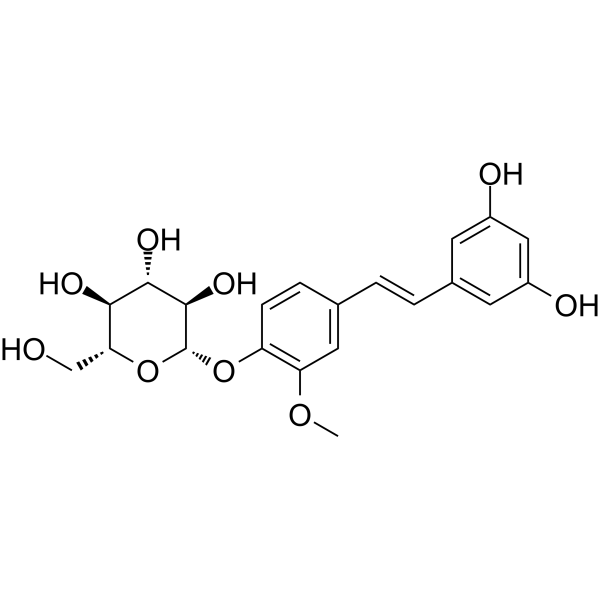
- HY-120966
-
|
|
Others
|
Inflammation/Immunology
|
|
NCX 2121 (NO-indomethacin) is an anti-inflammatory agent. NCX 2121 inhibits PaCa-2 cells growth witn an IC50 of 82 μM .
|
-
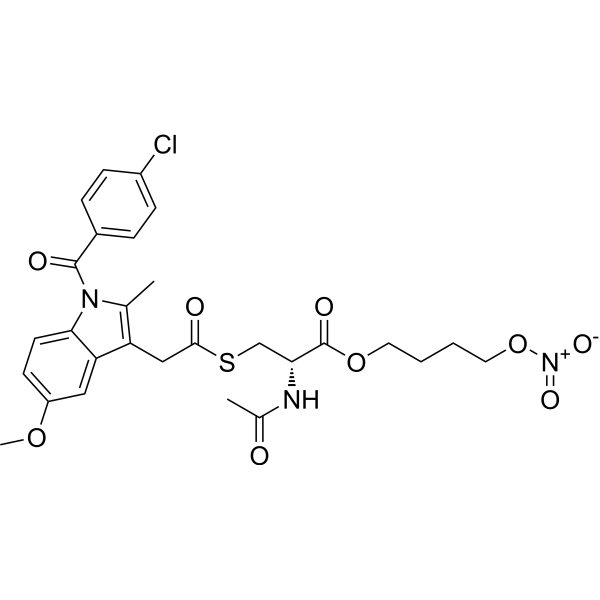
- HY-Y0189S
-
|
Wintergreen oil-d4
|
COX
|
Inflammation/Immunology
|
|
Methyl Salicylate-d4 is the deuterium labeled Methyl Salicylate[1]. Methyl Salicylate (Wintergreen oil) is a topical analgesic and anti-inflammatory agent. Also used as a pesticide, a denaturant, a fragrance ingredient, and a flavoring agent in food and tobacco products[2]. A systemic acquired resistance (SAR) signal in tobacco[3]. A topical nonsteroidal anti-inflammatory agent (NSAID). Methyl salicylate lactoside is a COX inhibitor[5].
|
-
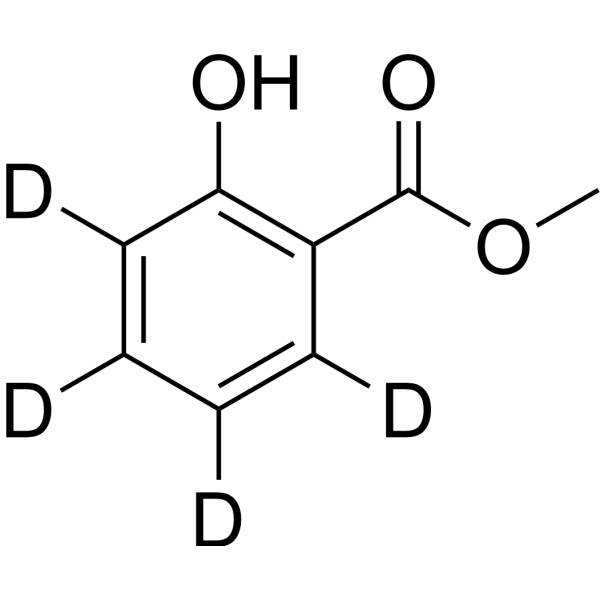
- HY-N0114A
-
-
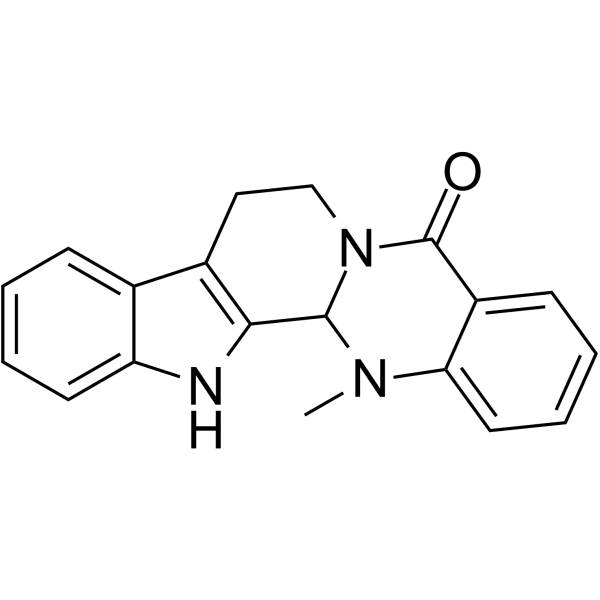
- HY-W013332
-
|
|
HIV
|
Infection
Inflammation/Immunology
|
|
3-Deazaadenosine is an inhibitor of S-adenosylhomocysteine hydrolase, with a Ki of 3.9 µM; 3-Deazaadenosine has anti-inflammatory, anti-proliferative and anti-HIV activity.
|
-
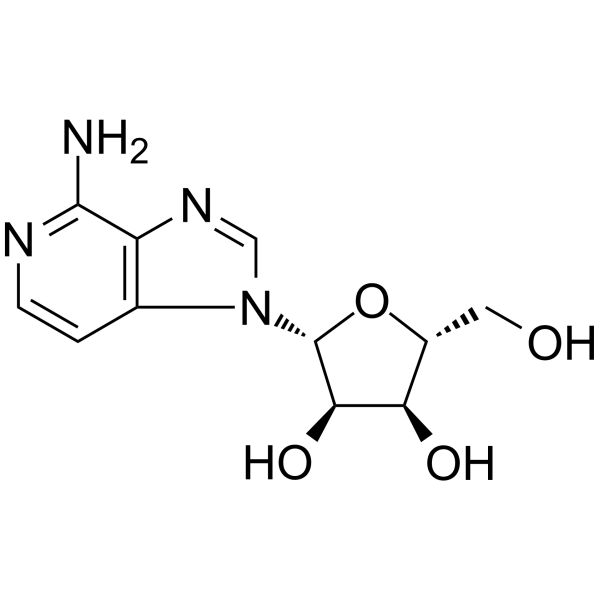
- HY-W013332A
-
|
|
HIV
|
Infection
Inflammation/Immunology
|
|
3-Deazaadenosine (hydrochloride) is an inhibitor of S-adenosylhomocysteine hydrolase, with a Ki of 3.9 µM; 3-Deazaadenosine has anti-inflammatory, anti-proliferative and anti-HIV activity.
|
-
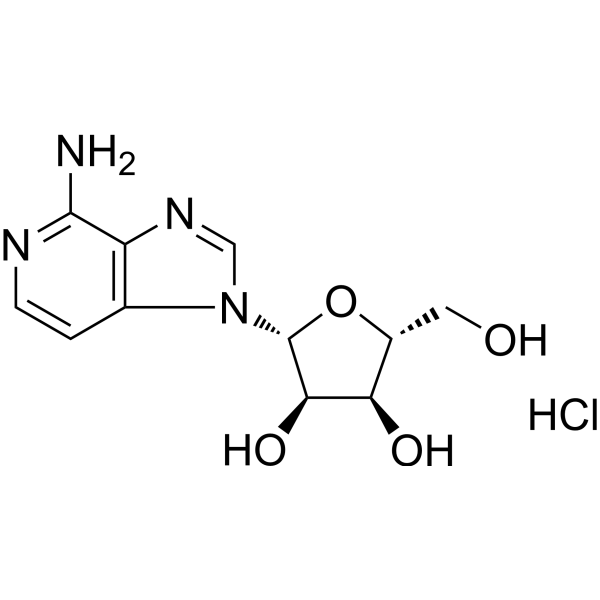
- HY-126296
-
-
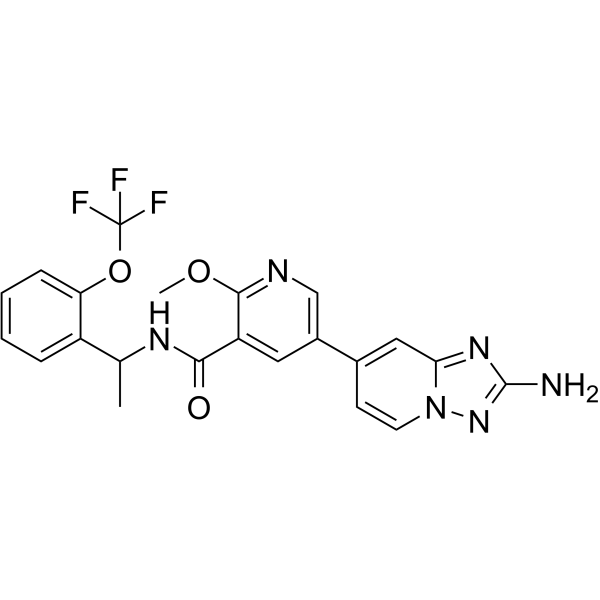
- HY-W019940
-
-
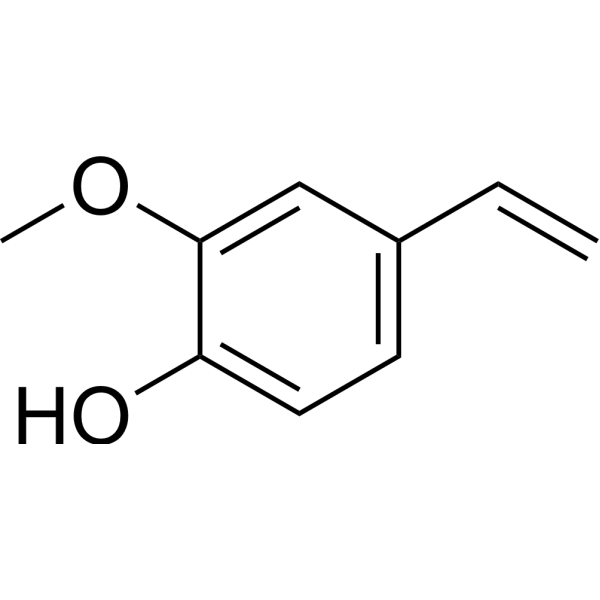
- HY-N9315
-
-
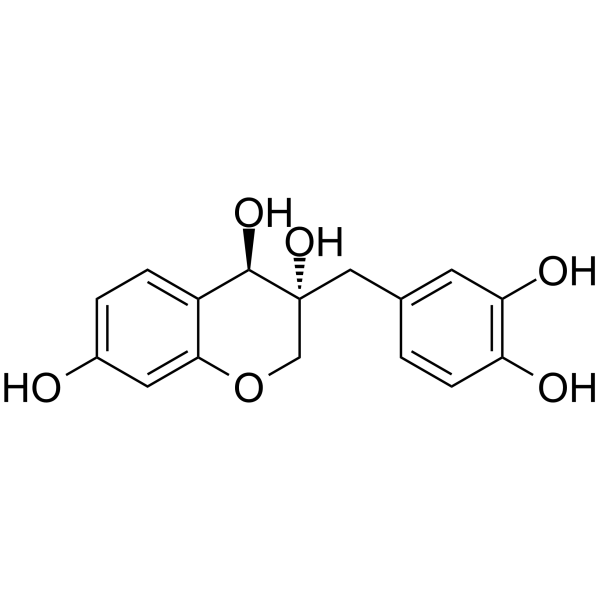
- HY-139844
-
|
|
p38 MAPK
NF-κB
|
Inflammation/Immunology
|
|
Anti-inflammatory agent 7 inhibits proinflammatory cytokines by blocking the NF-κB/MAPK signaling pathway in LPS-treated RAW 264.7 cells as well as mice.
|
-
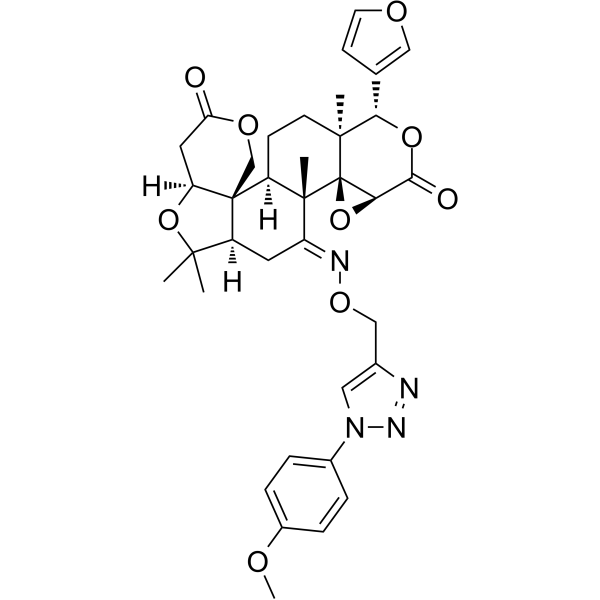
- HY-137992
-
|
|
Others
|
Inflammation/Immunology
|
|
Aucuparin, a natural product found in Sorbus aucuparia, inhibits pulmonary fibrosis in a bleomycin (BLM)-induced lung fibrosis mouse model. Anti-inflammatory activity .
|
-
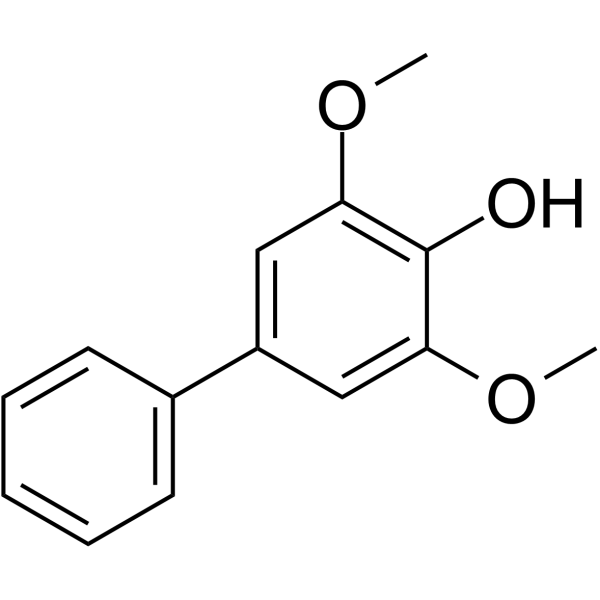
- HY-17509S
-
-
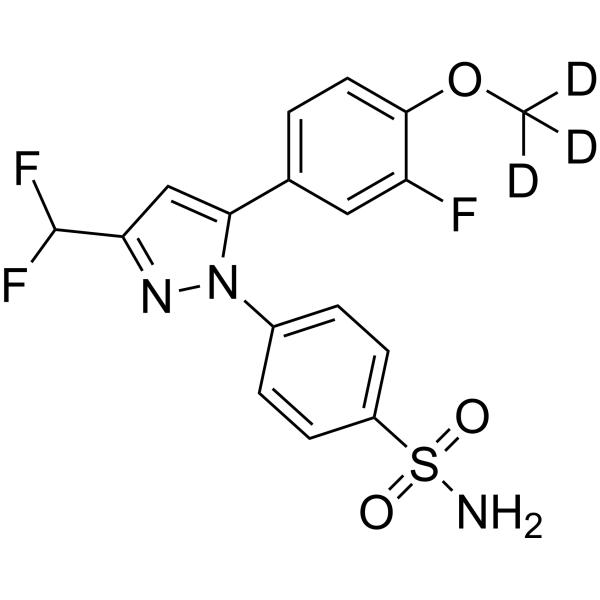
- HY-153330
-
-
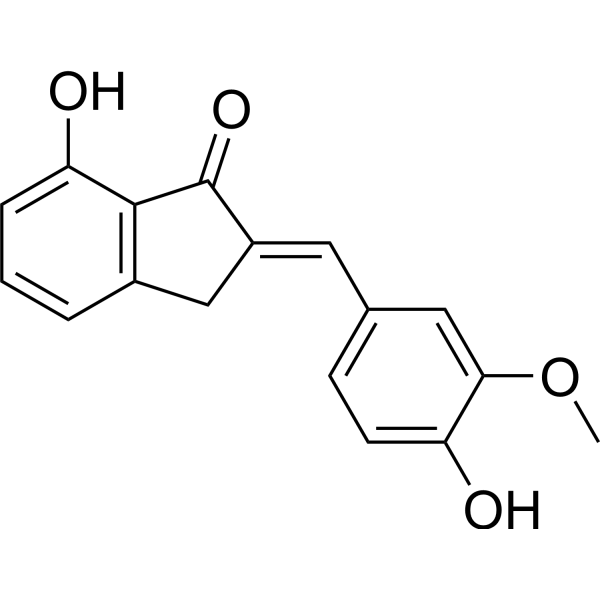
- HY-126603
-
|
|
Others
|
Infection
|
|
Asperlactone has anti-inflammatory activity. Asperlactone inhibits superoxide anion generation. Asperlactone is a fungal metabolite that can be isolated from isolated from Aspergillus ochraceus .
|
-
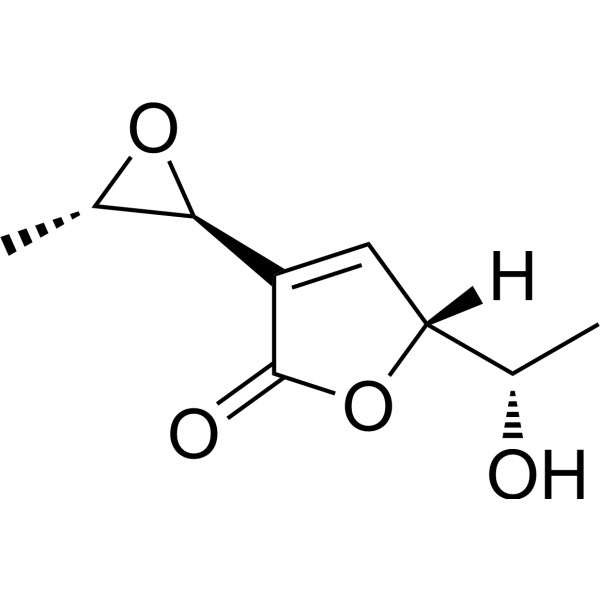
- HY-162323
-
|
|
EGFR
|
Cancer
|
|
EGFR-IN-106 (compound 6) is a potentEGFR inhibitor with an IC50 value of 0.2396 µM. EGFR-IN-106 shows cytotoxic and anti-inflammatory activity 。
|
-
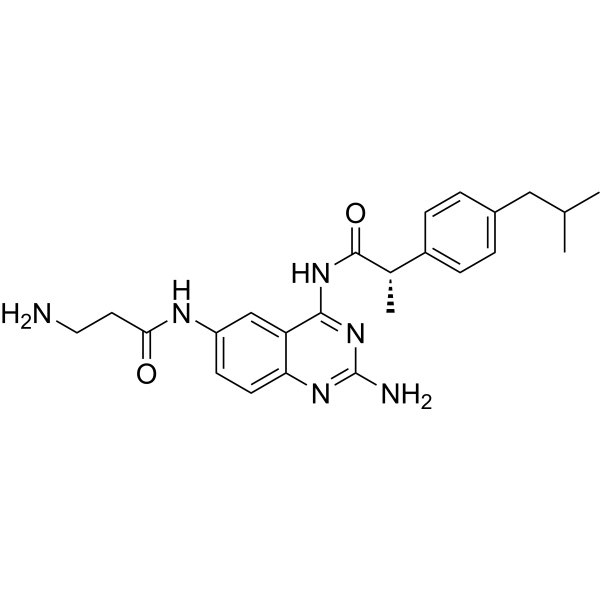
- HY-106481
-
|
|
GPR35
Histamine Receptor
|
Inflammation/Immunology
|
|
Bufrolin is a Cromoglycate (histamine release inhibitor) analog and a high potency agonist of GPR35. Bufrolin promotes interactions between β-arrestin-2 and either human GPR35a or rat GPR35. Bufrolin also serves as antiallergic mast cell stabilizer and inhibit an anti-inflammatory response inducible by the internalization peptide. Bufrolin acts as an anti-inflammatory agent to be used in research of delivering pharmacol linked with internalization peptide .
|
-
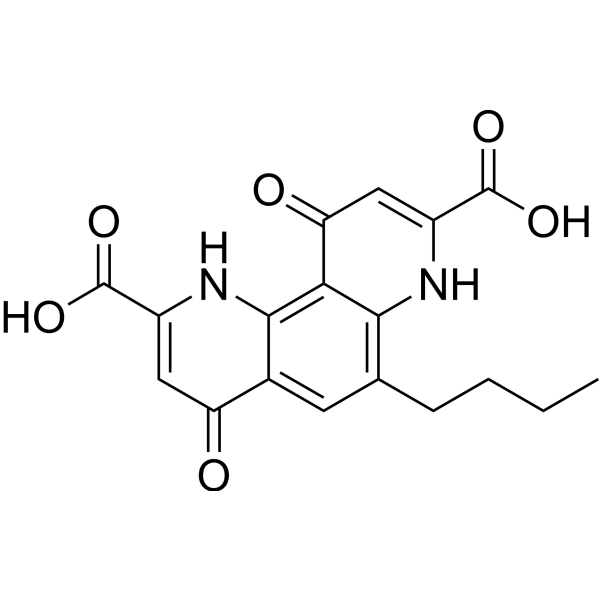
- HY-107592
-
|
|
IKK
STAT
Apoptosis
|
Inflammation/Immunology
Cancer
|
|
ACHP (compound 4j) is a selective and orally active IκB kinase inhibitor with IC50 values of 8.5 nM and 250 nM for IKKβ and IKKα, respectively. ACHP can effectively inhibit the STAT3 signaling pathway and induce cancer cell cycle arrest and apoptosis. ACHP shows anti-inflammatory activity in a mouse ear edema model. ACHP can be used in anti-inflammatory and anti-cancer (such as multiple myeloma and leukemia) studies .
|
-
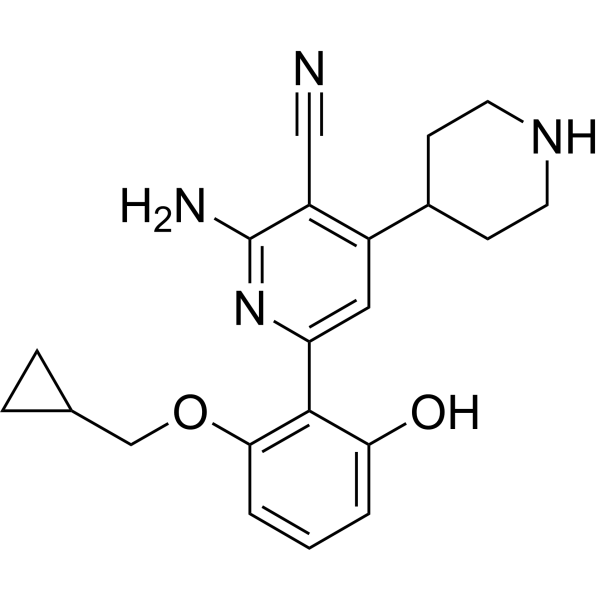
- HY-149850
-
|
|
p38 MAPK
|
Inflammation/Immunology
|
p38 Kinase inhibitor 5 (AA6) is a potent p38 kinase inhibitor with an IC50 of 403.57 nM. p38 Kinase inhibitor 5 has anti-inflammatory activity .
|
-
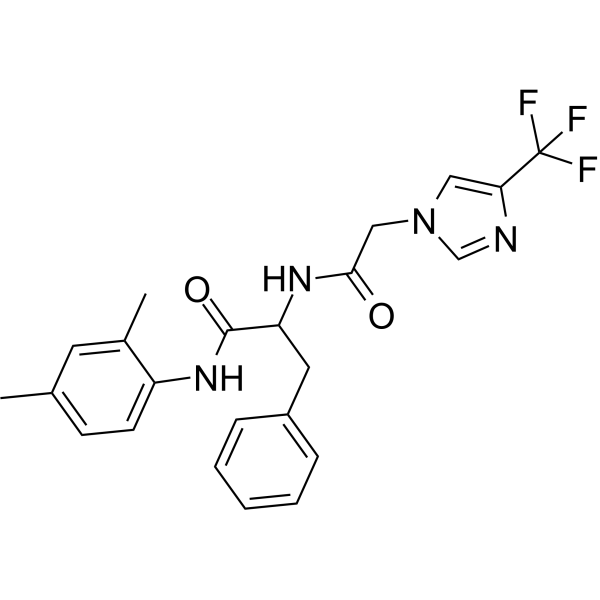
- HY-106508
-
|
HP 129; P 71-0129
|
PAI-1
|
Inflammation/Immunology
|
|
Fendosal (HP 129) is an orally active, potent non-steroidal anti-inflammatory agent. Fendosal (HP 129) is also an inhibitor of Plasminogen activator inhibitor-1 (PAI-1) .
|
-
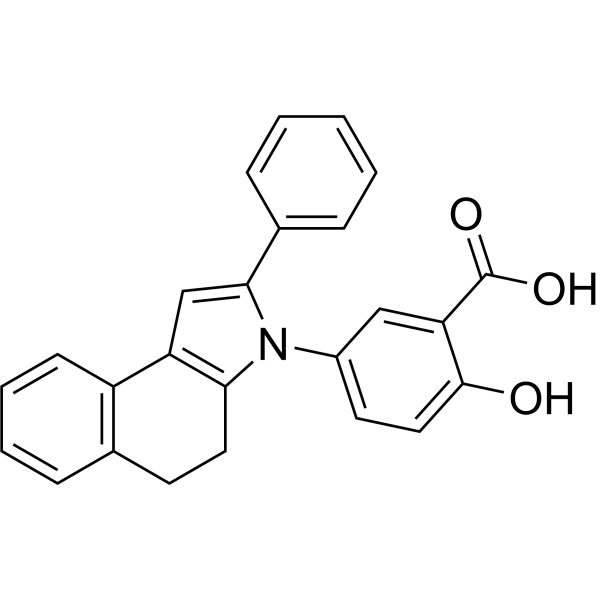
- HY-16569
-
|
|
Microtubule/Tubulin
NOD-like Receptor (NLR)
Autophagy
Apoptosis
|
Cancer
|
|
Colchicine, an orally active alkaloid, is a potent tubulin inhibitor and a microtubule disrupting agent. Colchicine inhibits microtubule polymerization with an IC50 of 3 nM. Colchicine is also a competitive antagonist of the α3 glycine receptors (GlyRs). Colchicine prevents non-steroidal anti-inflammatory drug (NSAID)-induced small intestinal injury by inhibiting activation of the NLRP3 inflammasome. Colchicine has extensive anti-inflammatory, immunosuppressive and strong anti-fibrosis effects and has the potential for gouty arthritis research .
|
-
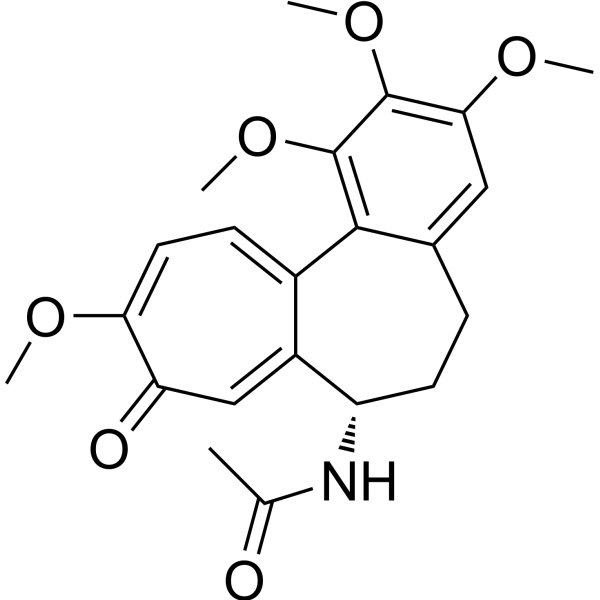
- HY-U00046
-
|
|
COX
|
Inflammation/Immunology
|
|
Apyramide is an anti-inflammatory agent (NSAID) and behaves as a proagent of indomethacin (HY-14397). Indomethacin is a potent, blood-brain permeable and nonselective inhibitor of COX1 and COX2.
|
-
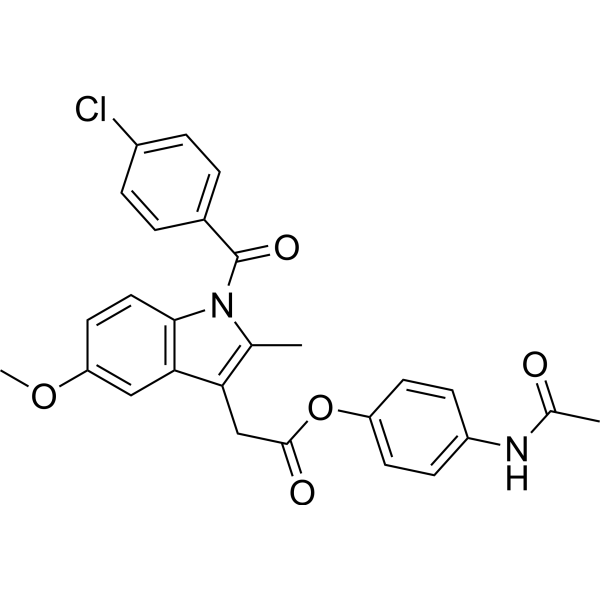
- HY-13751A
-
|
|
Sigma Receptor
|
Inflammation/Immunology
|
|
SR-31747 free base is a sigma ligand with immunosuppressive and anti-inflammatory properties. SR-31747 blocks cell proliferation by inhibiting sterol isomerase .
|
-
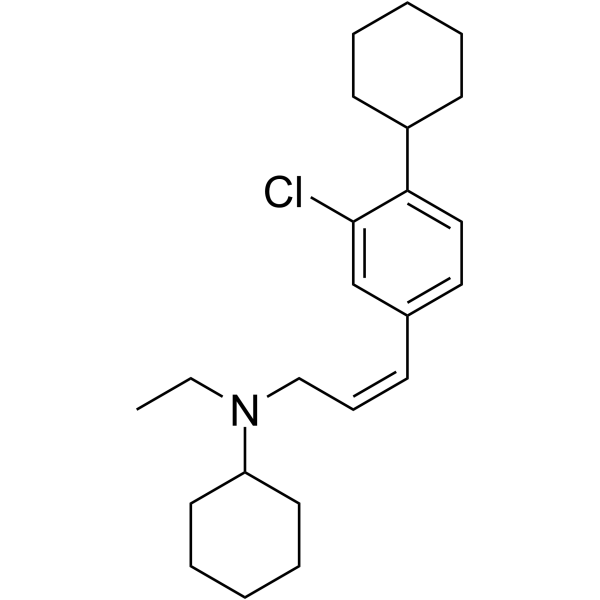
- HY-B0289
-
-
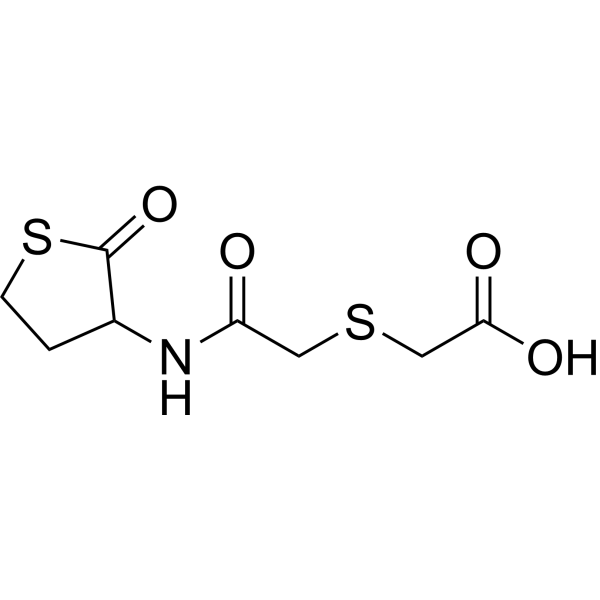
- HY-N0436
-
|
|
NF-κB
|
Infection
Inflammation/Immunology
|
|
Engeletin is a flavanonol glycoside isolated from Smilax glabra Roxb. , inhibits NF-κB signaling-pathway activation, and possesses anti-inflammatory, analgesic, diuresis, detumescence, and antibiosis effects.
|
-
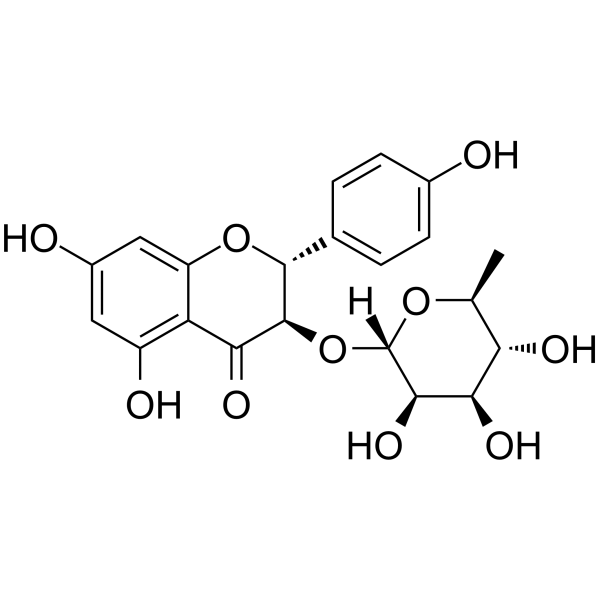
- HY-121046S
-
|
|
COX
|
Inflammation/Immunology
|
|
Flunixin-d3 is the deuterium labeled Flunixin. Flunixin Meglumine is a potent inhibitor of COX used as analgesic agent with anti-inflammatory and antipyretic activity[1][2].
|
-
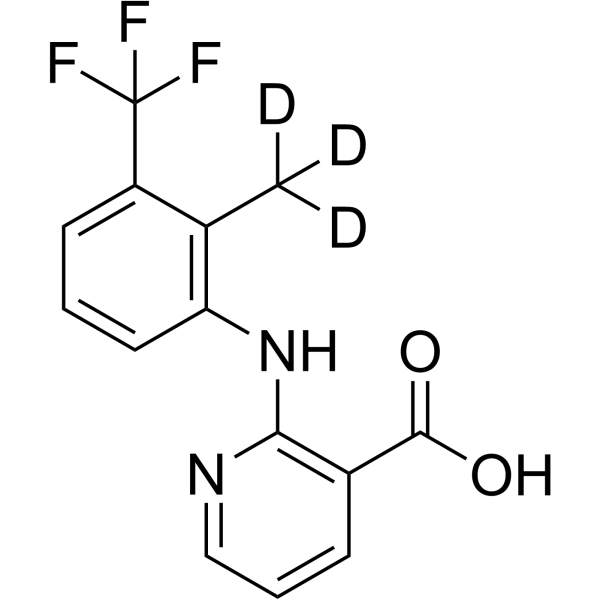
- HY-B0367S
-
-
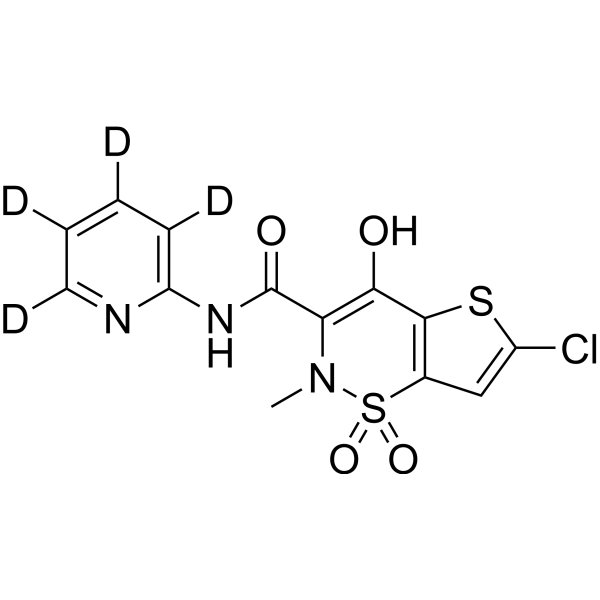
- HY-N0708
-
-
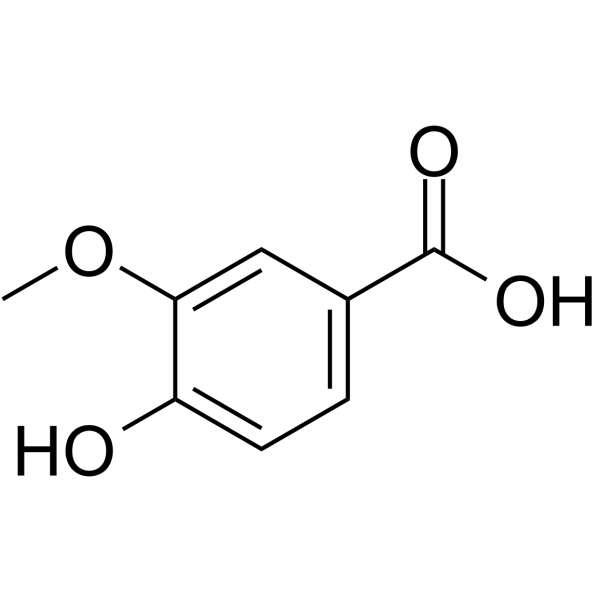
- HY-N0804
-
|
|
Bacterial
|
Inflammation/Immunology
|
|
Narirutin, one of the active constituents isolated from citrus fruits, has antioxidant and anti-inflammatory activities. Narirutin is a shikimate kinase inhibitor with anti-tubercular potency .
|
-
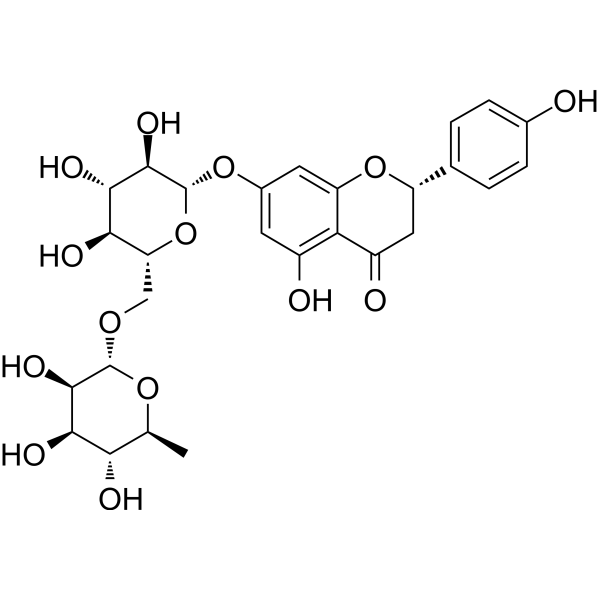
- HY-147963
-
|
|
COX
|
Infection
|
|
COX-2-IN-24 is an orally active inhibitor of COX-2 with IC50 value of 0.17 μM, shows anti-inflammatory and low ulcerogenic activities.
|
-
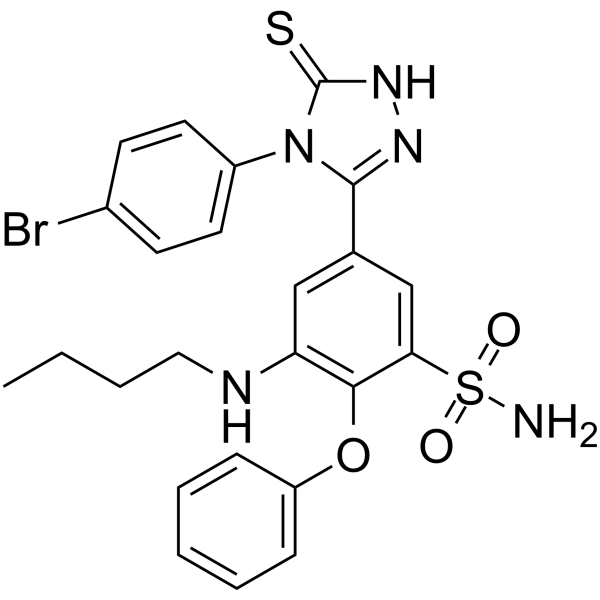
- HY-W086896
-
-
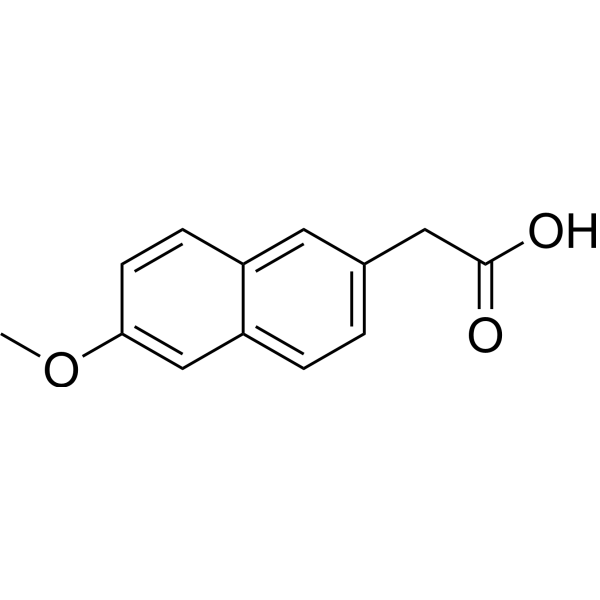
- HY-N2958
-
|
|
Phosphodiesterase (PDE)
|
Inflammation/Immunology
|
Braylin, a coumarin, is a potent phosphodiesterase-4 (PDE4) inhibitor and is involved in anti-inflammatory and immunomodulation, which may serve as a potential target for the study of immunoinflammatory diseases .
|
-
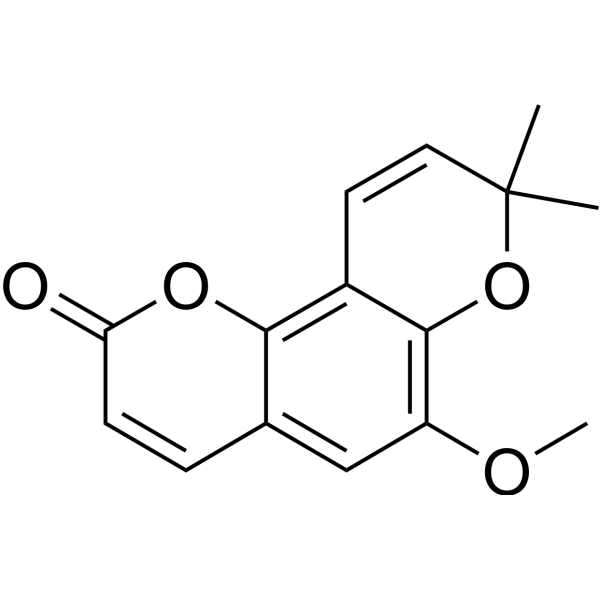
- HY-N3245
-
-
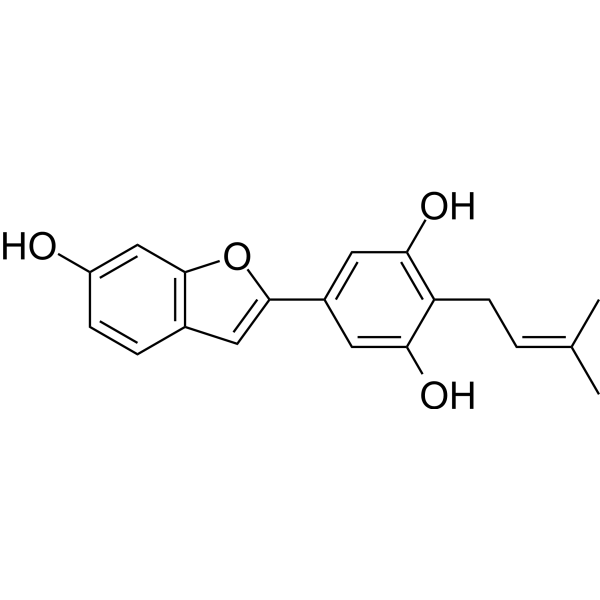
- HY-N3866
-
|
|
COX
|
Inflammation/Immunology
|
|
Esculentic acid is a selective COX-2 inhibitor and has anti-inflammatory effect. Esculentic acid is a pentacyclic triterpenoid that can be extracted from the Chinese herb Phytolacca esculenta .
|
-
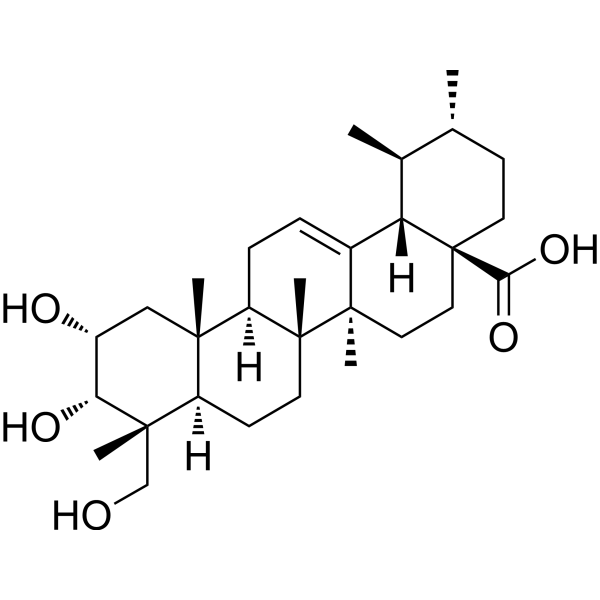
- HY-N0540R
-
|
Luteolin 7-glucoside (Standard); Luteolin 7-O-β-D-glucoside (Standard)
|
Apoptosis
DNA/RNA Synthesis
Parasite
Bacterial
Influenza Virus
Fungal
|
Cancer
|
|
Cynaroside (Standard) is the analytical standard of Cynaroside. This product is intended for research and analytical applications. Cynaroside (Luteolin 7-glucoside) is a flavonoid compound that exhibits anti-oxidative capabilities. Cynaroside is also a potent influenza RNA-dependent RNA polymerase inhibitor with an IC50 of 32 nM. Cynaroside also is a promising inhibitor for H2O2-induced apoptosis, has cytoprotection against oxidative stress-induced cardiovascular diseases. Cynaroside also has antibacterial, antifungal and anticancer activities, antioxidant and anti-inflammatory activities .
|
-
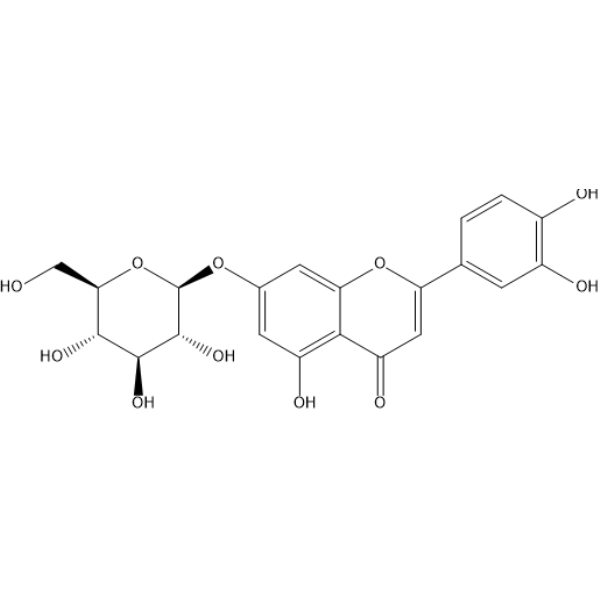
- HY-N10225
-
|
|
Prostaglandin Receptor
|
Cardiovascular Disease
Endocrinology
|
|
Thielavin A is an inhibitor of prostaglandin biosynthesis produced by Thielavia terricola. Thielavin A specifically inhibits the conversion of arachidonic acid into prostaglandin H2. Thielavin A has no anti-inflammatory activity on intravenous injection or on oral administration .
|
-
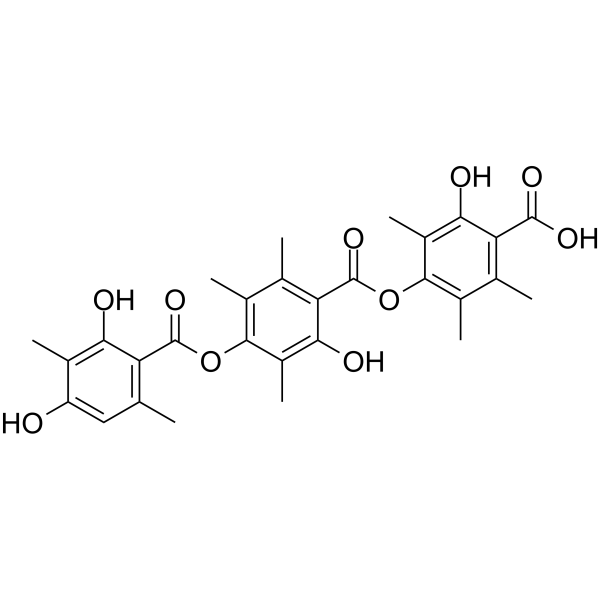
- HY-N2526
-
-
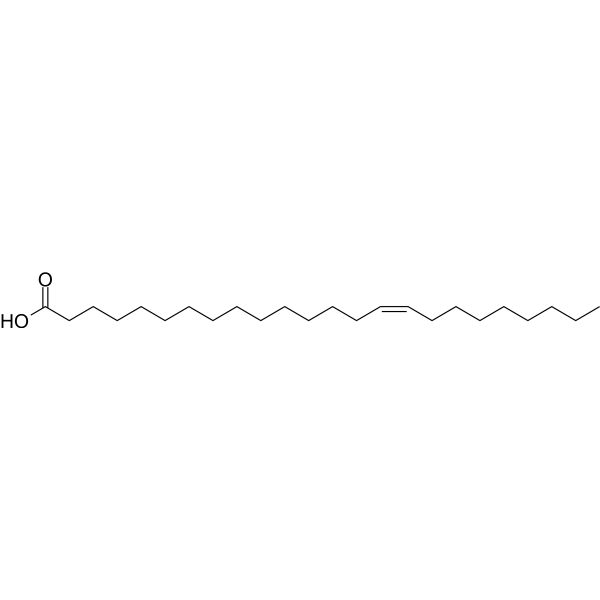
- HY-N1200
-
|
|
|
|
|
Stigmasterol glucoside is a sterol isolated from P. urinaria with high antioxidant and anti-inflammatory activities , act as an inhibitor of 5α-reductase with an IC50 of 27.2 µM .
|
-
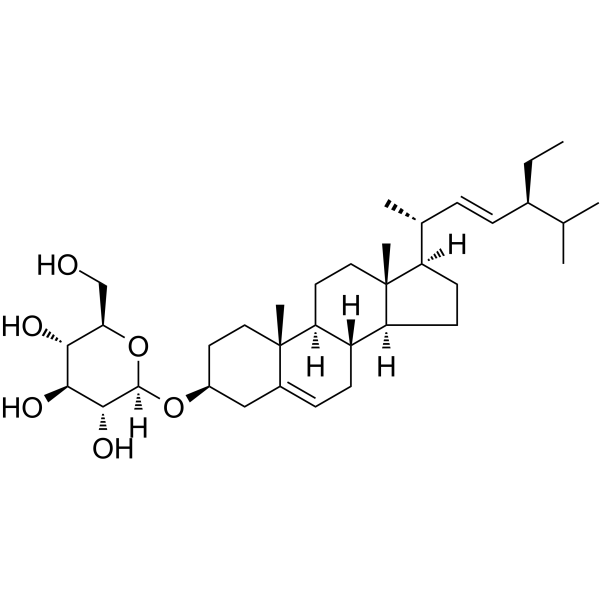
- HY-N1382
-
|
|
|
|
|
Asperuloside is an iridoid isolated from Hedyotis diffusa, with anti-inflammatory activity. Asperuloside inhibits inducible nitric oxide synthase (iNOS), suppresses NF-κB and MAPK signaling pathways .
|
-
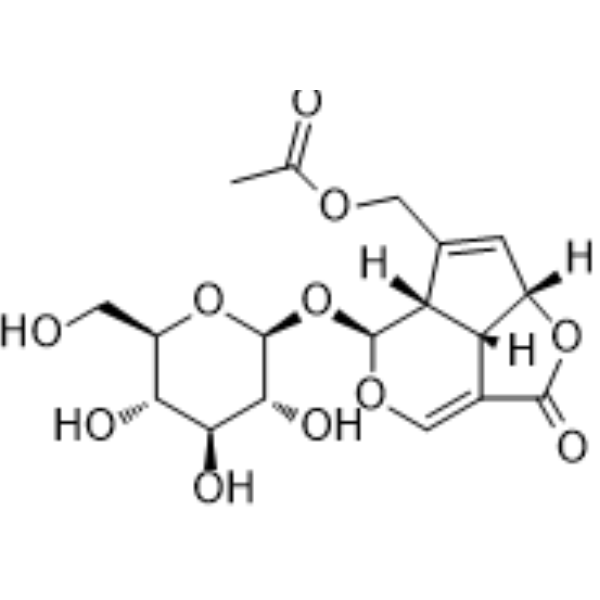
- HY-N2270
-
|
|
p38 MAPK
ERK
IKK
|
Inflammation/Immunology
|
|
Chicanine is a lignan compound of Schisandra chinesis, inhibits LPS-induced phosphorylation of p38 MAPK, ERK 1/2 and IκB-α, with anti-inflammatory activity .
|
-
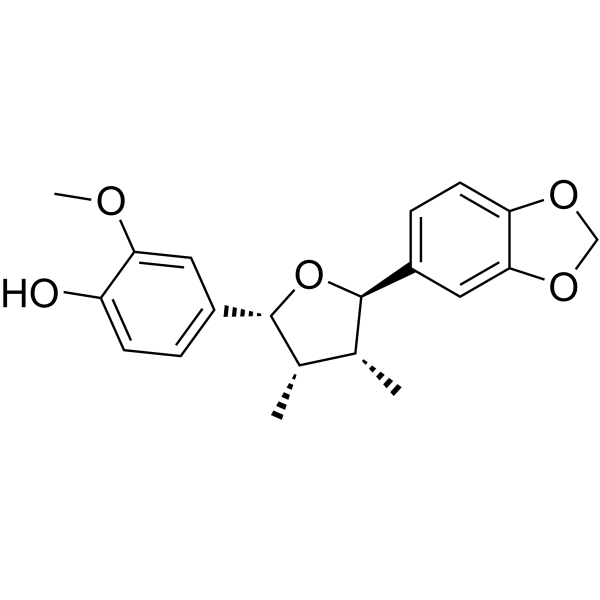
- HY-N2460
-
-
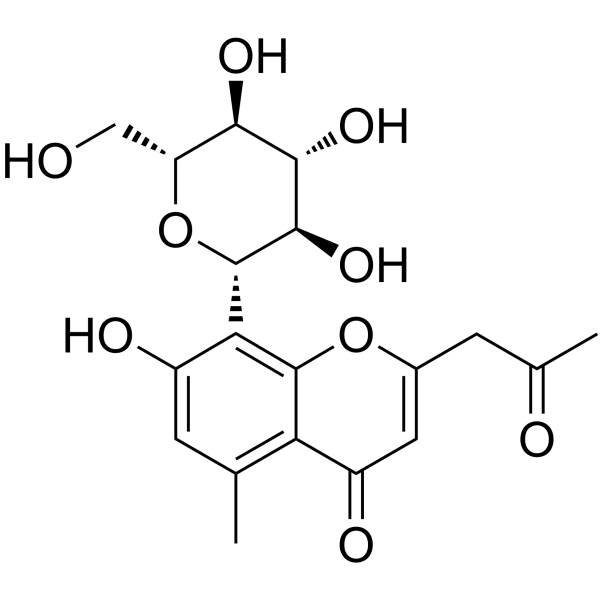
- HY-N0737
-
|
Telepathine hydrochloride
|
DYRK
5-HT Receptor
|
Neurological Disease
Cancer
|
|
Harmine Hydrochloride (Telepathine Hydrochloride) is a natural DYRK inhibitor with anticancer and anti-inflammatory activities. Harmine has a high affinity of 5-HT2A serotonin receptor, with an Ki of 397 nM .
|
-
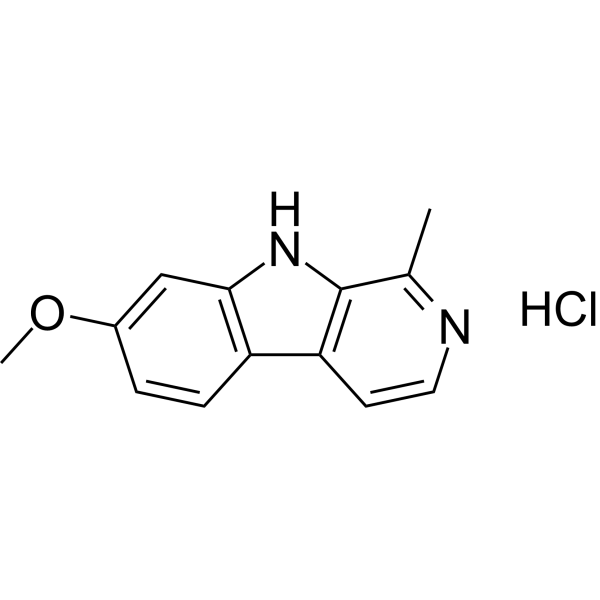
- HY-N1482
-
|
|
|
|
|
Methyl palmitate, an acaricidal compound occurring in Lantana camara, inhibits phagocytic activity and immune response. Methyl palmitate also posseses anti-inflammatory and antifibrotic effects .
|
-
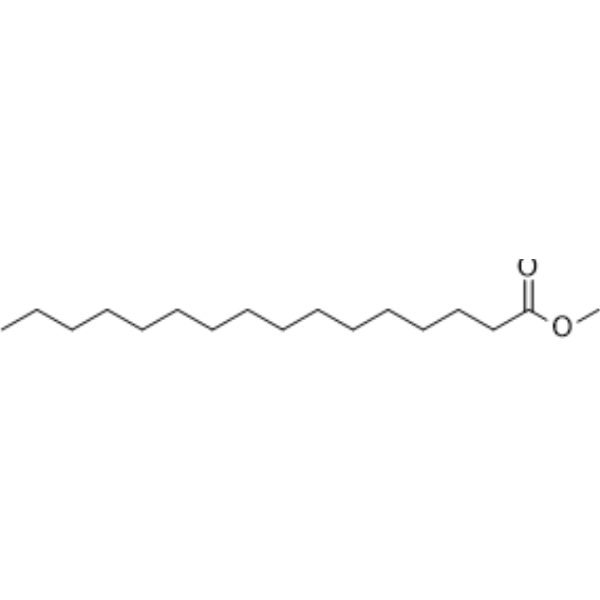
- HY-B1130
-
|
|
COX
|
Inflammation/Immunology
|
|
Isoxicam is an orally active, long-acting, non-steroidal anti-inflammatory agent for the research of arthritis . Isoxicam is a nonselective inhibitor of COX-1 and COX-2 .
|
-
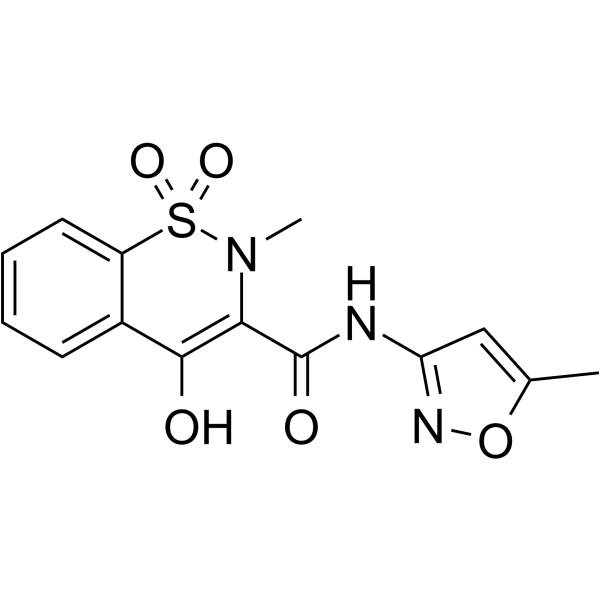
- HY-N8253
-
|
Quercetin 4′-O-glucoside
|
Reactive Oxygen Species
|
Inflammation/Immunology
Cancer
|
|
Spiraeoside, an orally active natural compound, exerts antioxidant activity, inhibits reactive oxygen species (ROS) and malondialdehyde production. Spiraeoside possesses antiallergic, anti-inflammatory and antitumor activities .
|
-
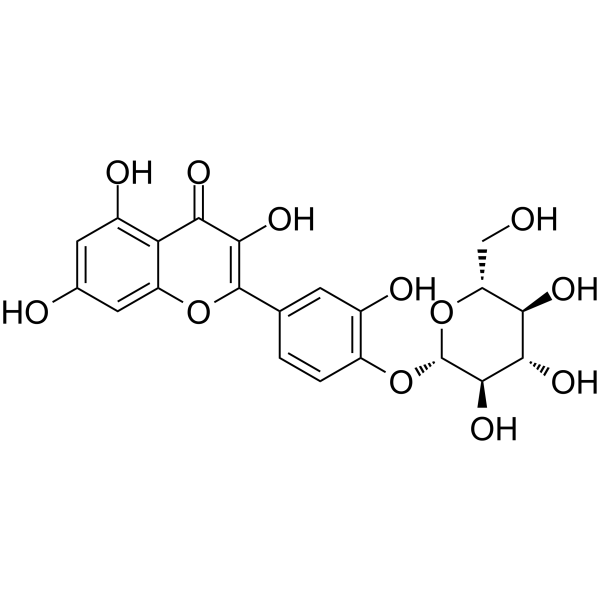
- HY-103386
-
|
|
COX
|
Inflammation/Immunology
|
|
FR122047 (hydrochloride) is a selective and oral active inhibitor of COX-1 with an IC50 of 28 nM. FR122047 hydrochloride has antiplatelet, analgesic and anti-inflammatory effects in vivo .
|
-
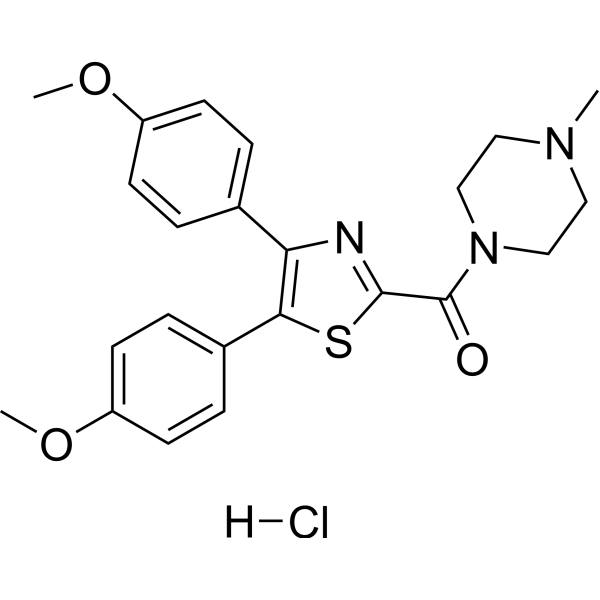
- HY-134094
-
|
|
Others
|
Inflammation/Immunology
|
|
Fluridone is a herbicide, particularly to eliminate aquatic plant growth in water reservoirs and irrigation channels. Fluridone is a potent Abscisic acid (ABA) biosynthesis inhibitor, and has anti-inflammatory effects .
|
-
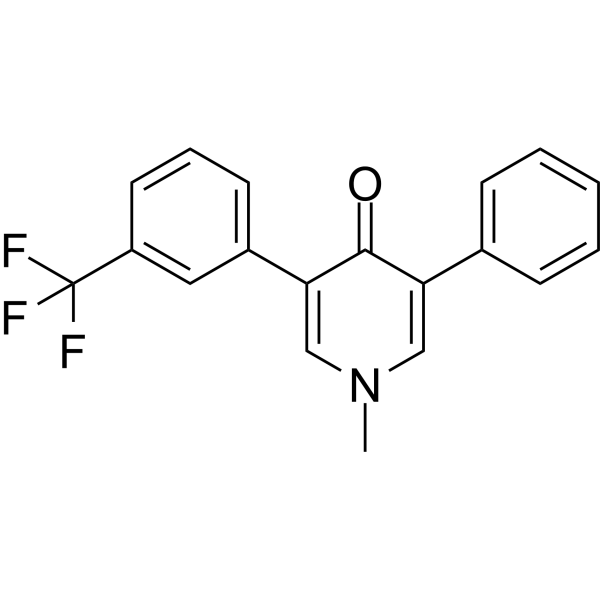
- HY-106215
-
|
BNP 166; Etiprednol dichloroacetate
|
Others
|
Inflammation/Immunology
|
|
Etiprednol dicloacetate (BNP 166) is an anti-inflammatory agent. Etiprednol dicloacetate inhibits eosinophil accumulation. Etiprednol dicloacetate can be used in the research of inflammatory airway diseases, such as asthma .
|
-
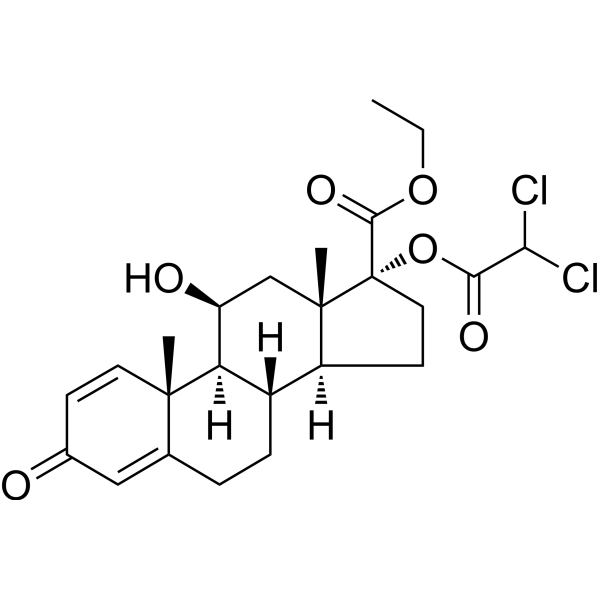
- HY-148181
-
|
|
c-Fms
|
Inflammation/Immunology
|
|
c-Fms-IN-13 (compound 14) is a potent FMS kinase inhibitor with an IC50 value of 17 nM. c-Fms-IN-13 can be used as an anti-inflammatory agent .
|
-
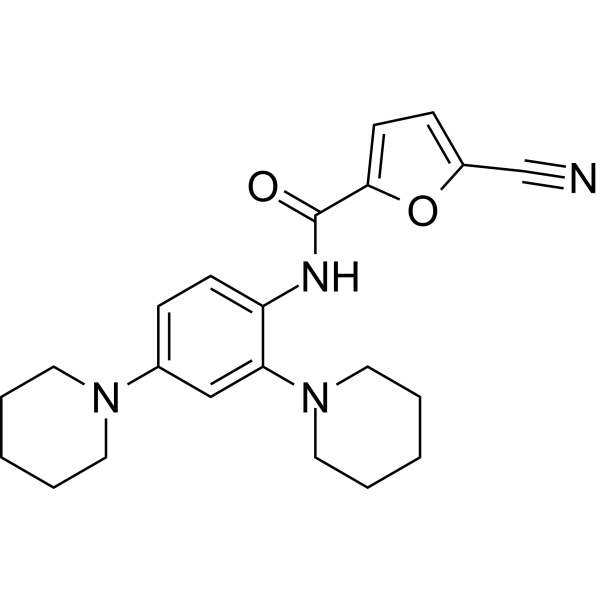
- HY-139196
-
-
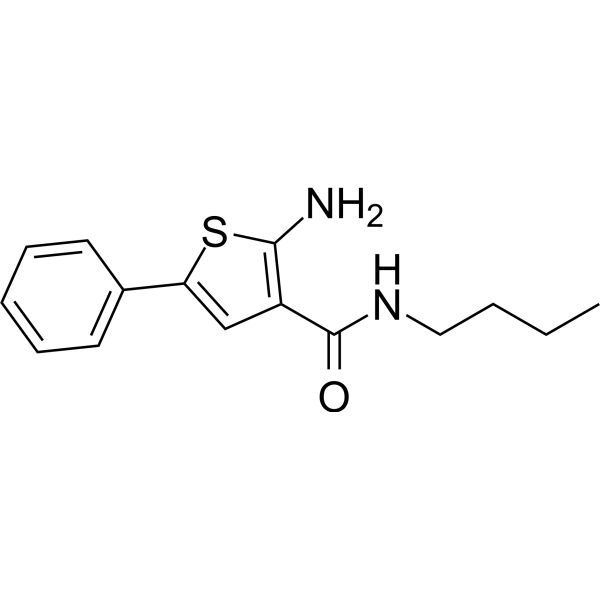
- HY-122154
-
|
|
Adenosine Deaminase
|
Inflammation/Immunology
|
|
FR234938 is a non-nucleoside adenosine deaminase inhibitor with an IC50 of 17 nM for recombinant human adenosine deaminase enzyme. FR234938 has anti-rheumatic and anti-inflammatory effects .
|
-
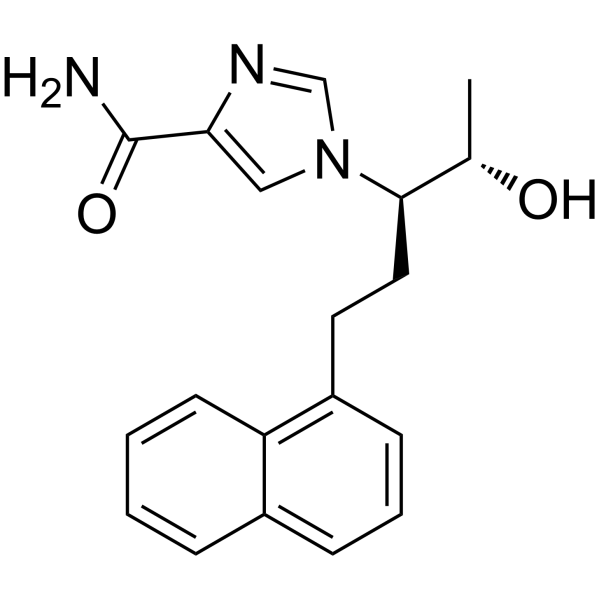
- HY-30235AR
-
|
|
PGE synthase
Bacterial
|
Inflammation/Immunology
Cancer
|
|
Benzydamine (hydrochloride) (Standard) is the analytical standard of Benzydamine (hydrochloride). This product is intended for research and analytical applications. Benzydamine hydrochloride is a prostaglandin synthase inhibitor, anti-inflammatory, and has also been reported to have antibacterial activity.
|
-

- HY-162398
-
|
|
CDK
|
Inflammation/Immunology
|
|
LQ23 is a selective inhibitor for CDC2-like kinase 2 (CLK2) with an IC50 of 1.4 nM. LQ23 exhibits anti-inflammatory activity .
|
-
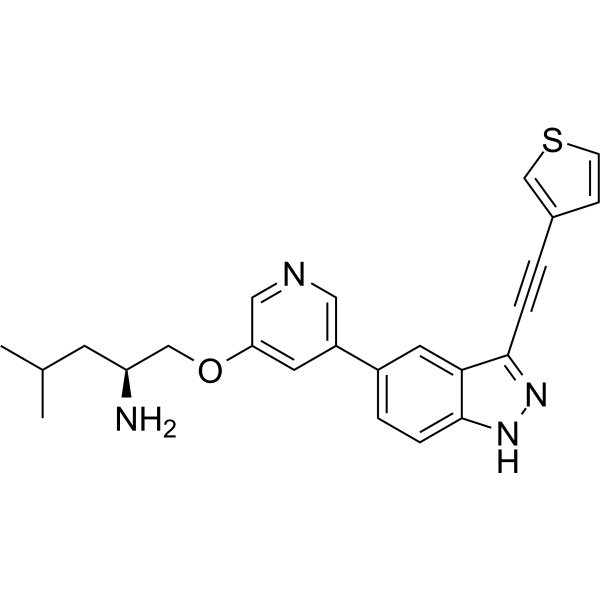
- HY-B0808
-
|
Oxaprozinum; Wy21743
|
COX
NF-κB
Akt
IKK
Apoptosis
|
Inflammation/Immunology
Cancer
|
|
Oxaprozin is an orally active and potent COX inhibitor, with IC50 values of 2.2 μM for human platelet COX-1 and and 36 μM for IL-1-stimulated human synovial cell COX-2, respectively. Oxaprozin also inhibits the activation of NF-κB. Oxaprozin induces cell apoptosis. Oxaprozin shows anti-inflammatory activity. Oxaprozin-mediated inhibition of the Akt/IKK/NF-κB pathway contributes to its anti-inflammatory properties .
|
-
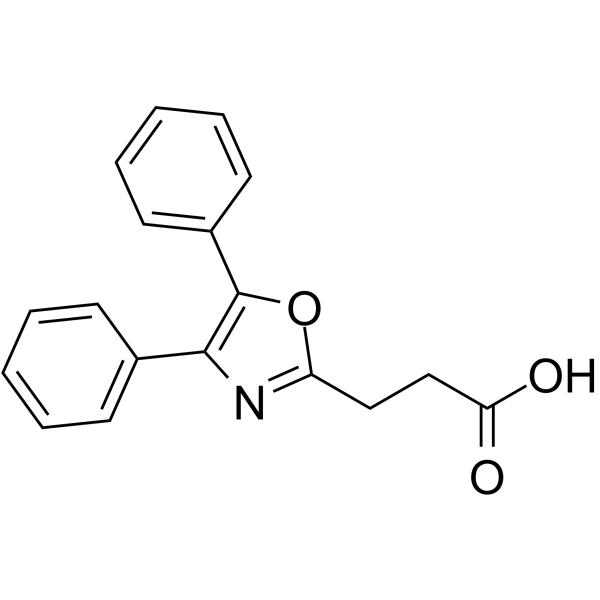
- HY-B0808A
-
|
Oxaprozinum potassium; Wy21743 potassium
|
COX
NF-κB
Akt
IKK
Apoptosis
|
Inflammation/Immunology
Cancer
|
|
Oxaprozin potassium is an orally active and potent COX inhibitor, with IC50 values of 2.2 μM for human platelet COX-1 and and 36 μM for IL-1-stimulated human synovial cell COX-2, respectively. Oxaprozin potassium also inhibits the activation of NF-κB. Oxaprozin potassium induces cell apoptosis. Oxaprozin potassium shows anti-inflammatory activity. Oxaprozin potassium-mediated inhibition of the Akt/IKK/NF-κB pathway contributes to its anti-inflammatory properties .
|
-
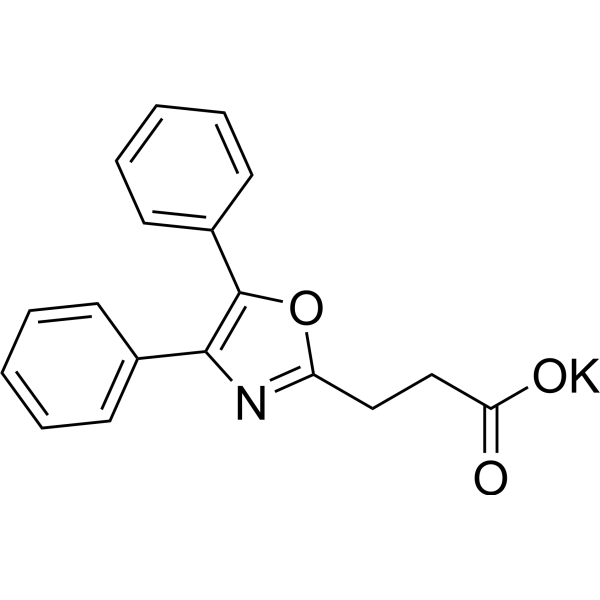
- HY-14645
-
|
Dehydroxymethylepoxyquinomicin
|
NF-κB
|
Inflammation/Immunology
Cancer
|
|
(-)-DHMEQ (Dehydroxymethylepoxyquinomicin) is a potent, selective and irreversible NF-κB inhibitor that covalently binds to a cysteine residue. (-)-DHMEQ inhibits nuclear translocation of NF-κB and shows anti-inflammatory and anticancer activity .
|
-
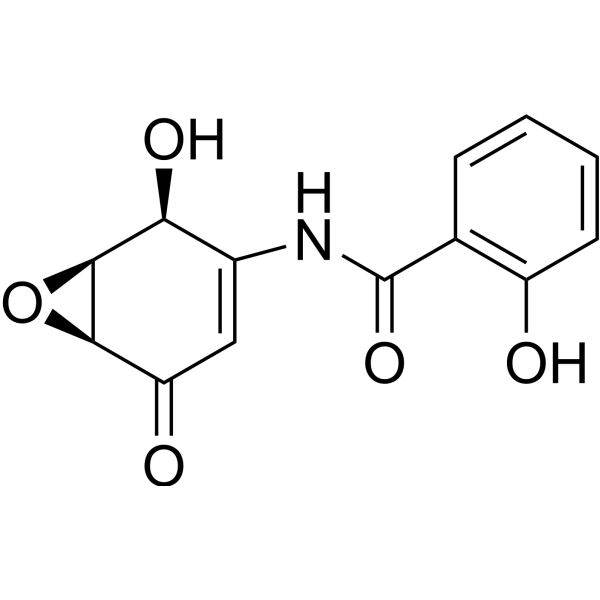
- HY-N0773
-
|
Saponaretin; Homovitexin
|
JNK
NF-κB
|
Inflammation/Immunology
|
|
Isovitexin is a flavonoid isolated from passion flower, Cannabis and, and the palm, possesses anti-inflammatory and anti-oxidant activities; Isovitexin acts like a JNK1/2 inhibitor and inhibits the activation of NF-κB.
|
-
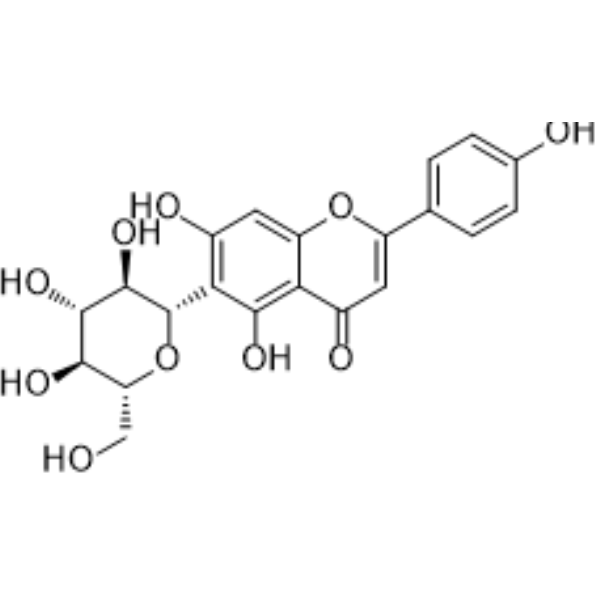
- HY-110343
-
|
|
TNF Receptor
|
Inflammation/Immunology
|
|
DBM 1285 dihydrochloride is an orally active TNF-α production inhibitor with anti-inflammatory effects. DBM 1285 dihydrochloride inhibits Lipopolysaccharide (LPS)-induced TNF-α secretion in various cells of macrophage/monocyte lineage .
|
-
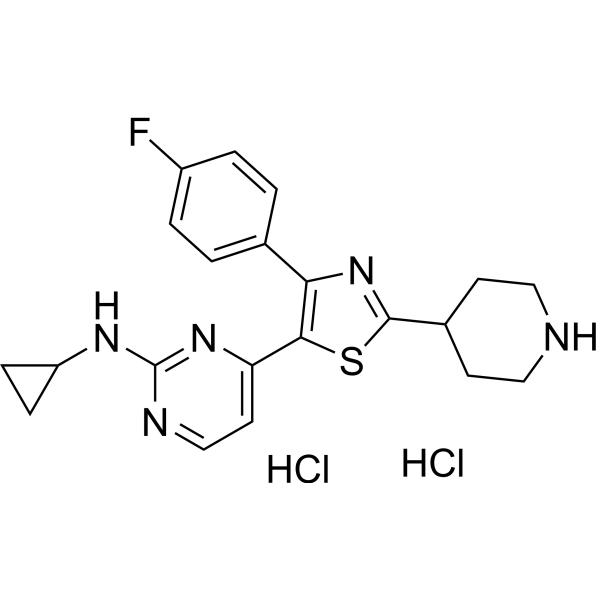
- HY-N0396
-
|
|
COX
NO Synthase
|
Inflammation/Immunology
|
|
Harpagoside can be obtained by Harpagophytum procumbens, which has anti-inflammatory, anti-cancer, protective activity, and efficacy. Harpagoside has an inhibitory effect on COX-1 and COX-2 active, and suppresses NO production. Harpagoside inhibits HepG2 cell lipid polysaccharide, which is a protein that is expressed horizontally and selectively, and has anti-inflammatory and latent pain effects. Harpagoside has the ability to protect the body, and has a degenerative effect on the β-oxidation (Aβ).
|
-
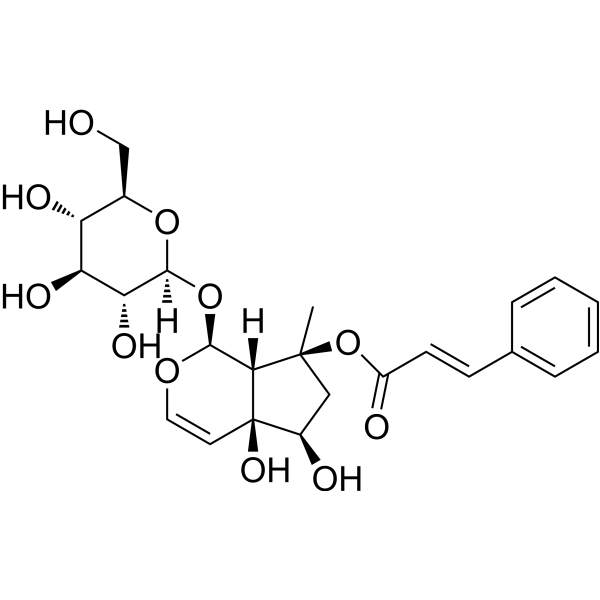
- HY-B0619S1
-
|
|
Isotope-Labeled Compounds
COX
|
Inflammation/Immunology
|
|
Zaltoprofen- 13C,d3 is the 13C- and deuterium labeled Zaltoprofen. Zaltoprofen (CN100), a non-steroidal anti-inflammatory drug (NSAID), is a preferential and orally active COX-2 inhibitor, with IC50s of 1.3 and 0.34 μM for COX-1 and COX-2, respectively. Zaltoprofen exhibits powerful anti-inflammatory effects as well as an analgesic action on inflammatory pain[1][2][3].
|
-
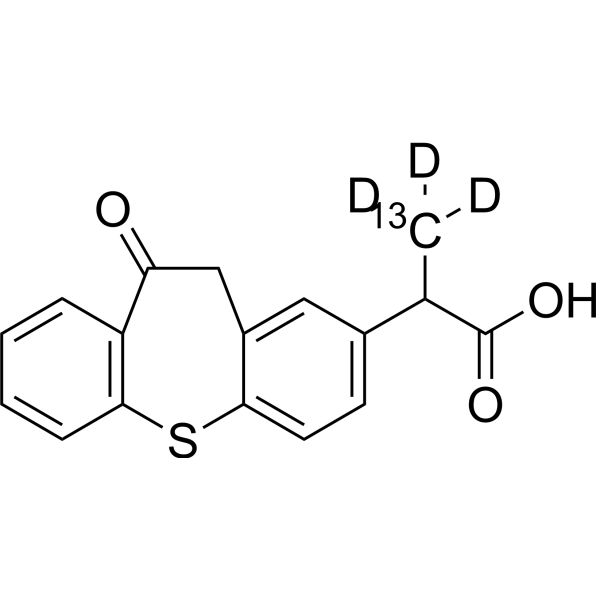
- HY-100599
-
-
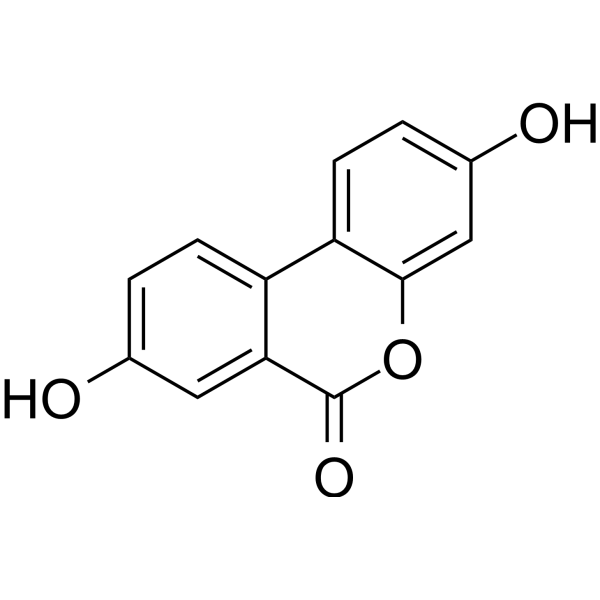
- HY-18342
-
|
MK-647
|
COX
|
Inflammation/Immunology
Cancer
|
|
Diflunisal (MK-647) is a salicylate derivative with nonsteroidal anti-inflammatory and uricosuric properties, which is used alone as an analgesic and in rheumatoid arthritis patients. The mechanism of action of diflunisal is as a Cyclooxygenase (COX) Inhibitor.
|
-
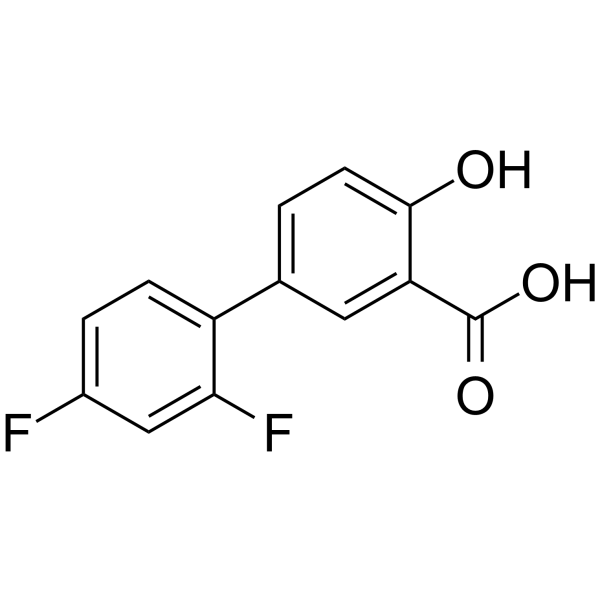
- HY-A0273S
-
|
|
COX
|
Inflammation/Immunology
|
|
Propyphenazone-d3 is the deuterium labeled Propyphenazone. Propyphenazone is a pyrazolone derivative with anti-inflammatory, analgesic and antipyretic activity, Propyphenazone-based analogues as proagents and selective cyclooxygenase-2 inhibitors.
|
-
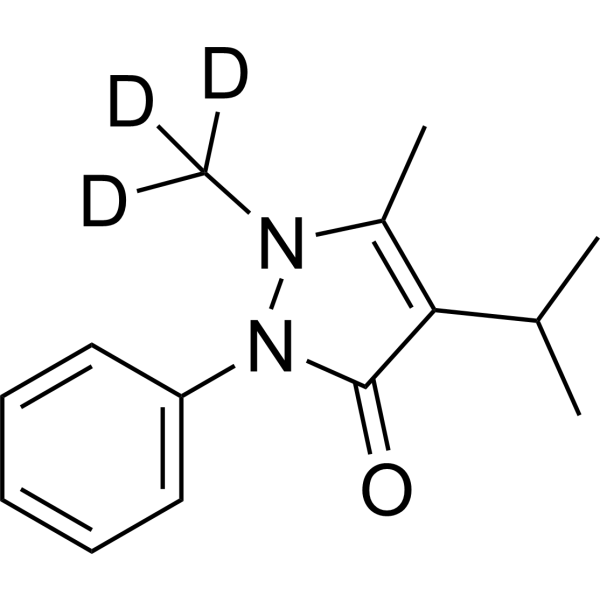
- HY-107795
-
|
Salipran
|
Prostaglandin Receptor
|
Inflammation/Immunology
Endocrinology
|
|
Benorylate (Salipran) is the esterification product of paracetamol and acetylsalicylic acid. Benorylate has anti-inflammatory, analgesic and antipyretic properties. Benorylate could also inhibit prostaglandin (PG) synthesis .
|
-
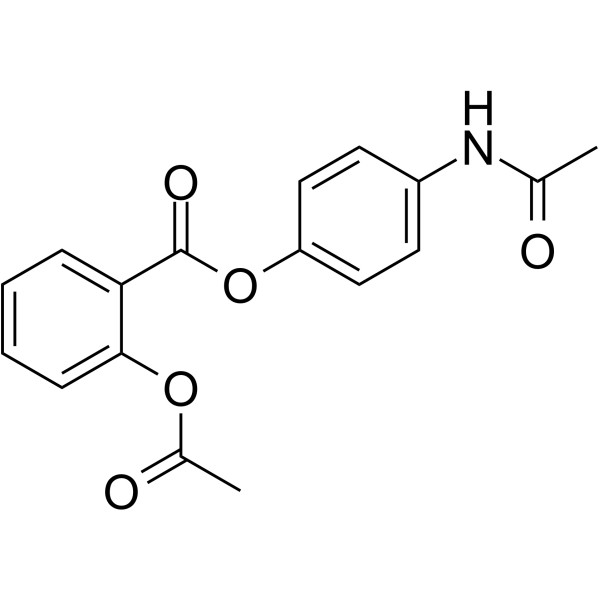
- HY-N0765
-
-
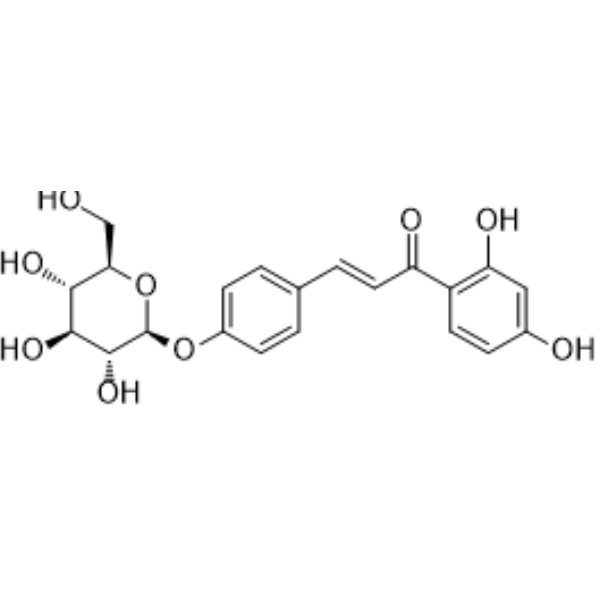
- HY-135654
-
-
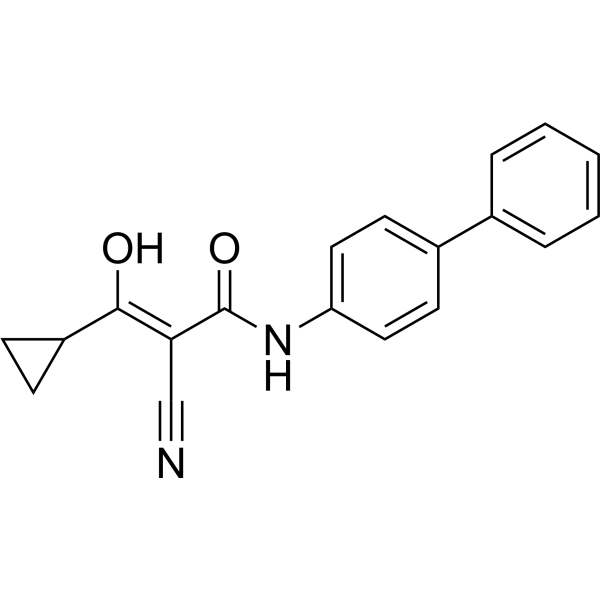
- HY-N7688
-
|
|
NO Synthase
COX
|
Inflammation/Immunology
|
|
Regaloside B is a phenylpropanoid isolated from Lilium longiflorum. Regaloside B can inhibit the expression of iNOS and COX-2. Regaloside B has anti-inflammatory activity .
|
-
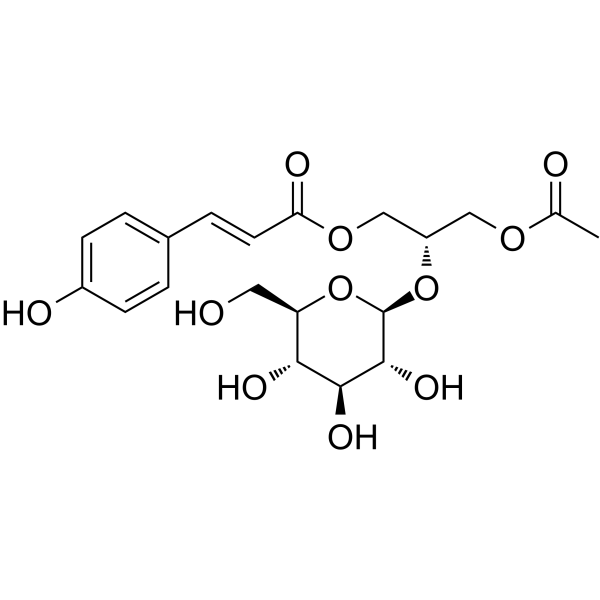
- HY-N2989
-
|
|
NO Synthase
|
Inflammation/Immunology
|
|
3-O-Acetyl-16α-hydroxydehydrotrametenolic acid, an anti-inflammatory triterpenoid, inhibits NO production and iNOS expression in LPS-stimulated Raw264.7 cells .
|
-
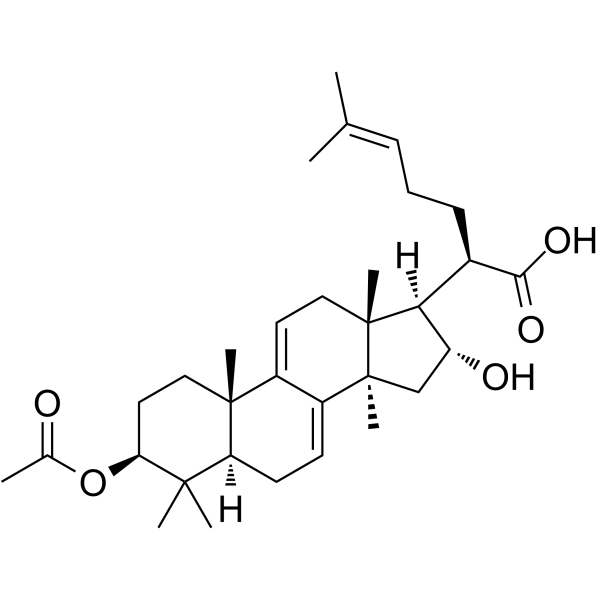
- HY-130494
-
-
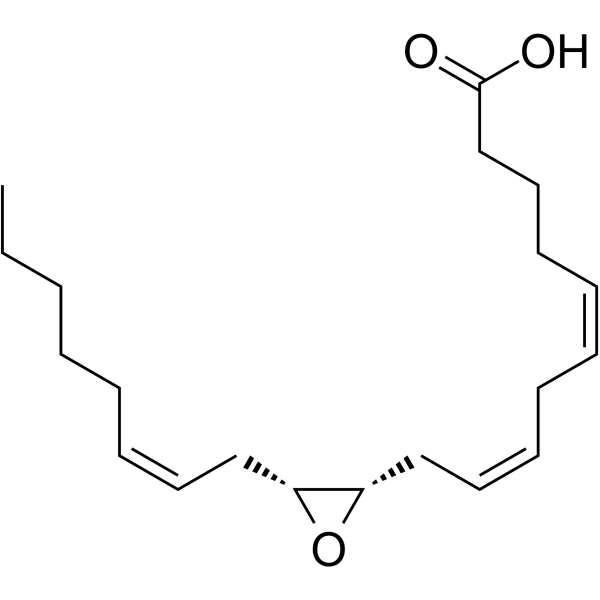
- HY-117726
-
-
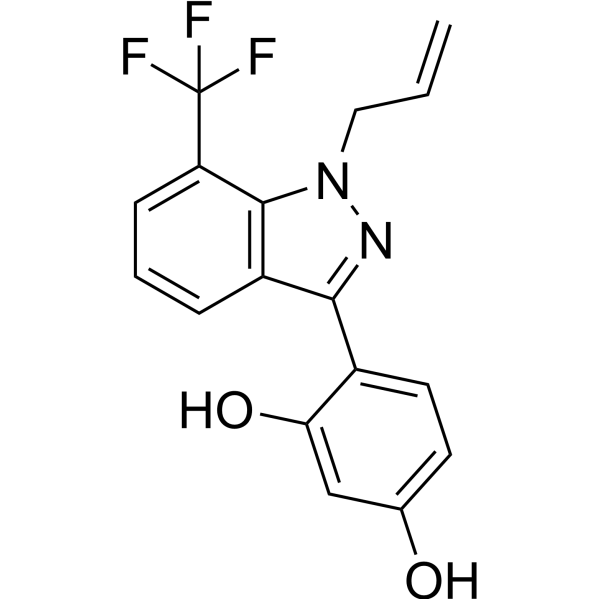
- HY-106328
-
-
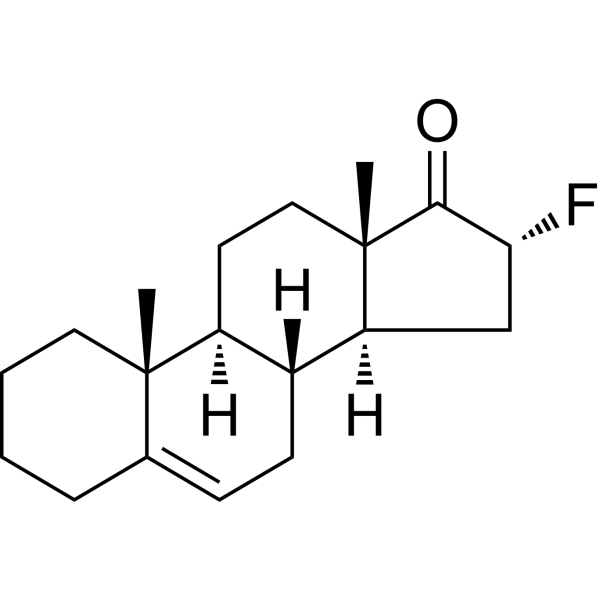
- HY-N4168B
-
|
|
Others
|
Cancer
|
|
Methyl chlorogenate is an antioxidant, and has radical scavenging activity. Methyl chlorogenate is an anti-inflammatory agent. Methyl chlorogenate also inhibits hepatocellular carcinoma (HCC) cell proliferation and metastasis .
|
-
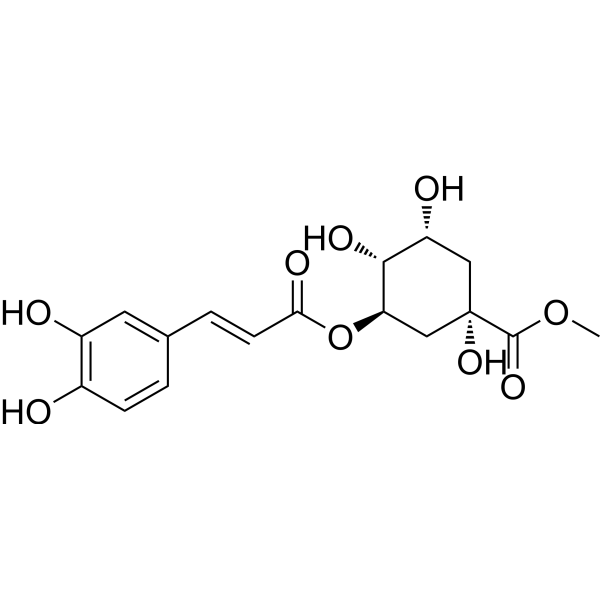
- HY-137155
-
|
DDS-NOH
|
Reactive Oxygen Species
|
Inflammation/Immunology
|
|
Dapsone hydroxylamine (DDS-NOH) induces methemoglobinemia. Dapsone hydroxylamine inhibits catalase (CAT) activity and reactive oxygen species generation. Dapsone hydroxylamine also has anti-inflammatory activity .
|
-
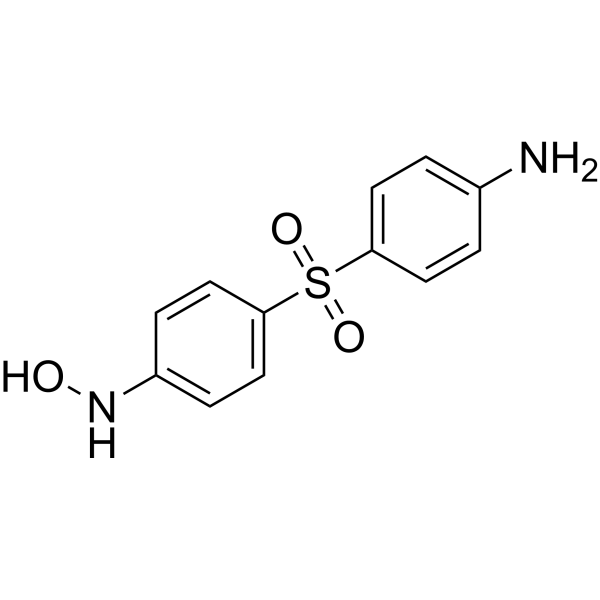
- HY-P5003
-
|
|
Biochemical Assay Reagents
|
Inflammation/Immunology
|
|
Collagen Type II Fragment is an anti-inflammatory peptide that potently inhibits collagen-induced arthritis (CIA) in mice. Collagen Type II Fragment can be used for research on inflammation and immunity .
|
-
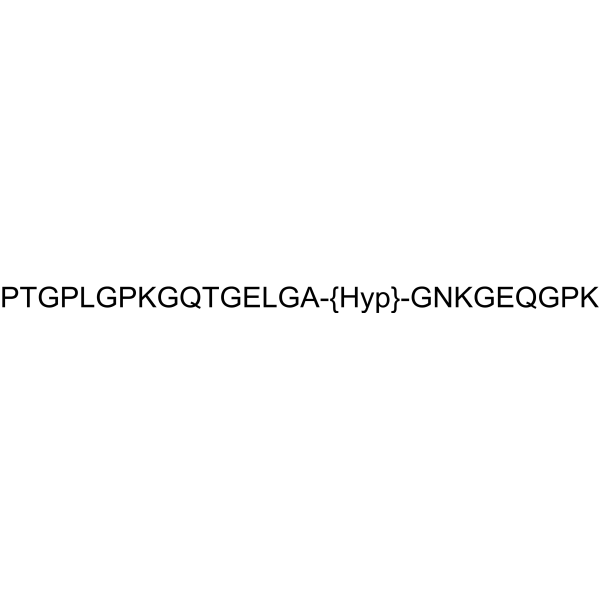
- HY-138284
-
|
|
NF-κB
|
Inflammation/Immunology
|
|
Avenanthramide-C methyl ester is an anti-inflammatory agent and NF-κB inhibitor that inhibits the secretion of pro-inflammatory factors. Avenanthramide-C methyl ester inhibits NF-κB activation by inhibiting IKK and IκB phosphorylation and inhibiting proteasome activity .
|
-
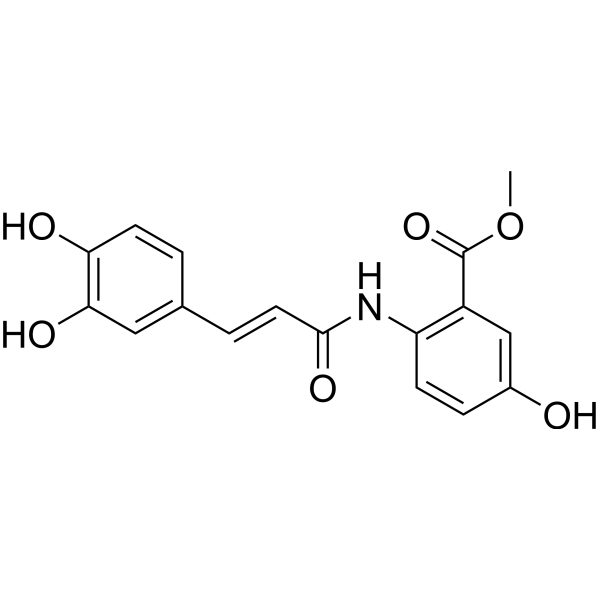
- HY-13324
-
|
RTA 402; NSC 713200; CDDO Methyl ester
|
Keap1-Nrf2
Autophagy
Apoptosis
Ferroptosis
|
Cancer
|
|
Bardoxolone methyl (NSC 713200; RTA 402; CDDO Methyl ester) is a synthetic triterpenoid compound with potential antineoplastic and anti-inflammatory activities, acting as an activator of the Nrf2 pathway and an inhibitor of the NF-κB pathway.
|
-
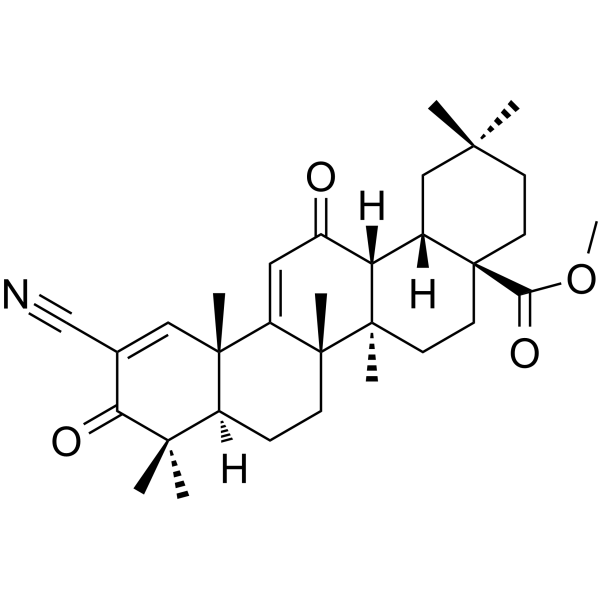
- HY-32735
-
|
PG490
|
NF-κB
Apoptosis
|
Cancer
|
|
Triptolide is a diterpenoid triepoxide extracted from the root of Tripterygium wilfordii with immunosuppressive, anti-inflammatory, antiproliferative and antitumour effects. Triptolide is a NF-κB activation inhibitor .
|
-
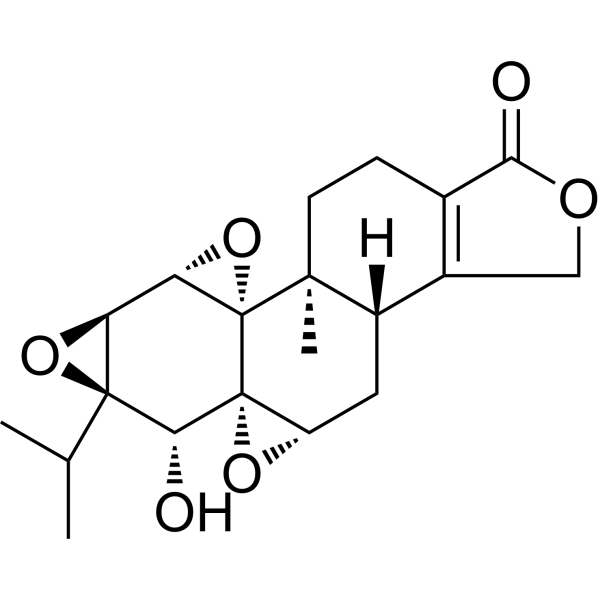
- HY-B0138
-
|
Ketorolac Tromethamine; Ketorolac tris salt; RS37619 tromethamine salt
|
COX
|
Inflammation/Immunology
|
|
Ketorolac tromethamine salt (RS37619 tromethamine salt) is a non-steroidal anti-inflammatory agent, acting as a nonselective COX inhibitor, with IC50s of 20 nM for COX-1 and 120 nM for COX-2.
|
-
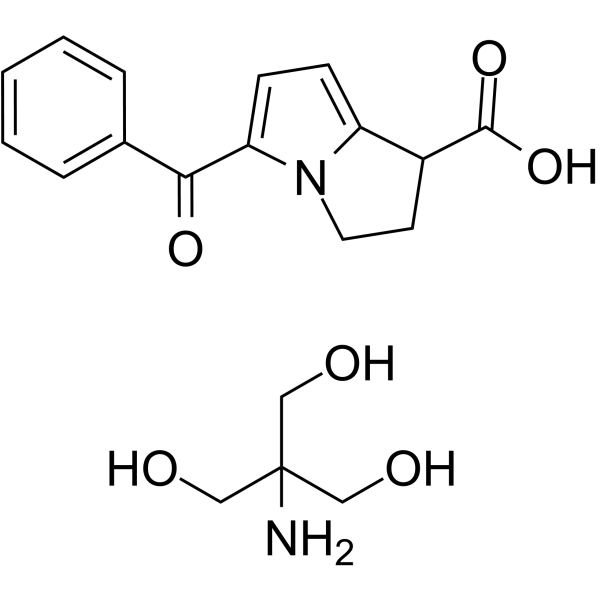
- HY-D0837
-
|
Glyoxaline; 1,3-Diaza-2,4-cyclopentadiene
|
Endogenous Metabolite
|
Others
|
|
Imidazole, a highly polar compound containing planar five-membered rings, has been widely used as a corrosion inhibitor. Derivatives of Imidazole have antimicrobial, anti-inflammatory, and antitumor activities .
|
-
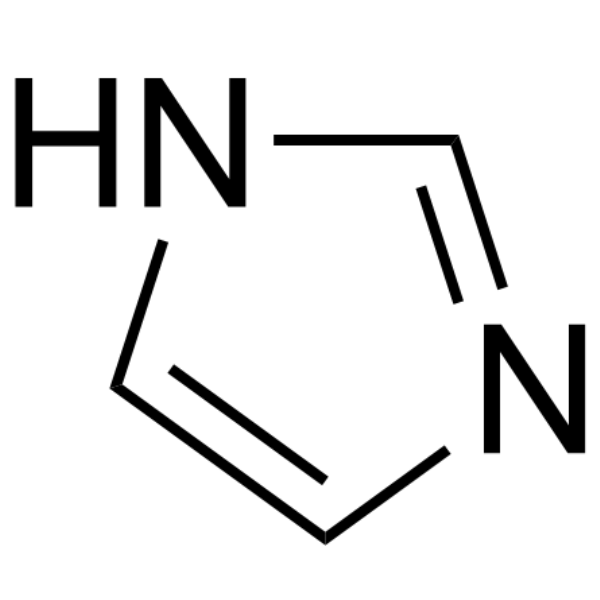
- HY-N0133
-
|
Tangeritin; NSC53909; NSC618905
|
Notch
Apoptosis
|
Inflammation/Immunology
Cancer
|
|
Tangeretin (Tangeritin), a flavonoid from citrus fruit peels, has been proven to play an important role in anti-inflammatory responses and neuroprotective effects in several disease models, and is a Notch-1 inhibitor.
|
-
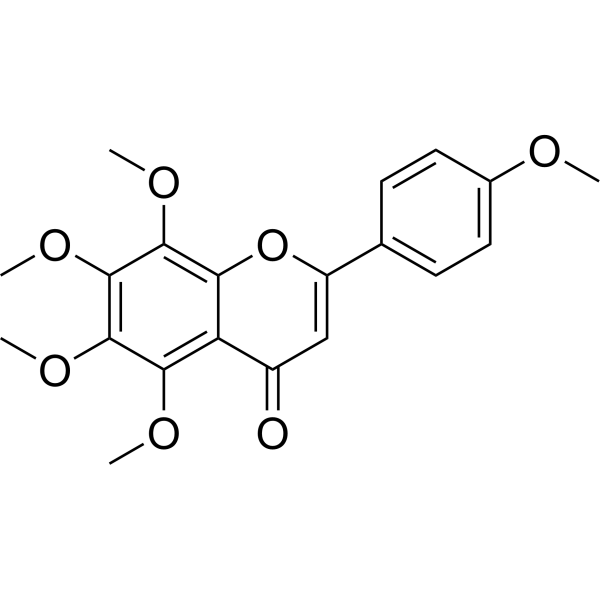
- HY-B2175
-
|
Aluminum diacetylsalicylate
|
Others
|
Inflammation/Immunology
|
|
Aspirin Aluminum is a novel intermolecular compound which can inhibit gastrointestinal mucosal disorders induced by NSAIDs (non-steroidal anti-inflammatory agents) extracted from patent WO 2010064441 A1.
|
-
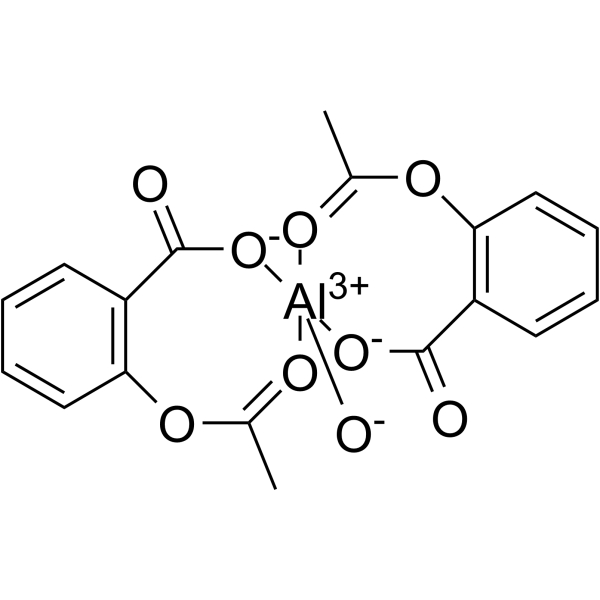
- HY-N3115
-
|
|
Others
|
Inflammation/Immunology
|
|
Palbinone is a terpenoid isolated from the roots of Paeonia albiflora Pallas, potently inhibits 3α-hydroxysteroid dehydrogenase (3α-HSD), with an IC50 of 46 nM. Anti-inflammatory activity .
|
-
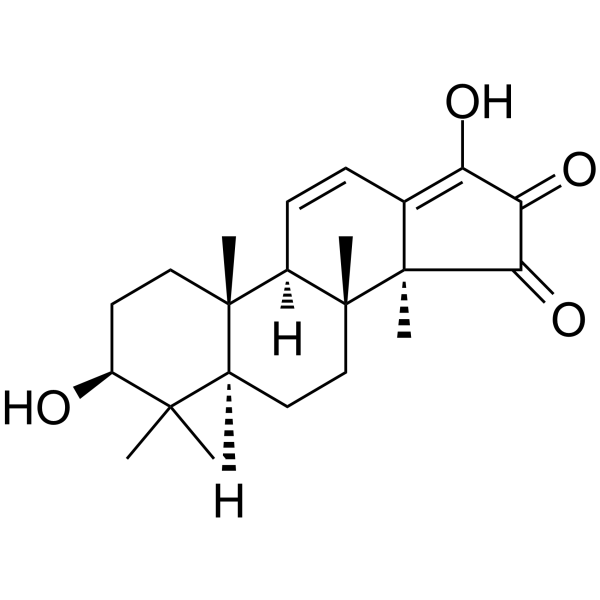
- HY-16126
-
|
L-651582; CAI
|
Calcium Channel
|
Inflammation/Immunology
Cancer
|
|
Carboxyamidotriazole (L-651582) is a cytostatic inhibitor of nonvoltage-operated calcium channels and calcium channel-mediated signaling pathways. Carboxyamidotriazole shows anti-tumor, anti-inflammatory and antiangiogenic effects .
|
-
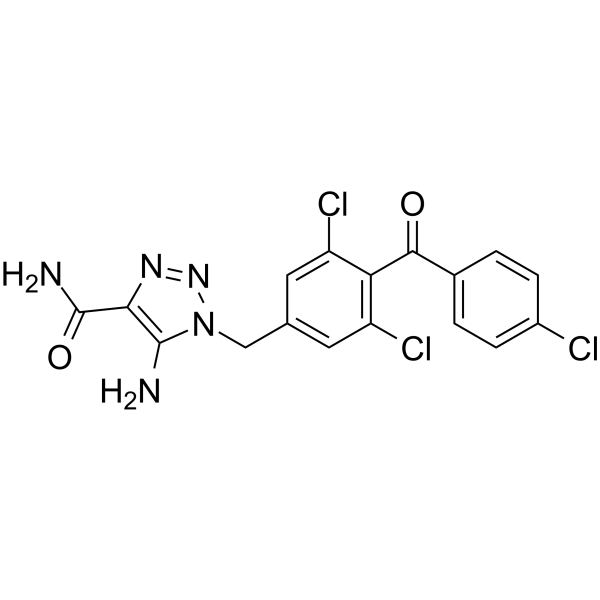
- HY-N2593
-
|
|
Autophagy
|
Inflammation/Immunology
Cancer
|
|
Isorhapontigenin, an orally bioavailable dietary polyphenol isolated from the Chinese herb Gnetum cleistostachyum, displays anti-inflammatory effects. Isorhapontigenin induces autophagy and inhibits invasive bladder cancer formation .
|
-
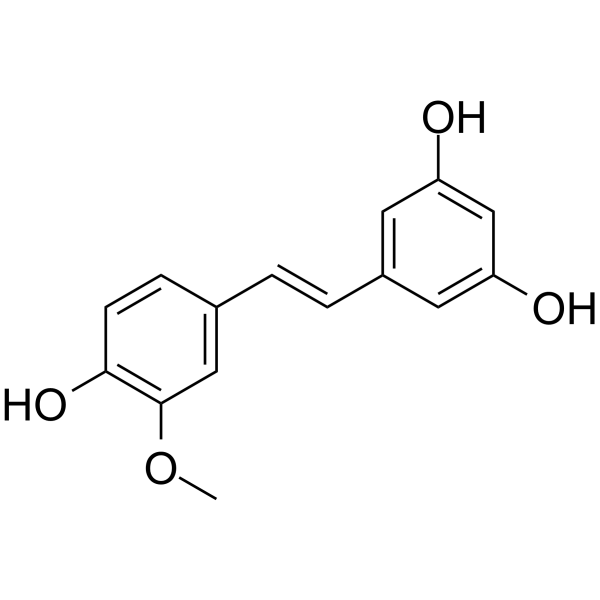
- HY-N0452
-
-
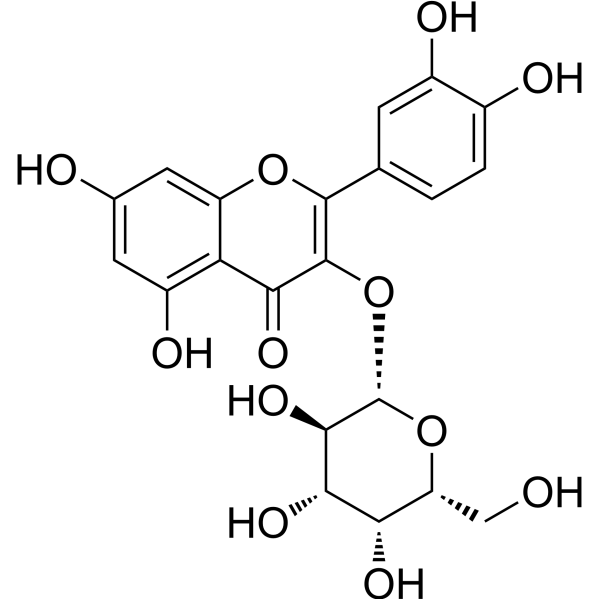
- HY-N1422
-
|
|
|
|
|
Hecogenin is a steroid saponin isolated from Agave sisalana and is a selective inhibitor of human UDP-glucuronosyltransferases. Hecogenin has a wide spectrum of pharmacological activities, including anti-inflammatory, antifungal and gastroprotective effects .
|
-
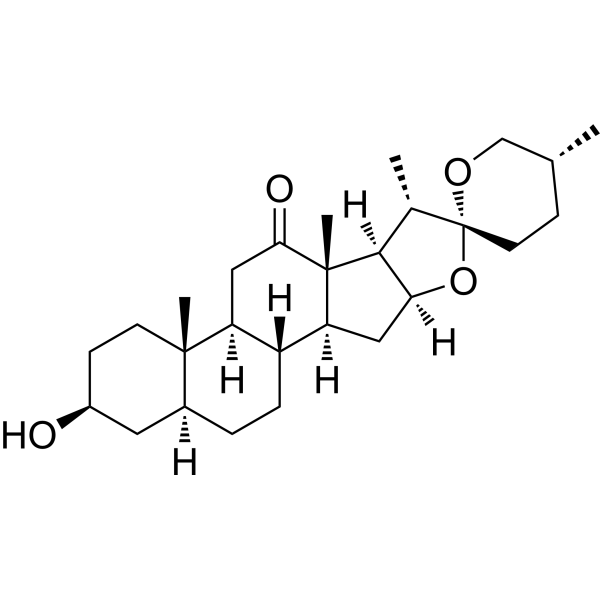
- HY-126121
-
|
(±)-2-Hydroxy Ibuprofen
|
COX
|
Inflammation/Immunology
Cancer
|
|
2-Hydroxy Ibuprofen is a metabolite of Ibuprofen. Ibuprofen is an anti-inflammatory inhibitor targeting COX-1 and COX-2 with IC50s of 13 μM and 370 μM, respectively.
|
-
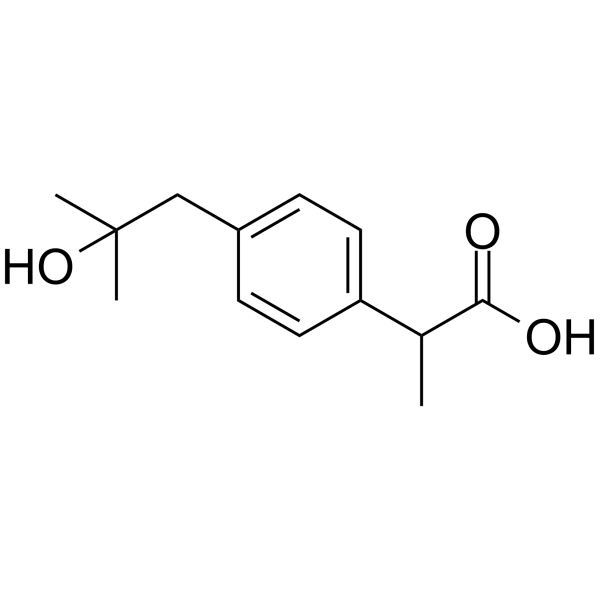
- HY-108570
-
AUDA
2 Publications Verification
|
Epoxide Hydrolase
|
Inflammation/Immunology
|
|
AUDA (compound 43) is a potent soluble epoxide hydrolase (sEH) inhibitor with IC50s of 18 and 69 nM for the mouse and human sEH, respectively . AUDA has anti-inflammatory activity .
|
-
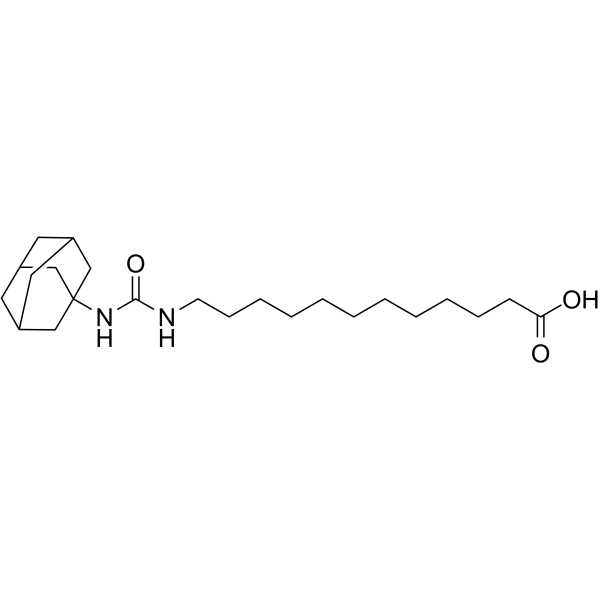
- HY-N3925
-
|
|
Bacterial
|
Infection
Metabolic Disease
Inflammation/Immunology
|
|
Ganoderol A is a terpenoid extracted from Ganoderma lucidum with antimicrobial activities. Ganoderol A inhibits cholesterol synthesis pathway and has significant anti-inflammatory activity and protection against ultraviolet A (UVA) damage .
|
-
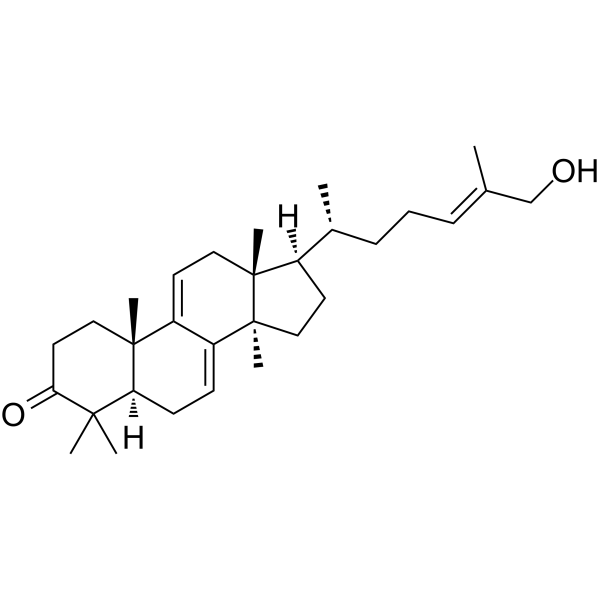
- HY-131258
-
|
|
COX
|
Inflammation/Immunology
|
|
Ibuprofen impurity 1 is an Ibuprofen impurity. Ibuprofen is an anti-inflammatory inhibitor targeting COX-1 and COX-2 with IC50s of 13 μM and 370 μM, respectively .
|
-
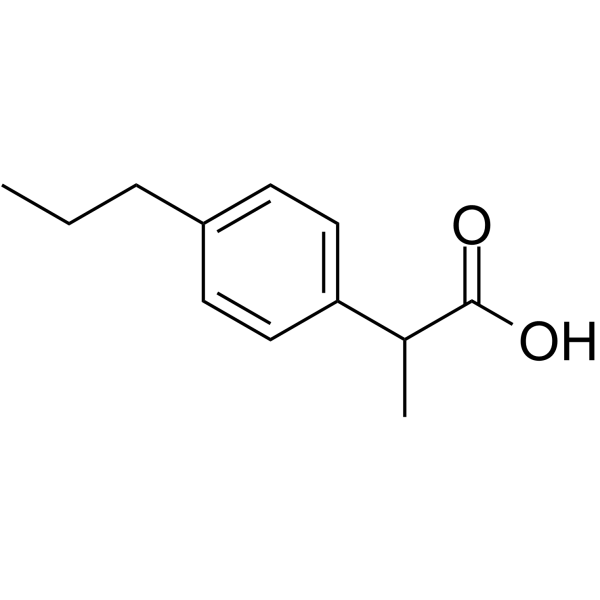
- HY-131259
-
|
|
COX
|
Inflammation/Immunology
|
|
Ibuprofen Impurity F is an Ibuprofen impurity. Ibuprofen is an anti-inflammatory inhibitor targeting COX-1 and COX-2 with IC50s of 13 μM and 370 μM, respectively .
|
-
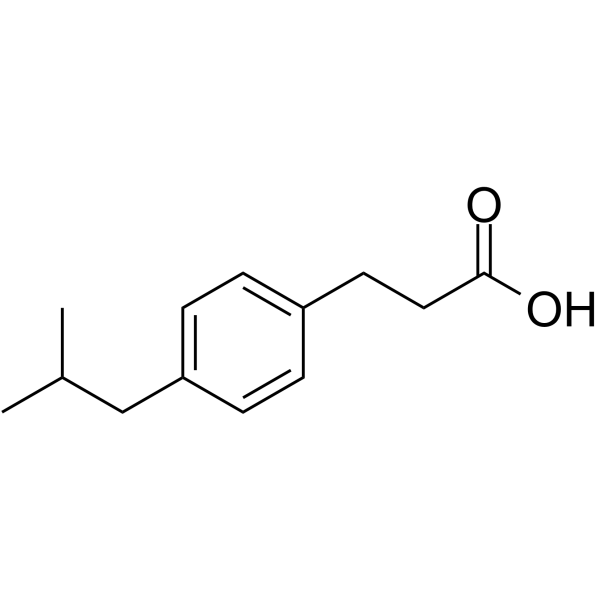
- HY-131260
-
|
|
COX
|
Inflammation/Immunology
|
|
Ibuprofen Impurity K is an Ibuprofen impurity. Ibuprofen is an anti-inflammatory inhibitor targeting COX-1 and COX-2 with IC50s of 13 μM and 370 μM, respectively .
|
-
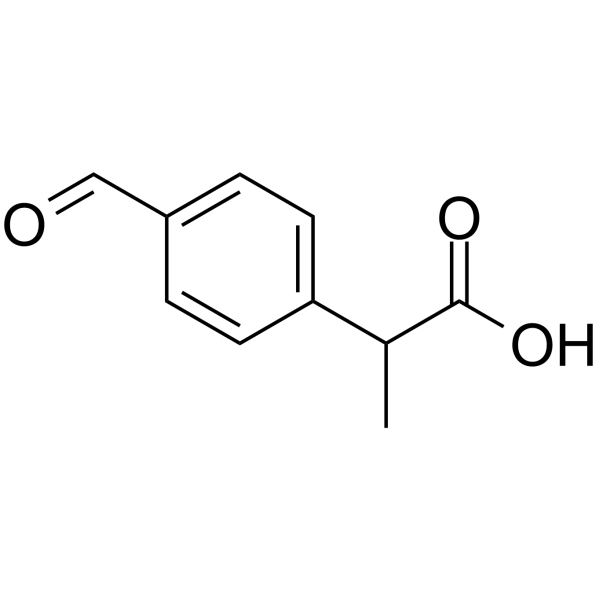
- HY-N6644
-
|
|
Others
|
Inflammation/Immunology
Cancer
|
|
Crocin III is a crocetin from saffron (Crocus sutivus L.). Crocetins inhibit cell growth of tumor cells and has anti-inflammatory activity. Crocins serve as spices and coloring agents .
|
-
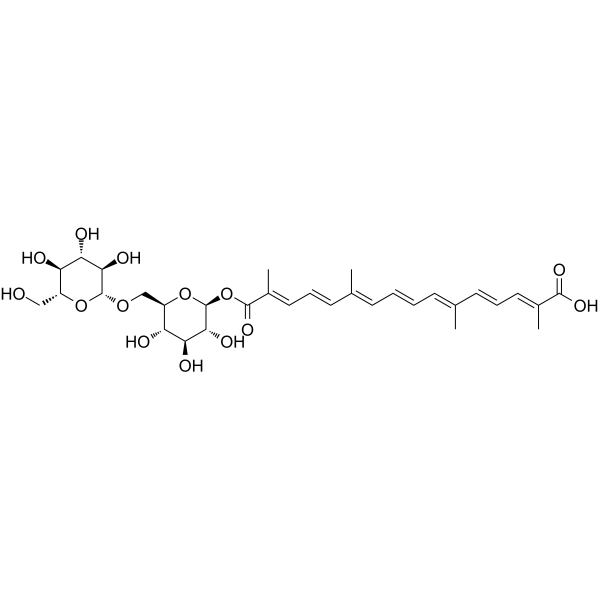
- HY-107203
-
|
HWA 285
|
Phosphodiesterase (PDE)
|
Neurological Disease
Inflammation/Immunology
|
|
Propentofylline is a xanthine-derivative that inhibits adenosine uptake and blocks phosphodiesterase activity.
Propentofylline has neuroprotective, antiproliferative, and anti-inflammatory effects that improve cognition and dementia severity in patients with Alzheimer's disease or vascular dementia.
|
-
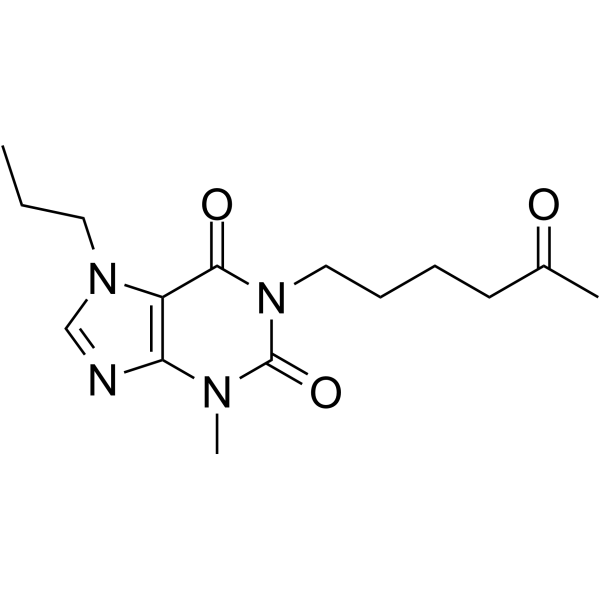
- HY-107591
-
|
|
IKK
|
Inflammation/Immunology
|
|
(Rac)-PF-184 is a potent inhibitory factor-κB kinase 2 (IKK-2) inhibitor with an IC50 of 37 nM. (Rac)-PF-184 has anti-inflammatory effects .
|
-
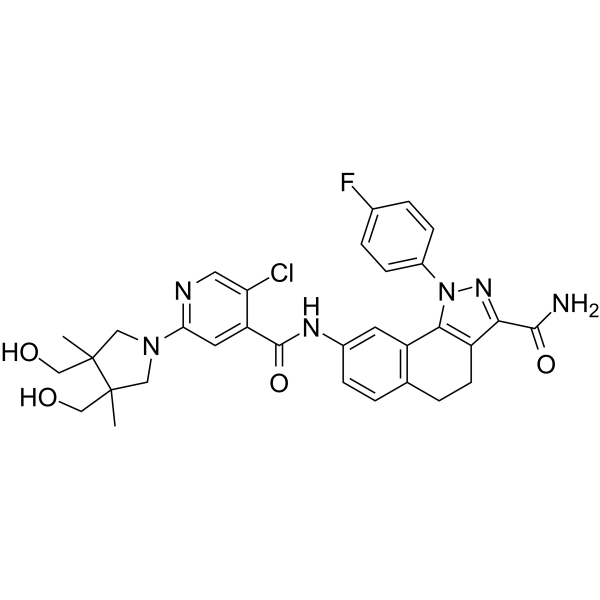
- HY-32345
-
|
BXL-628; Ro-26-9228
|
VD/VDR
|
Inflammation/Immunology
Cancer
|
|
Elocalcitol (BXL-628) is a selective, orally active vitamin D receptor (VDR) agonist. Elocalcitol shows anti-inflammatory activity. Elocalcitol inhibits growth of prostate cancer cells .
|
-
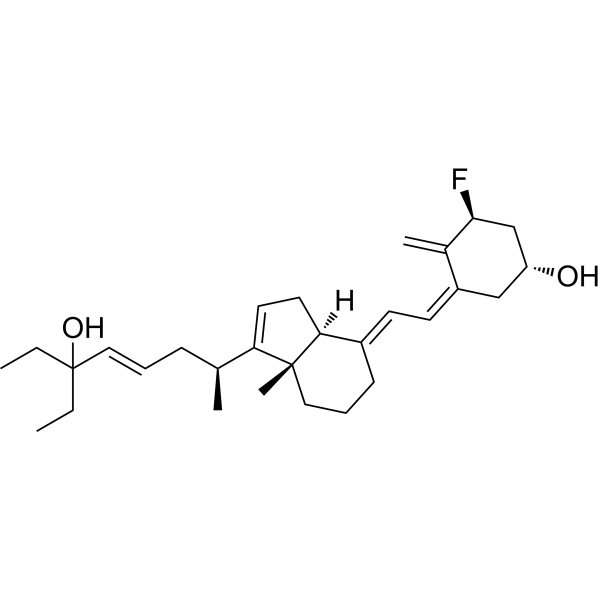
- HY-N10450
-
|
1-Ethoxycarbonyl-β-carboline
|
Reactive Oxygen Species
|
Inflammation/Immunology
|
|
Kumujian A (1-Ethoxycarbonyl-β-carboline), an anti-inflammatory agent, inhibits both superoxide anion generation (IC50 = 4.87 μg/mL) and elastase release (IC50 = 6.29 μg/mL) .
|
-
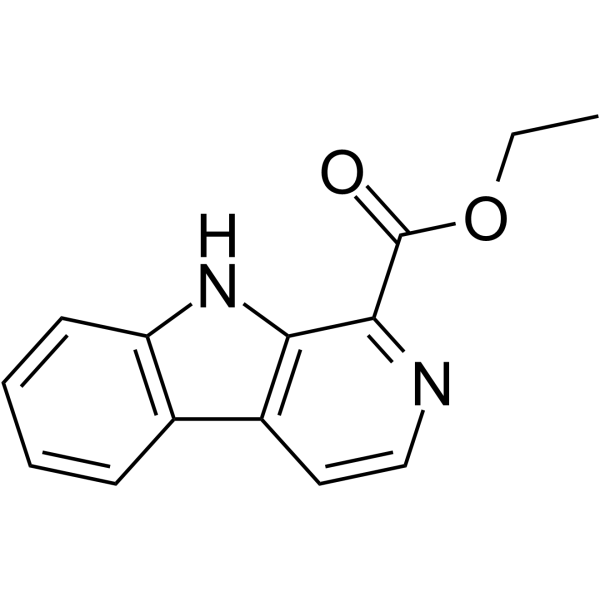
- HY-107591A
-
|
|
IKK
|
Inflammation/Immunology
|
|
(Rac)-PF-184 hydrate is a potent inhibitory factor-κB kinase 2 (IKK-2) inhibitor with an IC50 of 37 nM. (Rac)-PF-184 hydrate has anti-inflammatory effects .
|
-
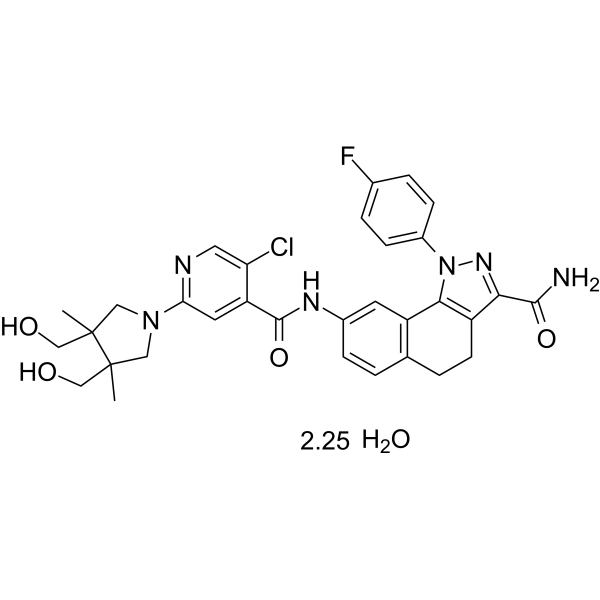
- HY-14931
-
|
AZD 3582; HCT 3012; Nitronaproxen
|
COX
|
Inflammation/Immunology
|
|
Naproxcinod (Nitronaproxen) is the first in class of cyclooxygenase (COX)-inhibiting nitric oxide donators (CINODs). Naproxcinod shows analgesic and anti-inflammatory effects, it can be used for the research of osteoarthritis and inflammation .
|
-
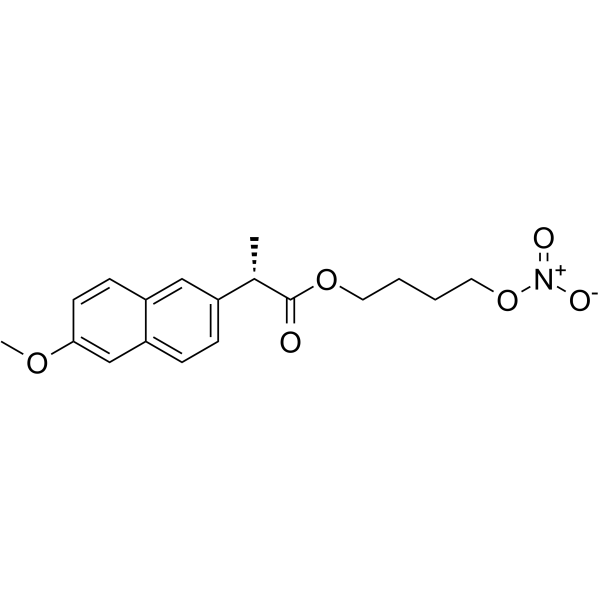
- HY-N2181A
-
|
|
Cytochrome P450
|
Inflammation/Immunology
Cancer
|
|
DL-Acetylshikonin is a non-selective, reversible cytochrome P450 inhibitor with IC50 values of 1.4-4.0 μM. DL-Acetylshikonin has anti-cancer and anti-inflammatory activities .
|
-
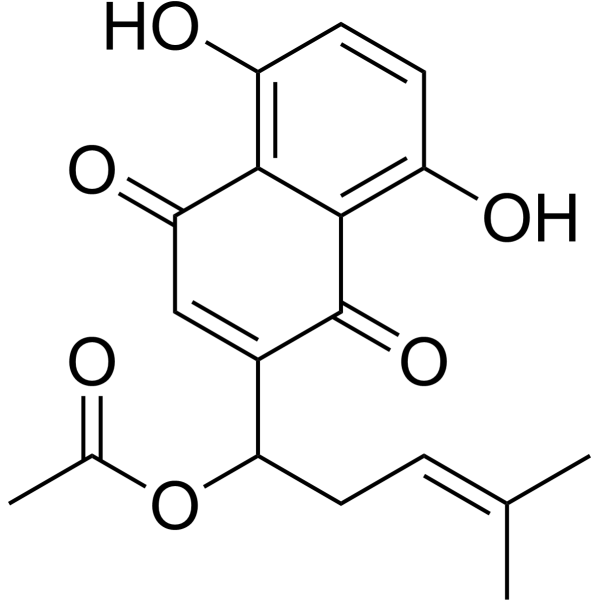
- HY-N10303
-
|
|
COX
Parasite
|
Inflammation/Immunology
Cancer
|
|
Withangulatin A is a selective cyclooxygenase-2 (COX-2) inhibitor. Withangulatin A can be isolated from Physalis angulata L. Withangulatin A has anti-tumor, trypanocidal activity and anti-inflammatory function .
|
-
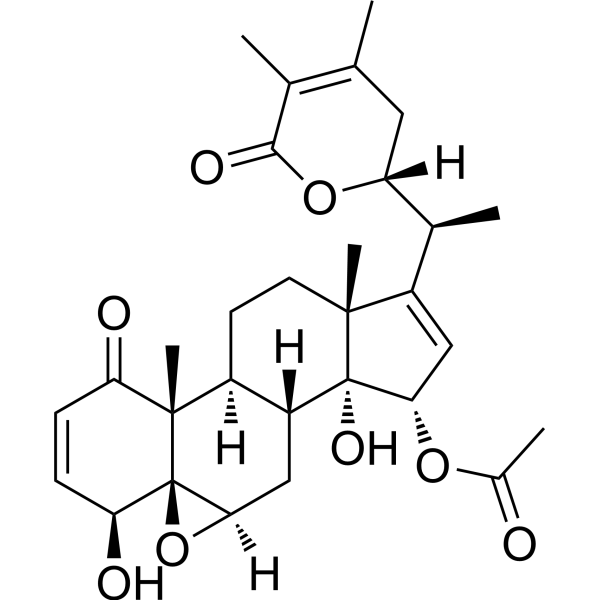
- HY-151241
-
|
(+)-Sinomenine N-oxide
|
Others
|
Inflammation/Immunology
|
|
Sinomenine N-oxide has anti-angiogenic, anti-inflammatory and anti-rheumatic effects. Sinomenine N-oxide is also a NO production inhibitor, with an IC50 value of 23.04 μM .
|
-
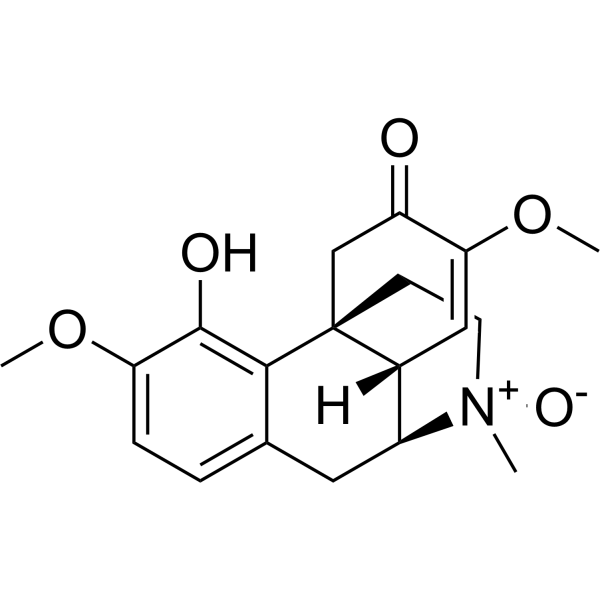
- HY-130294
-
|
|
Elastase
|
Inflammation/Immunology
|
|
Pyracrenic acid is an elastase inhibitor (IC50 = 2.42 µM), can be obtained from the bark of Pyracantha crenulata. Pyracrenic acid has DPPH free radical scavenging activity and anti-inflammatory activity .
|
-
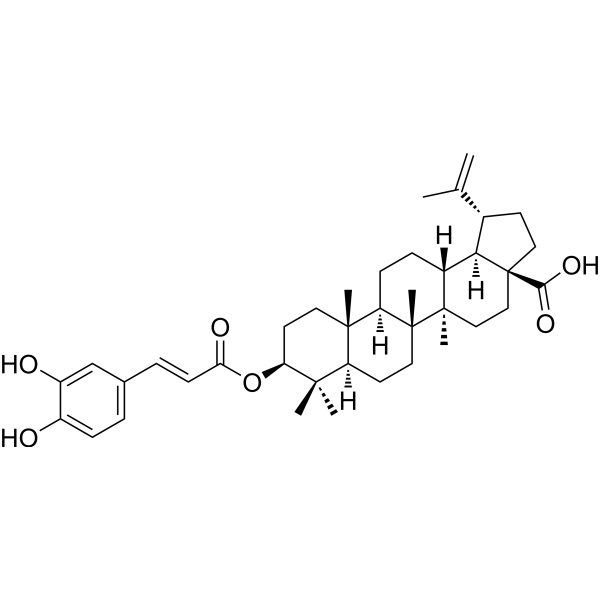
- HY-W176171
-
|
|
Others
|
Inflammation/Immunology
|
|
PU.1-IN-1 (compound A11) is a potent PU.1 inhibitor with an IC50 of 2 nM. PU.1-IN-1 has anti-inflammatory properties .
|
-
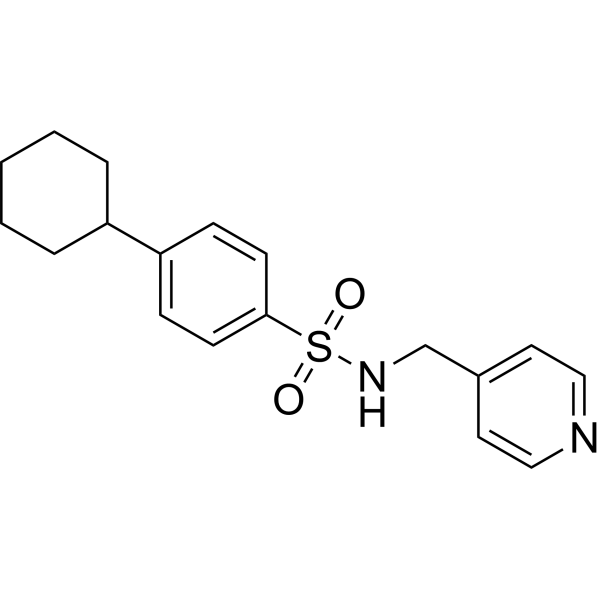
- HY-N8311
-
|
|
NF-κB
|
Inflammation/Immunology
|
|
Goshonoside F5 can be isolated from the unripe fruits of Rubus chingii. Goshonoside F5 has anti-inflammatory activity, and inhibits NF-κB and MAPK signaling pathway .
|
-
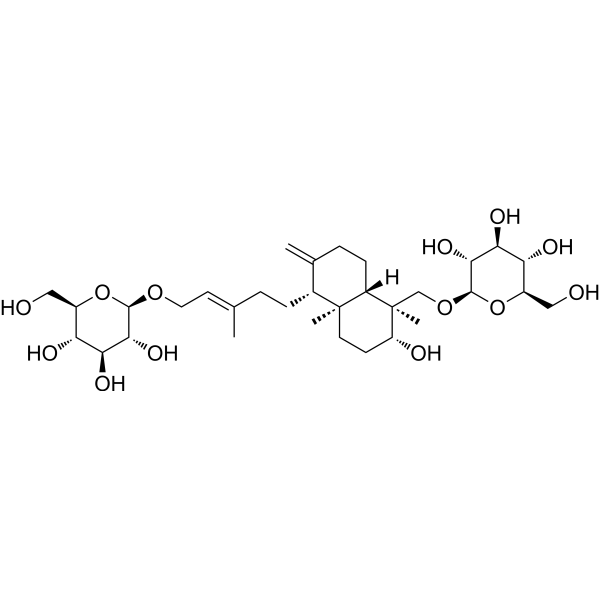
- HY-14398R
-
|
SC 58635 (Standard)
|
COX
|
Inflammation/Immunology
Cancer
|
|
Celecoxib (Standard) is the analytical standard of Celecoxib. This product is intended for research and analytical applications. Celecoxib,a selective non-steroidal anti-inflammatory drug (NSAID), is a selective COX-2 inhibitor with an IC50 of 40 nM.
|
-
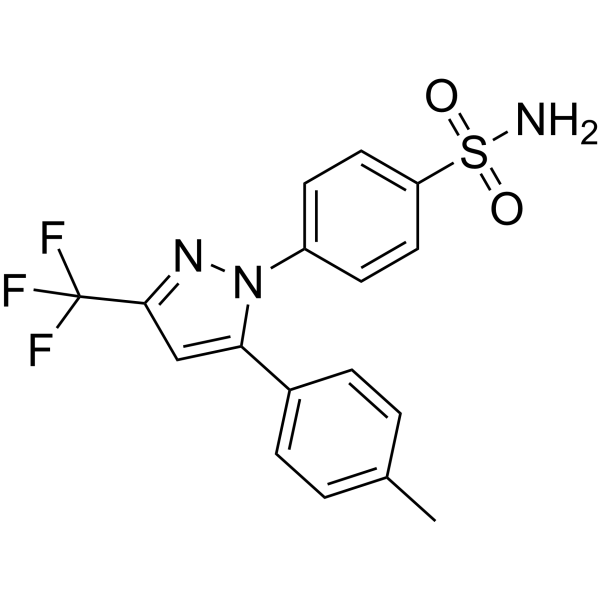
- HY-161354
-
|
|
JAK
Apoptosis
|
Inflammation/Immunology
|
|
JAK3 covalent inhibitor-2 (compound J1b) is a selective, orally potent JAK3 inhibitor (IC50=7.2 nM) with low toxicity, anti-inflammatory activity and good bioavailability .
|
-
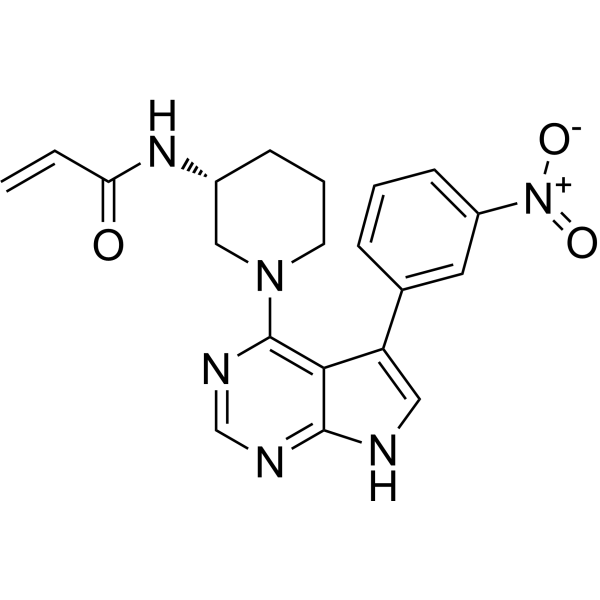
- HY-149365
-
|
|
Salt-inducible Kinase (SIK)
|
Inflammation/Immunology
|
|
SIKs-IN-1 (compound 8h), a pyrimidine-5-carboxamide derivative, is a Salt-inducible kinases (SIKs) inhibitor. SIKs regulates the transformation of M1/M2 macrophages, involving in inflammation process. SIKs-IN-1 inhibits SIK activity, up-regulates anti-inflammatory cytokine IL-10, but down-regulates pro-inflammatory cytokine IL-12. SIKs-IN-1 shows excellent anti-inflammatory effects in a DSS-induced colitis model .
|
-
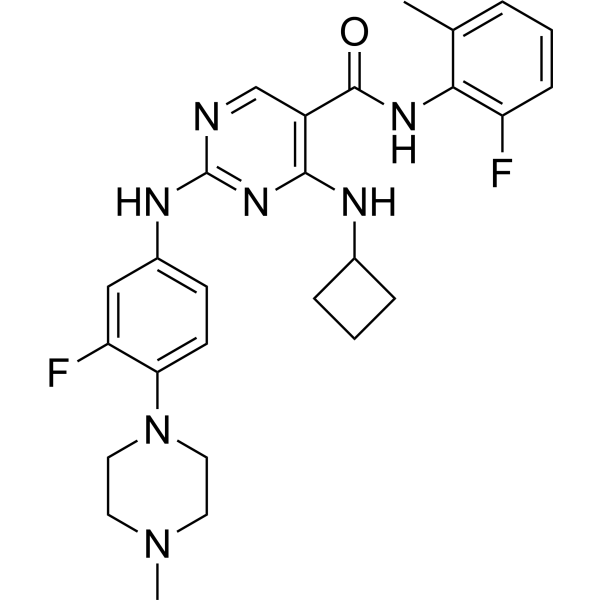
- HY-N0141
-
|
(-)-Parthenolide
|
NF-κB
Autophagy
Mitophagy
Apoptosis
|
Cancer
|
|
Parthenolide is a sesquiterpene lactone found in the medicinal herb Feverfew. Parthenolide exhibits anti-inflammatory activity by inhibiting NF-κB activation; also inhibits HDAC1 protein without affecting other class I/II HDACs.
|
-
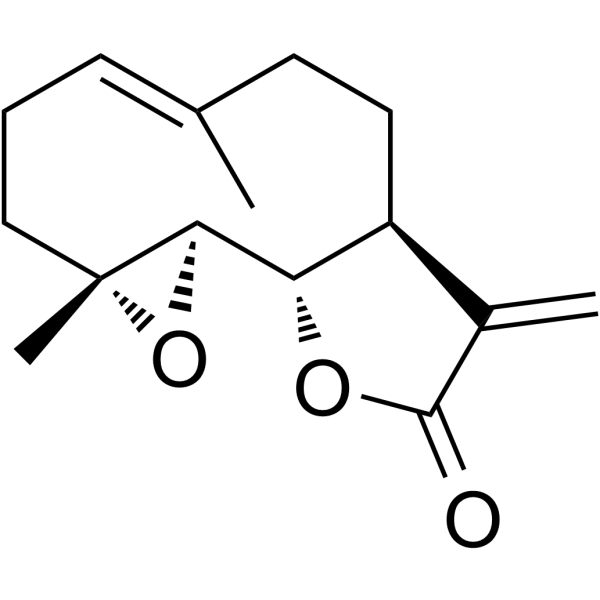
- HY-13568
-
|
LRCL 3794
|
COX
|
Inflammation/Immunology
|
|
Benoxaprofen (LRCL 3794) is a potent and long-acting anti-inflammatory and antipyretic compound. Benoxaprofen is a relatively weak inhibitor of cyclooxygenase in in vitro systems, inhibits lipoxygenase in other systems, and inhibits monocyte migration in some animal models of inflammation .
|
-
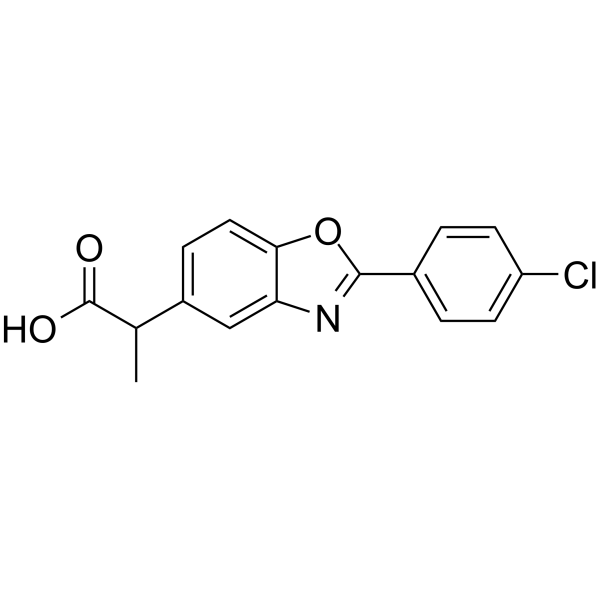
- HY-N7176
-
|
Kaempferol-3-glucuronide; Kaempferol-3-O-glucuronide
|
Interleukin Related
|
Inflammation/Immunology
|
|
Kaempferol 3-O-β-D-glucuronide (Kaempferol-3-glucuronide), one conjugated kaempferol metabolite, has anti-inflammatory effect. Kaempferol 3-O-β-D-glucuronide significantly inhibits various pro-inflammatory mediators like IL-1β, NO, PGE2, and LTB4. Kaempferol 3-O-β-D-glucuronide upregulates the secretion of anti-inflammatory cytokine IL-10 .
|
-
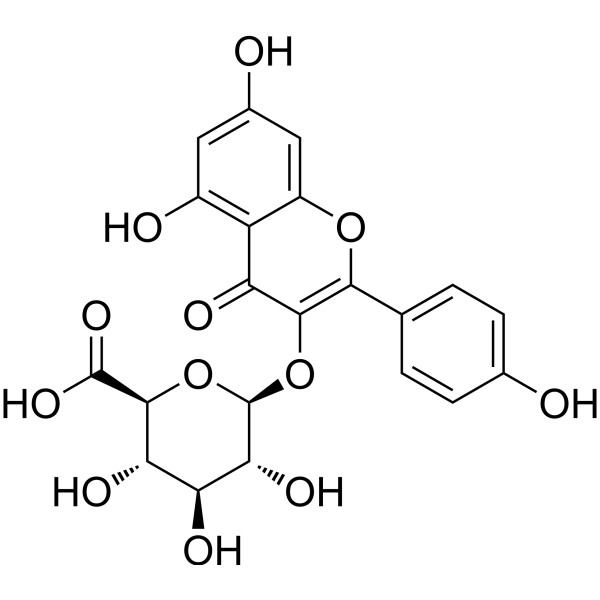
- HY-12383S
-
|
|
Isotope-Labeled Compounds
COX
|
Neurological Disease
Inflammation/Immunology
|
|
Pelubiprofen- 13C,d3 is the 13C- and deuterium labeled Pelubiprofen. Pelubiprofen, an orally active and non-steroidal anti-inflammatory drug, is a member of the 2-arylpropionic acid family and has relatively selective effects on COX-2 activity. Pelubiprofen inhibits COX activity and the transforming growth factor-β activated kinase 1-IκB kinase β-NF-κB pathway, and has significant anti-inflammatory and analgesic effects[1].
|
-
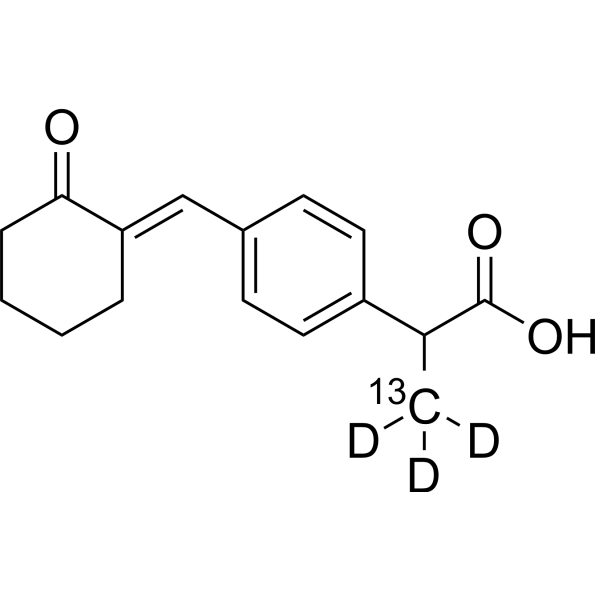
- HY-10529
-
-
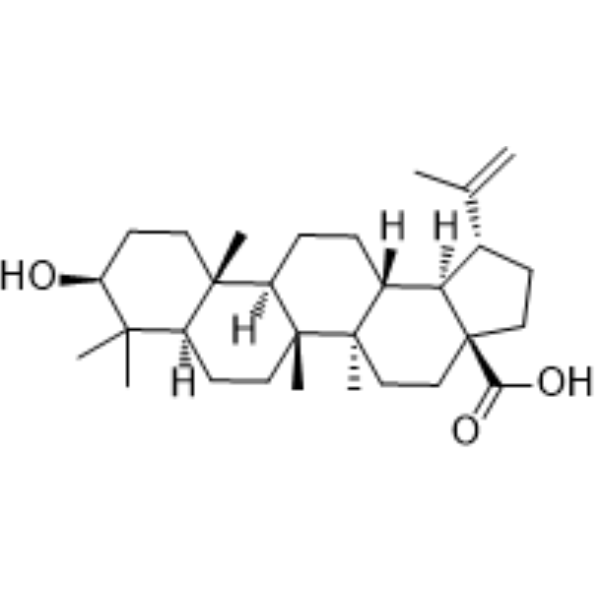
- HY-B0890
-
|
McN-2783-21-98
|
PGE synthase
|
Inflammation/Immunology
|
|
Zomepirac sodium salt (McN-2783-21-98) is a potent prostaglandin biosynthesis inhibitor. Zomepirac sodium salt is a non-steroidal anti-inflammatory drug (NSAID). Zomepirac sodium salt can cause immune-mediated liver injury .
|
-
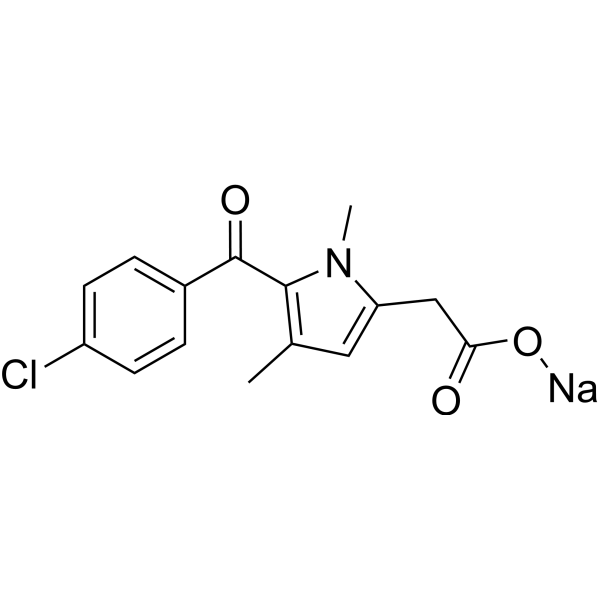
- HY-N0387
-
|
|
NF-κB
|
Neurological Disease
|
|
Rhyncholphylline is an alkaloid compound isolated from Uncaria rhynchophyllum. Rhyncholphylline is an EphA4 inhibitor. It has high biological activity and is widely used in anti-inflammatory, neuroprotective and other research. .
|
-
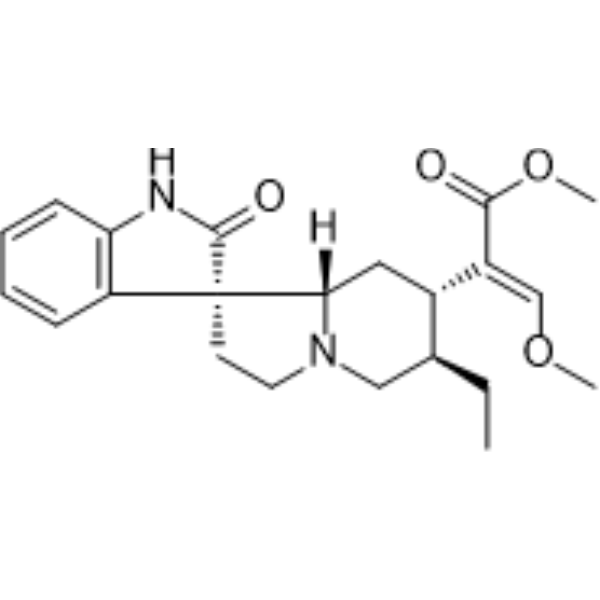
- HY-78131BS
-
|
(R)-Ibuprofen-d3
|
NF-κB
|
Inflammation/Immunology
Cancer
|
|
(R)-(-)-Ibuprofen-d3 is the deuterium labeled (R)-(-)-Ibuprofen. (R)-(-)-Ibuprofen is the R enantiomer of Ibuprofen, inactive on COX, inhibits NF-κB activation; (R)-(-)-Ibuprofen exhibits anti-inflammatory and antinociceptive effects.
|
-
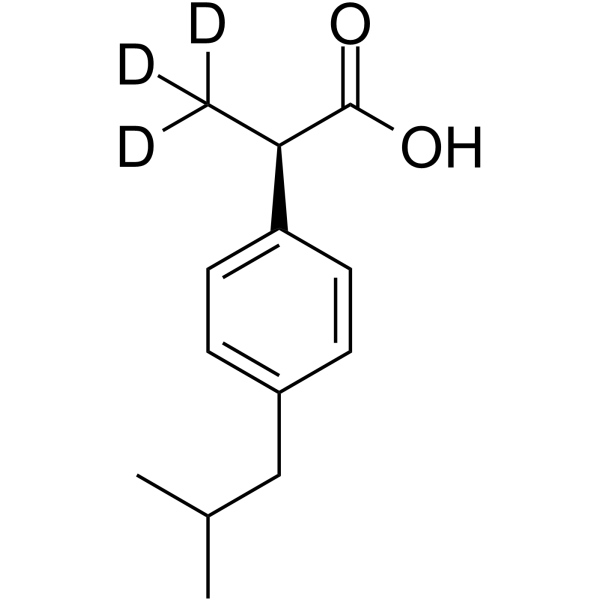
- HY-14398S1
-
|
SC 58635-d3
|
COX
|
Inflammation/Immunology
Cancer
|
|
Celecoxib-d3 is the deuterium labeled Celecoxib. Celecoxib,a selective non-steroidal anti-inflammatory drug (NSAID), is a selective COX-2 inhibitor with an IC50 of 40 nM[1][2].
|
-
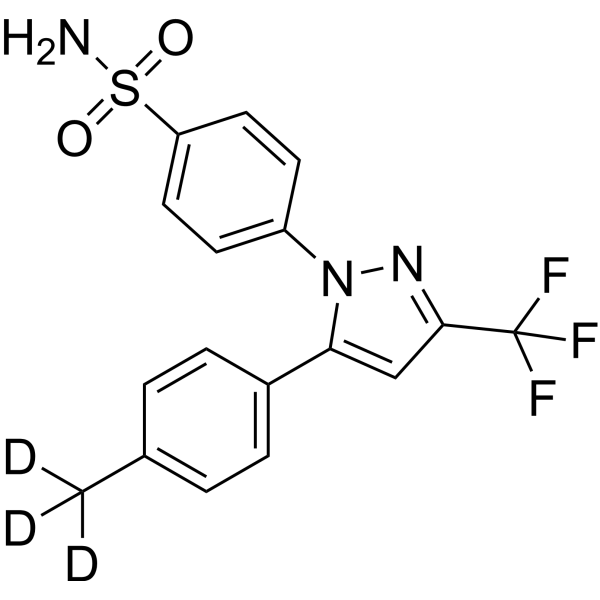
- HY-14398S
-
|
SC 58635-d7
|
COX
|
Inflammation/Immunology
Cancer
|
|
Celecoxib-d7 is the deuterium labeled Celecoxib. Celecoxib,a selective non-steroidal anti-inflammatory drug (NSAID), is a selective COX-2 inhibitor with an IC50 of 40 nM[1][2].
|
-
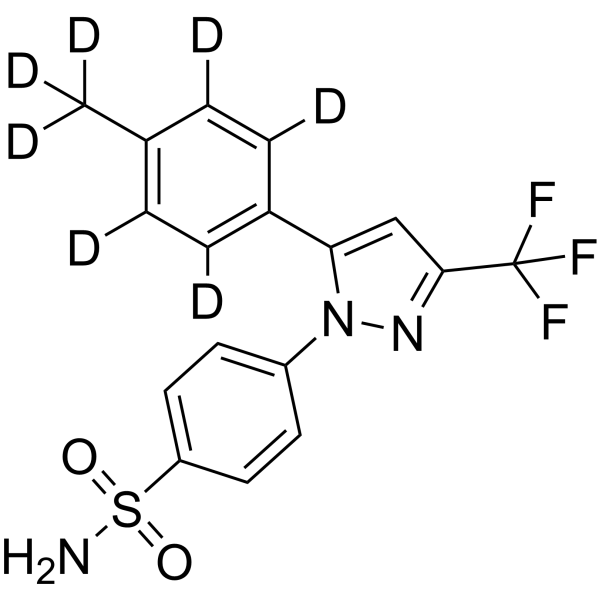
- HY-76251S1
-
|
|
COX
|
Inflammation/Immunology
Cancer
|
|
(rac)-Etodolac-d3 is a labelled racemic Etodolac. Etodolac (AY-24236) is a non-steroidal anti-inflammatory compound that is a non-selective inhibitor of COX (IC50=53.5 nM)
|
-
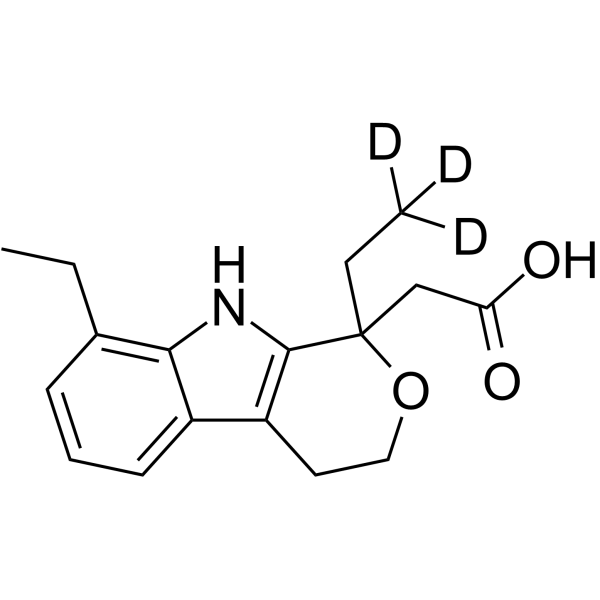
- HY-N4149
-
|
6-Hydroxyquercetin
|
Pim
|
Inflammation/Immunology
Cancer
|
|
Quercetagetin (6-Hydroxyquercetin) is a flavonoid . Quercetagetin is a moderately potent and selective, cell-permeable pim-1 kinase inhibitor (IC50, 0.34 μM) . Anti-inflammatory and anticancer properties.
|
-
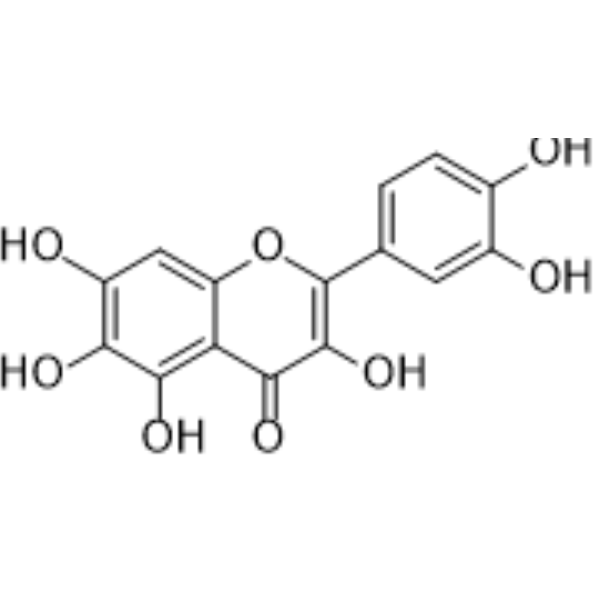
- HY-17629
-
|
|
NOD-like Receptor (NLR)
|
Inflammation/Immunology
|
|
Dapansutrile is a potent, orally active and selective NLRP3 inflammasome inhibitor. Dapansutrile has anti-inflammatory activity and decreases immune factor levels. Dapansutrile can be used for research of inflammatory diseases .
|
-
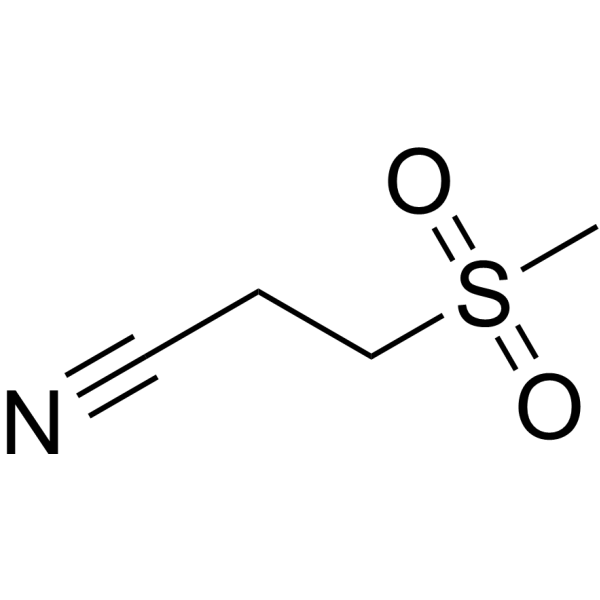
- HY-N4288
-
|
|
Glutathione Peroxidase
|
Inflammation/Immunology
Cancer
|
|
4-Methylesculetin is an orally active natural coumarin derivative, with potent anti-oxidant and anti-inflammatory activities. 4-Methylesculetin inhibits myeloperoxidase activity and reduces IL-6 level .
|
-
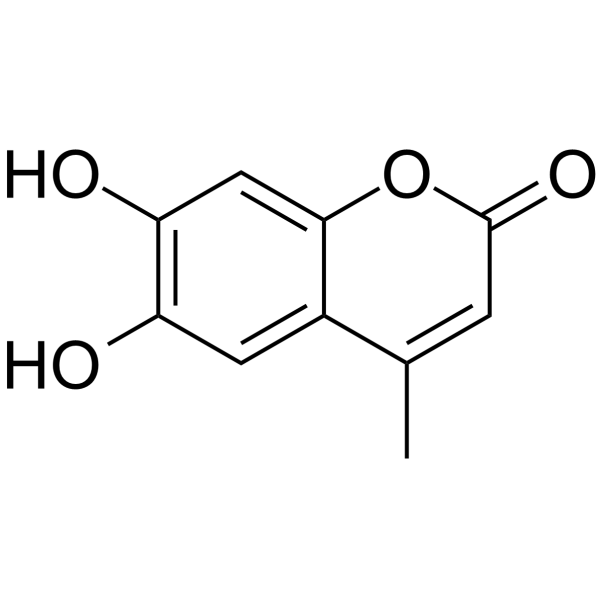
- HY-N6261
-
|
|
Others
|
Inflammation/Immunology
|
|
Epimagnolin B is a bisepoxylignan isolated from Magnolia fargesii, with anti-inflammatory activity and antiallergic effects. Epimagnolin B inhibits NO production in LPS-activated microglia. Epimagnolin B exhibited antiallergic effects .
|
-
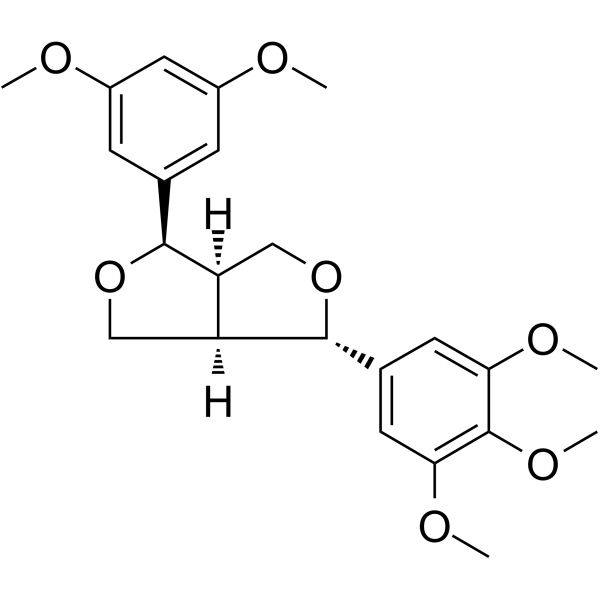
- HY-N6894
-
|
Isocoptisine acetate
|
Cholinesterase (ChE)
|
Inflammation/Immunology
|
|
Pseudocoptisine (Isocoptisine) acetate is a quaternary alkaloid with benzylisoquinoline skeleton, was isolated from Corydalis Tuber. Pseudocoptisine acetate inhibits acetylcholinesterase (AChE) activity with an IC50 of 12.8 μM. Anti-inflammatory and anti-amnestic effects .
|
-
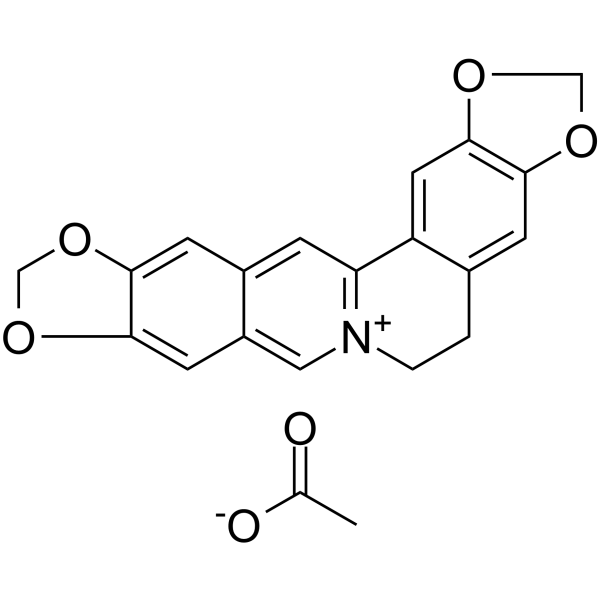
- HY-B1355A
-
|
|
|
|
|
Oxyphenbutazone is a Phenylbutazone (HY-B0230) metabolite, with anti-inflammatory effect. Oxyphenbutazone is an orally active non-selective COX inhibitor. Oxyphenbutazone selectively kills non-replicating Mycobaterium tuberculosis .
|
-
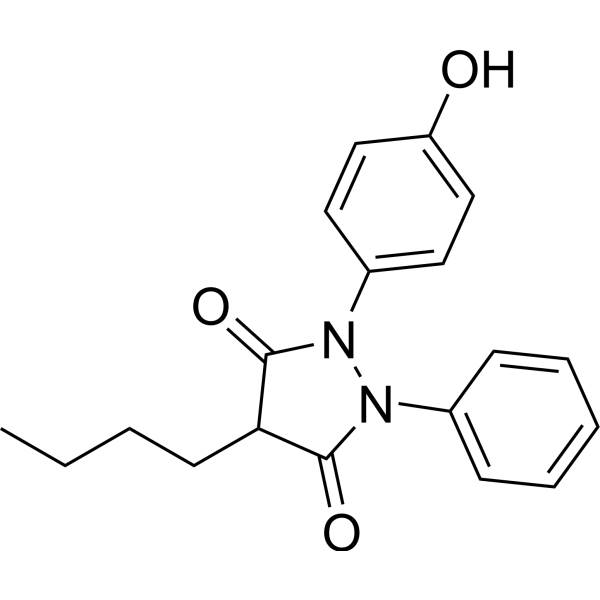
- HY-N2905
-
|
Asperglaucide
|
Cathepsin
|
Inflammation/Immunology
|
|
Aurantiamide acetate (TMC-58A) is a selective and orally active cathepsin inhibitor isolated from Portulaca oleracea L. Aurantiamide acetate has anti-inflammatory activities and can be used for the study of inflammatory diseases .
|
-
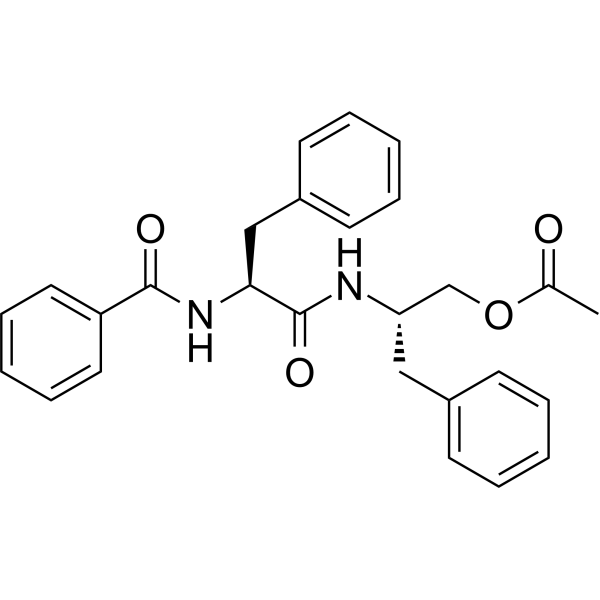
- HY-N6894A
-
|
Isocoptisine chloride
|
Cholinesterase (ChE)
|
Inflammation/Immunology
|
|
Pseudocoptisine (Isocoptisine) chloride is a quaternary alkaloid with benzylisoquinoline skeleton, was isolated from Corydalis Tuber. Pseudocoptisine chloride inhibits acetylcholinesterase (AChE) activity with an IC50 of 12.8 μM. Anti-inflammatory and anti-amnestic effects .
|
-
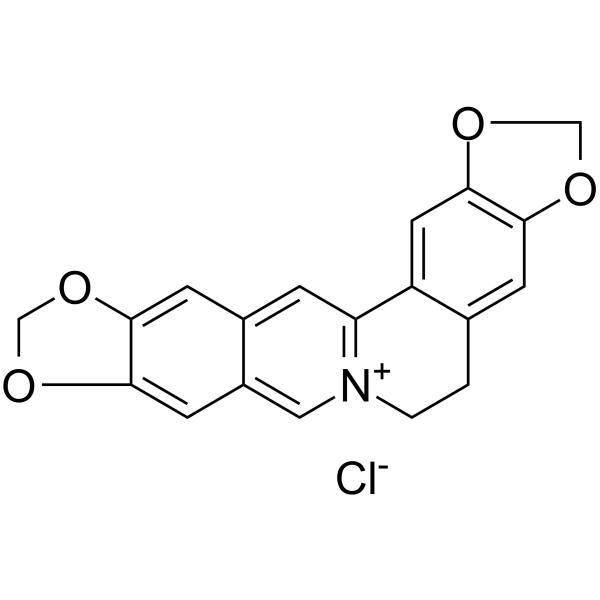
- HY-107574
-
-
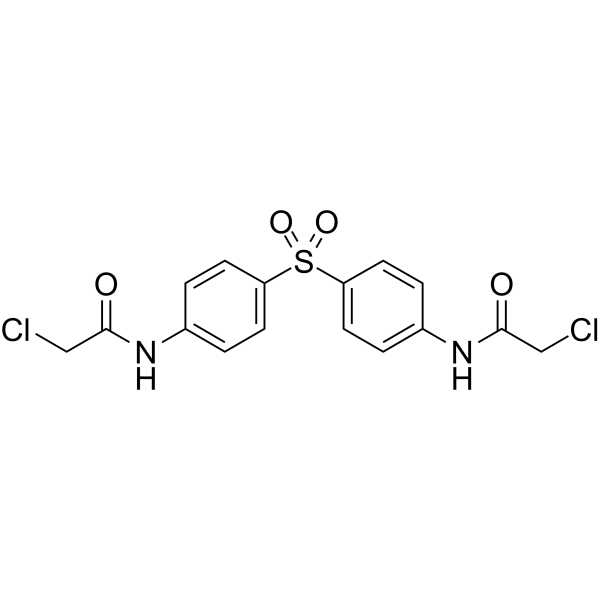
- HY-13633
-
|
|
Aldose Reductase
|
Metabolic Disease
|
|
Exisulind is an inactive metabolite of the nonsteroidal, anti-inflammatory agent sulindac . Exisulind inhibits aldose reductase with an IC50 of 367 nM in vitro and may contribute to the beneficial pharmacological effects of sulindac on type 2 diabetic complications .
|
-
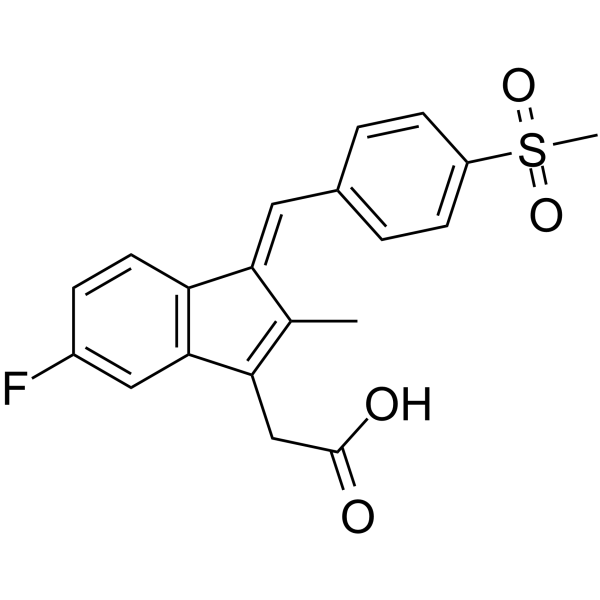
- HY-B0261A
-
|
|
|
|
|
Meloxicam sodium is a non-steroidal anti-inflammatory agent, inhibits COX activity, with IC50s of 0.49 µM and 36.6 µM for COX-2 and COX-1, respectively .
|
-
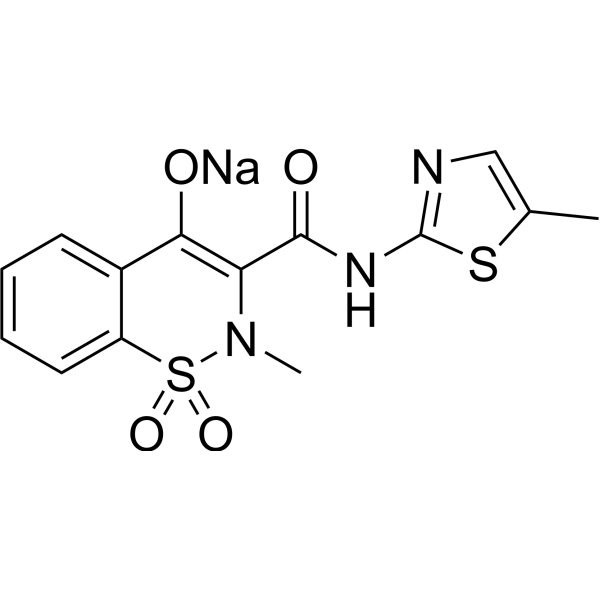
- HY-B1355
-
|
|
Bacterial
COX
|
Infection
Inflammation/Immunology
|
|
Oxyphenbutazone monohydrate is a Phenylbutazone (HY-B0230) metabolite, with anti-inflammatory effect. Oxyphenbutazone monohydrate is an orally active non-selective COX inhibitor. Oxyphenbutazone monohydrate selectively kills non-replicating Mycobaterium tuberculosis .
|
-
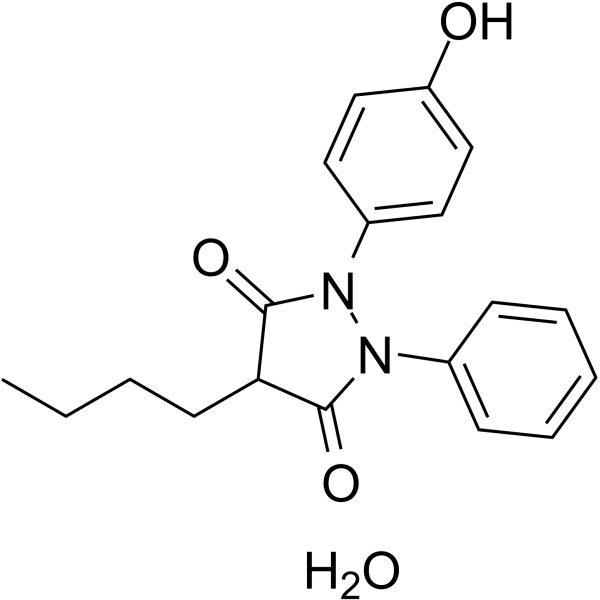
- HY-W335927
-
-
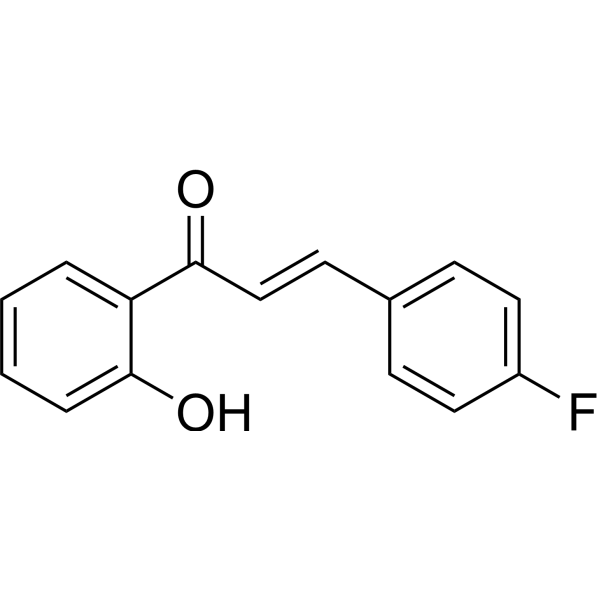
- HY-N3646
-
|
|
Others
|
Others
Neurological Disease
Inflammation/Immunology
Cancer
|
|
Cudratricusxanthone A is isolated from Cudrania tricuspidata, and has anti-inflammatory, hepatoprotective, and anti-proliferative activities. Cudratricusxanthone A inhibits osteoclast differentiation and function in RAW 264.7 cells and mouse bone marrow monocytes .
|
-
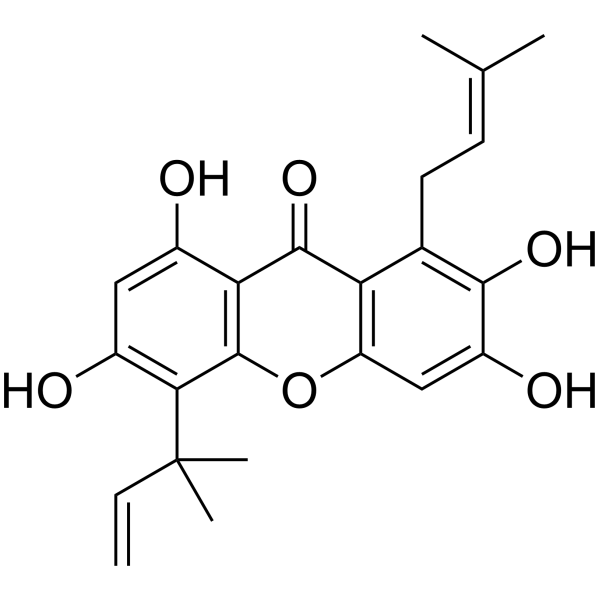
- HY-14398GL
-
|
SC 58635 (GMP Like)
|
COX
|
Inflammation/Immunology
|
|
Celecoxib (SC 58635) GMP Like is a GMP-class Celecoxib (HY-14398). Celecoxib, a selective non-steroidal anti-inflammatory drug (NSAID), is a selective COX-2 inhibitor with an IC50 of 40 nM.
|
-
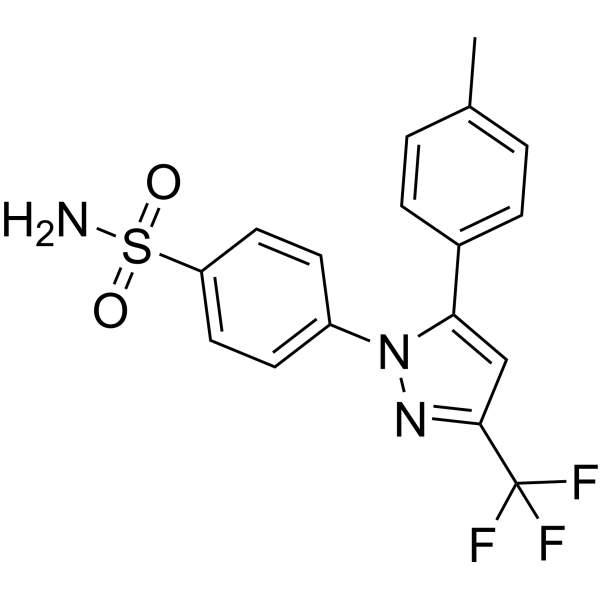
- HY-106514
-
|
R 830; R 830T; S 16820
|
COX
|
Inflammation/Immunology
|
|
Prifelone (R 830; R 830T; S 16820) is a di-tert-butylphenol with anti-inflammatory and antioxidant activity. Prifelone inhibits guinea pig lung oxygenase and bovine seminal vesicle cyclooxygenase .
|
-
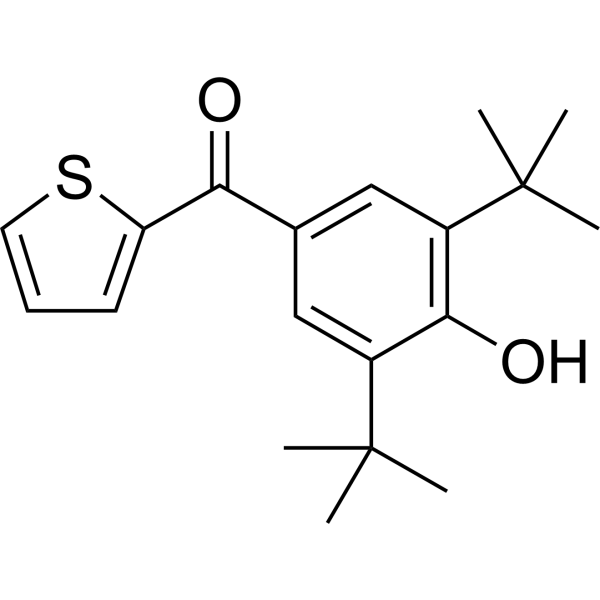
- HY-155409
-
|
|
Lipoxygenase
|
Inflammation/Immunology
|
|
ALR-38 is a 5-lipoxygenase (5-LOX) inhibitor (IC50: 1.1 μM) with anti-inflammatory activity. ALR-38 effectively reduces ROS levels in neutrophils .
|
-
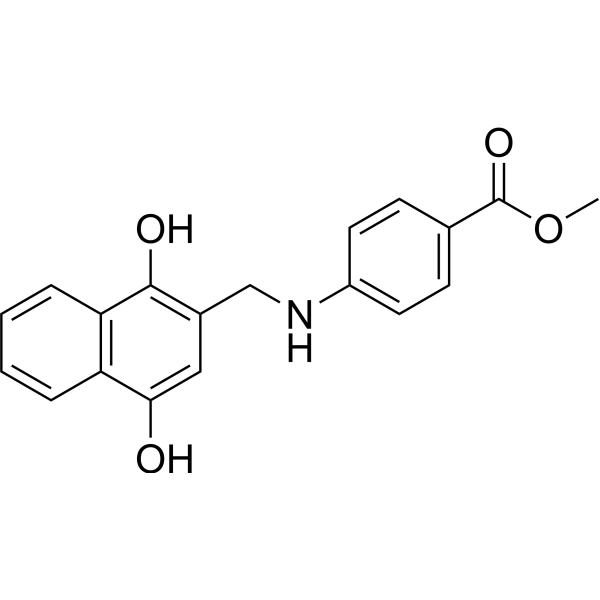
- HY-N3848
-
-
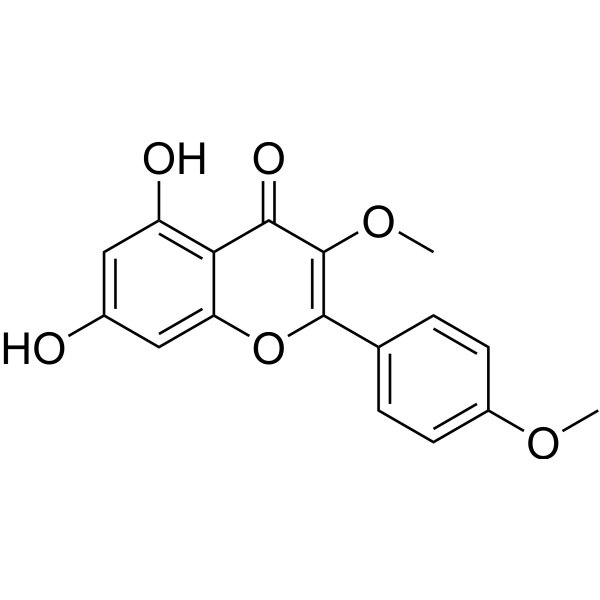
- HY-149299
-
|
|
COX
|
Inflammation/Immunology
|
PYZ18 is a selective COX-2 inhibitor with an IC50 of 7.07 μM. PYZ18 is the best lead compound for COX-2 inhibitors. PYZ18 has anti-inflammatory and other biological properties .
|
-
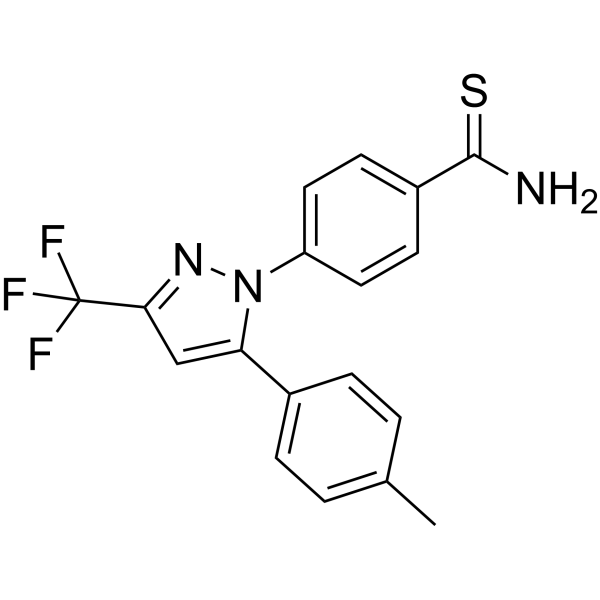
- HY-134616
-
|
Uristatin
|
Ser/Thr Protease
Apoptosis
|
Neurological Disease
Inflammation/Immunology
|
|
Ulinastatin (Uristatin) is a trypsin and serine protease inhibitor. Ulinastatin is the main protein binding inhibitor of various trypsin, chymotrypsin, and various pancreatic proteases. Ulinastatin shows neuroprotective, anti-inflammatory, anti-apoptotic, anti-oxidant effects .
|
-

- HY-149258
-
-
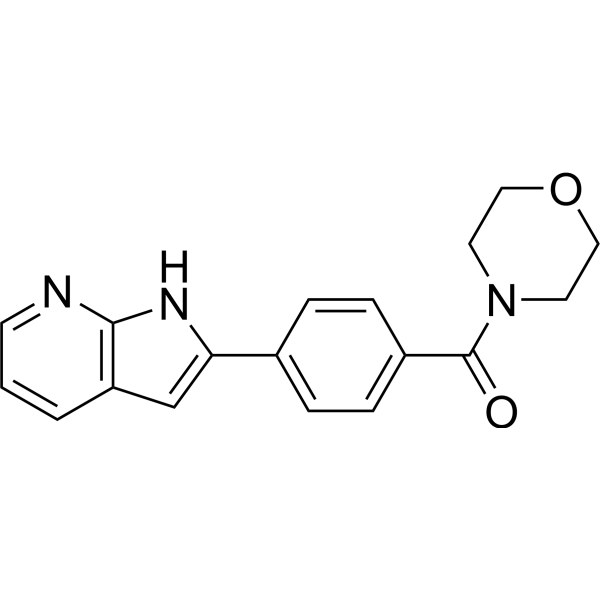
- HY-B0253
-
|
CP-16171
|
COX
|
Inflammation/Immunology
Cancer
|
|
Piroxicam (CP-16171) is a non-steroidal anti-inflammatory drugs, acts as a COX inhibitor, with IC50s of 47, 25 μM for human monocyte COX-1 and COX-2, respectively.
|
-
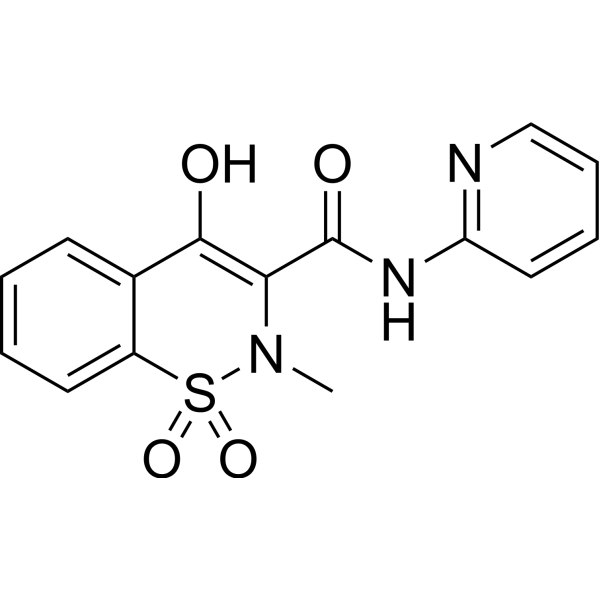
- HY-B0386
-
|
|
COX
|
Inflammation/Immunology
|
|
Flunixin meglumine is a cyclooxygenase (COX) inhibitor with IC50 values of 0.55 and 3.24 μM for COX-1 and COX-2, respectively. Flunixin meglumine shows anti-inflammatory effects .
|
-
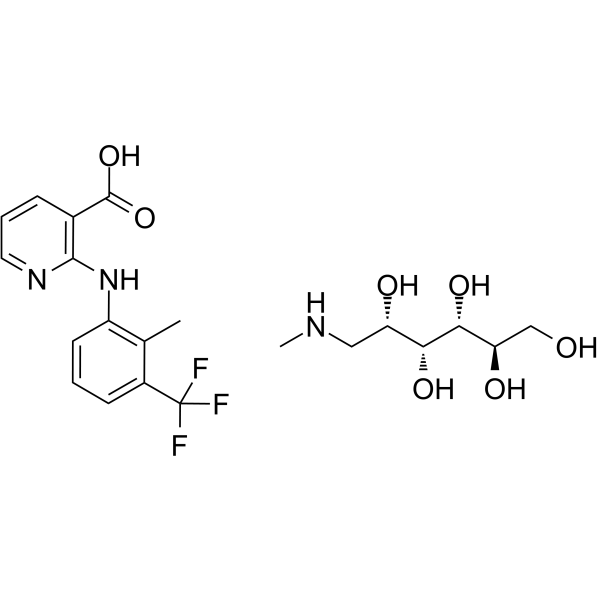
- HY-N0929
-
|
|
COX
Reactive Oxygen Species
|
Cancer
|
|
Hexahydrocurcumin is one of the major metabolites of curcumin and a selective, orally active COX-2 inhibitor. Hexahydrocurcumin is inactive against COX-1. Hexahydrocurcumin has antioxidant, anticancer and anti-inflammatory activities .
|
-
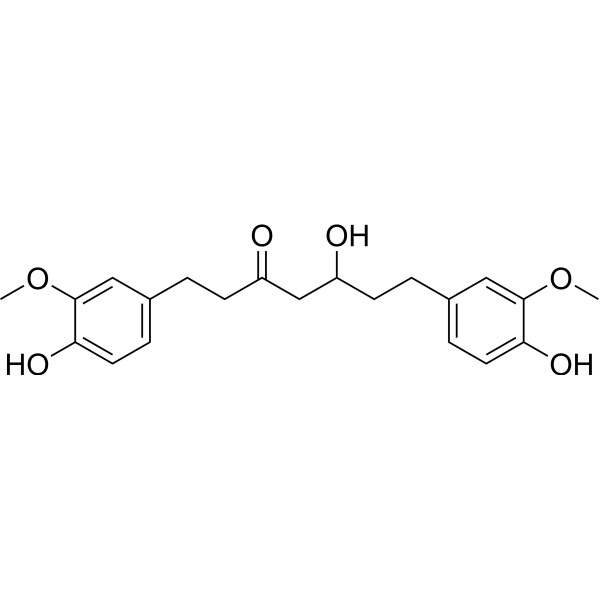
- HY-N0637
-
-
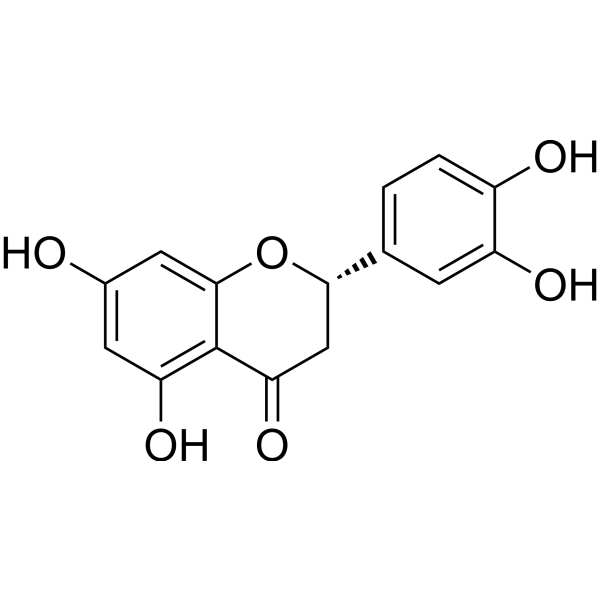
- HY-B0559S
-
|
BRL14777-d3
|
Isotope-Labeled Compounds
COX
|
Inflammation/Immunology
Cancer
|
|
Nabumetone-d3 is the deuterium labeled Nabumetone. Nabumetone is an orally active non-acidic anti-inflammatory agent, acts as a potent and selective COX-2 inhibitor, and is the proagent of the active metabolite 6MNA.
|
-
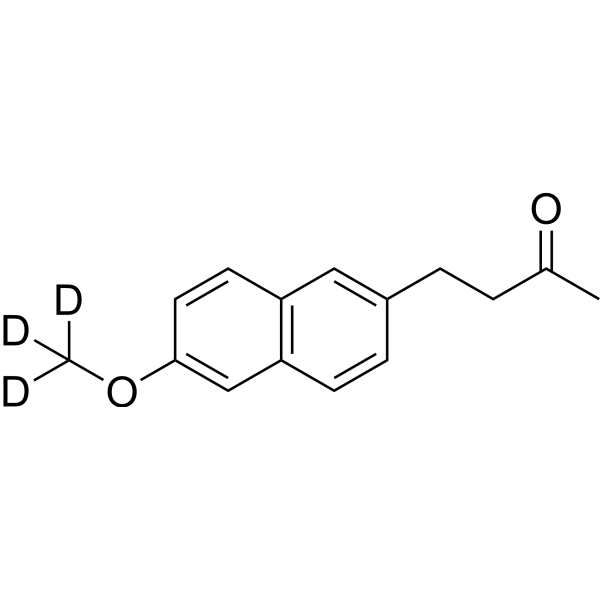
- HY-N2000
-
|
|
|
|
|
Bellidifolin is a xanthone isolated from the stems of Swertia punicea, with hepatoprotective, hypoglycemic, anti-oxidation, anti-inflammatory and antitumor activities . Bellidifolin also acts as a viral protein R (Vpr) inhibitor .
|
-
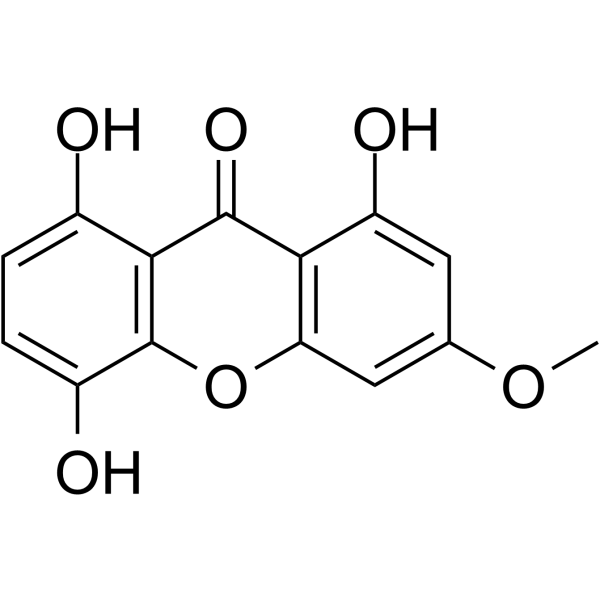
- HY-N0220
-
-
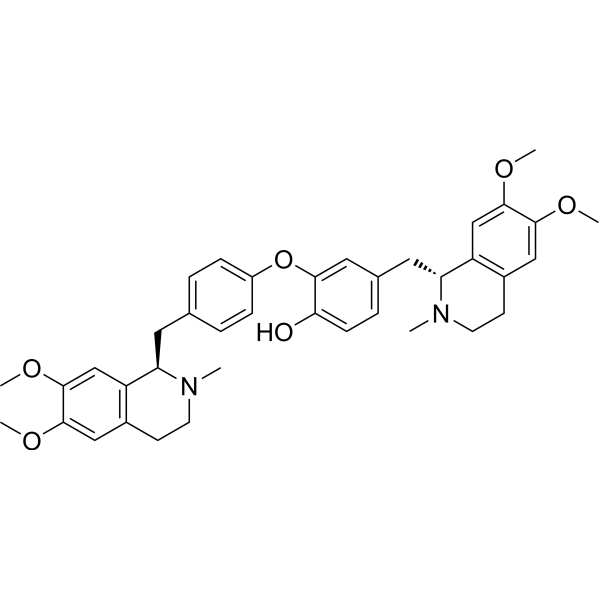
- HY-N1404
-
|
|
|
|
|
Sodium aescinate is a triterpene saponin derived from Aesculus hippocastanum seeds, with anti-inflammatory and antioxidant activities . Sodium aescinate inhibits hepatocellular carcinoma growth by targeting CARMA3/NF-κB pathway .
|
-
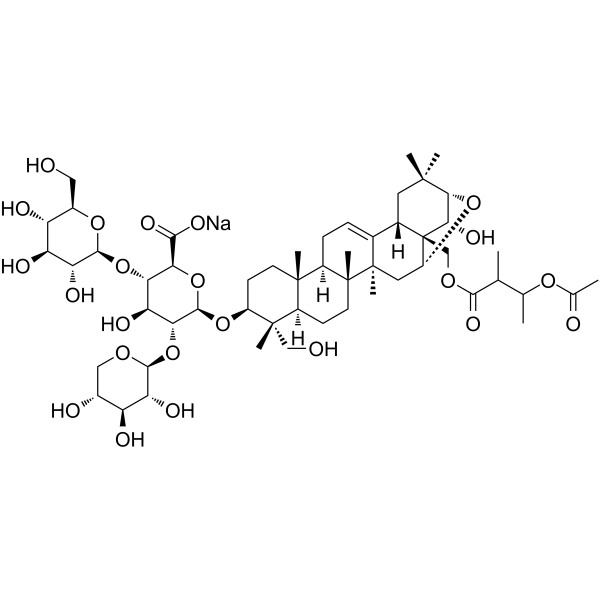
- HY-106093
-
|
|
COX
|
Inflammation/Immunology
|
|
Eltenac, a non-steroidal anti-inflammatory drug (NSAID), is a COX inhibitor. Eltenac shows IC50 of 0.03 μM for both COX-1 and COX-2 in isolated human whole blood .
|
-
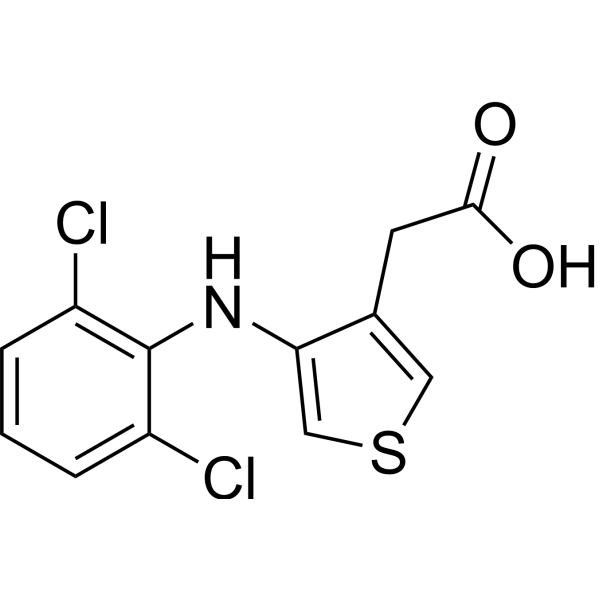
- HY-144237
-
|
|
PGE synthase
|
Inflammation/Immunology
|
|
Brp-201 is considered as a promising therapeutic target for the next generation of anti-inflammatory drugs in the research of inflammatory diseases. It is a new, effective and selective inhibitor of mPGES-1 with an IC50 value of 0.42 μM.
|
-
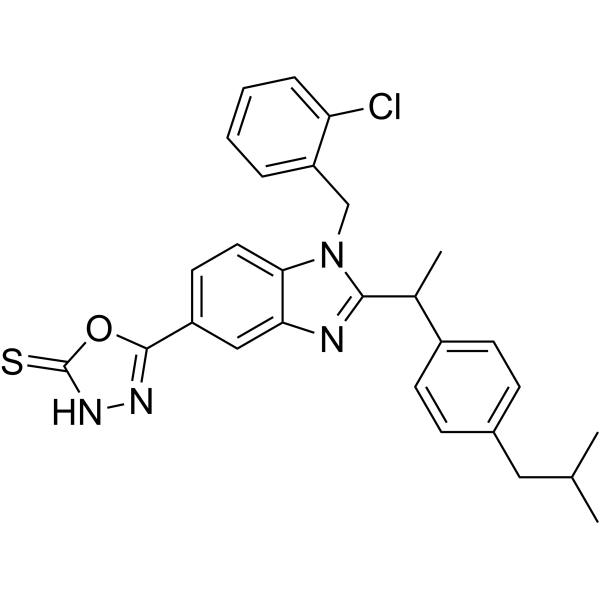
- HY-N1380S1
-
-
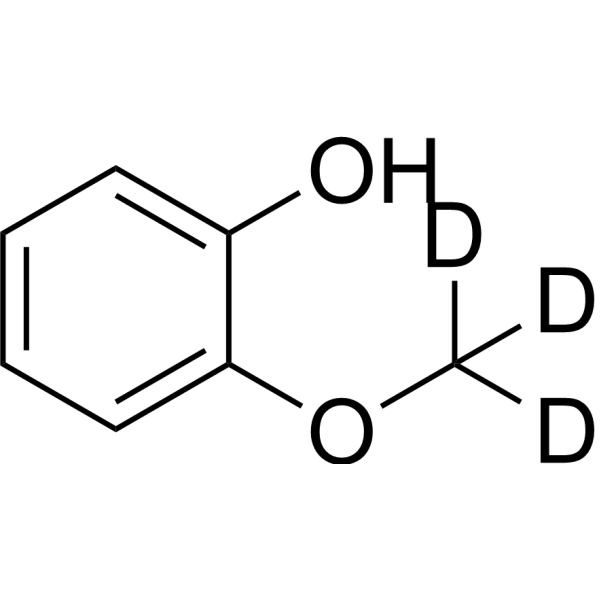
- HY-147693
-
|
|
COX
|
Inflammation/Immunology
|
|
COX-1/2-IN-3 (Compound 7a) is a COX-1 and COX-2 inhibitor. COX-2-IN-15 shows anti-inflammatory activity with low toxicity .
|
-
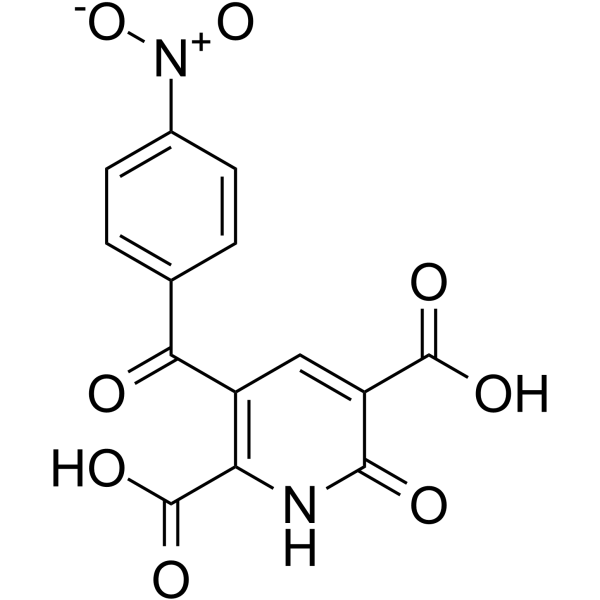
- HY-146198
-
|
|
COX
|
Inflammation/Immunology
|
|
COX-2-IN-19 (Compound 24) is a potent COX-2 inhibitor with an IC50 of 1.76 μM. COX-2-IN-19 shows in vivo anti-inflammatory activity .
|
-
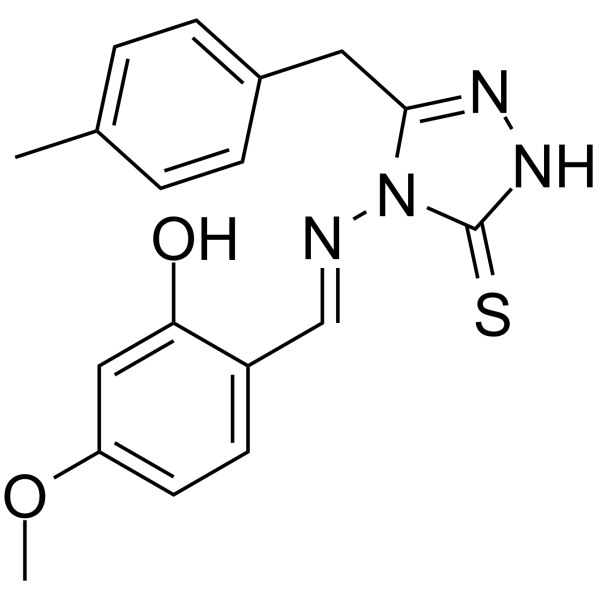
- HY-147119
-
-
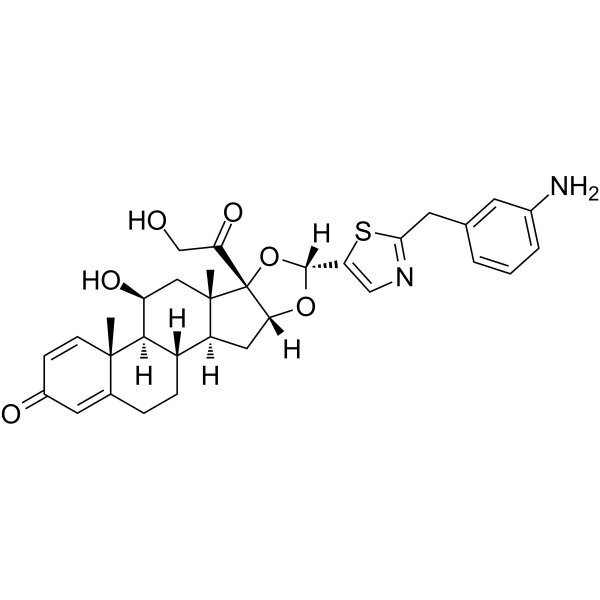
- HY-N11624
-
|
|
COX
|
Inflammation/Immunology
|
|
Axinelline A is a potent COX inhibitor with IC50s of 2.22 μM and 8.89 μM against COX-2 and COX-1, respectively. Axinelline A shows anti-inflammatory activity .
|
-
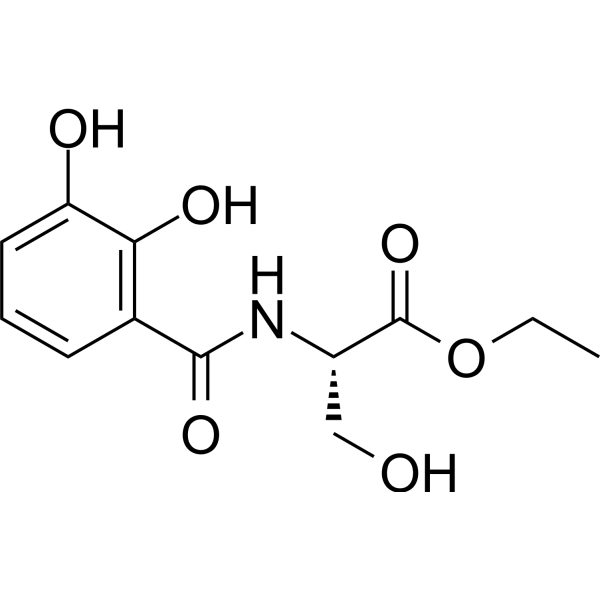
- HY-N9239
-
|
|
Others
|
Others
|
|
Turmeronol A is a sesquiterpenoid compound.
Turmeronol A has anti-inflammatory activity. Turmeronol A prevents macrophage
activation and the production of inflammatory mediators by inhibiting the
activation of NFκB. Turmeronol A can be used to prevent chronic inflammatory
diseases .
|
-

- HY-N8760
-
|
|
Aminopeptidase
|
Inflammation/Immunology
|
|
Batatasin IV is an LTA4H inhibitor with anti-inflammatory activity. Batatasin IV is also a natural product that can be obtained from Dioscorea batatus. Batatasin IV can be used in research in the area of inflammation .
|
-
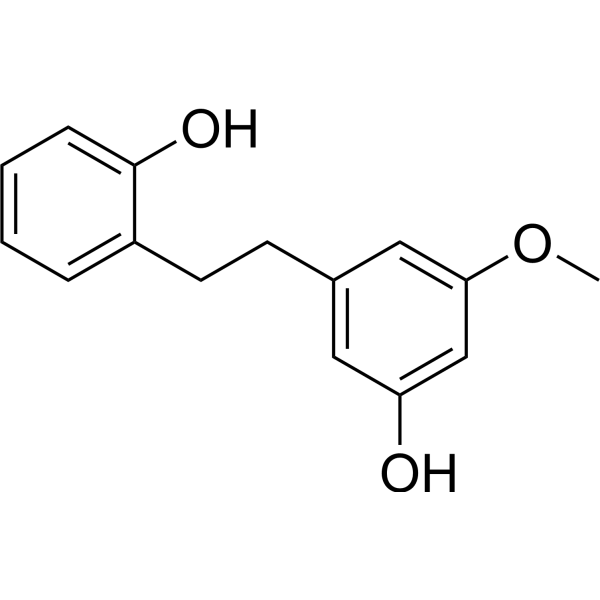
- HY-142123
-
|
|
Others
|
Inflammation/Immunology
|
|
Fluocortolone is an orally active anti-inflammatory agent that effectively reduces plasma fibrinogen levels. Fluocortolone inhibits Mycobacterium butyricum-induced foot edema in a rat model of adjuvanted joint inflammation (3-12 mg/kg) .
|
-
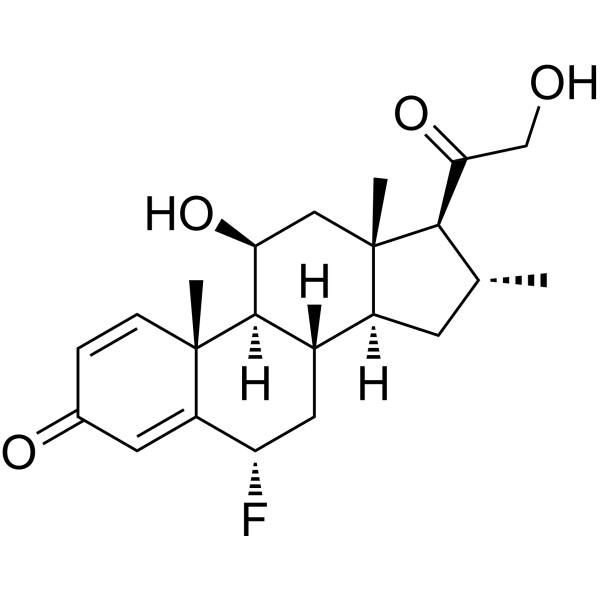
- HY-N11906
-
|
Syringaresinol dimethyl ether; Lirioresinol C dimethyl ether
|
Others
|
Inflammation/Immunology
|
|
Diayangambin (Syringaresinol dimethyl ether; Lirioresinol C dimethyl ether) is a cell proliferation inhibitor with an IC50 value of 1.5 μM against human monocytes. Diayangambin also has immunosuppressive and anti-inflammatory effects .
|
-
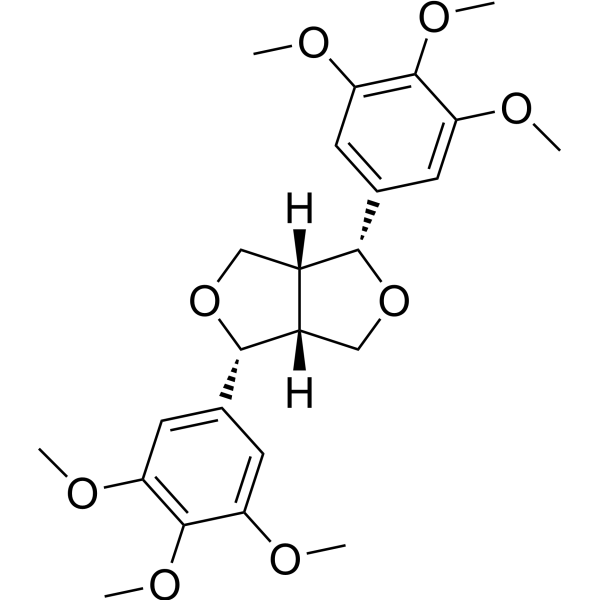
- HY-N0400R
-
|
|
CDK
Wnt
Autophagy
Apoptosis
|
Inflammation/Immunology
Cancer
|
|
Wogonin (Standard) is the analytical standard of Wogonin. This product is intended for research and analytical applications. Wogonin is a naturally occurring mono-flavonoid, can inhibit the activity of CDK8 and Wnt, and exhibits anti-inflammatory and anti-tumor effects.
|
-
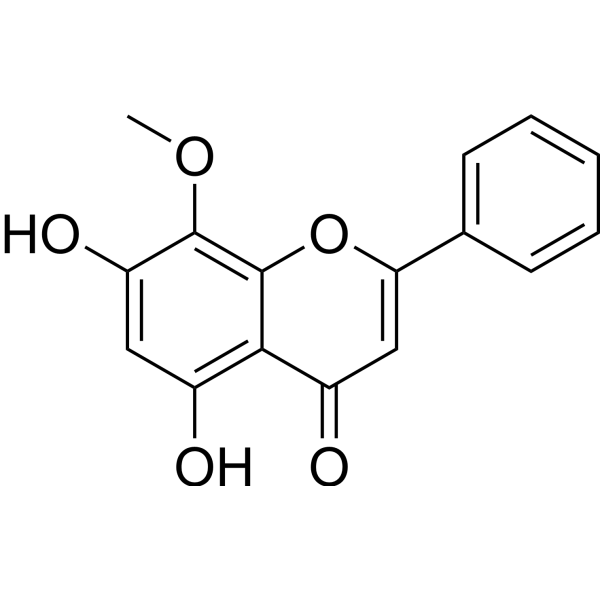
- HY-W015007
-
|
|
COX
|
Cardiovascular Disease
|
|
Metyrosine is a selective tyrosine hydroxylase enzyme inhibitor. Metyrosine exerts anti-inflammatory and anti-ulcerative effects. Metyrosine significantly inhibits high COX-2 activity . Metyrosine is a very effective agent for blood pressure control .
|
-
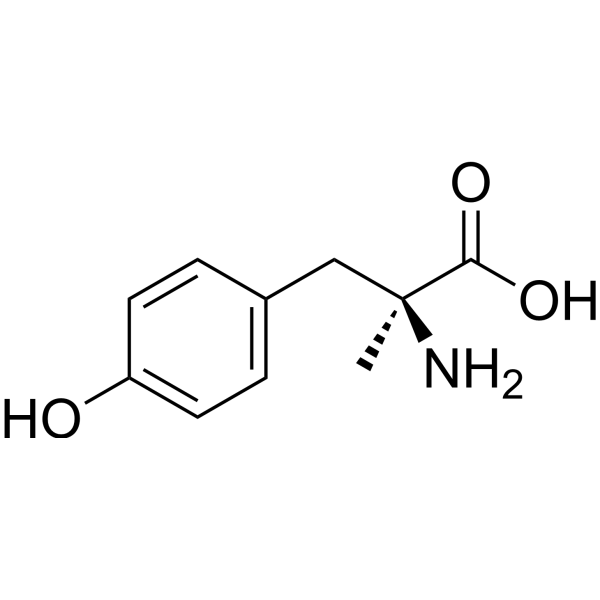
- HY-B0808R
-
|
Oxaprozinum (Standard); Wy21743 (Standard)
|
COX
NF-κB
Akt
IKK
Apoptosis
|
Inflammation/Immunology
Cancer
|
|
Oxaprozin (Standard) is the analytical standard of Oxaprozin. This product is intended for research and analytical applications. Oxaprozin is an orally active and potent COX inhibitor, with IC50 values of 2.2 μM for human platelet COX-1 and and 36 μM for IL-1-stimulated human synovial cell COX-2, respectively. Oxaprozin also inhibits the activation of NF-κB. Oxaprozin induces cell apoptosis. Oxaprozin shows anti-inflammatory activity. Oxaprozin-mediated inhibition of the Akt/IKK/NF-κB pathway contributes to its anti-inflammatory properties .
|
-
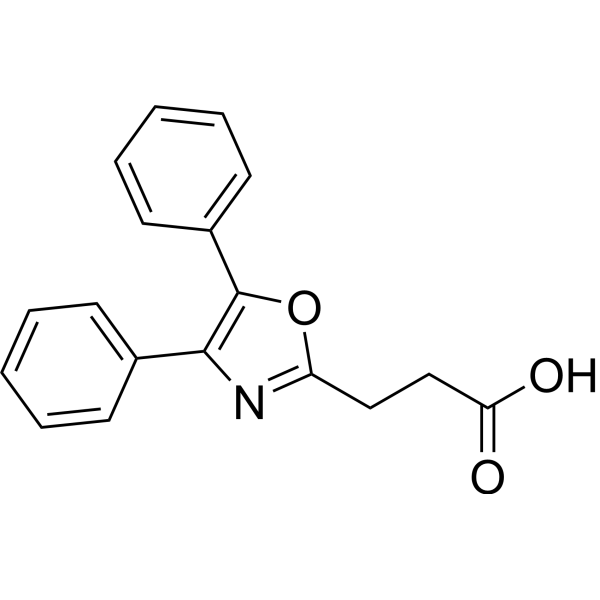
- HY-18234
-
-
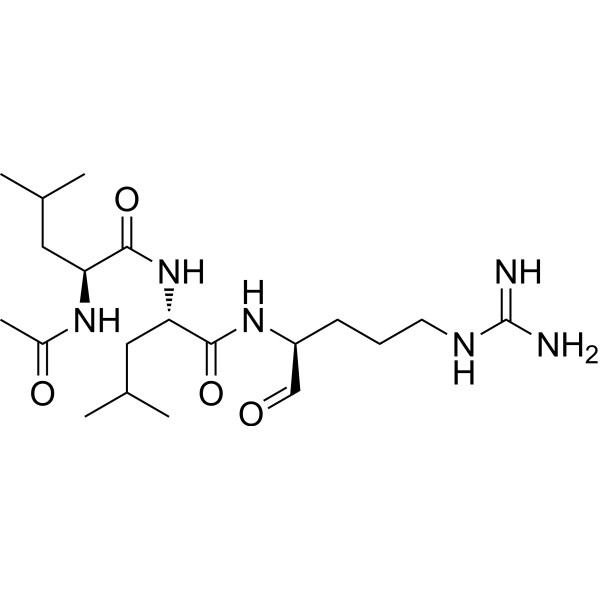
- HY-B0574
-
|
|
COX
|
Inflammation/Immunology
|
|
Mefenamic acid is a non-steroidal anti-inflammatory agent, acting as a competitive inhibitor of hCOX-1 and hCOX-2, with IC50s of 40 nM and 3 μM for hCOX-1 and hCOX-2, respectively.
|
-
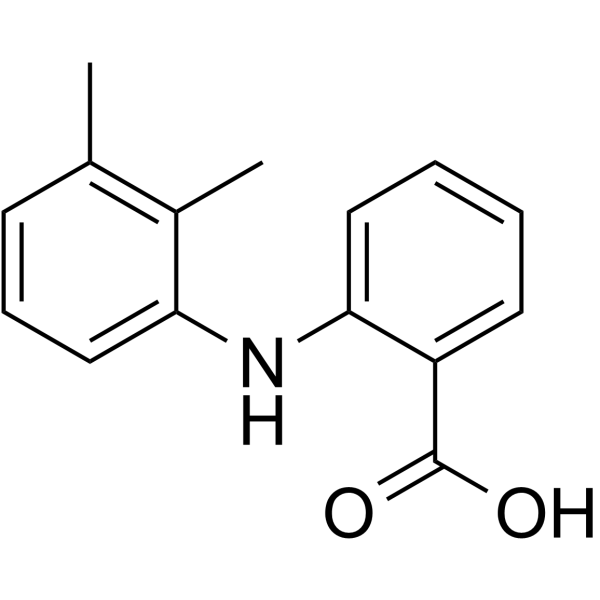
- HY-15556
-
|
GSK 269962
|
ROCK
|
Cardiovascular Disease
Inflammation/Immunology
|
|
GSK269962A (GSK 269962) is a potent ROCK inhibitor with IC50s of 1.6 and 4 nM for recombinant human ROCK1 and ROCK2 respectively. GSK269962A has anti-inflammatory and vasodilatory activities .
|
-
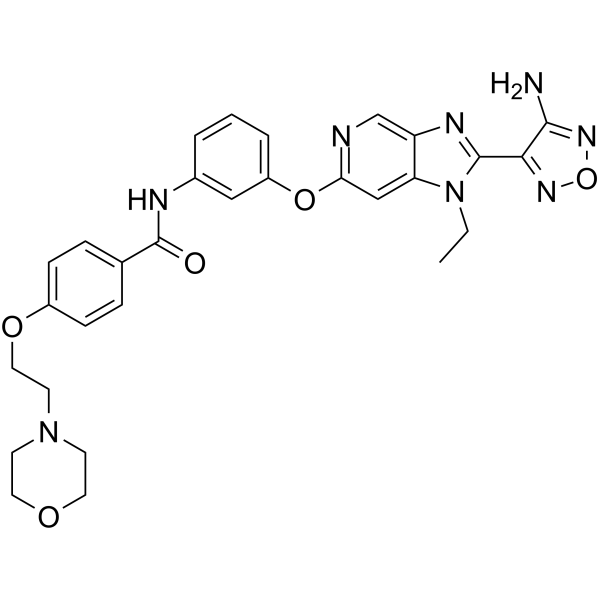
- HY-N0836
-
Jervine
2 Publications Verification
11-Ketocyclopamine
|
Hedgehog
Smo
|
Inflammation/Immunology
Cancer
|
|
Jervine (11-Ketocyclopamine) is a potent Hedgehog (Hh) inhibitor with an IC50 of 500-700 nM . Jervine is a natural teratogenic sterodial alkaloid from rhizomes of Veratrum nigrum. Jervine has anti-inflammatory and antioxidant properties .
|
-
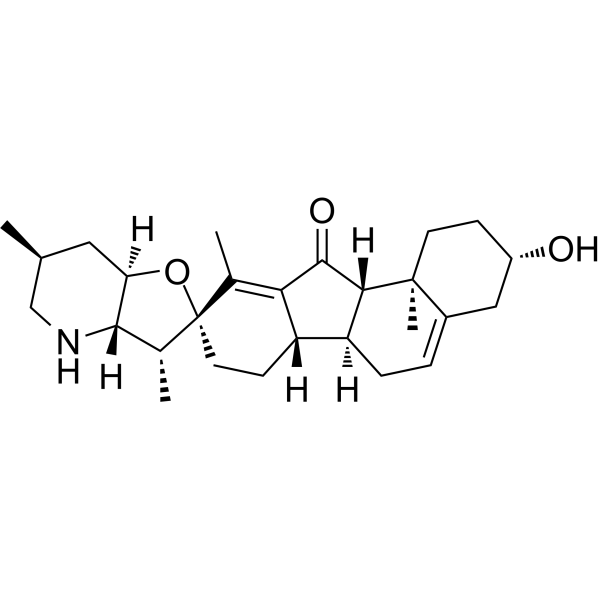
- HY-N0015
-
|
Astragaline; 3-Glucosylkaempferol; Kaempferol 3-β-D-glucopyranoside
|
Apoptosis
NF-κB
|
Infection
Inflammation/Immunology
Cancer
|
|
Astragalin (Astragaline) a flavonoid with anti-inflammatory, antioxidant, anticancer, bacteriostatic activity. Astragalin inhibits cancer cells proliferation and migration, induces apoptosis. Astragalin is orally active and provides nerve and heart protection, and resistance against and osteoporosis .
|
-
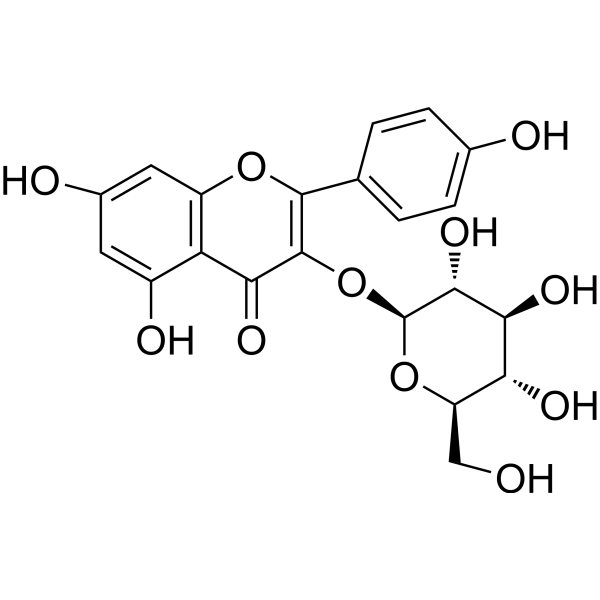
- HY-14882A
-
|
TAK-652 Mesylate; TBR-652 Mesylate
|
CCR
HIV
|
Infection
Inflammation/Immunology
Endocrinology
|
|
Cenicriviroc Mesylate (TAK-652 Mesylate) is a dual CCR2/CCR5 antagonist, also inhibits both HIV-1 and HIV-2, and displays potent anti-inflammatory and antiinfective activity.
|
-
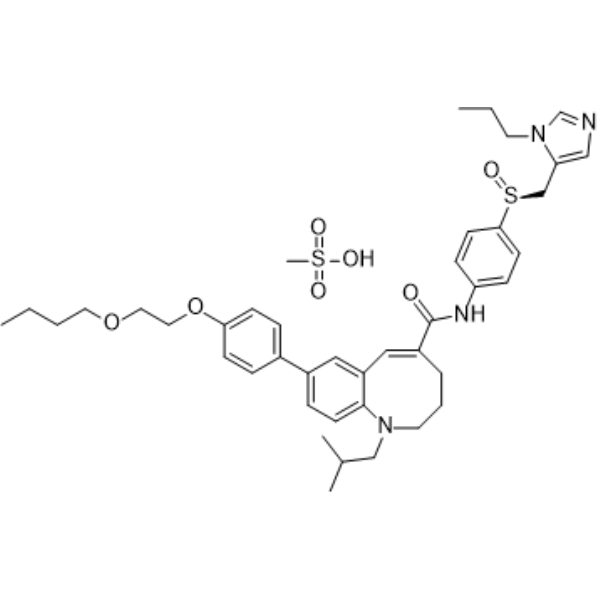
- HY-N0250
-
-
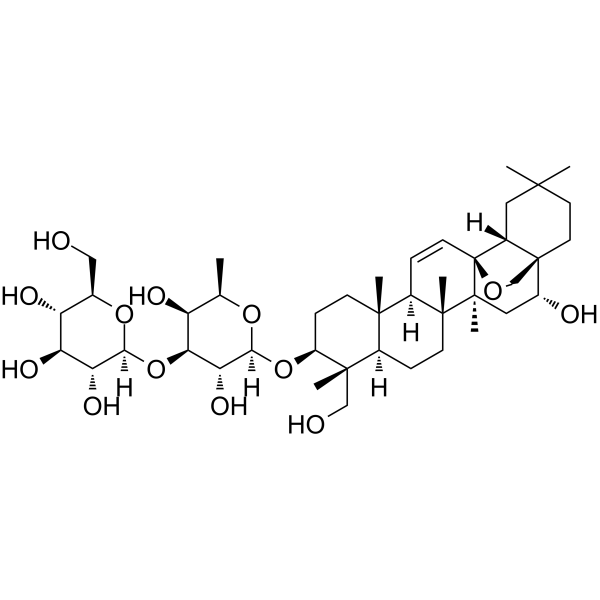
- HY-15556A
-
|
GSK 269962 hydrochloride
|
ROCK
|
Cardiovascular Disease
Inflammation/Immunology
|
|
GSK269962A hydrochloride (GSK 269962 hydrochloride) is a potent ROCK inhibitor with IC50s of 1.6 and 4 nM for recombinant human ROCK1 and ROCK2 respectively. GSK269962A hydrochloride has anti-inflammatory and vasodilatory activities .
|
-
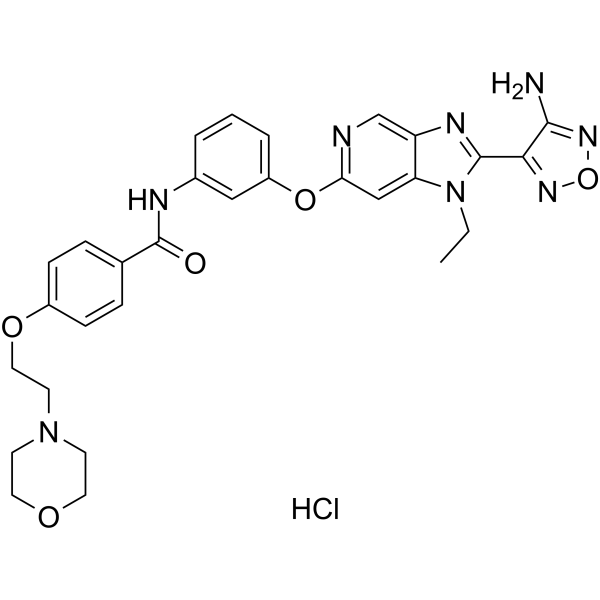
- HY-Y0892
-
-
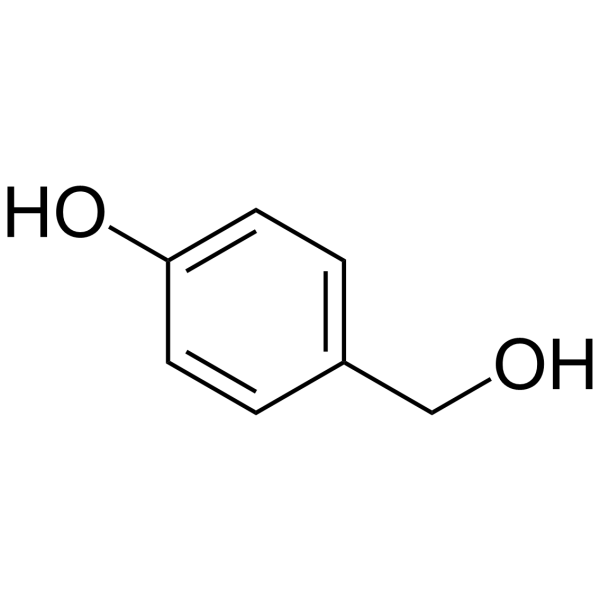
- HY-N4108
-
|
|
P-glycoprotein
|
Inflammation/Immunology
Cancer
|
|
Hypophyllanthin is a major lignan in Phyllanthus spp, with strong anti-inflammatory activity. Hypophyllanthin directly inhibits P-glycoprotein (P-gp) activity and did not interfere with multidrug resistance protein 2 (MRP2) activity .
|
-
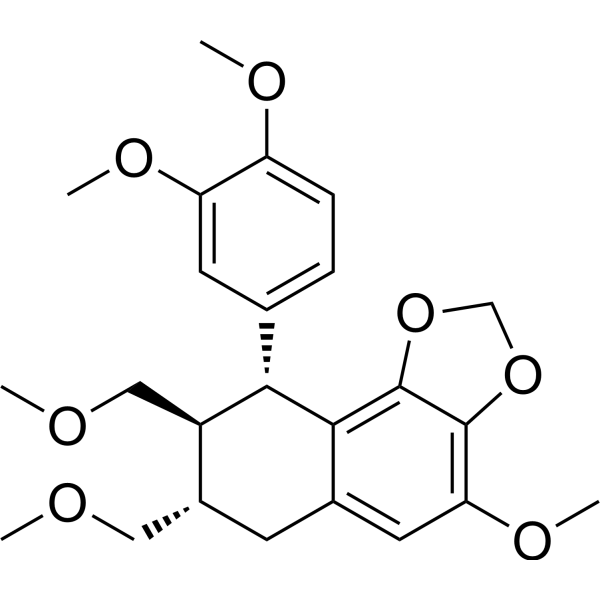
- HY-N0802
-
|
Senegenin
|
NF-κB
Bacterial
|
Infection
Inflammation/Immunology
|
|
Tenuigenin is a major active component isolated from the root of the Chinese herb Polygala tenuifolia. Tenuigenin protects against S.aureus-induced pneumonia by inhibiting NF-κB activation. Tenuigenin has anti-inflammatory effect .
|
-
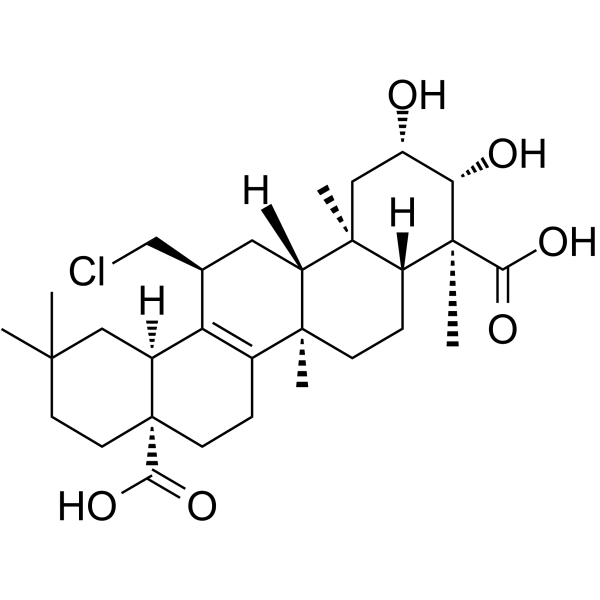
- HY-133916
-
G140
1 Publications Verification
|
Cyclic GMP-AMP Synthase
|
Inflammation/Immunology
|
|
G140 is a potent and selective inhibitor of cyclic GMP-AMP synthase (cGAS), with IC50s of 14.0 nM and 442 nM for h-cGAS and m-cGAS, respectively. G140 has anti-inflammatory activity .
|
-
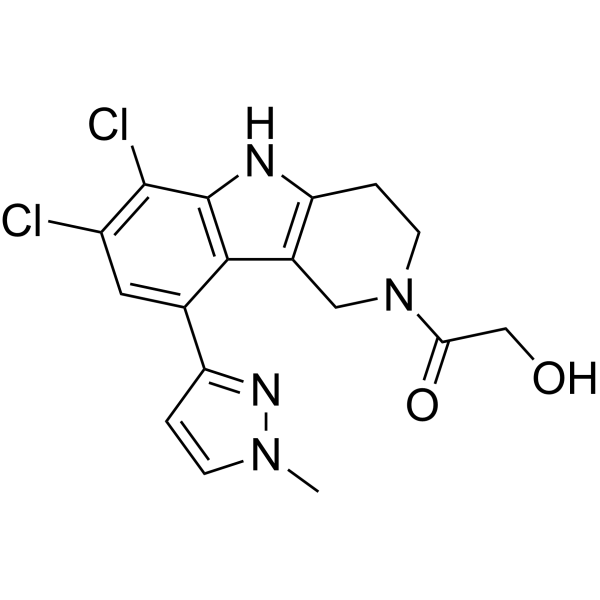
- HY-N2556
-
|
|
Others
|
Inflammation/Immunology
|
|
Tirucallol, a tetracyclic triterpene, is isolated from Euphorbia lacteal latex. Tirucallol has topical anti-inflammatory effect. Tirucallol can suppress ear edema in the mouse model and inhibit nitrite production in lipopolysaccharide-stimulated macrophages .
|
-
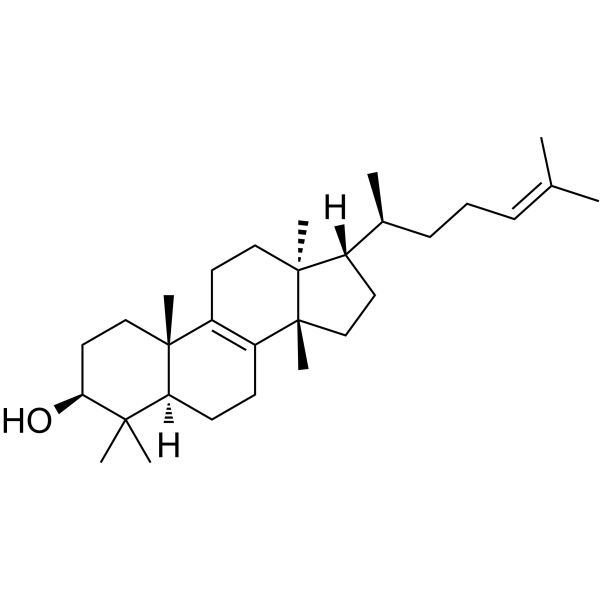
- HY-145310
-
-
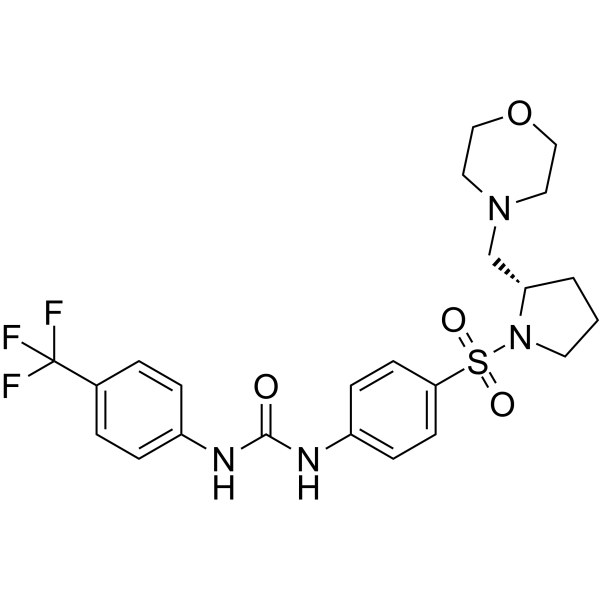
- HY-146046
-
|
|
Apoptosis
|
Inflammation/Immunology
Cancer
|
|
Antitumor agent-56 (Compound 33) is a triptolide derivative with antitumor, anti-inflammatory and NO release activities. Antitumor agent-56 significantly inhibits the growth of melanoma. Antitumor agent-56 is orally active .
|
-
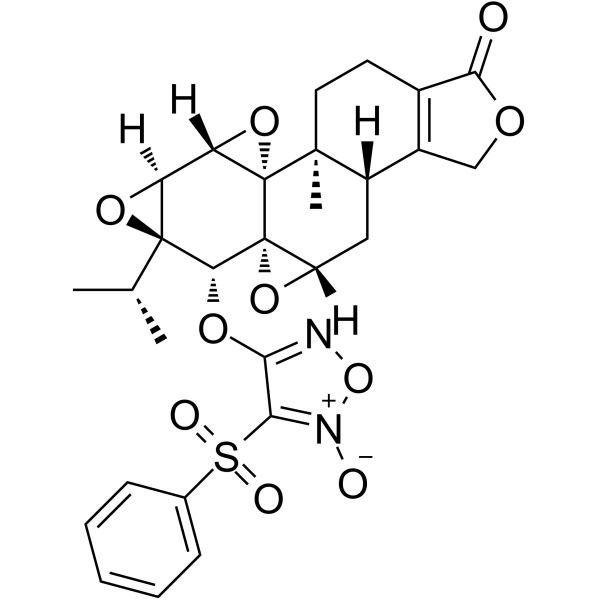
- HY-147809
-
|
|
COX
|
Inflammation/Immunology
|
|
COX-2-IN-20 (Compound 5d) is a selective and orally active COX-2 inhibitor with an IC50 of 17.9 nM. COX-2-IN-20 shows anti-inflammatory activity .
|
-
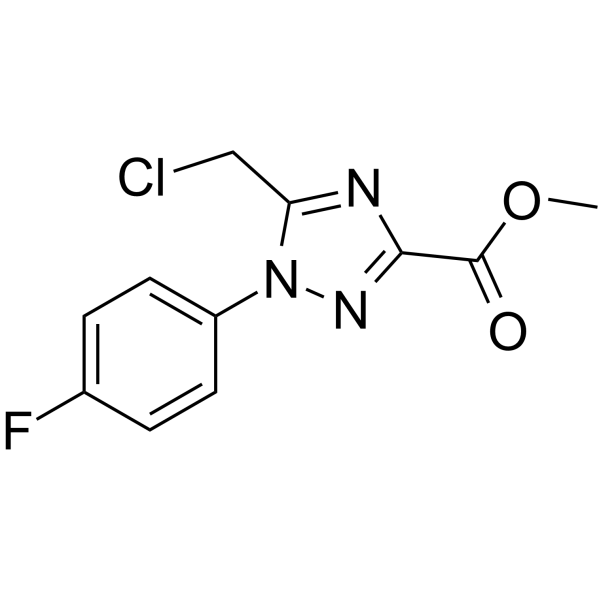
- HY-147830
-
-
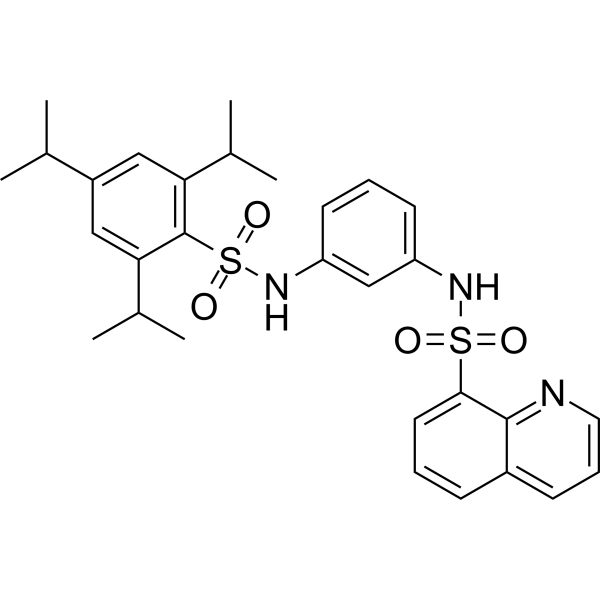
- HY-13723A
-
|
SDZ-ASM 981 hydrate
|
Phosphatase
|
Inflammation/Immunology
|
|
Pimecrolimus hydrate (SDZ-ASM 981 hydrate) is a potent, nonsteroid and orally active calcineurin inhibitor. Pimecrolimus hydrate shows anti-inflammatory activity. Pimecrolimus hydrate has the potential for the research of atopic dermatitis and oral erosive lichen planus .
|
-
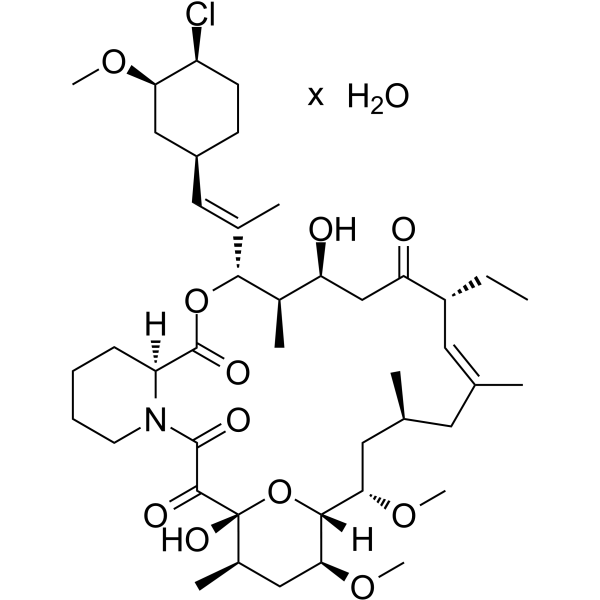
- HY-N0737A
-
|
Telepathine
|
|
|
|
Harmine is a natural dual-specificity tyrosine phosphorylation-regulated kinase (DYRK) inhibitor with anticancer and anti-inflammatory activities. Harmine has a high affinity of 5-HT2A serotonin receptor, with an Ki of 397 nM .
|
-
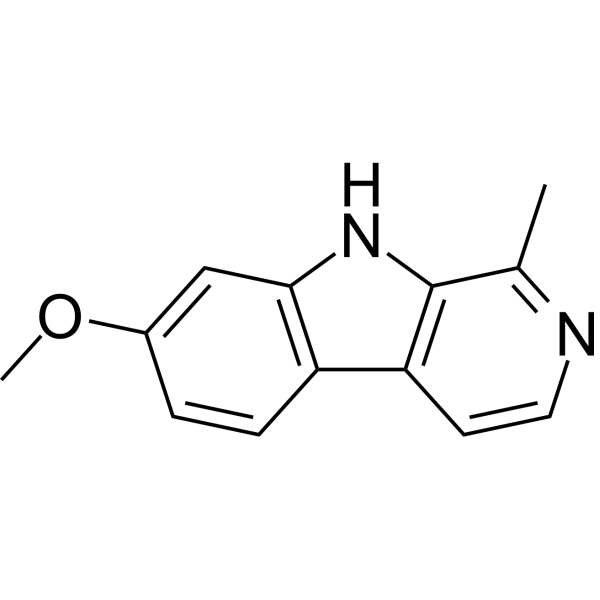
- HY-126414
-
|
|
Others
|
Inflammation/Immunology
|
|
Methylenedihydrotanshinquinone is a natural product that can be isolated from the dried root of S. miltiorrhiza. Methylenedihydrotanshinquinone has anti-inflammatory effect by inhibiting expression of TNF-α, IL-1β, and IL-8 .
|
-
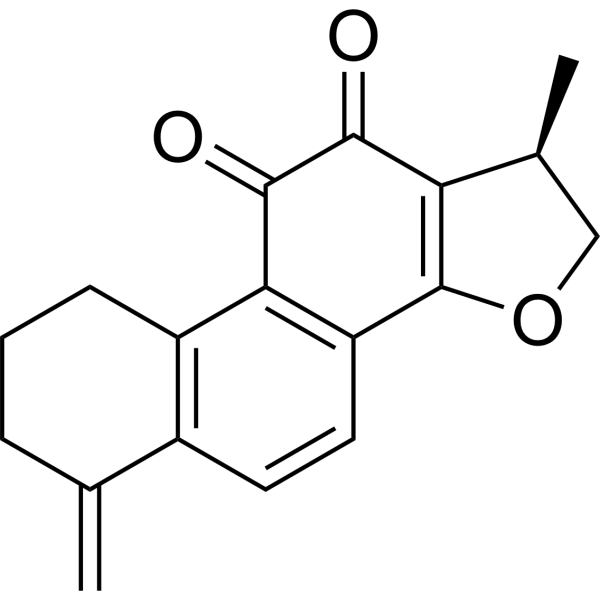
- HY-111477
-
|
(E/Z)-RPL-554
|
Phosphodiesterase (PDE)
|
Neurological Disease
|
|
(E/Z)-Ensifentrine is a dual inhibitor of PDE3/4. (E/Z)-Ensifentrine reduces the inflammatory cells into the airways. (E/Z)-Ensifentrine has bronchodilatory and anti-inflammatory activities in vitro and in vivo model .
|
-
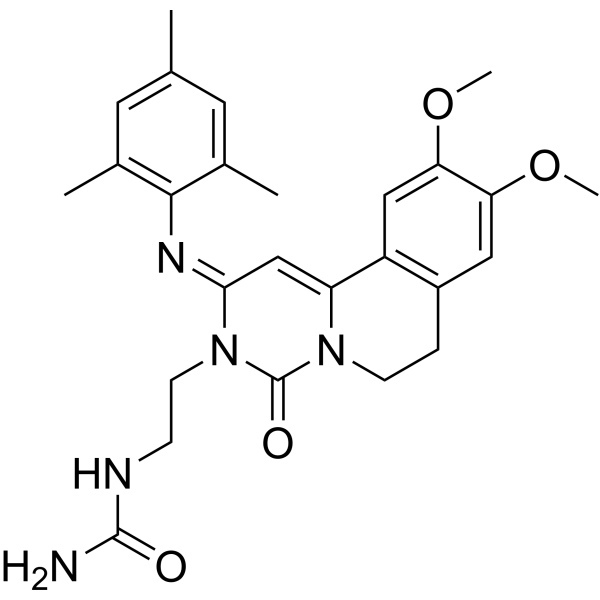
- HY-N1380R
-
|
2-Methoxyphenol (Standard)
|
COX
Endogenous Metabolite
NF-κB
|
Inflammation/Immunology
|
|
Guaiacol (Standard) is the analytical standard of Guaiacol. This product is intended for research and analytical applications. Guaiacol, a phenolic compound, inhibits LPS-stimulated COX-2 expression and NF-κB activation . Anti-inflammatory activity .
|
-
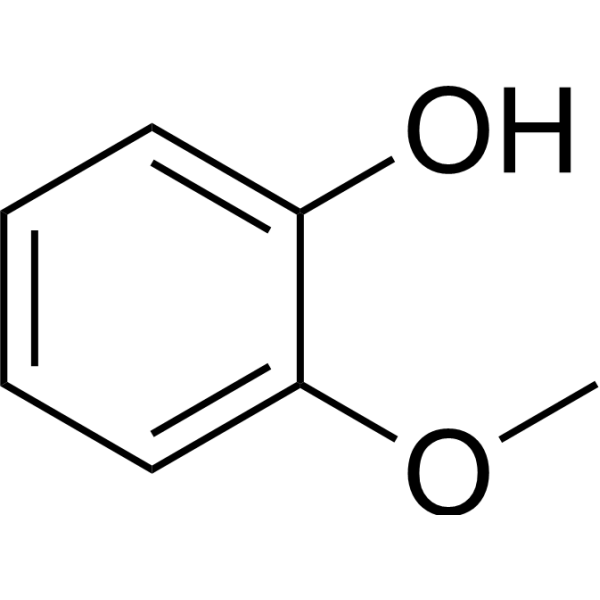
- HY-W009706
-
|
Allopydin; W-7320
|
Prostaglandin Receptor
|
Inflammation/Immunology
|
|
Alclofenac (Allopydin) is a non-steroidal anti-inflammatory agent (NSAID). Alclofenac is a prostaglandin H2 synthase inhibitor. Alclofenac can be used for rheumatoid arthritis, degenerative joint disease and ankylosing spondylitis research .
|
-
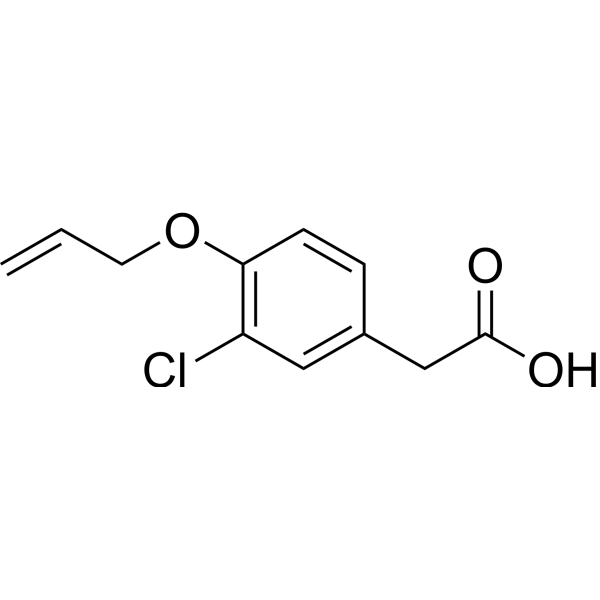
- HY-107336
-
|
Beveno
|
COX
|
Inflammation/Immunology
|
|
Cyclovalone (Beveno) is a synthetic curcumin derivate, which inihibits cyclooxygenase and exhibits anti-inflammatory, antitumor and antioxidant activities . Cyclovalone inhibits cell proliferation in normal and malignant prostatic cells. Cyclovalone ist orally active .
|
-
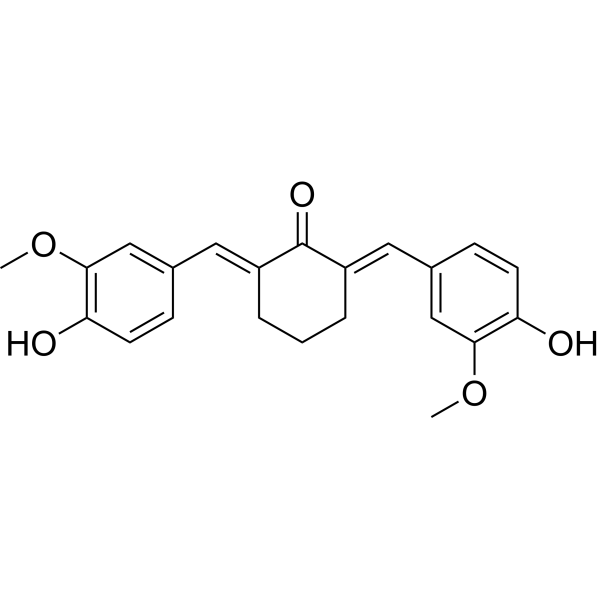
- HY-18992
-
|
|
|
|
|
AS2444697 is an orally active IRAK-4 inhibitor with an IC50 of 21 nM . AS2444697 potently inhibits human and rat IRAK-4 activity. AS2444697 exhibits renoprotective effects through anti-inflammatory action .
|
-
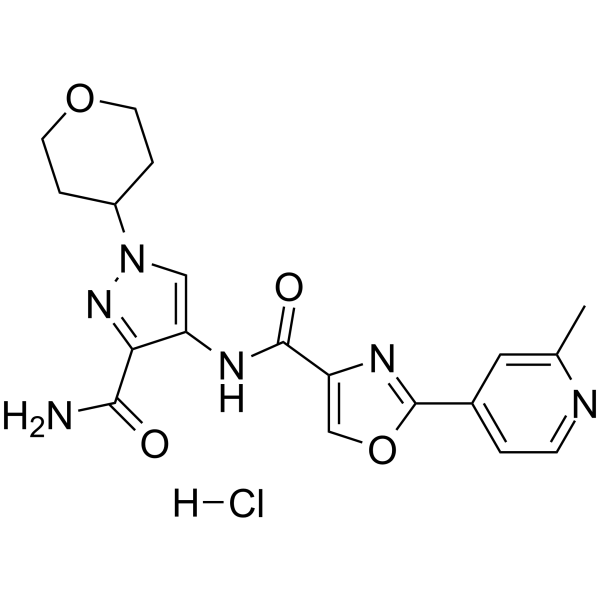
- HY-N12523
-
|
|
NF-κB
p38 MAPK
|
Inflammation/Immunology
|
|
Chebulanin, a polyphenol acid, exerts its anti-inflammatory and anti-arthritic effects via inhibiting NF-κB and MAPK activation in collagen-induced arthritis mice. Chebulanin inhibits the nuclear translocation of p38 and p65 in LPS-stimulated macrophages .
|
-
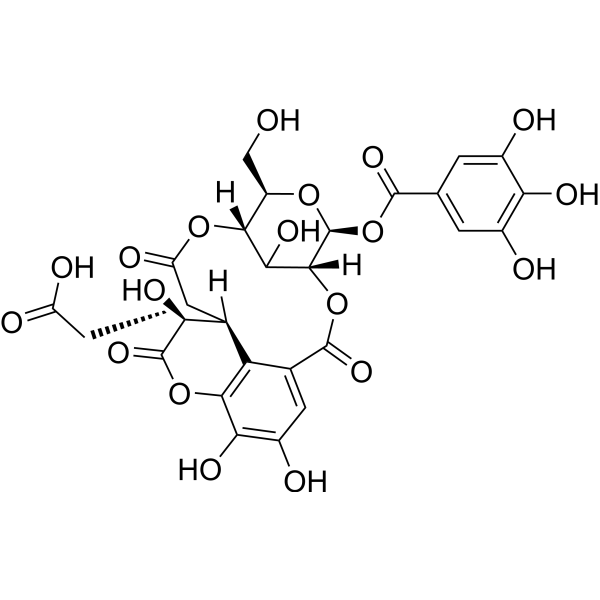
- HY-N10458
-
|
|
NF-κB
|
Inflammation/Immunology
|
|
Asperbisabolane L, a sesquiterpenoid, exerts the anti-inflammatory activity by inhibiting the NF-κB-activated pathway. Asperbisabolane L inhibits the translocation of NF-κB from cytoplasm to the nucleus. Asperbisabolane L also inhibits NO production in LPS-activated BV-2 microglia cells .
|
-
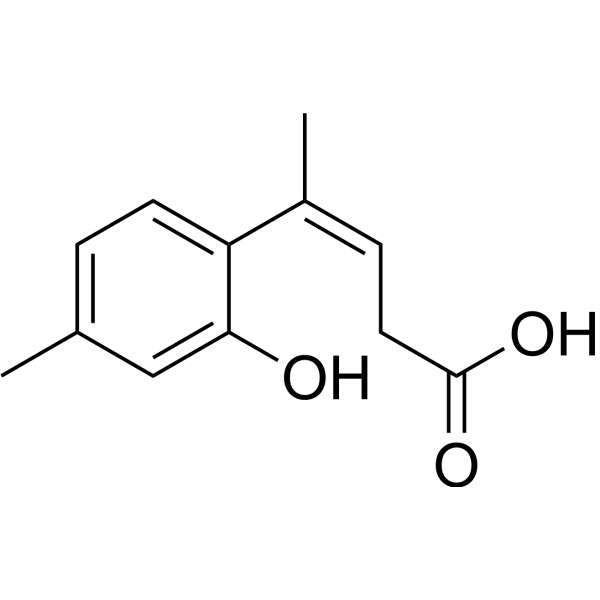
- HY-152034
-
|
|
STING
|
Inflammation/Immunology
|
|
STING-IN-5 is a potent STING inhibitor, inhibiting LPS-induced NO synthesis in macrophages with an IC50 value of 1.15 μM. STING-IN-5 inhibits the inflammatory response. STING-IN-5 can be used to research anti-inflammatory diseases and sepsis .
|
-
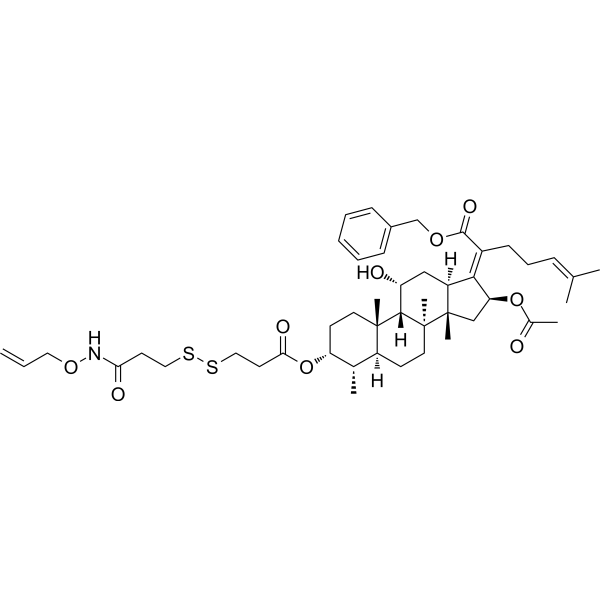
- HY-70072
-
|
|
Phospholipase
|
Infection
Inflammation/Immunology
Cancer
|
|
D609, an antitumoural xanthate, is a specific and competitive phosphatidyl choline-specific phospholipase C (PC-PLC) inhibitor with a Ki of 6.4 μM. D609 is an antioxidative protector and has antiviral and anti-inflammatory activity .
|
-
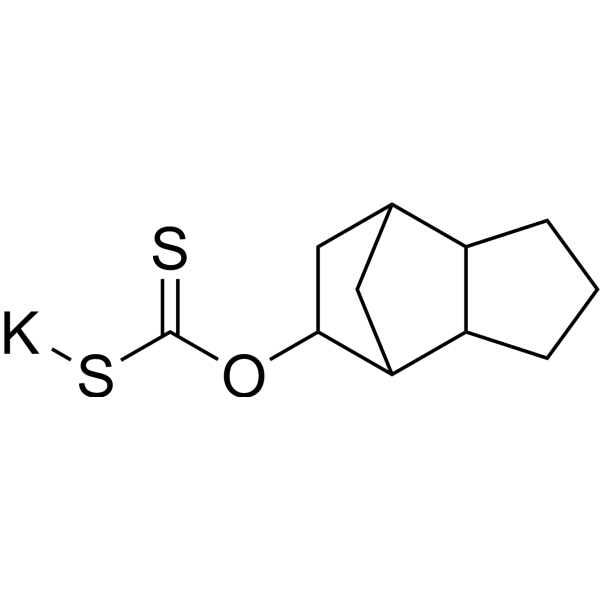
- HY-13696
-
-
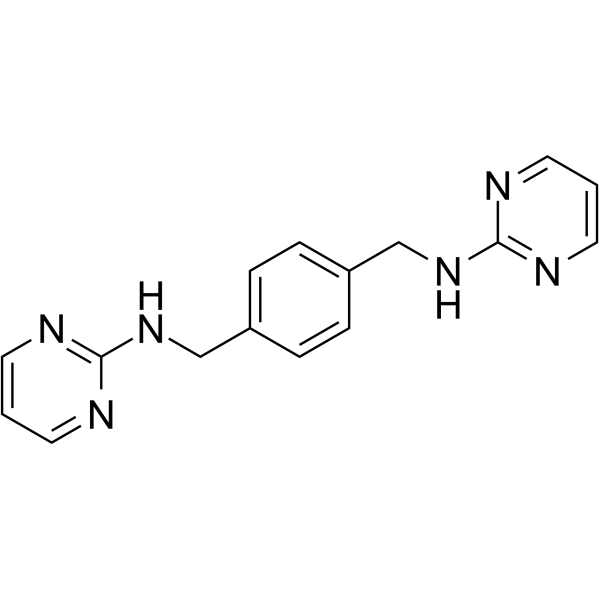
- HY-N0120A
-
|
Piceid
|
Autophagy
Apoptosis
Mitophagy
|
Inflammation/Immunology
Cancer
|
|
Polydatin (Piceid), extracted from the roots of Reynoutria japonica, a widely used traditional Chinese remedies, possesses anti-inflammatory activity in several experimental models. Polydatin (Piceid) inhibits G6PD and induces oxidative and ER stresses.
|
-
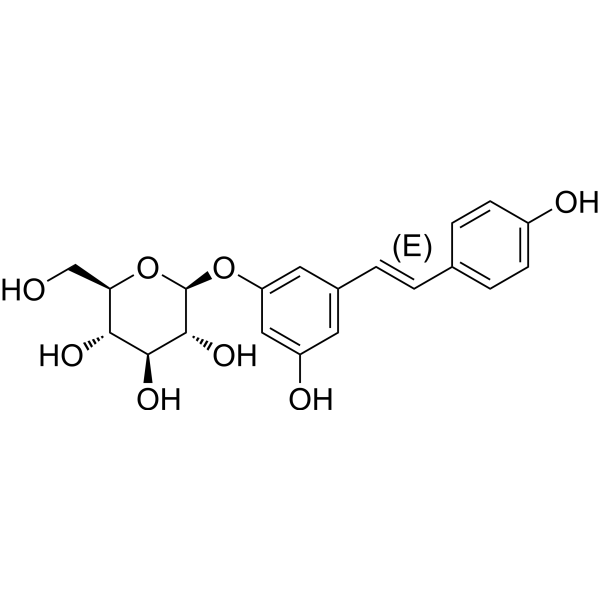
- HY-109011
-
|
AQX-1125
|
Phosphatase
|
Cancer
|
|
Rosiptor (AQX-1125) is a selective and orally active phosphatase SHIP1 activator with anti-inflammatory effects. Rosiptor (AQX-1125) inhibits Akt phosphorylation, inflammatory mediator production and leukocyte chemotaxis in vitro .
|
-
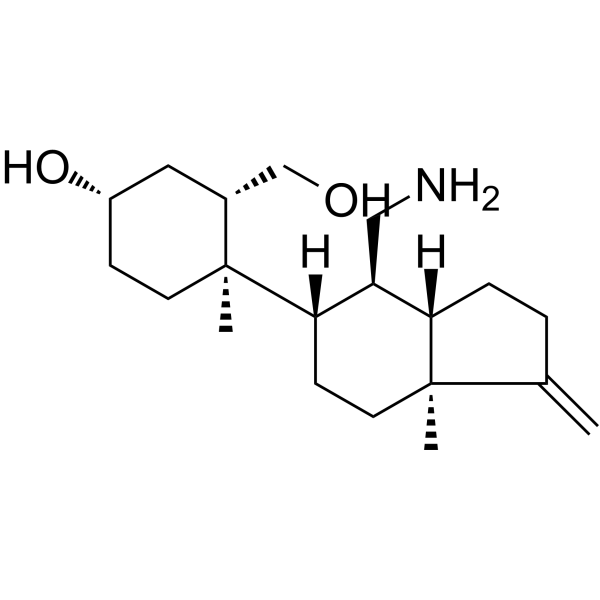
- HY-115502A
-
|
(E)-BCI hydrochloride
|
Phosphatase
|
Inflammation/Immunology
|
|
BCI ((E)-BCI) hydrochloride is a DUSP6 (dual specificity phosphatase 6) inhibitor. BCI hydrochloride shows anti-inflammatory activity and decreases reactive oxygen species (ROS) production. BCI hydrochloride can be used in inflammatory disease research .
|
-
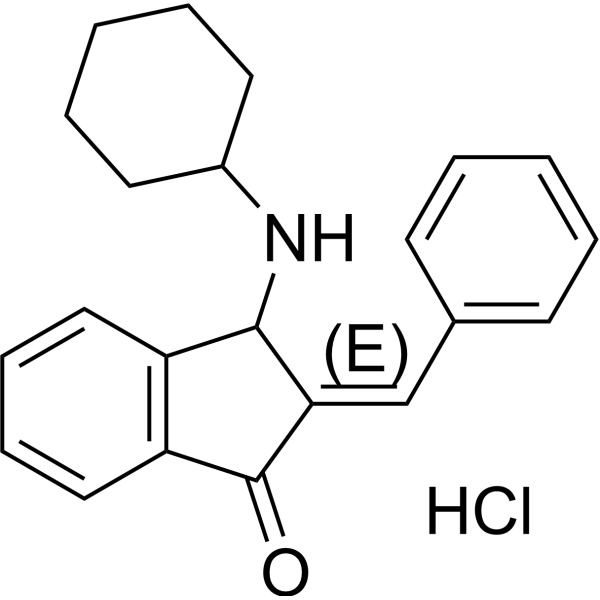
- HY-N0589
-
|
|
NF-κB
COX
Bacterial
|
Infection
Inflammation/Immunology
|
|
Dehydrodiisoeugenol is isolated from Myristica fragrans Houtt, shows anti-inflammatory and anti-bacterial actions . Dehydrodiisoeugenol inhibits LPS- stimulated NF-κB activation and cyclooxygenase (COX)-2 gene expression in murine macrophages .
|
-
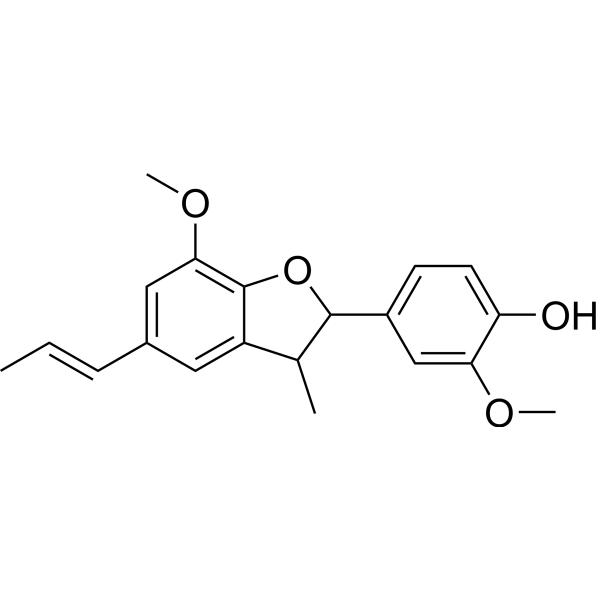
- HY-N6258
-
|
|
AMPK
Apoptosis
|
Metabolic Disease
|
|
Kahweol is one of the consituents of the coffee from Coffea Arabica with anti-inflammatory anti-angiogenic, and anti-cancerous activities. Kahweol inhibits adipogenesis and increase glucose uptake by AMP-activated protein kinase (AMPK) activation. Kahweol induces apoptosis.
|
-
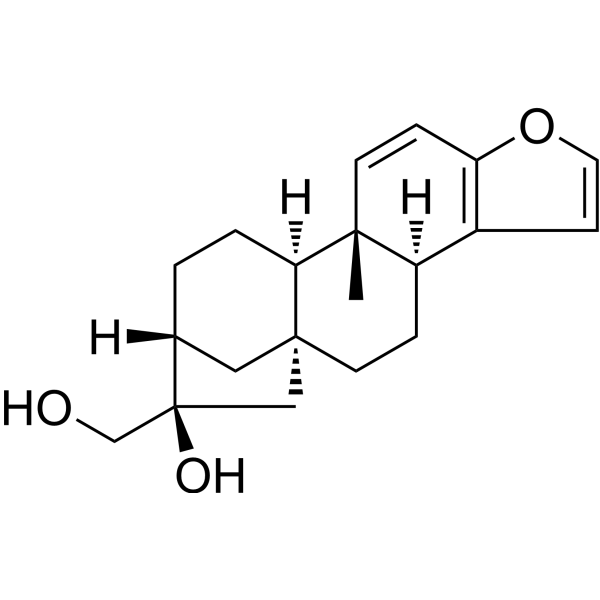
- HY-115502
-
|
(E)-BCI
|
Phosphatase
|
Inflammation/Immunology
|
|
BCI ((E)-BCI) is a DUSP6 (dual specificity phosphatase 6) inhibitor. BCI shows anti-inflammatory activity and decreases reactive oxygen species (ROS) production. BCI can be used in inflammatory disease research .
|
-
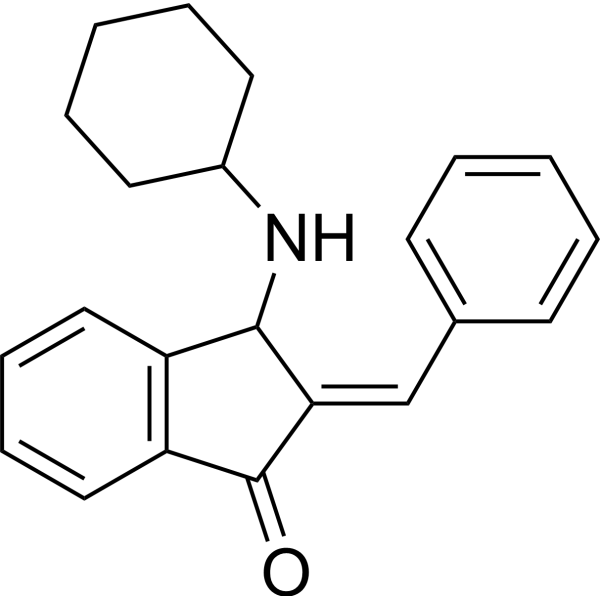
- HY-12122A
-
|
|
NO Synthase
|
Neurological Disease
Inflammation/Immunology
|
|
AR-C102222 hydrochloride is a potent, competitive, orally active and highly selective inducible nitric oxide synthase (iNOS) inhibitor, with an IC50 of 37 nM . AR-C102222 hydrochloride has antinociception and anti-inflammatory activities .
|
-
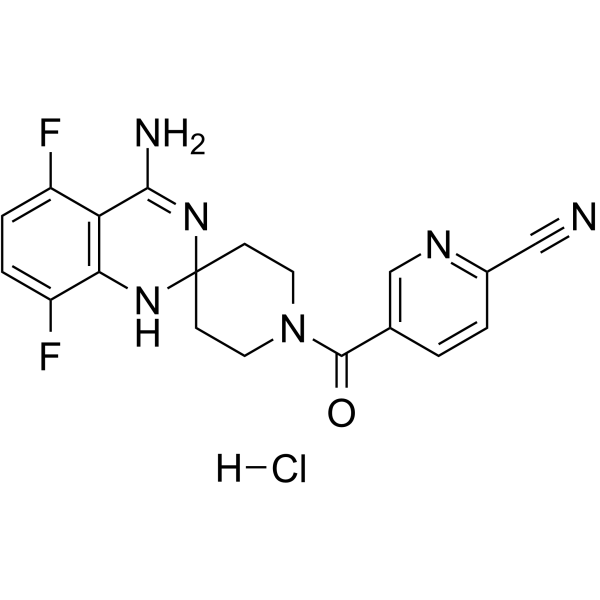
- HY-B0580S
-
|
|
COX
|
Inflammation/Immunology
|
|
Ketorolac-d5 is a deuterium labeled Ketorolac. Ketorolac is a non-steroidal anti-inflammatory agent, acting as a nonselective COX inhibitor, with IC50s of 20 nM for COX-1 and 120 nM for COX-2[1].
|
-
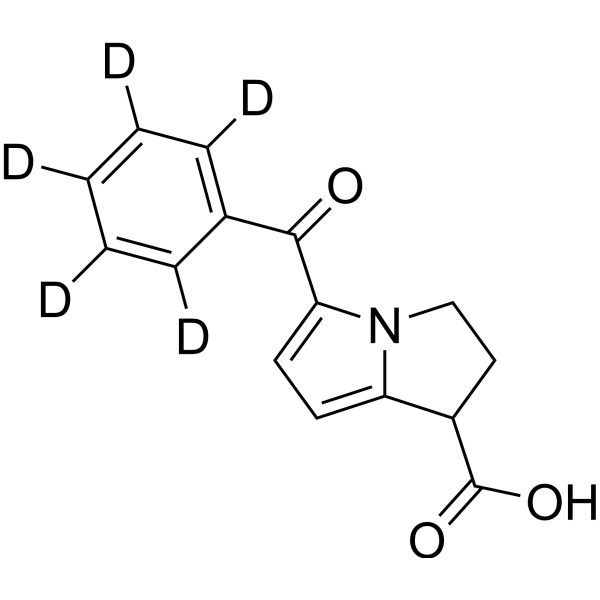
- HY-118139
-
|
|
COX
|
Inflammation/Immunology
|
|
Desmethyl Celecoxib (compound 3b) is a selective cyclooxygenase-2 (COX-2) inhibitor (IC50=32 nM) with anti-inflammatory activities. Desmethyl Celecoxib is an analog of Celecoxib and with the optimal yield of 75% .
|
-
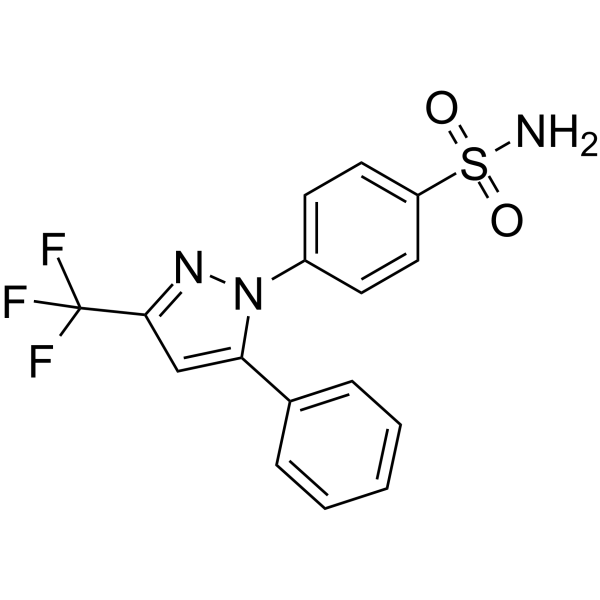
- HY-122521
-
|
|
NF-κB
|
Inflammation/Immunology
|
|
Sootepin D (compound 6), a triterpene from the apical bud of Gardenia sootepensis, inhibits TNF-α-induced NF-κB activity with an IC50 of 8.3μM. Sootepin D has anti-inflammatory activity .
|
-
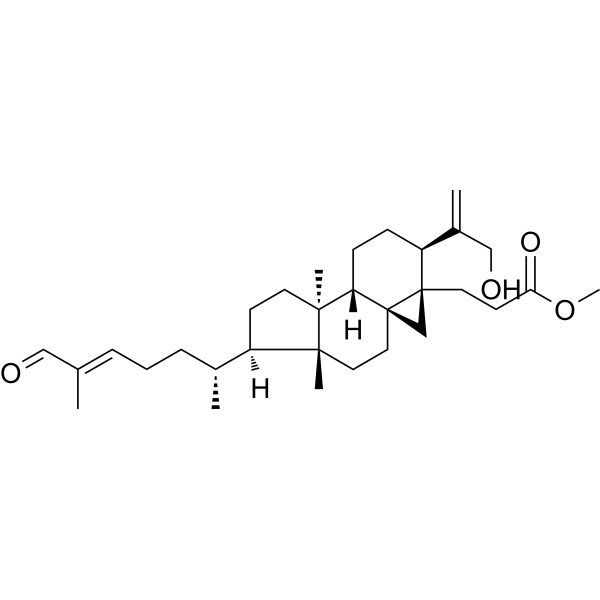
- HY-113772
-
|
|
Others
|
Neurological Disease
Inflammation/Immunology
|
|
Inflachromene, a microglial inhibitor, binds to HMGB1 and HMGB2 and exerts anti-inflammatory effects. Inflachromene effectively downregulates proinflammatory functions of HMGB and reduces neuronal damage. Inflachromene can be used for the research of neuroinflammatory disorders .
|
-
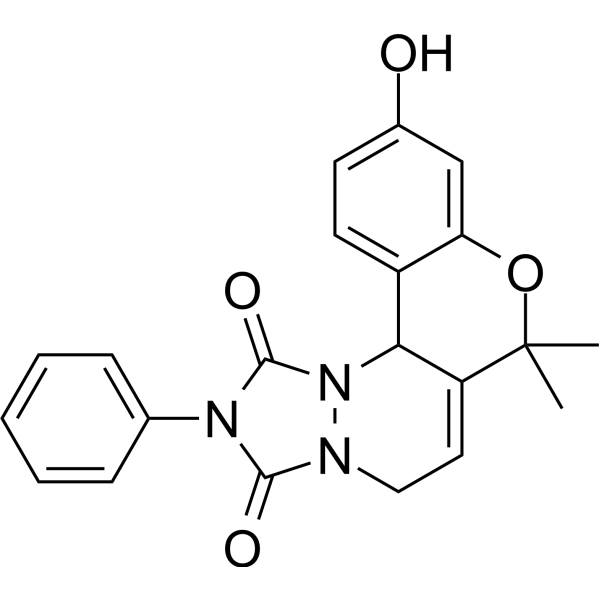
- HY-N7765
-
|
|
HCV
Bacterial
Apoptosis
Fungal
|
Infection
Inflammation/Immunology
Cancer
|
|
Oenothein B is a dimeric macrocyclic ellagitannin and has widely pharmacological activities, including antioxidant, anti-inflammatory, antifungal, anti-HCV, and antitumor properties. Oenothein B is a potent and specific inhibitor of poly(ADP-ribose) glycohydrolase .
|
-
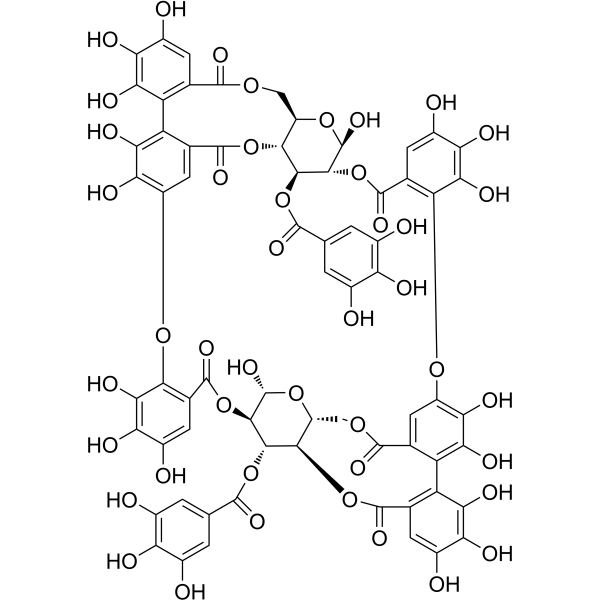
- HY-A0213
-
|
Tiludronic acid
|
|
|
|
Tiludronate (Tiludronic Acid), an orally active bisphosphonate, can act an osteoregulator. Tiludronate is used for the research of the metabolic bone disorders. Tiludronate is a potent inhibitor of the osteoclast vacuolar H(+)-ATPase. Antiresorptive and anti-inflammatory properties .
|
-
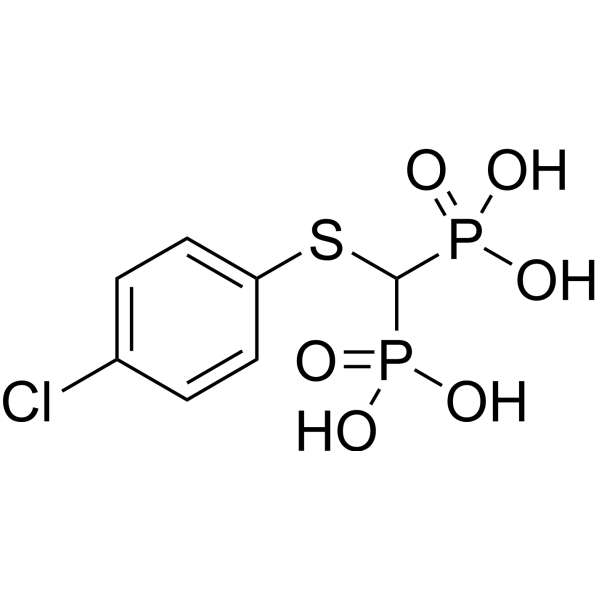
- HY-147416
-
|
BI 1029539; GS-248; OX-MPI
|
PGE synthase
|
Infection
|
|
Vipoglanstat (BI 1029539), a carboxamide, is a potent and selective, non-peptide and orally active small molecular inhibitor of human prostaglandin E synthase 1 (mPGES-1). Vipoglanstat also has anti-inflammatory activity .
|
-
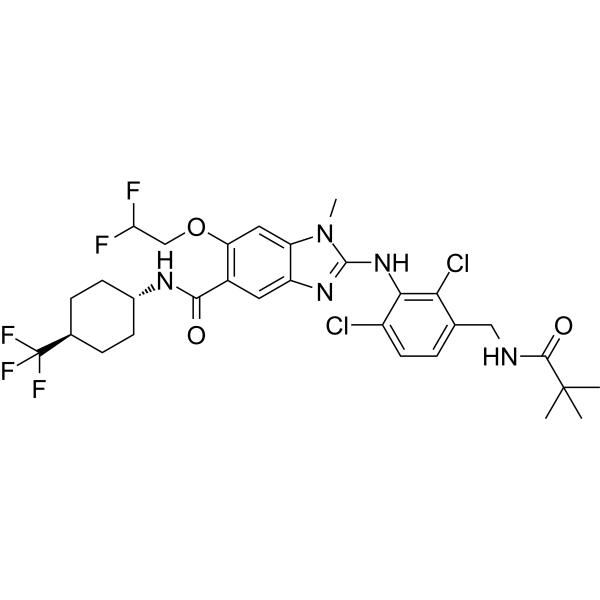
- HY-147264
-
|
GS-5718
|
IRAK
|
Inflammation/Immunology
|
|
Edecesertib (GS-5718) is a selective, potent, orally active IRAK-4 inhibitor. Edecesertib has anti-inflammatory activity. Edecesertib can be used for rheumatoid arthritis (RA) and lupus erythematosus (LE) research .
|
-
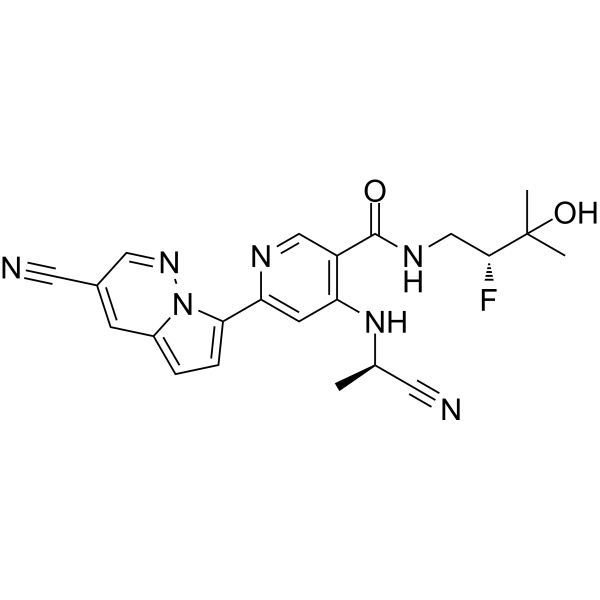
- HY-W032848
-
|
Y-3642
|
COX
|
Inflammation/Immunology
|
|
Tinoridine (Y-3642) is an orally active non-steroidal anti-inflammatory agent with potent antiperoxidative ability and radical scavenger activity. Tinoridine acts function by inhibiting COX enzyme, involves in hepatotoxicity inhibition. .
|
-
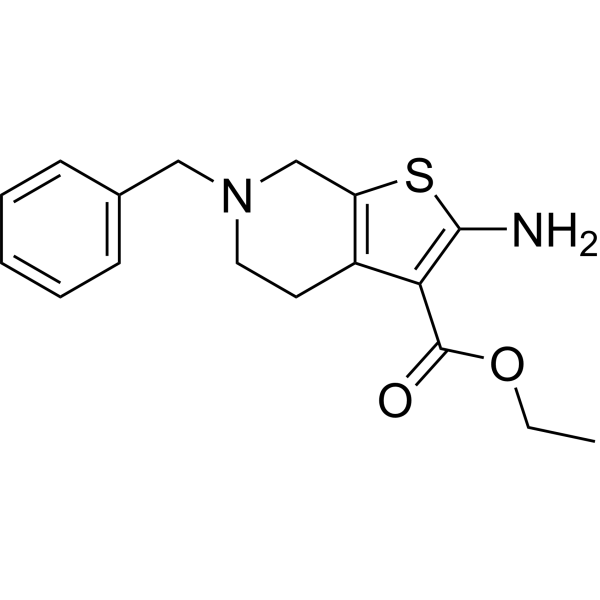
- HY-N1380S
-
-
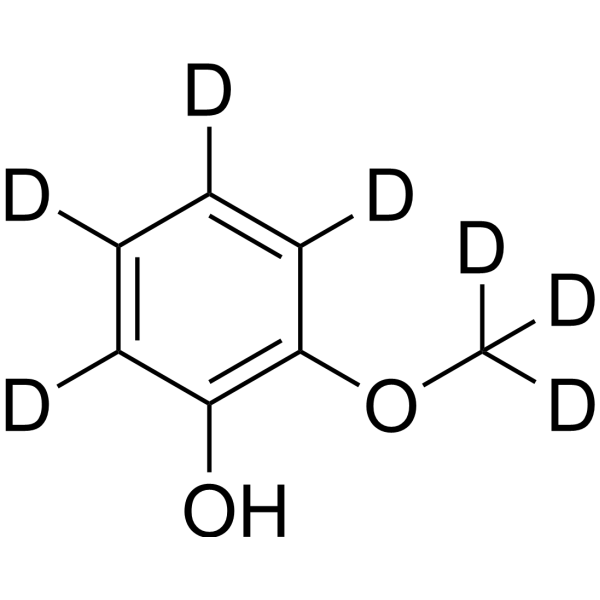
- HY-N1380S3
-
-
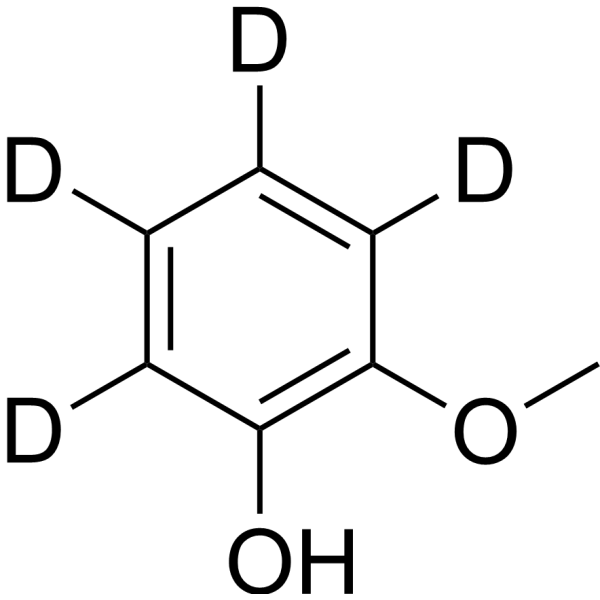
- HY-109011A
-
|
AQX-1125 acetate
|
Phosphatase
|
Cancer
|
|
Rosiptor (AQX-1125) acetate is a selective and orally active phosphatase SHIP1 activator with anti-inflammatory effects. Rosiptor acetate (AQX-1125) inhibits Akt phosphorylation, inflammatory mediator production and leukocyte chemotaxis in vitro .
|
-
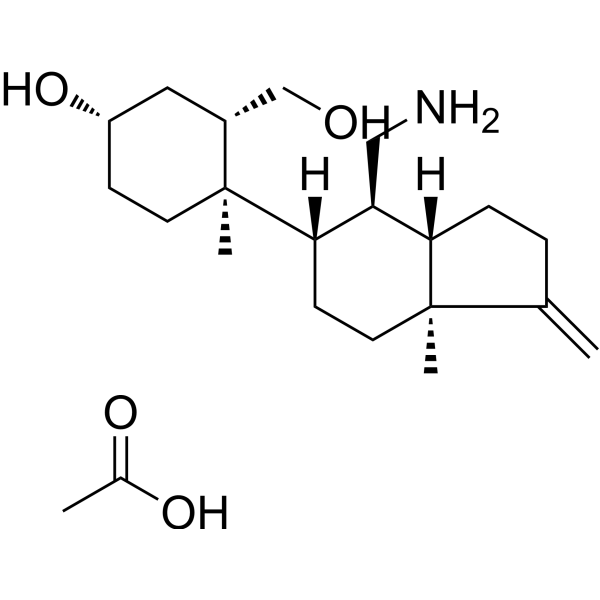
- HY-124439
-
|
|
Antibiotic
Bacterial
SARS-CoV
|
Infection
Cancer
|
|
Setomimycin is a potent antibiotic. Setomimycin inhibits the SARS-CoV-2 Mpro enzyme with an IC50 value of 12.02 µM. Setomimycin shows anti-inflammatory and antioxidant properties. Setomimycin shows antiproliferative and antitumor activity .
|
-
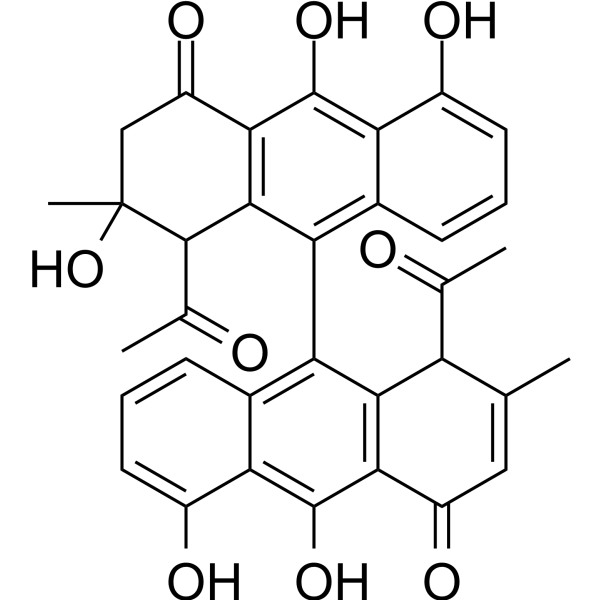
- HY-N11887
-
|
|
Reactive Oxygen Species
|
Inflammation/Immunology
|
|
Linocinnamarin is a nature product that could be isolated from Fragaria ananassa Duch. Linocinnamarin has anti-inflammatory activity. Linocinnamarin inhibits antigen-stimulated elevation of intracellular free Ca 2+ concentration and reactive oxygen species (ROS) .
|
-
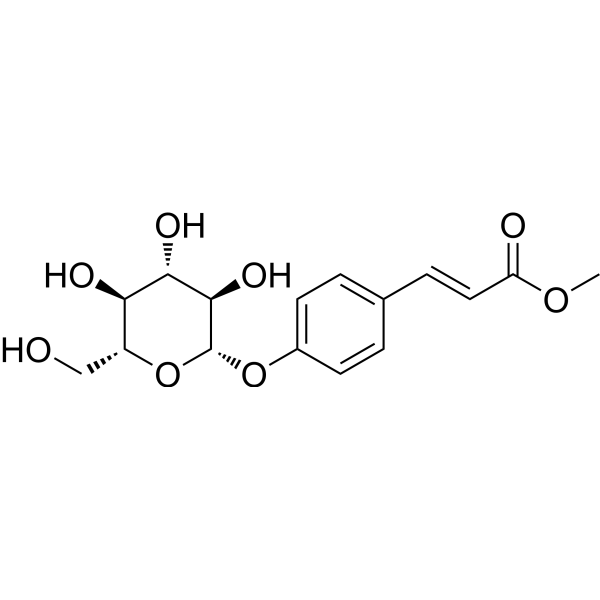
- HY-N12283
-
|
|
NF-κB
|
Inflammation/Immunology
|
|
NF-κB-IN-13 (compound 12) can significantly inhibit LPS-induced NF-κB activation and NO production in RAW264.7 macrophages. NF-κB-IN-13 has anti-inflammatory effects .
|
-

- HY-N12429
-
|
|
Others
|
Inflammation/Immunology
|
|
Marstenacisside F1 (compound 1) is a polyoxypregnanoside with anti-inflammatory activity isolated from Marsdenia tenacissima. Marstenacisside F1 inhibits lipopolysaccharide-induced nitric oxide (NO) production in RAW 264.7 cells and is a derivative of Tenacigenin B.
|
-
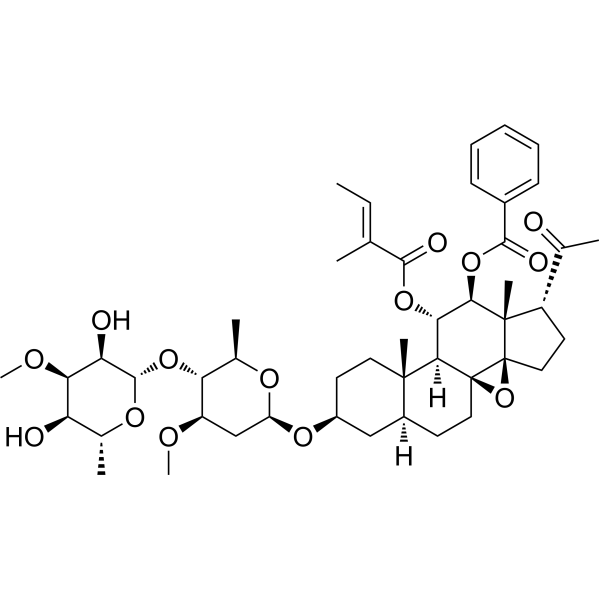
- HY-131397
-
|
DHA-5-HT
|
Interleukin Related
|
Inflammation/Immunology
|
|
Docosahexaenoyl serotonin (DHA-5-HT) is an endogenous n-3 fatty acid-serotonin conjugate. Docosahexaenoyl serotonin is an inhibitor of IL-17. Docosahexaenoyl serotonin has anti-inflammatory activity .
|
-
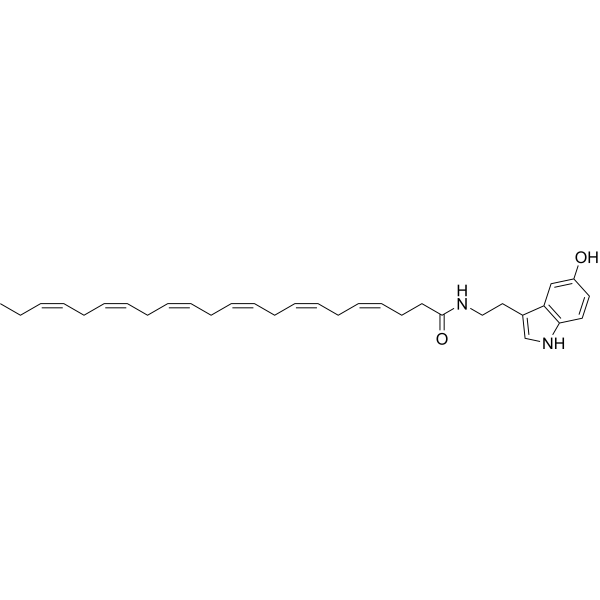
- HY-162338
-
|
|
Cholinesterase (ChE)
|
Neurological Disease
|
|
BChE-IN-29 (Compound 27a) is a BChE inhibitor (IC50: 0.078 μM and 0.74 μM for BChE and AChE respectively). BChE-IN-29 has anti-inflammatory activity and can be used for research of AD .
|
-
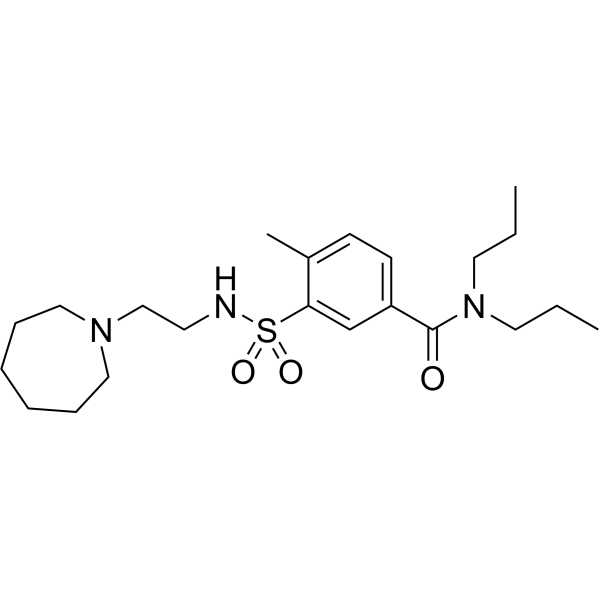
- HY-135731
-
|
|
COX
Drug Metabolite
|
Inflammation/Immunology
|
|
4-Methylamino antipyrine is an active metabolite of Metamizole. Metamizole is a pyrazolone non-steroidal anti-inflammatory drug (NSAID) and inhibits COX. Metamizole is an nonopioid analgesic agent and can be used for pain and fever . 4-Methylamino antipyrine has analgesic, antipyretic, and relatively weak antiinflammatory properties .
|
-
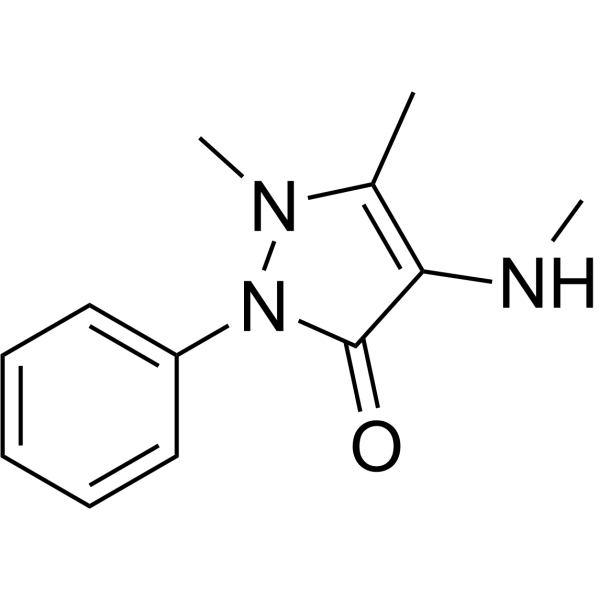
- HY-135731A
-
|
|
COX
Drug Metabolite
|
Inflammation/Immunology
|
|
4-Methylamino antipyrine hydrochloride is an active metabolite of Metamizole. Metamizole is a pyrazolone non-steroidal anti-inflammatory drug (NSAID) and inhibits COX. Metamizole is an nonopioid analgesic agent and can be used for pain and fever . 4-Methylamino antipyrine hydrochloride has analgesic, antipyretic, and relatively weak antiinflammatory properties .
|
-
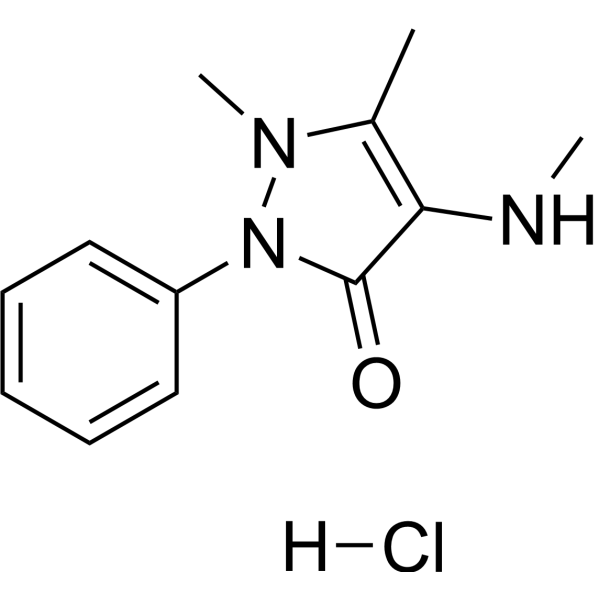
- HY-114200
-
|
BAP-909
|
COX
|
Inflammation/Immunology
|
|
Imrecoxib (BAP-909) is a novel and selective cyclooxygenase 2 (COX-2) inhibitor with an IC50 value of 18 nM, it also inhibits COX1- activity with an IC50 value of 115 nM. Imrecoxib (BAP-909) has anti-inflammatory effect .
|
-
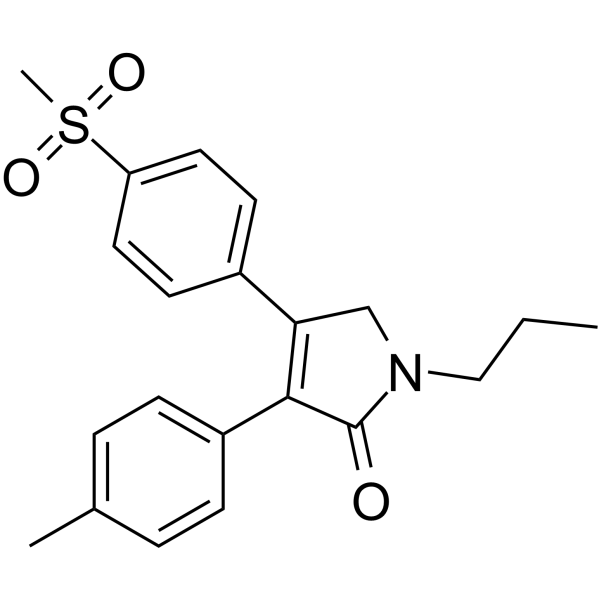
- HY-N0625A
-
|
|
|
|
|
Alpinetin is a flavonoid isolated from cardamom and has anti-inflammatory activity. Alpinetin inhibits lipopolysaccharide (LPS)-induced inflammation, activates PPAR-γ, activates Nrf2, and inhibits TLR4 expression to protect LPS-induced renal injury .
|
-
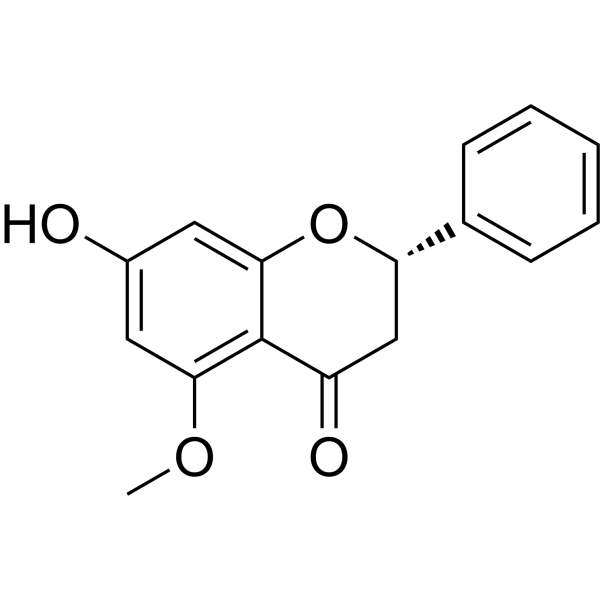
- HY-122219
-
|
|
CCR
|
Inflammation/Immunology
|
|
R243 is a potent and selective CCR8 antagonist. R243 inhibits CCL1/CCR8 interaction and inhibits CCR8 signaling and chemotaxis. R243 has antinociceptive and anti-inflammatory effects .
|
-
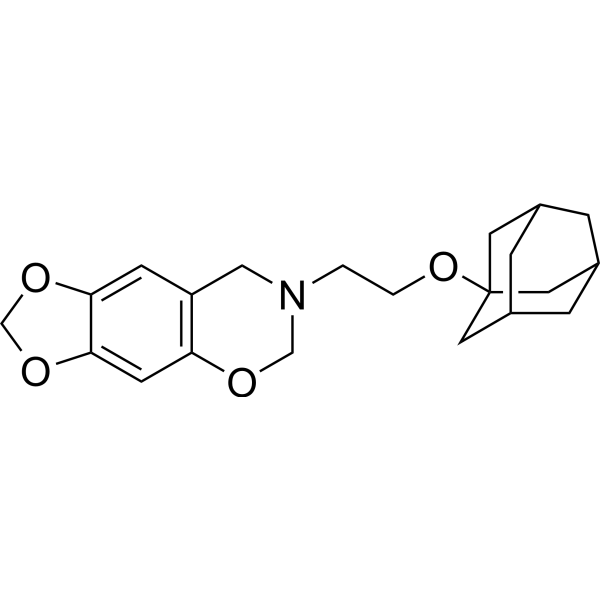
- HY-151970
-
|
|
STING
|
Inflammation/Immunology
|
|
STING-IN-4 (Compound 1) is a STING inhibitor that inhibits STING expression and hence reducing activation of STING and nuclear factor-κB (NF-κB) signaling. STING-IN-4 shows anti-inflammatory activity and can be used for the research of sepsis .
|
-
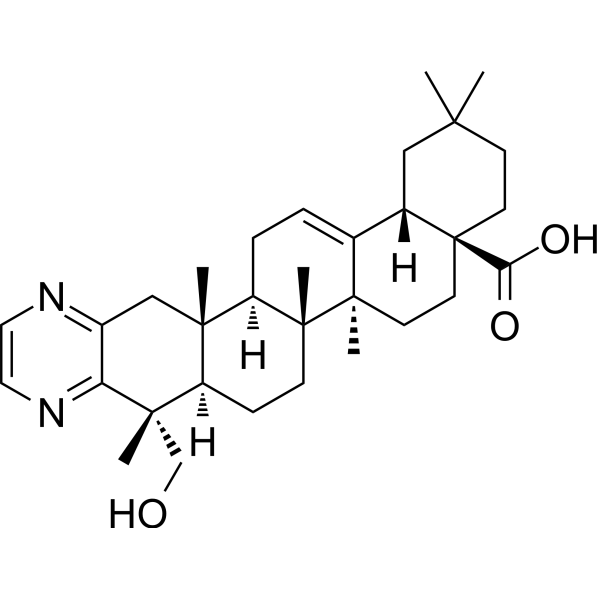
- HY-10328
-
|
VX-745
|
p38 MAPK
Autophagy
|
Inflammation/Immunology
|
|
Neflamapimod (VX-745) is a potent, blood-brain barrier penetrant, highly selective inhibitor of p38α inhibitor with an IC50 for p38α of 10 nM and for p38β of 220 nM. Neflamapimod (VX-745) possesses anti-inflammatory activity.
|
-
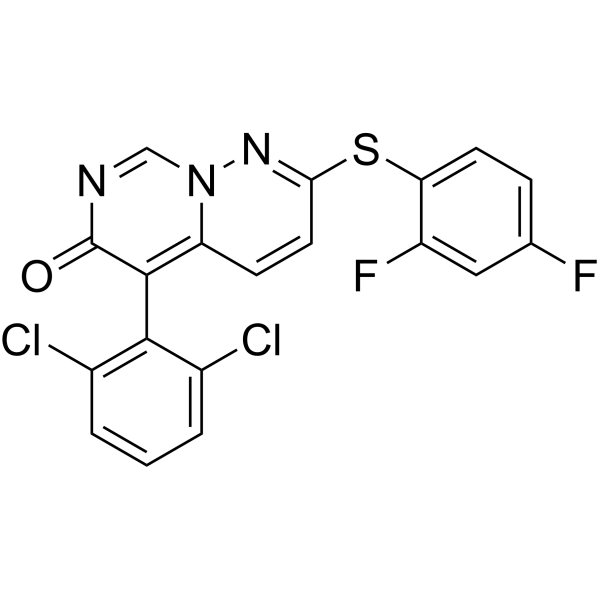
- HY-N0720
-
|
|
Apoptosis
DNA/RNA Synthesis
|
Cancer
|
|
Neobavaisoflavone, a flavonoid, is isolated from the seeds of Psoralea corylifolia. Neobavaisoflavone exhibits anti-inflammatory, anti-cancer and anti-oxidation activities. Neobavaisoflavone inhibits DNA polymerase at moderate to high concentrations. Neobavaisoflavone also inhibits platelet aggregation .
|
-
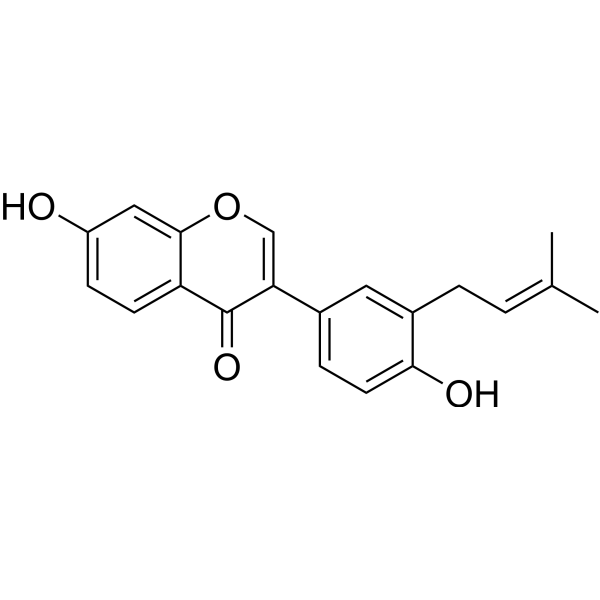
- HY-32735S
-
|
PG490-d3
|
Isotope-Labeled Compounds
NF-κB
Apoptosis
|
Cancer
|
|
Triptolide-d3 is the deuterium labeled Triptolide. Triptolide is a diterpenoid triepoxide extracted from the root of Tripterygium wilfordii with immunosuppressive, anti-inflammatory, antiproliferative and antitumour effects. Triptolide is a NF-κB activation inhibitor[1][2][3][4][5][6].
|
-
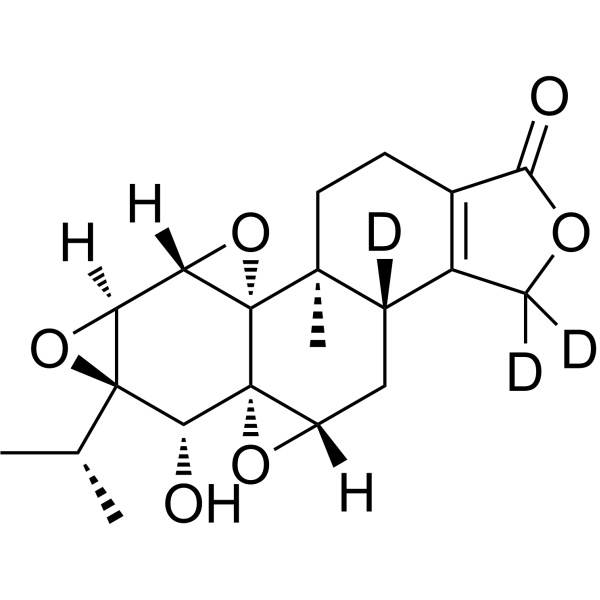
- HY-N0003
-
|
NSC 293100
|
Akt
Autophagy
HCV
ERK
|
Cancer
|
|
Honokiol is a bioactive, biphenolic phytochemical that possesses potent antioxidative, anti-inflammatory, antiangiogenic, and anticancer activities by targeting a variety of signaling molecules. It inhibits the activation of Akt. Honokiol can readily cross the blood brain barrier .
|
-
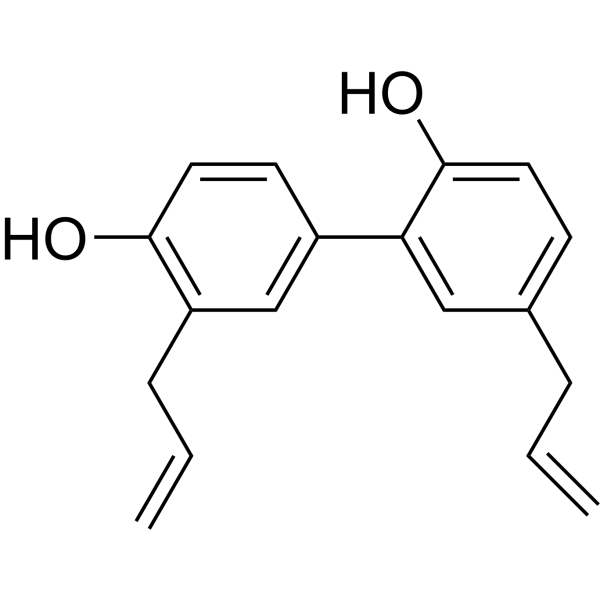
- HY-B0212
-
|
|
Bacterial
Antibiotic
|
Infection
Inflammation/Immunology
|
|
Sulfapyridine, a major metabolite of Sulfasalazine, is a sulfonamide antibiotic agent. Sulfapyridine inhibits recombinant P. carinii dihydropteroate synthetase (DHPS) with an IC50 of 0.18 μM. Sulfapyridine has antibacterial, anti-inflammatory and anti-rheumatic activities .
|
-
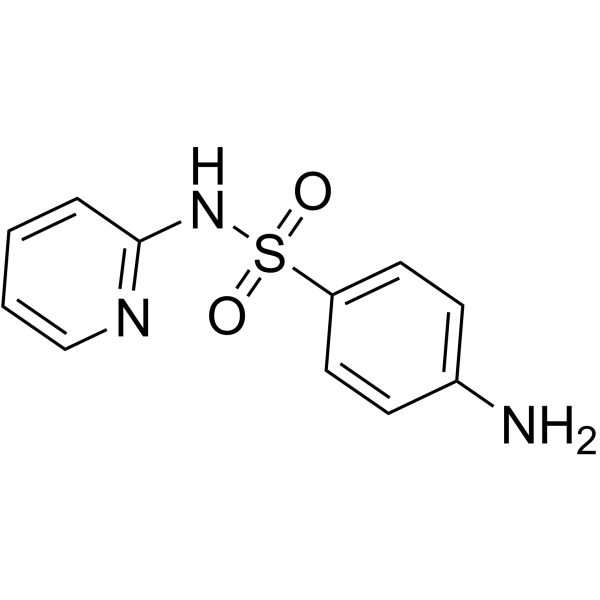
- HY-N0214
-
-
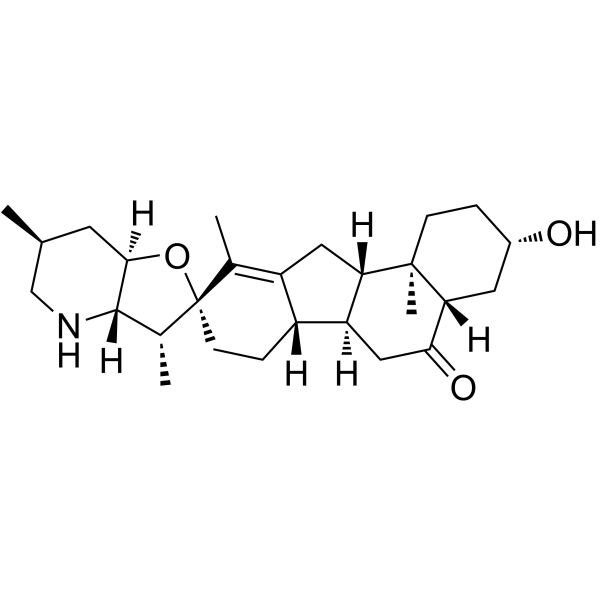
- HY-N0439
-
-
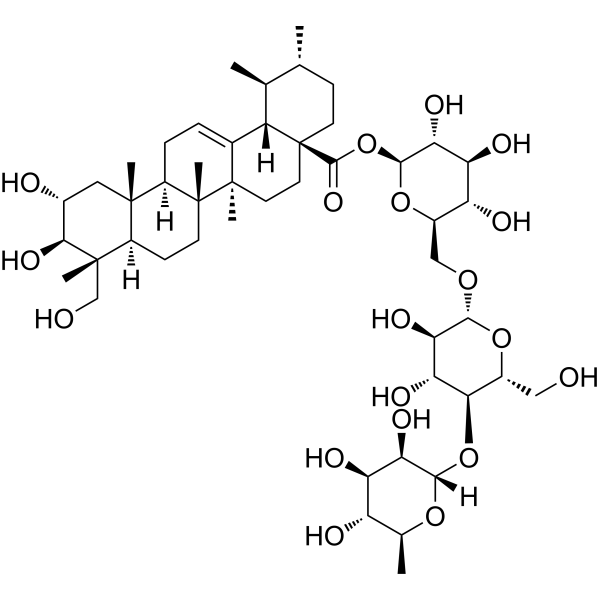
- HY-N4187
-
-
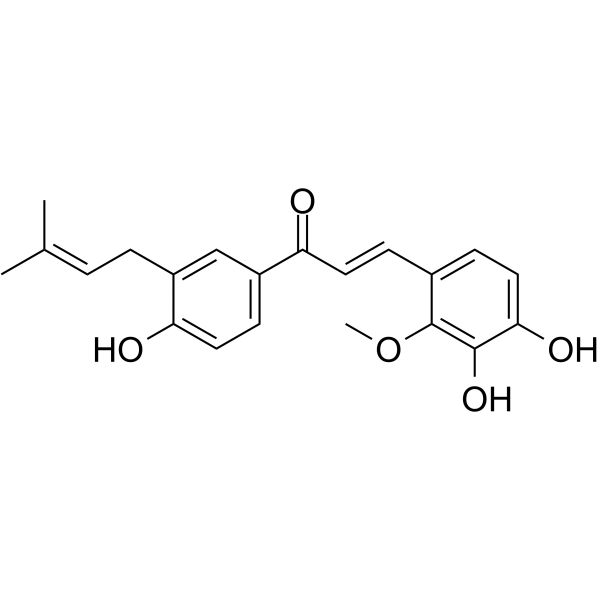
- HY-N6952
-
-
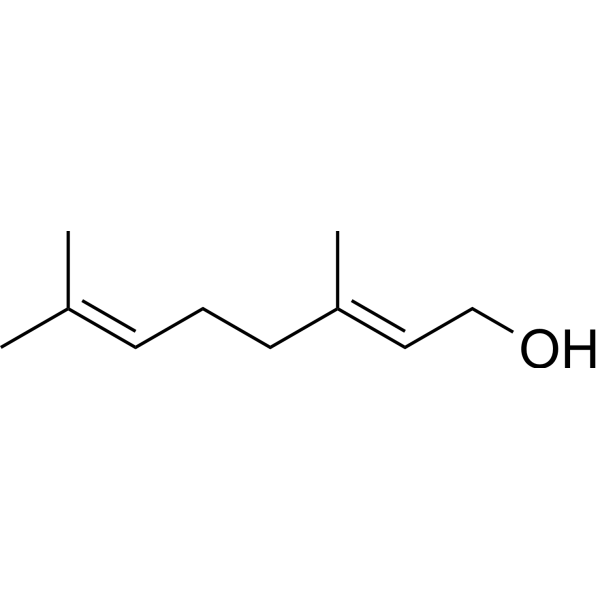
- HY-A0213A
-
|
Tiludronic acid disodium
|
Proton Pump
|
Inflammation/Immunology
|
|
Tiludronate (Tiludronic Acid) disodium, an orally active bisphosphonate, can act an osteoregulator. Tiludronate is used for the research of the metabolic bone disorders. Tiludronate is a potent inhibitor of the osteoclast vacuolar H(+)-ATPase. Antiresorptive and anti-inflammatory properties .
|
-
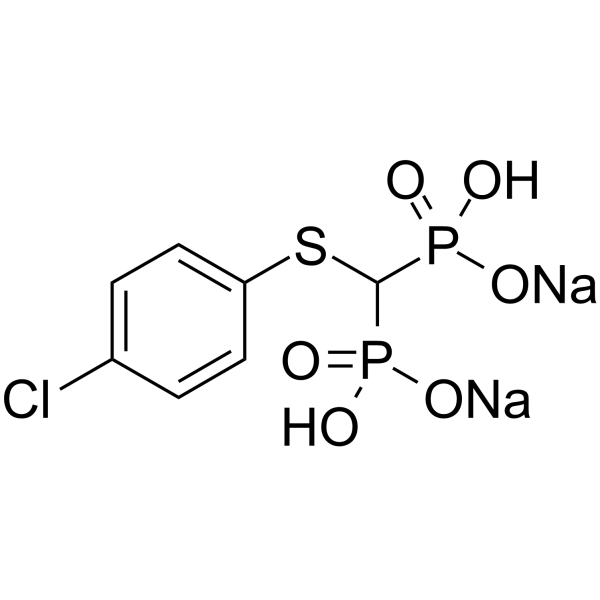
- HY-N1377
-
|
|
Bacterial
|
Infection
Metabolic Disease
Inflammation/Immunology
|
|
Nevadensin is a naturally occurring selective inhibitor of human carboxylesterase 1 (hCE1) with an IC50 of 2.64 μM. Nevadensin has a variety of pharmacological effects such as anti-mycobacterium tuberculosis activities, antitussive, anti-inflammatory and anti-hypertensive .
|
-
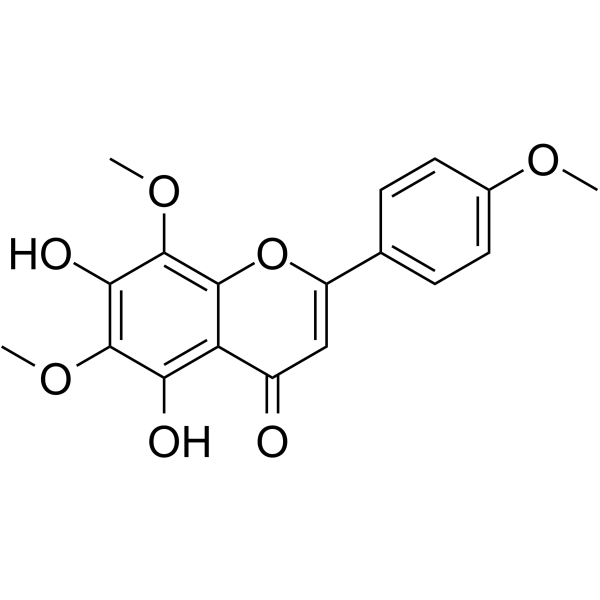
- HY-N0214A
-
-
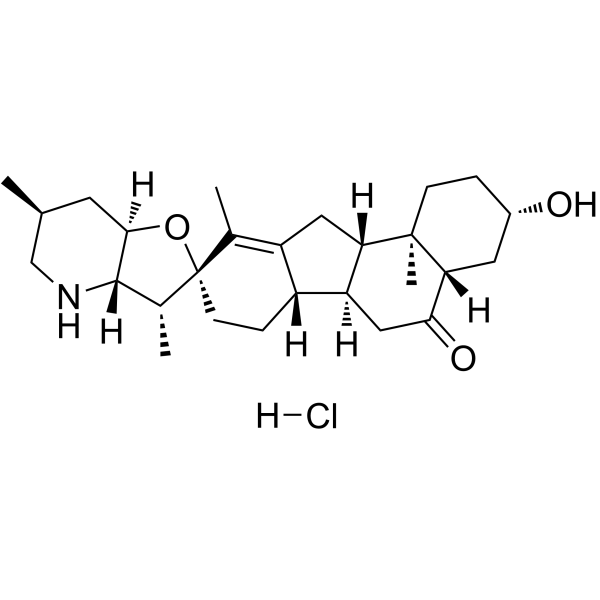
- HY-A0221
-
|
R 68070
|
Prostaglandin Receptor
|
Inflammation/Immunology
|
|
Ridogrel (R 68070) is an orally active combined thromboxane A2 synthetase inhibitor and thromboxane A2/prostaglandin endoperoxide receptor blocker. Ridogrel is potent antiplatelet agent. Anti-inflammatory activities .
|
-
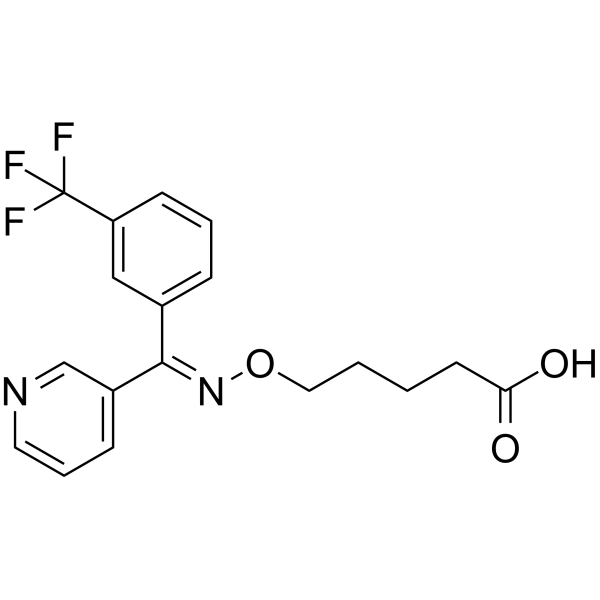
- HY-147815
-
|
|
COX
|
Inflammation/Immunology
|
|
COX-2-IN-21 (Compound 5c) is a selective and orally active COX-2 inhibitor with an IC50 of 0.039 μM. COX-2-IN-21 shows promising anti-inflammatory potential .
|
-
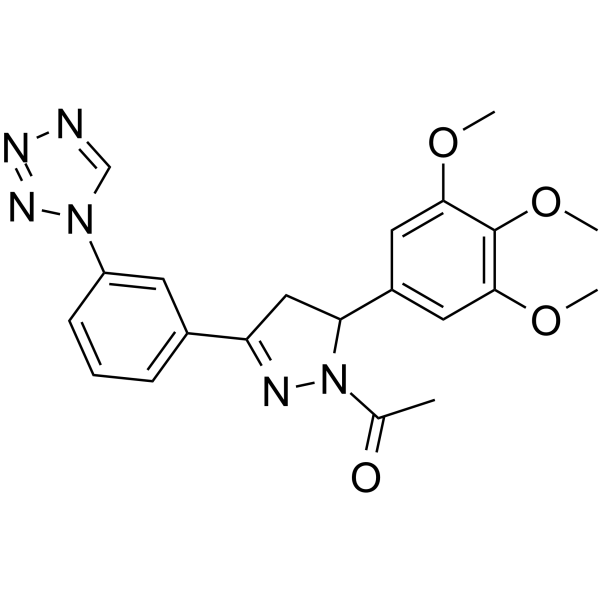
- HY-N3628
-
-
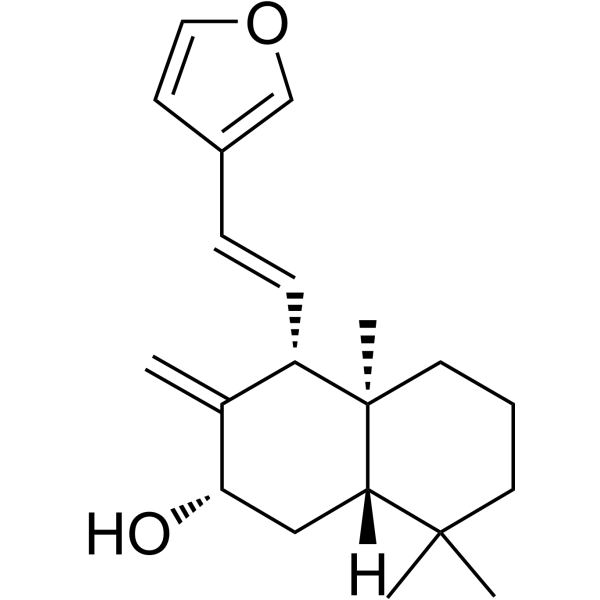
- HY-N1380S2
-
-
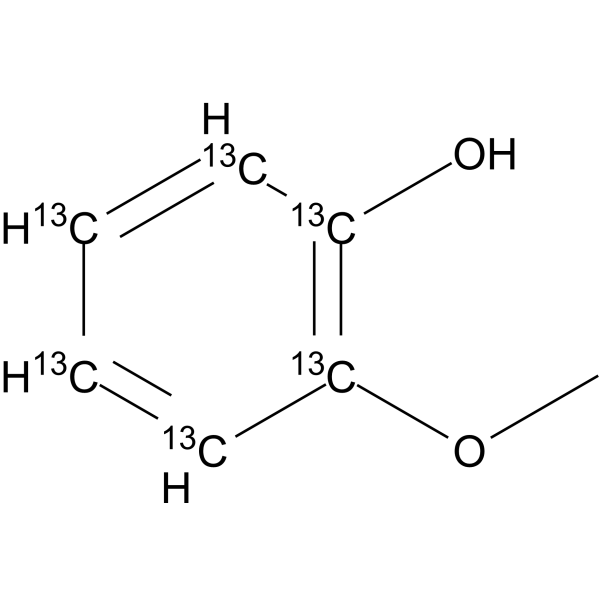
- HY-N1380S4
-
-
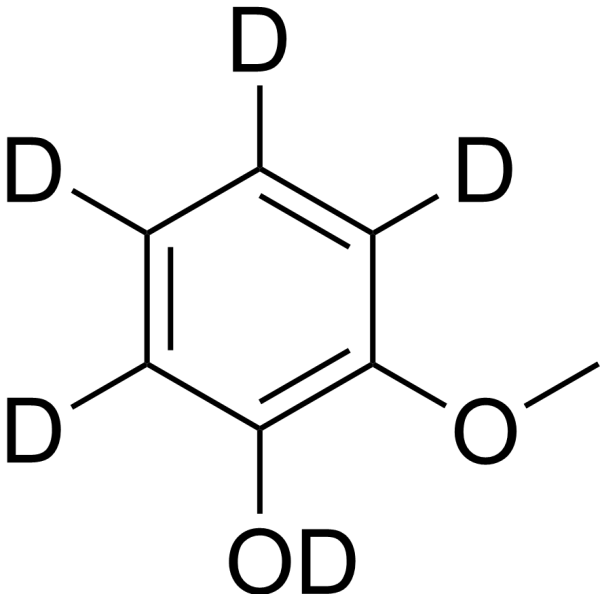
- HY-149281
-
-
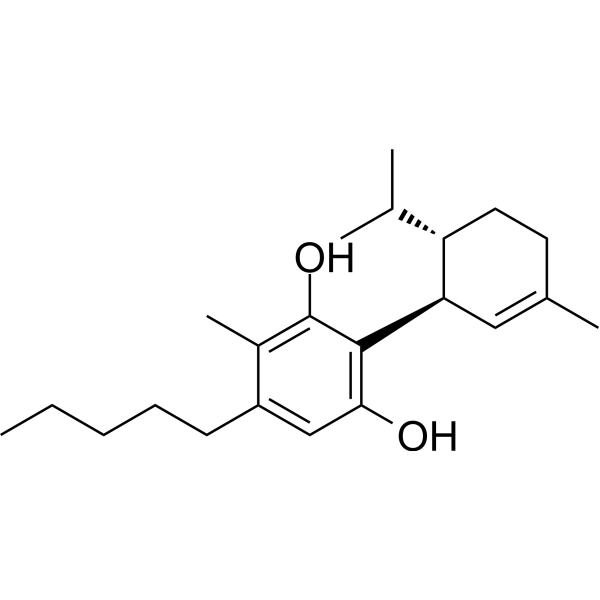
- HY-N8342
-
|
|
VEGFR
|
Inflammation/Immunology
Cancer
|
|
Rhamnazin is an orally active inhibitor of VEGFR2 signaling with an IC50 of 4.68 μM against VEGFR2 kinase. Rhamnazin shows potent antiangiogenic activity and antitumor efficacy . Rhamnazin shows antioxidant and anti-inflammatory properties .
|
-
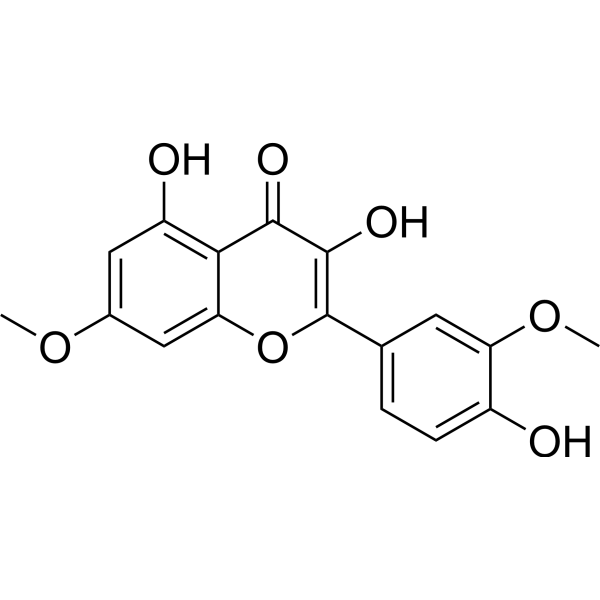
- HY-149282
-
-
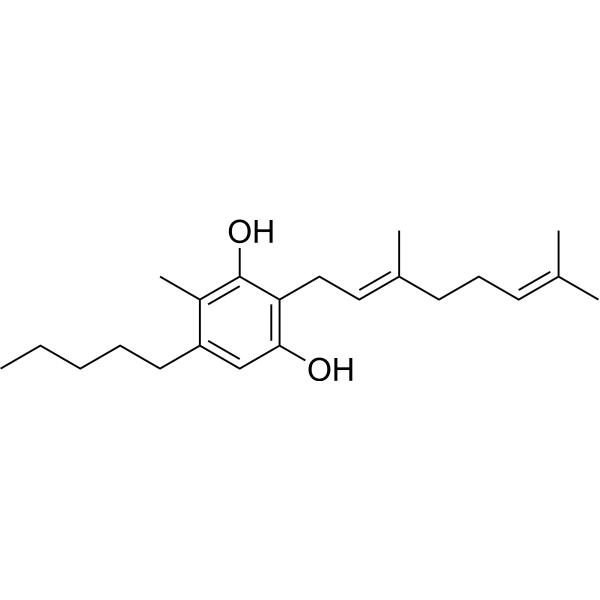
- HY-N11085
-
|
|
NO Synthase
IKK
|
Inflammation/Immunology
|
|
Isophysalin A is a physalin with alpha and beta unsaturated ketone components. Isophysalin A binds to GSH and targets multiple cysteine residues on IKKβ. Isophysalin A also inhibits inducible NO synthase (iNOS) and nitric oxide (NO) production, showing anti-inflammatory activity .
|
-
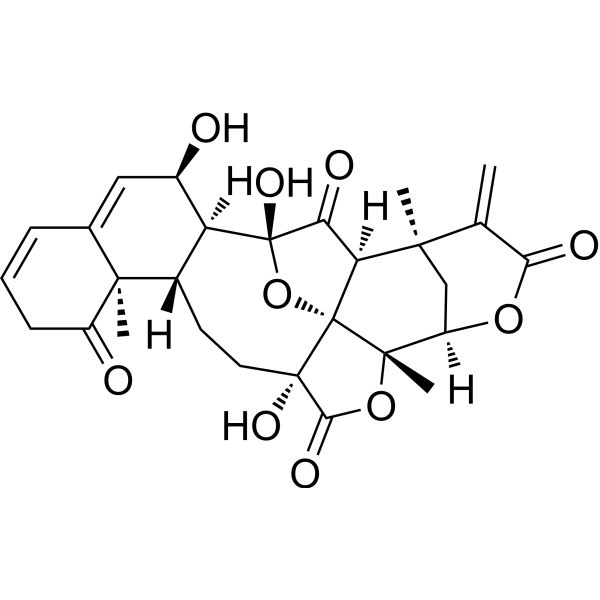
- HY-N9583
-
|
|
Others
|
Inflammation/Immunology
|
|
(S)-4-Methoxydalbergione can be isolated from Dalbergia odorifera. (S)-4-Methoxydalbergione has anti-allergic and anti-inflammatory activity. (S)-4-Methoxydalbergione inhibits superoxide formation .
|
-
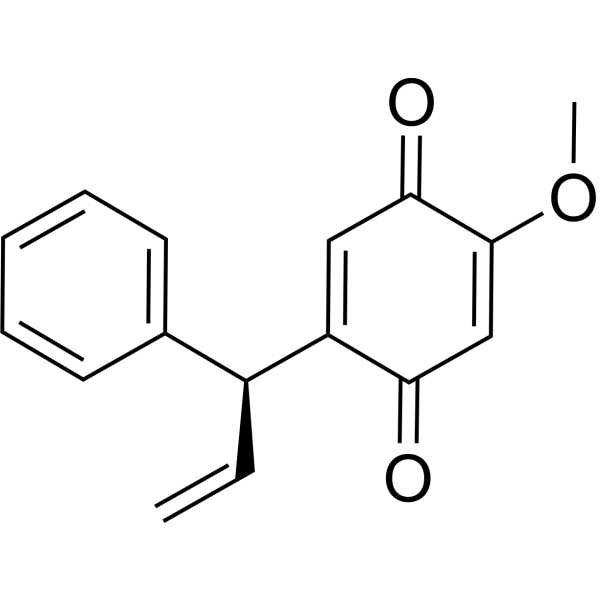
- HY-149966
-
|
|
HDAC
|
Inflammation/Immunology
|
|
PB131 is a selective and brain-permeable HDAC6 inhibitor with high binding affinity (IC50: 1.8 nM). PB131 has potent anti-inflammatory activity. PB131 can be used for research of inflammation, especially neuroinflammation .
|
-
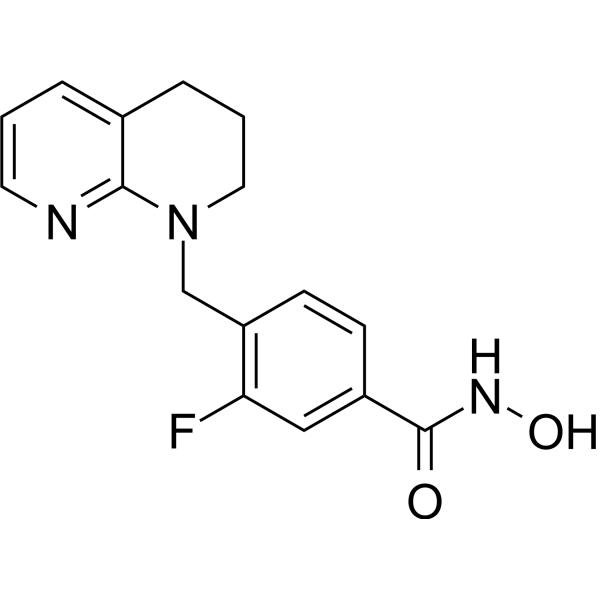
- HY-156550
-
|
|
ROCK
|
Inflammation/Immunology
|
|
ROCK-IN-8 (Example 4) is a ROCK inhibitor, with an IC50 value less than 100 nM. ROCK-IN-8 has anti-inflammatory activity. ROCK-IN-8 can be used for research of respiratory and gastro-intestinal diseases .
|
-
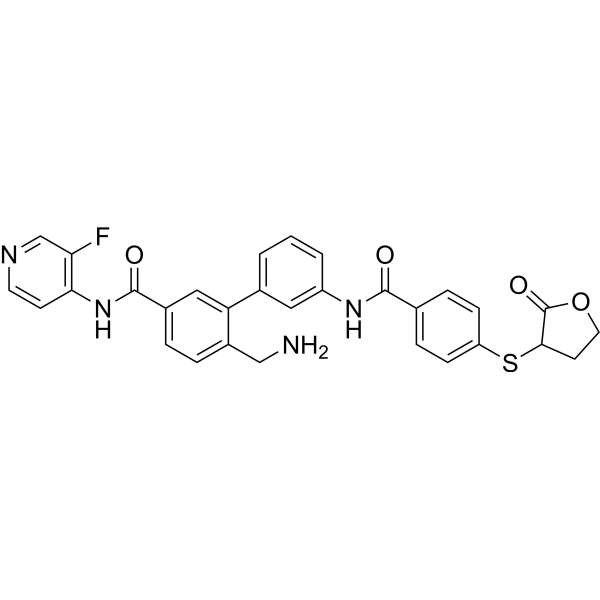
- HY-163271
-
|
|
Epigenetic Reader Domain
|
Inflammation/Immunology
|
|
XL-126 (Compound 33) is a potent BD1-selective BET inhibitor, with a Kd of 8.9 nM. XL-126 leads to both the preservation of platelets and potent anti-inflammatory efficacy by BD1 selectivity .
|
-
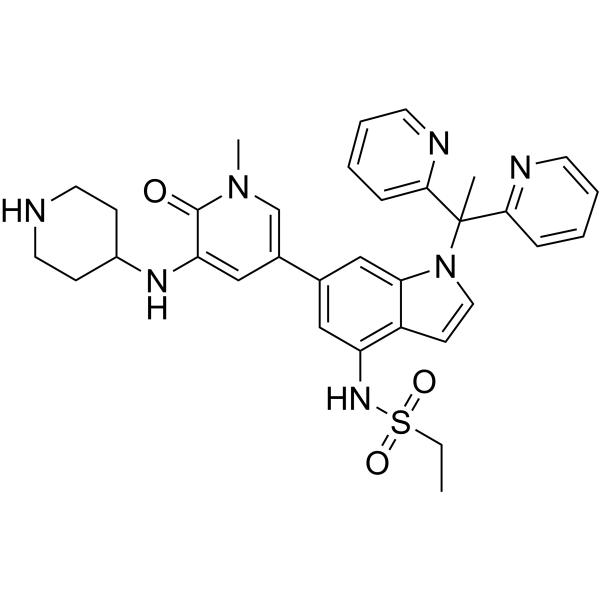
- HY-W121901
-
|
(S)-Naproxen-β-D-glucuronide
|
COX
|
Inflammation/Immunology
|
|
Naproxen glucuronide ((S)-Naproxen-β-D-glucuronide) is a non-selective COX inhibitor. Naproxen glucuronide, a metabolite of naproxen, is a nonsteroidal anti-inflammatory drug (NSAID) of the propionic acid class (the same as ibuprofen) that relieves pain, fever, swelling, and stiffness .
|
-
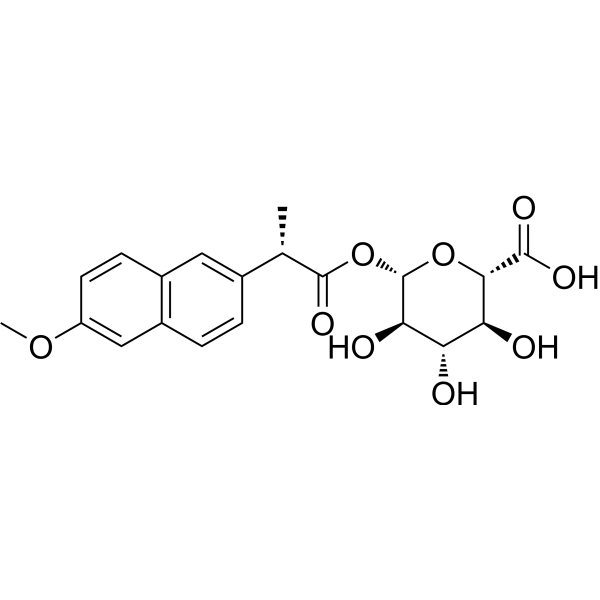
- HY-113481
-
|
|
Others
|
Inflammation/Immunology
Cancer
|
|
Prostaglandin E3 is an eicosanoid derived from eicosapentaenoic acid. Prostaglandin E3 inhibits polarization towards M1 but promotes polarization of M2a macrophages. Prostaglandin E3 shows anti-inflammatory and anti-tumor activity .
|
-
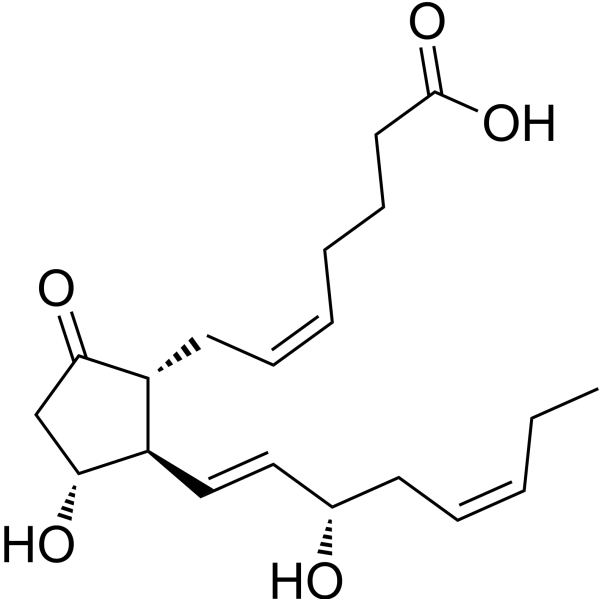
- HY-19995
-
|
GSK 137647
|
Free Fatty Acid Receptor
|
Metabolic Disease
|
|
GSK137647A (GSK 137647) is a potent, selective free fatty acid receptor 4 (FFA4) agonist with pEC50 values of 6.3, 6.2, and 6.1 for human, mouse and rat FFA4, and pEC50 values < 4.5 for all three species for FFA1, FFA2, and FFA3, respectively. GSK137647A has anti-inflammatory activity. GSK137647A induces insulin secretion and inhibits epithelial ion transport, GSK137647A is related to regulation of glucose homeostasis and anti-inflammatory response .
|
-
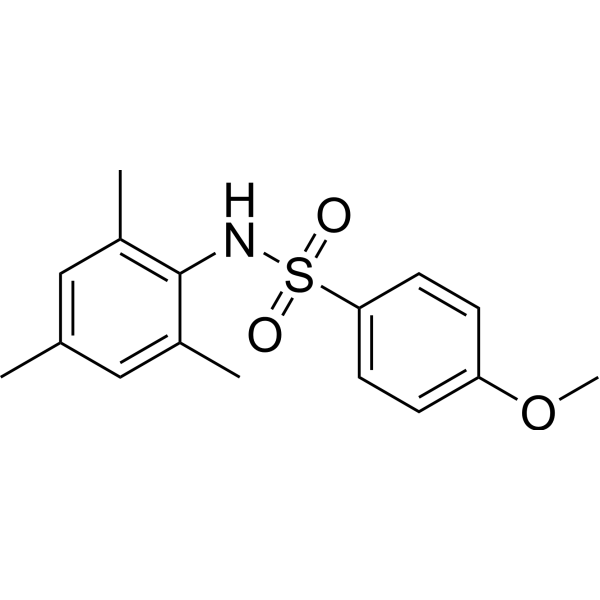
- HY-N0408
-
|
|
NF-κB
Reactive Oxygen Species
Apoptosis
Influenza Virus
|
Infection
Neurological Disease
Inflammation/Immunology
Cancer
|
|
Picroside II, an iridoid compound extracted from Picrorhiza, exhibits anti-inflammatory and anti-apoptotic activities.
picroside II alleviates the inflammatory response in sepsis and enhances immune function by inhibiting the activation of NLRP3 inflammasome and NF-κB pathways .
Picroside II is an antioxidant, exhibits a significant neuroprotective effect through reducing ROS production and protects the blood-brain barrier (BBB) after cerebral ischemia-reperfusion (CI/R) injury. Picroside II has antioxidant, anti-inflammatory, immune regulatory, anti-virus and other pharmacological activities .
|
-
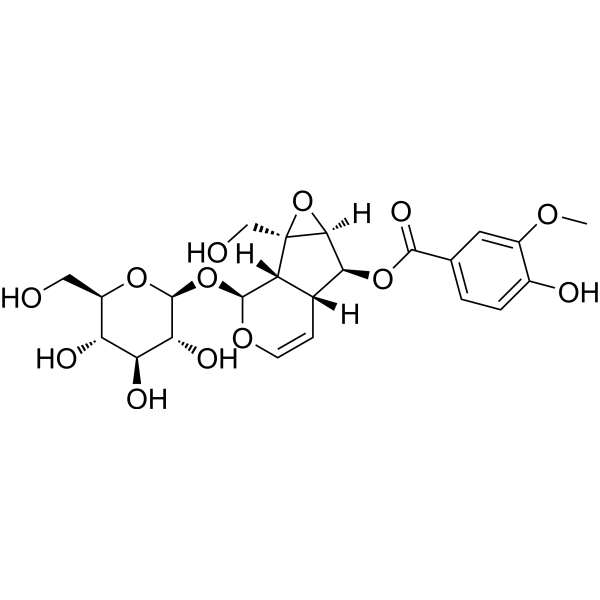
- HY-18234A
-
-
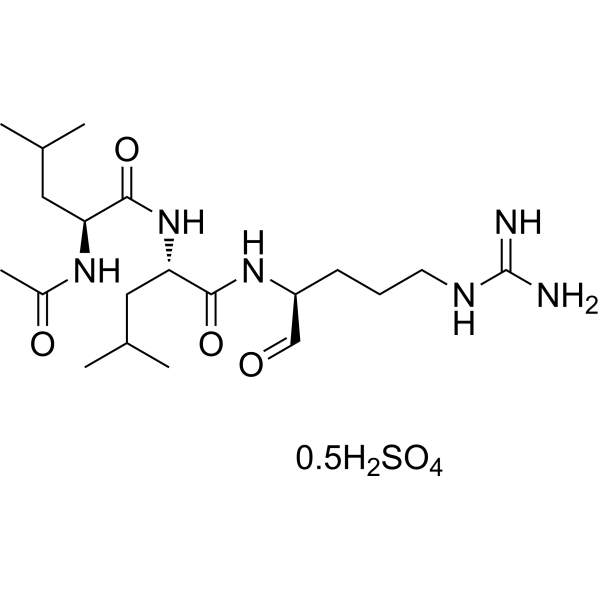
- HY-112847
-
|
Sulfo-N-succinimidyl oleate
|
Mitophagy
|
Inflammation/Immunology
|
|
Sulfosuccinimidyl oleate (Sulfo-N-succinimidyl oleate) is a long chain fatty acid that inhibits fatty acid transport into cells. Sulfosuccinimidyl oleate is a potent and irreversible inhibitor of mitochondrial respiratory chain. Sulfosuccinimidyl oleate binds the CD36 receptor on the surface of microglia. Anti-inflammatory effect .
|
-
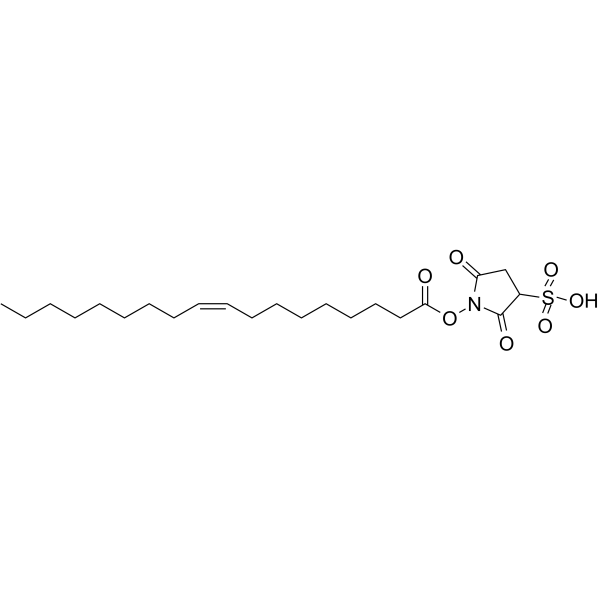
- HY-112847A
-
|
Sulfo-N-succinimidyl oleate sodium
|
Mitophagy
|
Inflammation/Immunology
|
|
Sulfosuccinimidyl oleate sodium (Sulfo-N-succinimidyl oleate sodium) is a long chain fatty acid that inhibits fatty acid transport into cells. Sulfosuccinimidyl oleate sodium is a potent and irreversible inhibitor of mitochondrial respiratory chain. Sulfosuccinimidyl oleate sodium binds the CD36 receptor on the surface of microglia. Anti-inflammatory effect .
|
-
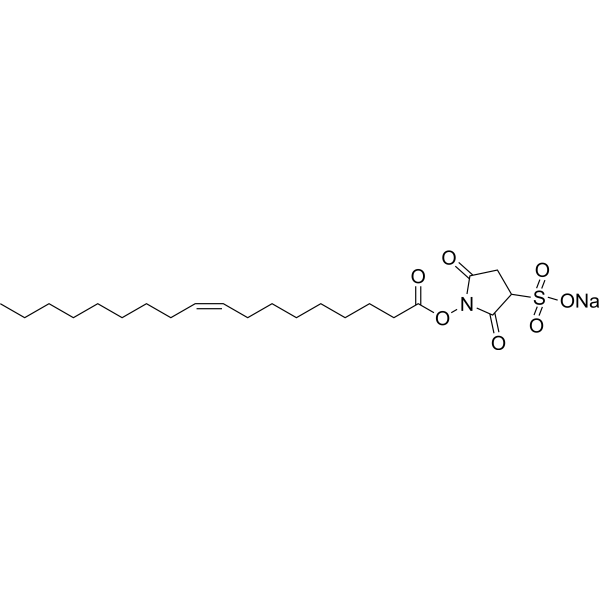
- HY-N10175
-
|
|
Fungal
Endogenous Metabolite
|
Inflammation/Immunology
|
|
Berkeleyacetal C, a meroterpenoid compound, shows favorable activity of inhibiting nitrogen oxide (NO) production of macrophages stimulated by lipopolysaccharide (LPS). Berkeleyacetal C exerts anti-inflammatory effects via inhibiting NF-κB, ERK1/2 and IRF3 signaling pathways .
|
-
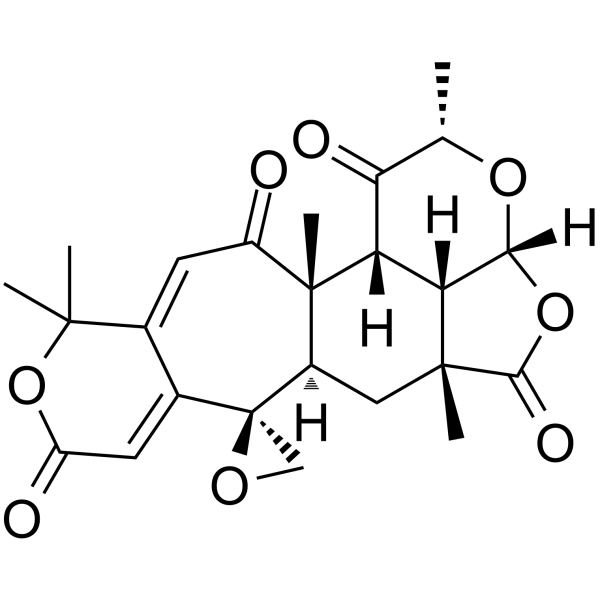
- HY-N3246
-
|
|
NO Synthase
|
Inflammation/Immunology
|
|
Morachalcone A is a naturally-occurring aromatase inhibitor (IC50=4.6 mM). Morachalcone A is also a plants metabolite with potential anti-inflammatory and anticancer activity. Morachalcone A inhibits Lipopolysaccharide (HY-D1056)-induced nitric oxide production .
|
-
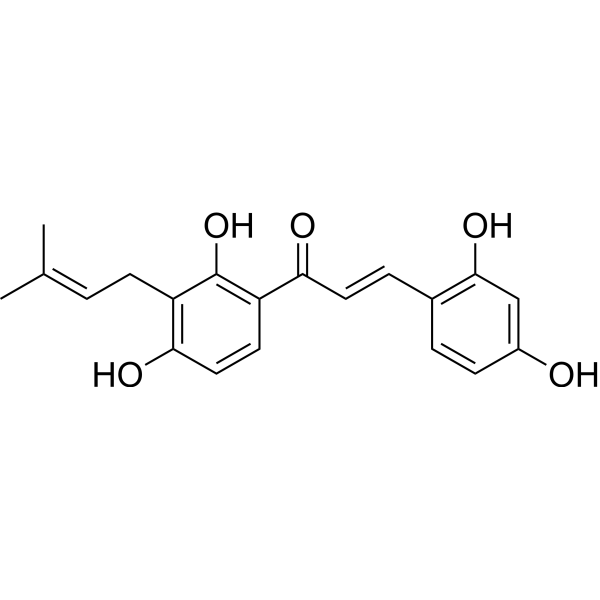
- HY-32736
-
|
NSC 165677; PG 492
|
Wnt
β-catenin
Apoptosis
Autophagy
|
Inflammation/Immunology
Cancer
|
|
Triptonide (NSC 165677) is a natural product identified in Tripterygium wilfordii Hook F.. Triptonide is a Wnt signaling inhibitor with an IC50 of appropriately 0.3 nM. Triptonide has immunosuppression, anti-inflammatory, anti-fertility, neuroprotective and anti-lymphoma effects .
|
-
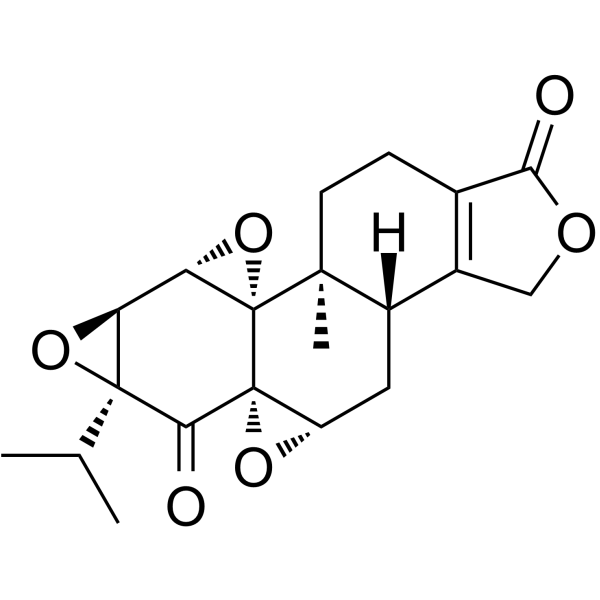
- HY-B0336
-
|
|
COX
Apoptosis
PGE synthase
|
Inflammation/Immunology
Cancer
|
|
Pranoprofen is a non-steroidal anti-inflammatory agent (NSAID) for the research of keratitis or other ophthalmology diseases. Pranoprofen inhibit COX-1 and COX-2 enzymes, thus blocking arachidonic acid converted to eicosanoids and reducing prostaglandins synthesis .
|
-
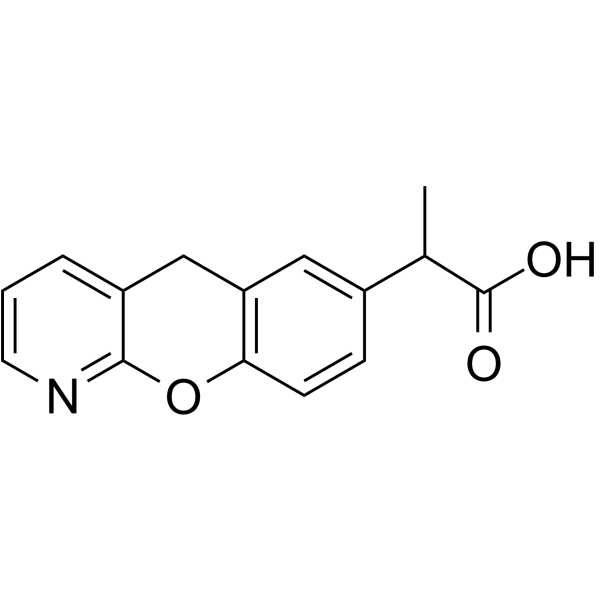
- HY-14882
-
|
TAK-652; TBR-652
|
CCR
HIV
|
Infection
Endocrinology
|
|
Cenicriviroc (TAK-652) is an orally active, dual CCR2/CCR5 antagonist, also inhibits both HIV-1 and HIV-2, and displays potent anti-inflammatory and antiinfective activity .
|
-
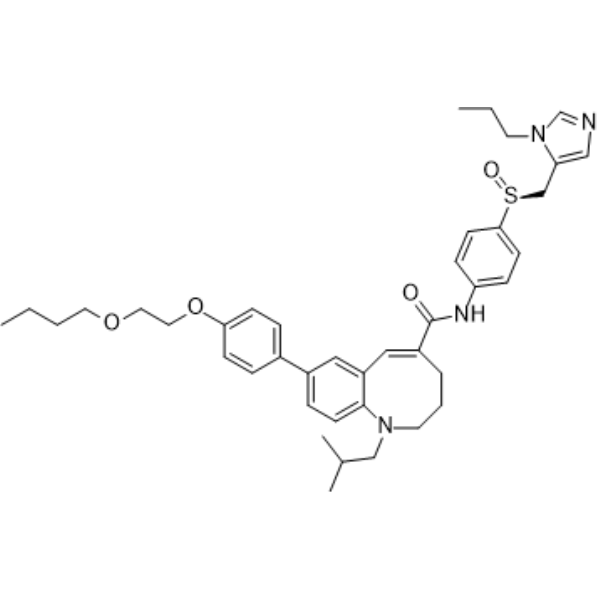
- HY-135408
-
|
|
Drug Metabolite
|
Cardiovascular Disease
Inflammation/Immunology
|
|
Trimetazidine-N-oxide is the major active metabolite of Trimetazidine. Trimetazidine is a selective long chain 3-ketoyl coenzyme A thiolase inhibitor with an IC50 of 75 nM. Trimetazidine is an effective antianginal agent, has anti-oxidant, anti-inflammatory, antinociceptive and gastroprotective properties.
|
-
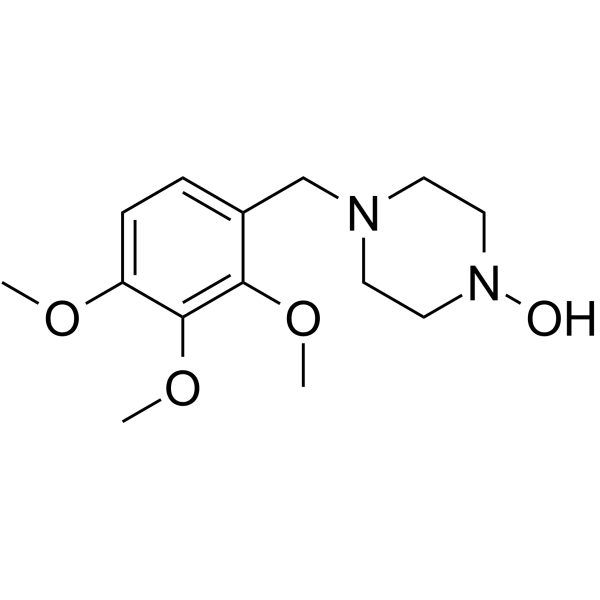
- HY-N6884
-
-
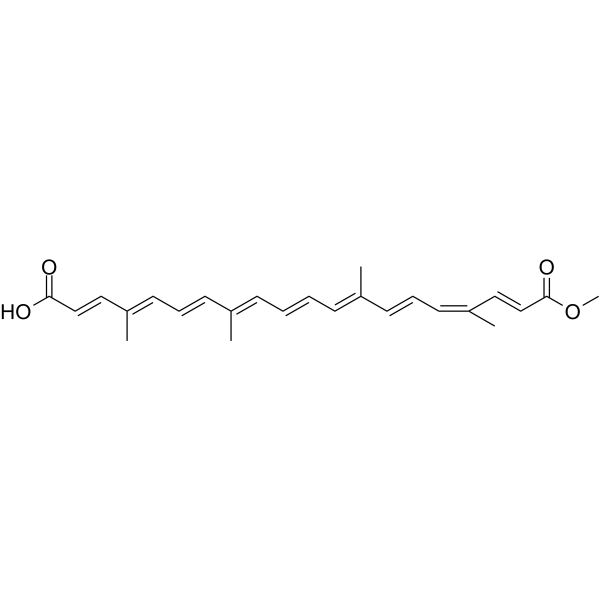
- HY-119447
-
|
|
COX
|
Inflammation/Immunology
|
|
Mavacoxib is a selective, oral long-acting cyclooxygenase-2 (COX-2) inhibitor and a long-acting non-steroidal anti-inflammatory drug (NSAID). Mavacoxib is used to treat pain and inflammation associated with degenerative joint disease in dogs .
|
-
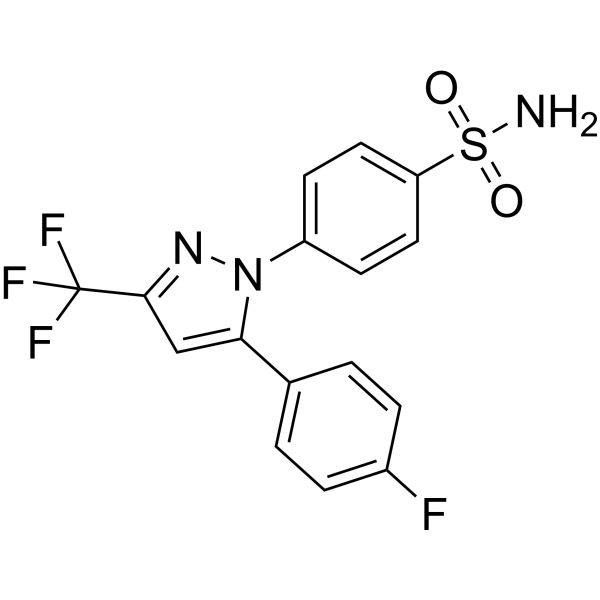
- HY-B1227
-
|
|
|
|
|
Carprofen is a nonsteroid anti-inflammatory agent, acts as a multi-target FAAH/COX inhibitor, with IC50s of 3.9 μM, 22.3 μM and 78.6 μM for COX-2, COX-1 and FAAH, respectively.
|
-
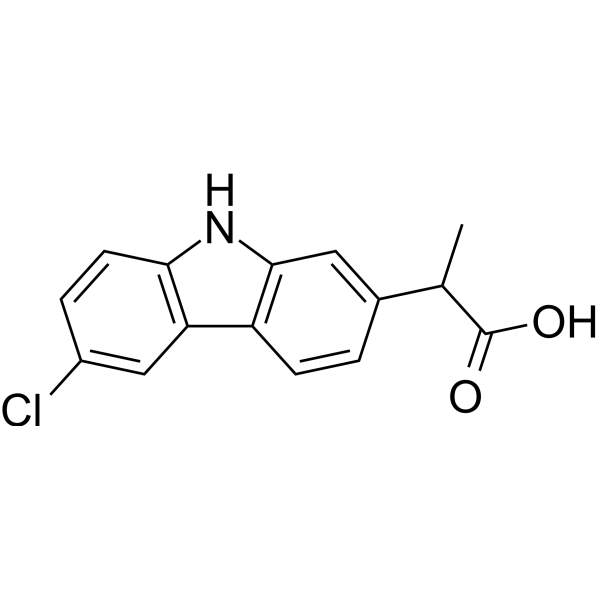
- HY-N7656
-
|
Norwogonin 5,7,8-trimethyl ether
|
NO Synthase
|
Inflammation/Immunology
|
|
5,7,8-Trimethoxyflavone (Norwogonin 5,7,8-trimethyl ether), isolated from Andrographis echioides, inhibits NO with an IC50 of 39.1 μM. 5,7,8-Trimethoxyflavone has anti-inflammatory activity .
|
-
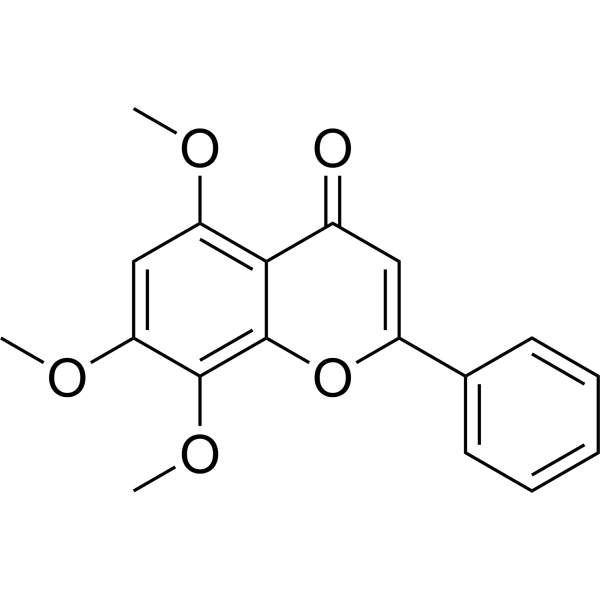
- HY-N8085
-
|
|
NF-κB
|
Inflammation/Immunology
|
|
Icariside F2 is a potent NF-κB inhibitor with an IC50 value of 16.25 μM. Icariside F2 is an aromatic glycoside isolated from the leaves of E. ulmoides Oliver. Icariside F2 has anti-inflammatory activity .
|
-
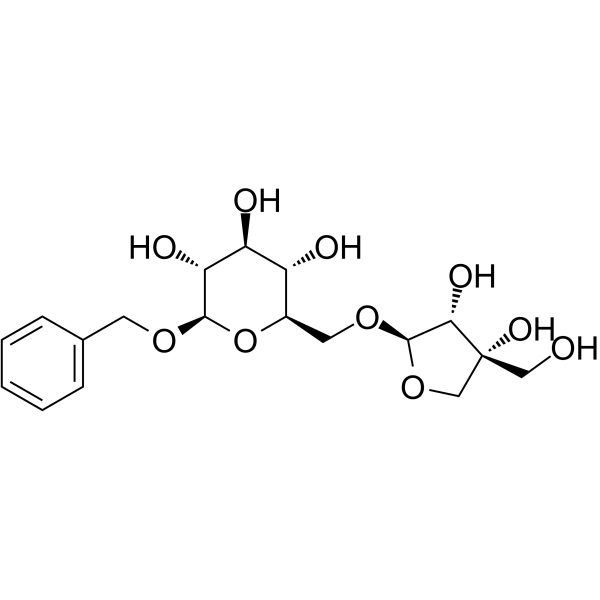
- HY-18342S
-
|
MK-647-d3
|
Isotope-Labeled Compounds
COX
|
Inflammation/Immunology
Cancer
|
|
Diflunisal-d3 is the deuterium labeled Diflunisal. Diflunisal (MK-647) is a salicylate derivative with nonsteroidal anti-inflammatory and uricosuric properties, which is used alone as an analgesic and in rheumatoid arthritis patients. The mechanism of action of diflunisal is as a Cyclooxygenase (COX) Inhibitor.
|
-
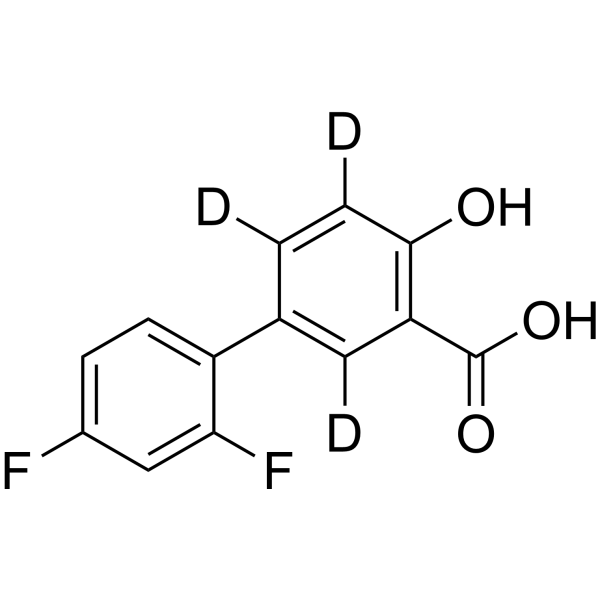
- HY-N2923
-
-
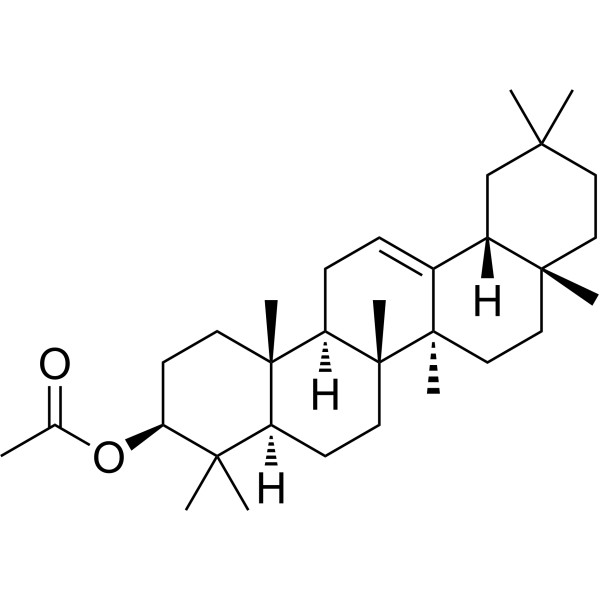
- HY-106583
-
|
Cinnoxicam; SPA-S-510; Sinartol
|
COX
|
Inflammation/Immunology
|
|
Piroxicam cinnamate (Cinnoxicam) is a cyclooxygenase (COX) inhibitor, with anti-inflammatory activity. Piroxicam cinnamate is stable under gastric conditions, can be used for inflammatory-degenerative osteoarticular diseases, rheumatic disorders, and varicocele (VC) associated oligoasthenospermia research .
|
-
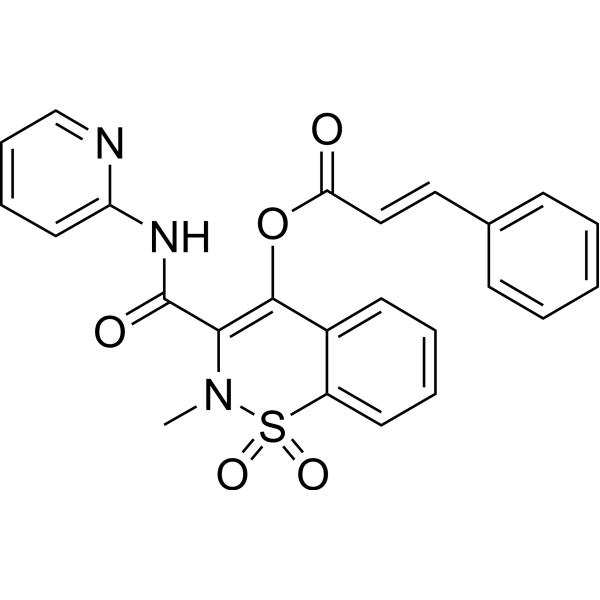
- HY-131668
-
|
|
Endogenous Metabolite
|
Inflammation/Immunology
|
|
9-POHSA is a fatty acid ester of hydroxy fatty acids (FAHFAs). 9-POHSA shows anti-inflammatory effects via inhibiting cytokine production and reduces IL-1β and IL-6 expression .
|
-
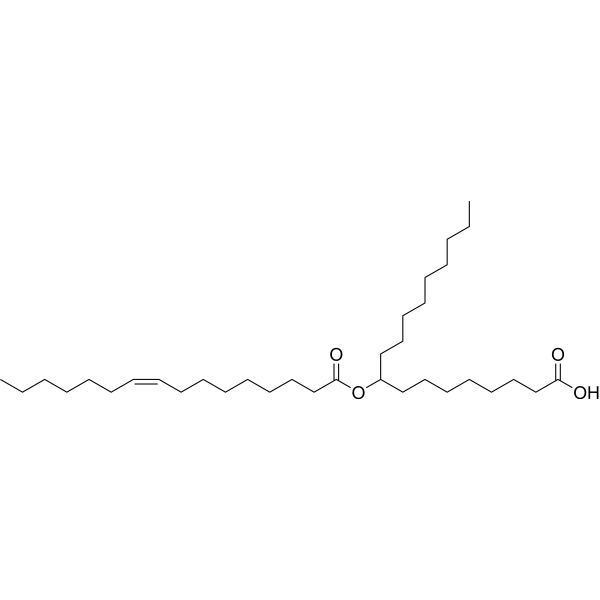
- HY-N0158
-
|
|
TGF-beta/Smad
Apoptosis
|
Infection
Inflammation/Immunology
Cancer
|
|
Oxymatrine, an alkaloid from Sophora flavescens Alt. with anti-inflammatory, antifibrosis, and antitumor effects, inhibits the iNOS expression and TGF-β/Smad pathway. Oxymatrine inhibits bocavirus minute virus of canines (MVC) replication, reduces viral gene expression and decreases apoptosis induced by viral infection.
|
-
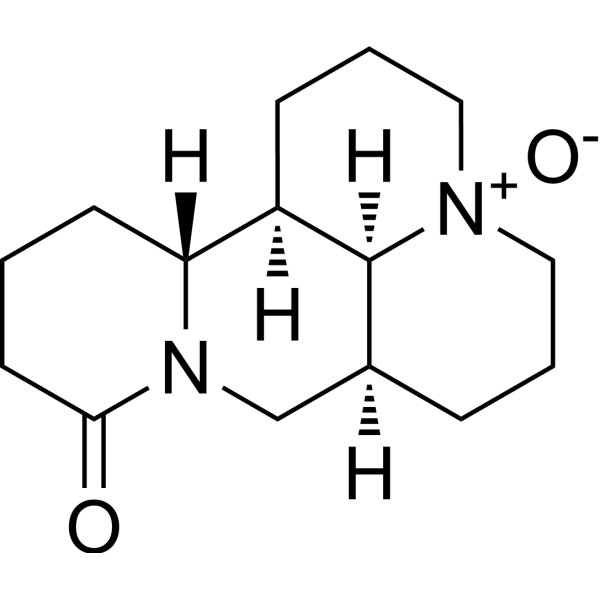
- HY-W041489
-
|
|
NF-κB
Caspase
|
Inflammation/Immunology
Cancer
|
|
Chelidonic acid is a component of Chelidonium majus L., used as an antimicrobial. Chelidonic acid also shows anti-inflammatory activity. Chelidonic acid has potential to inhibit IL-6 production by blocking NF-κB and caspase-1 . Chelidonic acid is a glutamate decarboxylase inhibitor, with a Ki of 1.2 μM .
|
-
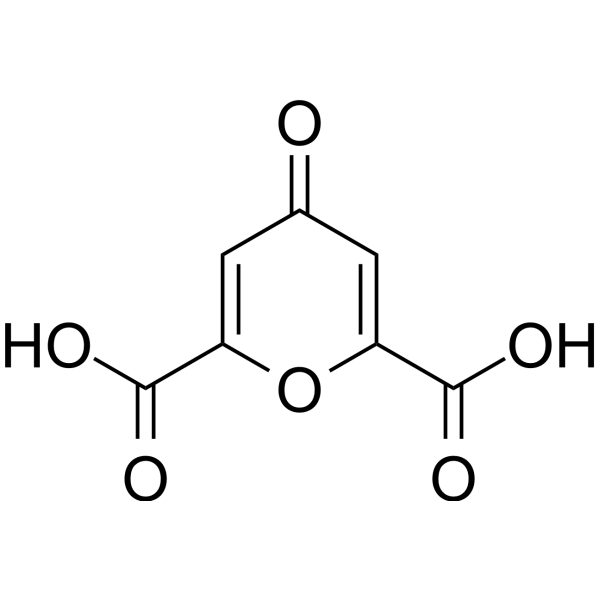
- HY-16726
-
|
CG100649
|
COX
Carbonic Anhydrase
|
Cancer
|
|
Polmacoxib (CG100649) is a first-in-class, orally active nonsteroidal anti-inflammatory agent (NSAID) which is a dual inhibitor of COX-2 (IC50 around 0.1 μg/ml) and carbonic anhydrase . Polmacoxib inhibits colorectal adenoma and tumor growth in mouse models .
|
-
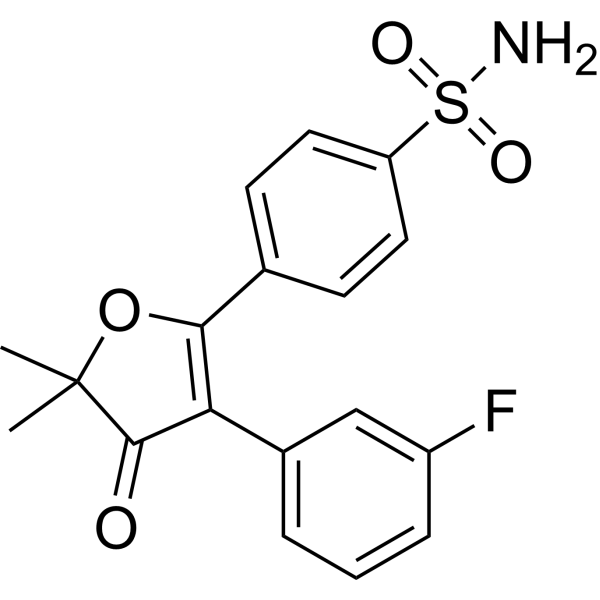
- HY-147377
-
-
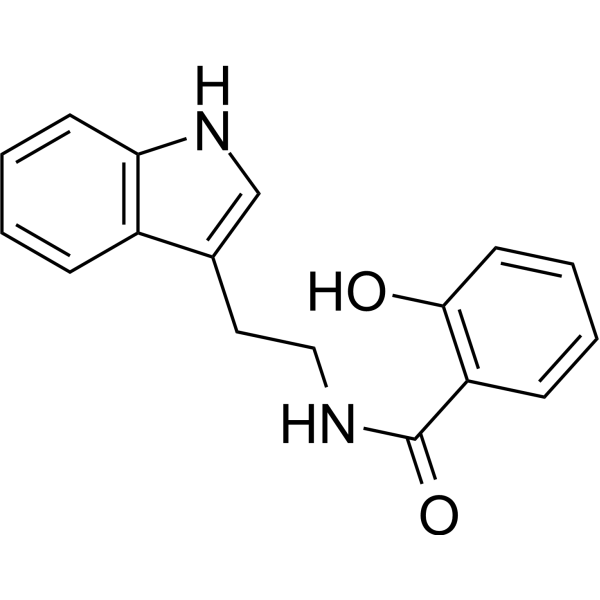
- HY-155568
-
|
|
Reactive Oxygen Species
Apoptosis
|
Neurological Disease
Inflammation/Immunology
|
|
Flo8 is a potent anti-inflammatory and antioxidant compound. Flo8 inhibits the release of intracellular reactive oxygen species (ROS) and nitric oxide (NO) and suppresses neuronal apoptotic by inhibiting inflammatory and apoptotic signaling pathways. Flo8 can be used for Parkinson's Disease (PD) research .
|
-

- HY-N0889
-
|
|
Wnt
Apoptosis
Autophagy
|
Inflammation/Immunology
Cancer
|
|
Ginkgetin, a biflavone, is isolated from Ginkgo biloba leaves. Ginkgetin exhibit anti-tumor, anti-inflammatory, neuroprotective, anti-fungal activities. Ginkgetin is also a potent inhibitor of Wnt signaling, with an IC50 of 5.92 μΜ .
|
-
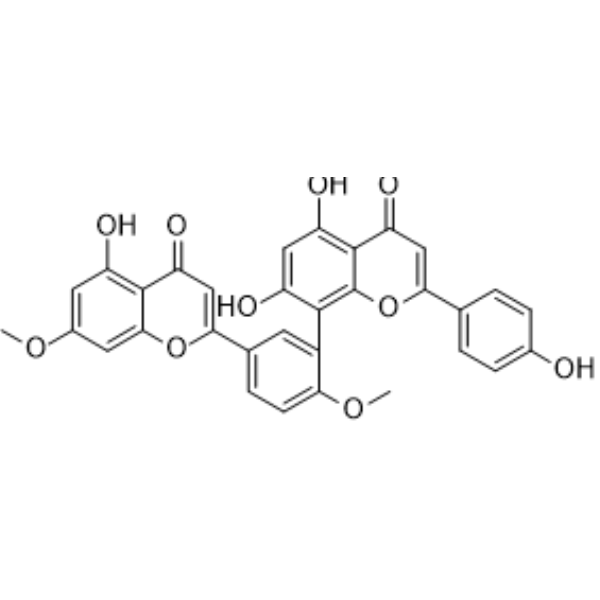
- HY-N0351
-
|
trans-4-Hydroxycinnamic acid
|
Endogenous Metabolite
Bacterial
Apoptosis
|
Inflammation/Immunology
Cancer
|
|
p-Coumaric acid (trans-4-Hydroxycinnamic acid) is an isomer of cinnamic acid with oral activity. p-Coumaric acid inhibits cell proliferation and promotes apoptosis. p-Coumaric acid has antibacterial, anti-inflammatory, antioxidant and anti-tumor activities .
|
-
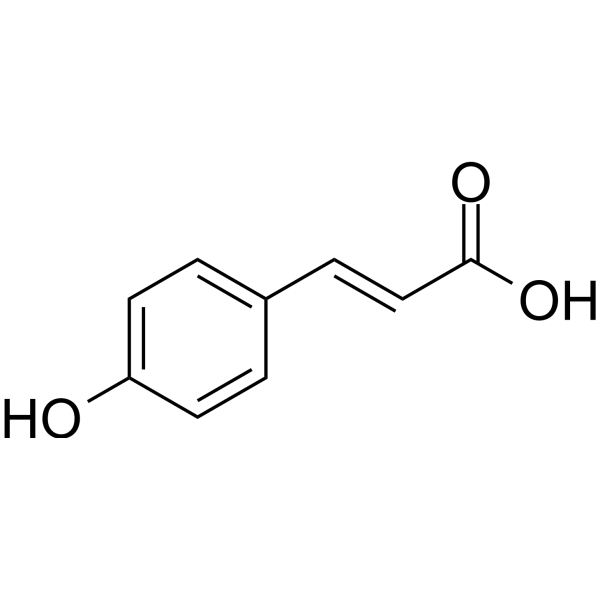
- HY-N0523
-
-
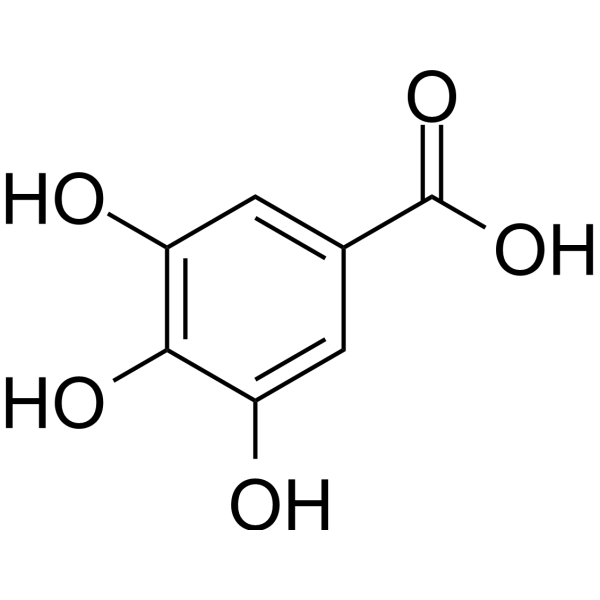
- HY-114335
-
|
|
NF-κB
Fungal
|
Infection
Inflammation/Immunology
Cancer
|
|
Triphala, an Ayurvedic polyherbal formulation comprising of equiproportional fruit parts of Terminalia chebula, Terminalia bellerica, and Phyllanthus emblica . Triphala inhibits NF-κB activation. Triphala exerts antifungal action . Anti-adipogenic, anti-inflammatory, and anti-neoplastic activities.
|
-
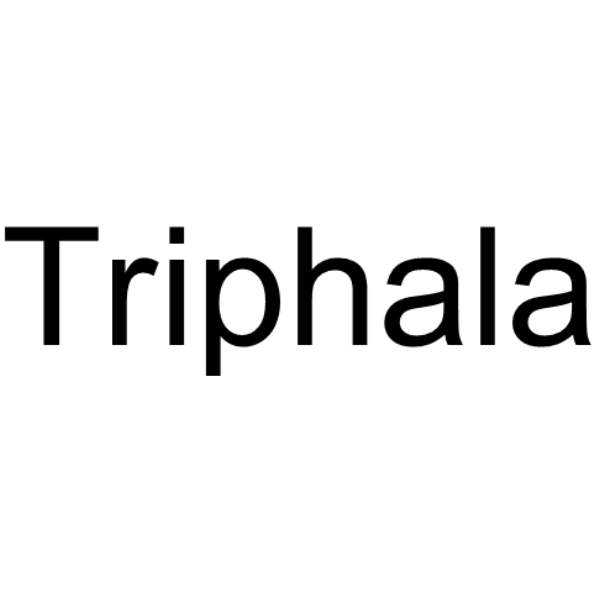
- HY-N2165
-
-
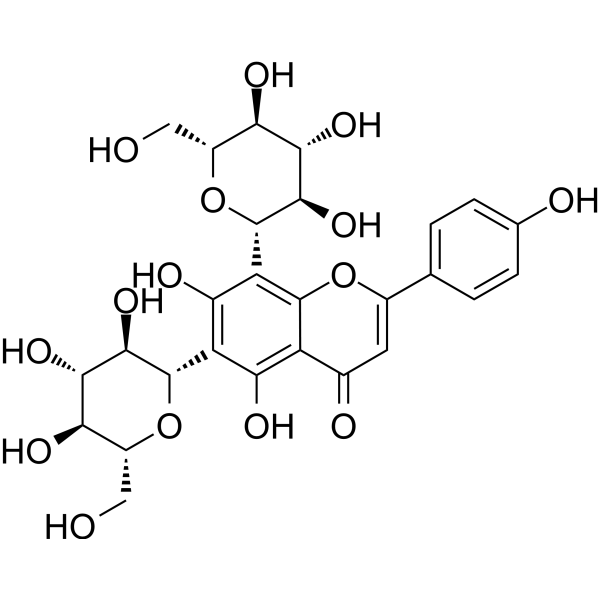
- HY-N0072
-
|
|
Apoptosis
Autophagy
|
Inflammation/Immunology
Cancer
|
|
Brazilin is a red dye precursor obtained from the heartwood of several species of tropical hardwoods. Brazilin inhibits the cells proliferation, promotes apoptosis, and induces autophagy through the AMPK/mTOR pathway. Brazilin shows chondroprotective and anti-inflammatory activities .
|
-
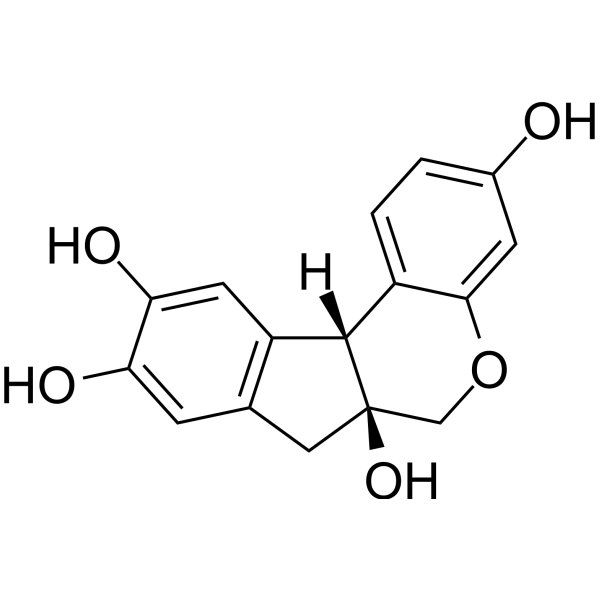
- HY-N0222
-
-
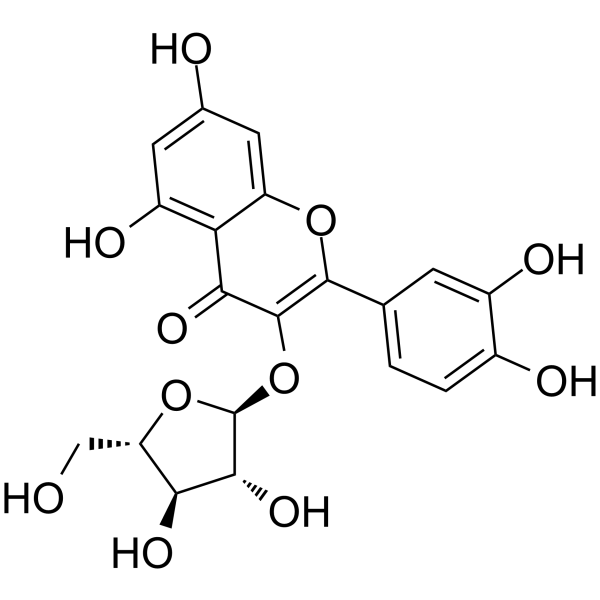
- HY-N4233
-
|
|
p38 MAPK
|
Inflammation/Immunology
|
|
Bisabolangelone, a sesquiterpene derivative, is isolated from the roots of Osterici Radix. Bisabolangelone possesses anti-inflammatory properties, which inhibits LPS-stimulated inflammation through the blocking of NF-kappaB and MAPK pathways in macrophages. Bisabolangelone has anti-ulcer activities .
|
-
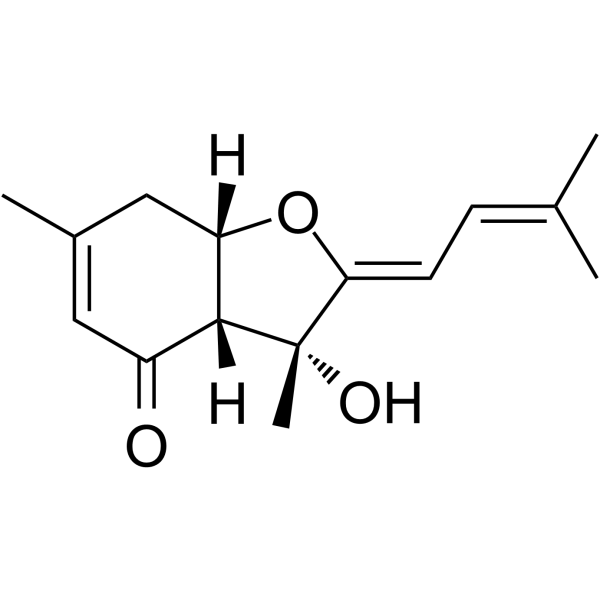
- HY-N0697
-
-

- HY-B0253S
-
|
CP-16171 d3
|
COX
|
Inflammation/Immunology
Cancer
|
|
Piroxicam-d3 is deuterium labeled Piroxicam. Piroxicam is a non-steroidal anti-inflammatory drugs, acts as a COX inhibitor, with IC50s of 47, 25 μM for human monocyte COX-1 and COX-2, respectively [1].
|
-

- HY-B1799
-
|
|
COX
|
Inflammation/Immunology
Cancer
|
|
Tolmetin is an orally active and potent COX inhibitor with IC50s of 0.35 μM and 0.82 μM human COX-1 and COX-2, respectively. Tolmetin is a non-steroidal anti-inflammatory drug (NSAID) .
|
-
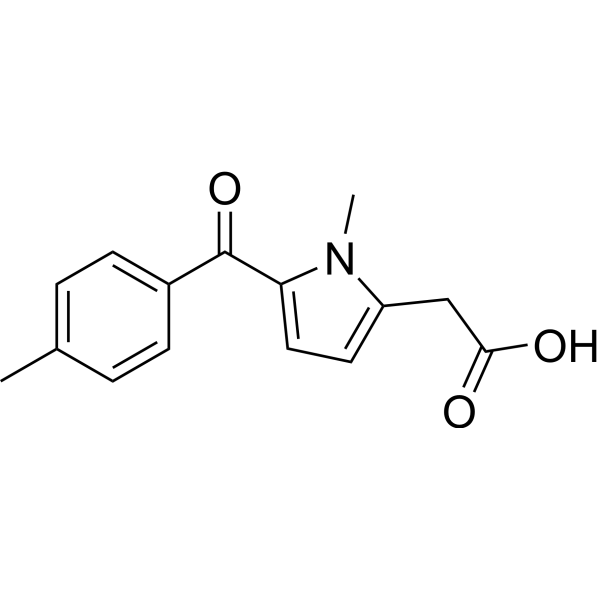
- HY-108966
-
|
|
Beta-secretase
|
Inflammation/Immunology
|
|
Kushenol C, isolated from the roots of Sophora flavescens, shows anti-Inflammatory and anti-oxidative stress activities. Kushenol C inhibits BACE1 (β-site APP cleaving enzyme 1) with an IC50 of 5.45 µM .
|
-
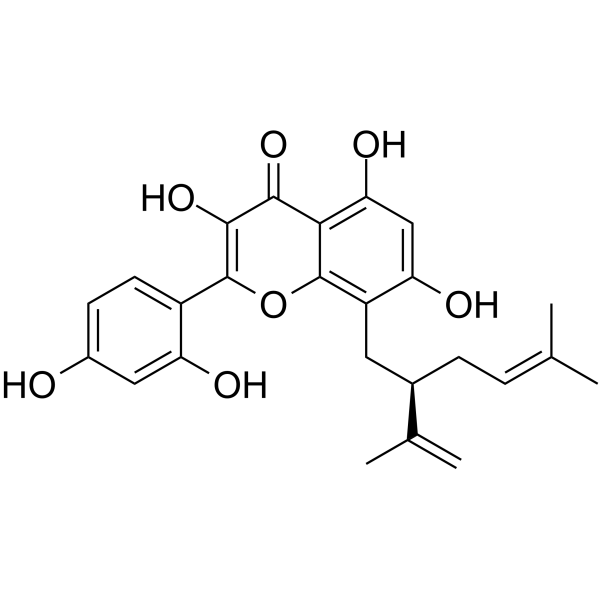
- HY-A0213B
-
|
Tiludronic acid disodium hemihydrate
|
Proton Pump
|
Metabolic Disease
|
|
Tiludronate (Tiludronic Acid) disodium hemihydrate, an orally active bisphosphonate, can act an osteoregulator. Tiludronate disodium hemihydrate is used for the research of the metabolic bone disorders. Tiludronate disodium hemihydrate is a potent inhibitor of the osteoclast vacuolar H +-ATPase. Antiresorptive and anti-inflammatory properties .
|
-
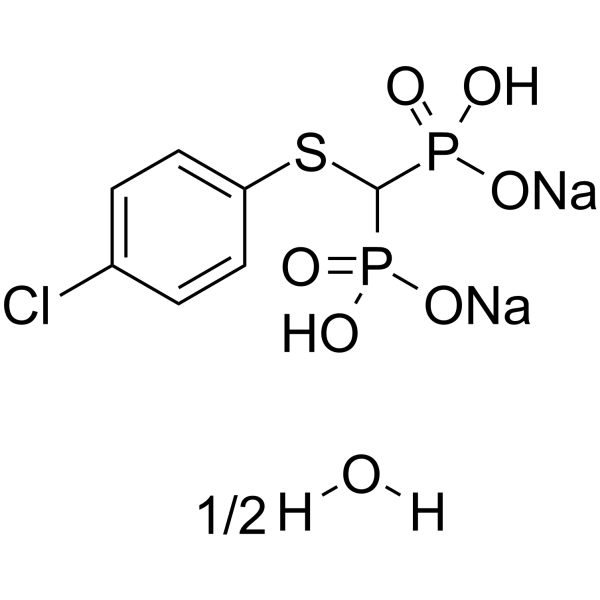
- HY-N0523A
-
|
3,4,5-Trihydroxybenzoic acid hydrate
|
|
|
|
Gallic acid (3,4,5-Trihydroxybenzoic acid) hydrate is a natural polyhydroxyphenolic compound and an free radical scavenger to inhibit cyclooxygenase-2 (COX-2) . Gallic acid hydrate has various activities, such as antimicrobial, antioxidant, antimicrobial, anti-inflammatory, and anticance activities .
|
-
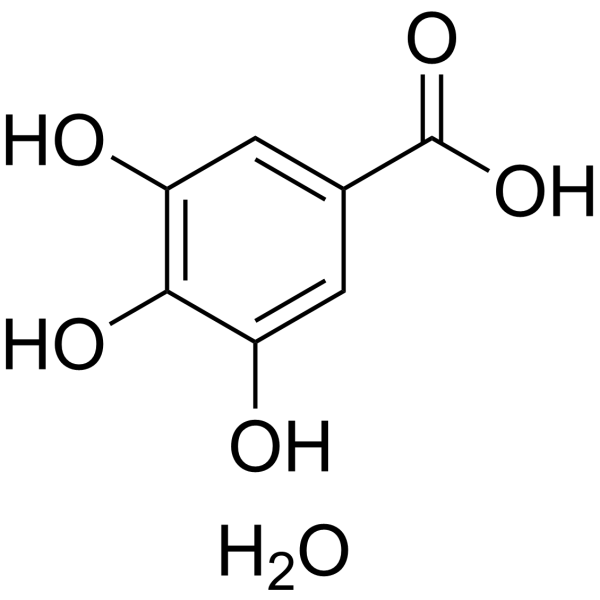
- HY-19929
-
|
CHF-6001
|
Phosphodiesterase (PDE)
|
Inflammation/Immunology
|
|
Tanimilast (CHF-6001) is a novel highly potent and selective phosphodiesterase 4 inhibitor(IC50=0.026 ± 0.006 nM) with robust anti-inflammatory activity and suitable for topical pulmonary administration.Tanimilast is used for the research of obstructive lung diseases .
|
-
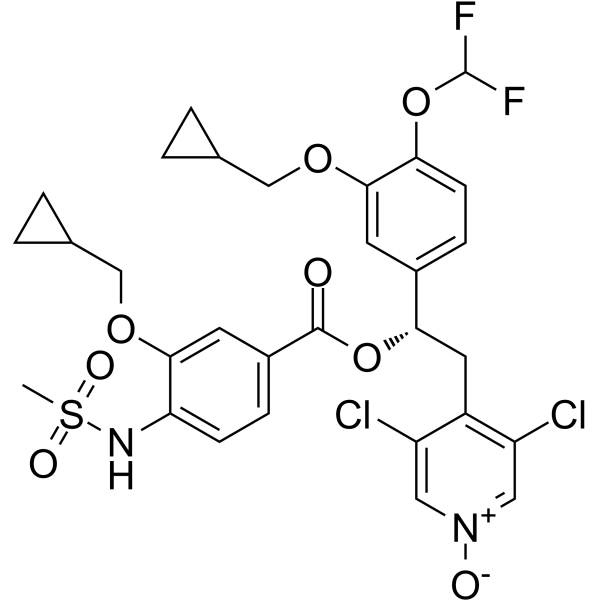
- HY-N8593
-
|
|
TNF Receptor
|
Infection
|
|
Undecane has anti-allergic and anti-inflammatory activities on sensitized rat basophilic leukemia (RBL-2H3) mast cells and HaCaT keratinocytes. In sensitized mast cells, Undecane inhibits degranulation and the secretion of histamine and TNF-α [
|
-
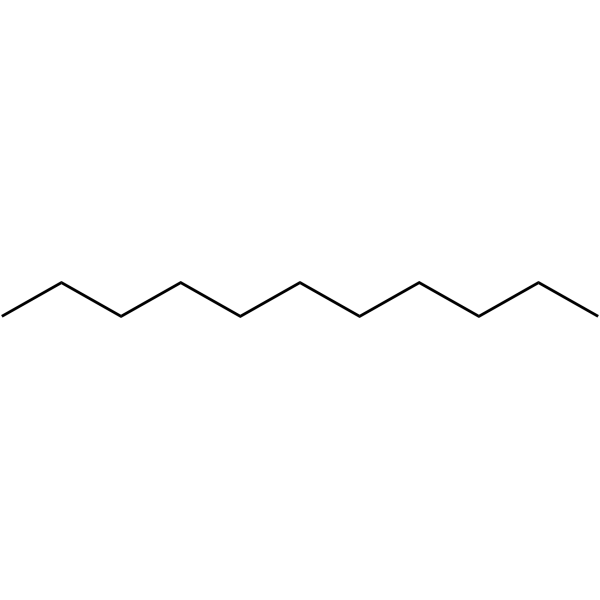
- HY-118827
-
|
Quadrisol; CERM 10202; PM 150
|
COX
|
Inflammation/Immunology
|
|
Vedaprofen (Quadrisol) is a COX-1 selective nonsteroidal anti-inflammatory agent (NSAID) for serum TxB2 and exudate PGE2 inhibition . Vedaprofen is a Escherichia coli (E. coli) sliding clamp (SC) inhibitor with the IC50 of 222 μM .
|
-
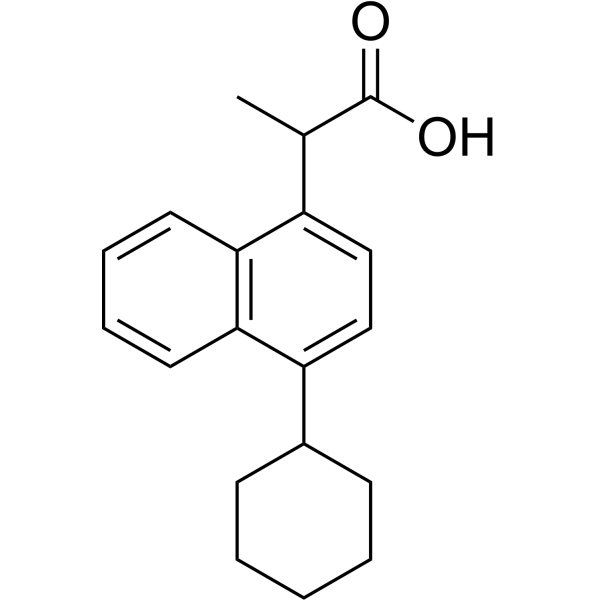
- HY-146161
-
|
|
COX
NO Synthase
|
Inflammation/Immunology
|
|
COX-2/NO-IN-1 is an orally active nitric oxide synthase (iNOS), COX-2 expression and NO (IC50 of 3.52 μM) inhibitor. COX-2/NO-IN-1 has anti-inflammatory effects .
|
-
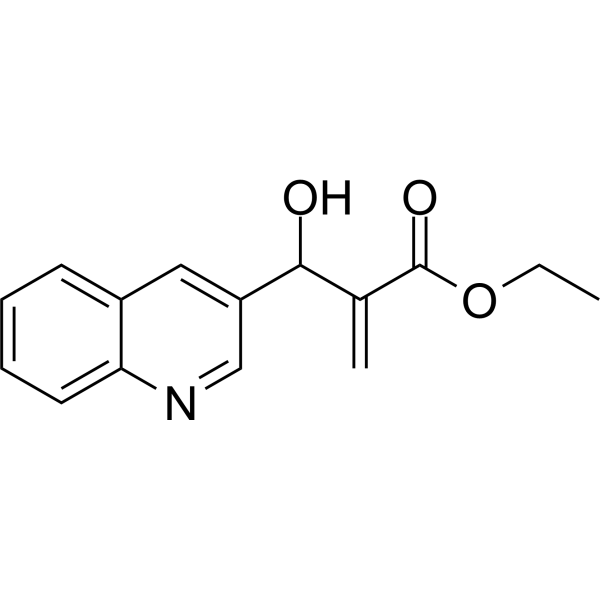
- HY-B1799A
-
|
|
COX
|
Inflammation/Immunology
Cancer
|
|
Tolmetin sodium is an orally active and potent COX inhibitor with IC50s of 0.35 μM and 0.82 μM human COX-1 and COX-2, respectively. Tolmetin sodium is a non-steroidal anti-inflammatory drug (NSAID) .
|
-
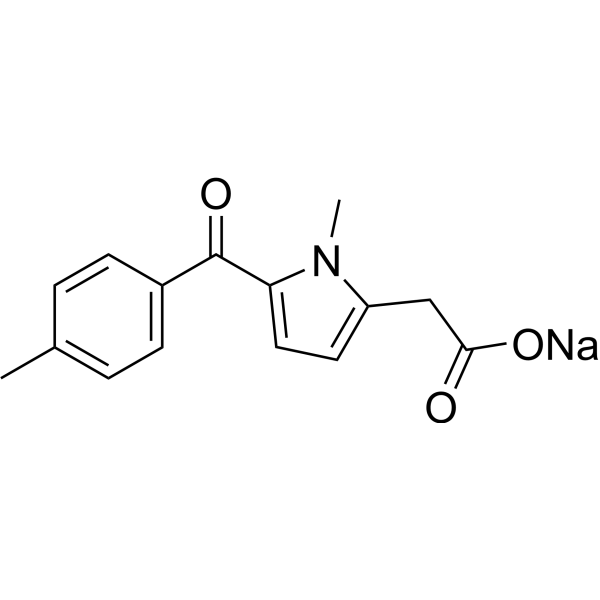
- HY-153935
-
-
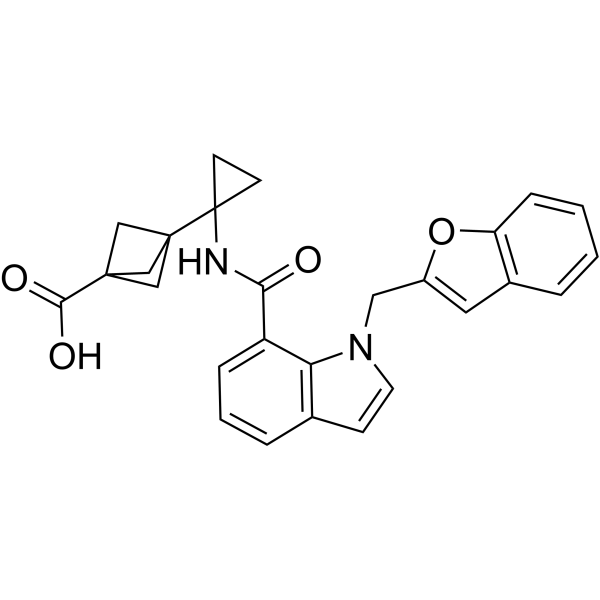
- HY-P2275B
-
-
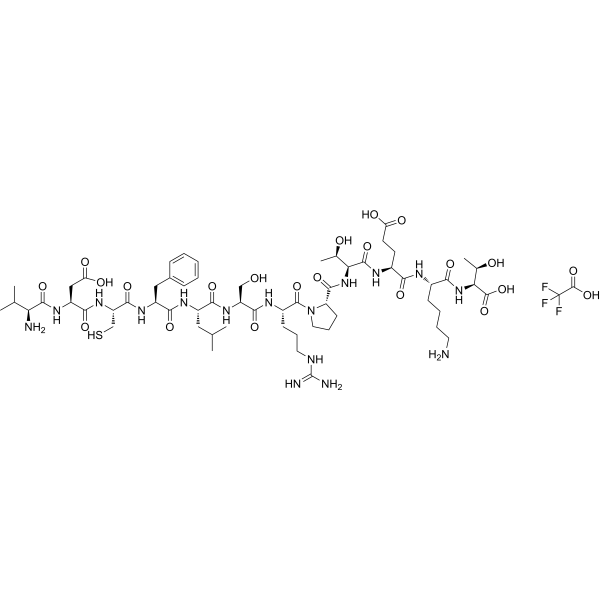
- HY-N1184
-
|
|
|
|
|
Tagitinin F is a sesquiterpene with potent anti-inflammatory properities and nuclear factor-kappa B inhibition. Tagitinin F inhibits ipopolysaccharide-induced myeloperoxidase activity in human neutrophils. Tagitinin F decreases the secretion of inflammatory products without inducing apoptosis in neutrophils .
|
-
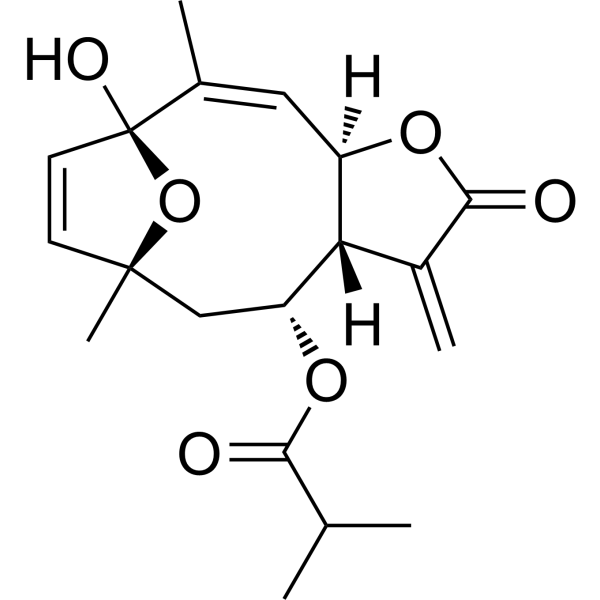
- HY-155133
-
|
|
COX
|
|
|
COX-2-IN-34 (compound 8a) is a selective and orally active inhibitor of COX-2 , with an IC50 of 0.42 μM. COX-2-IN-34 has no gastric ulcer toxicity but has anti-inflammatory effects .
|
-
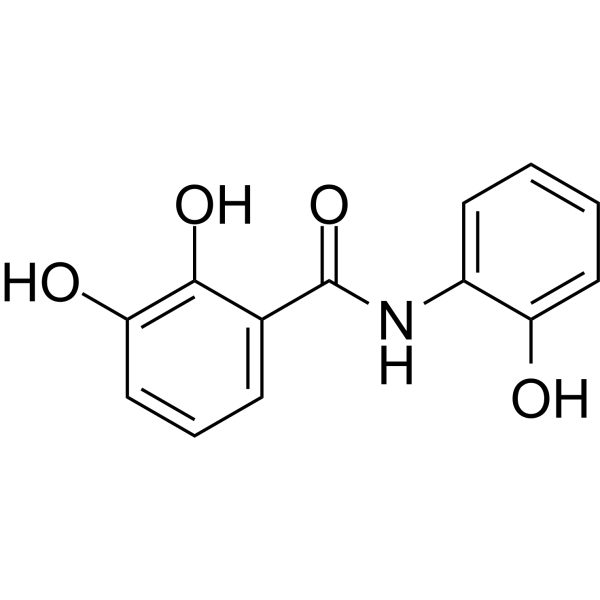
- HY-126383
-
|
|
Others
|
Infection
Others
Inflammation/Immunology
Cancer
|
|
Spilanthol is an orally active analgesic, neuroprotective, antioxidant, antimutagenic, anti-cancer, anti-inflammatory, antimicrobial and insecticidal compound.pilanthol can induce cAMP to inhibit negative regulation of urinary concentration mechanism. Spilanthol can be use as diuretic research .
|
-
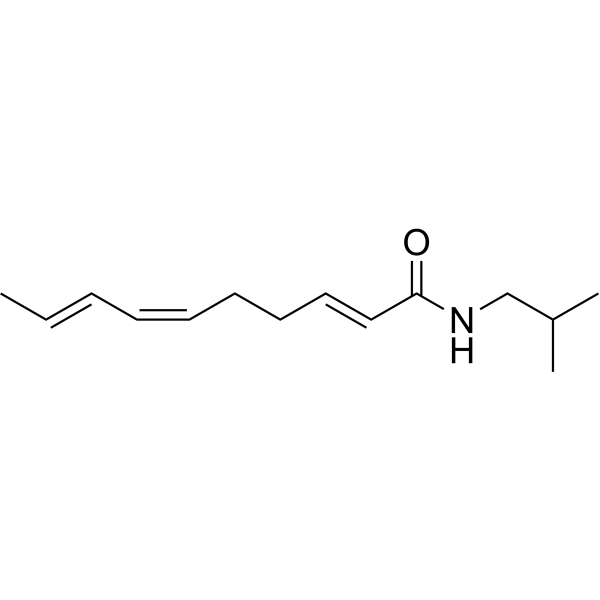
- HY-N12494
-
|
|
NO Synthase
|
Inflammation/Immunology
|
|
Diplacol is a geranylated flavanone that can be isolated from paulownia trees (Paulownia coreana UYEKI). Diplacol has anti-inflammatory activity. Diplacol inhibits NO production in LPS-stimulated Raw264.7 cells with an IC50 value of 4.53 μM .
|
-
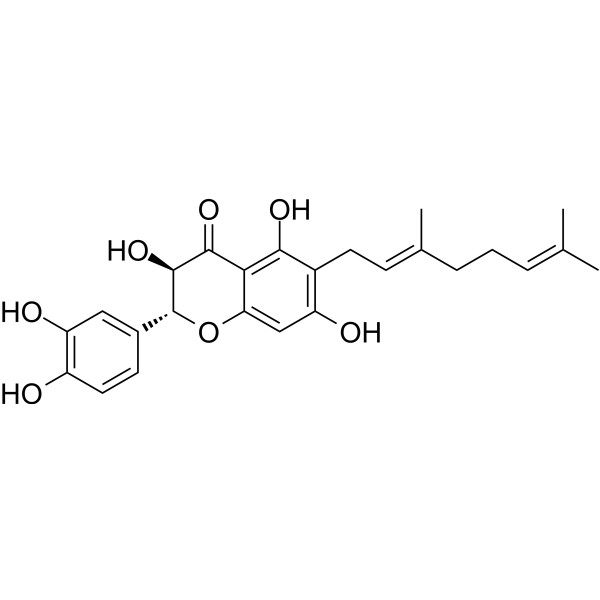
- HY-162333
-
|
|
NOD-like Receptor (NLR)
|
Inflammation/Immunology
|
|
BAL-0028 (Compound 3) is a NLRP3 activation inhibitor with a IC50 value of 25 nM. BAL-0028 binds closely to the NACHT domain of the NLRP3 with KD values of 104-123 nM. BAL-0028 has anti-inflammatory activity .
|
-
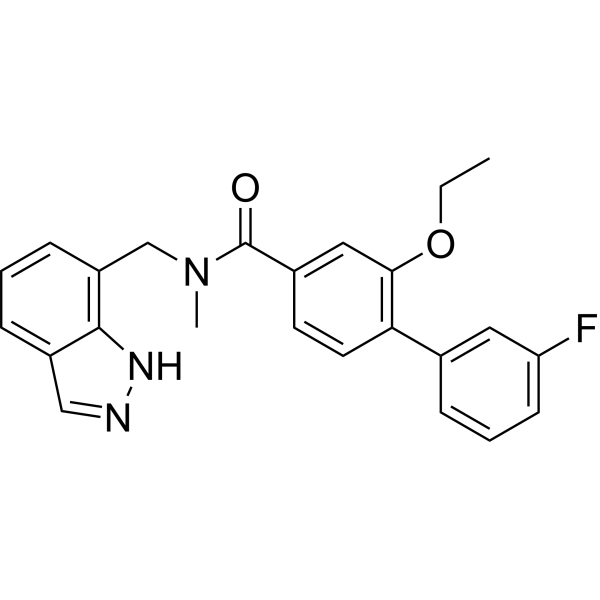
- HY-13418
-
|
Compound C dihydrochloride; BML-275 dihydrochloride
|
Organoid
AMPK
TGF-β Receptor
Autophagy
|
Cancer
|
|
Dorsomorphin (Compound C) dihydrochloride is a potent, selective and ATP-competitive AMPK inhibitor, with a Ki of 109 nM. Dorsomorphin dihydrochloride inhibits BMP pathway by targeting the type I receptors ALK2, ALK3, and ALK6. Dorsomorphin dihydrochloride can reverse autophagy activation and anti-inflammatory effect of Urolithin A (HY-100599).
|
-
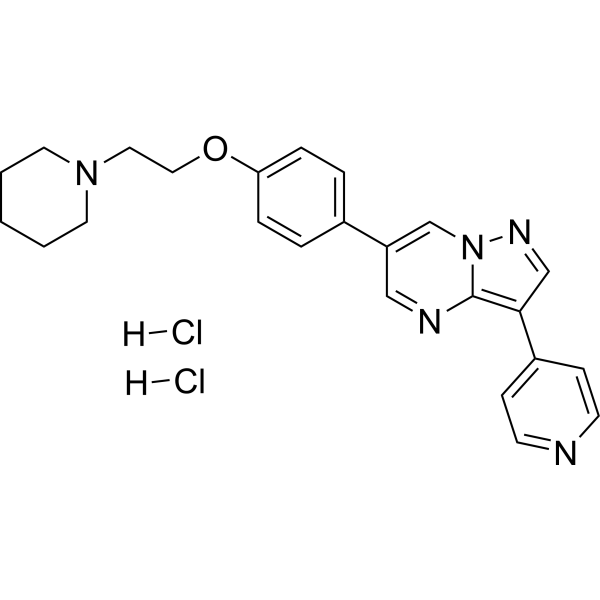
- HY-W014612
-
|
Acetyleugenol
|
Fungal
Bacterial
Endogenous Metabolite
|
Infection
Inflammation/Immunology
Cancer
|
|
Eugenol acetate (Eugenyl acetate) is an antibacterial, anticancer, anti-inflammatory and antioxidant. Eugenol acetate inhibits NF-κB and enhances the expression of p53 and p21 (WAF1). Eugenol acetate can prevent chemically induced skin cancer, inhibit cancer cell proliferation and induce apoptosis .
|
-
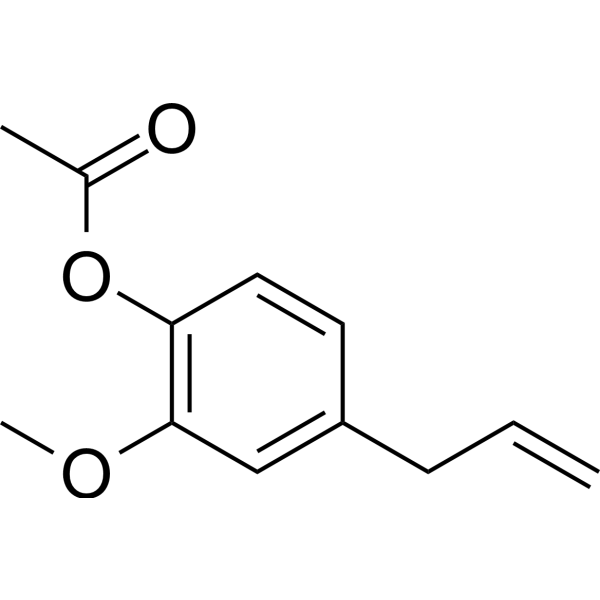
- HY-119970
-
|
|
NF-κB
|
Inflammation/Immunology
Cancer
|
|
Helenalin is an anti-inflammatory sesquiterpene lactone. Helenalin selectively inhibits transcription factor NF-κB by directly targeting p65. Helenalin has alkylating activity, targets the cysteine sulfhydryl groups in the p65 subunit of NF-κB, thereby inhibits its DNA binding .
|
-
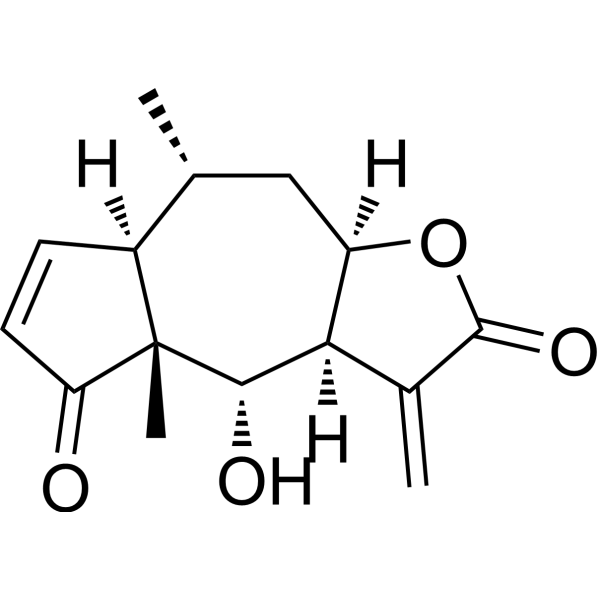
- HY-145846
-
|
|
NO Synthase
Interleukin Related
|
Inflammation/Immunology
|
|
iNOs-IN-1 (YPW) is a potent inducible nitric oxide synthase (iNOS) inhibitor. iNOs-IN-1 can significantly inhibit the expression of IL-6 and iNOS, as well as reduce LPS-induced NO generation with dose-dependent manner in mouse macrophages. Anti-inflammatory effects .
|
-
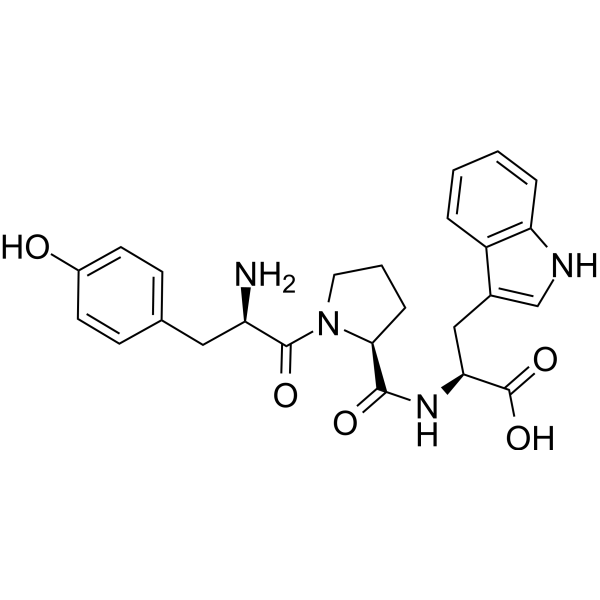
- HY-N0803
-
|
β-Myrcene
|
NF-κB
|
Others
|
|
Myrcene (β-Myrcene) is a type of aromatic compound that inhibits TNFα and NF-κB activity. Myrcene has anti-invasive action, inhibits cell cycle, and leads to cancer cell apoptosis. Myrcene has strong blood protection effect, anti-inflammation, and anti-inflammatory activity.
|
-
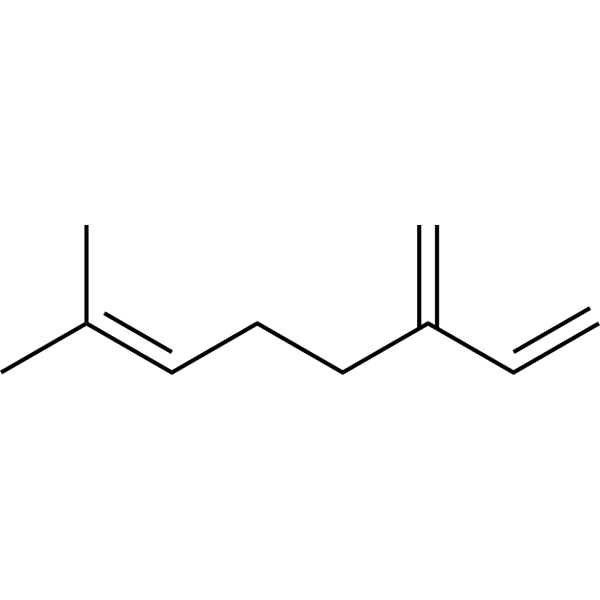
- HY-147719
-
|
|
COX
|
Inflammation/Immunology
|
|
COX-2-IN-16 (compound 2b) is a potent, selective and orally active COX-2 inhibitor with an IC50 of 102 µM. COX-2-IN-16 inhibits the NO production. COX-2-IN-16 shows anti-inflammatory activity .
|
-
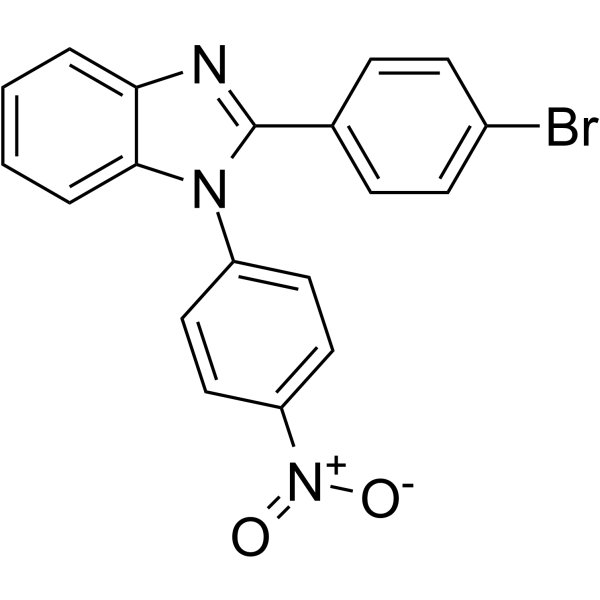
- HY-149816
-
-
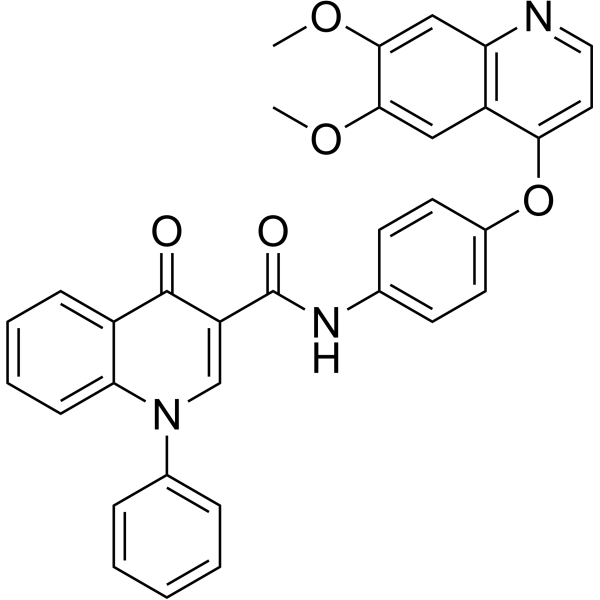
- HY-19212
-
|
|
COX
Lipoxygenase
|
Inflammation/Immunology
|
|
S-2474 is an inhibitor of COX-2 and 5-lipoxygenase (5-LO), with IC50s of 11 nM and 27 μM for COX-2 and COX-1 in human intact cells, and used as a nonsteroidal anti-inflammatory agent.
|
-
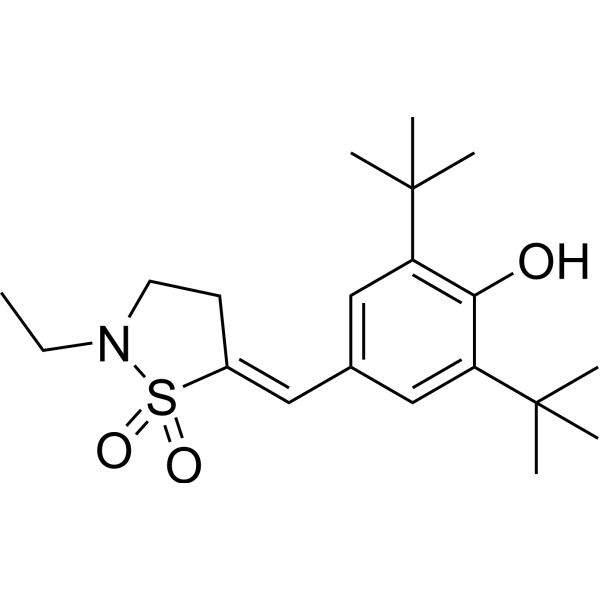
- HY-B0363
-
|
R805
|
COX
|
Inflammation/Immunology
|
|
Nimesulide is a selective COX-2 inhibitor, with IC50s of 70 nM-70 μM in a time-dependent manner, but it shows no effect on COX-1 (IC50 >100 μM). Nimesulide has potent anti-inflammatory, analgesic and antipyretic properties.
|
-
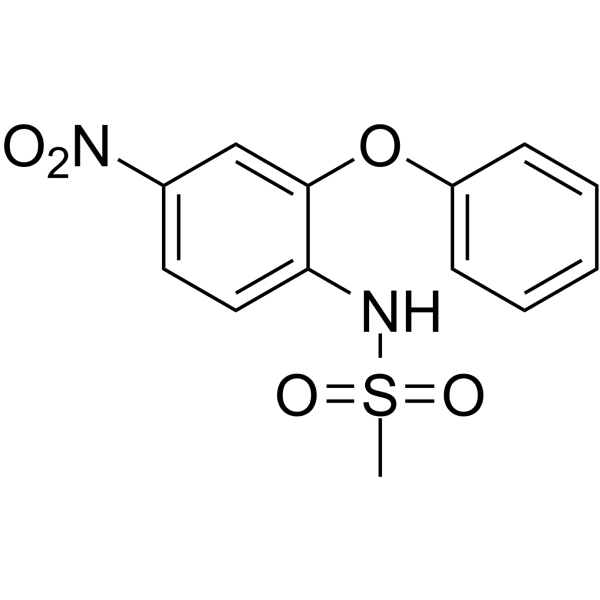
- HY-N0004
-
|
NSC-250682; Isodonol
|
Akt
Bacterial
|
Infection
Inflammation/Immunology
Cancer
|
|
Oridonin (NSC-250682), a diterpenoid isolated from Rabdosia rubescens, acts as an inhibitor of AKT, with IC50s of 8.4 and 8.9 μM for AKT1 and AKT2; Oridonin possesses anti-tumor, anti-bacterial and anti-inflammatory effects.
|
-
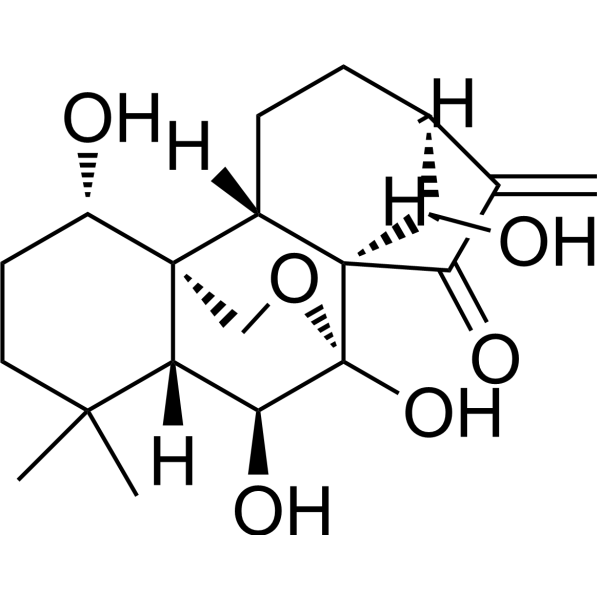
- HY-B0289S
-
-
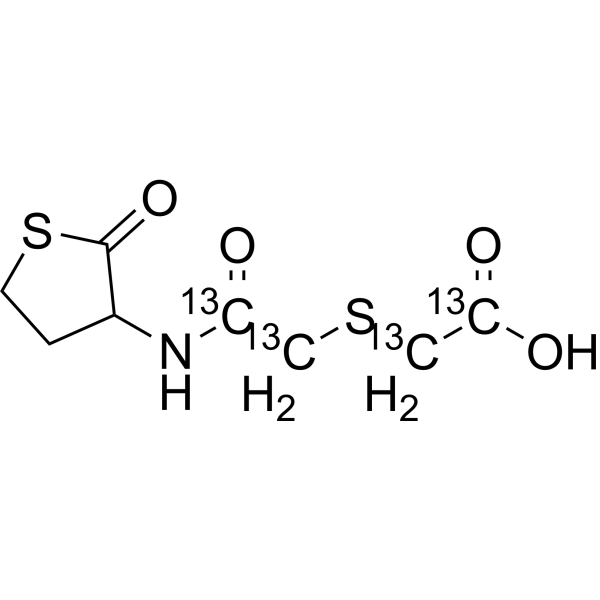
- HY-110398
-
|
Baicalein trimethyl ether
|
p38 MAPK
|
Inflammation/Immunology
Cancer
|
|
5,6,7-Trimethoxyflavone is a novel p38-α MAPK inhibitor with an anti-inflammatory effect. 5,6,7-Trimethoxyflavone is isolated from several plants including Zeyhera tuberculosa, Callicarpa japonica, and Kickxia lanigera .
|
-
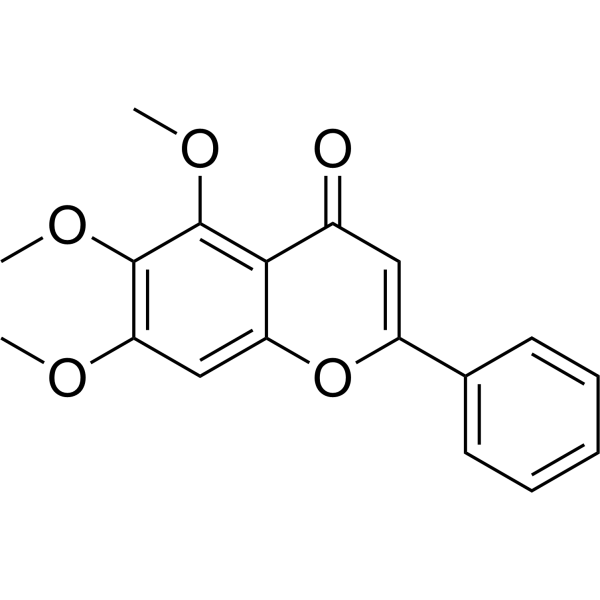
- HY-16908A
-
|
BC-3781 acetate
|
|
|
|
Lefamulin (BC-3781) acetate is an orally active antibiotic. Lefamulin acetate inhibits protein synthesis by binding to the peptidyl transferase center of the 50S bacterial ribosome. Lefamulin acetate has anti-inflammatory activity. Lefamulin acetate can be used in the research of bacterial infections, such as bacterial pneumonia .
|
-
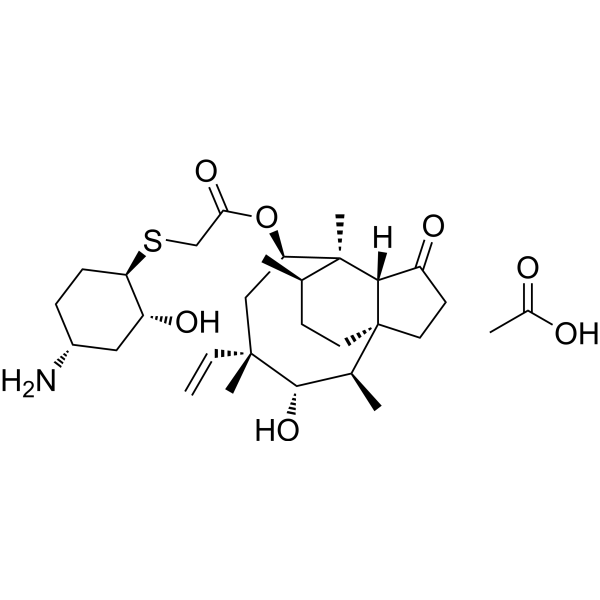
- HY-N6641
-
|
|
Others
|
Inflammation/Immunology
Cancer
|
|
Monascin is a kind of azaphilonoid pigments extracted from Monascus pilosus-fermented rice (red-mold rice). Monascin also exhibits anti-tumor-initiating activity and anti-inflammatory activity with oral administration. Monascin inhibits the activation of NOR 1 (an NO donor) .
|
-
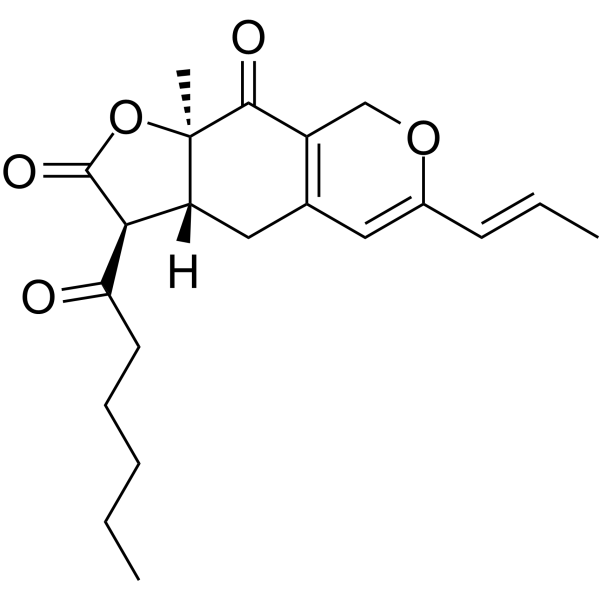
- HY-136592
-
|
|
COX
|
Inflammation/Immunology
Cancer
|
|
1-Hydroxy Ibuprofen is a metabolite of Ibuprofen in P. australis . Ibuprofen is an anti-inflammatory inhibitor targeting COX-1 and COX-2 with IC50s of 13 μM and 370 μM, respectively .
|
-
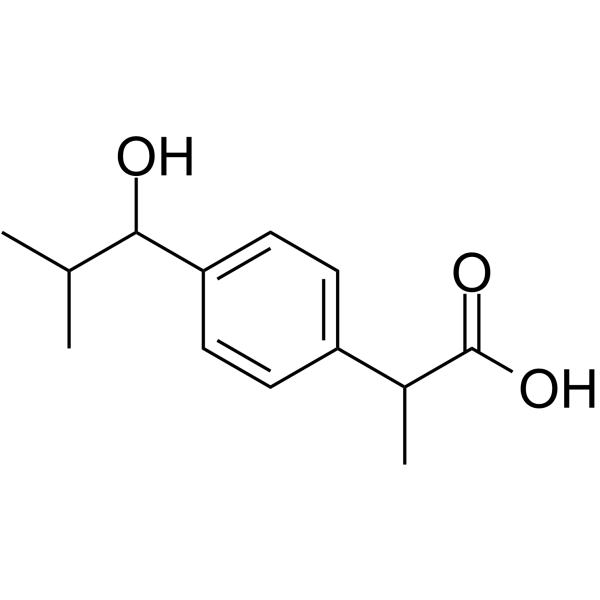
- HY-13571AS1
-
|
|
Isotope-Labeled Compounds
Glucocorticoid Receptor
|
Inflammation/Immunology
Endocrinology
|
|
Beclometasone dipropionate-d10 is the deuterium labeled Beclometasone dipropionate. Betamethasone dipropionate, the proagent of Betamethasone, is an orally active and potent glucocorticoid with anti-inflammatory and immunosuppressive activity. Betamethasone appears to be an effective inhibitor of LPS-induced inflammation and MMP release[1][2].
|
-
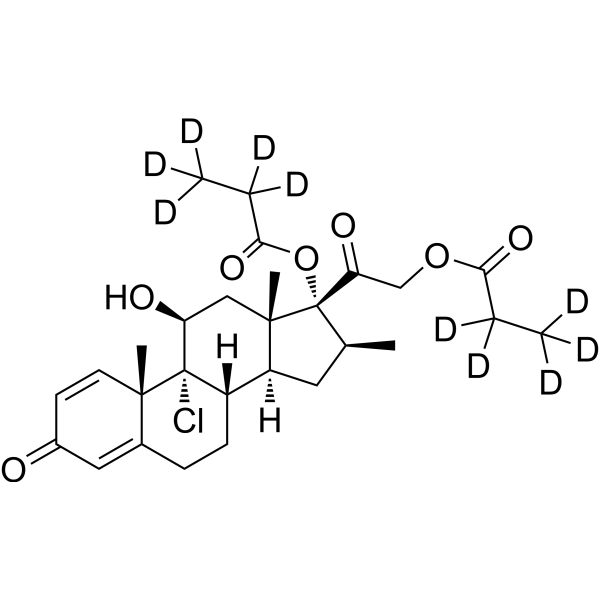
- HY-W015635
-
|
|
Others
|
Cancer
|
|
Diallyl disulfide, an active compound in garlic oil, is an orally active human squalene monooxygenase inhibitor with an IC50 of 400 μM for squalene epoxidation. Diallyl disulfide exhibits obvious anti-inflammatory, anti-oxidative, antidepressant and anti-tumor activities .
|
-
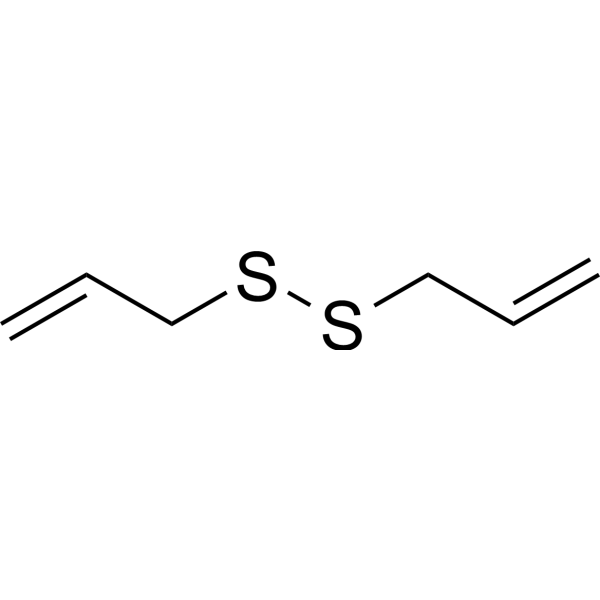
- HY-114950
-
|
Losartan Carboxaldehyde; DuP 167
|
COX
|
Cardiovascular Disease
Inflammation/Immunology
|
|
EXP3179 is an important intermediate aldehyde metabolite of Losartan. EXP3179 has no AT1-R–blocking activity, but potently inhibits the expression of endothelial cyclooxygenase (COX)-2. EXP3179 exerts potent anti-inflammatory actions .
|
-
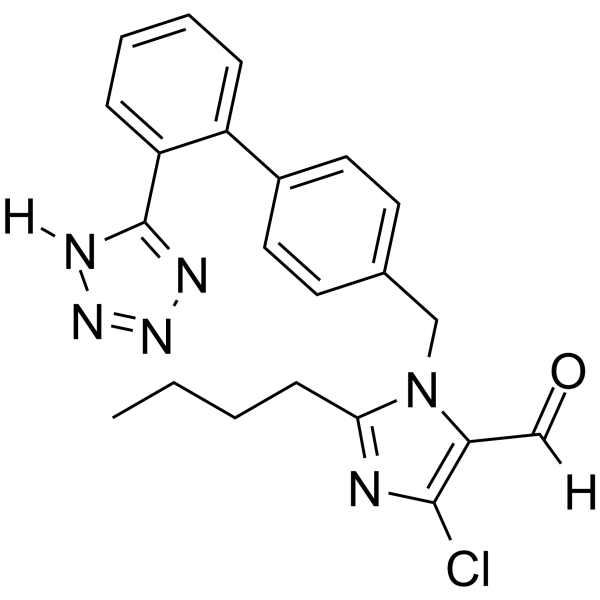
- HY-13571AS
-
|
|
Isotope-Labeled Compounds
Glucocorticoid Receptor
|
Inflammation/Immunology
Endocrinology
|
|
Beclometasone dipropionate-d6 is deuterium labeled Beclometasone dipropionate. Betamethasone dipropionate, the proagent of Betamethasone, is an orally active and potent glucocorticoid with anti-inflammatory and immunosuppressive activity. Betamethasone appears to be an effective inhibitor of LPS-induced inflammation and MMP release[1][2].
|
-
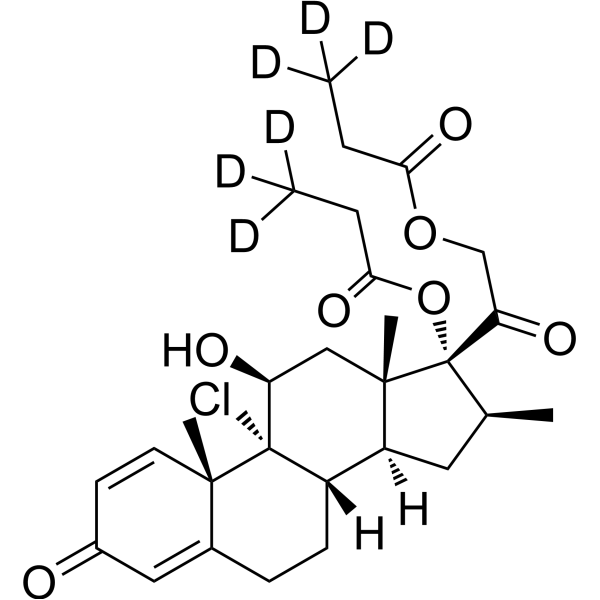
- HY-122311
-
|
SMTP-7
|
Reactive Oxygen Species
|
Neurological Disease
Inflammation/Immunology
|
|
Orniplabin (SMTP-7) is a low-molecular-weight compound that enhances plasminogen–fibrin binding, urokinase-catalyzed activation of plasminogen, and urokinase and plasminogen-mediated fibrin degradation. Orniplabin shows potential thrombolytic and anti-inflammatory effects. Orniplabin inhibits ROS .
|
-
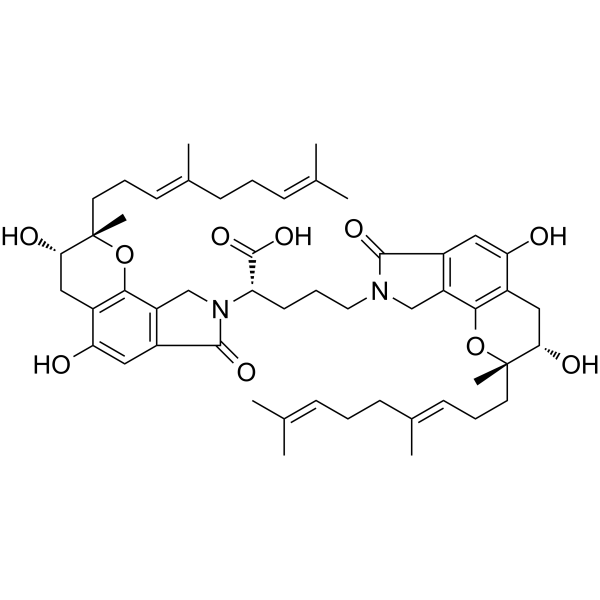
- HY-150060
-
|
|
Phosphodiesterase (PDE)
|
Inflammation/Immunology
|
|
PDE4-IN-11 is an inhibitor of phosphodiesterase isoenzyme 4 (PDE4). PDE4-IN-11 displays highly effective bronchodilatory and anti-inflammatory properties, can be used for obstructive or inflammatory airway diseases research .
|
-
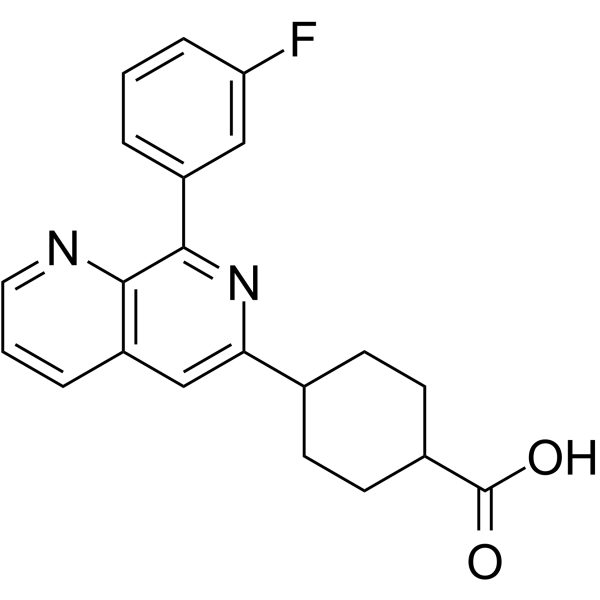
- HY-N9975
-
|
|
Others
|
Inflammation/Immunology
Cancer
|
|
4'',5''-Dehydroisopsoralidin is a β-glucuronidase inhibitor (IC50: 6.3 μM). 4'',5''-Dehydroisopsoralidin has anti-inflammatory and anti-oxidative effects. 4'',5''-Dehydroisopsoralidin can be used in the research of inflammation and cancners .
|
-

- HY-16908
-
|
BC-3781
|
|
|
|
Lefamulin (BC-3781) is an orally active antibiotic. Lefamulin inhibits protein synthesis by binding to the peptidyl transferase center of the 50S bacterial ribosome. Lefamulin has anti-inflammatory activity. Lefamulin can be used in the research of bacterial infections, such as bacterial pneumonia .
|
-
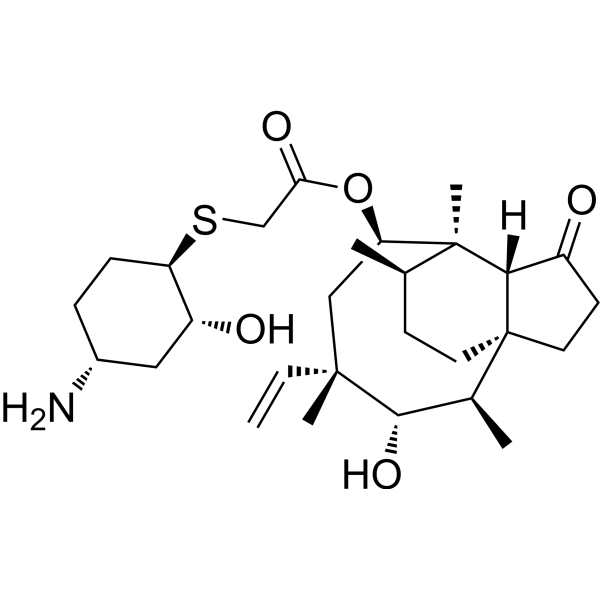
- HY-122961
-
|
1,2-Didehydromiltirone
|
NF-κB
p38 MAPK
|
Inflammation/Immunology
|
|
Dehydromiltirone (1,2-Didehydromiltirone) is a diterpenoid quinone with an anti-inflammatory effect. Dehydromiltirone prevents liver injury by modifying the MAPK and NF-κB signaling pathways, reducing neuroinflammatory responses, and inhibiting platelet aggregation. Dehydromiltirone can be used for osteoporosis research .
|
-
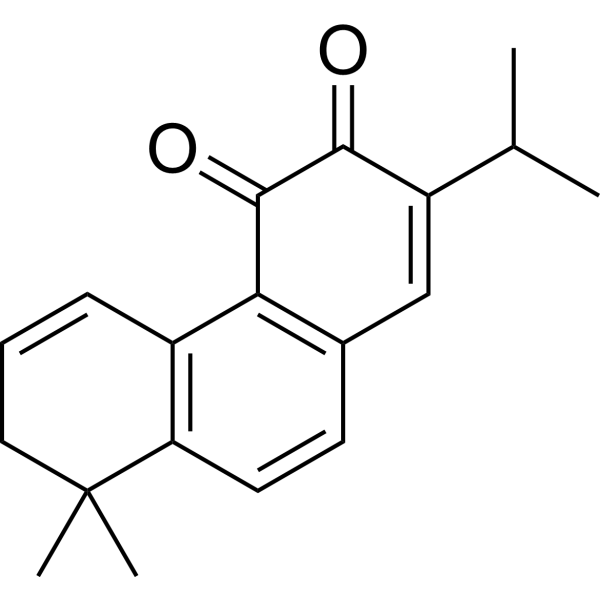
- HY-126067
-
|
|
Glucosidase
Apoptosis
|
Inflammation/Immunology
|
|
(-)-Pinoresinol is a plant-derived tetrahydrofuran lignan that inhibits α-glucosidase and acts as a hypoglycemic agent. (-)-Pinoresinol has some anti-inflammatory effects and acts as a chemopreventive agent, inducing increased apoptosis and cell cycle G2/M arrest .
|
-
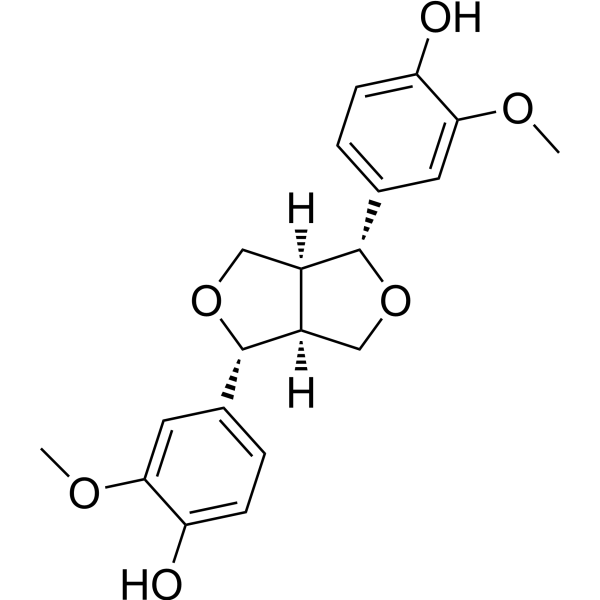
- HY-162334
-
|
|
Others
|
Inflammation/Immunology
Cancer
|
|
HYOU1-IN-1 (Compound 33) is an inhibitor of hypoxia-upregulated protein 1 (HYOU1) with anti-inflammatory activity. HYOU1-IN-1 can be used in research on the regulation of fibroblast activation, chronic inflammation, and fibrotic diseases .
|
-
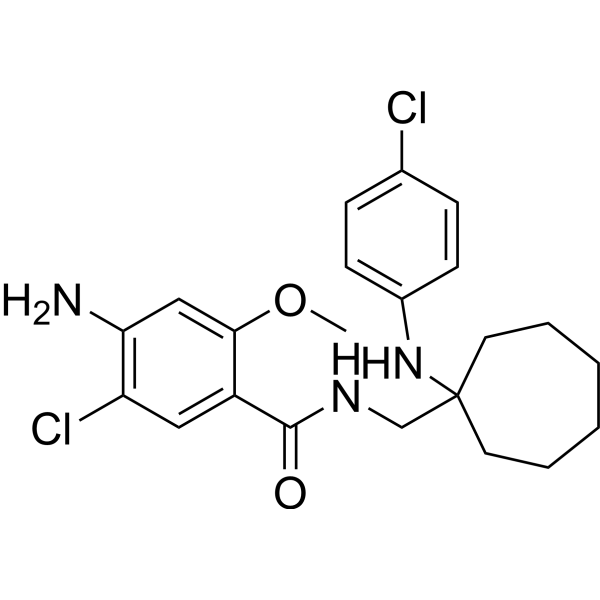
- HY-12403
-
|
TXA127; Angiotensin (1-7); Ang-(1-7)
|
Angiotensin Receptor
Angiotensin-converting Enzyme (ACE)
Endogenous Metabolite
|
Cardiovascular Disease
Inflammation/Immunology
Endocrinology
|
|
Angiotensin 1-7 (Ang-(1-7)) is an endogenous heptapeptide from the renin-angiotensin system (RAS) with a cardioprotective role due to its anti-inflammatory and anti-fibrotic activities in cardiac cells. Angiotensin 1-7 inhibits purified canine ACE activity (IC50=0.65 μM). Angiotensin 1-7 acts as a local synergistic modulator of kinin-induced vasodilation by inhibiting ACE and releasing nitric oxide. Angiotensin 1-7 blocks Ang II-induced smooth muscle cell proliferation and hypertrophy and shows antiangiogenic and growth-inhibitory effects on the endothelium. Angiotensin 1-7 shows anti-inflammatory activity .
|
-
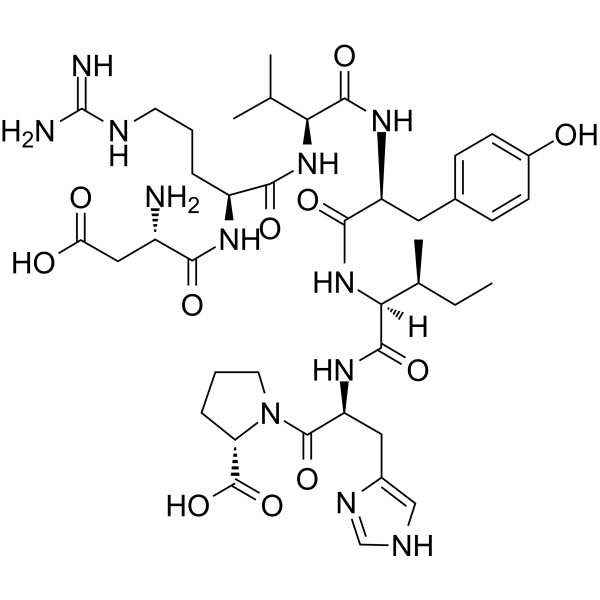
- HY-136427
-
|
|
Nuclear Factor of activated T Cells (NFAT)
|
Inflammation/Immunology
|
|
KRM-III is a potent and orally active T-cell antigen receptor (TCR) inhibitor. KRM-III inhibits TCR- and phorbol myristate acetate/ionomycin-induced activation of nuclear factor of activated T cells (NFAT) and T-cell proliferation with an IC50 of ~5 μM. Anti-inflammatory activity .
|
-
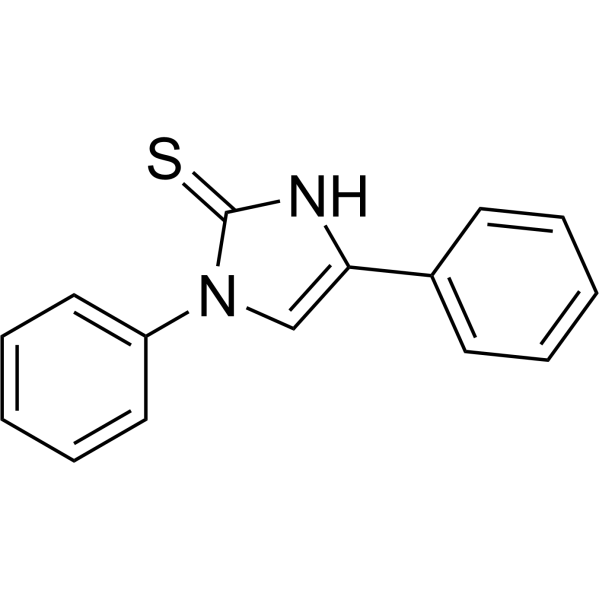
- HY-149355
-
|
|
COX
|
Inflammation/Immunology
|
|
COX-2-IN-33 (compound 5f) is a COX-2 inhibitor (IC50=45.5 nM), as well as a potential anti-inflammatory agent. COX-2-IN-33 inhibits in vivo pro-inflammatory cytokine production and keep gastric safety .
|
-
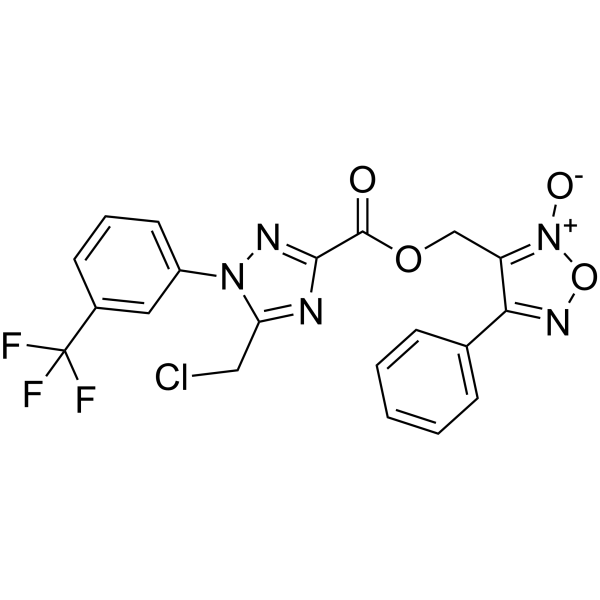
- HY-W011849
-
|
|
NF-κB
COX
|
Cancer
|
|
Phenyl β-D-glucopyranoside has anti-cancer and anti-inflammatory activities. Phenyl β-D-glucopyranoside inhibits nitric oxide (NO) production, and the expression of iNOS and COX-2. Phenyl β-D-glucopyranoside also inhibits the nuclear translocation of NF-κB .
|
-
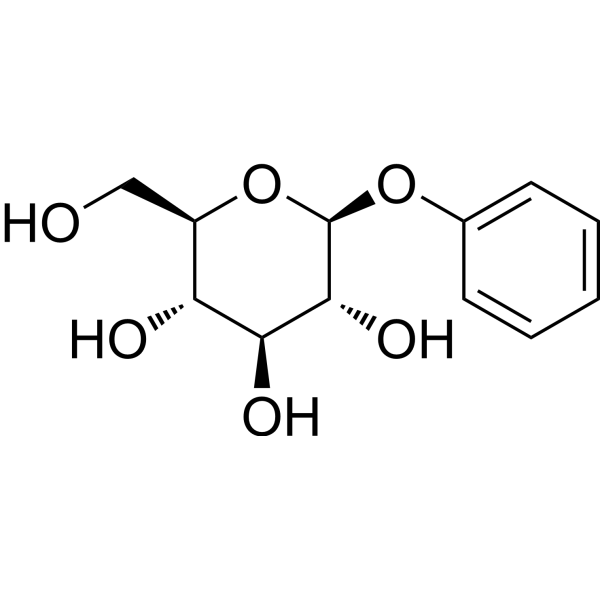
- HY-W303895
-
|
|
Others
|
Others
|
|
Luteolin (monohydrate) is the monohydrate of Luteolin. Luteolin (Luteoline), a flavonoid, is also a potent Nrf2 inhibitor. Luteolin has anti-inflammatory and anticancer properties, induces apoptosis and cell cycle arrest in multiple human cancer cell lines, including non-small lung cancer cells, and inhibits cell metastasis and angiogenesis .
|
-
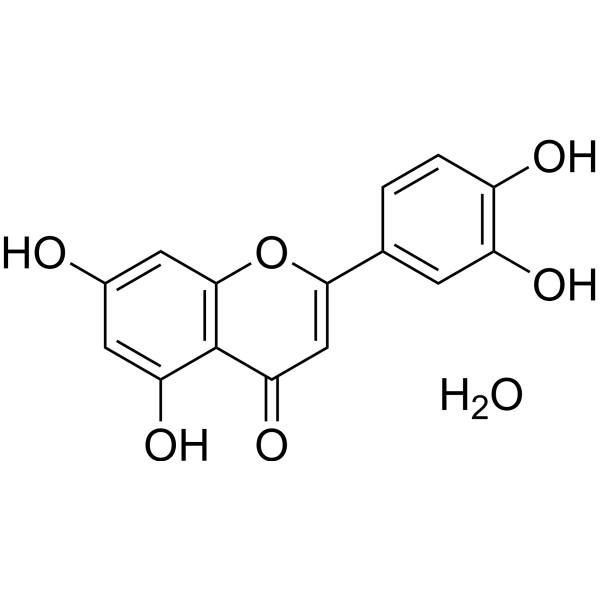
- HY-N3255
-
|
|
CXCR
STAT
|
Inflammation/Immunology
Cancer
|
|
Minecoside is a CXCR4/STAT3 inhibitor with anticancer and anti-inflammatory activity. Minecoside decreases CXCR4 expression and suppresses STAT3 activation, thus to inhibit CXCL 12-induced invasion. Minecoside potently inhibits cancer metastasis and promotes apoptotic progression .
|
-
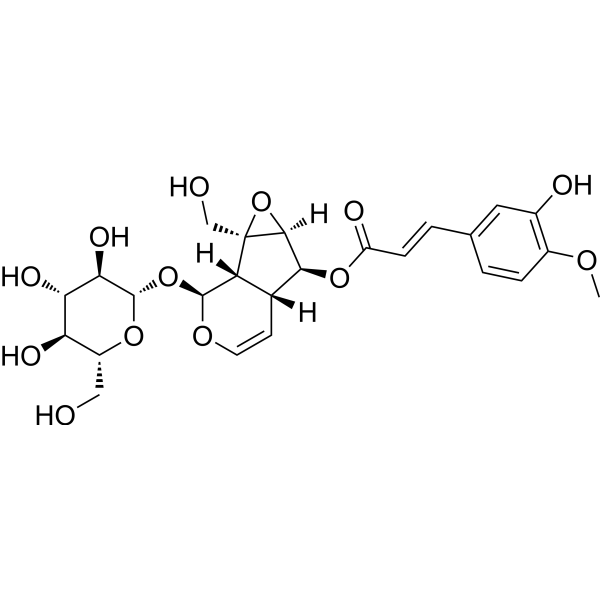
- HY-15321
-
|
MK-0663; L-791456
|
COX
|
Inflammation/Immunology
Cancer
|
|
Etoricoxib (MK-0663) is a non steroidal anti-inflammatory agent, acting as a selective and orally active COX-2 inhibitor, with IC50s of 1.1 μM and 116 μM for COX-2 and COX-1 in human whole blood.
|
-
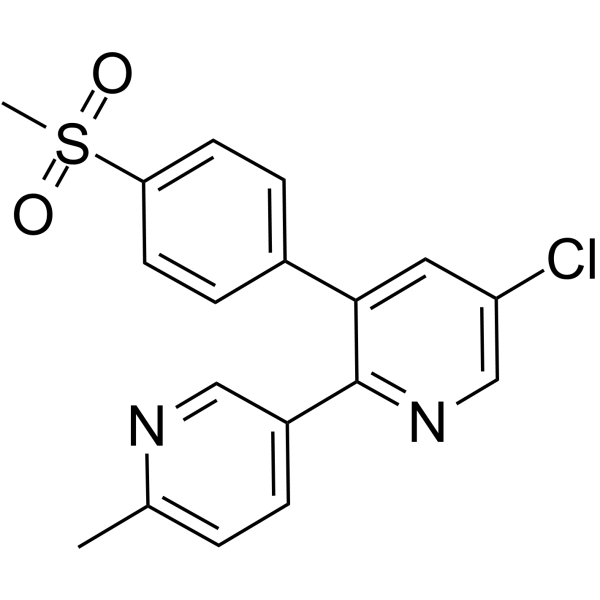
- HY-B1489
-
|
|
COX
|
Inflammation/Immunology
Cancer
|
|
Tolmetin sodium dihydrate is an orally active and potent COX inhibitor with IC50s of 0.35 μM and 0.82 μM human COX-1 and COX-2, respectively. Tolmetin sodium dihydrate is a non-steroidal anti-inflammatory drug (NSAID) .
|
-
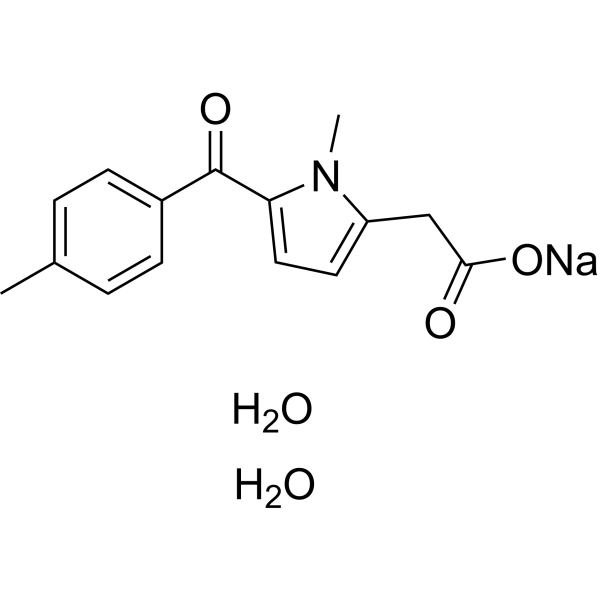
- HY-N0253
-
|
Kalopanaxsaponin B
|
Bacterial
p38 MAPK
NF-κB
Apoptosis
|
Infection
Inflammation/Immunology
|
|
Hederacoside C (Kalopanaxsaponin B) is an ingredient that can be obtained mainly from ivy leaves. Hederacoside C mediates inflammation by inhibiting activation of MAPK/NF-κB and its downstream signaling pathway. Hederacoside C has anti-inflammatory and antibacterial activity .
|
-
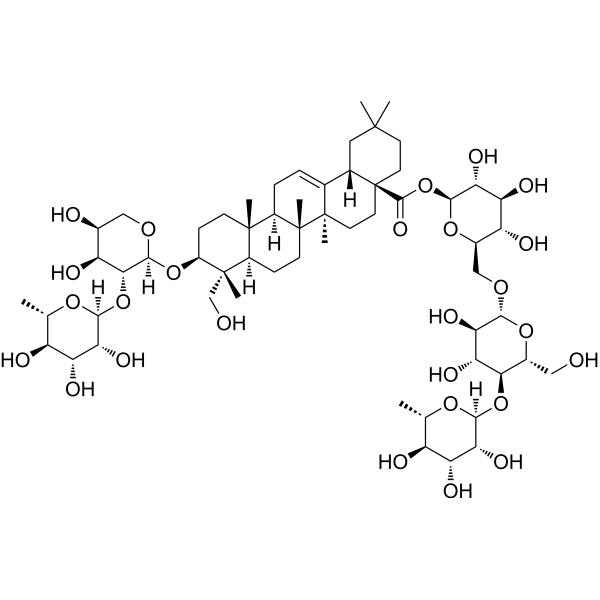
- HY-B0580S1
-
|
|
Isotope-Labeled Compounds
COX
|
Inflammation/Immunology
|
|
Ketorolac-d4 (RS37619 D4) is the deuterium labeled Ketorolac. Ketorolac is a non-steroidal anti-inflammatory agent, acting as a nonselective COX inhibitor, with IC50s of 20 nM for COX-1 and 120 nM for COX-2[1][2].
|
-
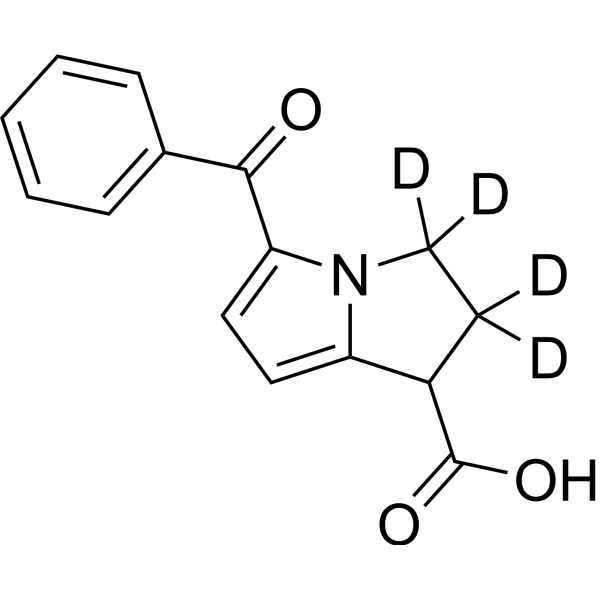
- HY-B0253S1
-
|
CP-16171-d4
|
Isotope-Labeled Compounds
COX
|
Inflammation/Immunology
Cancer
|
|
Piroxicam-d4 is the deuterium labeled Piroxicam. Piroxicam (CP-16171) is a non-steroidal anti-inflammatory drugs, acts as a COX inhibitor, with IC50s of 47, 25 μM for human monocyte COX-1 and COX-2, respectively.
|
-
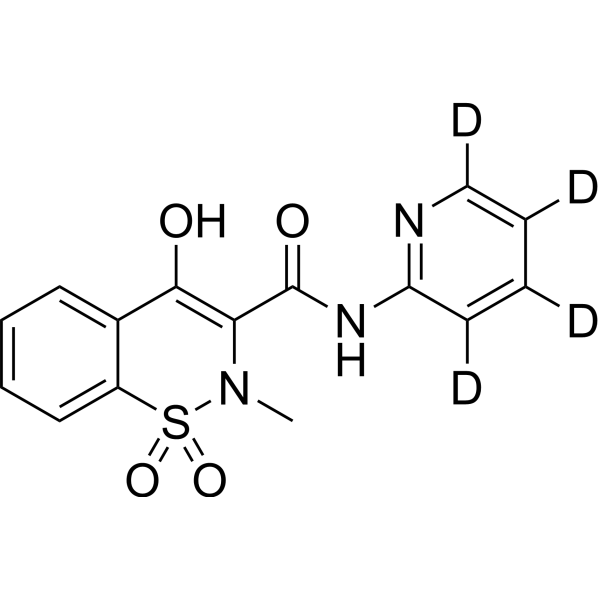
- HY-N1390
-
|
|
|
|
|
Syringaldehyde is a polyphenolic compound belonging to the group of flavonoids and is found in different plant species like Manihot esculenta and Magnolia officinalis . Syringaldehyde moderately inhibits COX-2 activity with an IC50 of 3.5 μg/mL . Anti-hyperglycemic and anti-inflammatory activities .
|
-
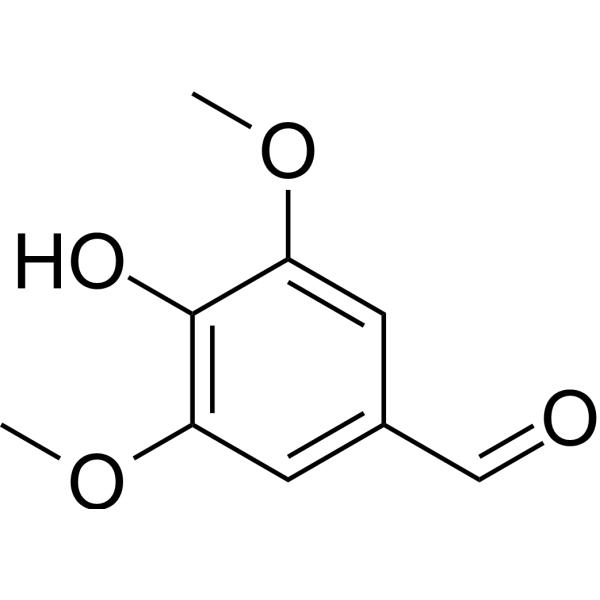
- HY-106139A
-
|
TBC-1269Z
|
P-selectin
|
Inflammation/Immunology
|
|
Bimosiamose disodium (TBC-1269Z) is a nonoligosaccharide pan-selectin inhibitor with IC50s of 88 μM, 20 μM, and 86 μM for E-selectin, P-selectin, and L-selectin, respectively. Bimosiamose disodium has anti-inflammatory effects .
|
-
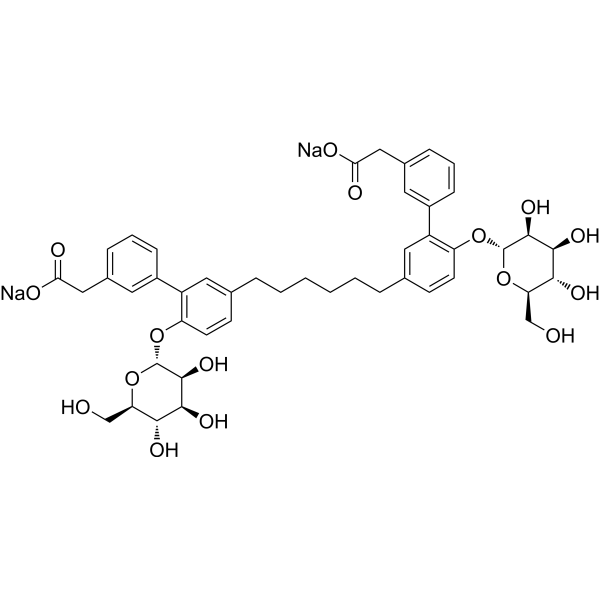
- HY-130994
-
|
|
NF-κB
ADC Cytotoxin
|
Inflammation/Immunology
Cancer
|
|
Aeruginosin 865, isolated from terrestrial cyanobacterium Nostoc sp. Lukešová 30/93, is the first aeruginosin-type peptide containing both a fatty acid and a carbohydrate moiety. Aeruginosin 865 inhibits translocation of NF-kB to the nucleus. Aeruginosin 865 has anti-inflammatory effect
|
-
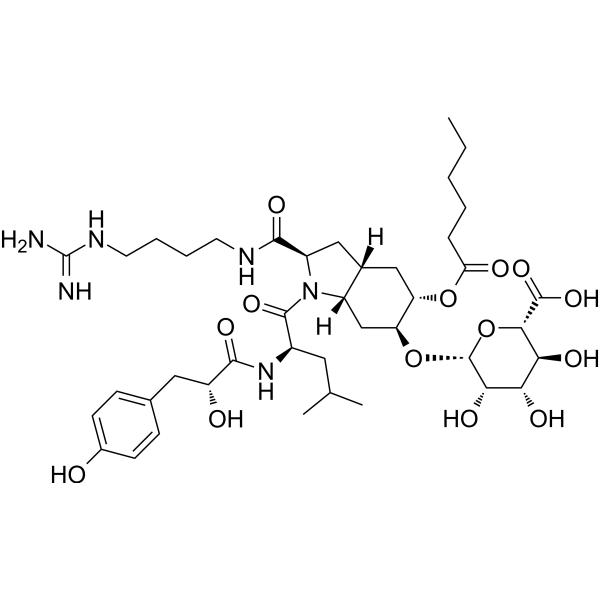
- HY-12412
-
|
NCGC-00183434
|
Caspase
|
Inflammation/Immunology
Cancer
|
|
ML132 (NCGC-00183434) is a selective caspase 1 inhibitor with an IC50 of 34.9 nM. ML132 shows good stability that can be utilized as molecular probes of caspase 1. ML132 can be used for research in the field of anti-cancer and anti-inflammatory .
|
-
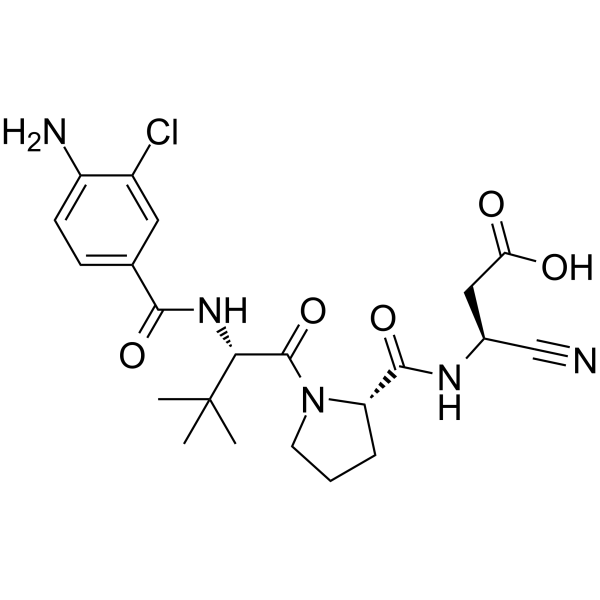
- HY-N9337
-
|
|
NO Synthase
|
Metabolic Disease
Inflammation/Immunology
Cancer
|
|
Amaroswerin is a bioactive secoiridoid glucoside from Swertia mussotii. Amaroswerin has anti-inflammatory, antidiabetic, antiviral, anticholinergic and immunomodulatory activities. Amaroswerin inhibits NO release with an IC50 value of 5.42 μg/mL in RAW264.7 cells .
|
-
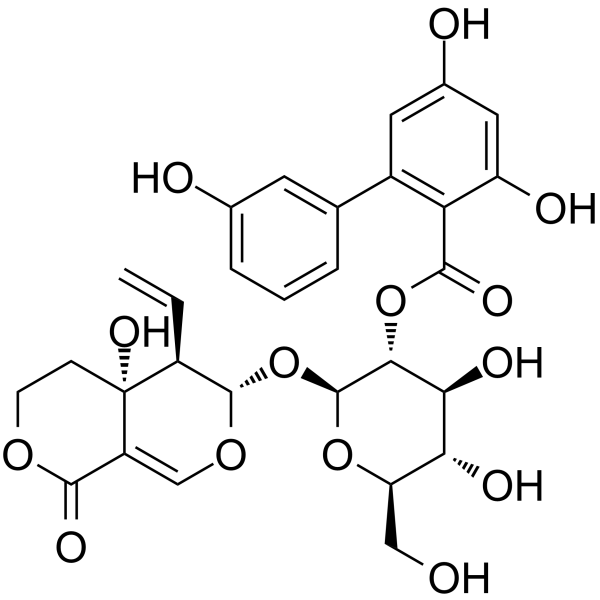
- HY-N8213
-
-
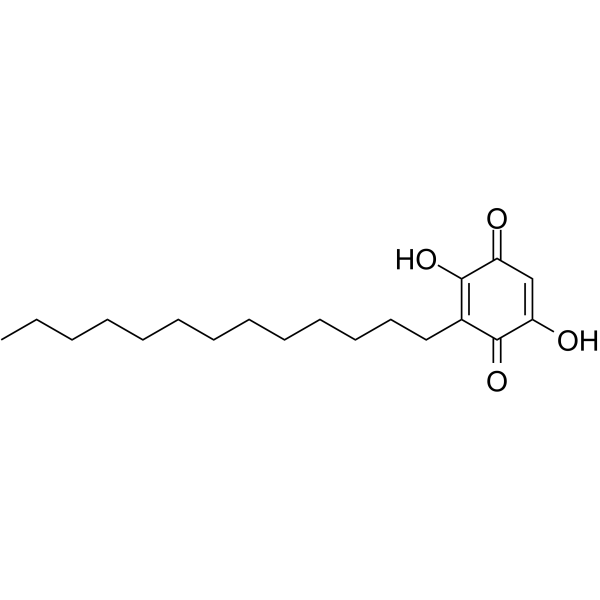
- HY-N3078
-
|
|
Glucosidase
|
Endocrinology
|
|
p-Hydroxyphenethyl trans-ferulate has anti-hyperglycemic(yeast α-glucosidase,IC50 19.24 ± 1.73 µmol L-1), antioxidant, and anti-inflammatory activities . p-Hydroxyphenethyl trans-ferulate shows inhibiting cancer preve
|
-
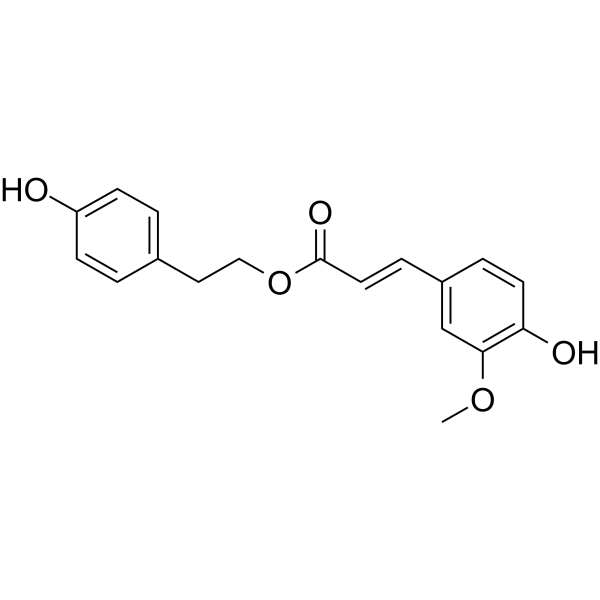
- HY-143444
-
|
|
JAK
|
Inflammation/Immunology
|
|
JAK-IN-20 is a potent, pan and orally active JAK inhibitor with an IC50s of 7 nM, 5 nM, 14 nM for JAK1, JAK2, JAK3, respectively. JAK-IN-20 shows excellent pharmacokinetics and displays anti-inflammatory efficacy in vivo .
|
-
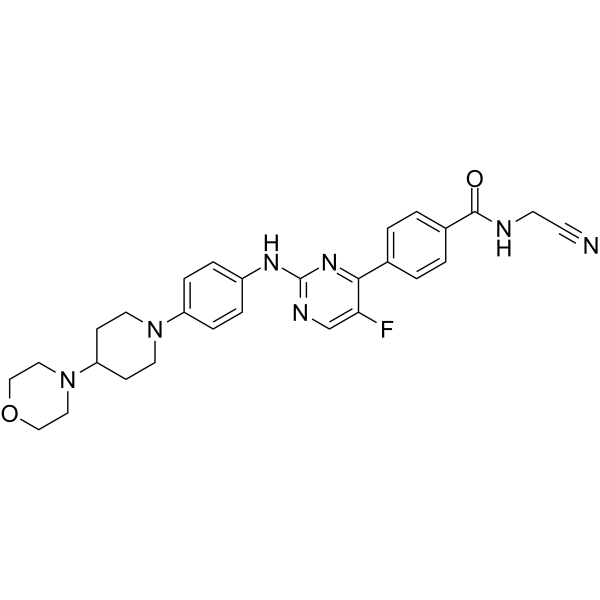
- HY-N1482S1
-
|
|
Parasite
|
Inflammation/Immunology
|
|
Methyl palmitate-d31 is the deuterium labeled Methyl palmitate. Methyl palmitate, an acaricidal compound occurring in green walnut husks, inhibits phagocytic activity and immune response. Methyl palmitate also posseses anti-inflammatory and antifibrotic effects[1][2][3].
|
-
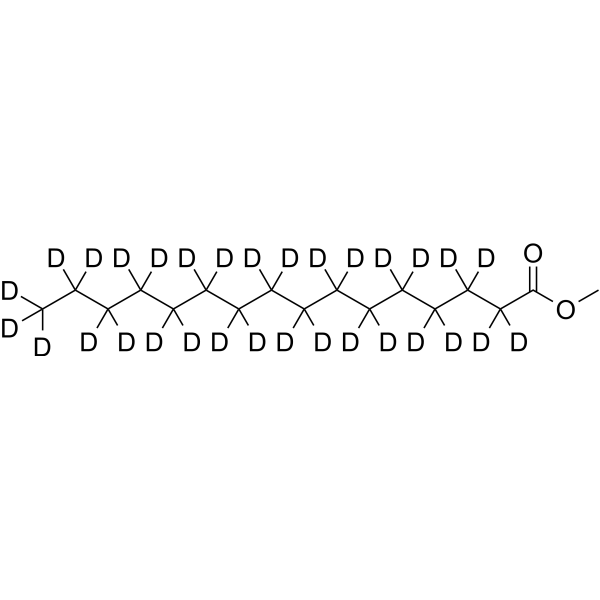
- HY-14180
-
|
|
IKK
|
Inflammation/Immunology
|
|
PHA 408 (PHA-408) is a potent, selective and orally active IκB kinase-2 (IKK-2) inhibitor. PHA 408 is a powerful anti-inflammatory agent against lipopolysaccharide (LPS)- and cigarette smoke (CS)-mediated lung inflammation .
|
-
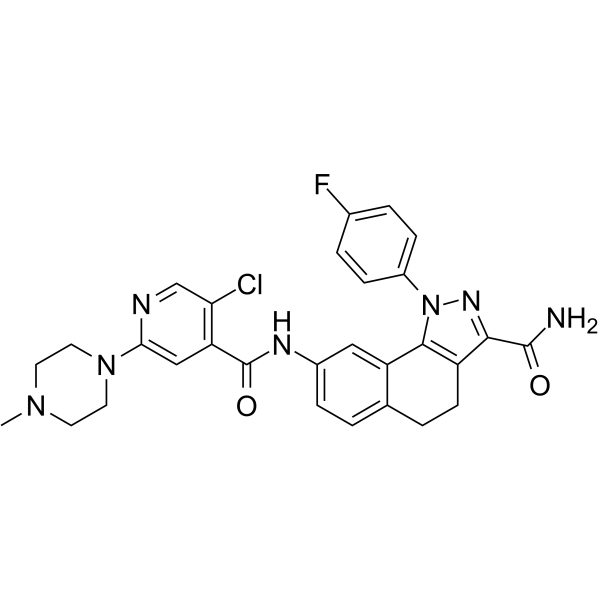
- HY-131502
-
|
|
P2X Receptor
|
Inflammation/Immunology
|
|
Taspine is a natural product with anti-inflammatory activity. Taspine suppresses P2X4 receptor activity via PI3K inhibition. Taspine inhibits pro-inflammatory signalling via inhibition of P2X4 receptors in macrophage .
|
-
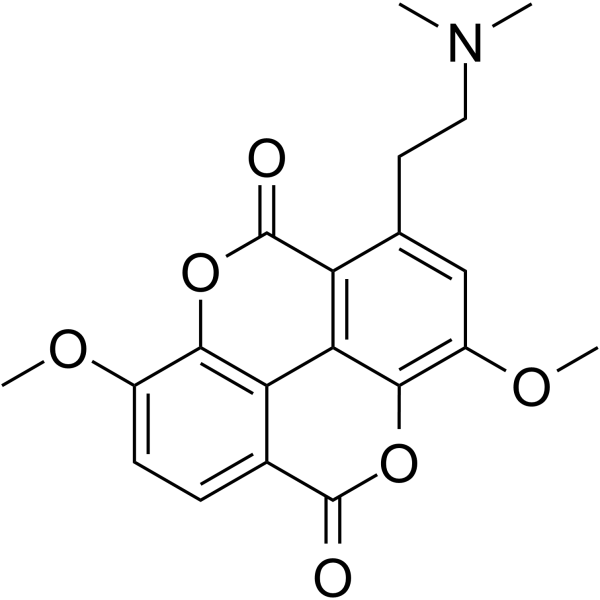
- HY-151569
-
|
|
HDAC
Apoptosis
|
Inflammation/Immunology
|
|
SAHA-OH is a selective HDAC6 inhibitor (IC50=23 nM), shows a 10- to 47-fold selectivity for HDAC6 compared to HDAC 1, 2, 3, and 8. SAHA-OH shows anti-inflammatory activity, and attenuates macrophage apoptosis .
|
-
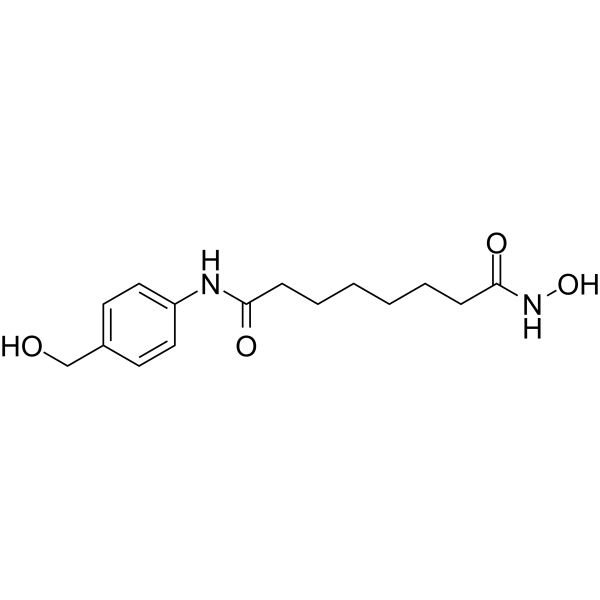
- HY-P5285
-
|
|
Parasite
|
Infection
Inflammation/Immunology
Cancer
|
|
Lunasin is a bioactive peptide with antioxidant, anti-inflammatory, anticancer and anti-aging properties. Lunasin can be isolated from soybean. Lunasin also has an epigenetic mechanism of action associated with histone acetylation. Lunasin can be internalized into cells and inhibit Oncosphere formation in cancer cells .
|
-
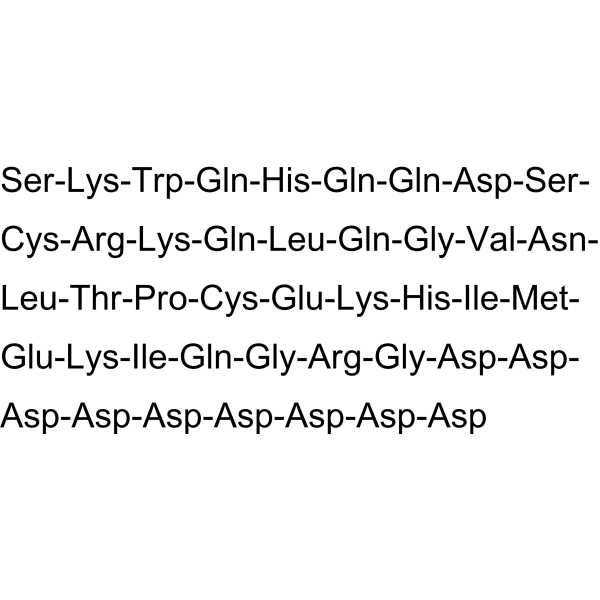
- HY-W424851
-
|
6,7-Dimethoxy-2-(1-piperazinyl)-4-quinazolinamine hydrochloride
|
PARP
|
Infection
Inflammation/Immunology
|
|
DPQ hydrochloride (6, 7-dimethoxy-2 -(1-piperazinyl)-4-quinazolinamine hydrochloride) is a PARP1 inhibitor, with IC50 value of 40 nM. DPQ hydrochloride has anti-inflammatory and antiviral activity. DPQ hydrochloride is used to study acute lung injury .
|
-
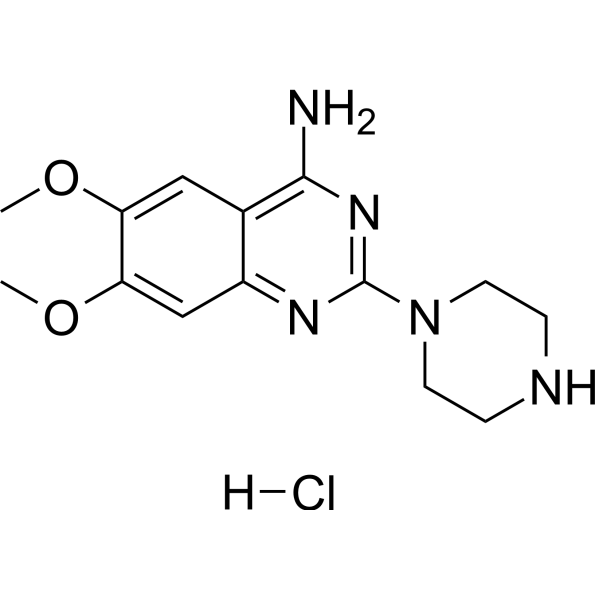
- HY-18342R
-
|
MK-647 (Standard)
|
COX
|
Inflammation/Immunology
Cancer
|
|
Diflunisal (Standard) is the analytical standard of Diflunisal. This product is intended for research and analytical applications. Diflunisal (MK-647) is a salicylate derivative with nonsteroidal anti-inflammatory and uricosuric properties, which is used alone as an analgesic and in rheumatoid arthritis patients. The mechanism of action of diflunisal is as a Cyclooxygenase (COX) Inhibitor.
|
-
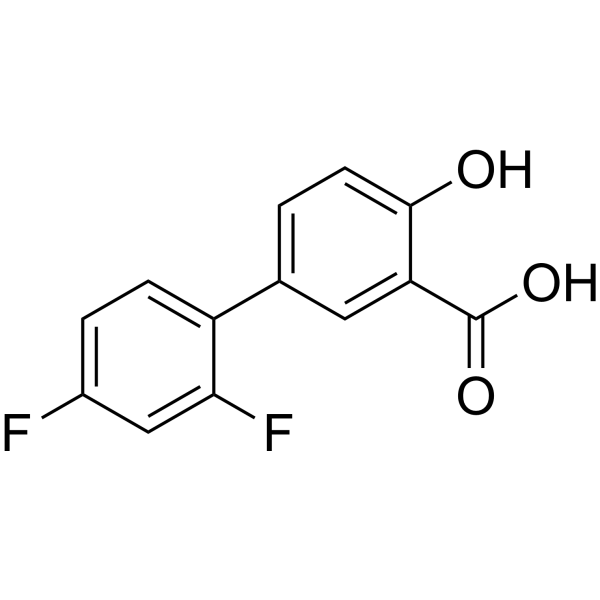
- HY-N0692
-
|
Gomisin-A; TJN-101; Wuweizi alcohol-B
|
Reactive Oxygen Species
Cytochrome P450
Autophagy
|
Cancer
|
|
Schisandrol B (Gomisin-A) is a major active constituent of Schisandra chinensis with hepato-protective effects. Schisandrol B inhibits reactive oxygen species (ROS) production. Schisandrol B inhibits the activity of P-glycoprotein and CYP3A and also has anti-inflammatory, anti-diabetic and antioxidant activities .
|
-
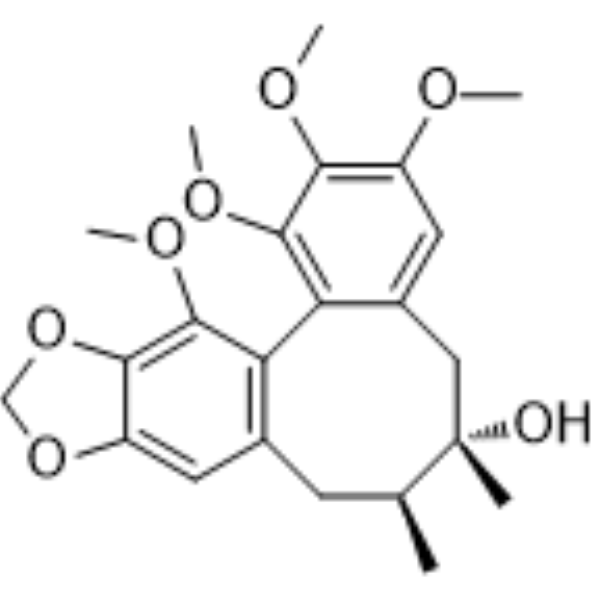
- HY-B1279
-
|
Dipyrone hydrate
|
COX
Apoptosis
|
Inflammation/Immunology
|
|
Metamizole sodium hydrate (Dipyrone) is an orally active cyclooxygenase (COX) inhibitor.. Metamizole sodium hydrate can inhibit cell proliferation and promote cell apoptosis. Metamizole sodium hydrate has anti-inflammatory and antioxidant activities. Metamizole sodium hydrate is an antipyretic, analgesic and spasmolytic agent. Metamizole sodium hydrate can be used in research to relieve a variety of pain .
|
-
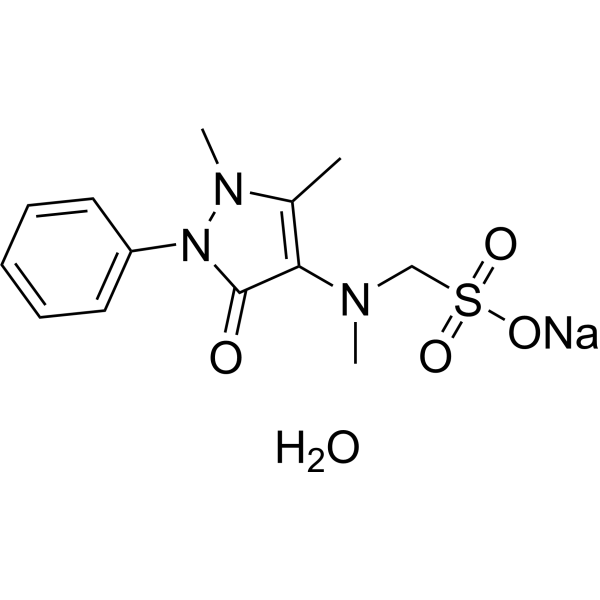
- HY-126390
-
|
NSC 150117
|
Phosphatase
Apoptosis
|
Inflammation/Immunology
Cancer
|
|
(E/Z)-BCI (NSC 150117) is a dual-specificity phosphatase 6 (DUSP6) inhibitor with anti-inflammatory activities. (E/Z)-BCI attenuates LPS-induced inflammatory mediators and ROS production in macrophage cells via activating the Nrf2 signaling axis and inhibiting the NF-κB pathway .
|
-

- HY-B1279A
-
|
Dipyrone
|
COX
Apoptosis
|
Inflammation/Immunology
|
|
Metamizole sodium (Dipyrone) is an orally active cyclooxygenase (COX) inhibitor. Metamizole sodium can inhibit cell proliferation and promote cell apoptosis. Metamizole sodium has anti-inflammatory and antioxidant activities. Metamizole sodium is an antipyretic, analgesic and spasmolytic agent. .Metamizole sodium can be used in research to relieve a variety of pain .
|
-
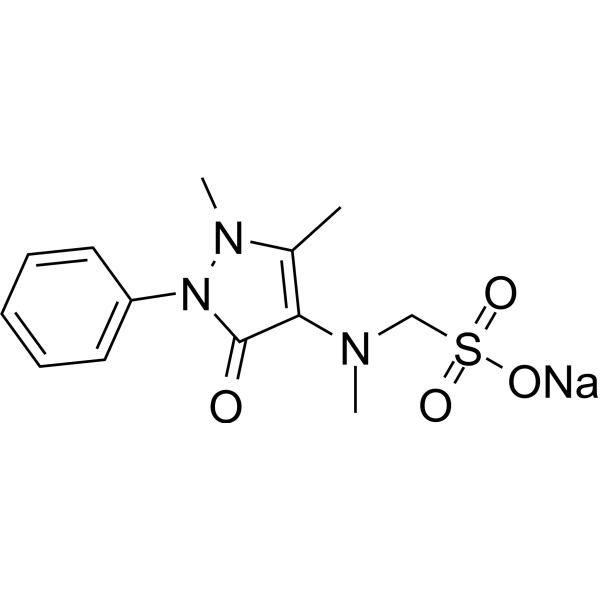
- HY-163478
-
|
|
NF-κB
|
Inflammation/Immunology
|
|
TNIK-IN-9 (Compound 54) is a selective and potent NIK inhibitor, with an IC50 of 1.27 nM. TNIK-IN-9 can inhibit pro-inflammatory cytokines and nitric oxide production. TNIK-IN-9 exhibits significant anti-inflammatory effects, improved mortality, and hepatoprotective effects in sepsis models .
|
-
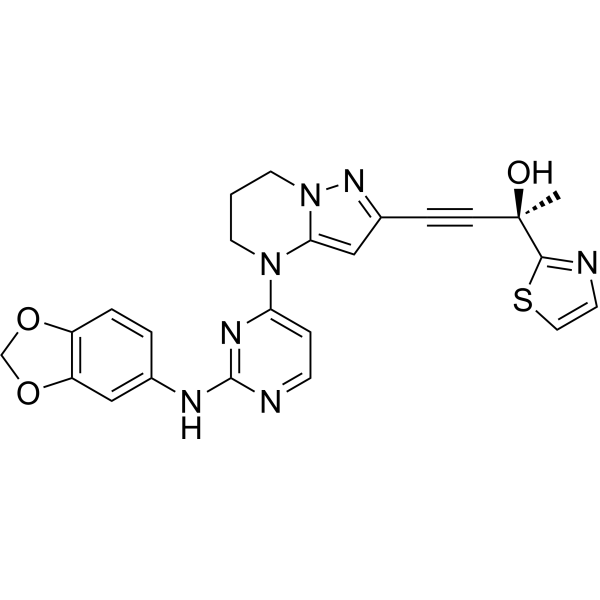
- HY-11059
-
|
|
Phospholipase
|
Inflammation/Immunology
|
|
sPLA2 inhibitor 1, a D-tyrosine derivative, is an orally active, potent secretory phospholipase A2 (sPLA2) inhibitor with an IC50 of 29 nM for human nonpancreatic secretory PLA2 isoform IIa (hnpsPLA2-IIa). sPLA2 inhibitor 1 has anti-inflammatory activity .
|
-
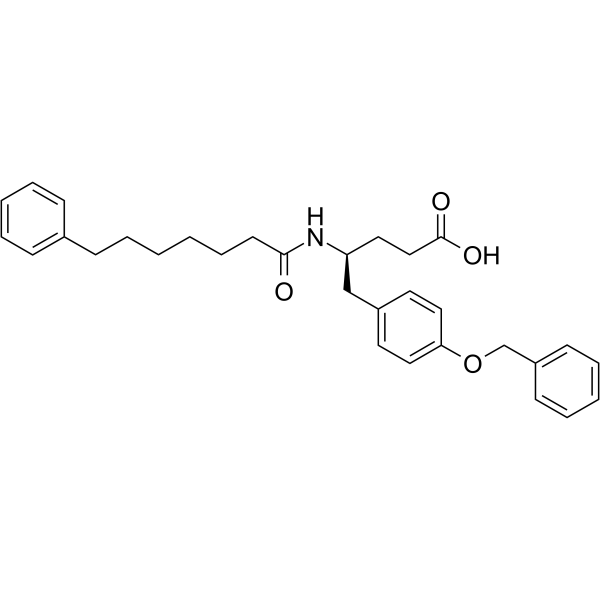
- HY-19151
-
|
IS-741
|
Integrin
Phospholipase
|
Inflammation/Immunology
|
|
Fuzapladib (IS-741), an orally active leukocyte-function-associated antigen type 1 (LFA-1) activation inhibitor, is a leukocyte adhesion molecule. Fuzapladib is also a phospholipase A2 (PLA2) inhibitor. Fuzapladib exerts anti-inflammatory effects by inhibiting leukocyte migration into the inflammatory site .
|
-
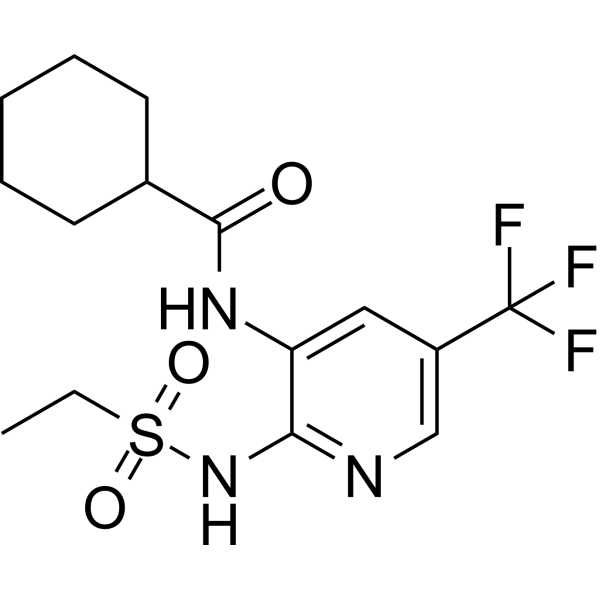
- HY-19151A
-
|
IS-741 sodium
|
Integrin
Phospholipase
|
Inflammation/Immunology
|
|
Fuzapladib (IS-741) sodium, an orally active leukocyte-function-associated antigen type 1 (LFA-1) activation inhibitor, is a leukocyte adhesion molecule. Fuzapladib sodium is also a phospholipase A2 (PLA2) inhibitor. Fuzapladib sodium exerts anti-inflammatory effects by inhibiting leukocyte migration into the inflammatory site .
|
-
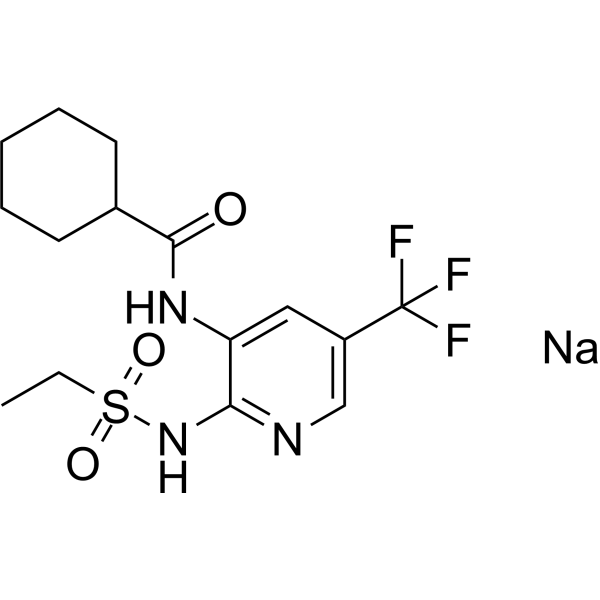
- HY-78131A
-
|
(S)-Ibuprofen
|
COX
|
Inflammation/Immunology
|
|
(S)-(+)-Ibuprofen ((S)-Ibuprofen), a S(+)-enantiomer of Ibuprofen, is a potent COX-1 and COX-2 inhibitor with IC50s of 2.1 μM and 1.6 μM, respectively. (S)-(+)-Ibuprofen has analgesic, anti-inflammatory, anticancer and antipyretic effects .
|
-
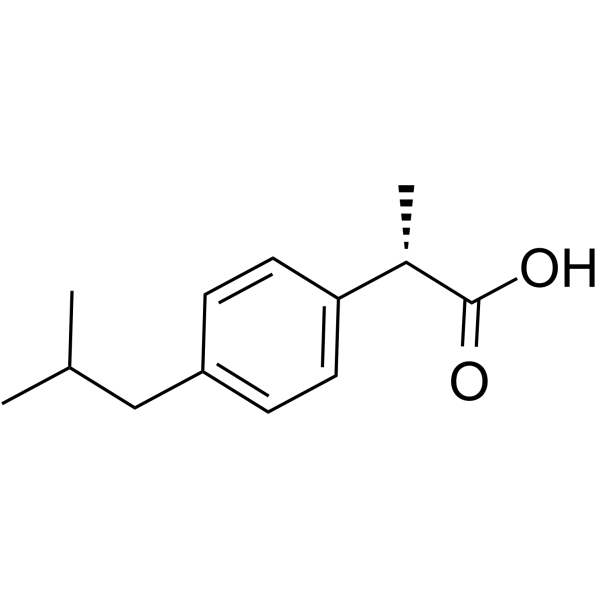
- HY-B0764
-
|
Dibutyryl cAMP sodium salt; DBcAMP sodium salt
|
PKA
Phosphodiesterase (PDE)
|
Inflammation/Immunology
|
|
Bucladesine sodium salt (Dibutyryl-cAMP sodium salt) is a stabilized cyclic AMP (cAMP) analog and a selective PKA activator. Bucladesine sodium salt raises the intracellular levels of cAMP. Bucladesine sodium salt is also a phosphodiesterase (PDE) inhibitor. Bucladesine sodium salt has anti-inflammatory activity and can be used for impaired wound healing .
|
-
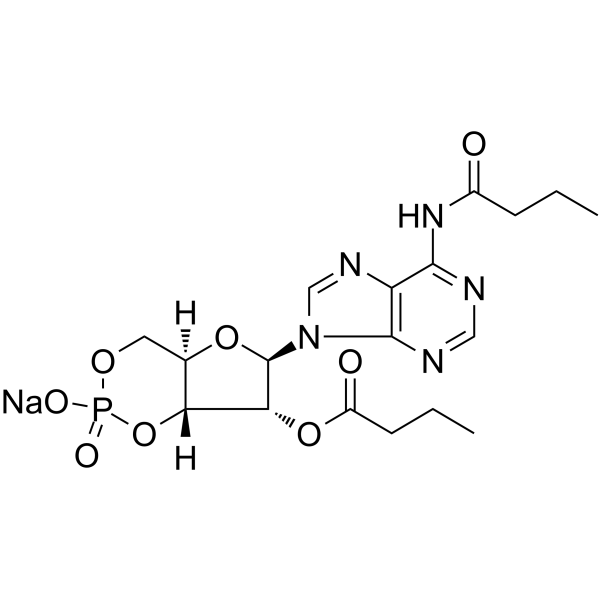
- HY-16059
-
|
(+)-Arglabin
|
NOD-like Receptor (NLR)
Farnesyl Transferase
Autophagy
|
Inflammation/Immunology
Cancer
|
|
Arglabin ((+)-Arglabin), a natural product isolated from Artemisia glabella, is a NLRP3 inflammasome inhibitor. Arglabin shows anti-inflammatory and antitumor activities . The antitumor activity of Arglabin proceeds through its inhibition of farnesyl transferase which leads to the activation of RAS proto-oncogene .
|
-
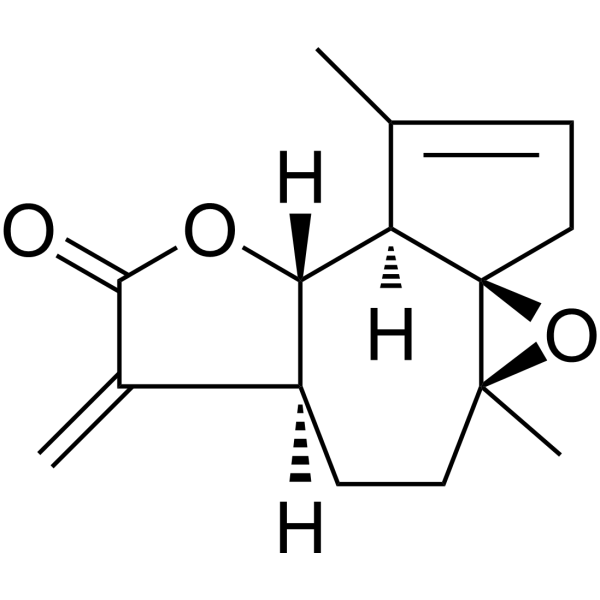
- HY-16009
-
-
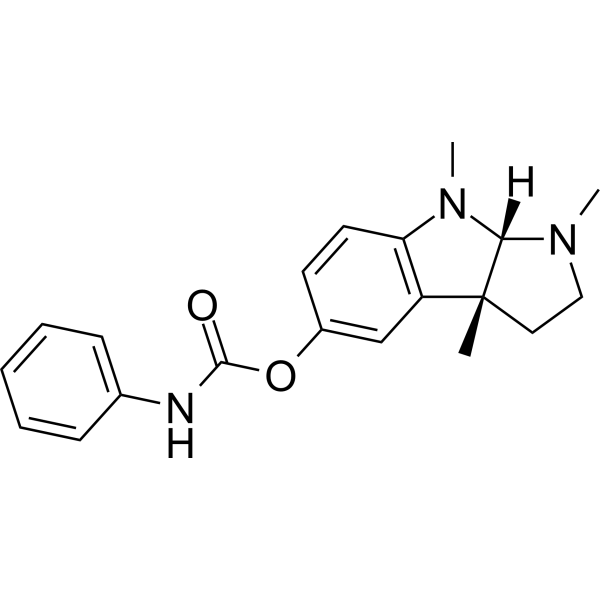
- HY-N6857
-
|
|
NF-κB
|
Inflammation/Immunology
|
|
Armepavine, an active compound from Nelumbo nucifera, exerts not only anti-inflammatory effects on human peripheral blood mononuclear cells, but also immunosuppressive effects on T lymphocytes and on lupus nephritic mice. Armepavine inhibits TNF-α-induced MAPK and NF-κB signaling cascades .
|
-
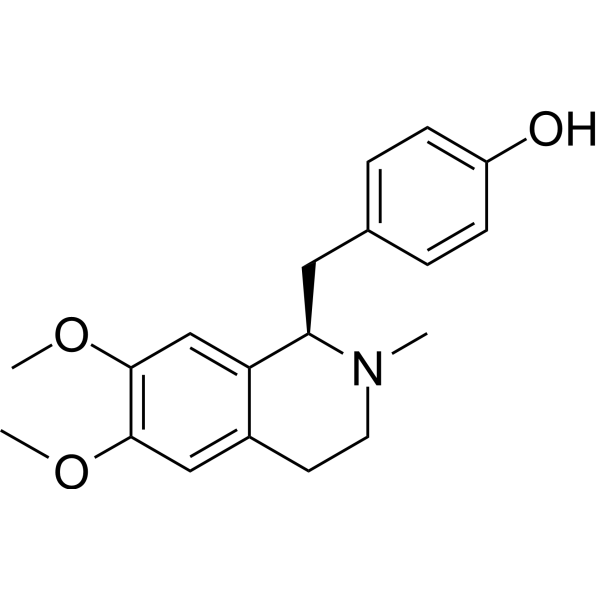
- HY-N0448
-
|
|
Others
|
Inflammation/Immunology
Cancer
|
|
10-Gingerol is a major pungent constituent in the ginger oleoresin from fresh rhizome, with anti-inflammatory, antioxidant and anti-proliferative activities. 10-Gingerol inhibits the proliferation of MDA-MB-231 tumor cell line with an IC50 of 12.1 μM .
|
-
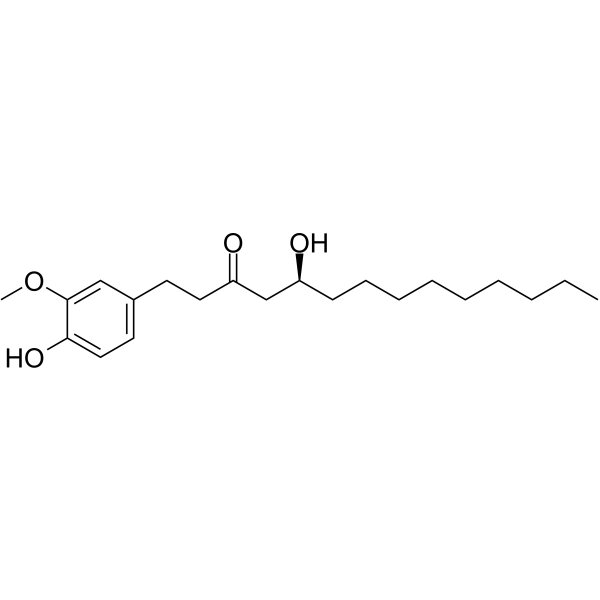
- HY-129529
-
|
|
Others
|
Inflammation/Immunology
|
|
6-Hydroxyluteolin 7-glucoside is a flavonoid from Tanacetum parthenium and T. vulgare. 6-Hydroxyluteolin 7-glucoside inhibits the major pathways of arachidonate metabolism in leukocytes. 6-Hydroxyluteolin 7-glucoside has anti-inflammatory effect .
|
-
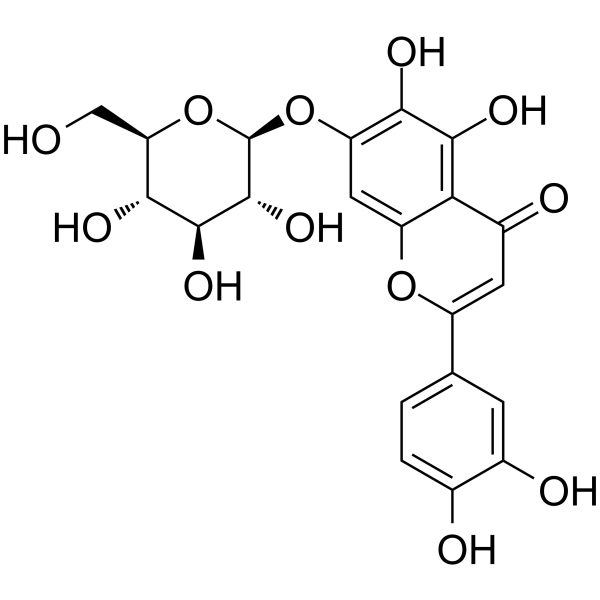
- HY-19672
-
|
BAY 19-8004
|
Phosphodiesterase (PDE)
|
Inflammation/Immunology
|
|
Lirimilast (BAY 19-8004) is a potent, selective and orally active phosphodiesterase-4 (PDE4) inhibitor with an IC50 value of 49 nM. Lirimilast can be used for the treatment of asthma or chronic obstructive pulmonary disease (COPD). Lirimilast has potently anti-inflammatory properties .
|
-
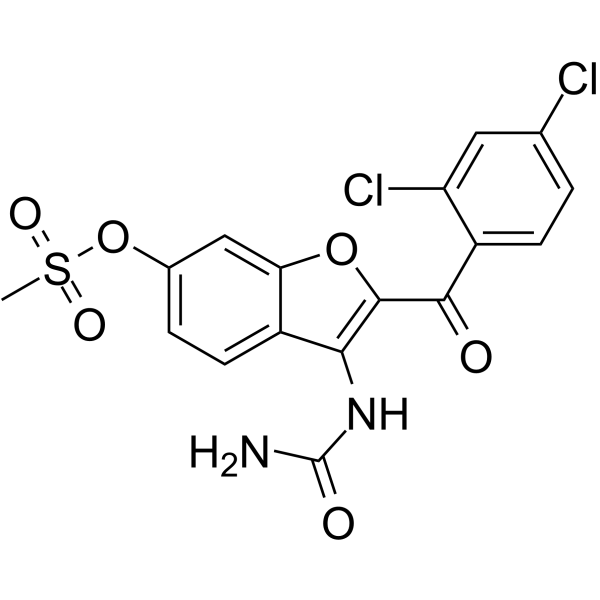
- HY-N1388
-
|
|
|
|
|
Tussilagone, a major active component in Tussilago farfara, has anti-inflammatory effect. Tussilagone ameliorates inflammatory responses in dextran sulphate sodium-induced murine colitis. Tussilagone inhibits the inflammatory response and improves survival in cecal ligation and puncture (CLP)-induced septic mice .
|
-
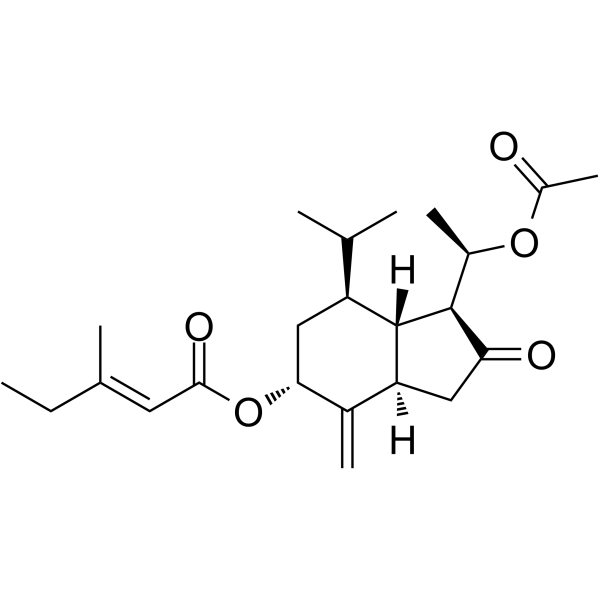
- HY-N2454
-
-
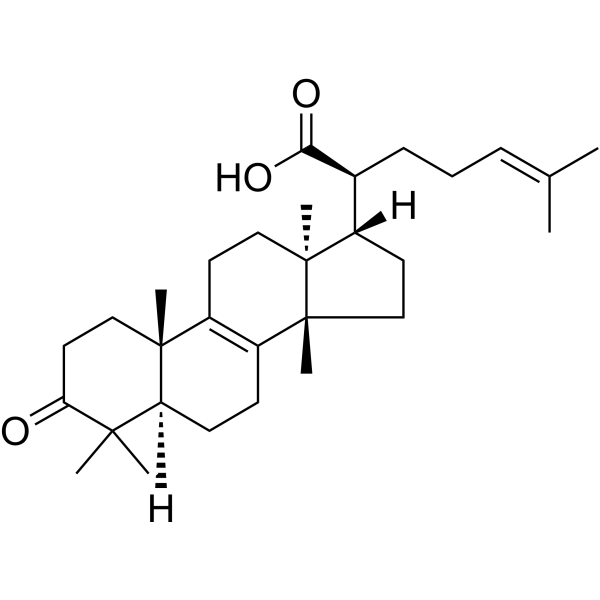
- HY-121899
-
|
Ibuprofen EP impurity J
|
Drug Metabolite
|
Others
|
|
1-Oxo Ibuprofen (Ibuprofen EP impurity J) is a degradation product and a potential impurity in preparations of Ibuprofen. Ibuprofen is an anti-inflammatory inhibitor targeting COX-1 and COX-2 with IC50s of 13 μM and 370 μM, respectively .
|
-
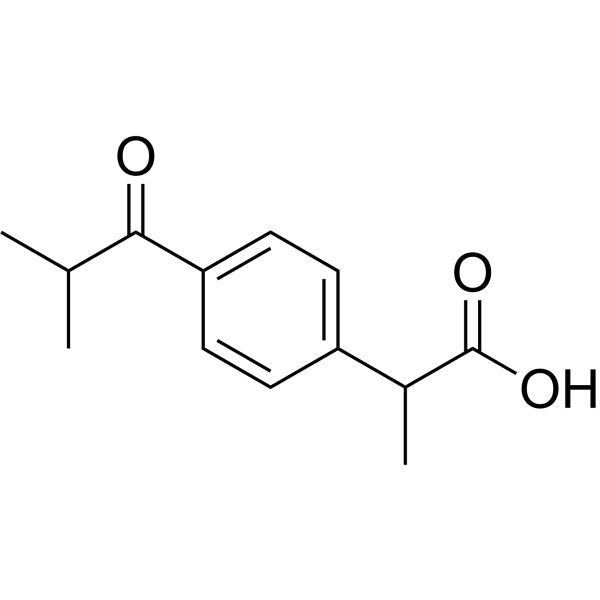
- HY-N1482S
-
|
|
Parasite
|
Inflammation/Immunology
|
|
Methyl palmitate- 13C16 is the 13C labeled Methyl palmitate. Methyl palmitate, an acaricidal compound occurring in green walnut husks, inhibits phagocytic activity and immune response. Methyl palmitate also posseses anti-inflammatory and antifibrotic effects[1][2][3].
|
-
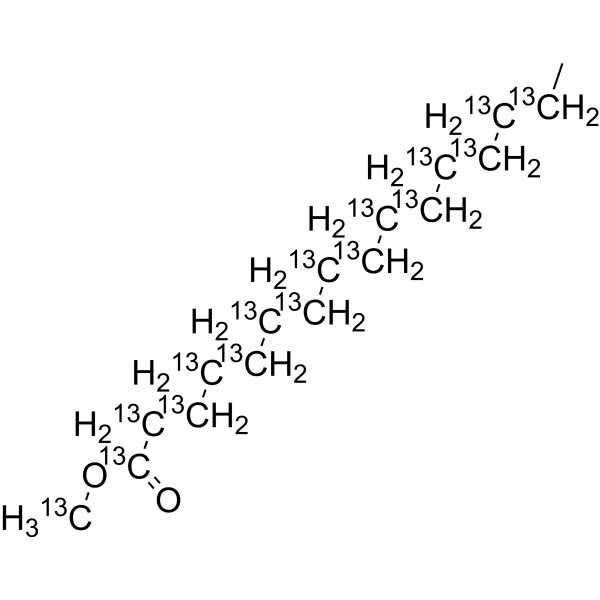
- HY-N9445
-
|
LNnT
|
Endogenous Metabolite
TNF Receptor
|
Inflammation/Immunology
|
|
Lacto-N-neotetraose (LNnT) is an endogenous metabolite. Lacto-N-neotetraose can inhibit TNF-α induced IL-8 secretion in immature epithelial cells. Lacto-N-neotetraose has anti-inflammatory avtivity, and can improve the wound closure .
|
-
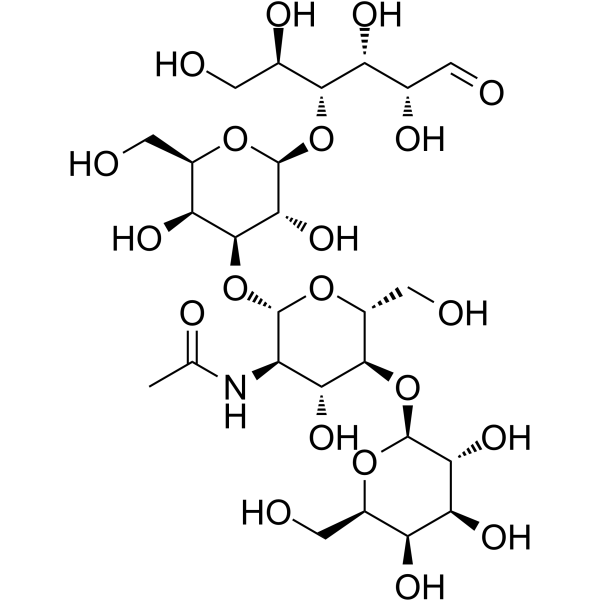
- HY-152149
-
|
|
DNA/RNA Synthesis
|
Inflammation/Immunology
|
|
CTP Synthetase-IN-1 is a potent, orally active cytidine 5'-triphosphate synthetase (CTPS) inhibitor with IC50s of 32 nM and 18 nM for human CTPS1 and human CTPS2, respectively. CTP Synthetase-IN-1 has anti-inflammatory effects .
|
-
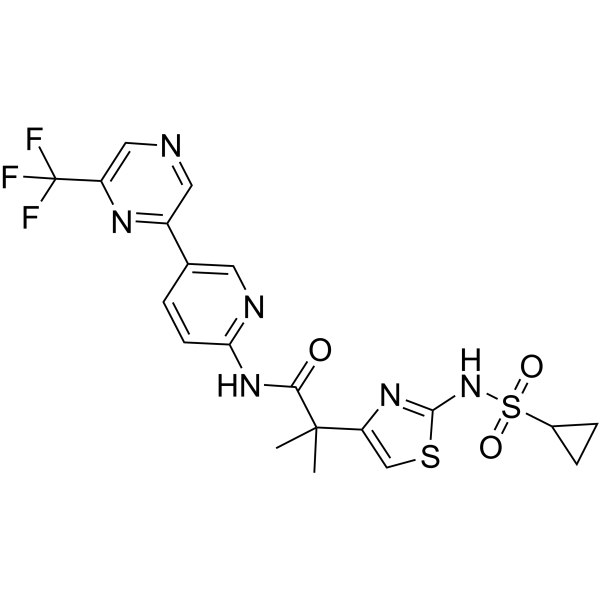
- HY-14398G
-
|
SC 58635
|
COX
|
Inflammation/Immunology
|
|
Celecoxib (GMP) is Celecoxib (HY-14398) produced by using GMP guidelines. GMP small molecules work appropriately as an auxiliary reagent for cell therapy manufacture. Celecoxib,a selective non-steroidal anti-inflammatory drug (NSAID), is a selective COX-2 inhibitor with an IC50 of 40 nM.
|
-
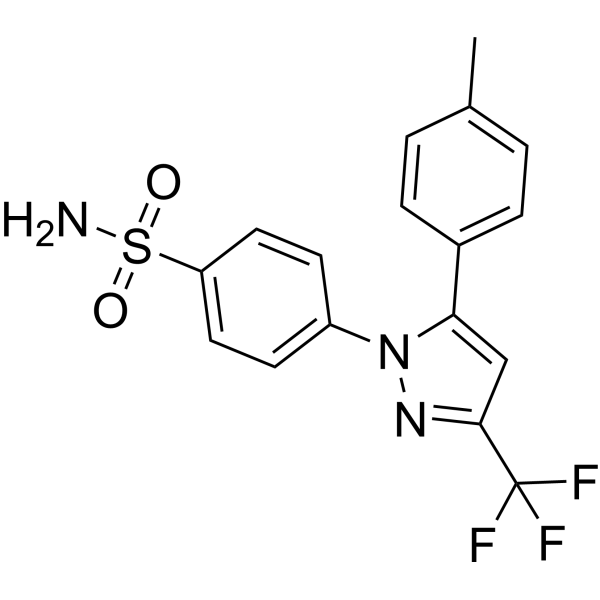
- HY-16125
-
|
L-651582 Orotate; CAI Orotate
|
Calcium Channel
|
Inflammation/Immunology
Cancer
|
|
Carboxyamidotriazole Orotate (L-651582 Orotate) is the orotate salt form of Carboxyamidotriazole (CAI), an orally bioavailable signal transduction inhibitor. Carboxyamidotriazole Orotate is a cytostatic inhibitor of nonvoltage-operated calcium channels and calcium channel-mediated signaling pathways. Carboxyamidotriazole Orotate shows anti-tumor, anti-inflammatory and antiangiogenic effects .
|
-
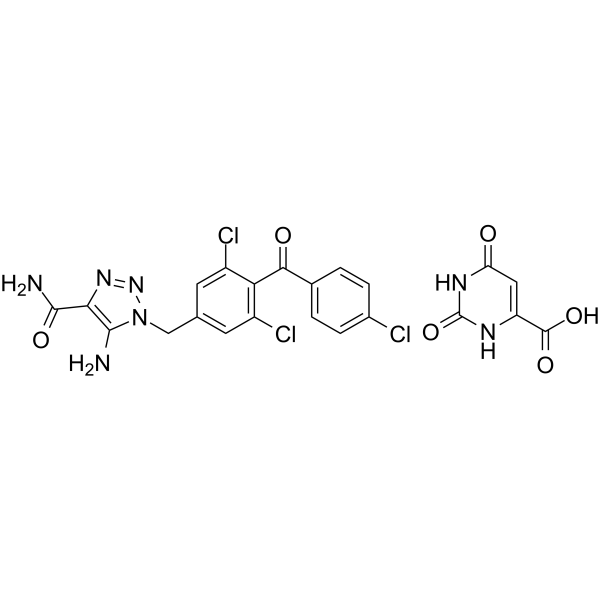
- HY-144276
-
|
|
RIP kinase
|
Inflammation/Immunology
|
|
RIPK1-IN-11 is a potent and orally active RIPK1 inhibitor (Kd=9.2 nM; IC50=67 nM). RIPK1-IN-11 inhibits necroptosis in both human and mouse cells (EC50=17-30 nM). Anti-inflammatory activity .
|
-
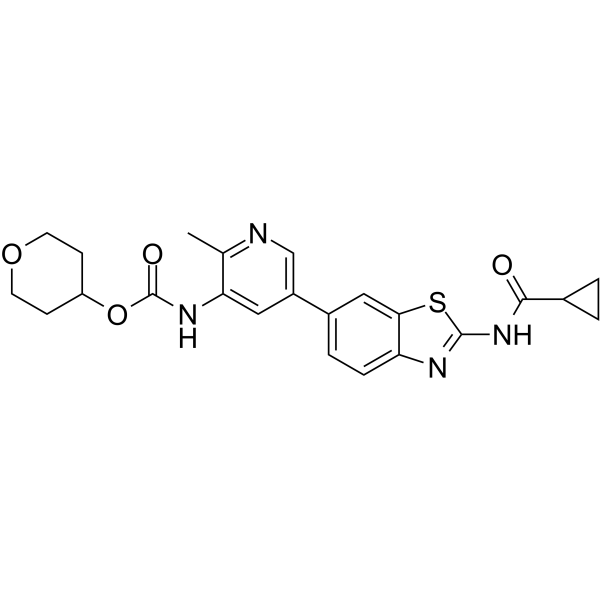
- HY-146167
-
|
|
NO Synthase
|
Inflammation/Immunology
|
|
iNOS/PGE2-IN-1 (compound 4a), an iNOS/PGE2 inhibitor, is a potent anti-inflammatory agent. iNOS/PGE2-IN-1 can inhibit LPS-induced NO production. iNOS/PGE2-IN-1 possesses low ulcerogenic liabilities .
|
-
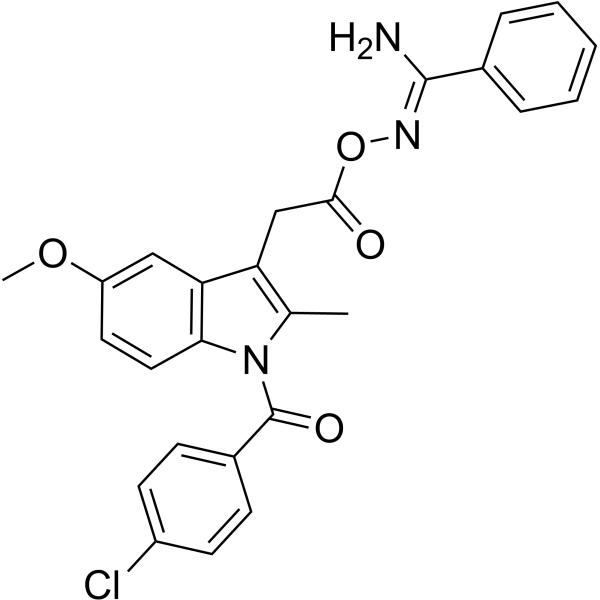
- HY-N3421
-
|
|
Interleukin Related
TNF Receptor
Influenza Virus
|
Infection
Inflammation/Immunology
Cancer
|
|
Koaburaside is a cytoprotective and anti-inflammatory natural compound. Koaburaside shows antioxidant activity with an IC50 of 9.0 μM for DPPH-free radical scavenging assay. Koaburaside inhibits histamine release and expressions of IL-6 and TNF-α in human mast cells. Koaburaside also effectively inhibits influenza A neuraminidase .
|
-
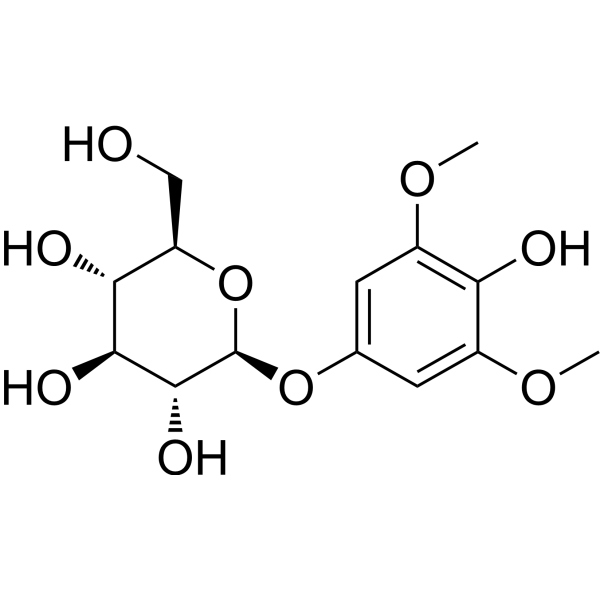
- HY-N0328
-
|
α-Mangostin
|
Reactive Oxygen Species
Apoptosis
Bacterial
Fungal
Virus Protease
|
Cancer
|
|
alpha-Mangostin (α-Mangostin) is a dietary xanthone with broad biological activities, such as antioxidant, anti-allergic, antiviral, antibacterial, anti-inflammatory and anticancer effects. It is an inhibitor of mutant IDH1 (IDH1-R132H) with a Ki of 2.85 μM.
|
-
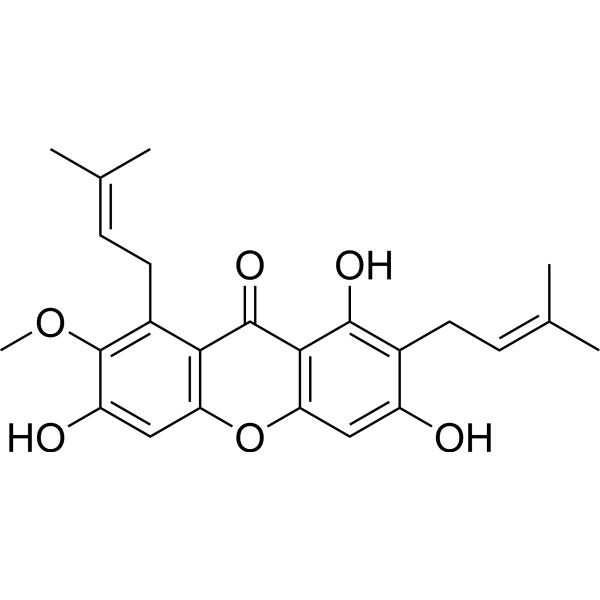
- HY-W015883
-
|
|
Endogenous Metabolite
NF-κB
p38 MAPK
|
Metabolic Disease
Inflammation/Immunology
|
|
Fumaric acid is an unsaturated dicarbonic acid, an intermediate product of the citric acid cycle that provides intracellular energy in the form of ATP. Fumaric acid exerts anti-inflammatory effects by inhibiting the NF-κB signaling pathway dependent on p38 MAPK. Fumaric acid can be used in the study of pregnancy-induced hypertension .
|
-
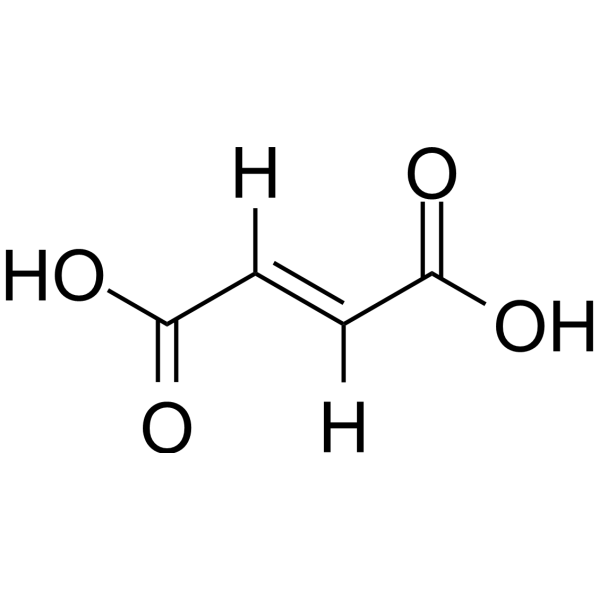
- HY-B0574S1
-
|
|
COX
|
Inflammation/Immunology
|
|
Mefenamic Acid-d3 is the deuterium labeled Mefenamic acid. Mefenamic acid is a non-steroidal anti-inflammatory agent, acting as a competitive inhibitor of hCOX-1 and hCOX-2, with IC50s of 40 nM and 3 μM for hCOX-1 and hCOX-2, respectively.
|
-
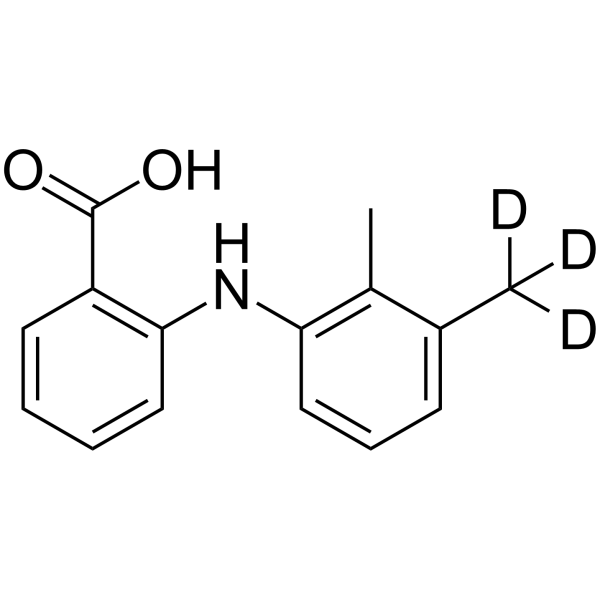
- HY-N0613
-
|
|
NF-κB
|
Inflammation/Immunology
|
|
Sauchinone is a diastereomeric lignan isolated from Saururus chinensis (Saururaceae). Sauchinone inhibits LPS-inducible iNOS, TNF-α and COX-2 expression through suppression of I-κBα phosphorylation and p65 nuclear translocation. Sauchinone has anti-inflammatory and antioxidant activity .
|
-
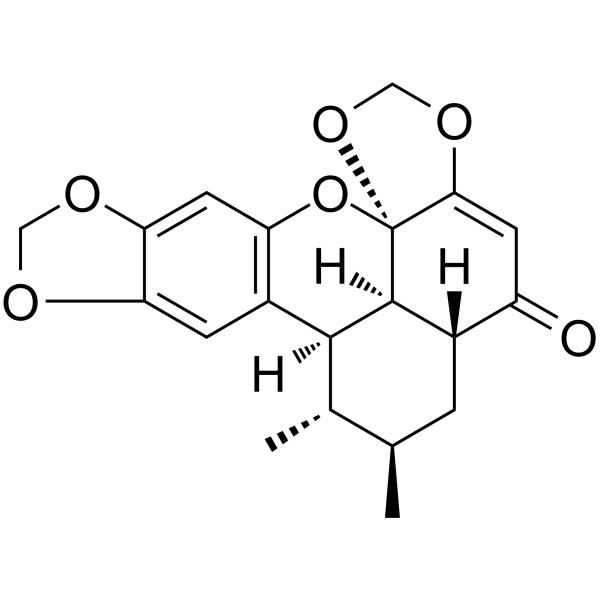
- HY-121955
-
FW1256
1 Publications Verification
|
NF-κB
Apoptosis
|
Cardiovascular Disease
Inflammation/Immunology
Cancer
|
|
FW1256 is a phenyl analogue and a slow-releasing hydrogen sulfide (H2S) donor. FW1256 inhibits NF-κB activity and induces cell apoptosis. FW1256 exerts potent anti-inflammatory effects and has the potential for cancer and cardiovascular disease treatment .
|
-
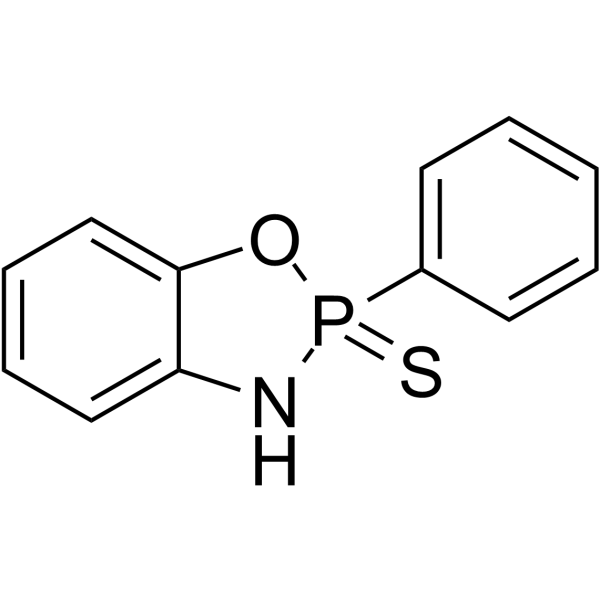
- HY-N6025
-
|
|
Influenza Virus
|
Infection
Inflammation/Immunology
|
|
Clemastanin B, a lignin, has potent anti-influenza activities by inhibiting the virus multiplication, prophylaxsis and blocking the virus attachment. Clemastanin B targets viral endocytosis, uncoating or ribonucleoprotein (RNP) export from the nucleus. Clemastanin B has antioxidant and anti-inflammatory activities .
|
-
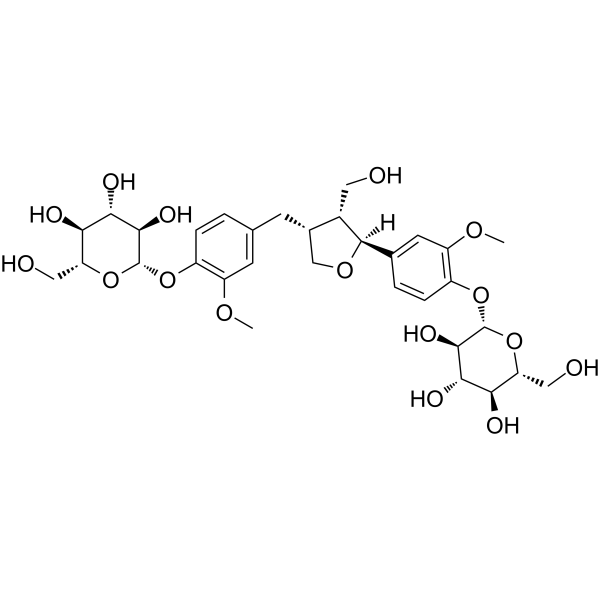
- HY-150055
-
|
|
NO Synthase
|
Inflammation/Immunology
|
|
iNOs-IN-3 (Compound 2d) is an orally active nitric oxide synthase (iNOS) inhibitor (IC50=3.342 µM). iNOs-IN-3 shows anti-inflammatory activity and can be used in LPS-induced acute lung injury (ALI) research .
|
-
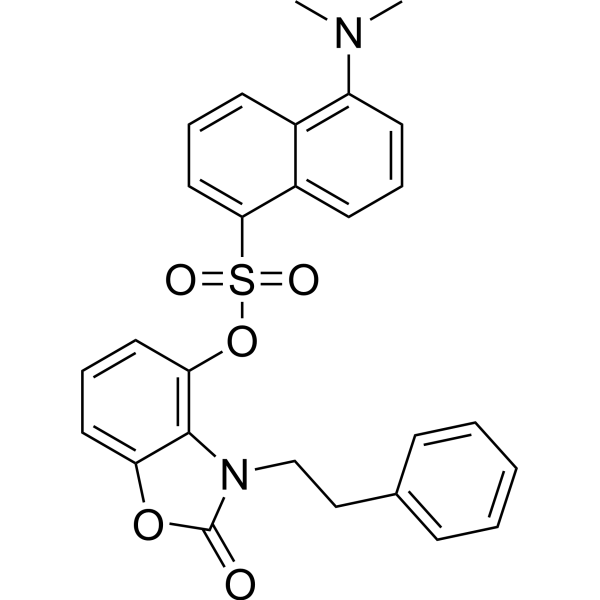
- HY-P99336
-
|
BI-RR 0001; Anti-Human IL6 Recombinant Antibody
|
Integrin
|
Neurological Disease
Inflammation/Immunology
|
|
Enlimomab (BI-RR 0001), a murine IgG2a monoclonal antibody to the human ICAM-1, inhibits leukocyte adhesion to the vascular endothelium, thereby decreasing leukocyte extravasation and inflammatory tissue injury. Enlimomab has anti-inflammatory effects, and can be used for stroke research .
|
-
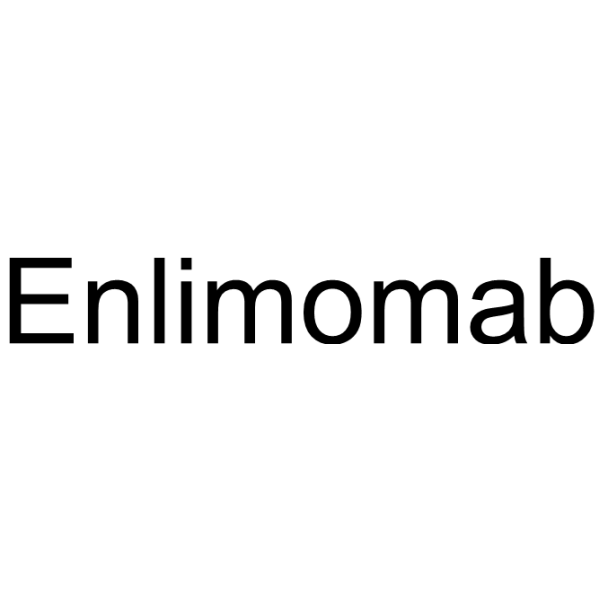
- HY-122529
-
|
|
Bacterial
|
Infection
|
|
Almurtide (nor-MDP), a muramyl dipeptide derivative with anti-inflammatory and anti-tumor activity. Almurtide also shows protective effects against intraperitoneal Pseudomonas aeruginosa infection or intravenously Candida albicans infection in mice. Almurtide also inhibits the carcinogenic Friend leukemia virus .
|
-
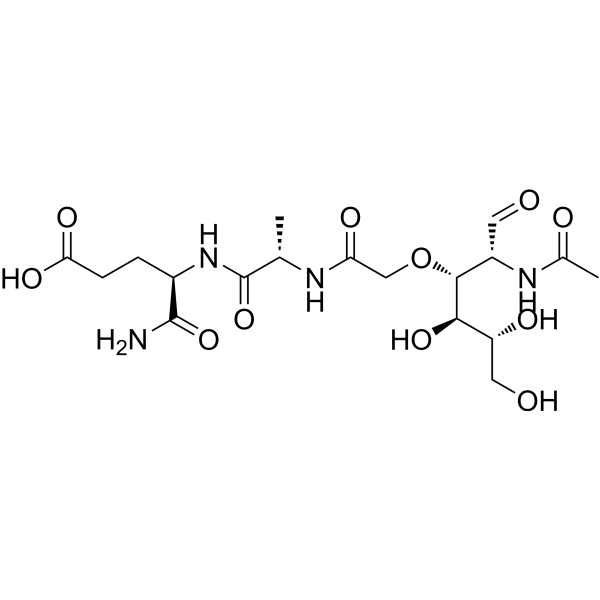
- HY-134996
-
|
|
COX
|
Inflammation/Immunology
|
|
N-Acetyl-2-carboxybenzenesulfonamide is an orally active COX-1 and COX-2 inhibitor with IC50s of 0.06 μM and 0.25 μM, respectively. N-Acetyl-2-carboxybenzenesulfonamide shows anti-inflammatory activity .
|
-
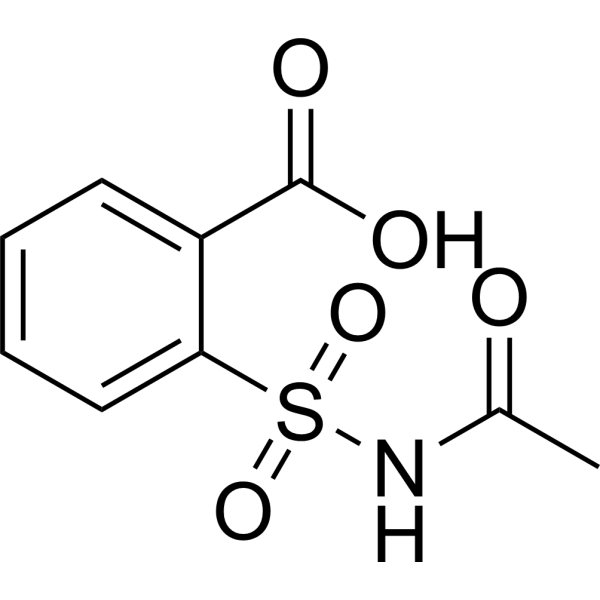
- HY-15033
-
|
|
Others
|
Infection
Inflammation/Immunology
|
|
ATB-343 is a derivative of Indomethacin that releases H2S. H2S has cytoprotective and anti-inflammatory effects, inhibiting leukocyte adhesion to vascular endothelium and leukocyte migration to inflammatory sites. ATB-343 can be used to suppress respiratory infections .
|
-
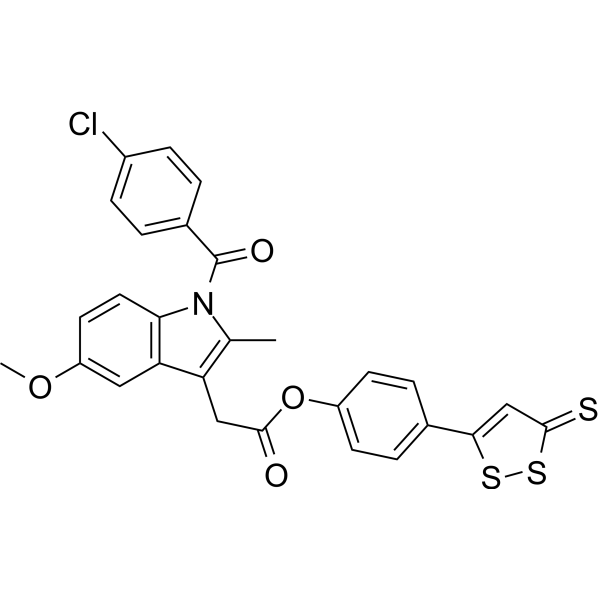
- HY-163335
-
-
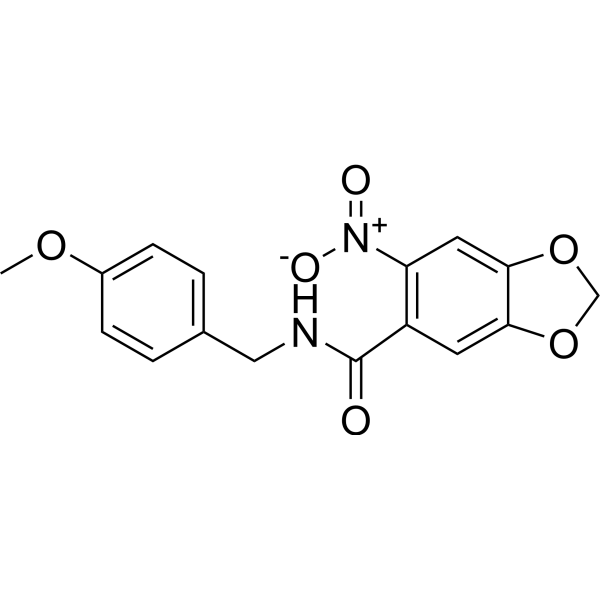
- HY-17474
-
|
SC 69124
|
COX
|
Inflammation/Immunology
Cancer
|
|
Parecoxib (SC 69124) is a highly selective and orally active COX-2 inhibitor, the proagent of Valdecoxib (HY-15762). Parecoxib Sodium is a nonsteroidal anti-inflammatory agent (NSAID) and inhibits prostaglandin (PG) synthesis. Parecoxib can be used for the relief of acute postoperative pain and symptoms of chronic inflammatory conditions such as osteoarthritis and rheumatoid arthritis in vivo.
|
-
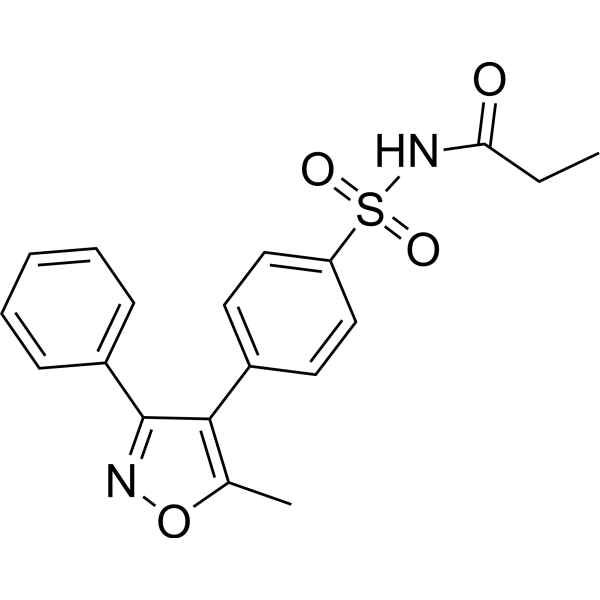
- HY-17474A
-
|
SC 69124A
|
COX
|
Inflammation/Immunology
Cancer
|
|
Parecoxib Sodium (SC 69124A) is a highly selective and orally active COX-2 inhibitor, the proagent of Valdecoxib (HY-15762). Parecoxib Sodium is a nonsteroidal anti-inflammatory agent (NSAID) and inhibits prostaglandin (PG) synthesis. Parecoxib Sodium can be used for the relief of acute postoperative pain and symptoms of chronic inflammatory conditions such as osteoarthritis and rheumatoid arthritis in vivo.
|
-
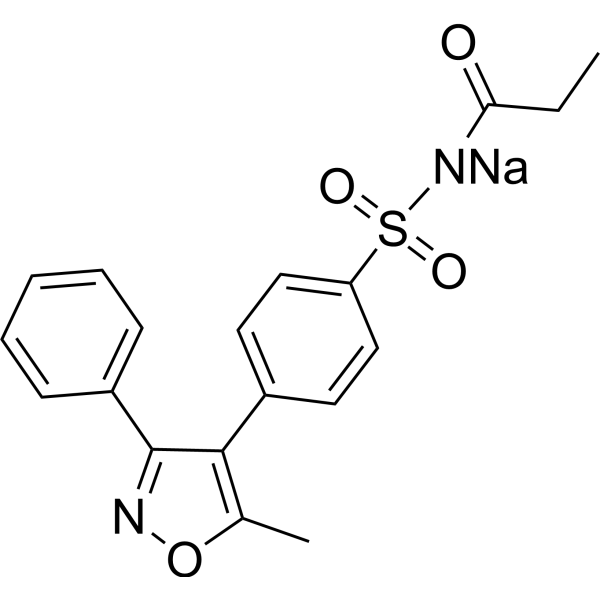
- HY-N5011
-
|
|
Cytochrome P450
|
Metabolic Disease
Inflammation/Immunology
Cancer
|
|
5,7-Dimethoxyflavone is one of the major components of Kaempferia parviflora, has anti-obesity, anti-inflammatory, and antineoplastic effects. 5,7-Dimethoxyflavone inhibits cytochrome P450 (CYP) 3As. 5,7-Dimethoxyflavone is also a potent Breast Cancer Resistance Protein (BCRP) inhibitor .
|
-
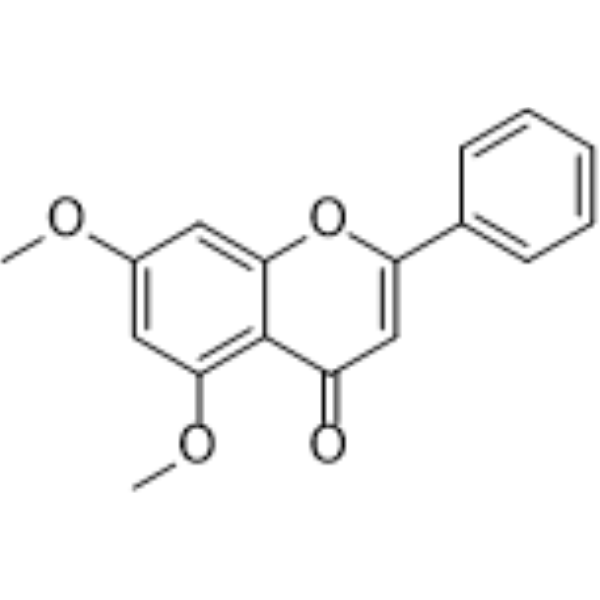
- HY-N10335
-
|
|
FAK
|
Inflammation/Immunology
Cancer
|
|
Harringtonolide is a potent RACK1 inhibitor (IC50=39.66 μM in A375 cells). Harringtonolide inhibits the epithelial-mesenchymal transition (EMT) process and cell proliferation by affecting the interaction between FAK and RACK1. Harringtonolide has plant growth inhibitory, antiviral, anti-inflammatory, and antiproliferation activities .
|
-
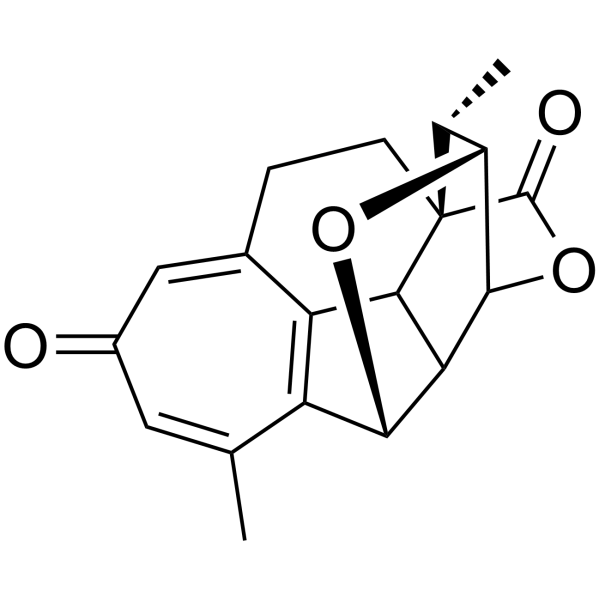
- HY-147836
-
|
|
Akt
NF-κB
JNK
TNF Receptor
COX
|
Inflammation/Immunology
|
|
Akt/NF-κB/JNK-IN-1 (Compound 2i) is an inhibitor of Akt, NF-κB and JNK signaling pathways. Akt/NF-κB/JNK-IN-1 inhibits nitric oxide production with an IC50 of 3.15 μM. Akt/NF-κB/JNK-IN-1 shows anti-inflammatory activities .
|
-
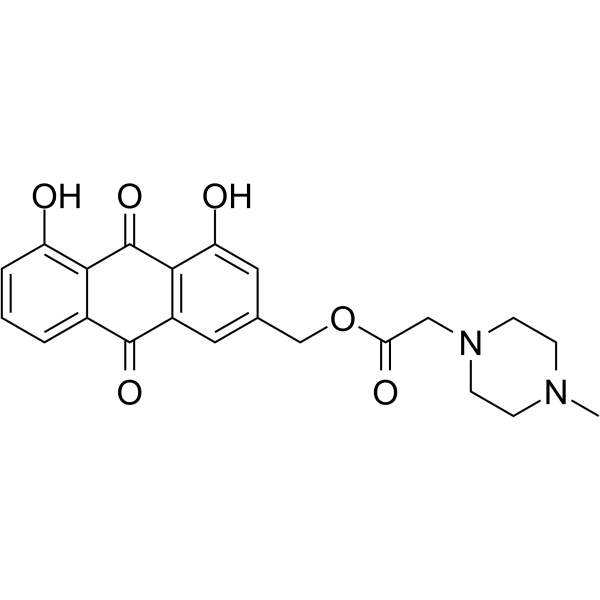
- HY-N3831
-
|
|
Bacterial
Apoptosis
|
Infection
Inflammation/Immunology
Cancer
|
|
Epimedokoreanin B is a natural flavonoid with anticancer, anti-inflammatory and antibacterial effects. Epimedokoreanin B inhibits the growth of lung cancer cells through endoplasmic reticulum stress-mediated apoptosis accompanied by autophagosome accumulation. Epimedokoreanin B is an anti-periodontitis agent that inhibits gingipains and Porphyromonas gingivalis growth and biofilm formation .
|
-
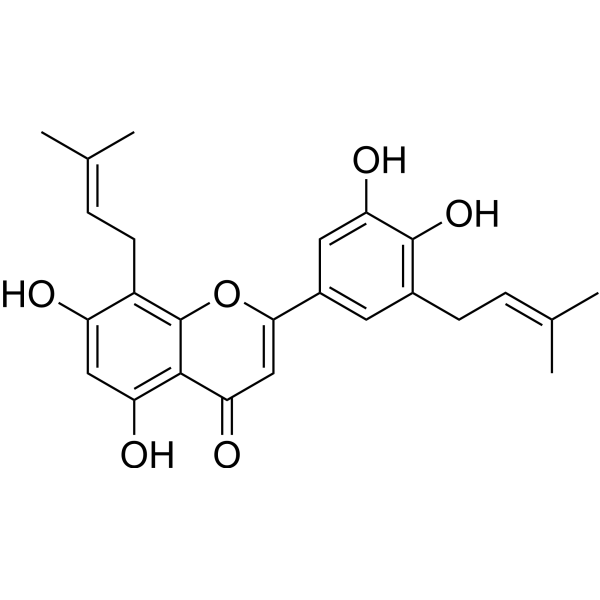
- HY-149496
-
-
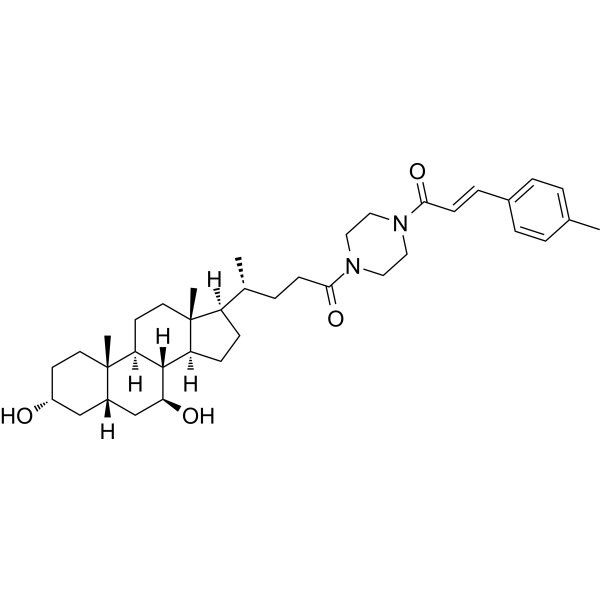
- HY-N0410
-
|
Eleutheroside A; β-Sitosterol β-D-glucoside
|
Apoptosis
Reactive Oxygen Species
Autophagy
|
Inflammation/Immunology
Cancer
|
|
Daucosterol is an orally active natural sterol compound, which has anti-inflammatory, anticancer and immunomodulatory activities. Daucosterol inhibits cancer cell proliferation by inducing autophagy through ROS-dependent manner. Daucosterol also inhibits colon cancer growth by inducing apoptosis, inhibiting cell migration and invasion and targeting caspase signalling pathway .
|
-
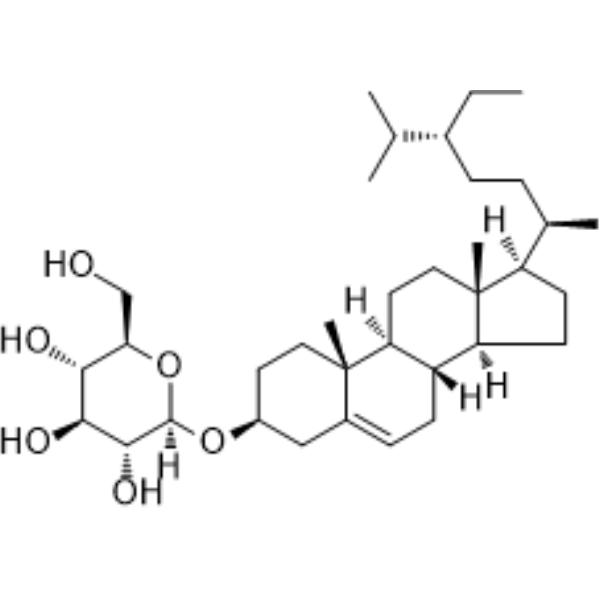
- HY-N0232
-
|
|
COX
Lipoxygenase
Notch
Reactive Oxygen Species
Bacterial
|
Cancer
|
|
Psoralidin is a dual inhibitor of COX-2 and 5-LOX, regulates ionizing radiation (IR)-induced pulmonary inflammation.Anti-cancer, anti-bacterial, and anti-inflammatory properties . Psoralidin significantly downregulates NOTCH1 signaling. Psoralidin also greatly induces ROS generation .
|
-
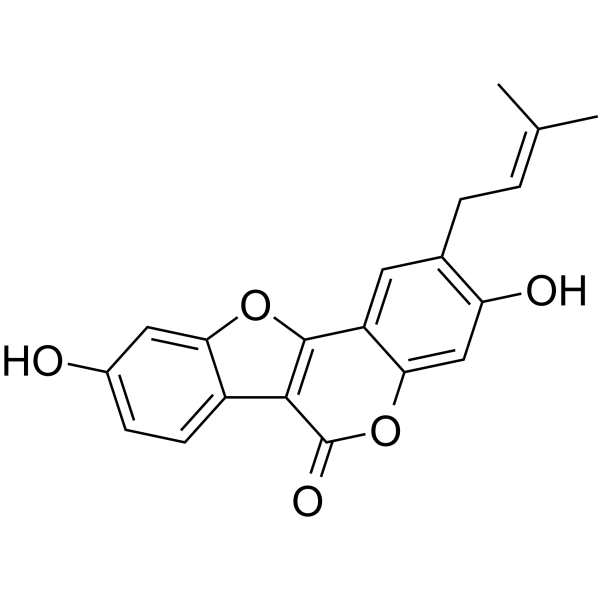
- HY-N0389
-
|
|
COX
Parasite
|
Inflammation/Immunology
|
|
Columbin is an orally active diterpenoid furanolactone from Calumbae radix, has anti-inflammatory and anti-trypanosomal effects. Columbin selectively inhibits COX-2 (EC50=53.1 μM) over COX-1 (EC50=327 μM) .
|
-
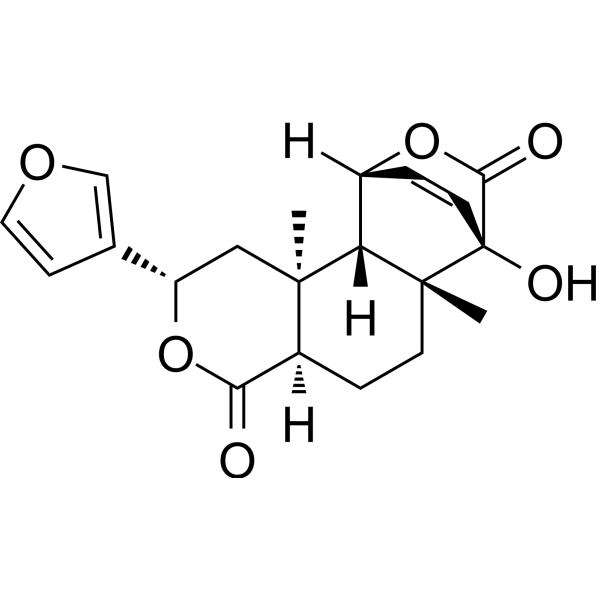
- HY-B0574S2
-
|
|
Isotope-Labeled Compounds
COX
|
Inflammation/Immunology
|
|
Mefenamic acid- 13C6 is the 13C-labeled Mefenamic acid. Mefenamic acid is a non-steroidal anti-inflammatory agent, acting as a competitive inhibitor of hCOX-1 and hCOX-2, with IC50s of 40 nM and 3 μM for hCOX-1 and hCOX-2, respectively.
|
-
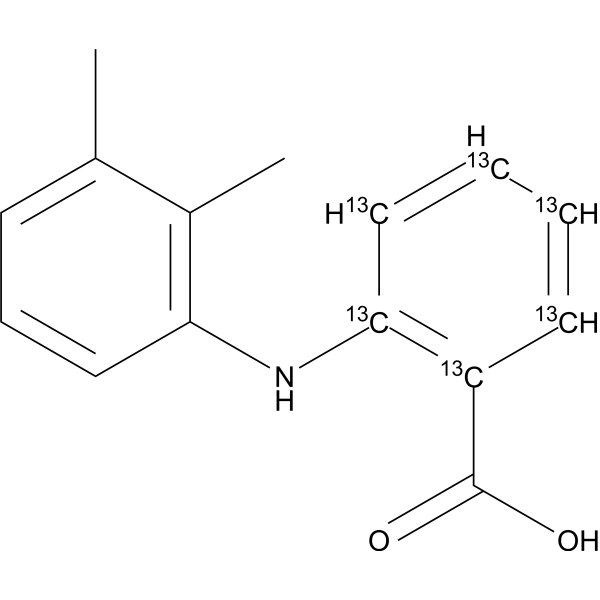
- HY-118139S
-
|
|
Isotope-Labeled Compounds
COX
|
Inflammation/Immunology
|
|
Celecoxib-d4 is the deuterium labeled Desmethyl Celecoxib. Desmethyl Celecoxib (compound 3b) is a selective cyclooxygenase-2 (COX-2) inhibitor (IC50=32 nM) with anti-inflammatory activities. Desmethyl Celecoxib is an analog of Celecoxib and with the optimal yield of 75%[1].
|
-
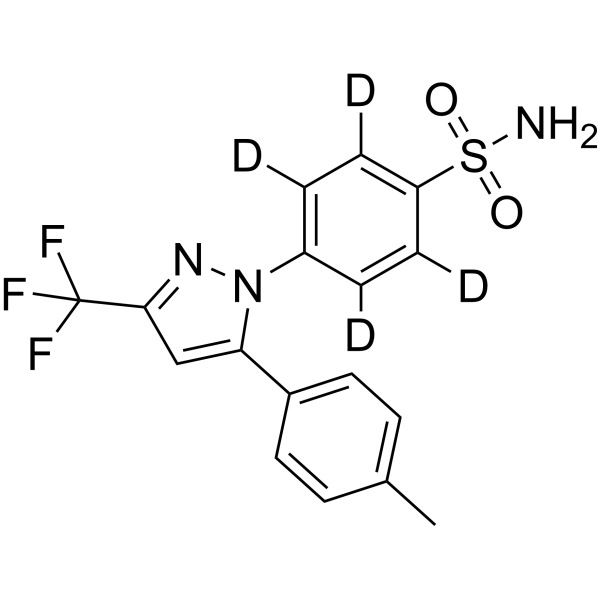
- HY-N0404
-
|
|
p38 MAPK
AMPK
|
Metabolic Disease
Inflammation/Immunology
|
|
Sinigrin is a major glucosinolate present in plants of the Brassicaceae family. Sinigrin inhibits early-stage adipogenesis of 3T3-L1 adipocytes through the AMPK and MAPK signaling pathways. Sinigrin has potent anti-oxidant, anti-tumor and anti-inflammatory effects .
|
-
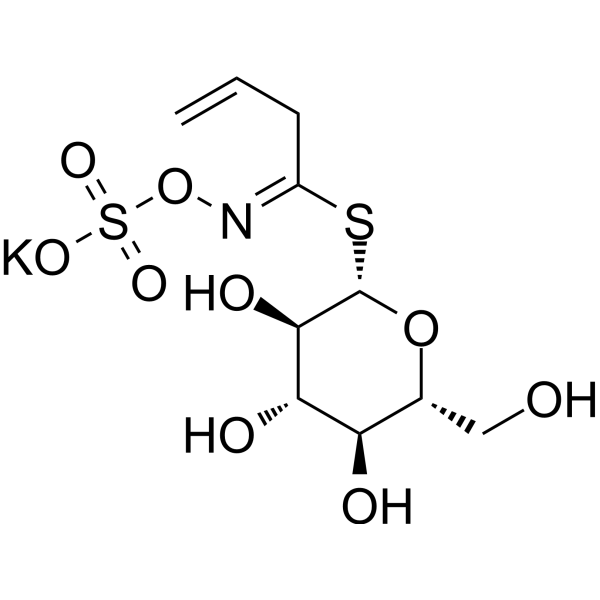
- HY-135750
-
VAF347
2 Publications Verification
|
Aryl Hydrocarbon Receptor
|
Inflammation/Immunology
|
|
VAF347 is a cell permeable and highly affinity aryl hydrocarbon receptor (AhR) agonist and induces AhR signaling. VAF347 inhibits the development of CD14 +CD11b + monocytes from granulo-monocytic (GM stage) precursors. VAF347 has anti-inflammatory effects .
|
-
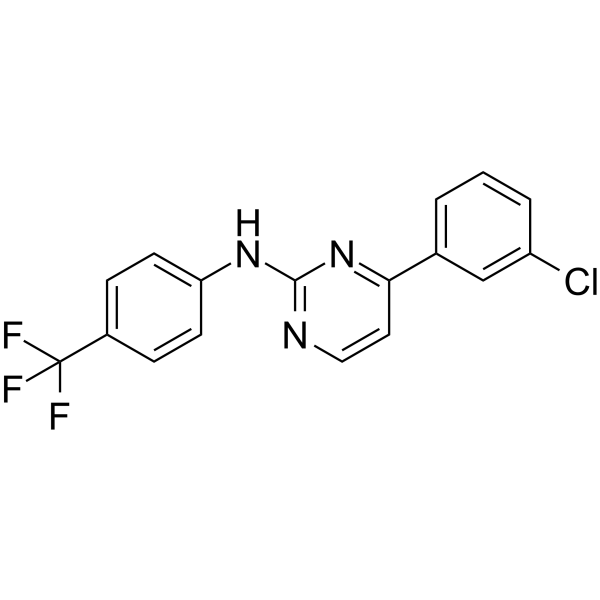
- HY-A0259
-
|
|
|
|
|
Floctafenine, a nonsteroidal anti-inflammatory agent (NSAID), acts as an effective analgesic agent . Floctafenine is an inhibitor of COX-1 and COX-2 activities in vitro,showing a slightly higher potency towards COX-I. Floctafenine is used for the research of short term pain research .
|
-
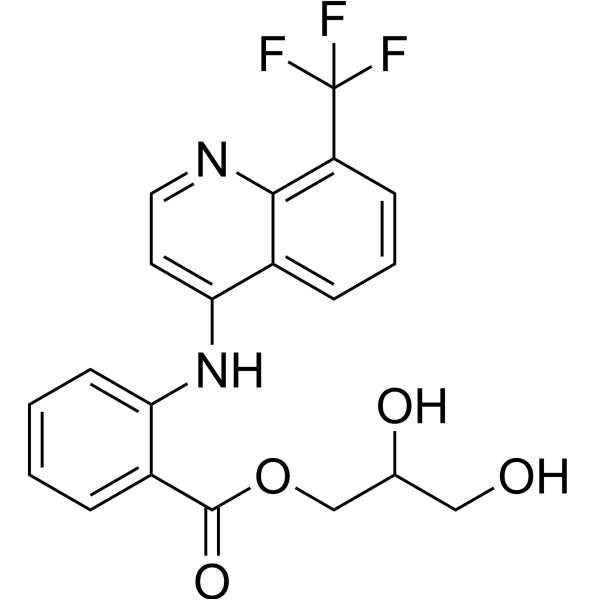
- HY-P0266B
-
|
Ac-SDKP acetate
|
Angiotensin-converting Enzyme (ACE)
|
Inflammation/Immunology
|
|
N-Acetyl-Ser-Asp-Lys-Pro (Ac-SDKP) acetate is a specific substrate for the N-terminal active site of angiotensin-converting enzyme (ACE). N-Acetyl-Ser-Asp-Lys-Pro acetate is a natural inhibitor of pluripotent hematopoietic stem cell proliferation. Anti-inflammatory and antifibrotic properties .
|
-
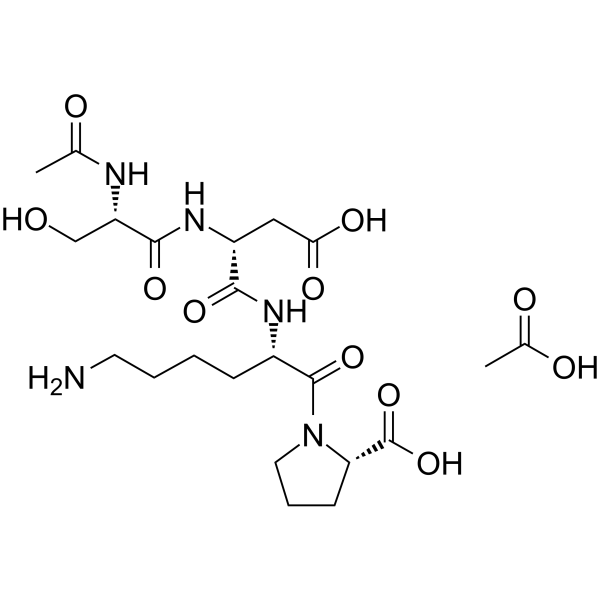
- HY-143884
-
|
|
JAK
|
Inflammation/Immunology
|
|
JAK2/TYK2-IN-2 is a potent and selective TYK2 inhibitor with IC50 values of 9 and 157 nM for TYK2 and JAK2, respectively. JAK2/TYK2-IN-2 has anti-inflammatory activity .
|
-
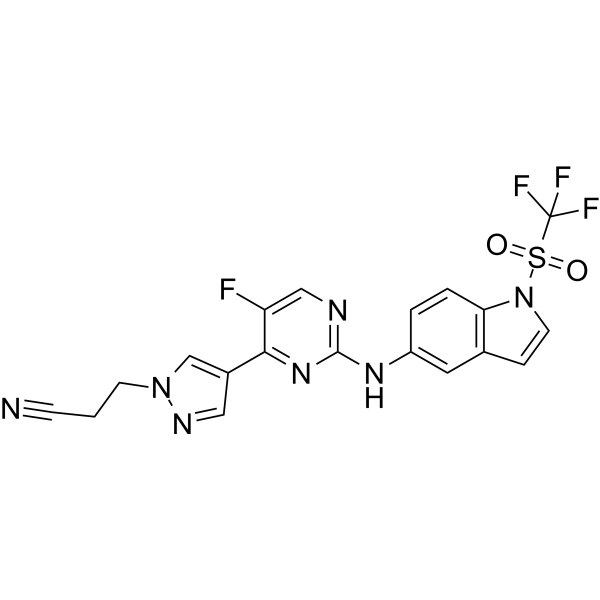
- HY-147961
-
|
|
COX
|
Inflammation/Immunology
|
|
COX-2-IN-23 (compound 9a) is a selective COX-2 inhibitor with IC50 values of 0.28 and 20.14 μM for COX-2 and COX-1. COX-2-IN-23 has anti-inflammatory activity and low ulcerogenic activity.
|
-
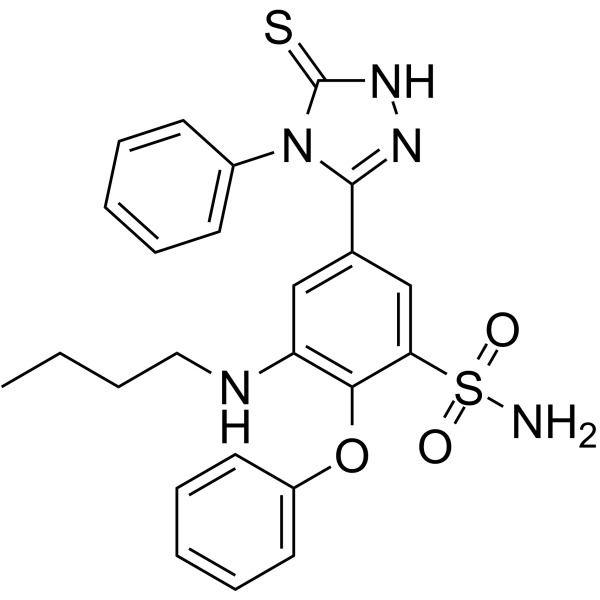
- HY-106359
-
-
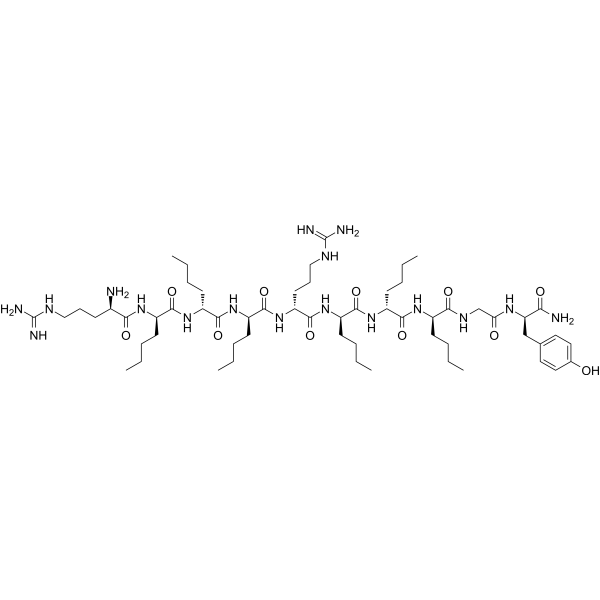
- HY-122917
-
-
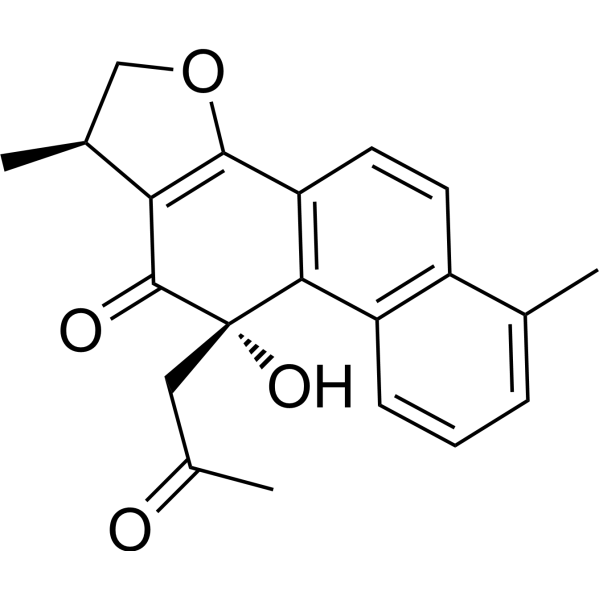
- HY-106359A
-
|
RDP-58 acetate
|
TNF Receptor
IFNAR
Reactive Oxygen Species
|
Cancer
|
|
Delmitide (RDP58) acetate is an orally active d-isomer decapeptide with potent anti-inflammatory activity. Delmitide acetate inhibits production of TNF-α, IFN-γ, and interleukin (IL)-12, and up-regulates heme oxygenase 1 activity. Delmitide acetate can be used for the research of ulcerative colitis .
|
-
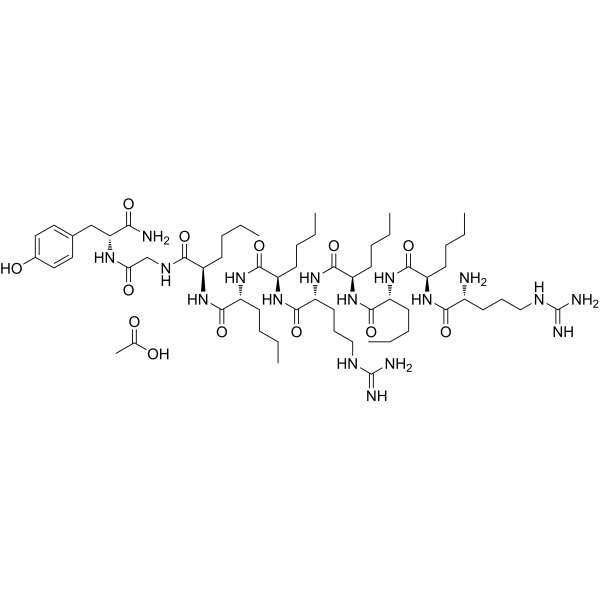
- HY-158022
-
|
|
Cathepsin
|
Infection
Inflammation/Immunology
|
|
CTSL/CAPN1-IN-1 (compound 14a) is an oral active CTSL and CAPN1 inhibitor with the IC50 values of 3.34 nM and 375.1 nM for CTSL and CAPN1, respectively. CTSL/CAPN1-IN-1 shows anticoronaviral activity and anti-inflammatory effect .
|
-
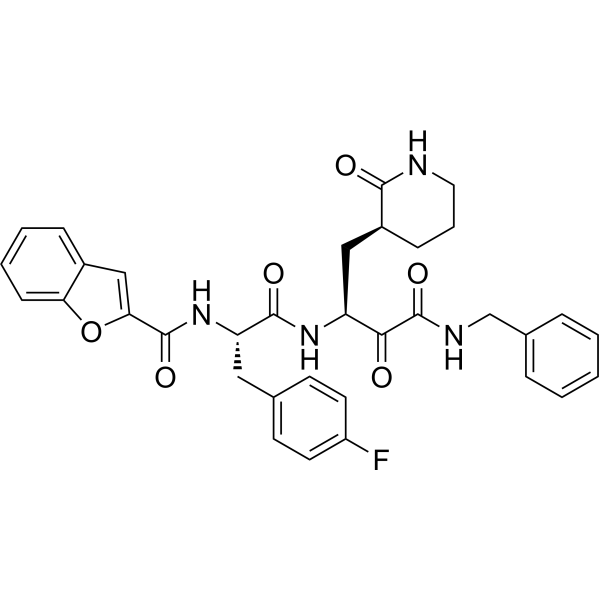
- HY-146662
-
|
|
PGE synthase
|
Inflammation/Immunology
|
|
HPGDS inhibitor 3 is an orally active and highly potent peripherally restricted hematopoietic prostaglandin D synthase (H-PGDS) inhibitor with IC50 value of 9.4 nM and EC50 of 42 nM, respectively. HPGDS inhibitor 3 exhibits good selectivity, good pharmacokinetic parameters in mouse, rat, and dog, and no CNS toxicity. HPGDS inhibitor 3 has anti-inflammatory activity .
|
-
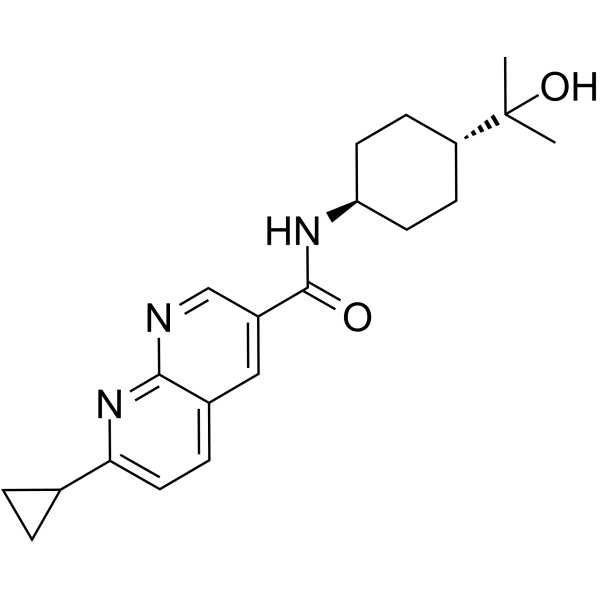
- HY-B0335
-
|
GEA 6414
|
COX
|
Inflammation/Immunology
Cancer
|
|
Tolfenamic Acid (GEA 6414) is a non-steroidal anti-inflammatory and anti-cancer agent, selectively inhibits COX-2, with an IC50 of 13.49 μM (3.53 μg/mL) in LPS-treated (COX-2) canine DH82 monocyte/macrophage cells, but shows no effect on COX-1.
|
-
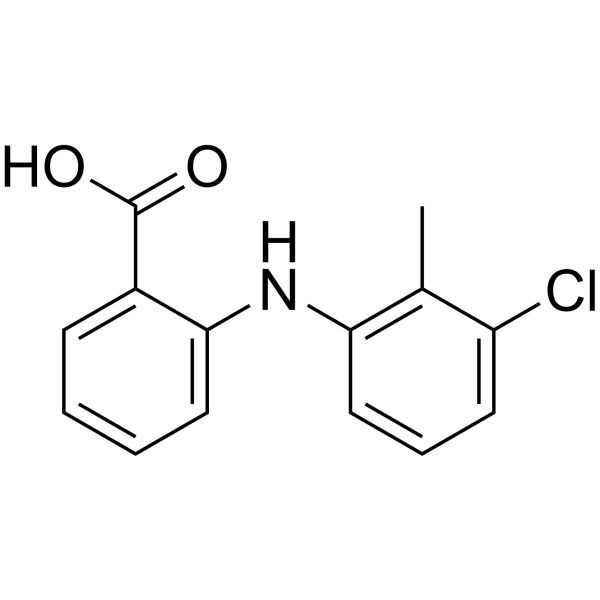
- HY-14670
-
|
ML 1785713
|
COX
|
Inflammation/Immunology
|
|
Firocoxib (ML 1785713) is a potent, selective and orally active COX-2 inhibitor with an IC50 of 0.13 μM. Firocoxib shows 58-fold more selective for COX-2 than COX-1 (IC50 of 7.5 μM). Firocoxib has anti-inflammatory effects .
|
-
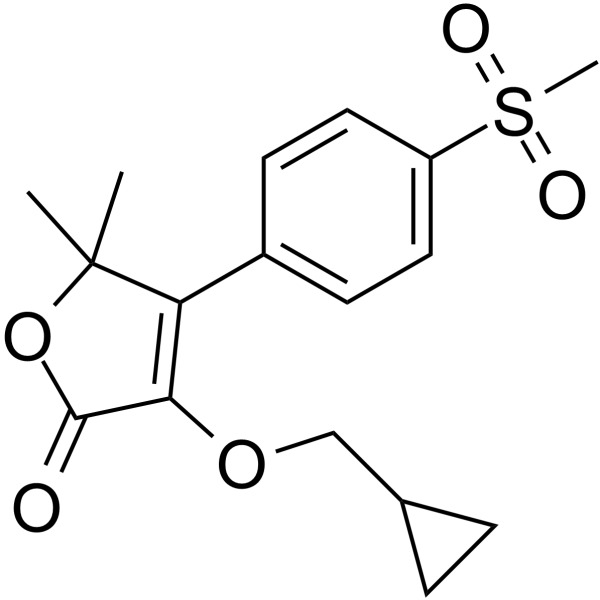
- HY-15321S
-
|
MK-0663-d4; L-791456-d4
|
COX
|
Others
|
|
Etoricoxib-d4 is a deuterium labeled Etoricoxib. Etoricoxib is a non steroidal anti-inflammatory agent, acting as a selective and orally active COX-2 inhibitor, with IC50s of 1.1 μM and 116 μM for COX-2 and COX-1 in human whole blood.
|
-
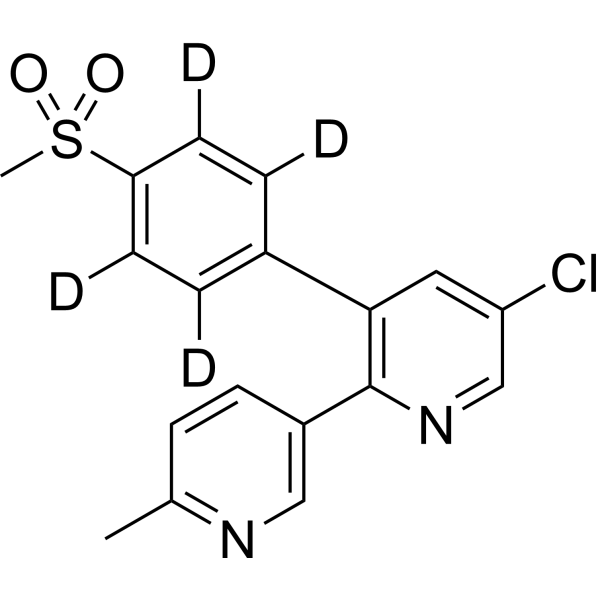
- HY-N0162
-
|
Luteoline; Luteolol; Digitoflavone
|
Keap1-Nrf2
Apoptosis
Autophagy
Endogenous Metabolite
|
Inflammation/Immunology
Cancer
|
|
Luteolin (Luteoline), a flavanoid compound, is a potent Nrf2 inhibitor. Luteolin has anti-inflammatory, anti-cancer properties, including the induction of apoptosis and cell cycle arrest, and the inhibition of metastasis and angiogenesis, in several cancer cell lines, including human non-small lung cancer cells .
|
-
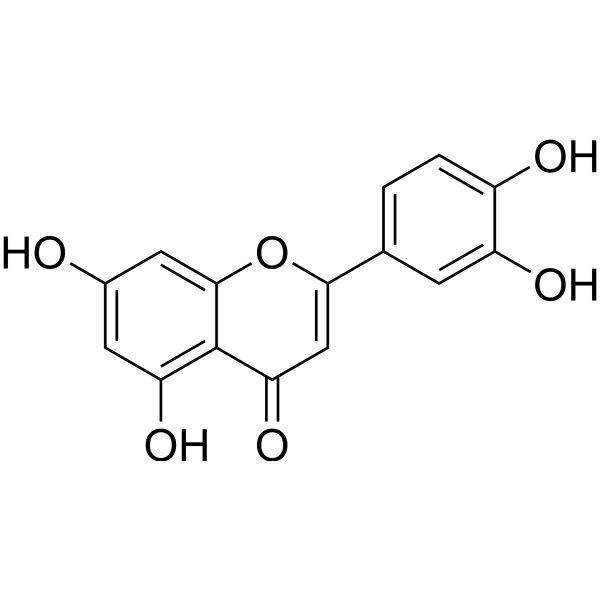
- HY-B1227S
-
-
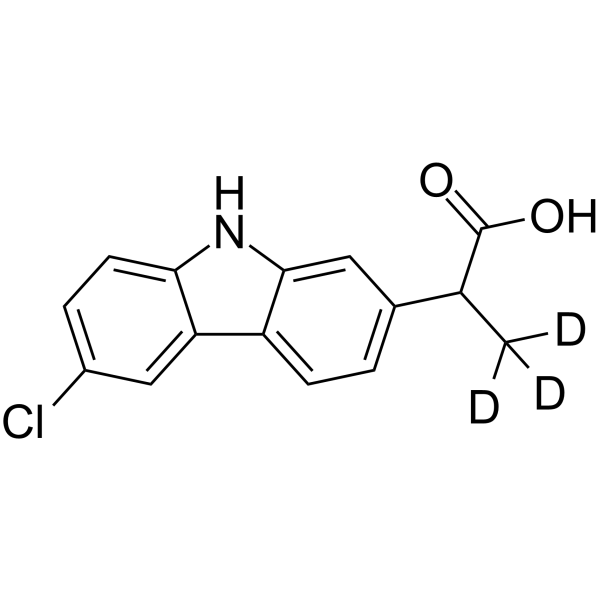
- HY-130494S
-
-
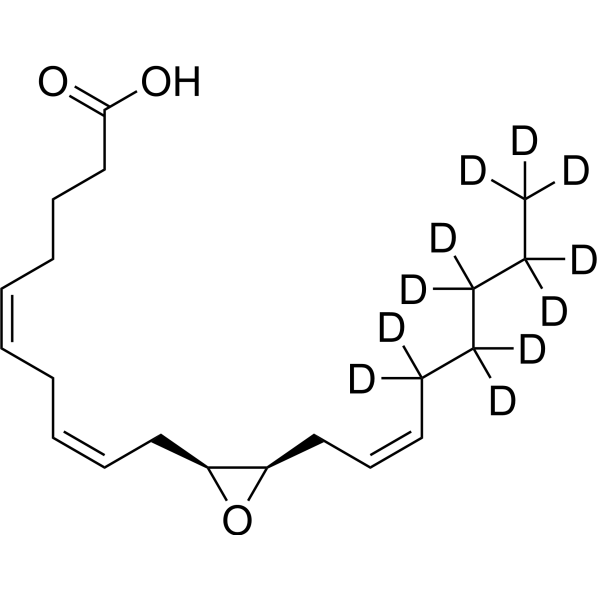
- HY-N0346A
-
|
|
|
|
|
(E)-Ethyl p-methoxycinnamate is a natural product found in Kaempferia galangal with anti-inflammatory, anti-neoplastic and anti-microbial effects. (E)-Ethyl p-methoxycinnamate inhibits COX-1 and COX-2 in vitro with IC50s of 1.12 and 0.83 μM, respectively .
|
-
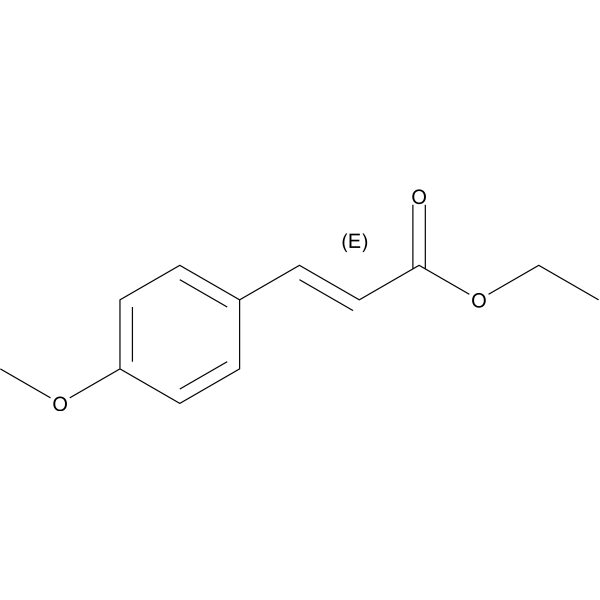
- HY-N0279
-
-
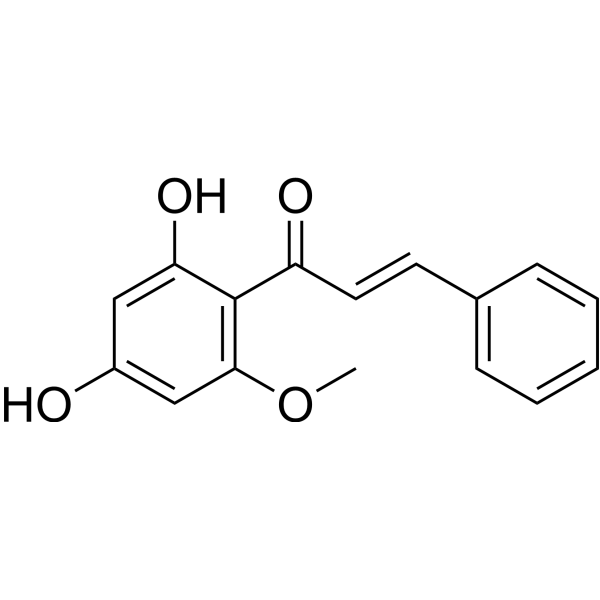
- HY-126382
-
|
|
NF-κB
|
Inflammation/Immunology
|
|
Hesperidin methylchalcone (Hesperidin methyl chalcone) is an orally active flavonoid that has analgesic, anti-inflammatory and antioxidant properties. Hesperidin methylchalcone exhibits vasoprotective activity. Hesperidin methylchalcone inhibits oxidative stress, cytokine production and NF-κB activation. Hesperidin methylchalcone can be used for the research of gout disease .
|
-
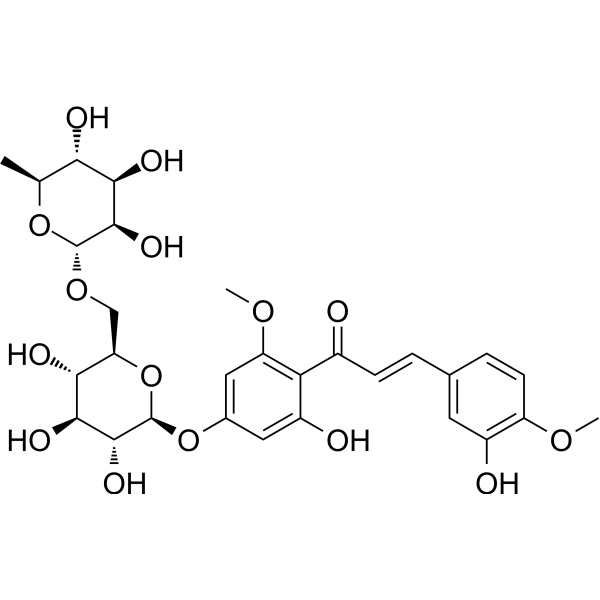
- HY-142847
-
-
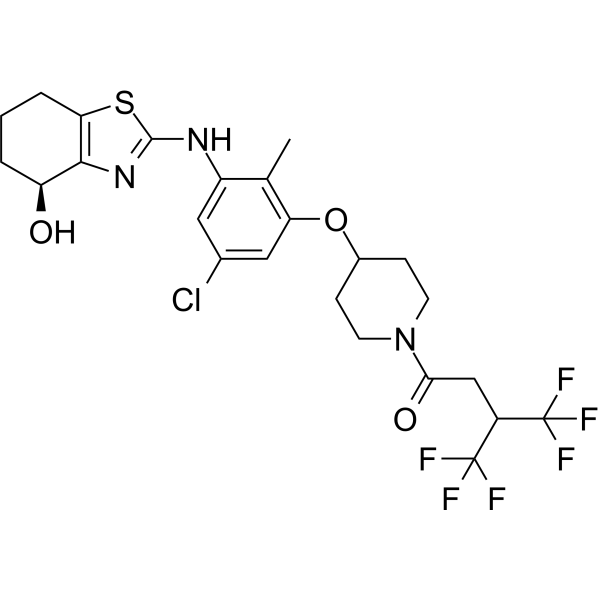
- HY-100516
-
|
UR-8880
|
COX
|
Inflammation/Immunology
|
|
Cimicoxib (CX) is an orally active potent and selective COX-2 (cyclo-oxygenase-2) inhibitor. Cimicoxib exhibits promising anti-inflammatory and analgesic activity. The PK parameters of Cimicoxib in dogs given precise (2 mg/kg) and approximate doses (1.95-2.5 mg/kg) are similar .
|
-
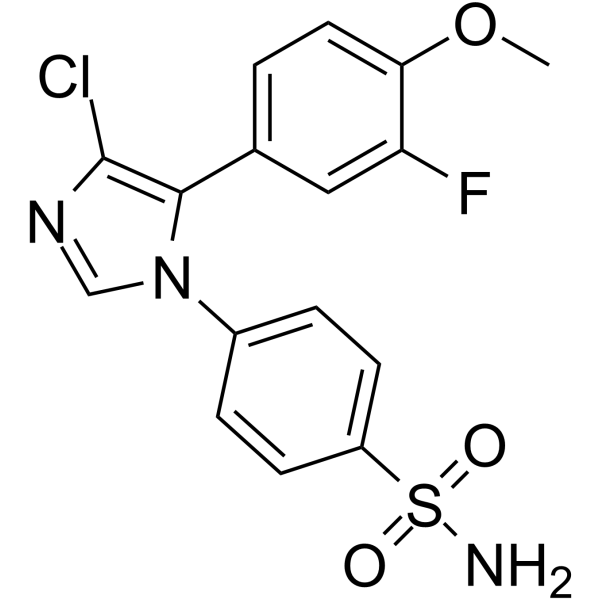
- HY-147527
-
|
|
CDK
|
Inflammation/Immunology
|
|
CDK8-IN-5 is a potent CDK8 inhibitor with an IC50 of 72 nM. CDK8-IN-5 shows anti-inflammatory activities with 43% IL-10 enhancement rate. CDK8-IN-5 has the potential for the research of inflammatory bowel disease .
|
-
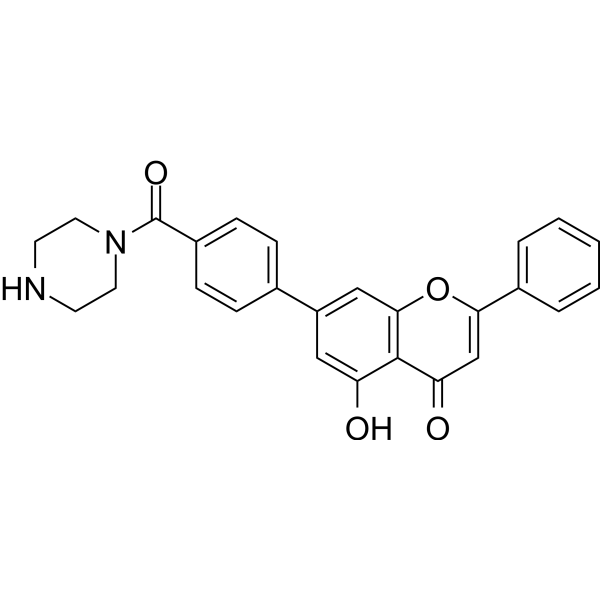
- HY-N10429
-
|
(+)-Geissoschizoline
|
Cholinesterase (ChE)
|
Neurological Disease
Inflammation/Immunology
|
|
Geissoschizoline ((+)-Geissoschizoline) is a potent inhibitor of human AChE/BChE, with IC50s of 20.40 µM and 10.21 µM, respectively. Geissoschizoline emerges as a possible multi-target prototype that can be very useful in studies of preventing neurodegeneration and restoring neurotransmission. Geissoschizoline aiso is a potent anti-inflammatory agent .
|
-
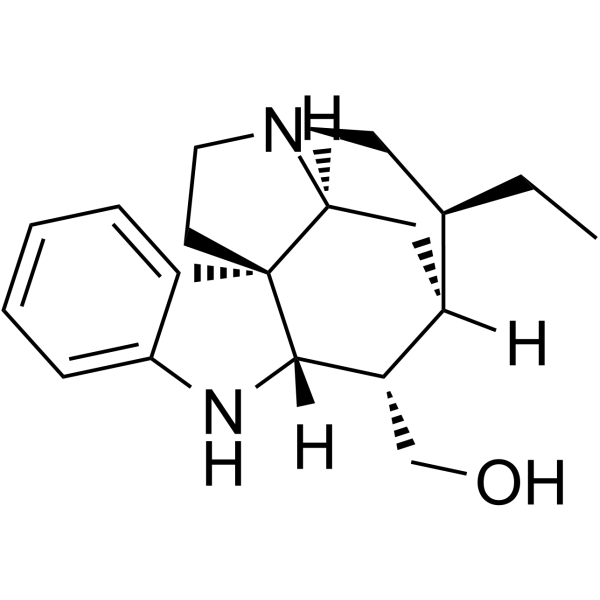
- HY-N3007A
-
|
|
Others
|
Inflammation/Immunology
|
|
(E)-Naringenin chalcone is an orally active anti-allergic agent. (E)-Naringenin chalcone also has antioxidant, anti-inflammatory activities. (E)-Naringenin chalcone can improve adipocyte functions. (E)-Naringenin chalcone inhibits histamine release from rat peritoneal mast cell .
|
-
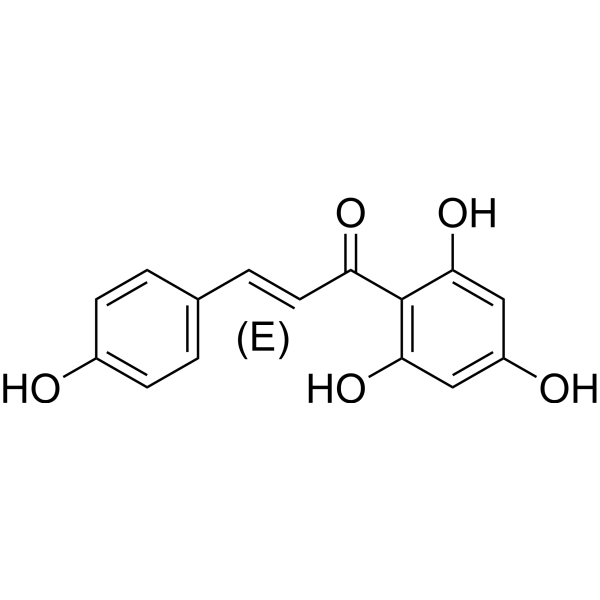
- HY-151920
-
|
|
Btk
|
Inflammation/Immunology
|
|
BTK-IN-17 (compound 36R) is a selective and orally activeBTK inhibitor with an IC50 value of 13.7 nM. BTK-IN-17 decreases the expression of p-BTK Y223 and p-PLCγ2 Y1217. BTK-IN-17 shows anti-inflammatory effects .
|
-
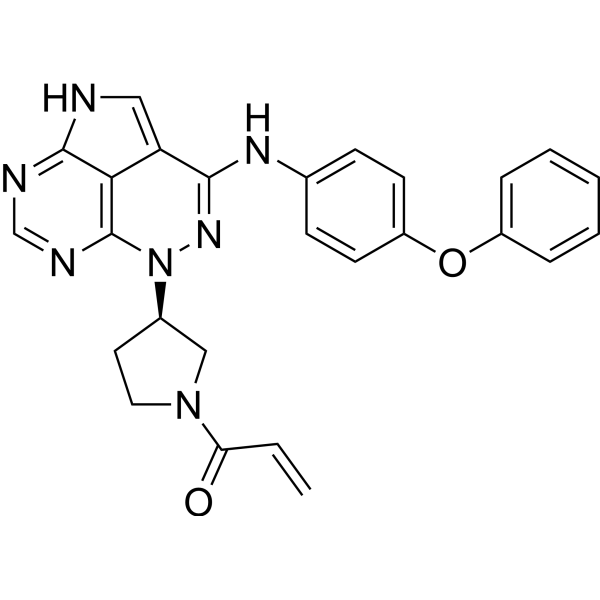
- HY-149408
-
|
|
Monoamine Oxidase
|
Cancer
|
|
MAOA-IN-1 (compound 15) is an orally active MAOA inhibitor with cytotoxicity against prostate cancer cells. MAOA-IN-1 has Caco-2 permeability and lower CNS permeability. MAOA-IN-1 can be further used in the research of anti-cancer and anti-inflammatory indications .
|
-
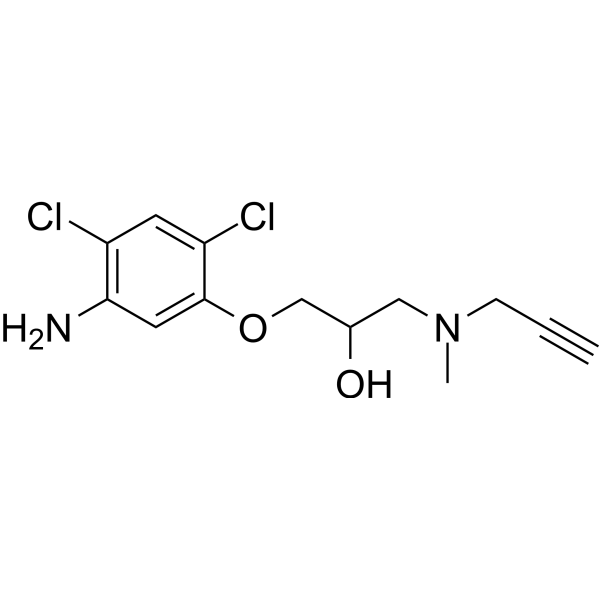
- HY-163183
-
|
|
JAK
Btk
|
Inflammation/Immunology
|
|
JAK3/BTK-IN-7 (XL-12) is a JAK3/BTK inhibitor with IC50 values of 2 nM and 14 nM, respectively. JAK3/BTK-IN-7 has anti-inflammatory activity and can be used in the study of rheumatoid arthritis .
|
-
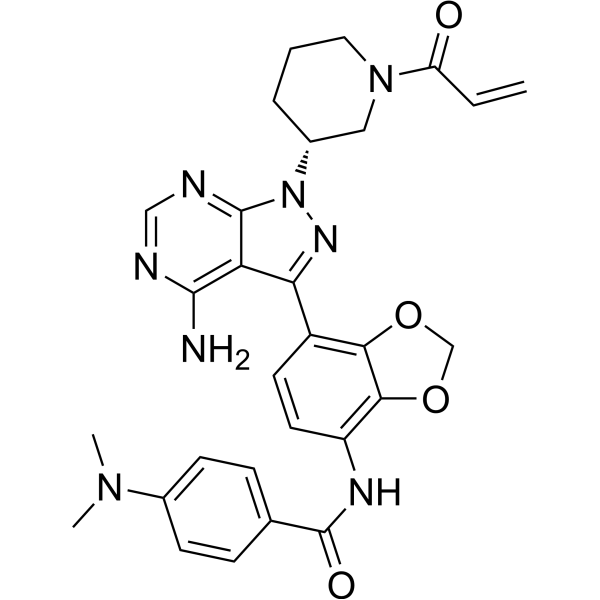
- HY-12511
-
|
|
p38 MAPK
|
Inflammation/Immunology
|
|
SKF-86002 is an orally active p38 MAPK inhibitor, with anti-inflammatory, anti-arthritic and analgesic activities. SKF-86002 inhibits lipopolysaccharide (LPS)-stimulate human monocyte IL-1 and TNF-α production (IC50 = 1 μM). SKF-86002 inhibits lipoxygenase- and cyclooxygenase-mediated metabolism of arachidonic acid .
|
-
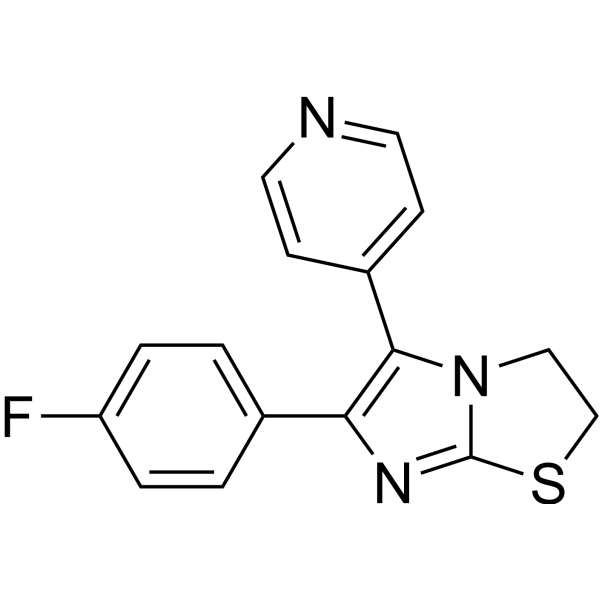
- HY-108641
-
|
|
p38 MAPK
|
Inflammation/Immunology
|
|
SKF-86002 dihydrochloride is an orally active p38 MAPK inhibitor, with anti-inflammatory, anti-arthritic and analgesic activities. SKF-86002 dihydrochloride inhibits lipopolysaccharide (LPS)-stimulate human monocyte IL-1 and TNF-α production (IC50 = 1 μM). SKF-86002 dihydrochloride inhibits lipoxygenase- and cyclooxygenase-mediated metabolism of arachidonic acid .
|
-
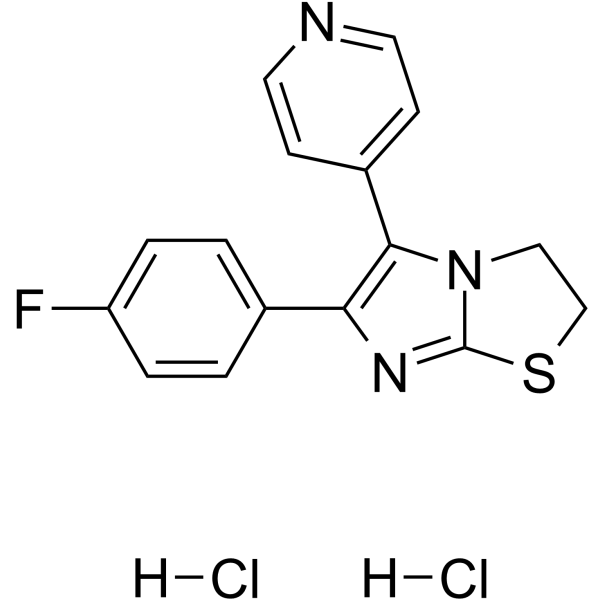
- HY-N3548
-
|
|
NF-κB
|
Inflammation/Immunology
|
|
Catalpalactone has anti-inflammatory effect. Catalpalactone inhibits LPS-induced NO production and iNOS expression in RAW264.7 cells, and also inhibits IRF3, NF-κB, and IFN-β/STAT-1 activation. Catalpalactone also inhibits dopamine biosynthesis by reducing tyrosine hydroxylase (TH) and aromatic-l-amino acid decarboxylase (AADC) activities .
|
-
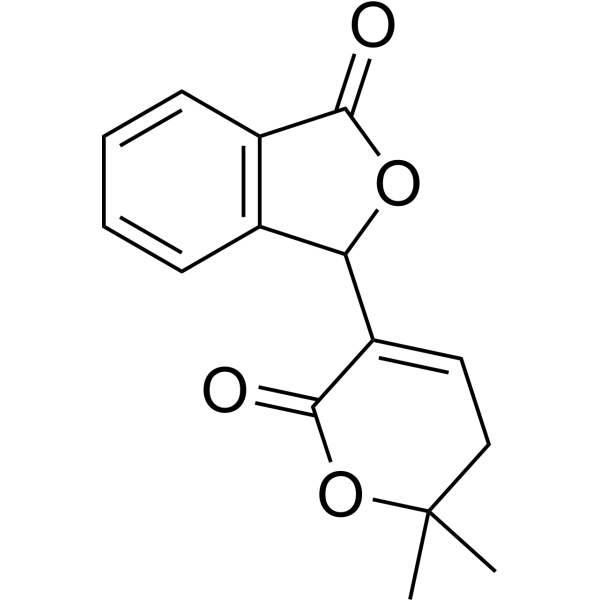
- HY-14904A
-
|
|
Influenza Virus
SARS-CoV
|
Infection
|
|
Umifenovir hydrochloride is a potent, orally active broad-spectrum antiviral with activity against a number of enveloped and non-enveloped viruses. Umifenovir hydrochloride is used as an anti-influenza virus agent. Umifenovir hydrochloride could effectively inhibit the fusion of virus with host cells . Umifenovir hydrochloride is an efficient inhibitor of SARS-CoV-2 in vitro. Anti-inflammatory activity .
|
-
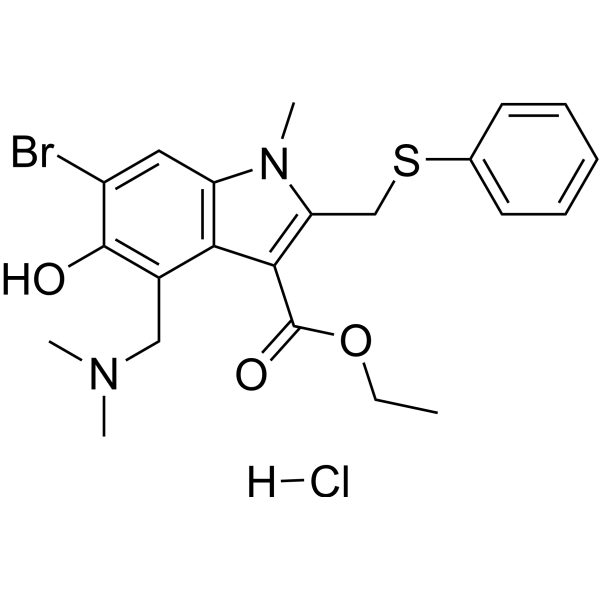
- HY-13418A
-
|
Compound C; BML-275
|
Organoid
AMPK
TGF-β Receptor
Autophagy
|
Cancer
|
|
Dorsomorphin (Compound C) is a selective and ATP-competitive AMPK inhibitor (Ki=109 nM in the absence of AMP). Dorsomorphin (BML-275) selectively inhibits BMP type I receptors ALK2, ALK3, and ALK6. Dorsomorphin can reverse autophagy activation and anti-inflammatory effect of Urolithin A (HY-100599) .
|
-
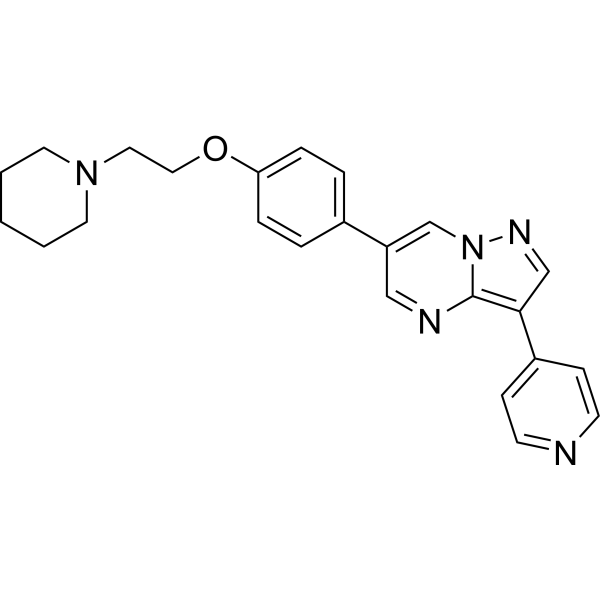
- HY-P1717
-
|
Cp40
|
Complement System
SARS-CoV
|
Inflammation/Immunology
|
|
AMY-101 (Cp40), a peptidic inhibitor of the central complement component C3 (KD = 0.5 nM), inhibits naturally occurring periodontitis in non-human primates (NHPs). AMY-101 (Cp40) exhibits a favorable anti-inflammatory activity in models with COVID-19 severe pneumonia with systemic hyper inflammation .
|
-
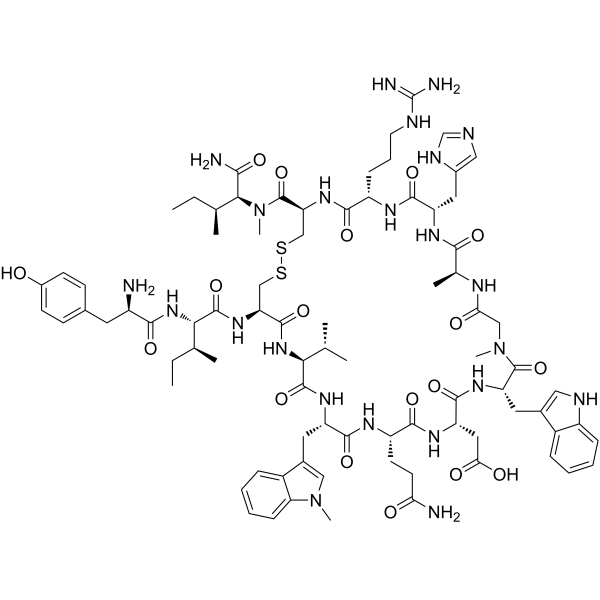
- HY-P1717B
-
|
Cp40 acetate
|
Complement System
SARS-CoV
|
Inflammation/Immunology
|
|
AMY-101 acetate (Cp40 acetate), a peptidic inhibitor of the central complement component C3 (KD = 0.5 nM), inhibits naturally occurring periodontitis in non-human primates (NHPs). AMY-101 acetate (Cp40 acetate) exhibits a favorable anti-inflammatory activity in models with COVID-19 severe pneumonia with systemic hyper inflammation .
|
-
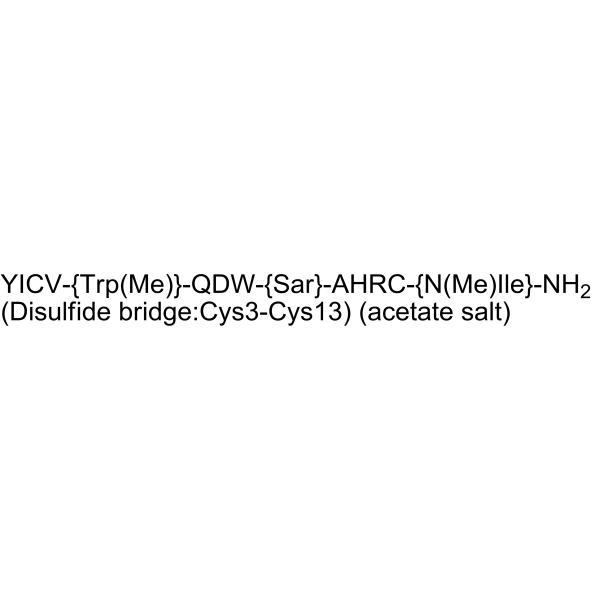
- HY-100950
-
|
|
|
|
ABC1183 is an orally active selective dual GSK3 and CDK9 inhibitor. ABC1183 inhibits GSK3β, GSK3α and CDK9/cyclin T1 with the IC50 values of 657 nM, 327 nM and 321 nM, respectively. ABC1183 has anti-inflammatory and anti-tumor activities .
|
-
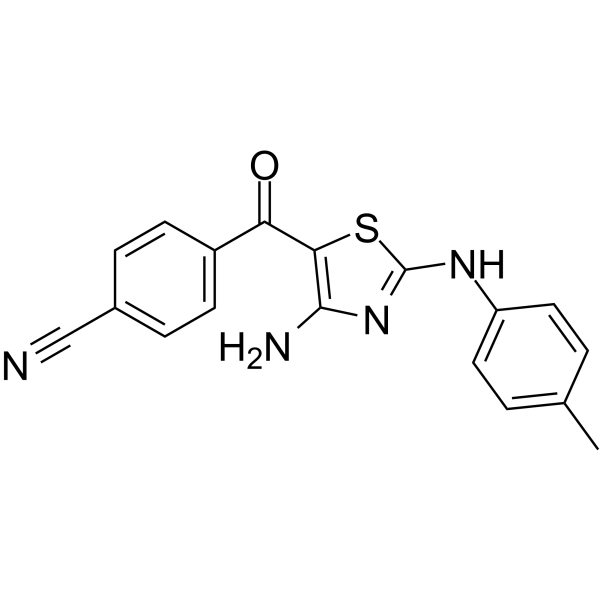
- HY-78131C
-
|
(±)-Ibuprofen sodium
|
COX
Apoptosis
Parasite
|
Infection
Neurological Disease
Inflammation/Immunology
Cancer
|
|
Ibuprofen ((±)-Ibuprofen) sodium is an orally active, selective COX-1 inhibitor with an IC50 value of 13 μM. Ibuprofen sodium inhibits cell proliferation, angiogenesis, and induces cell apoptosis. Ibuprofen sodium is a nonsteroidal anti-inflammatory agent and a nitric oxide (NO) donor. Ibuprofen sodium can be used in the research of pain, swelling, inflammation, infection, immunology, cancers .
|
-
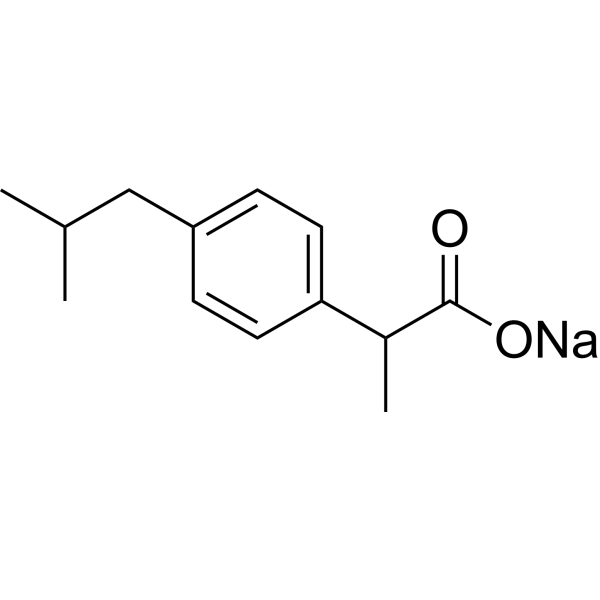
- HY-149391
-
|
|
PROTACs
Btk
|
Inflammation/Immunology
|
|
PROTAC BTK Degrader-6 (Compound 15) is a PROTAC BTK degrader (DC50: 3.18 nM. PROTAC BTK Degrader-6 has anti-inflammatory activity, inhibits NF-κB activation, and inhibits the expression of pro-inflammatory cytokines (e.g. IL-1β, IL-6) .
|
-

- HY-B0195
-
-
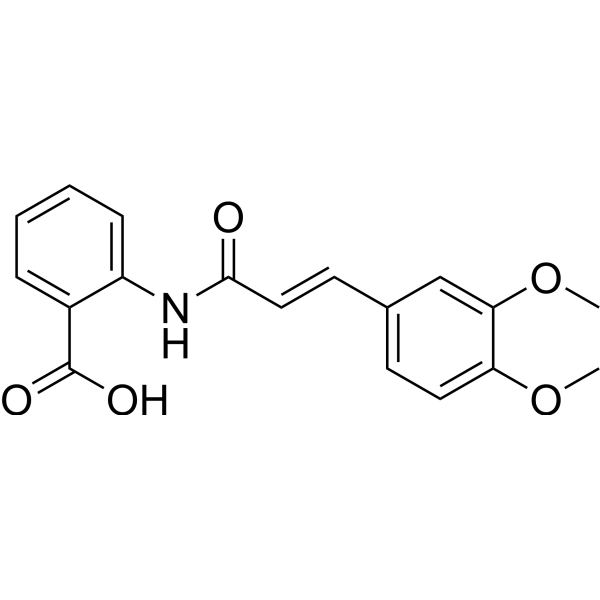
- HY-B0195A
-
|
MK-341 sodium; SB 252218 sodium
|
Prostaglandin Receptor
Angiotensin Receptor
|
Inflammation/Immunology
Endocrinology
|
|
Tranilast sodium (MK-341 sodium) acts as an anti-atopic agent. Tranilast suppresses production of prostaglandin D2 (PGD2, IC50= 0.1 mM). Tranilast sodium exhibits anti-inflammatory and immunomodulatory effects . Tranilast sodium antagonizes angiotensin II and inhibits its biological effects in vascular smooth muscle cells .
|
-
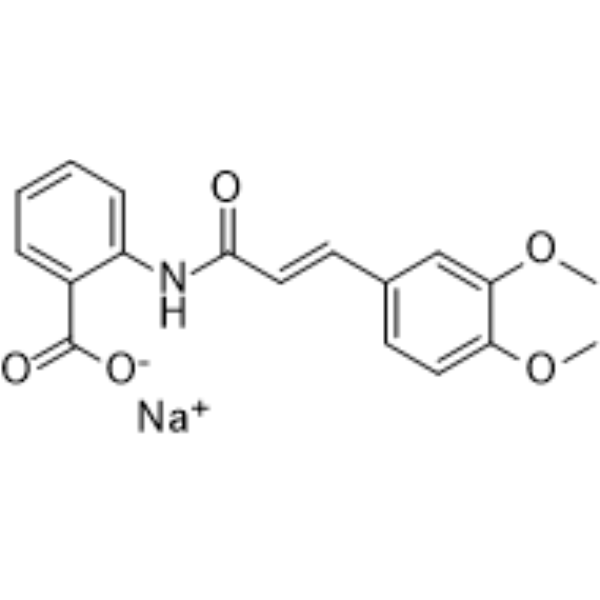
- HY-10582
-
|
dl-Flurbiprofen
|
COX
Apoptosis
|
Inflammation/Immunology
Cancer
|
|
Flurbiprofen (dl-Flurbiprofen) is a potent, orally active nonsteroidal anti-inflammatory agent (NSAIA/NSAID), with antipyretic and analgesic activities. Flurbiprofen is commonly used for the research of inflammatory diseases, including osteoarthritis and rheumatoid arthritis. Flurbiprofen is a non-selective cyclooxygenase (COX) inhibitor that can be used for the research of colorectal cancer .
|
-
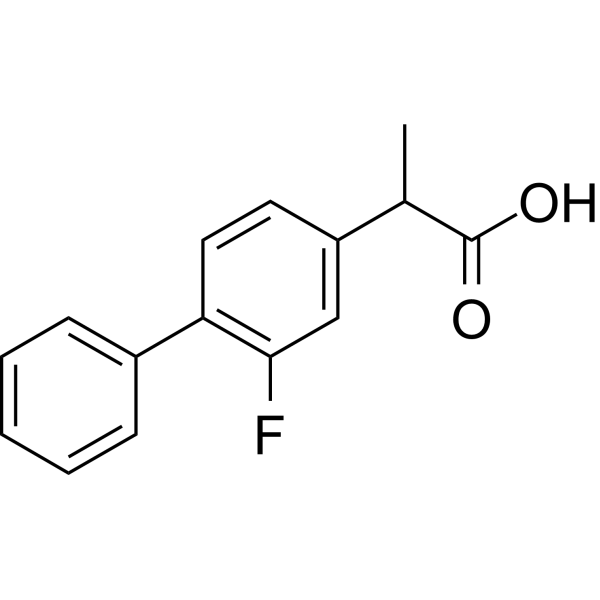
- HY-19808
-
-
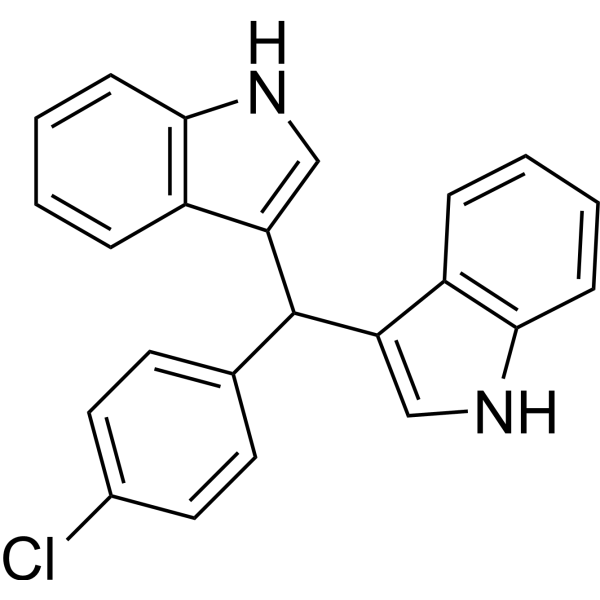
- HY-B0574S
-
|
|
COX
|
Inflammation/Immunology
|
|
Mefenamic acid-d4 is a deuterium labeled Mefenamic acid. Mefenamic acid is a non-steroidal anti-inflammatory agent, acting as a competitive inhibitor of hCOX-1 and hCOX-2, with IC50s of 40 nM and 3 μM for hCOX-1 and hCOX-2, respectively[1][2].
|
-
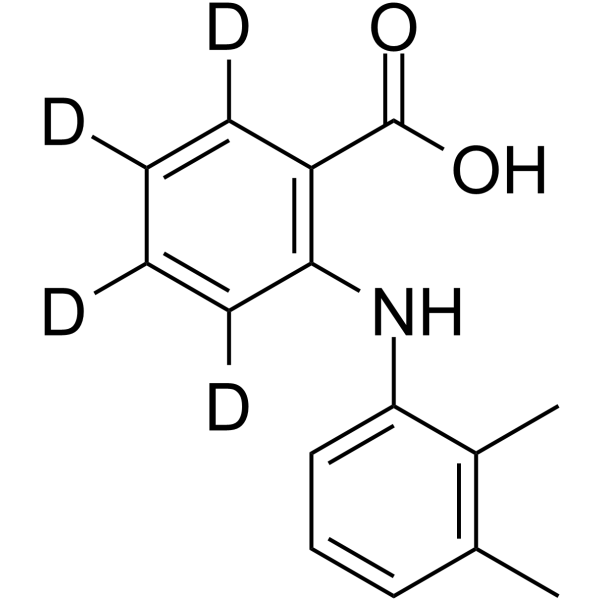
- HY-N0314
-
-
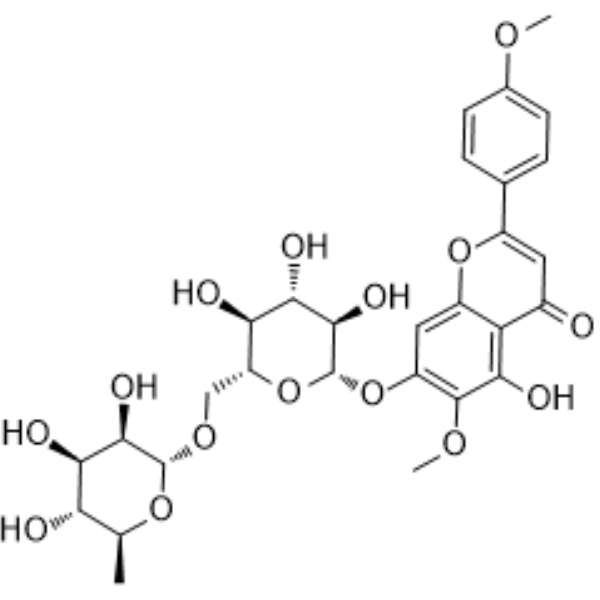
- HY-N1356
-
-
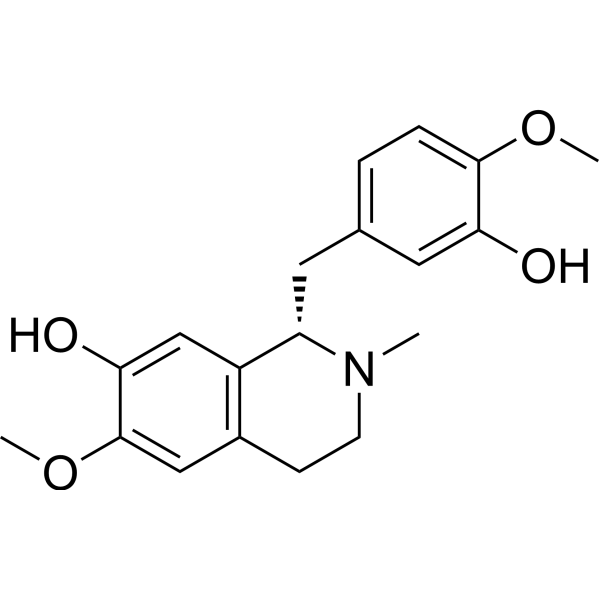
- HY-118828
-
|
12-OPDA
|
NF-κB
p38 MAPK
|
Neurological Disease
Inflammation/Immunology
|
|
12-Oxo phytodienoic acid (12-OPDA) is a plant lipid-derived anti-inflammatory compound. 12-Oxo phytodienoic acid suppresses neuroinflammation by inhibiting Nf-κB and p38 MAPK signaling in LPS-activated cells. 12-Oxo phytodienoic acid can be used for neurodegenerative diseases research .
|
-
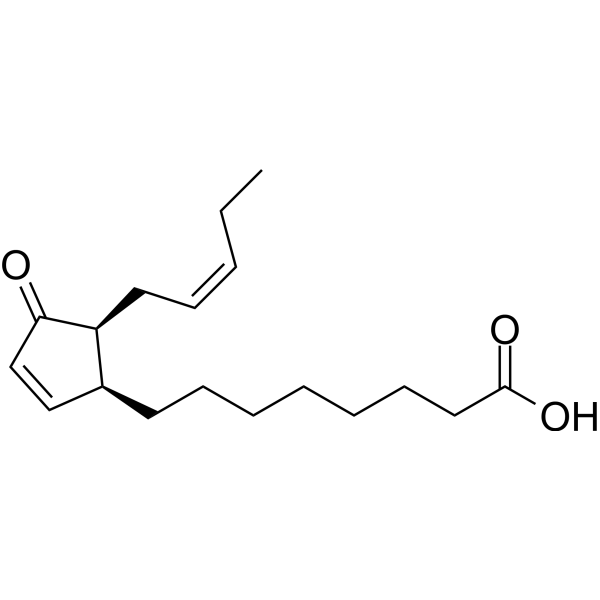
- HY-B1471
-
|
|
|
|
|
Fluorometholone acetate is a synthetic glucocorticoid corticosteroid and a corticosteroid ester. Fluorometholone acetate potently inhibits carbonic anhydrase (CA) with IC50s of 2.18 μM and 17.5 μM for hCA-I and hCA-II, respectively. Fluorometholone acetate has anti-inflammatory effect and has the potential for external ocular inflammation research .
|
-
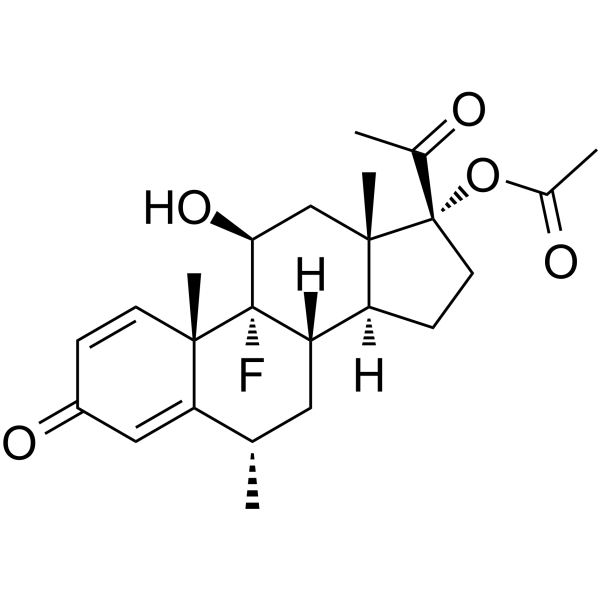
- HY-119708
-
|
RPL-554
|
Phosphodiesterase (PDE)
|
Inflammation/Immunology
|
|
Ensifentrine (RPL-554) is an inhaled first-in-class dual inhibitor of phosphodiesterase 3 (PDE3) and PDE4 with IC50s of 0.4 nM and 1479 nM, respectively. Ensifentrine has bronchoprotective and anti-inflammatory activities. Ensifentrine can be used for chronic obstructive pulmonary disease (COPD) research .
|
-
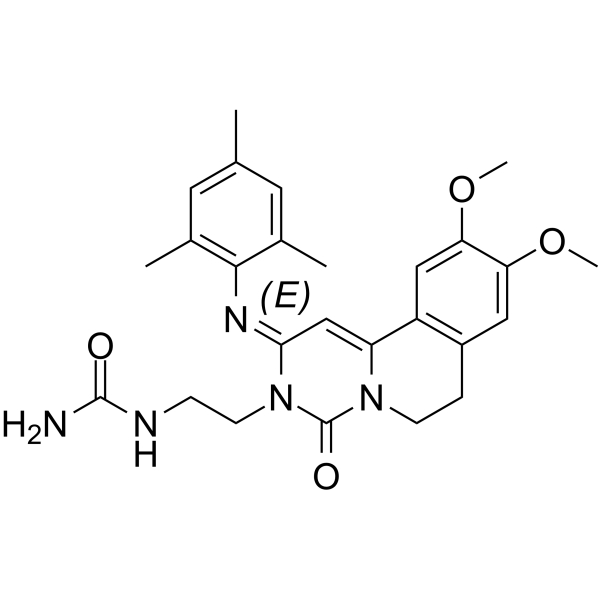
- HY-119447S
-
|
|
Isotope-Labeled Compounds
COX
|
Inflammation/Immunology
|
|
Mavacoxib-d4 is the deuterium labeled Mavacoxib. Mavacoxib is a selective, oral long-acting cyclooxygenase-2 (COX-2) inhibitor and a long-acting non-steroidal anti-inflammatory drug (NSAID). Mavacoxib is used to treat pain and inflammation associated with degenerative joint disease in dogs[1].
|
-
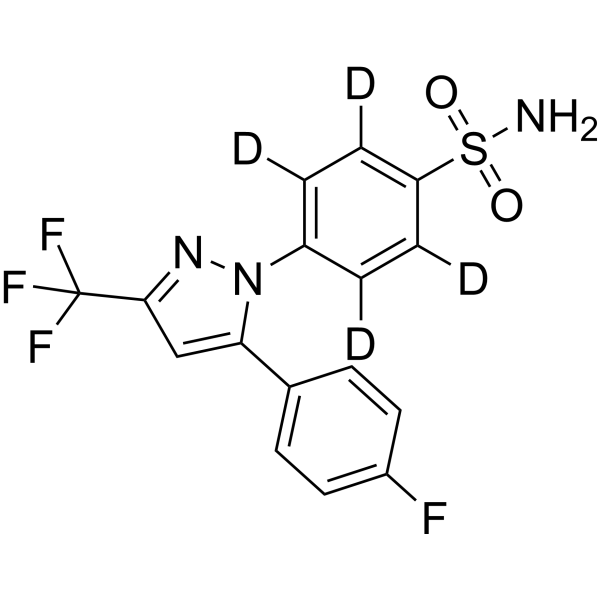
- HY-B0578S
-
|
|
Isotope-Labeled Compounds
COX
|
Inflammation/Immunology
|
|
Loxoprofen-d4 is deuterium labeled Loxoprofen. Loxoprofen is a non-steroidal anti-inflammatory agent with analgesic and anti-pyretic properties. Loxoprofen sodium is a nonselective COX inhibitor with IC50s of 6.5 and 13.5 μM for COX-1 and COX-2, respectively[1][2].
|
-
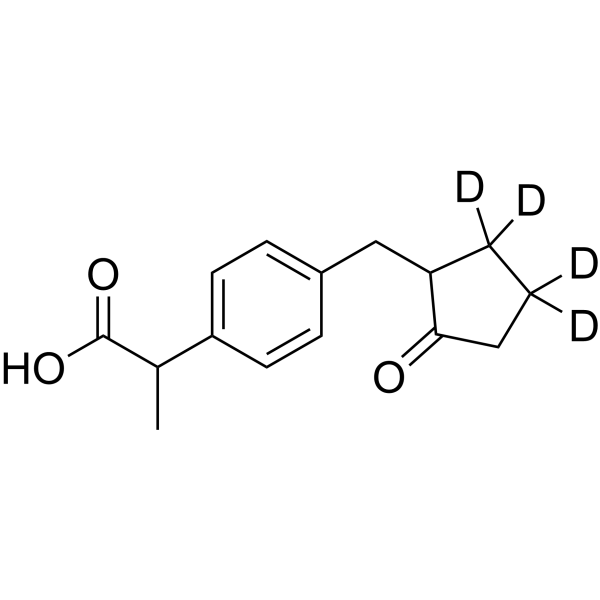
- HY-146371
-
|
|
COX
|
Inflammation/Immunology
|
|
COX-2-IN-13 (compound 13e) is a potent and selective inhibitor of COX-2 with an IC50 of 0.98 μM. COX-2-IN-13 is an anti-inflammatory agent. COX-2-IN-13 shows safety in-vivo acute toxicity study .
|
-

- HY-146370
-
|
|
COX
|
Inflammation/Immunology
|
|
COX-2-IN-12 (compound 3b) is a potent and selective inhibitor of COX-2 with an IC50 of 19.98 μM. COX-2-IN-12 is an anti-inflammatory agent. COX-2-IN-12 shows safety in-vivo acute toxicity study .
|
-
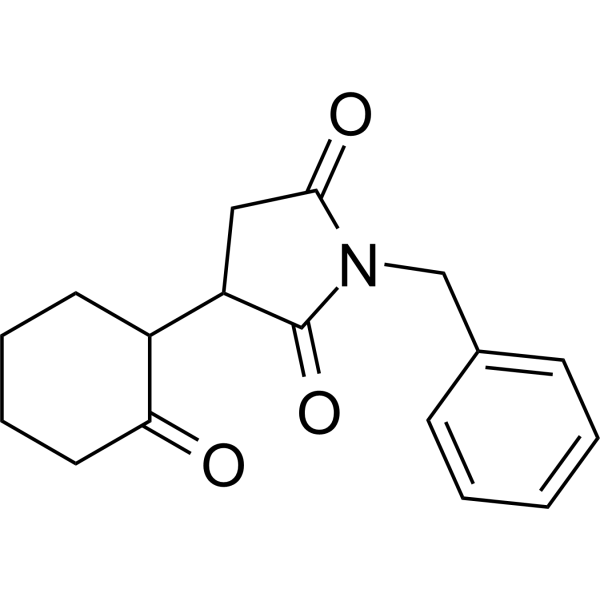
- HY-105172
-
|
CAP-232; TLN-232
|
Somatostatin Receptor
|
Inflammation/Immunology
Cancer
|
|
TT-232 (CAP-232), a somatostatin derivative, is a peptide SSTR1/SSTR4 agonist. TT-232 inhibits cancer cell proliferation and induces apoptosis. TT-232 is also a broad-spectrum anti-inflammatory and analgesic agent .
|
-
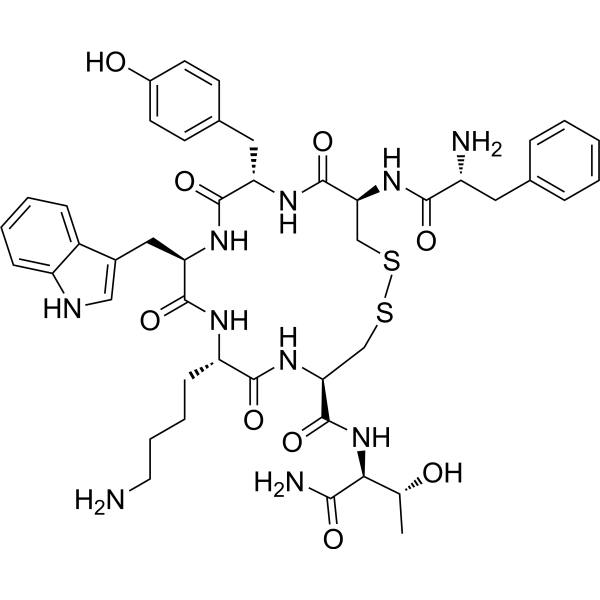
- HY-117469
-
-
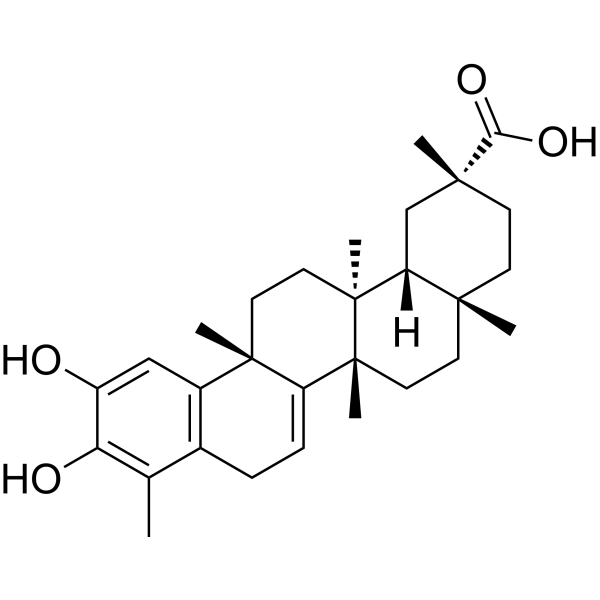
- HY-149120
-
|
|
Phospholipase
|
Cardiovascular Disease
Inflammation/Immunology
|
|
ASM-IN-1 is a potent and orally active acid sphingomyelinase (ASM) inhibitor with an IC50 value of 1.5 µM. ASM-IN-1 reduces lipid plaques in the aortic arch and aorta and reduces plasma ceramide concentration and Ox-LDL levels. ASM-IN-1 shows antiatherosclerotic and anti-inflammatory activity .
|
-
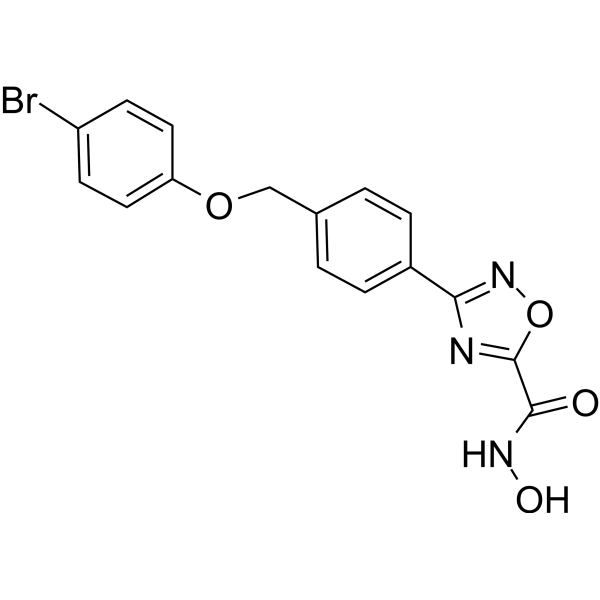
- HY-N0120AR
-
|
Piceid (Standard)
|
Autophagy
Apoptosis
Mitophagy
|
Inflammation/Immunology
Cancer
|
|
Polydatin (Standard) is the analytical standard of Polydatin. This product is intended for research and analytical applications. Polydatin (Piceid), extracted from the roots of Reynoutria japonica, a widely used traditional Chinese remedies, possesses anti-inflammatory activity in several experimental models. Polydatin (Piceid) inhibits G6PD and induces oxidative and ER stresses.
|
-
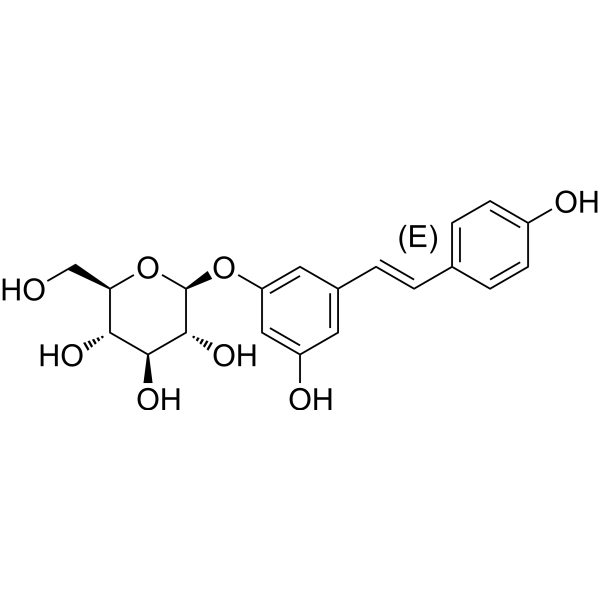
- HY-135731AS
-
|
|
Isotope-Labeled Compounds
COX
Drug Metabolite
|
Inflammation/Immunology
|
|
4-Methylamino antipyrine-d3 (hydrochloride) is deuterium labeled 4-Methylamino antipyrine (hydrochloride). 4-Methylamino antipyrine hydrochloride is an active metabolite of Metamizole. Metamizole is a pyrazolone non-steroidal anti-inflammatory drug (NSAID) and inhibits COX. Metamizole is an nonopioid analgesic agent and can be used for pain and fever[1][2][3]. 4-Methylamino antipyrine hydrochloride has analgesic, antipyretic, and relatively weak antiinflammatory properties[2].
|
-
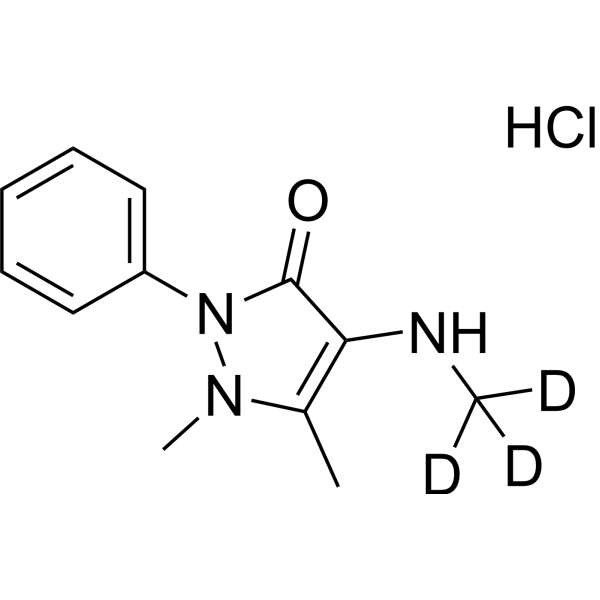
- HY-151252
-
|
|
Proteasome
NOD-like Receptor (NLR)
|
Inflammation/Immunology
|
|
NIC-0102 is an orally active proteasome inhibitor (pIC50=7.55) that specifically inhibits NLRP3 inflammatory vesicle activation. NIC-0102 shows potent anti-inflammatory effects in a model of dextran sulfate sodium (DSS)-induced ulcerative colitis. NIC-0102 also inhibits production of pro-IL-1β .
|
-
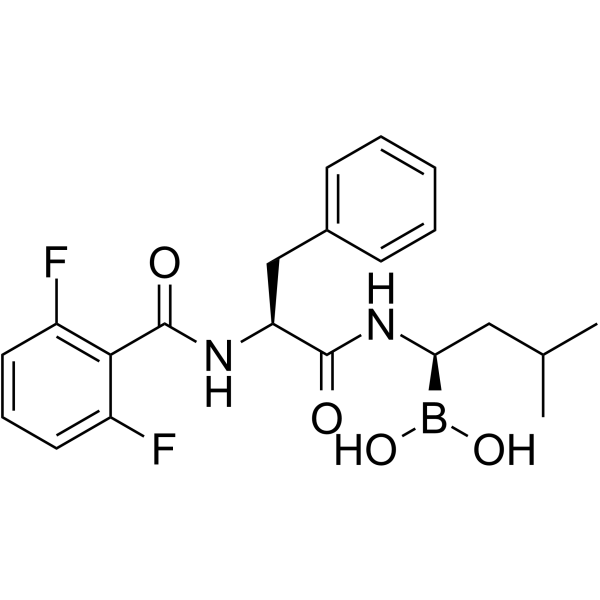
- HY-14254A
-
|
Loprinone
|
Phosphodiesterase (PDE)
|
Cardiovascular Disease
|
|
Olprinone (Loprinone) is a potent phosphodiesterase (PDE) 3 inhibitor, with IC50s of 150, 100, 0.35 and 14 μM for PDE1, PDE2, PDE3 and PDE4, respectively. Olprinone is used for the research of heart failure due to its positive inotropic and vasodilative effects. Anti-inflammatory activity .
|
-
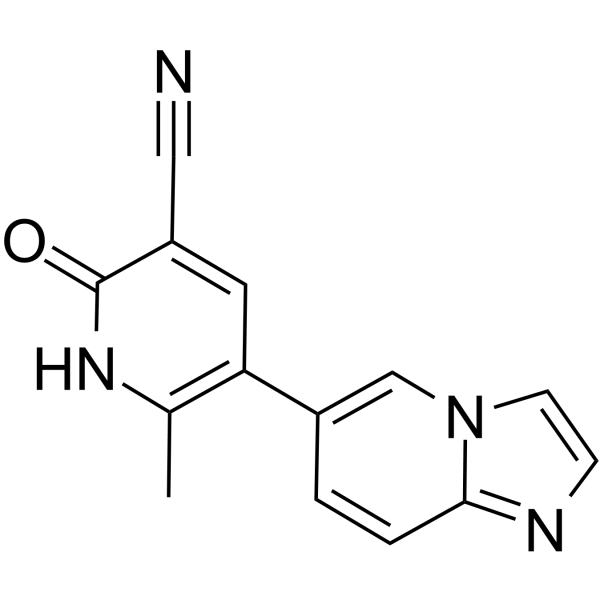
- HY-14254
-
|
Loprinone Hydrochloride
|
Phosphodiesterase (PDE)
|
Cardiovascular Disease
|
|
Olprinone (Loprinone) Hydrochloride is a potent phosphodiesterase (PDE) 3 inhibitor, with IC50s of 150, 100, 0.35 and 14 μM for PDE1, PDE2, PDE3 and PDE4, respectively. Olprinone Hydrochloride is used for the research of heart failure due to its positive inotropic and vasodilative effects. Anti-inflammatory activity .
|
-
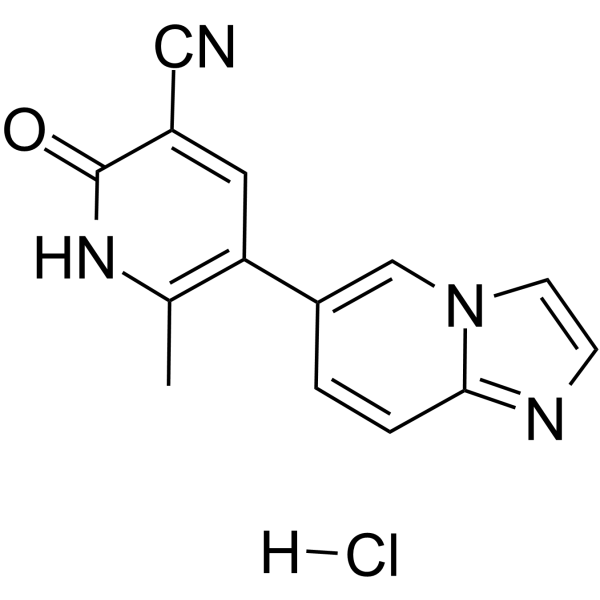
- HY-B0636
-
|
|
Glucocorticoid Receptor
FGFR
|
Inflammation/Immunology
Endocrinology
Cancer
|
|
Triamcinolone acetonide inhibits basic fibroblast growth factor (bFGF) induced proliferation of retinal endothelial cells. Triamcinolone acetonide reduces chondrocyte viability and leads to cartilage destruction. Triamcinolone acetonide activates macrophage with anti-inflammatory characteristics. Triamcinolone acetonide can be used in the study of diseases such as atopic dermatitis .
|
-
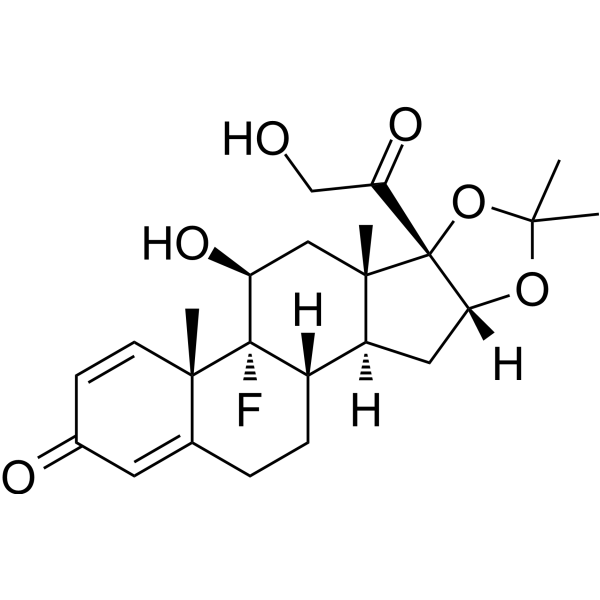
- HY-N0192
-
Arbutin
1 Publications Verification
β-Arbutin
|
Tyrosinase
Endogenous Metabolite
|
Cancer
|
|
Arbutin (β-Arbutin) is a competitive inhibitor of tyrosinase, with Ki app values of 1.42 mM for monophenolase; 0.9 mM for diphenolase. Arbutin is also used as depigmenting agents . Arbutin is a natural polyphenol isolated from the bearberry plant Arctostaphylos uvaursi, possesses with anti-oxidant, anti-inflammatory and anti-tumor properties .
|
-
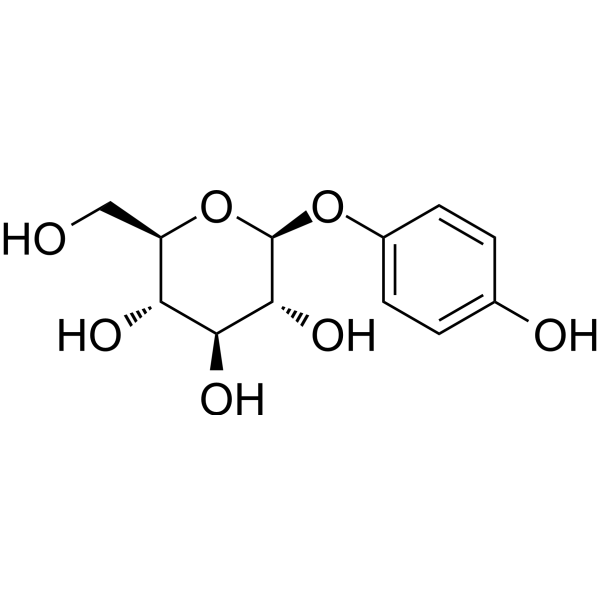
- HY-17589
-
-
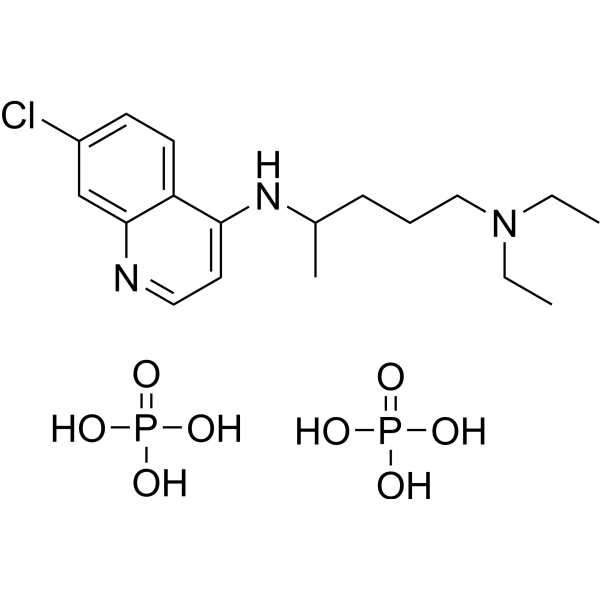
- HY-N0567
-
|
Safflomin A; HSYA
|
Apoptosis
Autophagy
|
Cardiovascular Disease
Cancer
|
|
Hydroxysafflor yellow A (Safflomin A) is a natural product of flavonoids isolated from safflower. Hydroxysafflor yellow A can inhibit cell proliferation and promote apoptosis through the autophagy pathway. Hydroxysafflor yellow A has anti-inflammatory, antioxidant and antitumor effects. Hydroxysafflor yellow A can be used in the study of cardiovascular disease .
|
-
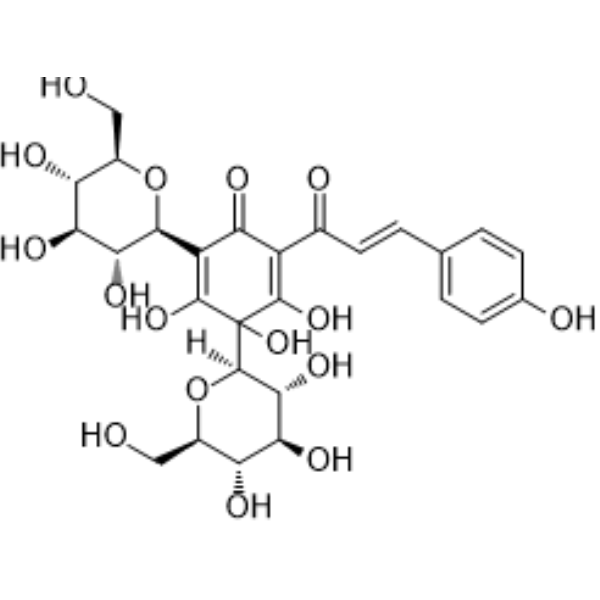
- HY-N0416
-
-
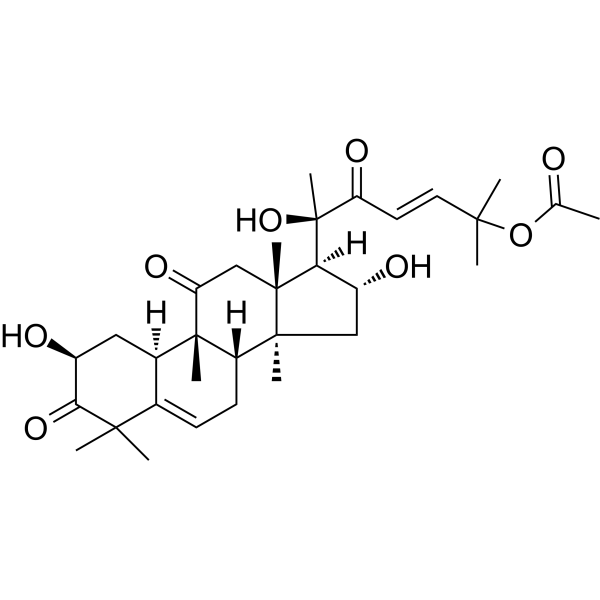
- HY-N0790
-
Lupeol
3 Publications Verification
Clerodol; Monogynol B; Fagarasterol
|
Androgen Receptor
Apoptosis
|
Cancer
|
|
Lupeol (Clerodol; Monogynol B; Fagarasterol) is an active pentacyclic triterpenoid, has anti-oxidant, anti-mutagenic, anti-tumor and anti-inflammatory activity. Lupeol is a potent androgen receptor (AR) inhibitor and can be used for cancer research, especially prostate cancer of androgen-dependent phenotype (ADPC) and castration resistant phenotype (CRPC) .
|
-

- HY-N5077
-
|
|
Cholinesterase (ChE)
P-glycoprotein
|
Neurological Disease
Inflammation/Immunology
Cancer
|
|
Sinapine is an alkaloid isolated from seeds of the cruciferous species. Sinapine exhibits anti-inflammatory, anti-oxidant, anti-tumor, anti-angiogenic and radio-protective effects. Sinapine is also an acetylcholinesterase (AChE) inhibitor and can be used for the research of Alzheimer’s disease, ataxia, myasthenia gravis, and Parkinson’s disease .
|
-
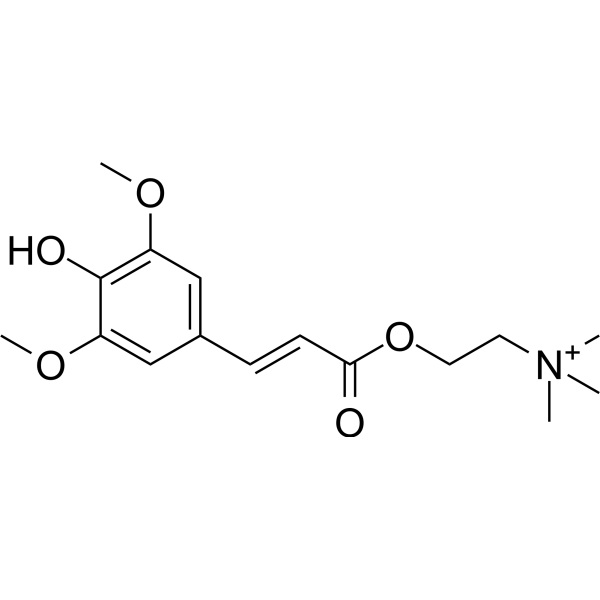
- HY-B1355AS
-
|
|
COX
Bacterial
|
Infection
Inflammation/Immunology
Cancer
|
|
Oxyphenbutazone-d9 is the deuterium labeled Oxyphenbutazone (HY-B1355A). Oxyphenbutazone is a phenylbutazone derivative, with anti-inflammatory effect. Oxyphenbutazone is a non-selective COX inhibitor. Oxyphenbutazone is the metabolite of Phenylbutazone (HY-B0230). Oxyphenbutazone selectively kills non-replicating Mycobaterium tuberculosis[1][2][3].
|
-
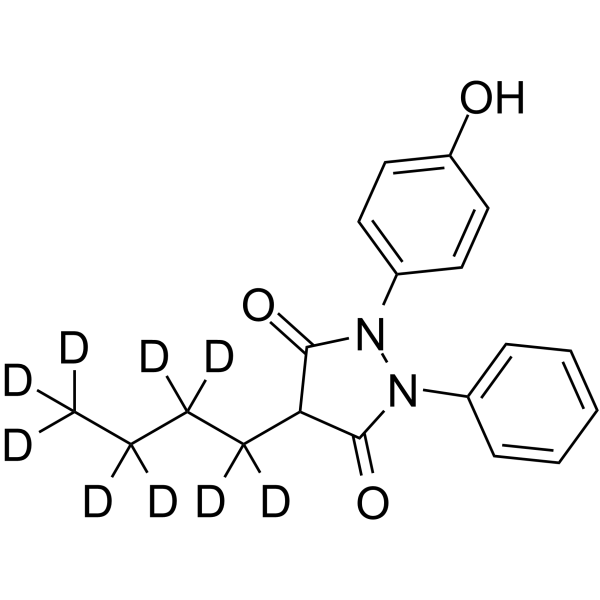
- HY-126121S
-
|
(±)-2-Hydroxy Ibuprofen-d6
|
Isotope-Labeled Compounds
COX
|
Inflammation/Immunology
Cancer
|
|
2-Hydroxy Ibuprofen-d6 is the deuterium labeled 2-Hydroxy Ibuprofen. 2-Hydroxy Ibuprofen is a metabolite of Ibuprofen. Ibuprofen is an anti-inflammatory inhibitor targeting COX-1 and COX-2 with IC50s of 13 μM and 370 μM, respectively[1][2].
|
-
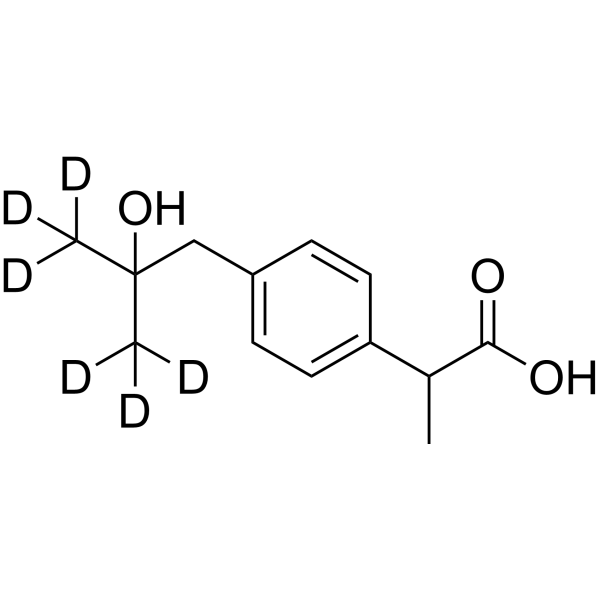
- HY-118827S
-
|
|
Isotope-Labeled Compounds
COX
|
Inflammation/Immunology
|
|
Vedaprofen-d3 is the deuterium labeled Vedaprofen. Vedaprofen (Quadrisol) is a COX-1 selective nonsteroidal anti-inflammatory agent (NSAID) for serum TxB2 and exudate PGE2 inhibition [1]. Vedaprofen is a Escherichia coli (E. coli) sliding clamp (SC) inhibitor with the IC50 of 222 μM[2].
|
-
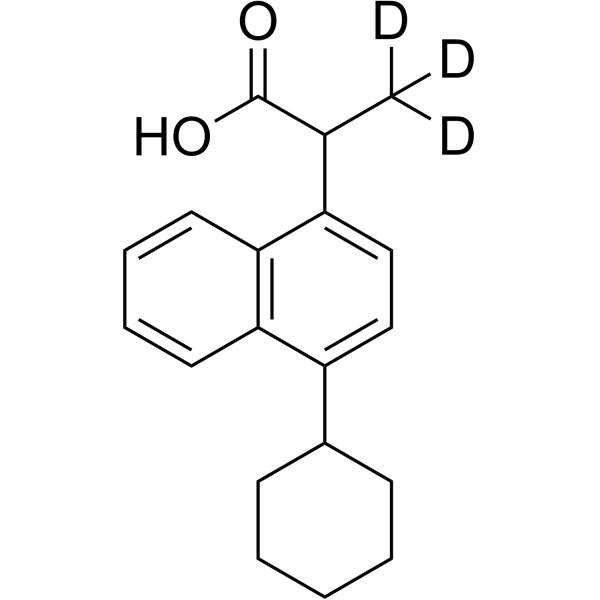
- HY-Y0152
-
|
(8R,9S)-Cinchonine; LA40221
|
Apoptosis
Parasite
Autophagy
Caspase
Calcium Channel
|
Others
Inflammation/Immunology
Cancer
|
|
Cinchonine is a natural compound present in Cinchona bark with antimalarial, antitumor, anti-inflammatory, anti platelet-aggregation and anti-obesity properties. Cinchonine inhibits cells proliferation and autophagy and induces apoptosis through activation of Caspase-3. Cinchonine activates endoplasmic reticulum stress-induced apoptosis in human liver cancer cells .
|
-

- HY-N6013
-
|
|
MMP
Bacterial
Fungal
|
Infection
Inflammation/Immunology
Cancer
|
|
Aloin (mixture of A&B) is anthraquinone derivative isolated from Aloe vera. Aloin (mixture of A&B) has diverse biological activities such as anti-inflammatory, immunity, antidiabetic, antioxidant, antibacterial, antifungal, and antitumor activities. Aloin (mixture of A&B) also an effective inhibitor of stimulated granulocyte matrix metalloproteinases (MMPs) .
|
-
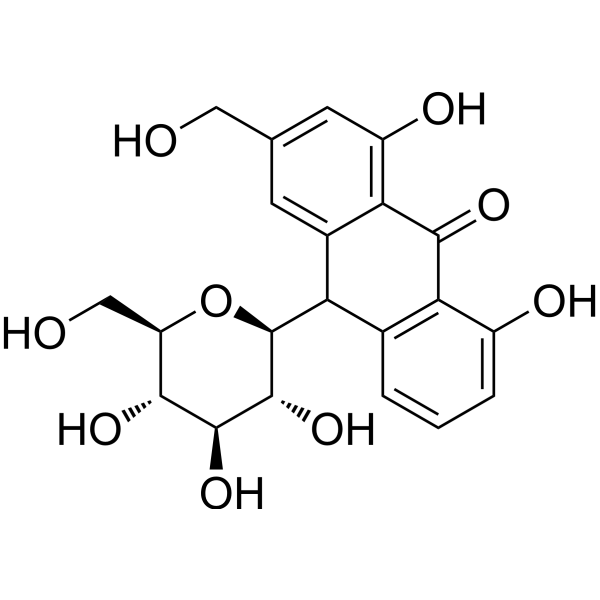
- HY-N0313
-
|
|
MAGL
Endogenous Metabolite
|
Inflammation/Immunology
|
|
Euphol is a tetracyclic triterpene alcohol isolated from the sap of Euphorbia tirucalli with anti-mutagenic, anti-inflammatory and immunomodulatory effects, orally active. Euphol inhibits the monoacylglycerol lipase (MGL) activity via a reversible mechanism (IC50=315 nM). MGL inhibition in the periphery modulates the endocannabinoid system to block the development of inflammatory pain .
|
-
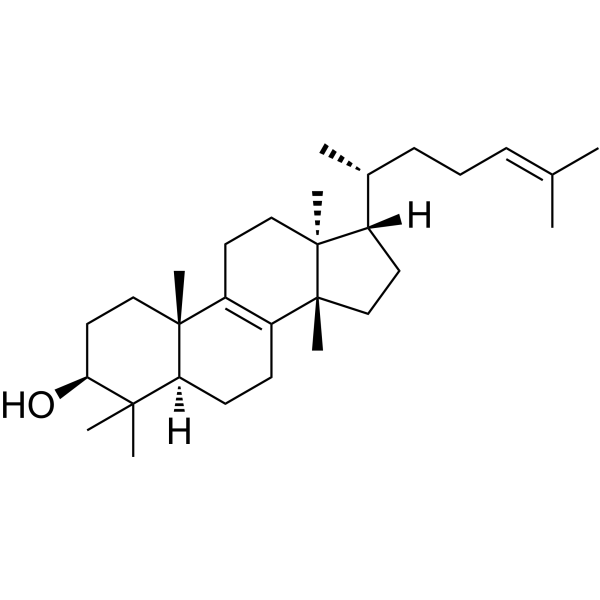
- HY-N0005S
-
-
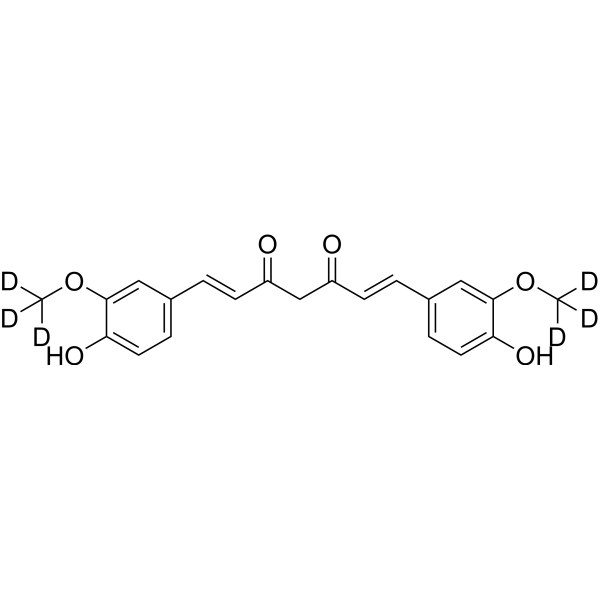
- HY-121636
-
|
RvD2
|
TRP Channel
|
Infection
Neurological Disease
Inflammation/Immunology
|
|
Resolvin D2 is a metabolite of docosahexaenoic acid (DHA), with anti-inflammatory, anti-infective activities. Resolvin D2 is a potent regulator of leukocytes and controls microbial sepsis. Resolvin D2 is a remarkably potent inhibitor of TRPV1 (IC50 = 0.1 nM) and TRPA1 (IC50 = 2 nM) in primary sensory neurons .
|
-
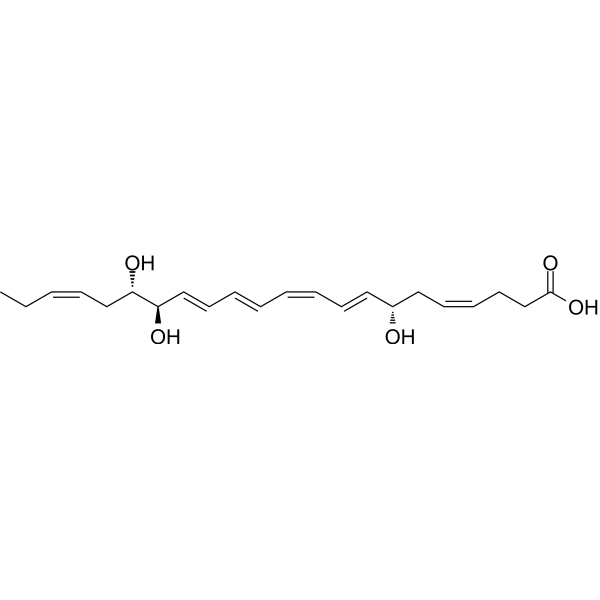
- HY-105024
-
|
|
Lipoxygenase
COX
|
Inflammation/Immunology
|
|
FPL 62064 is a potent 5-lipoxygenase (5-LOX) and COX dual inhibitor, with IC50 values of 3.5 μM and 3.1 μM for RBL-1 cytosolic 5-lipoxygenase and prostaglandin synthetase (cyclooxygenase), respectively. FPL 62064 has potent anti-inflammatory activity .
|
-
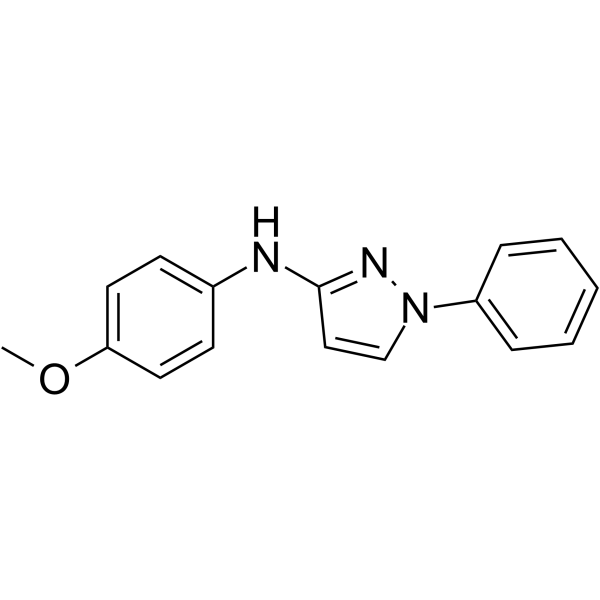
- HY-N2008
-
|
|
|
|
|
Luteolin 5-O-glucoside, a major flavonoidfrom Cirsium maackii, possesses anti-inflammatory activity. Luteolin 5-O-glucoside inhibits LPS-induced NO production and t-BHP-induced ROS generation. Luteolin 5-O-glucoside suppresses the expression of iNOS and COX-2 in macrophages .
|
-
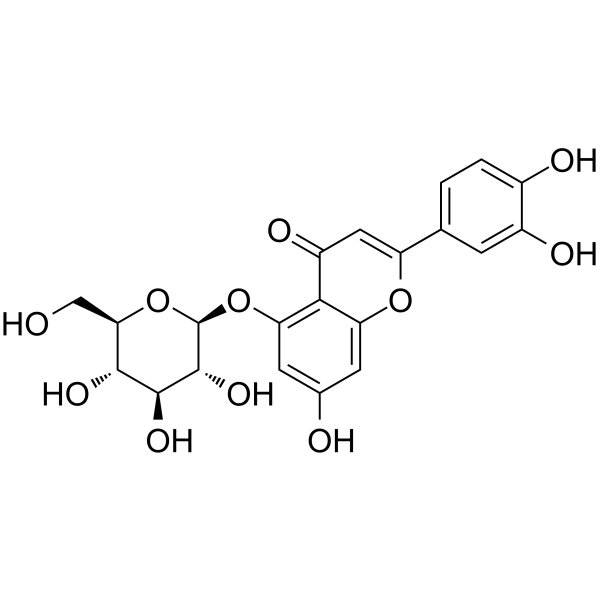
- HY-17589A
-
-
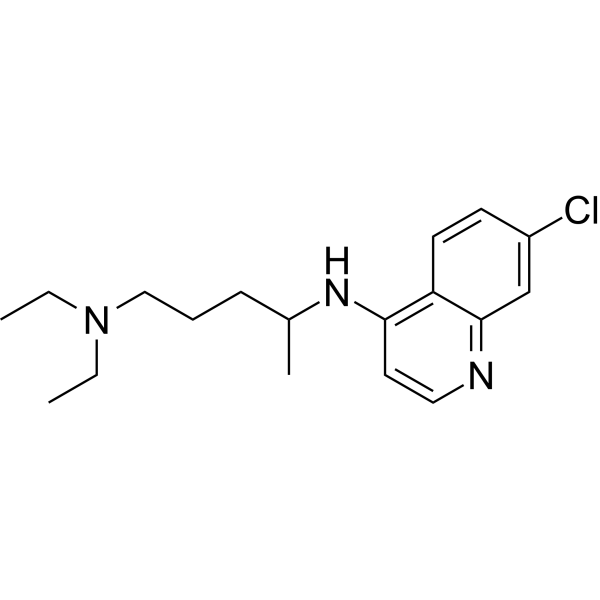
- HY-130208
-
|
TDG
|
Galectin
|
Metabolic Disease
Inflammation/Immunology
Cancer
|
|
Thiodigalactoside (TDG) is an orally active and potent galectin (GAL) inhibitor with Kd values of 24 μM, 49 μM for GAL1 and GAL3, respectively . Thiodigalactoside, a non-metabolizable disaccharide, has anti-inflammatory and anti-cancer activity. Thiodigalactoside dramatically reduces body weight gain in diet-induced obese rats .
|
-
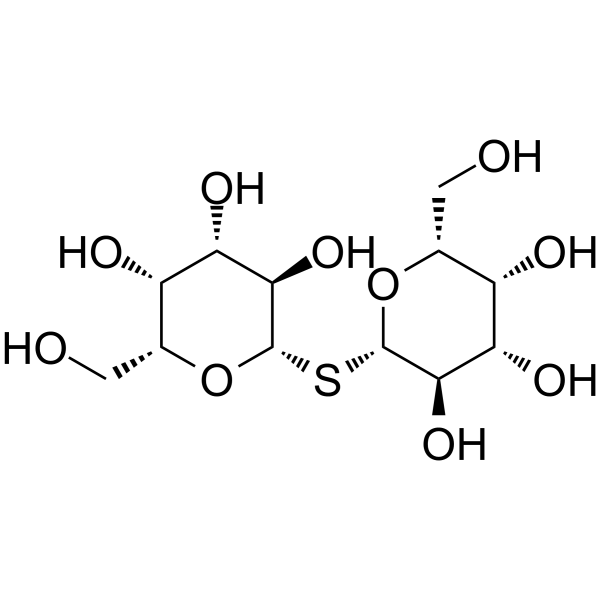
- HY-17589B
-
-
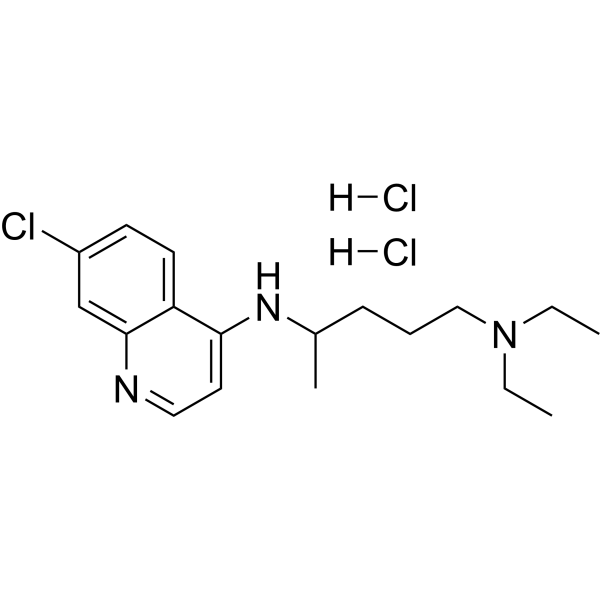
- HY-109854A
-
|
(R)-Lisophylline
|
STAT
|
Metabolic Disease
Inflammation/Immunology
|
|
(R)-Lisofylline ((R)-Lisophylline) is a (R)-enantiomer of the metabolite of Pentoxifylline with anti-inflammatory properties. (R)-Lisofylline is a lysophosphatidic acid acyltransferase inhibitor with an IC50 of 0.6 µM and interrupts IL-12 signaling-mediated STAT4 activation. (R)-Lisofylline has the potential for type 1 diabetes, autoimmune disorders research .
|
-
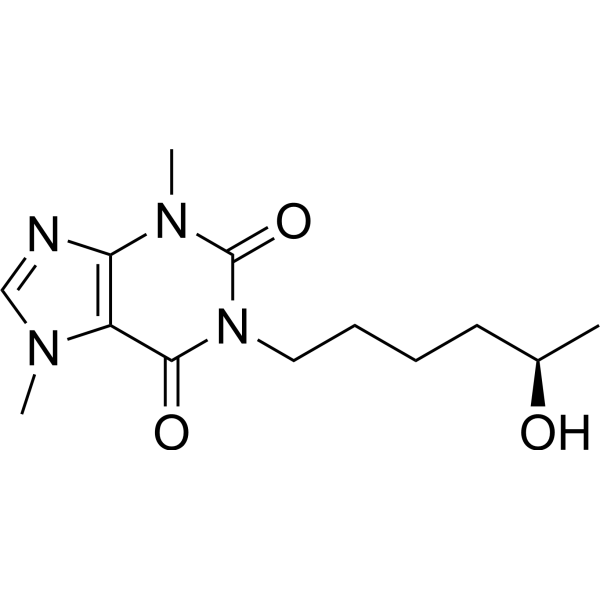
- HY-B1322A
-
-
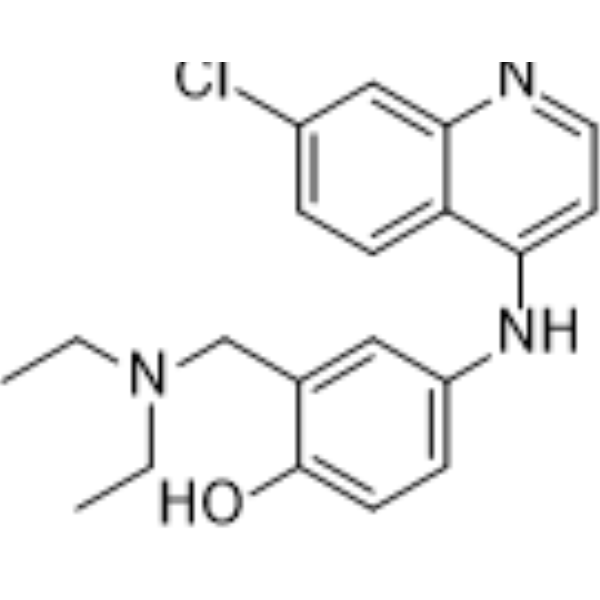
- HY-117082
-
|
GBL-5g
|
TNF Receptor
|
Inflammation/Immunology
|
|
UTL-5g (GBL-5g), an anti-inflammatory TNF-α inhibitor, has chemoprotective and liver radioprotective effects. UTL-5g lowers hepatotoxicity, nephrotoxicity, and myelotoxicity induced by Cisplatin through TNF-α inhibition among other factors .
|
-
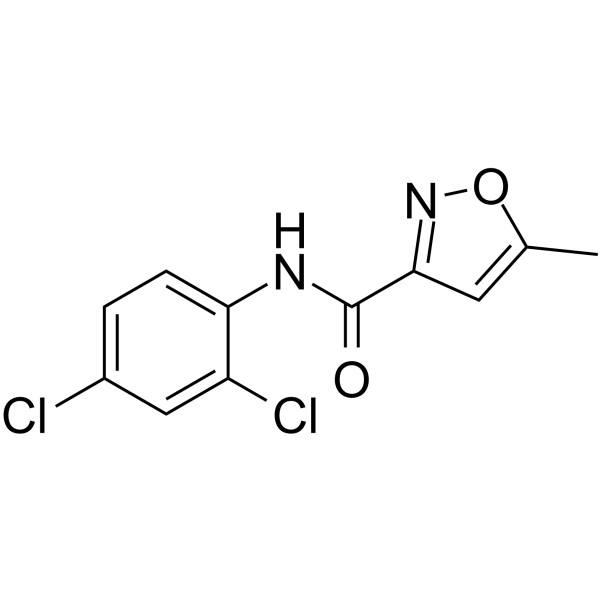
- HY-19149
-
|
|
|
|
|
Ro24-7429 is a potent and orally active HIV-1 transactivator protein Tat antagonist. Ro24-7429 is also a runt-related transcription factor 1 (RUNX1) inhibitor. Ro24-7429 has anti-HIV, antifibrotic and anti-inflammatory effects .
|
-
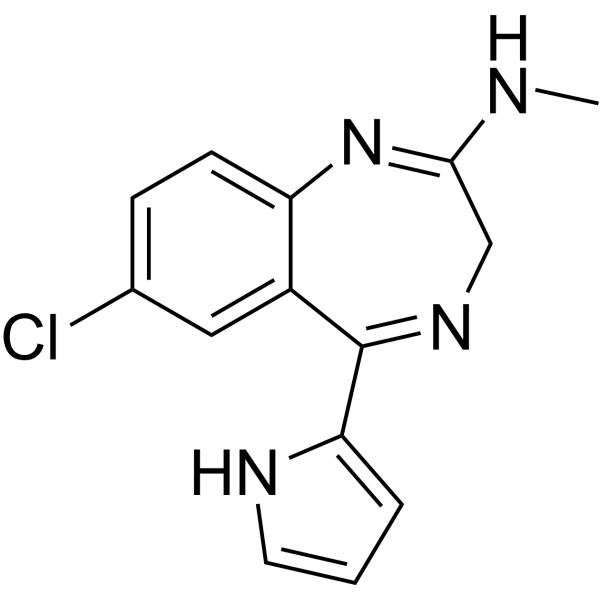
- HY-N0814B
-
|
Inositol hexaphosphate hexasodium; SNF472
|
Endogenous Metabolite
|
Neurological Disease
Inflammation/Immunology
|
|
Phytic acid (Inositol hexaphosphate) hexasodium is a phosphorus storage compound of seeds and cereal grains. Phytic acid hexasodium has a strong ability to chelate multivalent metal ions, specially zinc, calcium, iron and as with protein residue. Phytic acid hexasodium inhibits the enzymatic superoxide source xanthine oxidase (XO), and has antioxidative, neuroprotective, anti-inflammatory effects.
|
-
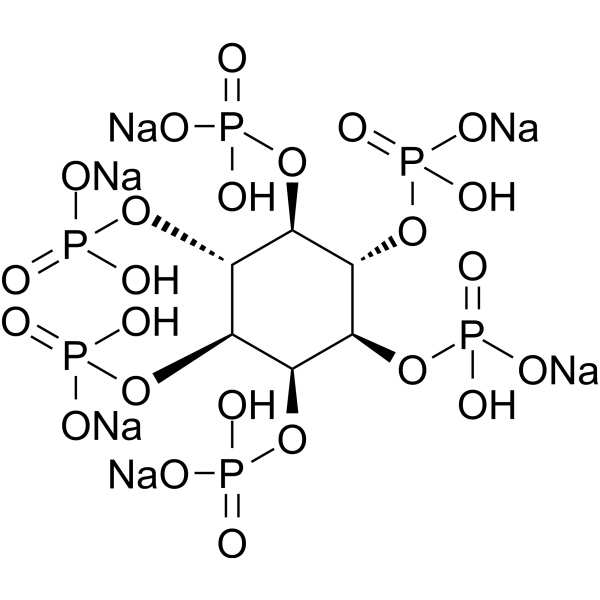
- HY-A0213AS
-
|
Tiludronic acid-d5 (sodium)
|
Proton Pump
|
Inflammation/Immunology
|
|
Tiludronate-d5 (sodium)mis the deuterium labeled Tiludronate disodium. Tiludronate (Tiludronic Acid) disodium, an orally active bisphosphonate, can act an osteoregulator. Tiludronate is used for the research of the metabolic bone disorders. Tiludronate is a potent inhibitor of the osteoclast vacuolar H(+)-ATPase. Antiresorptive and anti-inflammatory properties[1][2][3][4].
|
-
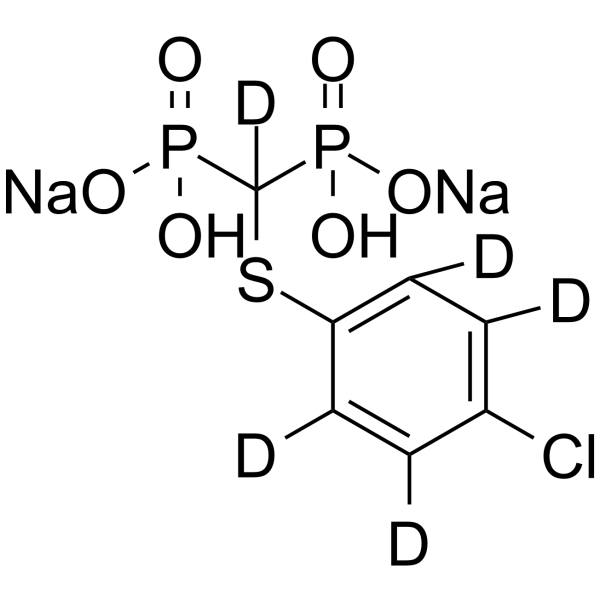
- HY-19893
-
|
(+)-Antroquinonol
|
|
|
|
Antroquinonol ((+)-Antroquinonol), a ubiquinone derivative from the mushroom Antrodia camphorata, has hepatoprotective, anti-inflammatory, and anti-cancer effects . Antroquinonol can be used for the research of colon cancer . Antroquinonol reduces oxidative stress by enhancing the Nrf2 signaling pathway and inhibits inflammation and sclerosis in focal segmental glomerulosclerosis mice .
|
-
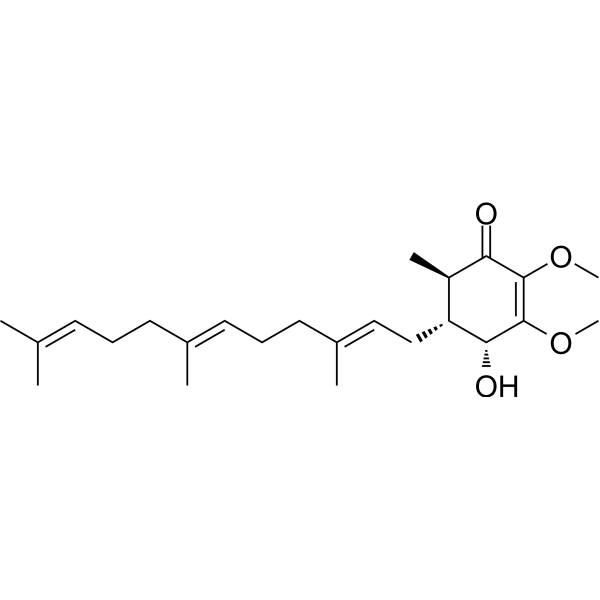
- HY-142843
-
|
|
ROR
Dihydroorotate Dehydrogenase
|
Inflammation/Immunology
|
|
RORγt/DHODH-IN-1 (compound (R)-14d) is a potent and orally active dual RORγt/DHODH inhibitor, with IC50s of 0.083 μM and 0.172 μM, respectively. RORγt/DHODH-IN-1 exhibits remarkable in vivo anti-inflammatory activity .
|
-
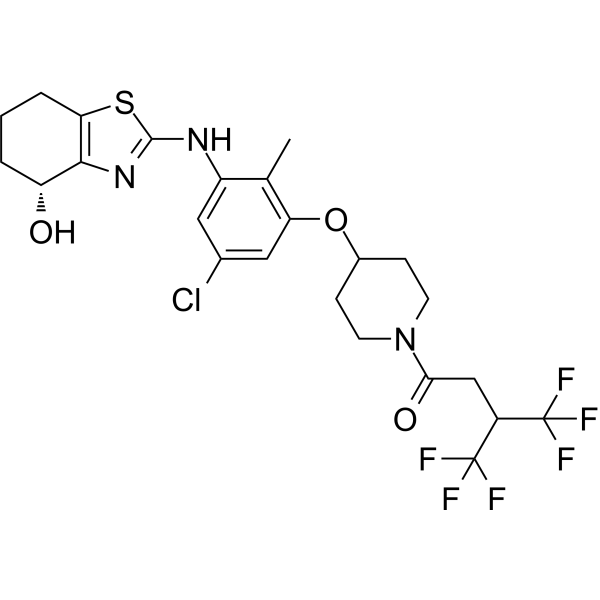
- HY-117275S1
-
|
Meclofenamate-13C6
|
Isotope-Labeled Compounds
Gap Junction Protein
Endogenous Metabolite
|
Inflammation/Immunology
|
|
Meclofenamic acid- 13C6 is the 13C6 labeled Meclofenamic acid. Meclofenamic Acid (Meclofenamate), a non-steroidal, anti-inflammatory agent, is a highly selective fat mass and obesity-associated (FTO) enzyme inhibitor. Meclofenamic Acid competes with FTO binding for the m(6)A-containing nucleic acid. Meclofenamic acid is a non-selective gap-junction blocker.
|
-
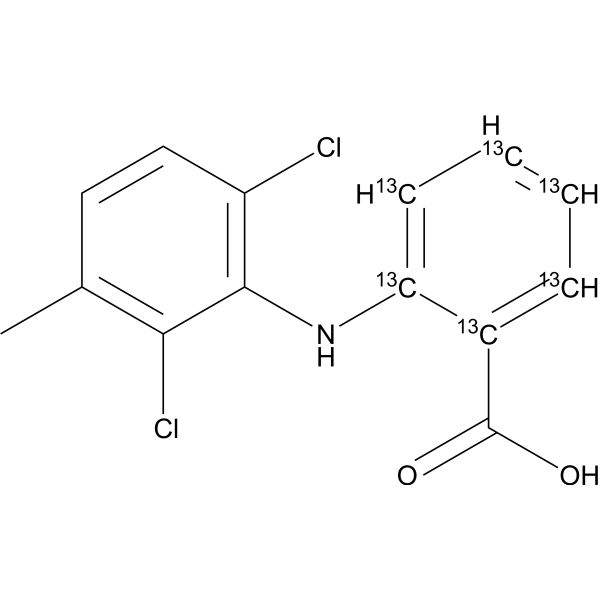
- HY-B1355AS1
-
-
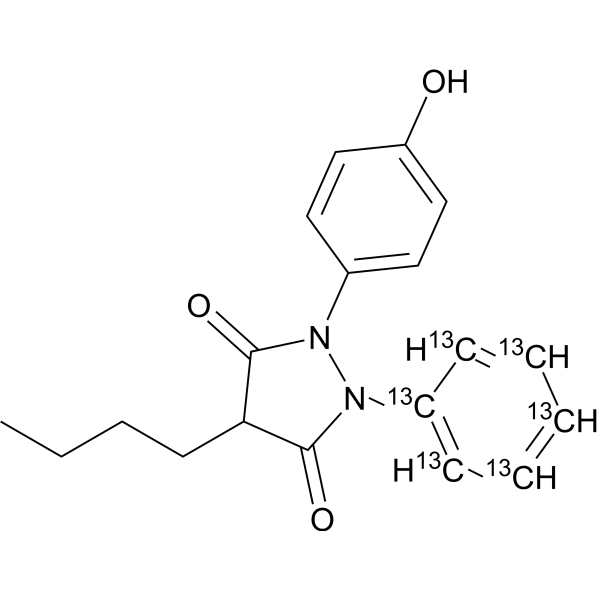
- HY-151168
-
|
|
Bacterial
|
Inflammation/Immunology
Cancer
|
|
3-Chlorogentisyl alcohol is a potent E. coli β-glucuronidase inhibitor with an IC50 value of 0.74 μM, an Ki value of 0.58 μM. 3-Chlorogentisyl alcohol shows antiproliferative activity. 3-Chlorogentisyl alcohol has the potential for the research of anti-cancer and anti-inflammatory therapies .
|
-
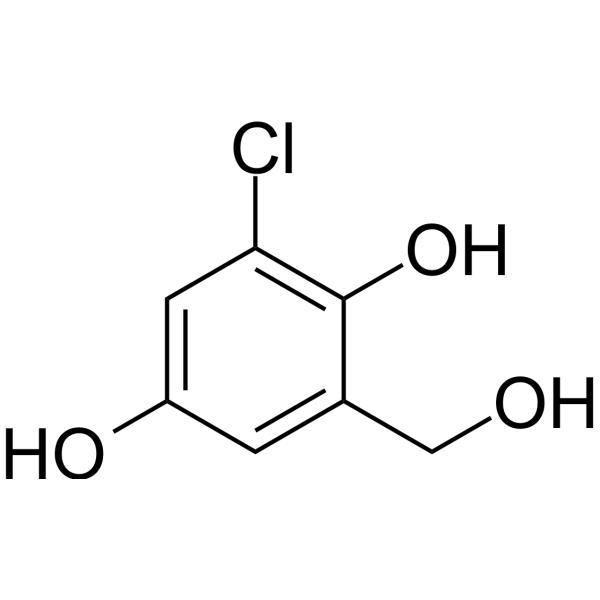
- HY-107320
-
|
|
Prostaglandin Receptor
COX
NO Synthase
|
Inflammation/Immunology
|
|
Amtolmetin guacil is an effective nonsteroidal anti-Inflammatory agent with pain-relieving effects. Amtolmetin guacil inhibits prostaglandin synthesis and cyclooxygenase (COX). Amtolmetin guacil can stimulate capsaicin receptors present on the gastrointestinal wall and also releases gastroprotective nitric oxide (NO). Amtolmetin guacil can be used to research knee osteoarthritis .
|
-

- HY-N10638
-
|
|
Reactive Oxygen Species
NF-κB
|
Inflammation/Immunology
|
|
N-Acetyldopamine dimer-2 (compound 2) is a N-acetyldopamine dimer that can be isolated from the yellow powder form Periostracum Cicadae with antioxidant and anti-inflammatory activities. N-Acetyldopamine dimer-2 inhibits oxidized low-density lipoprotein (LDL) oxidation, ROS generation, NO production, and NF-κB activity .
|
-
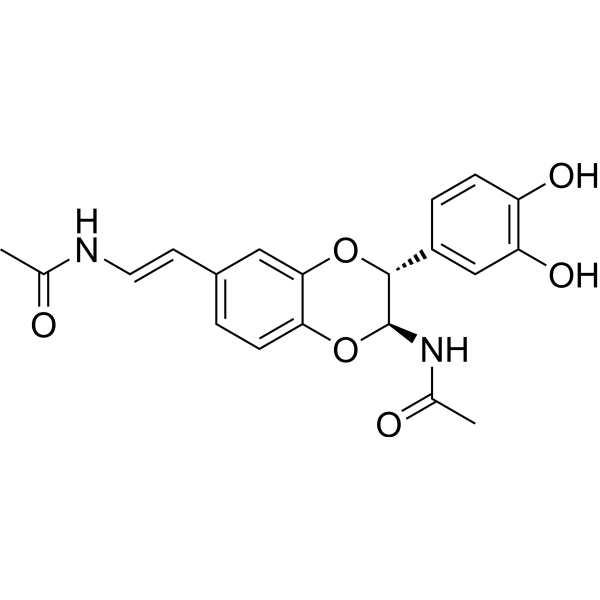
- HY-14658
-
|
|
Ligands for E3 Ligase
Autophagy
|
Inflammation/Immunology
Cancer
|
|
Thalidomide inhibits cereblon (CRBN), a part of the cullin-4 E3 ubiquitin ligase complex CUL4-RBX1-DDB1, with a Kd of ∼250 nM, and has immunomodulatory, anti-inflammatory and anti-angiogenic cancer properties. Thalidomide can work as molecular glue to potentiate substrate.
|
-
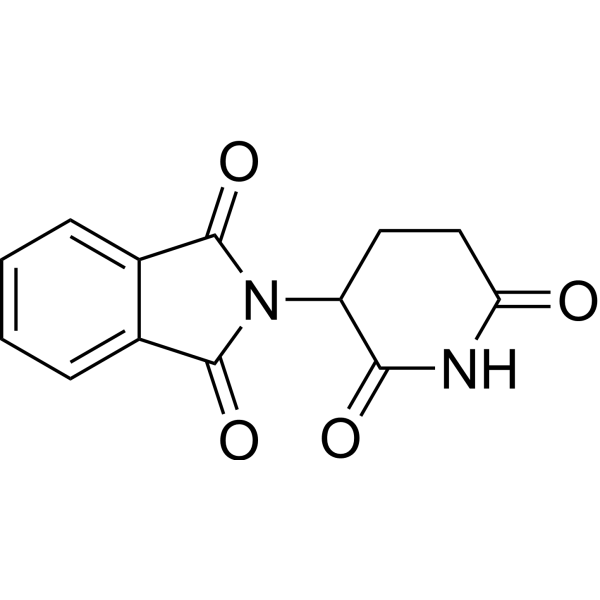
- HY-N10023
-
|
|
NO Synthase
|
Inflammation/Immunology
|
|
Physalin O is a physalin that can be isolated from Physalis angulata. Physalin O shows cytotoxicity to Hep G2 and MCF-7 cancer cells with IC50 values of 31.1 and 11.4 µM, respectively. Physalin O inhibits the production of nitric oxide (NO) and shows anti-inflammatory activities .
|
-
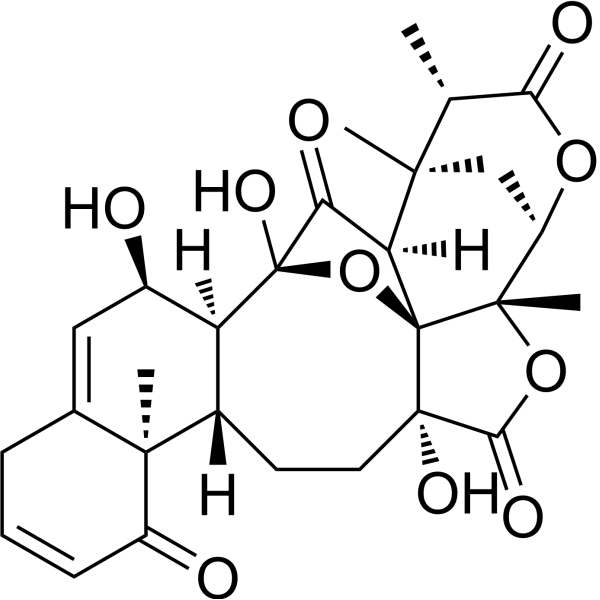
- HY-139780
-
|
|
ROR
|
Inflammation/Immunology
|
|
JNJ-61803534 is a potent and orally active RORγt inverse agonist with an IC50 of 9.6 nM. JNJ-61803534 has anti-inflammatory activity. JNJ-61803534 inhibits IL-17A production in human CD4+ T cells under Th17 differentiation conditions .
|
-
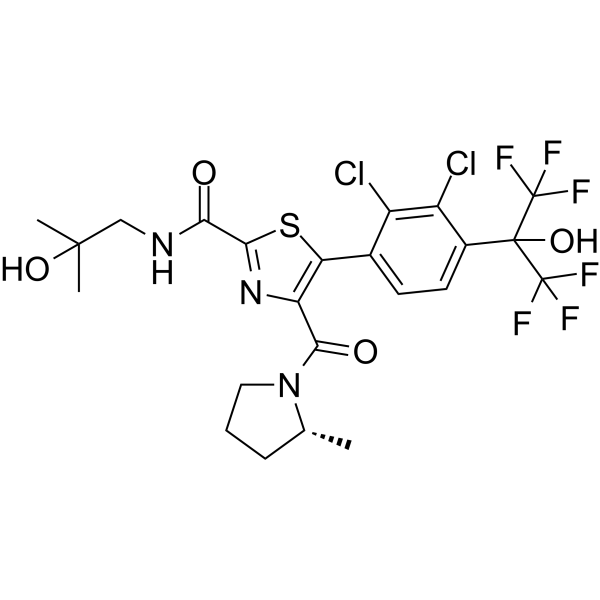
- HY-N11657
-
|
Sanggenone A
|
NF-κB
Keap1-Nrf2
|
Inflammation/Immunology
|
|
Sanggenon A (Sanggenone A) exerts anti-inflammatory effects by regulating NF-κB and HO-1/Nrf2 signaling pathways in BV2 and RAW264.7 cells. Sanggenon A markedly inhibits the Lipopolysaccharide (LPS; HY-D1056)-induced production of nitric oxide .
|
-
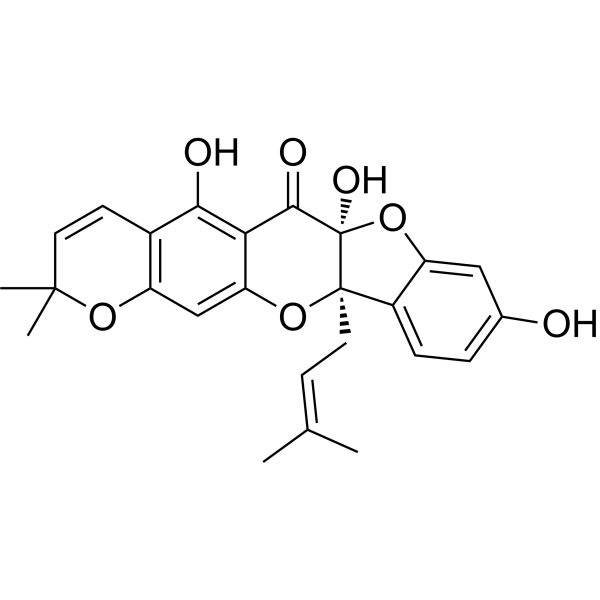
- HY-128423A
-
|
Acetylisovaleryltylosin
|
Antibiotic
Bacterial
NF-κB
Apoptosis
|
Infection
Inflammation/Immunology
Cancer
|
|
Tylvalosin (Acetylisovaleryltylo?sin) is an orally active, broad-spectrum macrolide antibiotic with antimicrobial activity. Tylvalosin is an antiviral agent used to study PRRSV infection. Tylvalosin induces apoptosis. Tylvalosin also has anti-inflammatory activity, alleviates oxidative stress, and alleviates acute lung injury by inhibiting NF-κB activation .
|
-
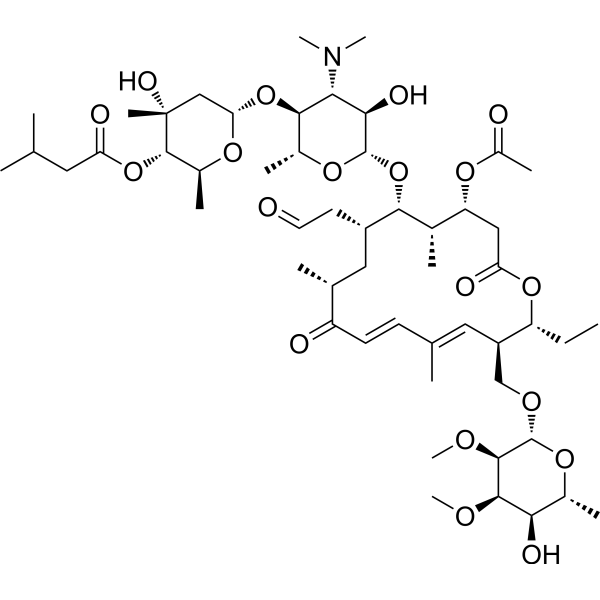
- HY-101546A
-
|
(+)-Cavidine
|
COX
|
Inflammation/Immunology
|
|
Cavidine ((+)-Cavidine) is a selective COX-2 inhibitor which possesses anti-inflammatory activity. Cavidine can be used for the research of skin injuries, hepatitis, cholecystitis, and scabies. Cavidine ameliorates LPS (HY-D1056)-induced acute lung injury via NF-κB signaling pathway .
|
-
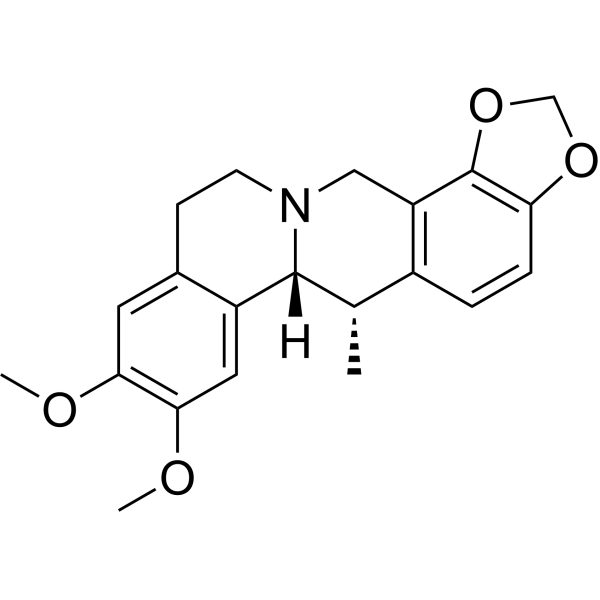
- HY-17412S1
-
|
|
Isotope-Labeled Compounds
|
Infection
Neurological Disease
Inflammation/Immunology
Cancer
|
|
Minocycline-d6 sulfate is deuterated labeled Minocycline (HY-17412A). Minocycline is an orally effective semi-synthetic tetracycline antibiotic and HIF-1α inhibitor that can penetrate the blood-brain barrier. Minocycline has bacteriostatic, anti-cancer, anti-inflammatory, neuroprotective properties and antidepressant effects.
|
-
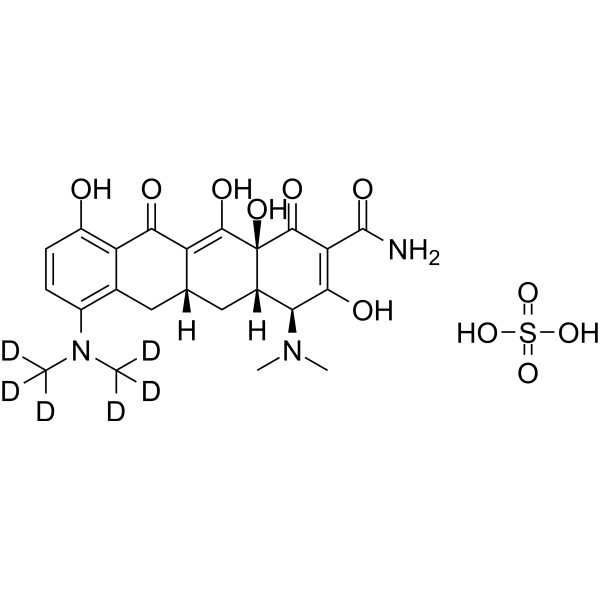
- HY-19755
-
|
|
|
|
|
S-5751 is an orally active prostaglandin DP receptor antagonist. S-5751 inhibits cAMP generation in platelet-rich plasma induced by PGD2 with IC50 0.12 μM. S-5751 has anti-inflammatory activity. S-5751 can be used in asthma research .
|
-
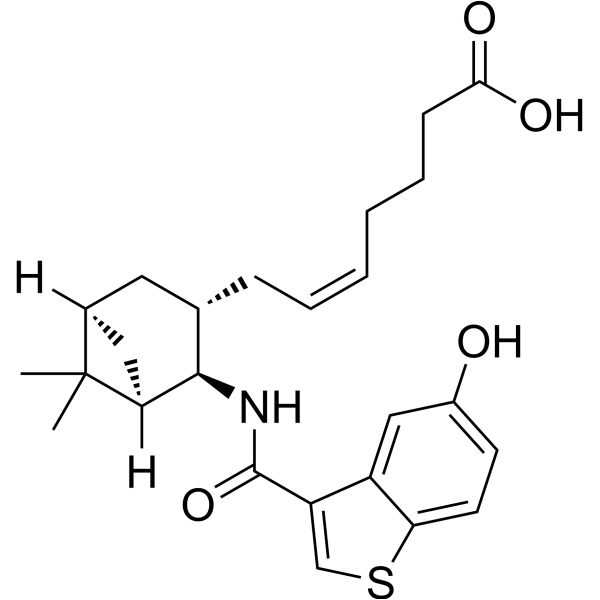
- HY-113807
-
|
|
COX
Lipoxygenase
|
Inflammation/Immunology
|
|
ZLJ-6 is a dual COX and 5-LOX inhibitor with oral activity. The IC50 values for COX-1, COX-2 and 5-LOX were 0.73, 0.31 and 0.99 μM, respectively. ZLJ-6 has anti-inflammatory and analgesic activity .
|
-
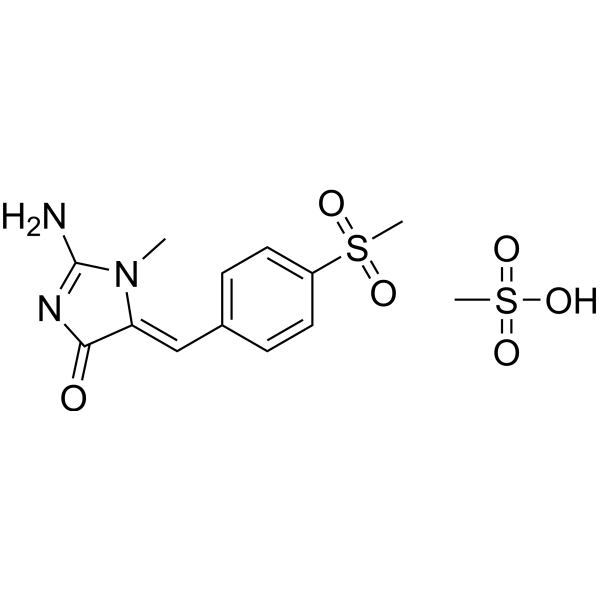
- HY-162339
-
|
|
Cholinesterase (ChE)
|
Neurological Disease
|
|
BChE-IN-30 (compound (R)-37a) is a BChE inhibitor (IC50: 5 nM) with anti-inflammatory activity and low toxicity. BChE-IN-30 can improve cognitive deficits induced by scopolamine and Aβ1-42 peptide and can be used in the study of late-stage AD .
|
-
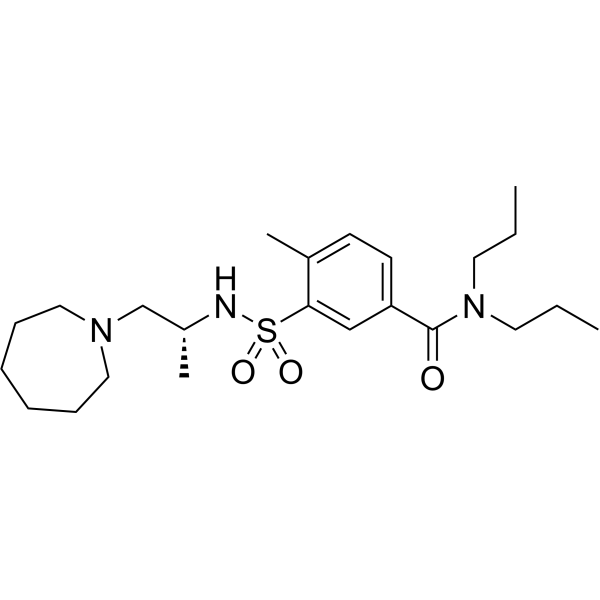
- HY-B0212R
-
|
|
Bacterial
Antibiotic
|
Infection
Inflammation/Immunology
|
|
Sulfapyridine (Standard) is the analytical standard of Sulfapyridine. This product is intended for research and analytical applications. Sulfapyridine, a major metabolite of Sulfasalazine, is a sulfonamide antibiotic agent. Sulfapyridine inhibits recombinant P. carinii dihydropteroate synthetase (DHPS) with an IC50 of 0.18 μM. Sulfapyridine has antibacterial, anti-inflammatory and anti-rheumatic activities .
|
-
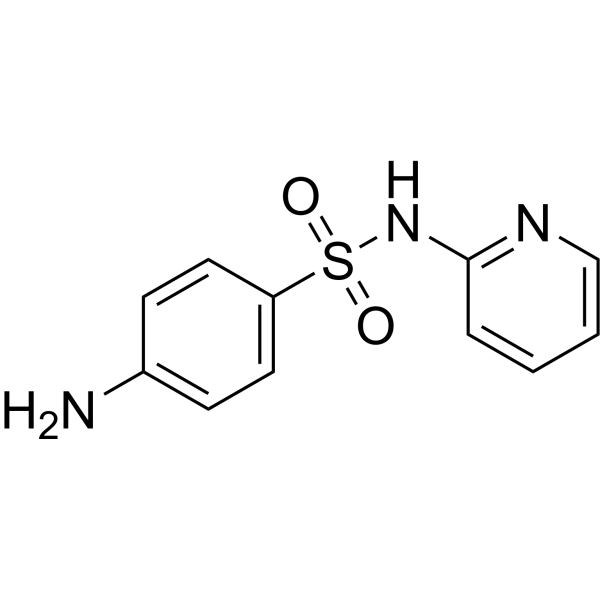
- HY-106897
-
|
Biofor 389
|
COX
Lipoxygenase
|
Inflammation/Immunology
|
|
BF389 (Biofor 389) is an orally active anti-inflammatory and analesis agent. BF389 is also an inhibitor of cyclooxygenase and 5-lipoxygenase, with IC50s of 4 and 8 ug/mL for COX-1 and COX-2 respectively. BF389 can be used for arthritis research .
|
-
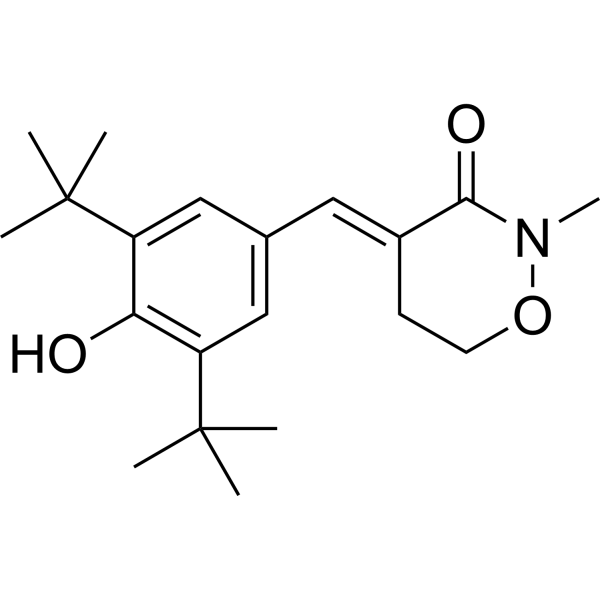
- HY-78131
-
|
(±)-Ibuprofen
|
COX
Apoptosis
Parasite
|
Infection
Neurological Disease
Inflammation/Immunology
Cancer
|
|
Ibuprofen ((±)-Ibuprofen) is a potent, orally active, selective COX-1 inhibitor with an IC50 value of 13 μM. Ibuprofen inhibits cell proliferation, angiogenesis, and induces cell apoptosis. Ibuprofen is a nonsteroidal anti-inflammatory agent and a nitric oxide (NO) donor. Ibuprofen ((±)-Ibuprofen) can be used in the research of pain, swelling, inflammation, infection, immunology, cancers .
|
-
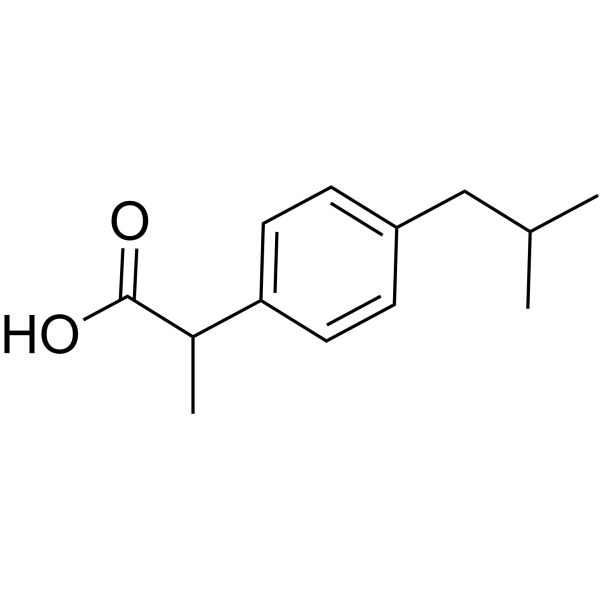
- HY-N0814
-
|
Inositol hexaphosphate; SNF472 free acid
|
Xanthine Oxidase
Endogenous Metabolite
|
Neurological Disease
Inflammation/Immunology
|
|
Phytic acid (Inositol hexaphosphate) is a phosphorus storage compound of seeds and cereal grains. Phytic acid is known as a food inhibitor, which has a strong ability to chelate multivalent metal ions, specially zinc, calcium, iron and as with protein residue. Phytic acid inhibits the enzymatic superoxide source xanthine oxidase (XO), and has antioxidative, neuroprotective, anti-inflammatory effects .
|
-

- HY-103259
-
-
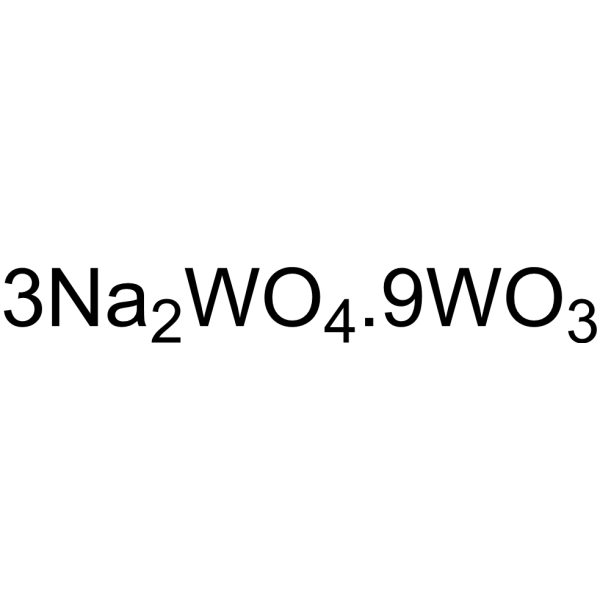
- HY-129113
-
|
|
COX
|
Inflammation/Immunology
|
|
α-Chaconine inhibits the expressions of COX-2, IL-1β, IL-6, and TNF-α at the transcriptional level. α-Chaconine inhibits the LPS-induced expressions of iNOS and COX-2 at the protein and mRNA levels and their promoter activities in RAW 264.7 macrophages. Anti-inflammatory effects .
|
-
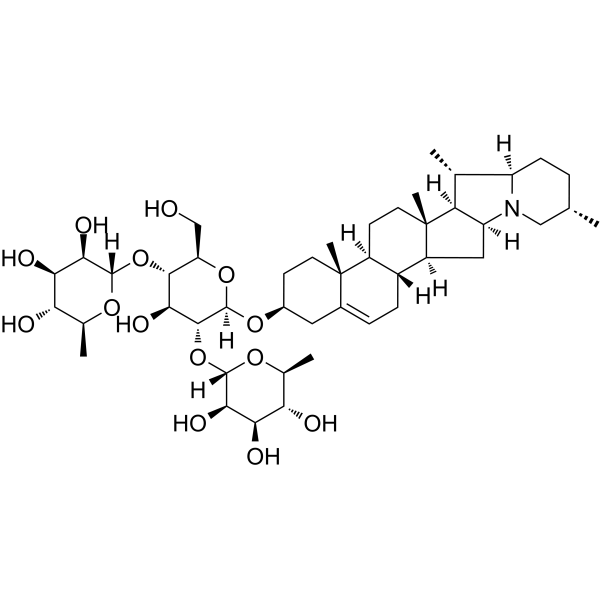
- HY-P1717A
-
|
Cp40 TFA
|
Complement System
SARS-CoV
|
Inflammation/Immunology
|
|
AMY-101 TFA (Cp40 TFA), a peptidic inhibitor of the central complement component C3 (KD = 0.5 nM), inhibits naturally occurring periodontitis in non-human primates (NHPs). AMY-101 (Cp40) exhibits a favorable anti-inflammatory activity in models with COVID-19 severe pneumonia with systemic hyper inflammation .
|
-
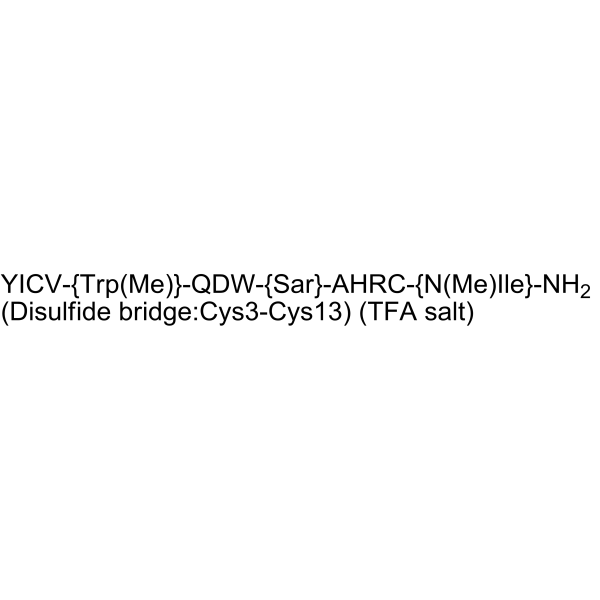
- HY-118160
-
|
NSC 73233
|
NO Synthase
|
Inflammation/Immunology
Cancer
|
|
PPM-18 (NSC 73233), a potent anti-inflammatory agent, inhibits nitric oxide synthase expression. PPM-18 is a potent inhibitor of iNOS expression by blocking the binding of NF-κB to promoter . PPM-18, an analog of Vitamin K, induces autophagy and apoptosis in bladder cancer cells through ROS and AMPK signaling pathways .
|
-
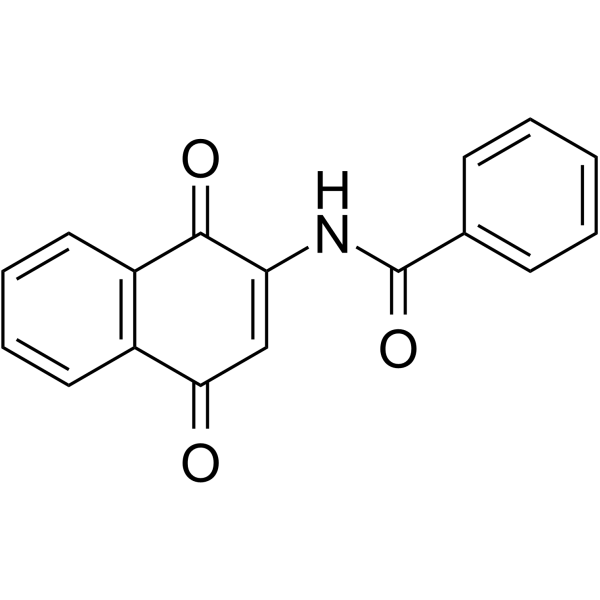
- HY-153762
-
|
|
NO Synthase
NF-κB
COX
|
Inflammation/Immunology
|
|
COX-2-IN-32 (Compound 2f) is an iNOS and COX-2 inhibitor. COX-2-IN-32 decreases the expression of NF-κB. COX-2-IN-32 has anti-inflammatory activity by inhibits NO production in LPS-induced RAW264.7 macrophages (IC50: 11.2 μM) .
|
-
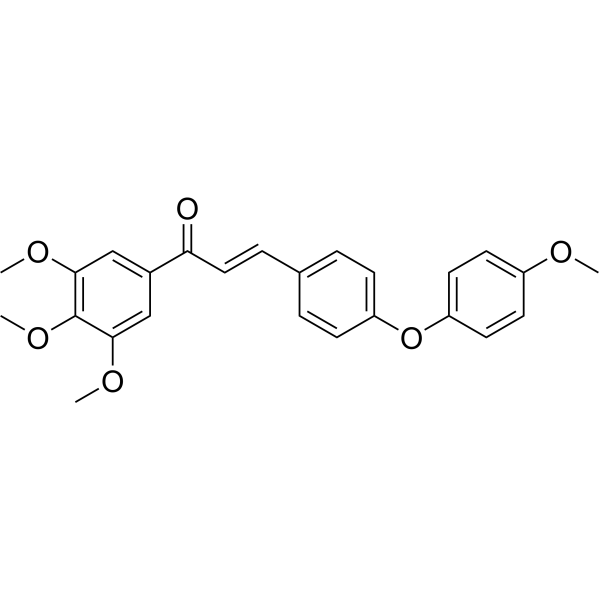
- HY-142026
-
|
(+)-Vitisin A
|
NF-κB
ERK
|
Inflammation/Immunology
|
|
Vitisin A has antioxidative, anticancer, antiapoptotic, neuroprotective and anti-inflammatory effects. Vitisin A inhibits LPS-induced NO and iNOS production via down-regulation of ERK1/2 and p38 and the NF-κB signal pathway. Vitisin A also inhibits adipocyte differentiation. Vitisin A is a resveratrol tetramer that can be isolated from Vitis vinifera roots .
|
-
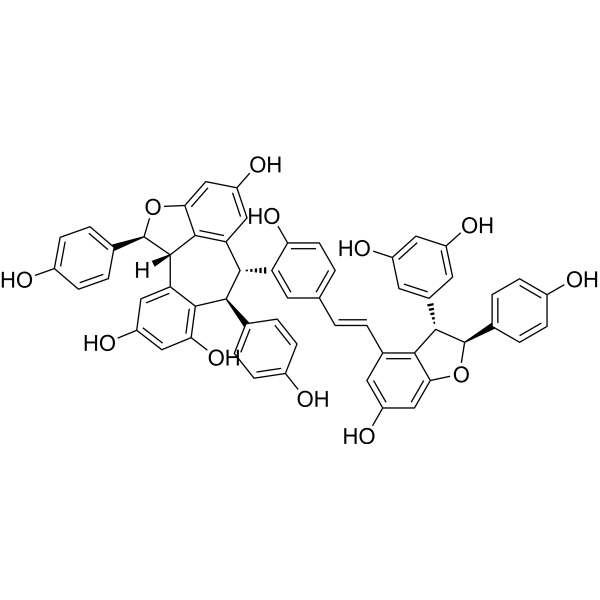
- HY-W748591
-
|
|
Apoptosis
Amyloid-β
|
Cancer
|
|
Cannflavin A can be isolated from Cannabis sativa L. Cannflavin A has anti-cancer, neuroprotective and anti-inflammatory activity. Cannflavin A inhibits Aβ1-42 aggregation. Cannflavin A also inhibits kynurenine-3-monooxygenase (KMO). Cannflavin A activates apoptosis via caspase-3 cleavage .
|
-
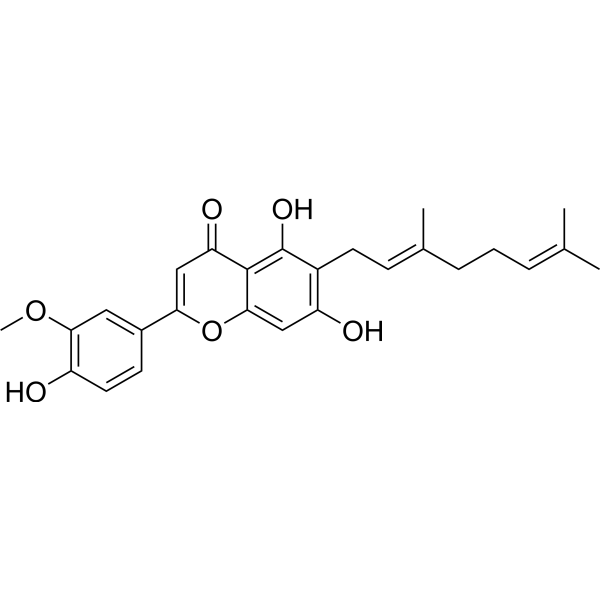
- HY-125792
-
|
|
Reactive Oxygen Species
Ras
|
Inflammation/Immunology
|
|
Nexinhib20 is a specific Rab27a-JFC1 interaction inhibitor with a calculated IC50 of 2.6 μM. Nexinhib20 significantly inhibits superoxide anion production. Nexinhib20 efficiently decreases exocytosis of azurophilic granules in neutrophils stimulated with fMLP, GM-CSF or both. Nexinhib20 has a significant anti-inflammatory activity .
|
-
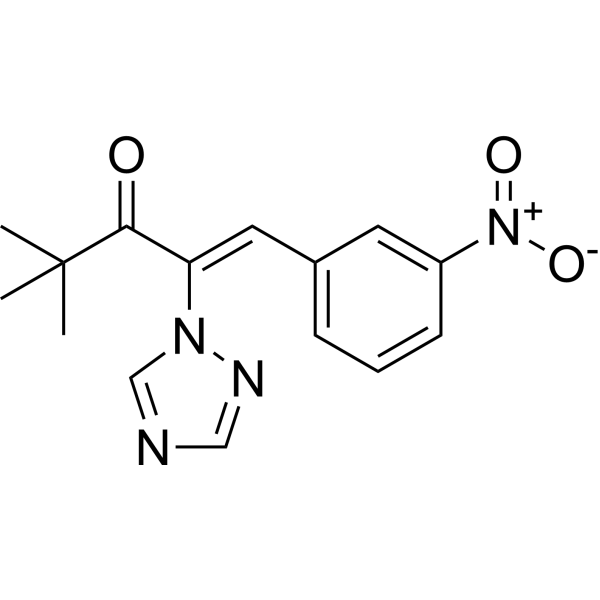
- HY-157384
-
|
|
Cholinesterase (ChE)
|
Neurological Disease
|
|
BChE-IN-22 (compound 5A) is a selective eqBChE inhibitor (IC50: 0.53 μM), has anti-inflammatory and neuroprotective activities. BChE-IN-22 can inhibit cell damage caused by Aβ25-35 (HY-P0128) and improve cognitive dysfunction caused by Scopolamine (HY-N0296) .
|
-
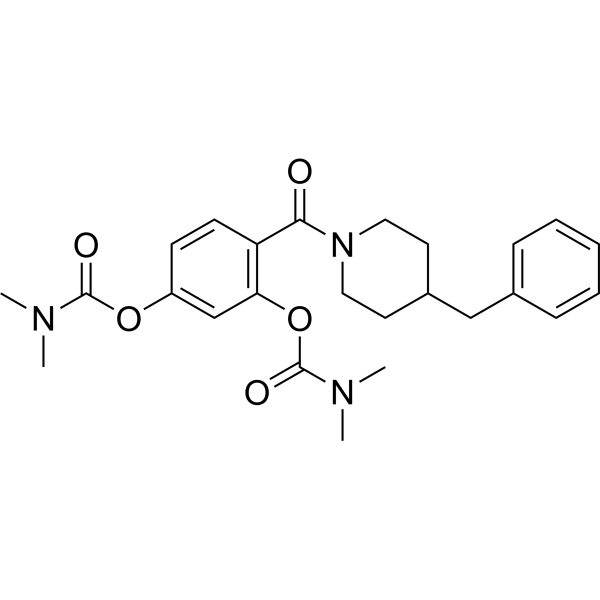
- HY-155199
-
|
|
Phosphodiesterase (PDE)
|
Inflammation/Immunology
|
|
PDE1-IN-5 (Compound 10c) is a selective PDE1C inhibitor (IC50: 15 nM). PDE1-IN-5 has anti- inflammatory activity, and inhibits expression of iNOS, TNF-α, IL-1α, IL-1β, and IL-6 induced by LPS. PDE1-IN-5 has anti-inflammatory bowel disease (IBD) effects in the dextran sodium sulfate (DSS)-Induced colitis mice model. PDE1-IN-5 can be used for research of IBD .
|
-
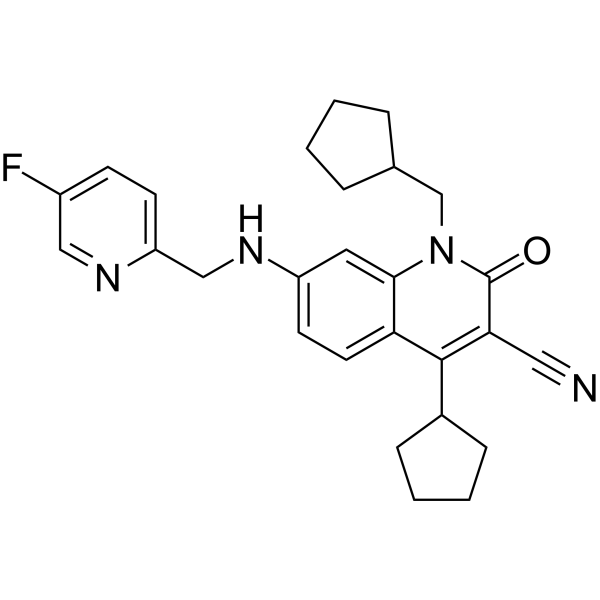
- HY-16990
-
|
Caspase-1 Inhibitor II
|
Caspase
|
Inflammation/Immunology
|
|
Ac-YVAD-cmk (Caspase-1 Inhibitor II) is a selective caspase-1 (IL-1beta converting enzyme, ICE)) inhibitor with neuroprotective and anti-inflammatory effects. Ac-YVAD-cmk effectively suppresses the expression of IL-1β and IL-18. Ac-YVAD-cmk inhibits pyroptosis in many diseases .
|
-
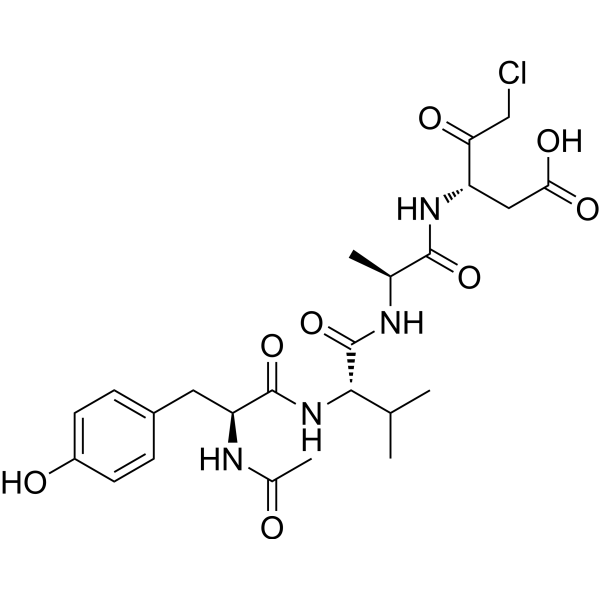
- HY-B0450
-
|
HOE296b
|
Fungal
Bacterial
Ferroptosis
Autophagy
|
Infection
Inflammation/Immunology
Cancer
|
|
Ciclopirox (HOE296b) is a synthetic and orally active antifungal agent that can be used for superficial mycoses reseaech. Ciclopirox olamine has a very broad spectrum of activity and inhibits dermatophytes, yeasts, molds, and many Gram-positive and Gram-negative species pathogenic. Ciclopirox also has anticancer and anti-inflammatory effect .
|
-
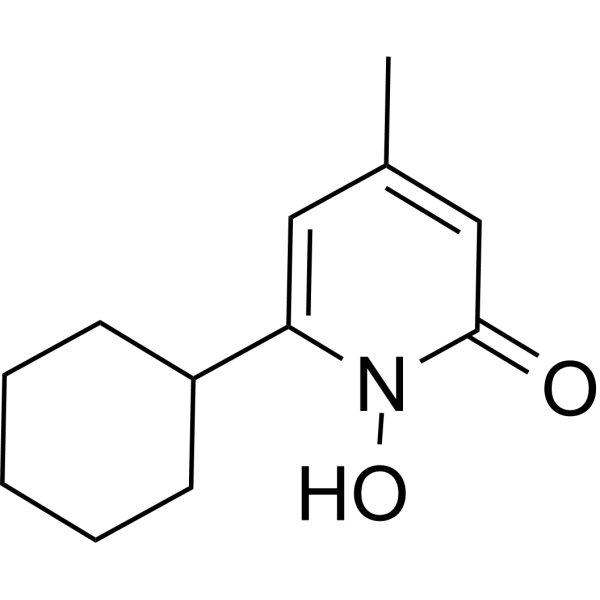
- HY-B0578
-
|
|
COX
|
Cardiovascular Disease
Inflammation/Immunology
Cancer
|
|
Loxoprofen is a non-steroidal, orally active anti-inflammatory agent with analgesic and anti-pyretic properties. Loxoprofen is a nonselective COX inhibitor with IC50s of 6.5 and 13.5 μM for COX-1 and COX-2, respectively. Loxoprofen can reduce atherosclerosis and shows antitumor activity .
|
-
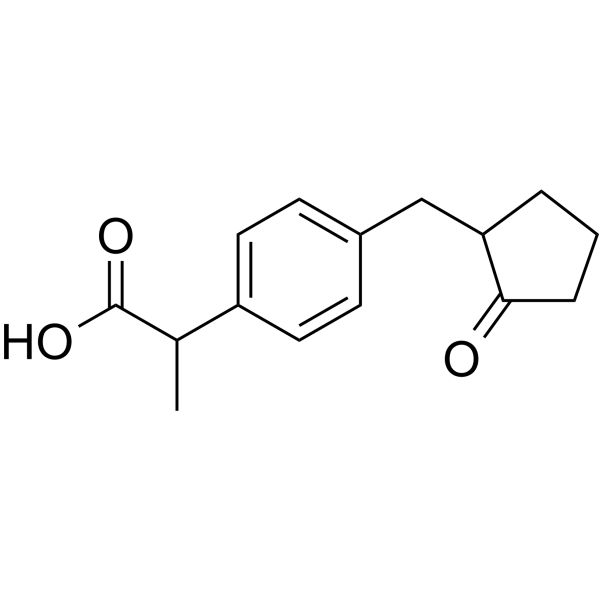
- HY-B0715
-
|
BL-191; PTX; Oxpentifylline
|
Phosphodiesterase (PDE)
Autophagy
HIV
|
Cardiovascular Disease
Cancer
|
|
Pentoxifylline (BL-191), a haemorheological agent, is an orally active non-selective phosphodiesterase (PDE) inhibitor, with immune modulation, anti-inflammatory, hemorheological, anti-fibrinolytic and anti-proliferation effects. Pentoxifylline can be used for the research of peripheral vascular disease, cerebrovascular disease and a number of other conditions involving a defective regional microcirculation .
|
-
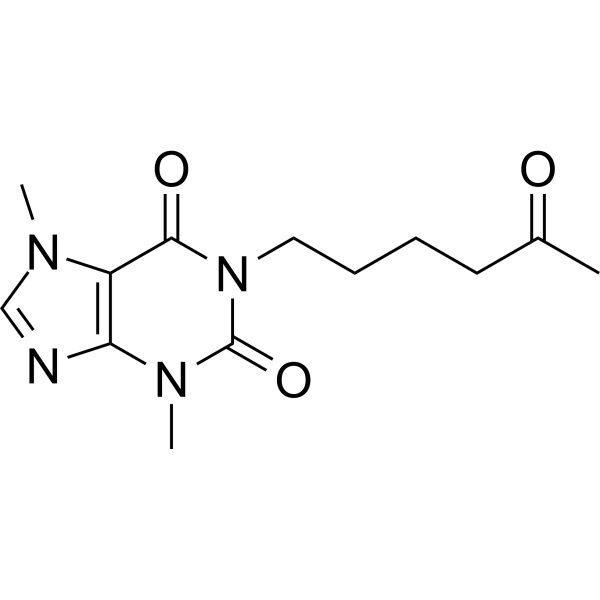
- HY-B0450A
-
|
Ciclopirox ethanolamine; HOE 296
|
Fungal
Bacterial
Ferroptosis
|
Infection
Cancer
|
|
Ciclopirox olamine (Ciclopirox ethanolamine) is a synthetic and orally active antifungal agent that can be used for superficial mycoses reseaech. Ciclopirox olamine has a very broad spectrum of activity and inhibits dermatophytes, yeasts, molds, and many Gram-positive and Gram-negative species pathogenic. Ciclopirox olamine also has anticancer and anti-inflammatory effect .
|
-
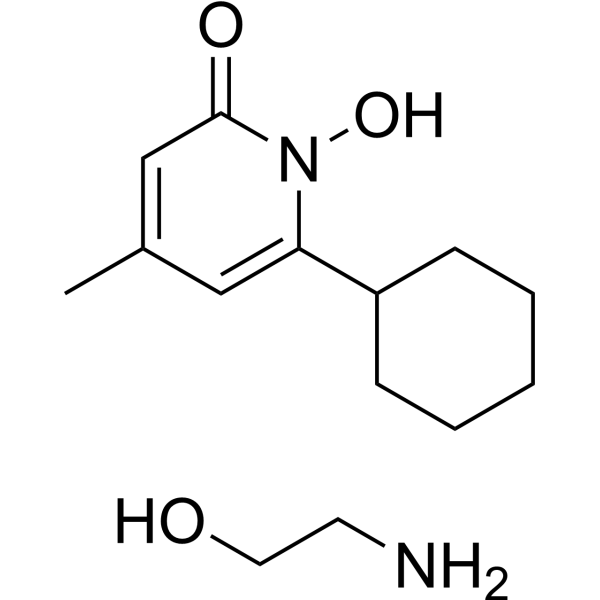
- HY-B1322
-
-
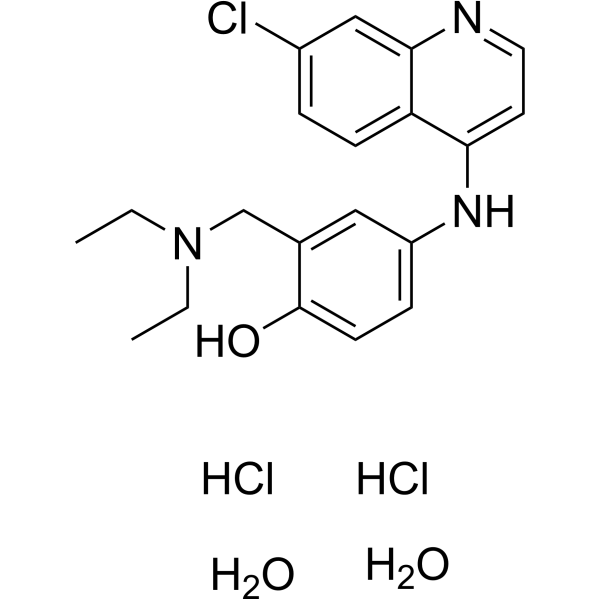
- HY-N2022
-
|
|
Glucosidase
|
Inflammation/Immunology
Cancer
|
|
Castanospermine is a natural alkaloid that can be extracted from black beans or the Moreton Bay chestnut tree (Castanospermum australae). Castanospermine is an α/ β-glucosidase inhibitor. Castanospermine has anti-inflammatory, antiviral replication and anti-metastatic effects on prostate cancer. Castanospermine can be used as an immunosuppressant to prevent transplant rejection .
|
-
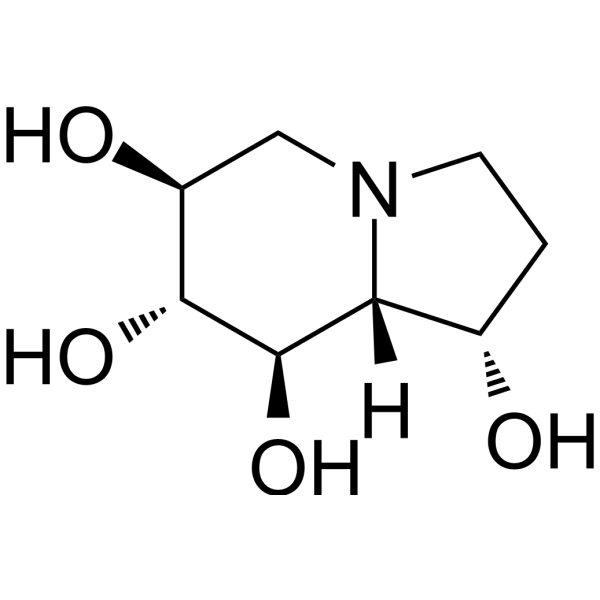
- HY-W042416
-
|
DMAc
|
Biochemical Assay Reagents
NF-κB
|
Neurological Disease
Metabolic Disease
Inflammation/Immunology
|
|
N,N-Dimethylacetamide (DMAc) is an organic solvent with blood-brain transmissibility and an FDA-approved drug excipient. N, N-dimethylacetamide exerts anti-inflammatory activity by inhibiting the NF-κB signaling pathway. N, N-dimethylacetamide can be used in studies of weight gain caused by a high-fat diet and neuroinflammation in Alzheimer's disease .
|
-
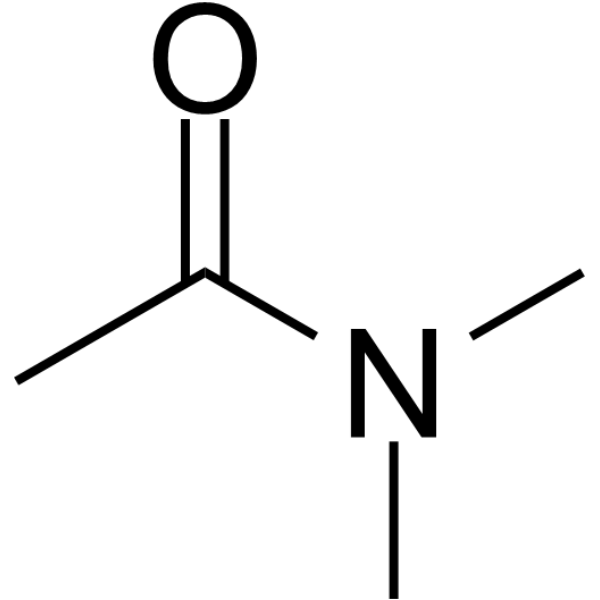
- HY-B0075S
-
-
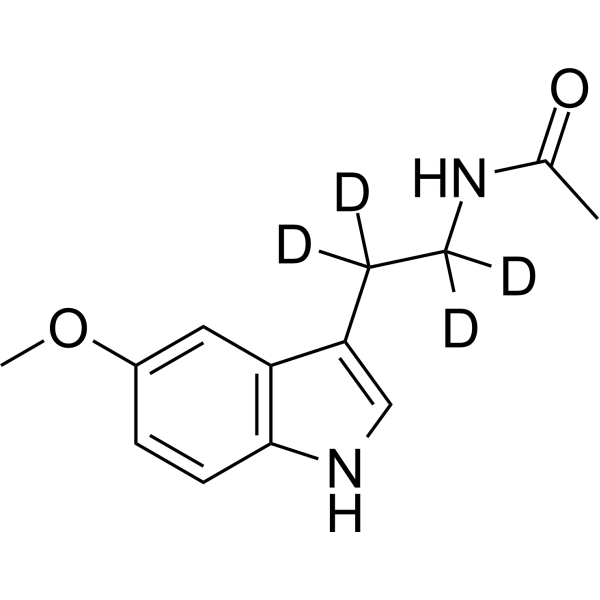
- HY-14658S
-
|
|
|
|
|
Thalidomide-d4 is a deuterium labeled Thalidomide. Thalidomide inhibits cereblon (CRBN), a part of the cullin-4 E3 ubiquitin ligase complex CUL4-RBX1-DDB1, with a Kd of ~250 nM, and has immunomodulatory, anti-inflammatory and anti-angiogenic cancer properties[1][2].
|
-
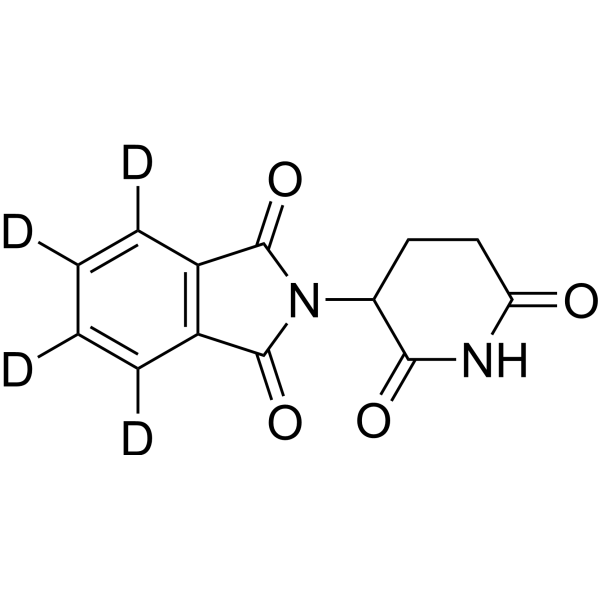
- HY-14621
-
|
Vanillylacetone; Gingerone
|
NF-κB
|
Metabolic Disease
Inflammation/Immunology
Cancer
|
|
Zingerone (Vanillylacetone) is a nontoxic methoxyphenol isolated from Zingiber officinale, with potent anti-inflammatory, antidiabetic, antilipolytic, antidiarrhoeic, antispasmodic and anti-tumor properties . Zingerone alleviates oxidative stress and inflammation, down-regulates NF-κB mediated signaling pathways . Zingerone acts as an anti-mitotic agent, and inhibits the growth of neuroblastoma cells .
|
-
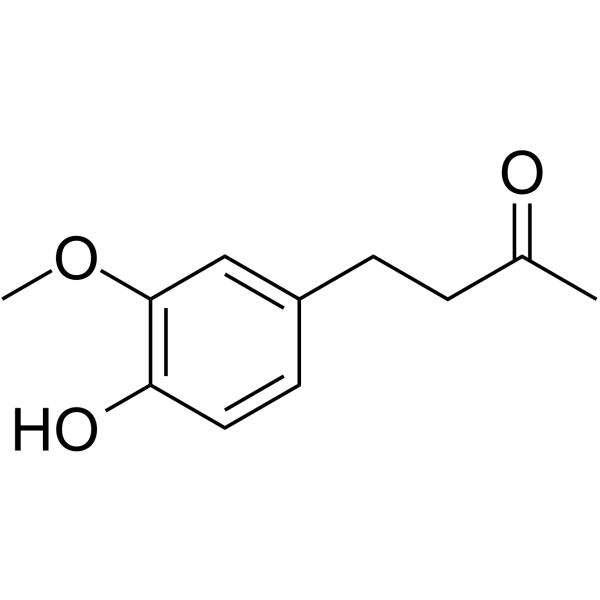
- HY-N0108
-
|
Parietin; Rheochrysidin
|
Bacterial
|
Infection
Inflammation/Immunology
Cancer
|
|
Physcion (Parietin) is an anthraquinone isolated from traditional Chinese medicine Radix et Rhizoma Rhei, acts as an inhibitor of 6-phosphogluconate dehydrogenase, with an IC50 and a Kd of 38.5 μM and 26.0 μM, respectively . Physcion (Parietin) exhibits laxative, hepatoprotective, anti-inflammatory, anti-microbial, anti-proliferative and anti-tumor effects .
|
-
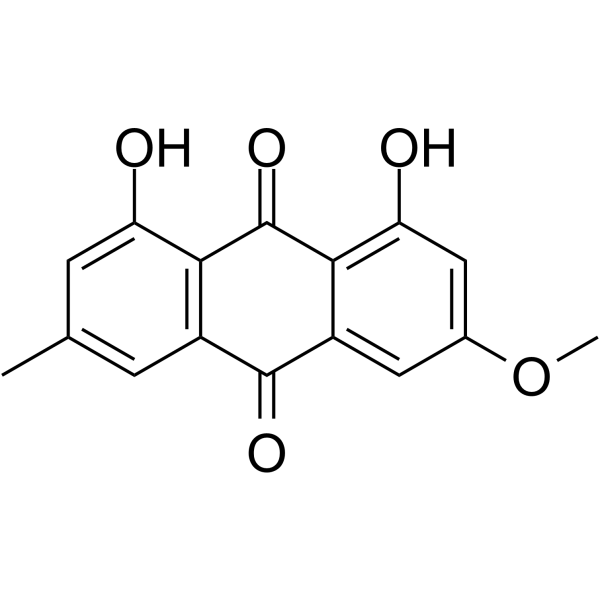
- HY-N5025
-
|
|
P2X Receptor
Apoptosis
|
Inflammation/Immunology
Cancer
|
|
Bullatine A, a diterpenoid alkaloid of the genus Aconitum, possesses anti-rheumatic, anti-inflammatory and anti-nociceptive effects. Bullatine A is a potent P2X7 antagonist, inhibits ATP-induced cell death/apoptosis and P2X receptor-mediated inflammatory responses . Bullatine A attenuates pain hypersensitivity, regardless of the pain models employed .
|
-
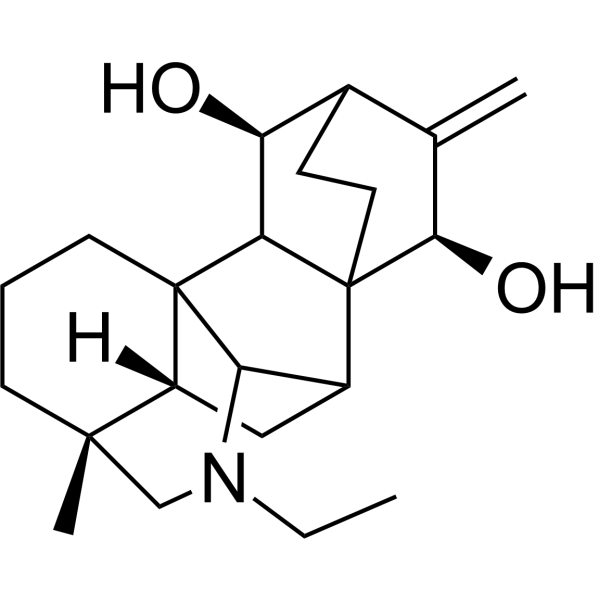
- HY-N0587
-
|
|
Apoptosis
|
Inflammation/Immunology
Cancer
|
|
Demethylzeylasteral is a triterpene compound isolated from Tripterygium wilfordii Hook F, with anti-inflammatory, immunosuppressive and anti-tumor activities . Demethylzeylasteral can significantly alleviates atherosclerosis (AS) . Demethylzeylasteral inhibits triple-negative breast cancer invasion by blocking the canonical and non-canonical TGF-β signaling pathways .
|
-
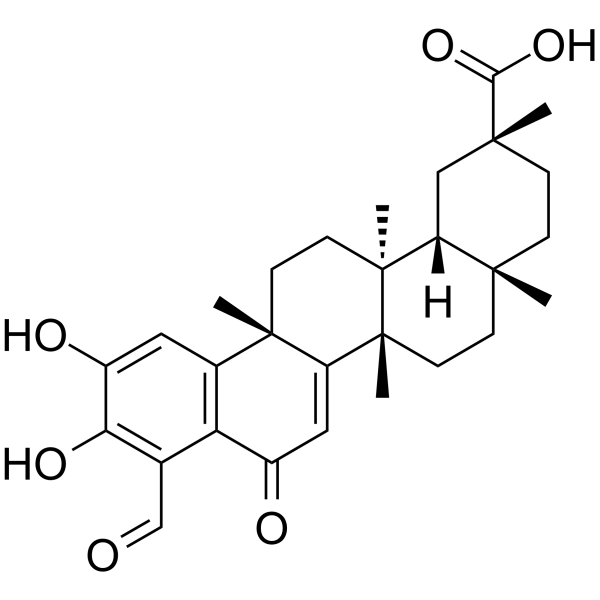
- HY-N0240
-
|
|
Others
|
Cancer
|
|
Herbacetin is a natural flavonoid from flaxseed, exerts various pharmacological activities, including antioxidant, anti-inflammatory and anticancer effects . Herbacetin is an Ornithine decarboxylase (ODC) allosteric inhibitor, directly binds to Asp44, Asp243, and Glu384 on ODC. Ornithine decarboxylase (ODC) is a rate-limiting enzyme in the first step of polyamine biosynthesis .
|
-
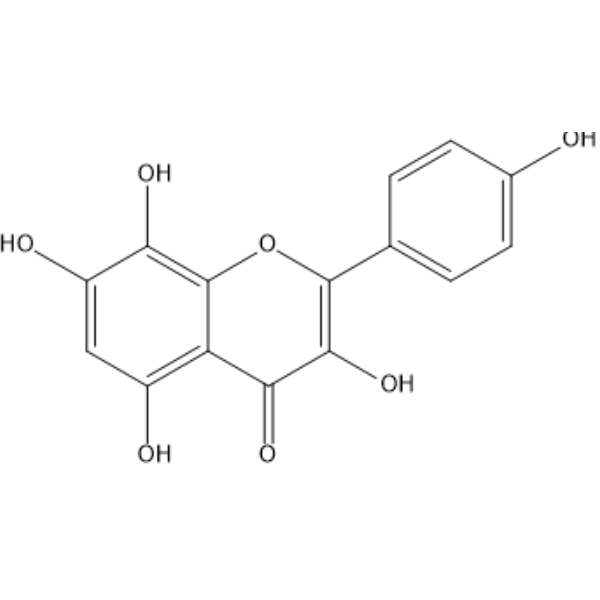
- HY-B1452
-
|
ML-3000
|
|
|
|
Licofelone (ML-3000) is a dual COX/5-lipoxygenase (5-LOX) inhibitor (IC50=0.21/0.18 μM, respectively) for the treatment of osteoarthritis. Licofelone exerts anti-inflammatory and anti-proliferative effects. Licofelone induces apoptosis, and decreases the production of proinflammatory leukotrienes and prostaglandins .
|
-

- HY-14374
-
GPP78
1 Publications Verification
CAY10618
|
NAMPT
Autophagy
|
Inflammation/Immunology
Cancer
|
|
GPP78 (CAY10618) is a potent Nampt inhibitor with an IC50 of 3.0 nM for nicotinamide adenine dinucleotide (NAD) depletion. GPP78 is cytotoxic to neuroblastoma cell line SH-SY5Y cells with an IC50 of 3.8 nM by inducing autophagy. GPP78 has anti-cancer and anti-inflammatory effects .
|
-
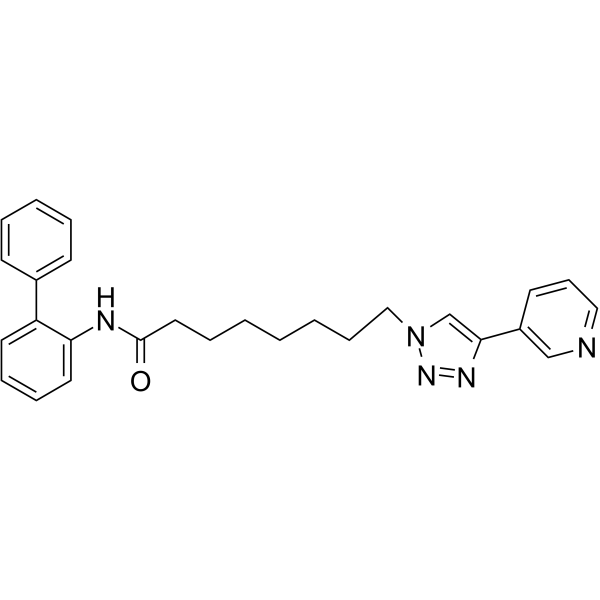
- HY-B0363S
-
|
|
COX
|
Inflammation/Immunology
|
|
Nimesulide-d5 is a deuterium labeled Nimesulide. Nimesulide is a selective COX-2 inhibitor, with IC50s of 70 nM-70 μM in a time-dependent manner, but it shows no effect on COX-1 (IC50 >100 μM). Nimesulide has potent anti-inflammatory, analgesic and antipyretic properties[1][2].
|
-
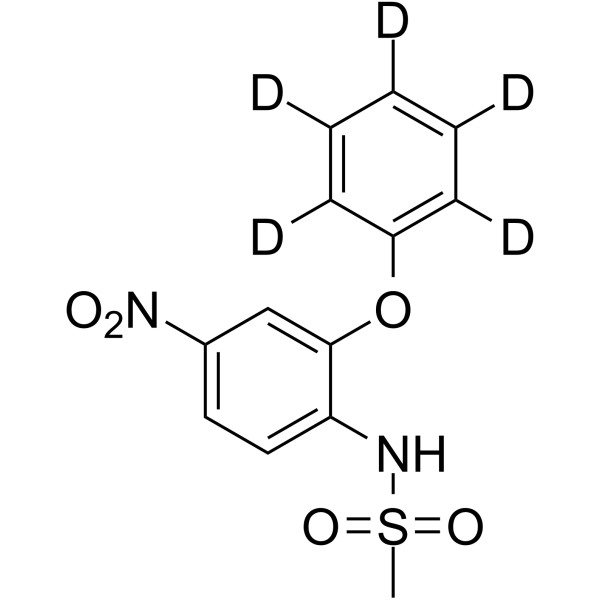
- HY-Y1362
-
|
|
|
|
|
Ethyl pyruvate is a simple derivative of the endogenous metabolite pyruvate. Ethyl pyruvate is an HMGB1 release inhibitor. Ethyl pyruvate can induce apoptosis by autophagy. Ethyl pyruvate has anti-inflammatory, antioxidant and anti-tumor activity. Ethyl pyruvate can be used in the study of neurodegenerative diseases such as Alzheimer's and Parkinson's disease .
|
-
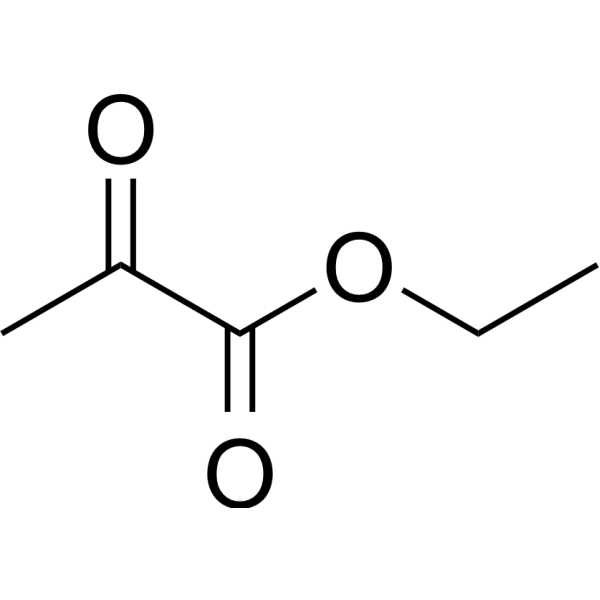
- HY-N3187
-
-
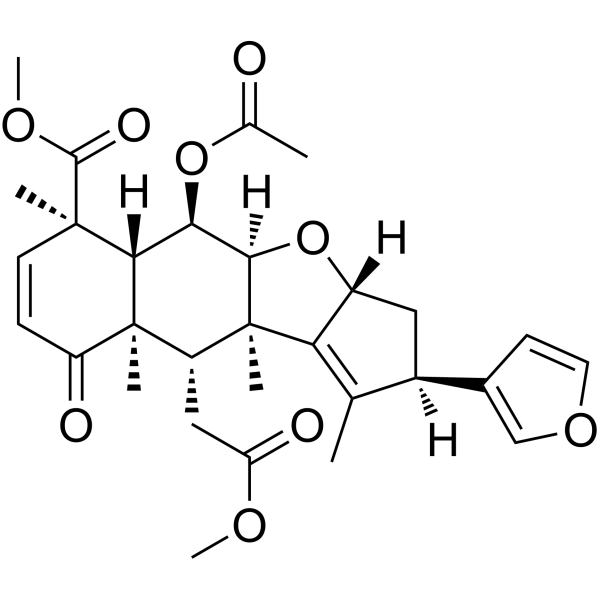
- HY-W012126
-
|
2,6-Dichloro-N-phenylaniline
|
Bacterial
|
Infection
Cancer
|
|
2,6-Dichlorodiphenylamine is an analogue of Diclofenac Sodium (HY-15037) and has anti-Candida albicans activity. Diclofenac Sodium is a potent and nonselective anti-inflammatory agent, acts as a COX inhibitor, with IC50s of 4 and 1.3 nM for human COX-1 and COX-2 in CHO cells.
|
-
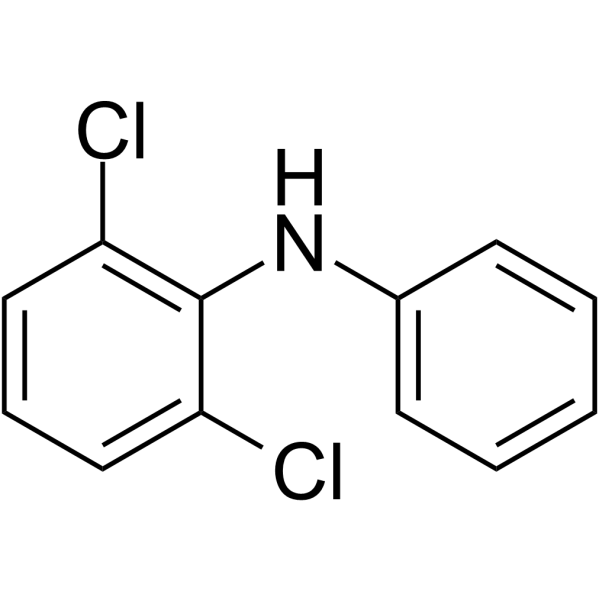
- HY-B0578A
-
|
|
|
|
|
Loxoprofen sodium is a non-steroidal, orally active anti-inflammatory agent with analgesic and anti-pyretic properties. Loxoprofen sodium is a nonselective COX inhibitor with IC50s of 6.5 and 13.5 μM for COX-1 and COX-2, respectively. Loxoprofen sodium can reduce atherosclerosis and shows antitumor activity .
|
-
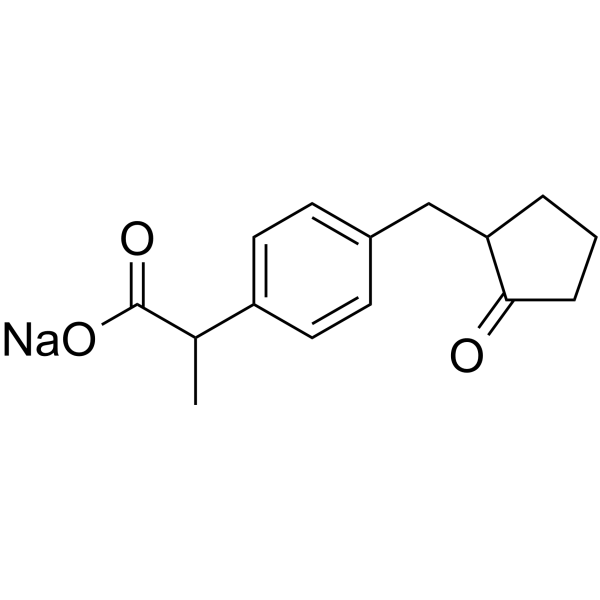
- HY-B1322B
-
|
Amodiaquin dihydrochloride
|
|
|
|
Amodiaquine dihydrochloride (Amodiaquin dihydrochloride), a 4-aminoquinoline class of antimalarial agent, is a potent and orally active histamine N-methyltransferase inhibitor with a Ki of 18.6 nM. Amodiaquine dihydrochloride is also a Nurr1 agonist and specifically binds to Nurr1-LBD (ligand binding domain) with an EC50 of ~20 μM. Anti-inflammatory effect .
|
-
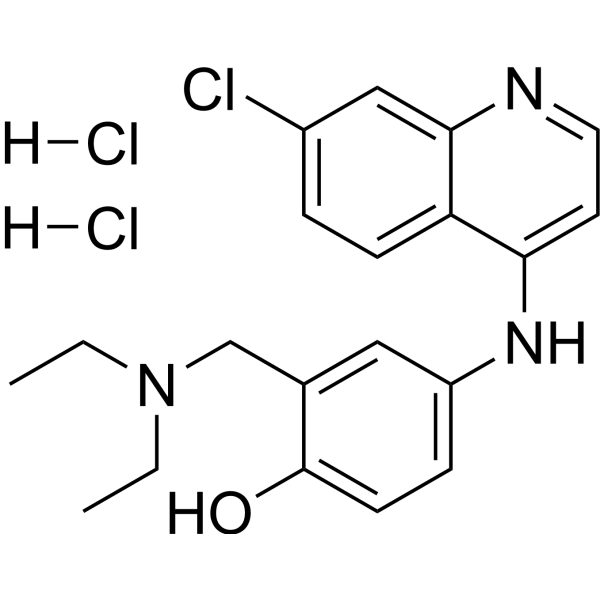
- HY-101499
-
|
|
NADPH Oxidase
|
Neurological Disease
Metabolic Disease
Inflammation/Immunology
|
|
GKT136901 is a potent, selective and orally active inhibitor of NADPH oxidase (NOX1/4), with Kis of 160 and 165 nM, respectively. GKT136901 is also a selective and direct scavenger of peroxynitrite. GKT136901 can be used for the research of diabetic nephropathy, stroke, and neurodegeneration. GKT136901 also has anti-inflammatory activity .
|
-
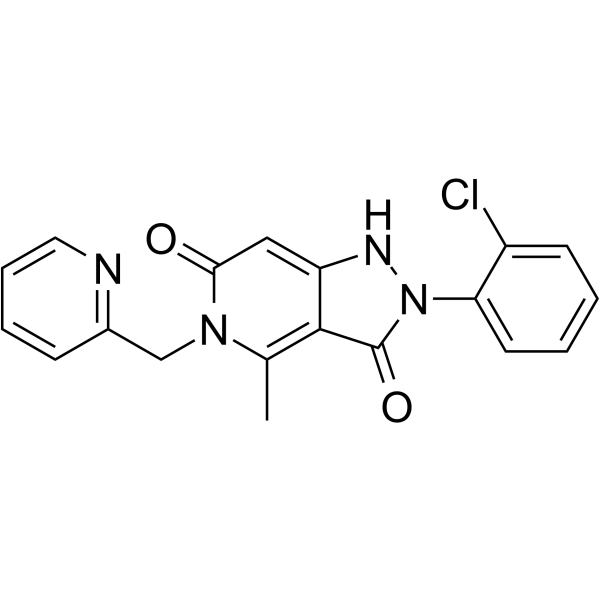
- HY-101499A
-
|
|
NADPH Oxidase
|
Neurological Disease
Metabolic Disease
|
|
GKT136901 hydrochloride is a potent, selective and orally active inhibitor of NADPH oxidase (NOX1/4), with Kis of 160 and 165 nM, respectively. GKT136901 hydrochloride is also a selective and direct scavenger of peroxynitrite. GKT136901 hydrochloride can be used for the research of diabetic nephropathy, stroke, and neurodegeneration. GKT136901 hydrochloride also has anti-inflammatory activity .
|
-
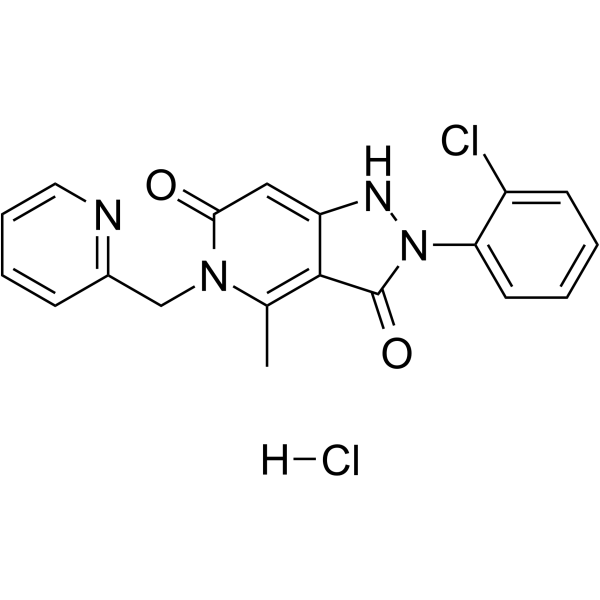
- HY-N10183
-
|
|
Reactive Oxygen Species
|
Neurological Disease
|
|
Crocin-4, a carotenoid constituent of saffron, is a potent and brain-penetrant antioxidant agent. Crocin-4 can inhibit the aggregation and the concomitant deposition of Aβ fibrils in the brain. Crocin-4 can be used for the research of Alzheimer's Disease. Crocin-4 also exhibits antitumor and anti-inflammatory activities .
|
-
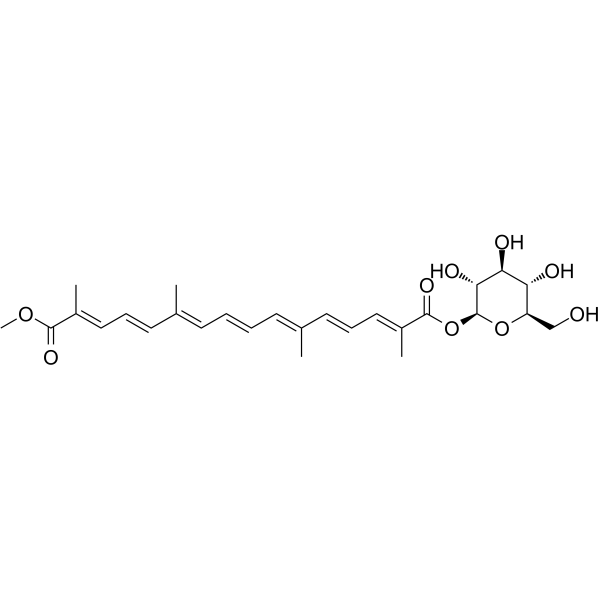
- HY-147770
-
|
|
NF-κB
|
Inflammation/Immunology
|
|
NF-κB-IN-6 (Compound 3d) is an anti-inflammatory agent through the mechanism of decreasing the protein expressions of iNOS and COX-2 by suppressing NF-κB signaling pathway. NF-κB-IN-6 inhibits NO production in LPS-induced RAW264.7 cells with an IC50 of 23.1 μM .
|
-
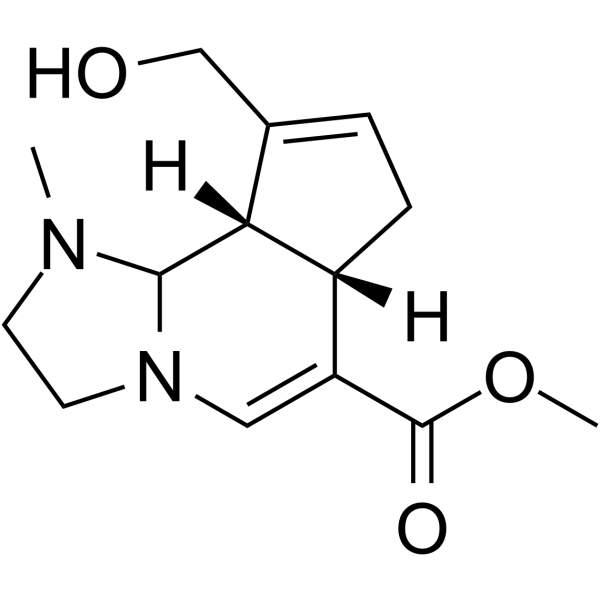
- HY-151166
-
|
|
Bacterial
|
Cancer
|
|
β-Glucuronidase-IN-2 is a potent E. coli β-glucuronidase inhibitor with an IC50 value of 0.24 μM, an Ki value of 1.09 μM. β-Glucuronidase-IN-2 shows antiproliferative activity. β-Glucuronidase-IN-2 has the potential for the research of anti-cancer and anti-inflammatory therapies .
|
-
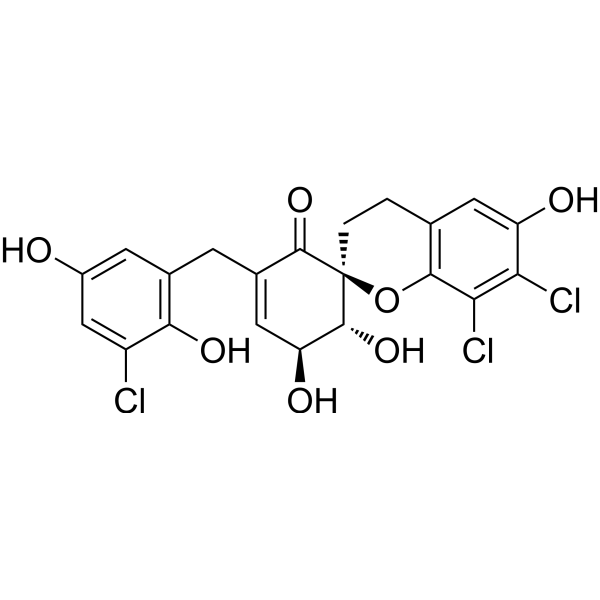
- HY-N2963
-
|
|
ERK
p38 MAPK
JAK
STAT
TNF Receptor
Interleukin Related
COX
Arginase
|
Inflammation/Immunology
|
|
Broussonin E is a phenolic compound and shows anti-inflammatory activity. Broussonin E can suppress inflammation by modulating macrophages activation statevia inhibiting the ERK and p38 MAPK and enhancing JAK2-STAT3 signaling pathway. Broussonin E can be used for the research of inflammation-related diseases such as atherosclerosis .
|
-
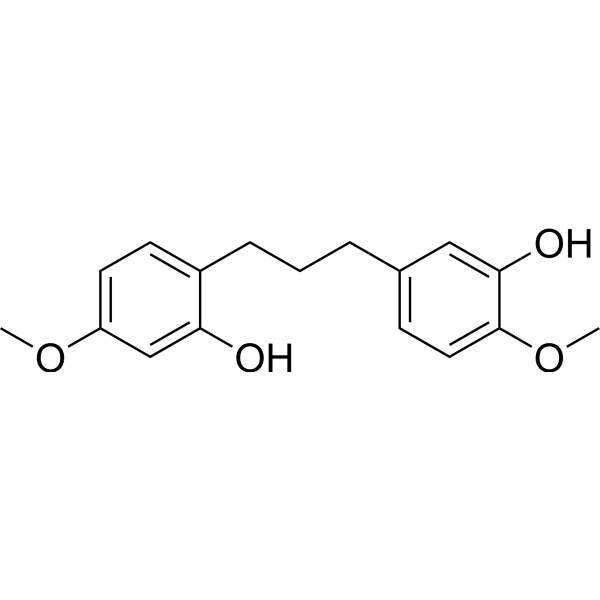
- HY-N3071
-
|
|
Apoptosis
Reactive Oxygen Species
|
Inflammation/Immunology
|
|
Picrasidine I is an anti-inflammatory and anti-osteoclastogenic dimeric alkaloid that can be isolated from Picrasma quassioides. Picrasidine I inducs cell cycle arrest, and triggers cell apoptosis by downregulats ERK and Akt pathways. Picrasidine I inhibits the activation of MAPKs, NF-κB and ROS generation, and suppresses the expression of c-Fos and NFATc1 .
|
-
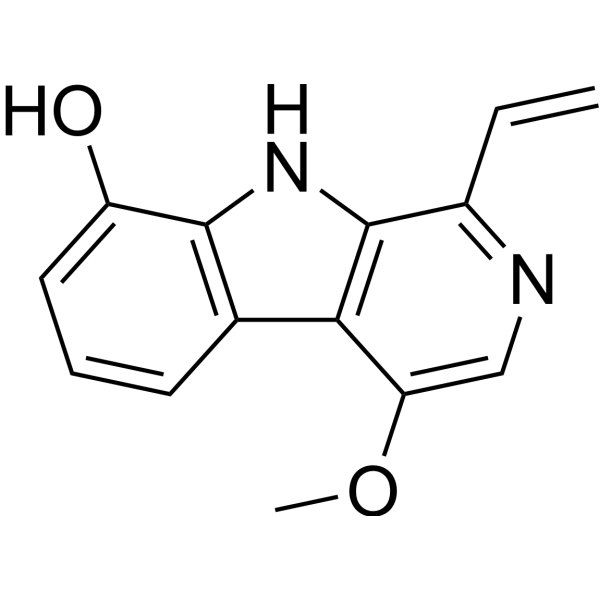
- HY-N8593S
-
|
|
TNF Receptor
|
Infection
|
|
Undecane-d24 is the deuterium labeled Undecane[1]. Undecane has anti-allergic and anti-inflammatory activities on sensitized rat basophilic leukemia (RBL-2H3) mast cells and HaCaT keratinocytes. In sensitized mast cells, Undecane inhibits degranulation and the secretion of histamine and TNF-α[2].
|
-
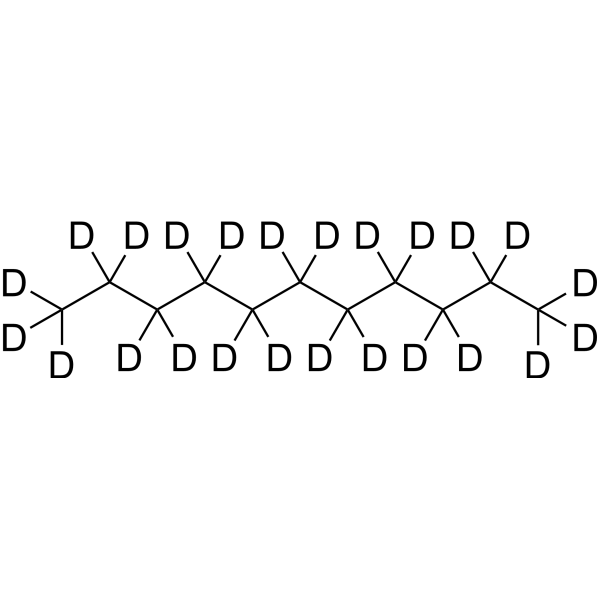
- HY-P3161
-
|
|
HSV
|
Infection
Inflammation/Immunology
Cancer
|
|
Lactoferrin is a substance released by neutrophils. Lactoferrin is an orally active multifunctional iron binding glycoprotein. Lactoferrin prevents cell adhesion, growth and spreading of cell colonies. Lactoferrin also has antiviral activity and inhibits microbial and viral adhesion and entry into host cells. Besides, Lactoferrin has anti-inflammatory, immunomodulatory, and anti-cancer activities .
|
-
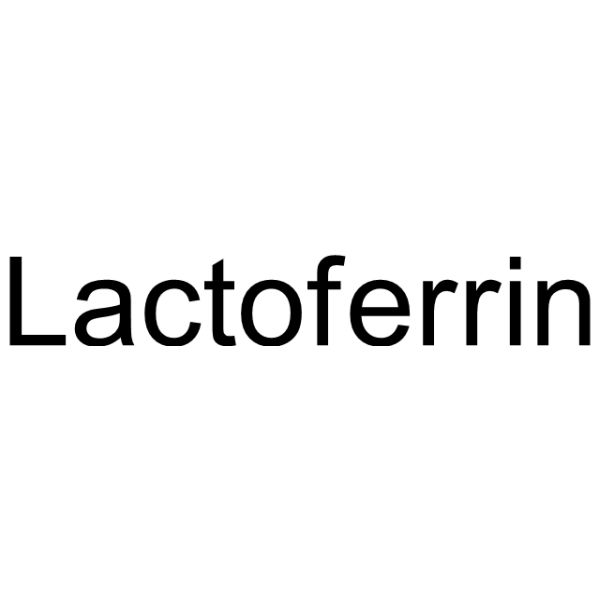
- HY-155611
-
|
|
Cathepsin
|
Inflammation/Immunology
|
|
Cathepsin C-IN-6 (compound 2) is a E-64c-hydrazideas based inhibitor of cathepsin C with anti-inflammatory activity. Cathepsin C-IN-6 inhibts activation of neutrophil elastase,exhibits potential efficacy in inflammatory diseases with high neutrophil load (e.g.,chronic obstructive pulmonary disease) .
|
-
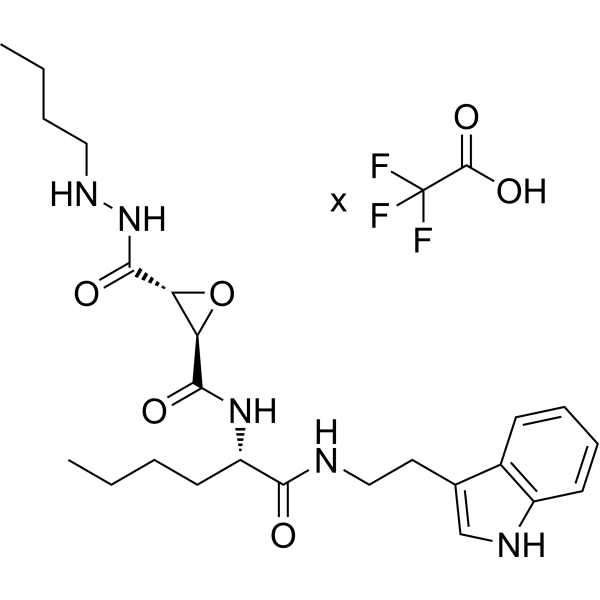
- HY-155031
-
|
|
Reactive Oxygen Species
COX
|
Inflammation/Immunology
|
|
MCI alleviates inflammation by macrophage reprogramming via targeting ROS scavenging and COX-2 downregulation. MCI inhibits COX-2 with an IC50 value of 1.23 μM. MCI has significant anti-inflammatory effects in collagen-induced arthritis (CIA) models. MCI can be used in research for rheumatoid arthritis (RA) .
|
-
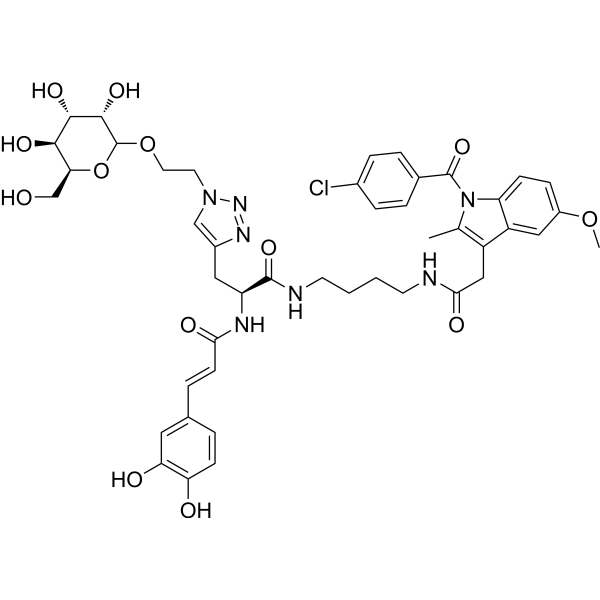
- HY-N8413
-
|
|
Toll-like Receptor (TLR)
Reactive Oxygen Species
NF-κB
|
Inflammation/Immunology
|
|
Chlojaponilactone B is a lindenane-type sesquiterpenoid with anti-inflammatory properties. Chlojaponilactone B suppresses inflammatory responses by inhibiting TLR4 and subsequently decreasing reactive oxygen species (ROS) generation, downregulating the NF-κB, thus reducing the expression of the pro-inflammatory cytokines iNOS, NO, COX-2, IL-6 and TNF-α .
|
-
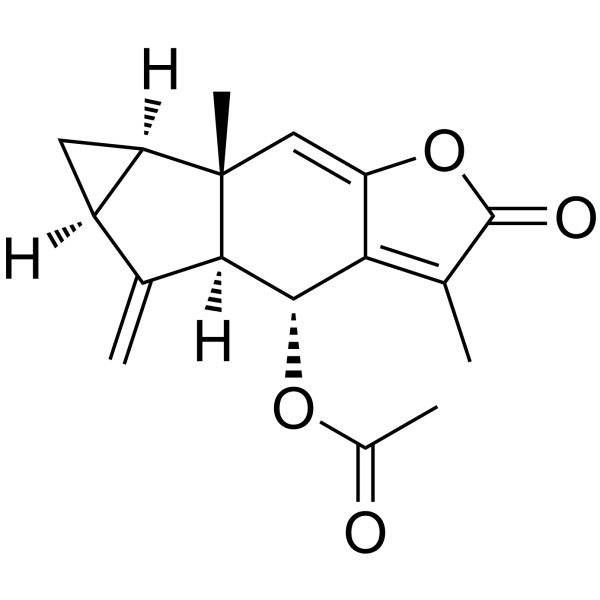
- HY-N0222R
-
|
|
COX
NF-κB
PPAR
ERK
GLUT
Apoptosis
|
Infection
Neurological Disease
Inflammation/Immunology
Cancer
|
|
Avicularin (Standard) is the analytical standard of Avicularin. This product is intended for research and analytical applications. Avicularin is an orally active flavonoid. Avicularin inhibits NF-κB (p65), COX-2 and PPAR-γ activities. Avicularin has anti-inflammatory, anti-infectious anti-allergic, anti-oxidant, hepatoprotective, and anti-tumor activities .
|
-
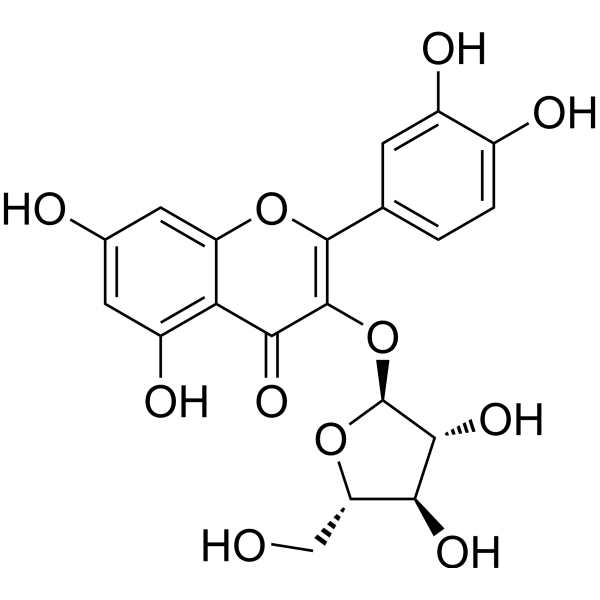
- HY-163207
-
|
|
Epoxide Hydrolase
HDAC
|
Neurological Disease
|
|
sEH/HDAC6-IN-1 (compound M9) is a selective, orally active dual inhibitor for sEH and HDAC6, with IC50s of 2 nM, 0.72 nM and 5 nM, for human sEH, murine sEH and HDAC6, respectively. sEH/HDAC6-IN-1 reveals analgesic and anti-inflammatory effects .
|
-
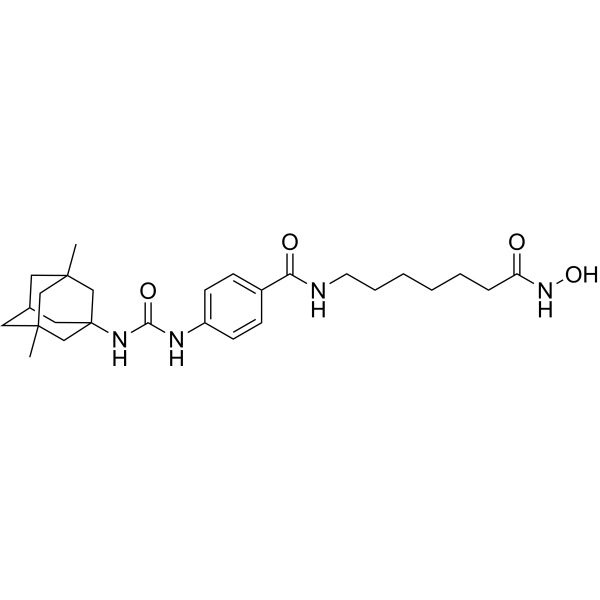
- HY-17002
-
|
IPD 1151T
|
Interleukin Related
|
Inflammation/Immunology
|
|
Suplatast Tosilate (IPD 1151T) is an orally active Th2 cytokine inhibitor which can inhibit both IL-4 and IL-5 production from Th2 cells and suppress IgE synthesis. Suplatast Tosilate is an anti-allergic agent. Suplatast Tosilate has antiasthmatic, anti-inflammatory and antifibrotic activity .
|
-
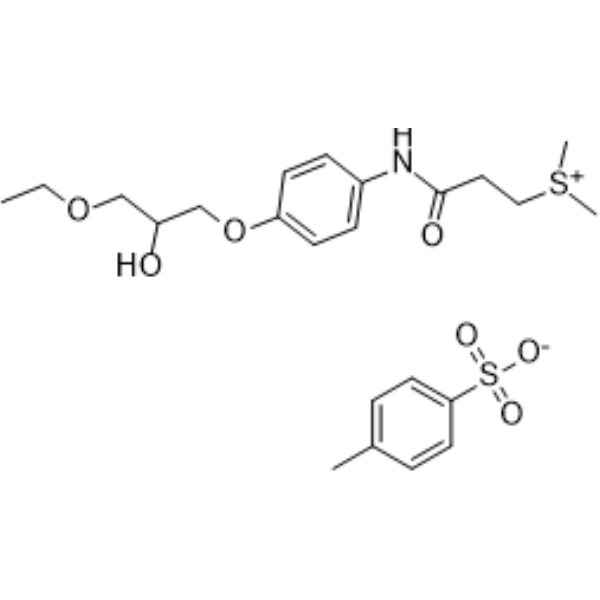
- HY-B0736A
-
|
FI7056
|
Fungal
Autophagy
Apoptosis
p38 MAPK
Microtubule/Tubulin
|
Infection
|
|
Sertaconazole nitrate (FI7056) is a broad-spectrum topical antifungal agent, exhibits anti-inflammatory activity via activation of a p38-COX-2-PGE2 pathway. Sertaconazole nitrate is also a microtubule inhibitor, shows antiproliferative effect, induces apoptosis and autophagy, and can also inhibit the migration of cells .
|
-
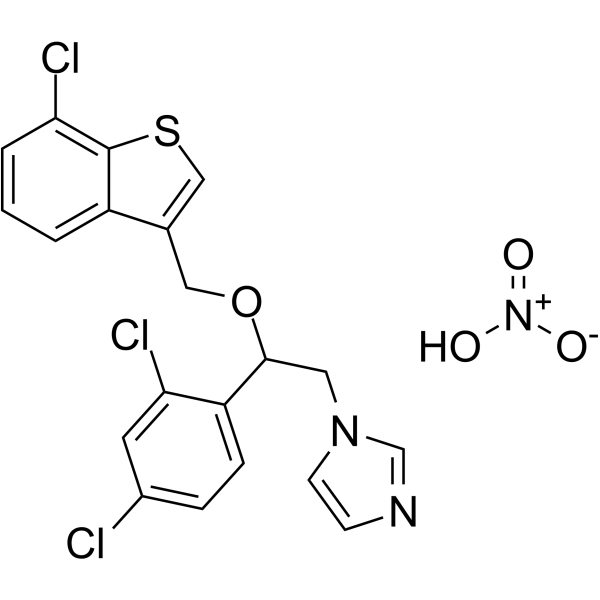
- HY-N0462
-
|
|
Reverse Transcriptase
Bacterial
Apoptosis
Autophagy
|
Infection
Inflammation/Immunology
Cancer
|
|
Corilagin, a gallotannin, has anti-tumor, anti-inflammatory and hepatoprotective activities. Corilagin inhibits activity of reverse transcriptase of RNA tumor viruses. Corilagin also inhibits the growth of Staphylococcus aureus with a MIC of 25 μg/mL. Corilagin shows anti-tumor activity on hepatocellular carcinoma and ovarian cancer model. Corilagin shows low toxicity to normal cells and tissues .
|
-
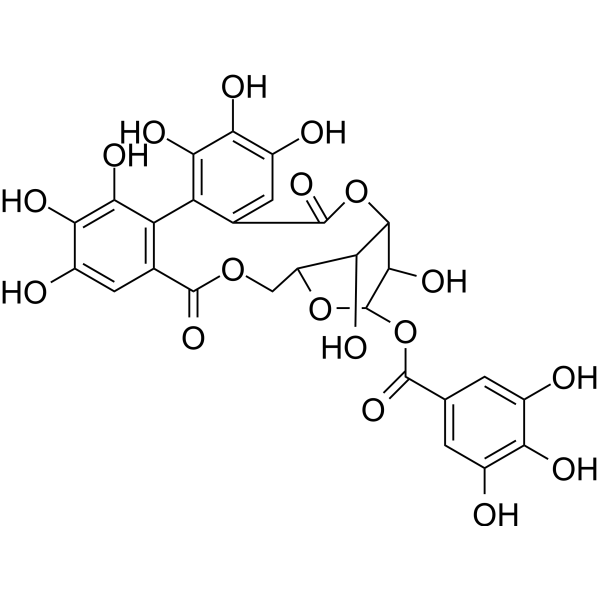
- HY-107794
-
|
Disodium clodronate tetrahydrate
|
Others
|
Neurological Disease
Inflammation/Immunology
Cancer
|
|
Clodronate disodium tetrahydrate (Disodium clodronate tetrahydrate) is first-generation bisphosphonate, with anti-osteoporotic, anti-inflammatory and analgesic effects. Clodronate disodium tetrahydrate is a selective, potent, reversible and Cl - competitive vesicular nucleotide transporter (VNUT) inhibitor, with an IC50 of 15.6 nM. Clodronate disodium tetrahydrate inhibits vesicular ATP release from neurons and reduces chronic neuropathic and inflammatory pain .
|
-
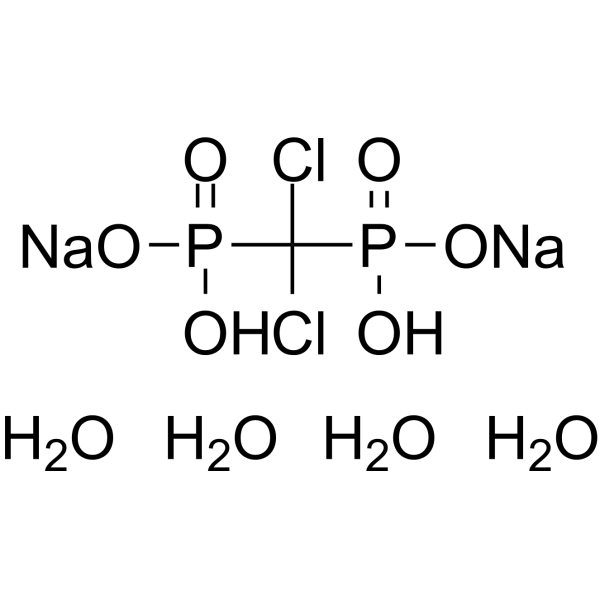
- HY-D0939
-
|
Chicago Sky Blue 6B
|
|
|
|
Direct Blue 1 (Chicago Sky Blue 6B) is a complex dye for background autofluorescence in immunofluorescence histochemistry. Direct Blue 1 is a potent and competitive VGLUT inhibitor. Direct Blue 1 can inhibit the Aβ-binding small molecule PrP ligand. Direct Blue 1 has anti-inflammatory activity .
|
-
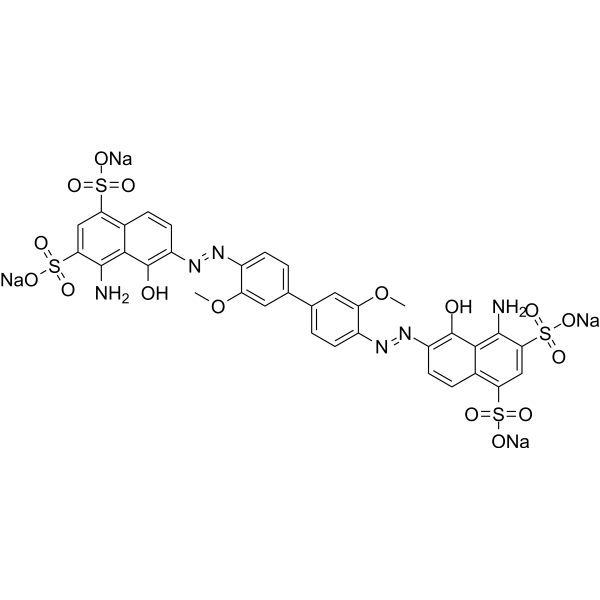
- HY-109010
-
|
HM71224; LY3337641
|
Btk
BMX Kinase
Toll-like Receptor (TLR)
|
Metabolic Disease
|
|
Poseltinib (HM71224) is an orally active, selective, irreversible small molecule Bruton tyrosine kinase (BTK) inhibitor. With an IC50 of 1.95 nM. Poseltinib effectively inhibits the signaling mediated by B cell receptors (BCR), Fc receptors (FcR), and Toll-like receptors (TLR). Poseltinib has anti-inflammatory activity and can be used in the research of rheumatoid arthritis .
|
-

- HY-115687
-
-
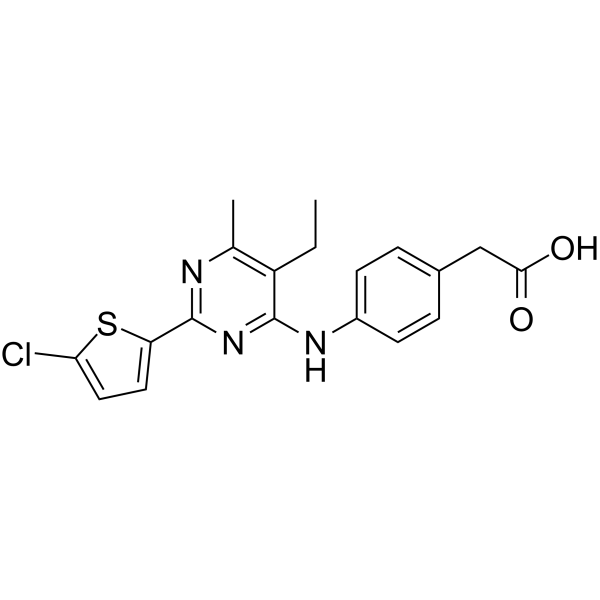
- HY-N1029
-
|
Mangiferitin
|
|
|
|
Norathyriol (Mangiferitin) is a natural metabolite of Mangifera. Norathyriol inhibits α-glucosidase in a noncompetitive manner with an IC50 of 3.12 μM . Norathyriol inhibits PPARα, PPARβ, and PPARγ with IC50s of 92.8 µM, 102.4 µM, and 153.5 µM, respectively . Antioxidant, anticancer, antimicrobial, anti-inflammatory, anti-bacterial activities.
|
-
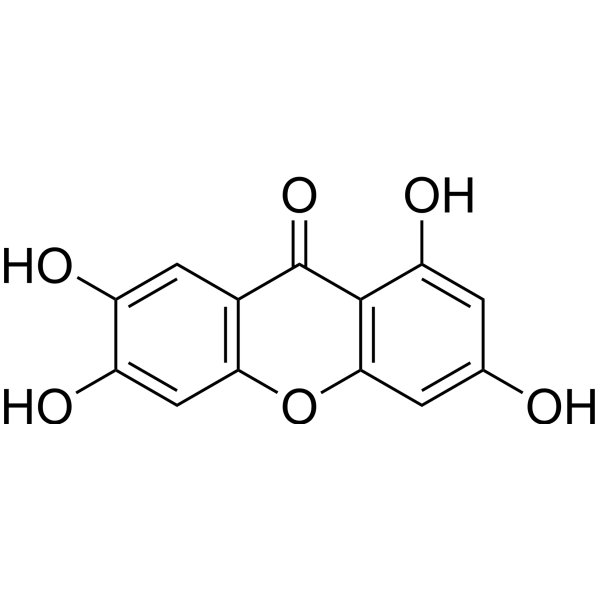
- HY-14904
-
|
|
SARS-CoV
Influenza Virus
|
Infection
|
|
Umifenovir is a potent, orally active broad-spectrum antiviral agent with activity against a number of enveloped and non-enveloped viruses. Umifenovir is used as an anti-influenza virus agent. Umifenovir could effectively inhibit the fusion of virus with host cells . Umifenovir is an efficient inhibitor of SARS-CoV-2 in vitro . Umifenovir shows anti-inflammatory activity .
|
-
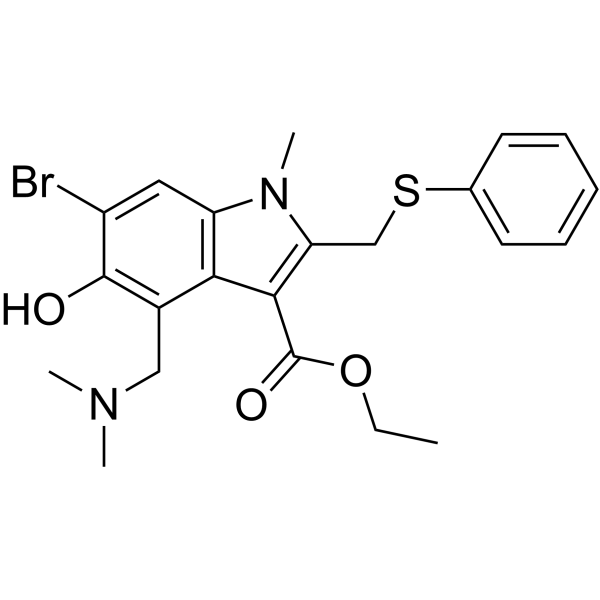
- HY-B0736
-
-
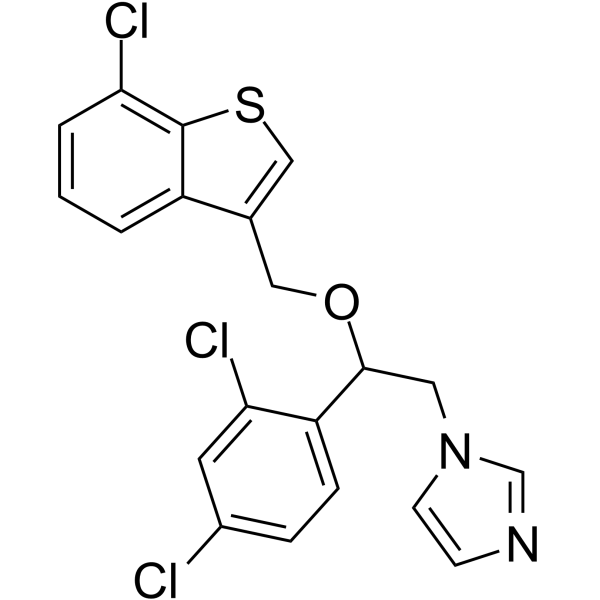
- HY-107345
-
|
Ombolan
|
Others
|
Inflammation/Immunology
|
|
Droxicam (Ombolan) is a non-steroidal anti-inflammatory agent, with strong analgesic activity. Droxicam acts by inhibiting PGE2 varies, and is characterised by being a pro-drug of Piroxicam (HY-B0253). Droxicam is well tolerated with slight side effects in the said mucosa. Droxicam does not show cardiovascular or respiratory effects in cats, and inhibits peritoneal capillary permeability in mouse .
|
-
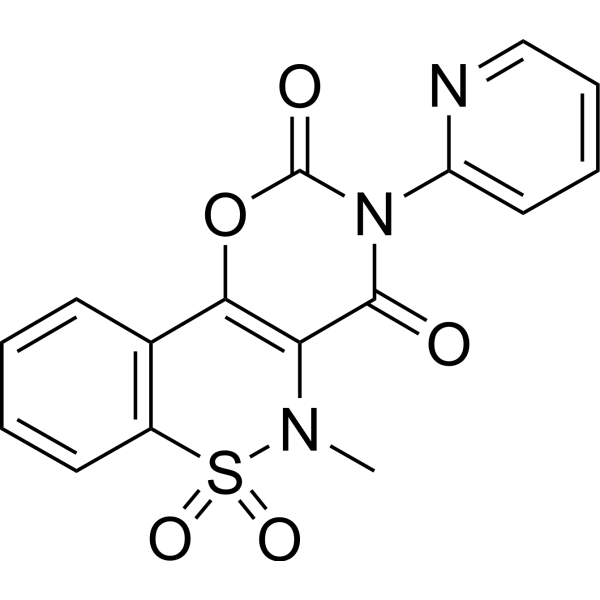
- HY-155204
-
|
|
Leukotriene Receptor
FLAP
|
Inflammation/Immunology
|
|
LTB4-IN-2 (Comopund 6x) is a Leukotriene B4 (LTB4) inhibitor. LTB4-IN-2 inhibits Leukotriene B4 formation (IC50: 1.15 μM) by selectively targeting 5-Lipoxygenase-activating protein (FLAP). LTB4-IN-2 can be used for anti-inflammatory research .
|
-
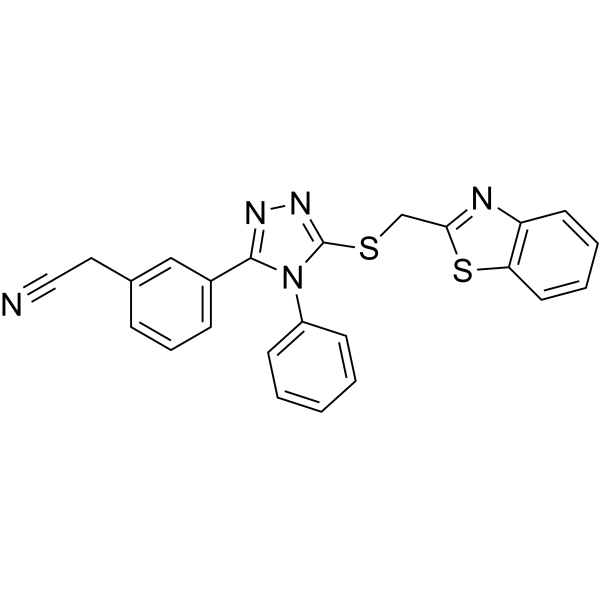
- HY-155463
-
|
|
NOD-like Receptor (NLR)
Interleukin Related
|
Inflammation/Immunology
|
|
NLRP3-IN-25 (compound 32) is an orally available NLRP3 inhibitor with anti-inflammatory activity. NLRP3-IN-25 attenuates renal injury in doxorubicin-induced glomerulonephritis in mice. NLRP3-IN-25 inhibits IL-1β secretion in THP-1 cells with an IC50 of 21 nM .
|
-
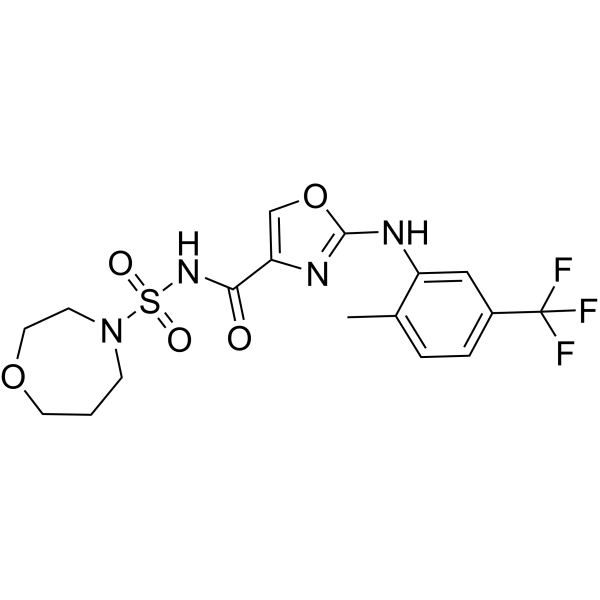
- HY-B0968
-
|
|
Autophagy
|
Cardiovascular Disease
|
|
Trimetazidine dihydrochloride is a selective long chain 3-ketoyl coenzyme A thiolase inhibitor with an IC50 of 75 nM, which can inhibit β-oxidation of free fatty acid (FFA). Trimetazidine dihydrochloride is an effective antianginal agent and a cytoprotective agent, has anti-oxidant, anti-inflammatory, antinociceptive and gastroprotective properties. Trimetazidine dihydrochloride triggers autophagy. Trimetazidine dihydrochloride is also a 3-hydroxyacyl-CoA dehydrogenase (HADHA) inhibitor .
|
-
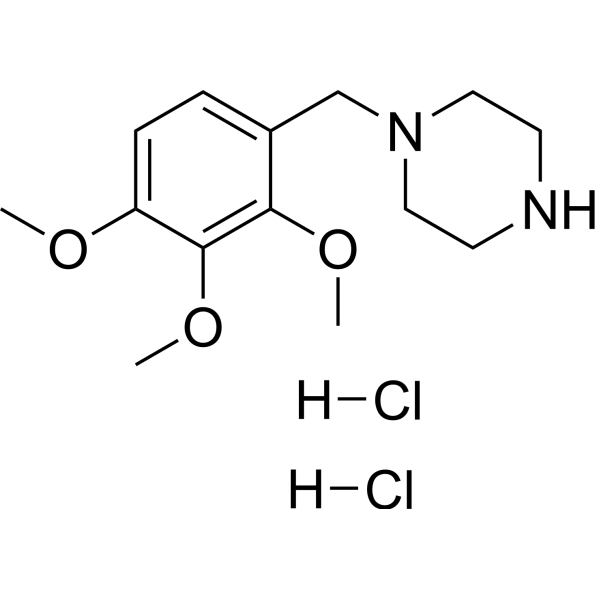
- HY-114454
-
INH14
1 Publications Verification
|
IKK
|
Inflammation/Immunology
Cancer
|
|
INH14 is a cell permeable inhibitor of IKKα/IKKβ, with IC50s of 8.97 and 3.59 μM, respectively. INH14 inhibits the IKKα/β-dependent TLR inflammatory response. INH14 also inhibits downstream of TAK1/TAB1 and NF-kB pathways. Anti-inflammatory and anti-cancer activity .
|
-
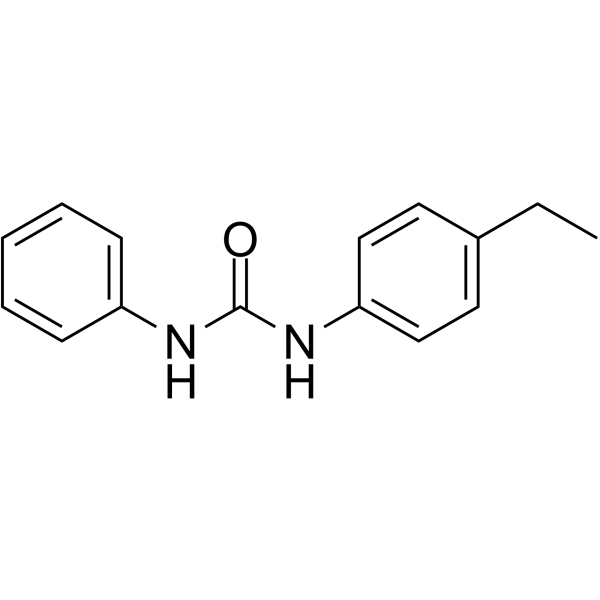
- HY-107427
-
|
|
MAPKAPK2 (MK2)
p38 MAPK
|
Inflammation/Immunology
|
|
PF-3644022 is a potent, selective, orally active and ATP-competitive MAPKAPK2 (MK2) inhibitor with an IC50 of 5.2 nM and a Ki of 3 nM. PF-3644022 also inhibits MK3 and p38 regulated/activated kinase (PRAK) with IC50s of 53 nM and 5.0 nM, respectively. PF-3644022 potently inhibits TNFα production and has anti-inflammatory effect .
|
-
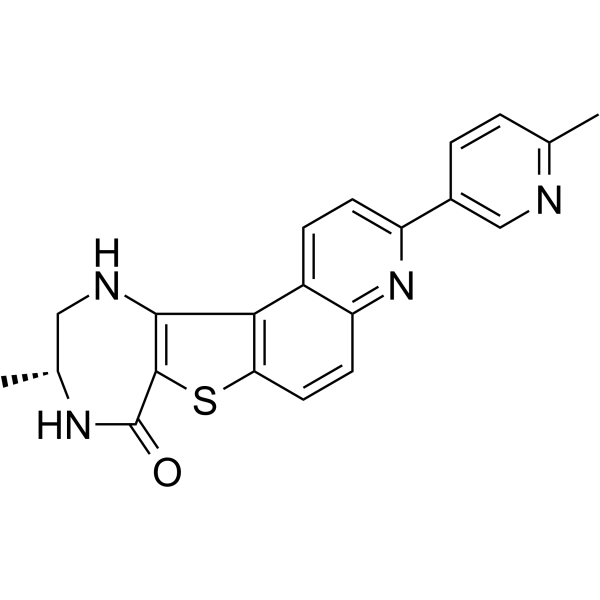
- HY-B0968A
-
|
|
Autophagy
|
Cardiovascular Disease
|
|
Trimetazidine is a selective long chain 3-ketoyl coenzyme A thiolase inhibitor with an IC50 of 75 nM, which can inhibit β-oxidation of free fatty acid (FFA). Trimetazidine is an effective antianginal agent and a cytoprotective agent, has anti-oxidant, anti-inflammatory, antinociceptive and gastroprotective properties. Trimetazidine triggers autophagy. Trimetazidine is also a 3-hydroxyacyl-CoA dehydrogenase (HADHA) inhibitor .
|
-
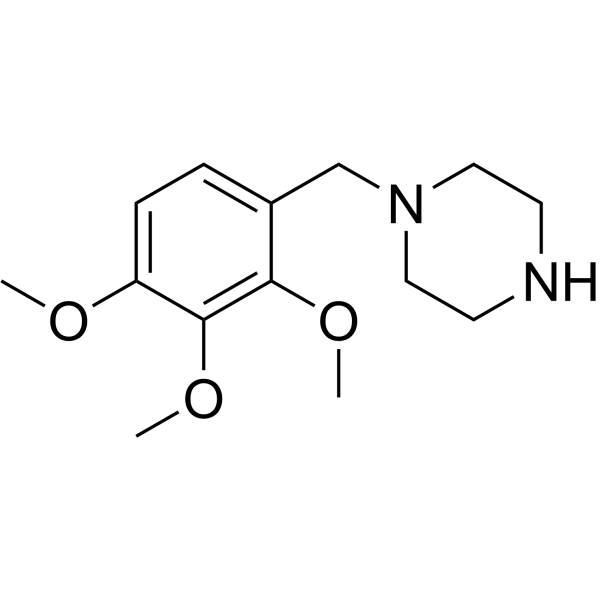
- HY-147907
-
|
|
Adenosine Receptor
|
Neurological Disease
Inflammation/Immunology
Cancer
|
|
Adenosine receptor inhibitor 1 is a potent and selective adenosine receptor (AR) inhibitor with Ki values of >1000, 68.5, >1000, >1000 nM for A1AR, A2AAR, A2BAR, A3AR, respectively. Adenosine receptor inhibitor 1 shows antinociceptive activity, anti-inflammatory effect and peripheral analgesic effect. Adenosine receptor inhibitor 1 has the potential for the research of cancer or neurodegenerative diseases .
|
-
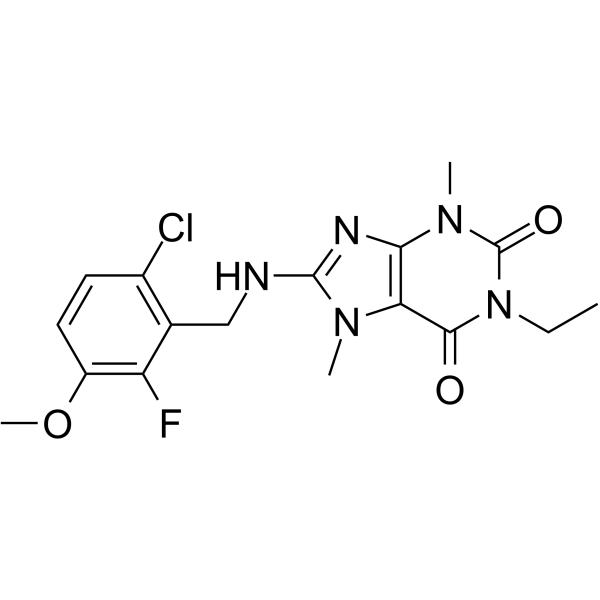
- HY-149426
-
|
|
Sirtuin
|
Inflammation/Immunology
|
|
SIRT5 inhibitor 7 (compound 58) is a substrate-competitive and selective SIRT5 inhibitor with anti-inflammatory activity. SIRT5 inhibitor 7 has renal protective effects and regulates protein succinylation and the release of pro-inflammatory cytokines. SIRT5 inhibitor 7 has in vivo activity in AKI mouse models of lipopolysaccharide (LPS) and cecal ligation/perforation (CLP)-induced sepsis-related acute kidney injury .
|
-
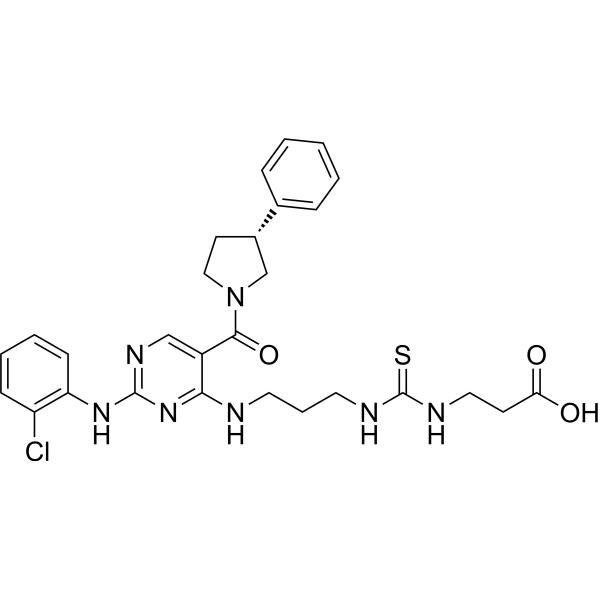
- HY-B0182
-
-
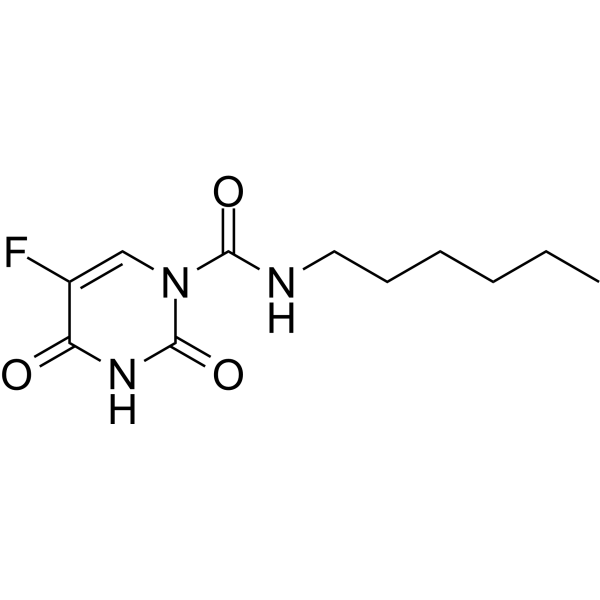
- HY-B1221
-
|
|
COX
AMPK
Potassium Channel
Chloride Channel
Calcium Channel
Parasite
|
Inflammation/Immunology
|
|
Flufenamic acid is a non-steroidal anti-inflammatory agent, inhibits cyclooxygenase (COX), activates AMPK, and also modulates ion channels, blocking chloride channels and L-type Ca 2+ channels, modulating non-selective cation channels (NSC), activating K + channels. Flufenamic acid binds to the central pocket of TEAD2 YBD and inhibits both TEAD function and TEAD-YAP-dependent processes, such as cell migration and proliferation.
|
-
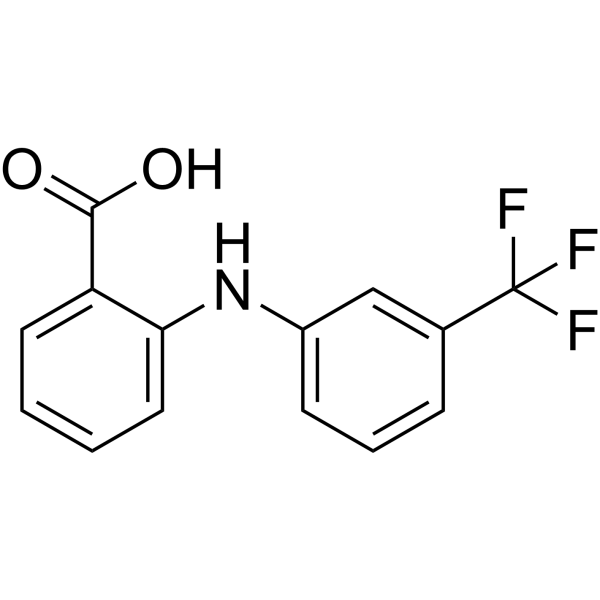
- HY-N0814A
-
|
Inositol hexaphosphate dodecasodium hydrate; SNF472 dodecasodium hydrate
|
Xanthine Oxidase
Endogenous Metabolite
|
Neurological Disease
Inflammation/Immunology
|
|
Phytic acid (Inositol hexaphosphate) dodecasodium hydrate is a phosphorus storage compound of seeds and cereal grains. Phytic acid dodecasodium hydrate is known as a food inhibitor, which has a strong ability to chelate multivalent metal ions, specially zinc, calcium, iron and as with protein residue. Phytic acid dodecasodium hydrate inhibits the enzymatic superoxide source xanthine oxidase (XO), and has antioxidative, neuroprotective, anti-inflammatory effects .
|
-
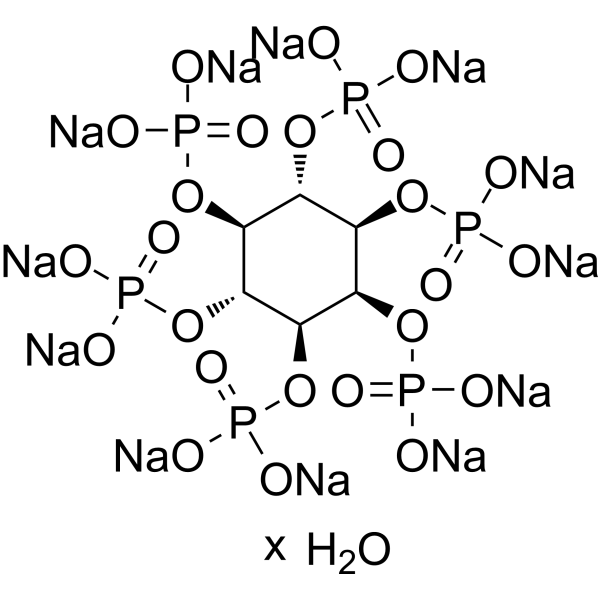
- HY-N6856
-
|
|
|
|
|
4-Hydroxycoumarin is an orally active coumarin derivative, one of the most versatile heterocyclic scaffolds, often used in the synthesis of various organic compounds. 4-Hydroxycoumarin possesses both electrophilic and nucleophilic properties. 4-Hydroxycoumarin is an HIV protease inhibitor and tyrosine kinase inhibitor. 4-Hydroxycoumarin has anti-inflammatory, antibacterial and anti-tumor effects .
|
-
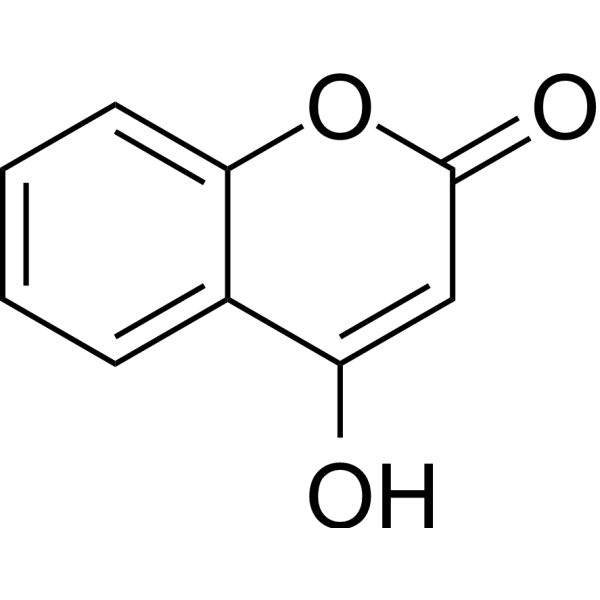
- HY-N0063
-
|
|
SARS-CoV
HBV
|
Infection
Metabolic Disease
Cancer
|
|
Punicalagin is a polyphenol ingredient isolated from Pomegranate (Punica granatum L.) or the leaves of Terminalia catappa L.. Punicalagin is a reversible and non-competitive 3CL pro inhibitor and inhibits SARS-CoV-2 replication in vitro. Punicalagin is an anti-hepatitis B virus (HBV) agent and has antioxidant, anti-inflammatory, and anticancer effects. Punicalagin has the potential for the research of COVID-19 .
|
-
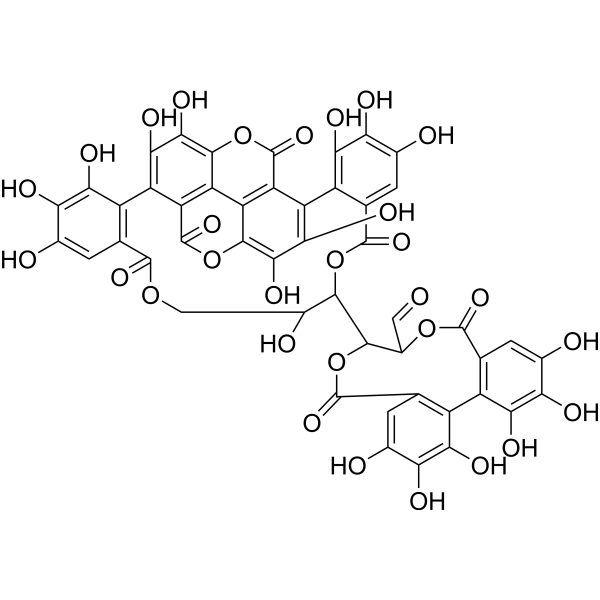
- HY-B1640
-
|
Etacrynic acid
|
Glutathione S-transferase
NF-κB
Calcium Channel
NO Synthase
|
Inflammation/Immunology
Cancer
|
|
Ethacrynic acid has anti-inflammatory and anticancer activity. Ethacrynic acid is an orally active diuretic. Ethacrynic acid is an inhibitor of glutathione S-transferase (GSTs) and Wnt signaling pathways. Ethacrynic acid is a radiosensitizer. Ethacrynic acid can inhibit airway smooth muscle (ASM) contraction in mice. Ethacrynic acid can increase the outflow of aqueous humor from the eye for the study of glaucoma .
|
-
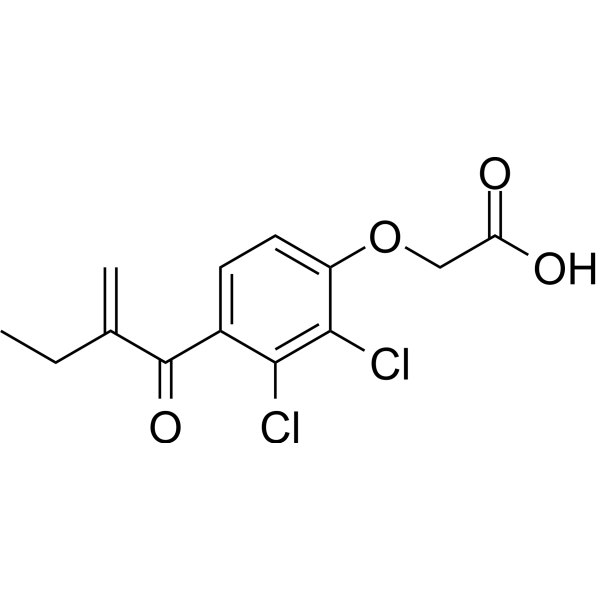
- HY-128171
-
|
|
FLAP
Epoxide Hydrolase
|
Inflammation/Immunology
|
|
Diflapolin is a highly active dual 5-lipoxygenase-activating protein (FLAP)/soluble epoxide hydrolase (sEH) inhibitor with marked anti-inflammatory efficacy and high target selectivity. Diflapolin inhibits 5-LOX product formation in intact human monocytes and neutrophils with IC50s of 30 and 170 nM, respectively, and suppressed the activity of isolated sEH (IC50=20 nM) .
|
-
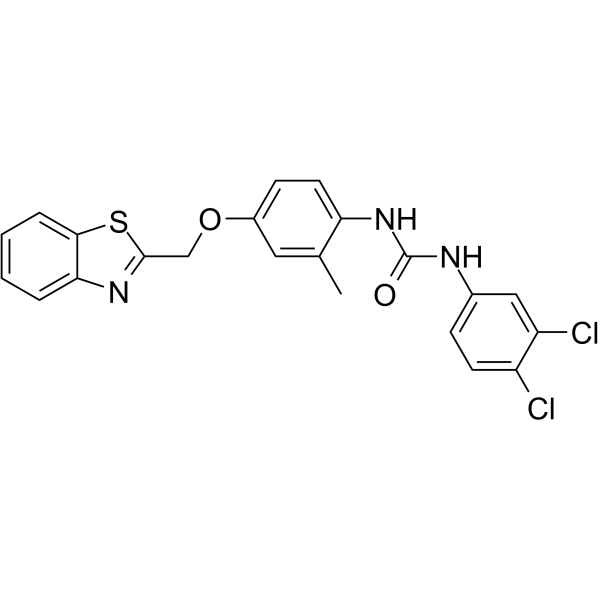
- HY-W015007S
-
|
|
COX
|
Cardiovascular Disease
|
|
Metyrosine- 13C9, 15N,d7 is the deuterium, 13C-, and 15-labeled Metyrosine. Metyrosine is a selective tyrosine hydroxylase enzyme inhibitor. Metyrosine exerts anti-inflammatory and anti-ulcerative effects. Metyrosine significantly inhibits high COX-2 activity[1]. Metyrosine is a very effective agent for blood pressure control[2].
|
-
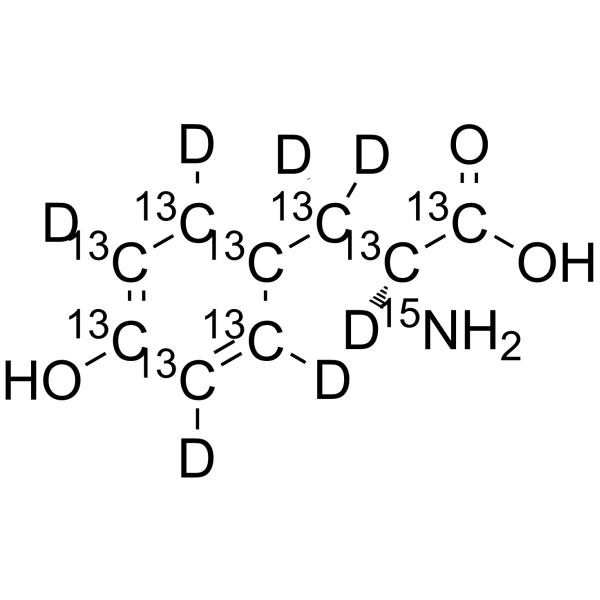
- HY-106560
-
|
|
COX
SARS-CoV
|
Inflammation/Immunology
|
|
Proglumetacin is an orally active and potent cyclo-oxygenase inhibitor. Proglumetacin can inhibits SARS-CoV Mpro (main protease of the SARS-CoV-2), with an AC50 of 8.9 μM (activity concentration at half maximal activity). Proglumetacin has anti-inflammatory activity, can be used for inflammation (such as Rheumatoid arthritis, and Allergic air pouch inflammation) research[1][2][3].
|
-
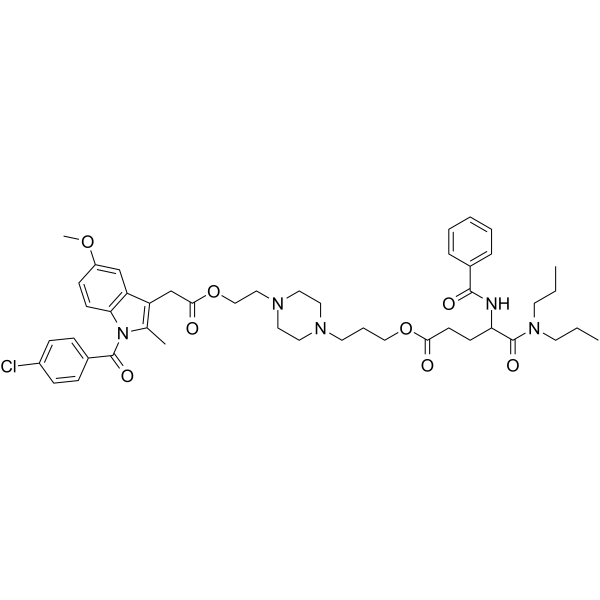
- HY-17474S
-
|
SC 69124-d3
|
Isotope-Labeled Compounds
COX
|
Inflammation/Immunology
Cancer
|
|
Parecoxib-d3 is the deuterium labeled Parecoxib. Parecoxib (SC 69124) is a highly selective and orally active COX-2 inhibitor, the proagent of Valdecoxib (HY-15762). Parecoxib Sodium is a nonsteroidal anti-inflammatory agent (NSAID) and inhibits prostaglandin (PG) synthesis. Parecoxib can be used for the relief of acute postoperative pain and symptoms of chronic inflammatory conditions such as osteoarthritis and rheumatoid arthritis in vivo.
|
-
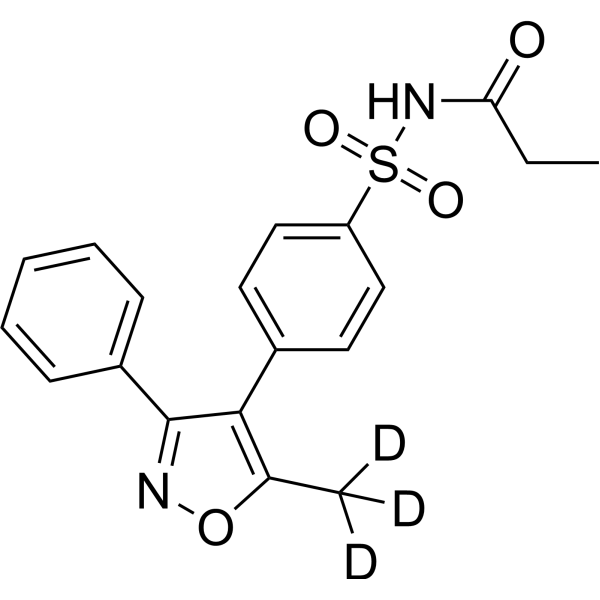
- HY-N11020
-
|
|
EBV
|
Infection
Inflammation/Immunology
|
|
Cabenoside D (compound 8) is a triterpenoid glycoside, which can be isolated from the methanol extract of lichen root. Cabenoside D shows anti-inflammatory activity and inhibits inflammation induced by 12-O-tetracylacyl hormone-13-acetate (TPA) in mice. Cabenoside D also inhibits TPA-induced Epstein-Barr virus (EBV) early antigen (EBV-EA) activation .
|
-
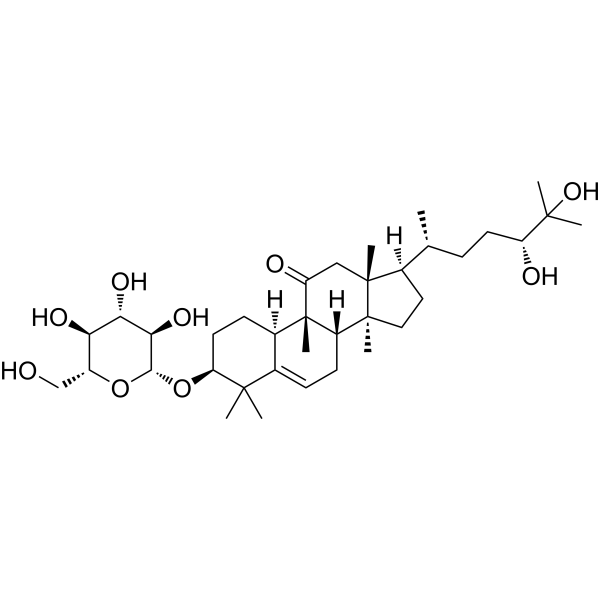
- HY-120595
-
|
RV568
|
p38 MAPK
Src
|
Inflammation/Immunology
|
|
JNJ-49095397 (RV568) is an inhaled narrow-spectrum kinase inhibitor (NSKI) against both the α and γ isoforms of p38 MAPK. JNJ-49095397 also inhibits SRC kinase family, specifically haematopoietic kinase (HCK) JNJ-49095397 shows potent anti-inflammatory effects and can be used for the research of chronic obstructive pulmonary disease (COPD) and asthma .
|
-
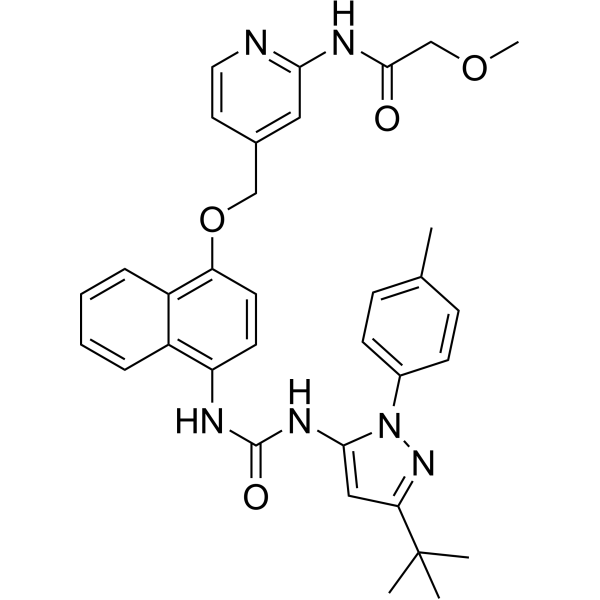
- HY-78131S2
-
|
|
Apoptosis
COX
Parasite
|
|
|
Ibuprofen-d4 is a potent, orally active, selective COX-1 inhibitor with an IC50 value of 13 μM. Ibuprofen inhibits cell proliferation, angiogenesis, and induces cell apoptosis. Ibuprofen is a nonsteroidal anti-inflammatory agent and a nitric oxide (NO) donor. Ibuprofen ((±)-Ibuprofen) can be used in the research of pain, swelling, inflammation, infection, immunology, cancers[2][3][4][5].
|
-
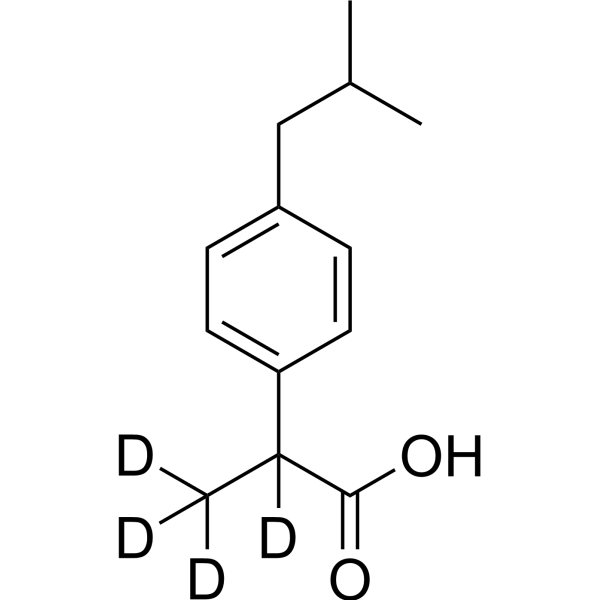
- HY-N0450
-
|
|
P-glycoprotein
Cholinesterase (ChE)
|
Cancer
|
|
Sinapine thiocyanate is an alkaloid isolated from seeds of the cruciferous species. Sinapine thiocyanate exhibits anti-inflammatory, anti-oxidant, anti-tumor, anti-angiogenic and radio-protective effects. Sinapine thiocyanate is also an acetylcholinesterase (AChE) inhibitor and can be used for the research of Alzheimer’s disease, ataxia, myasthenia gravis, and Parkinson’s disease .
|
-
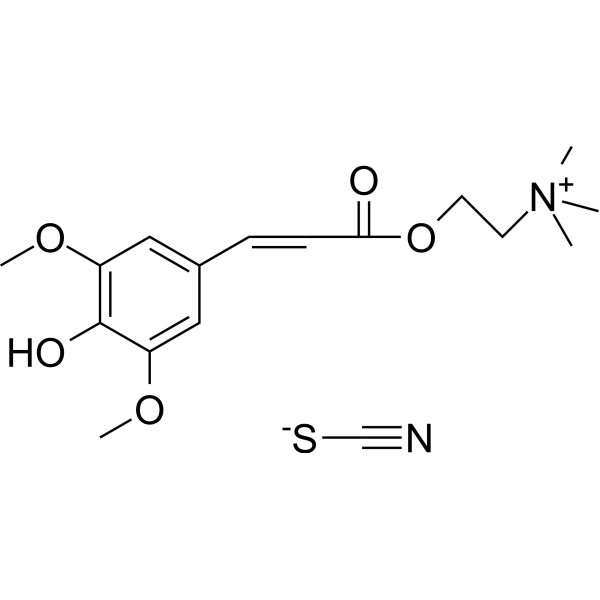
- HY-117275S
-
|
Meclofenamate-d4
|
Isotope-Labeled Compounds
Gap Junction Protein
Endogenous Metabolite
|
Inflammation/Immunology
|
|
Meclofenamic acid-d4 is the deuterium labeled Meclofenamic acid. Meclofenamic Acid (Meclofenamate), a non-steroidal, anti-inflammatory agent, is a highly selective fat mass and obesity-associated (FTO) enzyme inhibitor. Meclofenamic Acid competes with FTO binding for the m(6)A-containing nucleic acid. Meclofenamic acid is a non-selective gap-junction blocker[1][2][3].
|
-
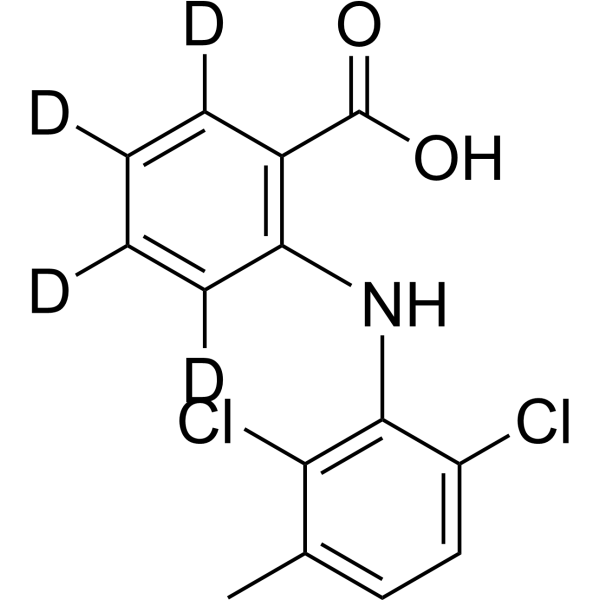
- HY-128872
-
|
EHP-101; VCE-004.8
|
PPAR
Cannabinoid Receptor
HIF/HIF Prolyl-Hydroxylase
|
Metabolic Disease
Inflammation/Immunology
|
|
Etrinabdione (EHP-101; VCE-004.8) is an orally active, specific PPARγ and CB2 receptor dual agonist. Etrinabdione inhibits prolyl-hydroxylases (PHDs) and activates the HIF pathway. Etrinabdione, a semi-synthetic multitarget cannabinoquinoid, has potent anti-inflammatory activity. Etrinabdione attenuates adipogenesis and prevents diet-induced obesity .
|
-
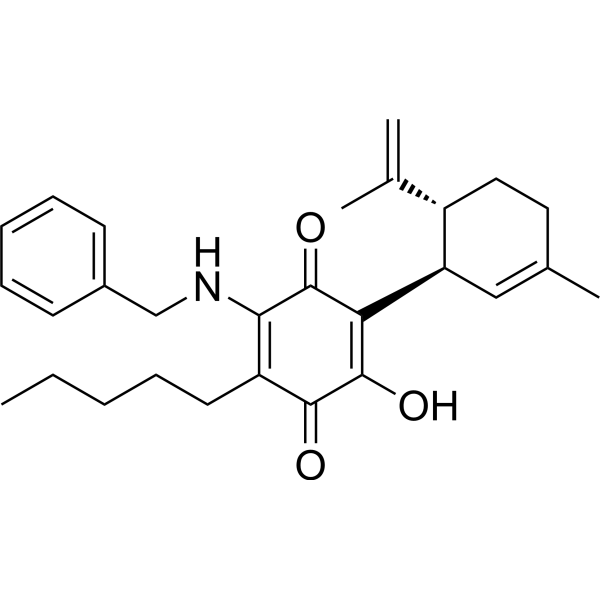
- HY-N7110
-
|
|
Akt
ERK
JNK
|
Inflammation/Immunology
|
|
6-Hydroxyflavone is a naturally occurring flavone, with anti-inflammatory activity. 6-Hydroxyflavone exhibits inhibitory effect towards bovine hemoglobin (BHb) glycation. 6-Hydroxyflavone can activate AKT, ERK 1/2, and JNK signaling pathways to effectively promote osteoblastic differentiation. 6-Hydroxyflavone inhibits the LPS-induced NO production .
|
-
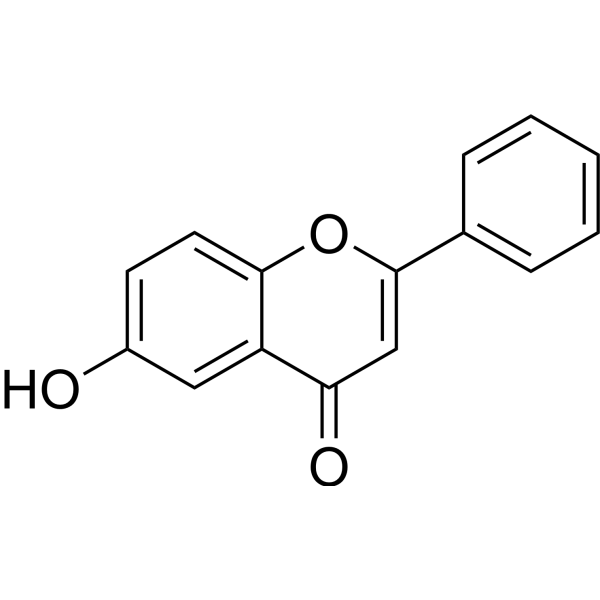
- HY-N2572
-
|
6-Methoxyluteolin
|
Interleukin Related
|
Inflammation/Immunology
|
|
Nepetin (6-Methoxyluteolin) is a natural flavonoid isolated from Eupatorium ballotaefolium HBK with potent anti-inflammatory activities. Nepetin inhibits IL-6, IL-8 and MCP-1 secretion with IC50 values of 4.43 μM, 3.42 μM and 4.17 μM, respectively in ARPE-19 cells .
|
-
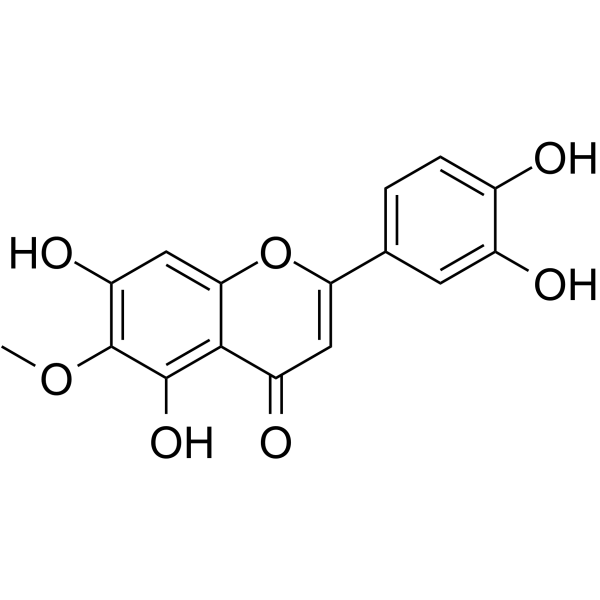
- HY-B0727
-
|
Betamethasone 17-valerate
|
Glucocorticoid Receptor
|
Inflammation/Immunology
|
|
Betamethasone valerate (Betamethasone 17-valerate), the 17-valerate ester of Betamethasone, is a topical corticosteroid with anti-inflammatory activity. Betamethasone valerate is used in the treatment of recurrent aphthous stomatitis. Betamethasone valerate inhibits the binding of the radiolabeled glucocorticoid dexamethasone ( 3H dexamethasone) to human epidermis and mouse skin with IC50s of 5 and 6 nM, respectively .
|
-
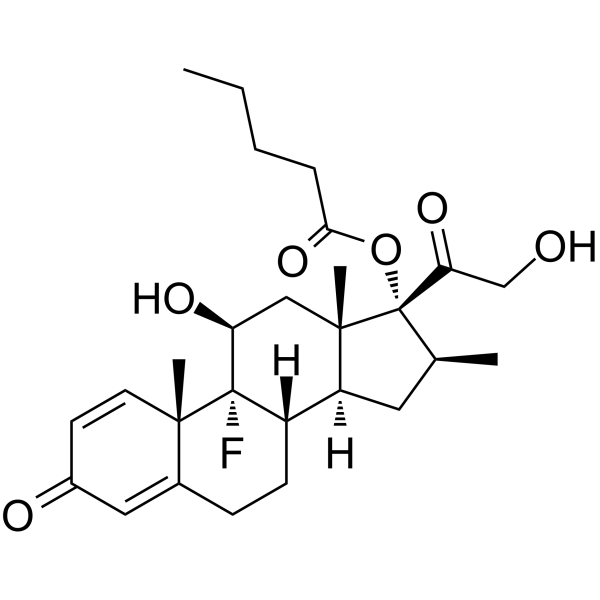
- HY-N0292
-
|
|
Cytochrome P450
PPAR
Apoptosis
|
Cardiovascular Disease
Inflammation/Immunology
Cancer
|
|
Oleuropein, found in olive leaves and oil, exerts antioxidant, anti-inflammatory and anti-atherogenic effects through direct inhibition of PPARγ transcriptional activity . Oleuropein induces apoptosis in breast cancer cells via the p53-dependent pathway and through the regulation of Bax and Bcl2 genes. Oleuropein also inhibits aromatase .
|
-
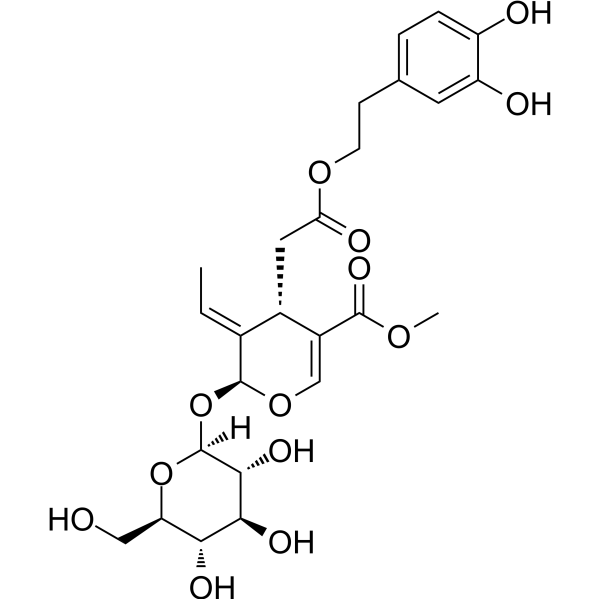
- HY-15505
-
|
JNJ 3026582
|
p38 MAPK
|
Cardiovascular Disease
Inflammation/Immunology
Cancer
|
|
RWJ-67657 (JNJ 3026582) is an orally active and selective p38α and p38β MAPK inhibitor with IC50s of 1 and 11 μM, respectively. RWJ-67657 displays no activity at p38γ and p38δ, and exhibits cardio protective effect. Anti-inflammatory and anti-tumor activity .
|
-
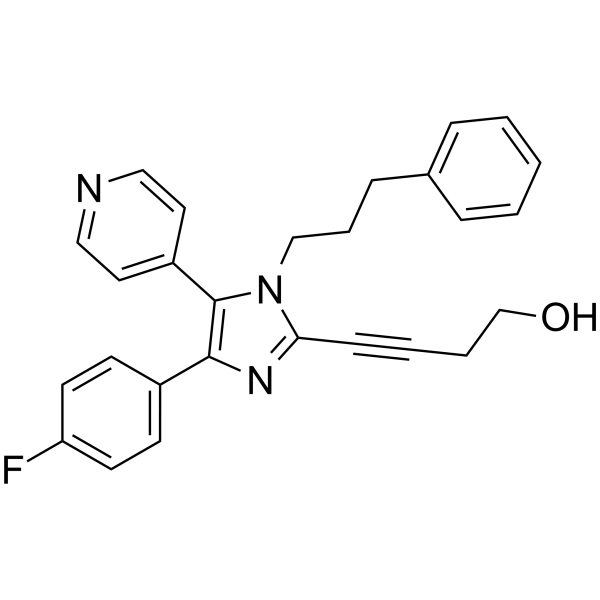
- HY-N4237
-
|
|
Prostaglandin Receptor
Potassium Channel
|
Inflammation/Immunology
|
|
Saikogenin D is isolated from Bupleurum chinense, has anti-inflammatory effects. Saikogenin D activates epoxygenases that converts arachidonic acid to epoxyeicosanoids and dihydroxyeicosatrienoic acids, and the metabolites secondarily inhibit prostaglandin E2 (PGE2) production. Saikogenin D results in an elevation of [Ca 2+]i due to Ca 2+ release from intracellular stores .
|
-
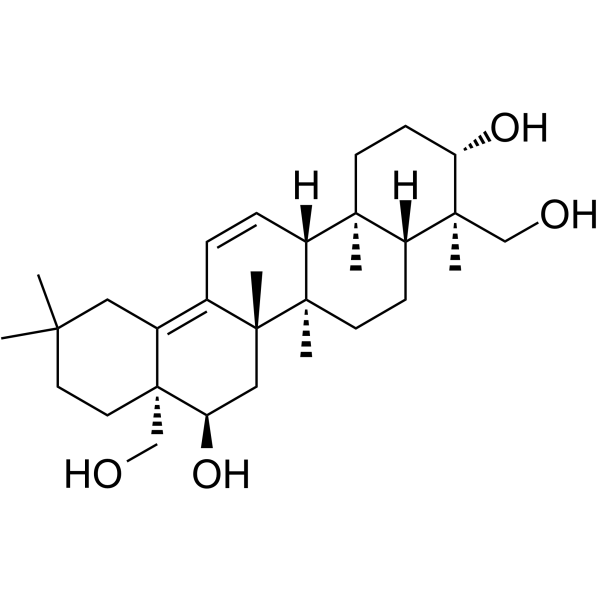
- HY-P1306
-
|
|
GHSR
|
Cardiovascular Disease
Inflammation/Immunology
|
|
Obestatin(rat), encoded by the Ghrelin gene, is a cpeptide, comprised of 23 amino acids. Obestatin(rat) suppresses food intake, inhibits jejunal contraction, and decreases body-weight gain. Obestatin is an endogenous ligand of G-protein coupled receptor 39 (GPR39). Obestatin(rat) has anti-inflammatory, anti-myocardial infarction and antioxidant activities .
|
-
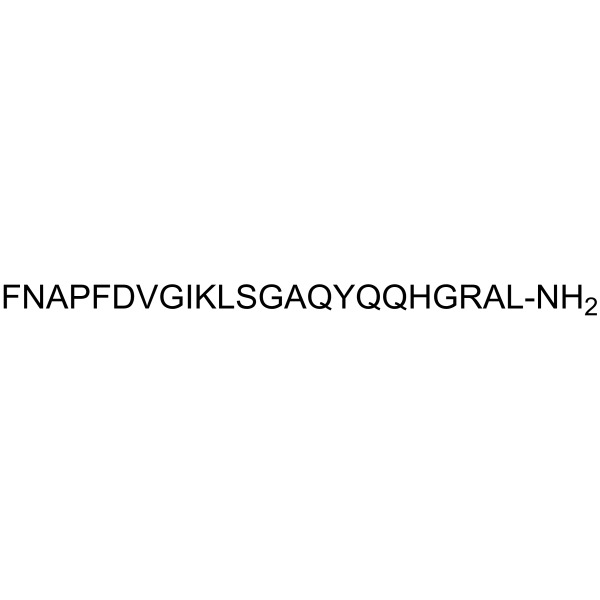
- HY-15652
-
|
ONO-6818; ONO-PO-736
|
Elastase
|
Inflammation/Immunology
|
|
Freselestat (ONO-6818) is a potent and orally active neutrophil elastase inhibitor with a Ki of 12.2 nM. Freselestat is >100-fold less-active against other proteases such as trypsin, protein-ase 3, pancreatic elastase, plasmin, thrombin, collagenase, cathepsin G, and murine macrophage elastase. Freselestat has a potent anti-inflammatory activity .
|
-
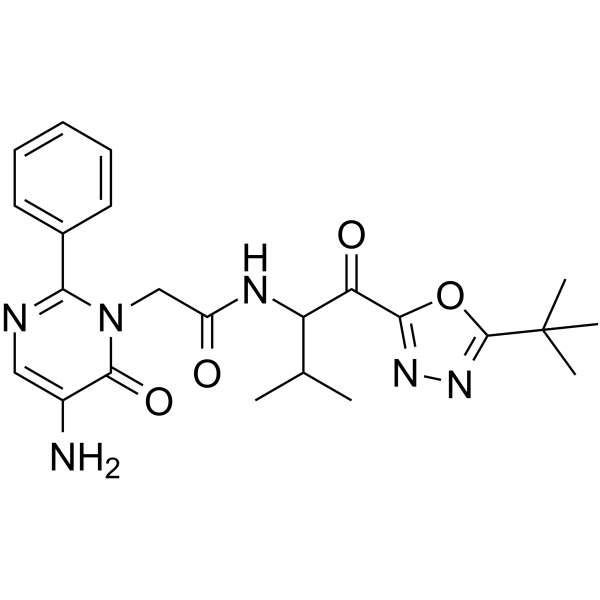
- HY-13858A
-
|
P-005672 hydrochloride
|
Antibiotic
Bacterial
DNA/RNA Synthesis
|
Infection
|
|
Sarecycline hydrochloride is an orally active narrow-spectrum tetracycline derivative antibiotic. Sarecycline hydrochloride has anti-inflammatory activity. Sarecycline hydrochloride inhibits the activity of Gram-positive bacteria and several types of keratobacterium acnes. Sarecycline hydrochloride interferes with tRNA accommodation and tethers mRNA to the 70S ribosome. Sarecycline hydrochloride can be used to study moderate to severe acne
.
|
-
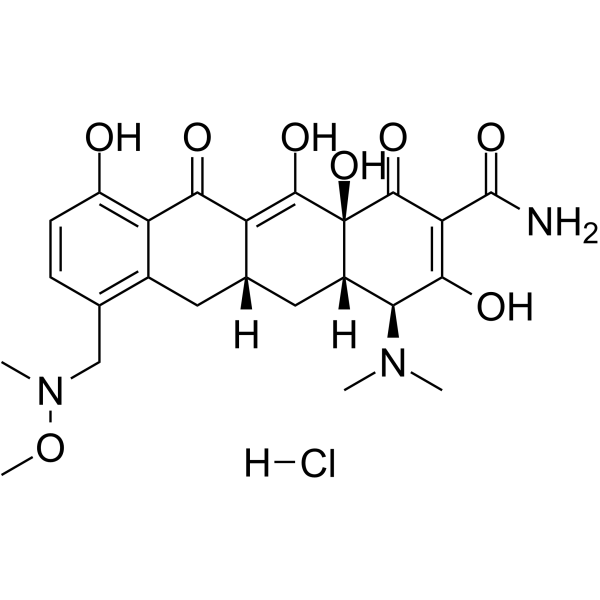
- HY-N7652
-
|
|
Bacterial
|
Infection
Inflammation/Immunology
|
|
Terminolic acid is a pentacyclic triterpenoid glucoside isolated from Combretum racemosum. Terminolic acid can inhibit the pro-inflammatory cytokines by binding to receptor active site of IL-1β and IL-6, and enhance anti-inflammatory cytokines by binding to IL-4 receptor binding sites. Terminolic acid also exhibits moderate antibacterial activity .
|
-
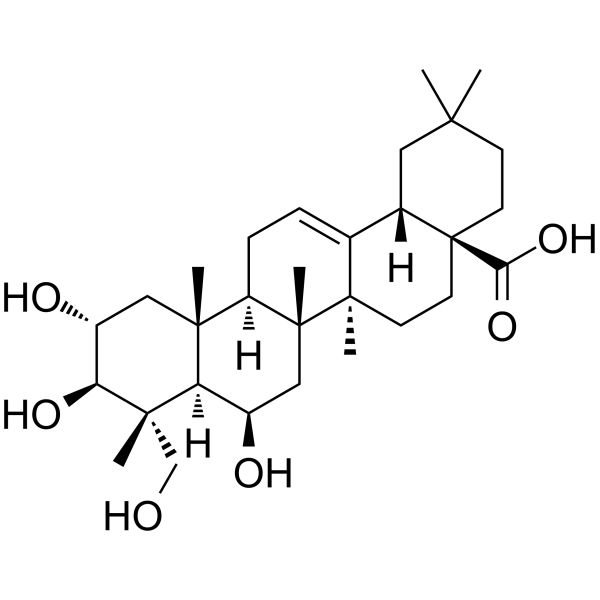
- HY-106003
-
|
|
Phosphodiesterase (PDE)
|
Neurological Disease
Inflammation/Immunology
|
|
GSK356278 is a potent, selective, orally bioavailable and brain-penetrant inhibitor of phosphodiesterase 4 (PDE4), with pIC50s of 8.6, 8.8, and 8.7 for human PDE4A, PDE4B, and PDE4D, respectively. GSK356278 has anti-inflammatory activity, and exhibits anxiolytic and cognition-enhancing effects .
|
-
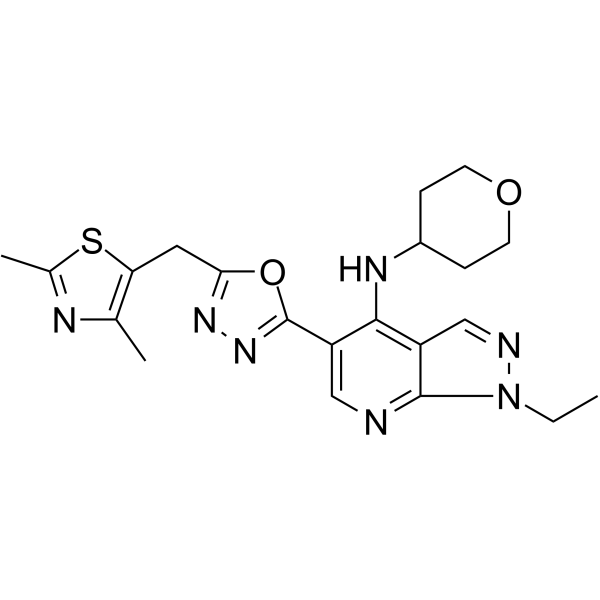
- HY-128423
-
|
Acetylisovaleryltylosin tartrate
|
Antibiotic
Bacterial
NF-κB
Apoptosis
|
Infection
Inflammation/Immunology
|
|
Tylvalosin (Acetylisovaleryltylosin) tartrate is an orally active, broad-spectrum macrolide antibiotic with antimicrobial activity. Tylvalosin tartrate is an antiviral agent useful in studying PRRSV infection. Tylvalosin tartrate induces apoptosis. Tylvalosin tartrate also has anti-inflammatory activity, relieves oxidative stress, and alleviates acute lung injury by inhibiting NF-κB activation .
|
-
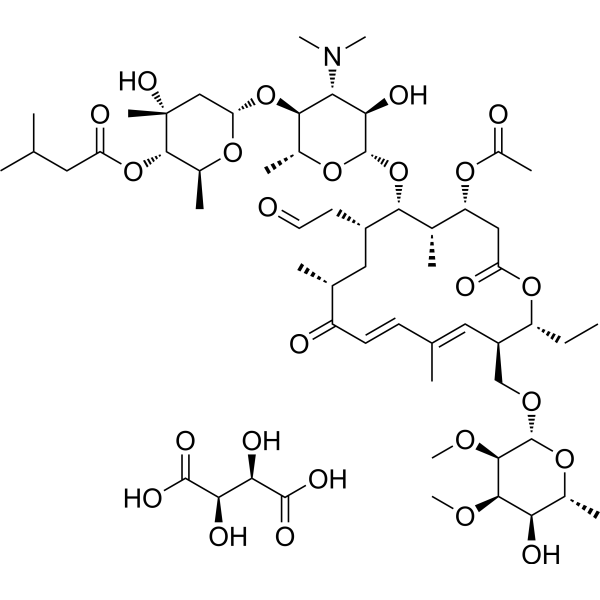
- HY-N5077B
-
|
|
Cholinesterase (ChE)
P-glycoprotein
|
Neurological Disease
Inflammation/Immunology
Cancer
|
|
Sinapine hydroxide is an alkaloid isolated from seeds of the cruciferous species. Sinapine hydroxide exhibits anti-inflammatory, anti-oxidant, anti-tumor, anti-angiogenic and radio-protective effects. Sinapine hydroxide is also an acetylcholinesterase (AChE) inhibitor and can be used for the research of Alzheimer’s disease, ataxia, myasthenia gravis, and Parkinson’s disease .
|
-
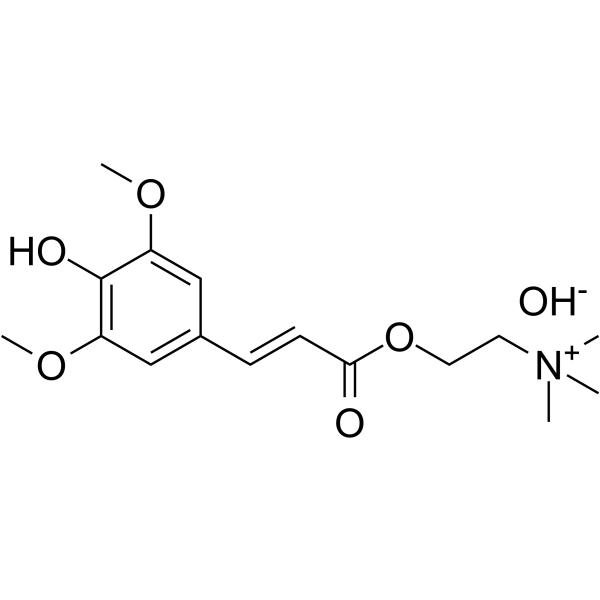
- HY-135981
-
CMS-121
1 Publications Verification
|
Acetyl-CoA Carboxylase
|
Neurological Disease
Inflammation/Immunology
|
|
CMS-121 is a quinolone derivative and an orally active acetyl-CoA carboxylase 1 (ACC1) inhibitor. CMS-121 protects HT22 cells against ischemia and oxidative damage with EC50 values of 7 nM and 200 nM, respectively. CMS-121 has strong neuroprotective, anti-inflammatory, antioxidative and renoprotective activities .
|
-
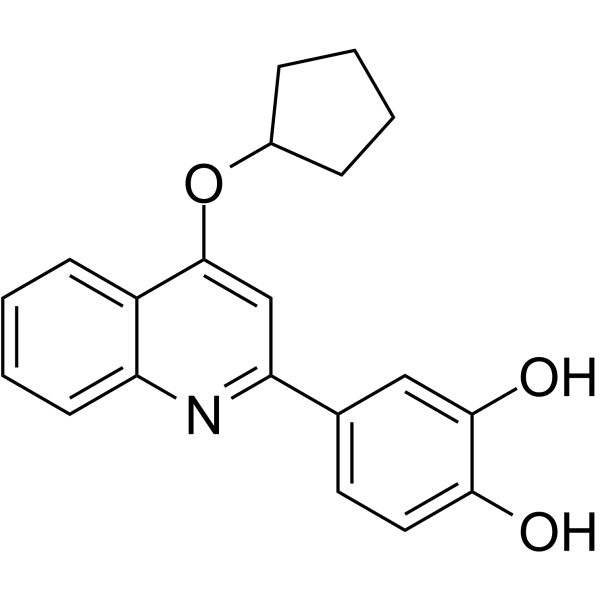
- HY-137892
-
|
|
Epigenetic Reader Domain
|
Inflammation/Immunology
|
|
GSK620 is a potent and orally active pan-BD2 inhibitor with excellent broad selectivity, developability and in vivo oral pharmacokinetics. GSK620 is highly selective for the BET-BD2 family of proteins, with >200-fold selectivity over all other bromodomains. GSK620 shows an anti-inflammatory phenotype in human whole blood .
|
-
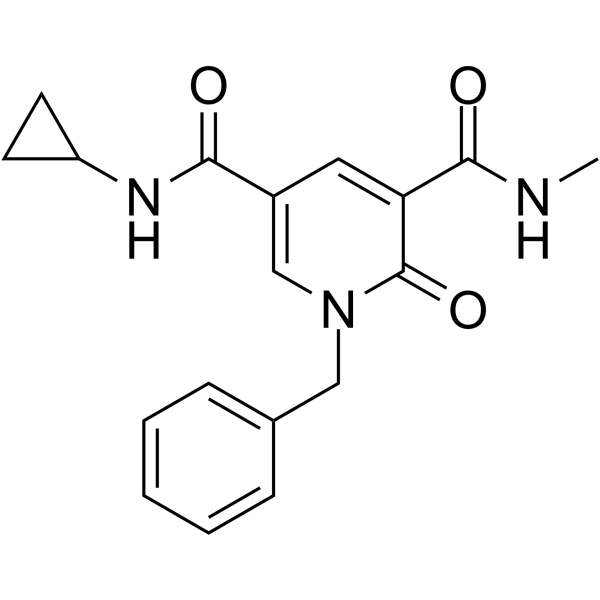
- HY-117833
-
|
|
Monoamine Oxidase
|
Inflammation/Immunology
|
|
PXS-4681A is a potent, selective, irreversible and orally active semicarbazide-sensitive amine oxidase (SSAO; VAP-1) inhibitor with a Ki of 37 nM. PXS-4681A shows highly selectivity over related amine oxidases, ion channels, and seven-transmembrane domain receptors. PXS-4681A has anti-inflammatory effects .
|
-
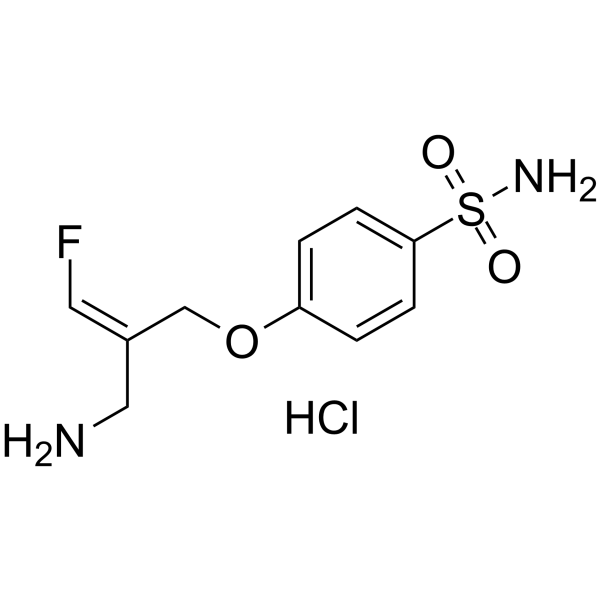
- HY-107577
-
|
|
HSP
|
Infection
Inflammation/Immunology
Cancer
|
|
Gedunin is a limonoid with anti-cancer, anti-viral, anti-inflammatory and insecticidal activities. Gedunin acts as a potent Hsp90 inhibitor and induces the degradation of Hsp90-dependent client proteins. Geduni may obstructs the entry of SARS-CoV-2 virus into human host cells and can be used for COVID-19 research .
|
-
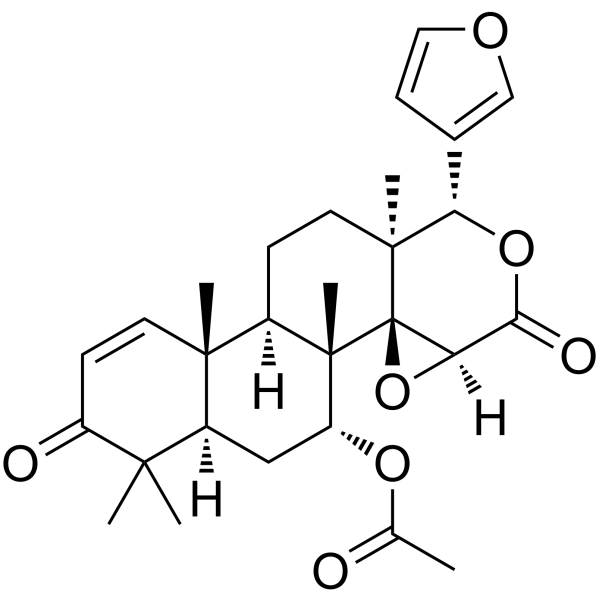
- HY-147748
-
|
|
COX
|
Inflammation/Immunology
|
|
COX-2-IN-17 (compound 10) is a potent and BBB-penetrated COX-2 (cyclooxygenase-2) inhibitor, with an IC50 of 0.02 μM. COX-2-IN-17 shows anti-inflammatory and analgesic activities. COX-2-IN-17 attenuates hyperalgesia in the neurogenic phase as well as the inflammatory phase .
|
-
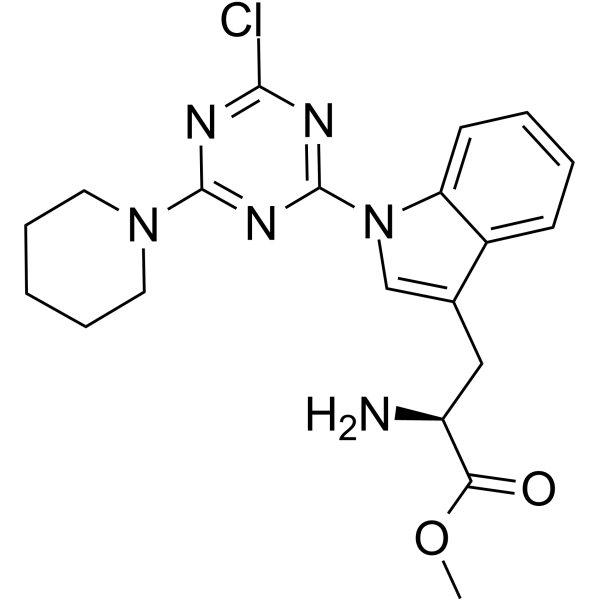
- HY-B0578B
-
|
|
COX
|
Cardiovascular Disease
Inflammation/Immunology
Cancer
|
|
Loxoprofen sodium dihydrate is a non-steroidal, orally active anti-inflammatory agent with analgesic and anti-pyretic properties. Loxoprofen sodium dihydrate is a nonselective COX inhibitor with IC50s of 6.5 and 13.5 μM for COX-1 and COX-2, respectively. Loxoprofen sodium dihydrate can reduce atherosclerosis and shows antitumor activity .
|
-
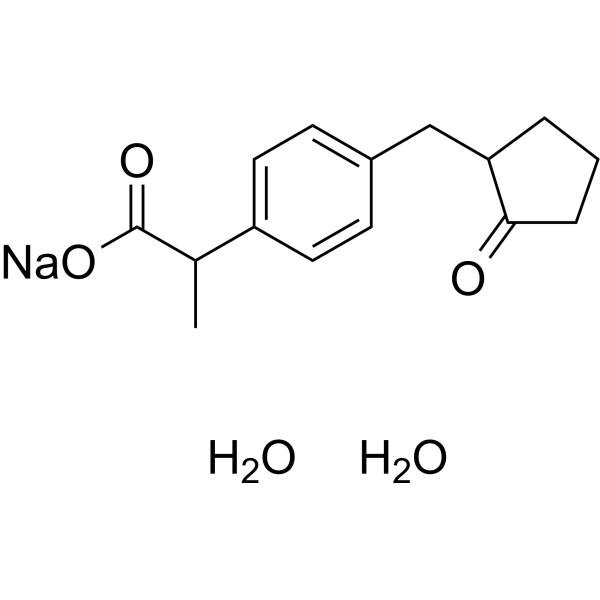
- HY-N10440
-
|
|
Glucosidase
|
Infection
Inflammation/Immunology
|
|
3-Oxo-hop-22(29)-ene is a yeast α-glucosidase inhibitor. 3-Oxo-hop-22(29)-ene shows a moderate effect on the viability of T. cruzi and L. mexicana. 3-Oxo-hop-22(29)-ene shows marginal activity of anti-inflammatory .
|
-
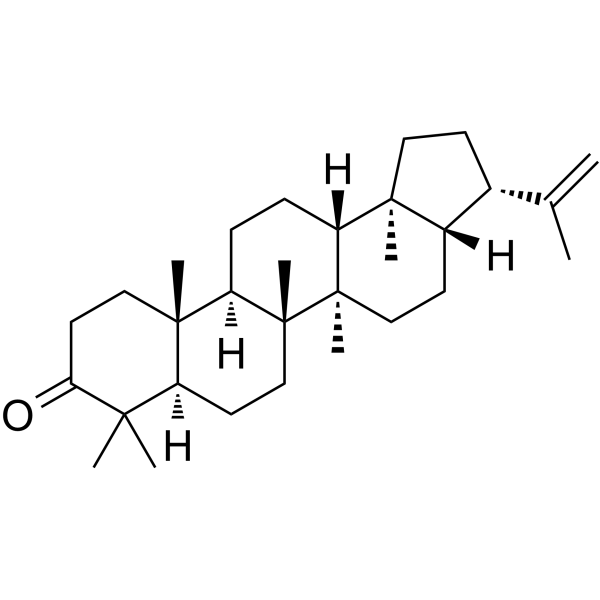
- HY-N8707
-
|
|
Parasite
HDAC
NF-κB
|
Infection
Inflammation/Immunology
Cancer
|
|
Homobutein a natural chalcones (can be found in many medicinal plants, fruits, vegetables, spices and nuts), is a potent HDACs/NF-κB dual inhibitor with IC50s of 190 and 38 μM, respectively. Homobutein also a chelator of iron (II and III) cations, shows various activities, including anticancer, anti-inflammatory, antiparasite and antioxidation .
|
-
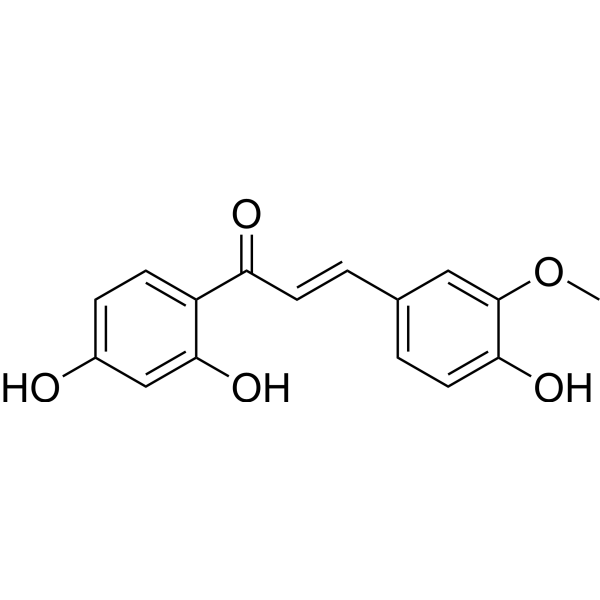
- HY-106592A
-
|
PNU74389G (meleate)
|
Others
|
Others
|
|
U-74389G (PNU74389G meleate) is an antioxidant, can inhibit lipid peroxidation reactions. U-74389G can protect against ischemia-reperfusion injury and be widely used in animal models of ischemic injury and hypertension. U-74389G shows anti-inflammatory activity .
|
-
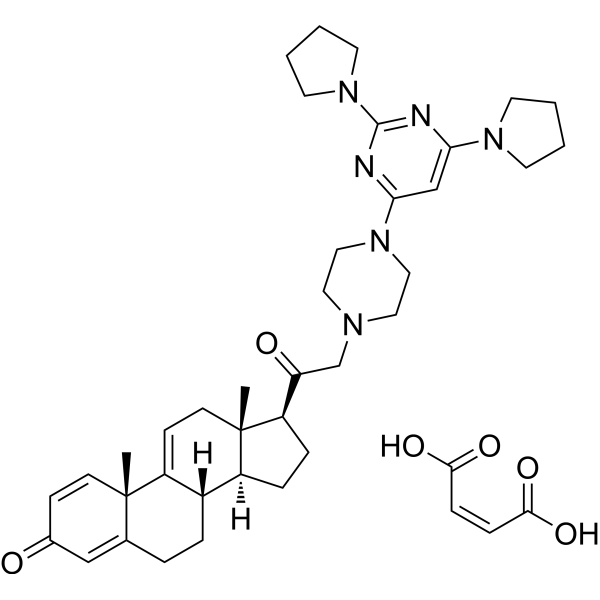
- HY-145670
-
|
|
Akt
MDM-2/p53
|
Cancer
|
|
cis,trans-Germacrone is a isomer of Germacrone (HY-N0440). Germacrone exhibits a wide range of antitumor, antioxidant and anti-inflammatory effects. Germacrone inhibits lung cancer cell proliferation and alters the Akt/MDM2/p53. Germacrone also arrests cell cycle at G1/S phase .
|
-
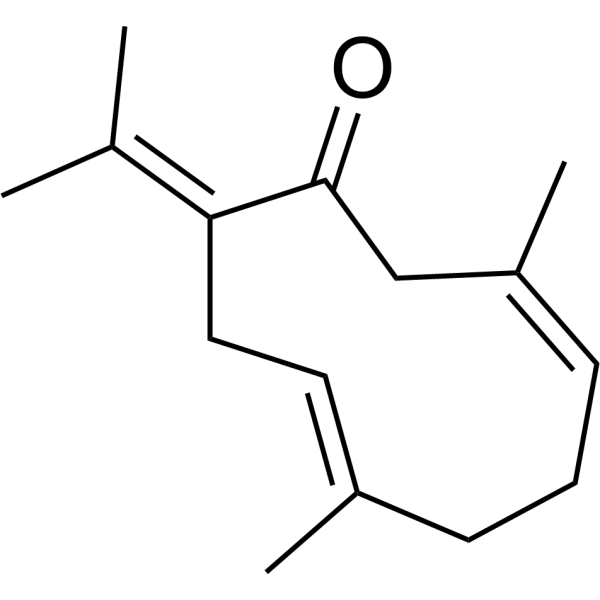
- HY-N0523S
-
|
3,4,5-Trihydroxybenzoic acid-d2
|
Apoptosis
COX
Ferroptosis
Endogenous Metabolite
Reactive Oxygen Species
|
|
|
Gallic acid-d2 is the deuterium labeled Gallic acid[1]. Gallic acid (3,4,5-Trihydroxybenzoic acid) is a natural polyhydroxyphenolic compound and an free radical scavenger to inhibit cyclooxygenase-2 (COX-2)[2]. Gallic acid has various activities, such as antimicrobial, antioxidant, antimicrobial, anti-inflammatory, and anticance activities[3].
|
-
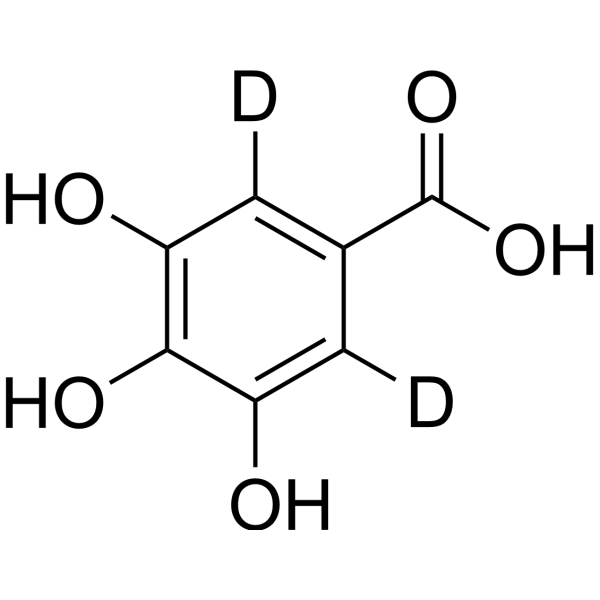
- HY-153904
-
|
|
Casein Kinase
|
Neurological Disease
|
|
Casein kinase 1δ-IN-5 is a potent and selective protein kinase CK-1δ inhibitor with an IC50 of 47 nM. Casein kinase 1δ-IN-5 shows neuroprotective and anti-inflammatory properties both in vitro. Casein kinase 1δ-IN-5 has the potential for neurodegenerative diseases research.
|
-
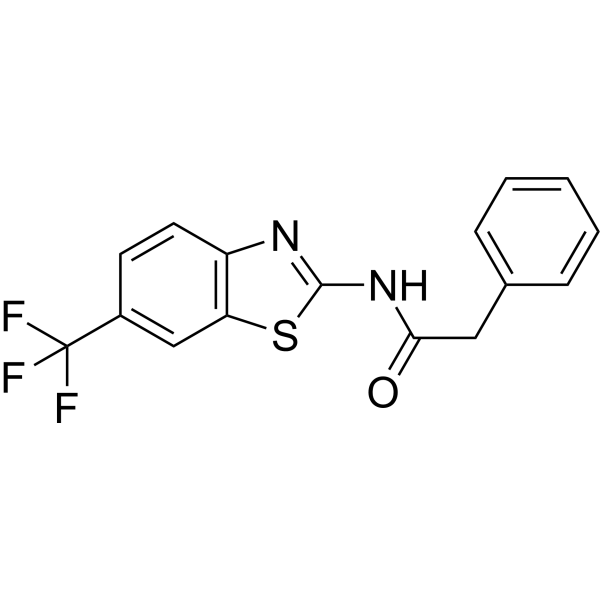
- HY-N12235
-
|
|
Caspase
|
Inflammation/Immunology
|
|
Sarglaroids F (compound 6) is an anti-inflammatory agent isolated from the roots of Grass Coral. Sarglaroids F inhibits LPS/ATP-induced IL-1β release by affecting K+ efflux and reducing Caspase-1(P20) levels. Sarglaroids F is not cytotoxic to RAW264.7 cells .
|
-
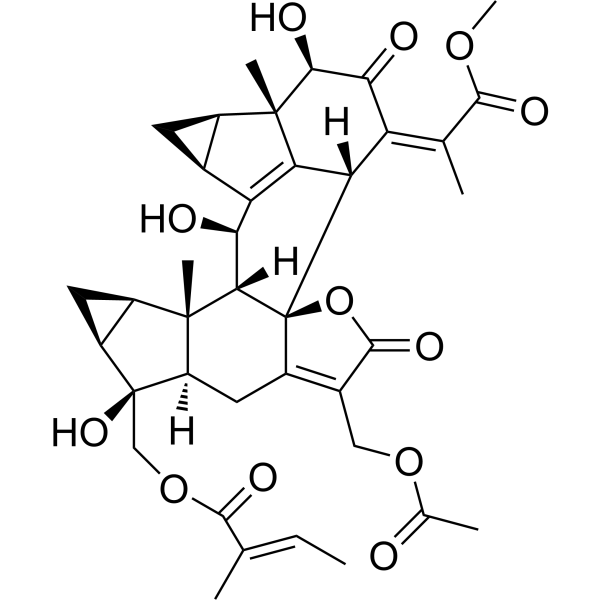
- HY-149526
-
|
|
Cyclic GMP-AMP Synthase
|
Inflammation/Immunology
|
|
cGAS-IN-1 (compound C20) is a flavonoid and Cyclic GMP-AMP Synthase (cGAS) inhibitor with IC50s of 2.28 μM (human cGAS) and 1.44 μM (mouse cGAS). Abnormal activation of cGAS is associated with a variety of immune-mediated inflammatory diseases, and cGAS-IN-1 has potential anti-inflammatory activity .
|
-
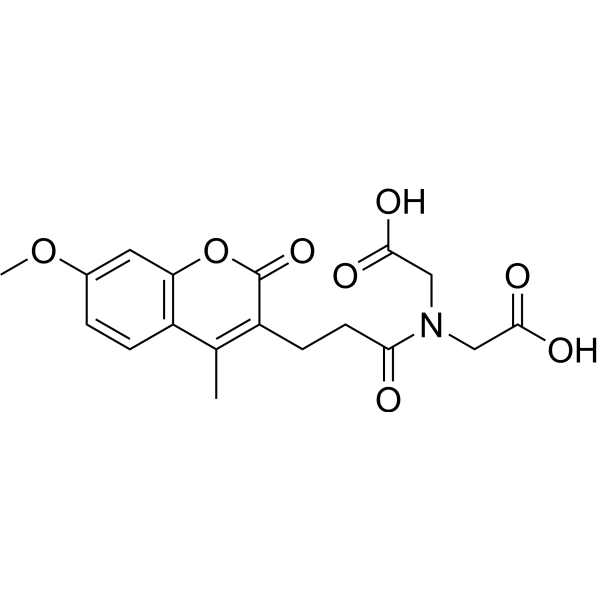
- HY-155407
-
|
|
FLAP
|
Inflammation/Immunology
|
|
ALR-6 is an antagonist of the 5-lipoxygenase (5-LOX) activating protein FLAP and has anti-inflammatory activity. ALR-6 potently inhibits 5-LOX product formation (>80%) in pro-inflammatory M1-MDM and has no significant effect on direct inhibition of 5-LOX .
|
-
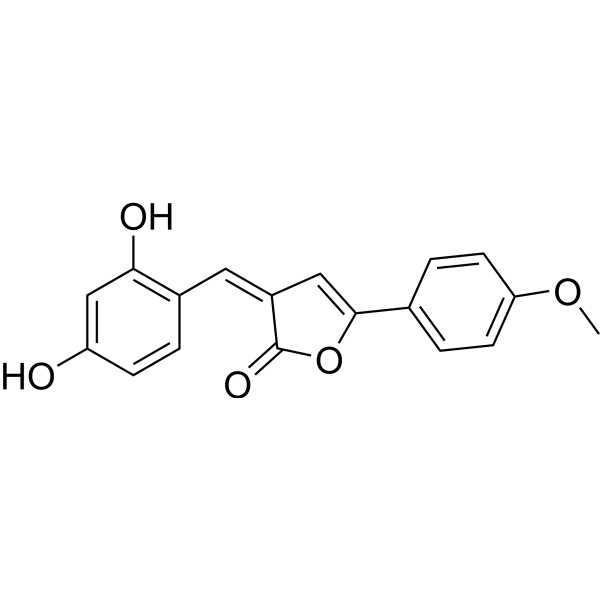
- HY-16770
-
|
P-005672
|
Antibiotic
Bacterial
DNA/RNA Synthesis
|
Infection
|
|
Sarecycline is an orally effective narrow-spectrum tetracycline derivative antibiotic. Sarecycline has anti-inflammatory activity. Sarecycline inhibits the activity of Gram-positive bacteria and several types of keratobacterium acnes. Sarecycline interferes with tRNA accommodation and tethers mRNA to the 70S ribosome. Sarecycline can be used to study moderate to severe acne .
|
-
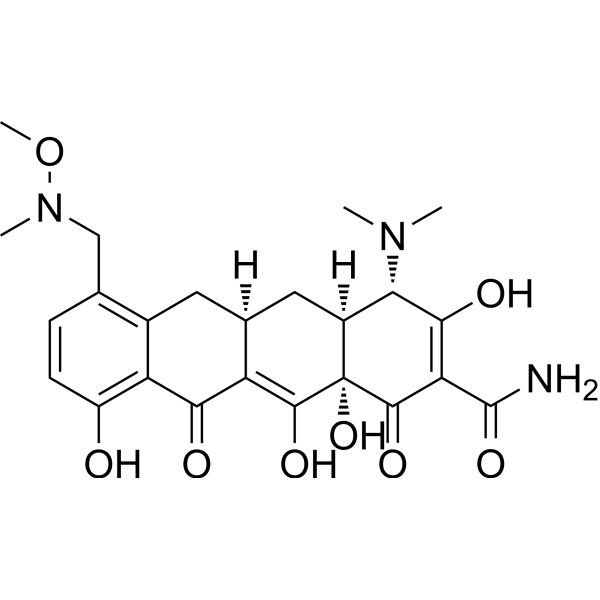
- HY-116302
-
|
|
MMP
|
Neurological Disease
Inflammation/Immunology
|
|
MMP-9-IN-9 (compound 4f) is a slective MMP-9 inhibitor with an IC50 of 5 nM. MMP-9-IN-9 shows selective for MMP-9 over MMP-1 and MMP-13. MMP-9-IN-9 shows strong anti-inflammatory and neuroprotective effects .
|
-
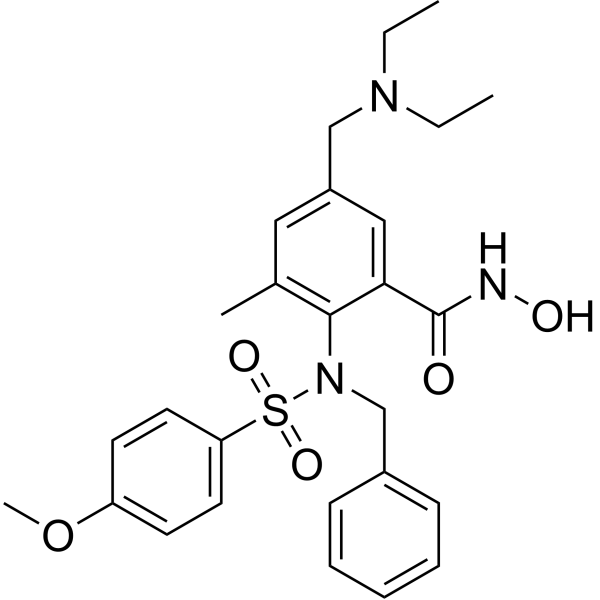
- HY-15321R
-
|
MK-0663 (Standard); L-791456 (Standard)
|
COX
|
Inflammation/Immunology
Cancer
|
|
Etoricoxib (Standard) is the analytical standard of Etoricoxib. This product is intended for research and analytical applications. Etoricoxib (MK-0663) is a non steroidal anti-inflammatory agent, acting as a selective and orally active COX-2 inhibitor, with IC50s of 1.1 μM and 116 μM for COX-2 and COX-1 in human whole blood.
|
-
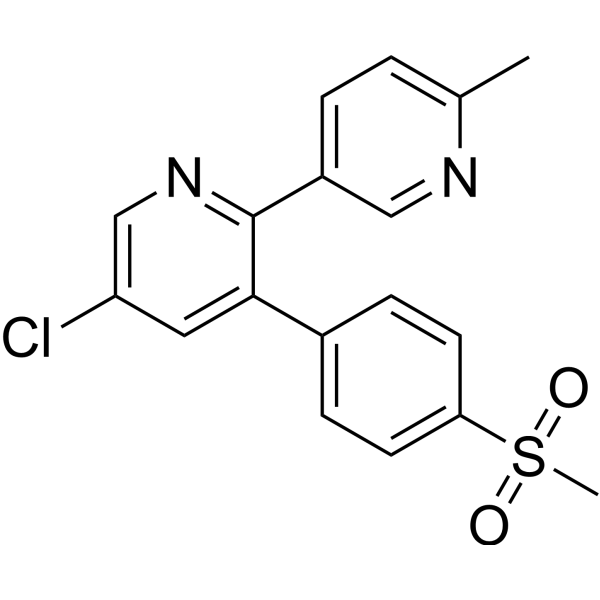
- HY-B0227R
-
|
RP-19583 (Standard)
|
COX
|
Metabolic Disease
Inflammation/Immunology
Cancer
|
|
Ketoprofen (Standard) is the analytical standard of Ketoprofen. This product is intended for research and analytical applications. Ketoprofen (RP-19583) is a non-steroidal anti-inflammatory agent. Ketoprofen can inhibits the activity of cyclooxygenase with IC50 values of 2 nM (COX-1) and 26 nM (COX-2). which is potential in the research of inflammation, immunology, and metabolic disease such as obesity .
|
-
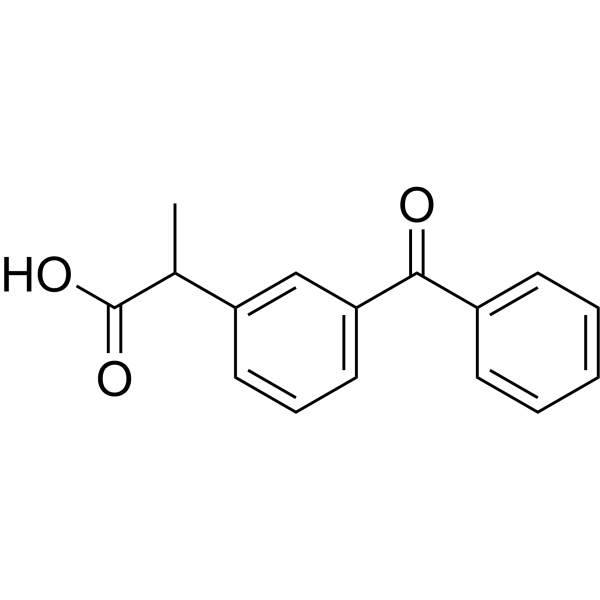
- HY-B1640A
-
|
Etacrynic acid sodium; Sodium etacrynate
|
NF-κB
Glutathione S-transferase
Calcium Channel
NO Synthase
|
Inflammation/Immunology
Cancer
|
|
Ethacrynic acid (Etacrynic acid sodium) sodium is a diuretic. Ethacrynic acid sodium is an inhibitor of glutathione S-transferases (GSTs). Ethacrynic acid sodium is a potent inhibitor of NF-kB-signaling pathway, and also modulates leukotriene formation. Ethacrynic acid sodium also inhibits L-type voltage-dependent and store-operated calcium channel, leading to relaxation of airway smooth muscle (ASM) cells. Ethacrynic acid sodium has anti-inflammatory properties that reduces the retinoid-induced ear edema in mice .
|
-
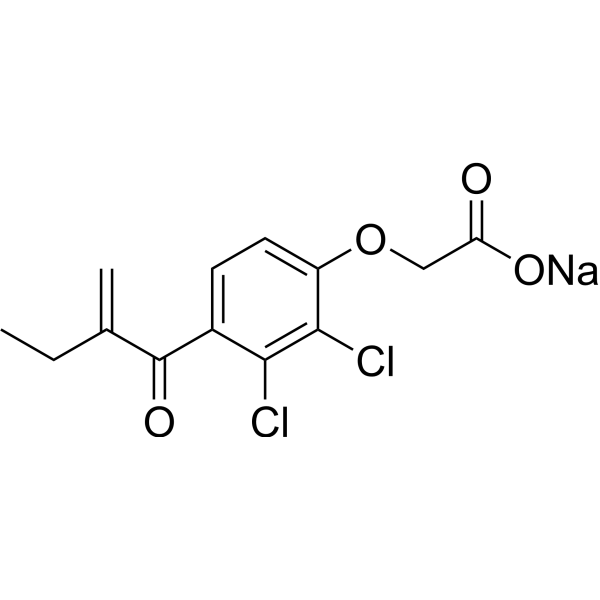
- HY-125019
-
|
|
JAK
STAT
|
Inflammation/Immunology
|
|
iJak-381 is a JAK1/2 inhibitor with anti-inflammatory activity. iJak-381 blocks IL-13 signaling and also inhibits IL-4 and IL-6 signaling pathways. iJak-381 also reduced p-STAT6 levels and inhibited the influx of inflammatory cells into the lungs of mice. iJak-381 inhibits airway hyperresponsiveness (AHR) .
|
-
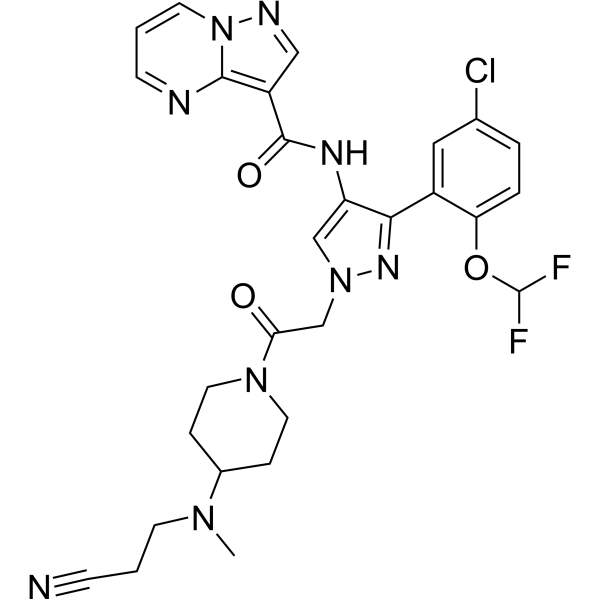
- HY-N2532
-
|
|
VSV
HIV
Proton Pump
Influenza Virus
|
Infection
Inflammation/Immunology
Cancer
|
|
Diphyllin is an arylnaphthalene lignan isolated from Justicia procumbens and is a potent HIV-1 inhibitor with an IC50 of 0.38 μM. Diphyllin is active against vesicular stomatitis virus (VSV) and influenza virus . Diphyllin is a vacuolar type H +-ATPase (V-ATPase) inhibitor with an IC50 value of 17 nM and inhibits lysosomal acidification in human osteoclasts . Diphyllin inhibits NO production with an IC50 of 50 μM and has anticancer and anti-inflammatory activities .
|
-
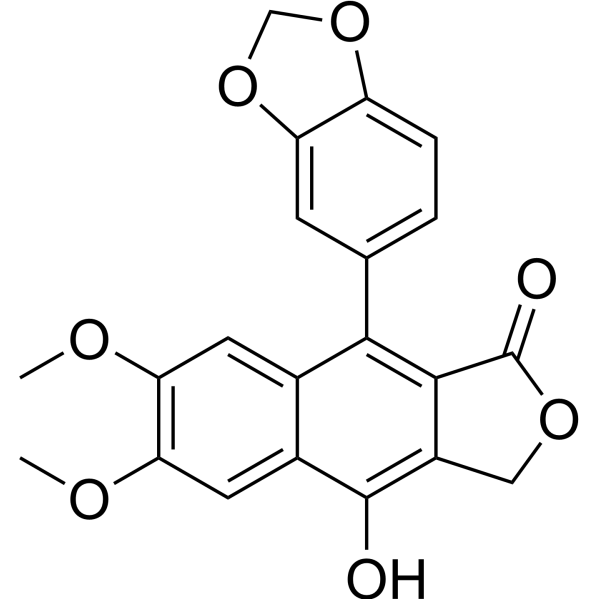
- HY-155182
-
|
|
HDAC
Autophagy
|
Neurological Disease
Inflammation/Immunology
|
|
HDAC-IN-62 (Compound 5) a HDAC inhibitor, with IC50s of 0.78, 1.0, 1.2? μM for HDAC6/8/11 respectively. HDAC-IN-62 inhibits-induced microglial activation by the initiation of autophagy, and inhibits nitric oxide production. HDAC-IN-62 has anti-inflammatory and anti-depressant effects. HDAC-IN-62 inhibits microglial activation in mouse brain .
|
-
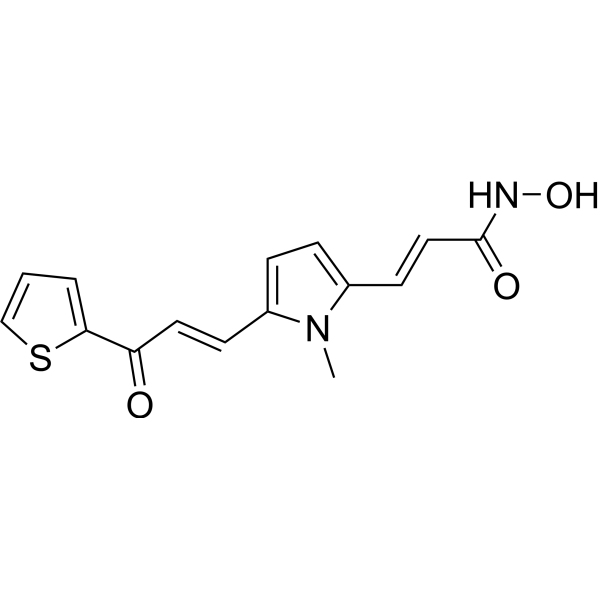
- HY-13821
-
|
BU-4061T
|
Proteasome
Apoptosis
|
Inflammation/Immunology
Cancer
|
|
Epoxomicin (BU-4061T) is an epoxyketone-containing natural product and a potent, selective and irreversible proteasome inhibitor. Epoxomicin covalently binds to the LMP7, X, MECL1, and Z catalytic subunits of the proteasome and potently inhibits primarily the chymotrypsin-like activity. Epoxomicin can cross the blood-brain barrier. Epoxomicin has strongly antitumor and anti-inflammatory activity .
|
-
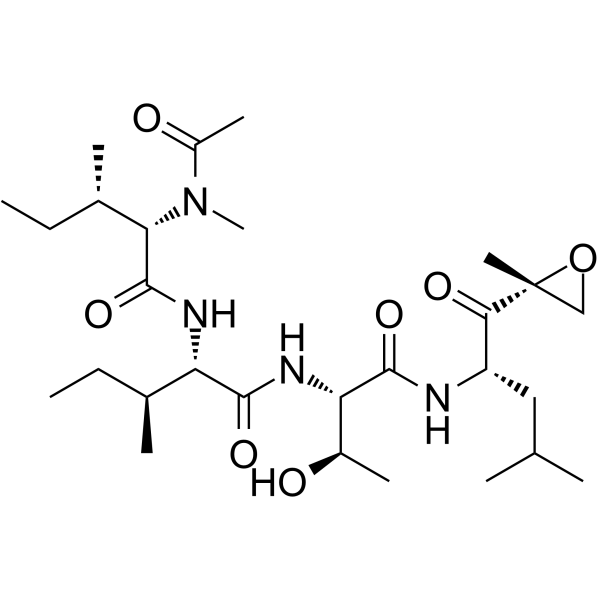
- HY-17474AS
-
|
SC 69124A-d5
|
Isotope-Labeled Compounds
COX
|
Inflammation/Immunology
Cancer
|
|
Parecoxib-d5 (sodium) is the deuterium labeled Parecoxib sodium. Parecoxib Sodium (SC 69124A) is a highly selective and orally active COX-2 inhibitor, the proagent of Valdecoxib (HY-15762). Parecoxib Sodium is a nonsteroidal anti-inflammatory agent (NSAID) and inhibits prostaglandin (PG) synthesis. Parecoxib Sodium can be used for the relief of acute postoperative pain and symptoms of chronic inflammatory conditions such as osteoarthritis and rheumatoid arthritis in vivo[1][2].
|
-

- HY-14904AS
-
|
|
Isotope-Labeled Compounds
Influenza Virus
SARS-CoV
|
Infection
|
|
Umifenovir-d6 (hydrochloride) is the deuterium labeled Umifenovir hydrochloride. Umifenovir hydrochloride is a potent, orally active broad-spectrum antiviral with activity against a number of enveloped and non-enveloped viruses. Umifenovir hydrochloride is used as an anti-influenza virus agent. Umifenovir hydrochloride could effectively inhibit the fusion of virus with host cells[1][2]. Umifenovir hydrochloride is an efficient inhibitor of SARS-CoV-2 in vitro. Anti-inflammatory activity[3].
|
-
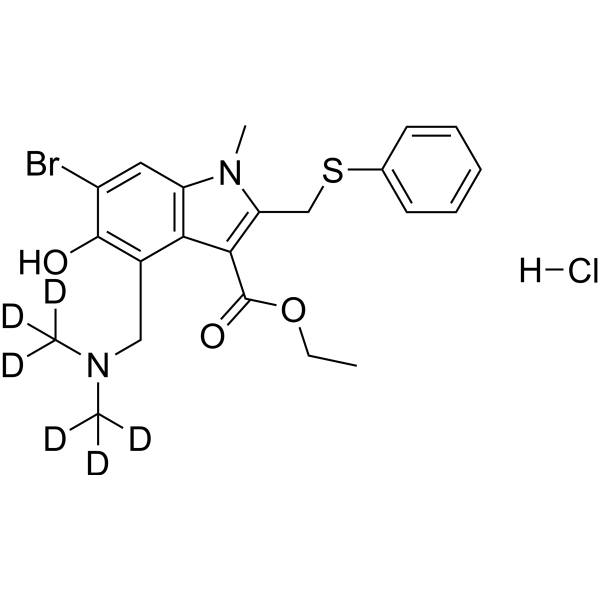
- HY-10582S
-
|
dl-Flurbiprofen-d3
|
COX
Apoptosis
|
Inflammation/Immunology
Cancer
|
|
Flurbiprofen-d3 is the deuterium labeled Flurbiprofen. Flurbiprofen (dl-Flurbiprofen) is a potent, orally active nonsteroidal anti-inflammatory agent (NSAIA/NSAID), with antipyretic and analgesic activities. Flurbiprofen is commonly used for the research of inflammatory diseases, including osteoarthritis and rheumatoid arthritis. Flurbiprofen is a non-selective cyclooxygenase (COX) inhibitor that can be used for the research of colorectal cancer[1][2][3].
|
-
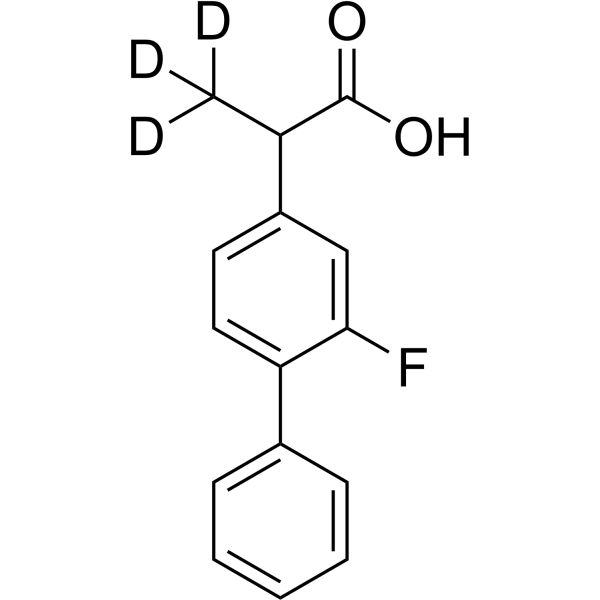
- HY-10582S1
-
|
dl-Flurbiprofen-d5
|
COX
Apoptosis
|
Inflammation/Immunology
Cancer
|
|
Flurbiprofen-d5 is the deuterium labeled Flurbiprofen. Flurbiprofen (dl-Flurbiprofen) is a potent, orally active nonsteroidal anti-inflammatory agent (NSAIA/NSAID), with antipyretic and analgesic activities. Flurbiprofen is commonly used for the research of inflammatory diseases, including osteoarthritis and rheumatoid arthritis. Flurbiprofen is a non-selective cyclooxygenase (COX) inhibitor that can be used for the research of colorectal cancer[1][2][3].
|
-
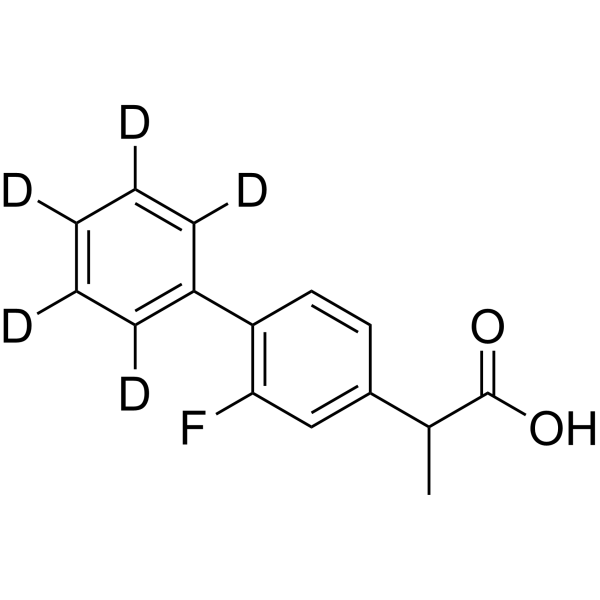
- HY-108645
-
|
|
p38 MAPK
Autophagy
|
Inflammation/Immunology
|
|
AL 8697 is a specific and orally active p38α MAPK inhibitor with an IC50 of 6 nM. AL 8697 displays 14-fold greater inhibition of p38α compared to p38β (IC50=82 nM), and 300-fold selectivity for p38α over a panel of 91 kinases. Anti-inflammatory activity .
|
-
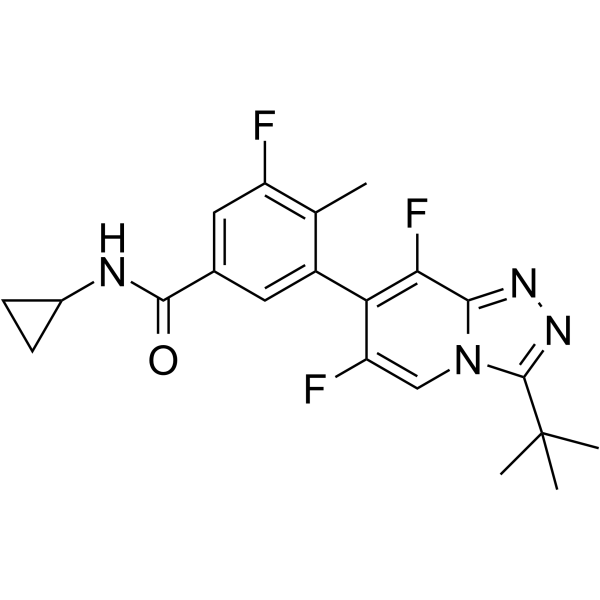
- HY-N2500
-
|
|
Microtubule/Tubulin
Apoptosis
Autophagy
|
Infection
Cardiovascular Disease
|
|
Deoxypodophyllotoxin (DPT), a derivative of podophyllotoxin, is a lignan with potent antimitotic, anti-inflammatory and antiviral properties isolated from Anthriscus sylvestris. Deoxypodophyllotoxin, targets the microtubule, has a major impact in oncology not only as anti-mitotics but also as potent inhibitors of angiogenesis . Deoxypodophyllotoxin induces cell autophagy and apoptosis . Deoxypodophyllotoxin evokes increase of intracellular Ca 2+ concentrations in DRG neurons .
|
-
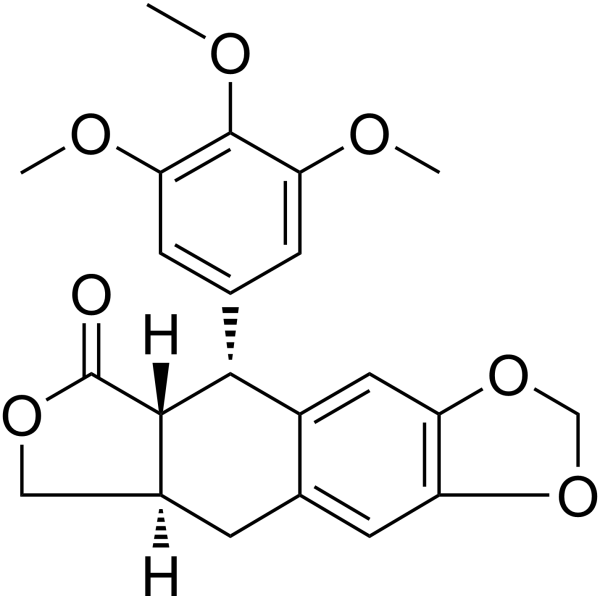
- HY-107818
-
|
|
NF-κB
|
Cardiovascular Disease
Inflammation/Immunology
|
|
4-Hydroxychalcone is a chalcone metabolite with anti-angiogenic and anti-inflammatory activities. 4-Hydroxychalcone suppresses angiogenesis by suppression of growth factor pathway with no signs of cytotoxicity . 4-Hydroxychalcone inhibits TNF-α induced NF-κB pathway activation and activates BMP signaling, reduces resistant hypertension (RH) by attenuating hyperaldosteronism and renal injury in mice .
|
-
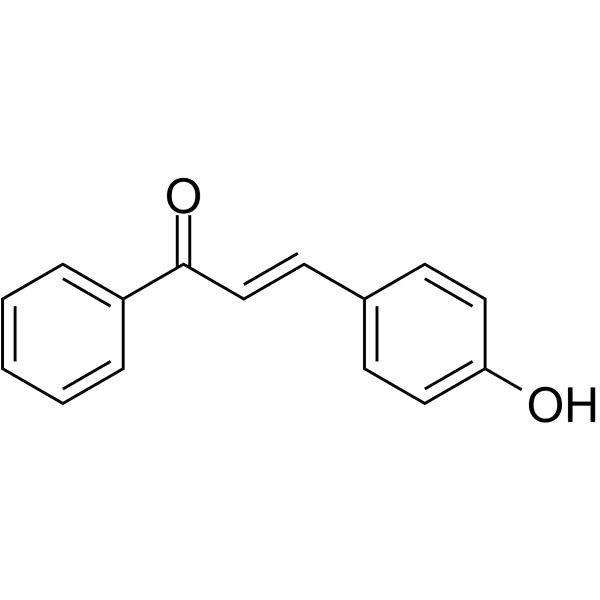
- HY-10656
-
|
|
Urotensin Receptor
|
Inflammation/Immunology
|
|
SB-657510 is a selective urotensin II (UII) receptor (UT) antagonist. The Ki values are 61, 17, 30, 65 and 56 nM for human, monkey, cat, rat and mouse receptors, respectively. SB-657510 exerts anti-inflammatory effects by inhibiting UII-induced upregulation of inflammatory mediators such as adhesion molecules, cytokines, and tissue factor in human vascular endothelial cells .
|
-
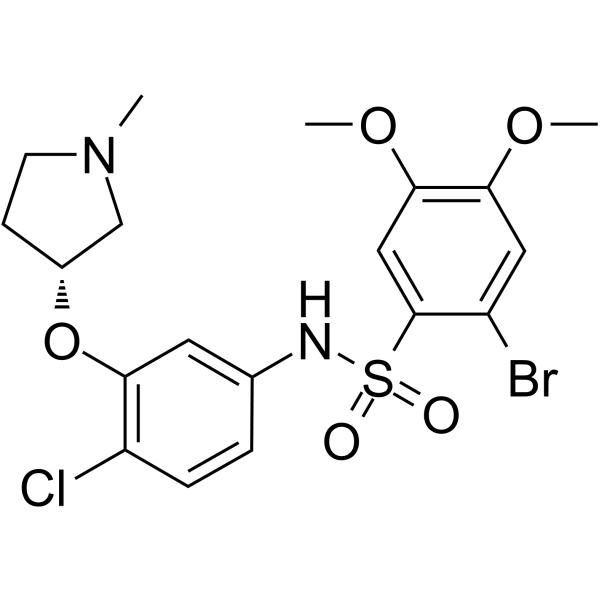
- HY-N7255
-
|
|
p38 MAPK
Apoptosis
|
Cancer
|
|
Cycloartenol, a phytosterol compound, is one of the key precusor substances for biosynthesis of numerous sterol compounds. Cycloartenol inhibits the migration of glioma cells and suppresses the phosphorylation of the p38 MAP kinase. Cycloartenol has a variety of pharmacological activities such as anti-inflammatory, anti-tumor, antioxidant, antibiosis and anti-alzheimer's disease. Cycloartenol also plays an important role in the process of plant growth and development .
|
-
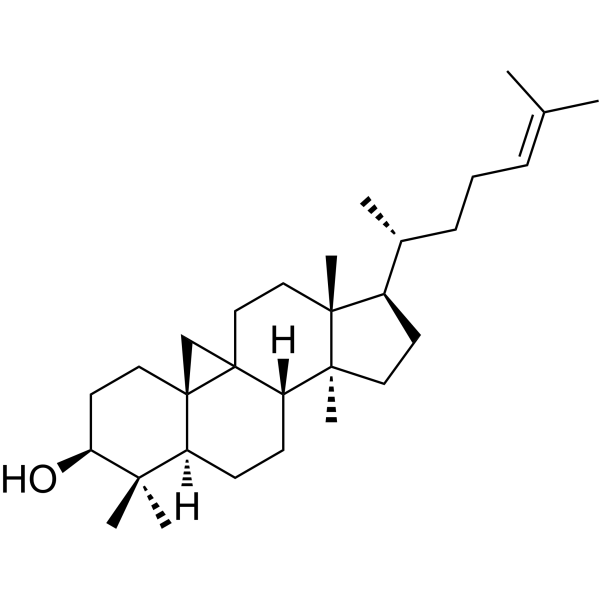
- HY-N0639
-
|
|
HBV
Pyroptosis
Carbonic Anhydrase
|
Infection
Inflammation/Immunology
|
|
Punicalin is a species that can be isolated from the leaves of Punica granatum. Punicalin is an active molecule against hepatitis b virus (HBV). Punicalin can induce pyroptosis. Punicalin is a Carbonic anhydrase inhibitor. Punicalin blocks the binding of S-glycoprotein and ACE2 receptors. Pnuicalin has anti-inflammatory, antioxidant and antiviral activity .
|
-
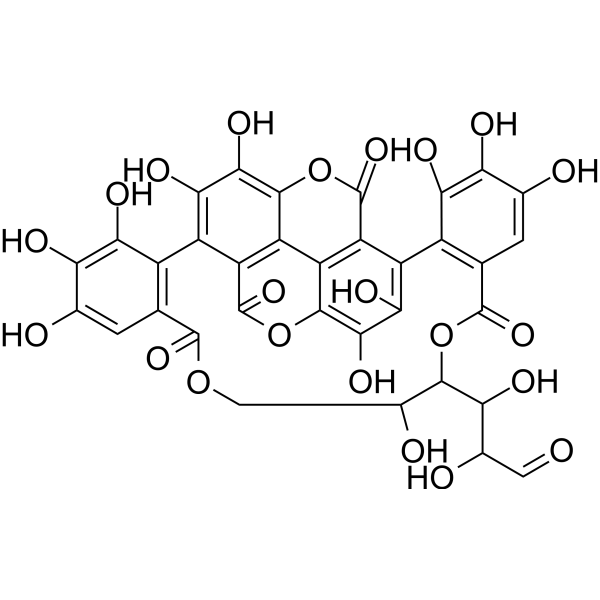
- HY-126047B
-
|
|
NF-κB
Amyloid-β
nAChR
|
Neurological Disease
Inflammation/Immunology
|
|
(R)-(+)-Anatabine is an less active R-enantiomer of Anatabine. Anatabine is a potent α4β2 nAChR agonist . Anatabine inhibits NF-κB activation lower amyloid-β (Aβ) production by preventing the β-cleavage of amyloid precursor protein (APP). Anatabine has anti-inflammatory effects and has the potential for neurodegenerative disorders treatment .
|
-
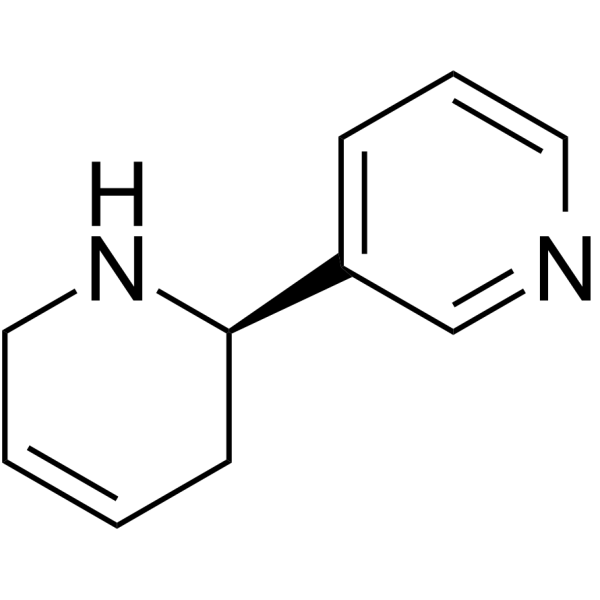
- HY-P1306A
-
|
|
GHSR
|
Cardiovascular Disease
Inflammation/Immunology
|
|
Obestatin(rat) TFA, encoded by the Ghrelin gene, is a cpeptide, comprised of 23 amino acids. Obestatin(rat) TFA suppresses food intake, inhibits jejunal contraction, and decreases body-weight gain. Obestatin is an endogenous ligand of G-protein coupled receptor 39 (GPR39). Obestatin(rat) TFA has anti-inflammatory, anti-myocardial infarction and antioxidant activities .
|
-
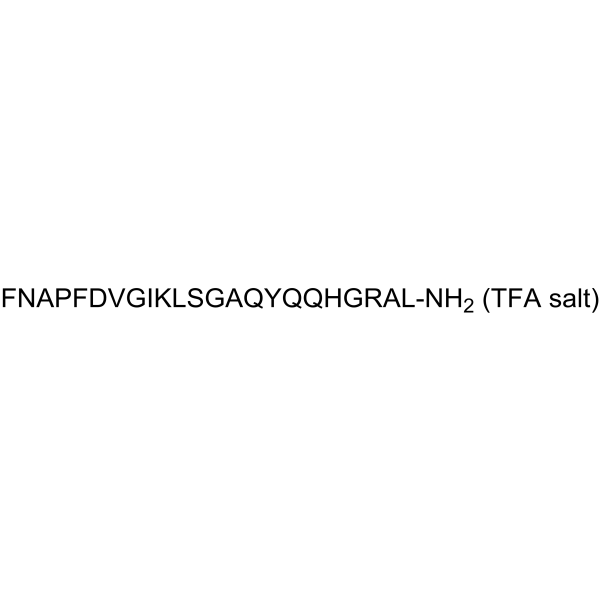
- HY-15321S1
-
|
MK-0663-13C,d3; L-791456-13C,d3
|
Isotope-Labeled Compounds
COX
|
Inflammation/Immunology
Cancer
|
|
Etoricoxib- 13C,d3 is the 13C- and deuterium labeled Etoricoxib. Etoricoxib (MK-0663) is a non steroidal anti-inflammatory agent, acting as a selective and orally active COX-2 inhibitor, with IC50s of 1.1 μM and 116 μM for COX-2 and COX-1 in human whole blood.
|
-
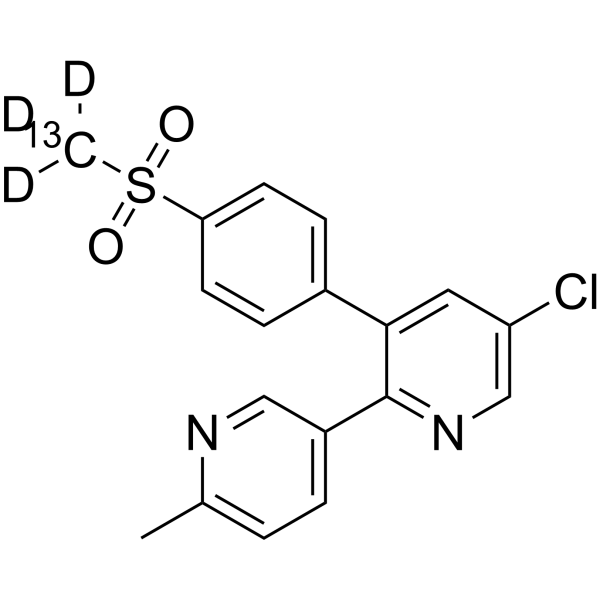
- HY-115934
-
|
|
COX
|
Inflammation/Immunology
|
|
COX-2-IN-7 (compound 4a) is a potent, selective, and orally active inhibitor of COX-2 with an IC50 of 6.585 uM. COX-2-IN-7 has higher COX-2 selectivity than Celecoxib. COX-2-IN-7 shows good in vivo anti-inflammatory and low ulcerogenic activity .
|
-
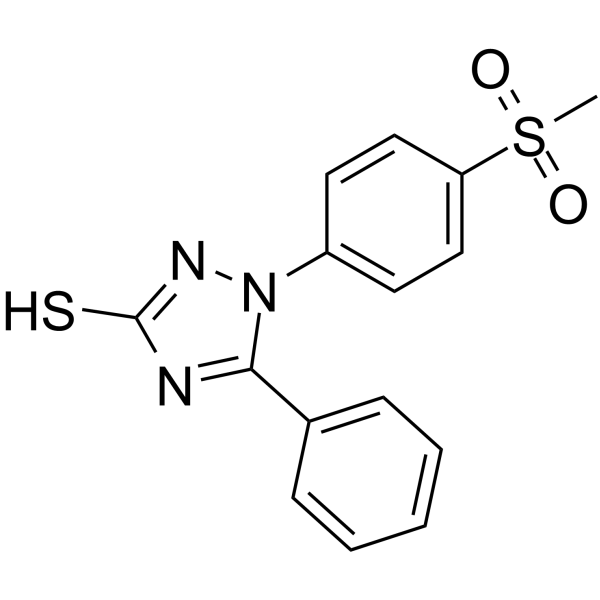
- HY-115935
-
|
|
COX
|
Inflammation/Immunology
|
|
COX-2-IN-8 (compound 6a) is a potent, selective, and orally active inhibitor of COX-2 with an IC50 of 6.585 uM. COX-2-IN-8 has higher COX-2 selectivity than Celecoxib. COX-2-IN-8 shows good in vivo anti-inflammatory and low ulcerogenic activity .
|
-
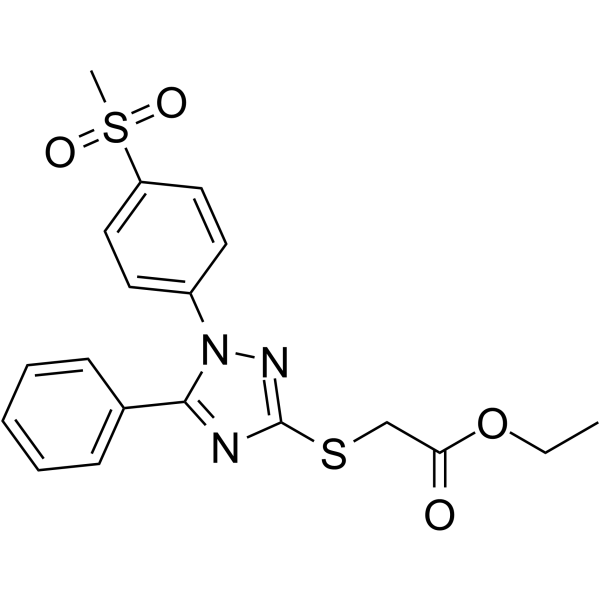
- HY-115936
-
|
|
COX
|
Inflammation/Immunology
|
|
COX-2-IN-9 (compound 7a) is a potent, selective, and orally active inhibitor of COX-2 with an IC50 of 10.17 uM. COX-2-IN-9 has higher COX-2 selectivity than Celecoxib. COX-2-IN-9 shows good in vivo anti-inflammatory and low ulcerogenic activity .
|
-
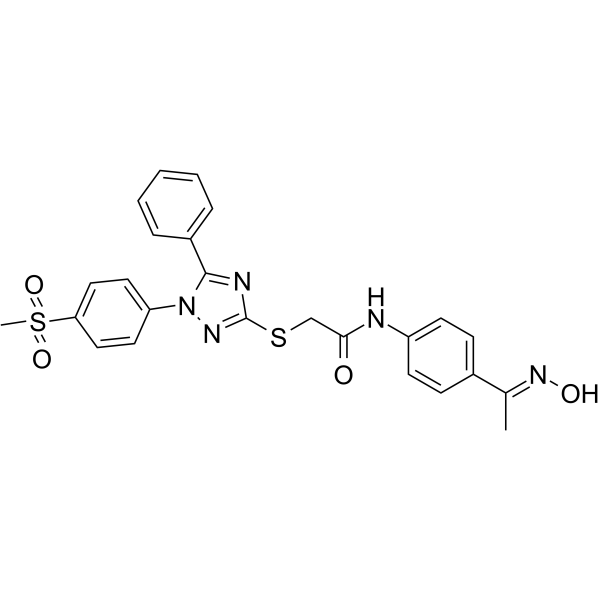
- HY-147697
-
|
|
Histone Demethylase
TNF Receptor
|
Inflammation/Immunology
Cancer
|
|
LSD1-IN-21 (compound 5a) is a potent and BBB-penetrated LSD1 (Lysine specific demethylase-1) inhibitor, with an IC50 of 0.956 µM. LSD1-IN-21 significantly reduces the pro-inflammatory cytokine TNF-α. LSD1-IN-21 shows good anticancer and anti-inflammatory activity .
|
-
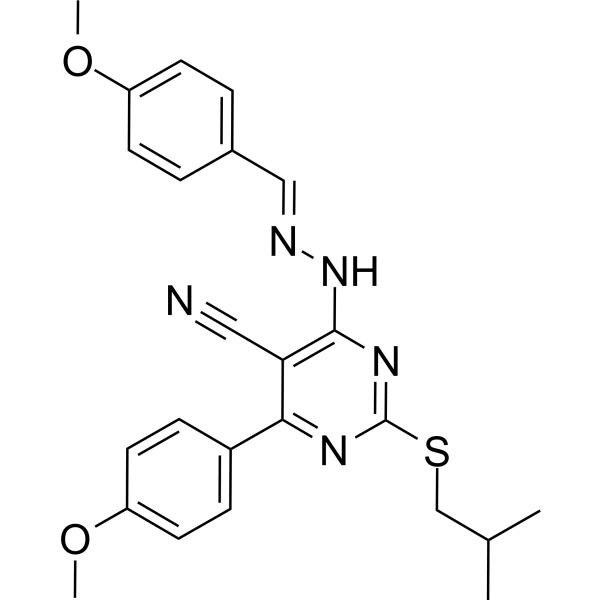
- HY-147742
-
|
|
JAK
|
Inflammation/Immunology
|
|
Thi-DPPY (compound 8e) is a potent and orally active JAK3 inhibitor with IC50 values of 62.4, 1.38 nM for BTK, JAK, respectively. Thi-DPPY shows anti-proliferative activity against HBE cells. Thi-DPPY shows anti-inflammatory activity in vivo. Thi-DPPY has the potential for the research of idiopathic pulmonary fibrosis (IPF) .
|
-
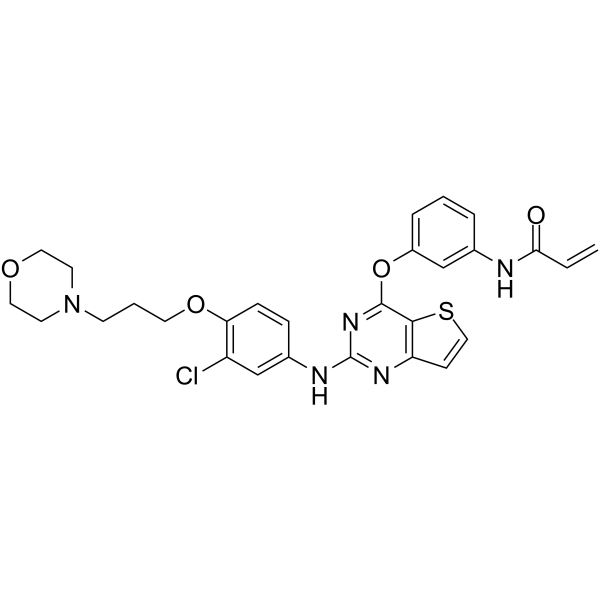
- HY-B0335S1
-
|
GEA 6414-13C6
|
Isotope-Labeled Compounds
COX
|
Inflammation/Immunology
Cancer
|
|
Tolfenamic acid- 13C6 is the 13C6 labeled Tolfenamic acid. Tolfenamic Acid (GEA 6414) is a non-steroidal anti-inflammatory and anti-cancer agent, selectively inhibits COX-2, with an IC50 of 13.49 μM (3.53 μg/mL) in LPS-treated (COX-2) canine DH82 monocyte/macrophage cells, but shows no effect on COX-1.
|
-
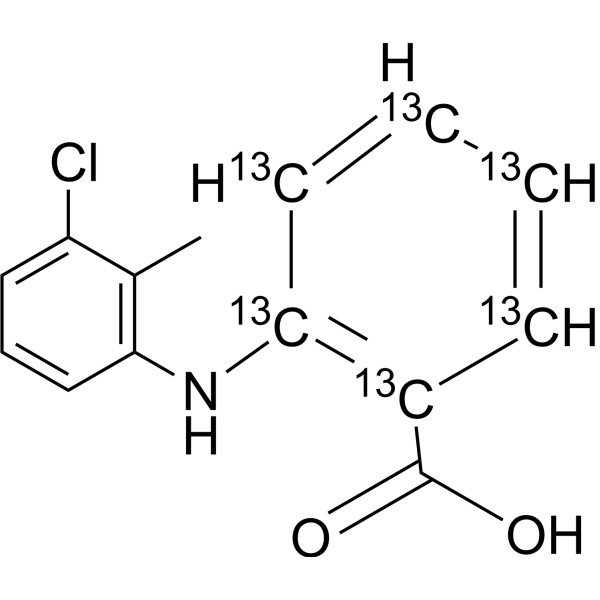
- HY-B0174A
-
|
|
Leukotriene Receptor
Antibiotic
|
Inflammation/Immunology
|
|
Olsalazine is a potent inhibitor of macrophages chemotaxis to LTB4 with an IC50 value of 0.39 mM, also reduces the synthesis of 5-hydroxyeicosatetraenoic acid (5-HETE), 11-HETE, 12-HETE, and 15-HETE in polymorphonuclear leukocyte (PMNL) and mononuclear cells (MNL). Olsalazine can be used for researching ulcerative colitis. Anti-inflammatory activity .
|
-
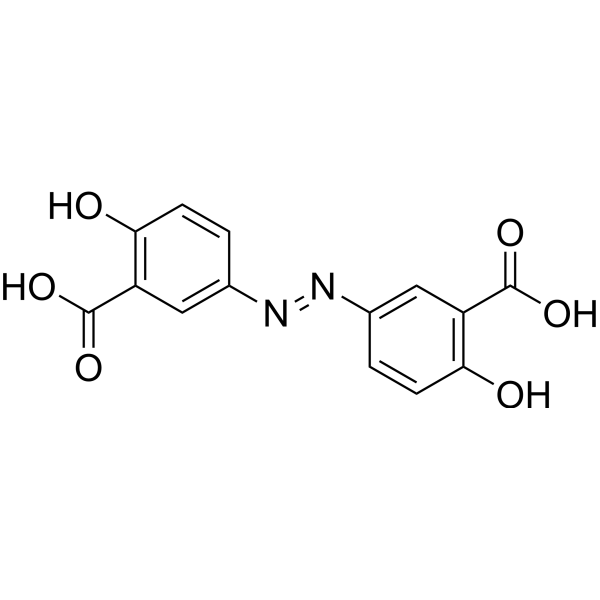
- HY-134911
-
|
|
IRAK
CDK
|
Inflammation/Immunology
Cancer
|
|
HS-243 is a potent and selective IRAK-4 and IRAK-1 inhibitor, with IC50 values of 20 and 24 nM. HS-243 shows minimal TAK1 (transforming growth factor β-activated kinase 1) inhibition activity, with a IC50 of 0.5 μM. HS-243 shows anti-inflammatory and anticancer activity .
|
-
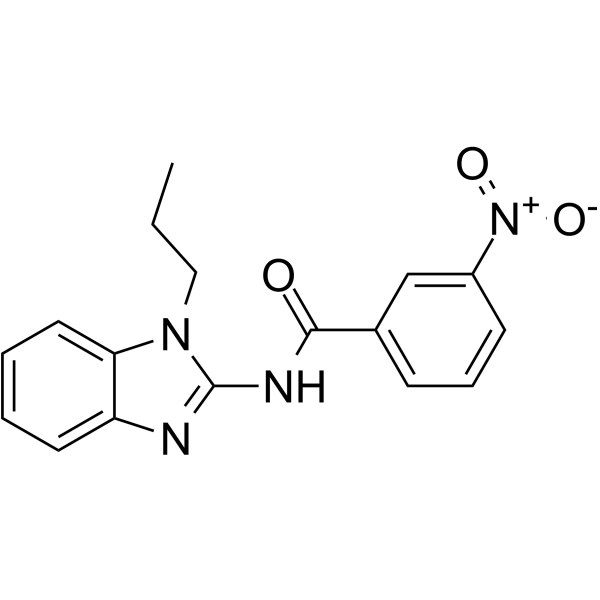
- HY-N8371
-
|
|
NO Synthase
COX
Interleukin Related
TNF Receptor
|
Inflammation/Immunology
|
|
Shizukaol B is a lindenane-type dimeric sesquiterpene, used to be isolated from the whole plant of Chloranthus henryi. Shizukaol B has anti-inflammatory effect against lipopolysaccharide (LPS)-induced activation of BV2 microglial cells. Shizukaol B inhibits iNOS and COX-2, and suppresses NO production, TNF-α, and IL-1β expression .
|
-
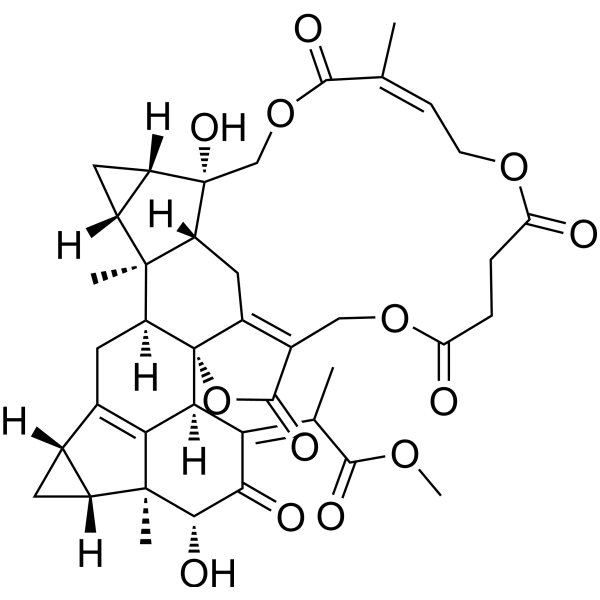
- HY-N0108S
-
|
Parietin-d3; Rheochrysidin-d3
|
Isotope-Labeled Compounds
Bacterial
|
Infection
Inflammation/Immunology
Cancer
|
|
Physcion-d3 (Parietin-d3) is the deuterium labeled Physcion (HY-N0108). Physcion acts as an inhibitor of 6-phosphogluconate dehydrogenase, with an IC50 and a Kd of 38.5 μM and 26.0 μM, respectively. Physcion exhibits laxative, hepatoprotective, anti-inflammatory, anti-microbial, anti-proliferative and anti-tumor effects .
|
-
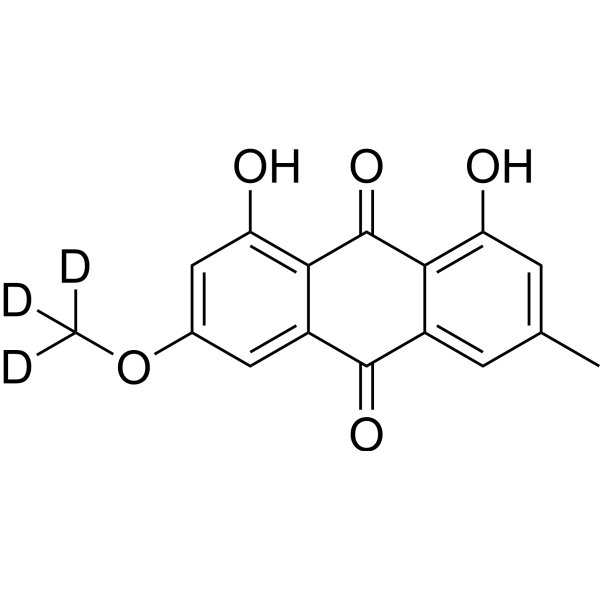
- HY-15321S2
-
|
MK-0663-d3; L-791456-d3
|
COX
|
|
|
Etoricoxib-d3 is the deuterium labeled Etoricoxib[1]. Etoricoxib (MK-0663) is a non steroidal anti-inflammatory agent, acting as a selective and orally active COX-2 inhibitor, with IC50s of 1.1 μM and 116 μM for COX-2 and COX-1 in human whole blood[2][3][4].
|
-
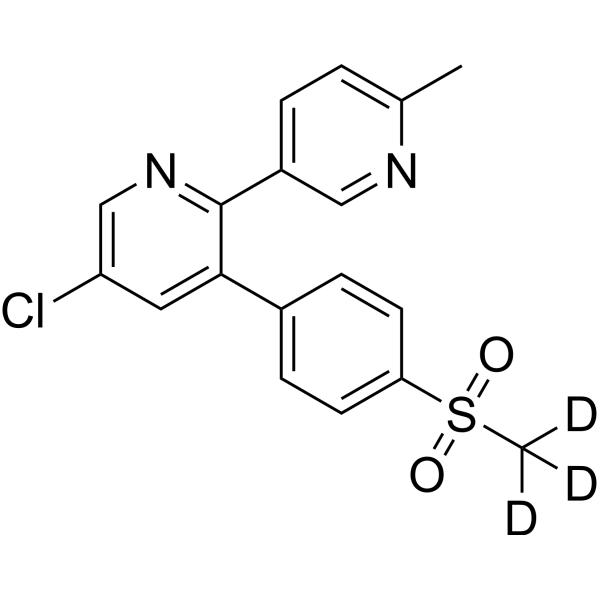
- HY-105070
-
|
E5564 free base
|
EBV
Toll-like Receptor (TLR)
|
Infection
|
|
Eritoran (E5564 free base) is a Toll-like receptor 4 (TLR4) antagonist. Eritoran protects mice against lethal influenza virus infection, such as Ebola virus (EBOV), Marburg virus (MARV). Eritoran decreases the level of granulocytosis, may alleviate the severity of the "cytokine storm". Eritoran inhibits pathogenesis of filovirus infection. Eritoran has anti-inflammatory activity .
|
-
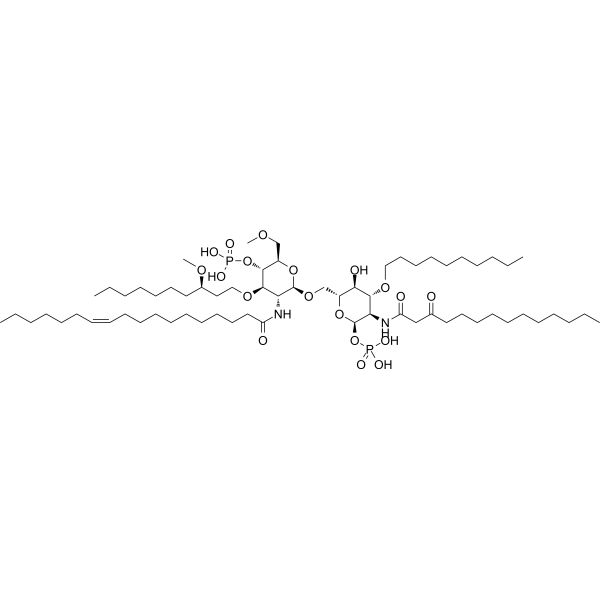
- HY-N3814
-
|
|
Others
|
Inflammation/Immunology
|
|
ent-16β,17-Dihydroxykauran-19-oic acid is an anti-inflammatory agent, which can be isolated from Siegesbeckia pubescens herb. ent-16β,17-Dihydroxykauran-19-oic acid inhibits lipopolysaccharide-induced nitric oxide production in BV2 microglia .
|
-
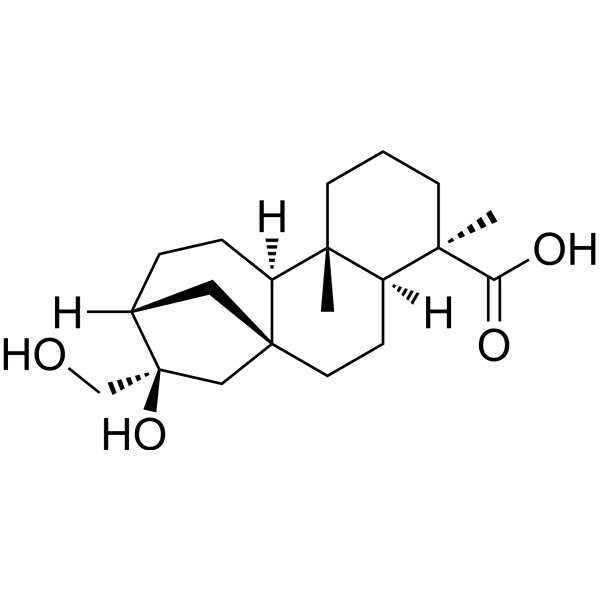
- HY-150270
-
|
|
P2X Receptor
|
Neurological Disease
Inflammation/Immunology
|
|
NP-1815-PX is a potent and selective P2X4R antagonist. NP-1815-PX has anti-inflammatory activity, and can relieve pain in chronic pain models. NP-1815-PX also inhibits guinea pig tracheal/bronchial smooth muscle (TSM and BSM) contractions .
|
-
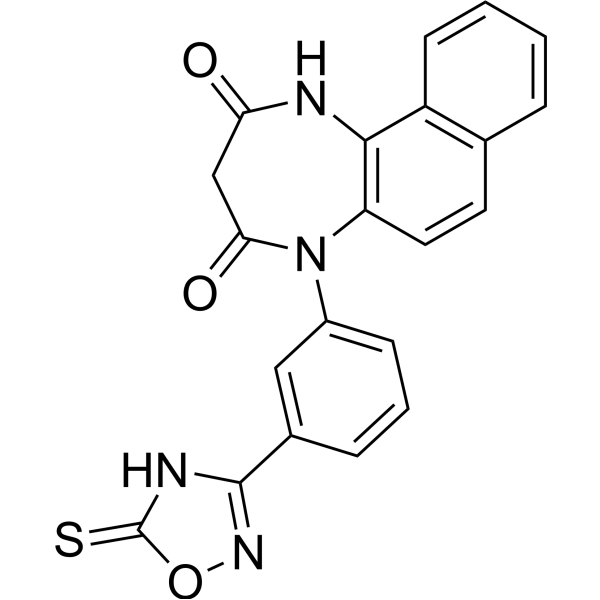
- HY-150270A
-
|
|
P2X Receptor
|
Neurological Disease
Inflammation/Immunology
|
|
NP-1815-PX sodium is a potent and selective P2X4R antagonist. NP-1815-PX sodium has anti-inflammatory activity, and can relieve pain in chronic pain models. NP-1815-PX sodium also inhibits guinea pig tracheal/bronchial smooth muscle (TSM and BSM) contractions .
|
-
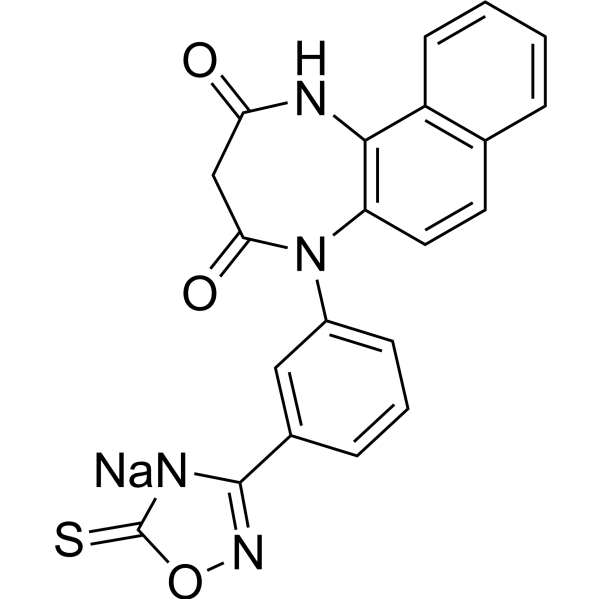
- HY-163188
-
|
|
COX
Lipoxygenase
|
Inflammation/Immunology
|
|
COX-2/LOX-IN-2 (compound 6) is a dual inhibitor of COX-2/LOX with IC50s of 7.0 μM and 27.5 μM, respectively. COX-2/LOX-IN-2 has antioxidant activity and has the potential to be used in the development of nonsteroidal anti-inflammatory drugs (tNSAIDs) .
|
-
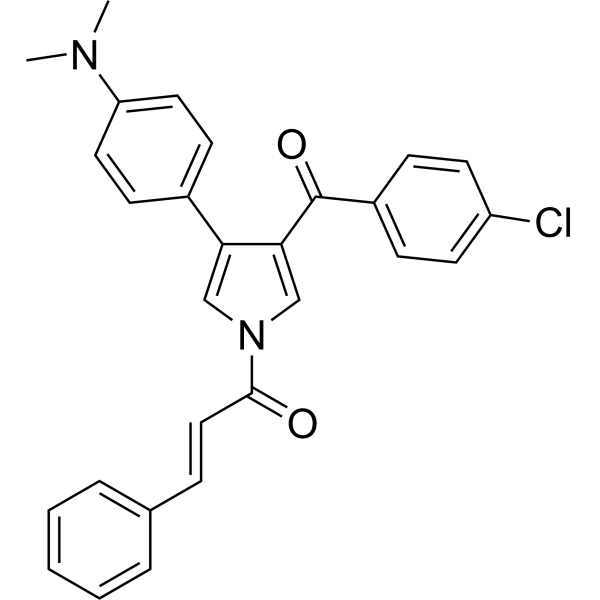
- HY-12557
-
|
|
CaSR
Wnt
TNF Receptor
|
Inflammation/Immunology
|
|
γ-Glutamylvaline is an activator of CaSR with anti-inflammatory activity. γ-Glutamylvaline inhibits TNF-α-induced proinflammatory cytokine production and increases Wnt5a expression. γ-Glutamylvaline activates calcium-sensing receptor pathways in adipocytes of 3T3-L1 mice and prevents low-grade chronic inflammation .
|
-
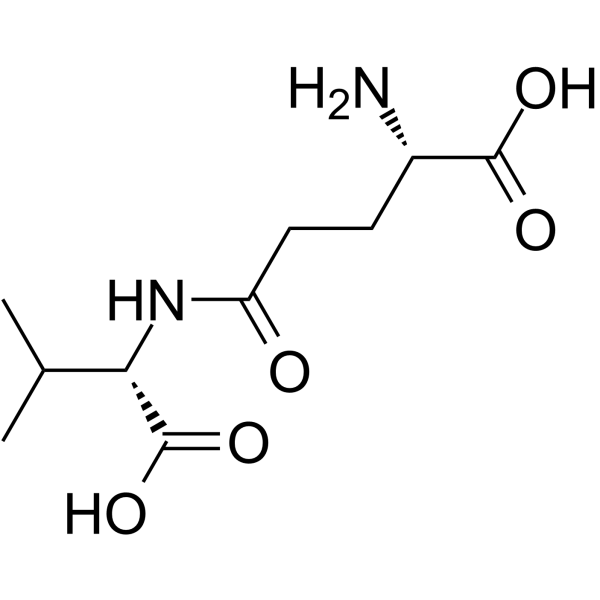
- HY-131934
-
|
|
Endogenous Metabolite
|
Inflammation/Immunology
|
|
9-OAHSA is a fatty acid ester of hydroxy fatty acids (FAHFAs). 9-OAHSA shows anti-inflammatory effects via inhibiting cytokine production and reduces IL-1β and IL-6 expression. 9-OAHSA is also a protective molecule to prevent colon carcinoma cells from apoptotic cell death .
|
-

- HY-12270
-
|
|
AP-1
MMP
|
Others
|
|
T-5224 is a transcription factor c-Fos/activator protein (AP)-1 inhibitor with anti-inflammatory effects, which specifically inhibits the DNA binding activity of c-Fos/c-Jun without affecting other transcription factors. T-5224 inhibits the IL-1β-induced up-regulation of Mmp-3, Mmp-13 and Adamts-5 transcription .
|
-
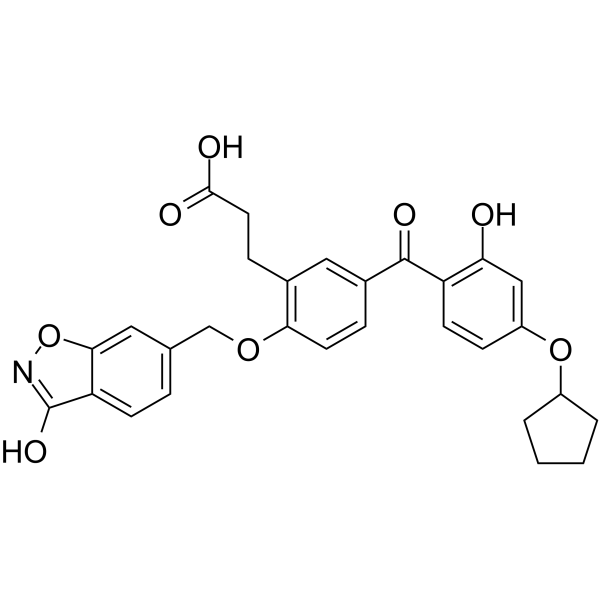
- HY-152696
-
|
|
Nucleoside Antimetabolite/Analog
|
Others
|
|
6-O-Methylinosine is a hypoxanthine analogue. Hypoxanthine is a kind of purine base mainly present in muscle tissue. And it is a metabolite produced by purine oxidase acting on xanthine. Hypoxanthine has typical anti-inflammatory effects and is a potential endogenous poly(ADP-ribose) polymerase (PARP) inhibitor. It is cytoprotective by inhibiting PAPR activity, inhibiting peroxynitrite-induced mitochondrial depolarization and secondary superoxide production. Hypoxanthine can also be used as an indicator of hypoxia .
|
-
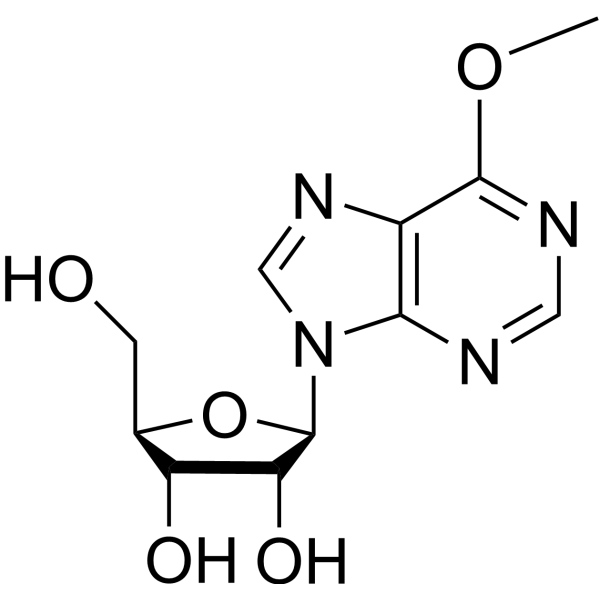
- HY-N3716
-
|
|
Aldose Reductase
COX
|
Metabolic Disease
Inflammation/Immunology
|
|
Dehydroglyasperin D inhibits rat and human Aldose Reductase (AR) (IC50: 62.4 μM and 176.2 μM respectively). Dehydroglyasperin D has anti-obesity, antioxidant effects. Dehydroglyasperin D shows anti-inflammatory activity by inhibiting COX-2 expression and the MLK3 signaling pathway. Dehydroglyasperin D also inhibits melanin synthesis. Dehydroglyasperin D is a prenylated flavonoid that can be isolated from Glycyrrhiza uralensi .
|
-
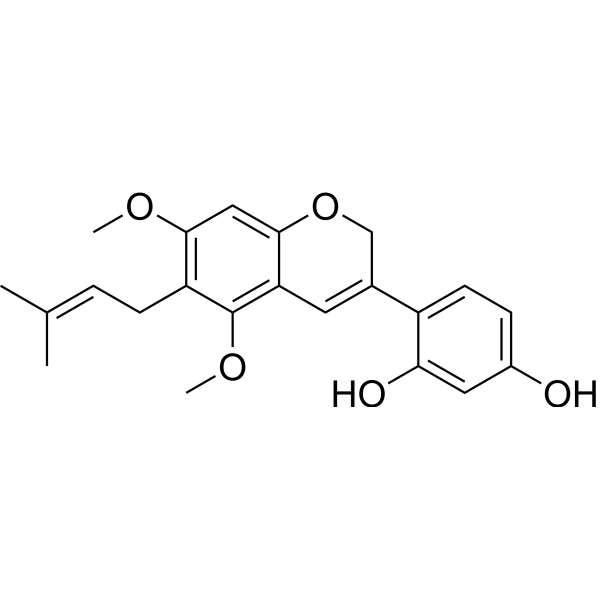
- HY-B0968S
-
|
|
Autophagy
|
Cardiovascular Disease
|
|
Trimetazidine-d8 (dihydrochloride) is the deuterium labeled Trimetazidine dihydrochloride. Trimetazidine dihydrochloride is a selective long chain 3-ketoyl coenzyme A thiolase inhibitor with an IC50 of 75 nM, which can inhibit β-oxidation of free fatty acid (FFA). Trimetazidine dihydrochloride is an effective antianginal agent and a cytoprotective agent, has anti-oxidant, anti-inflammatory, antinociceptive and gastroprotective properties. Trimetazidine dihydrochloride triggers autophagy. Trimetazidine dihydrochloride is also a 3-hydroxyacyl-CoA dehydrogenase (HADHA) inhibitor[1][2][3][4].
|
-
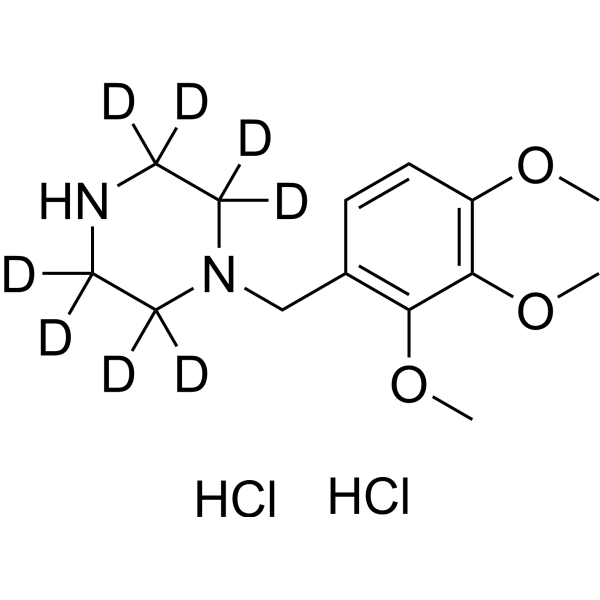
- HY-18303
-
AMG-47a
2 Publications Verification
|
Src
VEGFR
p38 MAPK
JAK
|
Inflammation/Immunology
|
|
AMG-47a is a potent and orally active lymphocyte-specific protein tyrosine kinase (Lck) inhibitor, with an IC50 of 0.2 nM. AMG-47a also inhibits VEGF2, p38α, Jak3 and MLR and IL-2 with IC50s of 1 nM, 3 nM, 72 nM, 30 nM and 21 nM, respectively. AMG-47a has anti-inflammatory activity .
|
-
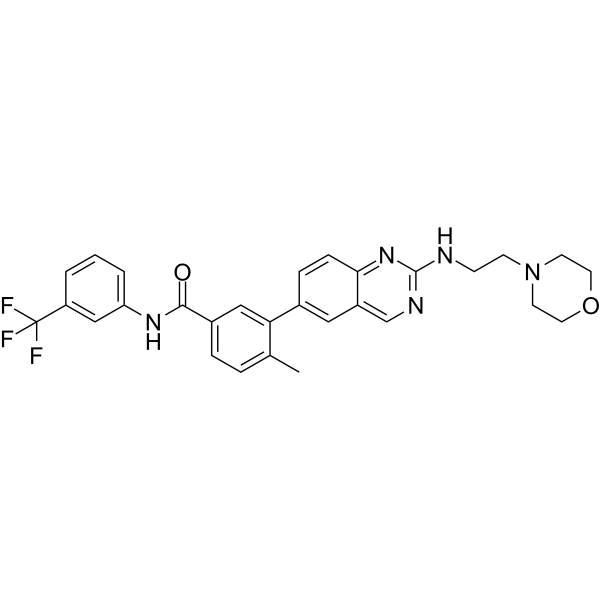
- HY-135674
-
|
|
p38 MAPK
TNF Receptor
|
Inflammation/Immunology
Cancer
|
|
SR-318 is a potent and highly selective p38 MAPK inhibitor with IC50s of 5 nM, 32 nM and 6.11 μM for p38α, p38β and p38α/β, respectively. SR-318 potently inhibits the TNF-α release in whole blood with an IC50 of 283 nM. SR-318 has anti-cancer and anti-inflammatory activity .
|
-
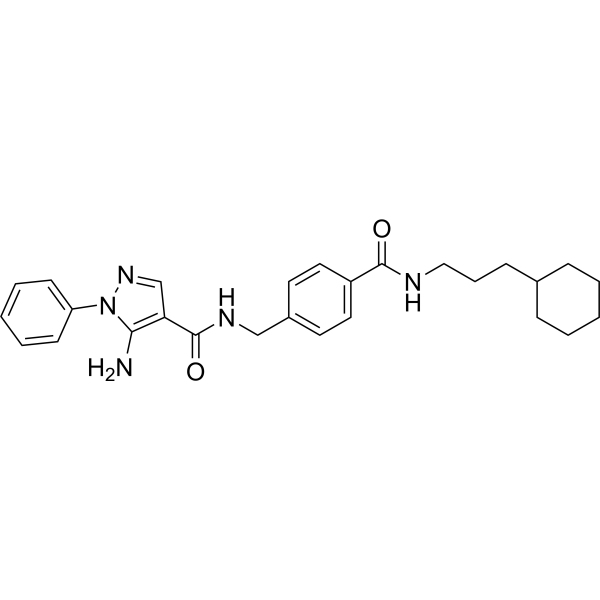
- HY-117843
-
-
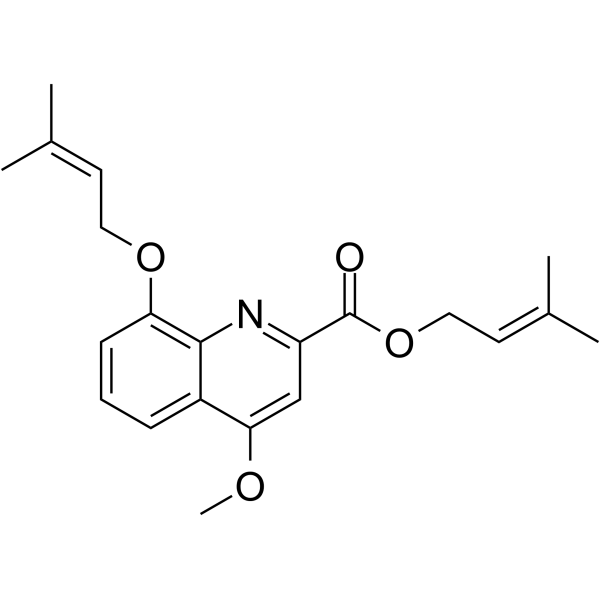
- HY-N0283
-
|
Diacerhein; Diacetylrhein
|
Interleukin Related
Calcium Channel
|
Inflammation/Immunology
|
|
Diacerein (Diacerhein), an orally active anthraquinone, reduces production of IL-1 converting enzyme then inhibits the activation of IL-1β by related downstream signaling. Diacerein is an anti-inflammatory and anti-rheumatic drug. Diacerein can relieve bronchospasm and control airway inflammation in asthmatic mice. Diacerein has the potential for slow acting drug in osteoarthritis (SYSADOA) research .
|
-
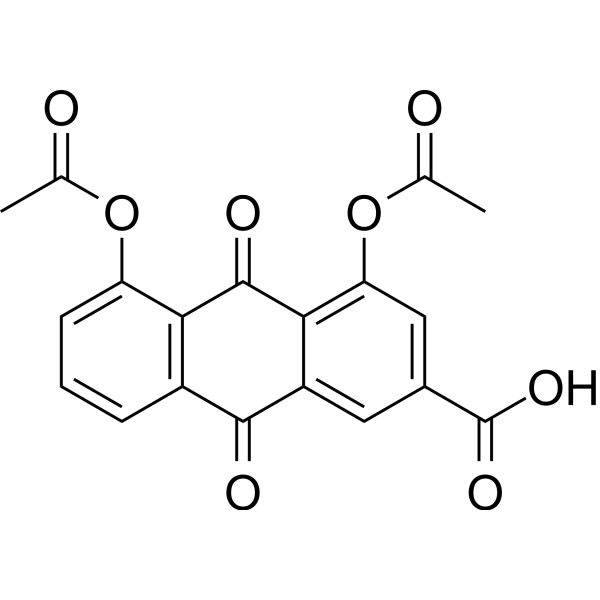
- HY-B1046
-
-
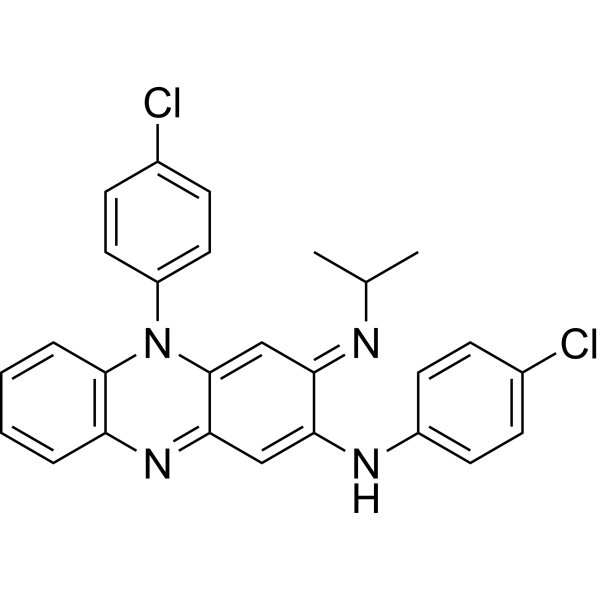
- HY-N0936
-
Coixol
1 Publications Verification
6-Methoxy-2-benzoxazolinone; 6-MBOA
|
Others
|
Inflammation/Immunology
|
|
Coixol (6-Methoxy-2-benzoxazolinone; 6-MBOA) is a potent and orally active anti-inflammatory agent. Coixol decreases the iNOS protein expression. Coixol inhibits the production of TNF-α, IL-6, and IL-1β. Coixol improves glucose tolerance and plasma insulin. Coixol decreases the blood glucose level .
|
-
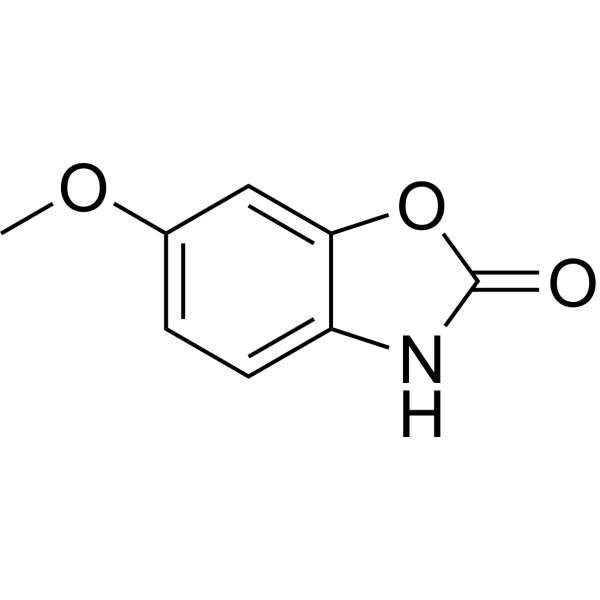
- HY-B1322AS
-
|
|
Parasite
Histone Methyltransferase
|
Infection
Neurological Disease
Inflammation/Immunology
|
|
Amodiaquine-d10 is the deuterium labeled Amodiaquine. Amodiaquine (Amodiaquin), a 4-aminoquinoline class of antimalarial agent, is a potent and orally active histamine N-methyltransferase inhibitor. Amodiaquine is also a Nurr1 agonist and specifically binds to Nurr1-LBD (ligand binding domain) with an EC50 of ~20 μM. Anti-inflammatory effect[1][2][3][4].
|
-
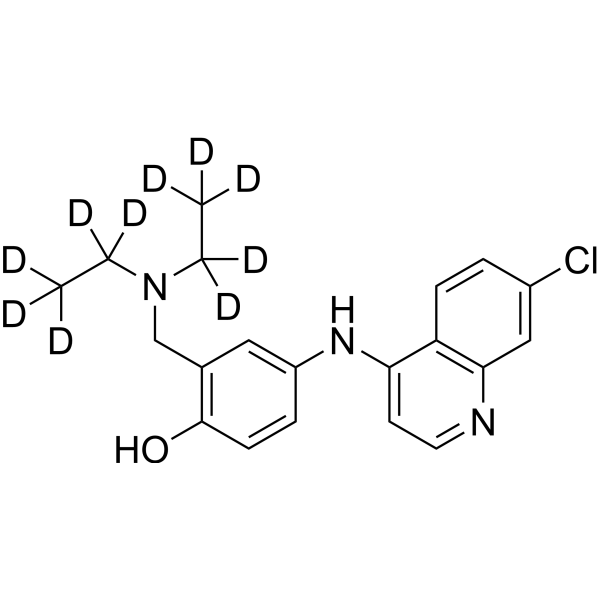
- HY-B0335S
-
|
|
COX
|
Inflammation/Immunology
Cancer
|
|
Tolfenamic acid-d4 is the deuterium labeled Tolfenamic Acid. Tolfenamic Acid (GEA 6414) is a non-steroidal anti-inflammatory and anti-cancer agent, selectively inhibits COX-2, with an IC50 of 13.49 μM (3.53 μg/mL) in LPS-treated (COX-2) canine DH82 monocyte/macrophage cells, but shows no effect on COX-1[1][2].
|
-
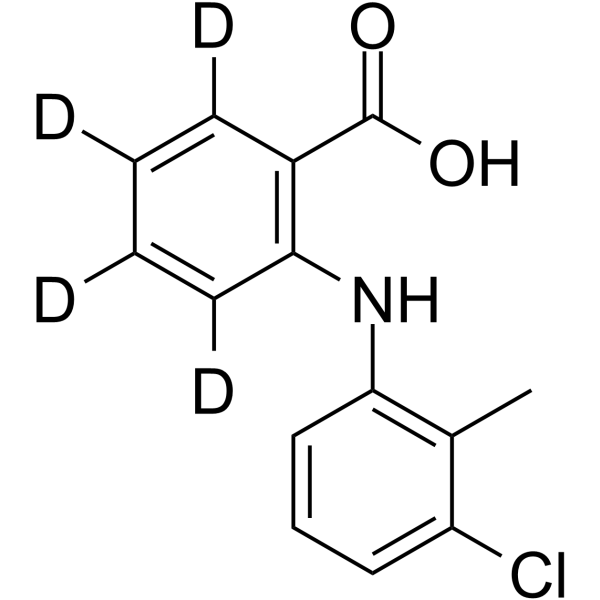
- HY-P0178
-
|
|
Integrin
|
Inflammation/Immunology
|
|
LXW7, a cyclic peptide containing Arg-Gly-Asp (RGD), is an integrin αvβ3 inhibitor. LXW7 has a high binding affinity to αvβ3 integrin with an IC50 of 0.68 μM. LXW7 increases phosphorylation of VEGFR-2 and activation of ERK1/2. Anti-inflammatory effect .
|
-
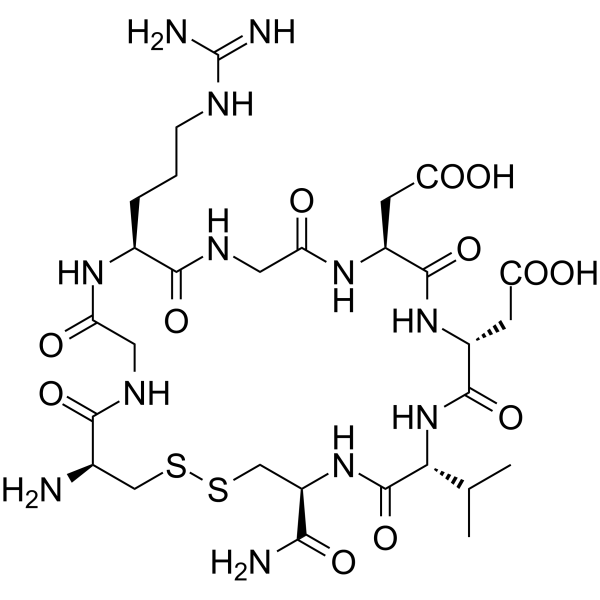
- HY-N1987
-
|
|
|
|
|
Cucurbitacin IIb is an active component isolated from Hemsleya amabilis, induces apoptosis with anti-inflammatory activity. Cucurbitacin IIb inhibits phosphorylation of STAT3, JNK and Erk1/2, enhances the phosphorylation of IκB and NF-κB (p65), blocks nuclear translocation of NF-κB (p65) and decreases mRNA levels of IκBα and TNF-α .
|
-
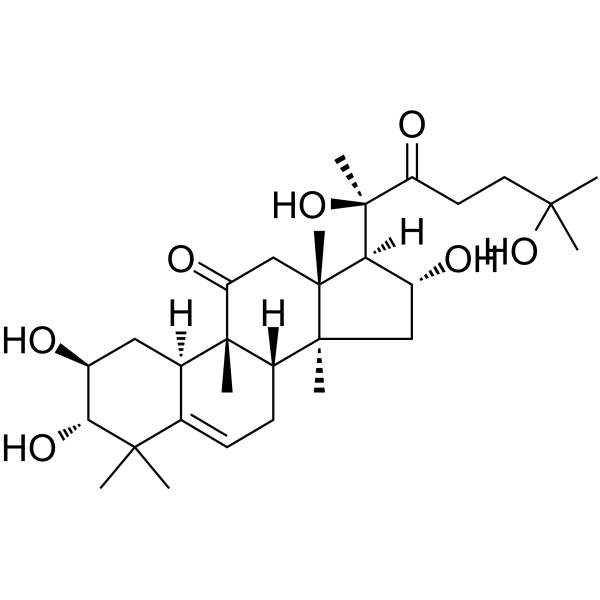
- HY-N2359
-
|
|
Beta-lactamase
PKC
Bcl-2 Family
Apoptosis
Autophagy
|
Metabolic Disease
Inflammation/Immunology
Cancer
|
|
Chelerythrine is a natural alkaloid, acts as a potent and selective Ca 2+/phospholopid-dependent PKC antagonist, with an IC50 of 0.7 μM . Chelerythrine has antitumor, antidiabetic and anti-inflammatory activity . Chelerythrine inhibits the BclXL-Bak BH3 peptide binding with IC50 of 1.5 μM and displaces Bax from BclXL. Chelerythrine triggers apoptosis and autophagy .
|
-
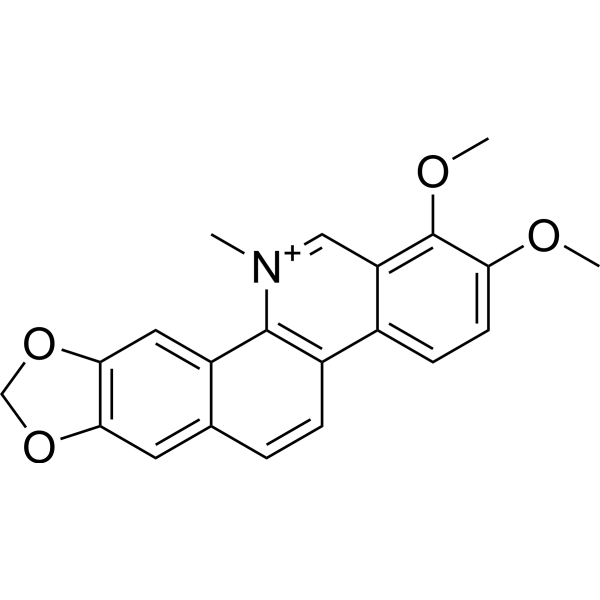
- HY-122942
-
-
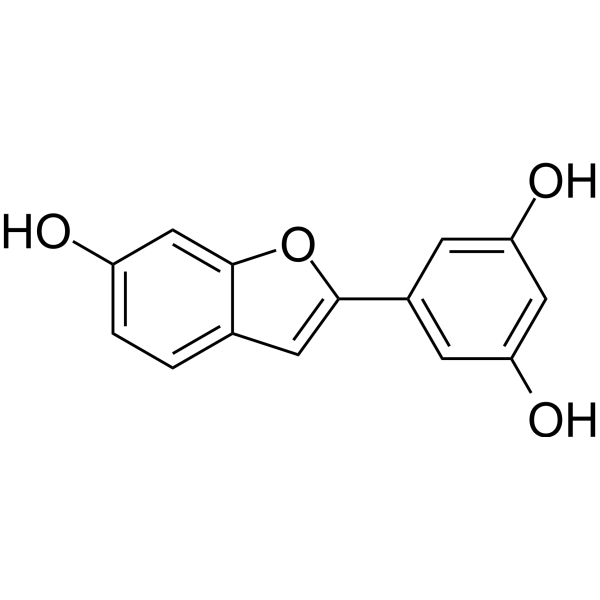
- HY-N0665
-
|
(8E)-Nuezhenide
|
NF-κB
Wnt
|
Inflammation/Immunology
|
|
Specnuezhenide ((8E)-Nuezhenide) is isolated from the fruits of Ligustrum lucidum. Specnuezhenide ((8E)-Nuezhenide) can inhibit IL-1β-induced inflammation in chondrocytes via inhibition of NF-κB and wnt/β-catenin signaling. Specnuezhenide ((8E)-Nuezhenide) exerts anti-inflammatory effects in a rat model of osteoarthritis (OA) .
|
-
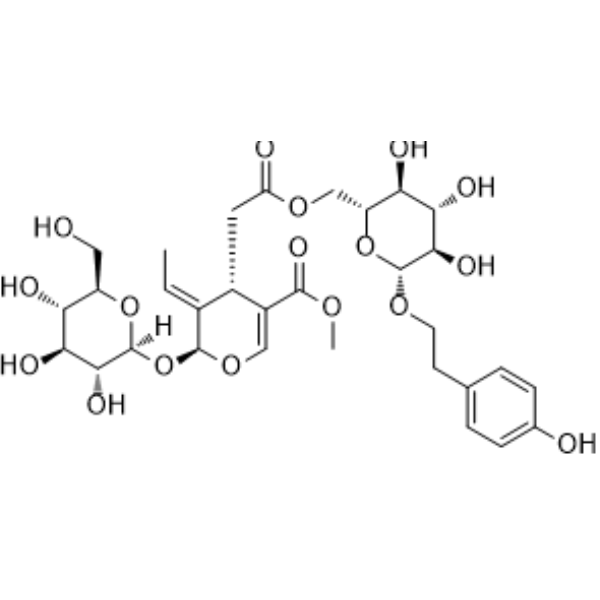
- HY-N2259
-
|
(+)-Curcumenol
|
|
|
|
Curcumenol ((+)-Curcumenol) is a potent CYP3A4 inhibitor with an IC50 of 12.6 μM, which is one of constituents in the plants of medicinally important genus of Curcuma zedoaria, with neuroprotection, anti-inflammatory, anti-tumor and hepatoprotective activities. Curcumenol ((+)-Curcumenol) suppresses Akt-mediated NF-κB activation and p38 MAPK signaling pathway in LPS-stimulated BV-2 microglial cells .
|
-

- HY-B0688S
-
|
4,4′-Diaminodiphenyl sulfone-d8; DDS-d8
|
Antibiotic
Parasite
Bacterial
Reactive Oxygen Species
|
Infection
Inflammation/Immunology
Cancer
|
|
Dapsone-d8 is a deuterium labeled Dapsone. Dapsone is an orally active and blood-brain penetrant sulfonamide antibiotic with antibacterial, antigenic and anti-inflammatory activities[1]. Dapsone exerts effective antileprosy activity and inhibits folate synthesis in cell extracts of M. leprae. Dapsone can be used as an anticonvulsant and also in the research of skin and glioblastoma diseases[2][3][4][5].
|
-
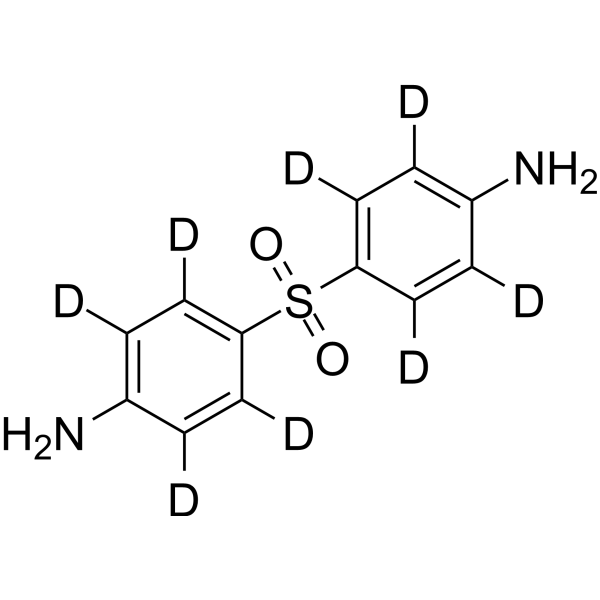
- HY-17589AS
-
-

- HY-129440
-
|
|
PDGFR
|
Metabolic Disease
Inflammation/Immunology
|
|
N-(p-Coumaroyl) Serotonin is a polyphenol isolated from the seeds of safflower and has antioxidative, anti-atherogenic and anti-inflammatory properties. N-(p-Coumaroyl) Serotonin inhibits PDGF-induced on phosphorylation of PDGF receptor and Ca 2+ release from sarcoplasmic reticulum . N-(p-Coumaroyl) Serotonin ameliorates atherosclerosis and distensibility of the aortic wall in vivo and is usually used for the atherosclerosis research .
|
-
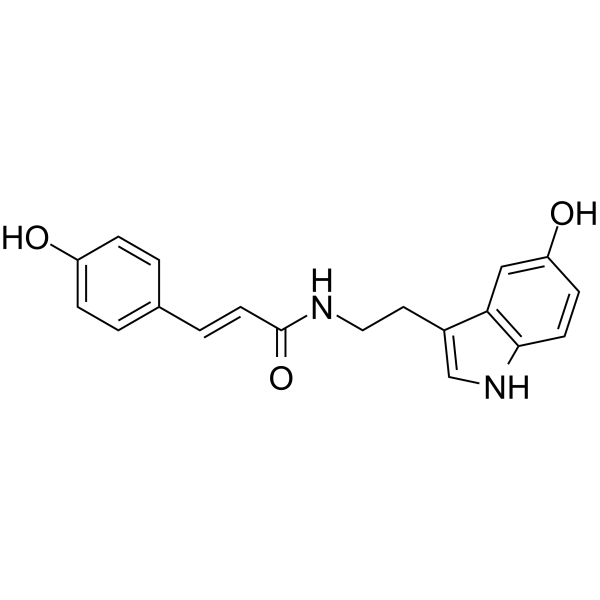
- HY-15652A
-
|
ONO-6818 quarterhydrate; ONO-PO-736 quarterhydrate
|
Elastase
|
Inflammation/Immunology
|
|
Freselestat quarterhydrate (ONO-6818 quarterhydrate) is a potent and orally active neutrophil elastase inhibitor with a Ki of 12.2 nM. Freselestat quarterhydrate is >100-fold less-active against other proteases such as trypsin, protein-ase 3, pancreatic elastase, plasmin, thrombin, collagenase, cathepsin G, and murine macrophage elastase. Freselestat quarterhydrate has a potent anti-inflammatory activity .
|
-
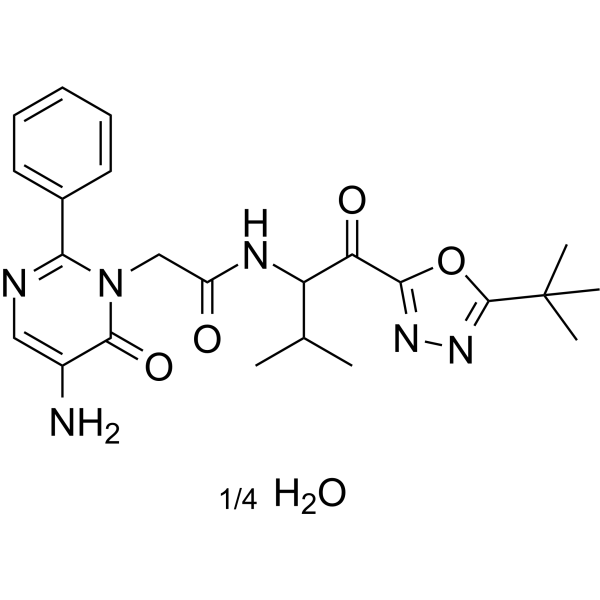
- HY-103238
-
|
|
AMPK
STAT
Autophagy
|
Neurological Disease
Metabolic Disease
Inflammation/Immunology
|
|
RSVA405 is a potent, orally active activator of AMPK, with an EC50 of 1 μM. RSVA405 facilitates CaMKKβ-dependent activation of AMPK, inhibits mTOR, and promotes autophagy to increase Aβ degradation. RSVA405 has anti-inflammatory effects through the inhibition of STAT3 function. RSVA405 can also be used for the research of obesity .
|
-
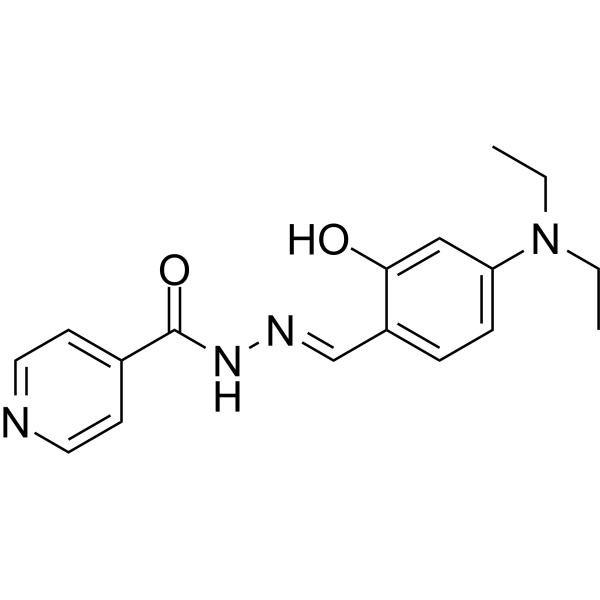
- HY-139374
-
|
BAY 1834845
|
IRAK
|
Inflammation/Immunology
|
|
Zabedosertib (BAY 1834845) is a selective, orally active IRAK4 inhibitor with immunomodulatory potential, IC50 is 3.55 nM. IRAK4 is a protein kinase involved in signaling innate immune responses from Toll-like receptors . Zabedosertib exhibits anti-inflammatory property against IL-β, LPS (HY-D1056) and Imiquimod (HY-B1080) induced inflammation .
|
-
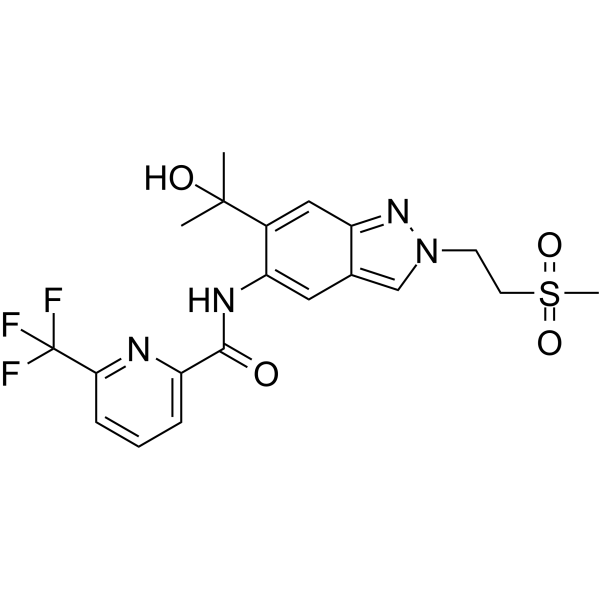
- HY-17589S1
-
-
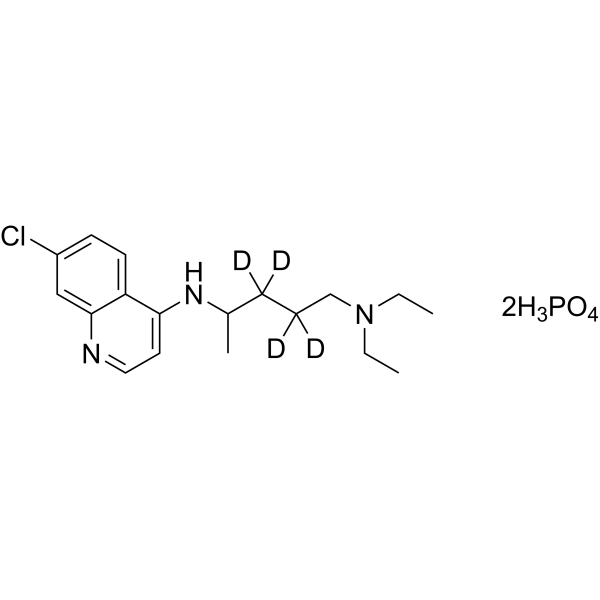
- HY-N2908
-
|
Methyl atrarate
|
Androgen Receptor
NO Synthase
p38 MAPK
NF-κB
|
Inflammation/Immunology
Cancer
|
|
Atraric acid (Methyl atrarate) is a specific androgen receptor (AR) antagonist with anti-inflammatory and anticancer effects. Atraric acid represses the expression of the endogenous prostate specific antigen gene in both LNCaP and C4-2 cells. Atraric acid can also inhibit the synthesis of NO and cytokine, and suppress the MAPK-NFκB signaling pathway. Atraric acid can be used to research prostate diseases and inflammatory diseases .
|
-
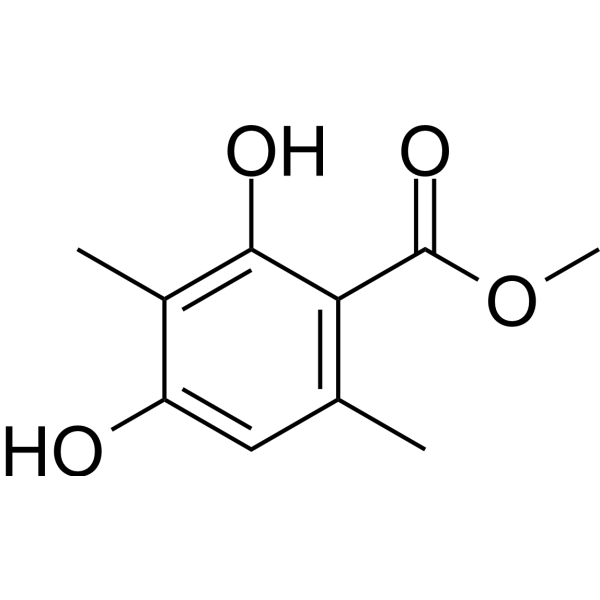
- HY-124896
-
|
6-Geranylnaringenin; Mimulone
|
Phosphatase
Apoptosis
Autophagy
|
Inflammation/Immunology
Cancer
|
|
Bonannione A (6-Geranylnaringenin; Mimulone), a prenylflavonoid, is an orally active and potent protein tyrosine phosphatase 1B (PTP1B) inhibitor with an IC50 of 14 µM. Bonannione A triggers caspase-dependent apoptosis. Bonannione A induces autophagy through p53-mediated AMPK/mTOR pathway. Bonannione A shows anti-inflammatory, antiradical and anti-cancer activity .
|
-
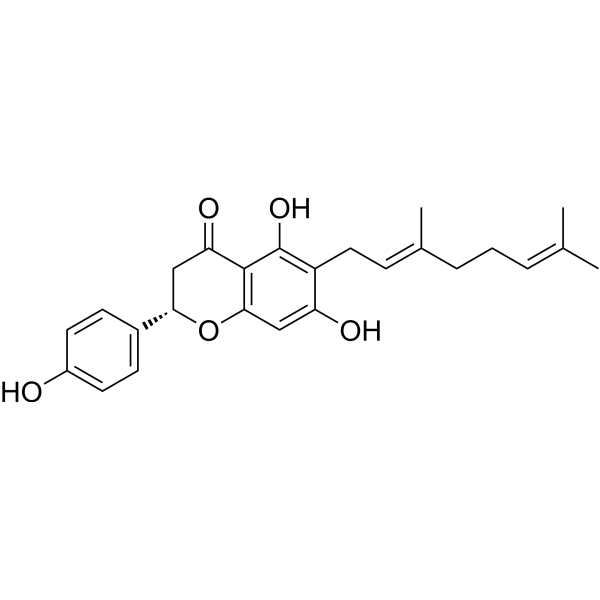
- HY-152213
-
|
|
Epigenetic Reader Domain
|
Inflammation/Immunology
|
|
BET-IN-13 is a potent BET inhibitor with an IC50 value of 1.6 nM. BET-IN-13 reduces LPS-induced TNF-α, IL-1β, IL-6, and NOS2 mRNA expression levels. BET-IN-13 shows anti-inflammatory activity. BET-IN-13 has the potential for the research of acute liver injury .
|
-
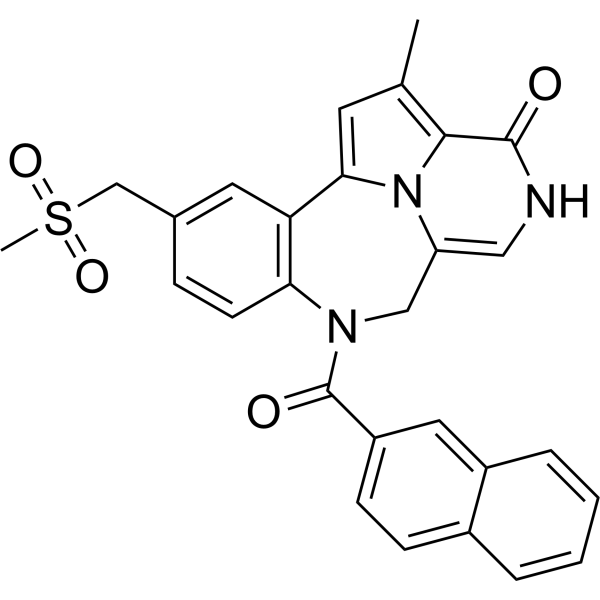
- HY-B1227S1
-
|
|
FAAH
COX
Autophagy
Endogenous Metabolite
|
Inflammation/Immunology
|
|
Carprofen- 13C,d3 is the deuterium and 13C labeled Carprofen[1]. Carprofen is a nonsteroid anti-inflammatory agent, acts as a multi-target FAAH/COX inhibitor, with IC50s of 3.9 μM, 22.3 μM and 78.6 μM for COX-2, COX-1 and FAAH, respectively[2][3][4].
|
-
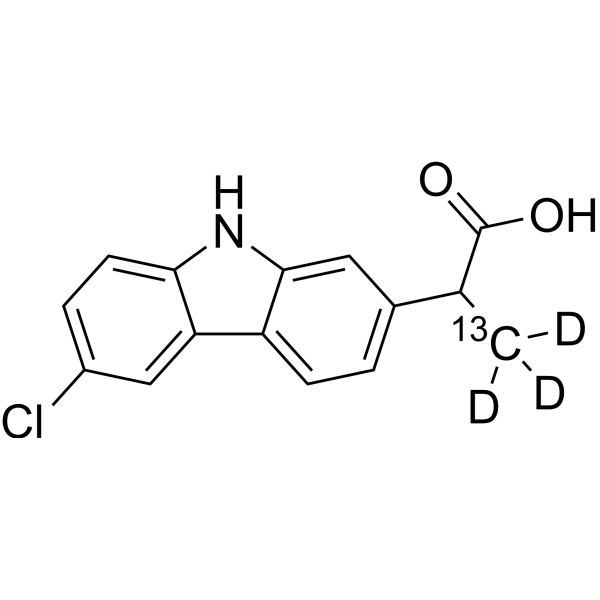
- HY-153905
-
|
|
Casein Kinase
|
Neurological Disease
|
|
Casein kinase 1δ-IN-6 is a potent and selective protein kinase CK-1δ inhibitor with an IC50 of 23 nM. Casein kinase 1δ-IN-6 shows neuroprotective and anti-inflammatory properties both in vitro and in vivo. Casein kinase 1δ-IN-6 is a promising drug candidate and can be used for neurodegenerative diseases research.
|
-
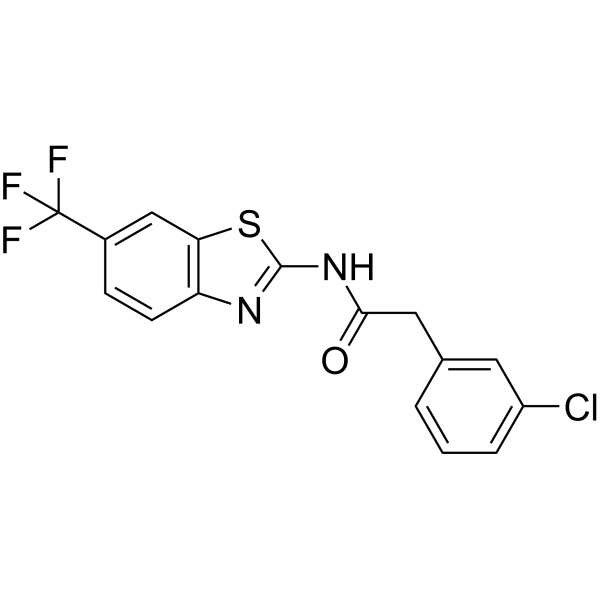
- HY-N0162R
-
|
Luteoline(Standard); Luteolol(Standard); Digitoflavone (Standard)
|
Keap1-Nrf2
Apoptosis
Autophagy
Endogenous Metabolite
|
Inflammation/Immunology
Cancer
|
|
Luteolin (Standard) is the analytical standard of Luteolin. This product is intended for research and analytical applications. Luteolin (Luteoline), a flavanoid compound, is a potent Nrf2 inhibitor. Luteolin has anti-inflammatory, anti-cancer properties, including the induction of apoptosis and cell cycle arrest, and the inhibition of metastasis and angiogenesis, in several cancer cell lines, including human non-small lung cancer cells .
|
-
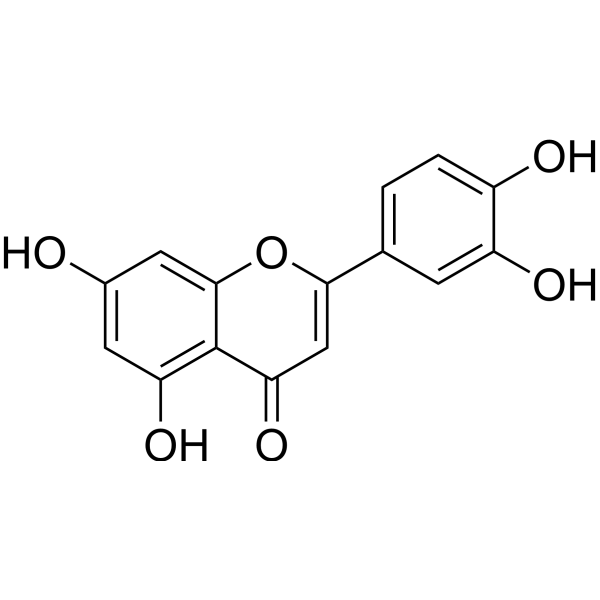
- HY-14670R
-
|
ML 1785713 (Standard)
|
COX
|
Inflammation/Immunology
|
|
Firocoxib (Standard) is the analytical standard of Firocoxib. This product is intended for research and analytical applications. Firocoxib (ML 1785713) is a potent, selective and orally active COX-2 inhibitor with an IC50 of 0.13 μM. Firocoxib shows 58-fold more selective for COX-2 than COX-1 (IC50 of 7.5 μM). Firocoxib has anti-inflammatory effects .
|
-
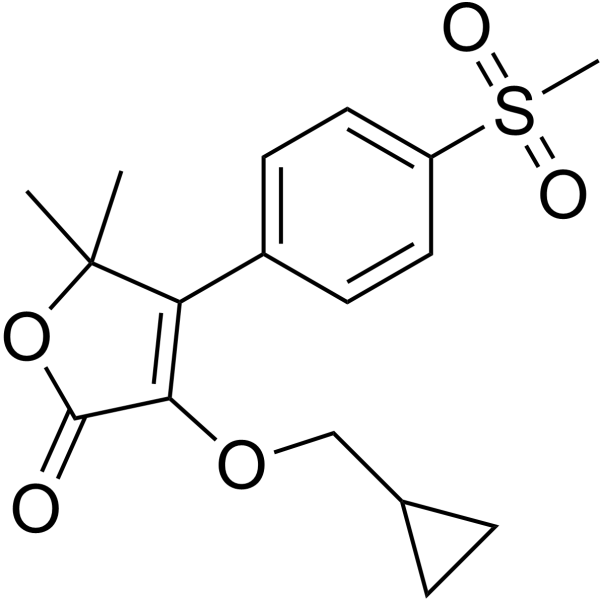
- HY-B0335R
-
|
GEA 6414 (Standard)
|
COX
|
Inflammation/Immunology
Cancer
|
|
Tolfenamic Acid (Standard) is the analytical standard of Tolfenamic Acid. This product is intended for research and analytical applications. Tolfenamic Acid (GEA 6414) is a non-steroidal anti-inflammatory and anti-cancer agent, selectively inhibits COX-2, with an IC50 of 13.49 μM (3.53 μg/mL) in LPS-treated (COX-2) canine DH82 monocyte/macrophage cells, but shows no effect on COX-1.
|
-
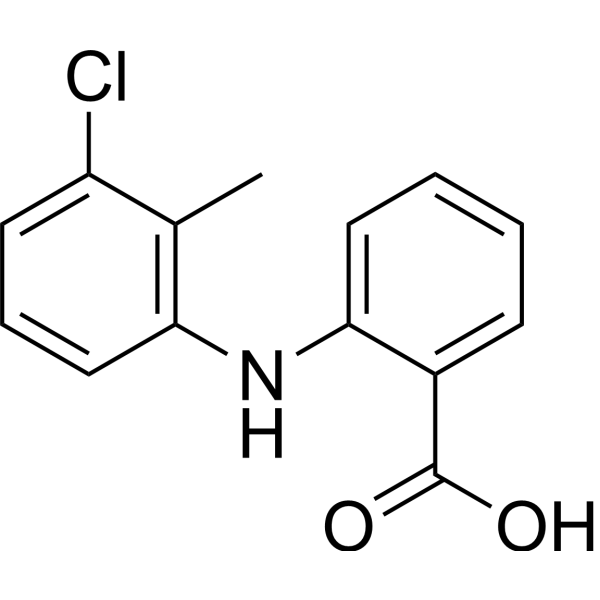
- HY-108538
-
|
|
Glutathione S-transferase
NF-κB
Calcium Channel
|
Inflammation/Immunology
|
|
Ethacrynic acid D5 is a deuterium labeled Ethacrynic acid. Ethacrynic acid is a diuretic. Ethacrynic acid is an inhibitor of glutathione S-transferases (GSTs). Ethacrynic acid is a potent inhibitor of NF-kB-signaling pathway, and also modulates leukotriene formation. Ethacrynic acid also inhibits L-type voltage-dependent and store-operated calcium channel, leading to relaxation of airway smooth muscle (ASM) cells. Ethacrynic acid has anti-inflammatory properties that reduces the retinoid-induced ear edema in mice .
|
-
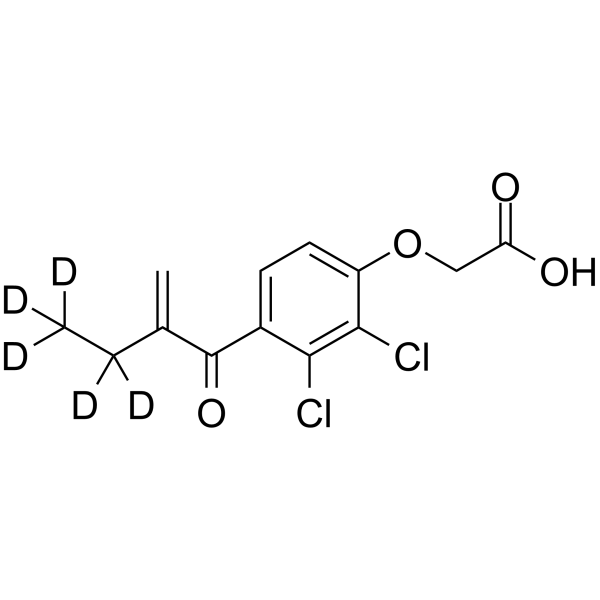
- HY-W039271
-
|
2-Chloro-6-O-methyl-inosine
|
Nucleoside Antimetabolite/Analog
|
Cancer
|
|
2-Chloro-6-methoxypurine riboside is a hypoxanthine analog. Hypoxanthine is a kind of purine base mainly present in muscle tissue. And it is a metabolite produced by purine oxidase acting on xanthine. Hypoxanthine has typical anti-inflammatory effects and is a potential endogenous poly(ADP-ribose) polymerase (PARP) inhibitor. It is cytoprotective by inhibiting PAPR activity, inhibiting peroxynitrite-induced mitochondrial depolarization and secondary superoxide production. Hypoxanthine can also be used as an indicator of hypoxia .
|
-

- HY-154017
-
|
|
Nucleoside Antimetabolite/Analog
|
Cancer
|
|
2′-C-Methyl-6-O-methylinosine is a hypoxanthine analog. Hypoxanthine is a kind of purine base mainly present in muscle tissue. And it is a metabolite produced by purine oxidase acting on xanthine. Hypoxanthine has typical anti-inflammatory effects and is a potential endogenous poly(ADP-ribose) polymerase (PARP) inhibitor. It is cytoprotective by inhibiting PAPR activity, inhibiting peroxynitrite-induced mitochondrial depolarization and secondary superoxide production. Hypoxanthine can also be used as an indicator of hypoxia .
|
-
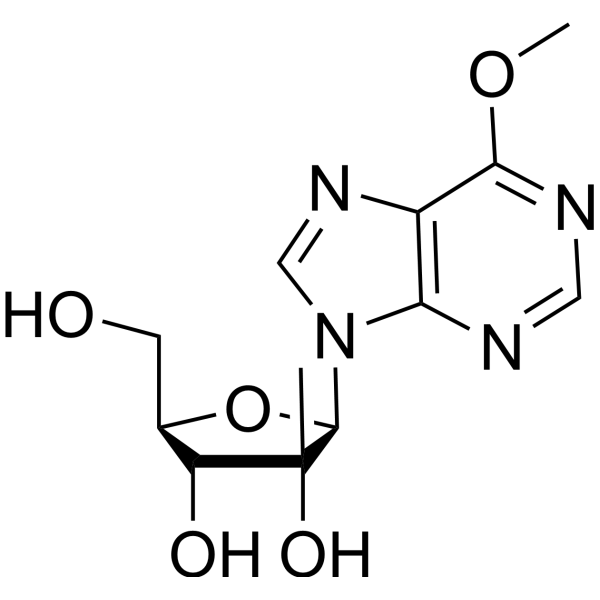
- HY-155458
-
|
|
PARP
|
Inflammation/Immunology
Cancer
|
|
HYDAMTIQ is a PARP-1/2 inhibitor (IC50: 29-38 nM) with anticancer, anti-inflammatory, and ischemic protective effects. HYDAMTIQ inhibits pulmonary PARP activity, is effective against allergen-induced cough and dyspnea, and inhibits bronchial hyperresponsiveness to methacholine. HYDAMTIQ has broad-spectrum tumor suppressor effects, including ovarian and breast cancers, prostate and pancreatic tumors, and glioblastoma multiforme. HYDAMTIQ has demonstrated in vivo efficacy in animal models of cerebral ischemia, asthma, cancer, and more .
|
-
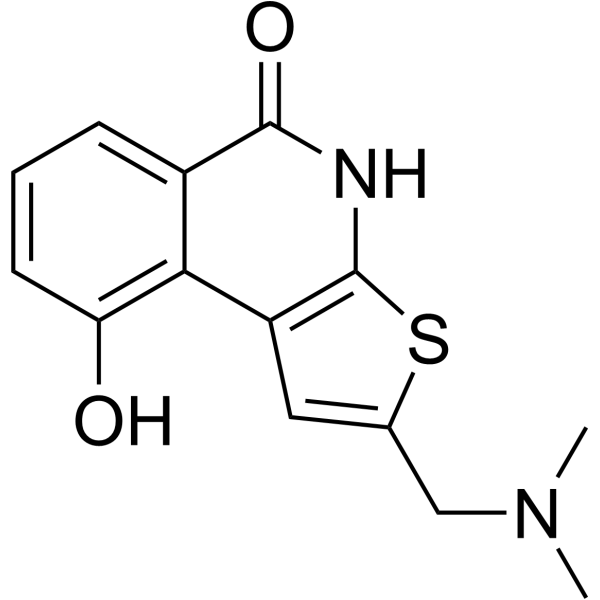
- HY-13653
-
|
EGCG; Epigallocatechol Gallate
|
Endogenous Metabolite
Apoptosis
|
Inflammation/Immunology
Cancer
|
|
(-)-Epigallocatechin Gallate (EGCG) is a major polyphenol in green tea, which can inhibit cell proliferation and induce cell apoptosis. (-)-Epigallocatechin Gallate inhibits glutamate dehydrogenase 1/2 (GDH1/2, GLUD1/2) activity. (-)-Epigallocatechin Gallate has a potent anticancer, antioxidant and anti-inflammatory properties against various types of cancers such as colorectal cancer, myeloid leukemia, thyroid carcinoma .
|
-
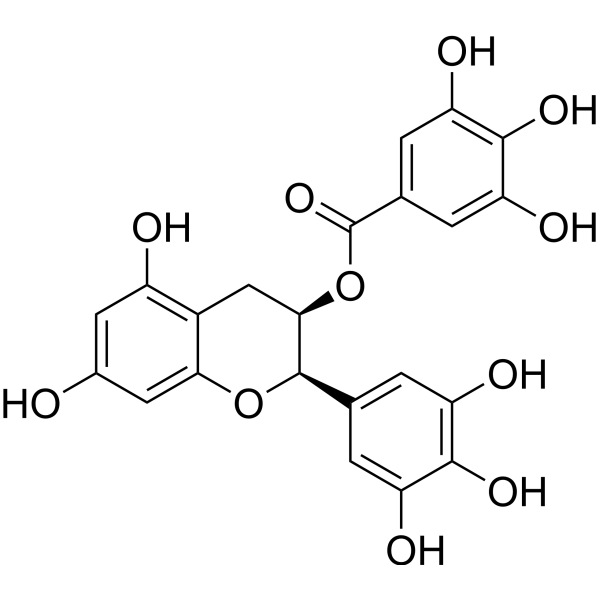
- HY-B0580
-
|
RS37619
|
COX
Apoptosis
|
Inflammation/Immunology
Cancer
|
|
Ketorolac (RS37619) is a non-steroidal anti-inflammatory drug (NSAID), acting as a nonselective COX inhibitor, with IC50s of 20 nM for COX-1 and 120 nM for COX-2. Ketorolac tromethamine is used as 0.5% ophthalmic solution for the research of allergic conjunctivitis, cystoid macular edema, intraoperative miosis, and postoperative ocular inflammation and pain. Ketorolac tromethamine is also a DDX3 inhibitor that can be used for cancer research .
|
-
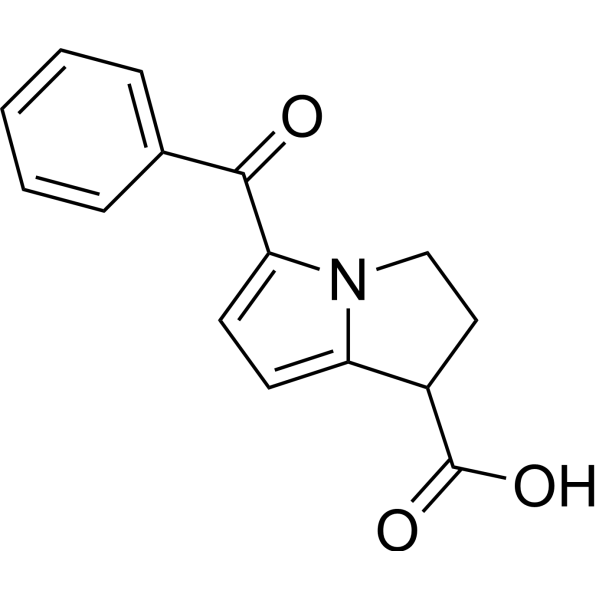
- HY-117275
-
-
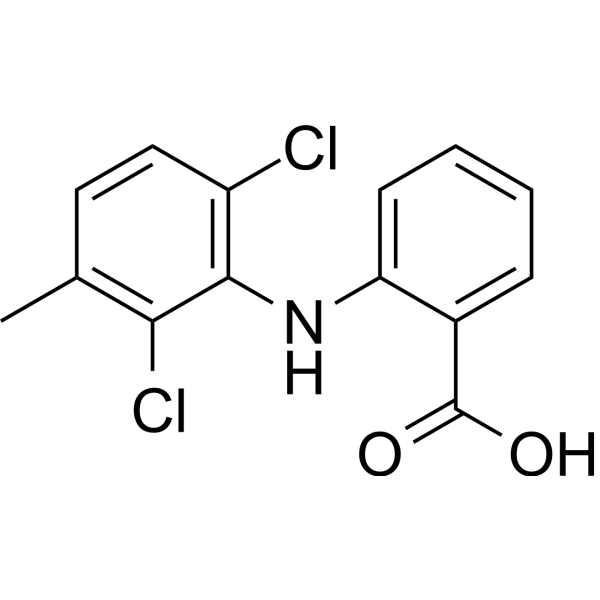
- HY-N2510
-
|
Myristicine
|
5-HT Receptor
EGFR
ERK
Apoptosis
Bacterial
|
Infection
Neurological Disease
Inflammation/Immunology
Cancer
|
|
Myristicine is an orally bioavailable serotonin receptor antagonist and weak monoamine oxidase (MAO) inhibitor. Myristicine also exerts anti-cancer effects on gastric cancer cells by inhibiting the EGFR/ERK signaling pathway. Myristicine is the main component of nutmeg essential oil and has anti-cancer, anti-proliferative, antibacterial, anti-inflammatory and apoptosis-inducing effects. Myristicine abuse can produce hallucinogenic effects, organ damage, etc .
|
-
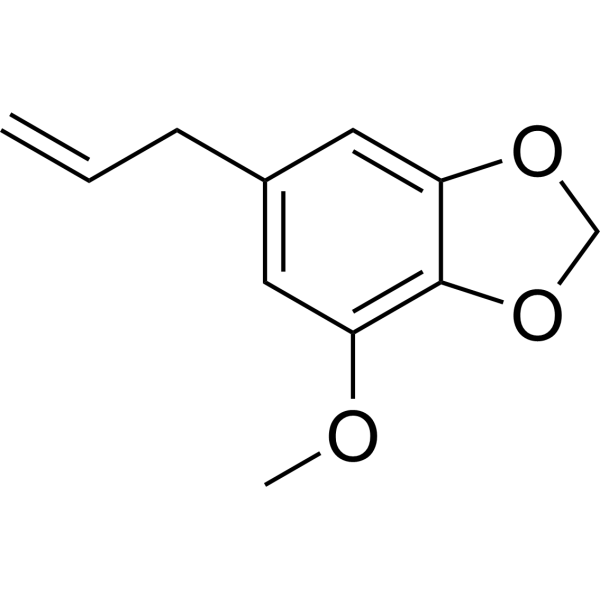
- HY-117275A
-
-
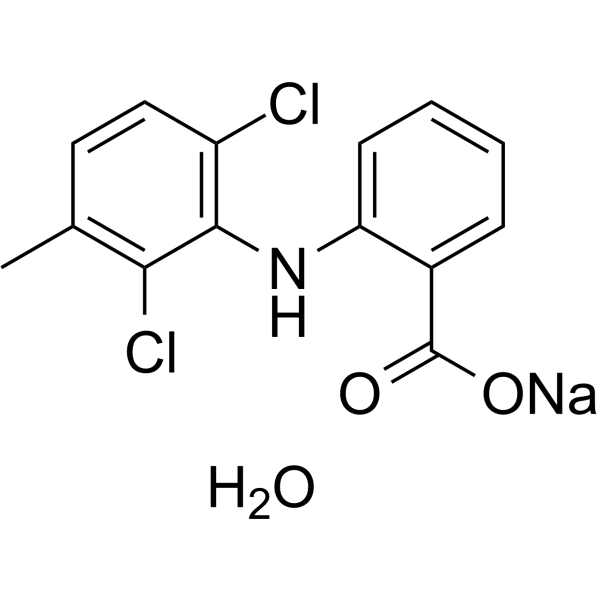
- HY-155160
-
|
|
Lipoxygenase
COX
|
Inflammation/Immunology
|
|
COX-2/15-LOX-IN-3 (compound 5k) is a dual inhibitor of COX-2/15-LOX with IC50s of 0.075 μM and 1.97 μM, respectively. COX-2/15-LOX-IN-3 can inhibit LPS-induced cell production of promoting cytokines (IL-6, ROS, and NO), with specific anti-inflammatory activity .
|
-
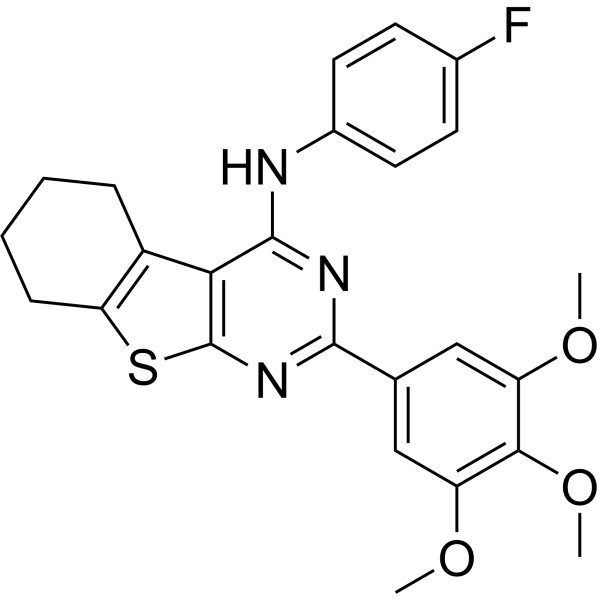
- HY-155161
-
|
|
Lipoxygenase
COX
|
Inflammation/Immunology
|
|
COX-2/15-LOX-IN-4 (compound 5i) is a dual inhibitor of COX-2/15-LOX with IC50s of 0.075 μM and 1.97 μM, respectively. COX-2/15-LOX-IN-4 can inhibit LPS-induced cell production of promoting cytokines (IL-6, ROS) with specific anti-inflammatory activity .
|
-
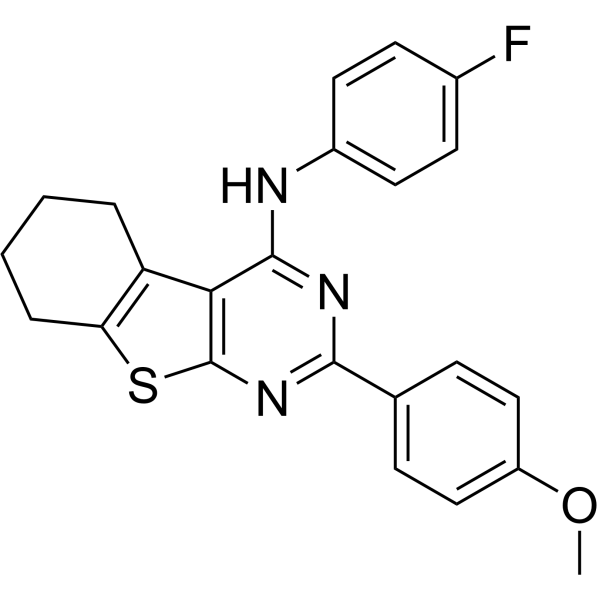
- HY-15036
-
|
|
COX
Apoptosis
|
Inflammation/Immunology
Cancer
|
|
Diclofenac is a potent and nonselective anti-inflammatory agent, acts as a COX inhibitor, with IC50s of 4 and 1.3 nM for human COX-1 and COX-2 in CHO cells , and 5.1 and 0.84 μM for ovine COX-1 and COX-2, respectively . Diclofenac induces apoptosis of neural stem cells (NSCs) via the activation of the caspase cascade .
|
-
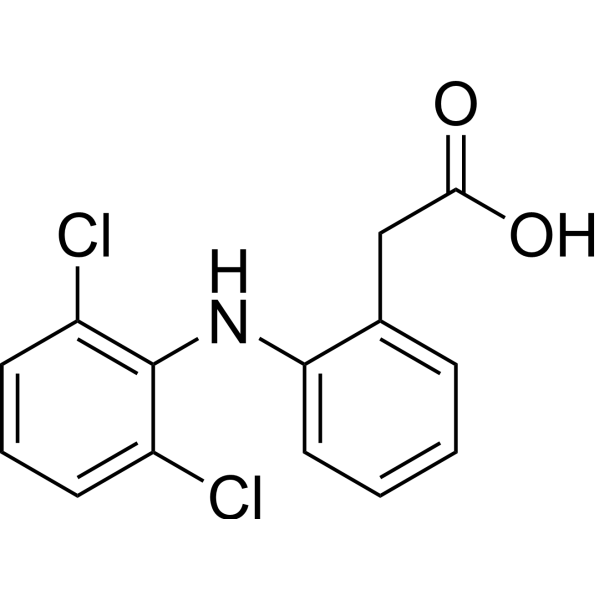
- HY-N0236
-
Corylin
4 Publications Verification
|
Antibiotic
STAT
|
Infection
Metabolic Disease
Cancer
|
|
Corylin is an orally active flavonoid anti-inflammatory and osteogenic agent that inhibits IL-6-induced STAT3 promoter activity and STAT3 phosphorylation. Corylin also has anticancer, antiatherosclerotic, and ameliorating activity in hyperlipidemia and insulin resistance, inducing adipocyte browning and lipolysis through SIRT1 or β3-AR-dependent pathways .
|
-
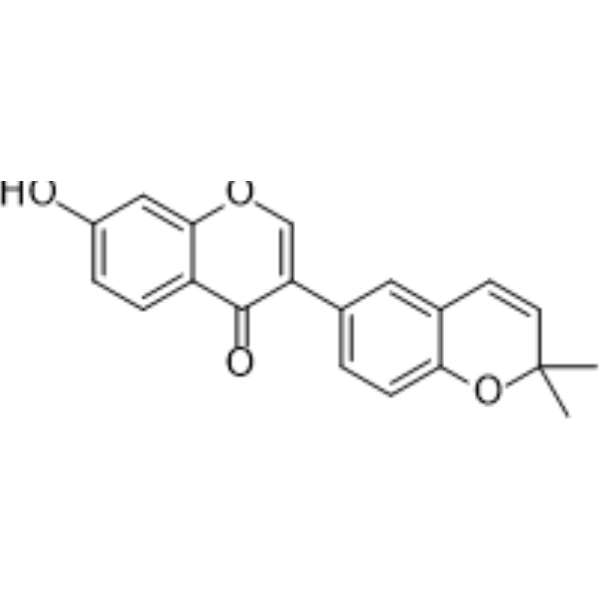
- HY-14399
-
|
CHF5074; CSP-1103
|
γ-secretase
Apoptosis
|
Neurological Disease
|
|
Itanapraced (CHF5074) is an orally active γ-secretase modulator and a non-steroidal anti-inflammatory derivative. Itanapraced reduces Aβ42 and Aβ40 secretion with IC50 values of 3.6 and 18.4 μM, respectively. Itanapraced inhibits cell apoptosis of hippocampal neurons induced by oxygen and glucose deprivation (OGD). Itanapraced can be used for the research of Alzheimer's disease .
|
-
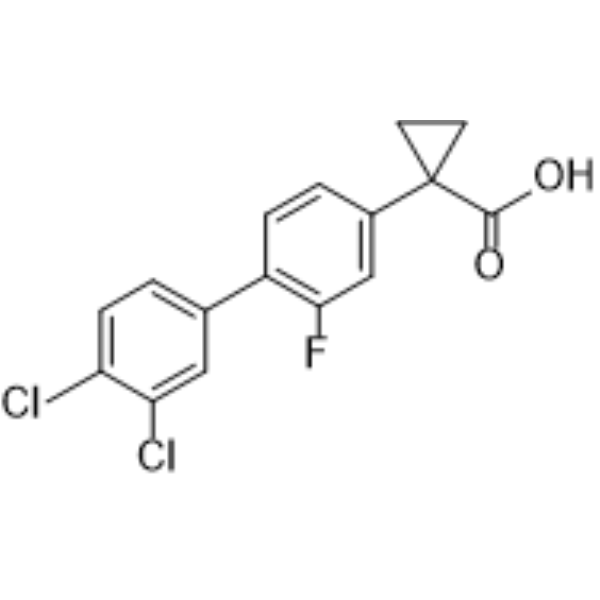
- HY-B0568
-
|
|
Ferroptosis
HCV
Apoptosis
COX
|
Infection
Cardiovascular Disease
Neurological Disease
Inflammation/Immunology
Endocrinology
Cancer
|
|
Deferiprone is a potent, orally active, brain-penetrant, cell-penetrant, skin-permeable, free iron chelating agent. Deferiprone inhibits the proliferation and migration, and stimulates apoptosis in tumor cell. Deferiprone has antianemic, neuroprotective, anti-inflammatory, antioxidant, and antidotal activity. Deferiprone can be used in cancer, cardiovascular disease, infection, inflammation, and neurological disease study .
|
-
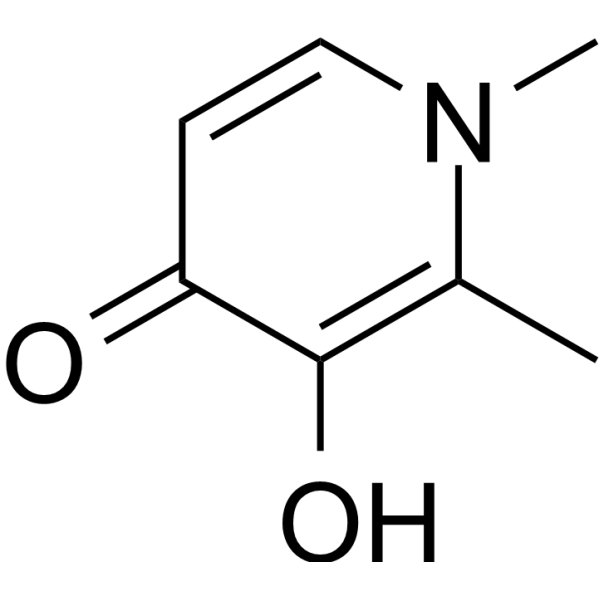
- HY-N0652
-
|
2,3,4',5-Tetrahydroxystilbene 2-O-D-glucoside
|
ERK
NF-κB
|
Cardiovascular Disease
Neurological Disease
|
|
2,3,5,4'-Tetrahydroxystilbene 2-O-β-D-glucoside isolats from the roots of Polygonaceae species, inhibits the formation of 5-HETE, HHT and thromboxane B2. 2,3,5,4'-Tetrahydroxystilbene 2-O-β-D-glucoside has hypotensive, anti-ageing, anti-inflammatory, hypolipidemic, cardioprotective, and neuroprotective actions .
|
-
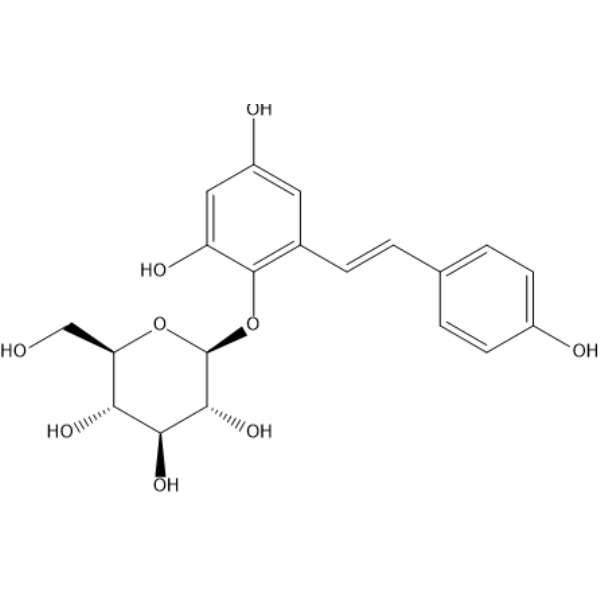
- HY-N0327
-
|
|
Apoptosis
Xanthine Oxidase
|
Metabolic Disease
|
|
Lobetyolin, a bioactive compound, is derived from Codonopsis pilosula. Lobetyolin has anti-inflammatory, anti-oxidative and xanthine oxidase inhibiting activities. Lobetyolin also induces the apoptosis via the inhibition of ASCT2-mediated glutamine metabolism . Lobetyolin is a click chemistry reagent, it contains an Alkyne group and can undergo copper-catalyzed azide-alkyne cycloaddition (CuAAc) with molecules containing Azide groups.
|
-
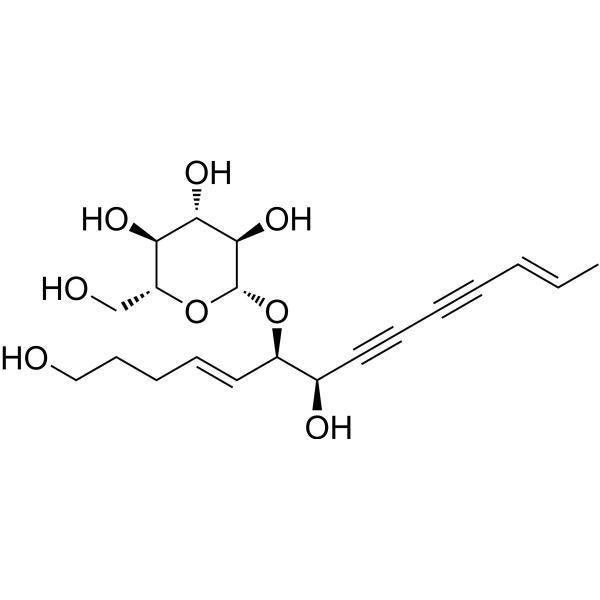
- HY-B0715S
-
|
BL-191-d6; PTX-d6; Oxpentifylline-d6
|
Phosphodiesterase (PDE)
Autophagy
HIV
|
Cardiovascular Disease
Cancer
|
|
Pentoxifylline-d6 is the deuterium labeled Pentoxifylline. Pentoxifylline (BL-191), a haemorheological agent, is an orally active non-selective phosphodiesterase (PDE) inhibitor, with immune modulation, anti-inflammatory, hemorheological, anti-fibrinolytic and anti-proliferation effects. Pentoxifylline can be used for the research of peripheral vascular disease, cerebrovascular disease and a number of other conditions involving a defective regional microcirculation[1][2][3].
|
-
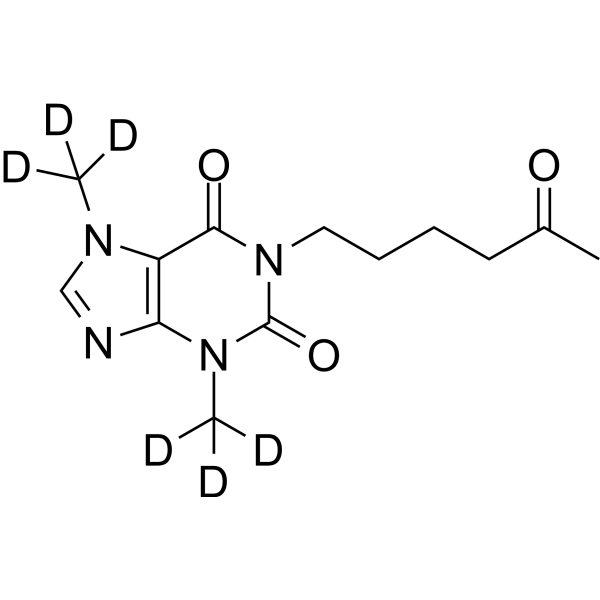
- HY-14670S
-
|
|
Isotope-Labeled Compounds
COX
|
Inflammation/Immunology
|
|
Firocoxib-d4 (ML 1785713-d4) is the deuterium labeled Firocoxib. Firocoxib (ML 1785713) is a potent, selective and orally active COX-2 inhibitor with an IC50 of 0.13 μM. Firocoxib shows 58-fold more selective for COX-2 than COX-1 (IC50 of 7.5 μM). Firocoxib has anti-inflammatory effects[1].
|
-
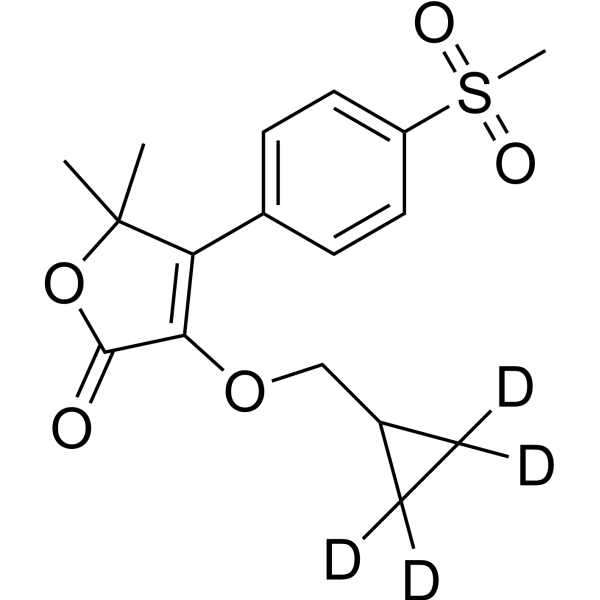
- HY-B0715S2
-
|
BL-191-d5; PTX-d5; Oxpentifylline-d5
|
Phosphodiesterase (PDE)
Autophagy
HIV
|
Cardiovascular Disease
Cancer
|
|
Pentoxifylline-d5 is the deuterium labeled Pentoxifylline. Pentoxifylline (BL-191), a haemorheological agent, is an orally active non-selective phosphodiesterase (PDE) inhibitor, with immune modulation, anti-inflammatory, hemorheological, anti-fibrinolytic and anti-proliferation effects. Pentoxifylline can be used for the research of peripheral vascular disease, cerebrovascular disease and a number of other conditions involving a defective regional microcirculation[1][2][3].
|
-
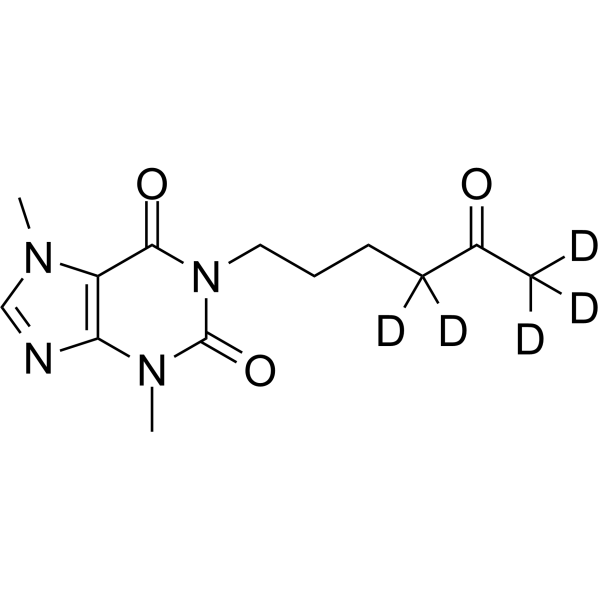
- HY-17589S
-
-
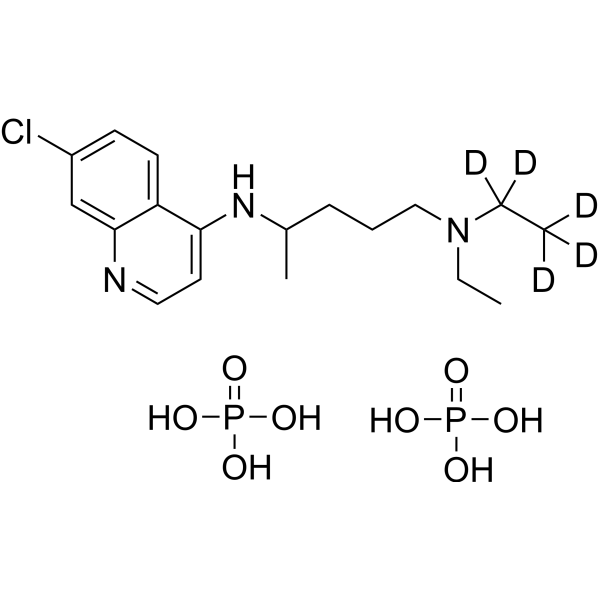
- HY-N0074
-
|
|
COX
|
Inflammation/Immunology
|
|
Byakangelicol, isolated from Angelica dahurica, inhibits interleukin-1beta (IL-1beta) -induced prostaglandin E2 (PGE2) release in A549 cells mediated by suppression of cyclooxygenase-2 (COX-2) expression and the activity of COX-2 enzyme. Byakangelicol has therapeutic potential as an anti-inflammatory agent on airway inflammation .
|
-
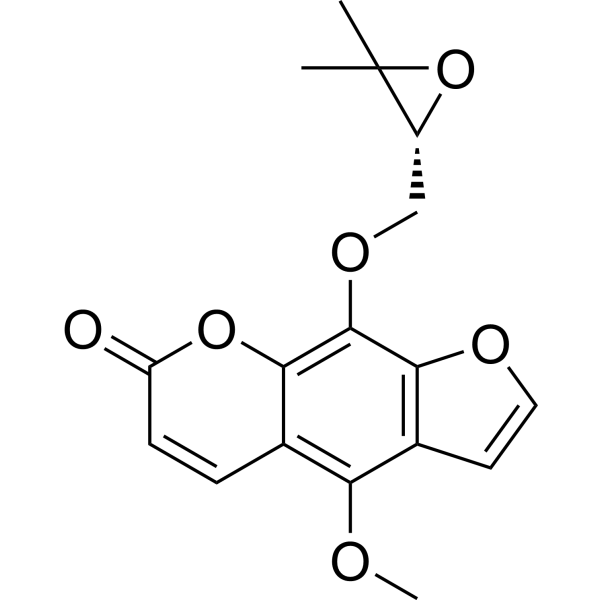
- HY-N6962
-
|
|
TRP Channel
COX
Bacterial
|
Infection
Neurological Disease
|
|
α-Spinasterol, isolated from Melandrium firmum, has antibacterial activity . α-Spinasterol is a transient receptor potential vanilloid 1 (TRPV1) antagonist, has anti-inflammatory, antidepressant, antioxidant and antinociceptive effects. α-Spinasterol inhibits COX-1 andCOX-2 activities with IC50 values of 16.17 μM and 7.76 μM, respectively .
|
-
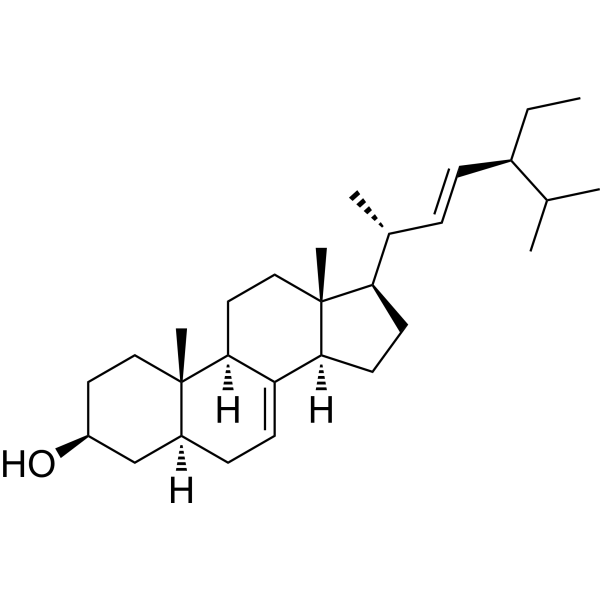
- HY-N2535
-
|
4-Hydroxy-3-methoxycinnamaldehyde
|
Keap1-Nrf2
Apoptosis
|
Inflammation/Immunology
|
|
Coniferaldehyde (4-Hydroxy-3-methoxycinnamaldehyde) is an effective inducer of heme oxygenase-1 (HO-1). Coniferaldehyde inhibits LPS-induced apoptosis through the PKCα/β II/Nrf-2/HO-1 dependent pathway in RAW264.7 macrophage cells. Coniferaldehyde has antioxidant and anti-inflammatory activities .
|
-
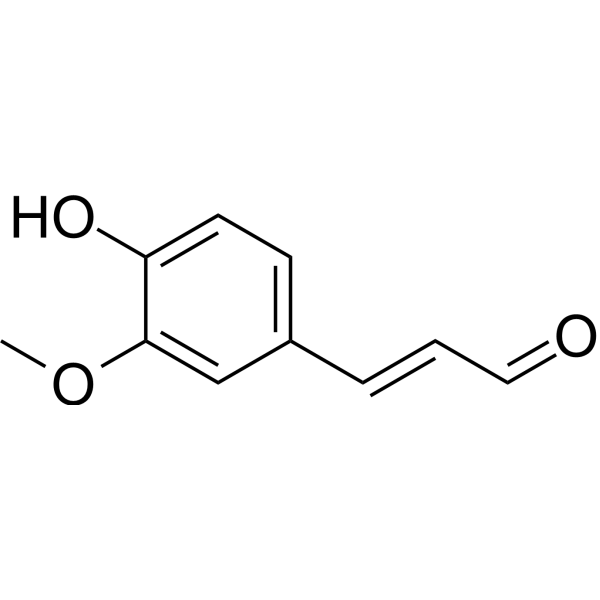
- HY-P0178A
-
|
|
Integrin
|
Inflammation/Immunology
|
|
LXW7 TFA, a cyclic peptide containing Arg-Gly-Asp (RGD), is an integrin αvβ3 inhibitor. LXW7 has a high binding affinity to αvβ3 integrin with an IC50 of 0.68 μM. LXW7 TFA increases phosphorylation of VEGFR-2 and activation of ERK1/2. Anti-inflammatory effect .
|
-
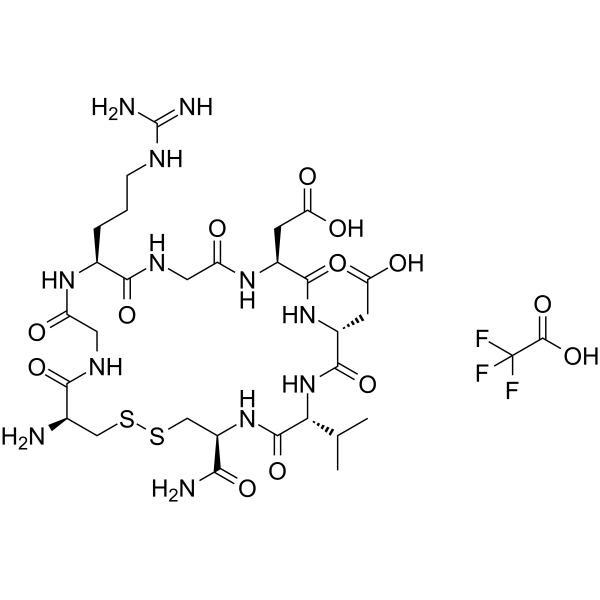
- HY-15038
-
|
|
COX
Apoptosis
|
Inflammation/Immunology
|
|
Diclofenac potassium is a potent and nonselective anti-inflammatory agent, acts as a COX inhibitor, with IC50s of 4 and 1.3 nM for human COX-1 and COX-2 in CHO cells , and 5.1 and 0.84 μM for ovine COX-1 and COX-2, respectively . Diclofenac potassium induces apoptosis of neural stem cells (NSCs) via the activation of the caspase cascade .
|
-
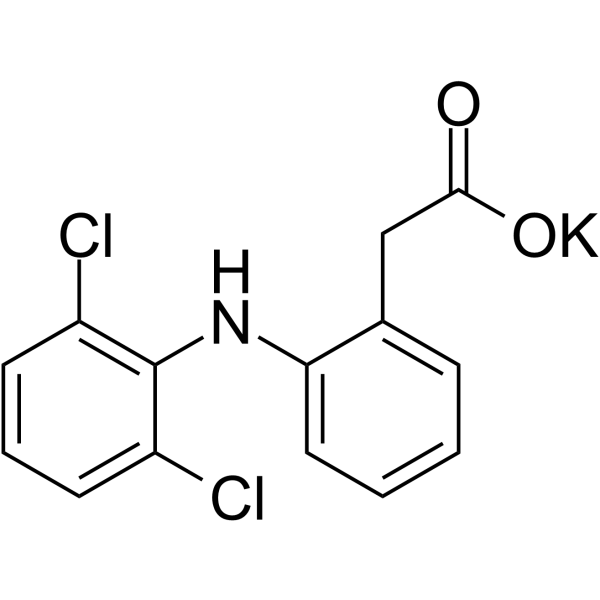
- HY-128463
-
|
|
COX
Reactive Oxygen Species
|
Neurological Disease
Metabolic Disease
Inflammation/Immunology
|
|
N-tert-Butyl-α-phenylnitrone is a nitrone-based free radical scavenger that forms nitroxide spin adducts. N-tert-Butyl-α-phenylnitrone inhibits COX2 catalytic activity. N-tert-Butyl-α-phenylnitrone has potent ROS scavenging, anti-inflammatory, neuroprotective, anti-aging and anti-diabetic activities, and can penetrate the blood-brain barrier .
|
-
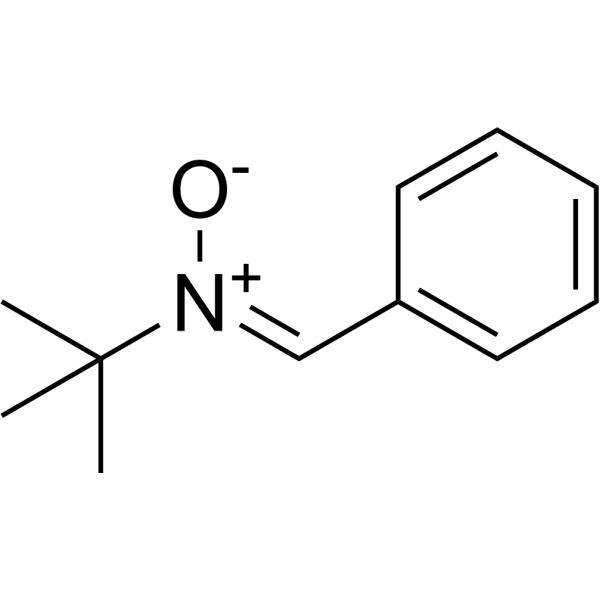
- HY-108621
-
|
|
Phosphodiesterase (PDE)
|
Neurological Disease
Metabolic Disease
Inflammation/Immunology
Cancer
|
|
RS-25344 hydrochloride is a selective cAMP-phosphodiesterase 4 (PDE 4; PDE IV) inhibitor with an IC50 of 0.28 nM in human lymphocytes. RS-25344 hydrochloride has only weak inhibitory effects on PDE I, II, III (IC50 of >100 μM, 160 μM, 330 μM, respectively). RS-25344 hydrochloride has anti-inflammatory, memory- and cognition enhancing, and antineoplastic effects .
|
-
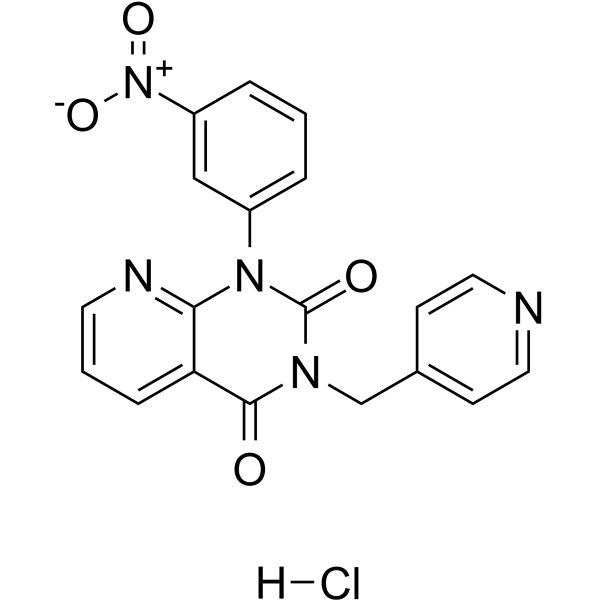
- HY-146704
-
|
|
Epoxide Hydrolase
COX
|
Cardiovascular Disease
|
|
COX-2/sEH-IN-1 (Compound 9c) is an orally active, dual COX-2 and sEH (soluble epoxide hydrolase) inhibitor with IC50 values of 1.24 µM and 0.40 nM against COX-2 and sEH, respectively. COX-2/sEH-IN-1 shows improved anti-inflammatory activity and highly reduced cardiovascular risks .
|
-
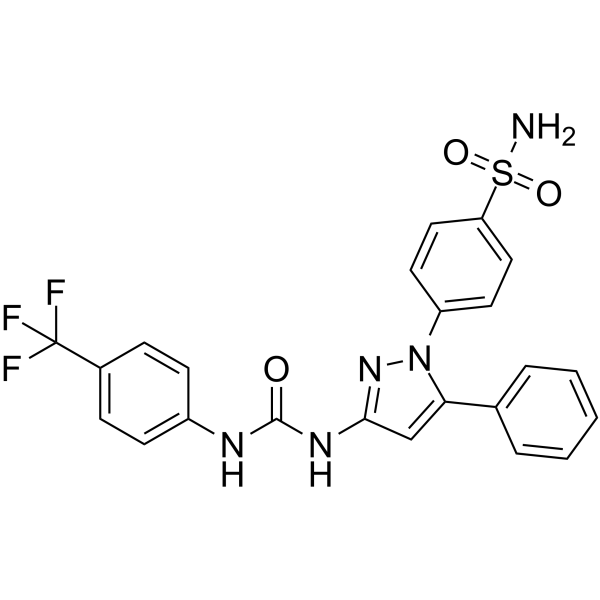
- HY-N0192S
-
|
β-Arbutin-d4
|
Isotope-Labeled Compounds
Tyrosinase
Endogenous Metabolite
|
Cancer
|
|
Arbutin-d4 is deuterium labeled Arbutin. Arbutin (β-Arbutin) is a competitive inhibitor of tyrosinase in melanocytes, with Kiapp values of 1.42 mM for monophenolase; 0.9 mM for diphenolase. Arbutin is also used as depigmenting agents[1]. Arbutin is a natural polyphenol isolated from the bearberry plant Arctostaphylos uvaursi, possesses with anti-oxidant, anti-inflammatory and anti-tumor properties[2][3].
|
-
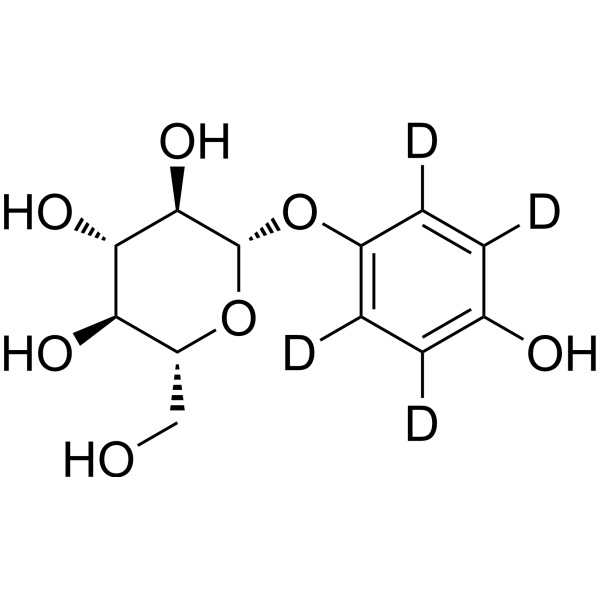
- HY-147692
-
|
|
COX
|
Inflammation/Immunology
|
|
COX-2-IN-14 (compound 2a) is a potent and selective COX-2 (cyclooxygenase-2) inhibitor. COX-2-IN-14 shows effective binding at the active site of COX-2 co-crystal. COX-2-IN-14 exhibits a high level of in vivo anti-inflammatory activity, reducing ear edema and myeloperoxidase (MPO) activity in mice .
|
-
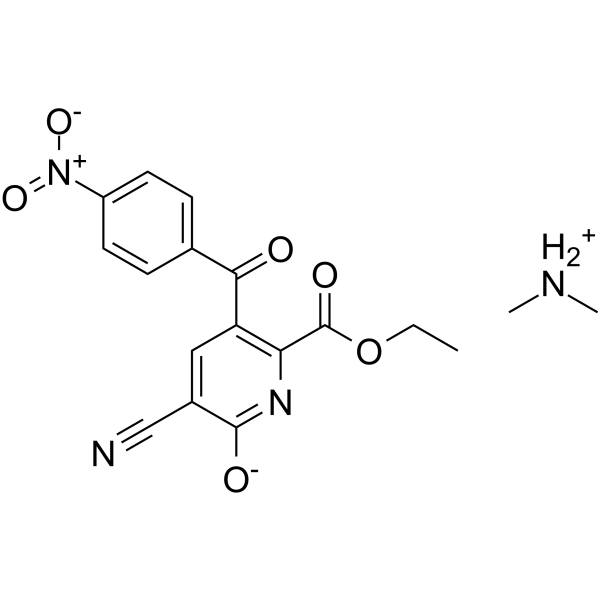
- HY-150034
-
|
|
PI3K
|
Inflammation/Immunology
Cancer
|
|
PI3K-IN-38 (compound 123) is an orally active PI3K inhibitor with IC50 of 0.541 µM (PI3K-α). PI3K-IN-38 shows activities of anticancer and anti-inflammatory, which inhibis tumor growth in vivo .
|
-
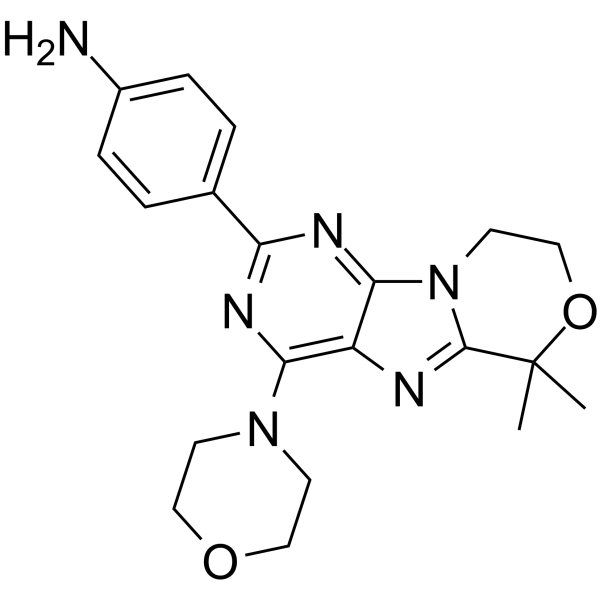
- HY-17589R
-
|
|
Parasite
Autophagy
SARS-CoV
Toll-like Receptor (TLR)
HIV
Antibiotic
|
Infection
Inflammation/Immunology
Cancer
|
|
Chloroquine (phosphate) (Standard) is the analytical standard of Chloroquine (phosphate). This product is intended for research and analytical applications. Chloroquine phosphate is an antimalarial and anti-inflammatory agent widely used to treat malaria and rheumatoid arthritis. Chloroquine phosphate is an autophagy and toll-like receptors (TLRs) inhibitor. Chloroquine phosphate is highly effective in the control of SARS-CoV-2 (COVID-19) infection in vitro (EC50=1.13 μM) .
|
-
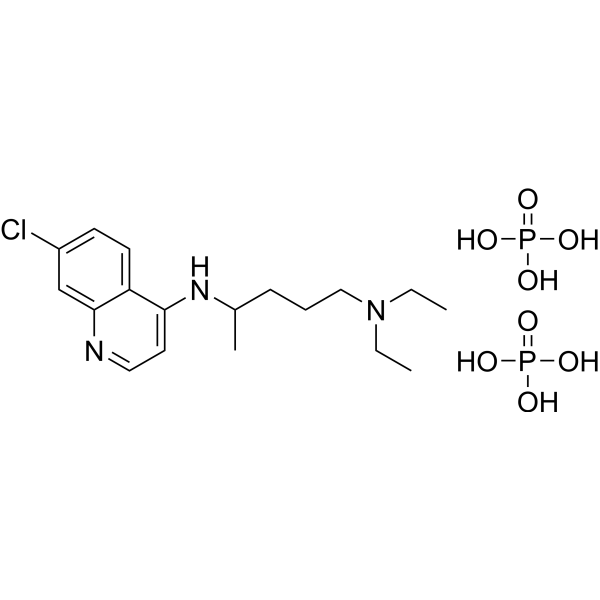
- HY-157442
-
|
|
Salt-inducible Kinase (SIK)
|
Inflammation/Immunology
|
|
GLPG3312 (Compound 28) is a selective pan-SIK inhibitor with IC50 values of 2.0 nM, 0.7 nM and 0.6 nM for SIK1, SIK2 and SIK3, respectively. GLPG3312 exhibits anti-inflammatory and immunomodulatory activity in vitro on human primary myeloid cells and in vivo in mouse models. GLPG3312 has good oral bioavailability and can be used for research on inflammatory and immune diseases .
|
-
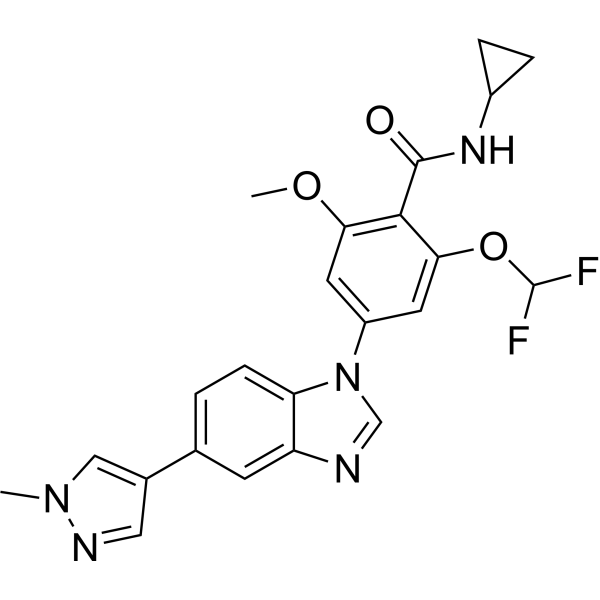
- HY-N0328R
-
|
α-Mangostin (Standard)
|
Fungal
Reactive Oxygen Species
Bacterial
Apoptosis
Virus Protease
|
Cancer
|
|
alpha-Mangostin (Standard) is the analytical standard of alpha-Mangostin. This product is intended for research and analytical applications. alpha-Mangostin (α-Mangostin) is a dietary xanthone with broad biological activities, such as antioxidant, anti-allergic, antiviral, antibacterial, anti-inflammatory and anticancer effects. It is an inhibitor of mutant IDH1 (IDH1-R132H) with a Ki of 2.85 μM.
|
-
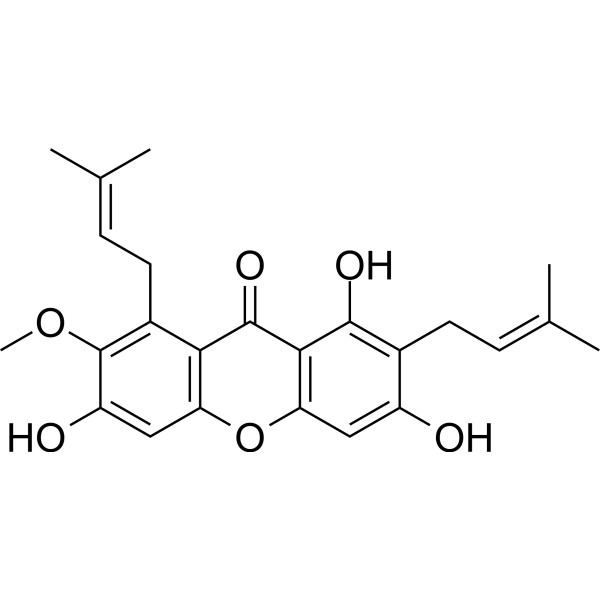
- HY-163332
-
|
|
Glucosidase
Dipeptidyl Peptidase
Glutathione Peroxidase
|
Cardiovascular Disease
|
|
MPO-IN-6 (compound ADC) is an electrophile with good antioxidant and anti-inflammatory properties. MPO-IN-6 is a myeloperoxidase (MPO), dipeptidyl peptidase-4 (DPP-4), and α-glucosidase (α-GD) inhibitor with IC50s of 10 μM, 31.02 μM, and 46.05 μM, respectively. MPO-IN-6 is a potential cardiovascular preventive agent .
|
-
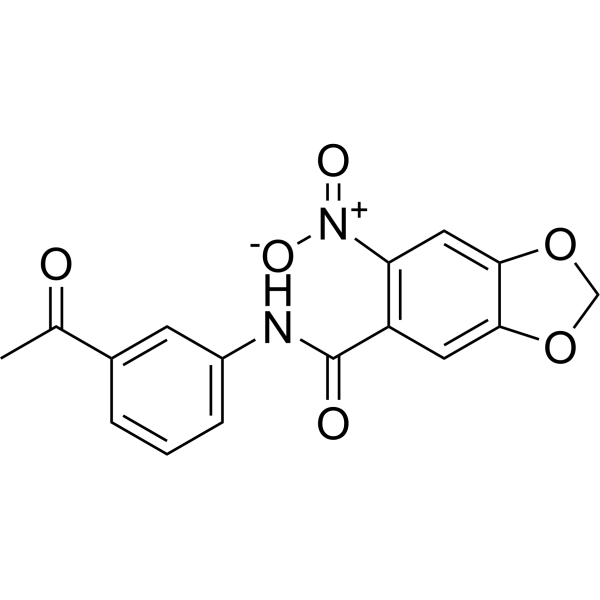
- HY-125527A
-
|
17(R)-RvD1; AT-RvD1
|
TRP Channel
|
Inflammation/Immunology
|
|
17R-Resolvin D1 (17R-RvD1; AT-RvD1) is an aspirin-triggered epimer of Resolvin D1, which exhibits anti-inflammatory activity in mice and human PMNs cells . 17R-Resolvin D1 specificially inhibits TRPV3 with an IC50 of 398 nM and exhibits peripheral anti-nociceptive efficacy .
|
-
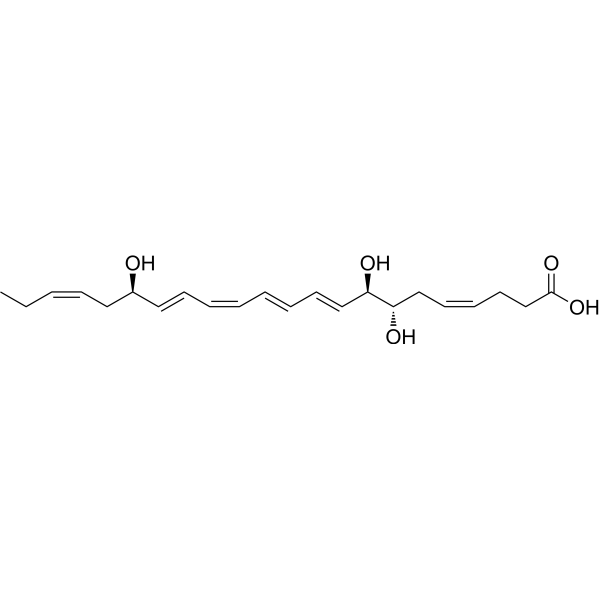
- HY-105070A
-
|
E5564
|
EBV
Toll-like Receptor (TLR)
|
Infection
Inflammation/Immunology
|
|
Eritoran tetrasodium (E5564) is a Toll-like receptor 4 (TLR4) antagonist. Eritoran tetrasodium protects mice against lethal influenza virus infection, such as Ebola virus (EBOV), Marburg virus (MARV). Eritoran tetrasodium decreases the level of granulocytosis, may alleviate the severity of the "cytokine storm". Eritoran tetrasodium inhibits pathogenesis of filovirus infection. Eritoran tetrasodium has anti-inflammatory activity .
|
-
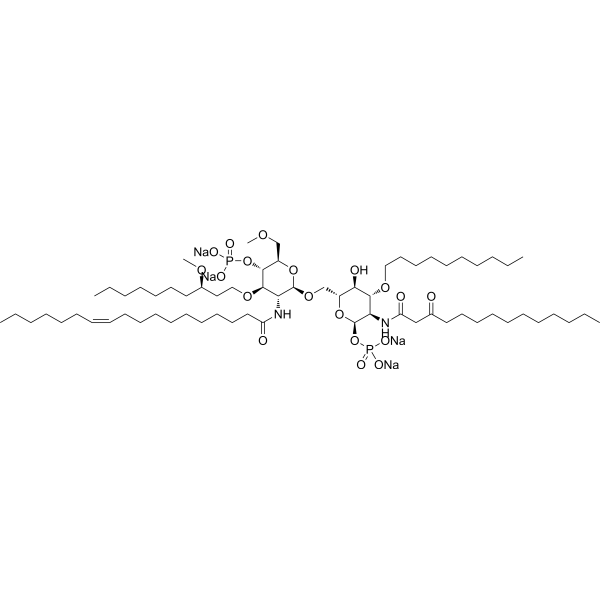
- HY-N1372A
-
|
|
HIV
FAK
Apoptosis
Autophagy
|
Infection
Cancer
|
|
Fangchinoline is isolated from Stephania tetrandra with extensive biological activities, such as enhancing immunity, anti-inflammatory sterilization and anti-atherosclerosis. Fangchinoline, a novel HIV-1 inhibitor, inhibits HIV-1 replication by impairing gp160 proteolytic processing . Fangchinoline targets Focal adhesion kinase (FAK) and suppresses FAK-mediated signaling pathway in tumor cells which highly expressed FAK . Fangchinoline induces apoptosis and adaptive autophagy in bladder cancer .
|
-
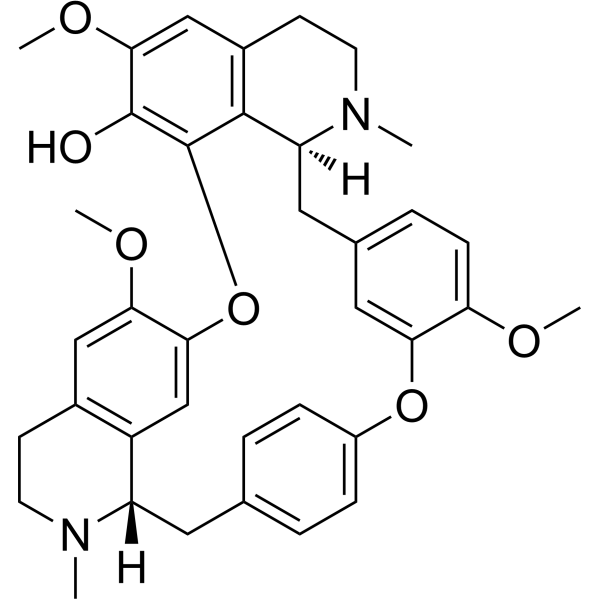
- HY-108485
-
|
|
Src
Apoptosis
Fungal
|
Infection
Inflammation/Immunology
Cancer
|
|
Damnacanthal is an anthraquinone isolated from the root of Morinda citrifolia. Damnacanthal is a highly potent, selective inhibitor of p56 lck tyrosine kinase activity. Natural Damnacanthal inhibits p56 lck autophosphorylation and phosphorylation of exogenous substrates with IC50s of 46 nM and 220 nM, respectively. Damnacanthal is a potent inducer of apoptosis with anticancer activity. Damnacanthal also has antinociceptive, anti-inflammatory effects in mice and anti-fungal activity against Candida albicans .
|
-
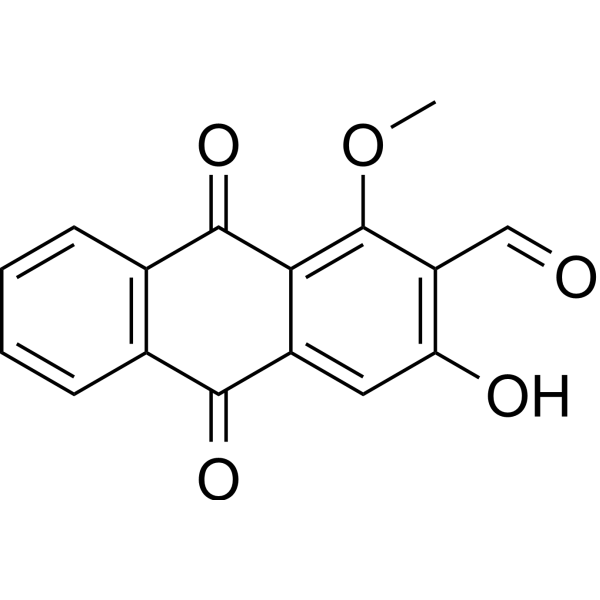
- HY-19269
-
|
|
|
|
|
FK706 is a potent, slow-binding and competitive inhibitor of human neutrophil elastase with an IC50 of 83 nM and a Ki of 4.2 nM. FK706 also inhibits mouse neutrophil elastase and porcine pancreatic elastase with IC50s of 22 nM and 100 nM, respectively, and has no inhibitory activity against other serine proteinases such as human pancreatic trypsin, human pancreatic α-chymotrypsin and human leukocyte cathepsin G. FK706 has anti-inflammatory effect .
|
-
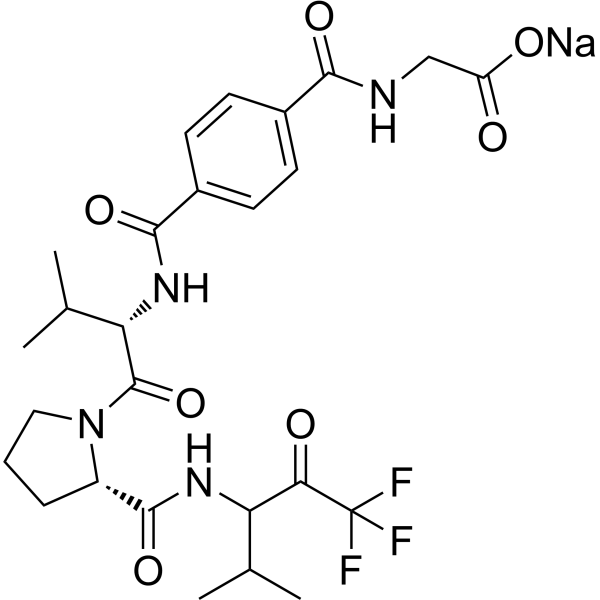
- HY-103387
-
|
|
COX
Apoptosis
|
Inflammation/Immunology
Cancer
|
|
DuP-697 is a member of the vicinal diaryl heterocycles and a potent, irreversible, selective and orally active COX-2 inhibitor (IC50 of 10 nM and 800 nM for human COX-2 and COX-1, respectively). DuP-697 exerts antiproliferative (IC50 of 42.8 nM), antiangiogenic and apoptotic effects on HT29 colorectal cancer cells. DuP-697 inhibits prostaglandin synthesis and has anti-inflammatory, anticancer and antipyretic effects .
|
-
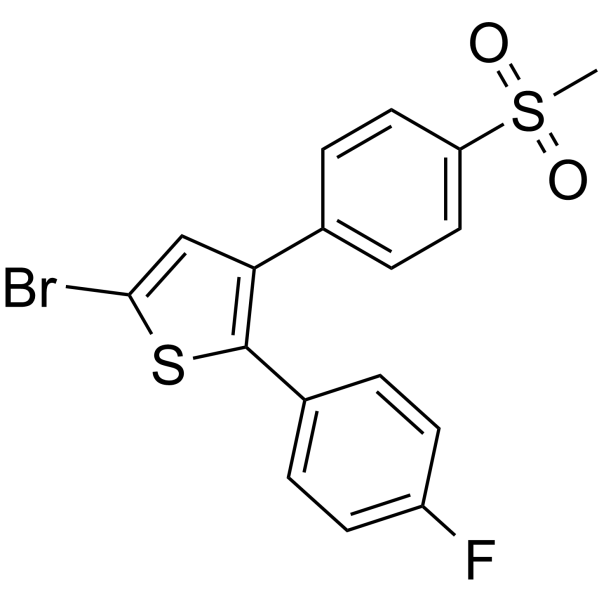
- HY-112724
-
|
SHR0302
|
JAK
Apoptosis
|
Inflammation/Immunology
Cancer
|
|
Ivarmacitinib (SHR0302) is a potent and orally active all members of the JAK family inhibitor, particularly JAK1. The selectivity of Ivarmacitinib for JAK1 is >10-fold for JAK2, 77-fold for JAK3, 420-fold for Tyk2. Ivarmacitinib inhibits JAK1-STAT3 phosphorylation and induces the apoptosis of hepatic stellate cells. Ivarmacitinib has anti-proliferative and anti-inflammatory effects .
|
-
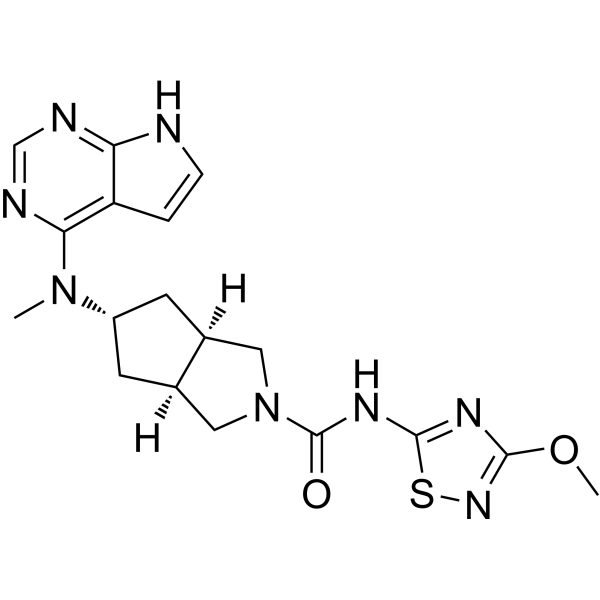
- HY-B1639
-
|
|
Phosphodiesterase (PDE)
|
Cardiovascular Disease
Inflammation/Immunology
|
|
Enoximone is an inotropic vasodilating agent and a selective and orally active phosphodiesterase III (PDE3) inhibitor with an IC50 of 5.9 μM. Enoximone induces vasodilatation and increases intracellular levels of cAMP by inhibiting cGMP-inhibited PDE. Enoximone also exhibits PDE4 inhibitory effect with an IC50 of 21.1 μM for myocardial PDE4A. Enoximone has the potential for congestive heart failure research and has bronchodilatory, antiasthma and anti-inflammatory effects .
|
-

- HY-113509
-
|
LXA4
|
Interleukin Related
Endogenous Metabolite
|
Inflammation/Immunology
|
|
Lipoxin A4 (LXA4), an endogenous lipoxygenase-derived eicosanoid mediator, has potent dual pro-resolving and anti-inflammatory properties . Lipoxin A4 inhibits proliferation and inflammatory cytokine/chemokine production of human epidermal keratinocytes (NHEKs) associated with the ERK1/2 and NF-kB pathways . Lipoxin A4 inhibits serum amyloid A (SAA)-mediated IL-8 release with an IC50 value of 25.74 nM .
|
-
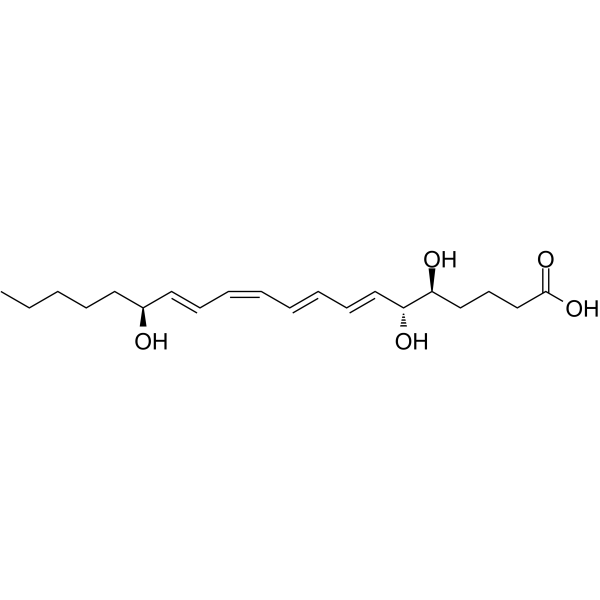
- HY-144761
-
|
|
JNK
|
Cancer
|
|
TOPK-p38/JNK-IN-1 (Compound B12) is an orally active TOPK-p38/JNK signaling pathway inhibitor with the IC50 value of 2.14 µM for NO production. TOPK-p38/JNK-IN-1 shows anti-inflammatory activities. TOPK-p38/JNK-IN-1 also inhibits phosphorylate downstream related proteins and avoids degradation of TOPK .
|
-
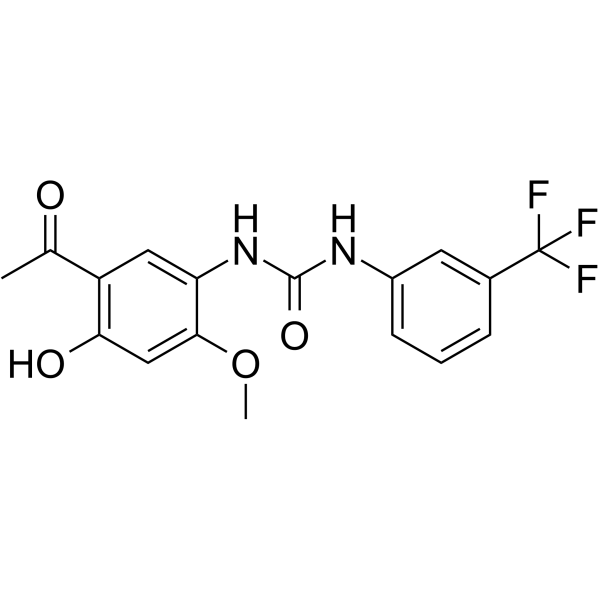
- HY-B1221S
-
|
|
Isotope-Labeled Compounds
COX
AMPK
Potassium Channel
Chloride Channel
Calcium Channel
Parasite
|
Inflammation/Immunology
|
|
Flufenamic acid-d4 is deuterium labeled Flufenamic acid. Flufenamic acid is a non-steroidal anti-inflammatory agent, inhibits cyclooxygenase (COX), activates AMPK, and also modulates ion channels, blocking chloride channels and L-type Ca 2+ channels, modulating non-selective cation channels (NSC), activating K+ channels. Flufenamic acid binds to the central pocket of TEAD2 YBD and inhibits both TEAD function and TEAD-YAP-dependent processes, such as cell migration and proliferation.
|
-
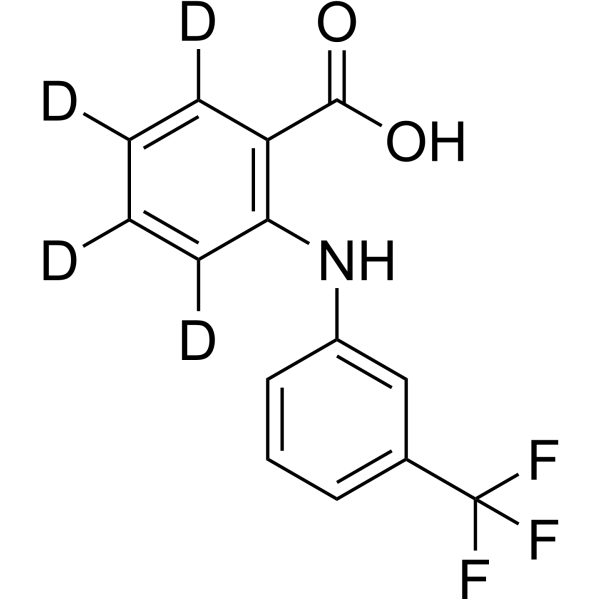
- HY-B1221S1
-
|
|
Isotope-Labeled Compounds
COX
AMPK
Potassium Channel
Chloride Channel
Calcium Channel
Parasite
|
Inflammation/Immunology
|
|
Flufenamic acid- 13C6 is the 13C6 labeled Flufenamic acid. Flufenamic acid is a non-steroidal anti-inflammatory agent, inhibits cyclooxygenase (COX), activates AMPK, and also modulates ion channels, blocking chloride channels and L-type Ca 2+ channels, modulating non-selective cation channels (NSC), activating K+ channels. Flufenamic acid binds to the central pocket of TEAD2 YBD and inhibits both TEAD function and TEAD-YAP-dependent processes, such as cell migration and proliferation.
|
-
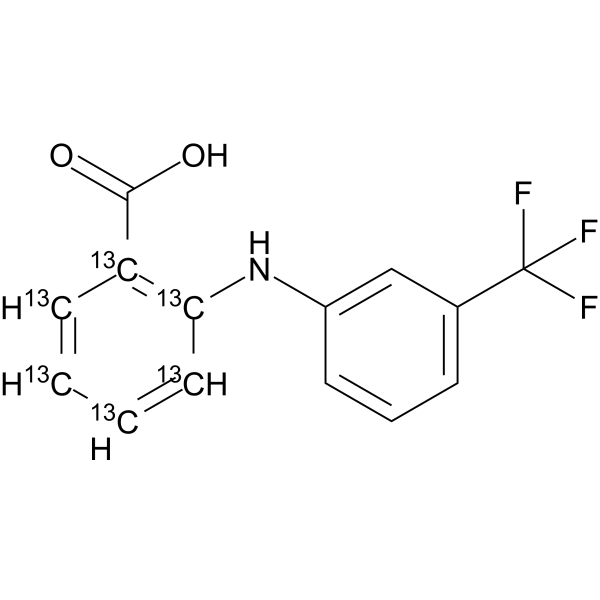
- HY-N2925
-
|
β-Amyron
|
Fungal
COX
PPAR
|
Infection
Metabolic Disease
Inflammation/Immunology
|
|
β-Amyrone (β-Amyron) is a triterpene compound which has anti-inflammatory activity through inhibiting the expression of COX-2. β-Amyrone has antifungal activity , as well as antiviral activity against Chikungunya virus. β-Amyrone also inhibits α-glucosidase and acetylcholinesterase (AChE) activity. β-Amyrone can be used in the research of disease like inflammation, infection, and obesity .
|
-
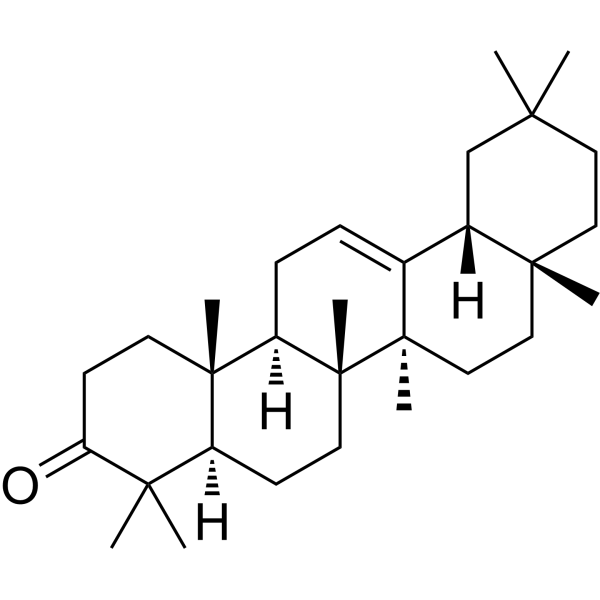
- HY-B0580C
-
|
RS37619 hemicalcium
|
COX
Apoptosis
|
Inflammation/Immunology
Cancer
|
|
Ketorolac (RS37619) hemicalcium is a non-steroidal anti-inflammatory drug (NSAID), acting as a nonselective COX inhibitor, with IC50s of 20 nM for COX-1 and 120 nM for COX-2. Ketorolac tromethamine is used as 0.5% ophthalmic solution for the research of allergic conjunctivitis, cystoid macular edema, intraoperative miosis, and postoperative ocular inflammation and pain. Ketorola chemicalcium is also a DDX3 inhibitor that can be used for cancer research .
|
-
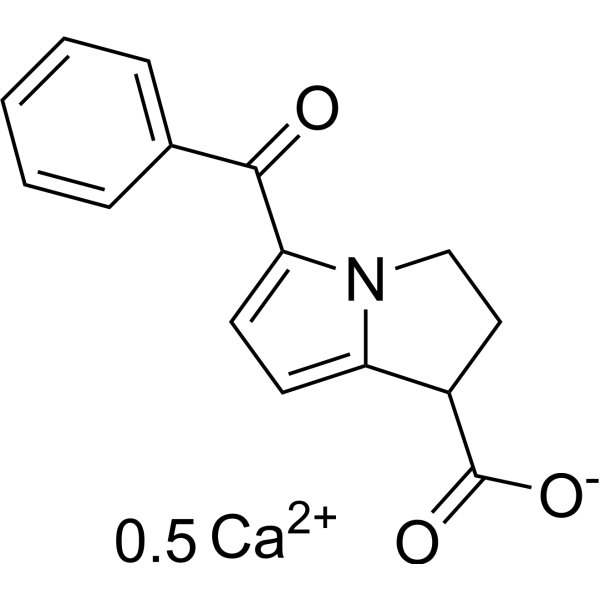
- HY-100586
-
|
(±)-Ibuprofen L-lysine
|
|
|
|
Ibuprofen ((±)-Ibuprofen) L-lysine is a potent orally active, selective COX-1 inhibitor with an IC50 value of 13 μM. Ibuprofen L-lysine inhibits cell proliferation, angiogenesis, and induces cell apoptosis. Ibuprofen L-lysine is a nonsteroidal anti-inflammatory agent and a nitric oxide (NO) donor. Ibuprofen L-lysine can be used in the research of pain, swelling, inflammation, infection, immunology, cancers .
|
-
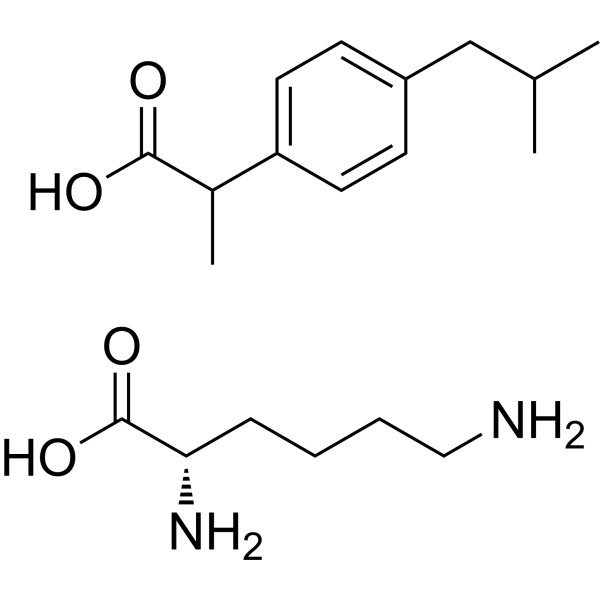
- HY-151261
-
|
|
HDAC
|
Inflammation/Immunology
|
|
HDAC6-IN-13 (Compound 35m) is a potent, highly selective, orally active HDAC6 inhibitor with an IC50 of 0.019 μM. HDAC6-IN-13 also inhibits HDAC1, HDAC2 and HDAC3 with IC50s of 1.53, 2.06 and 1.03 μM, respectively. HDAC6-IN-13 shows significant BBB permeability and anti-inflammatory activity .
|
-
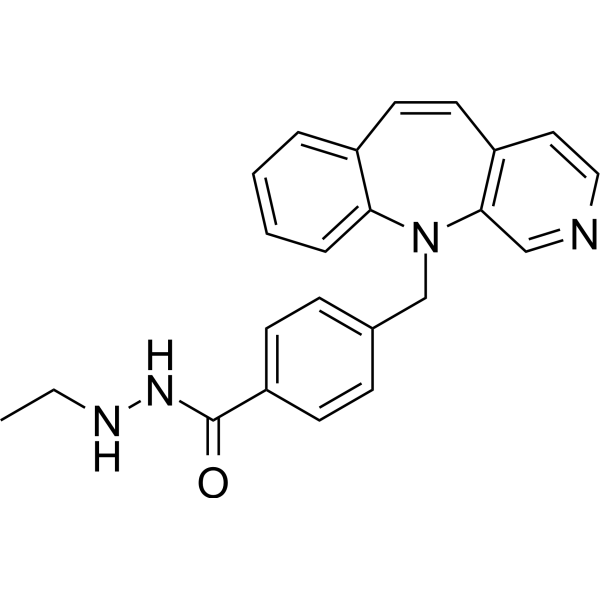
- HY-149270
-
|
|
COX
|
Inflammation/Immunology
|
|
COX-2-IN-31 (compound 7b) is an orally active and dual inhibitor of COX-2 (IC50=60 nM) and 5-LOX (IC50=1.9 μM). COX-2-IN-31 also inhibits transmembrane hCA IX(Ki=48.9 nM) and hCA XII(Ki=5.8 nM) activity. COX-2-IN-31 exhibits anti-inflammatory and analgesic activity .
|
-
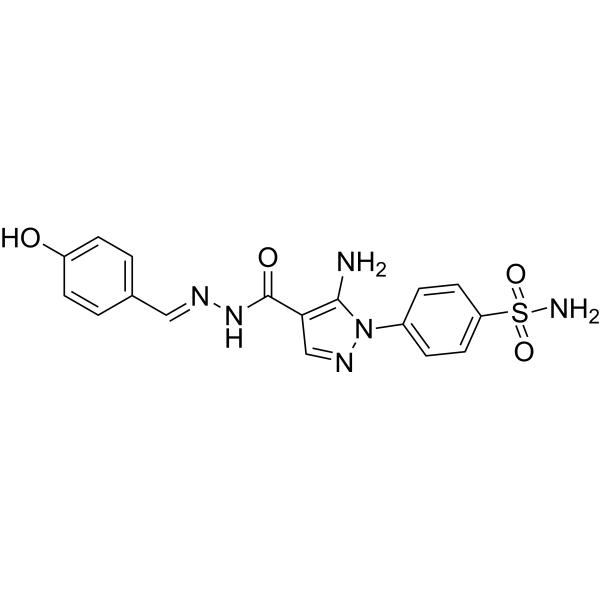
- HY-149485
-
|
|
JNK
|
Inflammation/Immunology
|
|
JNK2-IN-1 (Compound J27) is a JNK2 inhibitor (Kds: 79.2 μM). JNK2-IN-1 has anti-inflammatory activity. JNK2-IN-1 decreases the release of TNF-α and IL-6 through inhibiting the activation of NF-κB/MAPK pathway. JNK2-IN-1 alleviates the symptoms of LPS-induced acute lung injury (ALI) and sepsis .
|
-
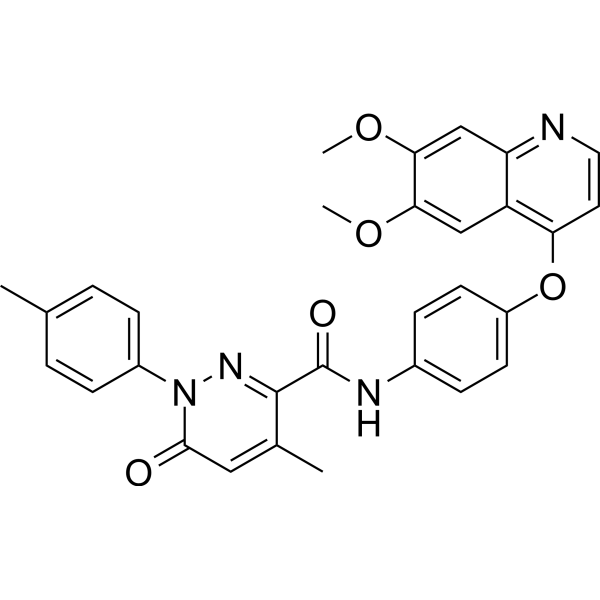
- HY-112724A
-
|
SHR0302 sulfate
|
JAK
Apoptosis
|
Inflammation/Immunology
Cancer
|
|
Ivarmacitinib (SHR0302) sulfate is a potent and orally active all members of the JAK family inhibitor, particularly JAK1. The selectivity of Ivarmacitinib for JAK1 is >10-fold for JAK2, 77-fold for JAK3, 420-fold for Tyk2. Ivarmacitinib inhibits JAK1-STAT3 phosphorylation and induces the apoptosis of hepatic stellate cells. Ivarmacitinib has anti-proliferative and anti-inflammatory effects .
|
-
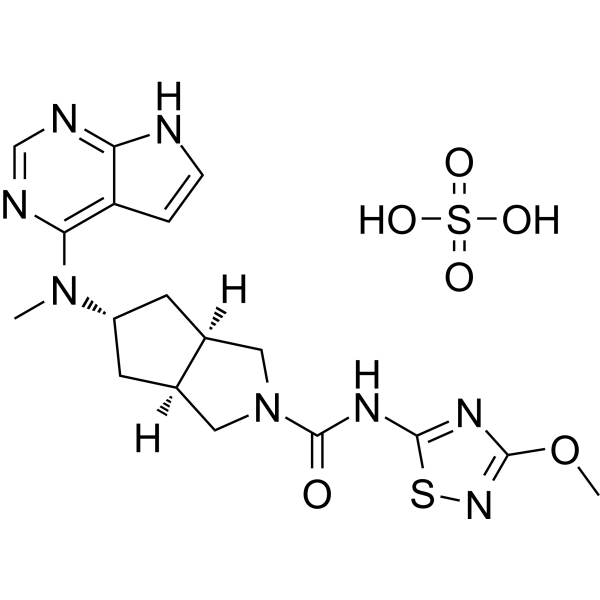
- HY-162166
-
|
|
COX
Lipoxygenase
|
Inflammation/Immunology
|
|
COX-2/15-LOX/mPGES1-IN-1 (Compound 2c) is an inhibitor of COX-2, 15-LOX, and mPGES-1 enzymes with IC50 values of 0.057, 2.39, and 2.8 μM, respectively. COX-2/15-LOX/mPGES1-IN-1 possesses anti-inflammatory activity and can inhibit rat paw edema in vivo experiments .
|
-
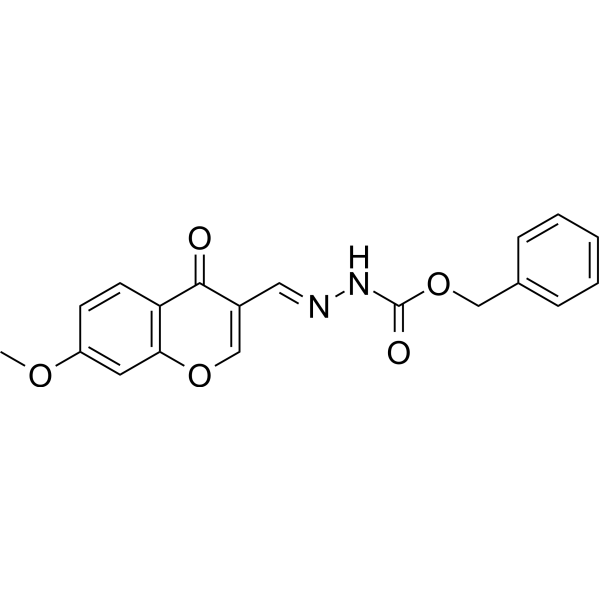
- HY-15037
-
|
GP 45840
|
COX
Apoptosis
|
Inflammation/Immunology
Cancer
|
|
Diclofenac Sodium (GP 45840) is a potent and nonselective anti-inflammatory agent, acts as a COX inhibitor, with IC50s of 4 and 1.3 nM for human COX-1 and COX-2 in CHO cells , and 5.1 and 0.84 μM for ovine COX-1 and COX-2, respectively . Diclofenac Sodium induces apoptosis of neural stem cells (NSCs) via the activation of the caspase cascade .
|
-
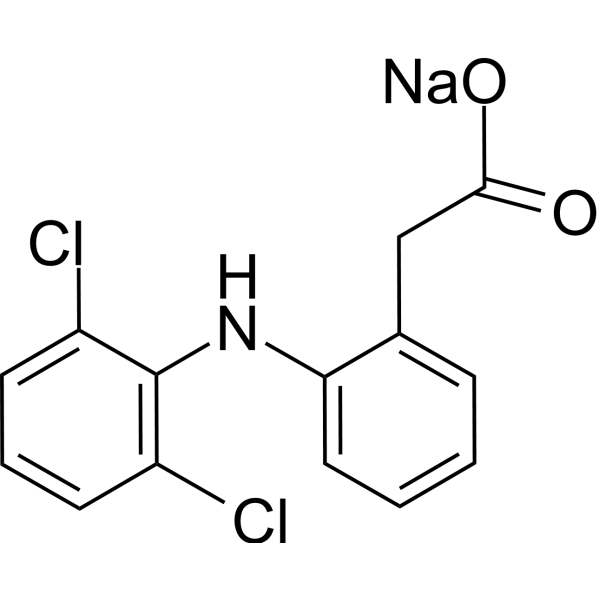
- HY-15036A
-
|
|
COX
Apoptosis
|
Inflammation/Immunology
Cancer
|
|
Diclofenac diethylamine is a potent and nonselective anti-inflammatory agent, acts as a COX inhibitor, with IC50s of 4 and 1.3 nM for human COX-1 and COX-2 in CHO cells , and 5.1 and 0.84 μM for ovine COX-1 and COX-2, respectively . Diclofenac diethylamine induces apoptosis of neural stem cells (NSCs) via the activation of the caspase cascade .
|
-
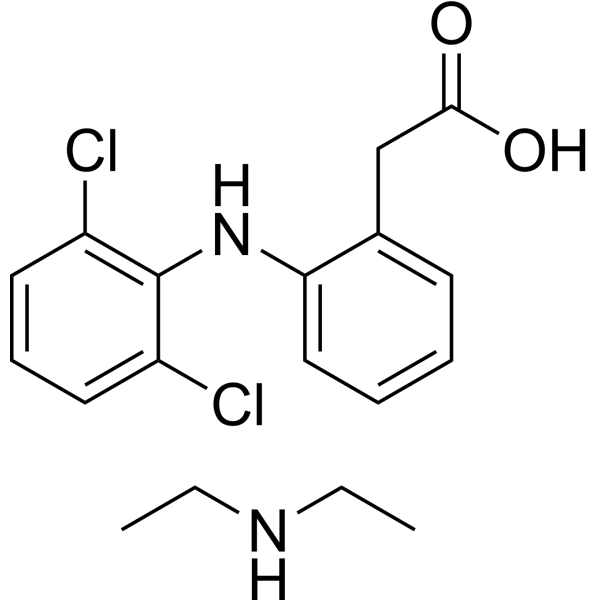
- HY-13518
-
|
Astringenin; trans-Piceatannol
|
Syk
Autophagy
Apoptosis
Endogenous Metabolite
|
Cancer
|
|
Piceatannol is a well-known Syk inhibitor and reduces the expression of iNOS induced by TNF. Piceatannol is an effective agent for research of acute lung injury (ALI) . Piceatannol is a naturally occurring polyphenolic stilbene found in various fruits and vegetables and exhibits anticancer and anti-inflammatory properties . Piceatannol induces apoptosis in DLBCL cell lines . Piceatannol induces autophagy and apoptosis in MOLT-4 human leukemia cells .
|
-
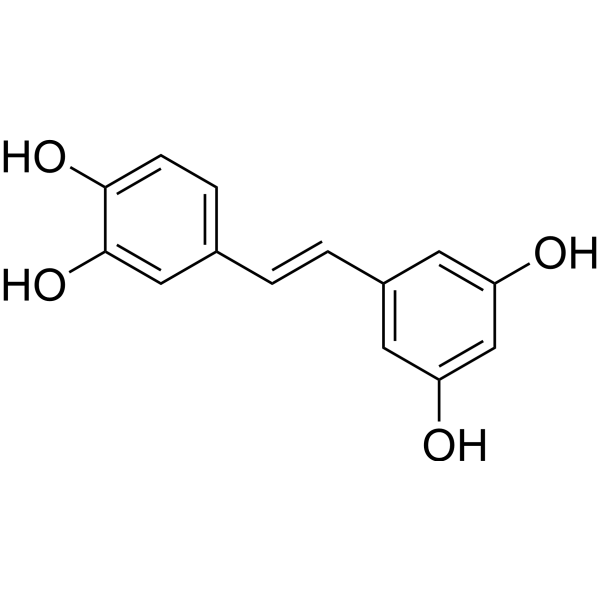
- HY-W018643
-
|
Methyl ferulate
|
p38 MAPK
Autophagy
|
Neurological Disease
Inflammation/Immunology
Cancer
|
|
Ferulic acid methyl ester (Methyl ferulate) is a derivative of ferulic acid, isolated from Stemona tuberosa, with anti-inflammatory and antioxidant properties . Ferulic acid methyl ester is a cell membrane and brain permeable compound, shows free radical scavenging ability, used in the research of neurodegenerative disorders . Ferulic acid methyl ester inhibits COX-2 expression, blocks p-p38 and p-JNK in primary bone marrow derived-macrophages .
|
-

- HY-19918A
-
|
|
NF-κB
Amyloid-β
nAChR
|
Neurological Disease
Inflammation/Immunology
|
|
Anatabine dicitrate is a tobacco alkaloid that can cross the blood-brain barrier. Anatabine dicitrate is a potent α4β2 nAChR agonist. Anatabine dicitrate inhibits NF-κB activation lower amyloid-β (Aβ) production by preventing the β-cleavage of amyloid precursor protein (APP). Anatabine dicitrate has anti-inflammatory effects and has the potential for neurodegenerative disorders treatment .
|
-
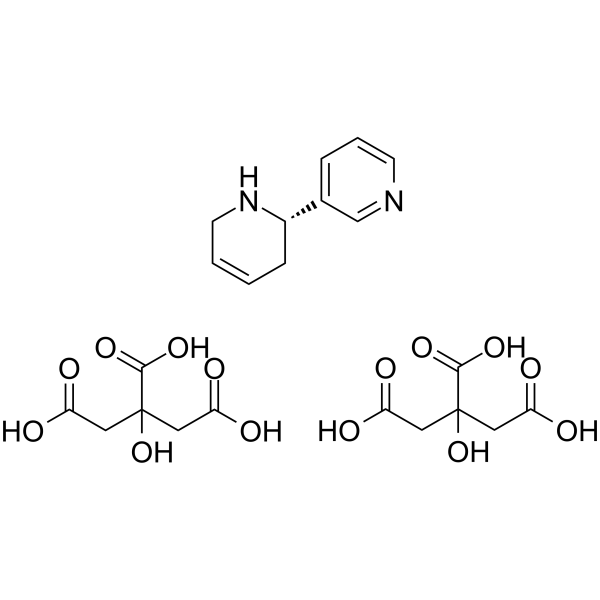
- HY-W010983
-
SC-236
1 Publications Verification
|
COX
PPAR
Apoptosis
|
Cardiovascular Disease
Inflammation/Immunology
Cancer
|
|
SC-236 is an orally active COX-2 specific inhibitor (IC50 = 10 nM) and a PPARγ agonist. SC-236 suppresses activator protein-1 (AP-1) through c-Jun NH2-terminal kinase. SC-236 exerts anti-inflammatory effects by suppressing phosphorylation of ERK in a murine model .
|
-
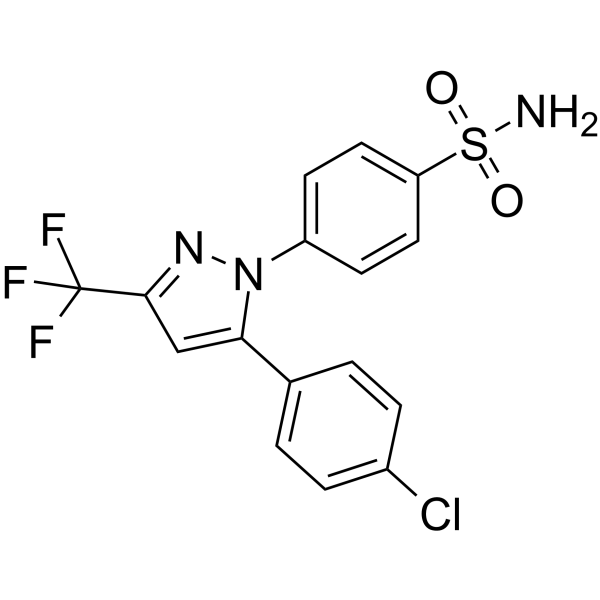
- HY-10582S2
-
|
dl-Flurbiprofen-13C,d3
|
Isotope-Labeled Compounds
COX
Apoptosis
|
Inflammation/Immunology
Cancer
|
|
Flurbiprofen- 13C,d3 is the 13C- and deuterium labeled Flurbiprofen. Flurbiprofen (dl-Flurbiprofen) is a potent, orally active nonsteroidal anti-inflammatory agent (NSAIA/NSAID), with antipyretic and analgesic activities. Flurbiprofen is commonly used for the research of inflammatory diseases, including osteoarthritis and rheumatoid arthritis. Flurbiprofen is a non-selective cyclooxygenase (COX) inhibitor that can be used for the research of colorectal cancer[1][2][3].
|
-
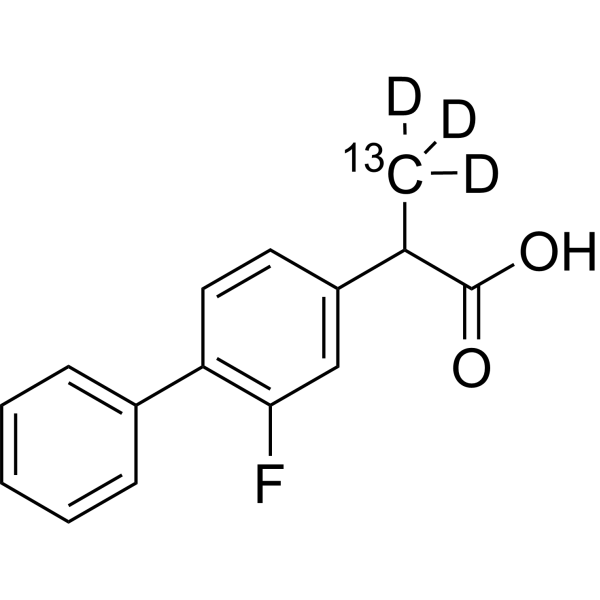
- HY-109509
-
|
PK 10169; Enoxaparin sodium; Lovenox
|
Factor Xa
Thrombin
SARS-CoV
|
Infection
Cardiovascular Disease
Neurological Disease
Inflammation/Immunology
|
|
Enoxaparin (PK 10169), a low-molecular-weight heparin (LMWH) derivative. Enoxaparin exerts anticoagulant activity through antithrombin III, an endogenous inhibitor of factor Xa and thrombin IIa. Enoxaparin protect the rat hippocampus against TBI (traumatic brain injury) via antioxidant and anti-inflammatory properties. Enoxaparin can be used for the research of deep vein thrombosis (DVT), pulmonary embolism, TBI and COVID-19 .
|
-
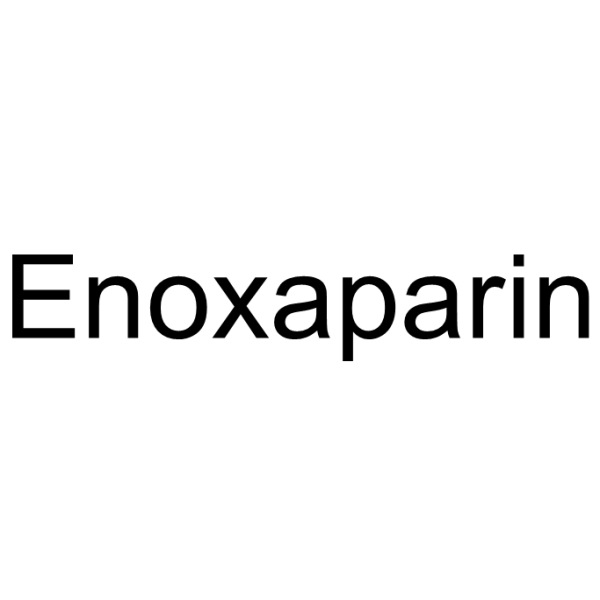
- HY-129143
-
|
Dp3‐Sam chloride
|
Others
|
Metabolic Disease
Inflammation/Immunology
|
|
Delphinidin-3-sambubioside (Dp3‐Sam) chloride is an anthocyanin that has orally active anti-inflammatory activity. Delphinidin-3-sambubioside chloride inhibits LPS-induced inflammatory factors release. Delphinidin-3-sambubioside chloride also alleviates hepatic lipid accumulation in HFD rats. Delphinidin-3-sambubioside chloride can be isolated from Hibiscus sabdariffa L. .
|
-
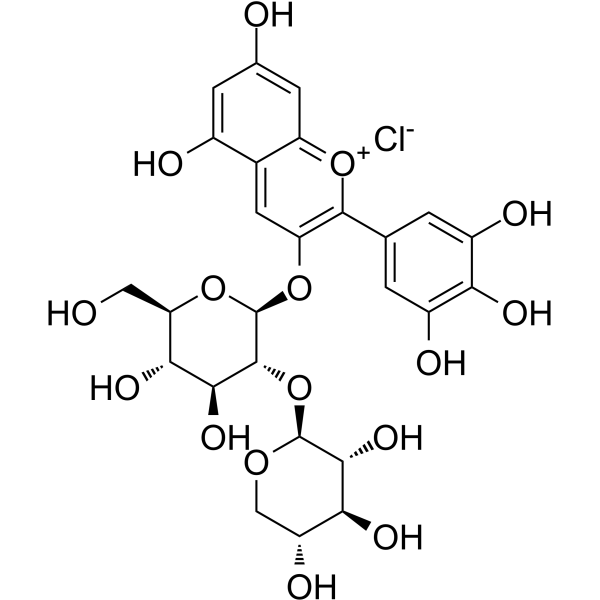
- HY-B1452S1
-
|
ML-3000-d6
|
Apoptosis
Lipoxygenase
COX
|
|
|
Licofelone-d6 is the deuterium labeled Licofelone[1]. Licofelone (ML-3000) is a dual COX/5-lipoxygenase (5-LOX) inhibitor (IC50=0.21/0.18 μM, respectively) for the treatment of osteoarthritis. Licofelone exerts anti-inflammatory and anti-proliferative effects. Licofelone induces apoptosis, and decreases the production of proinflammatory leukotrienes and prostaglandins[2][3][4].
|
-
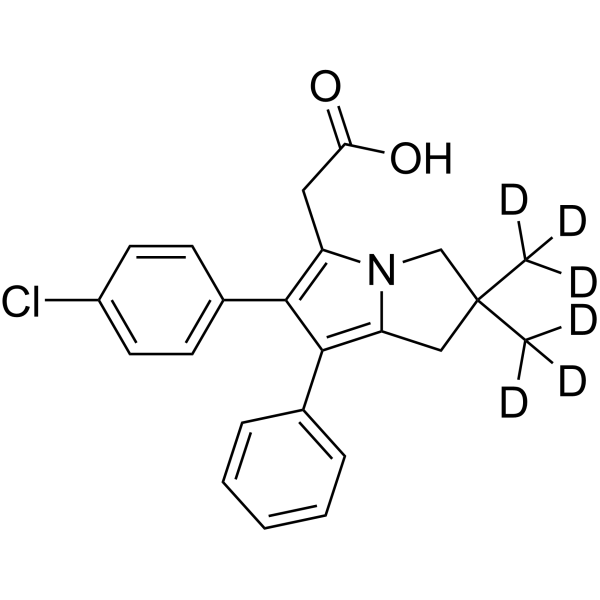
- HY-156649
-
|
CR6086
|
Prostaglandin Receptor
|
Endocrinology
|
|
Vorbipiprant (CR6086) is an EP4 receptor antagonist, serving as a targeted immunomodulator. Thus, Vorbipiprant is also a potential immune checkpoint inhibitor, to turn cold tumors into hot tumors. Vorbipiprant also antagonizes PGE2-stimulated cAMP production (IC50=22 nM). Vorbipiprant exhibit striking DMARD effects in rodents, and anti-inflammatory activity to inhibt immune-mediated inflammatory diseases .
|
-
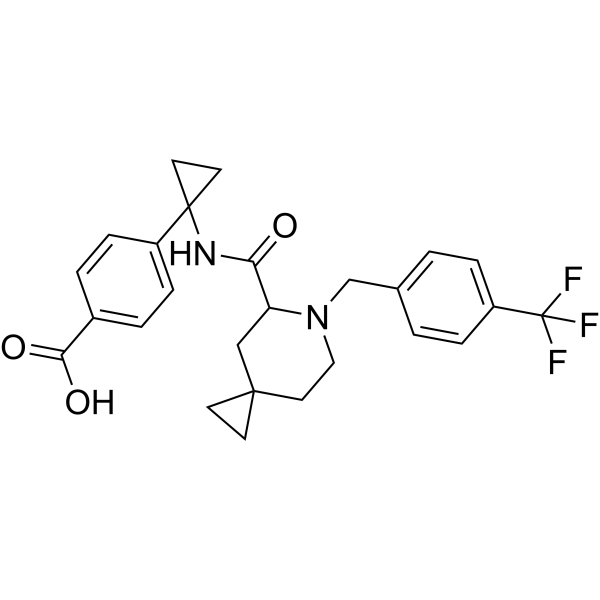
- HY-W001538
-
|
SPRC
|
STAT
MDM-2/p53
|
Inflammation/Immunology
|
|
S-Propargylcysteine (SPRC), a structural analog of S-allyl cysteine (SAC), is a slow H2S-releasing compound. S-Propargylcysteine reduces Ca 2+ accumulation and inflammatory cytokines, inhibits STAT3, and elevates p53 and Bax. S-Propargylcysteine has anti-inflammatory activity and protects mice against acute pancreatitis. S-Propargylcysteine also has cardioprotective, neuroprotective acitivties .
|
-
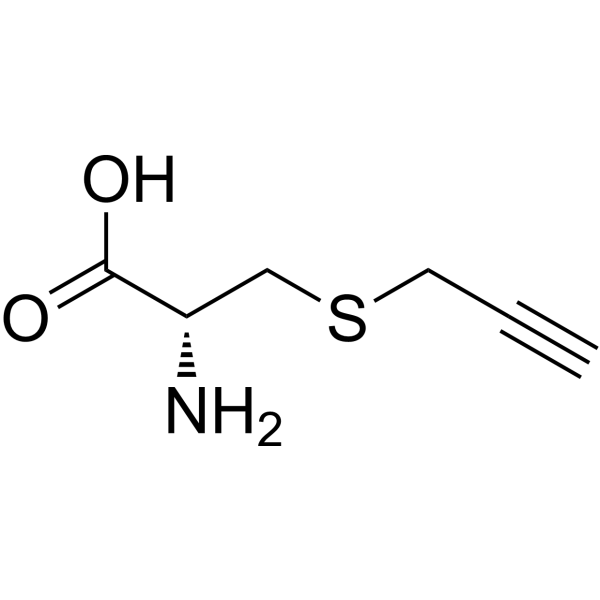
- HY-157394
-
|
|
Cholinesterase (ChE)
|
Inflammation/Immunology
|
|
eeAChE/eqBuChE-IN-1 (compound 3F) is a reversible dual eeAChE/eqBuChE inhibitor with IC50s of 1.3?μM and 0.81?μM, respectively. eeAChE/eqBuChE-IN-1 exhibits anti-inflammatory activity. eeAChE/eqBuChE-IN-1 also shows neuroprotective effect on Aβ25-35-induced PC12 cell injury .
|
-

- HY-N11706
-
|
(+)-β-Cedrene
|
Fungal
|
Infection
Inflammation/Immunology
|
|
β-Cedrene ((+)-β-Cedrene) is a sesquiterpene compound that can be isolated from Centaurea kotschyi var. kotschyi and Centaurea kotschyi var. decumbens, exhibiting antibacterial, anti-inflammatory, antispasmodic, tonic, diuretic, sedative, insecticidal, and antifungal activities. β-Cedrene is also a potent competitive inhibitor of the CYP2B6-mediatedbupropion hydroxylase, with a Ki value of 1.6 μM .
|
-
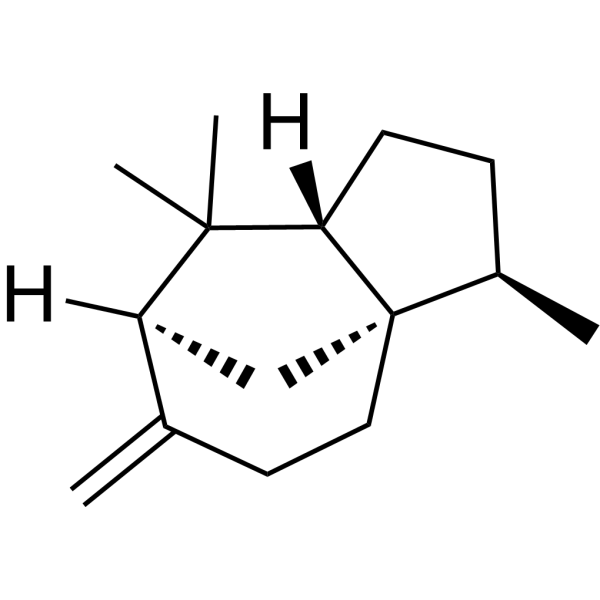
- HY-161342
-
|
|
Cathepsin
SARS-CoV
|
Infection
Inflammation/Immunology
|
|
CTSL/CAPN1-IN-2 (Compound 14b) is an orally active inhibitor of both CTSL and CAPN1, with IC50 values of 6.88 nM and 347.6 nM, respectively. CTSL/CAPN1-IN-2 possesses anti-inflammatory properties and favorable pharmacokinetic characteristics. CTSL/CAPN1-IN-2 exhibits broad-spectrum antiviral activity against coronaviruses by blocking viral entry .
|
-
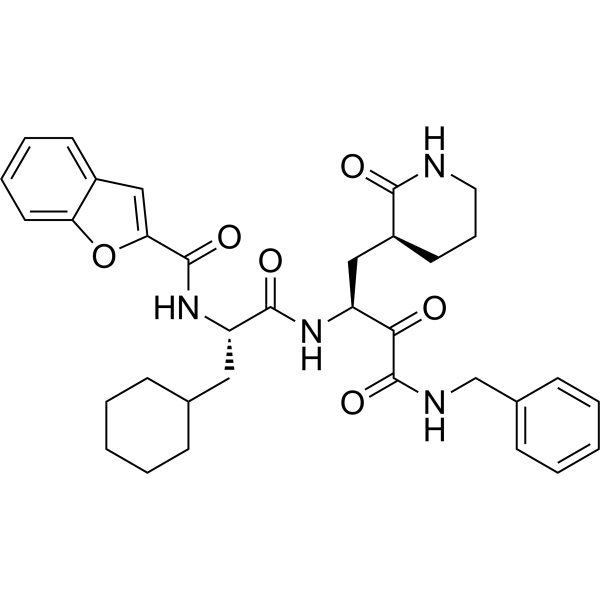
- HY-107909
-
|
1,3-Dimethylxanthine sodium glycinate; Theo-24 sodium glycinate
|
Adenosine Receptor
HDAC
Apoptosis
Interleukin Related
TNF Receptor
|
Cancer
|
|
Theophylline (1,3-Dimethylxanthine) sodium glycinate is a potent phosphodiesterase (PDE) inhibitor, adenosine receptor antagonist, and histone deacetylase (HDAC) activator. Theophylline sodium glycinate inhibits PDE3 activity to relax airway smooth muscle. Theophylline sodium glycinate has anti-inflammatory activity by increase IL-10 and inhibit NF-κB into the nucleus. Theophylline sodium glycinate induces apoptosis. Theophylline sodium glycinate can be used for asthma and chronic obstructive pulmonary disease (COPD) research .
|
-
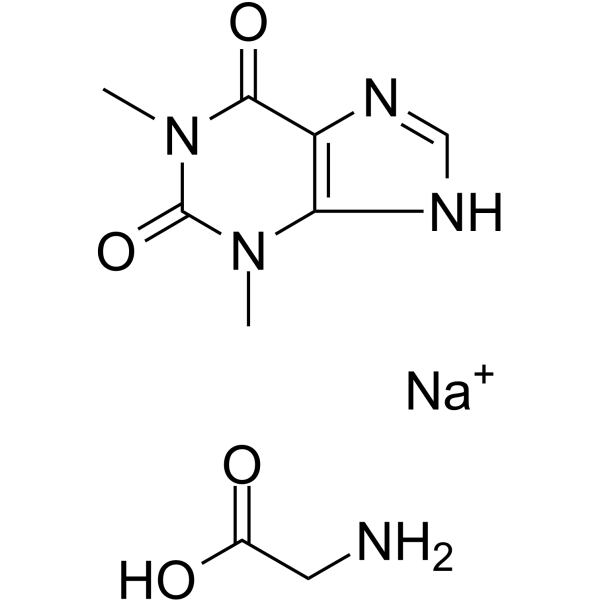
- HY-154393
-
|
|
Nucleoside Antimetabolite/Analog
|
Cancer
|
|
2-Chloro-2'-deoxy-6-O-methylinosine is a hypoxanthine analog. Hypoxanthine is a kind of purine base mainly present in muscle tissue. And it is a metabolite produced by purine oxidase acting on xanthine. Hypoxanthine has typical anti-inflammatory effects and is a potential endogenous poly(ADP-ribose) polymerase (PARP) inhibitor. It is cytoprotective by inhibiting PAPR activity, inhibiting peroxynitrite-induced mitochondrial depolarization and secondary superoxide production. Hypoxanthine can also be used as an indicator of hypoxia .
|
-
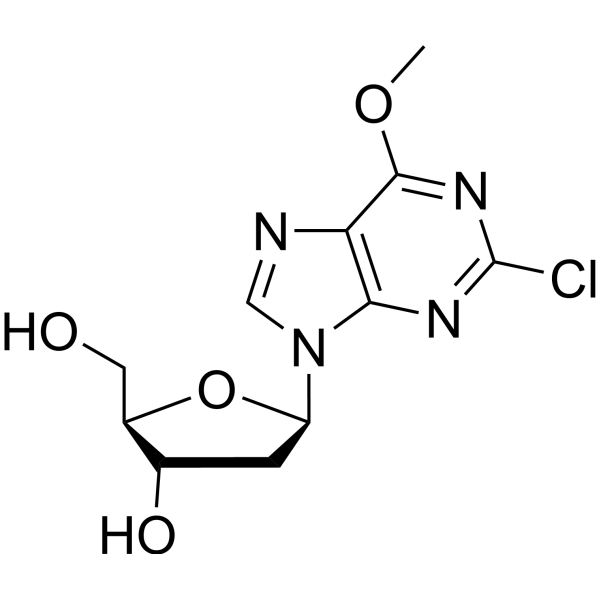
- HY-B0968R
-
|
|
Autophagy
|
Cardiovascular Disease
|
|
Trimetazidine (dihydrochloride) (Standard) is the analytical standard of Trimetazidine (dihydrochloride). This product is intended for research and analytical applications. Trimetazidine dihydrochloride is a selective long chain 3-ketoyl coenzyme A thiolase inhibitor with an IC50 of 75 nM, which can inhibit β-oxidation of free fatty acid (FFA). Trimetazidine dihydrochloride is an effective antianginal agent and a cytoprotective agent, has anti-oxidant, anti-inflammatory, antinociceptive and gastroprotective properties. Trimetazidine dihydrochloride triggers autophagy. Trimetazidine dihydrochloride is also a 3-hydroxyacyl-CoA dehydrogenase (HADHA) inhibitor .
|
-
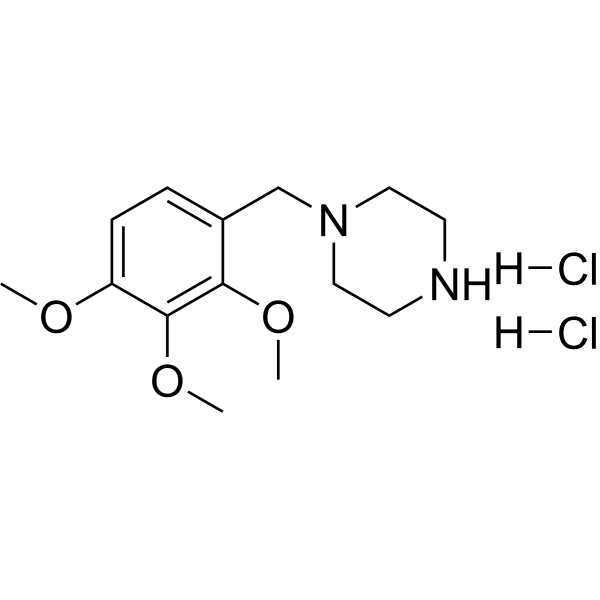
- HY-B1640R
-
|
Etacrynic acid (Standard)
|
Glutathione S-transferase
NF-κB
Calcium Channel
|
Inflammation/Immunology
Cancer
|
|
Ethacrynic acid (Standard) is the analytical standard of Ethacrynic acid. This product is intended for research and analytical applications. Ethacrynic acid (Etacrynic acid) is a diuretic. Ethacrynic acid is an inhibitor of glutathione S-transferases (GSTs). Ethacrynic acid is a potent inhibitor of NF-kB-signaling pathway, and also modulates leukotriene formation. Ethacrynic acid also inhibits L-type voltage-dependent and store-operated calcium channel, leading to relaxation of airway smooth muscle (ASM) cells. Ethacrynic acid has anti-inflammatory properties that reduces the retinoid-induced ear edema in mice .
|
-
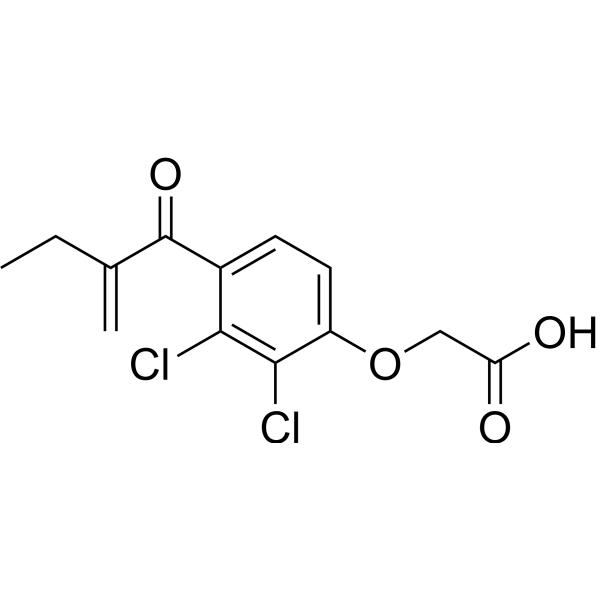
- HY-N0184A
-
-
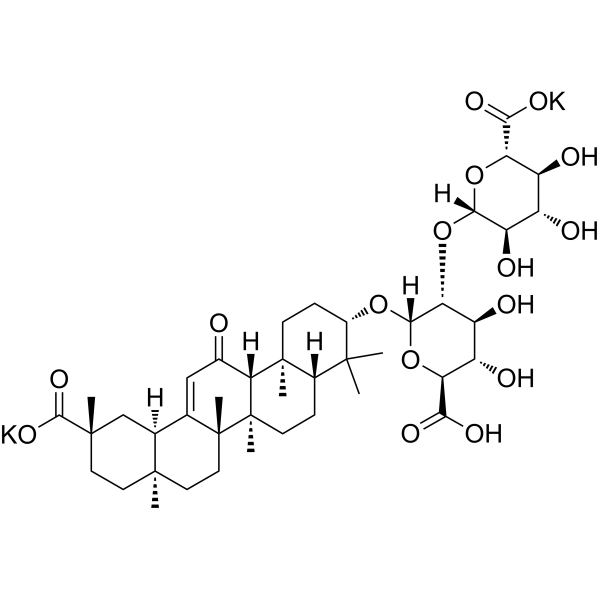
- HY-N0619
-
|
|
TNF Receptor
Interleukin Related
Tyrosinase
|
Inflammation/Immunology
|
|
Mulberroside A is one of the main bioactive constituent in mulberry (Morus alba L.) . Mulberroside A decreases the expressions of TNF-α, IL-1β, and IL-6 and inhibits the activation of NALP3, caspase-1, and NF-κB and the phosphorylation of ERK, JNK, and p38, exhibiting anti-inflammatory antiapoptotic effects . Mulberroside A shows inhibitory activity against mushroom tyrosinase with an IC50 of 53.6 μM .
|
-
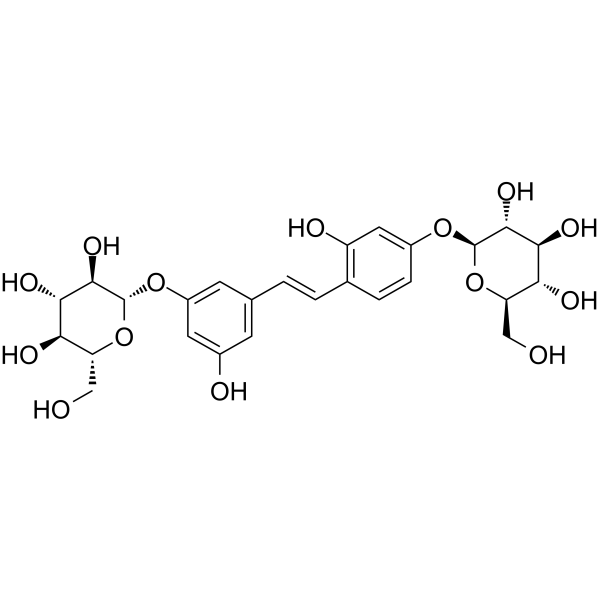
- HY-N0148
-
|
Rutoside; Quercetin 3-O-rutinoside
|
Amyloid-β
Autophagy
Apoptosis
Endogenous Metabolite
|
Inflammation/Immunology
Cancer
|
|
Rutin (Rutoside) is a flavonoid found in many plants and shows a wide range of biological activities including anti-inflammatory, antidiabetic, antioxidant, neuroprotective, nephroprotective, hepatoprotective and reducing Aβ oligomer activities. Rutin is also a CBR1 inhibitor, which can cross the blood brain barrier. Rutin attenuates vancomycin-induced renal tubular cell apoptosis via suppression of apoptosis, mitochondrial dysfunction, and oxidative stress .
|
-
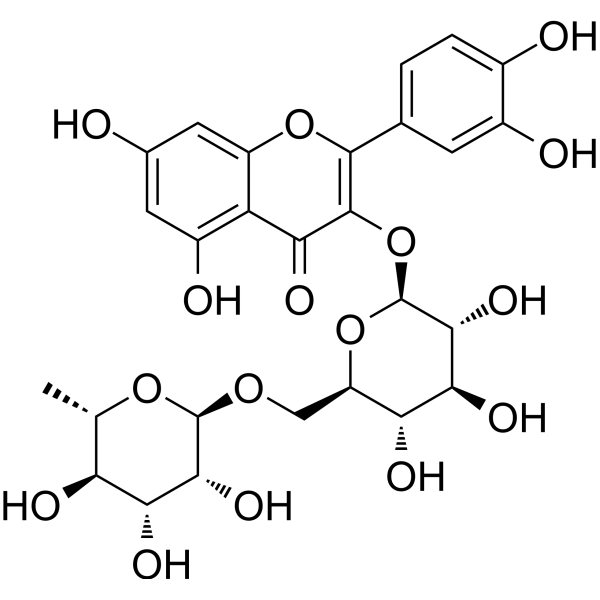
- HY-121636S
-
|
RvD2-d5
|
TRP Channel
|
Infection
Neurological Disease
Inflammation/Immunology
|
|
Resolvin D2-d5 is the deuterium labeled Resolvin D2. Resolvin D2 is a metabolite of docosahexaenoic acid (DHA), with anti-inflammatory, anti-infective activities. Resolvin D2 is a potent regulator of leukocytes and controls microbial sepsis. Resolvin D2 is a remarkably potent inhibitor of TRPV1 (IC50 = 0.1 nM) and TRPA1 (IC50 = 2 nM) in primary sensory neurons[1][2][3].
|
-
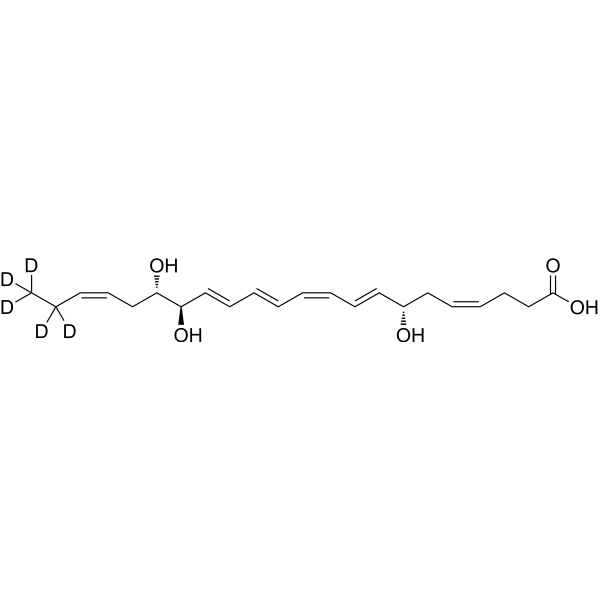
- HY-150548
-
|
|
COX
Lipoxygenase
|
Inflammation/Immunology
|
|
COX-2/15-LOX-IN-1 (Compound 14) is a COX-2 and 15-lipoxygenase enzyme (15-LOX) inhibitor with IC50 values of 10.65, 0.075 and 2.98 μM against COX-1, COX-2 and 15-LOX, respectively. COX-2/15-LOX-IN-1 shows anti-inflammatory activity .
|
-
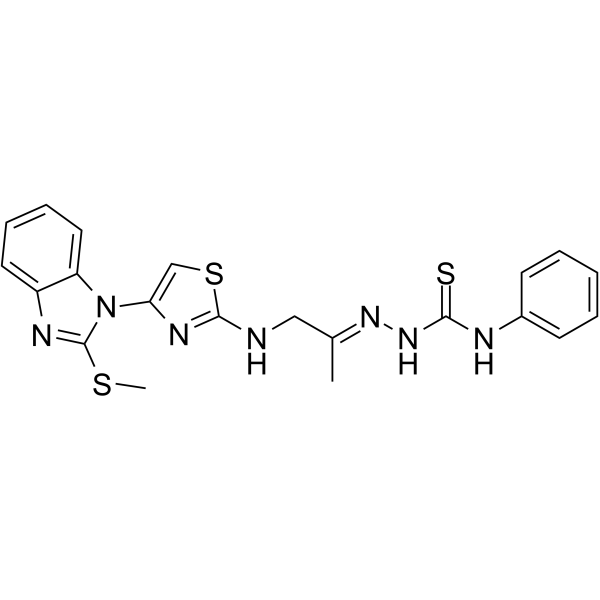
- HY-100936
-
|
SQ 20009; EHT 0202 hydrochloride
|
Phosphodiesterase (PDE)
GABA Receptor
|
Neurological Disease
Inflammation/Immunology
|
|
Etazolate hydrochloride (SQ 20009) is an orally active, selective inhibitor of type 4 phosphodiesterase (PDE4) with an IC50 of 2 μM. Etazolate hydrochloride is a γ-aminobutyric acid A (GABAA) receptor regulator. Etazolate hydrochloride is an α-secretase activator and induced the production of soluble amyloid precursor protein (sAPPα). Etazolate hydrochloride, a pyrazolopyridine class derivative, increases cAMP levels. Etazolate hydrochloride has anxiolyticlike, antidepressant-like and anti-inflammatory effects .
|
-
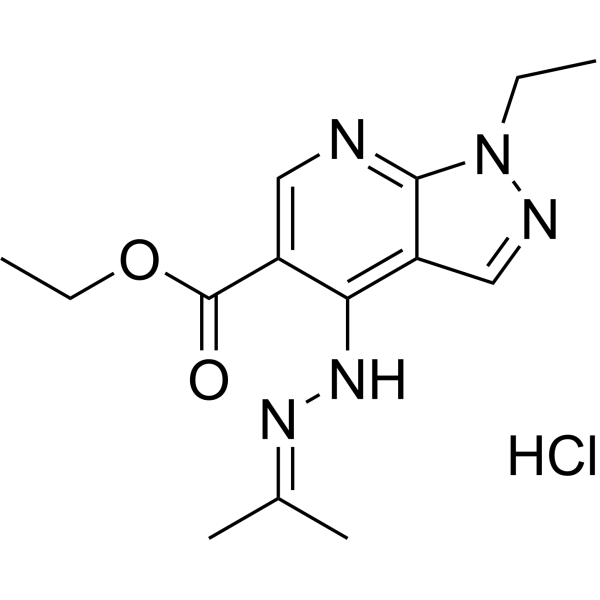
- HY-W068682
-
|
Hemipyocyanine; 1-Phenazinol; Hemi-pyocyanin
|
Amylases
Bacterial
|
Infection
Neurological Disease
Metabolic Disease
Inflammation/Immunology
Cancer
|
|
1-Hydroxyphenazine (Hemipyocyanine; 1-Phenazinol; Hemi-pyocyanin) is an inhibitor for α-Amylase with an IC50 of 3.1 μg/mL . 1-Hydroxyphenazine exhibits anticancer and anti-inflammatory activity against cells A549, 1321N1 and RAW264.7, antifungal and antibacterial activity against strains Candida albicans, Aspergillus fumigatus, Escherichia coli and Xanthomonas campestris .
|
-
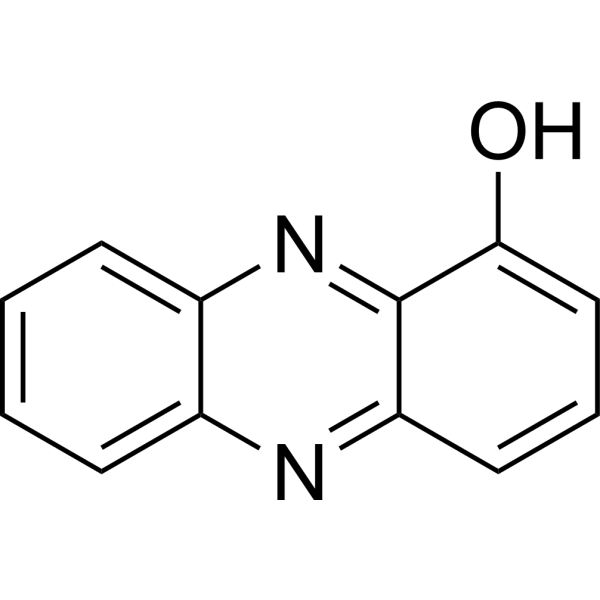
- HY-17412
-
-
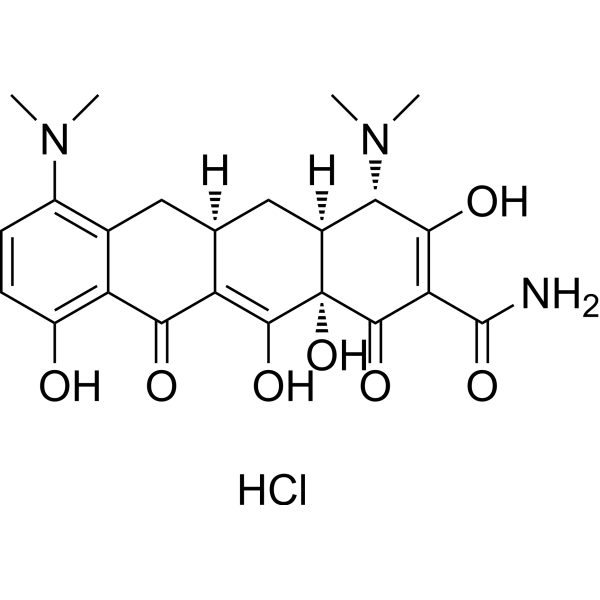
- HY-N0142
-
|
NSC 407292; RJC 02792
|
SGLT
Endogenous Metabolite
GLUT
|
Metabolic Disease
Cancer
|
|
Phloretin (NSC 407292; RJC 02792) is a flavonoid extracted from Malus pumila Mill., has anti-inflammatory activities. Phloridzin is a specific, competitive and orally active inhibitor of sodium/glucose cotransporters in the intestine (SGLT1) and kidney (SGLT2). Phloretin inhibits Yeast-made GLUT1 as well as Human erythrocyte GLUT1 with IC50values of 49 μM and 61 μM, respectively .Phloretin has the potential for the treatment of rheumatoid arthritis (RA) and allergic airway inflammation .
|
-
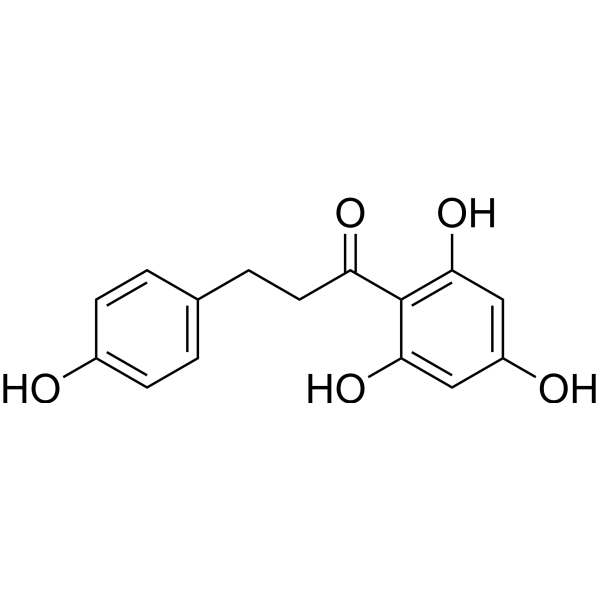
- HY-B0712
-
|
Ro 13-9904 free acid
|
Bacterial
Antibiotic
GSK-3
Aurora Kinase
|
Infection
Inflammation/Immunology
Cancer
|
|
Ceftriaxone (Ro 13-9904 free acid) is a broad spectrum β-lactam third-generation cephalosporin antibiotic, which has good antibacterial activity against a variety of gram-negative and positive bacteria. Ceftriaxone is a covalent inhibitor of GSK3β with IC50 value of 0.78 mM. Ceftriaxone is an inhibitor of Aurora B. Ceftriaxone has anti-inflammatory, antitumor and antioxidant activities. Ceftriaxone can be used in the study of bacterial infections and meningitis .
|
-
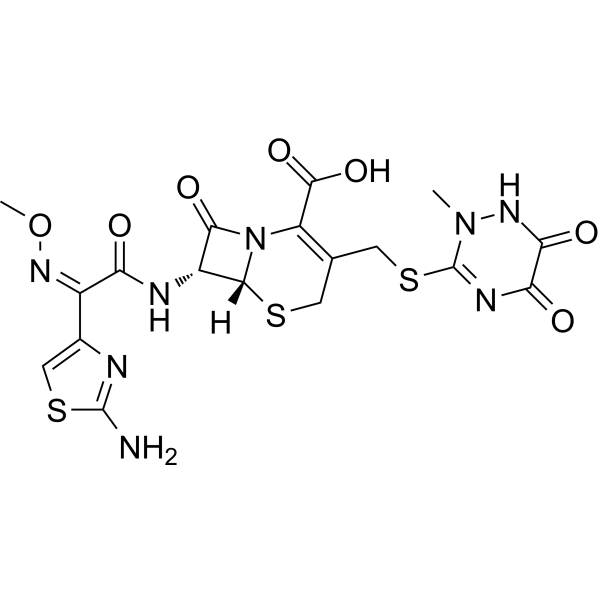
- HY-B0712A
-
|
Ro 13-9904 sodium hydrate
|
Bacterial
Antibiotic
GSK-3
Aurora Kinase
|
Infection
Cancer
|
|
Ceftriaxone sodium hydrate (Ro 13-9904 sodium hydrate) is a broad spectrum β-lactam third-generation cephalosporin antibiotic, which has good antibacterial activity against a variety of gram-negative and positive bacteria. Ceftriaxone sodium hydrate is a covalent inhibitor of GSK3β with IC50 value of 0.78 μM. Ceftriaxone sodium hydrate is an inhibitor of Aurora B. Ceftriaxone sodium hydrate has anti-inflammatory, antitumor and antioxidant activities. Ceftriaxone sodium hydrate can be used in the study of bacterial infections and meningitis .
|
-
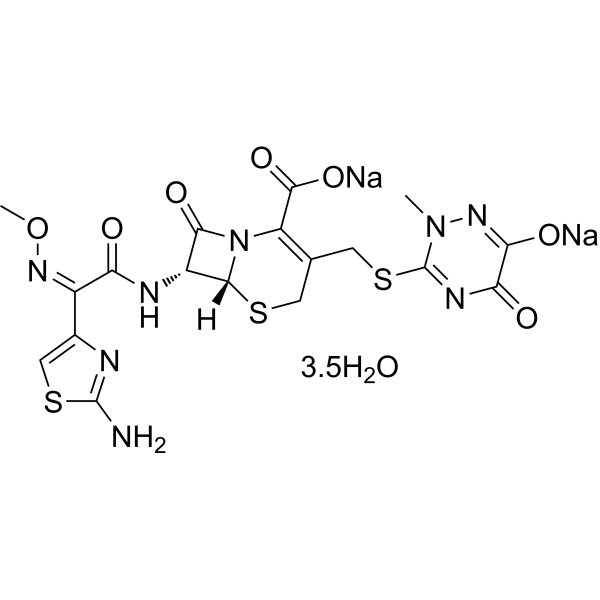
- HY-B0712B
-
|
Ro 13-9904
|
Antibiotic
GSK-3
Bacterial
Aurora Kinase
|
Infection
Inflammation/Immunology
Cancer
|
|
Ceftriaxone sodium salt (Ro 13-9904) is a broad spectrum β-lactam third-generation cephalosporin antibiotic, which has good antibacterial activity against a variety of gram-negative and positive bacteria. Ceftriaxone sodium salt is a covalent inhibitor of GSK3β with IC50 value of 0.78 μM. Ceftriaxone sodium salt is an inhibitor of Aurora B. Ceftriaxone sodium salt has anti-inflammatory, antitumor and antioxidant activities. Ceftriaxone sodium salt can be used in the study of bacterial infections and meningitis .
|
-
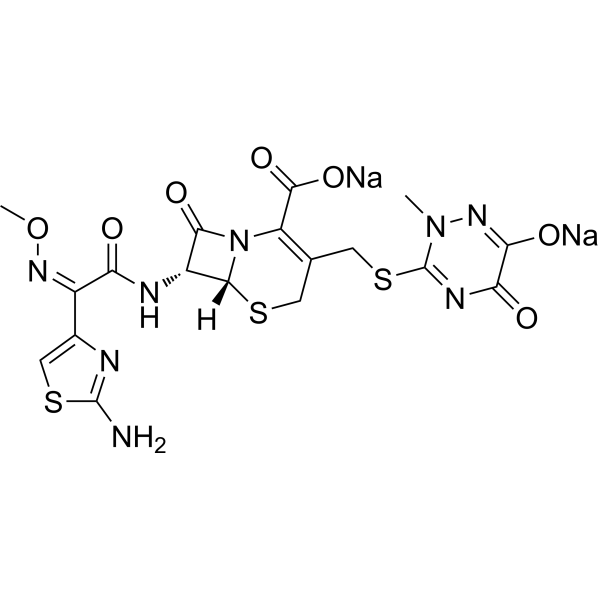
- HY-N1584
-
|
RU-19110
|
DNA/RNA Synthesis
TGF-beta/Smad
Parasite
Sodium Channel
Calcium Channel
|
Infection
Cardiovascular Disease
Inflammation/Immunology
Cancer
|
|
Halofuginone (RU-19110), a Febrifugine derivative, is a competitive prolyl-tRNA synthetase inhibitor with a Ki of 18.3 nM . Halofuginone is a specific inhibitor of type-I collagen synthesis and attenuates osteoarthritis (OA) by inhibition of TGF-β activity . Halofuginone is also a potent pulmonary vasodilator by activating Kv channels and blocking voltage-gated, receptor-operated and store-operated Ca 2+ channels. Halofuginone has anti-malaria, anti-inflammatory, anti-cancer, anti-fibrosis effects .
|
-
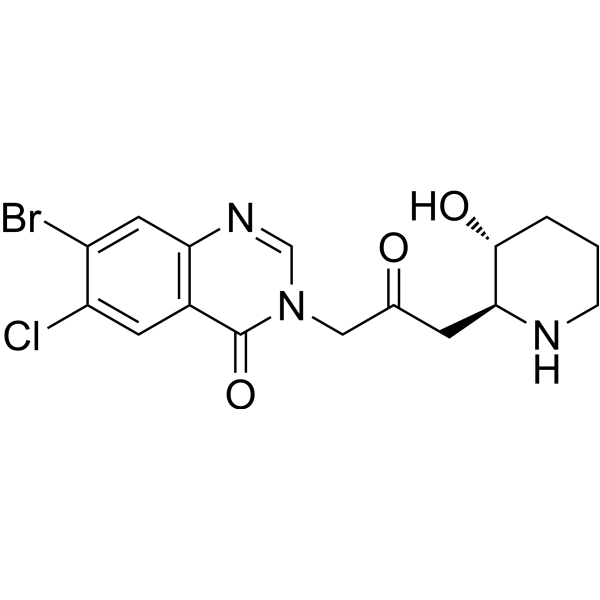
- HY-13750
-
|
SPI-1005; PZ-51; CCG-39161
|
Calcium Channel
Virus Protease
HIV
Phosphatase
|
Infection
Neurological Disease
Inflammation/Immunology
Cancer
|
|
Ebselen (SPI-1005), a glutathione peroxidase mimetic, is a potent voltage-dependent calcium channel (VDCC) blocker . Ebselen potently inhibits M pro (IC50=0.67 μM) and COVID-19 virus (EC50=4.67 μM) .Ebselen is an inhibitor of HIV-1 capsid CTD dimerization. Ebselen, an organoselenium compound, can permeate the blood-brain barrier and has anti-inflammatory, antioxidant and anticancer activity .
|
-
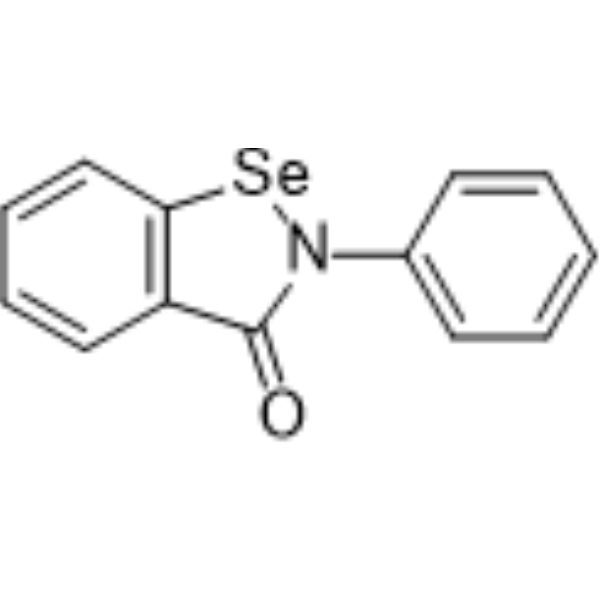
- HY-N0376
-
|
|
Reactive Oxygen Species
|
Neurological Disease
Inflammation/Immunology
Cancer
|
|
Liquiritin, a flavonoid isolated from Glycyrrhiza uralensis, is a potent and competitive AKR1C1 inhibitor with IC50s of 0.62 μM, 0.61 μM, and 3.72μM for AKR1C1, AKR1C2 and AKR1C3, respectively. Liquiritin efficiently inhibits progesterone metabolism mediated by AKR1C1 in vivo . Liquiritin acts as an antioxidant and has neuroprotective, anti-cancer and anti-inflammatory activity .
|
-
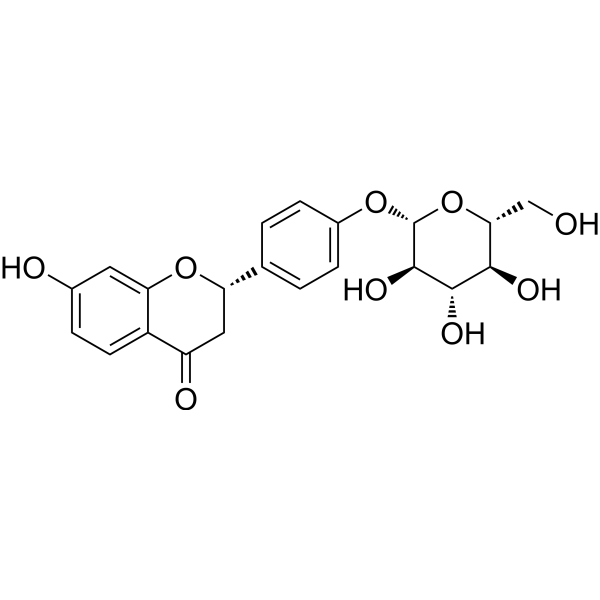
- HY-N0028
-
|
|
Others
|
Inflammation/Immunology
|
|
Forsythiaside A is an orally active phenylethanoid glycoside isolated from the dried fruits of Forsythia suspensa. Forsythiaside A is also an inhibitor of COX-2 and has anti-inflammatory, antioxidant and neuroprotective effects. Forsythiaside A prevents neuroinflammation and apoptosis caused by Aβ25-35 damage and may be used in Alzheimer's disease (AD) research. Forsythiaside A also activates the Nrf2/HO-1 signaling pathway and inhibits OVA-induced asthma in mice .
|
-
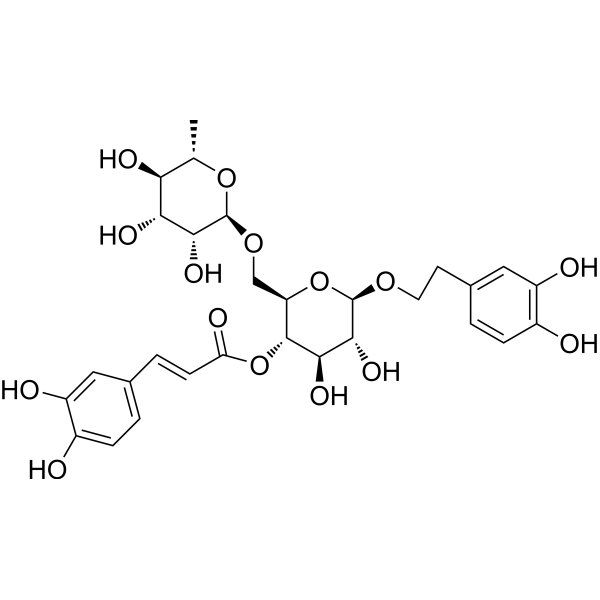
- HY-121537
-
|
|
COX
Akt
Apoptosis
|
Neurological Disease
Inflammation/Immunology
Cancer
|
|
CAY10404 is a potent and selective cyclooxygenase-2 (COX-2) inhibitor with an IC50 of 1 nM and a selectivity index (SI; COX-1 IC50/COX-2 IC50) of >500000. CAY10404 is a potent PKB/Akt and MAPK signaling pathways inhibitor and induces apoptosis in non-small cell lung cancer (NSCLC) cells. CAY10404, a diarylisoxazole, has good analgesic, anti-inflammatory, and anti-cancer activities .
|
-
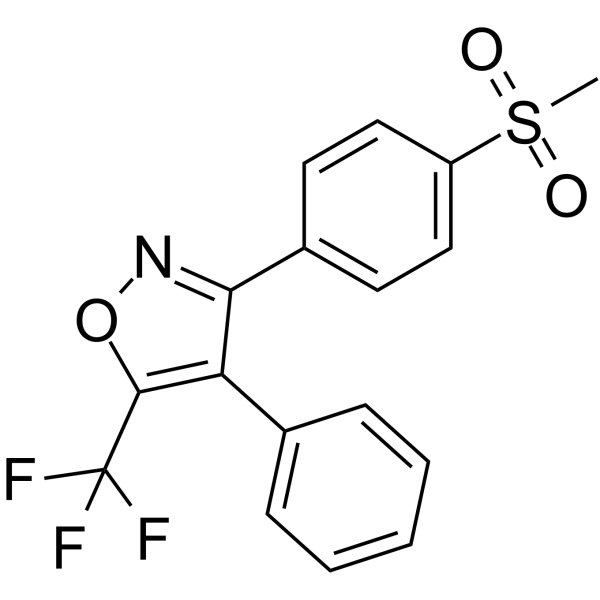
- HY-147911
-
|
|
PI3K
COX
|
Inflammation/Immunology
Cancer
|
|
COX-2/PI3K-IN-1 (compound 5d) is a potent PI3K inhibitor with IC50 value of 1.14 nM. COX-2/PI3K-IN-1 is a selective COX-2 inhibitor with Ki value of 3.24 nM. COX-2/PI3K-IN-1 has anti-inflammatory and anti-cancer properties.
|
-
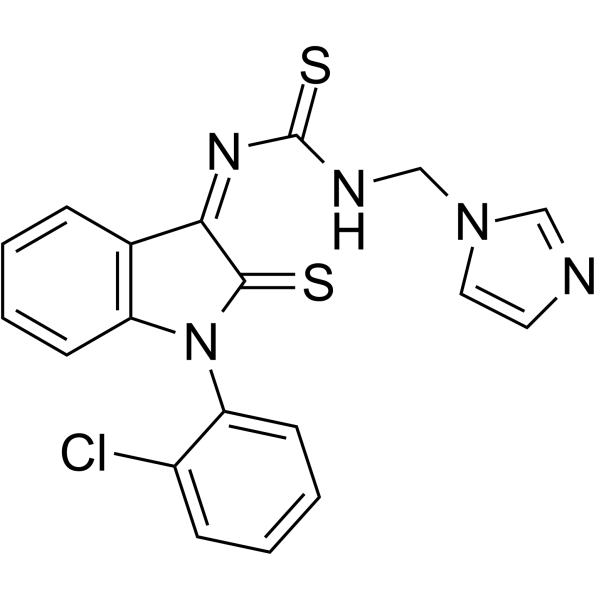
- HY-150526
-
|
|
Endogenous Metabolite
Apoptosis
|
Inflammation/Immunology
Cancer
|
|
EGCG-4″-sulfate is a major polyphenol in green tea, which can inhibit cell proliferation and induce cell apoptosis. (-)-Epigallocatechin Gallate sulfate inhibits glutamate dehydrogenase 1/2 (GDH1/2, GLUD1/2) activity. EGCG-4″-sulfate has a potent anticancer, antioxidant and anti-inflammatory properties against various types of cancers such as colorectal cancer, myeloid leukemia, thyroid carcinoma .
|
-
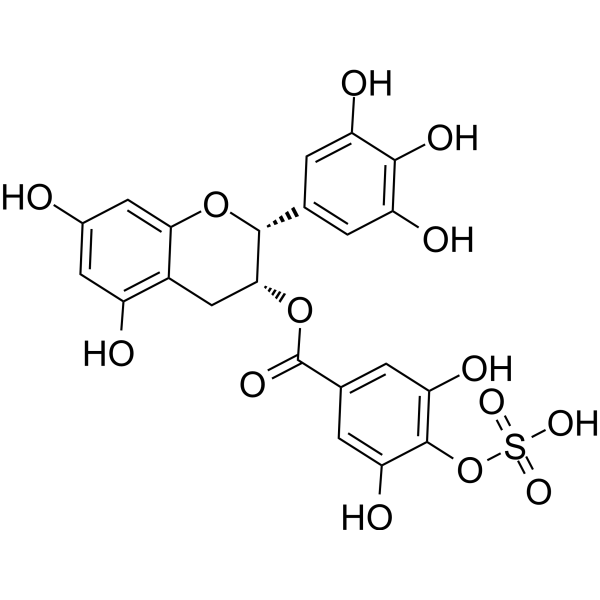
- HY-17412A
-
-
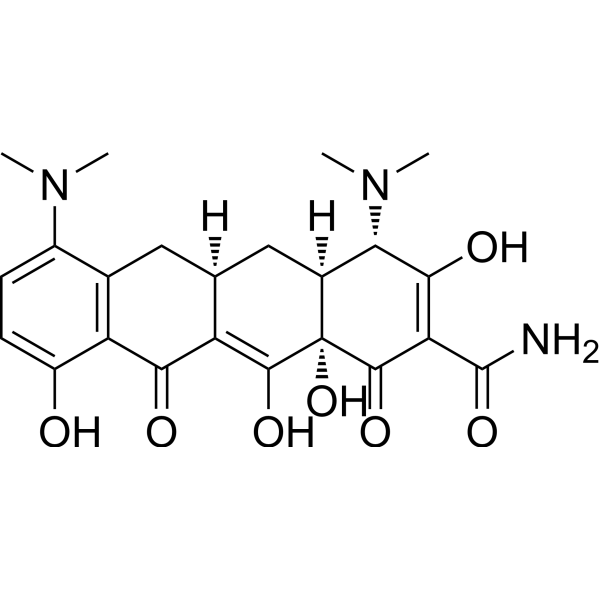
- HY-N3364
-
|
|
Flavivirus
Dengue virus
TNF Receptor
NF-κB
NO Synthase
COX
JNK
p38 MAPK
IKK
|
Infection
Inflammation/Immunology
|
|
Lucidone, an anti-inflammatory agent that can be isolated from the fruit of Lindera erythrocarpa Makino. Lucidone inhibits LPS-induced NO and PGE2 production in RAW 264.7 mouse macrophages. Lucidone also decreases TNF-α secretion, iNOS and COX-2 expression. Lucidone prevents NF-κB translocation and inhibits JNK and p38MAPK signals. Lucidone also has inhibitory activity against Dengue virus (DENV) (EC50=25 μM) .
|
-
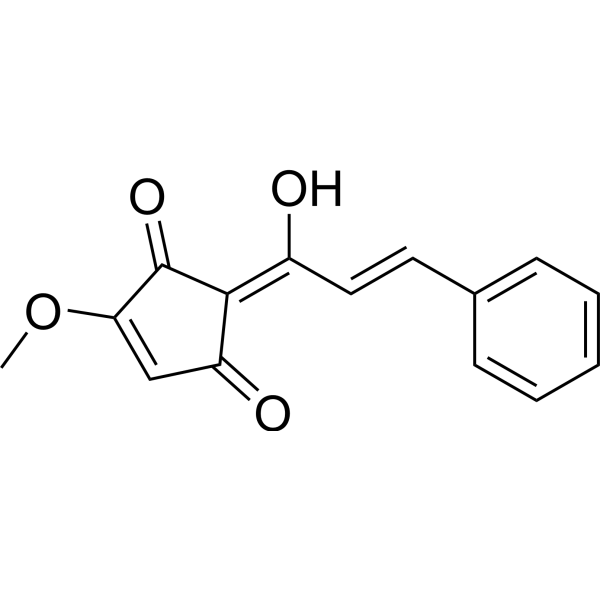
- HY-78131S3
-
|
(±)-Ibuprofen-13C6
|
Isotope-Labeled Compounds
|
Cancer
|
|
Ibuprofen- 13C6 ((±)-Ibuprofen- 13C6) is a 13C labeled Ibuprofen (HY-78131). Ibuprofen ((±)-Ibuprofen) is a potent, orally active, selective COX-1 inhibitor with an IC50 value of 13 μM. Ibuprofen inhibits cell proliferation, angiogenesis, and induces cell apoptosis. Ibuprofen is a nonsteroidal anti-inflammatory agent and a nitric oxide (NO) donor. Ibuprofen ((±)-Ibuprofen) can be used in the research of pain, swelling, inflammation, infection, immunology, cancers .
|
-
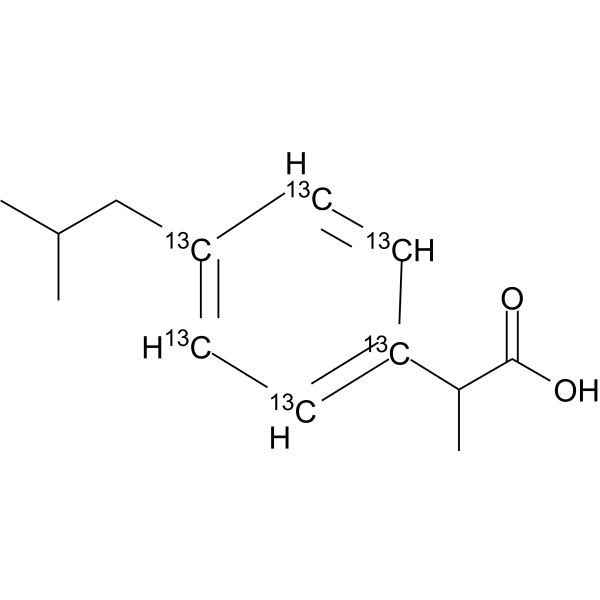
- HY-145491
-
|
|
ERK
NF-κB
|
Inflammation/Immunology
|
|
Resolvin D5 is a prolytic mediator (SPM) with anti-inflammatory activity derived from oxidized lipids DHA. Resolvin D5 inhibits Th17 cell differentiation and promotes regulatory T cell differentiation, and inhibits CD4+ T cell proliferation. Resolvin D5 attenuates osteoclast differentiation and interferes with osteoclastogenesis. Resolvin D5 also regulates ERK phosphorylation and nuclear translocation of NF-kappaB. Resolvin D5 could be used in rheumatoid arthritis research .
|
-
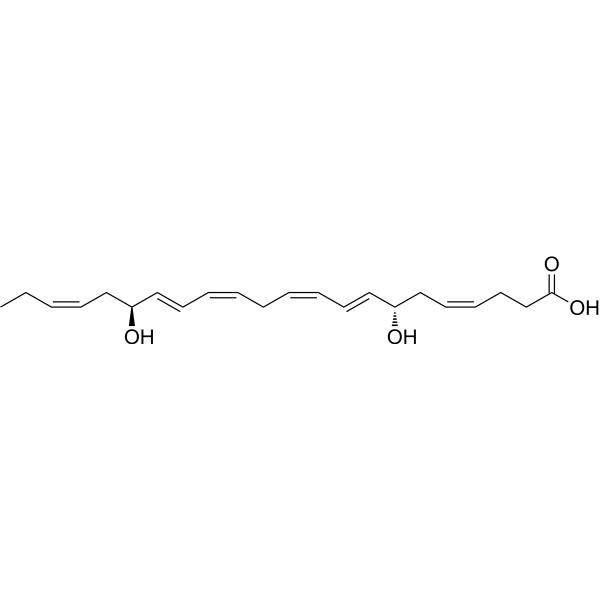
- HY-152678
-
|
|
Nucleoside Antimetabolite/Analog
|
Cancer
|
|
6-Methoxypurine-9-β-D-5’(R)-C-methylriboside is a hypoxanthine analog. Hypoxanthine is a kind of purine base mainly present in muscle tissue. And it is a metabolite produced by purine oxidase acting on xanthine. Hypoxanthine has typical anti-inflammatory effects and is a potential endogenous poly(ADP-ribose) polymerase (PARP) inhibitor. It is cytoprotective by inhibiting PAPR activity, inhibiting peroxynitrite-induced mitochondrial depolarization and secondary superoxide production. Hypoxanthine can also be used as an indicator of hypoxia .
|
-
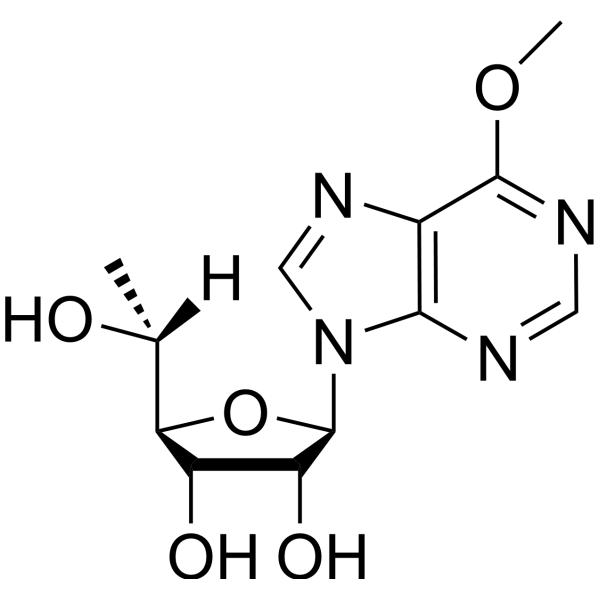
- HY-W141392
-
|
|
Nucleoside Antimetabolite/Analog
|
Cancer
|
|
2'-Fluoro-5'-O-DMT-2'-deoxyinosine-3'-CE-phosphoramidite is a hypoxanthine analog. Hypoxanthine is a kind of purine base mainly present in muscle tissue. And it is a metabolite produced by purine oxidase acting on xanthine. Hypoxanthine has typical anti-inflammatory effects and is a potential endogenous poly(ADP-ribose) polymerase (PARP) inhibitor. It is cytoprotective by inhibiting PAPR activity, inhibiting peroxynitrite-induced mitochondrial depolarization and secondary superoxide production. Hypoxanthine can also be used as an indicator of hypoxia .
|
-
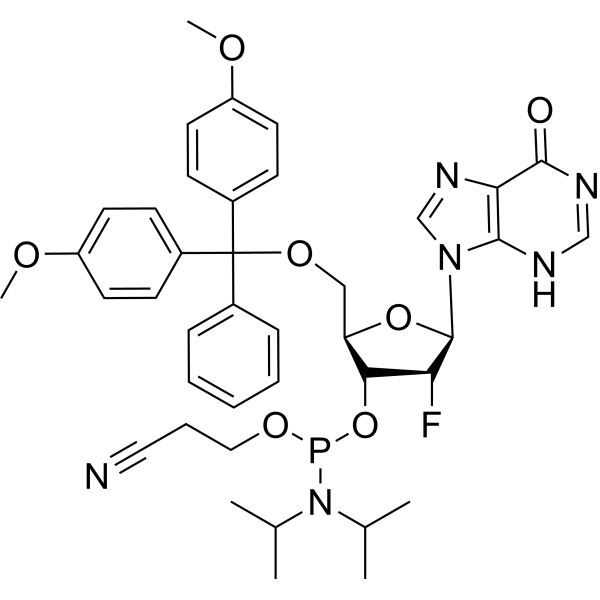
- HY-W392836
-
|
|
Nucleoside Antimetabolite/Analog
|
Cancer
|
|
2'-O-Methyl-5'-O-dmt-inosine-3'-CE-phosphoramidite is a hypoxanthine analog. Hypoxanthine is a kind of purine base mainly present in muscle tissue. And it is a metabolite produced by purine oxidase acting on xanthine. Hypoxanthine has typical anti-inflammatory effects and is a potential endogenous poly(ADP-ribose) polymerase (PARP) inhibitor. It is cytoprotective by inhibiting PAPR activity, inhibiting peroxynitrite-induced mitochondrial depolarization and secondary superoxide production. Hypoxanthine can also be used as an indicator of hypoxia .
|
-
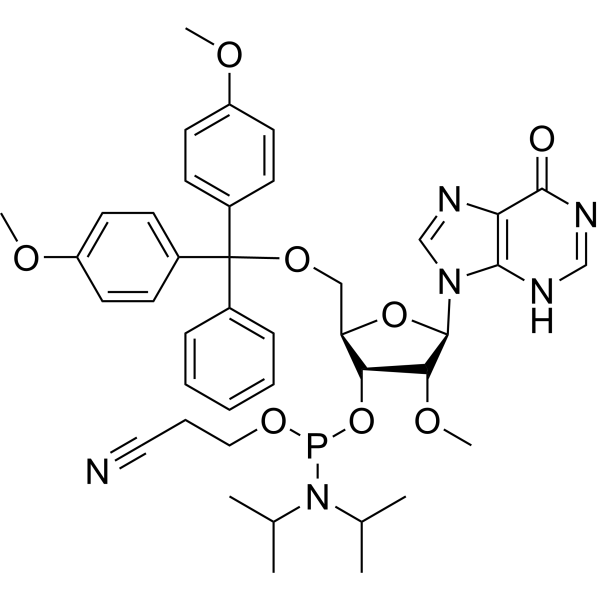
- HY-162316
-
|
|
NF-κB
|
Inflammation/Immunology
|
|
NF-κB-IN-15 (compound 14r) is a potent NF-κB inhibitor. NF-κB-IN-15 decreases the NO levels and inhibits the release of IL-6, TNF-α, and IL-1β in LPS (HY-D1056) -induced cells. NF-κB-IN-15 inhibits LPS-induced phosphorylation of p65 and degradation of IκBα. NF-κB-IN-15 shows anti-inflammatory activity has the potential for the research of acute lung injury (ALI) .
|
-
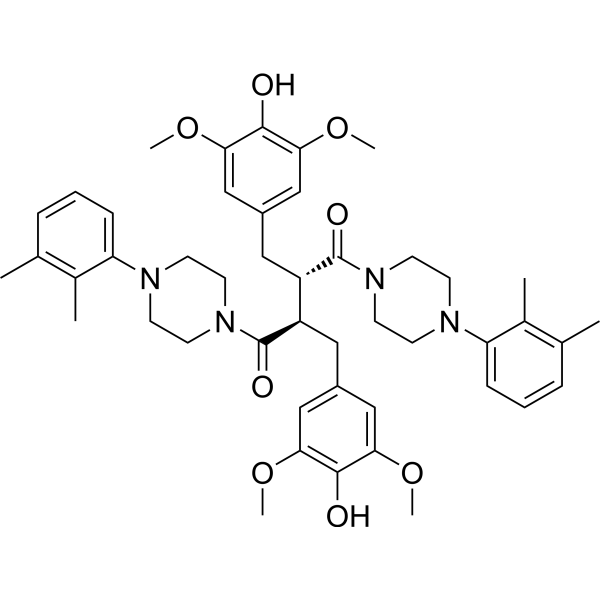
- HY-N0005
-
|
Diferuloylmethane; Natural Yellow 3; Turmeric yellow
|
Histone Acetyltransferase
Epigenetic Reader Domain
Keap1-Nrf2
Autophagy
Mitophagy
Influenza Virus
Ferroptosis
|
Cancer
|
|
Curcumin (Diferuloylmethane), a natural phenolic compound, is a p300/CREB-binding protein-specific inhibitor of acetyltransferase, represses the acetylation of histone/nonhistone proteins and histone acetyltransferase-dependent chromatin transcription. Curcumin shows inhibitory effects on NF-κB and MAPKs, and has diverse pharmacologic effects including anti-inflammatory, antioxidant, antiproliferative and antiangiogenic activities. Curcumin induces stabilization of Nrf2 protein through Keap1 cysteine modification.
|
-
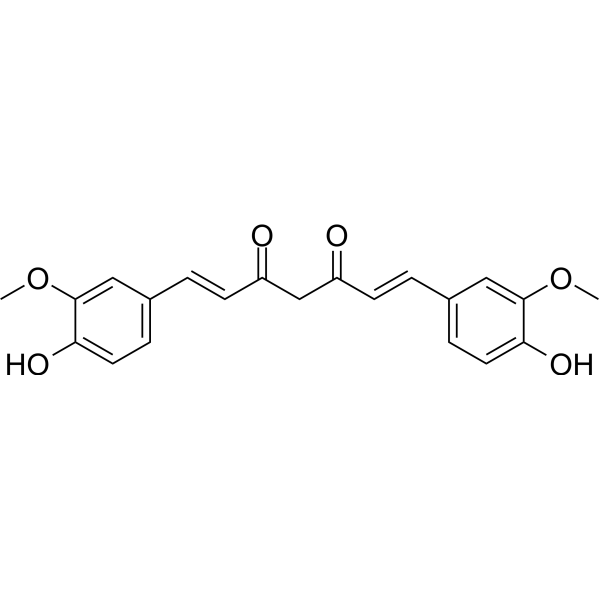
- HY-15826
-
|
|
Epigenetic Reader Domain
Histone Acetyltransferase
|
Inflammation/Immunology
Cancer
|
|
SGC-CBP30 is a potent and highly selective CBP/p300 bromodomain (Kds of 21 nM and 32 nM for CBP and p300, respectively) inhibitor, displaying 40-fold selectivity over the first bromodomain of BRD4 [BRD4(1)] bound. SGC-CBP30 strongly reduces secretion of IL-17A in Th17 cells and has anti-inflammatory effects .
|
-
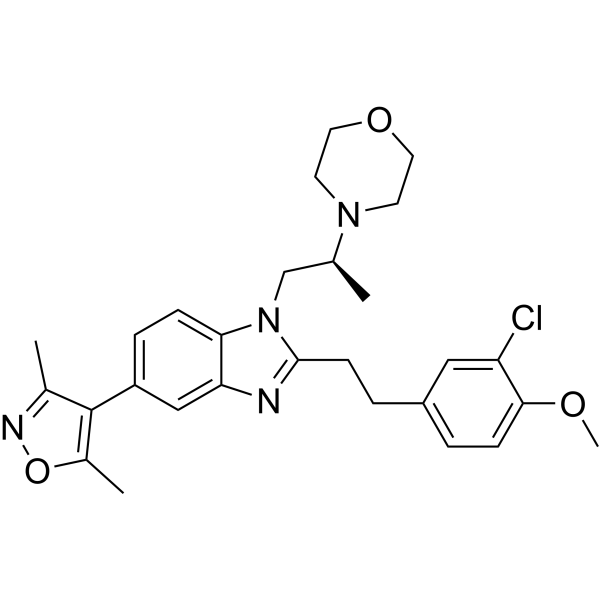
- HY-B0075
-
|
N-Acetyl-5-methoxytryptamine
|
Melatonin Receptor
Autophagy
Mitophagy
Endogenous Metabolite
Apoptosis
|
Neurological Disease
Inflammation/Immunology
Cancer
|
|
Melatonin is a hormone made by the pineal gland that can activates melatonin receptor. Melatonin plays a role in sleep and possesses important antioxidative and anti-inflammatory properties . Melatonin is a novel selective ATF-6 inhibitor and induces human hepatoma cell apoptosis through COX-2 downregulation . Melatonin attenuates palmitic acid-induced (HY-N0830) mouse granulosa cells apoptosis via endoplasmic reticulum stress .
|
-
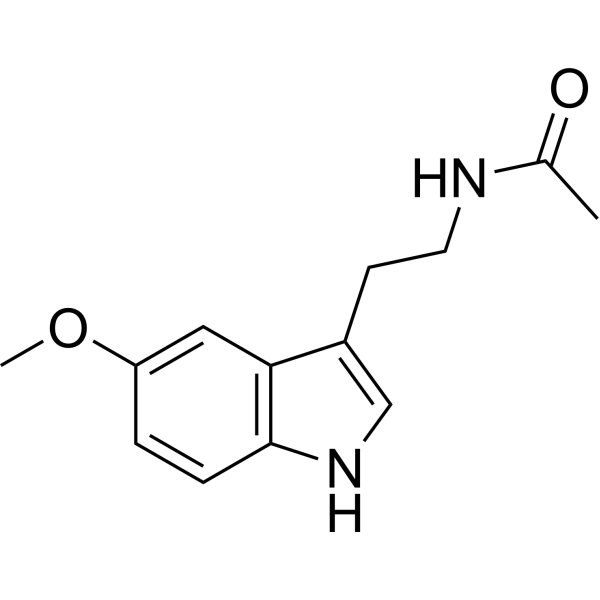
- HY-18981
-
|
(+)-Decursin
|
|
|
|
Decursin ((+)-Decursin) is a potent anti-tumor agent. Decursin also is a cytotoxic agent and a potent protein kinase C activator. Decursin induces apoptosis and cell cycle arrest at G1 phase. Decursin decreases the expression of CDK2, CDK4, CDK6, cyclin D1 protein at 48 h. Decursin inhibits cell proliferation and migration. Decursin shows anti-tumor, anti-inflammatory and analgesic activities .
|
-
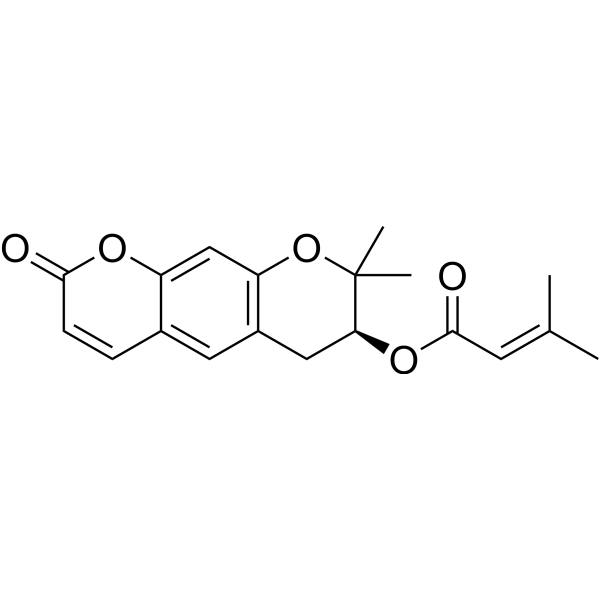
- HY-B2163
-
|
|
PPAR
Reactive Oxygen Species
STAT
NF-κB
Apoptosis
|
Cardiovascular Disease
Metabolic Disease
Cancer
|
|
Astaxanthin, the red dietary carotenoid, is an orally effective and potent antioxidant. Astaxanthin inhibits NF-κB and down-regulates VEGF in blood glucose. Astaxanthin exerts anti-cancer cell proliferation, increases apoptosis, impairs migration and invasion by activating PPARγ and reducing the expression of STAT3. Astaxanthin also has neuroprotective and anti-inflammatory activity and can be used in studies of cancer, diabetic retinopathy, cardiovascular disease, and in the coloring of animal feed .
|
-
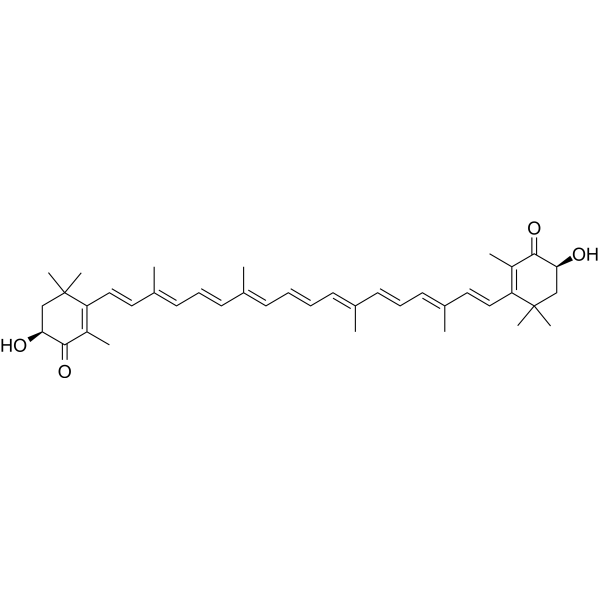
- HY-N1746
-
|
2'-O-Methylkurarinone
|
|
|
|
(2S)-2'-Methoxykurarinone, a compound isolated from the roots of Sophora flavescens, has anti-inflammatory, antipyretic, antidiabetic, and antineoplastic effects. (2S)-2'-Methoxykurarinone (MK) inhibits osteoclastogenesis and bone resorption through down-regulation of RANKL signaling. (2S)-2'-Methoxykurarinone (MK) displays cytotoxic activity against human myeloid leukemia HL-60 cells .
|
-
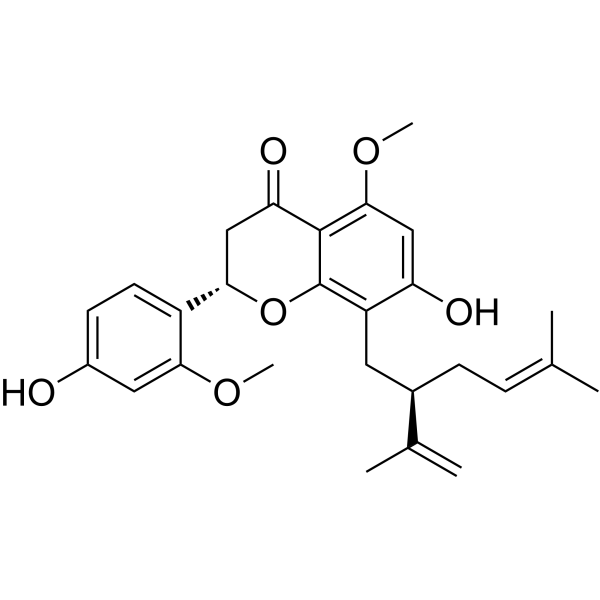
- HY-N2056
-
|
11-Keto-β-boswellic acid
|
|
|
|
11-Keto-beta-boswellic acid (11-Keto-β-boswellic acid) is a pentacyclic triterpenic acid of the oleogum resin from the bark of the Boswellia serrate tree, popularly known as Indian Frankincense. 11-Keto-beta-boswellic acid has the anti-inflammatory activity is primarily due to inhibit 5-lipoxygenase (5-LOX) and subsequent leukotriene and nuclear factor-kappa B (NF-κB) activation and tumor necrosis factor alpha generation production .
|
-
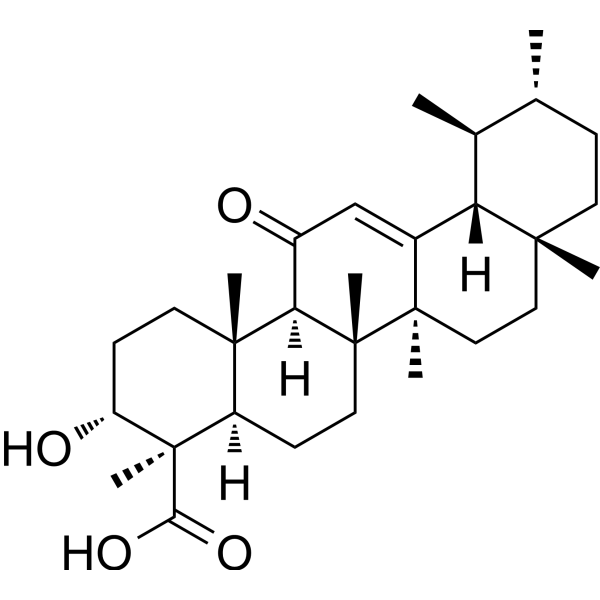
- HY-N6973
-
|
|
RANKL/RANK
Apoptosis
|
Inflammation/Immunology
|
|
Boldine is an apomorphine isoquinoline alkaloid extracted from the root of the pheasant pepper (Litsea cubeba). Boldine is an oral effective antioxidant, anti-inflammatory, antitumor agent, and can inhibit osteoclast formation. Boldine induces apoptosis of human bladder cancer cells by regulating ERK, AKT and GSK-3β. Boldine ameliorates bone destruction by down-regulating the OPG/RANKL/RANK signaling pathway. It can be used in rheumatoid arthritis research .
|
-
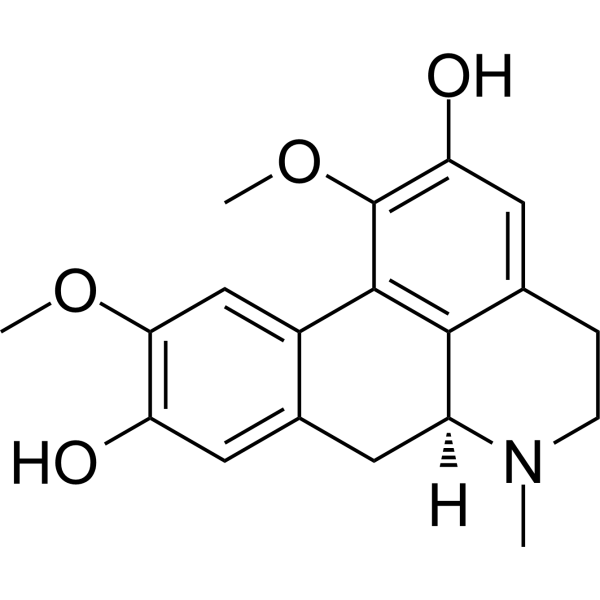
- HY-128879A
-
|
|
Phosphodiesterase (PDE)
GSK-3
|
Neurological Disease
|
|
VP3.15 dihydrobromide is a potent, orally bioavailable and CNS-penetrant dual phosphodiesterase (PDE)7- glycogen synthase kinase (GSK)3 inhibitor, with IC50s of 1.59 μM and 0.88 μM for PDE7 and GSK-3, respectively. VP3.15 dihydrobromide has neuroprotective and neuroreparative activities, thus as potential combined anti-inflammatory and pro-remyelinating therapies for multiple sclerosis (MS) .
|
-
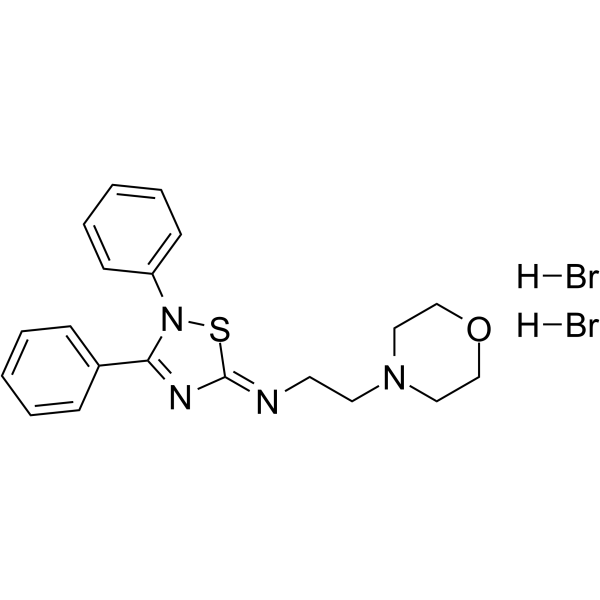
- HY-107569
-
|
|
Cholinesterase (ChE)
Histone Acetyltransferase
Apoptosis
Endogenous Metabolite
|
Inflammation/Immunology
Cancer
|
|
Garcinol, a polyisoprenylated benzophenone harvested from Garcinia indica, exerts anti-cholinesterase properties towards acetyl cholinesterase (AChE) and butyrylcholinesterase (BChE) with IC50s of 0.66 µM and 7.39 µM, respectively . Garcinol also inhibits histone acetyltransferases (HATs, IC50= 7 μM) and p300/CPB-associated factor (PCAF, IC50 = 5 μM). Garcinol has anti-inflammatory and anti-cancer activity .
|
-
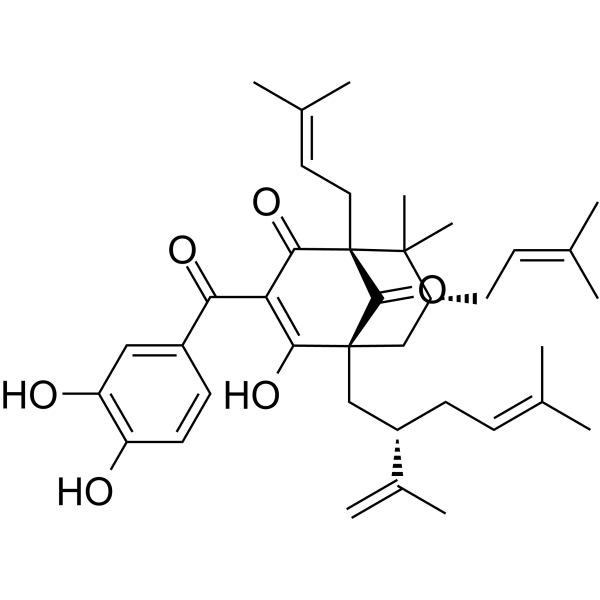
- HY-135646
-
|
|
Influenza Virus
|
Infection
Inflammation/Immunology
|
|
Eleutheroside B1, a coumarin compound, has a wide spectrum of anti-human influenza virus efficacy, with an IC50 value of 64-125 µg/ml. Eleutheroside B1 mediates its anti-influenza activity through POLR2A and N-glycosylation. Eleutheroside B1 inhibits the mRNA expression of several chemokine genes and the influenza nucleoprotein (NP) gene, and exhibits low cytotoxicity. Antiviral and anti-inflammatory activities .
|
-
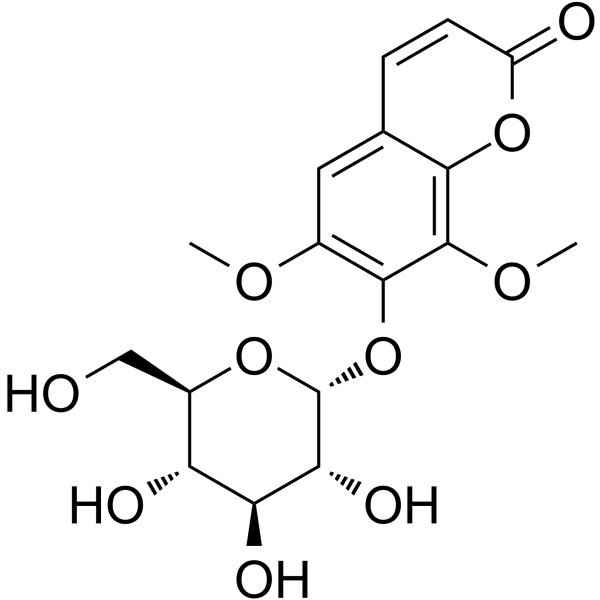
- HY-128879
-
|
|
Phosphodiesterase (PDE)
GSK-3
|
Neurological Disease
|
|
VP3.15 is a potent, orally bioavailable and CNS-penetrant dual phosphodiesterase (PDE)7- glycogen synthase kinase (GSK)3 inhibitor, with IC50s of 1.59 μM and 0.88 μM for PDE7 and GSK-3, respectively. VP3.15 has neuroprotective and neuroreparative activities, thus as potential combined anti-inflammatory and pro-remyelinating therapies for multiple sclerosis (MS) .
|
-
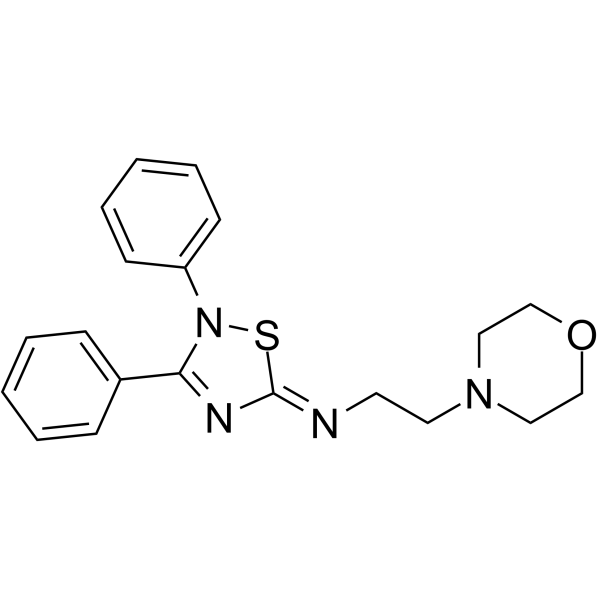
- HY-N3945
-
|
O,O-Dimethylisoboldine; S-(+)-Glaucine; NSC 34396
|
Phosphodiesterase (PDE)
Calcium Channel
Adrenergic Receptor
Dopamine Receptor
Influenza Virus
|
Infection
Inflammation/Immunology
|
|
Glaucine (O,O-Dimethylisoboldine) is an alkaloid isolated from Glaucium flavum with antitussive, bronchodilation and anti-inflammatory properties. Glaucine is a selective and orally active phosphodiesterase 4 (PDE4) inhibitor with Kis of 3.4 µM in human bronchus and polymorphonuclear leukocytes. Glaucine is also a non-selective α-adrenoceptor antagonist, a Ca 2+ entry blocker, and a weak dopamine D1 and D2 receptor antagonist. Glaucine has antioxidative and antiviral activities .
|
-
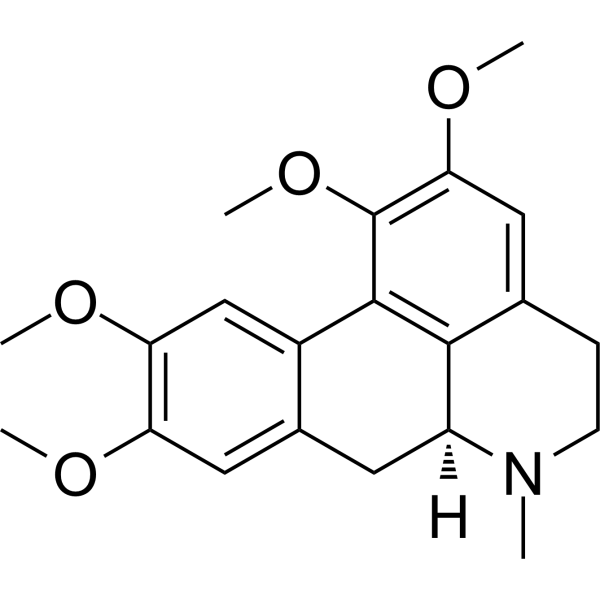
- HY-P2358
-
|
|
Toll-like Receptor (TLR)
|
Inflammation/Immunology
|
|
PSMα3 is a peptide for manipulating DCs to become tolerogenic for DC vaccination strategies. PSMα3 penetrates and modulates human monocyte-derived DCs by altering the TLR2- or TLR4-induced maturation, inhibiting pro- and anti-inflammatory cytokine production and reducing antigen uptake. PSMα3 is an important toxin released by the most virulent strains of methicillin-resistant Staphylococcus aureus (MRSA) .
|
-

- HY-117977
-
|
|
Phosphodiesterase (PDE)
|
Neurological Disease
Inflammation/Immunology
|
|
FCPR03 is a potent and selective phosphodiesterase 4 (PDE4) inhibitor with IC50 values of 60 nM, 31 nM and 47 nM for PDE4 catalytic domain, PDE4B1 and PDE4D7, respectively. FCPR03 displays at least 2100-fold selectivity over other PDEs (PDE1-3 and PDE5-11). FCPR03 has anti-inflammatory, neuroprotective and antidepressant-like effects .
|
-
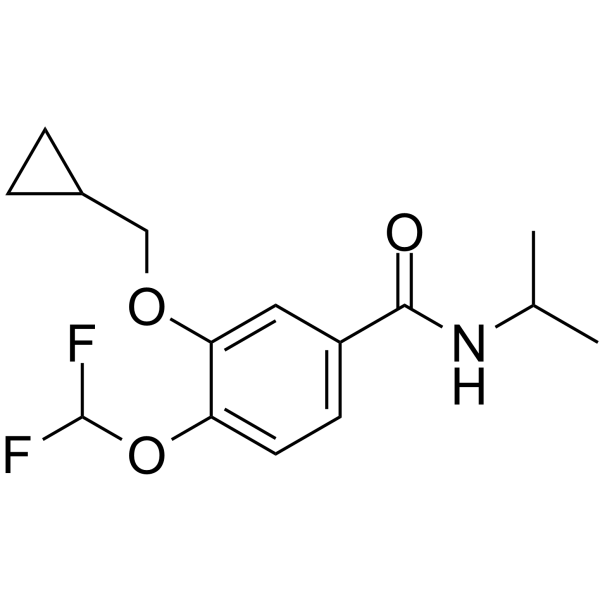
- HY-118521
-
|
|
PI3K
|
Inflammation/Immunology
|
|
AS-041164 is a potent, selective and orally active PI3Kγ isoform inhibitor with an IC50 of 70 nM. AS-041164 shows less activity against PI3Kα, PI3Kβ, and PI3Kδ (IC50s of 240 nM, 1.45 μM, and 1.70 μM, respectively). AS-041164 has anti-inflammatory effects .
|
-
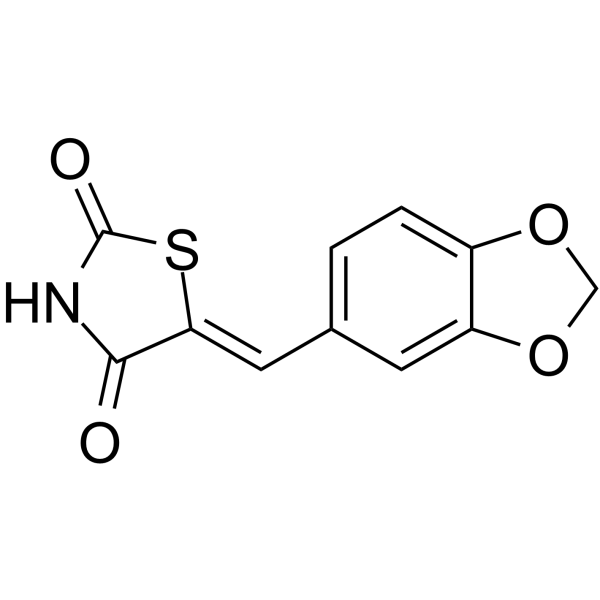
- HY-15036S1
-
|
|
Isotope-Labeled Compounds
COX
Apoptosis
|
Inflammation/Immunology
|
|
Diclofenac- 13C6 is the 13C6 labeled Diclofenac. Diclofenac is a potent and nonselective anti-inflammatory agent, acts as a COX inhibitor, with IC50s of 4 and 1.3 nM for human COX-1 and COX-2 in CHO cells, and 5.1 and 0.84 μM for ovine COX-1 and COX-2, respectively. Diclofenac induces apoptosis of neural stem cells (NSCs) via the activation of the caspase cascade.
|
-
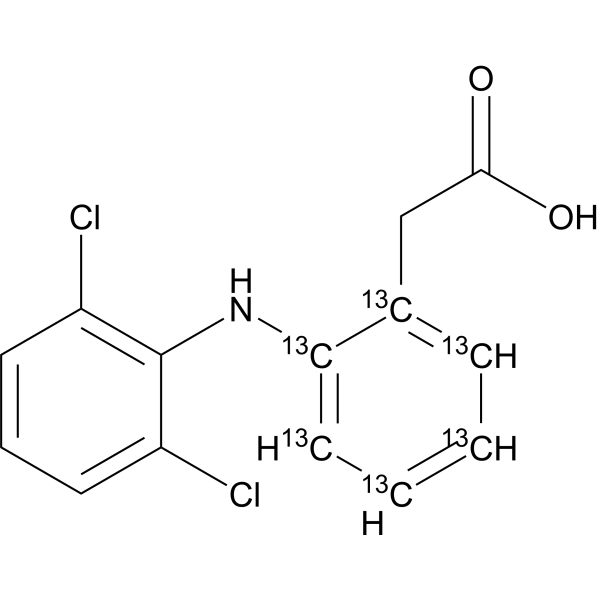
- HY-15037S2
-
|
GP 45840-13C6
|
Isotope-Labeled Compounds
COX
Apoptosis
|
Inflammation/Immunology
|
|
Diclofenac- 13C6 (Sodium) is the 13C6 labeled Diclofenac (Sodium). Diclofenac Sodium (GP 45840) is a potent and nonselective anti-inflammatory agent, acts as a COX inhibitor, with IC50s of 4 and 1.3 nM for human COX-1 and COX-2 in CHO cells, and 5.1 and 0.84 μM for ovine COX-1 and COX-2, respectively. Diclofenac Sodium induces apoptosis of neural stem cells (NSCs) via the activation of the caspase cascade.
|
-
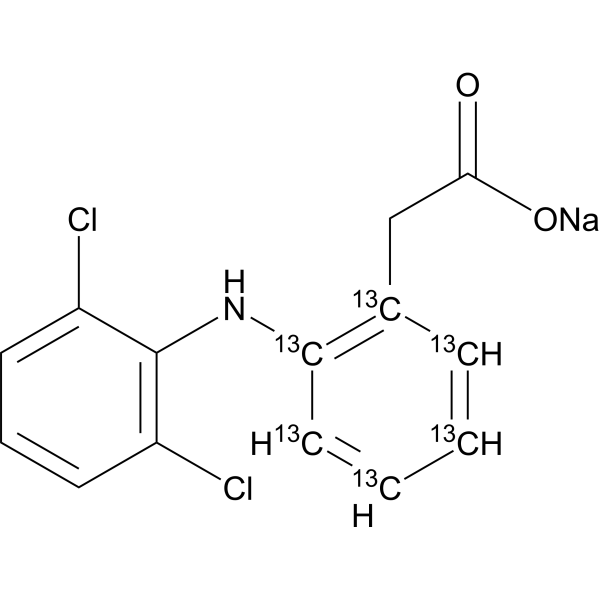
- HY-155751
-
-
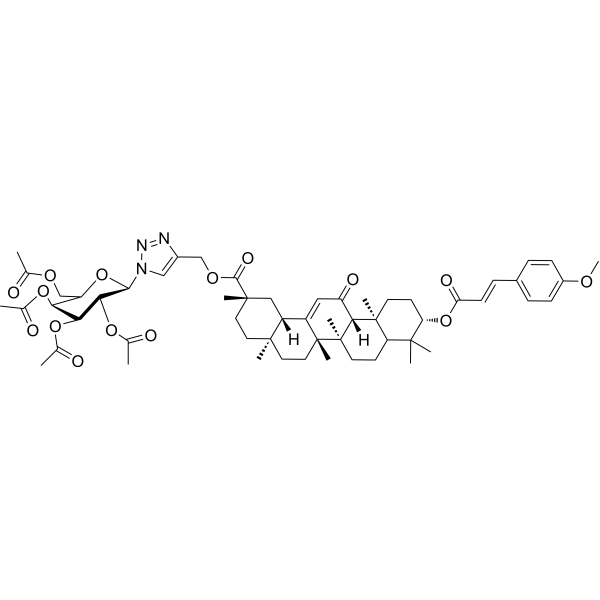
- HY-123639
-
|
N-(2-Phenylethyl)-indomethacin amide
|
COX
|
Inflammation/Immunology
Cancer
|
|
LM-4108 (N-(2-Phenylethyl)-indomethacin amide) is a selective and orally active COX-2 inhibitor with an IC50 of 0.06 μM for purified human COX-2. LM-4108 shows anti-inflammatory activity and may be effective in prevention of cancer. Half-lives for the disappearance of 10 μM LM-4108 in rat, human, and mouse liver microsomes were 11 min, 21 min, and 51 min, respectively .
|
-
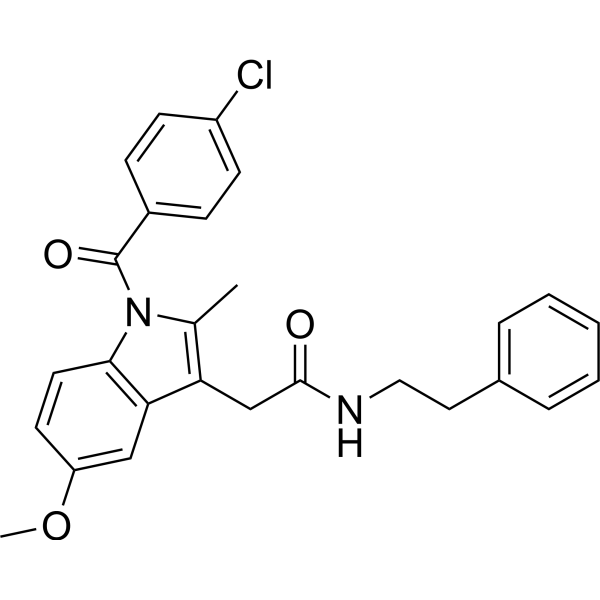
- HY-P1098B
-
|
|
IKK
|
Inflammation/Immunology
|
|
Ac2-26 ammonium is the N-terminal peptide of annexin 1, and has anti-inflammatory activity. Ac2-26 ammonium induces a decrease in IKKβ protein in lysosomes by chaperone-mediated autophagy (CMA). Ac2-26 ammonium ameliorates lung ischemia-reperfusion injury. Ac2-26 ammonium also inhibits airway inflammation and hyperresponsiveness in an asthma rat model .
|
-

- HY-163032
-
|
|
FABP
|
Cardiovascular Disease
Metabolic Disease
Inflammation/Immunology
|
|
FABP4-IN-3 (compound C3) is a highly selective FABP4 inhibitor (FABP4 Ki = 25 ± 3 a nM, FABP3 Ki = 15.03 μM) which exhibits a 601-fold selectivity over FABP3. FABP4-IN-3 also shows metabolic stability and potent cellular anti-inflammatory activity, making it promising to get involved in the research of metabolic disease, cardiac dysfunction and inflammation-related disease .
|
-
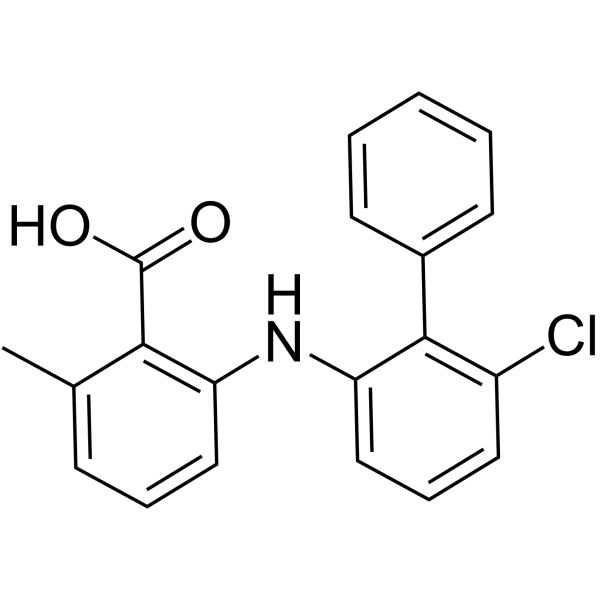
- HY-B0727R
-
|
Betamethasone 17-valerate (Standard)
|
Glucocorticoid Receptor
|
Inflammation/Immunology
|
|
Betamethasone valerate (Standard) is the analytical standard of Betamethasone valerate. This product is intended for research and analytical applications. Betamethasone valerate (Betamethasone 17-valerate), the 17-valerate ester of Betamethasone, is a topical corticosteroid with anti-inflammatory activity. Betamethasone valerate is used in the treatment of recurrent aphthous stomatitis. Betamethasone valerate inhibits the binding of the radiolabeled glucocorticoid dexamethasone ( 3H dexamethasone) to human epidermis and mouse skin with IC50s of 5 and 6 nM, respectively .
|
-
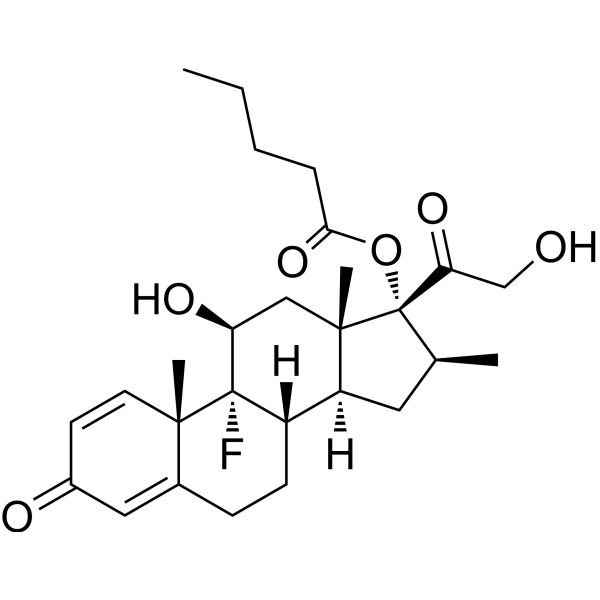
- HY-W012126R
-
|
2,6-Dichloro-N-phenylaniline (Standard)
|
Bacterial
|
Infection
Cancer
|
|
2,6-Dichlorodiphenylamine (Standard) is the analytical standard of 2,6-Dichlorodiphenylamine. This product is intended for research and analytical applications. 2,6-Dichlorodiphenylamine is an analogue of Diclofenac Sodium (HY-15037) and has anti-Candida albicans activity. Diclofenac Sodium is a potent and nonselective anti-inflammatory agent, acts as a COX inhibitor, with IC50s of 4 and 1.3 nM for human COX-1 and COX-2 in CHO cells.
|
-
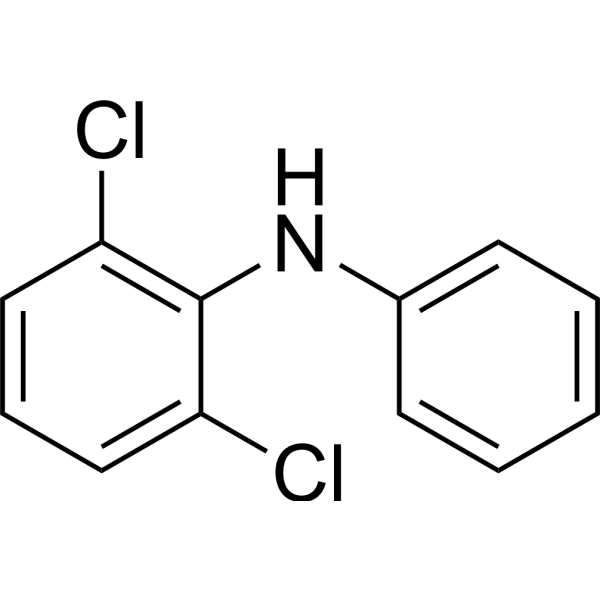
- HY-P1009
-
|
|
Caspase
|
Cancer
|
|
Z-YVAD-FMK is a cell-permeable caspase-1 and -4 inhibitor with anti-inflammatory and anti-tumor activities .
|
-
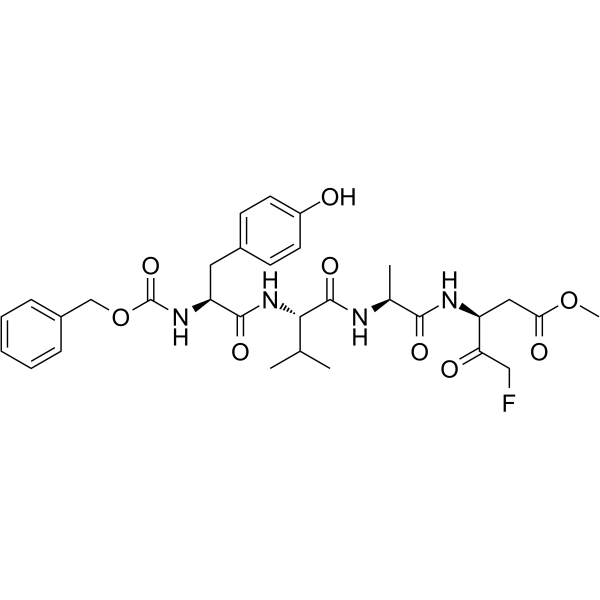
- HY-14393
-
|
Frangula emodin
|
SARS-CoV
Casein Kinase
Autophagy
11β-HSD
|
Cancer
|
|
Emodin (Frangula emodin), an anthraquinone derivative, is an anti-SARS-CoV compound. Emodin blocks the SARS coronavirus spike protein and angiotensin-converting enzyme 2 (ACE2) interaction . Emodin inhibits casein kinase-2 (CK2). Anti-inflammatory and anticancer effects . Emodin is a potent selective 11β-HSD1 inhibitor with the IC50 of 186 and 86 nM for human and mouse 11β-HSD1, respectively. Emodin ameliorates metabolic disorder in diet-induced obese mice .
|
-
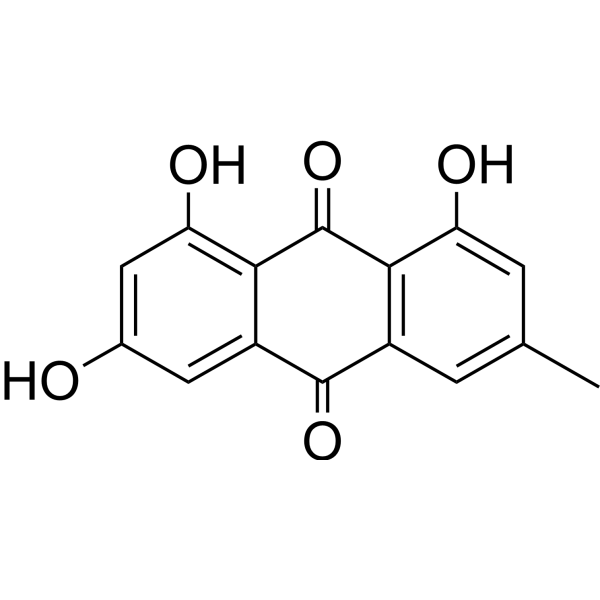
- HY-N1584A
-
|
RU-19110 hydrobromide
|
DNA/RNA Synthesis
TGF-beta/Smad
Parasite
Sodium Channel
Calcium Channel
|
Infection
Cardiovascular Disease
Inflammation/Immunology
Cancer
|
|
Halofuginone (RU-19110) hydrobromid, a Febrifugine derivative, is a competitive prolyl-tRNA synthetase inhibitor with a Ki of 18.3 nM . Halofuginone hydrobromid is a specific inhibitor of type-I collagen synthesis and attenuates osteoarthritis (OA) by inhibition of TGF-β activity . Halofuginone hydrobromid is also a potent pulmonary vasodilator by activating Kv channels and blocking voltage-gated, receptor-operated and store-operated Ca 2+ channels. Halofuginone hydrobromid has anti-malaria, anti-inflammatory, anti-cancer, anti-fibrosis effects .
|
-
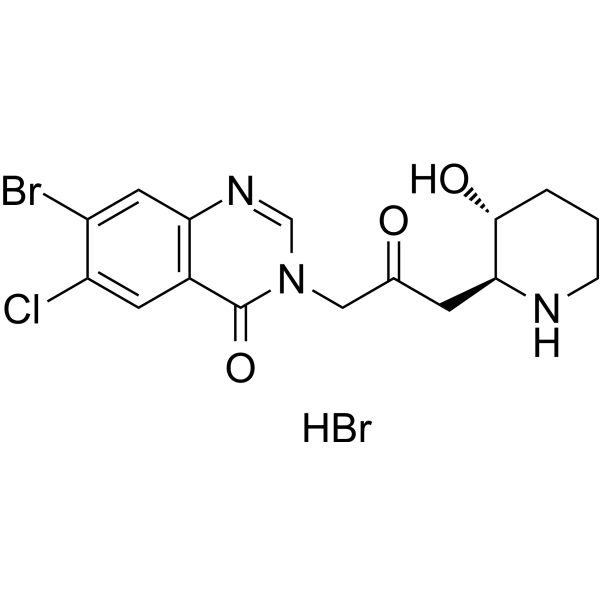
- HY-N1401
-
|
|
MMP
Apoptosis
HSV
|
Infection
Inflammation/Immunology
Cancer
|
|
20(R)-Ginsenoside Rh2, a matrix metalloproteinase (MMP) inhibitor, acts as a cell antiproliferator. It has anticancer effects via blocking cell proliferation and causing G1 phase arrest. 20(R)-Ginsenoside Rh2 induces apoptosis, and has anti-inflammatory and antioxidative activity . 20(R)-Ginsenoside Rh2 inhibits the replication and proliferation of mouse and human gammaherpesvirus 68 (MHV-68) with an IC50 of 2.77 μM for murine MHV-68 .
|
-
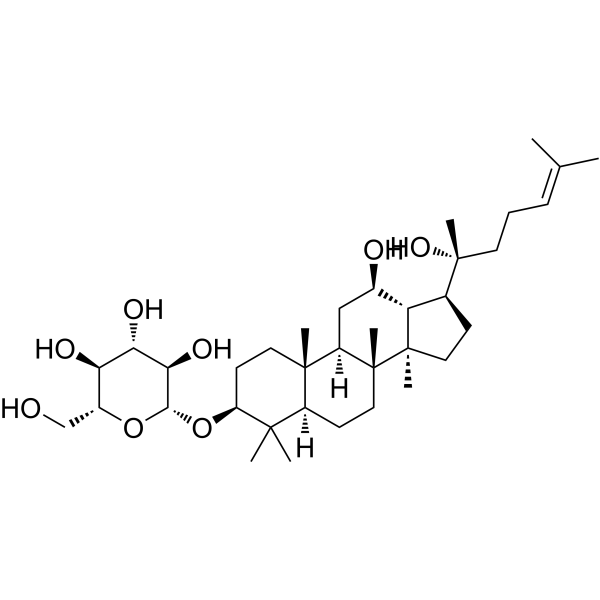
- HY-N0617
-
|
|
Phosphatase
ERK
NF-κB
Apoptosis
|
Cardiovascular Disease
Inflammation/Immunology
Cancer
|
|
Sanggenon C, a flavonoid, exerts protective effects against cardiac hypertrophy and fibrosis via suppression of the calcineurin/NFAT2 pathway. Sanggenon C inhibits mitochondrial fission to induce apoptosis by blocking the ERK signaling pathway. Sanggenon C inhibits inducible nitric oxide synthase expression in RAW264.7 cells, and TNF-α-stimulated cell adhesion and VCAM-1 expression, by suppressing NF-κB activity. Sanggenon C possesses antioxidant, anti-inflammatory and antitumor activities .
|
-
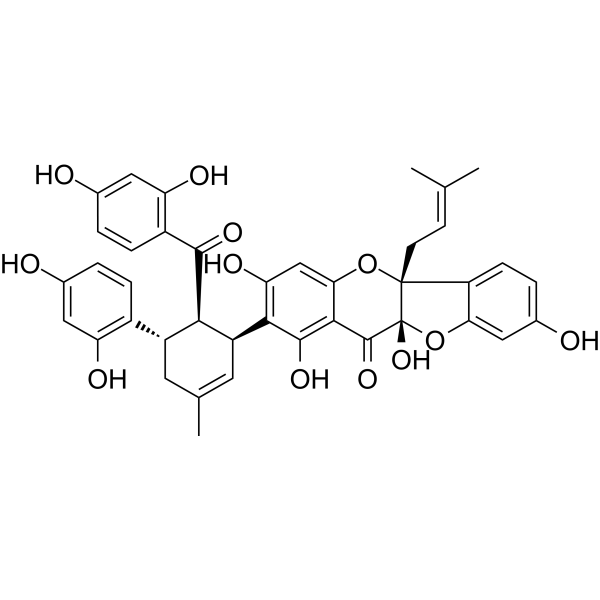
- HY-N0811
-
|
|
NO Synthase
COX
NF-κB
MEK
|
Inflammation/Immunology
|
|
Anemarsaponin B is a steroidal saponin. Anemarsaponin B decreases the protein and mRNA levels of iNOS and COX-2. Anemarsaponin B reduces the expressions and productions of pro-inflammatory cytokines, including TNF-a and IL-6. Anemarsaponin B inhibits the nuclear translocation of the p65 subunit of NF-κB by blocking the phosphorylation of IκBα. Anemarsaponin B also inhibits the phosphorylation of MAP kinase kinases 3/6 (MKK3/6) and mixed lineage kinase 3 (MLK3). Anti-inflammatory effect .
|
-
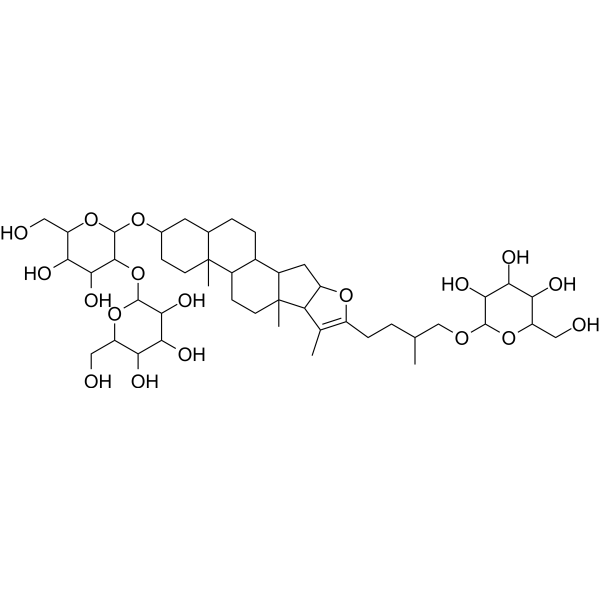
- HY-147912
-
|
|
PI3K
COX
|
Inflammation/Immunology
Cancer
|
|
COX-2/PI3K-IN-2 (compound 5f) is a potent PI3K inhibitor with IC50 value of 2.78 nM. COX-2/PI3K-IN-2 is a selective COX-2 inhibitor with Ki value of 3.02 nM. COX-2/PI3K-IN-2 shows anti-inflammatory and anti-cancer properties .
|
-
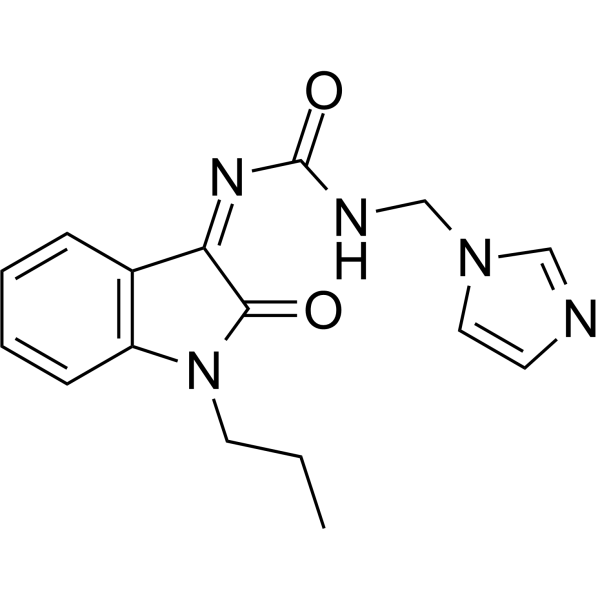
- HY-13653R
-
|
EGCG(Standard); Epigallocatechol Gallate (Standard)
|
Endogenous Metabolite
Apoptosis
|
Inflammation/Immunology
Cancer
|
|
(-)-Epigallocatechin Gallate (Standard) is the analytical standard of (-)-Epigallocatechin Gallate. This product is intended for research and analytical applications. (-)-Epigallocatechin Gallate (EGCG) is a major polyphenol in green tea, which can inhibit cell proliferation and induce cell apoptosis. (-)-Epigallocatechin Gallate inhibits glutamate dehydrogenase 1/2 (GDH1/2, GLUD1/2) activity. (-)-Epigallocatechin Gallate has a potent anticancer, antioxidant and anti-inflammatory properties against various types of cancers such as colorectal cancer, myeloid leukemia, thyroid carcinoma .
|
-
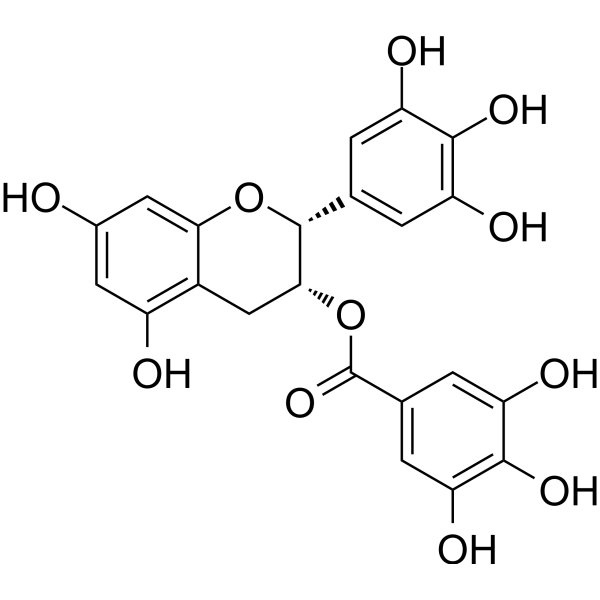
- HY-163151
-
|
|
PI3K
Akt
p38 MAPK
|
Neurological Disease
Inflammation/Immunology
|
|
JE-133 is an optically active isochromane-2H-chromene conjugate. JE-133 exhibits antioxidant and anti-inflammatory activities. JE-133 is a neuroprotective agent that effectively inhibits neuronal oxidative damage associated with PI3K/Akt and MAPK signaling pathways. JE-133 can also inhibit lipopolysaccharide (LPS) (HY-D1056)-induced neuroinflammation by regulating JAK/STAT and Nrf2 signaling pathways .
|
-
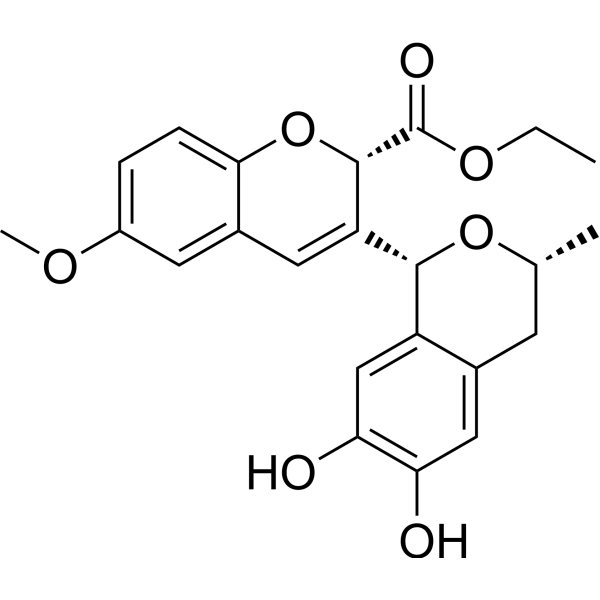
- HY-N1584B
-
|
RU-19110 hydrochloride
|
Calcium Channel
DNA/RNA Synthesis
Parasite
Sodium Channel
TGF-beta/Smad
|
Infection
Cardiovascular Disease
Inflammation/Immunology
Cancer
|
|
Halofuginone (RU-19110) hydrobromid, a Febrifugine derivative, is a competitive prolyl-tRNA synthetase inhibitor with a Ki of 18.3 nM. Halofuginone hydrobromid is a specific inhibitor of type-I collagen synthesis and attenuates osteoarthritis (OA) by inhibition of TGF-β activity. Halofuginone hydrobromid is also a potent pulmonary vasodilator by activating Kv channels and blocking voltage-gated, receptor-operated and store-operated Ca 2+ channels. Halofuginone hydrobromid has anti-malaria, anti-inflammatory, anti-cancer, anti-fibrosis effects .
|
-
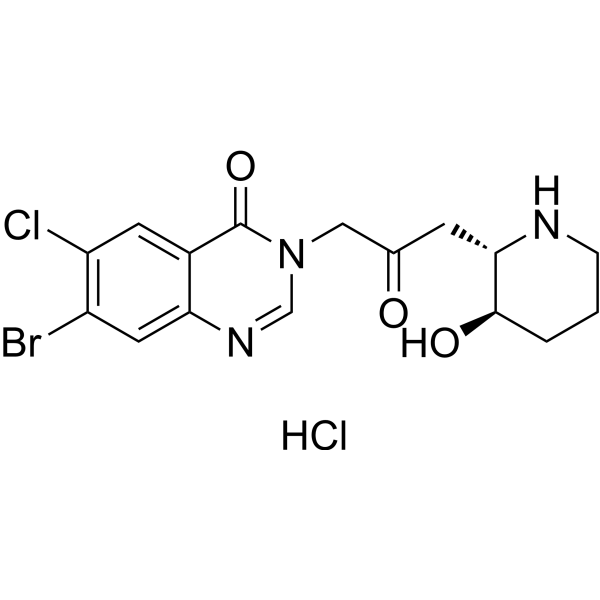
- HY-N0194
-
|
|
Apoptosis
Parasite
|
Inflammation/Immunology
Cancer
|
|
Asiatic acid, a pentacyclic triterpene found in Centella asiatica (Centella asiatica), has anticancer activity. Asiatic acid induces apoptosis in melanoma cells and has barrier protective effects on human aortic endothelial cells (HAEC). Asiatic acid also has anti-inflammatory activity and inhibits tumor necrosis factor (TNF)-α-induced endothelial barrier dysfunction. Asiatic acid also inhibits NLRP3 inflammasome activation and NF-κB pathway, effectively inhibits inflammation in rats, and has neuroprotective effects in rat spinal cord injury (SCI) model .
|
-
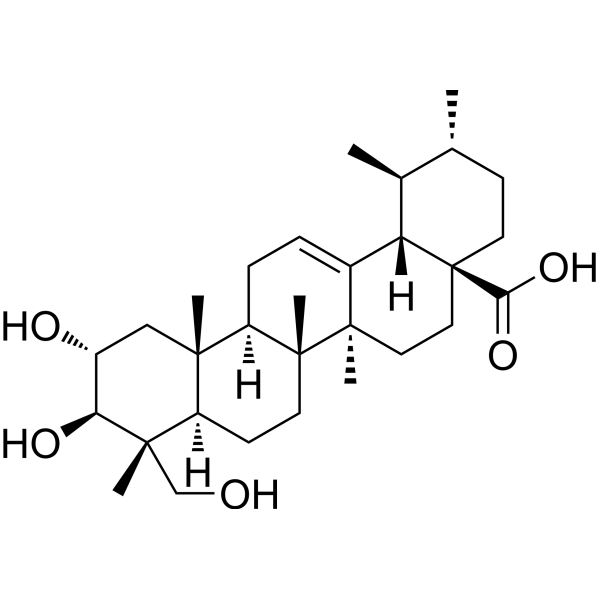
- HY-N11768
-
|
|
NF-κB
Interleukin Related
Toll-like Receptor (TLR)
|
Inflammation/Immunology
|
|
4-Methoxylonchocarpin is an orally active anti-inflammatory agent. 4-methoxylonchocarpin inhibits the binding of LPS to Toll-like Receptor (TLR) TLR4 to inhibit NF-κB activation and TNF Receptor and IL-6 expression. 4-Methoxylonchocarpin also inhibits the phosphorylation of TGF-beta activated kinase 1 and TNBS-induced expression of IL-1β, IL-17A, and TNF. 4-methoxylonchocarpin can improve 2,4, 6-trinitrobenzene sulfonic acid (TNBS)-induced colitis mouse model .
|
-
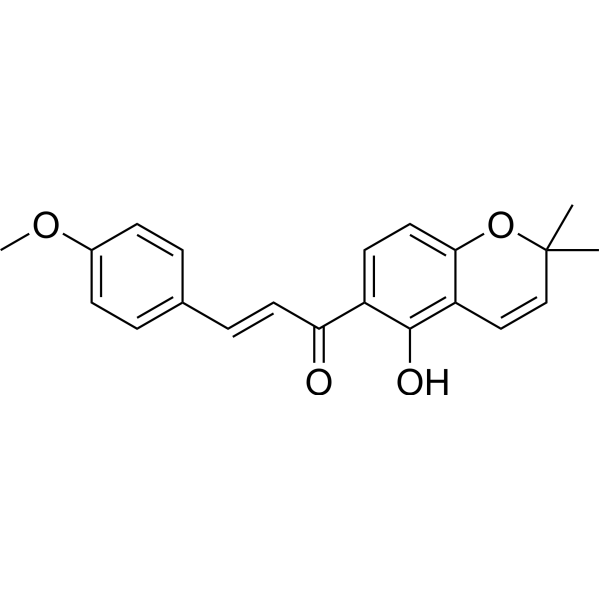
- HY-15037S1
-
|
|
COX
Apoptosis
|
Inflammation/Immunology
|
|
Diclofenac-d4 (sodium) is the deuterium labeled Diclofenac sodium. Diclofenac Sodium (GP 45840) is a potent and nonselective anti-inflammatory agent, acts as a COX inhibitor, with IC50s of 4 and 1.3 nM for human COX-1 and COX-2 in CHO cells[1], and 5.1 and 0.84 μM for ovine COX-1 and COX-2, respectively[2]. Diclofenac Sodium induces apoptosis of neural stem cells (NSCs) via the activation of the caspase cascade[3].
|
-
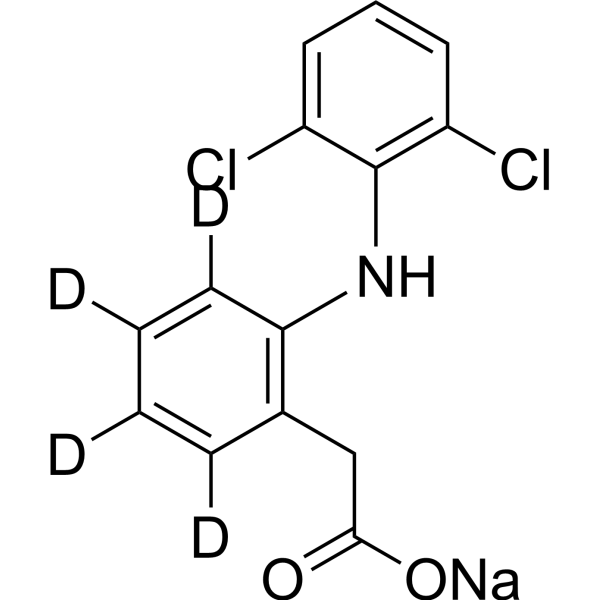
- HY-15036S
-
|
|
Isotope-Labeled Compounds
COX
Apoptosis
|
Inflammation/Immunology
|
|
Diclofenac-d4 is the deuterium labeled Diclofenac. Diclofenac is a potent and nonselective anti-inflammatory agent, acts as a COX inhibitor, with IC50s of 4 and 1.3 nM for human COX-1 and COX-2 in CHO cells[1], and 5.1 and 0.84 μM for ovine COX-1 and COX-2, respectively[2]. Diclofenac induces apoptosis of neural stem cells (NSCs) via the activation of the caspase cascade[3].
|
-
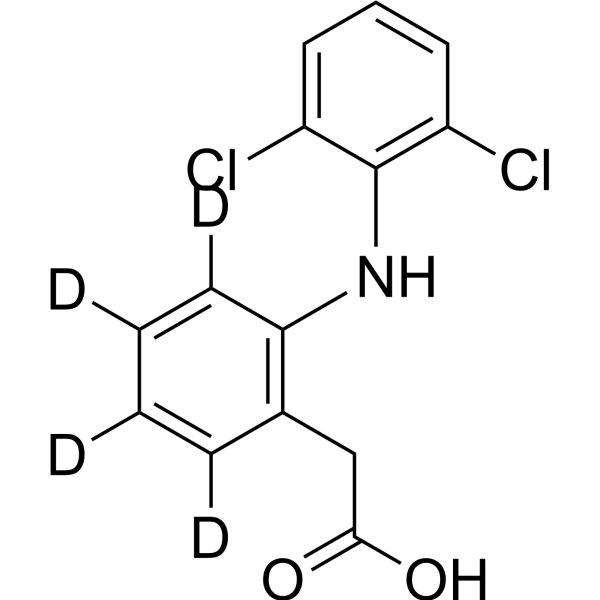
- HY-N1942
-
|
5-Demethylnobiletin
|
|
|
|
5-O-Demethylnobiletin (5-Demethylnobiletin), a polymethoxyflavone isolated from Citrus jambhiri Lush., is a direct inhibition of 5-LOX (IC50=0.1 μM), without affecting the expression of COX-2. 5-O-Demethylnobiletin (5-Demethylnobiletin) has anti-inflammatory activity, inhibits leukotriene B (4)(LTB4) formation in rat neutrophils and elastase release in human neutrophils with an IC50 of 0.35 μM .
|
-
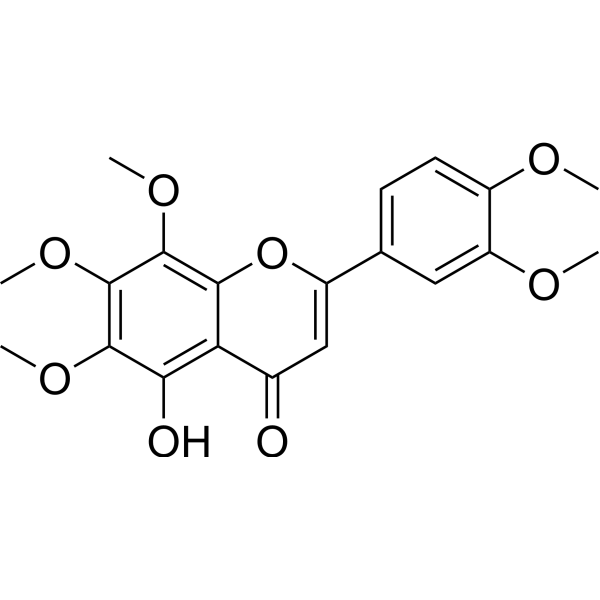
- HY-N1346
-
Robinin
1 Publications Verification
|
Toll-like Receptor (TLR)
Apoptosis
|
Inflammation/Immunology
|
|
Robinin is a flavonoid that can be extracted from the leaves of purple cowpea, inhibiting TGF-β, TLR4/NF-κB and TLR2-PI3k-AKT signaling pathways. Robinin exerts anti-inflammatory and anti-tumor effects. The combination of Robinin and Methotrexate (HY-14519) reduces inflammation in experimental arthritis, Robinin can decrease the Doxorubicin (HY-15142A) induced cardiac toxicity effect .
|
-
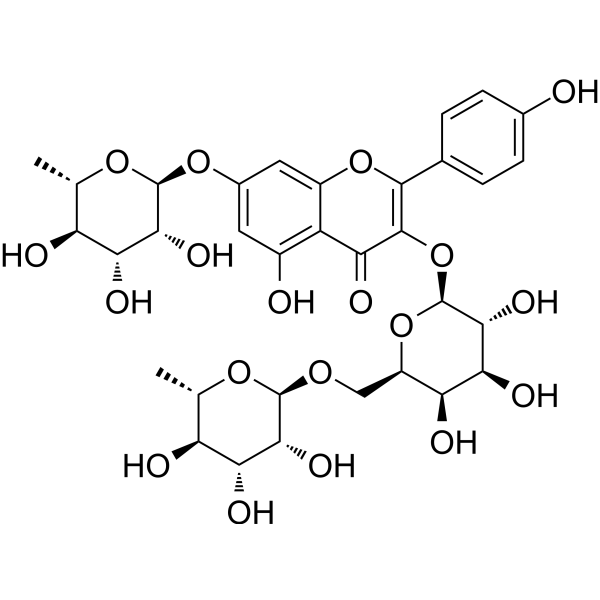
- HY-10399
-
|
TV-3326
|
Monoamine Oxidase
Cholinesterase (ChE)
|
Neurological Disease
|
|
Ladostigil (TV-3326) is an orally active dual inhibitor of cholinesterase and brain-selective monoamine oxidase (MAO), with IC50s of 37.1 and 31.8 μM for MAO-B and AChE, respectively. Ladostigil exhibits neuroprotective, antioxidant and anti-inflammatory activities. Ladostigil can be used for the research of depression and Alzheimer's disease . Ladostigil is a click chemistry reagent, it contains an Alkyne group and can undergo copper-catalyzed azide-alkyne cycloaddition (CuAAc) with molecules containing Azide groups.
|
-
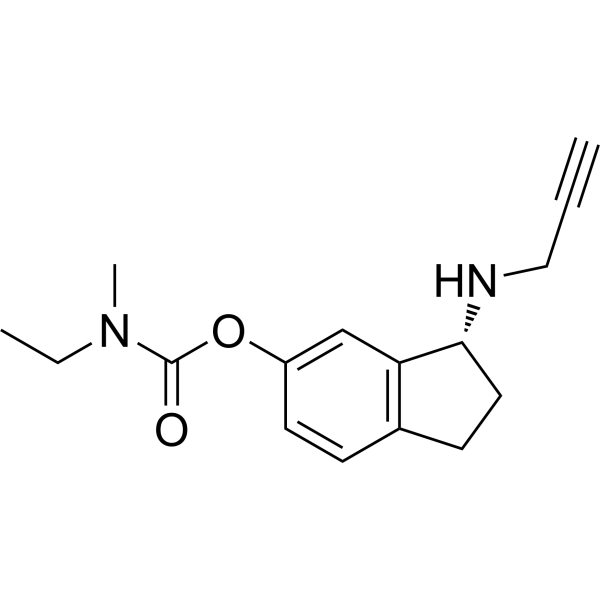
- HY-N0619A
-
|
Mulberroside D
|
TNF Receptor
Interleukin Related
Tyrosinase
|
Inflammation/Immunology
|
|
cis-Mulberroside A (Mulberroside D) is the cis-isomer of Mulberroside A. Mulberroside A is one of the main bioactive constituent in mulberry (Morus alba L.) . Mulberroside A decreases the expressions of TNF-α, IL-1β, and IL-6 and inhibits the activation of NALP3, caspase-1, and NF-κB and the phosphorylation of ERK, JNK, and p38, exhibiting anti-inflammatory and anti-apoptotic effects . Mulberroside A shows inhibitory activity against mushroom tyrosinase with an IC50 of 53.6 μM .
|
-
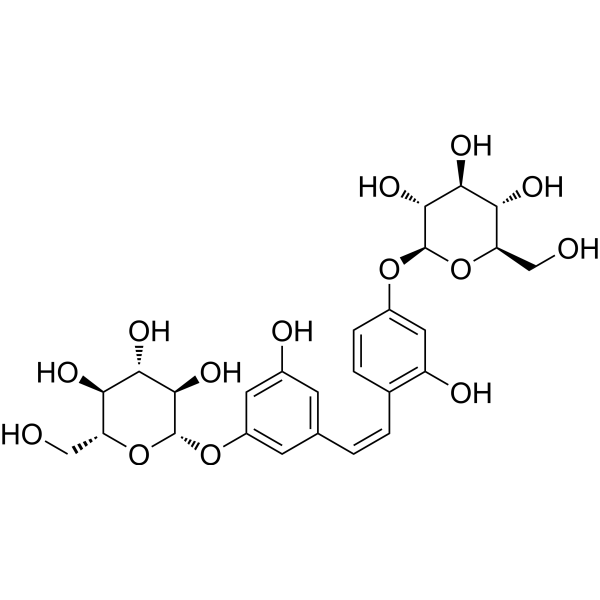
- HY-115913
-
|
|
Phosphodiesterase (PDE)
|
Inflammation/Immunology
|
|
PDE4-IN-6 is a potent, safe and moderately selective PDE4 inhibitor with IC50s of 0.125 and 0.43 µM for PDE4B and PDE4D, respectively. PDE4-IN-6 can downregulate the expression level of TNF-α and IL-6. PDE4-IN-6 has potent immunomodulatory activity thereby its potential against rheumatoid arthritis. Anti-inflammatory and anti-arthritic effects .
|
-
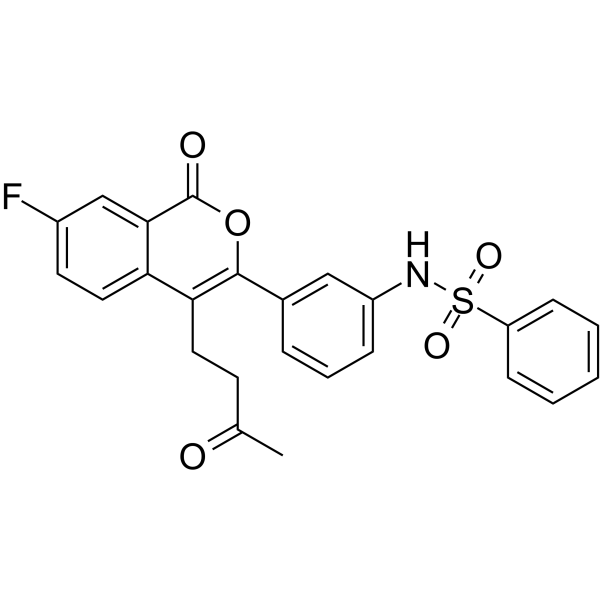
- HY-10399A
-
|
TV-3326 hydrochloride
|
Monoamine Oxidase
Cholinesterase (ChE)
|
Neurological Disease
|
|
Ladostigil (TV-3326) hydrochloride is an orally active dual inhibitor of cholinesterase and brain-selective monoamine oxidase (MAO), with IC50s of 37.1 and 31.8 μM for MAO-B and AChE, respectively. Ladostigil hydrochloride exhibits neuroprotective, antioxidant and anti-inflammatory activities. Ladostigil can be used for the research of depression and Alzheimer's disease . Ladostigil (hydrochloride) is a click chemistry reagent, it contains an Alkyne group and can undergo copper-catalyzed azide-alkyne cycloaddition (CuAAc) with molecules containing Azide groups.
|
-
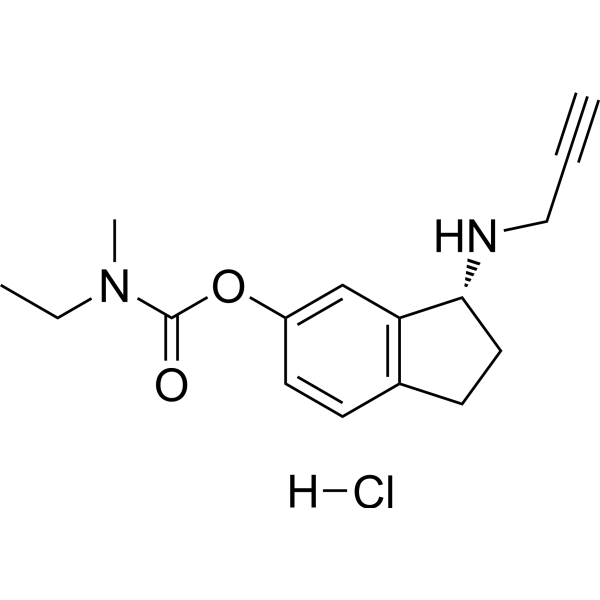
- HY-155408
-
|
|
FLAP
|
Inflammation/Immunology
|
|
ALR-27 is an antagonist of the 5-lipoxygenase (5-LOX) activating protein FLAP and has anti-inflammatory activity. ALR-27 potently inhibits 5-LOX product formation (>80%) in pro-inflammatory M1-MDM, with no significant direct inhibition of 5-LOX. ALR-27 not only reduces prostaglandin and leukotriene (LT) production in neutrophils but also increases the production of specialized prolytic mediators in specific human macrophage phenotypes .
|
-
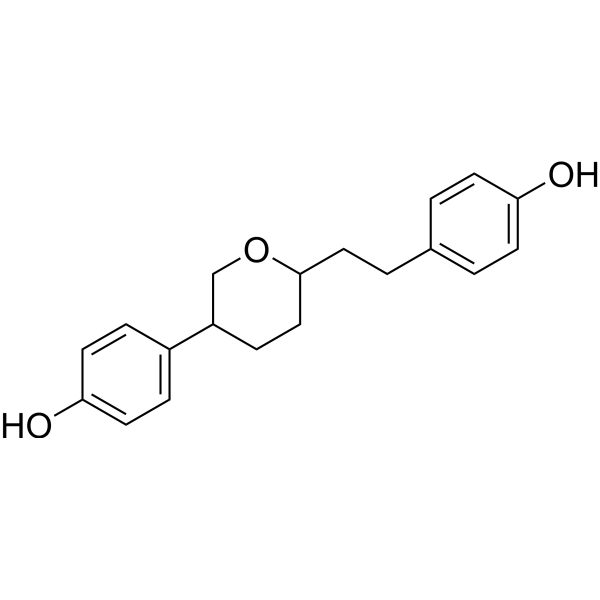
- HY-157325
-
|
|
RIP kinase
|
Inflammation/Immunology
|
|
RIPK2-IN-5 (compound 14) is a high affinity and excellent selectivity RIPK2 inhibitor with an IC50 value of 5.1nM. RIPK2-IN-5 has cellular anti-inflammatory effect and can reduce the secretion of MDP-induced TNF-α with a dose-dependent manner. RIPK2-IN-5 shows moderate stability in human liver microsome. RIPK2-IN-5 can be used for the research of immune diseases .
|
-
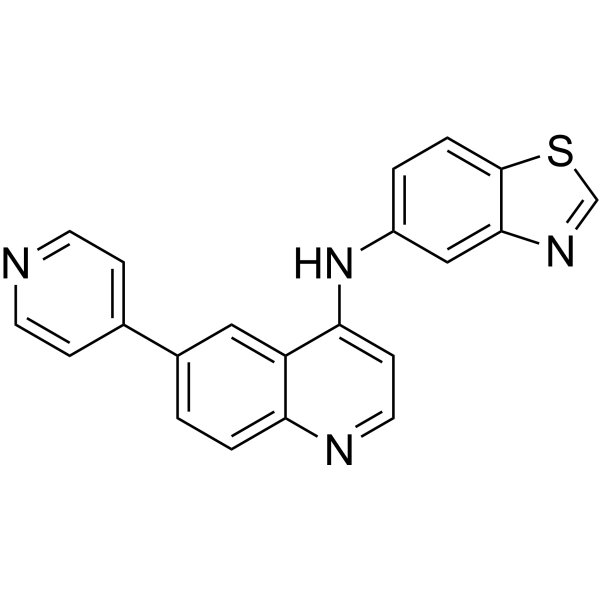
- HY-15037R
-
|
GP 45840 (Standard)
|
COX
Apoptosis
|
Inflammation/Immunology
Cancer
|
|
Diclofenac (Sodium) (Standard) is the analytical standard of Diclofenac (Sodium). This product is intended for research and analytical applications. Diclofenac Sodium (GP 45840) is a potent and nonselective anti-inflammatory agent, acts as a COX inhibitor, with IC50s of 4 and 1.3 nM for human COX-1 and COX-2 in CHO cells , and 5.1 and 0.84 μM for ovine COX-1 and COX-2, respectively . Diclofenac Sodium induces apoptosis of neural stem cells (NSCs) via the activation of the caspase cascade .
|
-
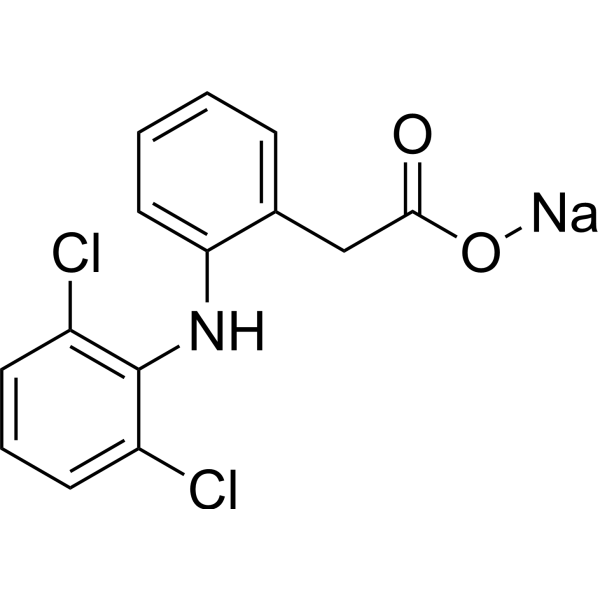
- HY-B0385
-
|
FOY
|
Proteasome
Factor Xa
|
Inflammation/Immunology
|
|
Gabexate mesylate (FOY) is is a competitive and non-antigenic synthetic inhibitor of trypsin-like serine proteinases. Gabexate mesylate inhibits human thrombin, urokinase, plasmin, and Factor Xa with Kis of 0.97, 1.3, 1.6, and 8.5 μM, respectively. Gabexate mesylate binds to human and bovine tryptase with Kis of 3.4 nM and 18 μM, respectively. Gabexate mesylate exerts an anticoagulant effect on the clotting activity of thrombin and has anti-inflammatory effect by viainhibition of NF-κB, proinflammatory cytokines, and nitric oxide. Gabexate mesylate is used for pancreatitis and disseminated intravascular coagulation .
|
-
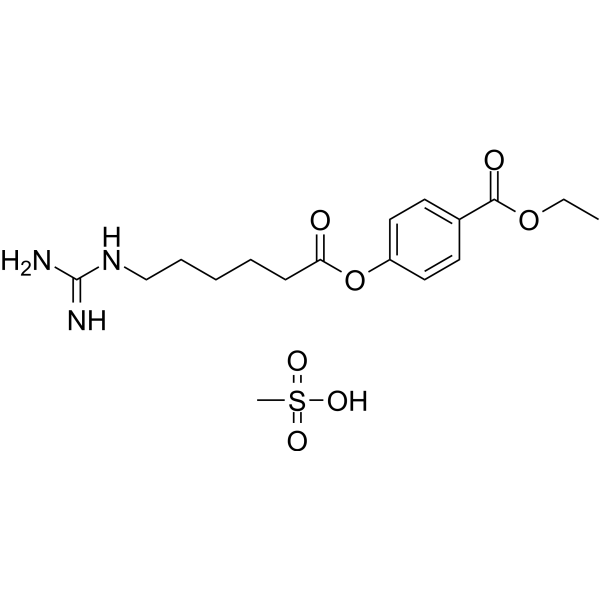
- HY-146584
-
|
|
Cathepsin
|
Inflammation/Immunology
|
|
Cathepsin C-IN-5 (compound SF38) is a potent, selective and orally active Cathepsin C inhibitor with IC50s of 59.9 nM, 4.26 µM, >5 µM, >5 µM, >5 µM for Cat C, Cat L, Cat S, Cat B, Cat K, respectively. Cathepsin C-IN-5 inhibits the Cat C activity in bone marrow and blood. Cathepsin C-IN-5 decreases the activation of NSPs (neutrophil serine proteases). Cathepsin C-IN-5 shows anti-inflammatory activity .
|
-
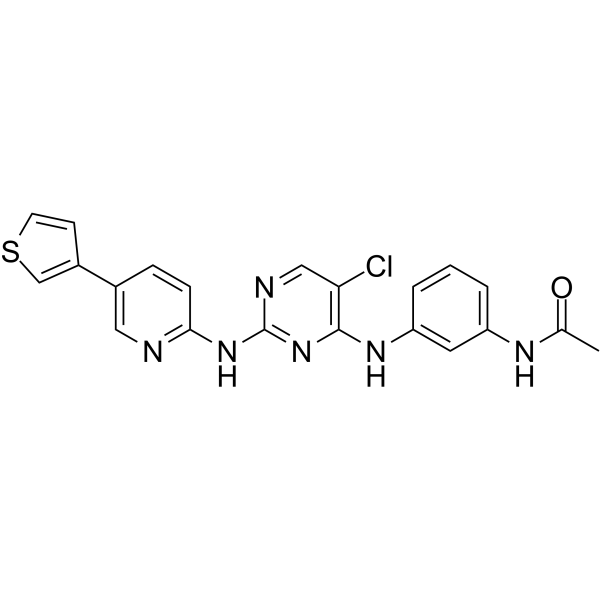
- HY-147924
-
|
|
Keap1-Nrf2
NO Synthase
ROS Kinase
|
Inflammation/Immunology
|
|
Keap1-Nrf2-IN-11 (compound 6k) is a Keap1-Nrf2 inhibitor with KD2 value of 0.21 nM. Keap1-Nrf2-IN-11 inhibits the productions of ROS and NO and the expression of TNF-α. Keap1-Nrf2-IN-11 relieves inflammations by increasing the Nrf2 nuclear translocation. Keap1-Nrf2-IN-11 can be used for anti-inflammatory research .
|
-
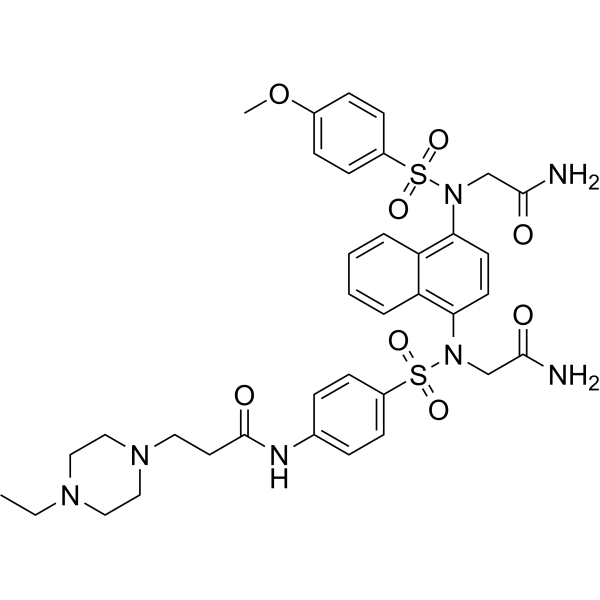
- HY-N1904
-
|
8-Methoxyapigenin
|
|
|
|
4′-Hydroxywogonin (8-Methoxyapigenin), a flavonoid, could be isolated from a variety of plants including Scutellaria barbata and Verbena littoralis. 4′-Hydroxywogonin has anti-inflammatory activity via TAK1/IKK/NF-κB, MAPKs and PI3/AKT signaling pathways. 4′-Hydroxywogonin inhibits angiogenesis by disrupting PI3K/AKT signaling. 4′-Hydroxywogonin inhibits cell proliferation and induces apoptosis .
|
-
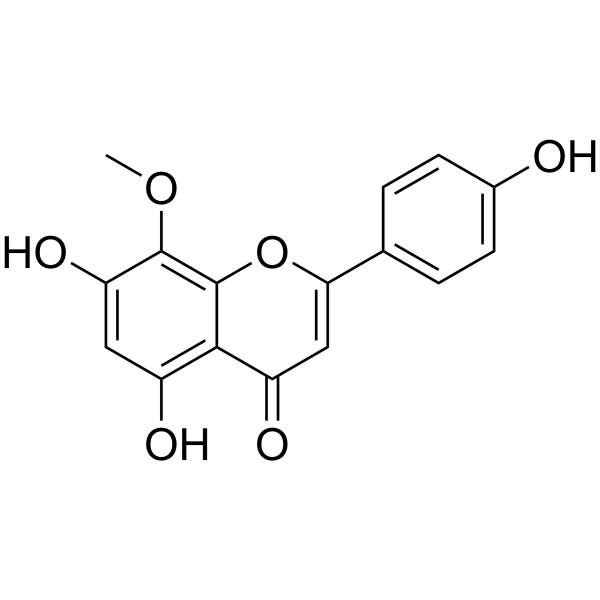
- HY-149269
-
|
|
COX
Carbonic Anhydrase
LOX-1
|
Inflammation/Immunology
|
|
COX-2-IN-30 is a benzenesulfonamide derivative, as well as an orally active and dual inhibitor of COX (IC50=49 nM for COX-2, 10.4 μM for COX-1) and 5-LOX (IC50=2.4 μM). COX-2-IN-30 also inhibits transmembrane hCA IX and hCA XII isoform with nanomolar calss Ki values. COX-2-IN-30 exhibits analgesic, anti-inflammatory, and ulcerogenic activities, and does not show acute gastric effect .
|
-
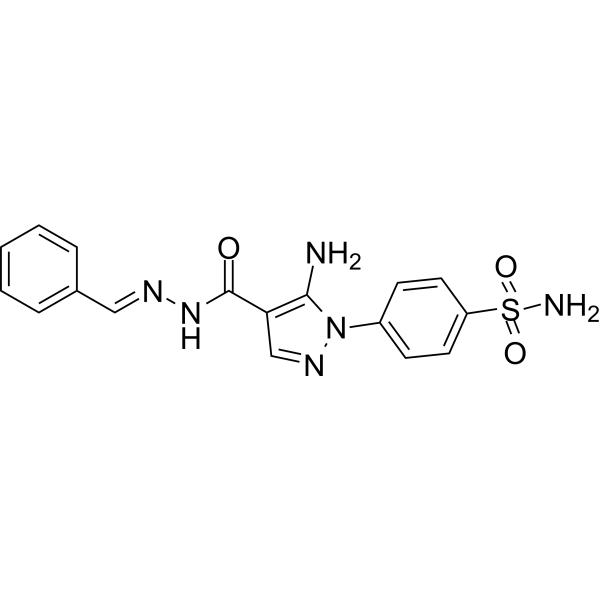
- HY-N8936
-
|
|
Others
|
Inflammation/Immunology
|
|
Narchinol B (Compound 4) is a sesquiter penoid
compound. Narchinol B has anti-inflammatory effects. Narchinol B works by
inhibiting proinflammatory mediators, including prostaglandin E2 (PGE2),
inducible nitric oxide synthase (iNOS), and cyclooxygenase-2 (COX-2) proteins,
as well as proinflammatory cytokines, such as interleukin-1b, IL-6, and tumor
necrosis factor-α (TNF-α). Narchinol B significantly inhibits LPS-induced
overproduction of NO in BV2 cells (IC50=2.43 μM)
.
|
-
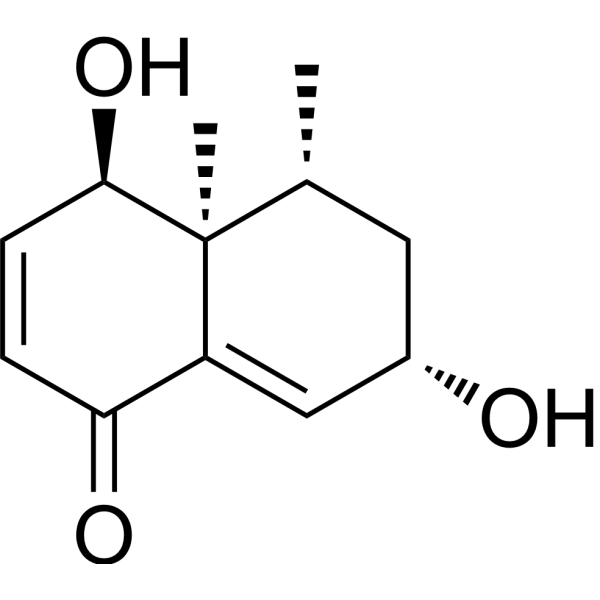
- HY-17412R
-
-
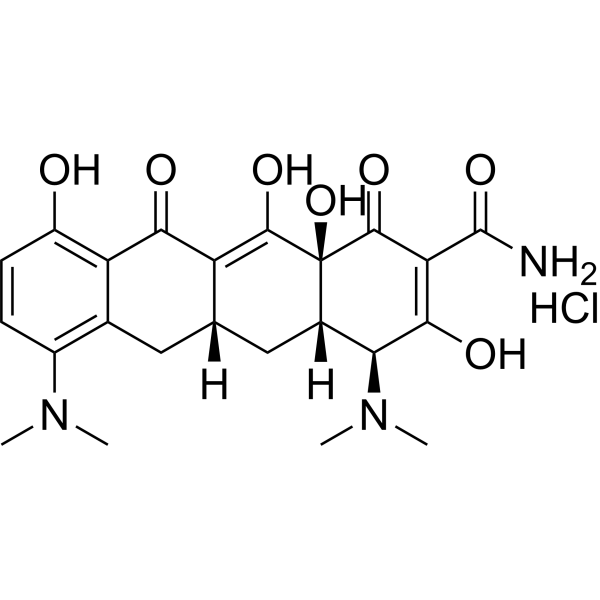
- HY-B0809
-
|
1,3-Dimethylxanthine; Theo-24
|
Phosphodiesterase (PDE)
Adenosine Receptor
HDAC
Apoptosis
Interleukin Related
TNF Receptor
Endogenous Metabolite
|
Cancer
|
|
Theophylline (1,3-Dimethylxanthine) is a potent phosphodiesterase (PDE) inhibitor, adenosine receptor antagonist, and histone deacetylase (HDAC) activator. Theophylline (1,3-Dimethylxanthine) inhibits PDE3 activity to relax airway smooth muscle. Theophylline (1,3-Dimethylxanthine) has anti-inflammatory activity by increase IL-10 and inhibit NF-κB into the nucleus. Theophylline (1,3-Dimethylxanthine) induces apoptosis. Theophylline (1,3-Dimethylxanthine) can be used for asthma and chronic obstructive pulmonary disease (COPD) research .
|
-
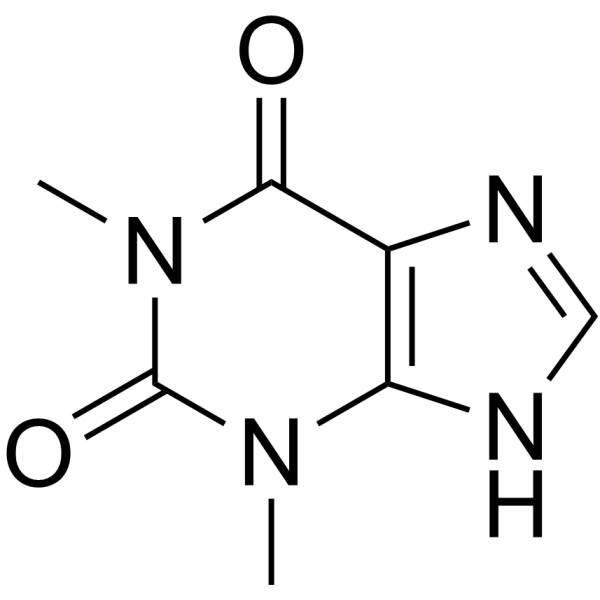
- HY-B0809B
-
|
1,3-Dimethylxanthine sodium acetate; Theo-24 sodium acetate
|
Endogenous Metabolite
Phosphodiesterase (PDE)
Adenosine Receptor
HDAC
Apoptosis
Interleukin Related
TNF Receptor
|
Cancer
|
|
Theophylline (1,3-Dimethylxanthine) sodium acetate is a potent phosphodiesterase (PDE) inhibitor, adenosine receptor antagonist, and histone deacetylase (HDAC) activator. Theophylline (1,3-Dimethylxanthine) sodium acetate inhibits PDE3 activity to relax airway smooth muscle. Theophylline (1,3-Dimethylxanthine) sodium acetate has anti-inflammatory activity by increase IL-10 and inhibit NF-κB into the nucleus. Theophylline (1,3-Dimethylxanthine) sodium acetate induces apoptosis. Theophylline (1,3-Dimethylxanthine) sodium acetate can be used for asthma and chronic obstructive pulmonary disease (COPD) research .
|
-
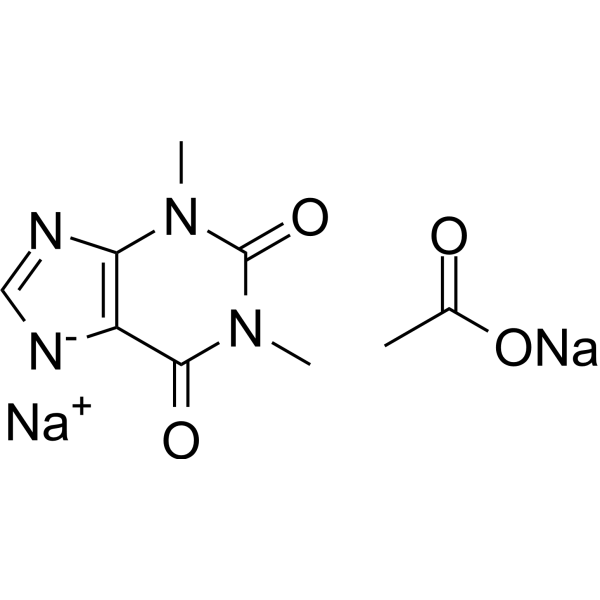
- HY-B0809A
-
|
1,3-Dimethylxanthine monohydrate; Theo-24 monohydrate
|
|
|
|
Theophylline (1,3-Dimethylxanthine) monohydrate is a potent phosphodiesterase (PDE) inhibitor, adenosine receptor antagonist, and histone deacetylase (HDAC) activator. Theophylline (1,3-Dimethylxanthine) monohydrate inhibits PDE3 activity to relax airway smooth muscle. Theophylline (1,3-Dimethylxanthine) monohydrate has anti-inflammatory activity by increase IL-10 and inhibit NF-κB into the nucleus. Theophylline (1,3-Dimethylxanthine) monohydrate induces apoptosis. Theophylline (1,3-Dimethylxanthine) monohydrate can be used for asthma and chronic obstructive pulmonary disease (COPD) research .
|
-
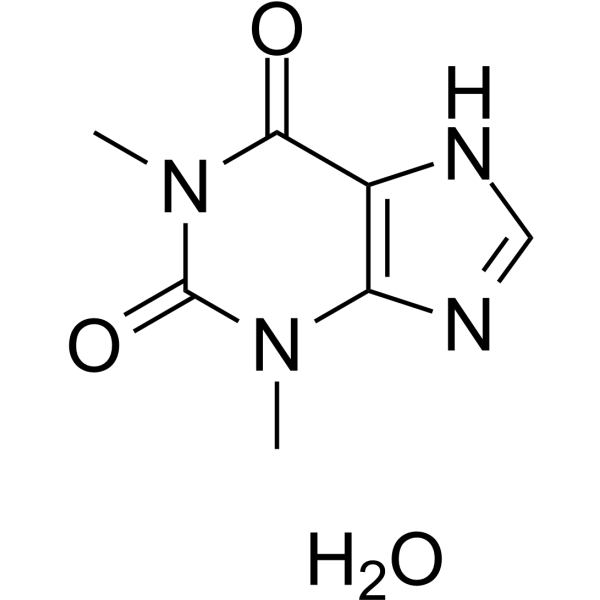
- HY-10790
-
|
SB-207499
|
Phosphodiesterase (PDE)
|
Inflammation/Immunology
|
|
Cilomilast (SB-207499) is a potent, selective and orally active inhibitor of Phosphodiesterase 4 (PDE4), with IC50s of ~100 and 120 nM for LPDE4 and HPDE4, respectively. Cilomilast shows selectivity for PDE4 over PDE1, PDE2, PDE3 and PDE5 (IC50=74, 65, >100, and 83 µM, respectively). Cilomilast has anti-inflammatory and immunomodulatory effects and can be used for thr research of asthma and chronic obstructive pulmonary disease (COPD) .
|
-
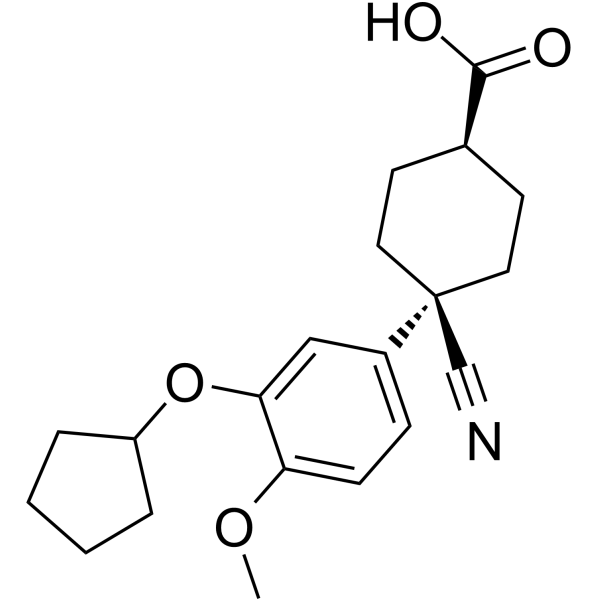
- HY-B0498
-
|
AF2838
|
CCR
|
Neurological Disease
Inflammation/Immunology
Endocrinology
Cancer
|
|
Bindarit (AF2838) is a selective inhibitor of the monocyte chemotactic proteins MCP-1/CCL2, MCP-3/CCL7, and MCP-2/CCL8, and no effect on other CC and CXC chemokines such as MIP-1α/CCL3, MIP-1β/CCL4, MIP-3/CCL23. Bindarit also has anti-inflammatory activity .
|
-
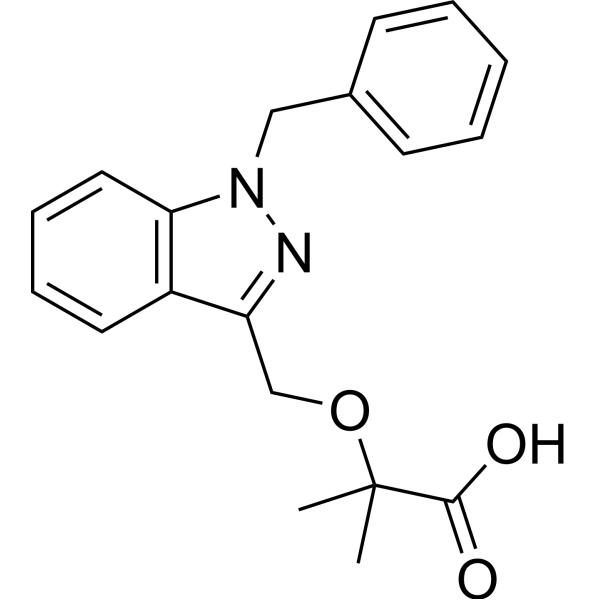
- HY-N0234
-
|
7-O-Methylbavachin; Bavachinin A
|
Amyloid-β
PPAR
HIF/HIF Prolyl-Hydroxylase
|
Inflammation/Immunology
|
|
Bavachinin is agonist of pan-peroxisome proliferator-activated receptor (PPAR), with the IC50 value of 21.043 μM, 12.819 μM, and 0.622 μM to PPAR-α, RRAR-β/δ, and PPAR-γ, respectively. Bavachinin is an inhibitor of HIF-1α. Bavachinin exhibits antitumor activity against non-small cell lung cancer by targeting RRAR-γ. Bavachinin is a natural compound with anti-inflammatory and anti-angiogenic activities. Bavachinin has orally bioactivity. .
|
-
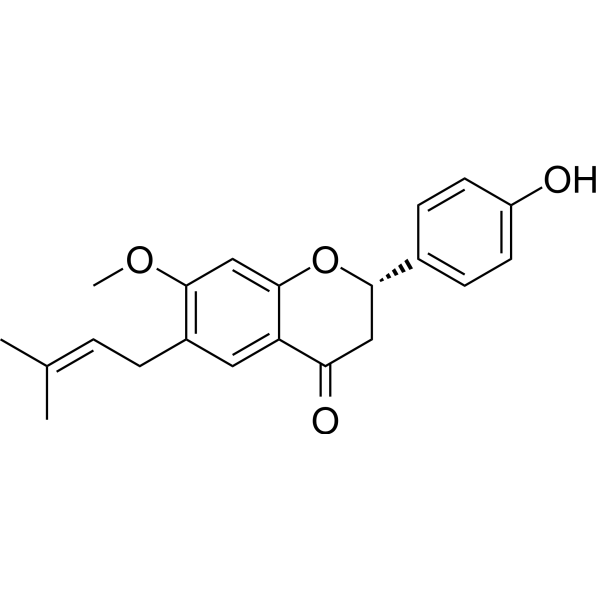
- HY-12687
-
|
TIZ
|
Bacterial
HIV
Autophagy
Parasite
IKK
Influenza Virus
|
Infection
Cancer
|
|
Tizoxanide (TIZ) is the active metabolite of Nitazoxanide, which is a thiazolide anti-infective compound against anaerobic bacteria, protozoa, and a range of viruses. Tizoxanide (TIZ) has anti-HIV-1 activities and potent inhibition of both HBV and HCV replication with values EC50 of 0.46μM and 0.15 μM, respectively. Tizoxanide also exerts anti-inflammatory effects by inhibiting the production of pro-inflammatory cytokines and suppressing of the activation of the NF-κB and the MAPK signaling pathways in LPS-treated macrophage cells .
|
-
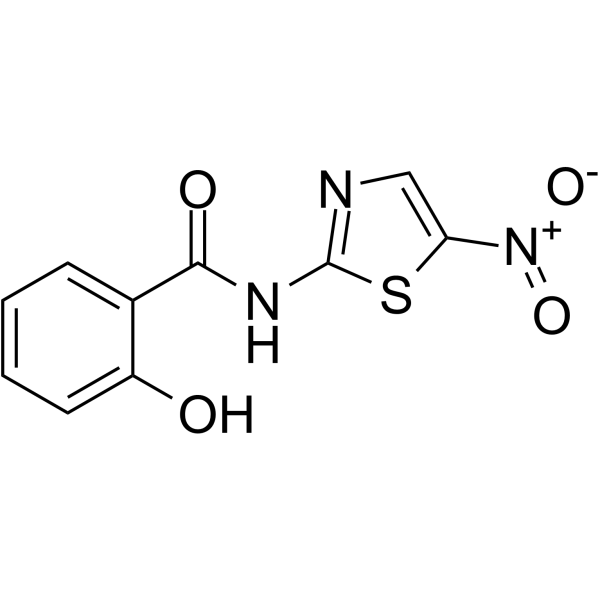
- HY-N0787
-
|
4-Caffeoylquinic acid; 4-O-Caffeoylquinic acid
|
Endogenous Metabolite
NF-κB
Keap1-Nrf2
mTOR
HIF/HIF Prolyl-Hydroxylase
|
Inflammation/Immunology
|
|
Cryptochlorogenic acid (4-Caffeoylquinic acid) is a naturally occurring phenolic acid compound with oral effectiveness, anti-inflammatory, antioxidant and anti-cardiac hypertrophy effects. Alleviating LPS (HY-D1056) and ISO (HY-B0468) by regulating proinflammatory factor expression, inhibiting NF-κB activity, promoting Nrf2 nuclear transfer, and regulating PI3Kα/Akt/ mTOR / HIF-1α signaling pathway Induced physiological stress response .
|
-
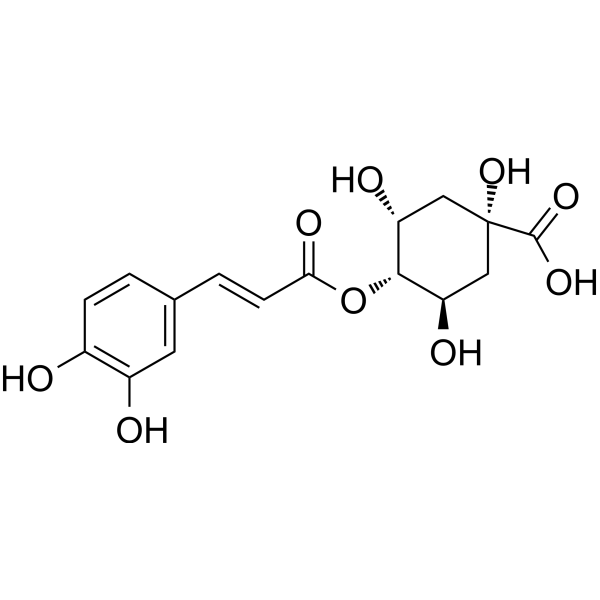
- HY-N0457
-
|
Cichoric acid; Dicaffeoyltartaric acid
|
Reactive Oxygen Species
Apoptosis
|
Metabolic Disease
Inflammation/Immunology
|
|
Chicoric acid (Cichoric acid), an orally active dicaffeyltartaric acid, induces reactive oxygen species (ROS) generation. Chicoric acid inhibits cell viability and induces mitochondria-dependent apoptosis in 3T3-L1 preadipocytes through ROS-mediated PI3K/Akt and MAPK signaling pathways. Chicoric acid increases glucose uptake, improves insulin resistance, and attenuates glucosamine-induced inflammation. Chicoric acid has antidiabetic properties and antioxidant, anti-inflammatory effects .
|
-
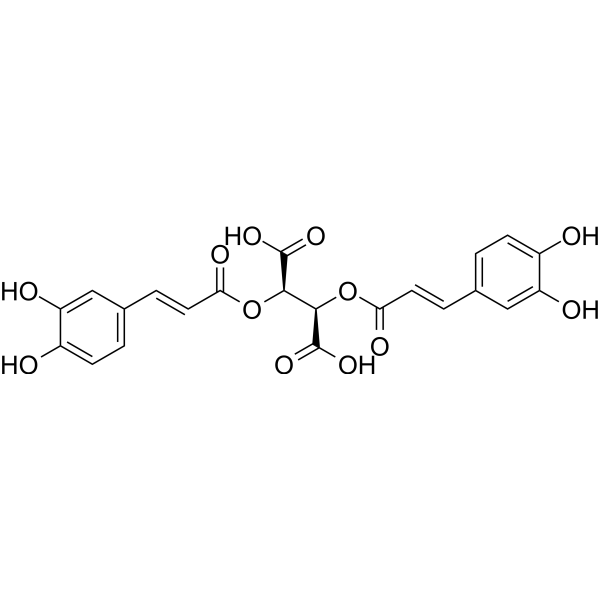
- HY-B1138
-
|
CL-82204
|
COX
Caspase
|
Inflammation/Immunology
|
|
Fenbufen (CL-82204) is an orally active non-steroidal anti-inflammatory drug (NSAID), with analgetic and antipyretic effects. Fenbufen has potent activity in a variety of animal model, including carageenin edema, UV erythema and adjuvant arthritis. Fenbufen has inhibitory activities against COX-1 and COX-2 with IC50s of 3.9 μM and 8.1 μM, respectively. Fenbufen is a caspases (caspase-1, 3, 4, 5, 9) inhibitor .
|
-
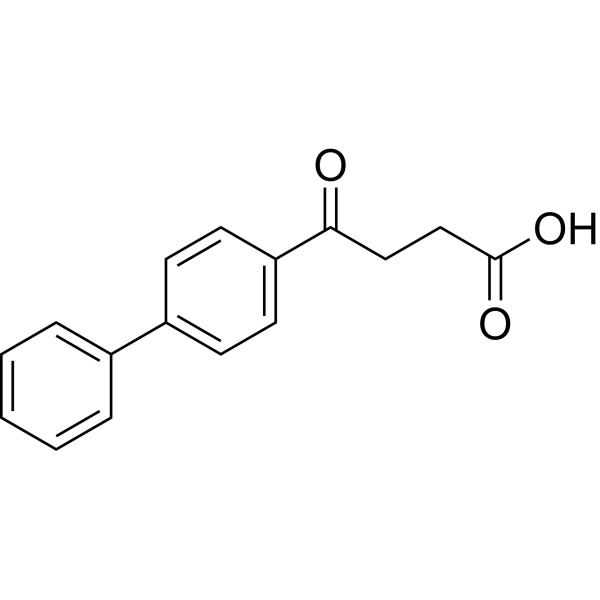
- HY-N0568
-
|
Asiaticoside A
|
Endogenous Metabolite
Apoptosis
Autophagy
Keap1-Nrf2
p38 MAPK
Caspase
|
Cardiovascular Disease
Others
Neurological Disease
Inflammation/Immunology
Endocrinology
Cancer
|
|
Madecassoside is a pentacyclic triterpene isolated from Centella asiatica and has anti-inflammatory properties. Antioxidant and anti-aging effects.
Madecassoside is a pentacyclic triterpene isolated from Centella asiatica. Madecassoside is orally active and has inhibitory properties against inflammation, oxidation, apoptosis and autophagy. Madecassosid inhibits activities of p38 MAPK and NF-kB [5][6], exhibits an anti-apopototic property, activates Nrf2 expression to reduce the neurotoxicity . Madecassoside can be used in endocrine diseases, cardiovascular diseases, skin diseases and other diseases.
|
-
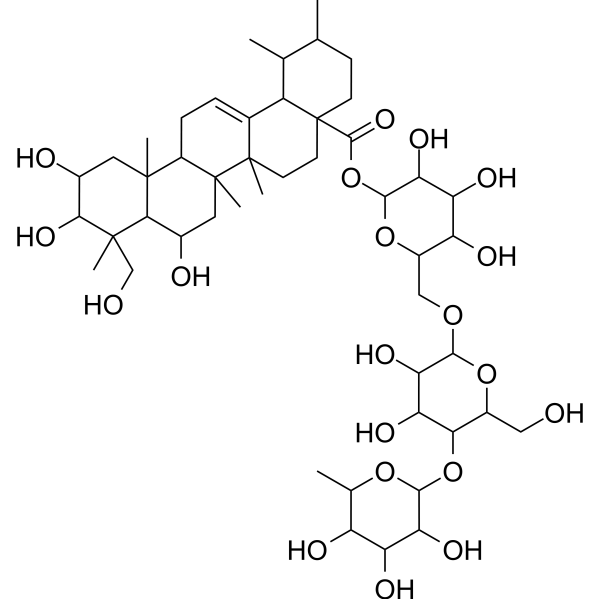
- HY-15037S
-
|
|
Isotope-Labeled Compounds
COX
Apoptosis
|
Inflammation/Immunology
|
|
Diclofenac- 13C6 (sodium heminonahydrate) is the 13C-labeled Diclofenac Sodium. Diclofenac Sodium (GP 45840) is a potent and nonselective anti-inflammatory agent, acts as a COX inhibitor, with IC50s of 4 and 1.3 nM for human COX-1 and COX-2 in CHO cells[1], and 5.1 and 0.84 μM for ovine COX-1 and COX-2, respectively[2]. Diclofenac Sodium induces apoptosis of neural stem cells (NSCs) via the activation of the caspase cascade[3].
|
-
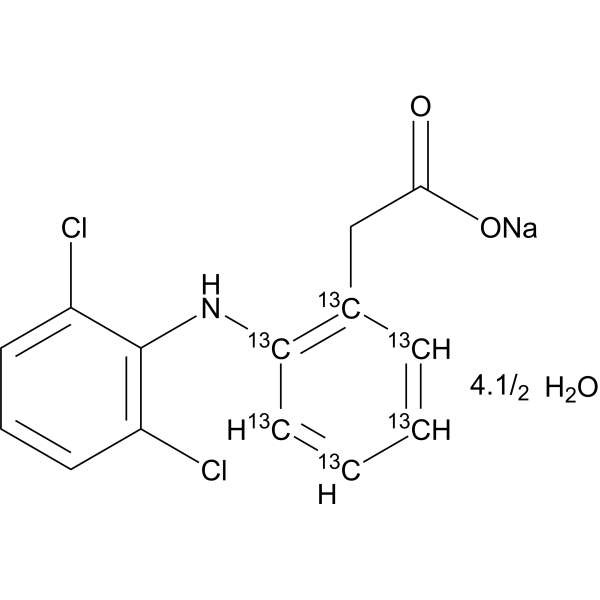
- HY-N2181
-
|
|
|
|
|
Acetylshikonin is an oral active anti-cancer, anti-inflammatory, antioxidant, anti-fertility, antibacterial, and neuroprotective agent. Acetylshikonin is a inhibitor of acetylcholinase (AChE) (IC50=34.6 μM) and nonselective cytochrome P450. Acetylshikonin can induce Apoptosis and Autophagy in cancer cells. Acetylshikonin regulates blood glucose, liver fat metabolism, and renal fibrosis, and is used in the study of diabetes, diabetic nephropathy (DN), obesity, and nonalcoholic fatty liver disease (NAFLD) .
|
-
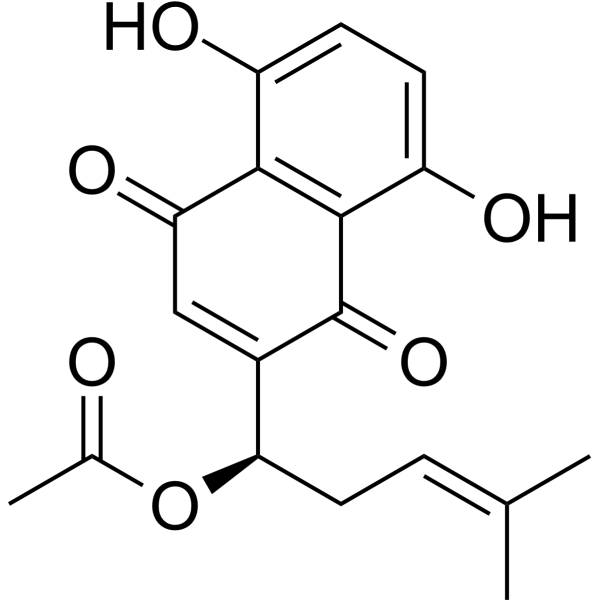
- HY-130252
-
YQ128
1 Publications Verification
|
NOD-like Receptor (NLR)
Interleukin Related
|
Inflammation/Immunology
|
|
YQ128 is a potent and selective second-generation NLRP3 (NOD-like receptor P3) inflammasome inhibitor with an IC50 of 0.30 μM. YQ128 significantly and selectively suppresses the production of IL-1β, but not TNF-α, and it can cross the BBB to reach the CNS. YQ128 has anti-inflammatory activity . YQ128 is a click chemistry reagent, it contains an Alkyne group and can undergo copper-catalyzed azide-alkyne cycloaddition (CuAAc) with molecules containing Azide groups.
|
-
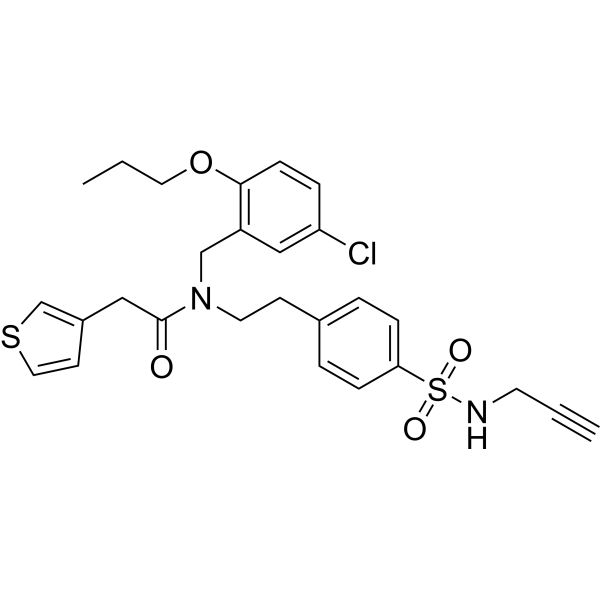
- HY-10400
-
|
TV-3326 hemitartrate
|
Monoamine Oxidase
Cholinesterase (ChE)
|
Neurological Disease
|
|
Ladostigil (TV-3326) hemitartrate is an orally active dual inhibitor of cholinesterase and brain-selective monoamine oxidase (MAO), with IC50s of 37.1 and 31.8 μM for MAO-B and AChE, respectively. Ladostigil hemitartrate exhibits neuroprotective, antioxidant and anti-inflammatory activities. Ladostigil hemitartrate can be used for the research of depression and Alzheimer's disease . Ladostigil (hemitartrate) is a click chemistry reagent, it contains an Alkyne group and can undergo copper-catalyzed azide-alkyne cycloaddition (CuAAc) with molecules containing Azide groups.
|
-
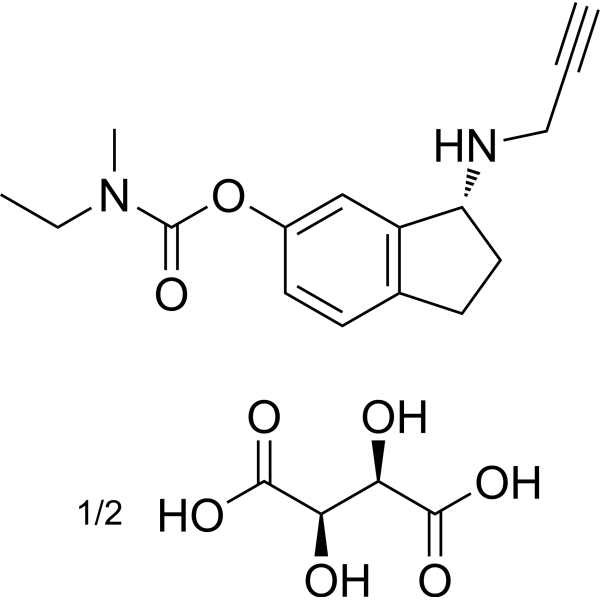
- HY-152251
-
|
|
Cannabinoid Receptor
FAAH
|
Inflammation/Immunology
|
|
CB2R/FAAH modulator-1 is a cannabinoid type 2 receptor (CB2R) full agonist with Kis of 14.8 nM and 241.3 nM for CB2R and CB1R, respectively. CB2R/FAAH modulator-1 is a fatty acid amide hydrolase (FAAH) inhibitor with an IC50 of 4 μM. CB2R/FAAH modulator-1 decreases pro-inflammatory and increases anti-inflammatory cytokines production .
|
-
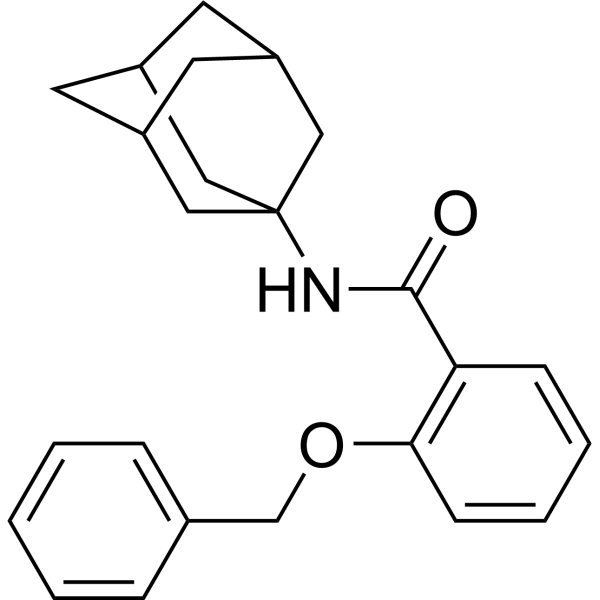
- HY-N9736
-
|
|
Calcineurin
|
Infection
Neurological Disease
Inflammation/Immunology
|
|
6,4'-Dihydroxy-7-methoxyflavanone, a flavonoid, is a nature product that could be isolated from Heartwood Dalbergia odorifera. 6,4'-Dihydroxy-7-methoxyflavanone inhibits receptor activators of nuclear factor kappa-B ligand (RANKL) induced osteoclastogenesis. 6,4'-Dihydroxy-7-methoxyflavanone has antioxidant, anti-inflammatory and neuroprotective effects. 6,4'-Dihydroxy-7-methoxyflavanone can be used in research of osteoporosis .
|
-
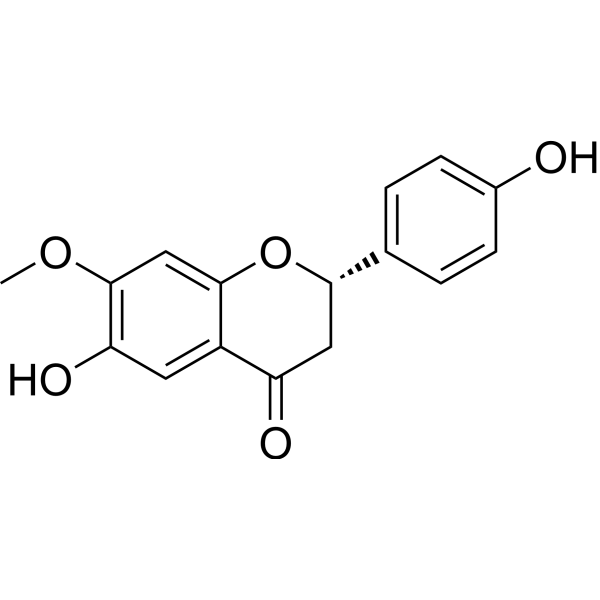
- HY-N0110
-
-
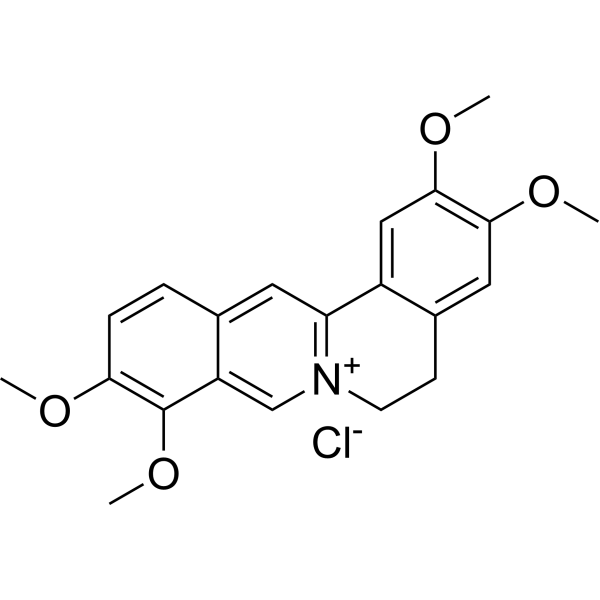
- HY-113509S
-
|
LXA4-d5
|
Interleukin Related
Endogenous Metabolite
|
Inflammation/Immunology
|
|
Lipoxin A4-d5 is the deuterium labeled Lipoxin A4. Lipoxin A4 (LXA4), an endogenous lipoxygenase-derived eicosanoid mediator, has potent dual pro-resolving and anti-inflammatory properties[1]. Lipoxin A4 inhibits proliferation and inflammatory cytokine/chemokine production of human epidermal keratinocytes (NHEKs) associated with the ERK1/2 and NF-kB pathways[2]. Lipoxin A4 inhibits serum amyloid A (SAA)-mediated IL-8 release with an IC50 value of 25.74 nM[3].
|
-
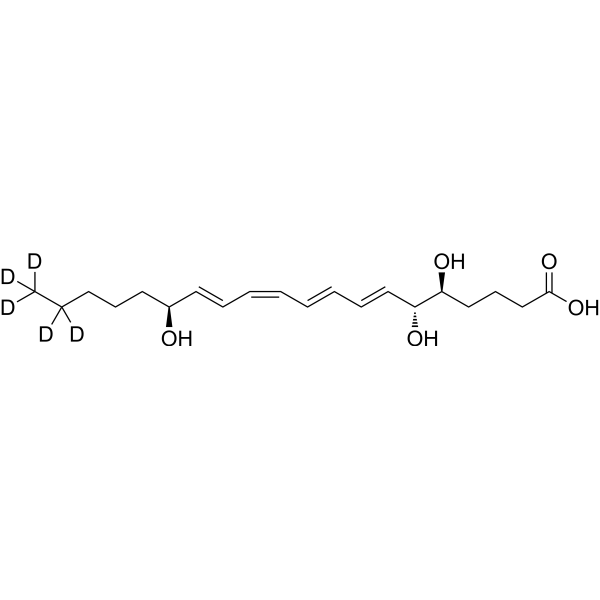
- HY-19744
-
|
|
|
|
|
T6167923 is a selective inhibitor of MyD88-dependent signaling pathways. T6167923 directly binds to Toll/IL1 receptor (TIR) domain of MyD88 and disrupts MyD88 homodimeric formation. T6167923 inhibits NF-κB driven Staphylococcus enterotoxin AP (SEAP) activity, and improves anti-inflammatory activity with IC50s of 2.7 μM, 2.9 μM, 2.66 μM and 2.66 μM for IFN-γ, IL-1β, IL-6 and TNF-α, respectively .
|
-
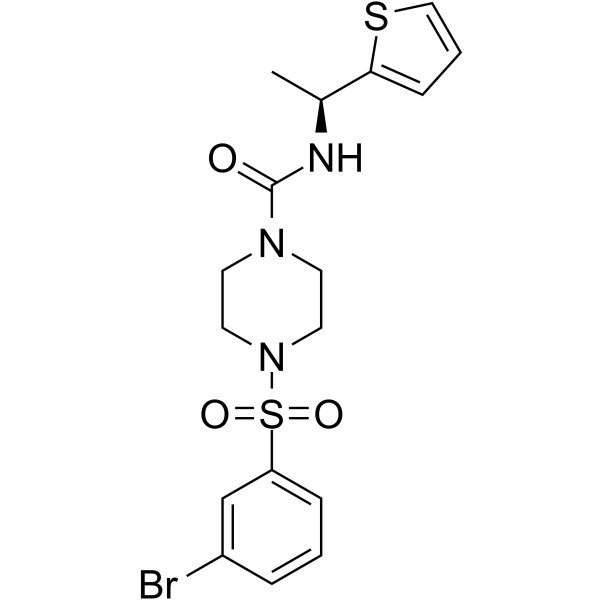
- HY-N0110A
-
|
|
|
|
|
Palmatine is an orally active and irreversible indoleamine 2,3-dioxygenase 1 (IDO-1) inhibitor with IC50s of 3 μM and 157μM against HEK 293-hIDO-1 and rhIDO-1, respectively. Palmatine can also inhibit West Nile virus (WNV) NS2B-NS3 protease in an uncompetitive manner with an IC50 of 96 μM. Palmatine shows anti-cancer, anti-oxidation, anti-inflammatory, neuroprotection, antibacterial, anti-viral activities .
|
-
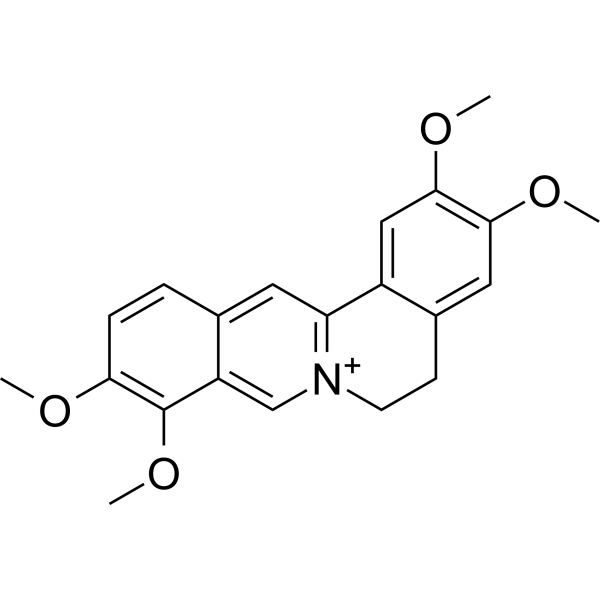
- HY-12403A
-
|
TXA127 acetate; Angiotensin (1-7) (acetate); Ang-(1-7) (acetate)
|
Angiotensin Receptor
Angiotensin-converting Enzyme (ACE)
Endogenous Metabolite
|
Cardiovascular Disease
Inflammation/Immunology
Endocrinology
|
|
Angiotensin 1-7 (Ang-(1-7)) acetate is an endogenous heptapeptide from the renin-angiotensin system (RAS) with a cardioprotective role due to its anti-inflammatory and anti-fibrotic activities in cardiac cells. Angiotensin 1-7 acetate inhibits purified canine ACE activity (IC50=0.65 μM). Angiotensin 1-7 acetate acts as a local synergistic modulator of kinin-induced vasodilation by inhibiting ACE and releasing nitric oxide. Angiotensin 1-7 acetate blocks Ang II-induced smooth muscle cell proliferation and hypertrophy and shows antiangiogenic and growth-inhibitory effects on the endothelium .
|
-
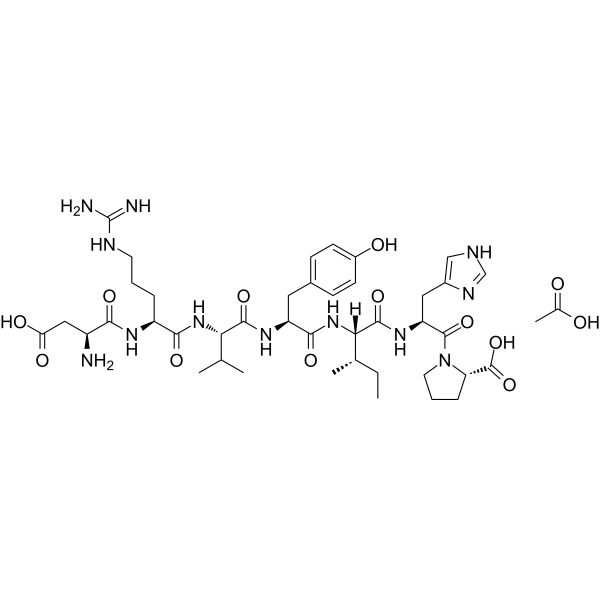
- HY-N0110B
-
-
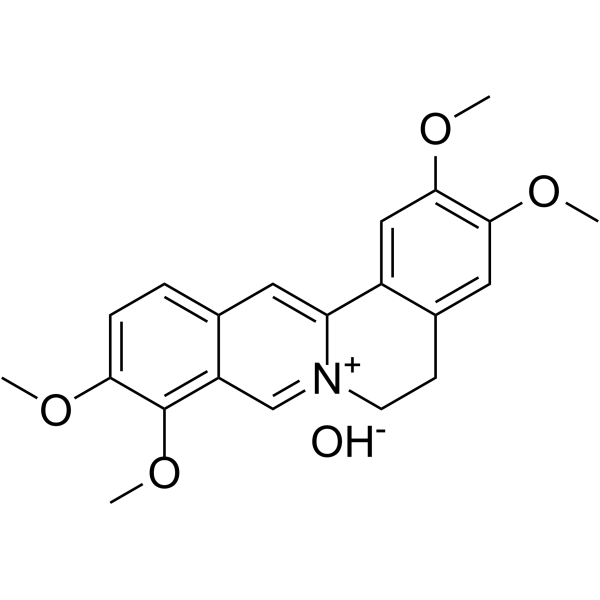
- HY-151262
-
|
|
JAK
STING
NF-κB
STAT
|
Inflammation/Immunology
|
|
JAK-IN-23 is an orally active double inhibitor of JAK/STAT and NF-κB. JAK-IN-23 can inhibit JAK1/2/3 with IC50 values of 8.9 nM, 15 nM and 46.2 nM, respectively. JAK-IN-23 has potent inhibitory activities against interferon-stimulated genes (ISG) and NF-κB pathways with IC50 values of 3.3 nM and 150.7 nM, respectively. JAK-IN-23 has great anti-inflammatory that decreases the release of various proinflammatory factors. JAK-IN-23 can be used for the research of inflammatory bowel disease (IBD) .
|
-
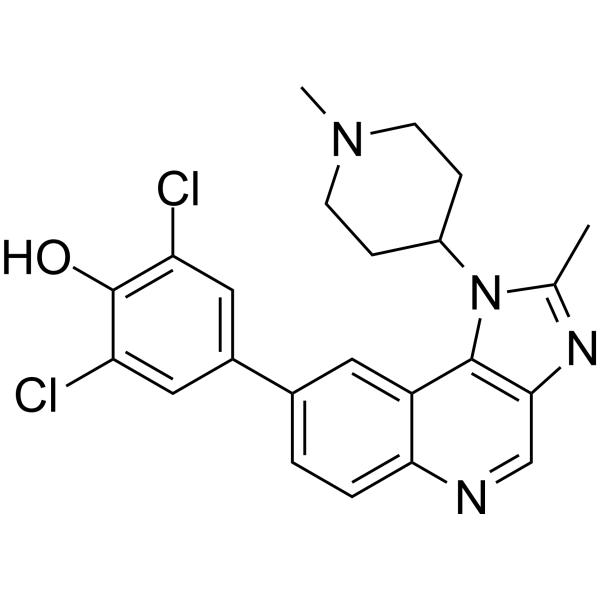
- HY-N0142R
-
|
NSC 407292 (Standard); RJC 02792 (Standard)
|
SGLT
Endogenous Metabolite
GLUT
|
Metabolic Disease
Cancer
|
|
Phloretin (Standard) is the analytical standard of Phloretin. This product is intended for research and analytical applications. Phloretin (NSC 407292; RJC 02792) is a flavonoid extracted from Malus pumila Mill., has anti-inflammatory activities. Phloridzin is a specific, competitive and orally active inhibitor of sodium/glucose cotransporters in the intestine (SGLT1) and kidney (SGLT2). Phloretin inhibits Yeast-made GLUT1 as well as Human erythrocyte GLUT1 with IC50values of 49 μM and 61 μM, respectively .Phloretin has the potential for the treatment of rheumatoid arthritis (RA)?and allergic airway inflammation .
|
-
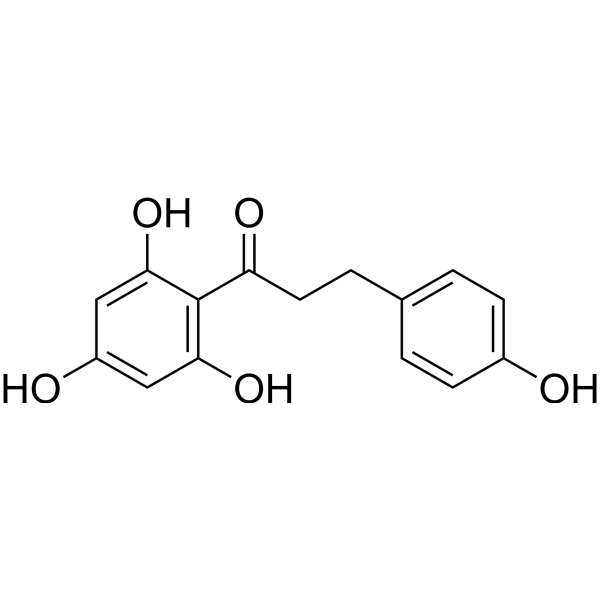
- HY-N10156
-
-
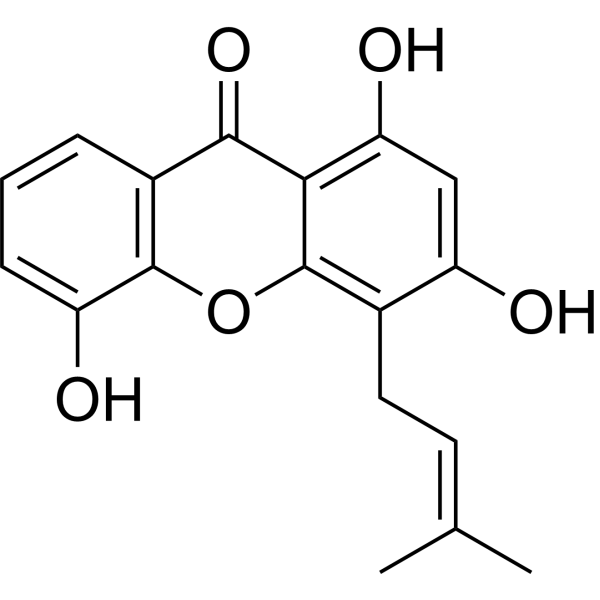
- HY-N10009
-
|
|
NF-κB
TNF Receptor
COX
ERK
p38 MAPK
Sirtuin
|
Inflammation/Immunology
|
|
Cudraflavone B is a prenylated flavonoid with anti-inflammatory and anti-tumor properties. Cudraflavone B is also a dual inhibitor of COX-1 and COX-2. Cudraflavone B blocks the translocation of nuclear factor κB (NF-κB) from the cytoplasm to the nucleus in macrophages. Thus, Cudraflavone B inhibits tumor necrosis factor α (TNFα) gene expression and secretion. Cudraflavone B also triggers the mitochondrial apoptotic pathway, activates NF-κB, the MAPK p38, and ERK, and induced the expression of SIRT1. Thus Cudraflavone B inhibits the growth of human oral squamous cell carcinoma cells .
|
-
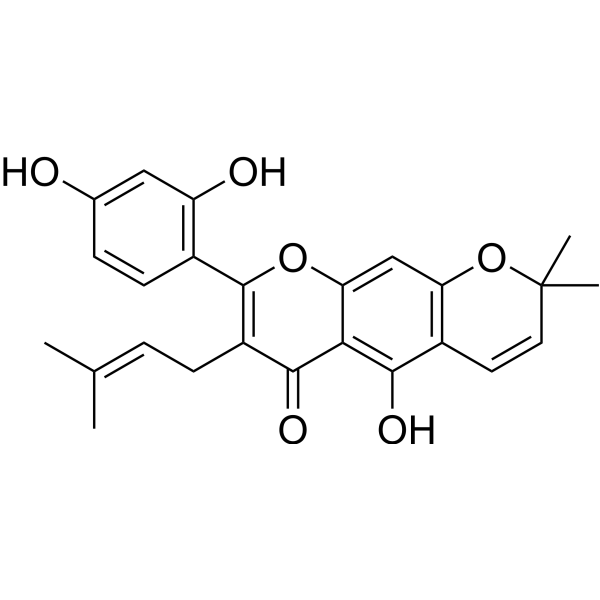
- HY-155998
-
|
|
NF-κB
|
Inflammation/Immunology
|
|
NF-κB-IN-11 (Compound 3i) is a NF-κB inhibitor. NF-κB-IN-11 inhibits TNF-α induced activation of NF-κB pathway, and inhibits nuclear translocation of NF-κB. NF-κB-IN-11 down-regulates the expression levels of phosphor-IKK, IκBα, and NF-κB p65. NF-κB-IN-11 has anti-inflammatory activity, and alleviates dextran sulfate sodium-induced colitis in mice. NF-κB-IN-11 (p.o.) shows a MTD more than 1852 mg/kg in mice acute toxicity assay .
|
-
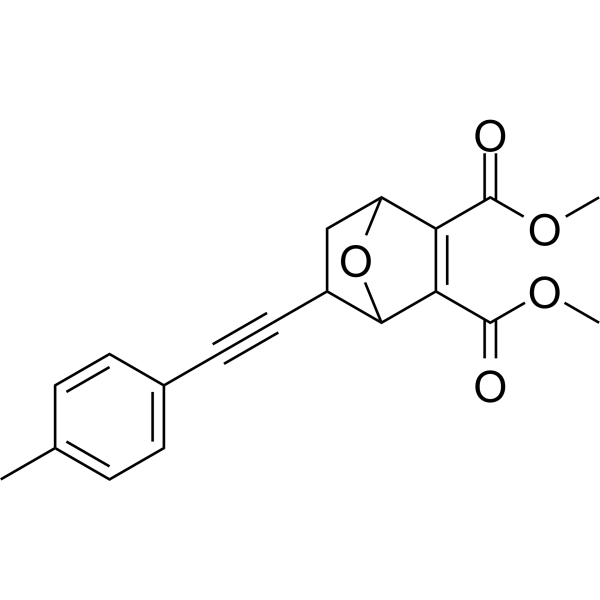
- HY-132831
-
|
RO-7486967
|
NOD-like Receptor (NLR)
|
Inflammation/Immunology
|
|
Selnoflast (RO-7486967) Formerly known as Somalix/RG6418/IZD334, Selnoflast is an orally available inhibitor of NLRP3. Selnoflast is used in research into systemic inflammation, such as ulcerative colitis and chronic obstructive pulmonary disease .
|
-
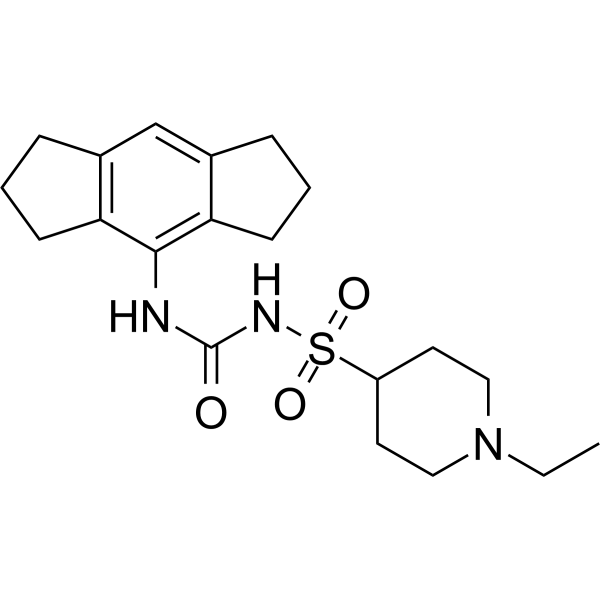
- HY-13755
-
|
|
HDAC
Keap1-Nrf2
Apoptosis
Bcl-2 Family
Caspase
Reactive Oxygen Species
|
Inflammation/Immunology
Cancer
|
|
Sulforaphane is an orally active inducer of the Keap1/Nrf2/ARE pathway. Sulforaphane promotes the transcription of tumor-suppressing proteins and effectively inhibits the activity of HDACs. Through the activation of the Keap1/Nrf2/ARE pathway and further induction of HO-1 expression, Sulforaphane protects the heart. Sulforaphane suppresses high glucose-induced pancreatic cancer through AMPK-dependent signal transmission. Sulforaphane exhibits both anticancer and anti-inflammatory properties .
|
-
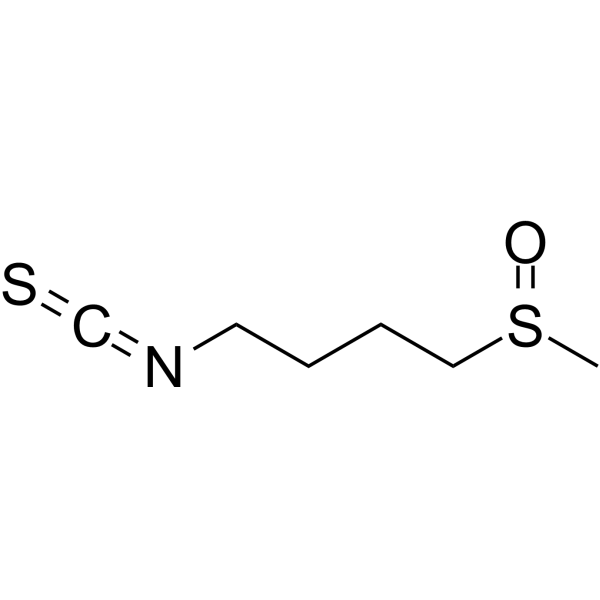
- HY-B0075S2
-
|
N-Acetyl-5-methoxytryptamine-d7
|
Melatonin Receptor
Autophagy
Mitophagy
Endogenous Metabolite
Apoptosis
|
Neurological Disease
Inflammation/Immunology
Cancer
|
|
Melatonin-d7 is the deuterium labeled Melatonin. Melatonin is a hormone made by the pineal gland that can activates melatonin receptor. Melatonin plays a role in sleep and possesses important antioxidative and anti-inflammatory properties[1][2][3]. Melatonin is a novel selective ATF-6 inhibitor and induces human hepatoma cell apoptosis through COX-2 downregulation[4]. Melatonin attenuates palmitic acid-induced (HY-N0830) mouse granulosa cells apoptosis via endoplasmic reticulum stress[5].
|
-

- HY-B0075S1
-
|
N-Acetyl-5-methoxytryptamine-d3
|
Melatonin Receptor
Autophagy
Mitophagy
Endogenous Metabolite
Apoptosis
|
Neurological Disease
Inflammation/Immunology
Cancer
|
|
Melatonin-d3 is the deuterium labeled Melatonin. Melatonin is a hormone made by the pineal gland that can activates melatonin receptor. Melatonin plays a role in sleep and possesses important antioxidative and anti-inflammatory properties[1][2][3]. Melatonin is a novel selective ATF-6 inhibitor and induces human hepatoma cell apoptosis through COX-2 downregulation[4]. Melatonin attenuates palmitic acid-induced (HY-N0830) mouse granulosa cells apoptosis via endoplasmic reticulum stress[5].
|
-
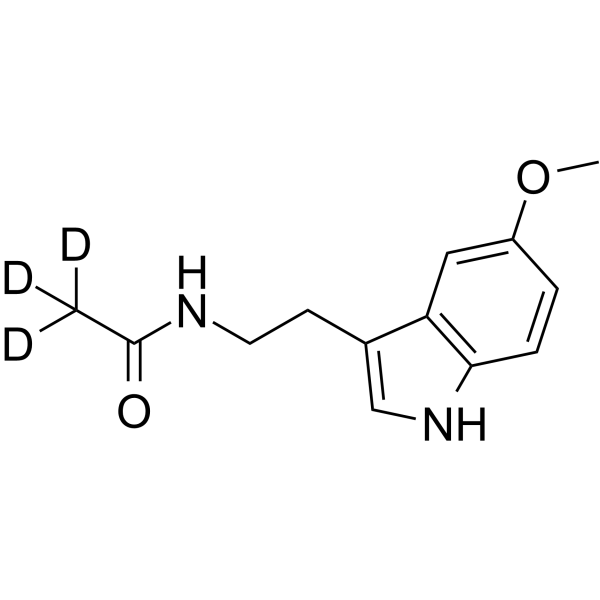
- HY-N0103
-
|
|
Autophagy
Apoptosis
PI3K
Akt
Influenza Virus
|
Infection
Inflammation/Immunology
Cancer
|
|
Sophocarpine is one of the significant alkaloid extracted from the traditional herb medicine Sophora flavescens which has many pharmacological properties such as anti-virus, anti-tumor, anti-inflammatory. Sophocarpine significantly inhibits the growth of gastric cancer (GC) cells through multiple mechanisms such as induction of autophagy, activation of cell apoptosis and down-regulation of cell survival PI3K/AKT signaling pathway. Sophocarpine has been demonstrated to have anti-tumor activity in various cancer cells, including hepatocellular carcinoma, prostate cancer and colorectal cancer .
|
-
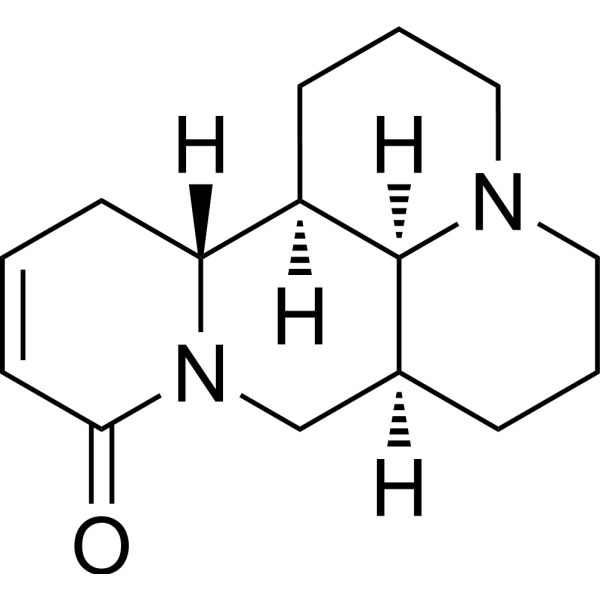
- HY-N0103A
-
|
|
Autophagy
Apoptosis
PI3K
Akt
Influenza Virus
|
Infection
Inflammation/Immunology
Cancer
|
|
Sophocarpine (monohydrate) is one of the significant alkaloid extracted from the traditional herb medicine Sophora flavescens which has many pharmacological properties such as anti-virus, anti-tumor, anti-inflammatory. Sophocarpine (monohydrate) significantly inhibits the growth of gastric cancer (GC) cells through multiple mechanisms such as induction of autophagy, activation of cell apoptosis and down-regulation of cell survival PI3K/AKT signaling pathway. Sophocarpine (monohydrate) has been demonstrated to have anti-tumor activity in various cancer cells, including hepatocellular carcinoma, prostate cancer and colorectal cancer .
|
-
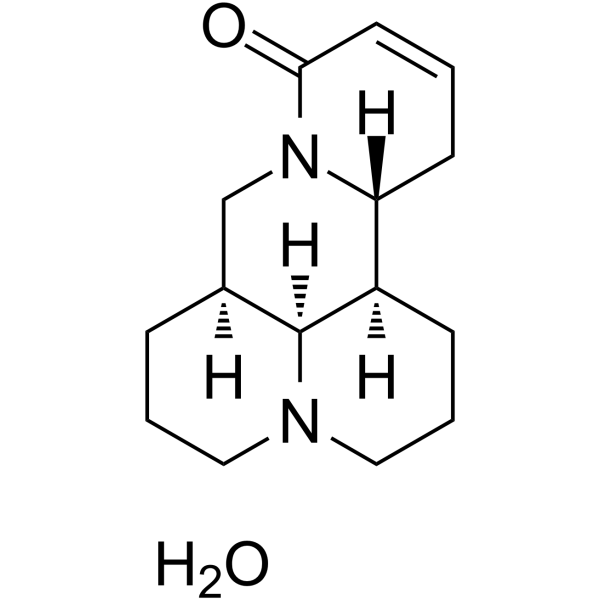
- HY-144634
-
|
|
Keap1-Nrf2
|
Neurological Disease
Inflammation/Immunology
|
|
DDO-7263, a 1,2,4-Oxadiazole derivative, is a potent Nrf2-ARE activator. DDO-7263 upregulates Nrf2 through binding to Rpn6 to block the assembly of 26S proteasome and the subsequent degradation of ubiquitinated Nrf2. DDO-7263 induces Nrf2 translocation into the nucleus. DDO-7263 inhibits of NLRP3 inflammasome activation. DDO-7263 exerts anti-inflammatory activity and has the potential for neurodegenerative diseases research, such as Parkinson's disease (PD) .
|
-
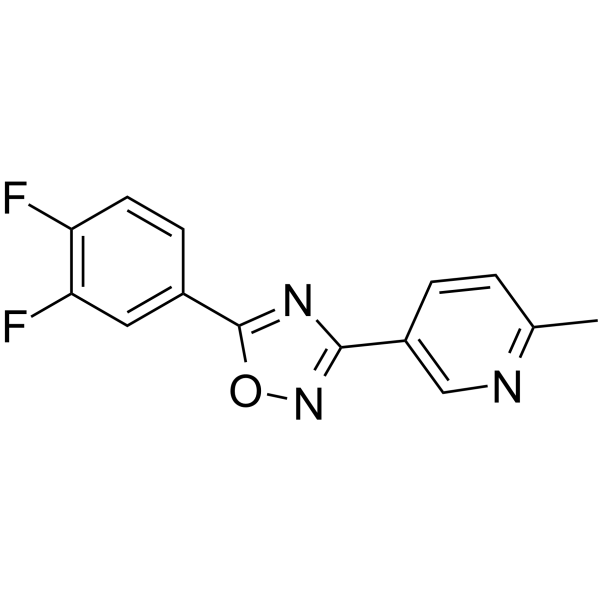
- HY-147518
-
|
|
p38 MAPK
|
Inflammation/Immunology
|
|
p38-α MAPK-IN-5 (compound 4e) is a potent p38α inhibitor with IC50s of 0.1 nM, 0.2 nM, 944 nM, 4100 nM for p38α, p38 β, p38γ, p38δ, respectively. p38-α MAPK-IN-5 has anti-inflammatory effect. p38-α MAPK-IN-5 has the potential for asthma and chronic obstructive pulmonary disease (COPD) research .
|
-
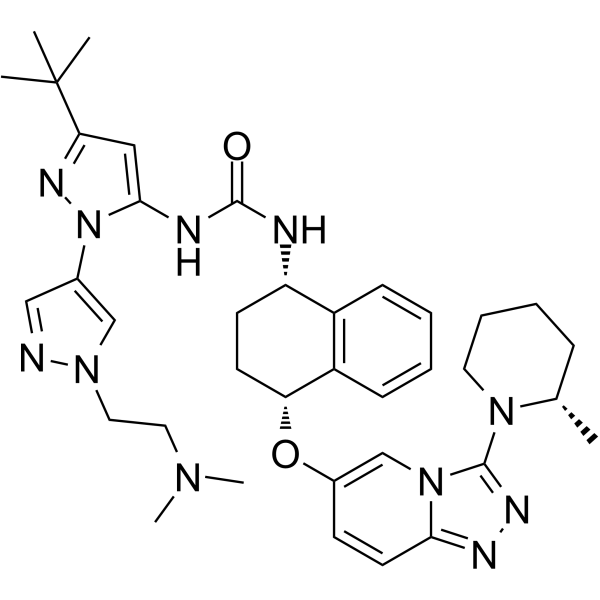
- HY-N10439
-
|
|
Glucosidase
|
Inflammation/Immunology
|
|
3β-Acetoxy-hop-22(29)-ene (compound 1) is a potent anti-inflammatory agent. 3β-Acetoxy-hop-22(29)-ene shows high inhibitory activity of yeast α-glucosidase, with an IC50 of 5.74 μM. 3β-Acetoxy-hop-22(29)-ene inhibits MPO (myeloperoxidase) activity in a dose-dependent manner in mouse ear edema model induced by 12-O-tetradecanoylphorbol acetate (TPA), with an IC50 of 0.23 μmol/ear .
|
-
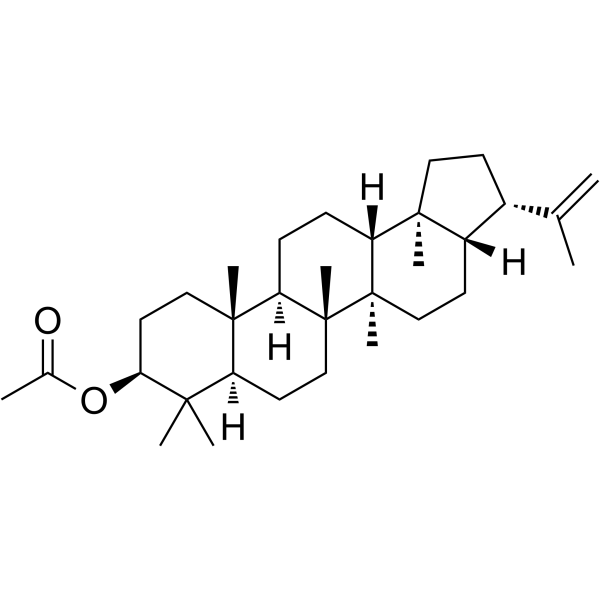
- HY-128463S
-
|
|
COX
Reactive Oxygen Species
|
|
|
N-tert-Butyl-α-phenylnitrone-d14 is the deuterium labeled N-tert-Butyl-α-phenylnitrone[1]. N-tert-Butyl-α-phenylnitrone is a nitrone-based free radical scavenger that forms nitroxide spin adducts. N-tert-Butyl-α-phenylnitrone inhibits COX2 catalytic activity. N-tert-Butyl-α-phenylnitrone has potent ROS scavenging, anti-inflammatory, neuroprotective, anti-aging and anti-diabetic activities, and can penetrate the blood-brain barrier[2][3][4][5].
|
-
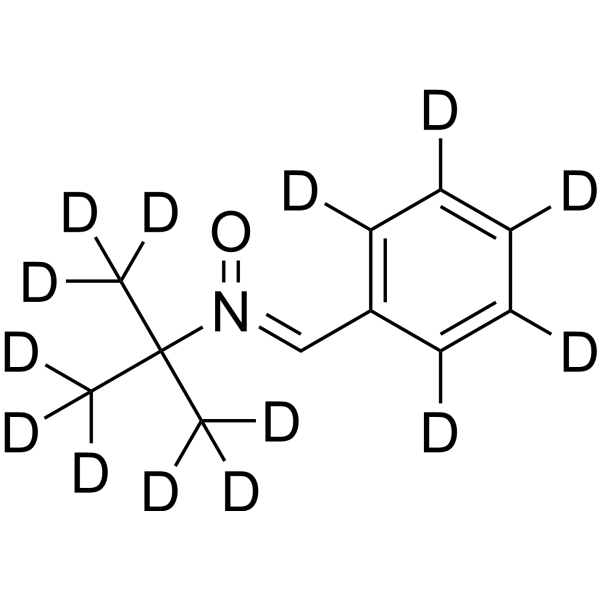
- HY-B0809R
-
|
1,3-Dimethylxanthine(Standard); Theo-24 (Standard)
|
Phosphodiesterase (PDE)
Adenosine Receptor
HDAC
Apoptosis
Interleukin Related
TNF Receptor
Endogenous Metabolite
|
Cancer
|
|
Theophylline (Standard) is the analytical standard of Theophylline. This product is intended for research and analytical applications. Theophylline (1,3-Dimethylxanthine) is a potent phosphodiesterase (PDE) inhibitor, adenosine receptor antagonist, and histone deacetylase (HDAC) activator. Theophylline (1,3-Dimethylxanthine) inhibits PDE3 activity to relax airway smooth muscle. Theophylline (1,3-Dimethylxanthine) has anti-inflammatory activity by increase IL-10 and inhibit NF-κB into the nucleus. Theophylline (1,3-Dimethylxanthine) induces apoptosis. Theophylline (1,3-Dimethylxanthine) can be used for asthma and chronic obstructive pulmonary disease (COPD) research .
|
-
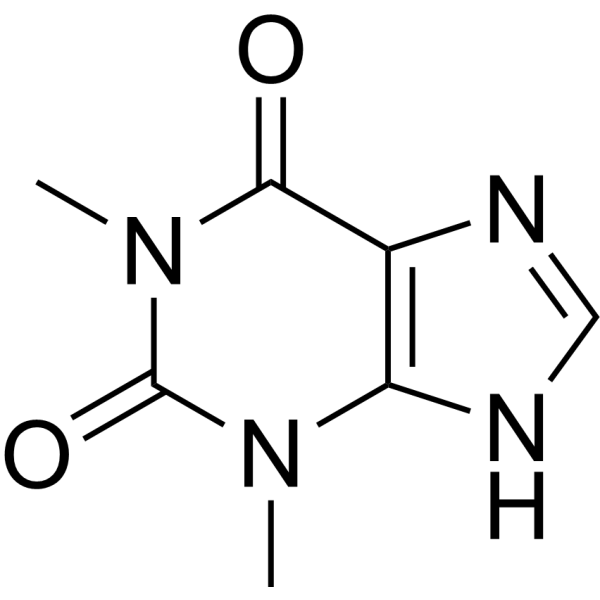
- HY-14393S
-
|
Frangula emodin-d4
|
Isotope-Labeled Compounds
SARS-CoV
Casein Kinase
Autophagy
11β-HSD
|
Cancer
|
|
Emodin-d4 is the deuterium labeled Emodin. Emodin (Frangula emodin), an anthraquinone derivative, is an anti-SARS-CoV compound. Emodin blocks the SARS coronavirus spike protein and angiotensin-converting enzyme 2 (ACE2) interaction[1]. Emodin inhibits casein kinase-2 (CK2). Anti-inflammatory and anticancer effects[2]. Emodin is a potent selective 11β-HSD1 inhibitor with the IC50 of 186 and 86 nM for human and mouse 11β-HSD1, respectively. Emodin ameliorates metabolic disorder in diet-induced obese mice[3].
|
-
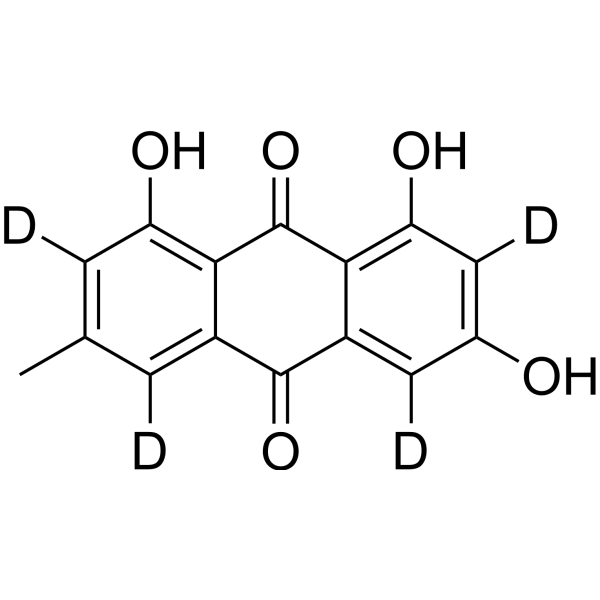
- HY-B1138S
-
|
|
Isotope-Labeled Compounds
COX
Caspase
|
Inflammation/Immunology
|
|
Fenbufen-d9 (CL-82204-d9) is the deuterium labeled Fenbufen. Fenbufen (CL-82204) is an orally active non-steroidal anti-inflammatory drug (NSAID), with antipyretic effects. Fenbufen has potent activity in a variety of animal model, including carageenin edema, UV erythema and adjuvant arthritis. Fenbufen has inhibitory activities against COX-1 and COX-2 with IC50s of 3.9 μM and 8.1 μM, respectively. Fenbufen is a caspases (caspase-1, 3, 4, 5, 9) inhibitor[1][2][3][4][5].
|
-
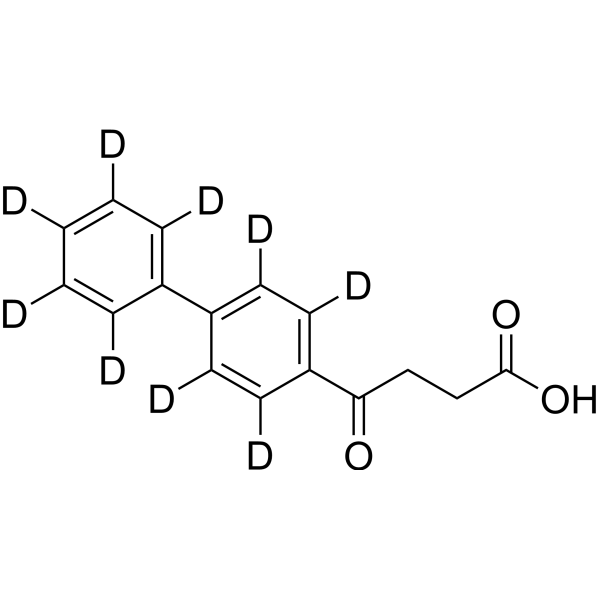
- HY-155975
-
|
|
PI3K
|
Inflammation/Immunology
|
|
PI3Kδ-IN-14 (Compound (S)-29) is a selective PI3Kδ inhibitor (IC50: 0.8 nM, Kd: 84.8 nM). PI3Kδ-IN-14 binds to the ATP-binding site of the kinase domain of PI3Kδ. PI3Kδ-IN-14 has anti-inflammatory activity by inhibiting the PI3K/AKT pathway. PI3Kδ-IN-14 ameliorates acute lung injury (ALI) .
|
-
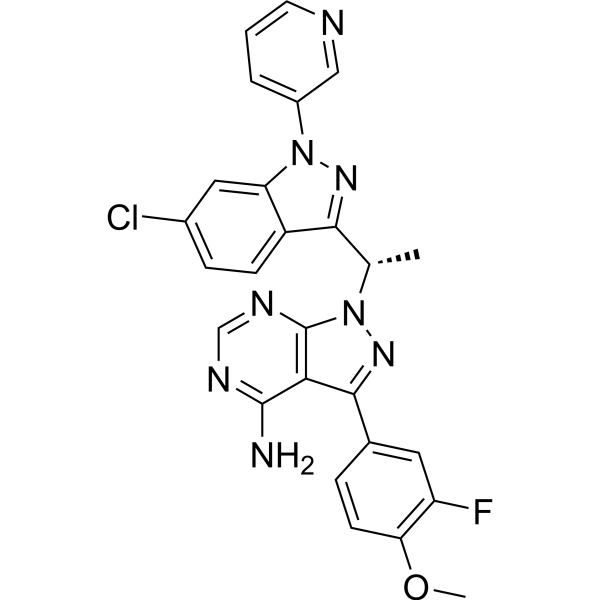
- HY-149523
-
|
|
Apoptosis
NO Synthase
Caspase
|
Inflammation/Immunology
Cancer
|
|
Anticancer agent 157 (compound 15) is a NO inhibitor (IC50=0.62 μg/mL) with anti-inflammatory and anticancer activities. Anticancer agent 157 can bind to iNOS (inducible NO synthase) and caspase 8, causing nuclear fragmentation and chromatin condensation, inducing apoptosis. Anticancer agent 157 inhibits HT29 colon cancer cells (IC50=2.45 μg/mL), Hep-G2 liver cancer cells (IC50=3.25 μg/mL), and B16-F10 murine melanoma cells (IC50=3.84 μg/mL) .
|
-
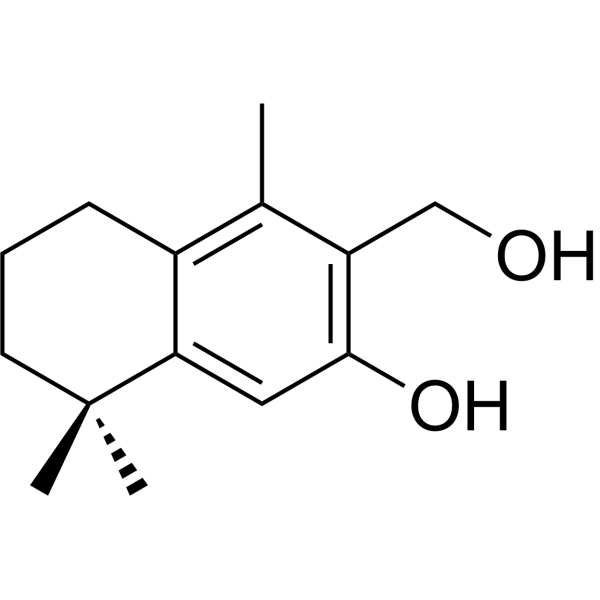
- HY-14393R
-
|
Frangula emodin (Standard)
|
SARS-CoV
Casein Kinase
Autophagy
11β-HSD
|
Cancer
|
|
Emodin (Standard) is the analytical standard of Emodin. This product is intended for research and analytical applications. Emodin (Frangula emodin), an anthraquinone derivative, is an anti-SARS-CoV compound. Emodin blocks the SARS coronavirus spike protein and angiotensin-converting enzyme 2 (ACE2) interaction . Emodin inhibits casein kinase-2 (CK2). Anti-inflammatory and anticancer effects . Emodin is a potent selective 11β-HSD1 inhibitor with the IC50 of 186 and 86 nM for human and mouse 11β-HSD1, respectively. Emodin ameliorates metabolic disorder in diet-induced obese mice .
|
-
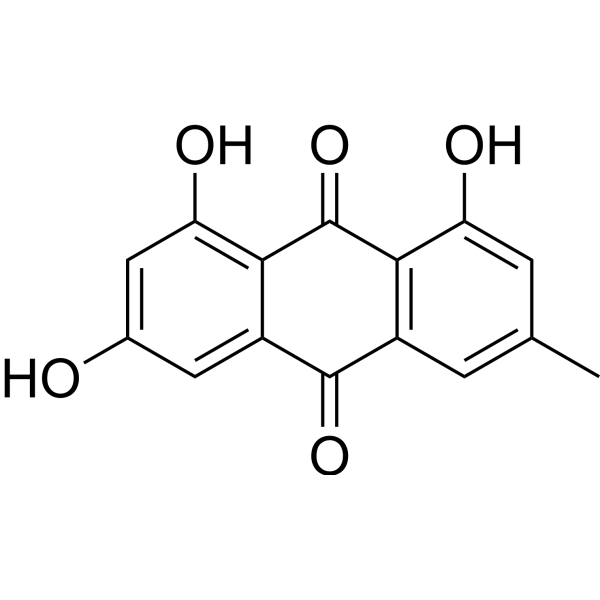
- HY-157227
-
|
VPC4
|
TRP Channel
|
Inflammation/Immunology
|
|
VPC01091.4 (VPC4) is a?TRPM7?inhibitor and blocks TRPM7 current at low micromolar concentrations. VPC01091.4 is an efficacious?anti-inflammatory?agent that arrests systemic inflammation in vivo .
|
-
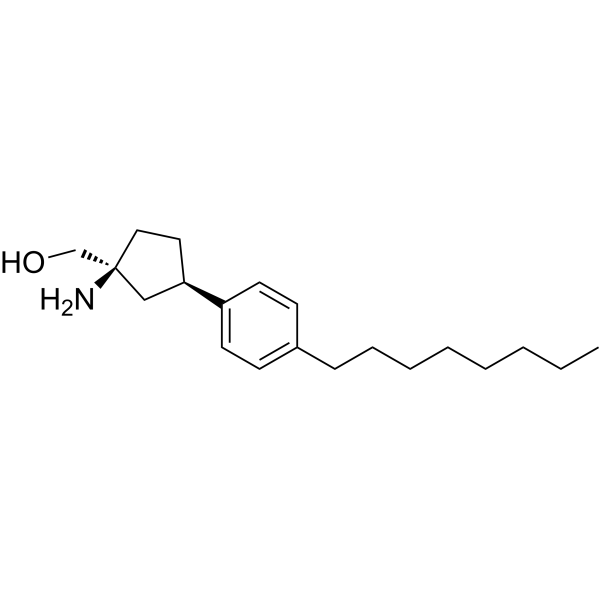
- HY-W062696
-
|
|
E1/E2/E3 Enzyme
|
Inflammation/Immunology
|
|
BC-1382 is a potent ubiquitin E3 ligase HECTD2 inhibitor that specificly disrupts the HECTD2/PIAS1 interaction (IC50≈ 5 nM).Anti-inflammatory activity .
|
-
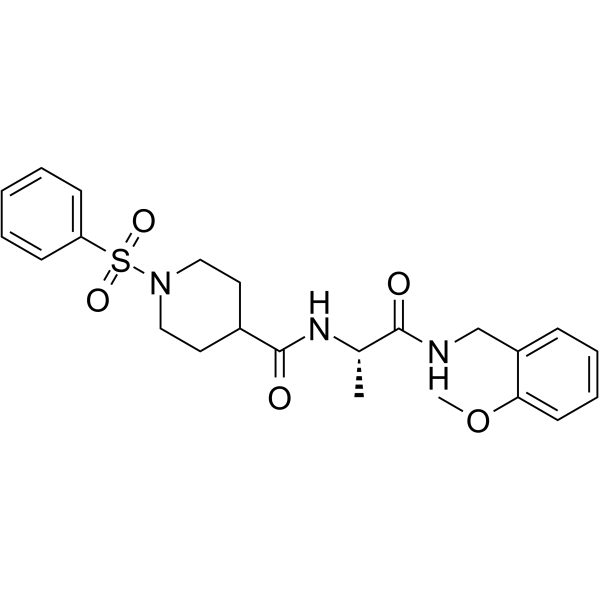
- HY-16561
-
|
trans-Resveratrol; SRT501
|
IKK
Autophagy
Mitophagy
Sirtuin
Apoptosis
Bacterial
Fungal
Antibiotic
Keap1-Nrf2
|
Infection
Inflammation/Immunology
Cancer
|
|
Resveratrol (trans-Resveratrol; SRT501), a natural polyphenolic phytoalexin that possesses anti-oxidant, anti-inflammatory, cardioprotective, and anti-cancer properties. Resveratrol (SRT 501) has a wide spectrum of targets including mTOR, JAK, β-amyloid, Adenylyl cyclase, IKKβ, DNA polymerase. Resveratrol also is a specific SIRT1 activator . Resveratrol is a potent pregnane X receptor (PXR) inhibitor . Resveratrol is an Nrf2 activator, ameliorates aging-related progressive renal injury in mice model . Resveratrol increases production of NO in endothelial cells .
|
-
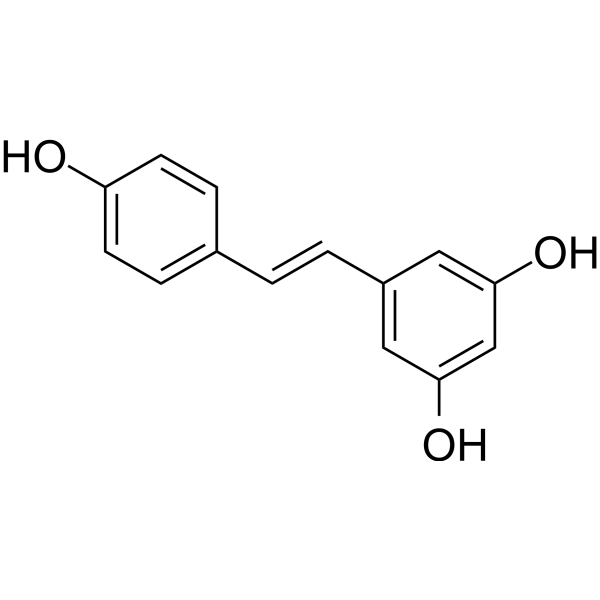
- HY-N4267
-
|
|
Calcium Channel
|
Infection
Cardiovascular Disease
|
|
Yangambin, a furofuran lignan, is already isolated from plants such as member of the Annonaceae family, including species of the genus Rollinia: R. pickeli, R. exalbidaand R. mucosa, as well from the Magnolia biondii. Yangambin, a selective PAF receptor antagonist, inhibits Ca 2+ influx through voltage-gated Ca 2+ channels, leading to the reduction in [Ca 2+]i in vascular smooth muscle cells and consequent peripheral vasodilation . Yangambin exhibits the antiallergic activity against β-hexosaminidase release with an IC50 of 33.8 μM and for anti-inflammatory activity with an IC50 of 37.4 μM .
|
-
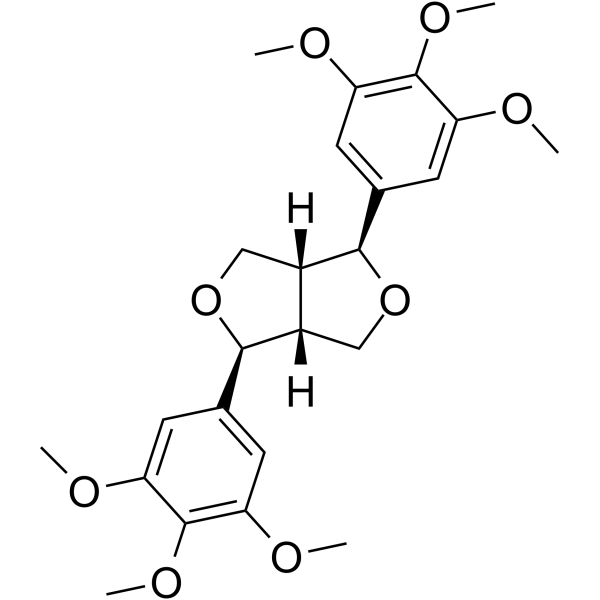
- HY-108039
-
|
HE 3286; NE-3107
|
NF-κB
|
Neurological Disease
Metabolic Disease
Inflammation/Immunology
|
|
Bezisterim (HE 3286; NE-3107) is a synthetic derivative of a natural anti-inflammatory steroid, β-AET. Bezisterim is an orally active partial NF-κB inhibitor. HE3286 reduces proinflammatory signals, including IL-6 and matrix metallopeptidase 3. Bezisterim freely penetrates the blood brain barrier in mice. Bezisterim can be used for the research of the ulcerative colitis, arthritis, experimental autoimmune encephalomyelitis . Bezisterim is a click chemistry reagent, it contains an Alkyne group and can undergo copper-catalyzed azide-alkyne cycloaddition (CuAAc) with molecules containing Azide groups.
|
-
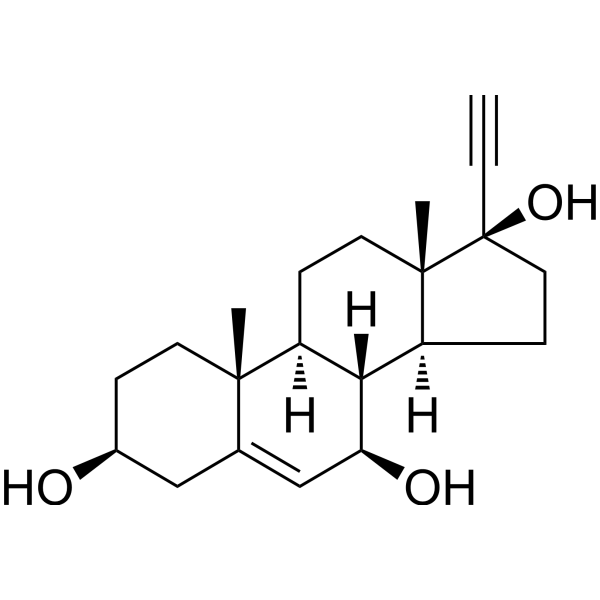
- HY-146483
-
|
|
Amyloid-β
|
Neurological Disease
Inflammation/Immunology
|
|
Anti-Aβ agent 1A (compound M15) has potent activity against amyloid-β. Anti-Aβ agent 1A possesses can significantly inhibit LPS-induced levels of IL-1β, IL-6 and TNF-α, and reduces the apoptosis of SH-SY5Y induced by H2O2 through mitochondria pathway. Anti-Aβ agent 1A possesses antioxidant, anti-inflammatory, anti-Aβ toxicity and neuroprotective activities. Anti-Aβ agent 1A can be used for researching Alzheimer’s disease (AD) .
|
-
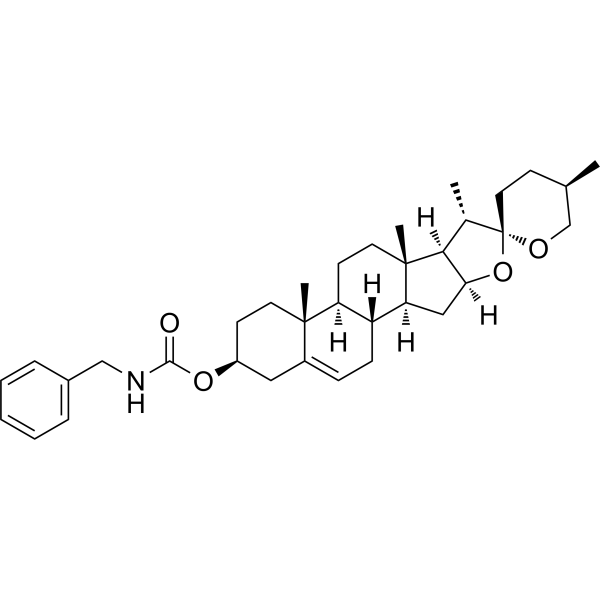
- HY-155517
-
|
|
NOD-like Receptor (NLR)
Pyroptosis
|
Inflammation/Immunology
|
|
INF200 (compound 5) is a sulfonylurea-based inhibitor of NLRP3 and NLRP3-mediated pyroptosis. INF200 has beneficial cardiometabolic effects in rat model of high-fat diet (HFD)-induced metaflammation,and shows anti-inflammatory activity to (10 μM) decreases IL-1β release in human macrophages. INF200 improves glucose and lipid profiles,and attenuates systemic inflammation and biomarkers of cardiac dysfunction (particularly BNP). INF200 also improves myocardial damage-dependent ischemia/reperfusion injury (IRI) in hemodynamic evaluation .
|
-
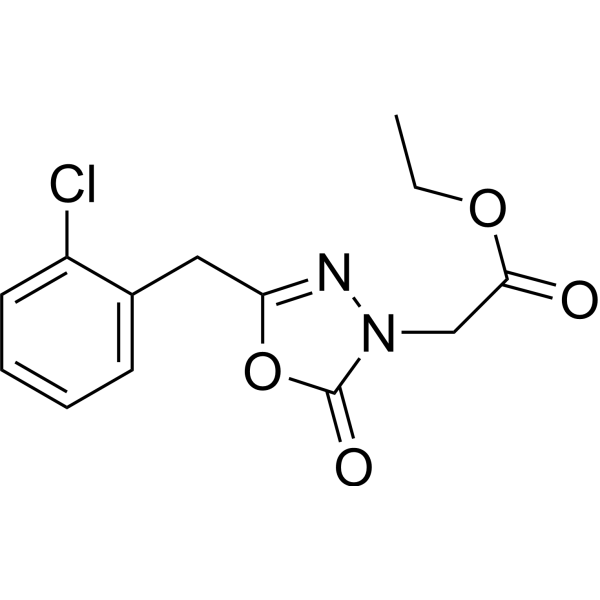
- HY-N6954
-
|
|
ATM/ATR
STAT
CDK
|
Cancer
|
|
Garcinone C, a xanthone derivative, is a natural compound extracted from Garcinia oblongifolia that is used as an anti-inflammatory, astringency and granulation-promoting medicine, and has potential cytotoxic effects on certain cancers. Garcinone C stimulates the expression levels of ATR and 4E-BP1, while efficiently inhibiting the expression levels of cyclin B1, cyclin D1, cyclin E2, cdc2, Stat3 and CDK7. Garcinone C significantly inhibits cell viability of the human Nasopharyngeal carcinoma (NPC) cell lines CNE1, CNE2, HK1 and HONE1 in a time‑ and dose‑dependent manner .
|
-
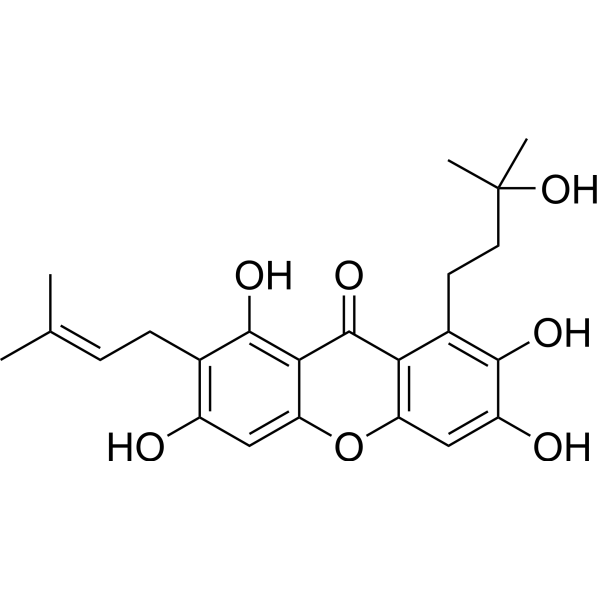
- HY-N2071
-
Cedrol
1 Publications Verification
(+)-Cedrol; α-Cedrol
|
Cytochrome P450
Fungal
|
Infection
Inflammation/Immunology
Cancer
|
|
Cedrol is a bioactive sesquiterpene, a potent competitive inhibitor of cytochrome P-450 (CYP) enzymes. Cedrol inhibits CYP2B6-mediated bupropion hydroxylase and CYP3A4-mediated midazolam hydroxylation with Ki of 0.9 μM and 3.4 μM, respectively. Cedrol also has weak inhibitory effect on CYP2C8, CYP2C9, and CYP2C19 enzymes . Cedrol is found in cedar essential oil and poetesses anti-septic, anti-inflammatory, anti-spasmodic, tonic, astringent, diuretic, insecticidal, and anti-fungal activities .
|
-
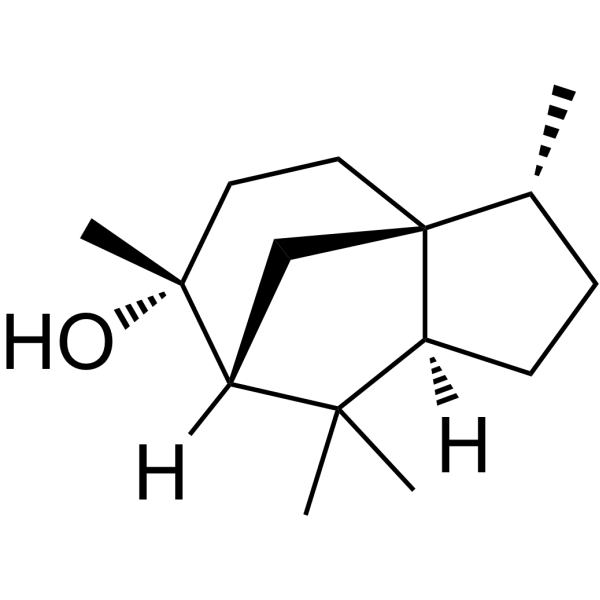
- HY-N8380
-
|
|
Apoptosis
Autophagy
PI3K
Necroptosis
|
Cardiovascular Disease
Inflammation/Immunology
Cancer
|
|
(-)-Latifolin, a flavonoid, induces apoptotic cell death by targeting PI3K/AKT/mTOR/p70S6K signaling. (-)-Latifolin significantly inhibits the cell proliferation of oral squamous cell carcinoma (OSCC), and causes the anti-metastatic activities by effectively blocking cell migration, invasion, and adhesion via the inactivation of FAK/Src. (-)-Latifolin suppresses autophagic-related proteins and autophagosome formation. (-)-Latifolin inhibits necroptosis by dephosphorylating necroptosis-regulatory proteins (RIP1, RIP3, and MLKL). (-)-Latifolin has beneficial effects on anti-aging, anti-carcinogenic, anti-inflammatory, and cardio-protective activities .
|
-
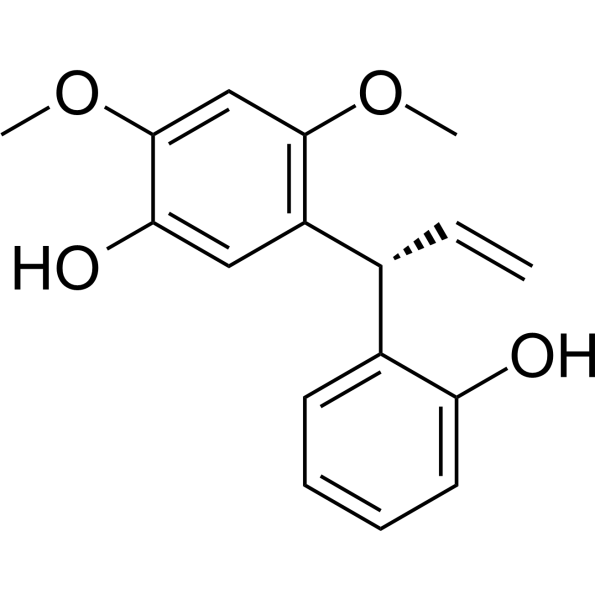
- HY-N0110R
-
|
|
Apoptosis
Virus Protease
Indoleamine 2,3-Dioxygenase (IDO)
Parasite
Bacterial
Aurora Kinase
|
Cancer
|
|
Palmatine (chloride) (Standard) is the analytical standard of Palmatine (chloride). This product is intended for research and analytical applications. Palmatine chloride is an orally active and irreversible indoleamine 2,3-dioxygenase 1 (IDO-1) inhibitor with IC50s of 3 μM and 157μM against HEK 293-hIDO-1 and rhIDO-1, respectively. Palmatine chloride can also inhibit West Nile virus (WNV) NS2B-NS3 protease in an uncompetitive manner with an IC50 of 96 μM. Palmatine chloride shows anti-cancer, anti-oxidation, anti-inflammatory, neuroprotection, antibacterial, anti-viral activities .
|
-
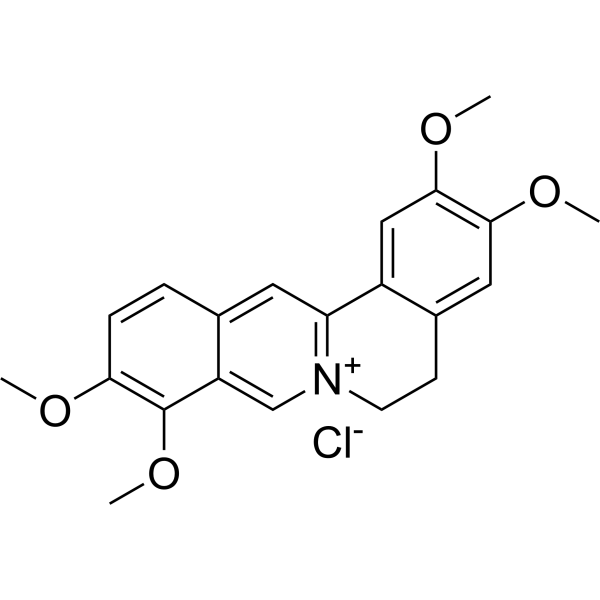
- HY-N1934
-
|
|
|
|
|
Dihydroberberine is a naturally occurring isoquinoline alkaloid with anti-inflammatory, anti-atherosclerotic, hypolipidemic and anti-tumor activities. Dihydroberberine inhibits the human ether-related gene (hERG) channel and significantly reduces the expression of heat shock protein 90 (Hsp90) and its interaction with hERG. Dihydroberberine also blocks the TLR4/MyD88/NF-κB signaling pathway to reduce pro-inflammatory cytokines and immunoglobulins, and has inhibitory effects on DSS (HY-116282C)-induced experimental colitis. Dihydroberberine also increases the sensitivity of lung cancer to sunitinib (HY-10255A), with synergistic efficacy .
|
-
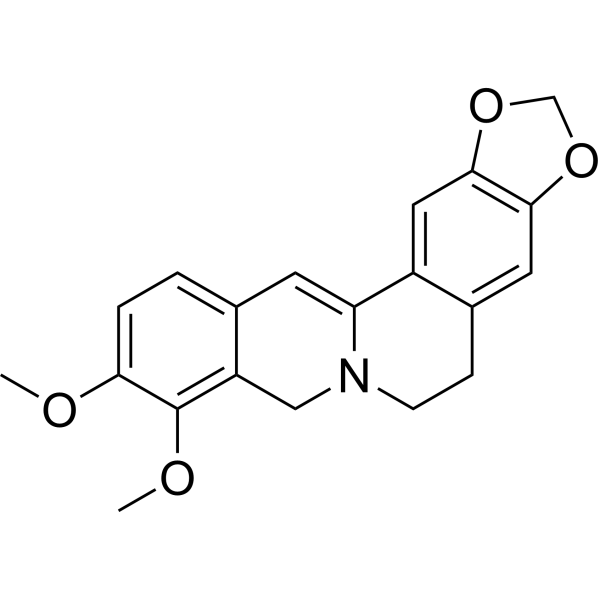
- HY-149008
-
|
|
Amylases
|
Metabolic Disease
Cancer
|
|
α-Amylase-IN-3 (Compound 4) is a none-competitive type of α-Amylase inhibitor with an IC50 value of 18.04 μM, which also has radical scavenging activities (DPPH and ABTS) with IC50 values of 16.04 μM (DPPH) and 16.99 μM (ABTS), respectively. α-Amylase-IN-3 has good protein–ligand interactions profile against α-Amylase. α-Amylase-IN-3 may have pharmacological activities such as anti-oxidative, anti-inflammatory inhibitory, which is helpful for the development of diabetes and oxidative stress associated disease .
|
-
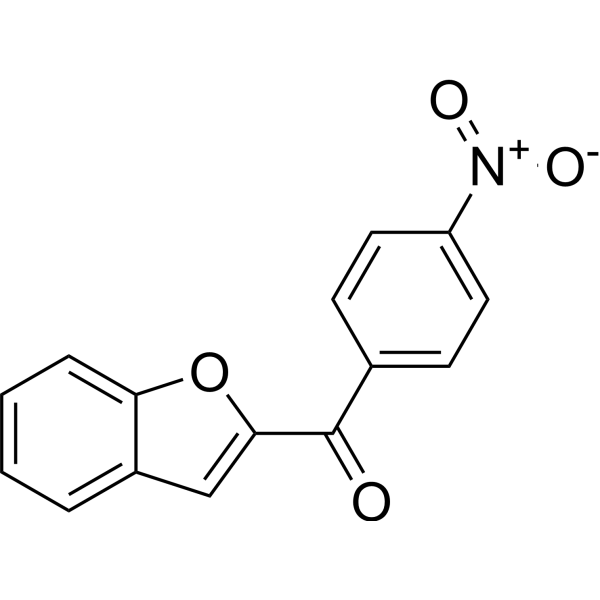
- HY-151362
-
|
|
Keap1-Nrf2
Reactive Oxygen Species
|
Inflammation/Immunology
|
|
Keap1-Nrf2-IN-14 (compound 20c) is a KEAP1-NRF2 inhibitor that effectively disrupts the KEAP1-NRF2 interaction (IC50=75 nM) with a Kd value of 24 nM for KEAP1. Keap1-Nrf2-IN-14 induces the expression of NRF2 target genes and enhances the downstream antioxidant and anti-inflammatory activities. Keap1-Nrf2-IN-14 can be used in the study of oxidative stress-related inflammation .
|
-

- HY-114911
-
|
DA2370; Prenazone; Zepelin
|
COX
Reactive Oxygen Species
MMP
|
Inflammation/Immunology
|
|
Feprazone (DA2370; Prenazone), an analogue of Phenylbutazone (HY-B0230), is a nonsteroidal anti-inflammatory agent with analgesic and antipyretic activities. Feprazone acts by inhibiting the activity of cyclooxygenase (COX)-2. Feprazone ameliorates free fatty acid (FFA)-induced oxidative stress by reducing the production of mitochondrial reactive oxygen species (ROS). Feprazone can decrease the expression of MMP-2 and MMP-9. Besides, Feprazone can suppress adipogenesis and increase lipolysis in differentiating 3 T3-L1 cells. Feprazone also can be used to research atherosclerosis and obesity .
|
-
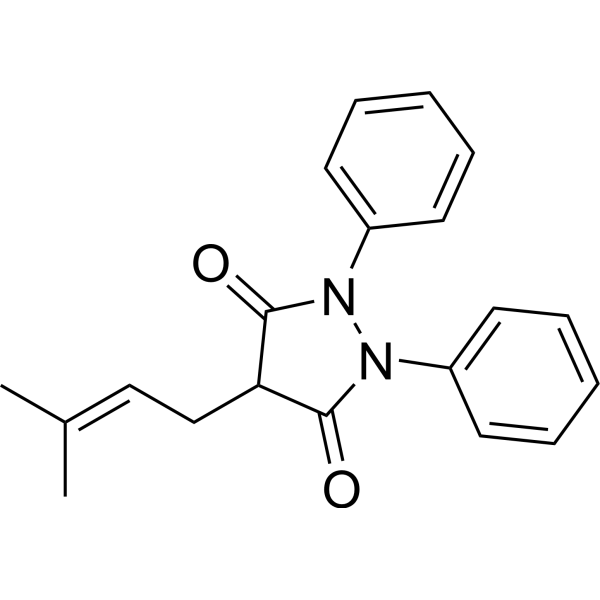
- HY-12687R
-
|
TIZ (Standard)
|
Bacterial
HIV
Autophagy
Parasite
IKK
Influenza Virus
|
Infection
Cancer
|
|
Tizoxanide (Standard) is the analytical standard of Tizoxanide. This product is intended for research and analytical applications. Tizoxanide (TIZ) is the active metabolite of Nitazoxanide, which is a thiazolide anti-infective compound against anaerobic bacteria, protozoa, and a range of viruses. Tizoxanide (TIZ) has anti-HIV-1 activities and potent inhibition of both HBV and HCV replication with values EC50 of 0.46μM and 0.15 μM, respectively. Tizoxanide also exerts anti-inflammatory effects by inhibiting the production of pro-inflammatory cytokines and suppressing of the activation of the NF-κB and the MAPK signaling pathways in LPS-treated macrophage cells .
|
-
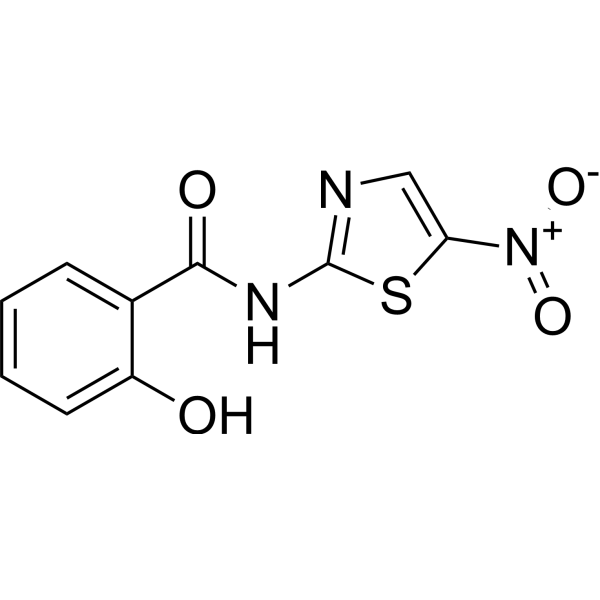
- HY-109082
-
|
SKI-O-703
|
Syk
|
Inflammation/Immunology
|
|
Cevidoplenib (SKI-O-703) is an orally available inhibitor of spleen tyrosine kinase (Syk), with potential anti-inflammatory and immunomodulating activities. Cevidoplenib is also the mesylate form of SKI-O-592. Cevidoplenib and SKI-O-592 inhibits BCR-mediated survival, proliferation, and differentiation of B cells. And SKI-O-592 potently inhibits multiple kinases with IC50s of 6.2 nM (Syk), 1.859 μM (Jak2), 5.807 μM (Jak3), 0.412 μM (RET), 0.687 μM (KOR), 1.783 μM (FLT3), 16.96 μM (FGFR1), 5.662 μM (FGFR3), and 0.709 μM (Pyk2), respectively .
|
-
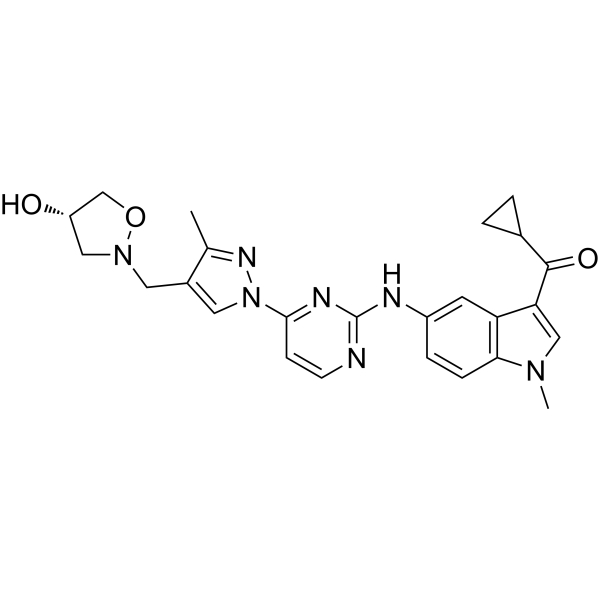
- HY-16561S1
-
|
trans-Resveratrol-13C6; SRT501-13C6
|
Isotope-Labeled Compounds
IKK
Autophagy
Mitophagy
Sirtuin
Apoptosis
Bacterial
Fungal
Antibiotic
Keap1-Nrf2
|
Infection
Inflammation/Immunology
Cancer
|
|
Resveratrol- 13C6 is the 13C-labeled Resveratrol. Resveratrol (trans-Resveratrol; SRT501), a natural polyphenolic phytoalexin that possesses anti-oxidant, anti-inflammatory, cardioprotective, and anti-cancer properties. Resveratrol (SRT 501) has a wide spectrum of targets including mTOR, JAK, β-amyloid, Adenylyl cyclase, IKKβ, DNA polymerase. Resveratrol also is a specific SIRT1 activator[1][2][3][4]. Resveratrol is a potent pregnane X receptor (PXR) inhibitor[5]. Resveratrol is an Nrf2 activator, ameliorates aging-related progressive renal injury in mice model[6]. Resveratrol increases production of NO in endothelial cells[7].
|
-
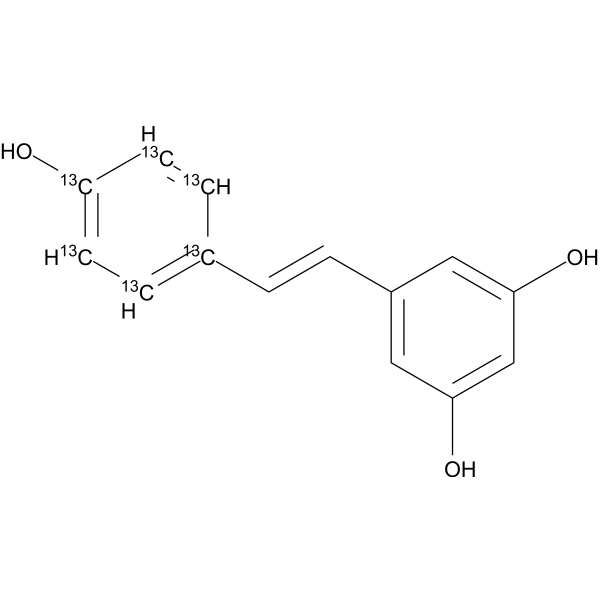
- HY-16561S
-
|
trans-Resveratrol-d4; SRT501-d4
|
Isotope-Labeled Compounds
IKK
Autophagy
Mitophagy
Sirtuin
Apoptosis
Bacterial
Fungal
Antibiotic
Keap1-Nrf2
|
Infection
Inflammation/Immunology
Cancer
|
|
Resveratrol-d4 is the deuterium labeled Resveratrol. Resveratrol (trans-Resveratrol; SRT501), a natural polyphenolic phytoalexin that possesses anti-oxidant, anti-inflammatory, cardioprotective, and anti-cancer properties. Resveratrol (SRT 501) has a wide spectrum of targets including mTOR, JAK, β-amyloid, Adenylyl cyclase, IKKβ, DNA polymerase. Resveratrol also is a specific SIRT1 activator[1][2][3][4]. Resveratrol is a potent pregnane X receptor (PXR) inhibitor[5]. Resveratrol is an Nrf2 activator, ameliorates aging-related progressive renal injury in mice model[6]. Resveratrol increases production of NO in endothelial cells[7].
|
-
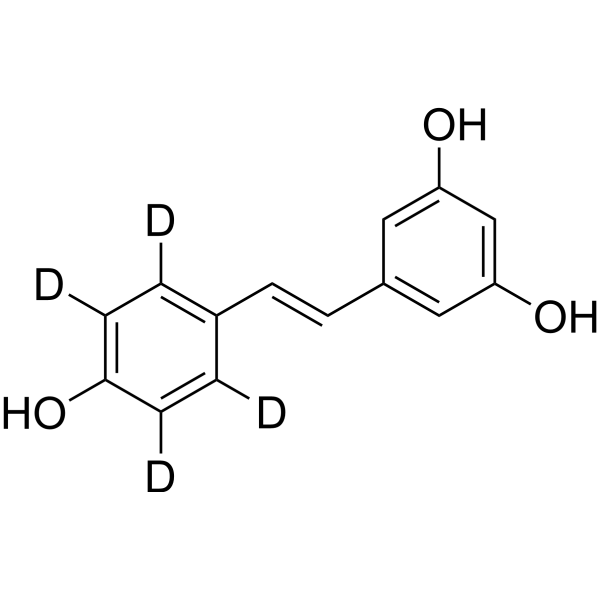
- HY-13507
-
|
COX-189
|
COX
|
Metabolic Disease
Inflammation/Immunology
Cancer
|
|
Lumiracoxib is a potent,selective and orally active COX-2 inhibitor with a Ki value of 0.06 μM . Lumiracoxib acts as a nonselective NSAID with anti-inflammatory, analgesic and antipyretic activities. Lumiracoxib can be used for osteoarthritis and bone cancer research .
|
-
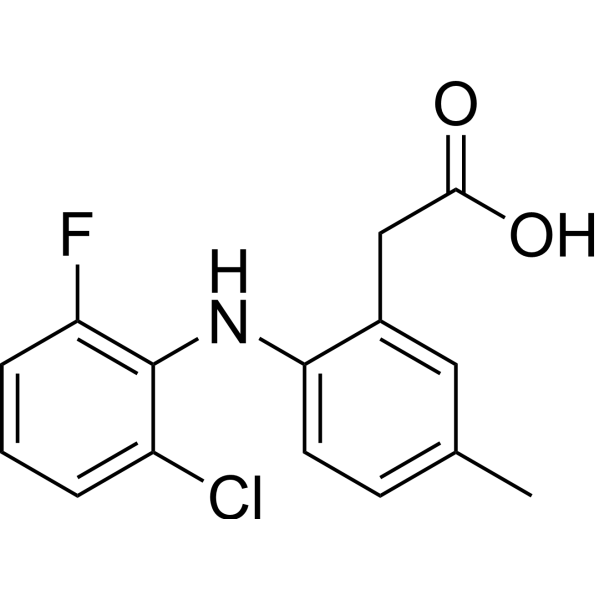
- HY-N1441
-
Afzelin
2 Publications Verification
Kaempferol-3-O-rhamnoside
|
|
|
|
Afzelin (Kaempferol-3-O-rhamnoside)It is a flavonol glycoside that has anti-inflammatory, anti-oxidative stress response, anti-apoptotic, and anti-cardiac cytotoxic effects. AfzelinIt can reduce mitochondrial damage, enhance mitochondrial biosynthesis, and reduce mitochondria-related proteins. Parkinand PTENinduced putative kinase 1 (putative kinase 1)s level. AfzelinCan be improved D-galactosamine(GalN)/LPSSurvival rate of mice treated with doxorubicin prophylaxis (HY-15142A)Induced cardiotoxicity and scopolamine (HY-N0296)-induced neurological injury. AfzelinAlso inhibits asthma and allergies caused by ovalbumin .
|
-
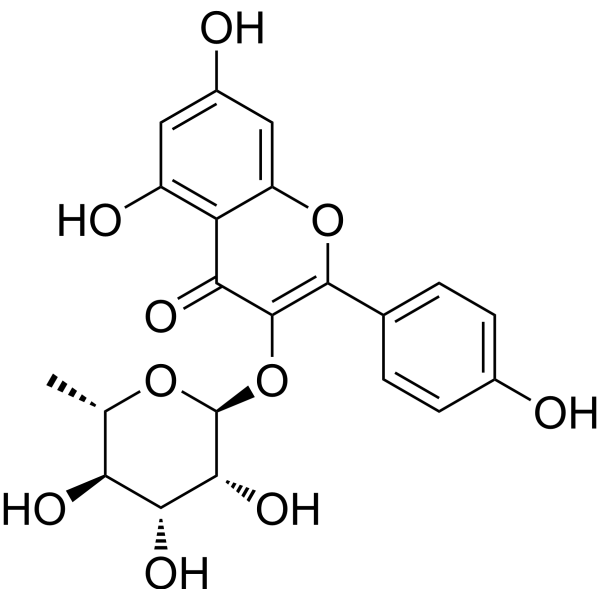
- HY-N2037A
-
|
Norcoclaurine hydrochloride
|
MDM-2/p53
ROS Kinase
Apoptosis
|
Infection
Cardiovascular Disease
Endocrinology
Cancer
|
|
Higenamine hydrochloride is a selective LSD1 inhibitor (IC50=1.47 μM) that can be isolated from aconite. Higenamine hydrochloride has anti-inflammatory and antibacterial activity. Higenamine (Norcoclaurine) can attenuate IL-1β-induced Apoptosis through ROS-mediated PI3K/Akt signaling pathway. Higenamine hydrochloride protects brain cells from oxygen deprivation. Higenamine can promote bone formation in osteoporosis through the SMAD2/3 pathway. Higenamine hydrochloride can be used to study cancer, inflammation, cardiorenal syndrome and other diseases .
|
-
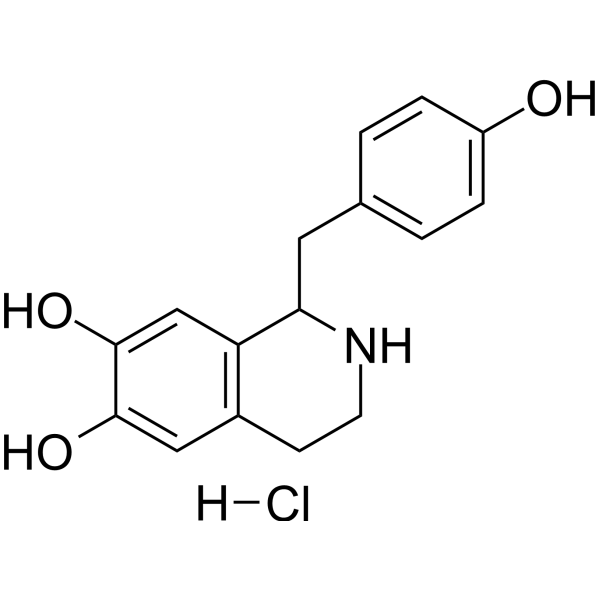
- HY-17639
-
|
RX-10045
|
|
|
|
Navamepent is an analog of naturally occurring resolvin E1 (a major dietary omega-3 polyunsaturated fatty-acid metabolite) with potent anti-inflammatory and cell survival benefits. Navamepent is highly effective against dry eye and goblet cell loss thereby accelerating tear production. Also, Navamepent can reduce corneal inflammation, epithelial damage, and accelerate corneal tissue repair. In addition, Navamepent can inhibit the release of several key proinflammatory mediators from corneal epithelial cells. Navamepent is a click chemistry reagent, it contains an Alkyne group and can undergo copper-catalyzed azide-alkyne cycloaddition (CuAAc) with molecules containing Azide groups.
|
-
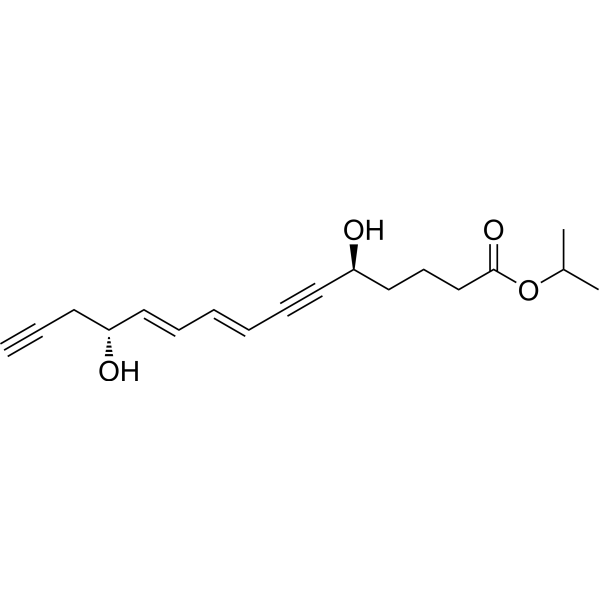
- HY-16561R
-
|
trans-Resveratrol (Standard); SRT501 (Standard)
|
IKK
Autophagy
Mitophagy
Sirtuin
Apoptosis
Bacterial
Fungal
Antibiotic
Keap1-Nrf2
|
Infection
Inflammation/Immunology
Cancer
|
|
Resveratrol (Standard) is the analytical standard of Resveratrol. This product is intended for research and analytical applications. Resveratrol (trans-Resveratrol; SRT501), a natural polyphenolic phytoalexin that possesses anti-oxidant, anti-inflammatory, cardioprotective, and anti-cancer properties. Resveratrol (SRT 501) has a wide spectrum of targets including mTOR, JAK, β-amyloid, Adenylyl cyclase, IKKβ, DNA polymerase. Resveratrol also is a specific SIRT1 activator . Resveratrol is a potent pregnane X receptor (PXR) inhibitor . Resveratrol is an Nrf2 activator, ameliorates aging-related progressive renal injury in mice model . Resveratrol increases production of NO in endothelial cells .
|
-
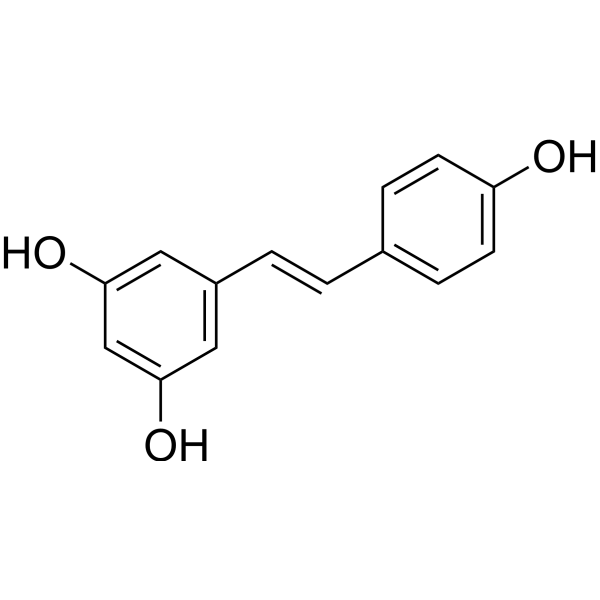
- HY-N1957
-
|
γ-Mangostin
|
5-HT Receptor
COX
Transthyretin (TTR)
|
Metabolic Disease
Inflammation/Immunology
Cancer
|
|
Gamma-Mangostin is a novel competitive 5-hydroxytryptamine 2A (5-HT2A) receptor antagonist and potent epoxidase 2 (COX-2) inhibitor, as well as a transthyroxin protein (TTR) profibrosis inhibitor. Gamma-Mangostin binds to the thyroxine (T4)-binding sites and stabilized the TTR tetramer . Gamma-Mangostin inhibits [3 H] spiperone binding to cultured rat aortic myocytes (IC50=3.5 nM) and reduces The perfusion pressure response of rat coronary artery to 5-HT2A (IC50=0.32 μM). Gamma-Mangostin has anti-inflammatory, antibacterial, antioxidant and anticancer activities, and can be used in the study of metabolic disorders such as diabetes .
|
-
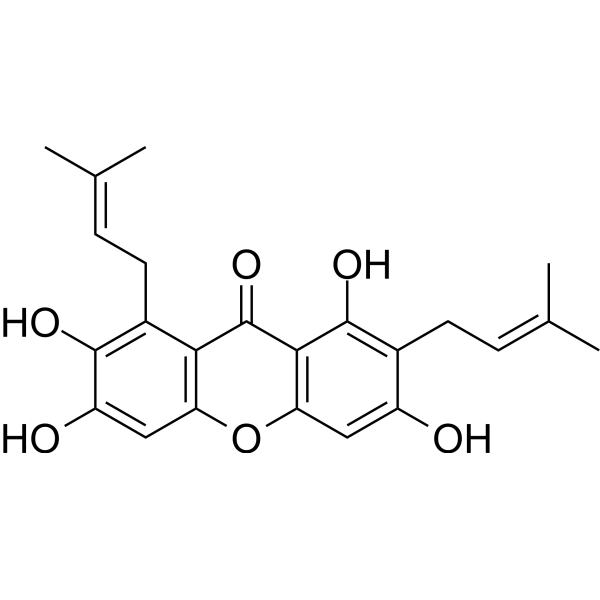
- HY-152506
-
|
|
Amyloid-β
|
Neurological Disease
|
|
Antioxidant agent-8 is an orally active inhibitor of Aβ1-42 deposition. Antioxidant agent-8 inhibits fibril aggregation (IC50=11.15 µM) and promotes fibril disaggregation (IC50=6.87 µM). Antioxidant agent-8 also inhibits Cu 2+-induced Aβ1-42 fibril aggregation (IC50=3.69 µM) and promotes Cu 2+-induced Aβ1-42 fibril disaggregation (IC50=3.35 µM). Antioxidant agent-8 has antioxidant activity, anti-inflammatory activity, biosafety, blood-brain barrier permeability and neuroprotective effect .
|
-
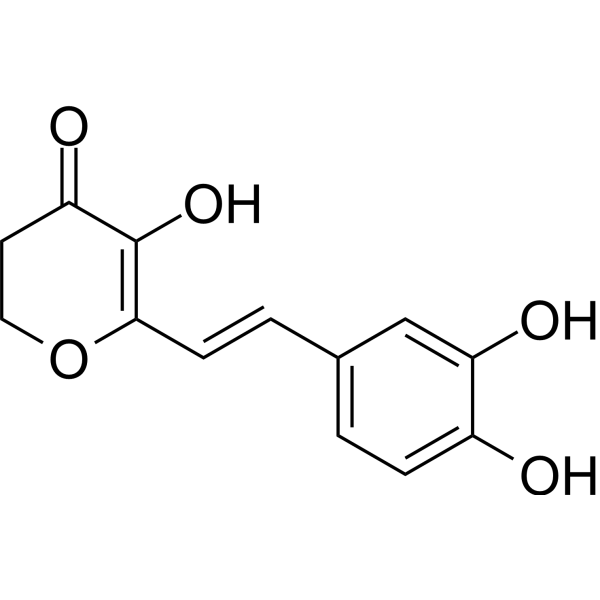
- HY-146295
-
|
|
COX
|
Inflammation/Immunology
|
|
COX-2/5-LOX-IN-2 (5b) is a potent and dual inhibitor of COX-2/5-LOX. COX-2/5-LOX-IN-2 is a benzothiophen-2-yl pyrazole carboxylic acid derivative. COX-2/5-LOX-IN-2 shows the most potent analgesic and anti-inflammatory activities surpassing that of Celecoxib and Indomethacin. COX-2/5-LOX-IN-2 shows potent COX-1, COX-2 and 5-LOX inhibitory activity with IC50s of 5.40, 0.01 and 1.78 μM, respectively .
|
-
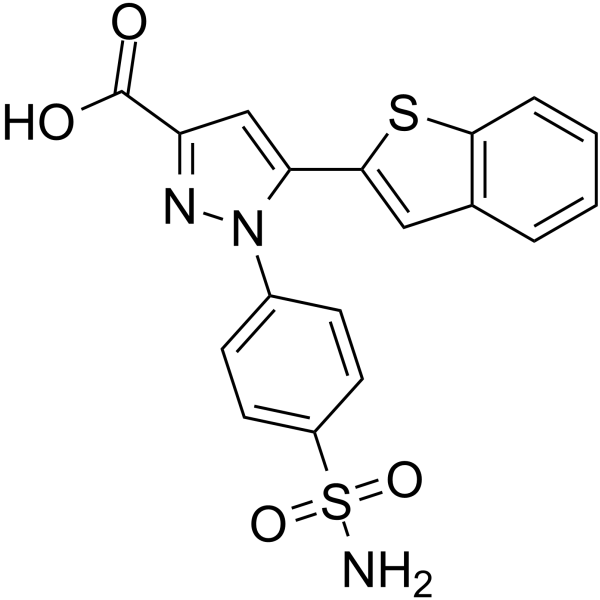
- HY-146294
-
|
|
COX
|
Inflammation/Immunology
|
|
COX-2/5-LOX-IN-1 (compound 3a) is a potent and dual inhibitor of COX-2/5-LOX. COX-2/5-LOX-IN-1 is a benzothiophen-2-yl pyrazole carboxylic acid derivative. COX-2/5-LOX-IN-1 shows the most potent analgesic and anti-inflammatory activities surpassing that of Celecoxib and Indomethacin. COX-2/5-LOX-IN-1 shows potent COX-1, COX-2 and 5-LOX inhibitory activity with IC50s of 12.13, 0.4 and 4.96 μM, respectively .
|
-
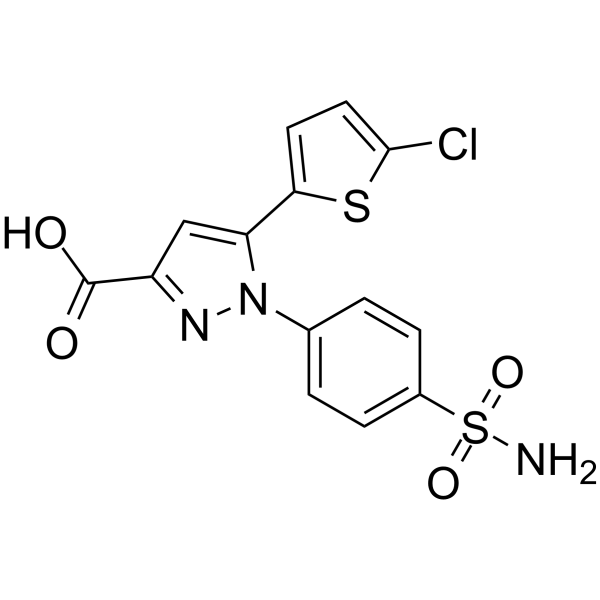
- HY-148682
-
|
Glycyrrhetic acid 3-O-hydrogen sulfate
|
11β-HSD
Drug Metabolite
|
Metabolic Disease
Inflammation/Immunology
|
|
18β-Glycyrrhetyl-3-O-sulfate (Glycyrrhetic acid 3-O-(hydrogen sulfate)) is a potent type 2 11β-hydroxysteroid dehydrogenase (11β-HSD2) inhibitor with an IC50 of 0.10 µM using rat kidney microsome. 18β-Glycyrrhetyl-3-O-sulfate is the major metabolite of Glycyrrhetinic acid (GA). 18β-Glycyrrhetyl-3-O-sulfate is the substrate of organic anion transporter (OAT) 1 and OAT3. 18β-Glycyrrhetyl-3-O-sulfate has anti-inflammatory effects and has the potential for pseudohyperaldosteronism research .
|
-
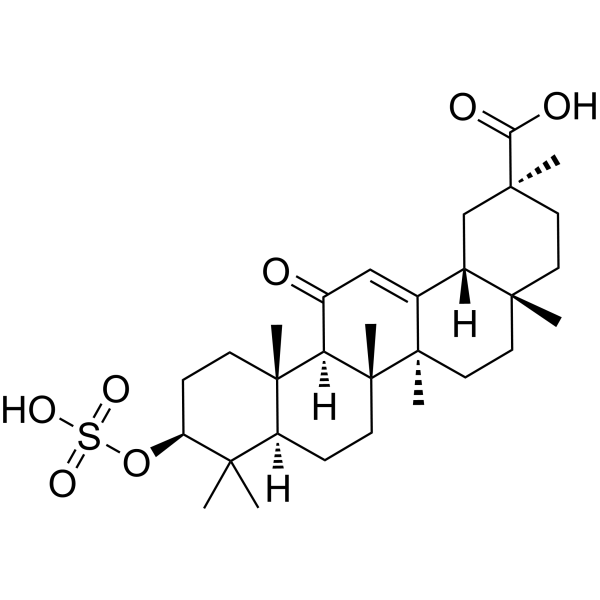
- HY-P1110
-
AF12198
1 Publications Verification
|
Interleukin Related
|
Inflammation/Immunology
|
|
AF12198 is a potent, selective and specific peptide antagonist for human type I interleukin-1 receptor (IL1-R1) (IC50=8 nM) but not the human type II receptor (IC50=6.7 µM) or the murine type I receptor (IC50>200 µM). AF12198 inhibits IL-1-induced IL-8 production (IC50=25 nM) and IL-1-induced intercellular adhesion molecule-1 (ICAM-1) expression (IC50=9 nM) in vitro. AF12198 has anti-inflammatory activities and blocks responses to IL-1 in vivo .
|
-
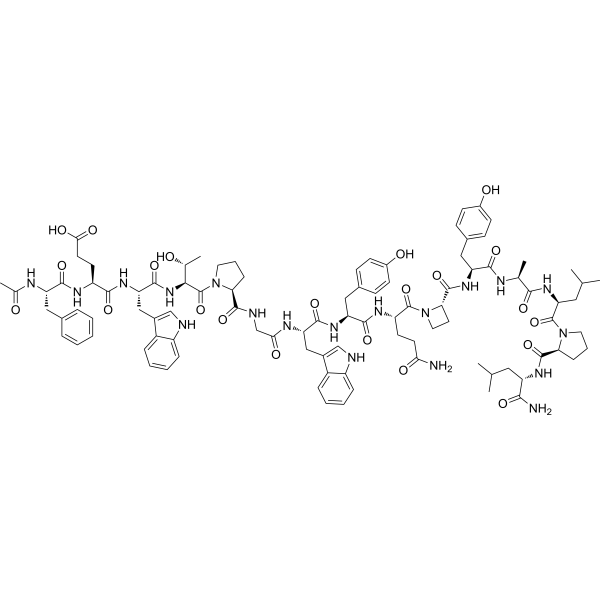
- HY-143885
-
|
|
JAK
|
Inflammation/Immunology
|
|
JAK1/TYK2-IN-3 is a potent, selective and orally active dual TYK2/JAK1 inhibitor with IC50 values of 6 and 37 nM, respectively. JAK1/TYK2-IN-3 also shows selectively relative to JAK2 (IC50=140 nM) and JAK3 (IC50=362 nM). JAK1/TYK2-IN-3 shows anti-inflammatory effect by regulating the expression of related TYK2/JAK1-regulated genes, as well as the formation of Th1, Th2, and Th17 cells .
|
-
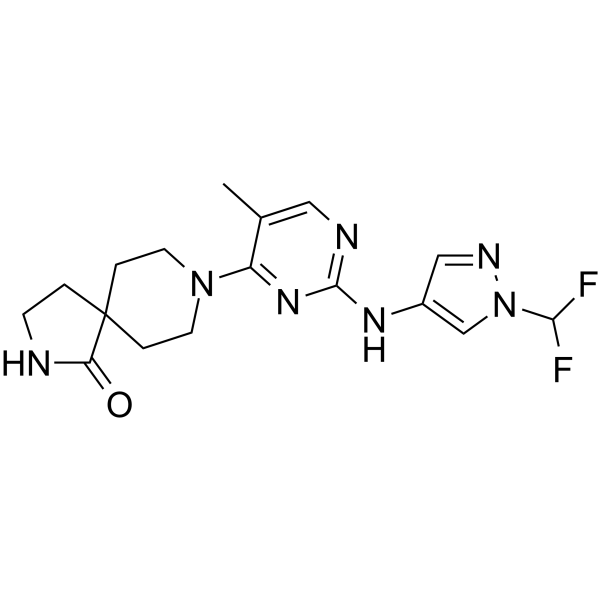
- HY-155987
-
-
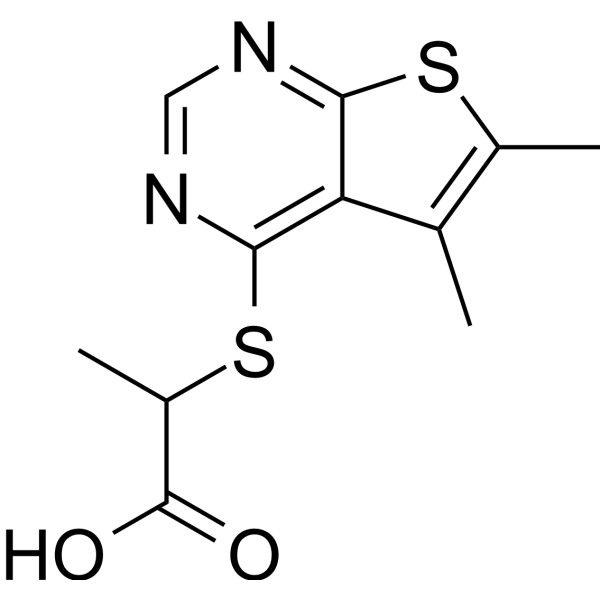
- HY-U00024
-
-

- HY-106555
-
|
|
Phospholipase
|
Inflammation/Immunology
|
|
Protizinic acid is an orally active non-steroidal antiinflammatory agent with antiinflammatory and antipyretic activity. Protizinic acid inhibits phospholipase A2 (PLA2) activity, and the IC50 value is 210 μM .
|
-
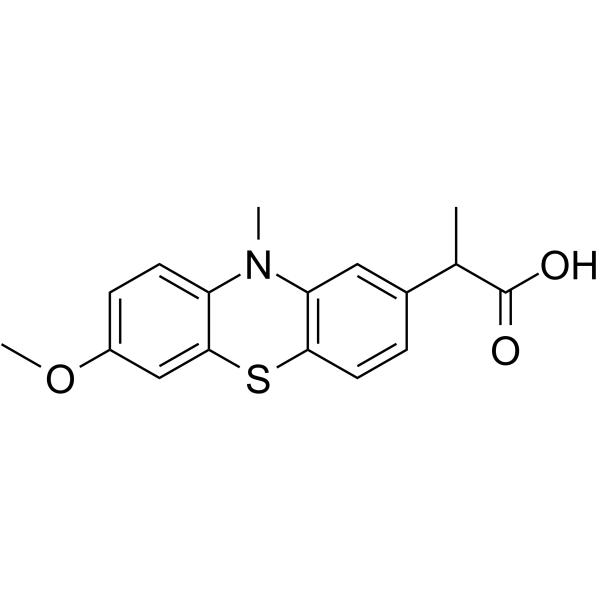
- HY-N12649
-
-
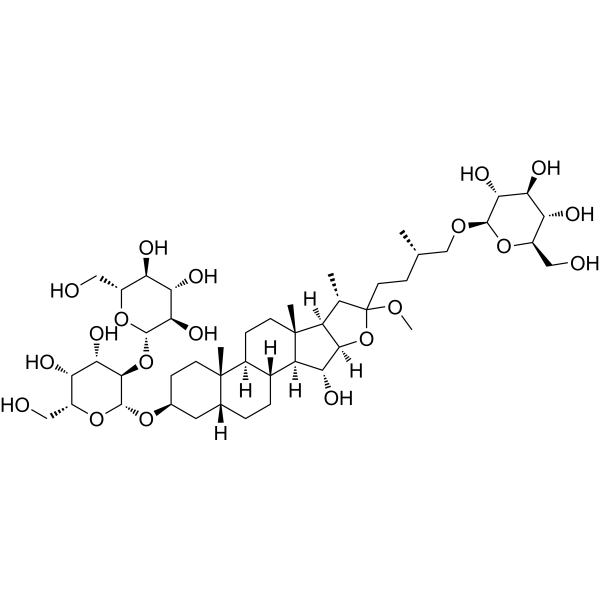
- HY-B1588S
-
|
|
Amyloid-β
HIV
11β-HSD
|
Infection
Neurological Disease
Inflammation/Immunology
|
|
Carbenoxolone-d4 is deuterium labeled Carbenoxolone. Carbenoxolone, a semi-synthetic derivative of glycyrrhetinic acid, has previously been used for the management of dyspepsia and peptic ulcer because of its anti-inflammatory properties[3]. Carbenoxolone, a general hemichannel and gap junction inhibitor, has the therapeutic potential of carbenoxolone in the research of chronic liver disease[2]. Carbenoxolone is a suitable candidate for the inhibition of Aβ42 aggregation and the therapeutic potential of Cbx against AD[1]. Carbenoxolone is small molecule Pannexin1 (Panx1,is an ATP release channel) inhibitor, attenuate Panx1 channel activity through modulation of the first extracellular loop[4].Carbenoxolone is an 11β-hydroxysteroid dehydrogenase type 1 (11β-HSD1) inhibitor that converts inactive glucocorticoid into an active form. Carbenoxolone has antiviral activity against DENV infection targeting the virus itself[6].
|
-
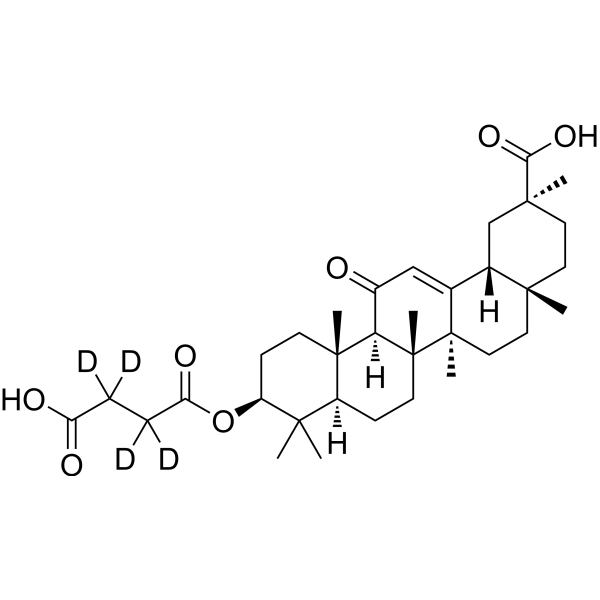
- HY-14445
-
|
COX-2 Inhibitor V
|
COX
|
Inflammation/Immunology
|
|
FK 3311 (COX-2 Inhibitor V) is a selective inhibitor of COX-2 with antiinflammatory agent.
|
-
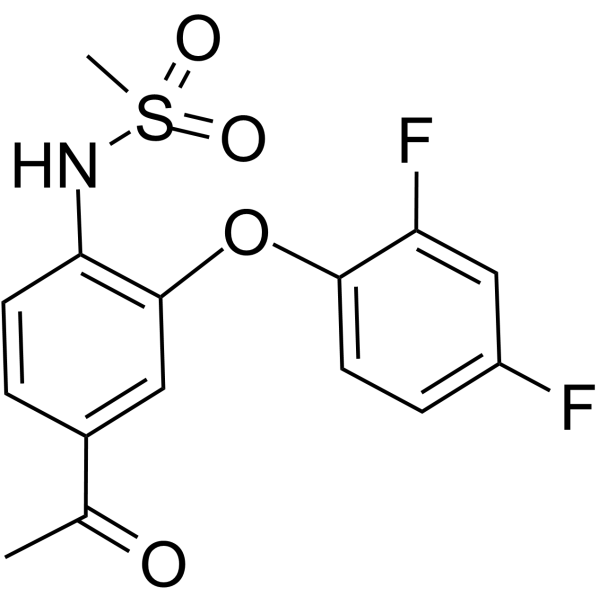
- HY-130622
-
|
|
Epigenetic Reader Domain
|
Inflammation/Immunology
|
|
LT052 is a highly selective BET BD1 inhibitor with an IC50 of 87.7 nM. LT052 exhibits nanomolar BRD4 BD1 potency and 138-fold selectivity over BRD4 BD2 (IC50=12.130 μM). LT052 has anti-inflammatory activity and can be used for acute gout arthritis research .
|
-
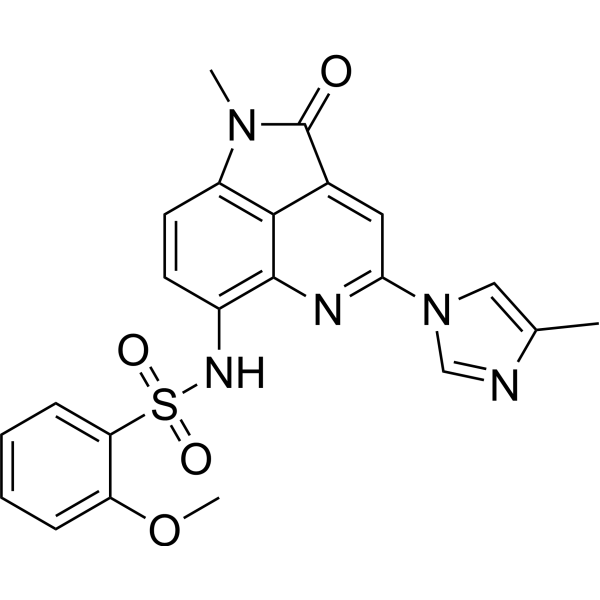
- HY-134820
-
|
|
MALT1
|
Inflammation/Immunology
|
|
MLT-943 is a potent, selective and orally active MALT1 protease inhibitor. MLT-943 inhibits stimulated-IL-2 secretion in PBMC or in whole blood with a similar IC50 across species (0.07-0.09 μM in PBMC, 0.6-0.8 μM in whole blood). MLT-943 has anti-inflammatory activities and can be used for FcgR-mediated inflammation research .
|
-
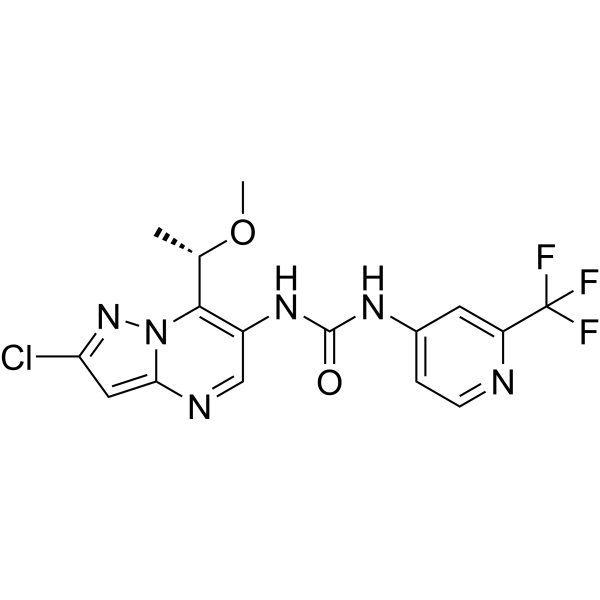
- HY-17625
-
-
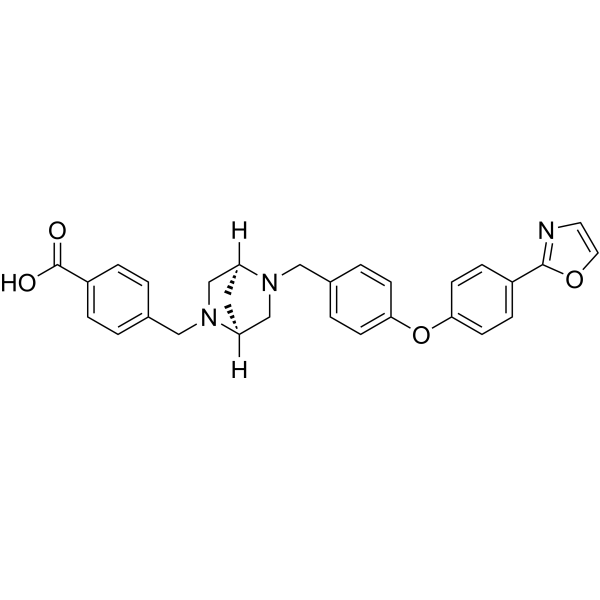
- HY-108280
-
|
VUFB 12018; Repanidal
|
Fungal
|
Infection
Inflammation/Immunology
|
|
Tropesin (VUFB 12018; Repanidal) is a nonsteroid antiinflammatory agent (NSAIA) that inhibits the growth of Trichoderma viride .
|
-
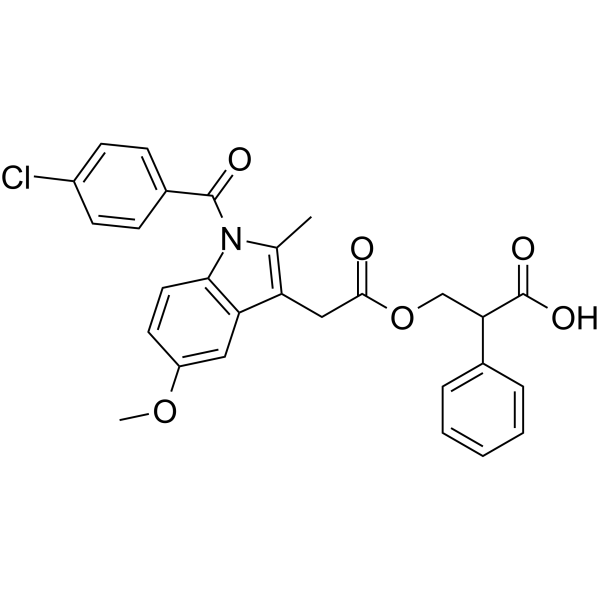
- HY-121124
-
-
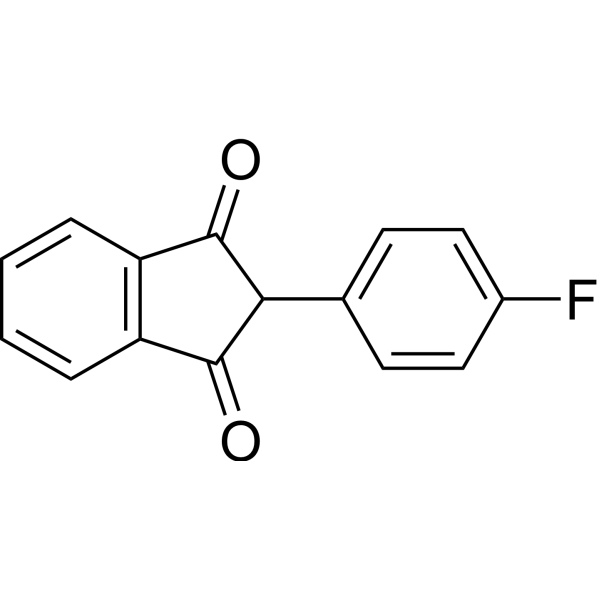
- HY-B1888AS
-
|
|
Isotope-Labeled Compounds
COX
|
Inflammation/Immunology
|
|
Bromfenac-d4 (sodium) is deuterium labeled Bromfenac (sodium). Bromfenac sodium is a potent and orally active inhibitor of COX, with IC50s of 5.56 and 7.45 nM for COX-1 and COX-2, respectively. Bromfenac sodium is a brominated non-steroidal anti-inflammatory/analgesic agent (NSAID), and it is commonly used for the research of postoperative inflammation and pain following cataract surgery, and pseudophakic cystoid macular edema (CME)[1][2].
|
-
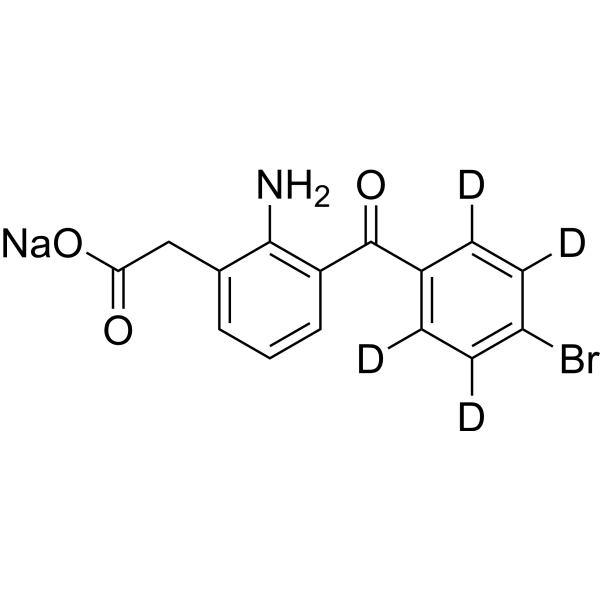
- HY-N11934
-
-
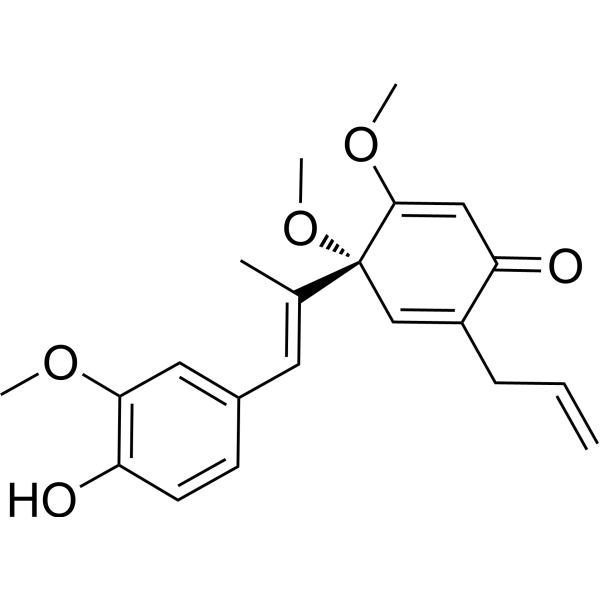
- HY-111303
-
|
|
Sirtuin
|
Neurological Disease
Inflammation/Immunology
|
|
CHIC35, an analog of EX-527, is a potent and selective inhibitor of SIRT1 (IC50=0.124 µM). CHIC35 shows potential selective inhibition against SIRT1 over SIRT2 (IC50=2.8 µM) or SIRT3 (IC50>100 µM) . CHIC35 has anti-inflammatory effects and can be used for CHARGE syndrome research .
|
-
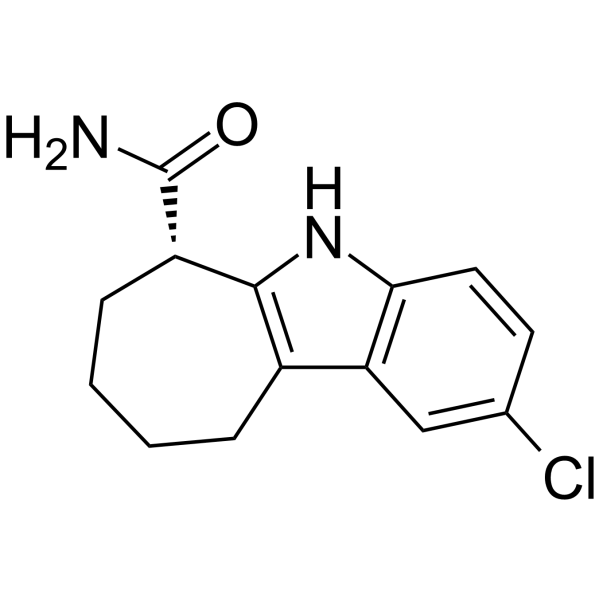
- HY-N2065
-
|
|
NF-κB
Ferroptosis
|
Inflammation/Immunology
Cancer
|
|
Withaferin A is a steroidal lactone isolated from Withania somnifera, inhibits NF-kB activation and targets vimentin, with potent antiinflammatory and anticancer activities. Withaferin A is an inhibitor of endothelial protein C receptor (EPCR) shedding.
|
-
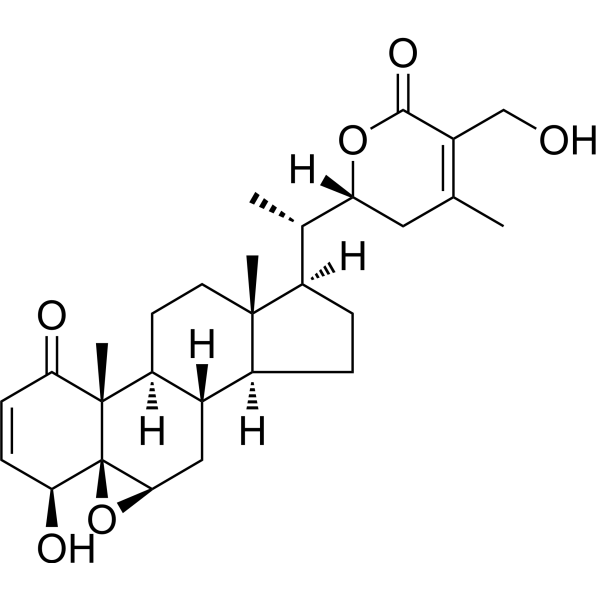
- HY-B0008S
-
-
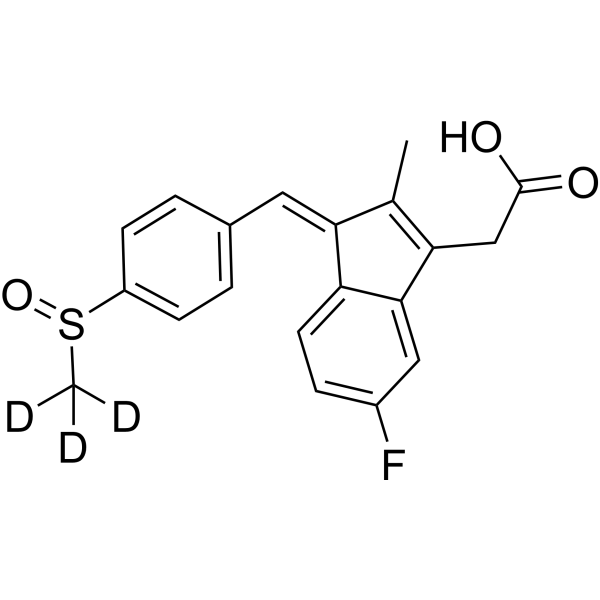
- HY-13772
-
|
AD-32
|
PKC
Antibiotic
|
Inflammation/Immunology
Cancer
|
|
Valrubicin is a chemotherapy agent, inhibits TPA- and PDBu-induced PKC activation with IC50s of 0.85 and 1.25 μM, respectively, and has antitumor and antiinflammatory activity.
|
-

- HY-122161
-
|
RWJ-355871
|
Cathepsin
|
Inflammation/Immunology
|
|
JNJ-10311795 (RWJ-355871), a potent dual inhibitor of neutrophil cathepsin G (Ki = 38 nM) and mast cell chymase (Ki = 2.3 nM), exhibits noteworthy antiinflammatory activity .
|
-
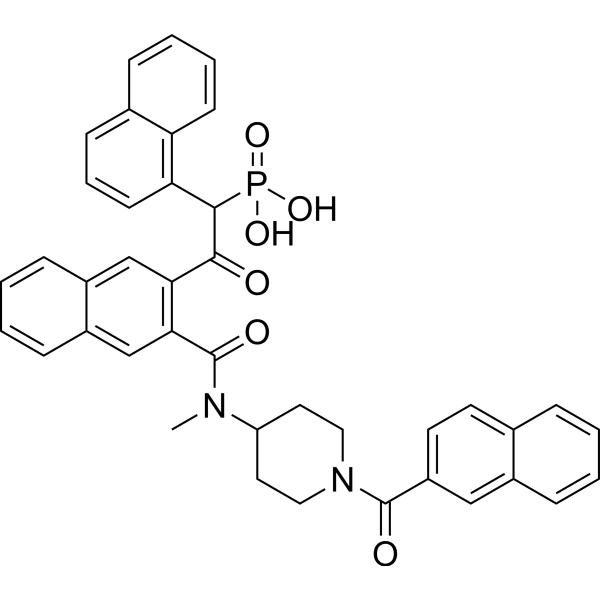
- HY-B0261
-
-
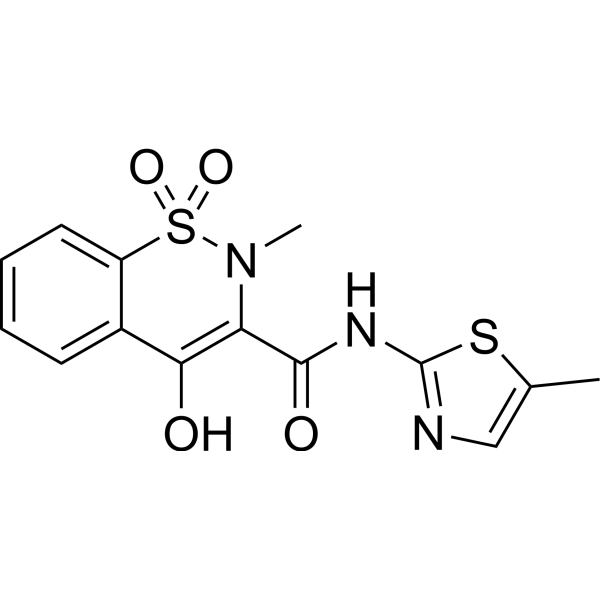
- HY-149087
-
-
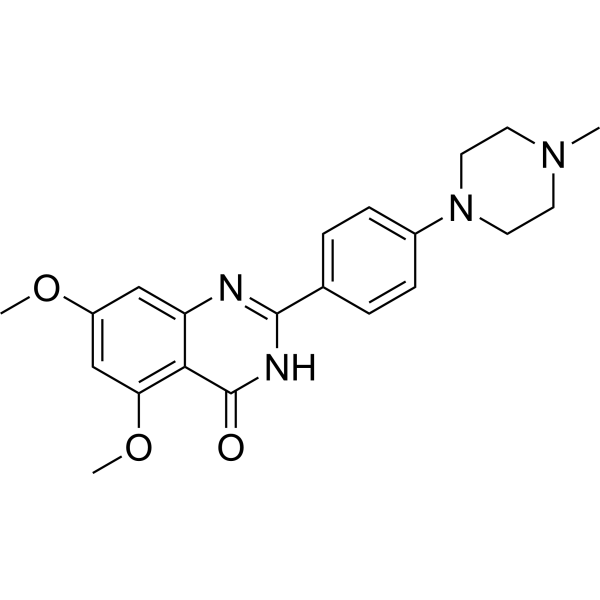
- HY-160437
-
|
|
TNF Receptor
|
Inflammation/Immunology
|
|
TNF-α-IN-16 is a potent TNFα inhibitor with an IC50 of <0.6 μM. TNF-α-IN-16 has antiinflammatory properties (WO2001072735A2; example 18) .
|
-
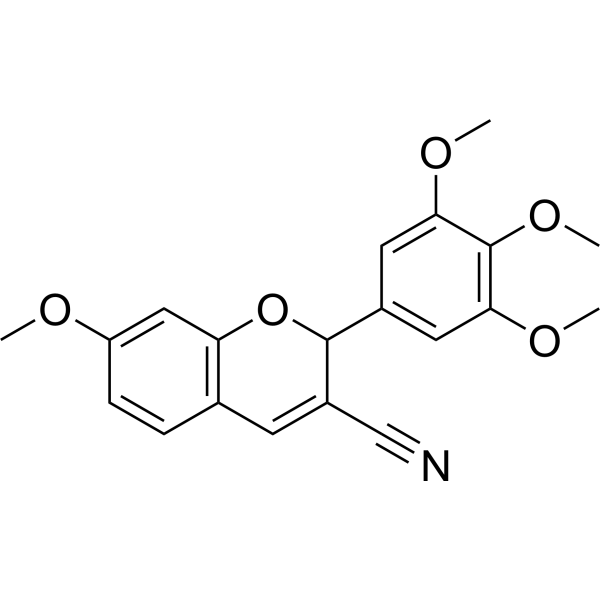
- HY-160434
-
-
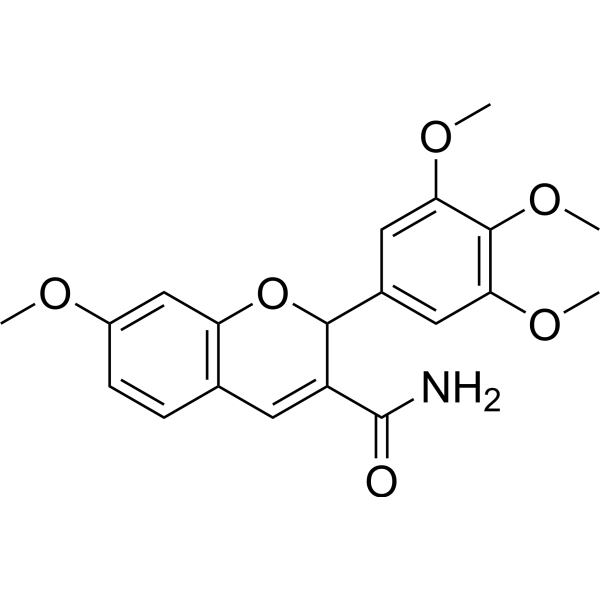
- HY-N10358
-
|
|
NF-κB
|
Others
|
|
3-(2-Hydroxyethyl) thio withaferin A is a Withaferin A derivative. Withaferin A, a steroidal lactone, inhibits NF-kB activation and targets vimentin, with potent antiinflammatory and anticancer activities. Withaferin A is an inhibitor of endothelial protein C receptor (EPCR) shedding .
|
-
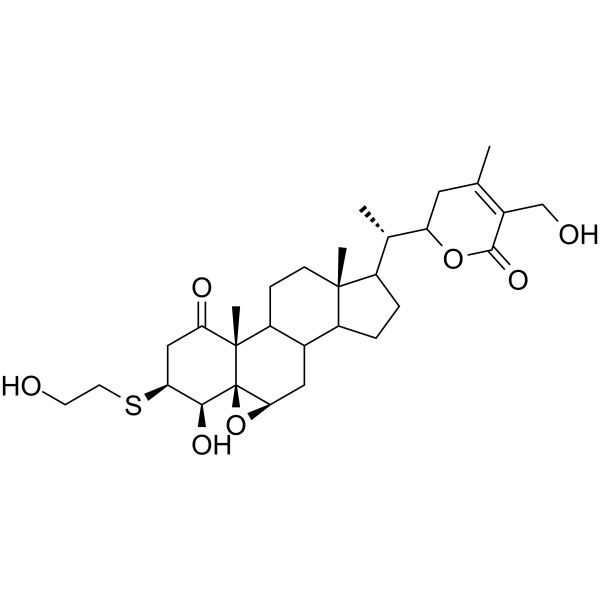
- HY-N1949
-
|
|
TNF Receptor
NF-κB
|
Inflammation/Immunology
|
|
Homoplantaginin is a flavonoid from a traditional Chinese medicine Salvia plebeia with antiinflammatory and antioxidant properties. Homoplantaginin could inhibit TNF-α and IL-6 mRNA expression, IKKβ and NF-κB phosphorylation.
|
-
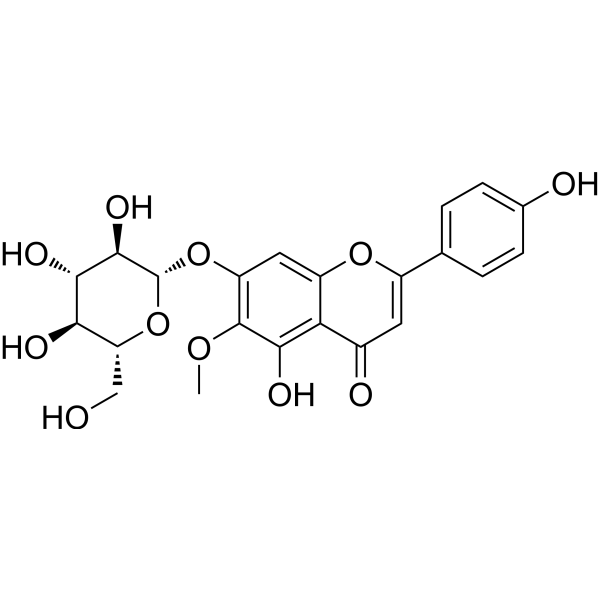
- HY-160435
-
|
|
TNF Receptor
|
Inflammation/Immunology
|
|
TNF-α-IN-14 is a potent and selective TNFα inhibitor with an IC50 value of 1.1 µM. TNF-α-IN-14 shows antiinflammatory properties (WO2001072735A2; compound 12) .
|
-
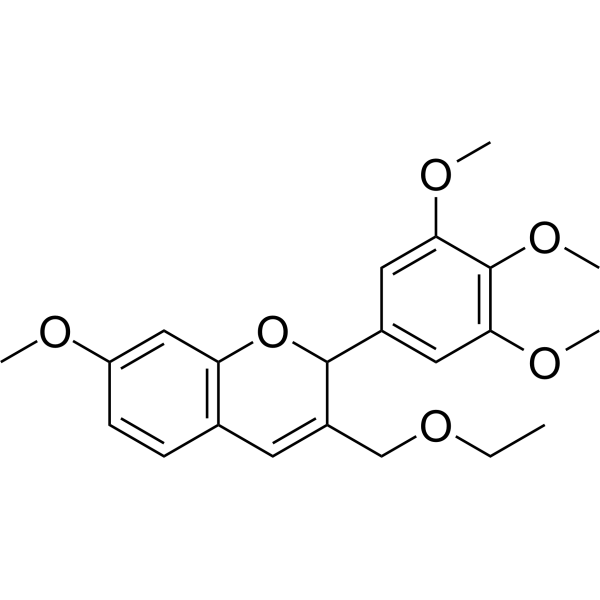
- HY-150226
-
|
|
Proteasome
|
Inflammation/Immunology
|
|
Enzyme-IN-1 (compound 1) is a peptide-based inhibitor of N-terminal nucleophile (Ntn) hydrolases. Specifically, Enzyme-IN-1 inhibits the chymotrypsin-like activity (CT-L) of the 20S proteasome. Enzyme-IN-1 may has potential antiinflammatory properties .
|
-
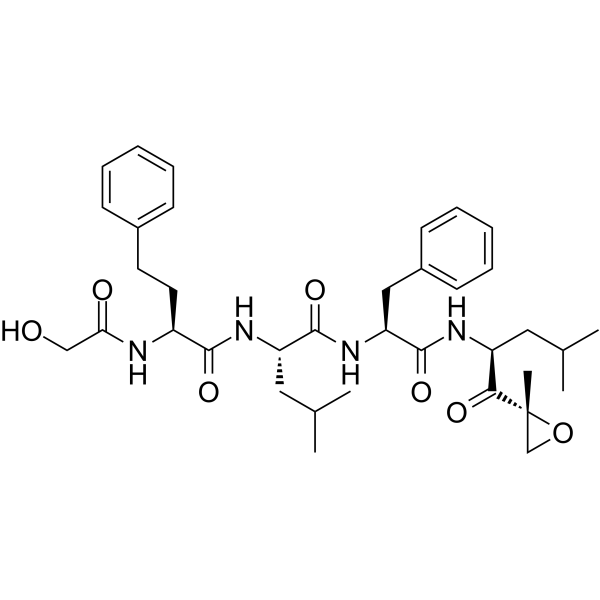
- HY-107410
-
|
|
Others
|
Inflammation/Immunology
|
|
SC-26196 is a potent, orally active Delta6 desaturase (D6D, FADS2) inhibitor (IC50=0.2 µM in a rat liver microsomal assay). Antiinflammatory properties .
|
-
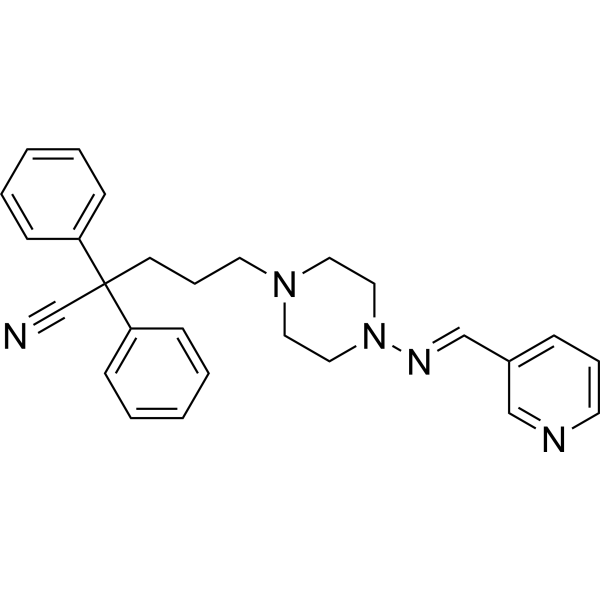
- HY-P2136
-
COG1410
1 Publications Verification
|
Apoptosis
|
Neurological Disease
Inflammation/Immunology
|
|
COG1410 is an apolipoprotein E-derived peptide and an apoptosis inhibitor. COG1410 exerts neuroprotective and antiinflammatory effects in a murine model of traumatic brain injury (TBI). COG1410 can be used for the research of neurological disease .
|
-
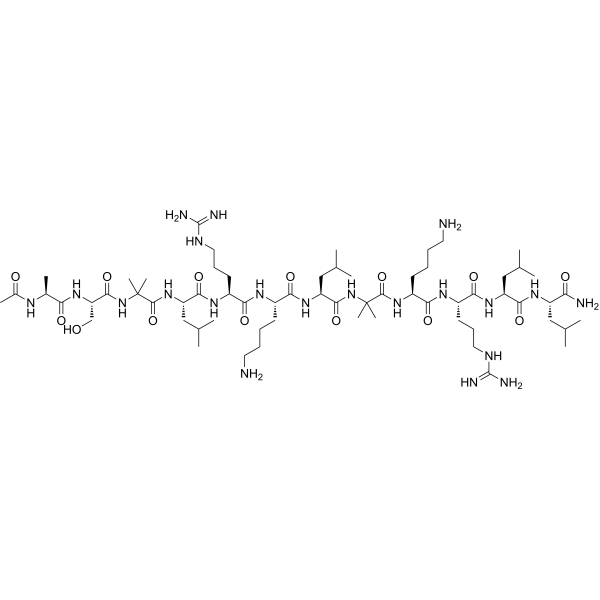
- HY-B0261S1
-
|
|
COX
Autophagy
Apoptosis
|
Inflammation/Immunology
Cancer
|
|
Meloxicam-d3-1 is the deuterium labeled Meloxicam. Meloxicam is a non-steroidal antiinflammatory agent, inhibits COX activity, with IC50s of 0.49 µM and 36.6 µM for COX-2 and COX-1, respectively.
|
-
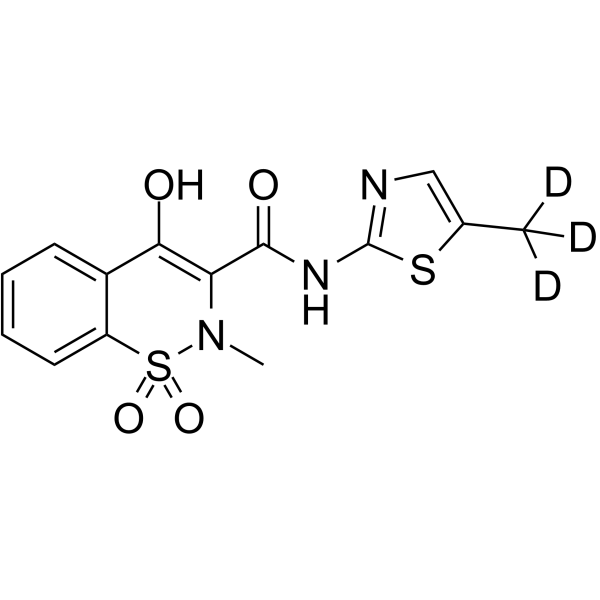
- HY-125911
-
|
|
NF-κB
|
Cardiovascular Disease
Inflammation/Immunology
Cancer
|
|
Gossypin is a flavone isolated from Hibiscus vitifolius and has antioxidant, antiinflammatory, anticancer, anticataract, antidiabetic, and hepatoprotective activities. Gossypin inhibits NF-κB and NF-κB-regulated gene expression. Gossypin inhibits RANKL-induced osteoclastogenesis both in mouse primary bone marrow cells and RAW 264.7 cells in vitro .
|
-
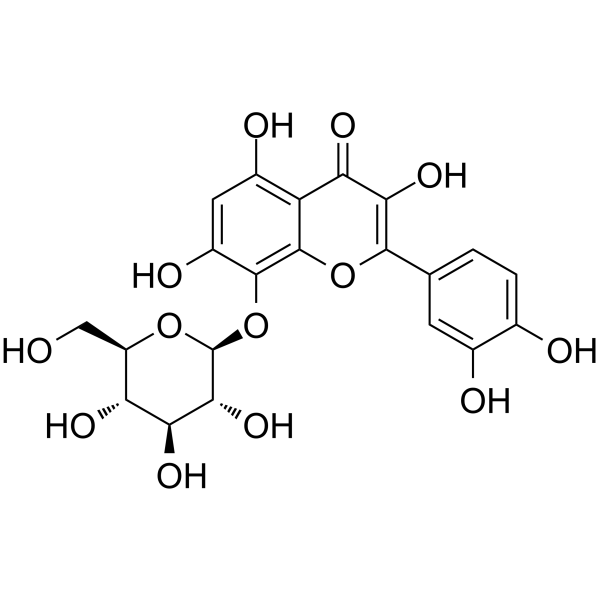
- HY-B0261S
-
-
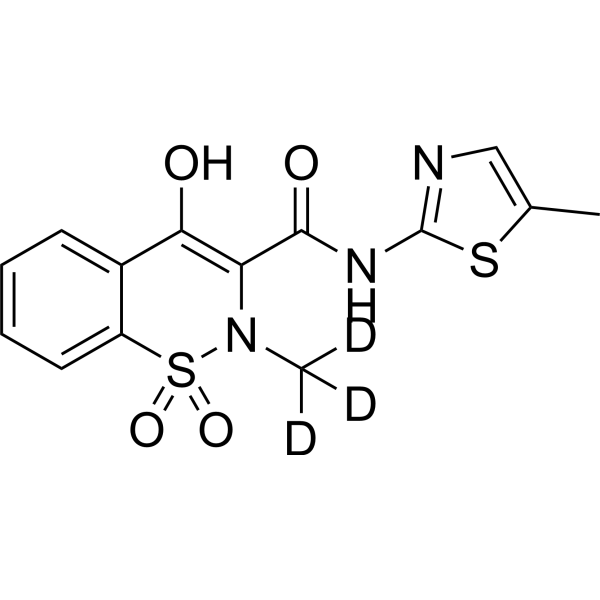
- HY-N7148
-
|
D-γ-Tocopherol; (+)-γ-Tocopherol
|
COX
Endogenous Metabolite
|
Inflammation/Immunology
Cancer
|
|
γ-Tocopherol (D-γ-Tocopherol) is a potent cyclooxygenase (COX) inhibitor. γ-Tocopherol is a naturally occurring form of Vitamin E in many plant seeds, such as corn oil and soybeans. γ-Tocopherol possesses antiinflammatory properties and anti-cancer activity .
|
-
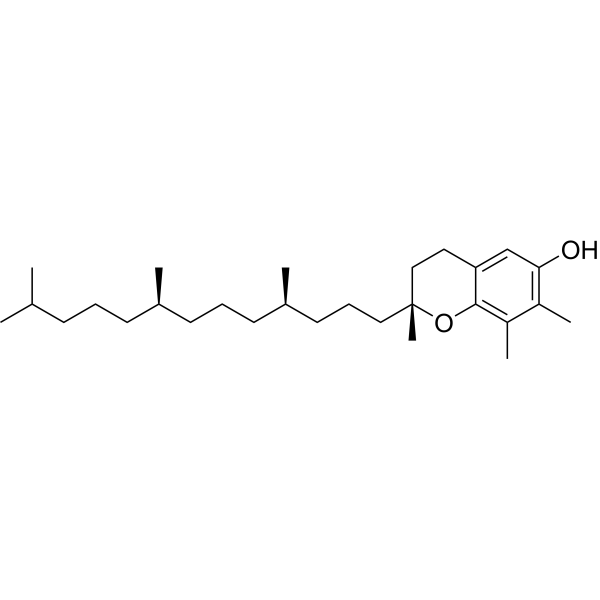
- HY-B0261S2
-
-
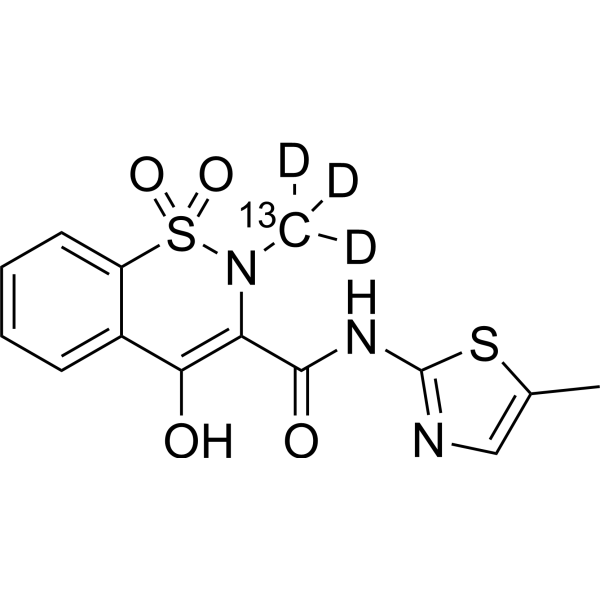
- HY-147972
-
|
|
NF-κB
p38 MAPK
NO Synthase
COX
|
Inflammation/Immunology
|
|
NF-κB/MAPK-IN-1 (compound 11a) is a potent inhibitor of NF-κB and MAPK pathway. NF-κB/MAPK-IN-1 shows inhibitory activity against NO production, with an IC50 of 6.96 µM. NF-κB/MAPK-IN-1 suppresses LPS-induced iNOS, COX-2, ERΚ and P38 signaling activation. NF-κB/MAPK-IN-1 can prevent LPS induced inflammatory response in macrophages. NF-κB/MAPK-IN-1 can be used for rheumatoid arthritis (RA) research .
|
-
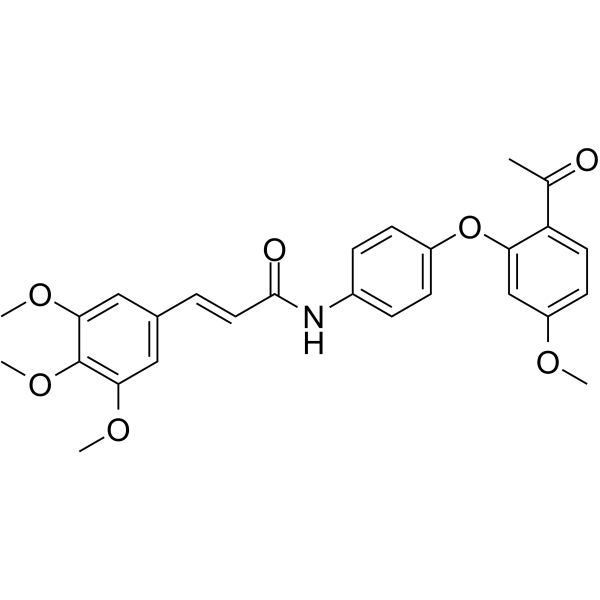
- HY-B0227S1
-
|
RP-19583-d4
|
COX
Apoptosis
|
Inflammation/Immunology
|
|
Ketoprofen-d4 is the deuterium labeled Ketoprofen. Ketoprofen (RP-19583) is a non-steroidal antiinflammatory agent, acting as a potent inhibitor of COX, with IC50s of 2 nM and 26 nM for COX-1 and COX-2 in human blood monocytes, respectively[1].
|
-
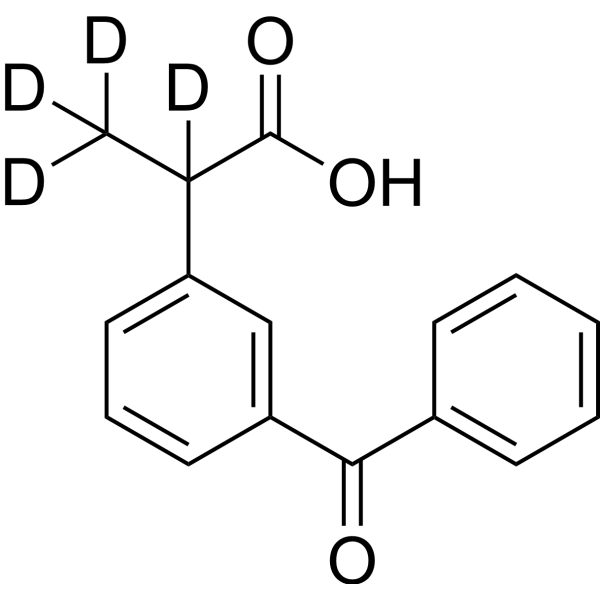
- HY-B0227S
-
|
RP-19583-d3
|
COX
Apoptosis
|
Inflammation/Immunology
|
|
Ketoprofen-d3 is the deuterium labeled Ketoprofen. Ketoprofen (RP-19583) is a non-steroidal antiinflammatory agent, acting as a potent inhibitor of COX, with IC50s of 2 nM and 26 nM for COX-1 and COX-2 in human blood monocytes, respectively[1].
|
-
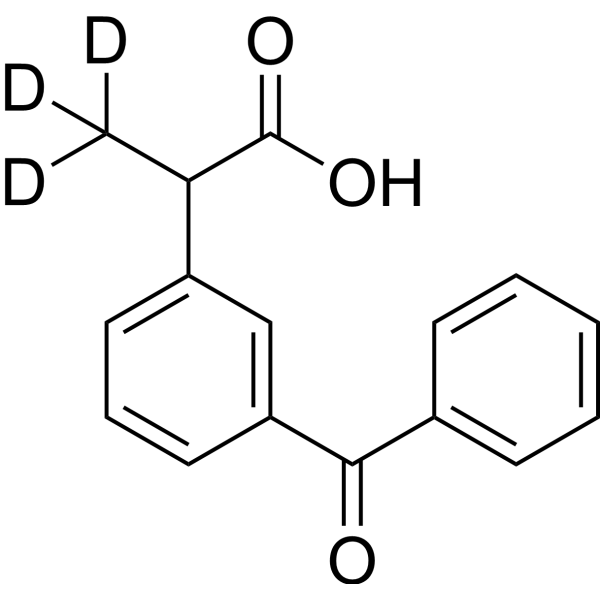
- HY-Y1314
-
|
|
|
|
|
Dimethyl sulfone (Methyl Sulfonyl Methane) is a metabolic product of endogenous methanethiol metabolism and intestinal bacterial metabolism. Dimethyl sulfone inhibits choriocapillary endothelial (CCE) cell proliferation, also has many biological effects, including antiinflammatory, antioxidant, and local anesthetic effects that could be neuroprotective .
|
-
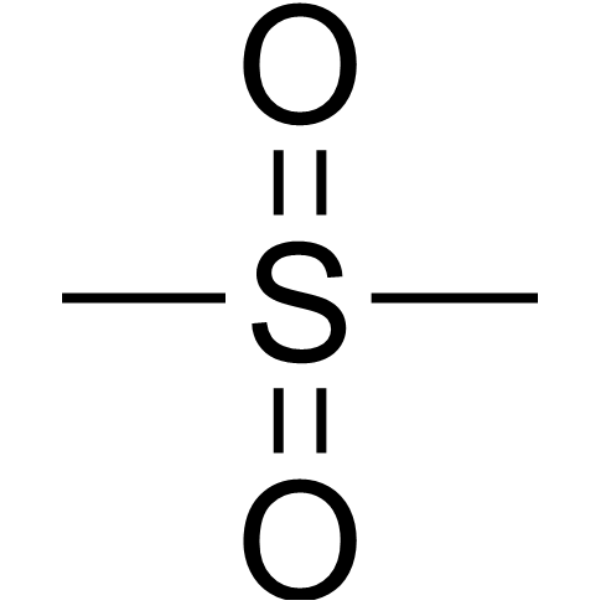
- HY-110133
-
JTE-607
1 Publications Verification
|
Interleukin Related
|
Inflammation/Immunology
|
|
JTE-607, a highly selective inflammatory cytokine synthesis inhibitor, protects from endotoxin shock in mice. JTE-607 inhibits inflammatory cytokine production, including TNF-α, IL-1β, IL-6, IL-8 and IL-10, from LPS-stimulated human PBMCs, with IC50s of 11, 5.9, 8.8, 7.3 and 9.1 nM, respectively . Cleavage and Polyadenylation Specificity Factor 3 (CPSF3) is the target of JTE-607 .
|
-
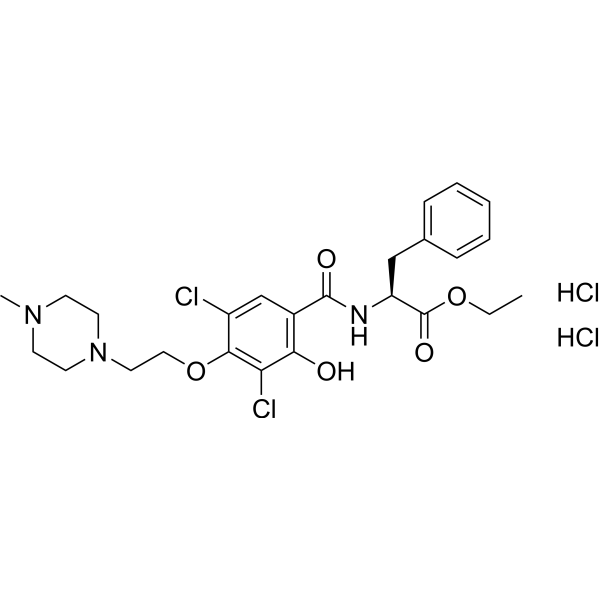
- HY-N0033
-
|
|
Aldose Reductase
|
Cardiovascular Disease
Metabolic Disease
Inflammation/Immunology
|
|
Poliumoside, a caffeoylated phenylpropanoid glycoside, is isolated from Brandisia hancei stems and leaves. Poliumoside is an advanced glycation end product (AGE) formation and rat lens aldose reductase (RLAR) inhibitor, with IC50s of 19.69 and 8.47 μM, respectively. Poliumoside also has antiinflammatory and antioxidant activity .
|
-
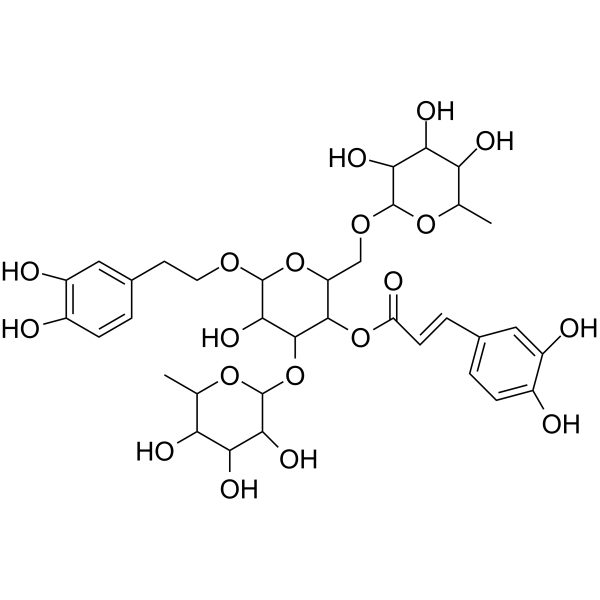
- HY-100125
-
|
SR1368
|
COX
|
Inflammation/Immunology
|
|
Timegadine, a new antiinflammatory agent, is found to be a potent, competitive inhibitor of cyclo-oxygenase (COX) and lipo-oxygenase, with IC50s ranging from 5 nM (washed rabbit platelets) to 20 μM (rat brain) for COX and 100 μM for lipo-oxygenase both in the cytosol fraction of horse platelet homogenates, and in washed rabbit platelets.
|
-
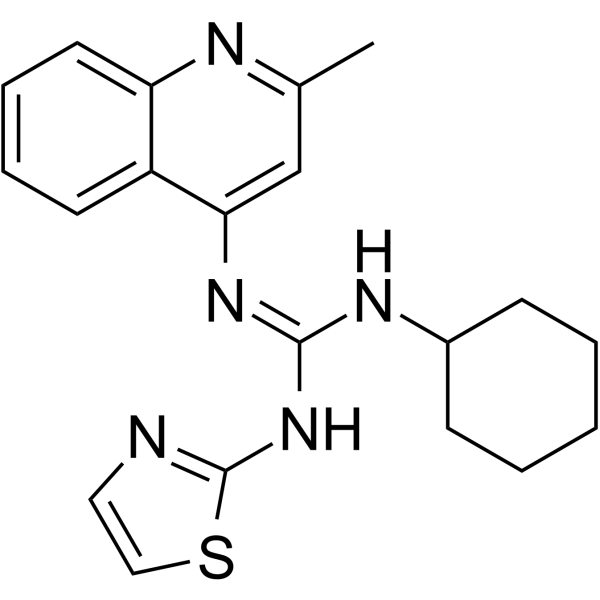
- HY-78131AS
-
|
(S)-Ibuprofen d3
|
COX
|
Inflammation/Immunology
|
|
(S)-(+)-Ibuprofen-d3 is a deuterium labeled (S)-(+)-Ibuprofen. (S)-(+)-Ibuprofen is the S(+)-enantiomer of Ibuprofen that inhibits COX-1 and COX-2 activity with IC50s of 2.1 μM and 1.6 μM. (S)-(+)-Ibuprofen has analgesic, antiinflammatory and antipyretic effects[1][2].
|
-
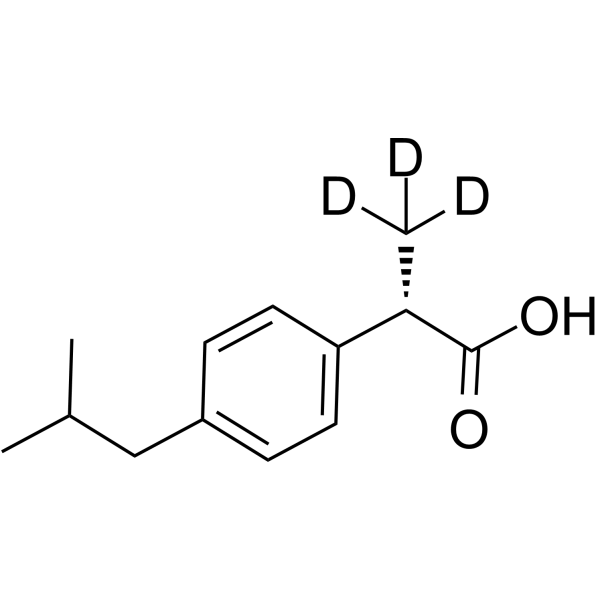
- HY-B0227S2
-
|
RP-19583-13C,d3
|
Isotope-Labeled Compounds
COX
Apoptosis
|
Inflammation/Immunology
|
|
Ketoprofen- 13C,d3 is the 13C- and deuterium labeled Ketoprofen. Ketoprofen (RP-19583) is a non-steroidal antiinflammatory agent, acting as a potent inhibitor of COX, with IC50s of 2 nM and 26 nM for COX-1 and COX-2 in human blood monocytes, respectively[1].
|
-
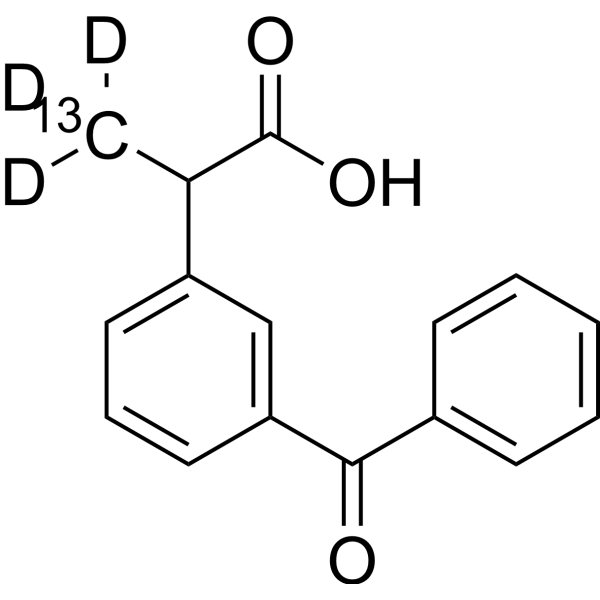
- HY-N0284
-
|
|
PI3K
Akt
|
Inflammation/Immunology
Cancer
|
|
Esculetin is an active ingredient extracted mainly from the bark of Fraxinus rhynchophylla. Esculetin inhibits platelet-derived growth factor (PDGF)-induced airway smooth muscle cells (ASMCs) phenotype switching through inhibition of PI3K/Akt pathway. Esculetin has antioxidant, antiinflammatory, and antitumor activities .
|
-
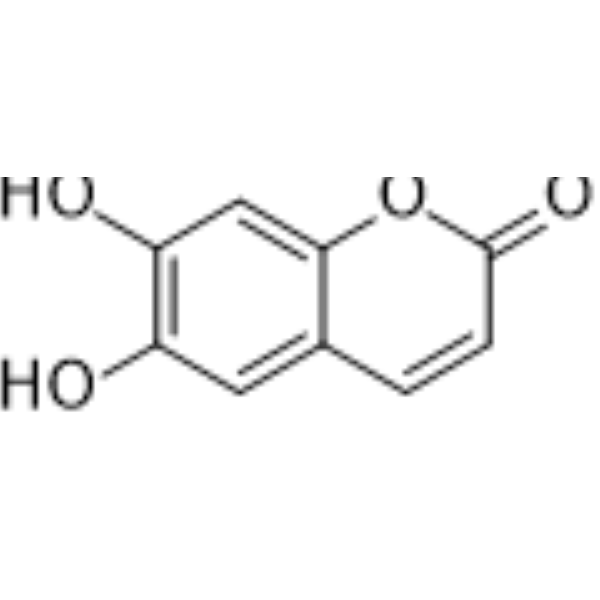
- HY-P2136F
-
|
|
Apoptosis
|
Neurological Disease
Inflammation/Immunology
Cancer
|
|
Biotin-COG1410 TFA is a biotin labled COG1410 (HY-P2136). COG1410 is an apolipoprotein E-derived peptide and an apoptosis inhibitor. COG1410 exerts neuroprotective and antiinflammatory effects in a murine model of traumatic brain injury (TBI). COG1410 can be used for the research of neurological disease .
|
-
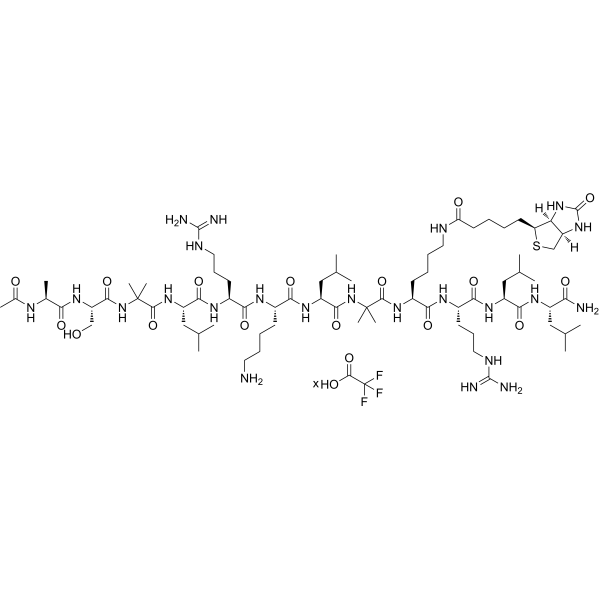
- HY-N7148S1
-
|
|
COX
|
Inflammation/Immunology
Cancer
|
|
γ-Tocopherol-d4 is the deuterium labeled γ-Tocopherol. γ-Tocopherol (D-γ-Tocopherol) is a potent cyclooxygenase (COX) inhibitor. γ-Tocopherol is a naturally occurring form of Vitamin E in many plant seeds, such as corn oil and soybeans. γ-Tocopherol possesses antiinflammatory properties and anti-cancer activity[1][2].
|
-
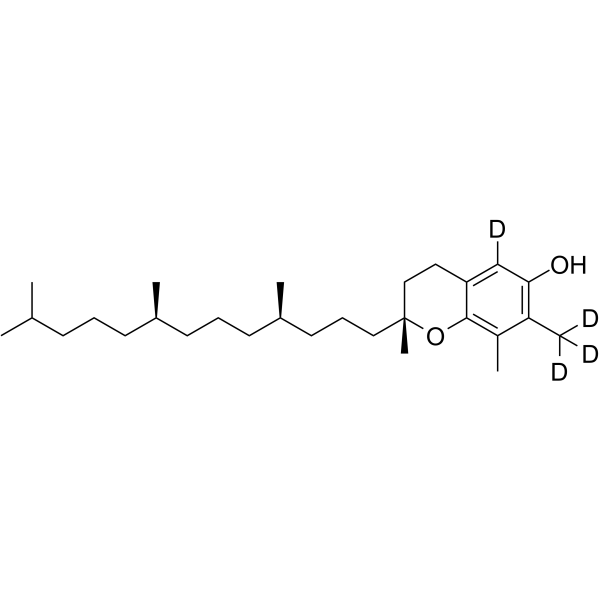
- HY-A0027
-
|
|
Histamine Receptor
Phosphodiesterase (PDE)
|
Inflammation/Immunology
Endocrinology
|
|
Fenspiride, an orally active non-steroidal antiinflammatory agent, is an antagonist of H1-histamine receptor. Fenspiride inhibites phosphodiesterase 3 (PDE3), phosphodiesterase 4 (PDE4) and phosphodiesterase 5 (PDE5) activities with -log IC50 values of 3.44, 4.16 and approximately 3.8, respectively. Fenspiride can be used for the research of respiratory diseases .
|
-
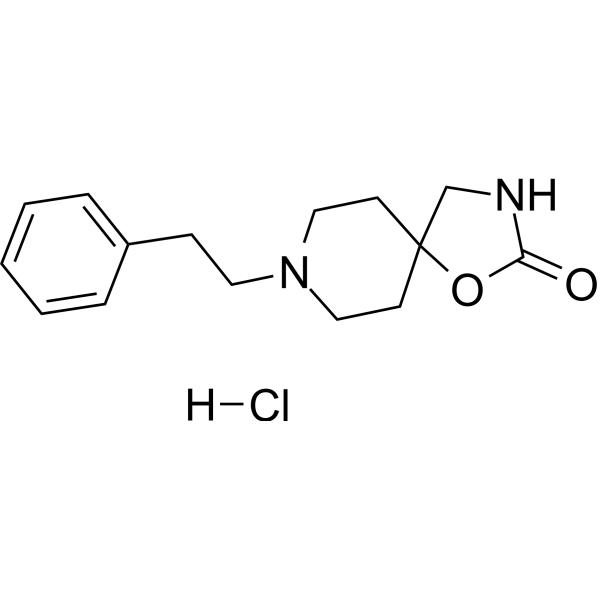
- HY-A0027A
-
|
|
Histamine Receptor
Phosphodiesterase (PDE)
|
Inflammation/Immunology
|
|
Fenspiride, an orally active non-steroidal antiinflammatory agent, is an antagonist of H1-histamine receptor. Fenspiride inhibites phosphodiesterase 3 (PDE3), phosphodiesterase 4 (PDE4) and phosphodiesterase 5 (PDE5) activities with -log IC50 values of 3.44, 4.16 and approximately 3.8, respectively. Fenspiride can be used for the research of respiratory diseases .
|
-
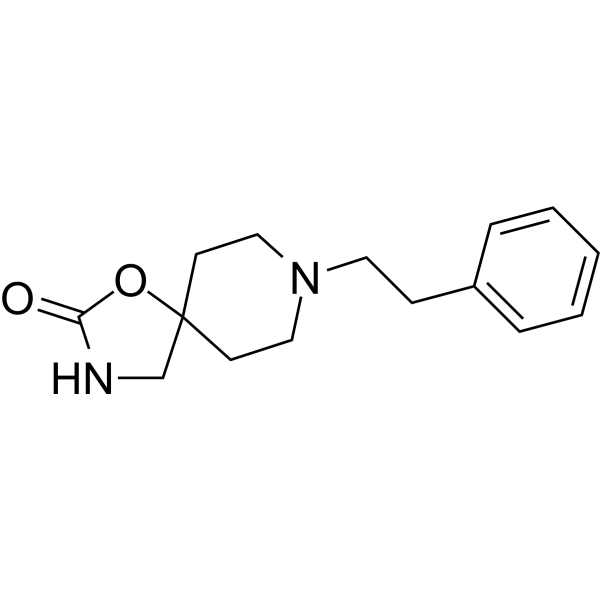
- HY-13653S
-
|
|
Oxidative Phosphorylation
Autophagy
Reactive Oxygen Species
HIV
Ferroptosis
Mitochondrial Metabolism
Endogenous Metabolite
|
Cancer
|
|
(+/-)-Epigallocatechin Gallate- 13C3 is the 13C-labeled (-)-Epigallocatechin Gallate. (-)-Epigallocatechin Gallate is a tea flavonoid with potent antioxidant, antiinflammatory, and anticarcinogenic properties. (-)-Epigallocatechin Gallate is reported to inhibit EGFR signaling and thereby exert anticancer effects[1]. (-)-Epigallocatechin Gallate (EGCG) is a glutamate dehydrogenase 1/2 (GDH1/2, GLUD1/2) inhibitor. Epigallocatechin-3-gallate induces oxidative phosphorylation (OXPHOS) by activating cytochrome c oxidase.
|
-
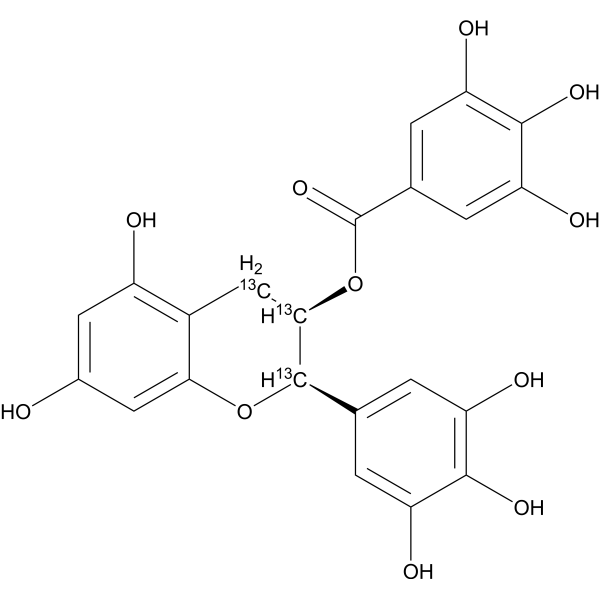
- HY-A0027AS
-
|
|
Isotope-Labeled Compounds
Histamine Receptor
Phosphodiesterase (PDE)
|
Inflammation/Immunology
|
|
Fenspiride-d5 is the deuterium labeled Fenspiride. Fenspiride, an orally active non-steroidal antiinflammatory agent, is an antagonist of H1-histamine receptor. Fenspiride inhibites phosphodiesterase 3 (PDE3), phosphodiesterase 4 (PDE4) and phosphodiesterase 5 (PDE5) activities with -log IC50 values of 3.44, 4.16 and approximately 3.8, respectively. Fenspiride can be used for the research of respiratory diseases[1][2][3].
|
-
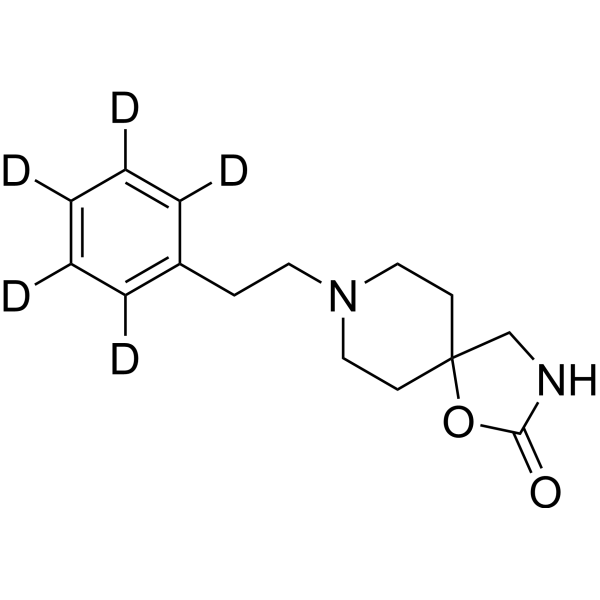
- HY-N6257
-
|
|
ERK
PGE synthase
COX
NF-κB
|
Inflammation/Immunology
Cancer
|
|
Cafestol, one of the major components of coffee, is a coffee-specific diterpene from. Cafestol is a ERK inhibitor for AP-1-targeted activity against PGE2 production and the mRNA expression of cyclooxygenase (COX)-2 in LPS-activated RAW264.7 cells. Cafestol has strong inhibitory activity on PGE2 production by suppressing the NF-kB activation pathway. Cafestol contributes to its beneficial effects through various biological activities such as chemopreventive, antitumorigenic, hepatoprotective, antioxidative and antiinflammatory effects .
|
-
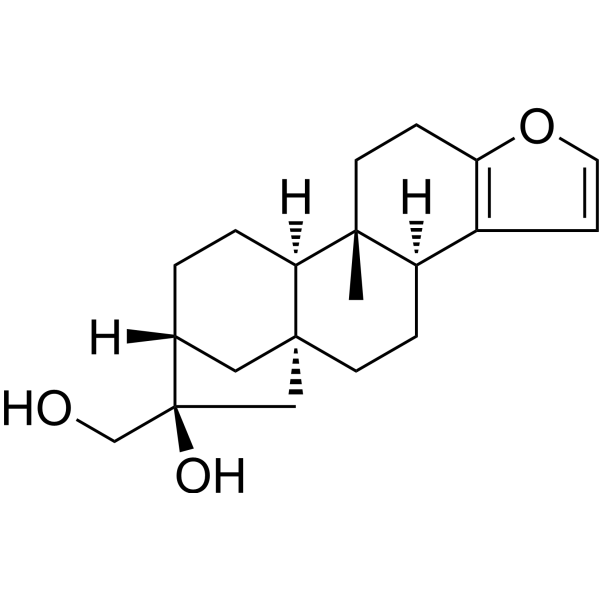
-
-
HY-L130
-
|
|
597 compounds
|
|
Non-steroidal anti-inflammatory drugs (NSAIDs) are members of a therapeutic drug class with potent anti-inflammatory, analgesic and antipyretic activity, and are among the most widely used drugs worldwide. The most prominent NSAIDs are aspirin, ibuprofen, and naproxen.
The main mechanism of action of NSAIDs is the inhibition of the enzyme cyclooxygenase (COX), based on which NSAIDs can be classified into two types: non-selective and COX-2 selective. Most NSAIDs are non-selective and inhibit both COX-1 and COX-2 activity.
MCE offers a unique collection of 597 non-steroidal compounds with identified anti-inflammatory activity. MCE non-steroidal anti-inflammatory library is a useful tool for the study of anti-inflammatory drugs and pharmacology.
|
-
-
HY-L084
-
|
|
573 compounds
|
|
Nature has been a source of medicinal products for millennia, with many useful active substances developed from plant sources. In the 20th century, the discovery of the penicillin was the starting point for drug discovery from microbial sources. Microorganisms, which have been considered to be a rich source of unique bioactive compounds, play an important role in the development of the chemistry of natural products and medical therapy. Microbial metabolites have proved to be affective antimicrobial agents, anti-tumor agents, enzyme inhibitors, anti-inflammatory agents, etc. Today, many microbial-originated antibiotics are available in the mark, and a large number of bioactive metabolites are used in medicine.
MCE provides a unique collection of 573 microbial metabolites, which is an important source of lead compounds and can be used for drug discovery.
|
| Cat. No. |
Product Name |
Type |
-
- HY-B1046
-
|
|
Chromogenic Assays
|
|
Clofazimine is an orally-active anti-mycobacterial agent with a wide range of anti-mycobacterial activity including leprosy and tuberculosis. Clofazimine exerts anti-inflammatory activities and anti-tumor activities by interfering DNA replication and inhibiting IL2 (IC50 = 1.10 ± 0.26 μM, Jurkat T) production. Clofazimine can be used in mycobacterial and cancer research .
|
-
- HY-14398GL
-
|
SC 58635 (GMP Like)
|
Fluorescent Dye
|
|
Celecoxib (SC 58635) GMP Like is a GMP-class Celecoxib (HY-14398). Celecoxib, a selective non-steroidal anti-inflammatory drug (NSAID), is a selective COX-2 inhibitor with an IC50 of 40 nM.
|
-
- HY-14398G
-
|
SC 58635 (GMP)
|
Fluorescent Dye
|
|
Celecoxib (GMP) is Celecoxib (HY-14398) produced by using GMP guidelines. GMP small molecules work appropriately as an auxiliary reagent for cell therapy manufacture. Celecoxib,a selective non-steroidal anti-inflammatory drug (NSAID), is a selective COX-2 inhibitor with an IC50 of 40 nM.
|
| Cat. No. |
Product Name |
Type |
-
- HY-D0837
-
|
Glyoxaline; 1,3-Diaza-2,4-cyclopentadiene
|
Biochemical Assay Reagents
|
|
Imidazole, a highly polar compound containing planar five-membered rings, has been widely used as a corrosion inhibitor. Derivatives of Imidazole have antimicrobial, anti-inflammatory, and antitumor activities .
|
-
- HY-W042416
-
|
DMAc
|
Co-solvents
|
|
N,N-Dimethylacetamide (DMAc) is an organic solvent with blood-brain transmissibility and an FDA-approved drug excipient. N, N-dimethylacetamide exerts anti-inflammatory activity by inhibiting the NF-κB signaling pathway. N, N-dimethylacetamide can be used in studies of weight gain caused by a high-fat diet and neuroinflammation in Alzheimer's disease .
|
-
- HY-P3161
-
|
|
Native Proteins
|
|
Lactoferrin is a substance released by neutrophils. Lactoferrin is an orally active multifunctional iron binding glycoprotein. Lactoferrin prevents cell adhesion, growth and spreading of cell colonies. Lactoferrin also has antiviral activity and inhibits microbial and viral adhesion and entry into host cells. Besides, Lactoferrin has anti-inflammatory, immunomodulatory, and anti-cancer activities .
|
-
- HY-14398GL
-
|
SC 58635 (GMP Like)
|
Biochemical Assay Reagents
|
|
Celecoxib (SC 58635) GMP Like is a GMP-class Celecoxib (HY-14398). Celecoxib, a selective non-steroidal anti-inflammatory drug (NSAID), is a selective COX-2 inhibitor with an IC50 of 40 nM.
|
-
- HY-14398G
-
|
SC 58635 (GMP)
|
Biochemical Assay Reagents
|
|
Celecoxib (GMP) is Celecoxib (HY-14398) produced by using GMP guidelines. GMP small molecules work appropriately as an auxiliary reagent for cell therapy manufacture. Celecoxib,a selective non-steroidal anti-inflammatory drug (NSAID), is a selective COX-2 inhibitor with an IC50 of 40 nM.
|
| Cat. No. |
Product Name |
Target |
Research Area |
-
- HY-P2275B
-
-
- HY-P1615
-
|
|
Peptides
|
Cancer
|
|
Cenupatide (UPARANT) is a Urokinase-type plasminogen activator receptor (uPAR) inhibitor. Cenupatide has anti-angiogenic and anti-inflammatory efficacy .
|
-
- HY-106216
-
|
|
Elastase
|
Infection
Inflammation/Immunology
|
|
Tiprelestat is a potent human neutrophil elastase inhibitor. Tiprelestat has antimicrobial and anti-inflammatory activities. Tiprelestat can be used in the research of inflammation/immune disease .
|
-
- HY-P5003
-
|
|
Biochemical Assay Reagents
|
Inflammation/Immunology
|
|
Collagen Type II Fragment is an anti-inflammatory peptide that potently inhibits collagen-induced arthritis (CIA) in mice. Collagen Type II Fragment can be used for research on inflammation and immunity .
|
-
- HY-18234
-
-
- HY-12403
-
|
TXA127; Angiotensin (1-7); Ang-(1-7)
|
Angiotensin Receptor
Angiotensin-converting Enzyme (ACE)
Endogenous Metabolite
|
Cardiovascular Disease
Inflammation/Immunology
Endocrinology
|
|
Angiotensin 1-7 (Ang-(1-7)) is an endogenous heptapeptide from the renin-angiotensin system (RAS) with a cardioprotective role due to its anti-inflammatory and anti-fibrotic activities in cardiac cells. Angiotensin 1-7 inhibits purified canine ACE activity (IC50=0.65 μM). Angiotensin 1-7 acts as a local synergistic modulator of kinin-induced vasodilation by inhibiting ACE and releasing nitric oxide. Angiotensin 1-7 blocks Ang II-induced smooth muscle cell proliferation and hypertrophy and shows antiangiogenic and growth-inhibitory effects on the endothelium. Angiotensin 1-7 shows anti-inflammatory activity .
|
-
- HY-P5285
-
|
|
Parasite
|
Infection
Inflammation/Immunology
Cancer
|
|
Lunasin is a bioactive peptide with antioxidant, anti-inflammatory, anticancer and anti-aging properties. Lunasin can be isolated from soybean. Lunasin also has an epigenetic mechanism of action associated with histone acetylation. Lunasin can be internalized into cells and inhibit Oncosphere formation in cancer cells .
|
-
- HY-P0266B
-
|
Ac-SDKP acetate
|
Angiotensin-converting Enzyme (ACE)
|
Inflammation/Immunology
|
|
N-Acetyl-Ser-Asp-Lys-Pro (Ac-SDKP) acetate is a specific substrate for the N-terminal active site of angiotensin-converting enzyme (ACE). N-Acetyl-Ser-Asp-Lys-Pro acetate is a natural inhibitor of pluripotent hematopoietic stem cell proliferation. Anti-inflammatory and antifibrotic properties .
|
-
- HY-143884
-
|
|
JAK
|
Inflammation/Immunology
|
|
JAK2/TYK2-IN-2 is a potent and selective TYK2 inhibitor with IC50 values of 9 and 157 nM for TYK2 and JAK2, respectively. JAK2/TYK2-IN-2 has anti-inflammatory activity .
|
-
- HY-106359
-
-
- HY-106359A
-
|
RDP-58 acetate
|
TNF Receptor
IFNAR
Reactive Oxygen Species
|
Cancer
|
|
Delmitide (RDP58) acetate is an orally active d-isomer decapeptide with potent anti-inflammatory activity. Delmitide acetate inhibits production of TNF-α, IFN-γ, and interleukin (IL)-12, and up-regulates heme oxygenase 1 activity. Delmitide acetate can be used for the research of ulcerative colitis .
|
-
- HY-P1717
-
|
Cp40
|
Complement System
SARS-CoV
|
Inflammation/Immunology
|
|
AMY-101 (Cp40), a peptidic inhibitor of the central complement component C3 (KD = 0.5 nM), inhibits naturally occurring periodontitis in non-human primates (NHPs). AMY-101 (Cp40) exhibits a favorable anti-inflammatory activity in models with COVID-19 severe pneumonia with systemic hyper inflammation .
|
-
- HY-P1717B
-
|
Cp40 acetate
|
Complement System
SARS-CoV
|
Inflammation/Immunology
|
|
AMY-101 acetate (Cp40 acetate), a peptidic inhibitor of the central complement component C3 (KD = 0.5 nM), inhibits naturally occurring periodontitis in non-human primates (NHPs). AMY-101 acetate (Cp40 acetate) exhibits a favorable anti-inflammatory activity in models with COVID-19 severe pneumonia with systemic hyper inflammation .
|
-
- HY-105172
-
|
CAP-232; TLN-232
|
Somatostatin Receptor
|
Inflammation/Immunology
Cancer
|
|
TT-232 (CAP-232), a somatostatin derivative, is a peptide SSTR1/SSTR4 agonist. TT-232 inhibits cancer cell proliferation and induces apoptosis. TT-232 is also a broad-spectrum anti-inflammatory and analgesic agent .
|
-
- HY-P1717A
-
|
Cp40 TFA
|
Complement System
SARS-CoV
|
Inflammation/Immunology
|
|
AMY-101 TFA (Cp40 TFA), a peptidic inhibitor of the central complement component C3 (KD = 0.5 nM), inhibits naturally occurring periodontitis in non-human primates (NHPs). AMY-101 (Cp40) exhibits a favorable anti-inflammatory activity in models with COVID-19 severe pneumonia with systemic hyper inflammation .
|
-
- HY-P3206
-
|
Thymulin; Thymic factor
|
Peptides
|
Inflammation/Immunology
|
|
Serum thymic factor (Thymulin) is a zinc-dependent immunomodulatory peptide. Serum thymic factor induces hyperalgesia. Serum thymic factor protects rats from Cephaloridine (HY-B2072)-induced nephrotoxicity by inhibiting ERK activation. Serum thymic factor has anti-diabetic, analgesic and anti-inflammatory effects .
|
-
- HY-P1306
-
|
|
GHSR
|
Cardiovascular Disease
Inflammation/Immunology
|
|
Obestatin(rat), encoded by the Ghrelin gene, is a cpeptide, comprised of 23 amino acids. Obestatin(rat) suppresses food intake, inhibits jejunal contraction, and decreases body-weight gain. Obestatin is an endogenous ligand of G-protein coupled receptor 39 (GPR39). Obestatin(rat) has anti-inflammatory, anti-myocardial infarction and antioxidant activities .
|
-
- HY-P1306A
-
|
|
GHSR
|
Cardiovascular Disease
Inflammation/Immunology
|
|
Obestatin(rat) TFA, encoded by the Ghrelin gene, is a cpeptide, comprised of 23 amino acids. Obestatin(rat) TFA suppresses food intake, inhibits jejunal contraction, and decreases body-weight gain. Obestatin is an endogenous ligand of G-protein coupled receptor 39 (GPR39). Obestatin(rat) TFA has anti-inflammatory, anti-myocardial infarction and antioxidant activities .
|
-
- HY-12557
-
|
|
CaSR
Wnt
TNF Receptor
|
Inflammation/Immunology
|
|
γ-Glutamylvaline is an activator of CaSR with anti-inflammatory activity. γ-Glutamylvaline inhibits TNF-α-induced proinflammatory cytokine production and increases Wnt5a expression. γ-Glutamylvaline activates calcium-sensing receptor pathways in adipocytes of 3T3-L1 mice and prevents low-grade chronic inflammation .
|
-
- HY-P0178
-
|
|
Integrin
|
Inflammation/Immunology
|
|
LXW7, a cyclic peptide containing Arg-Gly-Asp (RGD), is an integrin αvβ3 inhibitor. LXW7 has a high binding affinity to αvβ3 integrin with an IC50 of 0.68 μM. LXW7 increases phosphorylation of VEGFR-2 and activation of ERK1/2. Anti-inflammatory effect .
|
-
- HY-P0178A
-
|
|
Integrin
|
Inflammation/Immunology
|
|
LXW7 TFA, a cyclic peptide containing Arg-Gly-Asp (RGD), is an integrin αvβ3 inhibitor. LXW7 has a high binding affinity to αvβ3 integrin with an IC50 of 0.68 μM. LXW7 TFA increases phosphorylation of VEGFR-2 and activation of ERK1/2. Anti-inflammatory effect .
|
-
- HY-P2358
-
|
|
Toll-like Receptor (TLR)
|
Inflammation/Immunology
|
|
PSMα3 is a peptide for manipulating DCs to become tolerogenic for DC vaccination strategies. PSMα3 penetrates and modulates human monocyte-derived DCs by altering the TLR2- or TLR4-induced maturation, inhibiting pro- and anti-inflammatory cytokine production and reducing antigen uptake. PSMα3 is an important toxin released by the most virulent strains of methicillin-resistant Staphylococcus aureus (MRSA) .
|
-
- HY-P1098B
-
|
|
IKK
|
Inflammation/Immunology
|
|
Ac2-26 ammonium is the N-terminal peptide of annexin 1, and has anti-inflammatory activity. Ac2-26 ammonium induces a decrease in IKKβ protein in lysosomes by chaperone-mediated autophagy (CMA). Ac2-26 ammonium ameliorates lung ischemia-reperfusion injury. Ac2-26 ammonium also inhibits airway inflammation and hyperresponsiveness in an asthma rat model .
|
-
- HY-P1009
-
|
|
Caspase
|
Cancer
|
|
Z-YVAD-FMK is a cell-permeable caspase-1 and -4 inhibitor with anti-inflammatory and anti-tumor activities .
|
-
- HY-P2358A
-
|
|
Peptides
|
Inflammation/Immunology
|
|
PSMα3 TFA is a peptide for manipulating DCs to become tolerogenic for DC vaccination strategies. PSMα3 TFA penetrates and modulates human monocyte-derived DCs by altering the TLR2- or TLR4-induced maturation, inhibiting pro- and anti-inflammatory cytokine production and reducing antigen uptake. PSMα3 TFA is an important toxin released by the most virulent strains of methicillin-resistant Staphylococcus aureus (MRSA) .
|
-
- HY-12403A
-
|
TXA127 acetate; Angiotensin (1-7) (acetate); Ang-(1-7) (acetate)
|
Angiotensin Receptor
Angiotensin-converting Enzyme (ACE)
Endogenous Metabolite
|
Cardiovascular Disease
Inflammation/Immunology
Endocrinology
|
|
Angiotensin 1-7 (Ang-(1-7)) acetate is an endogenous heptapeptide from the renin-angiotensin system (RAS) with a cardioprotective role due to its anti-inflammatory and anti-fibrotic activities in cardiac cells. Angiotensin 1-7 acetate inhibits purified canine ACE activity (IC50=0.65 μM). Angiotensin 1-7 acetate acts as a local synergistic modulator of kinin-induced vasodilation by inhibiting ACE and releasing nitric oxide. Angiotensin 1-7 acetate blocks Ang II-induced smooth muscle cell proliferation and hypertrophy and shows antiangiogenic and growth-inhibitory effects on the endothelium .
|
-
- HY-P1110
-
AF12198
1 Publications Verification
|
Interleukin Related
|
Inflammation/Immunology
|
|
AF12198 is a potent, selective and specific peptide antagonist for human type I interleukin-1 receptor (IL1-R1) (IC50=8 nM) but not the human type II receptor (IC50=6.7 µM) or the murine type I receptor (IC50>200 µM). AF12198 inhibits IL-1-induced IL-8 production (IC50=25 nM) and IL-1-induced intercellular adhesion molecule-1 (ICAM-1) expression (IC50=9 nM) in vitro. AF12198 has anti-inflammatory activities and blocks responses to IL-1 in vivo .
|
-
- HY-P2136
-
COG1410
1 Publications Verification
|
Apoptosis
|
Neurological Disease
Inflammation/Immunology
|
|
COG1410 is an apolipoprotein E-derived peptide and an apoptosis inhibitor. COG1410 exerts neuroprotective and antiinflammatory effects in a murine model of traumatic brain injury (TBI). COG1410 can be used for the research of neurological disease .
|
-
- HY-P2136F
-
|
|
Apoptosis
|
Neurological Disease
Inflammation/Immunology
Cancer
|
|
Biotin-COG1410 TFA is a biotin labled COG1410 (HY-P2136). COG1410 is an apolipoprotein E-derived peptide and an apoptosis inhibitor. COG1410 exerts neuroprotective and antiinflammatory effects in a murine model of traumatic brain injury (TBI). COG1410 can be used for the research of neurological disease .
|
| Cat. No. |
Product Name |
Target |
Research Area |
-
- HY-P9928
-
|
REGN 727; SAR 236553
|
Ser/Thr Protease
|
Cardiovascular Disease
|
|
Alirocumab (REGN 727) is a human monoclonal antibody inhibitor of PCSK9. Alirocumab is a monoclonal antibody. Alirocumab has anti-inflammatory, antiangiogenic and antioxidant effects. Alirocumab can be used in the study of hypercholesterolemia .
|
-
- HY-P99336
-
|
BI-RR 0001; Anti-Human IL6 Recombinant Antibody
|
Integrin
|
Neurological Disease
Inflammation/Immunology
|
|
Enlimomab (BI-RR 0001), a murine IgG2a monoclonal antibody to the human ICAM-1, inhibits leukocyte adhesion to the vascular endothelium, thereby decreasing leukocyte extravasation and inflammatory tissue injury. Enlimomab has anti-inflammatory effects, and can be used for stroke research .
|
-
- HY-P99008
-
|
|
Inhibitory Antibodies
|
Inflammation/Immunology
|
|
Atibuclimab, is a chimeric monoclonal antibody directed against CD14 and is composed of murine variable and human IgG4 Fc regions. Atibuclimab can be used for the research of amyotrophic lateral sclerosis . Atibuclimab attenuates LPS-induced symptoms and strongly inhibits LPS-induced proinflammatory cytokine release, while only delaying the release of the anti-inflammatory cytokines soluble TNF receptor type I and IL-1 receptor antagonist .
|
| Cat. No. |
Product Name |
Category |
Target |
Chemical Structure |
- HY-N3866
-
-

- HY-N0540R
-
|
Luteolin 7-glucoside (Standard); Luteolin 7-O-β-D-glucoside (Standard)
|
Structural Classification
Flavonoids
Phenols
|
Apoptosis
DNA/RNA Synthesis
Parasite
Bacterial
Influenza Virus
Fungal
|
|
Cynaroside (Standard) is the analytical standard of Cynaroside. This product is intended for research and analytical applications. Cynaroside (Luteolin 7-glucoside) is a flavonoid compound that exhibits anti-oxidative capabilities. Cynaroside is also a potent influenza RNA-dependent RNA polymerase inhibitor with an IC50 of 32 nM. Cynaroside also is a promising inhibitor for H2O2-induced apoptosis, has cytoprotection against oxidative stress-induced cardiovascular diseases. Cynaroside also has antibacterial, antifungal and anticancer activities, antioxidant and anti-inflammatory activities .
|
-

- HY-N10225
-
-

- HY-N2526
-
-

- HY-N2270
-
-

- HY-N2460
-
-

- HY-N0737
-
-

- HY-N8253
-
-

- HY-N0773
-
-

- HY-N0396
-
-

- HY-100599
-
-

- HY-N0765
-
-

- HY-N7688
-
-

- HY-N2989
-
-

- HY-N4168B
-
-

- HY-32735
-
-

- HY-D0837
-
-

- HY-N0133
-
-

- HY-N3115
-
-

- HY-N2593
-
-

- HY-N0452
-
-

- HY-126121
-
-

- HY-N3925
-
-

- HY-N6644
-
-

- HY-N10450
-
-

- HY-N2181A
-
-

- HY-N10303
-
-

- HY-130294
-
-

- HY-N8311
-
-

- HY-N0141
-
-

- HY-N7176
-
-

- HY-10529
-
-

- HY-N0387
-
-

- HY-N4149
-
-

- HY-N4288
-
-

- HY-N6261
-
-

- HY-N6894
-
-

- HY-N2905
-
-

- HY-N6894A
-
-

- HY-N3646
-
-

- HY-N3848
-
-

- HY-N0929
-
-

- HY-N0637
-
-

- HY-N0220
-
-

- HY-N11624
-
-

- HY-N9239
-
-

- HY-N8760
-
-

- HY-N11906
-
-

- HY-N0400R
-
-

- HY-N0836
-
-

- HY-N0015
-
-

- HY-N0250
-
-

- HY-Y0892
-
-

- HY-N4108
-
-

- HY-N0802
-
-

- HY-N2556
-
-

- HY-126414
-
-

- HY-N1380R
-
-

- HY-N12523
-
-

- HY-N10458
-
|
|
Sesquiterpenes
|
NF-κB
|
|
Asperbisabolane L, a sesquiterpenoid, exerts the anti-inflammatory activity by inhibiting the NF-κB-activated pathway. Asperbisabolane L inhibits the translocation of NF-κB from cytoplasm to the nucleus. Asperbisabolane L also inhibits NO production in LPS-activated BV-2 microglia cells .
|
-

- HY-N0120A
-
-

- HY-N0589
-
-

- HY-N6258
-
-

- HY-122521
-
-

- HY-N7765
-
-

- HY-N11887
-
-

- HY-N12283
-
-

- HY-N12429
-
-

- HY-N0720
-
-

- HY-N0003
-
-

- HY-N0214
-
-

- HY-N0439
-
-

- HY-N4187
-
-

- HY-N6952
-
-

- HY-N1377
-
-

- HY-N0214A
-
-

- HY-N3628
-
-

- HY-N8342
-
-

- HY-N11085
-
-

- HY-N9583
-
-

- HY-N0408
-
-

- HY-18234A
-
-

- HY-N10175
-
-

- HY-N3246
-
-

- HY-32736
-
-

- HY-N6884
-
-

- HY-N7656
-
|
Norwogonin 5,7,8-trimethyl ether
|
Structural Classification
Flavonoids
Classification of Application Fields
Flavones
Leguminosae
Source classification
Plants
Inflammation/Immunology
Disease Research Fields
Lupinus micranthus Guss.
|
NO Synthase
|
|
5,7,8-Trimethoxyflavone (Norwogonin 5,7,8-trimethyl ether), isolated from Andrographis echioides, inhibits NO with an IC50 of 39.1 μM. 5,7,8-Trimethoxyflavone has anti-inflammatory activity .
|
-

- HY-N8085
-
-

- HY-N2923
-
-

- HY-N0158
-
-

- HY-W041489
-
-

- HY-N0889
-
-

- HY-N0351
-
-

- HY-N0523
-
-

- HY-114335
-
-

- HY-N2165
-
-

- HY-N0072
-
-

- HY-N0222
-
-

- HY-N4233
-
-

- HY-N0697
-
-

- HY-108966
-
-

- HY-N8593
-
-

- HY-126383
-
-

- HY-N12494
-
-

- HY-W014612
-
-

- HY-119970
-
-

- HY-N0803
-
-

- HY-N0004
-
-

- HY-110398
-
-

- HY-N6641
-
-

- HY-W015635
-
-

- HY-N9975
-
-

- HY-122961
-
|
1,2-Didehydromiltirone
|
Terpenoids
Labiatae
Samanea saman (Jacq.) Merr.
Diterpenoids
Plants
|
NF-κB
p38 MAPK
|
|
Dehydromiltirone (1,2-Didehydromiltirone) is a diterpenoid quinone with an anti-inflammatory effect. Dehydromiltirone prevents liver injury by modifying the MAPK and NF-κB signaling pathways, reducing neuroinflammatory responses, and inhibiting platelet aggregation. Dehydromiltirone can be used for osteoporosis research .
|
-

- HY-126067
-
-

- HY-12403
-
-

- HY-W011849
-
-

- HY-N3255
-
-

- HY-N0253
-
-

- HY-130994
-
-

- HY-N9337
-
-

- HY-N8213
-
-

- HY-N3078
-
-

- HY-N0692
-
-

- HY-16059
-
-

- HY-N6857
-
-

- HY-N0448
-
-

- HY-129529
-
-

- HY-N2454
-
-

- HY-N9445
-
-

- HY-N3421
-
-

- HY-N0328
-
-

- HY-W015883
-
-

- HY-N0613
-
-

- HY-N6025
-
-

- HY-N5011
-
-

- HY-N10335
-
-

- HY-N3831
-
-

- HY-N0410
-
-

- HY-N0232
-
-

- HY-N0389
-
-

- HY-N0404
-
-

- HY-122917
-
-

- HY-N0162
-
-

- HY-N0279
-
-

- HY-126382
-
-

- HY-N10429
-
-

- HY-N3007A
-
-

- HY-N3548
-
-

- HY-N0314
-
-

- HY-N1356
-
-

- HY-117469
-
-

- HY-N0120AR
-
-

- HY-N0192
-
-

- HY-N0567
-
-

- HY-N0416
-
-

- HY-N0790
-
-

- HY-N5077
-
-

- HY-Y0152
-
-

- HY-N6013
-
-

- HY-N0313
-
-

- HY-N0814B
-
|
Inositol hexaphosphate hexasodium; SNF472
|
Structural Classification
other families
Ketones, Aldehydes, Acids
Source classification
Plants
|
Endogenous Metabolite
|
|
Phytic acid (Inositol hexaphosphate) hexasodium is a phosphorus storage compound of seeds and cereal grains. Phytic acid hexasodium has a strong ability to chelate multivalent metal ions, specially zinc, calcium, iron and as with protein residue. Phytic acid hexasodium inhibits the enzymatic superoxide source xanthine oxidase (XO), and has antioxidative, neuroprotective, anti-inflammatory effects.
|
-

- HY-N10023
-
-

- HY-N11657
-
-

- HY-101546A
-
-

- HY-N0814
-
-

- HY-129113
-
-

- HY-142026
-
-

- HY-W748591
-
-

- HY-B0715
-
|
BL-191; PTX; Oxpentifylline
|
Classification of Application Fields
Disease Research Fields
Cancer
|
Phosphodiesterase (PDE)
Autophagy
HIV
|
|
Pentoxifylline (BL-191), a haemorheological agent, is an orally active non-selective phosphodiesterase (PDE) inhibitor, with immune modulation, anti-inflammatory, hemorheological, anti-fibrinolytic and anti-proliferation effects. Pentoxifylline can be used for the research of peripheral vascular disease, cerebrovascular disease and a number of other conditions involving a defective regional microcirculation .
|
-

- HY-N2022
-
-

- HY-14621
-
-

- HY-N0108
-
-

- HY-N5025
-
-

- HY-N0587
-
-

- HY-N0240
-
-

- HY-N3187
-
-

- HY-N10183
-
-

- HY-N2963
-
-

- HY-N3071
-
-

- HY-N8413
-
-

- HY-N0222R
-
-

- HY-N0462
-
-

- HY-N0814A
-
-

- HY-N0063
-
-

- HY-N11020
-
-

- HY-N0450
-
-

- HY-N7110
-
-

- HY-N2572
-
-

- HY-N0292
-
-

- HY-N4237
-
-

- HY-N7652
-
-

- HY-N5077B
-
-

- HY-107577
-
-

- HY-N10440
-
-

- HY-N8707
-
-

- HY-N12235
-
-

- HY-N2532
-
-

- HY-13821
-
-

- HY-N2500
-
-

- HY-107818
-
-

- HY-N7255
-
-

- HY-N0639
-
-

- HY-N8371
-
-

- HY-N3814
-
-

- HY-N3716
-
-

- HY-N0283
-
-

- HY-N0936
-
-

- HY-N2359
-
-

- HY-122942
-
-

- HY-N0665
-
-

- HY-129440
-
-

- HY-N2908
-
-

- HY-124896
-
|
6-Geranylnaringenin; Mimulone
|
Paulownia tomentosa (Thunb.) Steud.
Scrophulariaceae
Plants
|
Phosphatase
Apoptosis
Autophagy
|
|
Bonannione A (6-Geranylnaringenin; Mimulone), a prenylflavonoid, is an orally active and potent protein tyrosine phosphatase 1B (PTP1B) inhibitor with an IC50 of 14 µM. Bonannione A triggers caspase-dependent apoptosis. Bonannione A induces autophagy through p53-mediated AMPK/mTOR pathway. Bonannione A shows anti-inflammatory, antiradical and anti-cancer activity .
|
-

- HY-N0162R
-
-

- HY-13653
-
-

- HY-117275
-
-

- HY-N2510
-
-

- HY-117275A
-
-

- HY-N0236
-
-

- HY-N0652
-
|
2,3,4',5-Tetrahydroxystilbene 2-O-D-glucoside
|
Structural Classification
Stilbenes
Classification of Application Fields
Polygonaceae
Source classification
Other Diseases
Phenols
Polyphenols
Fallopia multiflora (Thunb.) Harald.
Plants
Disease Research Fields
|
ERK
NF-κB
|
|
2,3,5,4'-Tetrahydroxystilbene 2-O-β-D-glucoside isolats from the roots of Polygonaceae species, inhibits the formation of 5-HETE, HHT and thromboxane B2. 2,3,5,4'-Tetrahydroxystilbene 2-O-β-D-glucoside has hypotensive, anti-ageing, anti-inflammatory, hypolipidemic, cardioprotective, and neuroprotective actions .
|
-

- HY-N0327
-
-

- HY-N0074
-
-

- HY-N6962
-
-

- HY-N2535
-
-

- HY-N0328R
-
-

- HY-N1372A
-
-

- HY-108485
-
-

- HY-113509
-
-

- HY-N2925
-
-

- HY-13518
-
-

- HY-W018643
-
-

- HY-129143
-
|
Dp3‐Sam chloride
|
Malvaceae
Structural Classification
Flavonoids
Hibiscus sabdariffa Linn.
Plants
Other Flavonoids
|
Others
|
|
Delphinidin-3-sambubioside (Dp3‐Sam) chloride is an anthocyanin that has orally active anti-inflammatory activity. Delphinidin-3-sambubioside chloride inhibits LPS-induced inflammatory factors release. Delphinidin-3-sambubioside chloride also alleviates hepatic lipid accumulation in HFD rats. Delphinidin-3-sambubioside chloride can be isolated from Hibiscus sabdariffa L. .
|
-

- HY-N11706
-
-

- HY-N0184A
-
-

- HY-N0619
-
-

- HY-N0148
-
-

- HY-N0142
-
-

- HY-N1584
-
-

- HY-N0376
-
-

- HY-N0028
-
-

- HY-150526
-
-

- HY-N3364
-
-

- HY-145491
-
|
|
Structural Classification
Ketones, Aldehydes, Acids
Source classification
Endogenous metabolite
|
ERK
NF-κB
|
|
Resolvin D5 is a prolytic mediator (SPM) with anti-inflammatory activity derived from oxidized lipids DHA. Resolvin D5 inhibits Th17 cell differentiation and promotes regulatory T cell differentiation, and inhibits CD4+ T cell proliferation. Resolvin D5 attenuates osteoclast differentiation and interferes with osteoclastogenesis. Resolvin D5 also regulates ERK phosphorylation and nuclear translocation of NF-kappaB. Resolvin D5 could be used in rheumatoid arthritis research .
|
-

- HY-N0005
-
-

- HY-B0075
-
-

- HY-B2163
-
-

- HY-N6973
-
-

- HY-107569
-
-

- HY-135646
-
-

- HY-N3945
-
-

- HY-P2358
-
-

- HY-14393
-
-

- HY-N1584A
-
-

- HY-N1401
-
-

- HY-N0617
-
-

- HY-N0811
-
-

- HY-13653R
-
-

- HY-N0194
-
-

- HY-N11768
-
-

- HY-N1346
-
-

- HY-N0619A
-
-

- HY-N8936
-
-

- HY-B0809
-
-

- HY-B0809B
-
-

- HY-B0498
-
-

- HY-N0234
-
-

- HY-N0787
-
-

- HY-N0457
-
-

- HY-N0568
-
-

- HY-N9736
-
-

- HY-N0110
-
-

- HY-12403A
-
-

- HY-N0110B
-
-

- HY-N0142R
-
-

- HY-N10156
-
-

- HY-N10009
-
|
|
Structural Classification
Brosimopsis oblongifolia
Source classification
Phenols
Polyphenols
Plants
Moraceae
|
NF-κB
TNF Receptor
COX
ERK
p38 MAPK
Sirtuin
|
|
Cudraflavone B is a prenylated flavonoid with anti-inflammatory and anti-tumor properties. Cudraflavone B is also a dual inhibitor of COX-1 and COX-2. Cudraflavone B blocks the translocation of nuclear factor κB (NF-κB) from the cytoplasm to the nucleus in macrophages. Thus, Cudraflavone B inhibits tumor necrosis factor α (TNFα) gene expression and secretion. Cudraflavone B also triggers the mitochondrial apoptotic pathway, activates NF-κB, the MAPK p38, and ERK, and induced the expression of SIRT1. Thus Cudraflavone B inhibits the growth of human oral squamous cell carcinoma cells .
|
-

- HY-13755
-
-

- HY-N0103
-
-

- HY-N0103A
-
-

- HY-N10439
-
-

- HY-B0809R
-
-

- HY-14393R
-
-

- HY-16561
-
Resveratrol
Maximum Cited Publications
77 Publications Verification
trans-Resveratrol; SRT501
|
Structural Classification
Classification of Application Fields
Anti-aging
Source classification
Vitis vinifera cv. Zalema
Plants
Vitaceae
Infection
Microorganisms
Functional Molecules
Sunscreen
Research of Health Products
Phenols
Polyphenols
Cosmetic Research
Inflammation/Immunology
Disease Research Fields
Cancer
|
IKK
Autophagy
Mitophagy
Sirtuin
Apoptosis
Bacterial
Fungal
Antibiotic
Keap1-Nrf2
|
|
Resveratrol (trans-Resveratrol; SRT501), a natural polyphenolic phytoalexin that possesses anti-oxidant, anti-inflammatory, cardioprotective, and anti-cancer properties. Resveratrol (SRT 501) has a wide spectrum of targets including mTOR, JAK, β-amyloid, Adenylyl cyclase, IKKβ, DNA polymerase. Resveratrol also is a specific SIRT1 activator . Resveratrol is a potent pregnane X receptor (PXR) inhibitor . Resveratrol is an Nrf2 activator, ameliorates aging-related progressive renal injury in mice model . Resveratrol increases production of NO in endothelial cells .
|
-

- HY-N4267
-
-

- HY-N6954
-
|
|
Structural Classification
other families
Xanthones
Classification of Application Fields
Garcinia oblongifolia Champ. ex Benth.
Source classification
Guttiferae
Phenols
Polyphenols
Plants
Disease Research Fields
Cancer
|
ATM/ATR
STAT
CDK
|
|
Garcinone C, a xanthone derivative, is a natural compound extracted from Garcinia oblongifolia that is used as an anti-inflammatory, astringency and granulation-promoting medicine, and has potential cytotoxic effects on certain cancers. Garcinone C stimulates the expression levels of ATR and 4E-BP1, while efficiently inhibiting the expression levels of cyclin B1, cyclin D1, cyclin E2, cdc2, Stat3 and CDK7. Garcinone C significantly inhibits cell viability of the human Nasopharyngeal carcinoma (NPC) cell lines CNE1, CNE2, HK1 and HONE1 in a time‑ and dose‑dependent manner .
|
-

- HY-N2071
-
Cedrol
1 Publications Verification
(+)-Cedrol; α-Cedrol
|
Cedrus deodara (Roxburgh) G. Don
Classification of Application Fields
Pinaceae
Terpenoids
Sesquiterpenes
Source classification
Plants
Inflammation/Immunology
Disease Research Fields
Cancer
|
Cytochrome P450
Fungal
|
|
Cedrol is a bioactive sesquiterpene, a potent competitive inhibitor of cytochrome P-450 (CYP) enzymes. Cedrol inhibits CYP2B6-mediated bupropion hydroxylase and CYP3A4-mediated midazolam hydroxylation with Ki of 0.9 μM and 3.4 μM, respectively. Cedrol also has weak inhibitory effect on CYP2C8, CYP2C9, and CYP2C19 enzymes . Cedrol is found in cedar essential oil and poetesses anti-septic, anti-inflammatory, anti-spasmodic, tonic, astringent, diuretic, insecticidal, and anti-fungal activities .
|
-

- HY-N8380
-
|
|
Structural Classification
Dalbergia hupeana Hance
Source classification
Phenols
Polyphenols
Plants
Fabaceae
|
Apoptosis
Autophagy
PI3K
Necroptosis
|
|
(-)-Latifolin, a flavonoid, induces apoptotic cell death by targeting PI3K/AKT/mTOR/p70S6K signaling. (-)-Latifolin significantly inhibits the cell proliferation of oral squamous cell carcinoma (OSCC), and causes the anti-metastatic activities by effectively blocking cell migration, invasion, and adhesion via the inactivation of FAK/Src. (-)-Latifolin suppresses autophagic-related proteins and autophagosome formation. (-)-Latifolin inhibits necroptosis by dephosphorylating necroptosis-regulatory proteins (RIP1, RIP3, and MLKL). (-)-Latifolin has beneficial effects on anti-aging, anti-carcinogenic, anti-inflammatory, and cardio-protective activities .
|
-

- HY-N0110R
-
-

- HY-N2037A
-
-

- HY-16561R
-
|
trans-Resveratrol (Standard); SRT501 (Standard)
|
Infection
Functional Molecules
Classification of Application Fields
Sunscreen
Anti-aging
Source classification
Research of Health Products
Cosmetic Research
Plants
Inflammation/Immunology
Disease Research Fields
Cancer
|
IKK
Autophagy
Mitophagy
Sirtuin
Apoptosis
Bacterial
Fungal
Antibiotic
Keap1-Nrf2
|
|
Resveratrol (Standard) is the analytical standard of Resveratrol. This product is intended for research and analytical applications. Resveratrol (trans-Resveratrol; SRT501), a natural polyphenolic phytoalexin that possesses anti-oxidant, anti-inflammatory, cardioprotective, and anti-cancer properties. Resveratrol (SRT 501) has a wide spectrum of targets including mTOR, JAK, β-amyloid, Adenylyl cyclase, IKKβ, DNA polymerase. Resveratrol also is a specific SIRT1 activator . Resveratrol is a potent pregnane X receptor (PXR) inhibitor . Resveratrol is an Nrf2 activator, ameliorates aging-related progressive renal injury in mice model . Resveratrol increases production of NO in endothelial cells .
|
-

- HY-N1957
-
-

- HY-N12649
-
-

- HY-N11934
-
-

- HY-N2065
-
-

- HY-N10358
-
-

- HY-N1949
-
-

- HY-125911
-
-

- HY-N7148
-
-

- HY-N0033
-
-

- HY-N0284
-
-

- HY-A0027
-
-

- HY-N6257
-
-

| Cat. No. |
Product Name |
Chemical Structure |
-
- HY-17361S
-
|
|
|
Etofenamate-d4 is the deuterium labeled Etofenamate. Etofenamate, a non-steroid anti-inflammatory agent (NSAID) and a non-selective COX inhibitor, possesses analgesic, anti-rheumatic, antipyretic and anti-inflammatory properties. Etofenamate is used in the research for osteoarthritis, arthritis and other inflammatory diseases[1][2][3].
|
-

-
- HY-105028S
-
|
|
|
Tenidap-d3 is the deuterium labeled Tenidap. Tenidap, a non-steroidal anti-inflammatory drug, is a selective COX-1 inhibitor, with IC50 values of 0.03 μM and 1.2 μM for COX-1 and COX-2, respectively. Tenidap has anti-inflammatory and antirheumatic properties[1][2]. Tenidap is also a specific SLC26A3 inhibitor[3].
|
-

-
- HY-Y0189S
-
|
|
|
Methyl Salicylate-d4 is the deuterium labeled Methyl Salicylate[1]. Methyl Salicylate (Wintergreen oil) is a topical analgesic and anti-inflammatory agent. Also used as a pesticide, a denaturant, a fragrance ingredient, and a flavoring agent in food and tobacco products[2]. A systemic acquired resistance (SAR) signal in tobacco[3]. A topical nonsteroidal anti-inflammatory agent (NSAID). Methyl salicylate lactoside is a COX inhibitor[5].
|
-

-
- HY-17509S
-
|
|
|
Deracoxib-d3 is the deuterium labeled Deracoxib. Deracoxib, a selective cyclooxygenase-2 inhibitor, is a non-narcotic, non-steroidal anti-inflammatory drug (NSAID).
|
-

-
- HY-121046S
-
|
|
|
Flunixin-d3 is the deuterium labeled Flunixin. Flunixin Meglumine is a potent inhibitor of COX used as analgesic agent with anti-inflammatory and antipyretic activity[1][2].
|
-

-
- HY-B0367S
-
|
|
|
Lornoxicam-d4 is the deuterium labeled Lornoxicam. Lornoxicam (Chlortenoxicam), a COX-1 and COX-2 inhibitor, is a new nonsteroidal anti-inflammatory agent (NSAID).
|
-

-
- HY-B0619S1
-
|
|
|
Zaltoprofen- 13C,d3 is the 13C- and deuterium labeled Zaltoprofen. Zaltoprofen (CN100), a non-steroidal anti-inflammatory drug (NSAID), is a preferential and orally active COX-2 inhibitor, with IC50s of 1.3 and 0.34 μM for COX-1 and COX-2, respectively. Zaltoprofen exhibits powerful anti-inflammatory effects as well as an analgesic action on inflammatory pain[1][2][3].
|
-

-
- HY-A0273S
-
|
|
|
Propyphenazone-d3 is the deuterium labeled Propyphenazone. Propyphenazone is a pyrazolone derivative with anti-inflammatory, analgesic and antipyretic activity, Propyphenazone-based analogues as proagents and selective cyclooxygenase-2 inhibitors.
|
-

-
- HY-12383S
-
|
|
|
Pelubiprofen- 13C,d3 is the 13C- and deuterium labeled Pelubiprofen. Pelubiprofen, an orally active and non-steroidal anti-inflammatory drug, is a member of the 2-arylpropionic acid family and has relatively selective effects on COX-2 activity. Pelubiprofen inhibits COX activity and the transforming growth factor-β activated kinase 1-IκB kinase β-NF-κB pathway, and has significant anti-inflammatory and analgesic effects[1].
|
-

-
- HY-78131BS
-
|
|
|
(R)-(-)-Ibuprofen-d3 is the deuterium labeled (R)-(-)-Ibuprofen. (R)-(-)-Ibuprofen is the R enantiomer of Ibuprofen, inactive on COX, inhibits NF-κB activation; (R)-(-)-Ibuprofen exhibits anti-inflammatory and antinociceptive effects.
|
-

-
- HY-14398S1
-
|
|
|
Celecoxib-d3 is the deuterium labeled Celecoxib. Celecoxib,a selective non-steroidal anti-inflammatory drug (NSAID), is a selective COX-2 inhibitor with an IC50 of 40 nM[1][2].
|
-

-
- HY-14398S
-
|
|
|
Celecoxib-d7 is the deuterium labeled Celecoxib. Celecoxib,a selective non-steroidal anti-inflammatory drug (NSAID), is a selective COX-2 inhibitor with an IC50 of 40 nM[1][2].
|
-

-
- HY-76251S1
-
|
|
|
(rac)-Etodolac-d3 is a labelled racemic Etodolac. Etodolac (AY-24236) is a non-steroidal anti-inflammatory compound that is a non-selective inhibitor of COX (IC50=53.5 nM)
|
-

-
- HY-B0559S
-
|
|
|
Nabumetone-d3 is the deuterium labeled Nabumetone. Nabumetone is an orally active non-acidic anti-inflammatory agent, acts as a potent and selective COX-2 inhibitor, and is the proagent of the active metabolite 6MNA.
|
-

-
- HY-N1380S1
-
|
|
|
Guaiacol-d3 is the deuterium labeled Guaiacol. Guaiacol, a phenolic compound, inhibits LPS-stimulated COX-2 expression and NF-κB activation. Guaiacol has an anti-inflammatory activity[1].
|
-

-
- HY-B0580S
-
|
|
|
Ketorolac-d5 is a deuterium labeled Ketorolac. Ketorolac is a non-steroidal anti-inflammatory agent, acting as a nonselective COX inhibitor, with IC50s of 20 nM for COX-1 and 120 nM for COX-2[1].
|
-

-
- HY-N1380S
-
|
|
|
Guaiacol-d7 is the deuterium labeled Guaiacol[1]. Guaiacol, a phenolic compound, inhibits LPS-stimulated COX-2 expression and NF-κB activation[1]. Anti-inflammatory activity[2].
|
-

-
- HY-N1380S3
-
|
|
|
Guaiacol-d4 is the deuterium labeled Guaiacol[1]. Guaiacol, a phenolic compound, inhibits LPS-stimulated COX-2 expression and NF-κB activation[1]. Anti-inflammatory activity[2].
|
-

-
- HY-32735S
-
|
|
|
Triptolide-d3 is the deuterium labeled Triptolide. Triptolide is a diterpenoid triepoxide extracted from the root of Tripterygium wilfordii with immunosuppressive, anti-inflammatory, antiproliferative and antitumour effects. Triptolide is a NF-κB activation inhibitor[1][2][3][4][5][6].
|
-

-
- HY-N1380S2
-
|
|
|
Guaiacol- 13C6 is the 13C labeled Guaiacol[1]. Guaiacol, a phenolic compound, inhibits LPS-stimulated COX-2 expression and NF-κB activation[1]. Anti-inflammatory activity[2].
|
-

-
- HY-N1380S4
-
|
|
|
Guaiacol-d4-1 is the deuterium labeled Guaiacol[1]. Guaiacol, a phenolic compound, inhibits LPS-stimulated COX-2 expression and NF-κB activation[1]. Anti-inflammatory activity[2].
|
-

-
- HY-18342S
-
|
|
|
Diflunisal-d3 is the deuterium labeled Diflunisal. Diflunisal (MK-647) is a salicylate derivative with nonsteroidal anti-inflammatory and uricosuric properties, which is used alone as an analgesic and in rheumatoid arthritis patients. The mechanism of action of diflunisal is as a Cyclooxygenase (COX) Inhibitor.
|
-

-
- HY-B0253S
-
|
|
|
Piroxicam-d3 is deuterium labeled Piroxicam. Piroxicam is a non-steroidal anti-inflammatory drugs, acts as a COX inhibitor, with IC50s of 47, 25 μM for human monocyte COX-1 and COX-2, respectively [1].
|
-

-
- HY-B0289S
-
|
|
|
Erdosteine- 13C4 is a 13C-labeled Erdosteine. Erdosteine inhibits lipopolysaccharide (LPS)-induced NF-κB activation[1][2]. Erdosteine has muco-modulatory, anti-bacterial, anti-inflammatory and anti-oxidant effects[3].
|
-

-
- HY-13571AS1
-
|
|
|
Beclometasone dipropionate-d10 is the deuterium labeled Beclometasone dipropionate. Betamethasone dipropionate, the proagent of Betamethasone, is an orally active and potent glucocorticoid with anti-inflammatory and immunosuppressive activity. Betamethasone appears to be an effective inhibitor of LPS-induced inflammation and MMP release[1][2].
|
-

-
- HY-13571AS
-
|
|
|
Beclometasone dipropionate-d6 is deuterium labeled Beclometasone dipropionate. Betamethasone dipropionate, the proagent of Betamethasone, is an orally active and potent glucocorticoid with anti-inflammatory and immunosuppressive activity. Betamethasone appears to be an effective inhibitor of LPS-induced inflammation and MMP release[1][2].
|
-

-
- HY-B0580S1
-
|
|
|
Ketorolac-d4 (RS37619 D4) is the deuterium labeled Ketorolac. Ketorolac is a non-steroidal anti-inflammatory agent, acting as a nonselective COX inhibitor, with IC50s of 20 nM for COX-1 and 120 nM for COX-2[1][2].
|
-

-
- HY-B0253S1
-
|
|
|
Piroxicam-d4 is the deuterium labeled Piroxicam. Piroxicam (CP-16171) is a non-steroidal anti-inflammatory drugs, acts as a COX inhibitor, with IC50s of 47, 25 μM for human monocyte COX-1 and COX-2, respectively.
|
-

-
- HY-N1482S1
-
|
|
|
Methyl palmitate-d31 is the deuterium labeled Methyl palmitate. Methyl palmitate, an acaricidal compound occurring in green walnut husks, inhibits phagocytic activity and immune response. Methyl palmitate also posseses anti-inflammatory and antifibrotic effects[1][2][3].
|
-

-
- HY-N1482S
-
|
|
|
Methyl palmitate- 13C16 is the 13C labeled Methyl palmitate. Methyl palmitate, an acaricidal compound occurring in green walnut husks, inhibits phagocytic activity and immune response. Methyl palmitate also posseses anti-inflammatory and antifibrotic effects[1][2][3].
|
-

-
- HY-B0574S1
-
|
|
|
Mefenamic Acid-d3 is the deuterium labeled Mefenamic acid. Mefenamic acid is a non-steroidal anti-inflammatory agent, acting as a competitive inhibitor of hCOX-1 and hCOX-2, with IC50s of 40 nM and 3 μM for hCOX-1 and hCOX-2, respectively.
|
-

-
- HY-B0574S2
-
|
|
|
Mefenamic acid- 13C6 is the 13C-labeled Mefenamic acid. Mefenamic acid is a non-steroidal anti-inflammatory agent, acting as a competitive inhibitor of hCOX-1 and hCOX-2, with IC50s of 40 nM and 3 μM for hCOX-1 and hCOX-2, respectively.
|
-

-
- HY-118139S
-
|
|
|
Celecoxib-d4 is the deuterium labeled Desmethyl Celecoxib. Desmethyl Celecoxib (compound 3b) is a selective cyclooxygenase-2 (COX-2) inhibitor (IC50=32 nM) with anti-inflammatory activities. Desmethyl Celecoxib is an analog of Celecoxib and with the optimal yield of 75%[1].
|
-

-
- HY-15321S
-
1 Publications Verification
|
|
Etoricoxib-d4 is a deuterium labeled Etoricoxib. Etoricoxib is a non steroidal anti-inflammatory agent, acting as a selective and orally active COX-2 inhibitor, with IC50s of 1.1 μM and 116 μM for COX-2 and COX-1 in human whole blood.
|
-

-
- HY-B1227S
-
|
|
|
Carprofen-d3 is the deuterium labeled Carprofen. Carprofen is a nonsteroid anti-inflammatory agent, acts as a multi-target FAAH/COX inhibitor, with IC50s of 3.9 μM, 22.3 μM and 78.6 μM for COX-2, COX-1 and FAAH, respectively.
|
-

-
- HY-130494S
-
|
|
|
(±)11(12)-EET-d11 is the deuterium labeled (±)11(12)-EET. (±)11(12)-EET is a NLRP3 inflammasome inhibitor. (±)11(12)-EET can be used for the research of anti-inflammatory, angiogenic and cardioprotective[1][2][3][4][6].
|
-

-
- HY-B0574S
-
|
|
|
Mefenamic acid-d4 is a deuterium labeled Mefenamic acid. Mefenamic acid is a non-steroidal anti-inflammatory agent, acting as a competitive inhibitor of hCOX-1 and hCOX-2, with IC50s of 40 nM and 3 μM for hCOX-1 and hCOX-2, respectively[1][2].
|
-

-
- HY-119447S
-
|
|
|
Mavacoxib-d4 is the deuterium labeled Mavacoxib. Mavacoxib is a selective, oral long-acting cyclooxygenase-2 (COX-2) inhibitor and a long-acting non-steroidal anti-inflammatory drug (NSAID). Mavacoxib is used to treat pain and inflammation associated with degenerative joint disease in dogs[1].
|
-

-
- HY-B0578S
-
|
|
|
Loxoprofen-d4 is deuterium labeled Loxoprofen. Loxoprofen is a non-steroidal anti-inflammatory agent with analgesic and anti-pyretic properties. Loxoprofen sodium is a nonselective COX inhibitor with IC50s of 6.5 and 13.5 μM for COX-1 and COX-2, respectively[1][2].
|
-

-
- HY-135731AS
-
|
|
|
4-Methylamino antipyrine-d3 (hydrochloride) is deuterium labeled 4-Methylamino antipyrine (hydrochloride). 4-Methylamino antipyrine hydrochloride is an active metabolite of Metamizole. Metamizole is a pyrazolone non-steroidal anti-inflammatory drug (NSAID) and inhibits COX. Metamizole is an nonopioid analgesic agent and can be used for pain and fever[1][2][3]. 4-Methylamino antipyrine hydrochloride has analgesic, antipyretic, and relatively weak antiinflammatory properties[2].
|
-

-
- HY-B1355AS
-
|
|
|
Oxyphenbutazone-d9 is the deuterium labeled Oxyphenbutazone (HY-B1355A). Oxyphenbutazone is a phenylbutazone derivative, with anti-inflammatory effect. Oxyphenbutazone is a non-selective COX inhibitor. Oxyphenbutazone is the metabolite of Phenylbutazone (HY-B0230). Oxyphenbutazone selectively kills non-replicating Mycobaterium tuberculosis[1][2][3].
|
-

-
- HY-126121S
-
|
|
|
2-Hydroxy Ibuprofen-d6 is the deuterium labeled 2-Hydroxy Ibuprofen. 2-Hydroxy Ibuprofen is a metabolite of Ibuprofen. Ibuprofen is an anti-inflammatory inhibitor targeting COX-1 and COX-2 with IC50s of 13 μM and 370 μM, respectively[1][2].
|
-

-
- HY-118827S
-
|
|
|
Vedaprofen-d3 is the deuterium labeled Vedaprofen. Vedaprofen (Quadrisol) is a COX-1 selective nonsteroidal anti-inflammatory agent (NSAID) for serum TxB2 and exudate PGE2 inhibition [1]. Vedaprofen is a Escherichia coli (E. coli) sliding clamp (SC) inhibitor with the IC50 of 222 μM[2].
|
-

-
- HY-N0005S
-
|
|
|
Curcumin-d6is a deuterium labeled Curcumin (Turmeric yellow). Curcumin (Turmeric yellow) is a natural phenolic compound with diverse pharmacologic effects including anti-inflammatory, antioxidant, antiproliferative and antiangiogenic activities. Curcumin is an inhibitor of p300 histone acetylatransferase (HATs) and also shows inhibitory effects on NF-κB and MAPKs.
|
-

-
- HY-A0213AS
-
|
|
|
Tiludronate-d5 (sodium)mis the deuterium labeled Tiludronate disodium. Tiludronate (Tiludronic Acid) disodium, an orally active bisphosphonate, can act an osteoregulator. Tiludronate is used for the research of the metabolic bone disorders. Tiludronate is a potent inhibitor of the osteoclast vacuolar H(+)-ATPase. Antiresorptive and anti-inflammatory properties[1][2][3][4].
|
-

-
- HY-117275S1
-
|
|
|
Meclofenamic acid- 13C6 is the 13C6 labeled Meclofenamic acid. Meclofenamic Acid (Meclofenamate), a non-steroidal, anti-inflammatory agent, is a highly selective fat mass and obesity-associated (FTO) enzyme inhibitor. Meclofenamic Acid competes with FTO binding for the m(6)A-containing nucleic acid. Meclofenamic acid is a non-selective gap-junction blocker.
|
-

-
- HY-B1355AS1
-
|
|
|
Oxyphenbutazone- 13C6 is the 13C6 labeled Oxyphenbutazone (HY-B1355A). Oxyphenbutazone is a phenylbutazone derivative, with anti-inflammatory effect. Oxyphenbutazone is a non-selective COX inhibitor. Oxyphenbutazone is the metabolite of Phenylbutazone (HY-B0230). Oxyphenbutazone selectively kills non-replicating Mycobaterium tuberculosis[1][2].
|
-

-
- HY-17412S1
-
|
|
|
Minocycline-d6 sulfate is deuterated labeled Minocycline (HY-17412A). Minocycline is an orally effective semi-synthetic tetracycline antibiotic and HIF-1α inhibitor that can penetrate the blood-brain barrier. Minocycline has bacteriostatic, anti-cancer, anti-inflammatory, neuroprotective properties and antidepressant effects.
|
-

-
- HY-B0075S
-
|
|
|
Melatonin-d4 is deuterium labeled Melatonin. Melatonin is a hormone made by the pineal gland that can activates melatonin receptor. Antioxidative and anti-inflammatory properties[1][2][3]. Melatonin is a selective ATF-6 inhibitor and induces human hepatoma cell apoptosis through COX-2 downregulation[4].
|
-

-
- HY-B0363S
-
|
|
|
Nimesulide-d5 is a deuterium labeled Nimesulide. Nimesulide is a selective COX-2 inhibitor, with IC50s of 70 nM-70 μM in a time-dependent manner, but it shows no effect on COX-1 (IC50 >100 μM). Nimesulide has potent anti-inflammatory, analgesic and antipyretic properties[1][2].
|
-

- HY-N8593S
-
|
|
|
Undecane-d24 is the deuterium labeled Undecane[1]. Undecane has anti-allergic and anti-inflammatory activities on sensitized rat basophilic leukemia (RBL-2H3) mast cells and HaCaT keratinocytes. In sensitized mast cells, Undecane inhibits degranulation and the secretion of histamine and TNF-α[2].
|
-

- HY-W015007S
-
|
|
|
Metyrosine- 13C9, 15N,d7 is the deuterium, 13C-, and 15-labeled Metyrosine. Metyrosine is a selective tyrosine hydroxylase enzyme inhibitor. Metyrosine exerts anti-inflammatory and anti-ulcerative effects. Metyrosine significantly inhibits high COX-2 activity[1]. Metyrosine is a very effective agent for blood pressure control[2].
|
-

- HY-17474S
-
|
|
|
Parecoxib-d3 is the deuterium labeled Parecoxib. Parecoxib (SC 69124) is a highly selective and orally active COX-2 inhibitor, the proagent of Valdecoxib (HY-15762). Parecoxib Sodium is a nonsteroidal anti-inflammatory agent (NSAID) and inhibits prostaglandin (PG) synthesis. Parecoxib can be used for the relief of acute postoperative pain and symptoms of chronic inflammatory conditions such as osteoarthritis and rheumatoid arthritis in vivo.
|
-

- HY-78131S2
-
|
|
|
Ibuprofen-d4 is a potent, orally active, selective COX-1 inhibitor with an IC50 value of 13 μM. Ibuprofen inhibits cell proliferation, angiogenesis, and induces cell apoptosis. Ibuprofen is a nonsteroidal anti-inflammatory agent and a nitric oxide (NO) donor. Ibuprofen ((±)-Ibuprofen) can be used in the research of pain, swelling, inflammation, infection, immunology, cancers[2][3][4][5].
|
-

- HY-117275S
-
|
|
|
Meclofenamic acid-d4 is the deuterium labeled Meclofenamic acid. Meclofenamic Acid (Meclofenamate), a non-steroidal, anti-inflammatory agent, is a highly selective fat mass and obesity-associated (FTO) enzyme inhibitor. Meclofenamic Acid competes with FTO binding for the m(6)A-containing nucleic acid. Meclofenamic acid is a non-selective gap-junction blocker[1][2][3].
|
-

- HY-N0523S
-
|
|
|
Gallic acid-d2 is the deuterium labeled Gallic acid[1]. Gallic acid (3,4,5-Trihydroxybenzoic acid) is a natural polyhydroxyphenolic compound and an free radical scavenger to inhibit cyclooxygenase-2 (COX-2)[2]. Gallic acid has various activities, such as antimicrobial, antioxidant, antimicrobial, anti-inflammatory, and anticance activities[3].
|
-

- HY-17474AS
-
|
|
|
Parecoxib-d5 (sodium) is the deuterium labeled Parecoxib sodium. Parecoxib Sodium (SC 69124A) is a highly selective and orally active COX-2 inhibitor, the proagent of Valdecoxib (HY-15762). Parecoxib Sodium is a nonsteroidal anti-inflammatory agent (NSAID) and inhibits prostaglandin (PG) synthesis. Parecoxib Sodium can be used for the relief of acute postoperative pain and symptoms of chronic inflammatory conditions such as osteoarthritis and rheumatoid arthritis in vivo[1][2].
|
-

- HY-14904AS
-
|
|
|
Umifenovir-d6 (hydrochloride) is the deuterium labeled Umifenovir hydrochloride. Umifenovir hydrochloride is a potent, orally active broad-spectrum antiviral with activity against a number of enveloped and non-enveloped viruses. Umifenovir hydrochloride is used as an anti-influenza virus agent. Umifenovir hydrochloride could effectively inhibit the fusion of virus with host cells[1][2]. Umifenovir hydrochloride is an efficient inhibitor of SARS-CoV-2 in vitro. Anti-inflammatory activity[3].
|
-

- HY-10582S
-
|
|
|
Flurbiprofen-d3 is the deuterium labeled Flurbiprofen. Flurbiprofen (dl-Flurbiprofen) is a potent, orally active nonsteroidal anti-inflammatory agent (NSAIA/NSAID), with antipyretic and analgesic activities. Flurbiprofen is commonly used for the research of inflammatory diseases, including osteoarthritis and rheumatoid arthritis. Flurbiprofen is a non-selective cyclooxygenase (COX) inhibitor that can be used for the research of colorectal cancer[1][2][3].
|
-

- HY-10582S1
-
|
|
|
Flurbiprofen-d5 is the deuterium labeled Flurbiprofen. Flurbiprofen (dl-Flurbiprofen) is a potent, orally active nonsteroidal anti-inflammatory agent (NSAIA/NSAID), with antipyretic and analgesic activities. Flurbiprofen is commonly used for the research of inflammatory diseases, including osteoarthritis and rheumatoid arthritis. Flurbiprofen is a non-selective cyclooxygenase (COX) inhibitor that can be used for the research of colorectal cancer[1][2][3].
|
-

- HY-15321S1
-
|
|
|
Etoricoxib- 13C,d3 is the 13C- and deuterium labeled Etoricoxib. Etoricoxib (MK-0663) is a non steroidal anti-inflammatory agent, acting as a selective and orally active COX-2 inhibitor, with IC50s of 1.1 μM and 116 μM for COX-2 and COX-1 in human whole blood.
|
-

- HY-B0335S1
-
|
|
|
Tolfenamic acid- 13C6 is the 13C6 labeled Tolfenamic acid. Tolfenamic Acid (GEA 6414) is a non-steroidal anti-inflammatory and anti-cancer agent, selectively inhibits COX-2, with an IC50 of 13.49 μM (3.53 μg/mL) in LPS-treated (COX-2) canine DH82 monocyte/macrophage cells, but shows no effect on COX-1.
|
-

- HY-N0108S
-
|
|
|
Physcion-d3 (Parietin-d3) is the deuterium labeled Physcion (HY-N0108). Physcion acts as an inhibitor of 6-phosphogluconate dehydrogenase, with an IC50 and a Kd of 38.5 μM and 26.0 μM, respectively. Physcion exhibits laxative, hepatoprotective, anti-inflammatory, anti-microbial, anti-proliferative and anti-tumor effects .
|
-

- HY-15321S2
-
|
|
|
Etoricoxib-d3 is the deuterium labeled Etoricoxib[1]. Etoricoxib (MK-0663) is a non steroidal anti-inflammatory agent, acting as a selective and orally active COX-2 inhibitor, with IC50s of 1.1 μM and 116 μM for COX-2 and COX-1 in human whole blood[2][3][4].
|
-

- HY-B0968S
-
|
|
|
Trimetazidine-d8 (dihydrochloride) is the deuterium labeled Trimetazidine dihydrochloride. Trimetazidine dihydrochloride is a selective long chain 3-ketoyl coenzyme A thiolase inhibitor with an IC50 of 75 nM, which can inhibit β-oxidation of free fatty acid (FFA). Trimetazidine dihydrochloride is an effective antianginal agent and a cytoprotective agent, has anti-oxidant, anti-inflammatory, antinociceptive and gastroprotective properties. Trimetazidine dihydrochloride triggers autophagy. Trimetazidine dihydrochloride is also a 3-hydroxyacyl-CoA dehydrogenase (HADHA) inhibitor[1][2][3][4].
|
-

- HY-B1322AS
-
|
|
|
Amodiaquine-d10 is the deuterium labeled Amodiaquine. Amodiaquine (Amodiaquin), a 4-aminoquinoline class of antimalarial agent, is a potent and orally active histamine N-methyltransferase inhibitor. Amodiaquine is also a Nurr1 agonist and specifically binds to Nurr1-LBD (ligand binding domain) with an EC50 of ~20 μM. Anti-inflammatory effect[1][2][3][4].
|
-

- HY-B0335S
-
|
|
|
Tolfenamic acid-d4 is the deuterium labeled Tolfenamic Acid. Tolfenamic Acid (GEA 6414) is a non-steroidal anti-inflammatory and anti-cancer agent, selectively inhibits COX-2, with an IC50 of 13.49 μM (3.53 μg/mL) in LPS-treated (COX-2) canine DH82 monocyte/macrophage cells, but shows no effect on COX-1[1][2].
|
-

- HY-B0688S
-
|
|
|
Dapsone-d8 is a deuterium labeled Dapsone. Dapsone is an orally active and blood-brain penetrant sulfonamide antibiotic with antibacterial, antigenic and anti-inflammatory activities[1]. Dapsone exerts effective antileprosy activity and inhibits folate synthesis in cell extracts of M. leprae. Dapsone can be used as an anticonvulsant and also in the research of skin and glioblastoma diseases[2][3][4][5].
|
-

- HY-17589AS
-
1 Publications Verification
|
|
Chloroquine-d5 is deuterium labeled Chloroquine. Chloroquine is an antimalarial and anti-inflammatory agent widely used to treat malaria and rheumatoid arthritis. Chloroquine is an autophagy and toll-like receptors (TLRs) inhibitor. Chloroquine is highly effective in the control of SARS-CoV-2 (COVID-19) infection in vitro (EC50=1.13 μM)[1][2][3][4].
|
-

- HY-17589S1
-
|
|
|
Chloroquine-d4 (phosphate) is the deuterium labeled Chloroquine phosphate. Chloroquine phosphate is an antimalarial and anti-inflammatory agent widely used to treat malaria and rheumatoid arthritis. Chloroquine phosphate is an autophagy and toll-like receptors (TLRs) inhibitor. Chloroquine phosphate is highly effective in the control of SARS-CoV-2 (COVID-19) infection in vitro (EC50=1.13 μM)[1][2][3][4].
|
-

- HY-B1227S1
-
|
|
|
Carprofen- 13C,d3 is the deuterium and 13C labeled Carprofen[1]. Carprofen is a nonsteroid anti-inflammatory agent, acts as a multi-target FAAH/COX inhibitor, with IC50s of 3.9 μM, 22.3 μM and 78.6 μM for COX-2, COX-1 and FAAH, respectively[2][3][4].
|
-

- HY-B0715S
-
|
|
|
Pentoxifylline-d6 is the deuterium labeled Pentoxifylline. Pentoxifylline (BL-191), a haemorheological agent, is an orally active non-selective phosphodiesterase (PDE) inhibitor, with immune modulation, anti-inflammatory, hemorheological, anti-fibrinolytic and anti-proliferation effects. Pentoxifylline can be used for the research of peripheral vascular disease, cerebrovascular disease and a number of other conditions involving a defective regional microcirculation[1][2][3].
|
-

- HY-14670S
-
|
|
|
Firocoxib-d4 (ML 1785713-d4) is the deuterium labeled Firocoxib. Firocoxib (ML 1785713) is a potent, selective and orally active COX-2 inhibitor with an IC50 of 0.13 μM. Firocoxib shows 58-fold more selective for COX-2 than COX-1 (IC50 of 7.5 μM). Firocoxib has anti-inflammatory effects[1].
|
-

- HY-B0715S2
-
|
|
|
Pentoxifylline-d5 is the deuterium labeled Pentoxifylline. Pentoxifylline (BL-191), a haemorheological agent, is an orally active non-selective phosphodiesterase (PDE) inhibitor, with immune modulation, anti-inflammatory, hemorheological, anti-fibrinolytic and anti-proliferation effects. Pentoxifylline can be used for the research of peripheral vascular disease, cerebrovascular disease and a number of other conditions involving a defective regional microcirculation[1][2][3].
|
-

- HY-17589S
-
|
|
|
Chloroquine-d5 (diphosphate) is the deuterium labeled Chloroquine (phosphate). Chloroquine phosphate is an antimalarial and anti-inflammatory agent widely used to treat malaria and rheumatoid arthritis. Chloroquine phosphate is an autophagy and toll-like receptors (TLRs) inhibitor. Chloroquine phosphate is highly effective in the control of SARS-CoV-2 (COVID-19) infection in vitro (EC50=1.13 μM)[1][2][3][4].
|
-

- HY-N0192S
-
|
|
|
Arbutin-d4 is deuterium labeled Arbutin. Arbutin (β-Arbutin) is a competitive inhibitor of tyrosinase in melanocytes, with Kiapp values of 1.42 mM for monophenolase; 0.9 mM for diphenolase. Arbutin is also used as depigmenting agents[1]. Arbutin is a natural polyphenol isolated from the bearberry plant Arctostaphylos uvaursi, possesses with anti-oxidant, anti-inflammatory and anti-tumor properties[2][3].
|
-

- HY-B1221S
-
|
|
|
Flufenamic acid-d4 is deuterium labeled Flufenamic acid. Flufenamic acid is a non-steroidal anti-inflammatory agent, inhibits cyclooxygenase (COX), activates AMPK, and also modulates ion channels, blocking chloride channels and L-type Ca 2+ channels, modulating non-selective cation channels (NSC), activating K+ channels. Flufenamic acid binds to the central pocket of TEAD2 YBD and inhibits both TEAD function and TEAD-YAP-dependent processes, such as cell migration and proliferation.
|
-

- HY-B1221S1
-
|
|
|
Flufenamic acid- 13C6 is the 13C6 labeled Flufenamic acid. Flufenamic acid is a non-steroidal anti-inflammatory agent, inhibits cyclooxygenase (COX), activates AMPK, and also modulates ion channels, blocking chloride channels and L-type Ca 2+ channels, modulating non-selective cation channels (NSC), activating K+ channels. Flufenamic acid binds to the central pocket of TEAD2 YBD and inhibits both TEAD function and TEAD-YAP-dependent processes, such as cell migration and proliferation.
|
-

- HY-10582S2
-
|
|
|
Flurbiprofen- 13C,d3 is the 13C- and deuterium labeled Flurbiprofen. Flurbiprofen (dl-Flurbiprofen) is a potent, orally active nonsteroidal anti-inflammatory agent (NSAIA/NSAID), with antipyretic and analgesic activities. Flurbiprofen is commonly used for the research of inflammatory diseases, including osteoarthritis and rheumatoid arthritis. Flurbiprofen is a non-selective cyclooxygenase (COX) inhibitor that can be used for the research of colorectal cancer[1][2][3].
|
-

- HY-B1452S1
-
|
|
|
Licofelone-d6 is the deuterium labeled Licofelone[1]. Licofelone (ML-3000) is a dual COX/5-lipoxygenase (5-LOX) inhibitor (IC50=0.21/0.18 μM, respectively) for the treatment of osteoarthritis. Licofelone exerts anti-inflammatory and anti-proliferative effects. Licofelone induces apoptosis, and decreases the production of proinflammatory leukotrienes and prostaglandins[2][3][4].
|
-

- HY-121636S
-
|
|
|
Resolvin D2-d5 is the deuterium labeled Resolvin D2. Resolvin D2 is a metabolite of docosahexaenoic acid (DHA), with anti-inflammatory, anti-infective activities. Resolvin D2 is a potent regulator of leukocytes and controls microbial sepsis. Resolvin D2 is a remarkably potent inhibitor of TRPV1 (IC50 = 0.1 nM) and TRPA1 (IC50 = 2 nM) in primary sensory neurons[1][2][3].
|
-

- HY-78131S3
-
|
|
|
Ibuprofen- 13C6 ((±)-Ibuprofen- 13C6) is a 13C labeled Ibuprofen (HY-78131). Ibuprofen ((±)-Ibuprofen) is a potent, orally active, selective COX-1 inhibitor with an IC50 value of 13 μM. Ibuprofen inhibits cell proliferation, angiogenesis, and induces cell apoptosis. Ibuprofen is a nonsteroidal anti-inflammatory agent and a nitric oxide (NO) donor. Ibuprofen ((±)-Ibuprofen) can be used in the research of pain, swelling, inflammation, infection, immunology, cancers .
|
-

- HY-15036S1
-
|
|
|
Diclofenac- 13C6 is the 13C6 labeled Diclofenac. Diclofenac is a potent and nonselective anti-inflammatory agent, acts as a COX inhibitor, with IC50s of 4 and 1.3 nM for human COX-1 and COX-2 in CHO cells, and 5.1 and 0.84 μM for ovine COX-1 and COX-2, respectively. Diclofenac induces apoptosis of neural stem cells (NSCs) via the activation of the caspase cascade.
|
-

- HY-15037S2
-
|
|
|
Diclofenac- 13C6 (Sodium) is the 13C6 labeled Diclofenac (Sodium). Diclofenac Sodium (GP 45840) is a potent and nonselective anti-inflammatory agent, acts as a COX inhibitor, with IC50s of 4 and 1.3 nM for human COX-1 and COX-2 in CHO cells, and 5.1 and 0.84 μM for ovine COX-1 and COX-2, respectively. Diclofenac Sodium induces apoptosis of neural stem cells (NSCs) via the activation of the caspase cascade.
|
-

- HY-15037S1
-
|
|
|
Diclofenac-d4 (sodium) is the deuterium labeled Diclofenac sodium. Diclofenac Sodium (GP 45840) is a potent and nonselective anti-inflammatory agent, acts as a COX inhibitor, with IC50s of 4 and 1.3 nM for human COX-1 and COX-2 in CHO cells[1], and 5.1 and 0.84 μM for ovine COX-1 and COX-2, respectively[2]. Diclofenac Sodium induces apoptosis of neural stem cells (NSCs) via the activation of the caspase cascade[3].
|
-

- HY-15036S
-
|
|
|
Diclofenac-d4 is the deuterium labeled Diclofenac. Diclofenac is a potent and nonselective anti-inflammatory agent, acts as a COX inhibitor, with IC50s of 4 and 1.3 nM for human COX-1 and COX-2 in CHO cells[1], and 5.1 and 0.84 μM for ovine COX-1 and COX-2, respectively[2]. Diclofenac induces apoptosis of neural stem cells (NSCs) via the activation of the caspase cascade[3].
|
-

- HY-15037S
-
|
|
|
Diclofenac- 13C6 (sodium heminonahydrate) is the 13C-labeled Diclofenac Sodium. Diclofenac Sodium (GP 45840) is a potent and nonselective anti-inflammatory agent, acts as a COX inhibitor, with IC50s of 4 and 1.3 nM for human COX-1 and COX-2 in CHO cells[1], and 5.1 and 0.84 μM for ovine COX-1 and COX-2, respectively[2]. Diclofenac Sodium induces apoptosis of neural stem cells (NSCs) via the activation of the caspase cascade[3].
|
-

- HY-113509S
-
|
|
|
Lipoxin A4-d5 is the deuterium labeled Lipoxin A4. Lipoxin A4 (LXA4), an endogenous lipoxygenase-derived eicosanoid mediator, has potent dual pro-resolving and anti-inflammatory properties[1]. Lipoxin A4 inhibits proliferation and inflammatory cytokine/chemokine production of human epidermal keratinocytes (NHEKs) associated with the ERK1/2 and NF-kB pathways[2]. Lipoxin A4 inhibits serum amyloid A (SAA)-mediated IL-8 release with an IC50 value of 25.74 nM[3].
|
-

- HY-B0075S2
-
|
|
|
Melatonin-d7 is the deuterium labeled Melatonin. Melatonin is a hormone made by the pineal gland that can activates melatonin receptor. Melatonin plays a role in sleep and possesses important antioxidative and anti-inflammatory properties[1][2][3]. Melatonin is a novel selective ATF-6 inhibitor and induces human hepatoma cell apoptosis through COX-2 downregulation[4]. Melatonin attenuates palmitic acid-induced (HY-N0830) mouse granulosa cells apoptosis via endoplasmic reticulum stress[5].
|
-

- HY-B0075S1
-
|
|
|
Melatonin-d3 is the deuterium labeled Melatonin. Melatonin is a hormone made by the pineal gland that can activates melatonin receptor. Melatonin plays a role in sleep and possesses important antioxidative and anti-inflammatory properties[1][2][3]. Melatonin is a novel selective ATF-6 inhibitor and induces human hepatoma cell apoptosis through COX-2 downregulation[4]. Melatonin attenuates palmitic acid-induced (HY-N0830) mouse granulosa cells apoptosis via endoplasmic reticulum stress[5].
|
-

- HY-128463S
-
|
|
|
N-tert-Butyl-α-phenylnitrone-d14 is the deuterium labeled N-tert-Butyl-α-phenylnitrone[1]. N-tert-Butyl-α-phenylnitrone is a nitrone-based free radical scavenger that forms nitroxide spin adducts. N-tert-Butyl-α-phenylnitrone inhibits COX2 catalytic activity. N-tert-Butyl-α-phenylnitrone has potent ROS scavenging, anti-inflammatory, neuroprotective, anti-aging and anti-diabetic activities, and can penetrate the blood-brain barrier[2][3][4][5].
|
-

- HY-14393S
-
|
|
|
Emodin-d4 is the deuterium labeled Emodin. Emodin (Frangula emodin), an anthraquinone derivative, is an anti-SARS-CoV compound. Emodin blocks the SARS coronavirus spike protein and angiotensin-converting enzyme 2 (ACE2) interaction[1]. Emodin inhibits casein kinase-2 (CK2). Anti-inflammatory and anticancer effects[2]. Emodin is a potent selective 11β-HSD1 inhibitor with the IC50 of 186 and 86 nM for human and mouse 11β-HSD1, respectively. Emodin ameliorates metabolic disorder in diet-induced obese mice[3].
|
-

- HY-B1138S
-
|
|
|
Fenbufen-d9 (CL-82204-d9) is the deuterium labeled Fenbufen. Fenbufen (CL-82204) is an orally active non-steroidal anti-inflammatory drug (NSAID), with antipyretic effects. Fenbufen has potent activity in a variety of animal model, including carageenin edema, UV erythema and adjuvant arthritis. Fenbufen has inhibitory activities against COX-1 and COX-2 with IC50s of 3.9 μM and 8.1 μM, respectively. Fenbufen is a caspases (caspase-1, 3, 4, 5, 9) inhibitor[1][2][3][4][5].
|
-

- HY-16561S1
-
|
|
|
Resveratrol- 13C6 is the 13C-labeled Resveratrol. Resveratrol (trans-Resveratrol; SRT501), a natural polyphenolic phytoalexin that possesses anti-oxidant, anti-inflammatory, cardioprotective, and anti-cancer properties. Resveratrol (SRT 501) has a wide spectrum of targets including mTOR, JAK, β-amyloid, Adenylyl cyclase, IKKβ, DNA polymerase. Resveratrol also is a specific SIRT1 activator[1][2][3][4]. Resveratrol is a potent pregnane X receptor (PXR) inhibitor[5]. Resveratrol is an Nrf2 activator, ameliorates aging-related progressive renal injury in mice model[6]. Resveratrol increases production of NO in endothelial cells[7].
|
-

- HY-16561S
-
|
|
|
Resveratrol-d4 is the deuterium labeled Resveratrol. Resveratrol (trans-Resveratrol; SRT501), a natural polyphenolic phytoalexin that possesses anti-oxidant, anti-inflammatory, cardioprotective, and anti-cancer properties. Resveratrol (SRT 501) has a wide spectrum of targets including mTOR, JAK, β-amyloid, Adenylyl cyclase, IKKβ, DNA polymerase. Resveratrol also is a specific SIRT1 activator[1][2][3][4]. Resveratrol is a potent pregnane X receptor (PXR) inhibitor[5]. Resveratrol is an Nrf2 activator, ameliorates aging-related progressive renal injury in mice model[6]. Resveratrol increases production of NO in endothelial cells[7].
|
-

- HY-B1588S
-
|
|
|
Carbenoxolone-d4 is deuterium labeled Carbenoxolone. Carbenoxolone, a semi-synthetic derivative of glycyrrhetinic acid, has previously been used for the management of dyspepsia and peptic ulcer because of its anti-inflammatory properties[3]. Carbenoxolone, a general hemichannel and gap junction inhibitor, has the therapeutic potential of carbenoxolone in the research of chronic liver disease[2]. Carbenoxolone is a suitable candidate for the inhibition of Aβ42 aggregation and the therapeutic potential of Cbx against AD[1]. Carbenoxolone is small molecule Pannexin1 (Panx1,is an ATP release channel) inhibitor, attenuate Panx1 channel activity through modulation of the first extracellular loop[4].Carbenoxolone is an 11β-hydroxysteroid dehydrogenase type 1 (11β-HSD1) inhibitor that converts inactive glucocorticoid into an active form. Carbenoxolone has antiviral activity against DENV infection targeting the virus itself[6].
|
-

- HY-B1888AS
-
|
|
|
Bromfenac-d4 (sodium) is deuterium labeled Bromfenac (sodium). Bromfenac sodium is a potent and orally active inhibitor of COX, with IC50s of 5.56 and 7.45 nM for COX-1 and COX-2, respectively. Bromfenac sodium is a brominated non-steroidal anti-inflammatory/analgesic agent (NSAID), and it is commonly used for the research of postoperative inflammation and pain following cataract surgery, and pseudophakic cystoid macular edema (CME)[1][2].
|
-

- HY-B0008S
-
|
|
|
Sulindac-d3 is deuterium labeled Sulindac. Sulindac (MK-231) is a non-steroidal antiinflammatory agent, acts as a COX-2 inhibitor, and inhibits overexpression of COX-2.
|
-

- HY-B0261S1
-
|
|
|
Meloxicam-d3-1 is the deuterium labeled Meloxicam. Meloxicam is a non-steroidal antiinflammatory agent, inhibits COX activity, with IC50s of 0.49 µM and 36.6 µM for COX-2 and COX-1, respectively.
|
-

- HY-B0261S
-
|
|
|
Meloxicam-d3 is deuterium labeled Meloxicam. Meloxicam is a non-steroidal antiinflammatory agent, inhibits COX activity, with IC50s of 0.49 µM and 36.6 µM for COX-2 and COX-1, respectively[1].
|
-

- HY-B0261S2
-
|
|
|
Meloxicam- 13C,d3 is deuterium labeled Meloxicam. Meloxicam is a non-steroidal antiinflammatory agent, inhibits COX activity, with IC50s of 0.49 µM and 36.6 µM for COX-2 and COX-1, respectively.
|
-

- HY-B0227S1
-
|
|
|
Ketoprofen-d4 is the deuterium labeled Ketoprofen. Ketoprofen (RP-19583) is a non-steroidal antiinflammatory agent, acting as a potent inhibitor of COX, with IC50s of 2 nM and 26 nM for COX-1 and COX-2 in human blood monocytes, respectively[1].
|
-

- HY-B0227S
-
|
|
|
Ketoprofen-d3 is the deuterium labeled Ketoprofen. Ketoprofen (RP-19583) is a non-steroidal antiinflammatory agent, acting as a potent inhibitor of COX, with IC50s of 2 nM and 26 nM for COX-1 and COX-2 in human blood monocytes, respectively[1].
|
-

- HY-78131AS
-
|
|
|
(S)-(+)-Ibuprofen-d3 is a deuterium labeled (S)-(+)-Ibuprofen. (S)-(+)-Ibuprofen is the S(+)-enantiomer of Ibuprofen that inhibits COX-1 and COX-2 activity with IC50s of 2.1 μM and 1.6 μM. (S)-(+)-Ibuprofen has analgesic, antiinflammatory and antipyretic effects[1][2].
|
-

- HY-B0227S2
-
|
|
|
Ketoprofen- 13C,d3 is the 13C- and deuterium labeled Ketoprofen. Ketoprofen (RP-19583) is a non-steroidal antiinflammatory agent, acting as a potent inhibitor of COX, with IC50s of 2 nM and 26 nM for COX-1 and COX-2 in human blood monocytes, respectively[1].
|
-

- HY-N7148S1
-
|
|
|
γ-Tocopherol-d4 is the deuterium labeled γ-Tocopherol. γ-Tocopherol (D-γ-Tocopherol) is a potent cyclooxygenase (COX) inhibitor. γ-Tocopherol is a naturally occurring form of Vitamin E in many plant seeds, such as corn oil and soybeans. γ-Tocopherol possesses antiinflammatory properties and anti-cancer activity[1][2].
|
-

- HY-13653S
-
|
|
|
(+/-)-Epigallocatechin Gallate- 13C3 is the 13C-labeled (-)-Epigallocatechin Gallate. (-)-Epigallocatechin Gallate is a tea flavonoid with potent antioxidant, antiinflammatory, and anticarcinogenic properties. (-)-Epigallocatechin Gallate is reported to inhibit EGFR signaling and thereby exert anticancer effects[1]. (-)-Epigallocatechin Gallate (EGCG) is a glutamate dehydrogenase 1/2 (GDH1/2, GLUD1/2) inhibitor. Epigallocatechin-3-gallate induces oxidative phosphorylation (OXPHOS) by activating cytochrome c oxidase.
|
-

- HY-A0027AS
-
|
|
|
Fenspiride-d5 is the deuterium labeled Fenspiride. Fenspiride, an orally active non-steroidal antiinflammatory agent, is an antagonist of H1-histamine receptor. Fenspiride inhibites phosphodiesterase 3 (PDE3), phosphodiesterase 4 (PDE4) and phosphodiesterase 5 (PDE5) activities with -log IC50 values of 3.44, 4.16 and approximately 3.8, respectively. Fenspiride can be used for the research of respiratory diseases[1][2][3].
|
-

| Cat. No. |
Product Name |
|
Classification |
-
- HY-W001538
-
|
SPRC
|
|
Alkynes
|
|
S-Propargylcysteine (SPRC), a structural analog of S-allyl cysteine (SAC), is a slow H2S-releasing compound. S-Propargylcysteine reduces Ca 2+ accumulation and inflammatory cytokines, inhibits STAT3, and elevates p53 and Bax. S-Propargylcysteine has anti-inflammatory activity and protects mice against acute pancreatitis. S-Propargylcysteine also has cardioprotective, neuroprotective acitivties .
|
-
- HY-10399A
-
|
TV-3326 hydrochloride
|
|
Alkynes
|
|
Ladostigil (TV-3326) hydrochloride is an orally active dual inhibitor of cholinesterase and brain-selective monoamine oxidase (MAO), with IC50s of 37.1 and 31.8 μM for MAO-B and AChE, respectively. Ladostigil hydrochloride exhibits neuroprotective, antioxidant and anti-inflammatory activities. Ladostigil can be used for the research of depression and Alzheimer's disease . Ladostigil (hydrochloride) is a click chemistry reagent, it contains an Alkyne group and can undergo copper-catalyzed azide-alkyne cycloaddition (CuAAc) with molecules containing Azide groups.
|
-
- HY-130252
-
YQ128
1 Publications Verification
|
|
Alkynes
|
|
YQ128 is a potent and selective second-generation NLRP3 (NOD-like receptor P3) inflammasome inhibitor with an IC50 of 0.30 μM. YQ128 significantly and selectively suppresses the production of IL-1β, but not TNF-α, and it can cross the BBB to reach the CNS. YQ128 has anti-inflammatory activity . YQ128 is a click chemistry reagent, it contains an Alkyne group and can undergo copper-catalyzed azide-alkyne cycloaddition (CuAAc) with molecules containing Azide groups.
|
-
- HY-10400
-
|
TV-3326 hemitartrate
|
|
Alkynes
|
|
Ladostigil (TV-3326) hemitartrate is an orally active dual inhibitor of cholinesterase and brain-selective monoamine oxidase (MAO), with IC50s of 37.1 and 31.8 μM for MAO-B and AChE, respectively. Ladostigil hemitartrate exhibits neuroprotective, antioxidant and anti-inflammatory activities. Ladostigil hemitartrate can be used for the research of depression and Alzheimer's disease . Ladostigil (hemitartrate) is a click chemistry reagent, it contains an Alkyne group and can undergo copper-catalyzed azide-alkyne cycloaddition (CuAAc) with molecules containing Azide groups.
|
-
- HY-10399
-
|
TV-3326
|
|
Alkynes
|
|
Ladostigil (TV-3326) is an orally active dual inhibitor of cholinesterase and brain-selective monoamine oxidase (MAO), with IC50s of 37.1 and 31.8 μM for MAO-B and AChE, respectively. Ladostigil exhibits neuroprotective, antioxidant and anti-inflammatory activities. Ladostigil can be used for the research of depression and Alzheimer's disease . Ladostigil is a click chemistry reagent, it contains an Alkyne group and can undergo copper-catalyzed azide-alkyne cycloaddition (CuAAc) with molecules containing Azide groups.
|
-
- HY-108039
-
|
HE 3286; NE-3107
|
|
Alkynes
|
|
Bezisterim (HE 3286; NE-3107) is a synthetic derivative of a natural anti-inflammatory steroid, β-AET. Bezisterim is an orally active partial NF-κB inhibitor. HE3286 reduces proinflammatory signals, including IL-6 and matrix metallopeptidase 3. Bezisterim freely penetrates the blood brain barrier in mice. Bezisterim can be used for the research of the ulcerative colitis, arthritis, experimental autoimmune encephalomyelitis . Bezisterim is a click chemistry reagent, it contains an Alkyne group and can undergo copper-catalyzed azide-alkyne cycloaddition (CuAAc) with molecules containing Azide groups.
|
Your information is safe with us. * Required Fields.
Inquiry Information
- Product Name:
- Cat. No.:
- Quantity:
- MCE Japan Authorized Agent:





























































































































































































































































































































































































































































































































































































































































































































































































































































































































































































































































































































































































